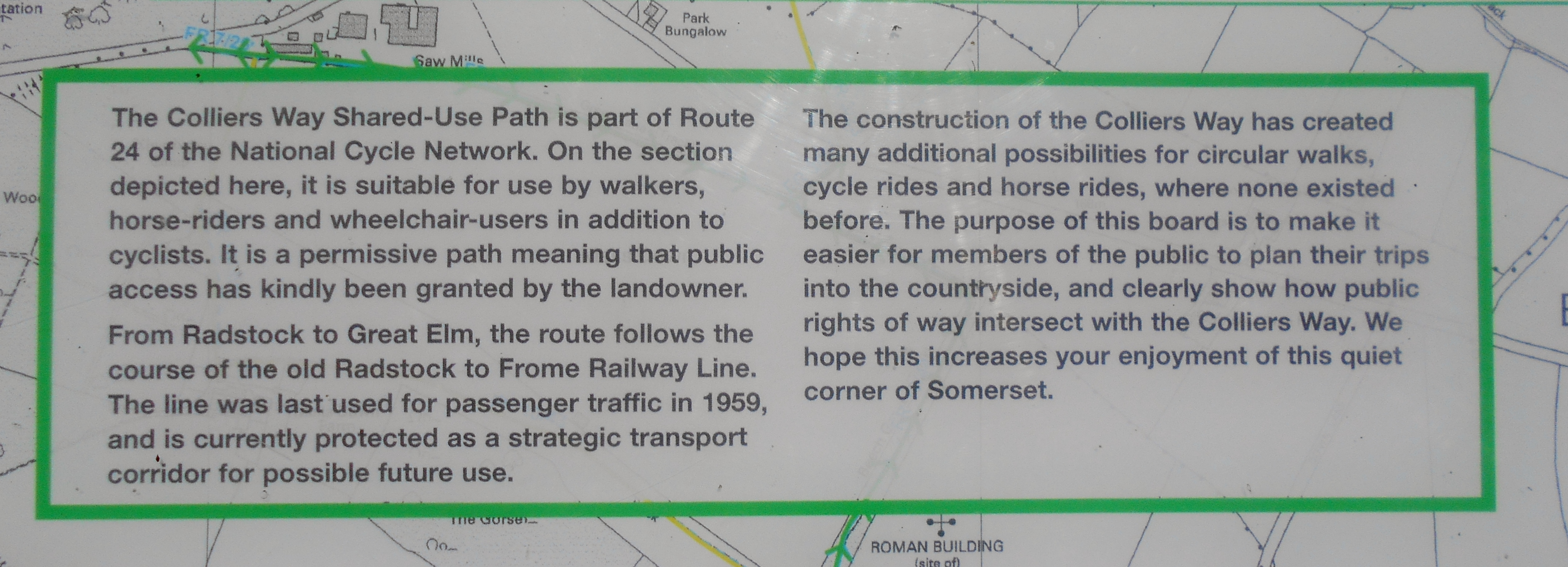
https://fromesmissinglinks.org.uk/donate/https://fromesmissinglinks.org.uk/activity/friday-club/
"There are always unmet things to look forward to, along with unknown things to discover."
Steve Smailes, August 2023
5th April 2024 / Temp: 15.5 C / 2.35pm

Lovely to see two children on horseback following their mother along the path, totally safe from vehicular traffic – what a boon the Sustrans Cycle Paths winding all around the country are. They were sheltered by the hedgerow here but parts of the path were exposed to the full force of the storm force winds but the horses didn’t appear to be spooked. The little girl was very confident on her mount but the boy was concentrating – careful to keep his horse under control as they passed pedestrians.
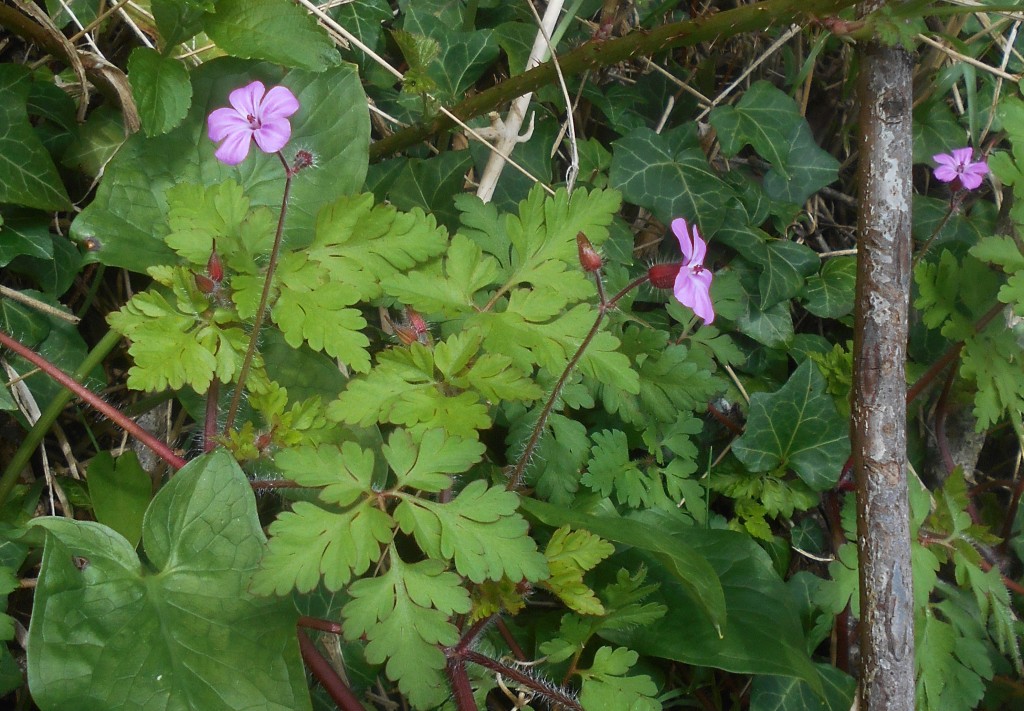
Herb Robert has joined the primroses, cowslips and sweet violets along the grass verges beside the path and on the steep sided grass banks, such a common little flower, but so cheerful and as they flower from late spring to late summer a great addition to the path.
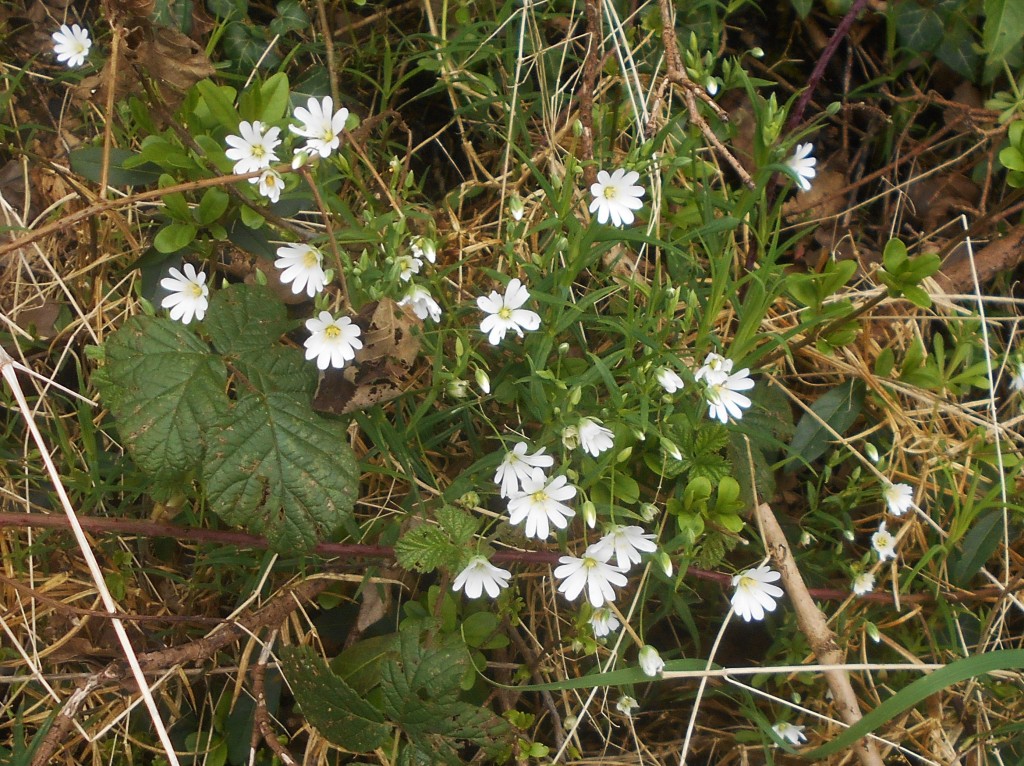
Greater Stichwort is another woodland flower, sometimes called the Star-of-Bethlehem, taller and larger flowers than the Lesser Stichwort, and flowering from April to June. They are also common but a sign that the temperature is warming so great to see.
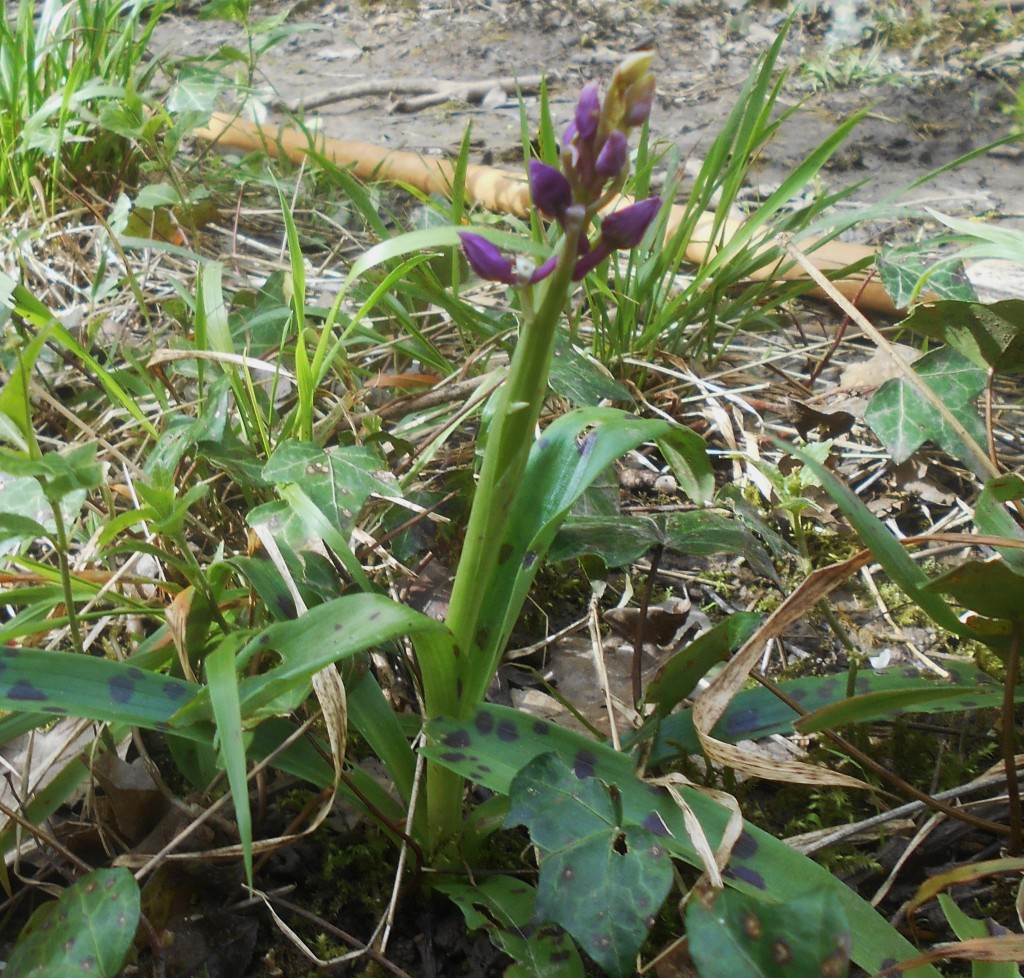
We decided to check the small wood and needed to pick our way carefully through the rain sodden ground (the normal path having become a stream!) in the hunt for Early-purple Orchids (said to be a sign of ancient woodland). We usually find lots of them but this year only one rather sad specimen, still in tight bud and looking rather forlorn on its own. Maybe they don’t like sodden ground but one survival probably means there are more but may be late appearing.
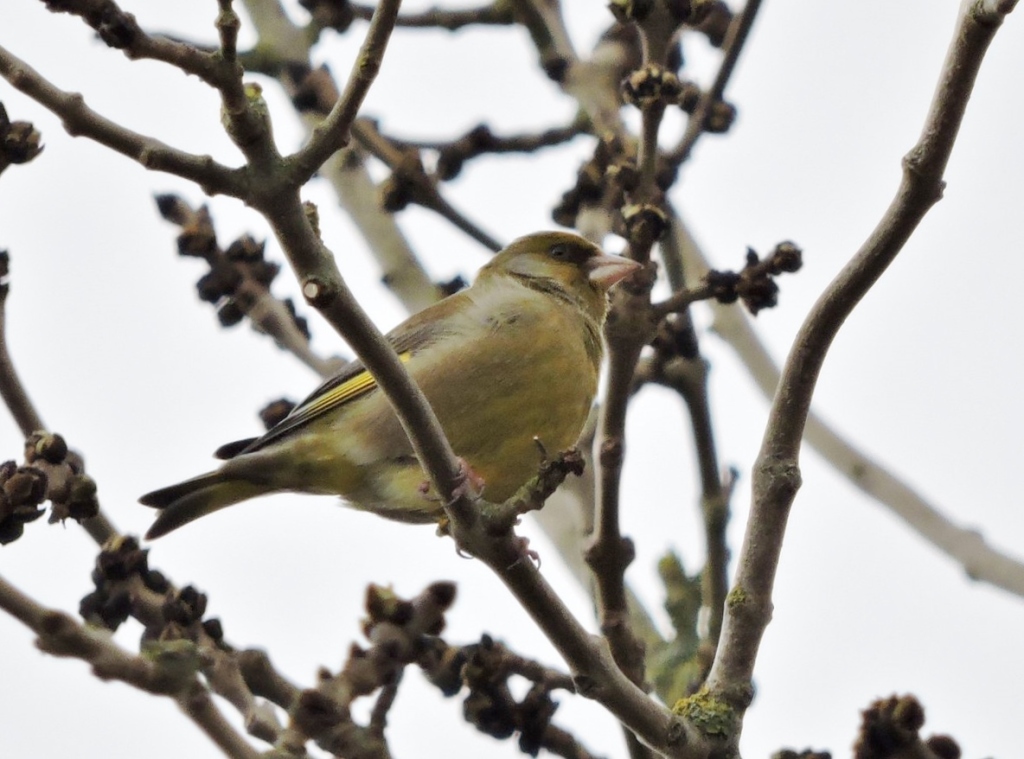
Not usually many birds about in high wind and so it proved. We heard a Green Woodpecker yaffling, a Chiff Chaff, Chaffinch and a Greenfinch singing or calling. We saw lots of Robins – impossible to miss them they were so loud and so active, Pheasants, Wood Pigeons and Crows – a pretty sparse population of birds but at this time of the year, as quite frequently March went out like a lion and April came in like a lion!!
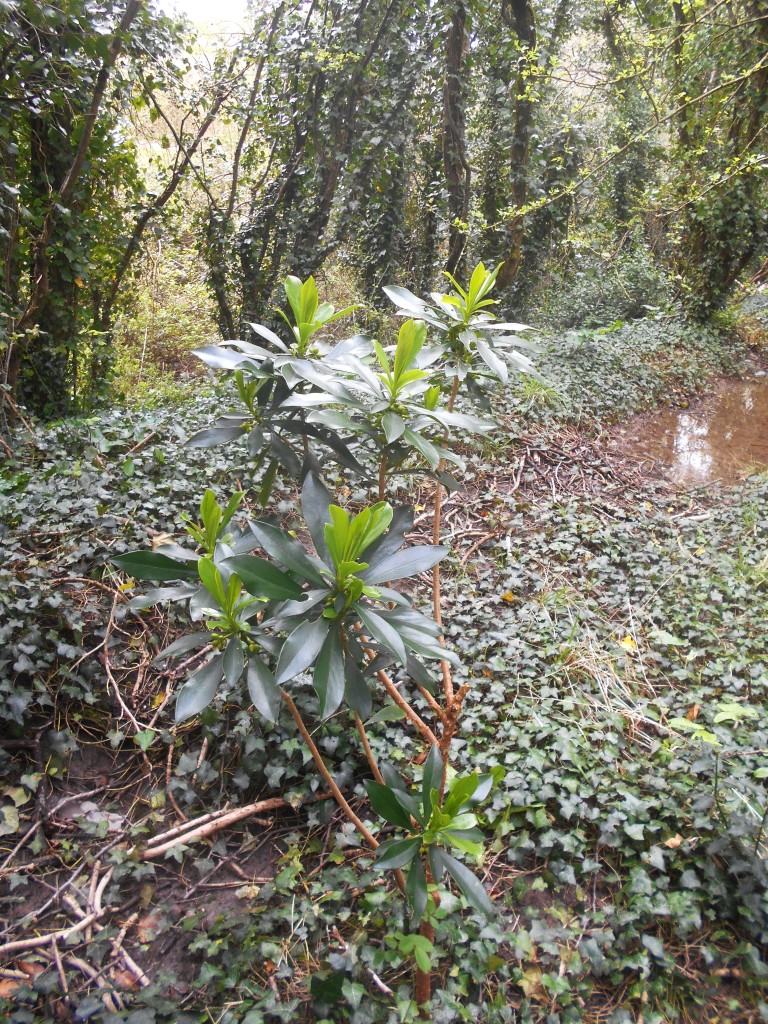
The Spurge Laurel grows in calcareous soil and flowers early, often January or February. Once the flowers are over, yellow-green oval fruits grow like this one in clusters under the leaves; they are poisonous to humans but not to birds and turn black as they ripen.
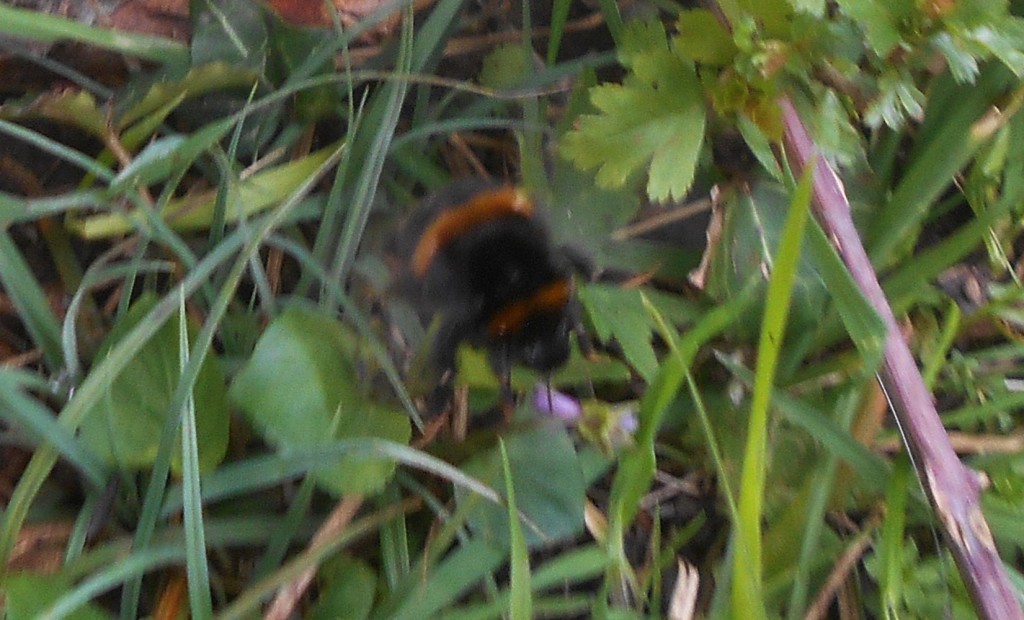
Have you ever chased Queen Bumblebees in spring as they search the ground for a suitable nesting site? If you have you will sympathize with the blurred photograph above, totally inadequate to identify! It could possibly be a buff-tailed but it wouldn’t stay long enough for me to see let along photograph its rear end so suffice it to say it is a bee, probably a bumblebee, probably a queen and we will leave it at that. I chased three separate bees and this was the best shot I could get!
18th March 2024 / Temp: 14 C / 2.45pm
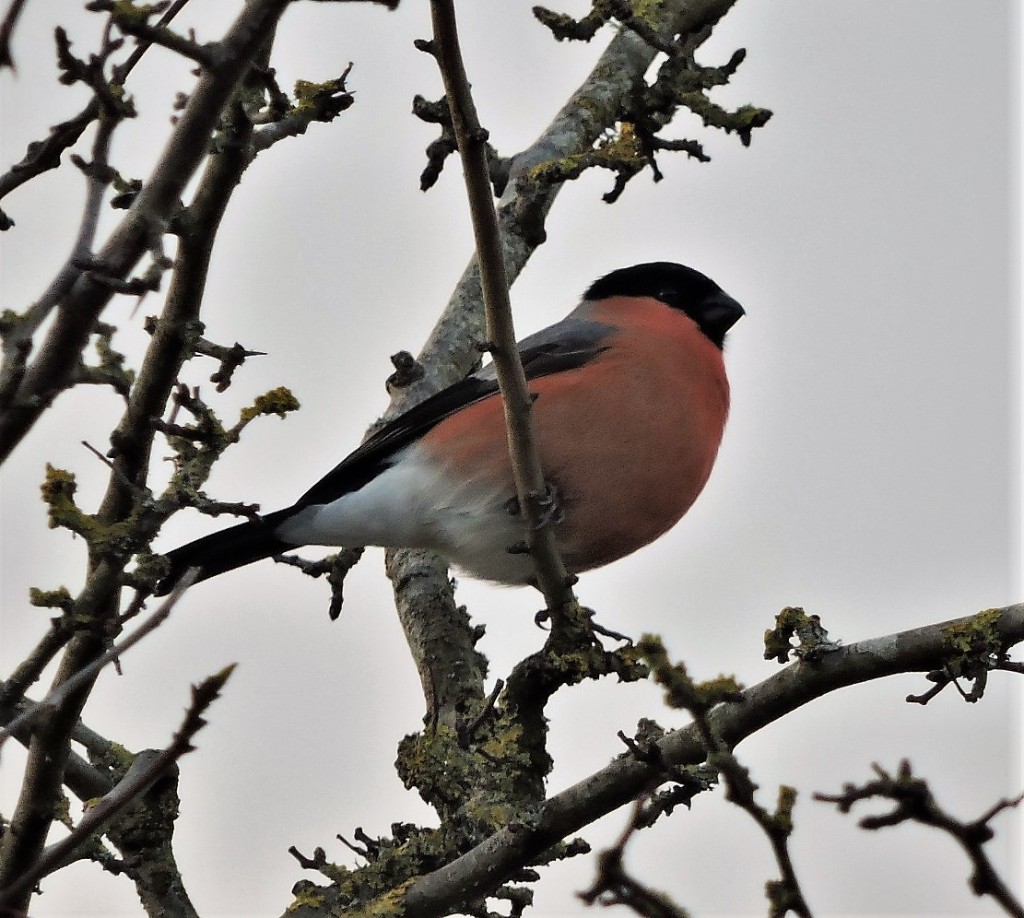
Cloudy, some heavy cloud, chill wind with a feeling of winter about the air but the birds were listening to a different tune, it’s the mating season, and all along the path from every bush and tree we could hear bird song! Quite delightful at this time of the year when Robins are defending their territories VERY loudly and male Bullfinches are softly calling, hoping to attract a passing female! As we walked we heard at least four Blackbirds seranading possible mates and challenging the Song Thrush as to who has the most melodious song. Wrens, Chaffinches and then the welcome insistent call of the Chiff Chaff heralding spring – we listen entranced, they have arrived at last!! Long-tailed Tits chase across the hedgerows, never still for more that a few seconds, a Raven calls and a Red Kite appears high, high up in the sky, as more and more birds join in the spring chorus to lift our spirits!
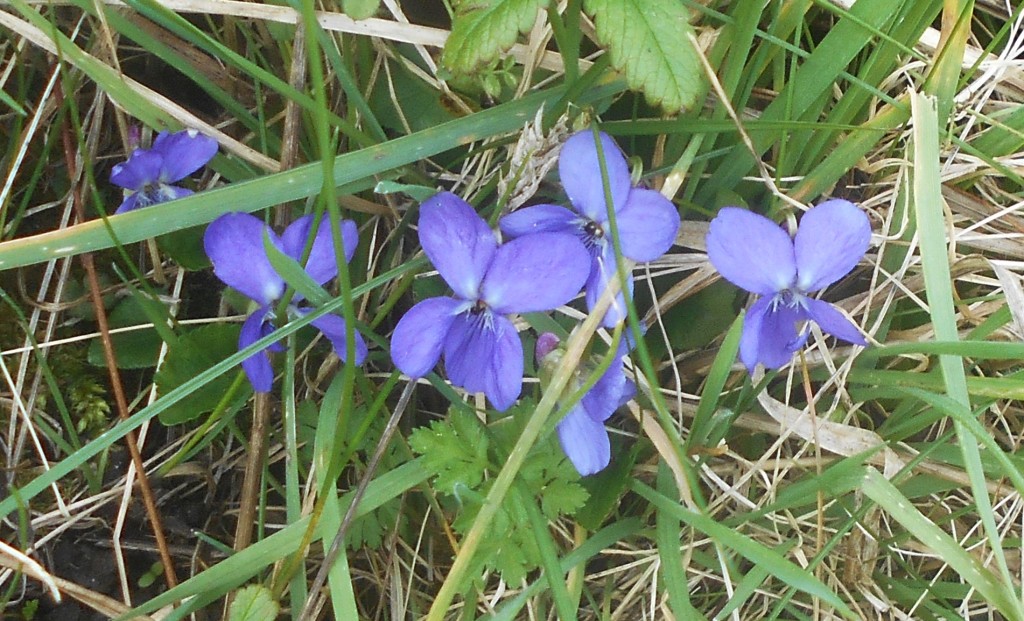
We walked slowly along the disused railway embankment searching the long grass and Yellow Meadow anthills for Common Lizards which are usually out and about by now. Sadly we could see no sign at all, they probably poked their heads out, sniffed the wind and retired again, sensibly deciding to wait for warmer, sunnier days.
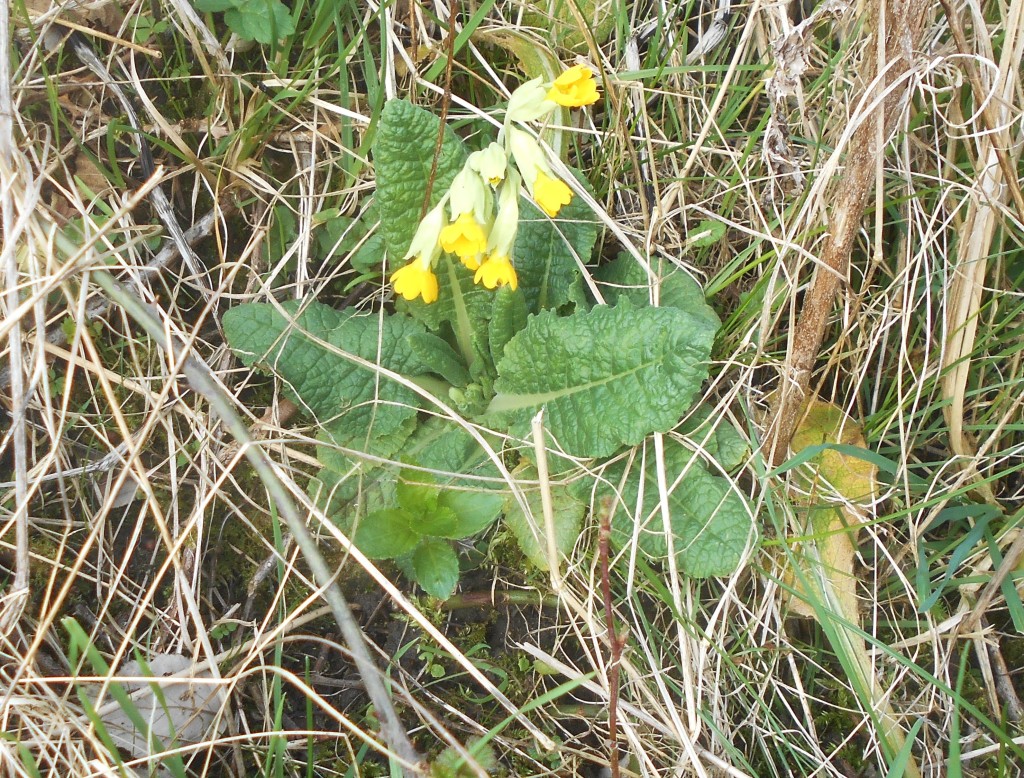
No lizards, but equally welcome are the first Cowslip flowers of the year, with their egg yolk flower clusters held upright on stout stems. This was the only plant in flower but it won’t be long before the the plants scattered along the path verge wi11 be in full flower.
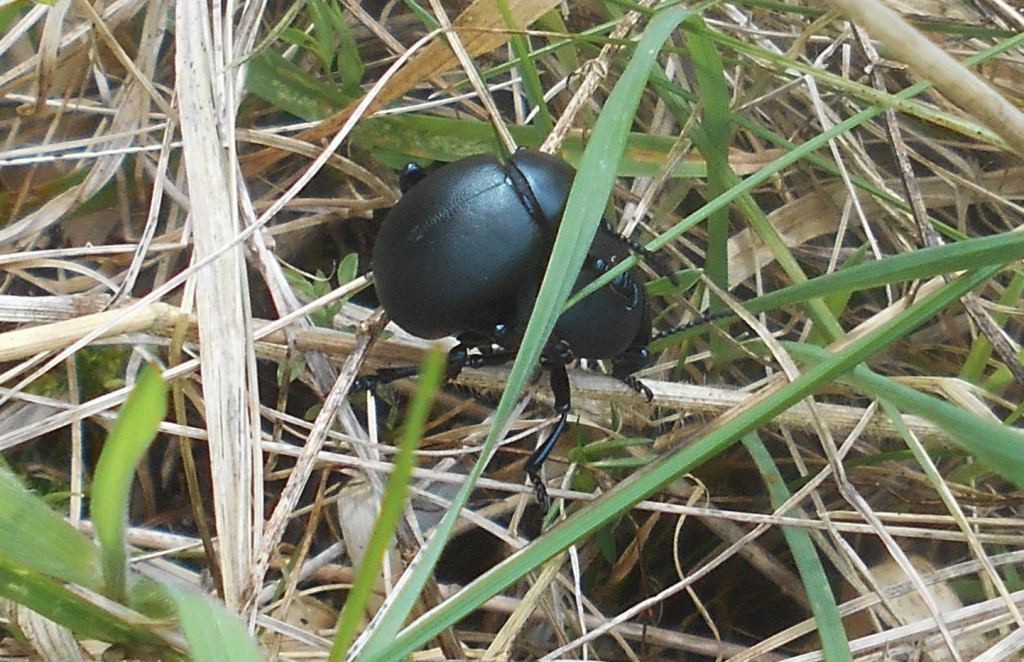
We usually see Bloody-nosed beetles, a flightless beetle with long legs, during spring and summer plodding slowly across paths or lumbering through grass, so we were surprised to see three sets of beetles in the thick grassland of the embankment mating! It earns its common name from its peculiar form of defence; when threatened it exudes a drop of bright red fluid from the mouth.
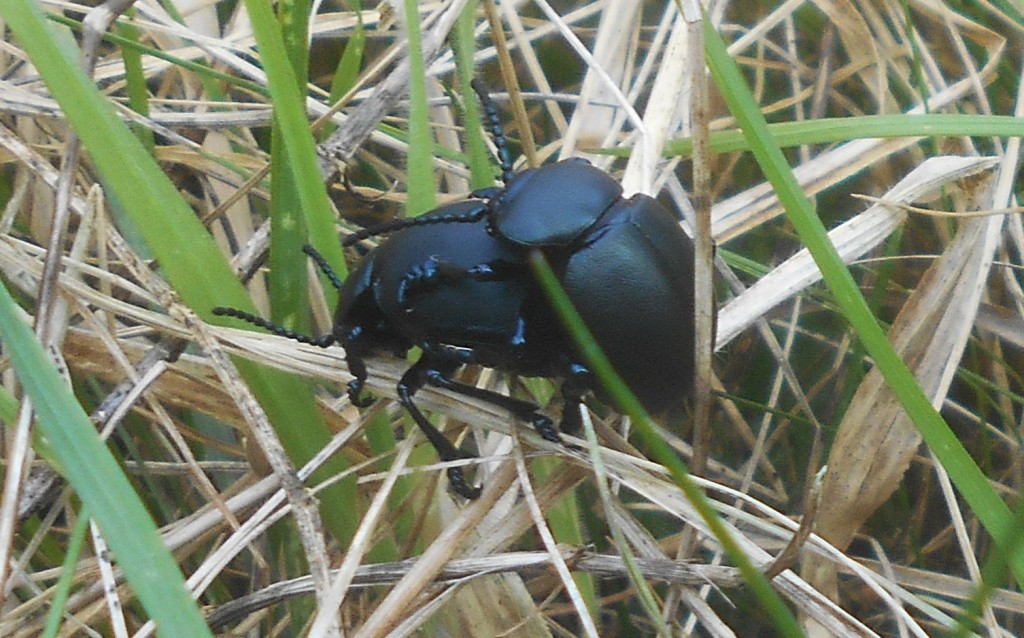
Bloody-nosed Beetle larvae feed exclusively on Ladies Bedstraw, (which is abundant on the embankment), especially species with tender leaves. Eggs are laid in spring, the rather gruesome looking larvae may measure up to 20 mm and are blue-black in colour. The pupae overwinter.
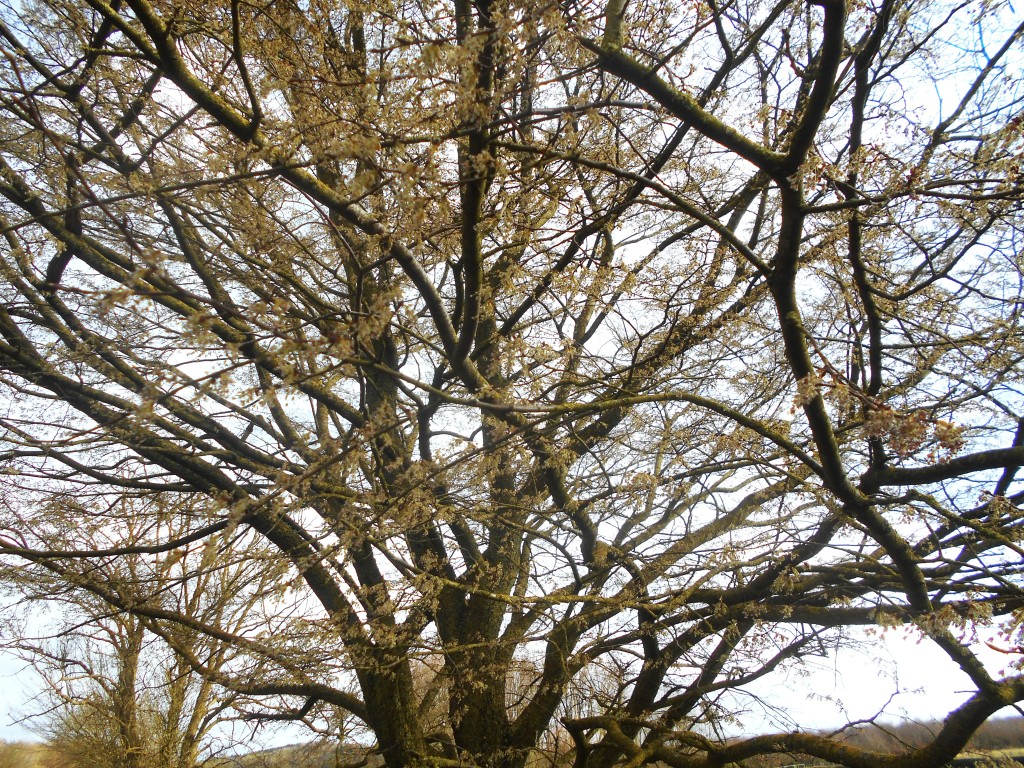
Decimated by Dutch elm disease, the sweeping and majestic Wych Elm (which grow 30m) is a much rarer sight these days, so it’s always good to see the line of Wych Elms the Mells estate planted along the border of the path.
Despite the English Elm’s name, Wych Elm is the only elm that is regarded as being truly native to the UK. As a result of Dutch elm disease, Wych Elm is now rare in most parts of the country.
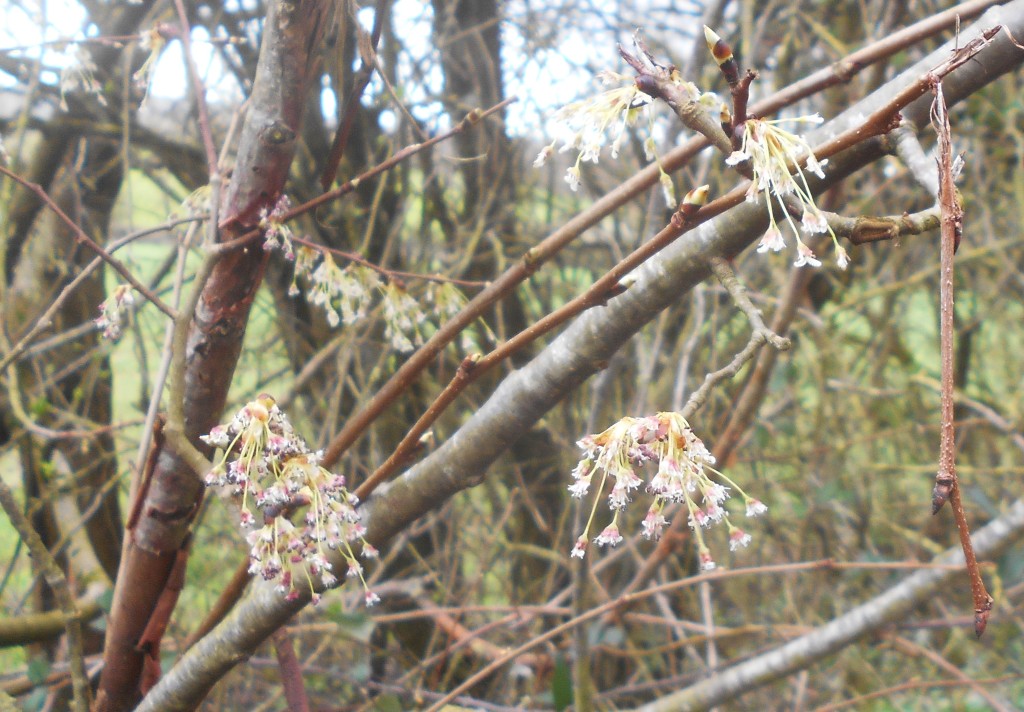
The flowers which appear before the leaves in early spring are always a delight to see. We are a little late to see them at their very best but their clusters of blooms spaced out along the branches still look lovely. Elms are hermaphrodite, each flower has male and female parts. The male dark red anthers stick out from the female ovary which can’t be seen in this photo. The anthers split open to release pollen onto the wind. There are usually 4 anthers per flower.
Walking back along the path we heard Buzzards mewing, a common occurance in this area, but looking up in the sky, we were astonished to count seven Buzzards circling slowly at different heights. We often see one or two, sometimes three, but this is the first time we have seen so many in one area along the path.
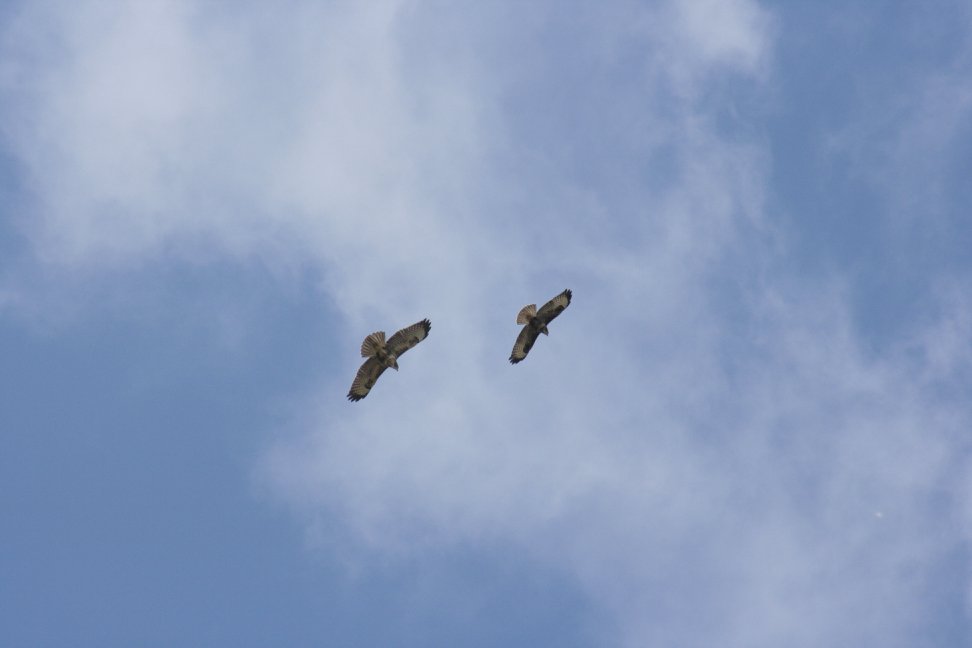
In spring, at the start of the mating season, Buzzards, who mate for life, perform really wonderful displays of aerobatics, swooping and diving and loop-the-looping, to attract a mate. Once they find a mate buzzards will dance together, round and round in circles in the sky, facing each other and two buzzards dancing like this usually means their nest is nearby.
21st February 2024
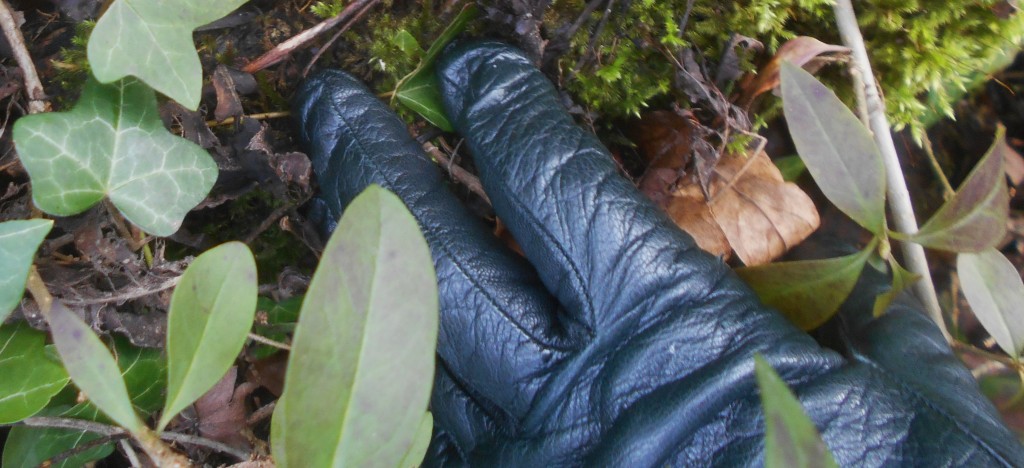
Sadly, despite slowly retracing yesterday’s walk and searching the ground so carefully, we were unable to find my glove. A Christmas present from my husband, the Italian leather had softened and creased and become like the face of an very old friend, the cashmere lining was as warm as ever and the ivy green colour as well loved as at first sight, so it’s a very sad day to lose such a treasured and dearly loved item, which a new pair of gloves can never replace.
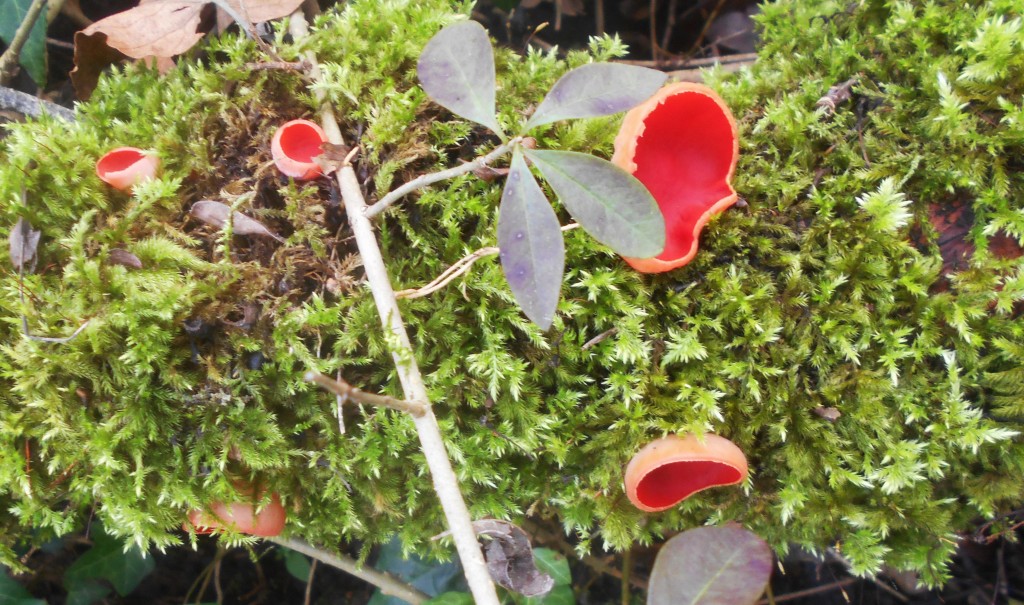
It was therefore extremely pleasing to spot a collection of Scarlet Elf Cups, one of the delights of winter walks through mixed broadleaf woodland, so cheerful and jolly, half hidden by thick moss on fallen rotting branches, they light up many a dull, overcast and chilly day and what’s more, the exact colour match to my woollen beanie! There is much dissent amongst the cognoscenti as to whether we should refer to them by this name when there is so little difference between these and Ruby Elf Cups we can’t be sure – true, but whatever they are called everyone must agree they are beautiful!!
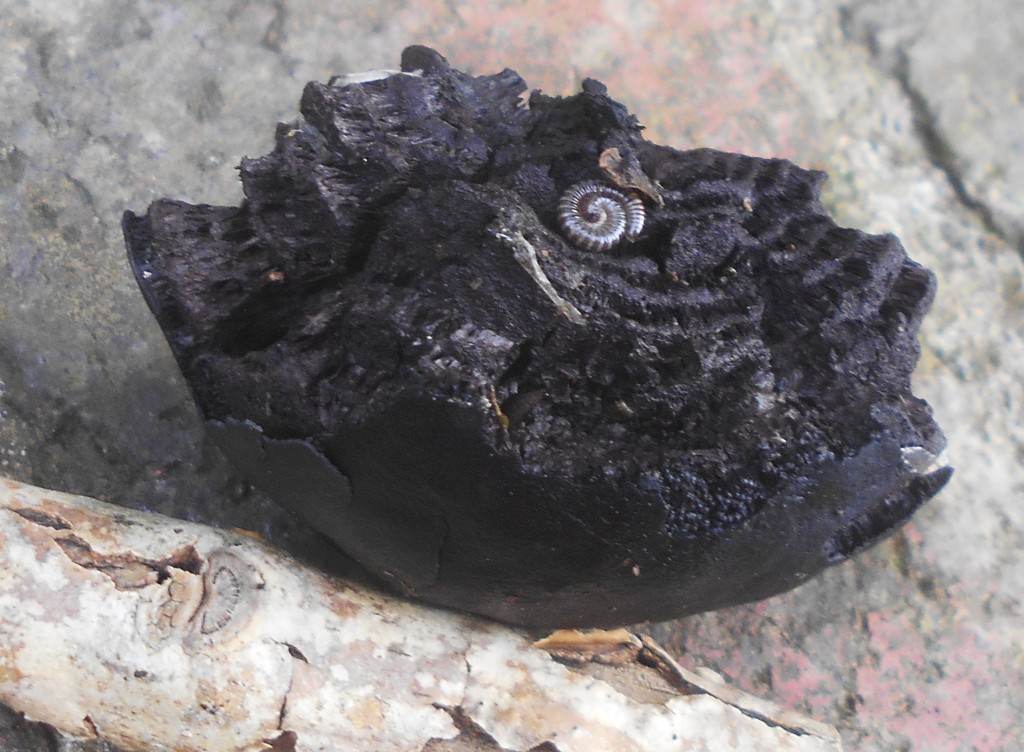
The horribly brutal slasher machines have been out and about, driving at snail’s pace along country lanes as they maul and half demolish the hedgerows so that they resemble the privet hedges surrounding a neat, fussy garden in the suburbs instead of the usual untidy rural hedgerows full of wildlife.
This cramp ball fungus, sliced in half to reveal a millipede’s snug hiding place, is a victim of the machine, knocked down from its harbour and exposes the insect to its prey close by. The odd millipede is hardly a disaster I hear you say, but hedgerows are the nesting sites of so many of the small birds which are fast disappearing from our countryside and one of the reasons is not far to find.
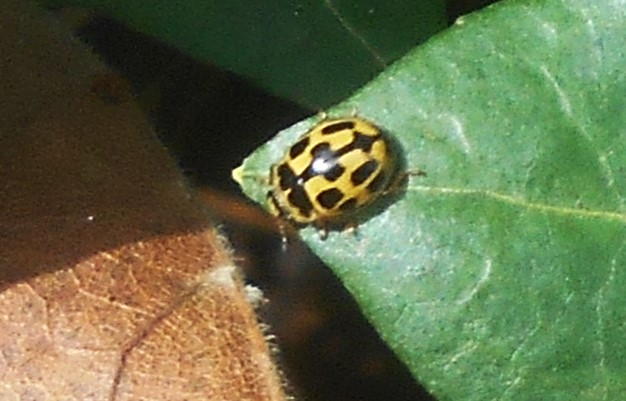
How lovely to spot the tiny Fourteen Spot Ladybird, almost lost among the ivy leaves coating the woodland floor and climbing up and smothering almost every tree. The species overwinters in the adult stage and this usually lasts longer than in other ladybirds, adults sometimes not seen until early May in the U.K. although during mild spells (like this one) they become active and have been found in some locations as early as January.
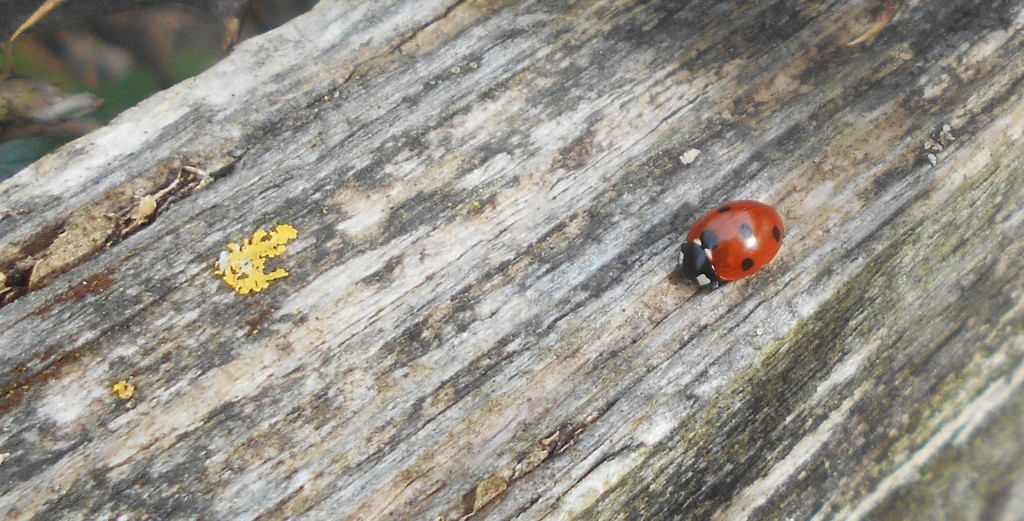
Another Ladybird – this time the very common seven-spot – we spotted three more altogether, this one running along a wooden fence on the edge of a scrubby piece of woodland and the others on one of the oak puzzle benches. It is due to turn colder, the end of this remarkably mild spell, so let’s hope these haven’t moved too far from the overwintering shelter.
19th February 2024
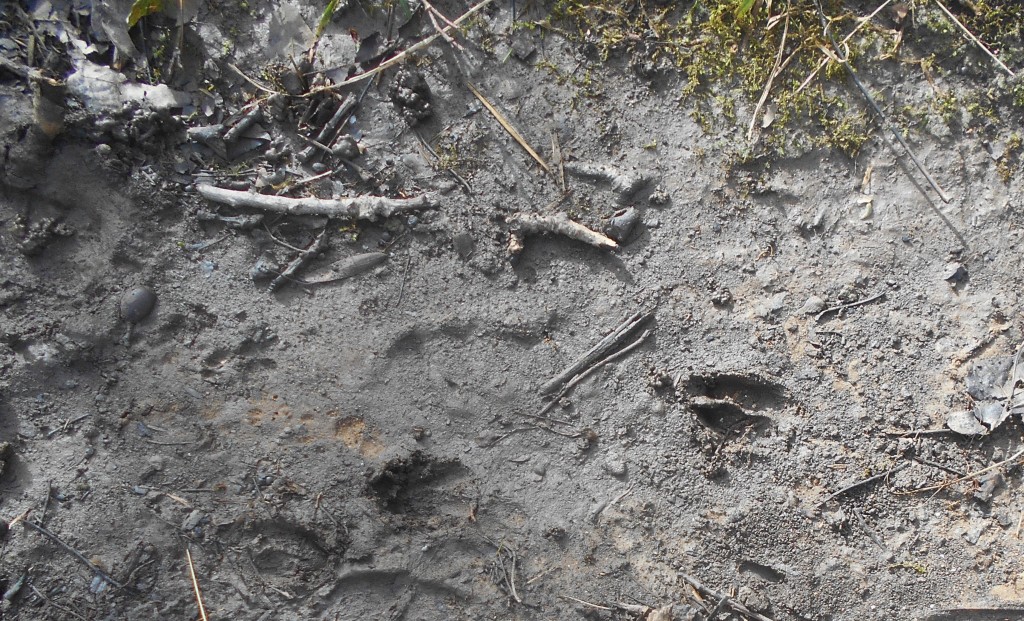
We made our way gingerly through the soggy woodland, the ground treacherous as we slipped and slithered along the path, but the advantage to boggy weather is the clear animal and bird prints left in the soft mud, in this case the deep print of a roe deer hoof. The thick woods on the buff above the path as well as several smallish clumps of woodland with deep cover make fine homes for several herds of roe deer who use the convenience of the path to move from one to the other.
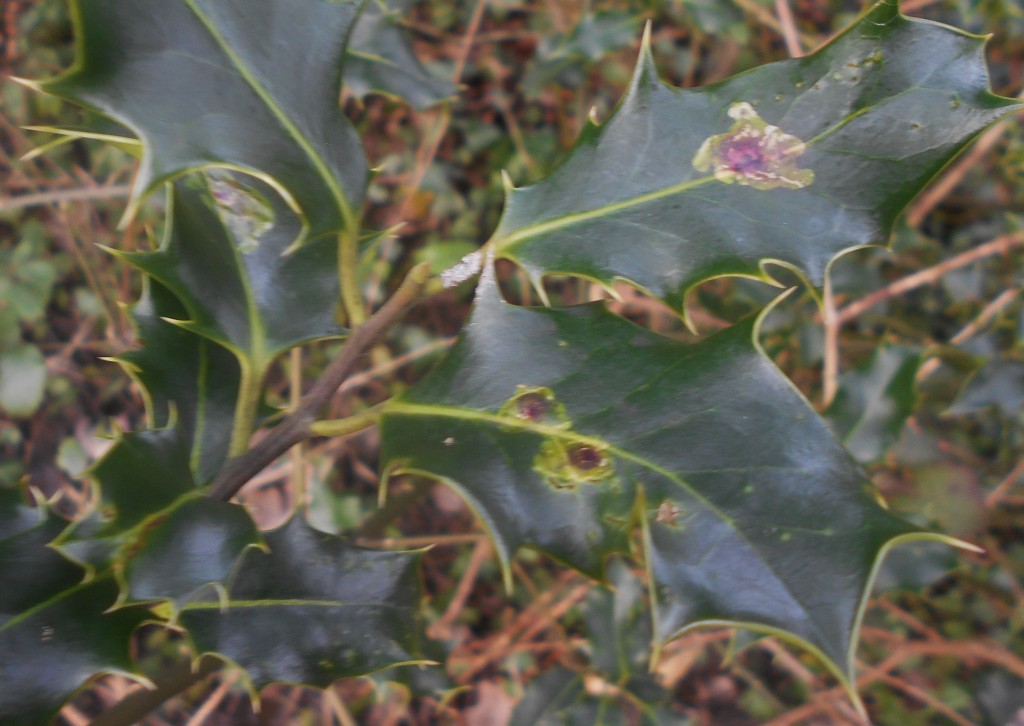
Holly leaf mine trails, clear signs that the leaf miner fly has been busy; there are a good number of holly bushes in the small woodland beside Buckland Brook and every one is riddled by these trails. It appears that they don’t damage the trees by their feeding frenzy but it does look quite unsightly.

Surprised to see this small clump of fungus, spotted it on the steep, grassy side of the disused railway embankment above the path. Unable to see whether it was growing out of buried rotting wood, but it does seem likely, so probably a brittlestem but not entirely certain.
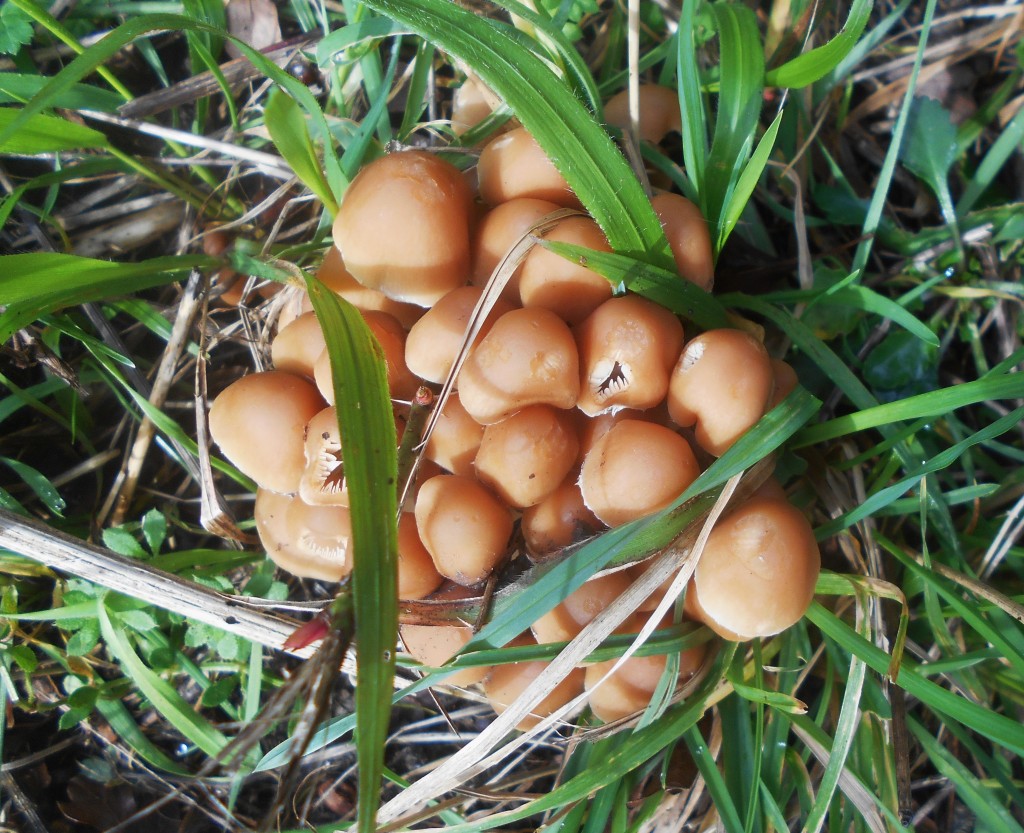
We used to think that fungus was an autumn fruit and over the years have been constantly surprised at the number and variety of winter fungus but when it comes to slime mould, it can appear at any time of the year.
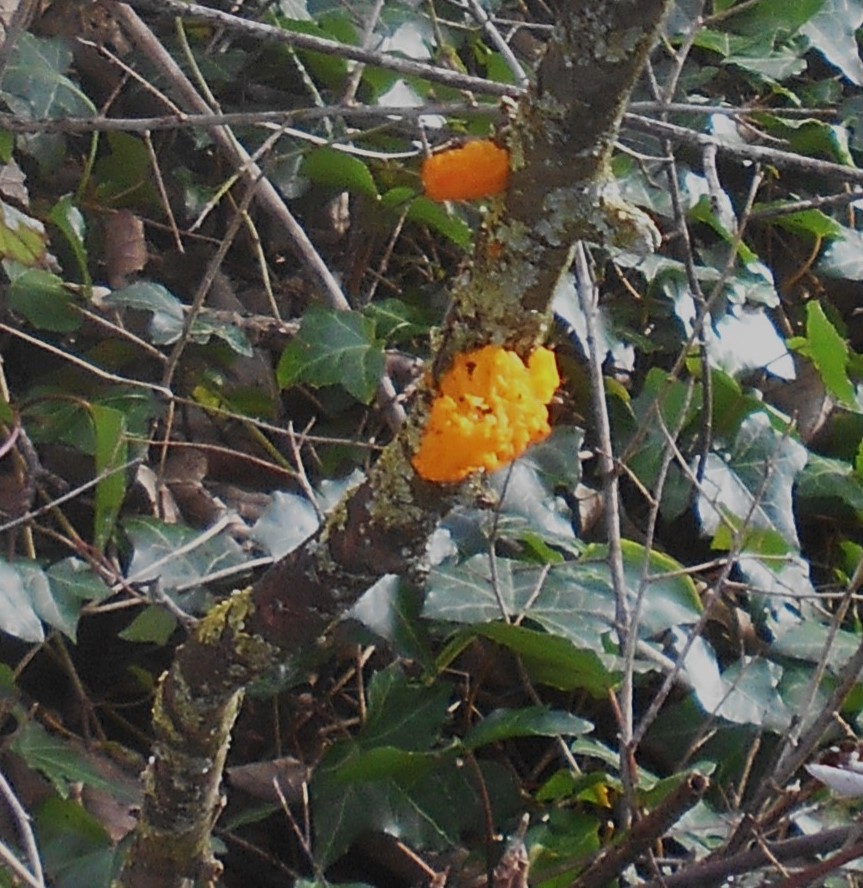
This strikingly bright yellow slime mould, called scrambled egg, dog’s vomit or rather beautifully flowers of tan ( Fuligo septica ), from the frequent appearance of its yellow fruiting body in tan bark bits used for tanning hides.
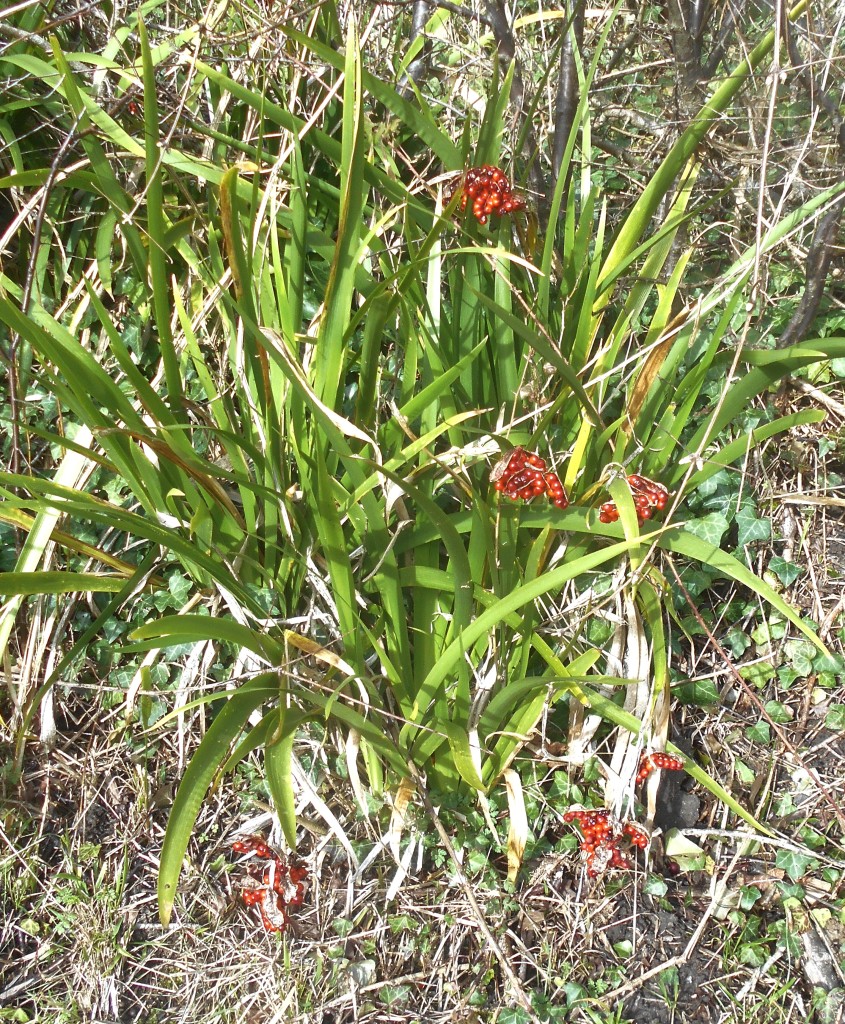
The scarlet berries of the stinking iris have faded somewhat from their earlier vivid colour, but they still provide a splash of colour in this otherwise dull and dead time of the year, so always cheering to see.
19th January 2024 / Temp : 4.5 – 4 C / 2.45pm – 3.10pm
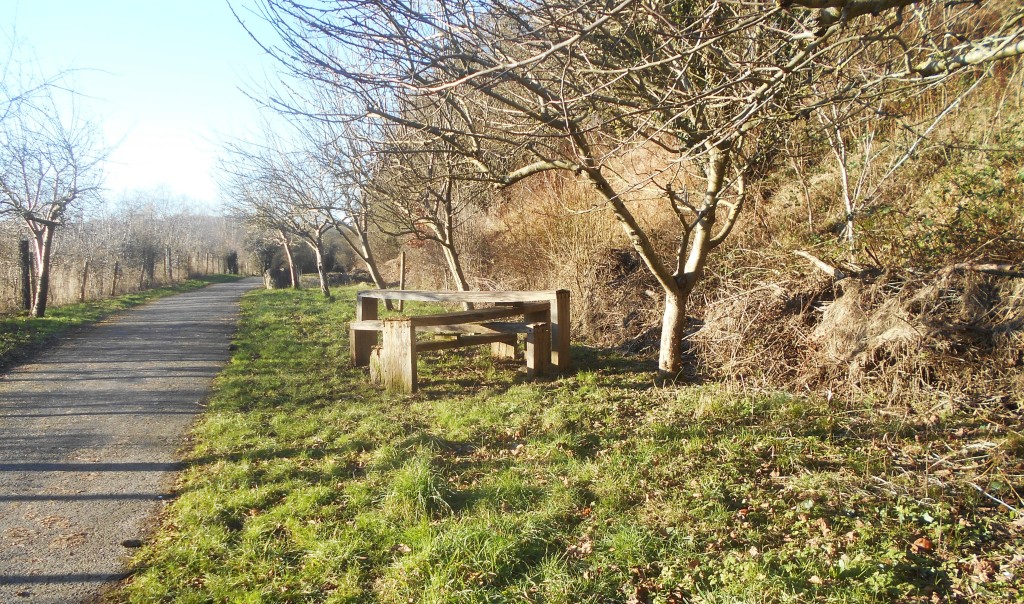
15th January 2024 / Temp: 3 C – 2.5 C / 2.10pm – 3.30pm
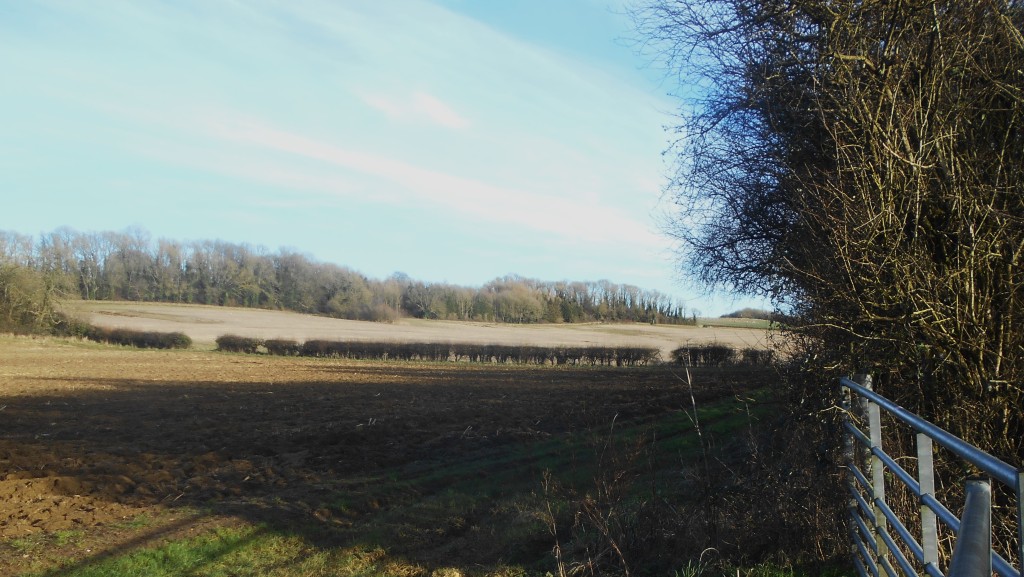
Bitterly cold in the north-easterly wind but as expected, once we were protected by trees and banks the sun was strong enough to make walking stimulating and refreshing rather than an endurance.
As we arrived at the start of the cycle path we met the farmer who owns the land on both sides of the path with his beautiful Rhodesian Ridgeback hound. Nobody could fail to be beguiled by this dog who bounds up and wags his tail, doesn’t jump up like some badly trained animals, but sniffs around and tolerates petting and fondling with never ending good humour. It’s a breed which is said to be non-sociable and aloof but no-one told this animal, sleek and athletic and rather imposing he is a joy to see, and this from a person who is not overly fond of dogs.
The farmer noticed our binoculars said that the light was really good for bird watching, commented on the cold, and how the dog wouldn’t wear a coat despite the biting wind. He said that he had been planting grain up on the hill where it’s very exposed to the wind but even so, as the seed drill behind his tractor moved across the field, great flocks of Seagulls and Crows followed behind, swarming down for the worms revealed in the turned earth. He said it wasn’t so bad with the planting, but later, as the seedlings appeared and the birds continued turning the soil looking for worms, they dig down and uproot the plants causing a good deal of damage to the crop, which in this cold weather doesn’t grow so quickly.
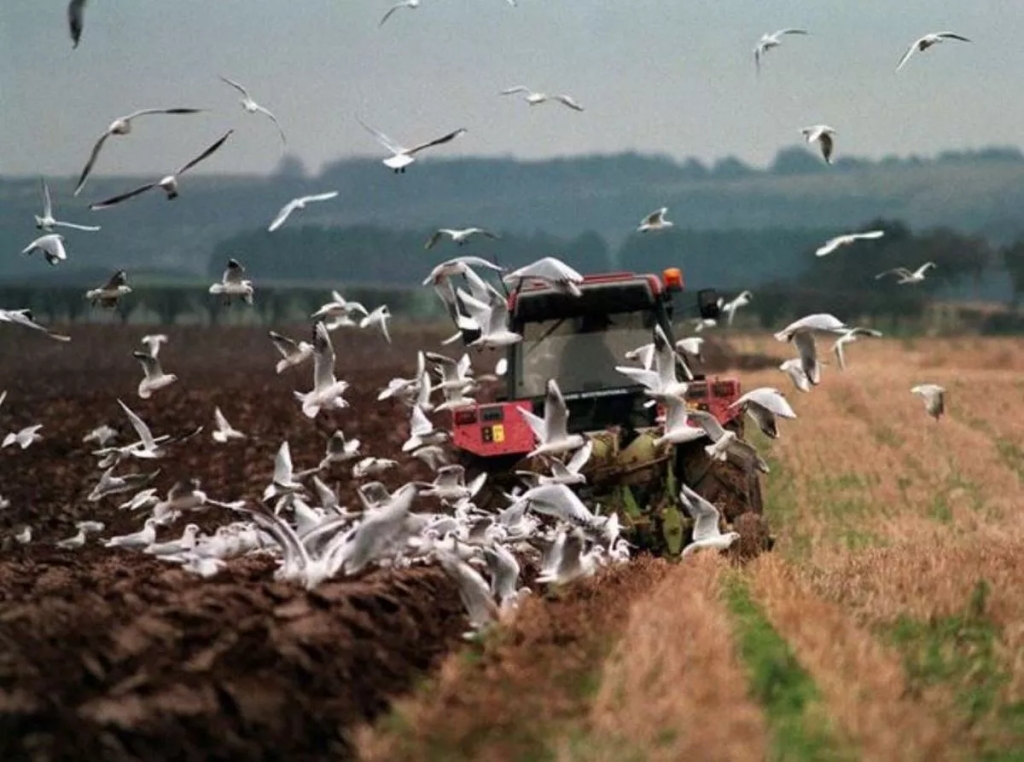
Suddenly we spotted some birds we disturbed in a tree – not Wood Pigeons, the bane of our lives, but five Fieldfares – one flying across the path and perching on a tree close by – the clearest we had seen Fieldfares for years!! But as we walked on, apart from couple of Crows and a Robin, lots of Pheasants squawking to each other across the fields, a few Jackdaws but no other birds.
A startling and dramatic fall in numbers and species of birds compared with even seven or eight years ago when we regularly walked the path. We checked back through our records and noted in January 2017 when we began this blog, we spotted 21 birds during the month – whereas so far this month (24th January) we have seen 9. Relentless cutting back and trimming hedgerows, clearing and mowing grass verges and felling trees along the path as well as converting rough pasture to improved grassland all combine to destroy the birds’ habitats – a shocking state of affairs across so much of rural and farmland areas in the United Kingdom, an obsession with tidying and pruning, mowing and cutting back as if tending a surburban garden despite constant and continuous appeals from all the wildlife groups to leave space for nature.
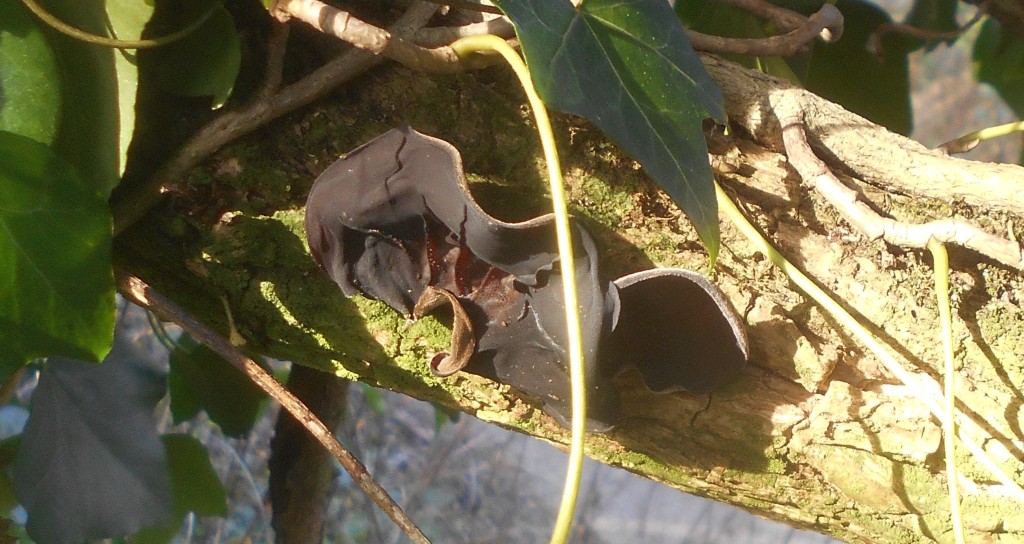
Extraordinary how brief and fleeting observations are – when we spotted the jelly ear fungus only a matter of weeks ago, the branches were laden, but now they have disappeared as if they were never there, no sign by one solitary blackened fungus in lonely splendour on the Elder limb, but looking rather striking in the bright sunlight.
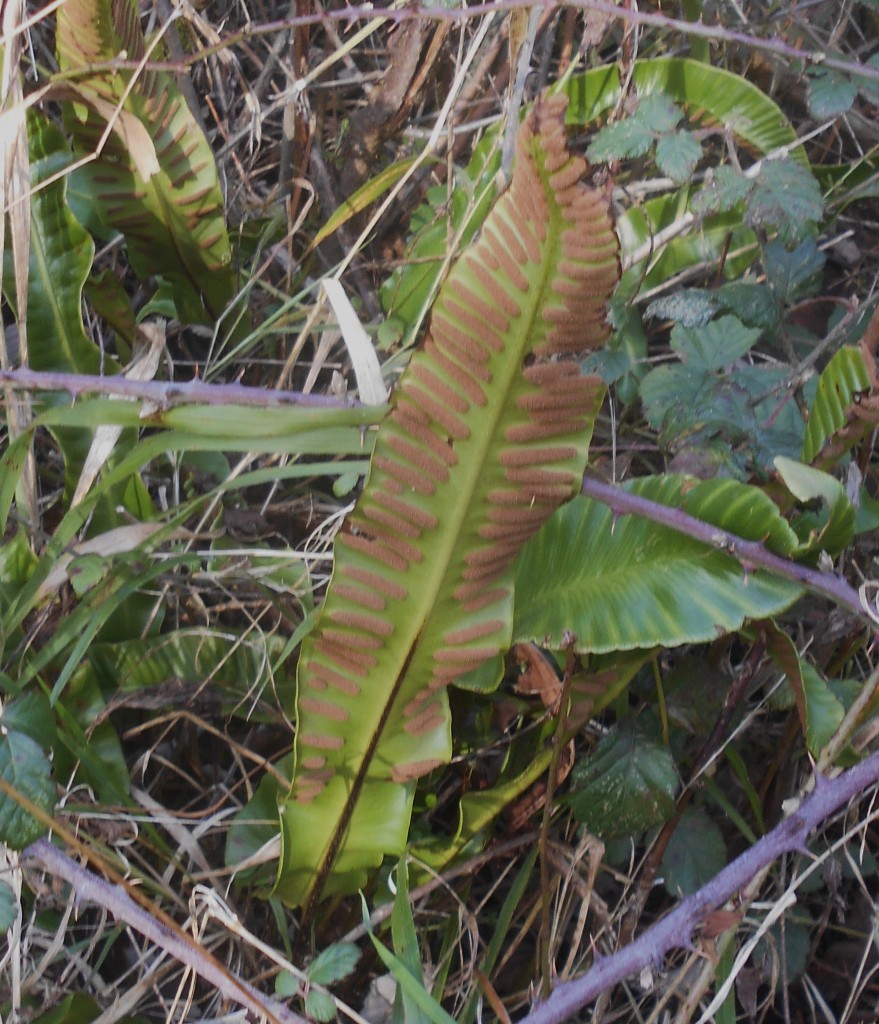
Checking the scrubby woods and the hedgerows with little to see so it was good to come across Hart’s Tongue fern – that sign of Ancient Woodland – (Asplenium scolopendrium, From the Greek scolopendra, centipede, alluding to the two rows of sori which resemble the feet of a centipede), covered in soft, woolly brown sporangia brown from the paired sori merge at maturity in late winter.
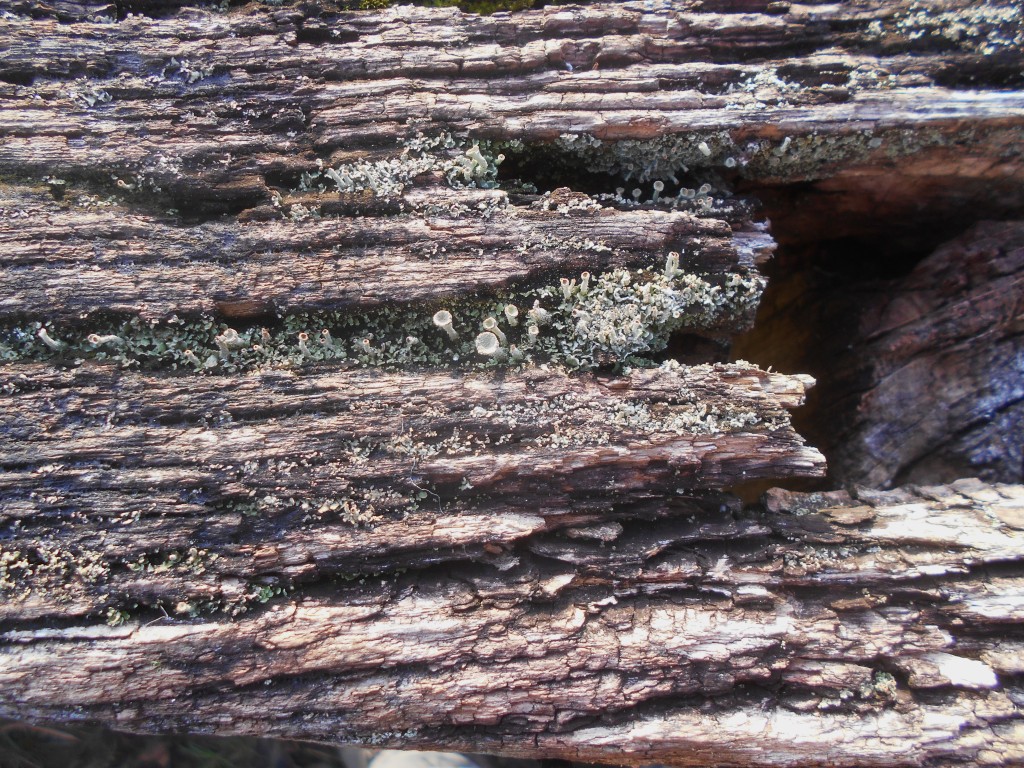
The sun was beautifully warm as we rested at the oak puzzle bench, its planks rotting and shrinking from years of weathering. Lovely to spot the Cladonia cup lichen nestled among the gaps. Their symbiosis is impressive, and probably the most effective in nature, having allowed them to colonise the entire planet. As a result, it has been estimated that 8-10% of terrestrial ecosystems, are dominated by lichens (Nash, 2010).
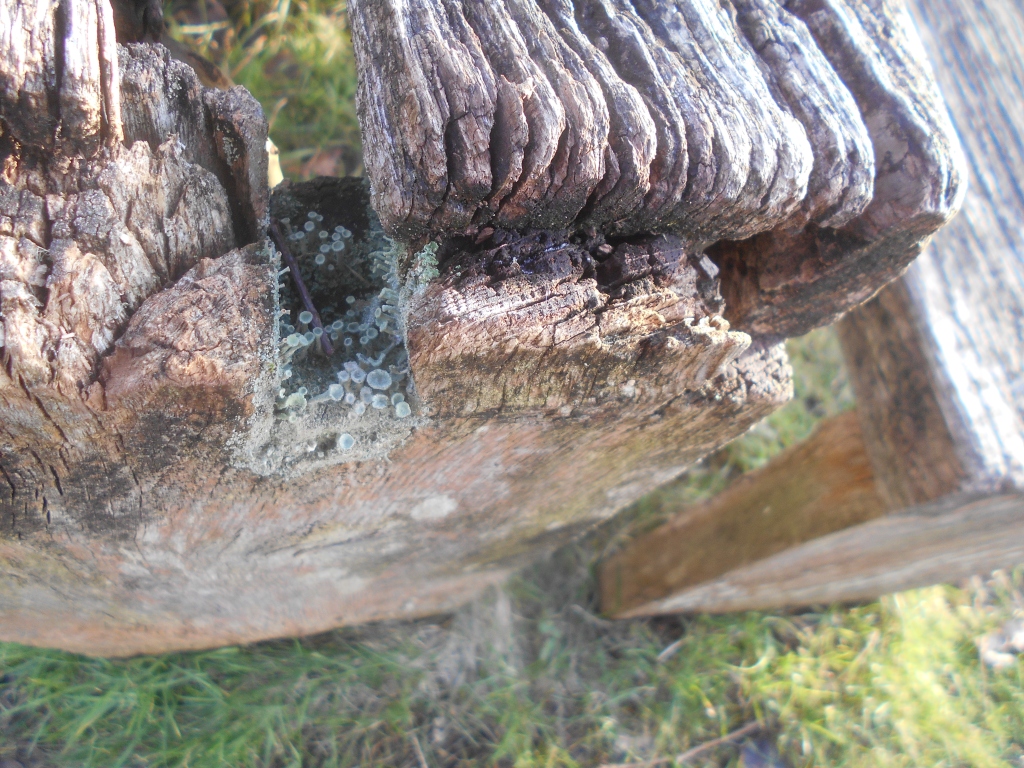
They appear in the most unexpected and by all intents and purposes one would imagine the most inhospitable of places where they seem to thrive.
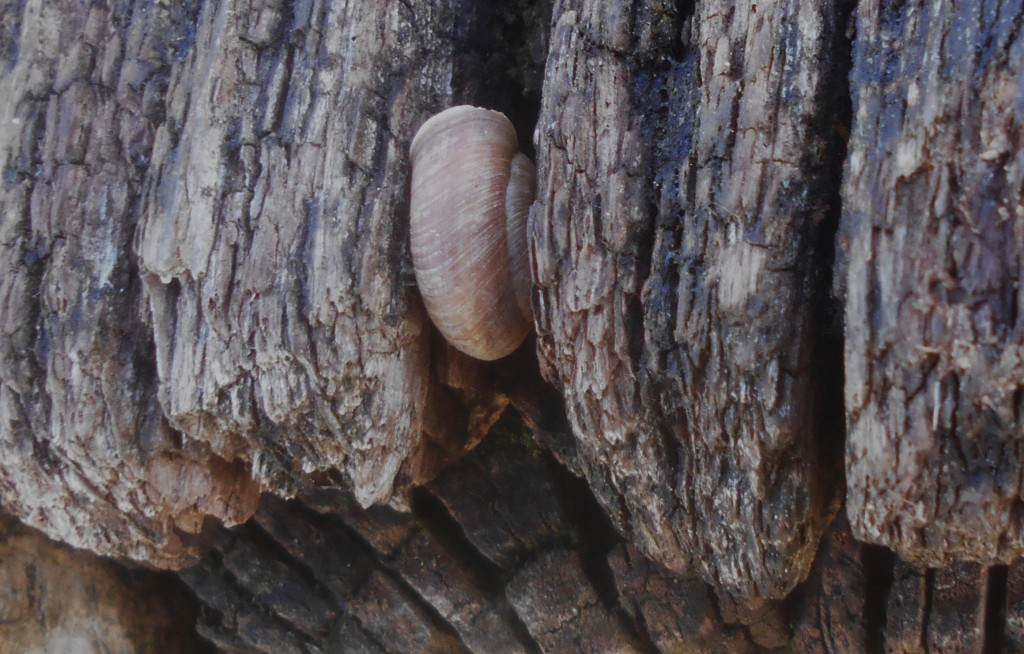
And finally, a small Strawberry Snail has also found a winter home, tucked up between the planks of the oak puzzle bench, a perfectly safe to wait out the gale force winds, thick hoar frost and deep snows of winter.
7th January 2024 / Temp: 3 C / 2.10pm – 3.30pm
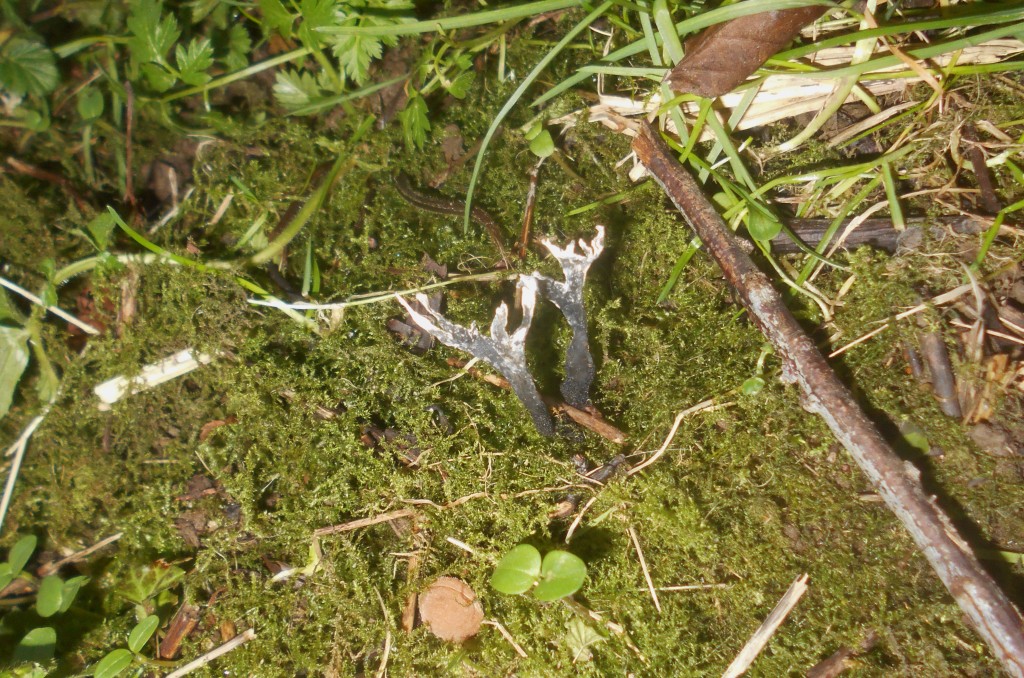
“Blow, blow thou winter wind….” reverberates around our mind as we battle along the path, exposed to the full force of the north-westerly blowing across from Buckland Down and finding every inch of exposed neck or wrist or ear to sear with an icy blast!
It’s January, it’s winter…. it’s cold!!!
We spotted the tiny stags horn fungus like frozen fingers reaching up out of the moss from some long buried corpse struggling for freedom, but were relieved to realise it was simply a wind bitten Candlesnuff fungus growing on not a corpse but simply rotting wood buried deep under ground….. a wooden coffin….?
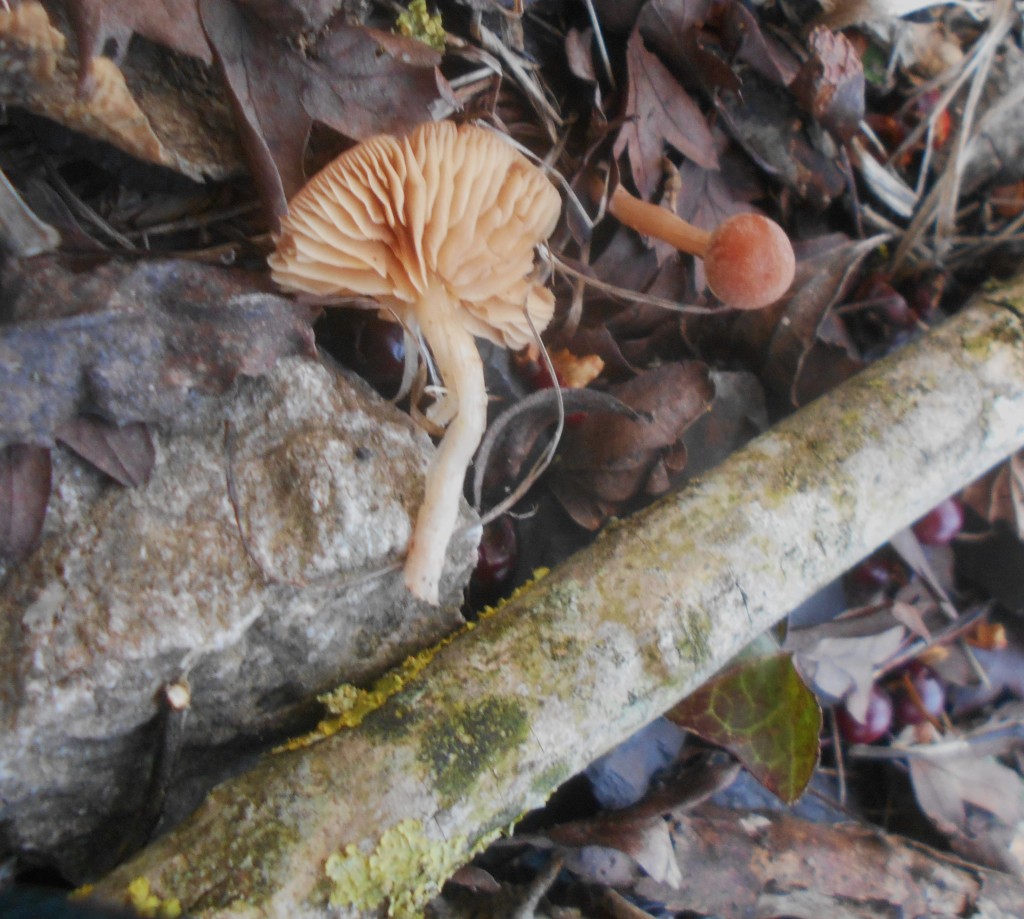
Rubbish!
We turned our heads away from the hillside and thoughts of coffins and looked along the floor of the old and gnarled hedgerow and spotted the beautifully formed toffee apple coloured lollipops of what looked like Scurvy Twiglets, often called Winter Twiglets which bring a splash of colour to this overall sombre looking frozen earth.
5th January 2024 / Temp: 6C / 11.10am – 12.40pm
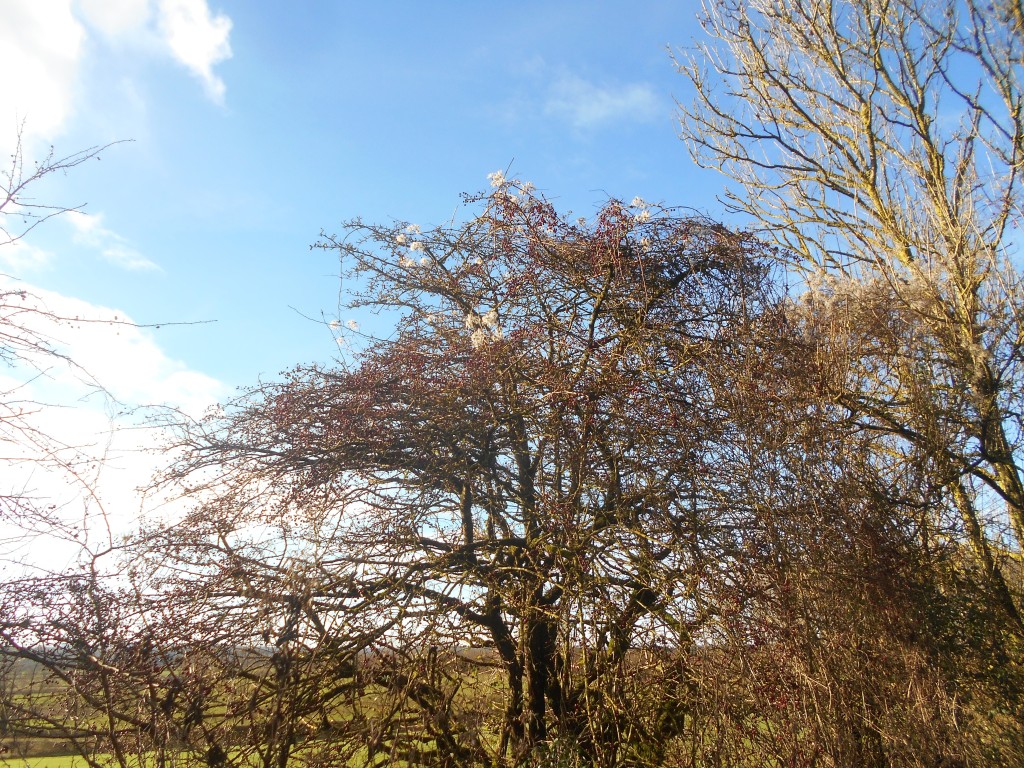
A gloriously sunny, crisp winter morning after weeks of relentless rain was the perfect time for a walk along the path to Mells Junction, the tarmaced cycle path making the alternative which would have meant slogging and sliding through ankle deep mud on our usual country walks too horrible to contemplate.
Blue sky, floating fairweather clouds, and full sun lit the trees and fields and highlighted skeins of old man’s beard which cloaked the tops of the trees and hedgerows with clouds of fluffy seed heads.
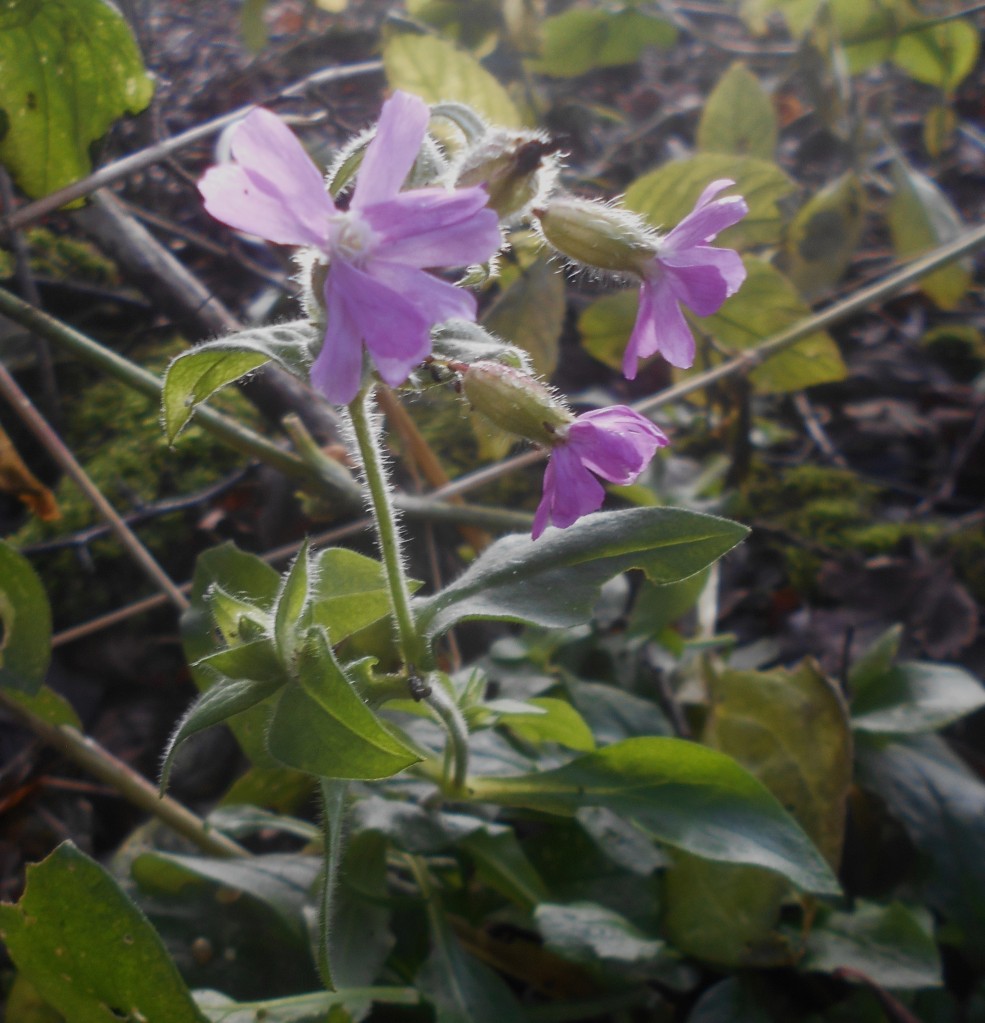
The damp, very mild weather had persuaded a few odd plants to produce a few blooms, striking to notice Red Campion bravely flowering in the grass verge, the thick hedge giving it good shelter from the blustery stormy winds which accompanied the rain.
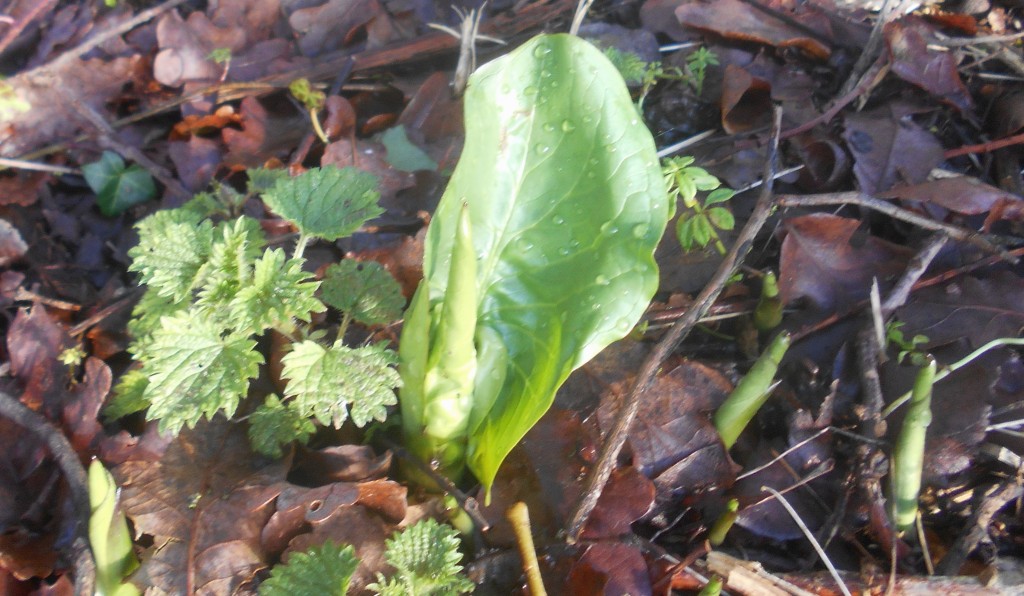
Lords and Ladies plants are just beginning to peak through the thick leaf litter, another very early and lovely promise of spring and April/May when the hooded flowers usually first appear.
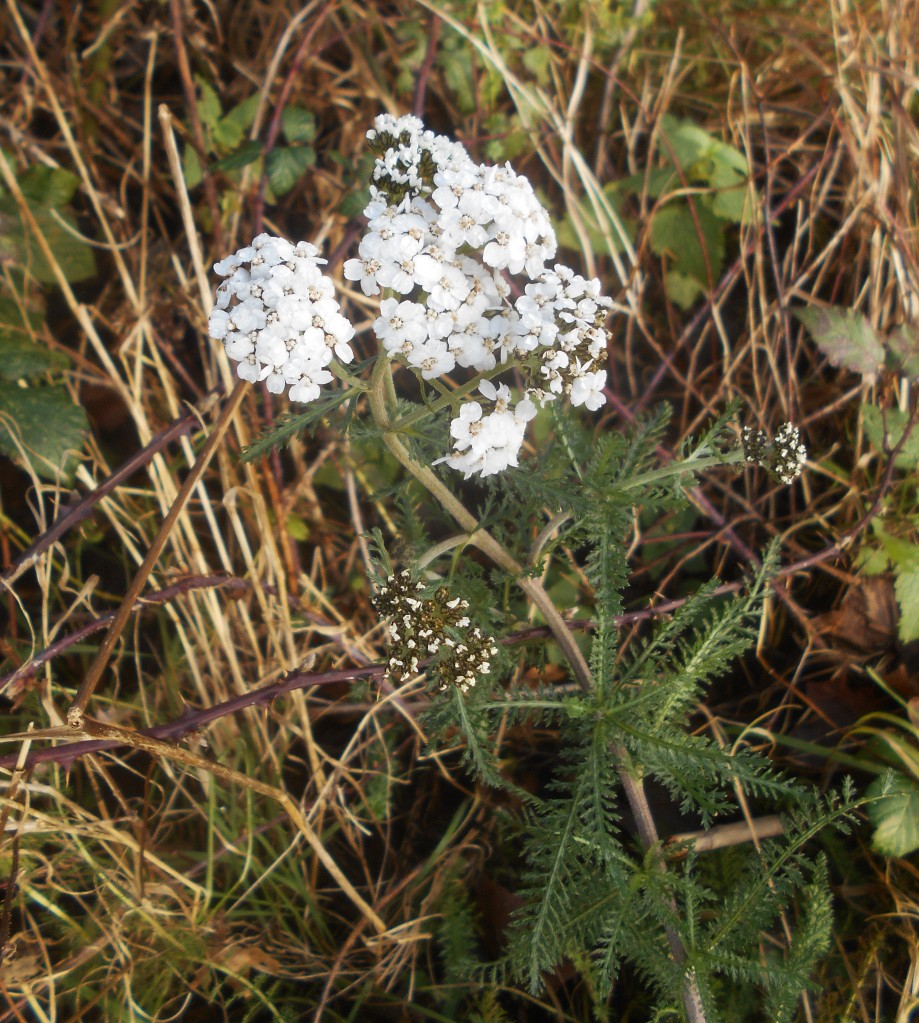
Pretty astonishing also to see Yarrow in flower – usually we think of it as a summer bloom, sometimes hanging on until October time but January? A sign of global warming or simply a freak of this particular season? No way of being sure when it’s a one-off, but if it appears at this time every year, we will have reason to worry!

Leaving the path and plunging into the rough thorn scrub stretch of neglected woodland leading to the stream, we spotted the weird and wonderful collection of Collared Earthstars, a first sighting for us! Only three of the usual four to eight rays had survived the weather, but it retained enough to see the shape and the spore bag in the centre, which in this specimen had already exploded and scattered its spores.

Nearby the well cleaned bones were all that remained of a dead Pheasant, a very familiar gamebird in this area, so quite possibly a victim of the nearby shooting estate or maybe the prize of a hungry Red Fox.
When chatting to a couple of keen walkers from Peasedown St John, a village close to Bath, they mentioned a walk which they often took along a parallel path to the cycle path running through the large beech grove on the rising ground above us. The estate gamekeepers plant wildflower seeds through the wood and on the ploughed fields to fatten up the young poults or chicks which they rear for the autum shoot. What the couple noticed was that as well as feeding the gamebirds, flocks of wild birds enjoyed the feast too – they had spotted flocks of 20 or more Great Tits, Blue Tits and Thrushes and two separate flocks of at least 100 Chaffinches feeding on the sunflower and other seed heads during December! They also saw herds of Roe Deer in the same beech grove – the path being quiet with far fewer walkers than the cycle path.
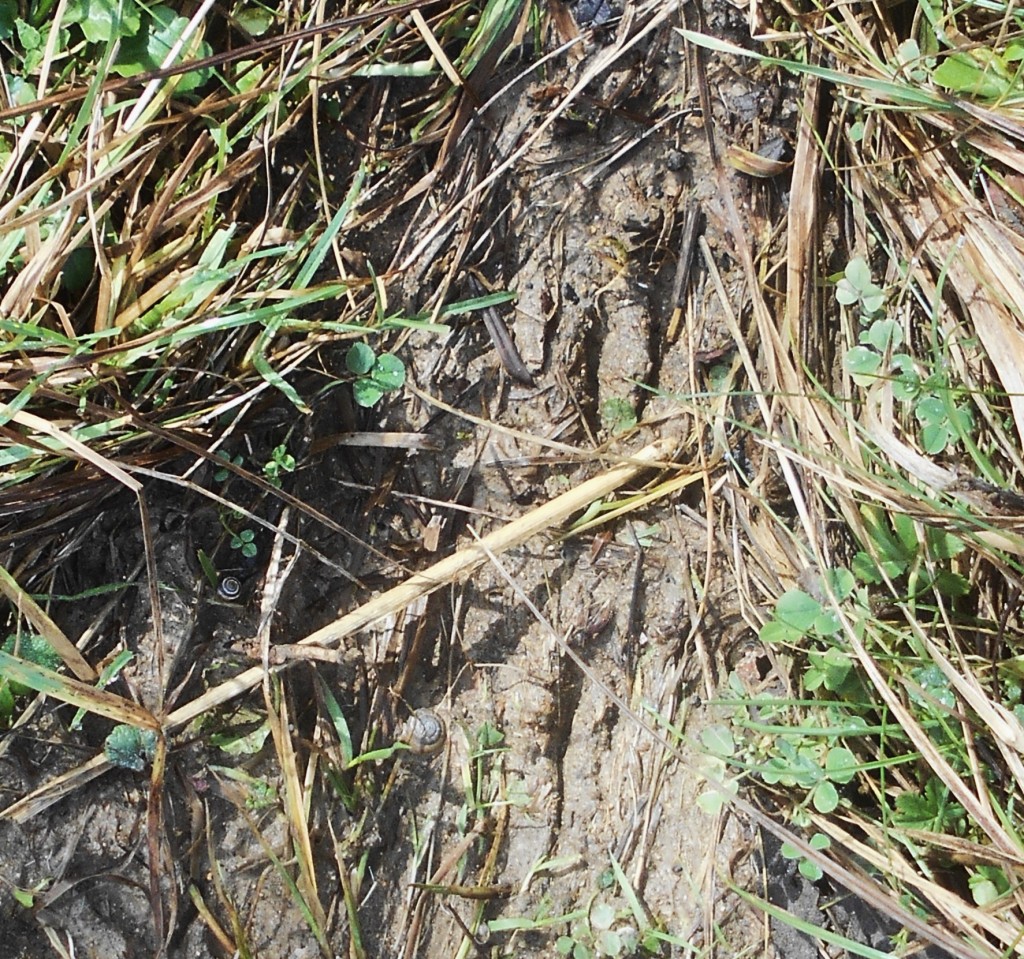
This helped to explain the occasional Roe Deer we have seen moving from the ploughed fields and leaping across the fence to run up the bank in the direction of the woods and beech grove on the top of the hill, and the number of hoof prints we regularly see in the soft mud.
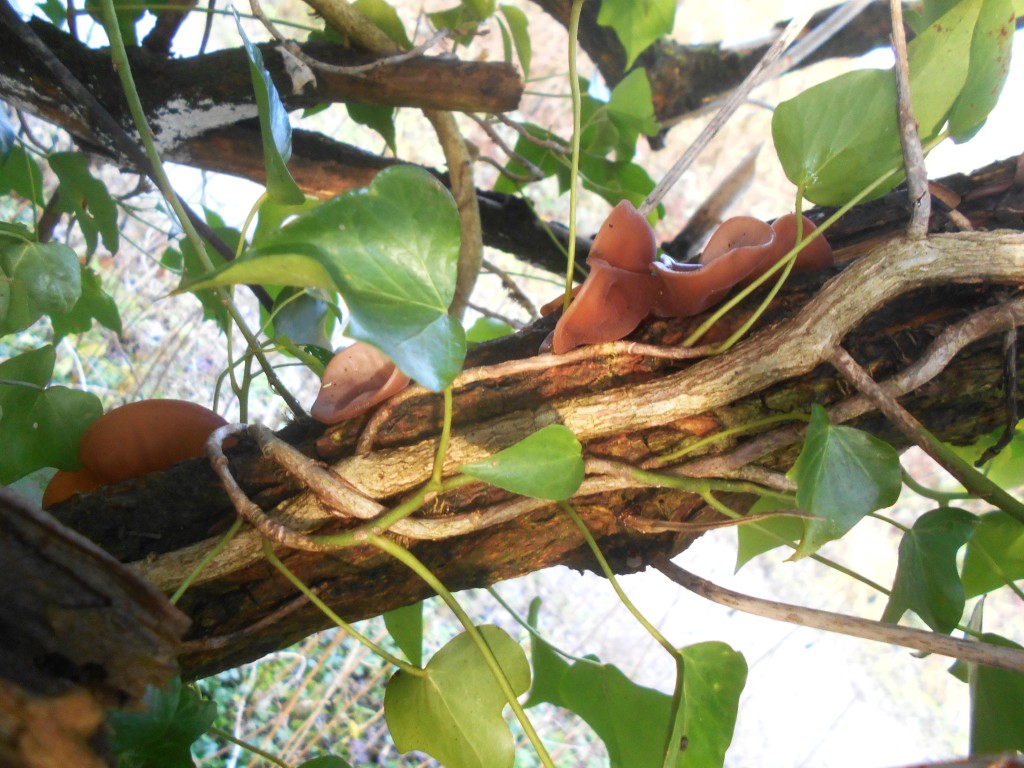
Finally, we check out the ground around the crab apple trees to see if we could spot any, but they appear to have disappeared under the leaf litter. But what we did see were the Jelly Ear fungus decorating almost every branch of the ivy covered Elder branches. Not the small, almost unnoticeable ears of autum but big, very big, ears, the biggest we have ever seen, evidently thriving and growing on so many, many, weeks of torrential rain. Good to know something benefits from the rain!!
17th November 2023 / Temp: 12.5 C / 11am – 12.45pm
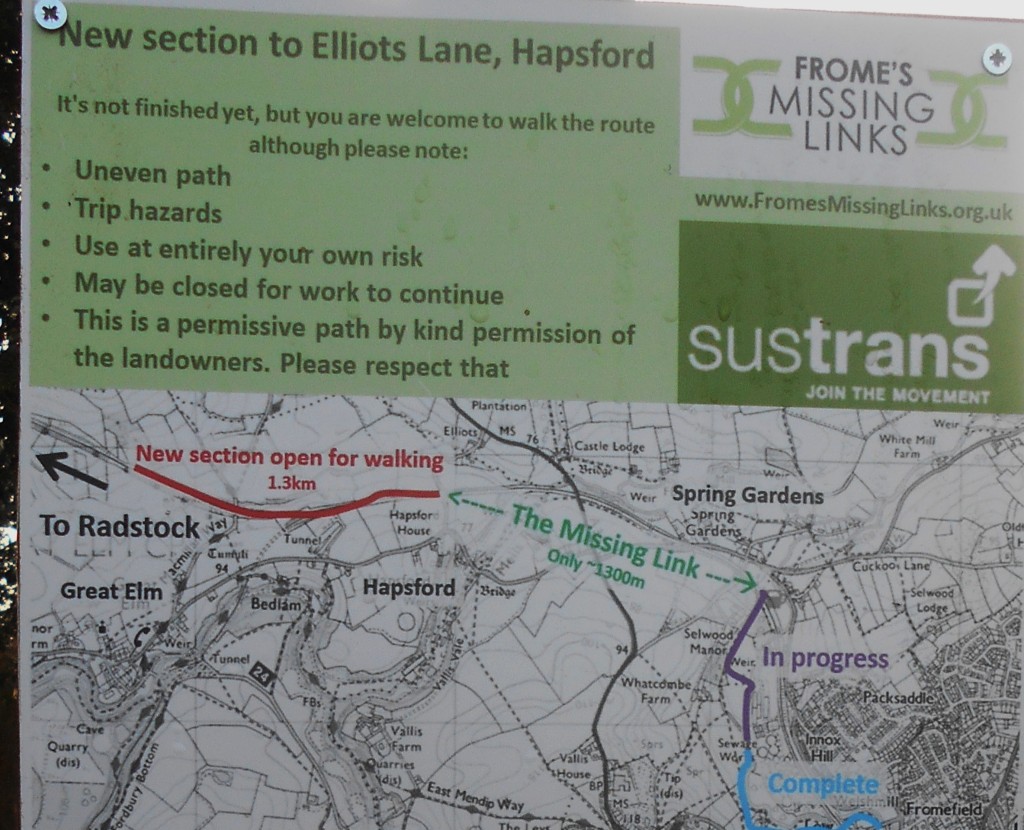
The weather again uncertain so it seemed a good idea to christen the new extension of Colliers Way, a perfect walk in wet weather when most of the countryside is ankle deep in mud and not too far to dash for cover if we are caught in a downpour!
The Friday Club, a group of local volunteers, was working on putting in the new fences and spreading new ballast to complete the last section of path ready for the tarmac to be laid and cyclists welcomed. They have been working tirelessly for years clearing self-seeded trees, bushes and undergrowth from the old railway track before removing the rails, spreading, crushing and rolling the ballast – creating what can only be described as an impressive achievement – a cycle path for the ages!
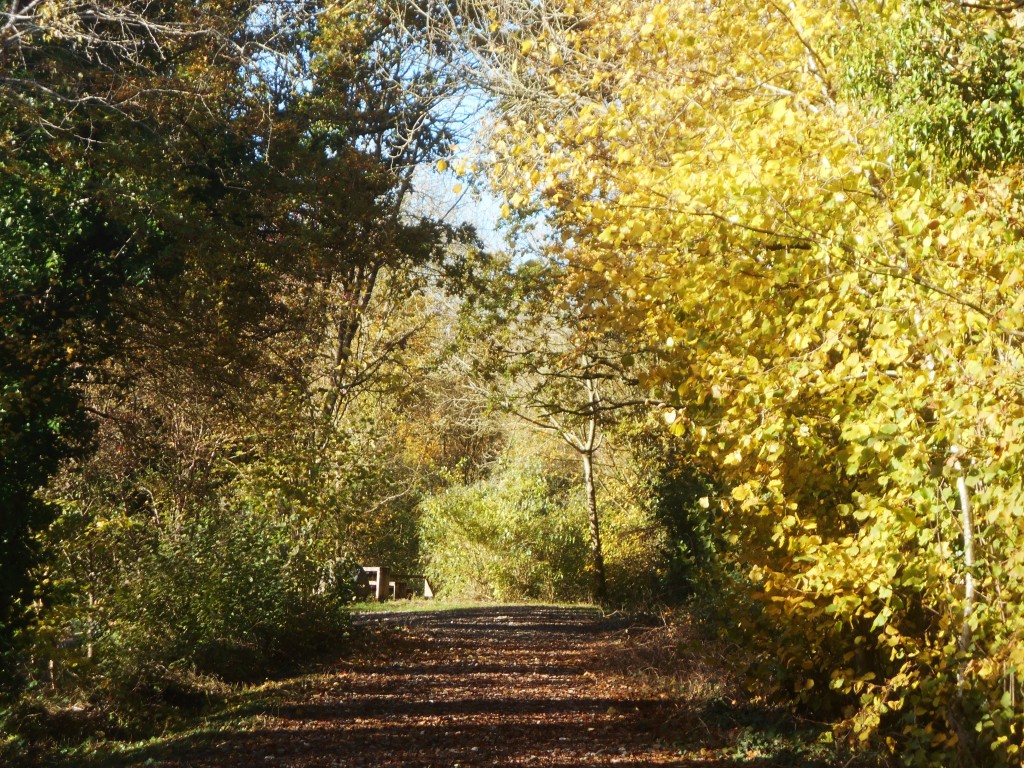
We walked along the embankment and noticed the new chain mail fence closing off the railway which is still in use, serving the nearby quarry. We were rather sad to no longer have access to the grassy bank, a classic chalk grassland habitat with butterflies, yellow meadow anthills where we have spotted liberal evidence of rabbits – droppings everywhere and once caught sight of a Red Fox crossing the line. However with visitor numbers increasing this could present a dangerous hazard so the stout fence becomes crucial.
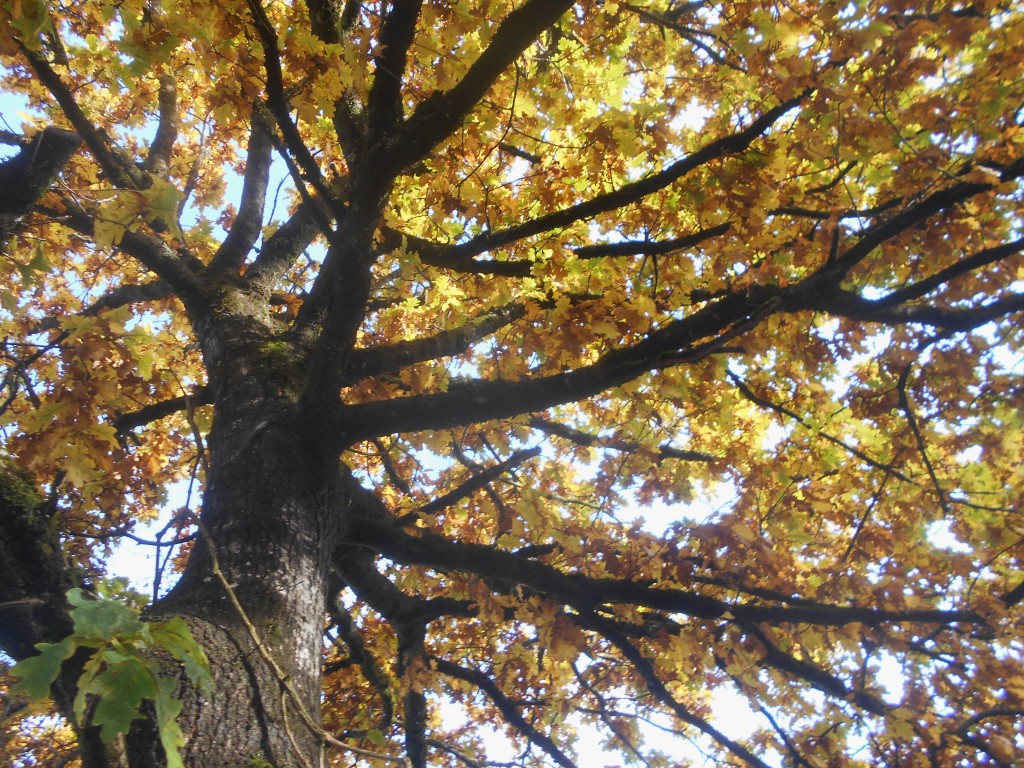
A lovely old Oak tree ablaze with full autumn colours stood proudly beside the path like a straight-backed guardsman protecting the line! Clinging to the bark a couple of stunning Velvet Shank mushrooms. The generic name Flammulina is a reference to the orange caps, which shine like ‘little flames’ in the winter sunshine and so they were! These beautiful mushrooms can be seen from autumn through winter and into early spring.
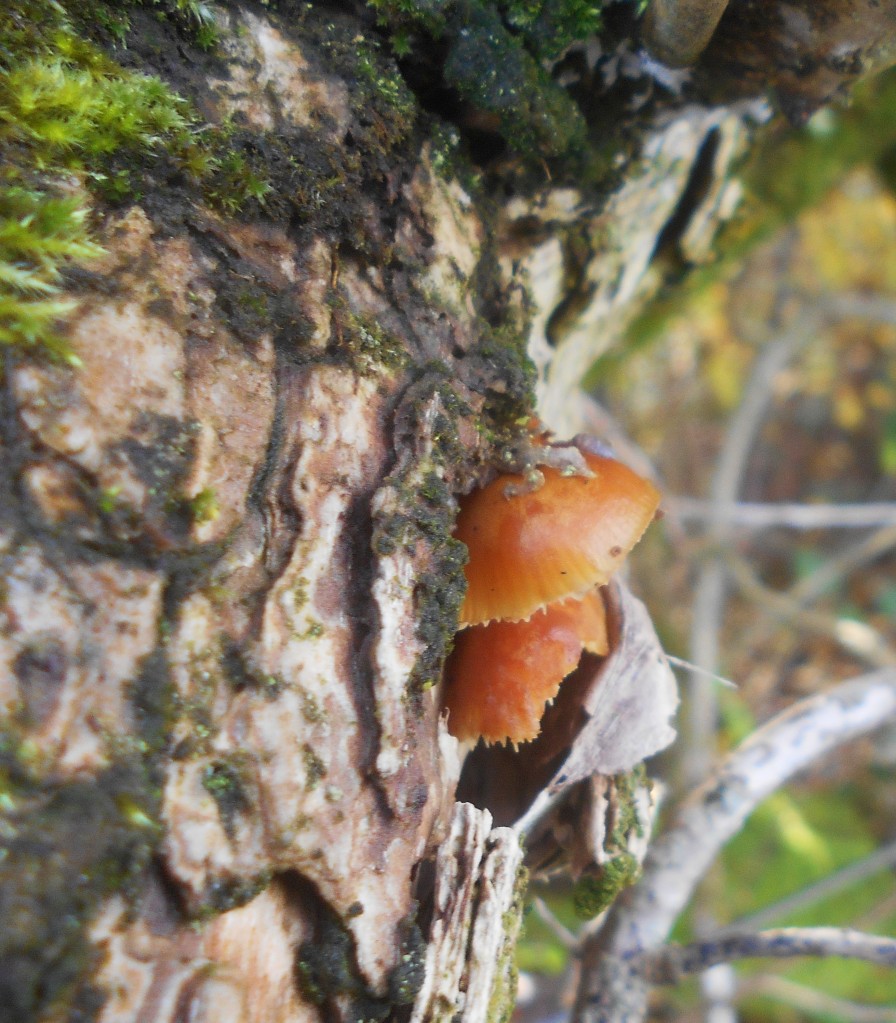
The disturbed ground where the volunteers have recently been working has encouraged great numbers of Black Nightshade to flourish. We were surprised to see that they were still in flower but shouldn’t have been – although very wet it has been a particularly mild autumn – the third week in November and we have yet to experience a frost. The berries are green at first, turning black when they are ripe.
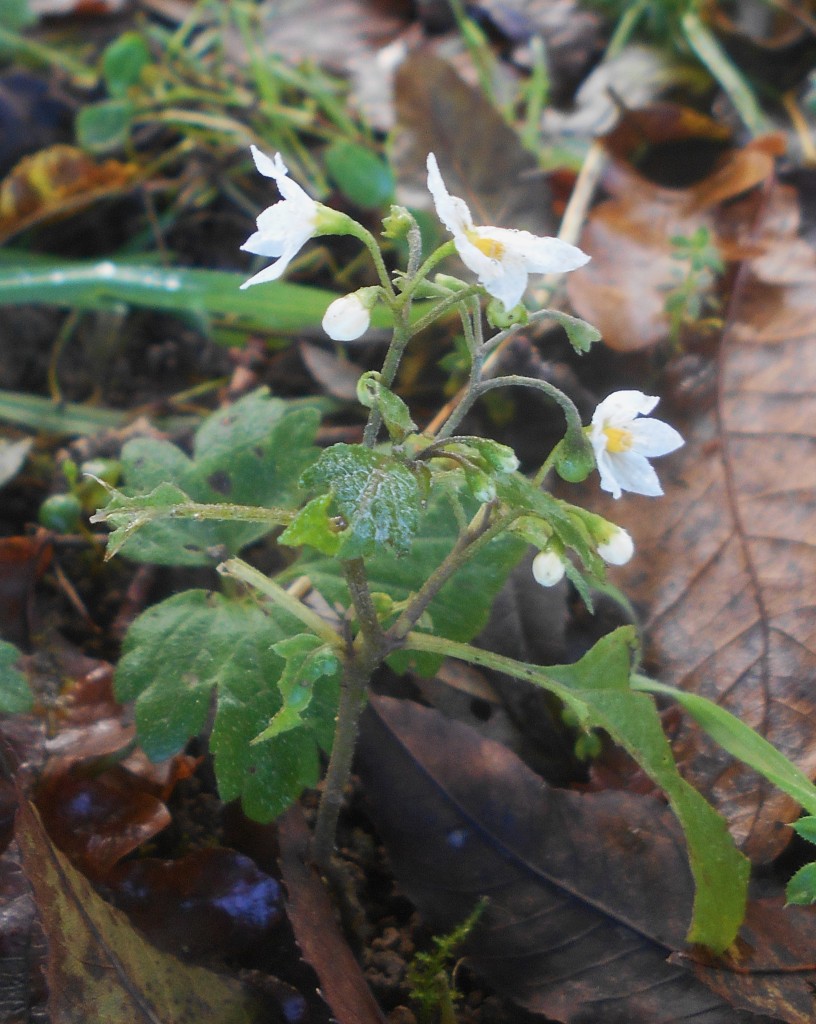
Away from the tree lined part of the path we come out onto the open stretch with lovely views toward Buckland Dinham and the hills and woods around Barrow Hill, an Anglo-Saxon burial site on a rise near Buckland Dinham.
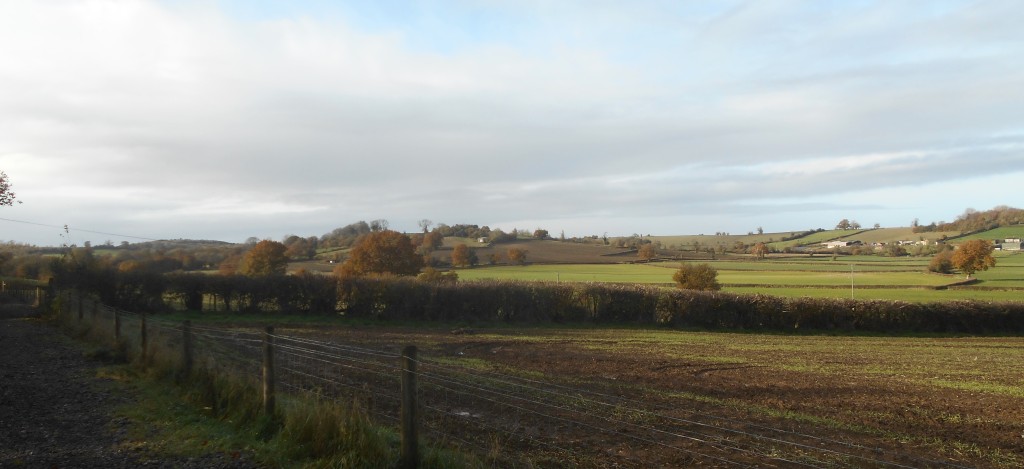
We could now see the Ravens we heard calling to us earlier and there they were, four of them so probably a family party – clear in the endless stretch of sky. Hunting must be good here because not long after, we caught sight of a Buzzard, circling above the trees and a Red Kite flying over. Good feeding territory indeed to attract so many raptors!
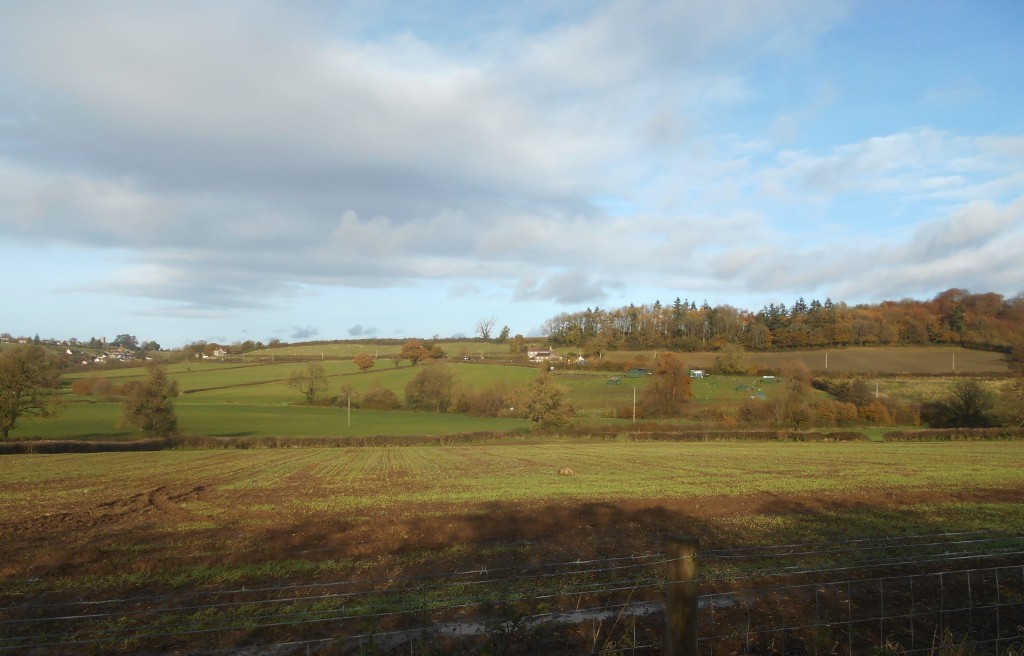
An ancient dense hedgerow separated the path from the single track section of the old railway. It was interesting to see that the sign has been left from when it was functioning, requiring the driver to take a token to use the single track section and the newly erected fence, added as an extra protection. Wet and black trunks and stems of sodden trees, the ground beneath thick with fallen dead leaf litter with little sign of life. Imagine our astonishment therefore at catching sight of a line of large flat mushrooms growing up the slope!
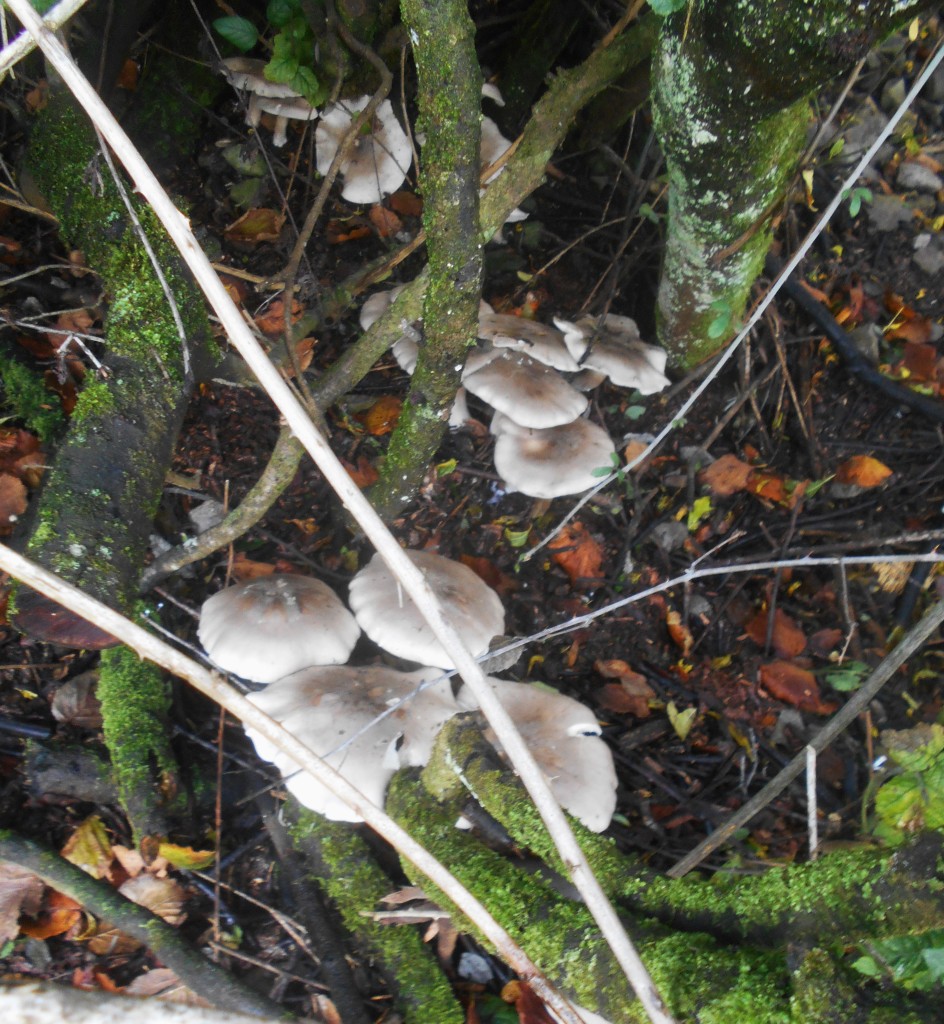
Difficult to manoeuvre the camera through the linked fence to get a shot, but eventually managed to photograph part of the troop (we counted 24!) which, when we returned home, we identified as Clouded Funnel, a species of fungus previously unknown to us!
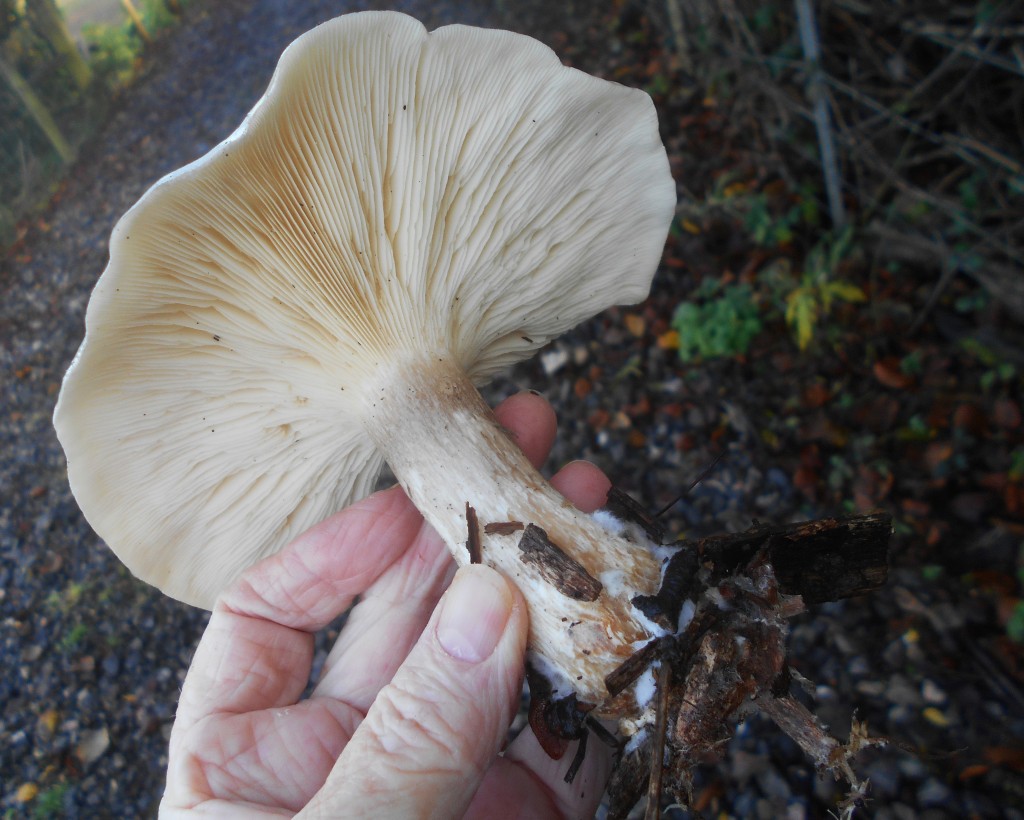
We managed to get a hand through the fence and get one of the mushrooms to check the stem and gills, always a crucial indication when it comes to identifying fungus.
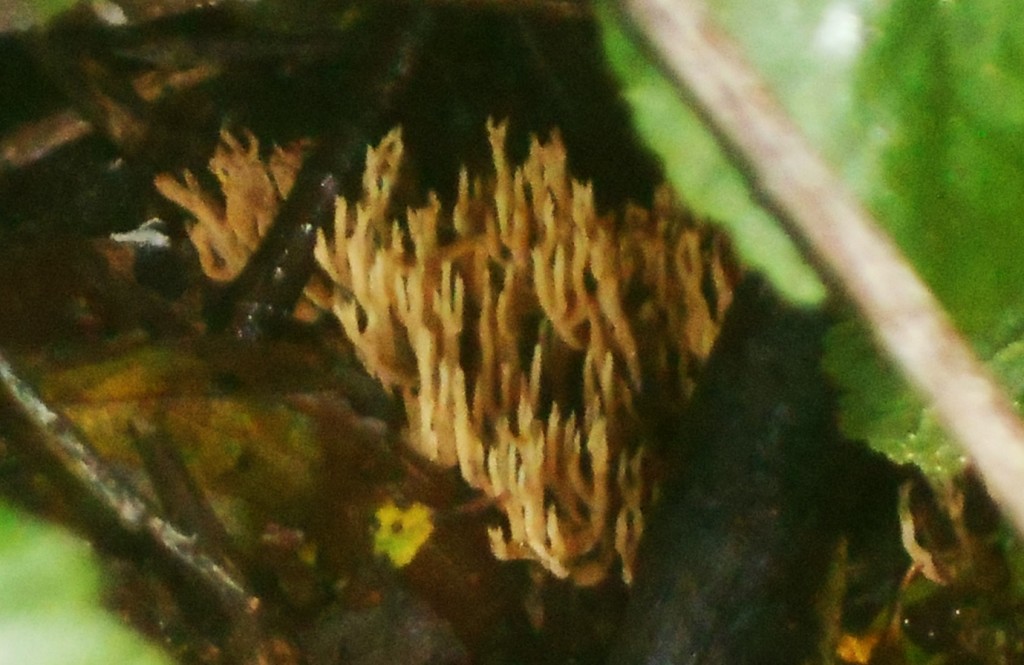
While photographing the Clouded Funnel we spotted a cluster right at the back of the hedge and this one we recognised as coral fungus – another new species for us and one we had often hoped to see, two new species in such an unlikely spot – a bonus!
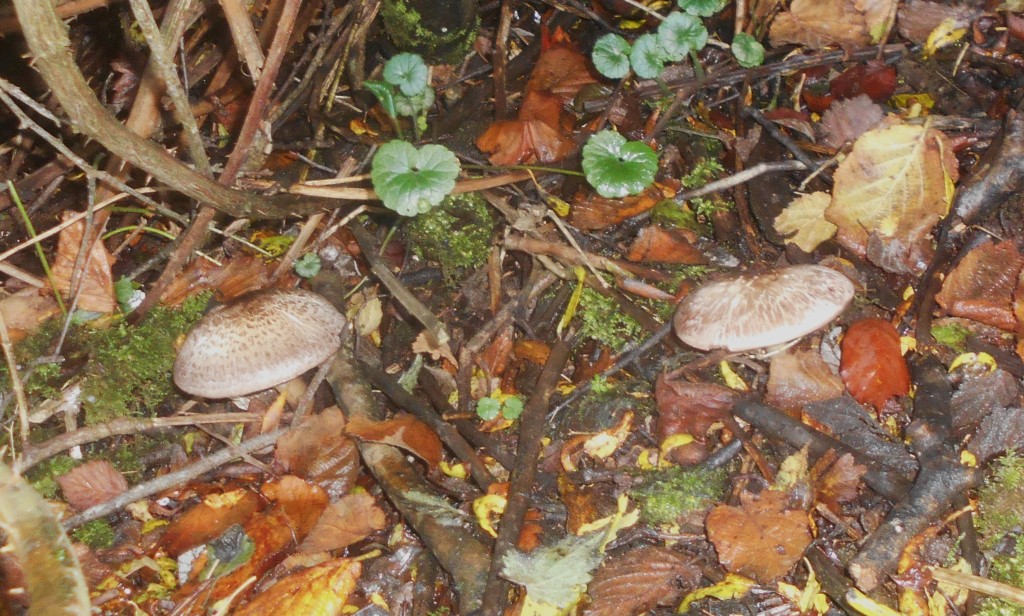
We hadn’t walked far when we spotted these in the same place but too far back for us to be sure of an identification but they looked like Shaggy Parasol, a fairly common mushroom found mainly in or beside woods and hedges.
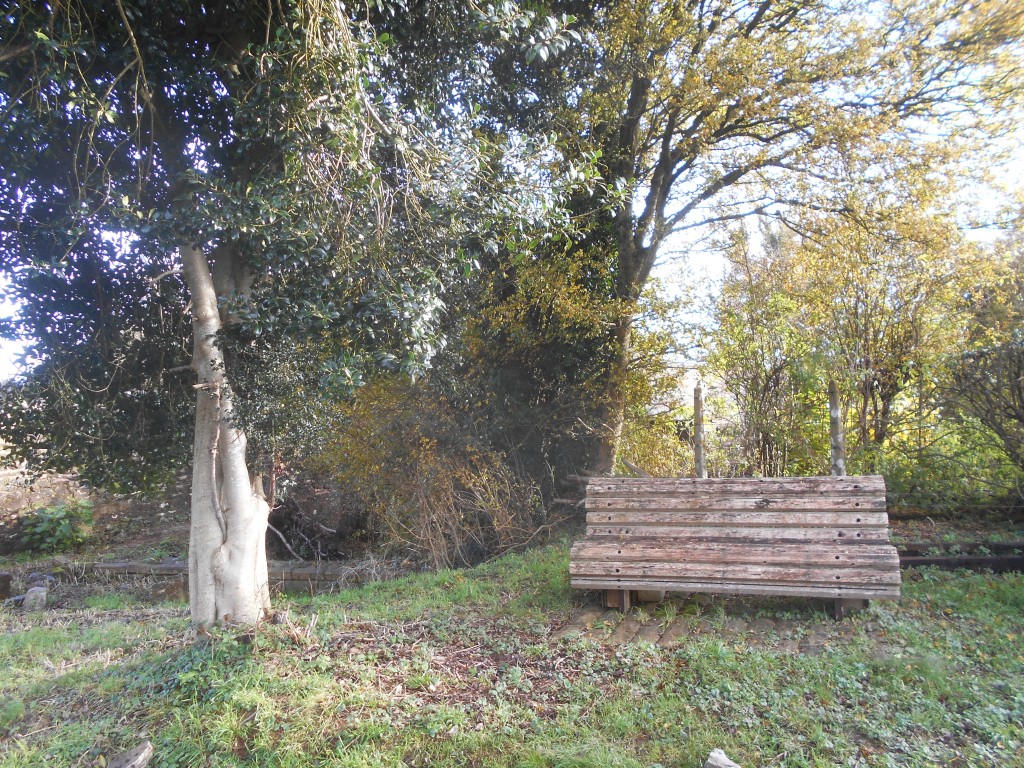
The end of the path reached to find a bench placed in a strategis position to get the best view and a welcome rest before starting the walk back. We look forward to future explorations along the path and treasures yet to see!
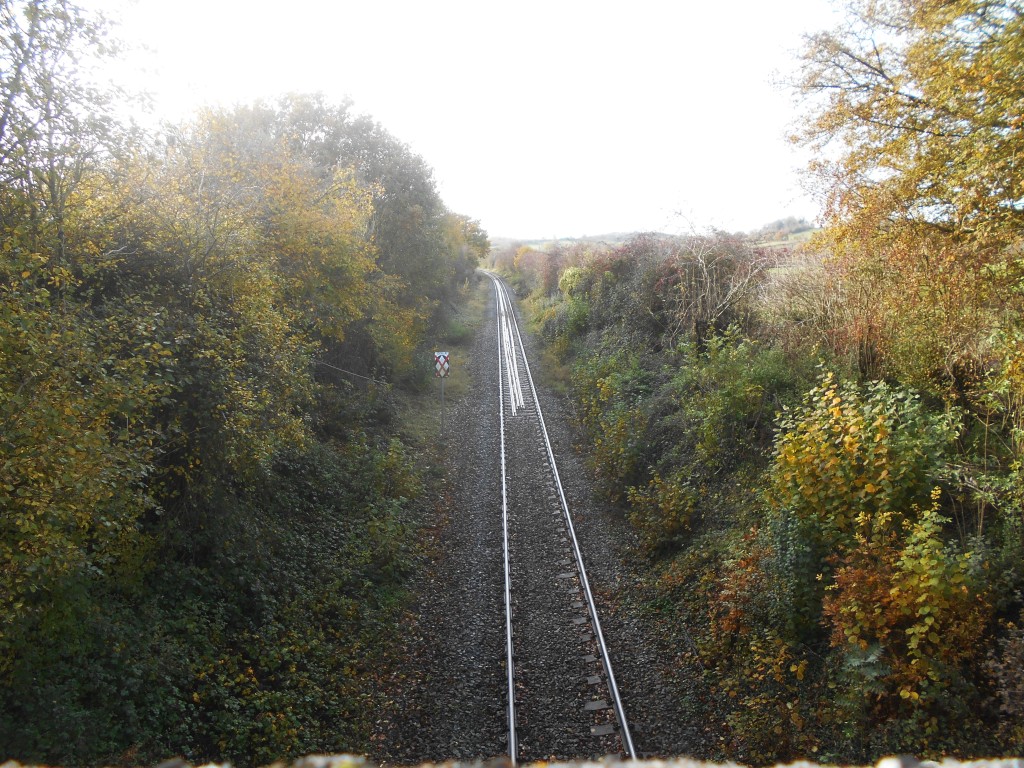
We couldn’t resist walking over to look over the bridge on Elliots Lane to check out the next section where work has already been started clearing the line. Frome’s Missing Links Friday Club has joined another link to the chain and already reaching out into the next section. Will they reach Frome some time in the future? We all sincerely hope they will and wish they every possible success in their endeavours.
15th November 2023 / Temp: 12 C / 10am – 12.10pm
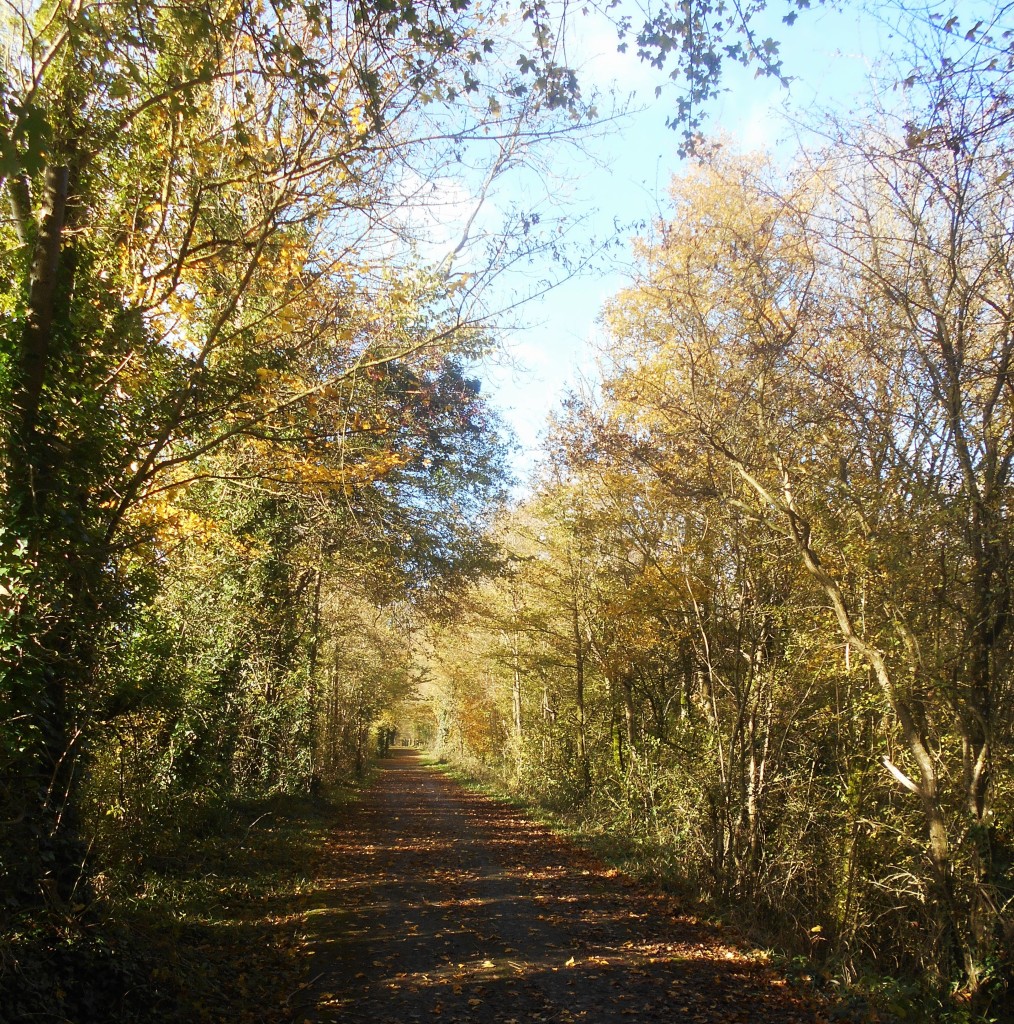
Weeks of rain storms, regular cloud bursts and torrential downpours have left the countryside mired in mud and some roads closed due to flooding. Walking across muddy fields being potentially hazardous we headed for the cycle path, the tarmac path of which meant the water streamed into the earthen verges on either side and made walking easy.
The countryside and particularly the golden leaved trees looked beautiful in the bright sunlight and oh how we soaked up the welcome warmth and bright light after being confined to the house by the weather, suffering acute cabin fever!
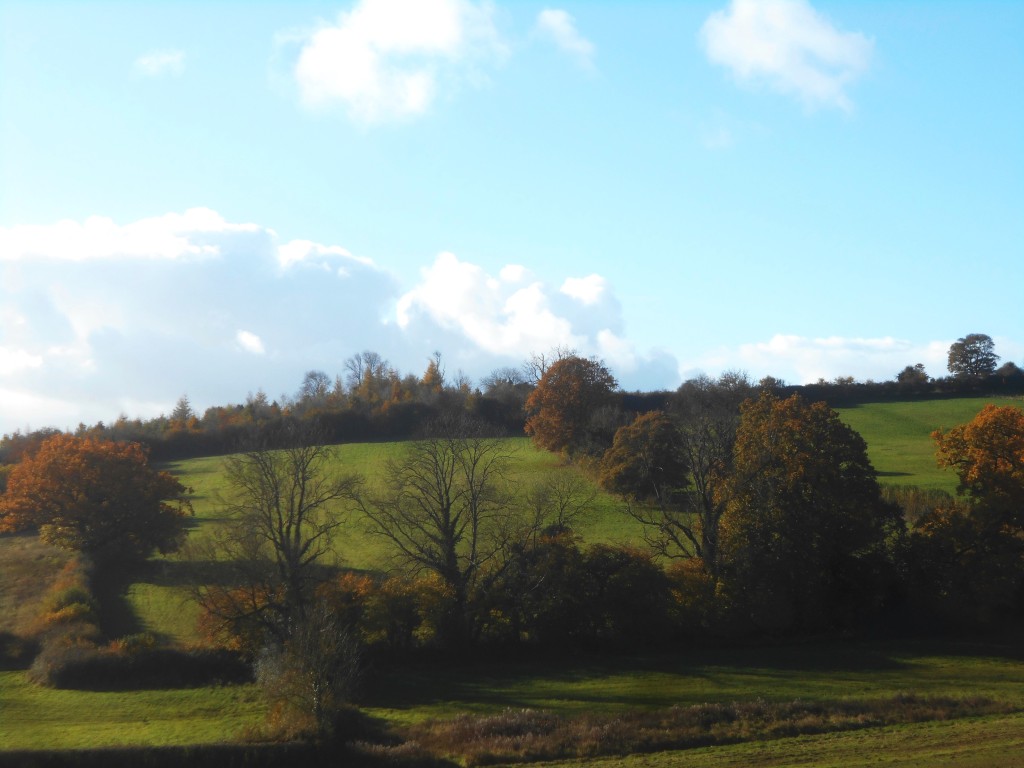
Hearing a Raven, our favourite bird, we were searching the skies looking for it when a flock of 30 or 40 birds appeared and silently flew over the path across the fields until they were lost to sight as they landed on a secluded field behind the tall hedge. Fieldfares! Our first sighting of these winter migrant thrushes, although they have been reported in some areas of the country for weeks. Soon the Redwings will also arrive and they have a feast awaiting them – it has been a brilliant year for berries and the hawthorn trees are loaded with deep red haws.
As is usually the case, the birds we saw most frequently were Wood Pigeons and Pheasants with a few Crows – not very interesting. A Magpie flew across the path, a flash of black and white, Jackdaws flew over, chattering to each other, Blue Tits and a Bullfinch made a welcome splash of colour and a Buzzard began circling overhead mewing and searching for prey.
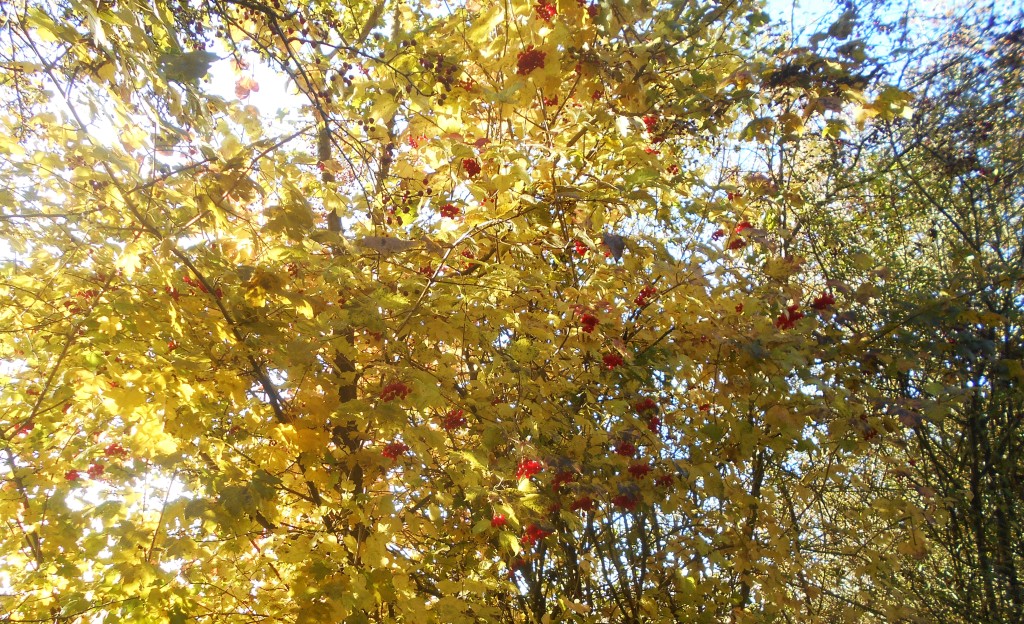
More berries on the Guelder Rose bushes, full and ripe – nature’s bird table!
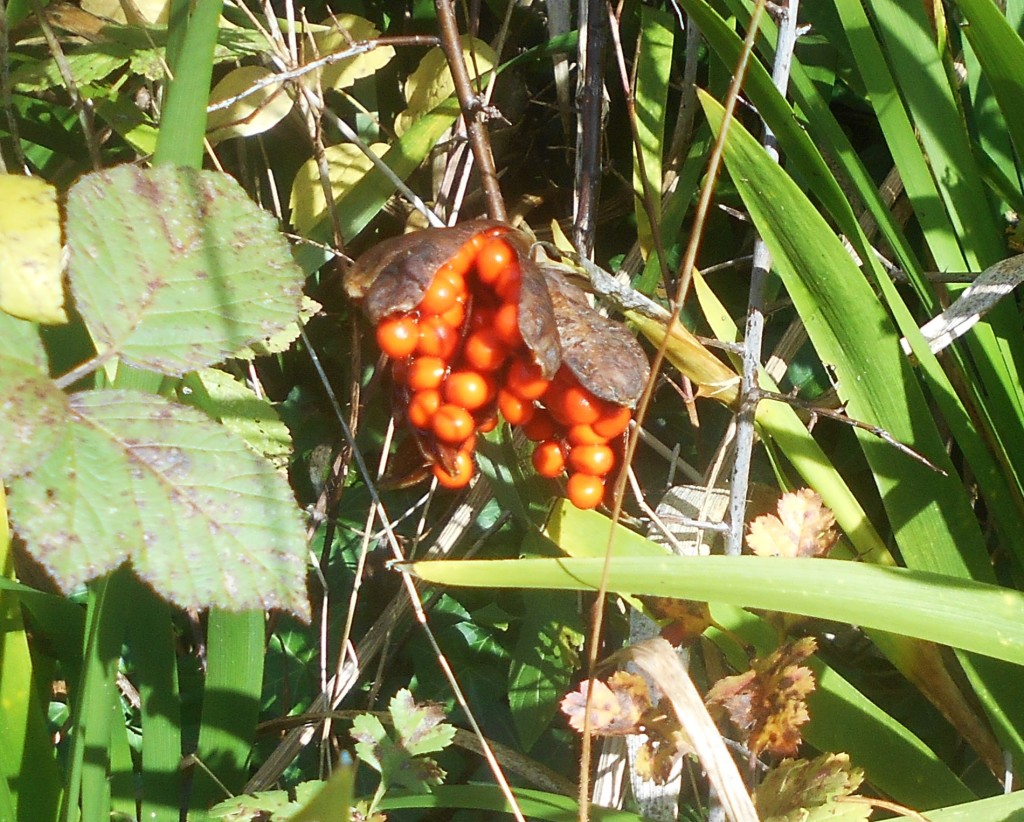
The clumps of Stinking Iris in the thick grass on the cutting make a brilliant splash of vivid orange, another welcome sight for hungry birds, particularly loved by Blackbirds.

Pleased to see this fine looking Shaggy Inkcap (although I think the American name of Lawyer’s Wig is rather more descriptive!). In the past we used to see lines of them alongside the path but possibly the height of their season has passed.
The winterbourne collecting all the run-off from the flooded fields was fast and turbulent – extraordinary change from summer when the stone bed is totally dry – as we crossed the bridge up into the wet wood where the paths we usually walk on had become streams.
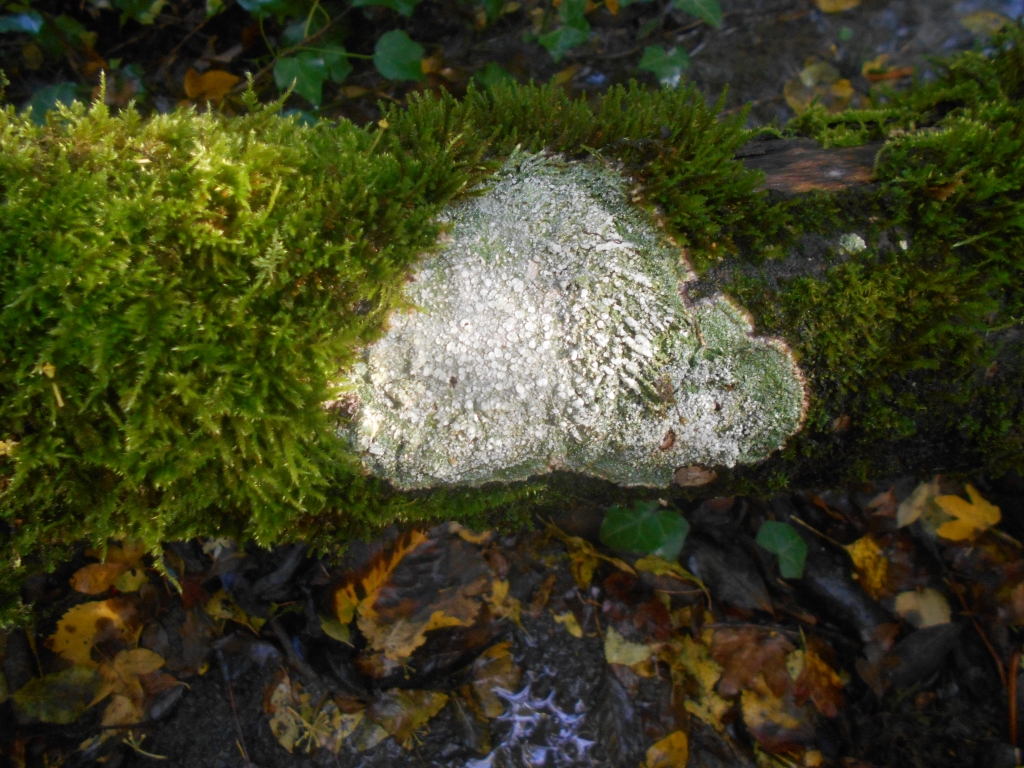
Picking our way across the thick spread of ivy – a trap for the unwary – we headed deeper into the wood. Here it’s another world, closer to the temperate rain forests of Devon, this is a minor version, filled with moss laden trees and fallen logs painted with lichen, green ferns, including Hart’s Tongue, fallen twigs coated with sprigs of fruticose lichen, and the beautiful polypodies clinging to the trees.
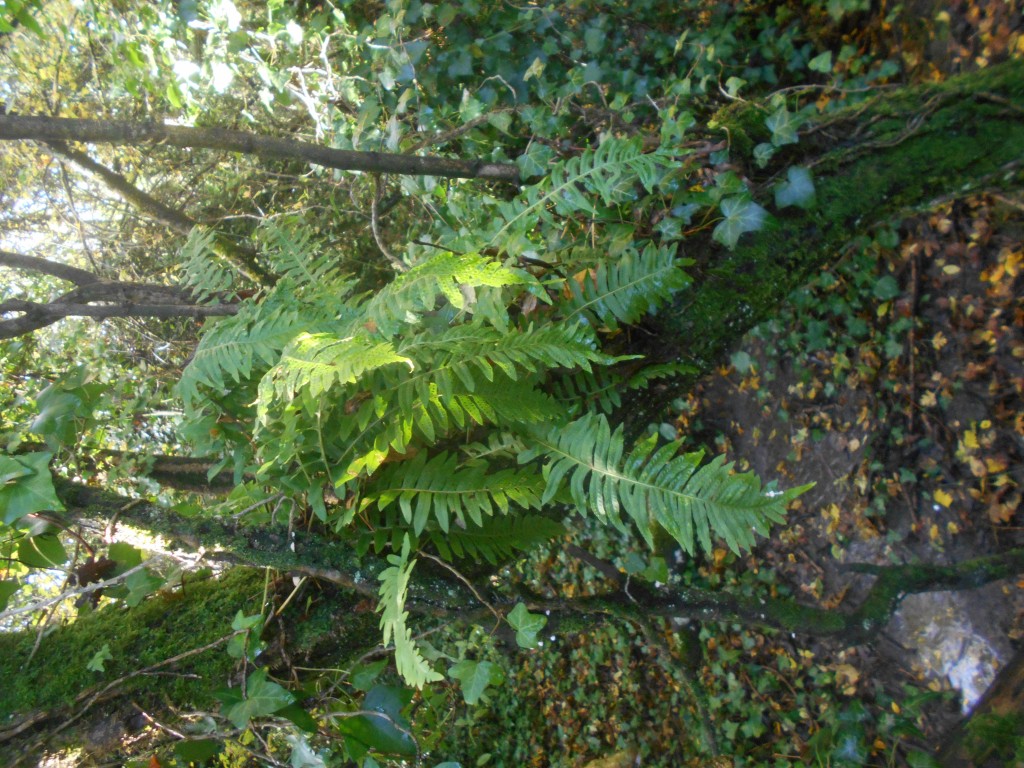
Underneath the fronds, the spore cases are ripening, daffodil yellow when they first appear and turning brown when fully ripe, they look like precious jewels in the shade of the thick tree cover.
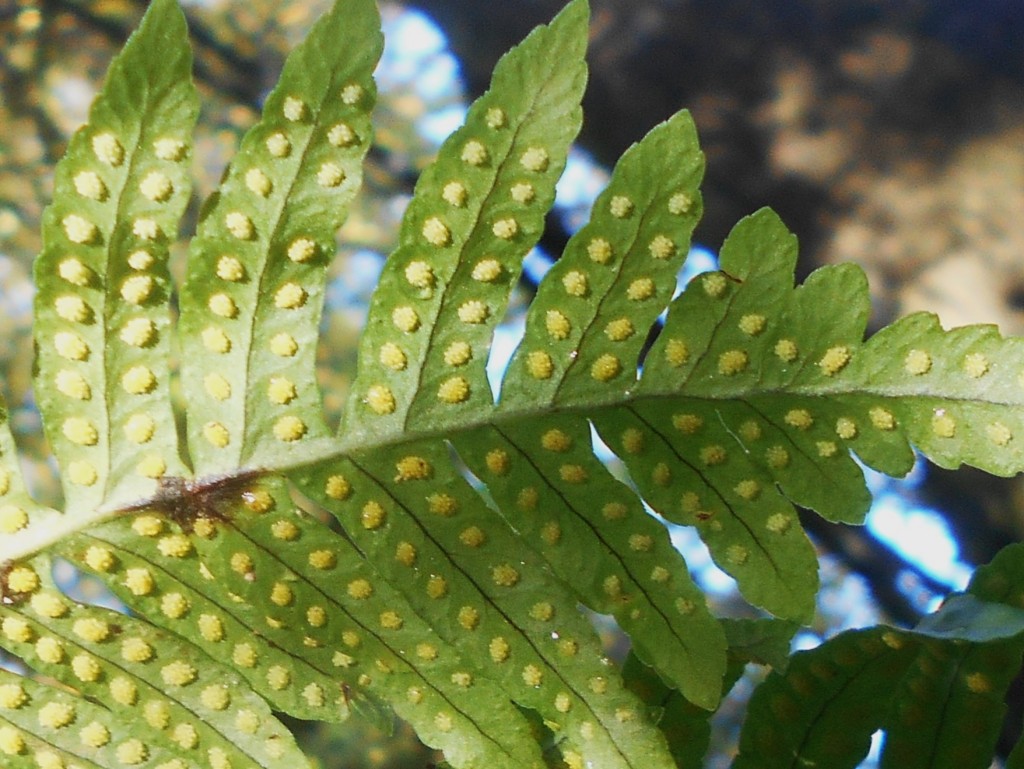
Walking uphill until the five-barred gate we leaned contentedly, glad to feel the warm sun on our faces as we watched the flock of Fieldfares making another fly-past and rather than go on we decided to check out the new stretch of the cycle path which follows the line of the old railway.
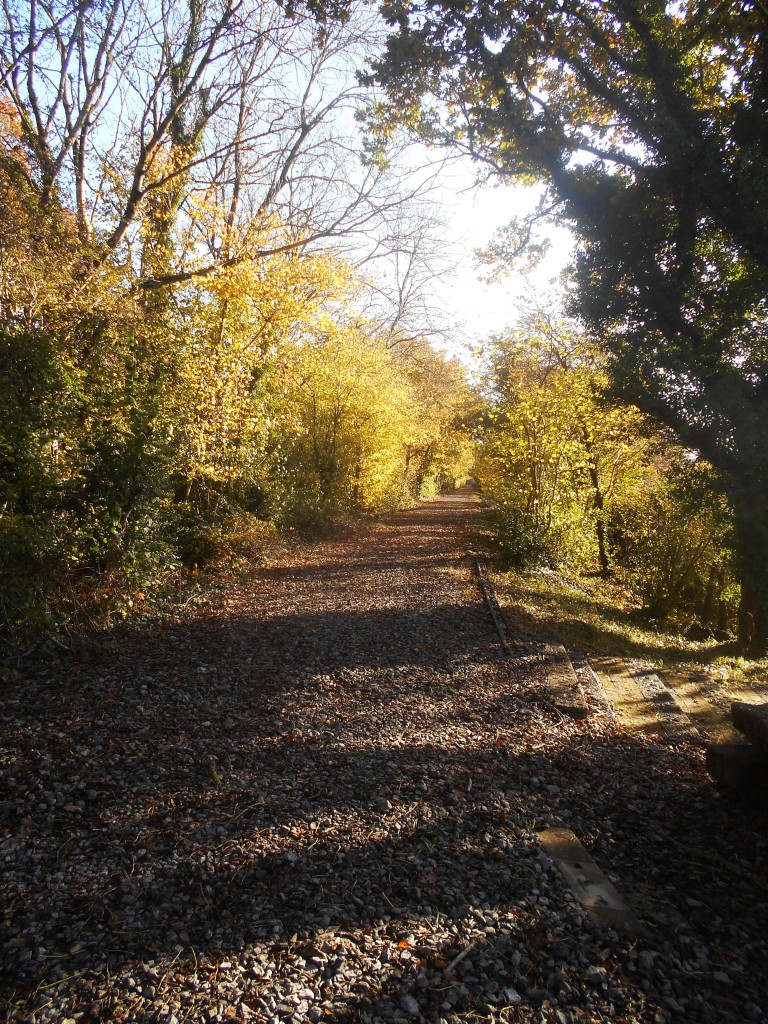
We were relieved to find the railway ballast much less uneven than it used to be, making for easeier walking. Not as smooth as the tarmac path but perfectly easy to negotiate with our walking boots.
It couldn’t look more beautiful – golden leaves on the trees, copper and red leaves on the path, blue skies above and a level walk along dappled shade, what could be more perfect on a late autumn day!
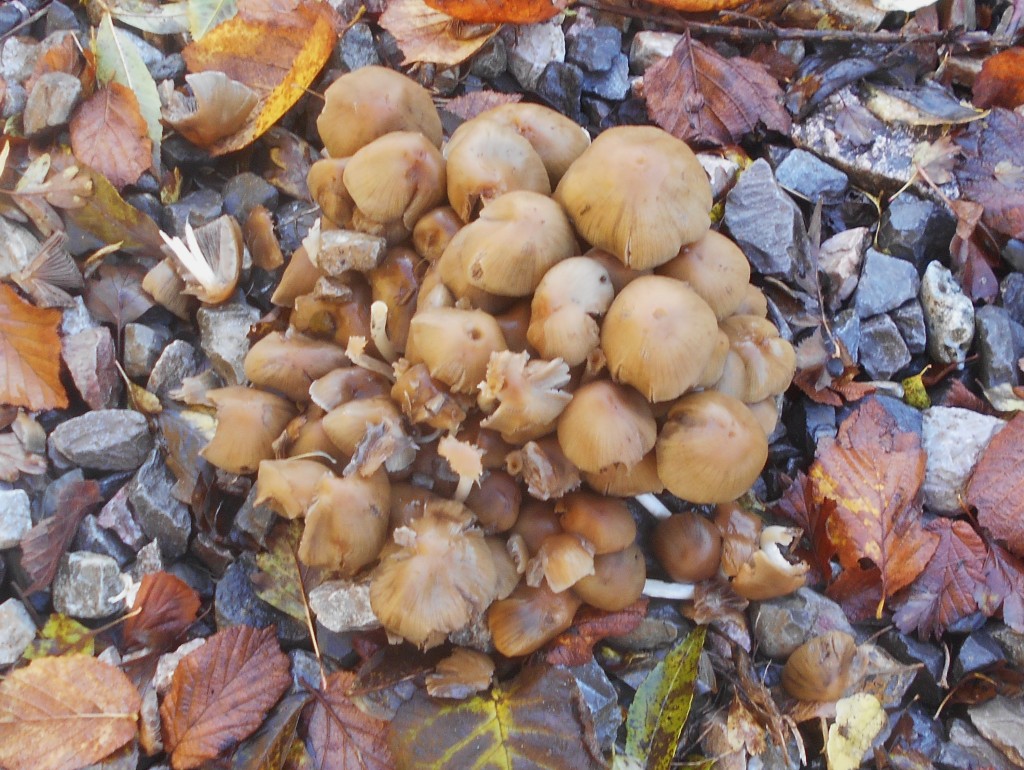
We came across a clump of inkcap mushrooms which, astonishinly had forced their way through the ballast. They looked pretty battered, no doubt from the rain, but putting on a brave show.
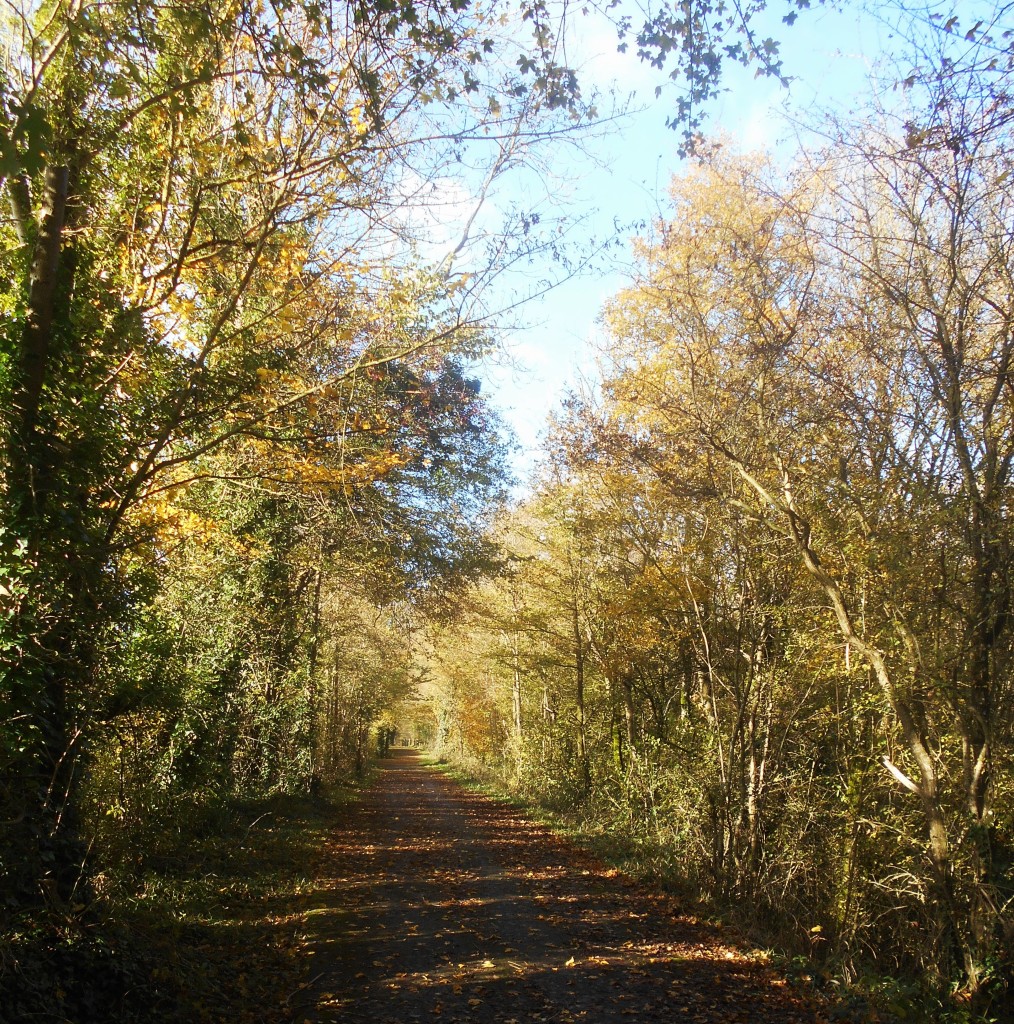
The path along this stretch runs along the top of the old railway embankment so there is no space for a verge on either side. The steep slope down on one side leads to Buckland Brook running along the foot of the embankment, visible from the path, its bank and the slope full of ferns.
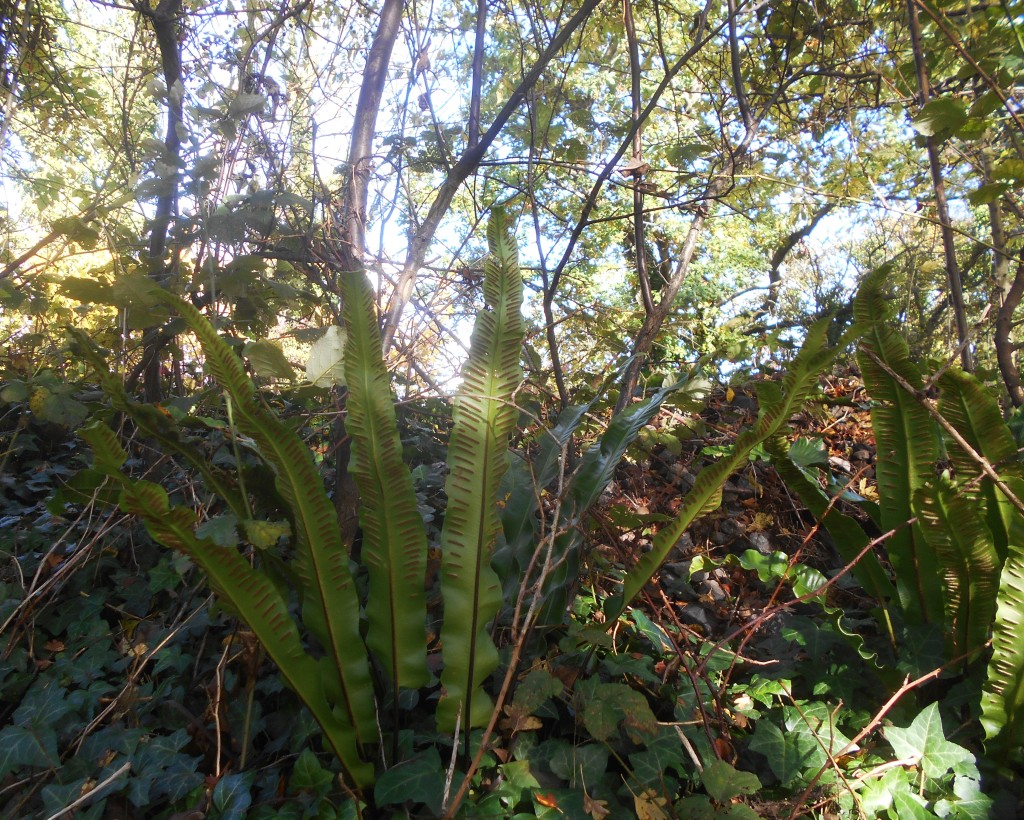
Lots of hart’s tongue ferns which although very common are such an elegant shape with its glossy leaves they always draw the eye. The fern gets its name because it is thought to look like the tongue of a deer. The leaves are, indeed, tongue-shaped, with pointy, curly tips, the lines of brown spores very noticeable on the back of this particular specimen.

We had almost reached the steep flight of steps leading off the embankment and back onto the main path when we spotted the lovely old wild apple tree. We thought at first that it was a Crab apple tree, but although similar in shape, and tasted very bitter, they were larger than the true Crab beside the main path and so very likely to be a feral apple, grown from an apple core thrown from a passing train.
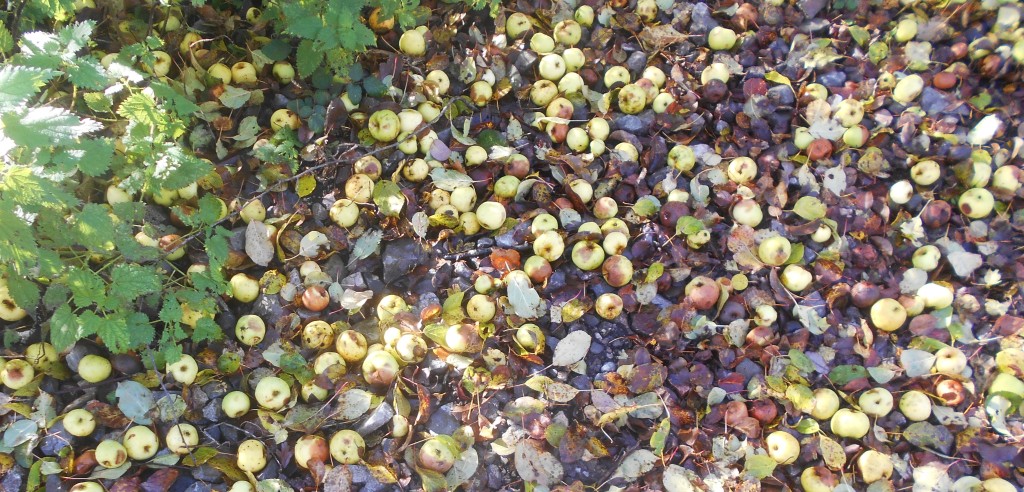
It’s always good to see so many windfall apples coating the path, showing both that the tree is healthy, well fruited and heavily laden – food for foxes, badgers, hedgehogs, wood mice and voles as well as wasps.
We determined to come back another day and walk the rest of the new path, a whole new area to explore.
25th October 2023 / Temp: 11.5 C / 2.45pm – 4.30pm
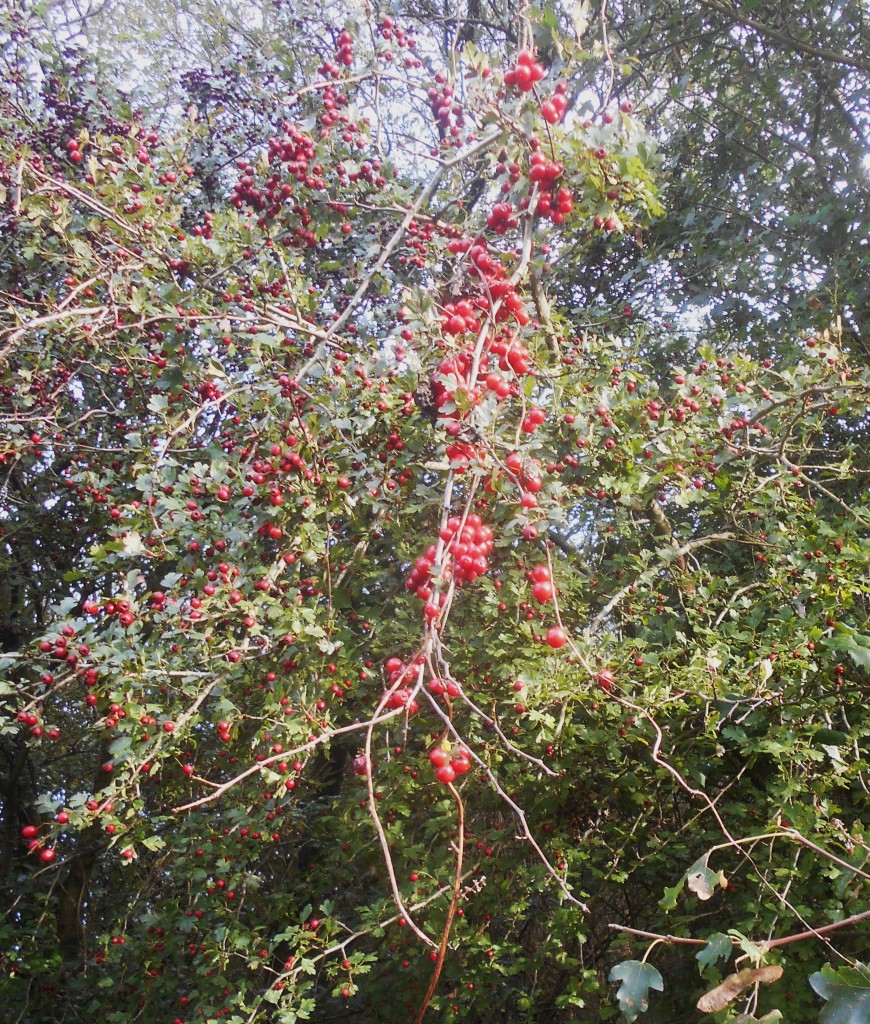
The seasons change, but it appears the weather doesn’t – yet more rain storms, high winds and floods, so apart from the temperature dropping, there seems little difference from the last posting of summer!
However the sight of a skein of scarlet Black Bryony berries hanging down from a Hawthorn tree laden with haws, the two reds vying for dominance, was a lovely sight only seen in autumn, so the season has definitely changed!
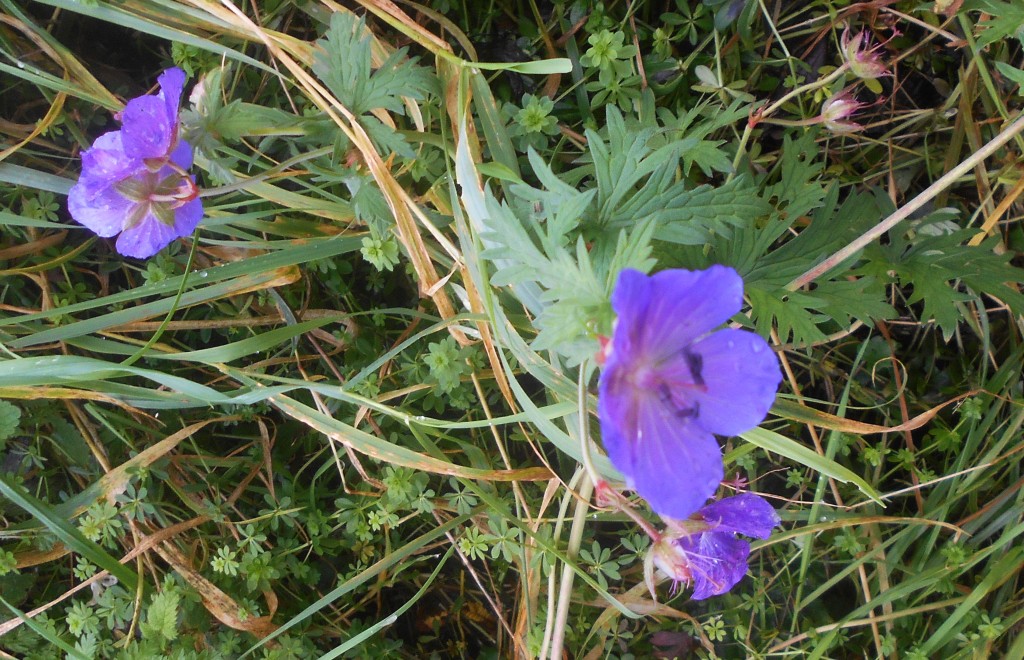
Wet underfoot, lots of the trees already bare of leaves, hazy sunshine and the grass under the apple trees in the orchard covered in rotting fruit with swarms of wasps enjoying a feast, all heralding late autumn.
As we walked, the farmer who owned and worked the land on either side of the cycle path caught up with us, and we all began chatting about the effects the rain-storms which had almost flooding his arable fields. Fortunately, he had already harvested his maize and so had avoided the problems of large parts of the country where farmers have been mourning their ruined maize crop. Nevertheless, at this time of the year he is usually sowing his winter wheat crop, but the ground is far too wet to take farm machinery so he is extremely frustrated that the delay will hold back the germination and growth of the newly planted wheat. We were joined by another frequent walker we often see and he and the farmer swapped their recent rain gauge readings, complaining philosophically about the weather forecast showing more rain to come.
However we all agreed that, despite the overall gloom, we were lucky to catch a brief window of no rain and intermittant sunshine to enjoy a breath of fresh air and a few summer flowers in full bloom, like the vibrant coloured Meadow Cranesbill glowing in the low light, still clinging on and lifting the spirits.
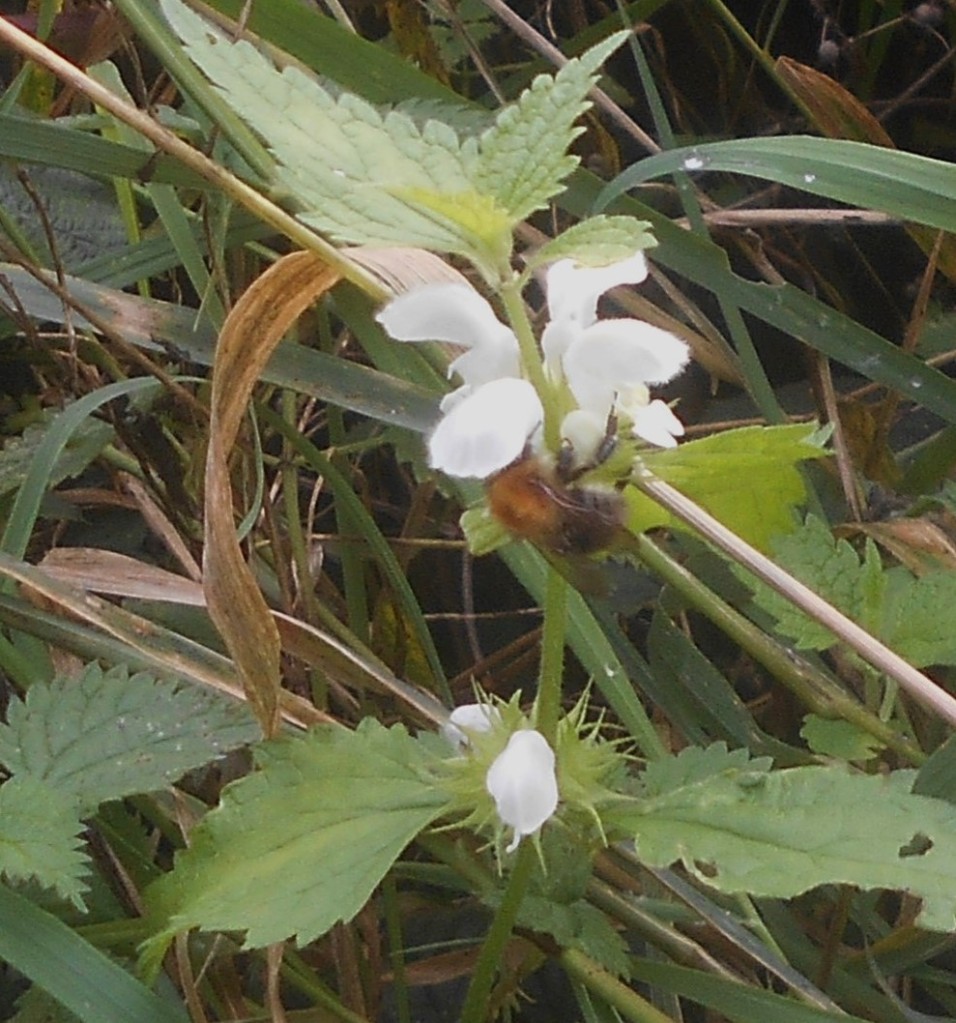
We watched a couple of bees investigating the White Deadnettles, with some success if the time they spent head burrowed in the depths of the flower was anything to go by and a few hover flies and wasps darting about between the flowers .
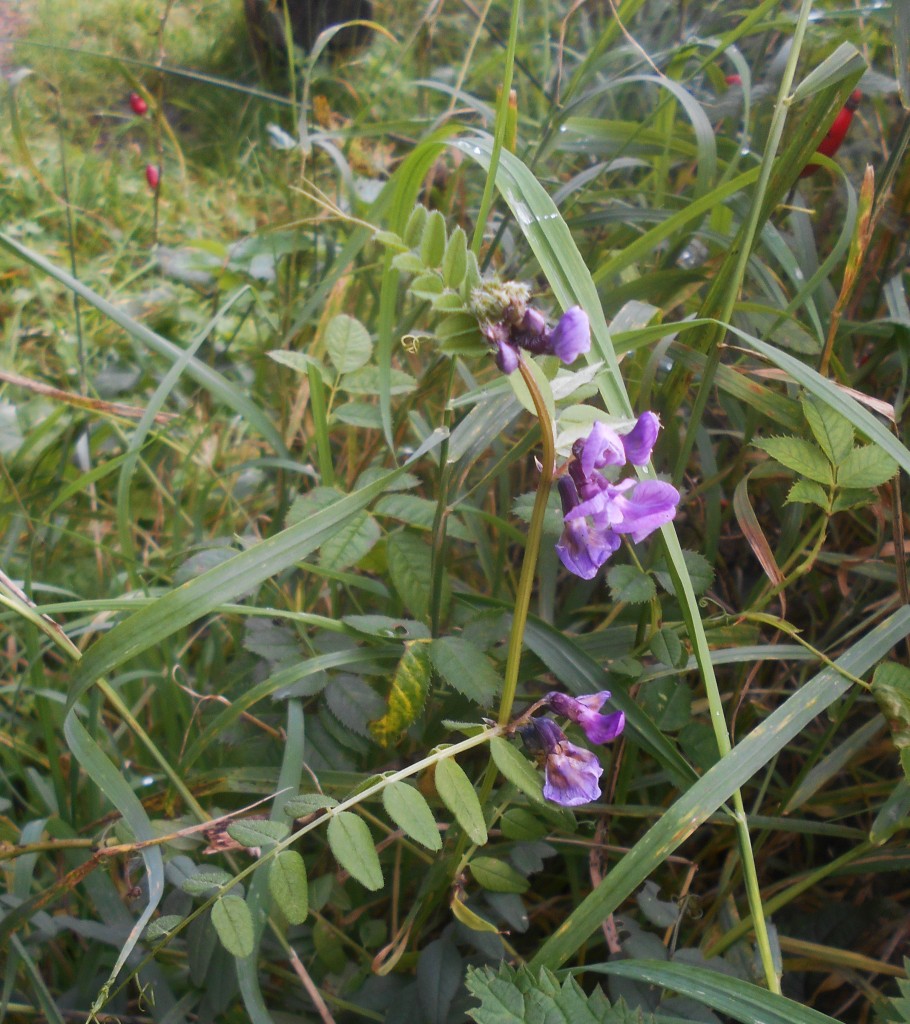
We were noting the delicate fronds of Bush Vetch trailing among the thick vegetation of the embankment, rain drops still clinging to the nearby blades of grass as the chat turned to birds – or at least the derth of them. Just a few – Robin, Bullfinch, Blackbird, Crows and of course Pheasants everywhere, the shooting estate being close by.
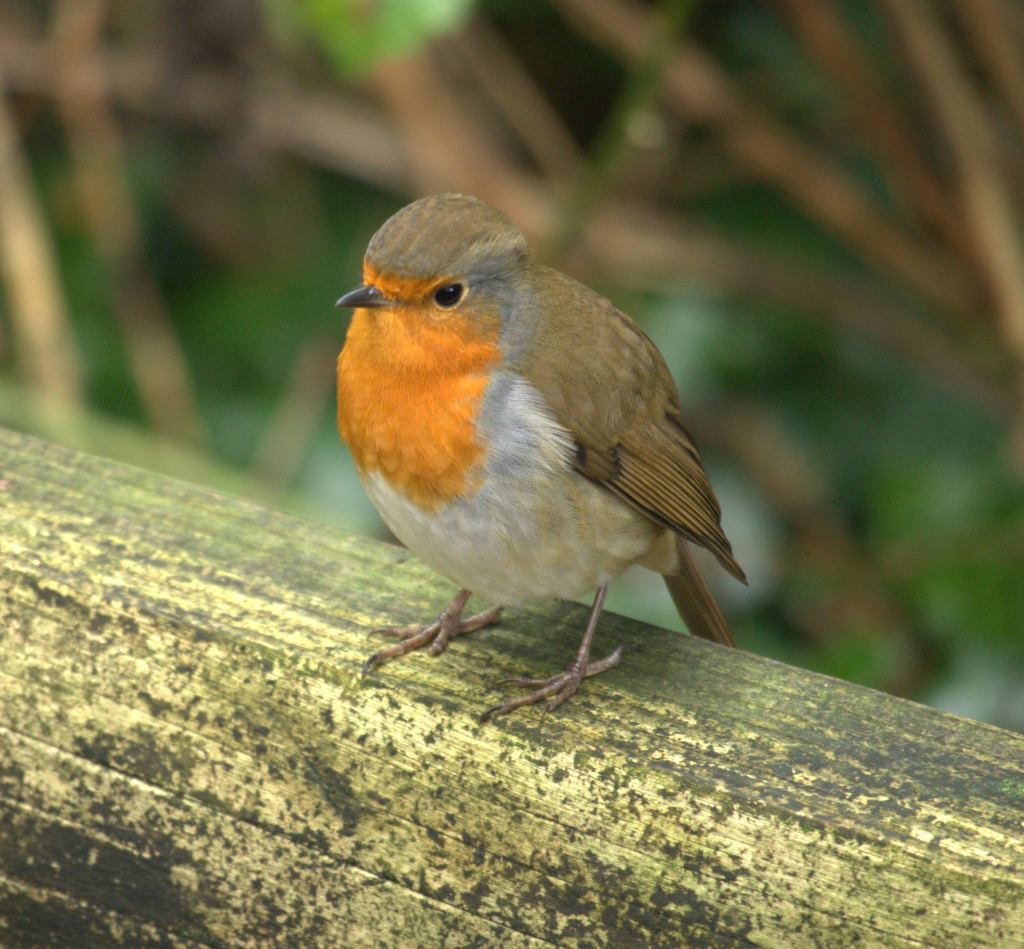
The farmer mentioned having spotted 23 Buzzards up on Mells Down, the most any of us had ever seen in one spot. Evidently they had been feeding on the ground, probably finding worms in the newly ploughed field but that did seem an astonishing number so they could also have been in the neighbbourhood hunting the newly released young pheasants.
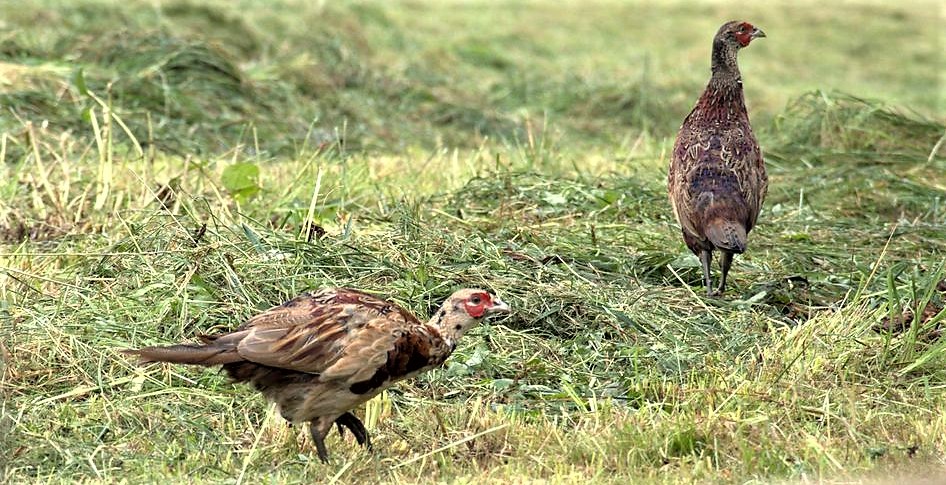
It wasn’t all gloom and doom on the bird front as we also heard that a Peregrine Falcon has been nesting in one of the ledges above the quarry at Vobster in the spring and had successfully raised a brood. The raptors seem to be flourishing, it’s the smaller, mostly insect feeding bird numbers which are crashing in a quite terrifying way.
But autumn belongs not just to trees changing colour and the clocks going back but most noticeable of all it’s the fungus season.
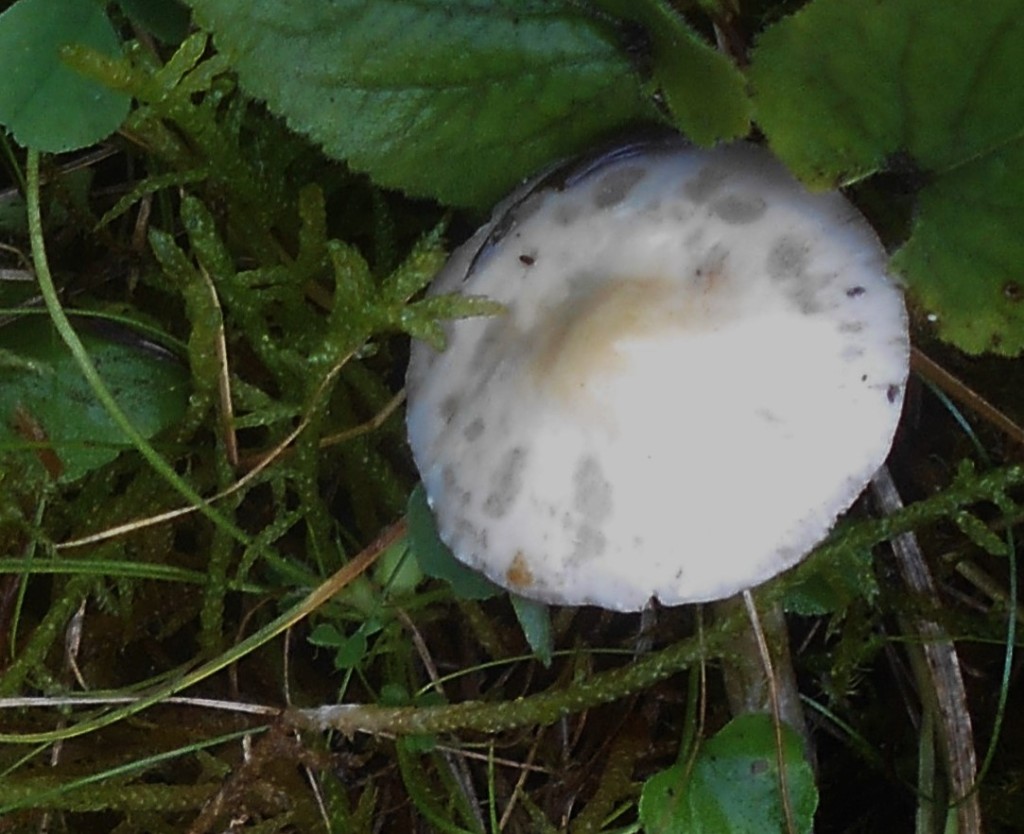
And we spotted cluster of beautiful amber or toffee coloured fungus sprouted among the strawberry plants, looking good enough to eat but perhaps not as sweet and chewy as at first glance they appeared to be!
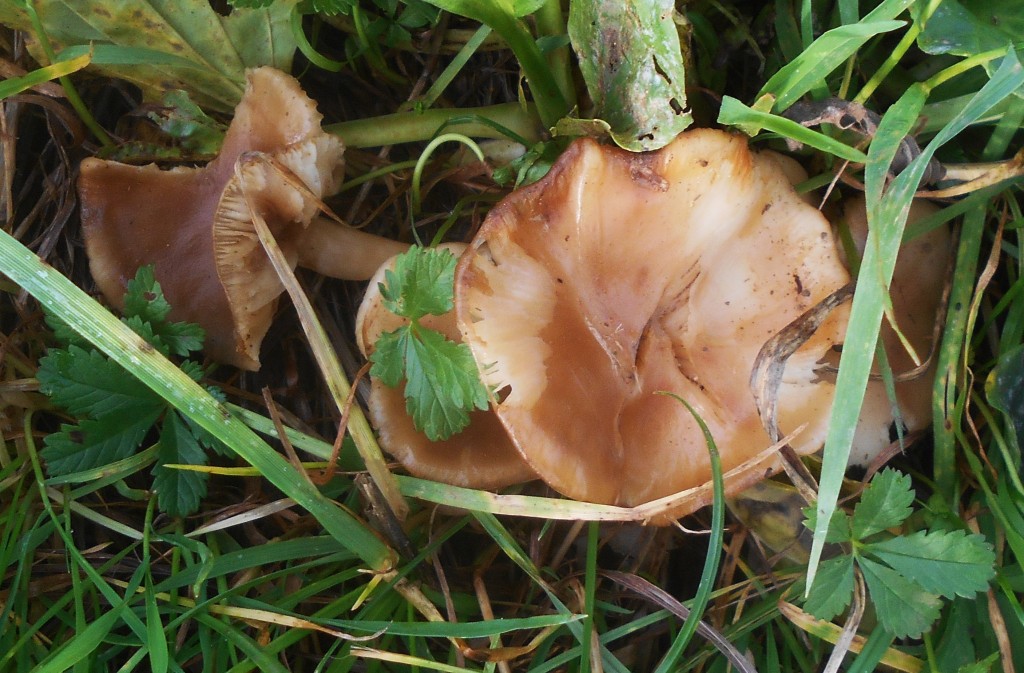
We also caught sight of a delicate Pleated Inkcap, that fragile fungus of unimproved grassland hoding its head up head bravely, refusing to be beaten down by the rain.
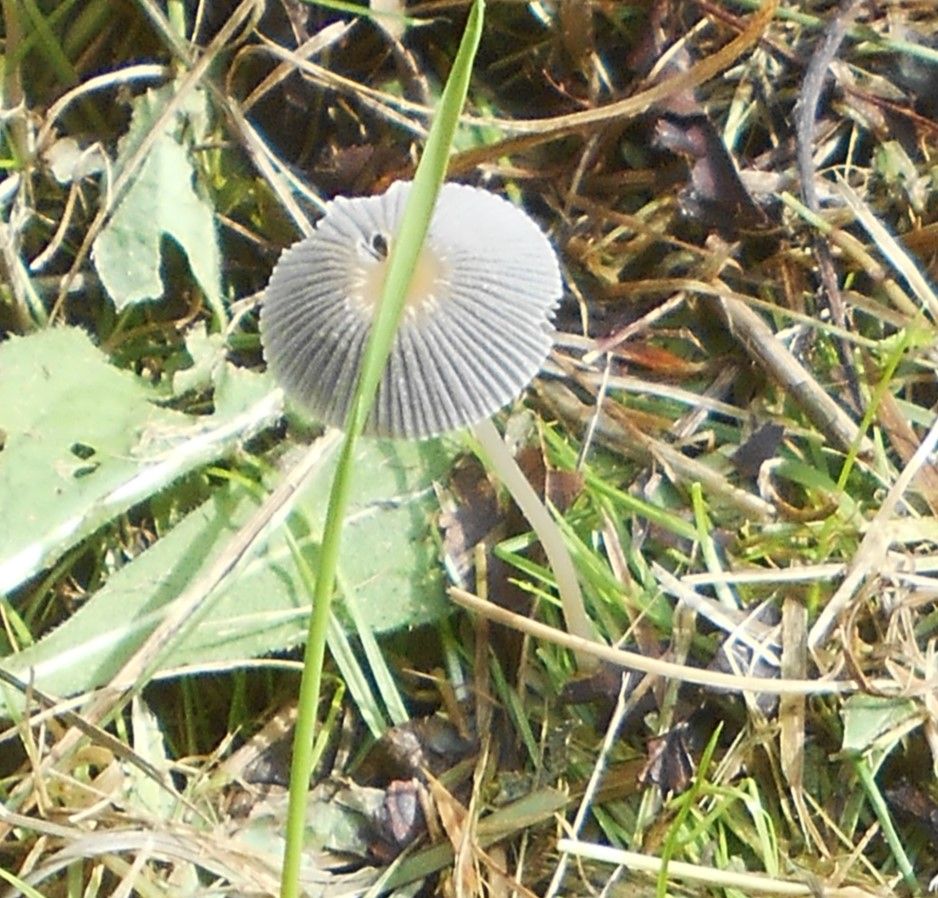
Yet another sign of the time of year when the nights are drawing in, log fires are being lit, the sight of whisps of sweet smelling apple wood smoke rising and drifting from brick chimneys and the thick morning mists are already filling the river valleys.
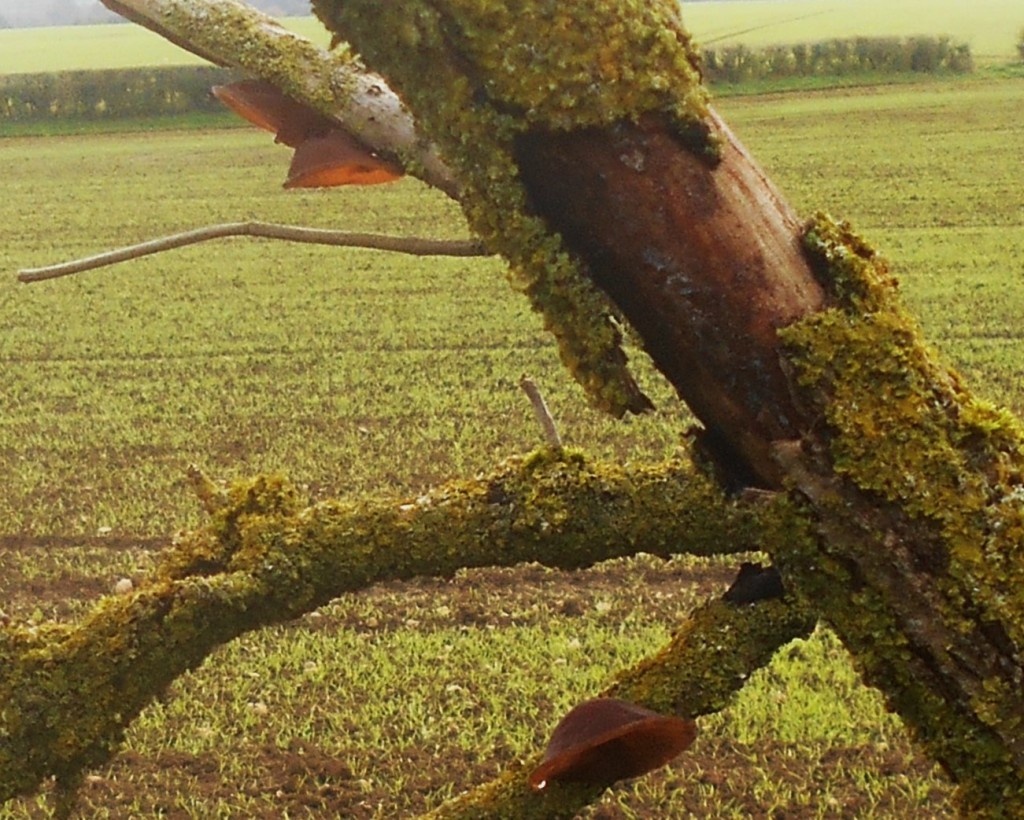
The strange looking cups of the Jelly Ear Fungus clinging to the lichen encrusted branches of a leafless Elder, the tree steeped in legend and the jelly fungus dried as flavourings from China to the cottages in English villages or medicines against sore throat and megrims of winter.
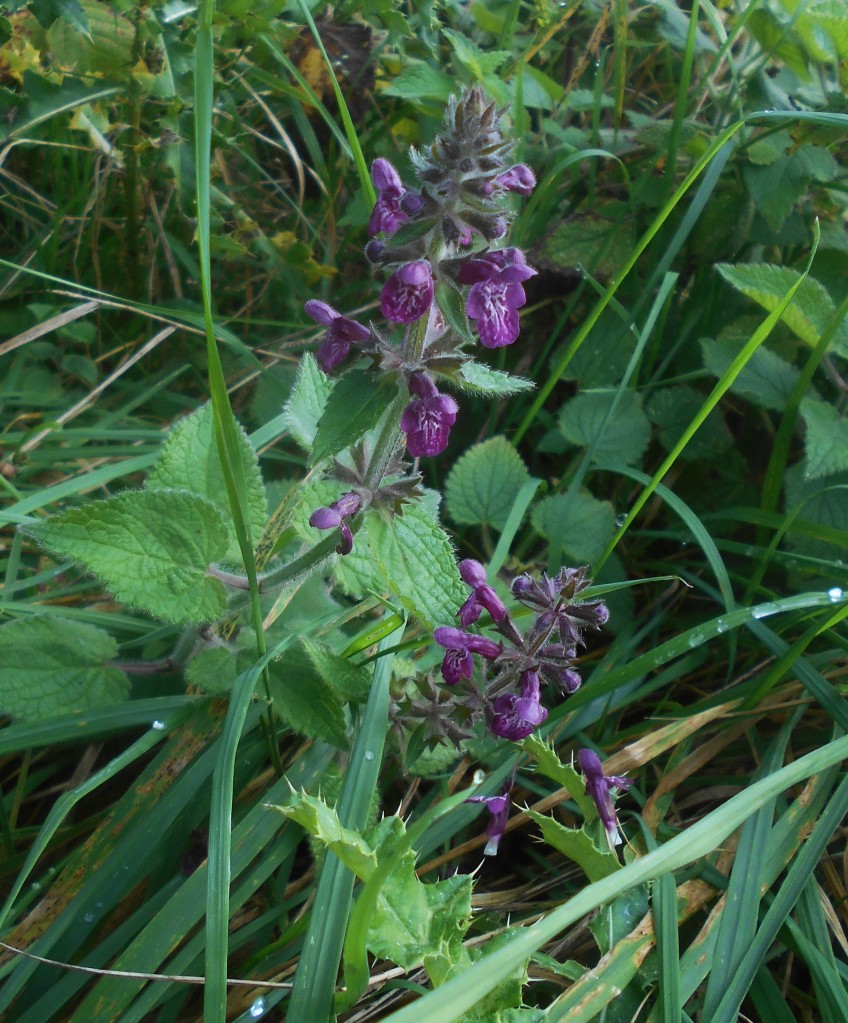
So although we bent down to examine and take delight in the beautiful markings on the tiny blooms of the Hedge Woundwort, we knew we needed to store the memory of the last few summer wild flowers during the coming months of short dark days and long nights when the snow and ice of winter grips the land and enjoy what autumn has to offer while we can.
16th July 2023 / Temp: 16 C / 9.20am – 10.55am
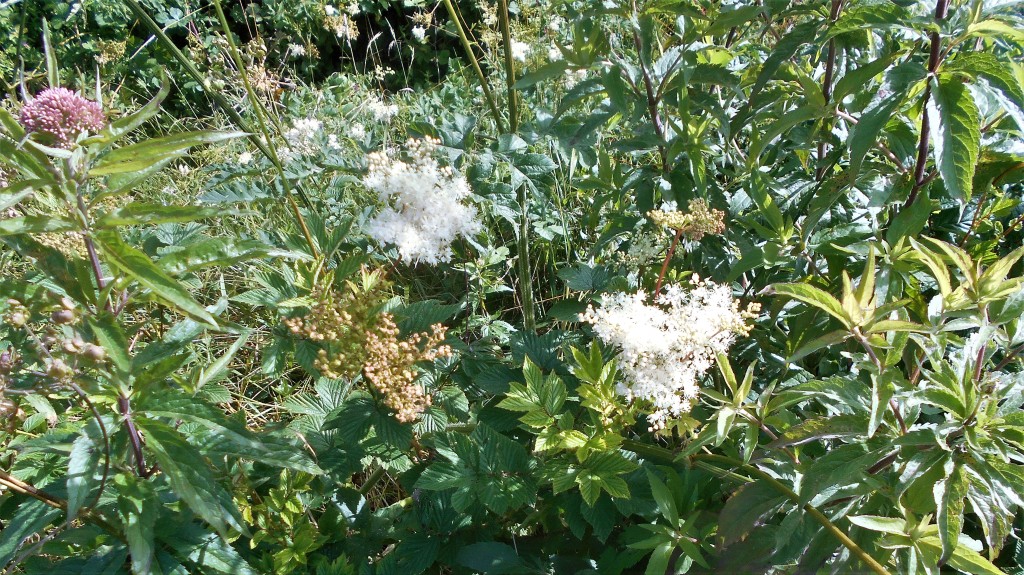
A long line of frothy sweet smelling Meadowsweet interspersed with Hemp Agrimony, their wooly pink heads upright and tall mark the line of a deep ditch and make a stunning sight.
A whole series of low pressure has been dominating the weather for a week or more, frequent rain storms with strong winds and we are taking advantage of a sunny period before more rain is forecast mid-morning and oh how wonderful to feel the sun on our faces along the path where the high hedges protect us from the blustery wind.
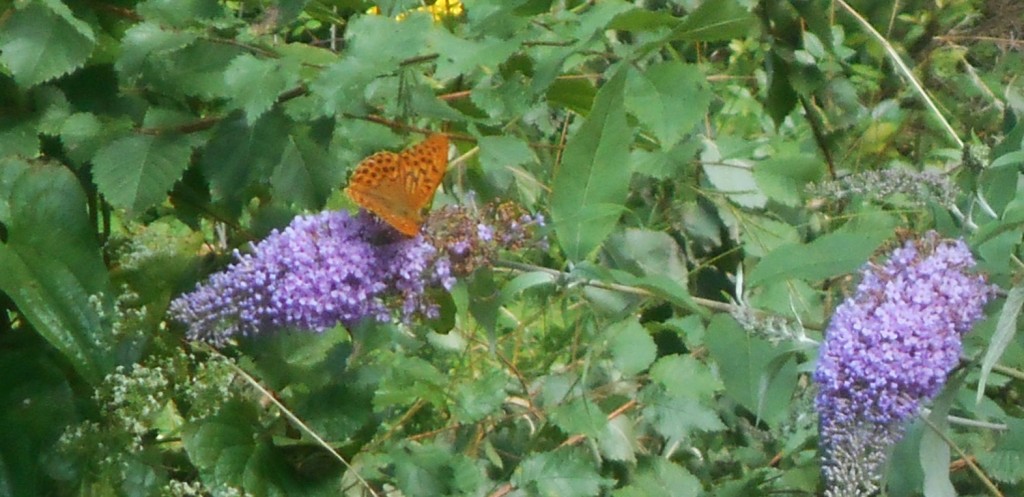
A pause by the small glade filled with buddleia bushes and trees, rewarded by the sight of three Silver-washed Fritillaries fluttering at speed over the flower heads. As always Silver-washed are fast butterflies and as they barely stopped to feed it was a constant trial to capture a photograph but we managed a couple and this was the best.
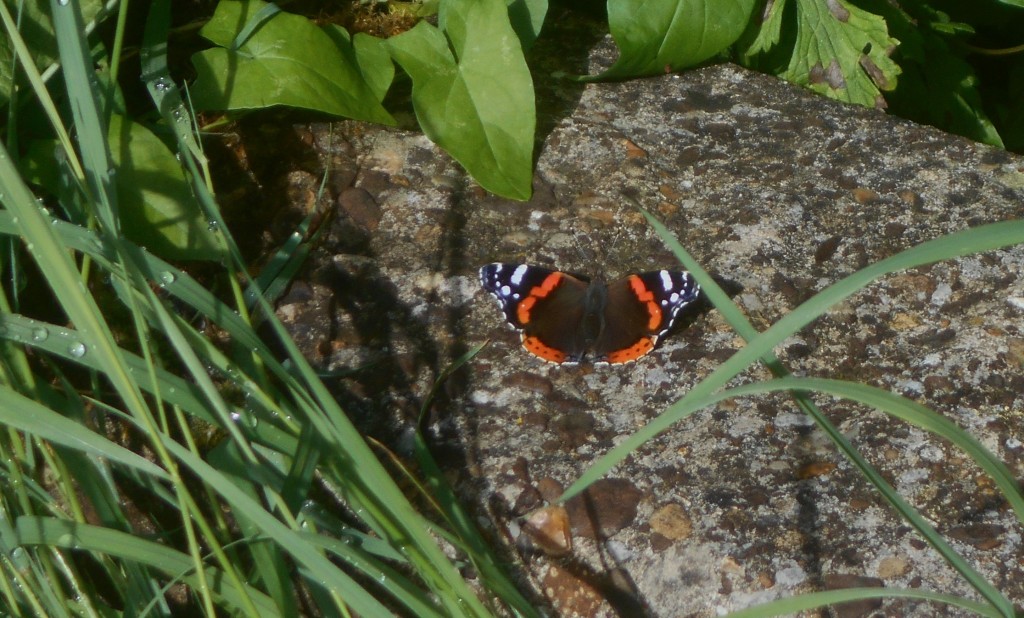
No such problem with the Red Admirals, out in force, and they are more than happy to pose for photographs. This one obligingly settled on the bridge over the small stream, content to sunbathe with barely a twitch of wings or antennae to show it was awake!
[Note: The Big Butterfly Count for 2023 showed that the Red Admiral was the most common sighting this summer.]
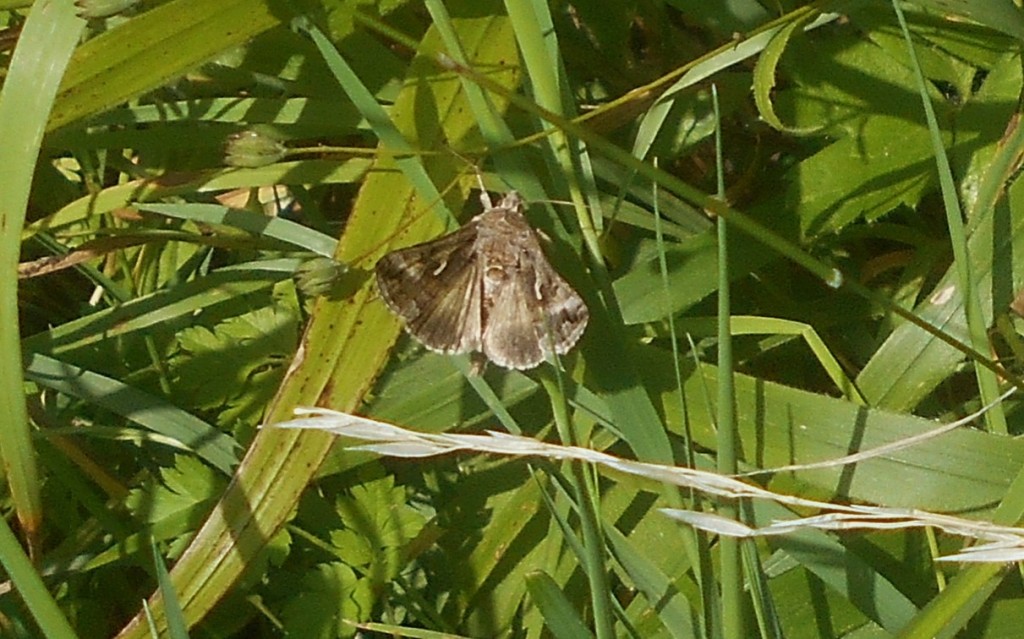
The Silver Y Moth was not so co-operative – at the slightest movemt it fluttered away, soon lost to sight in the long grass, so it led us a merry dance as we steathily manouvered around it, camera at the ready and eventually caught it resting. The pure white moth which shared the dance managed to evade us altogether.
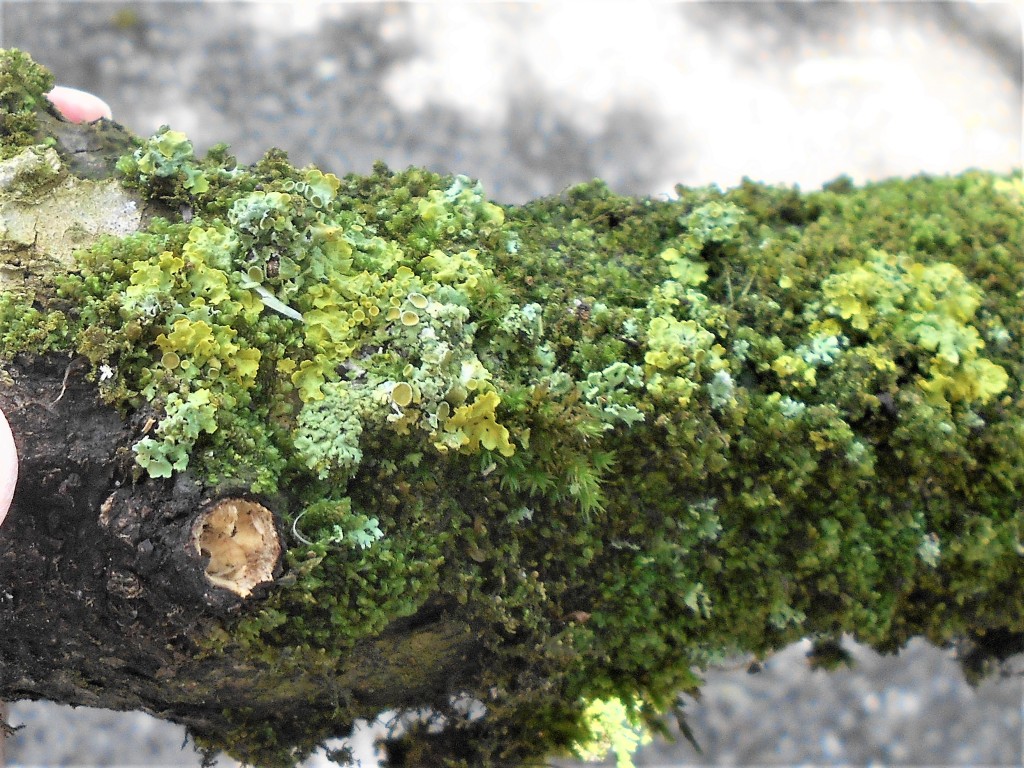
The recent heavy rain storms have refreshed the mosses. plants and lichen, especially noticeable in a conglomeration of mosses and lichen jockeying for space of a small, fallen branch – a beautiful mixed garden in such a tiny space, yellow form of Xanthoria parietina pushing against Greenshield Lichen are the only two I can hazard a guess at.
Let’s hope this last rain storm is the last of the lows and the weather will remember it is July – summer – and it is the season for blue skies and warm sun!!
21st June 2023 / Temp: 24 C / 2.45pm – 5.05pm
FIRST DAY OF SUMMER!

A posey formed by a single flowerhead of the humble hogweed to celebrate the Summer Solstice, the longest day of the year, the shortest night and the first day of summer has arrived at last!
What is immediately striking is the worrying lack of insects, we passed verges filled with masses of hogweed in full or half flower without a single beetle, hoverfly, bee, ladybird, butterfly or moth to be seen on their flower heads when not many years ago there were so many crowding onto each head they were lifting and resettling constantly as we watched.

Nature has responded to the warmer weather, if a little sparsely and tentatively, with caterpillars sharing the fresh green leaves of mullein (Mullein Moth above and below) nettles and privet.
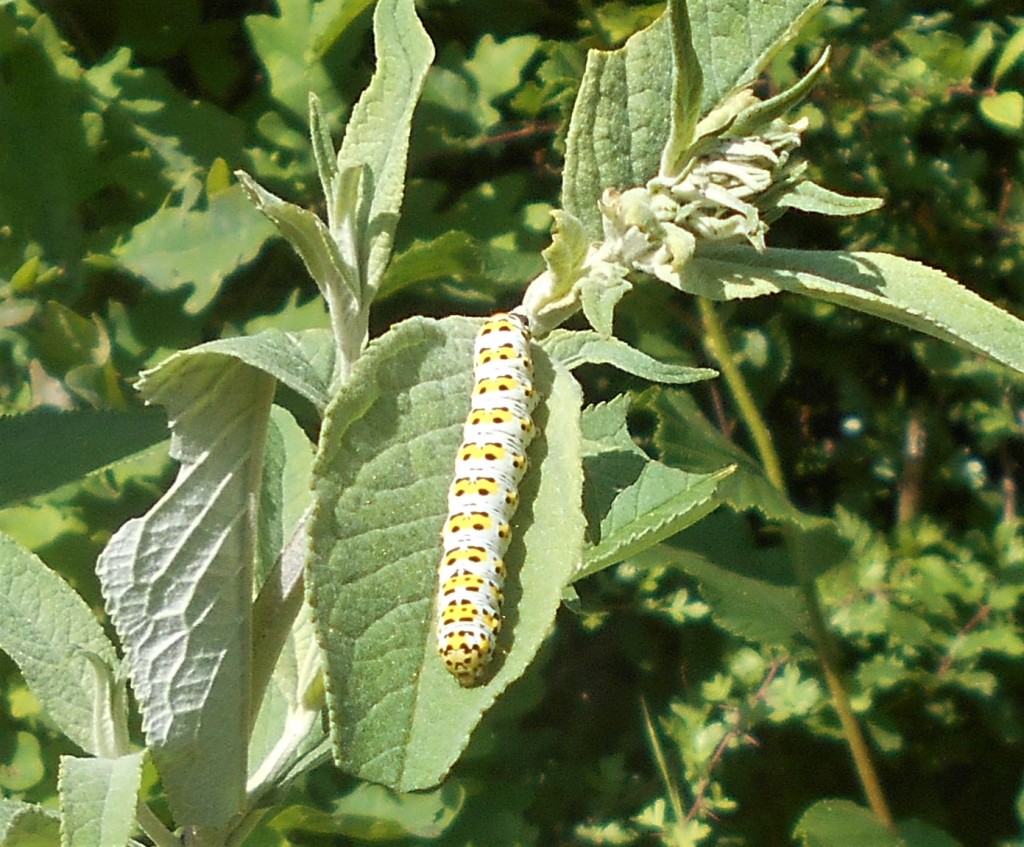
The same picture emerged regarding bird life which was minimal. This is the season when we see a good number of migrants swelling the numbers, particularly the warblers but we heard none, not even a single Chiff Chaff. The warblers could have been driven away by the lack of insects which seems a likely answer, but what about the non insect eating birds – where are they? Not here.
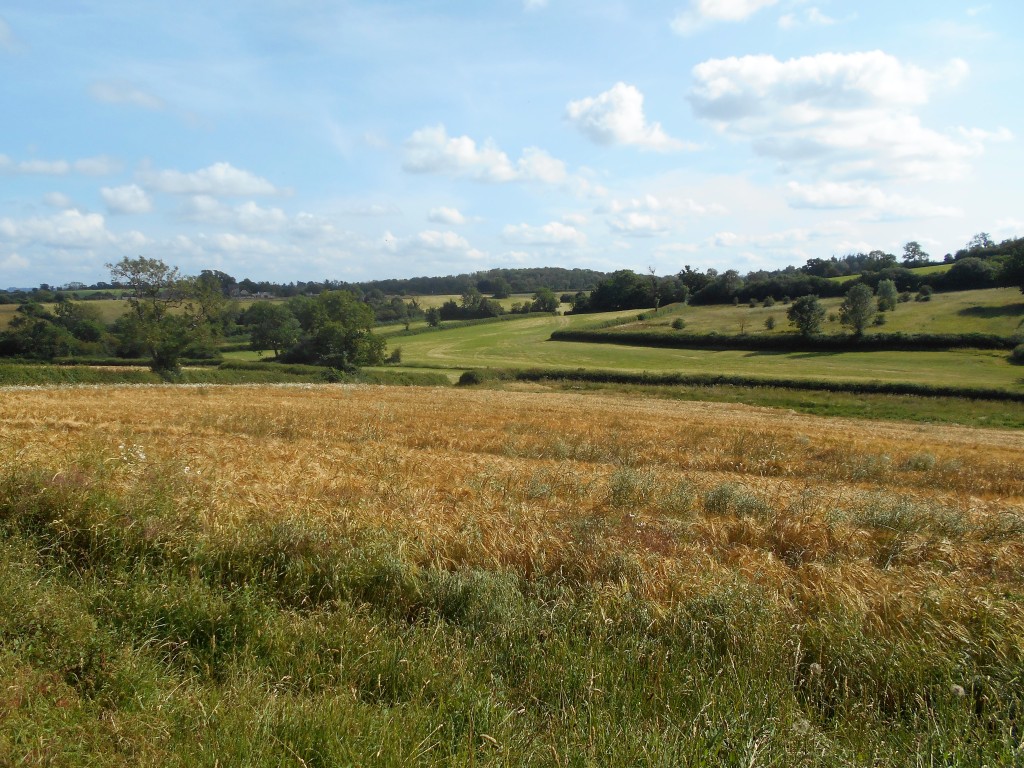
The view above across the neighbouring acres of farm land – some arable, some already cut for hay, looking idyllic in the warm sunshine and sailing warm weather clouds set fair, difficult to face the fact that these fields are so heavily sprayed with pesticides that all insect life is killed. If the wind just happens to be blowing the pesticide behond their fields onto the neighbouring nature reserve or cycle path, then the decimation of the wild life of the area is complete.
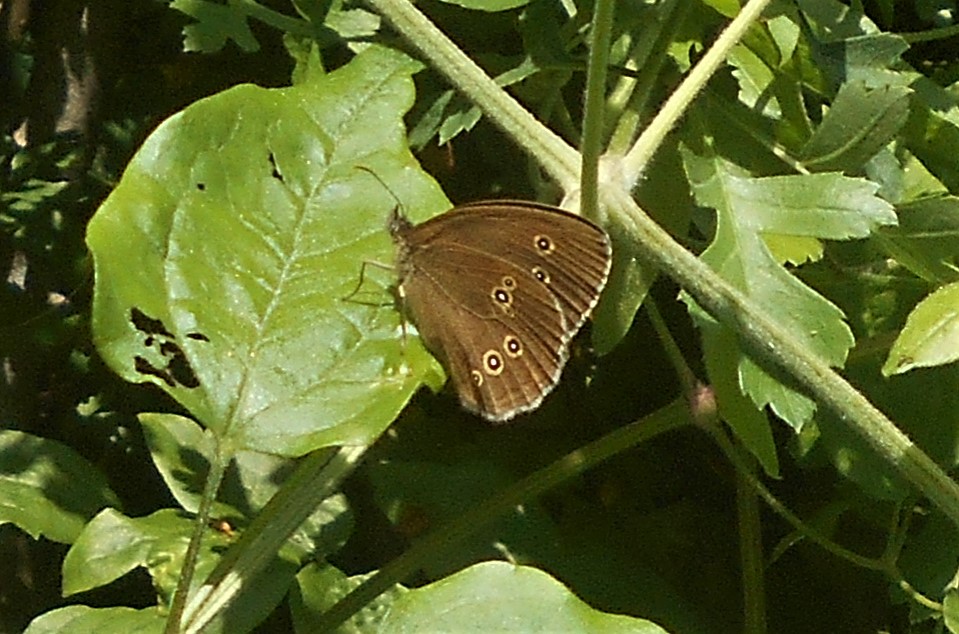
It was a huge relief to see a number of butterflies about, a dozen or so Ringlets and Meadow Browns, a couple of Brimstones, 2 Small Skippers, 1 Small Blue, 1 Speckled Wood, two Large Whites and a single Red Admiral – negligible given the field roses, meadow sweet, privet, moon daisies were all in flower. The sad, sad sight of massed brambles covered in flowers, normally humming with bees and hoverflies almost entirely empty of life – who will pollinate them now?
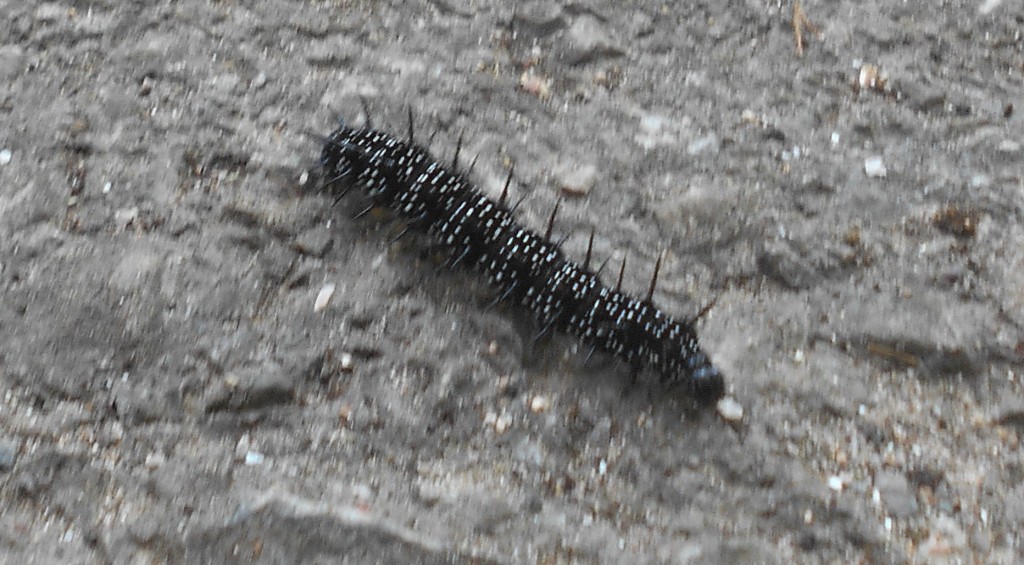
We were amused to see a Peacock Butterfly caterpillar on a mission crossing the cycle path at speed! Although the caterpillars stay together in a writhing mass in their nest on a nettle head, when they are ready to pupate they separate from the rest of the family and go off singly to pupate on their own.
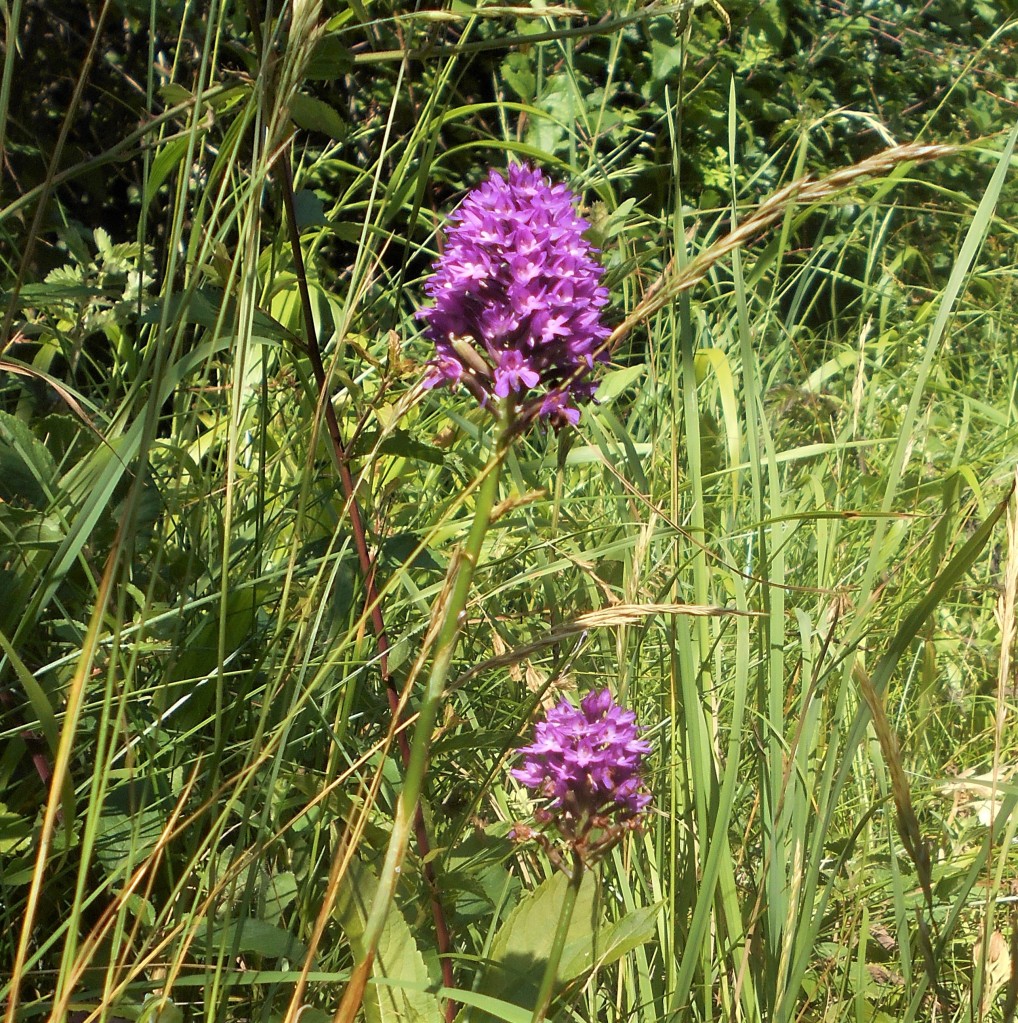
Whilst admiring how well the Pyramidal Orchids which the Frome’s Missing Link team have planted along the verge are thriving, we fell into conversation with a cyclist who was resting by the picnic bench. He had been cycling and camping on a journey he was making from Greenwich to the South Coast path where he intended to spend the summer. He had spent the previous night on the top of Cley Hill to greet the Summer Solstice dawn rising above the Iron Age Hillfort which he said had been a stunning and uplifting experience.
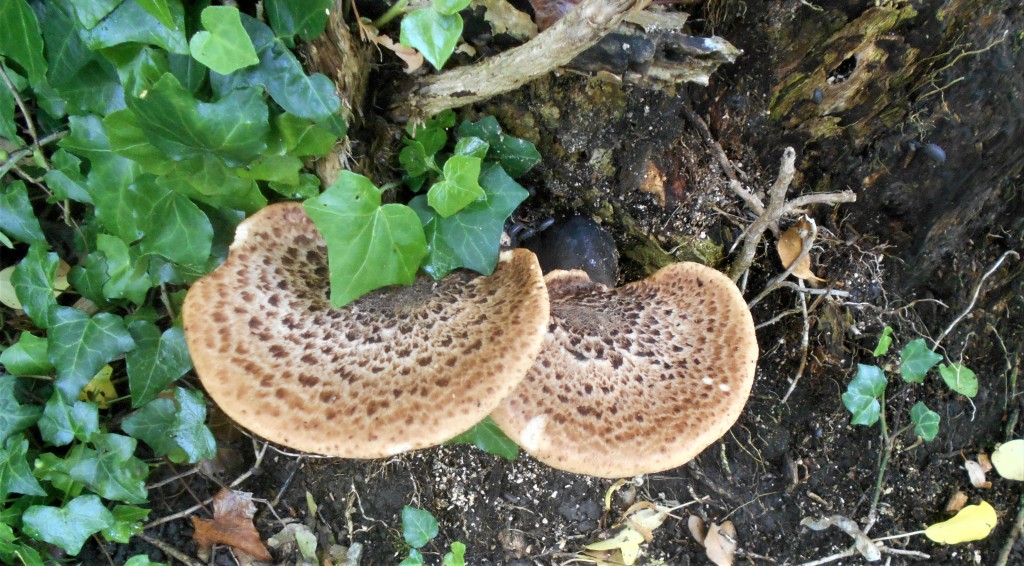
While we were gazing disconsolately at the woodland glade which in previous years had been alive with Silver-washed Fritillaries, Commas, Red Admirals and Brimstones but which today had attracted only a single Meadow Brown, and the rather beautifully patterned Dryad’s Saddle fungus living on a rotting tree trunk, he was reliving his cycle along the river through Henley-on-Thames, Sonning and Pangbourne glorying in the memory of the profusion of butterflies, damseflies and dragonflies. It sounded magical.
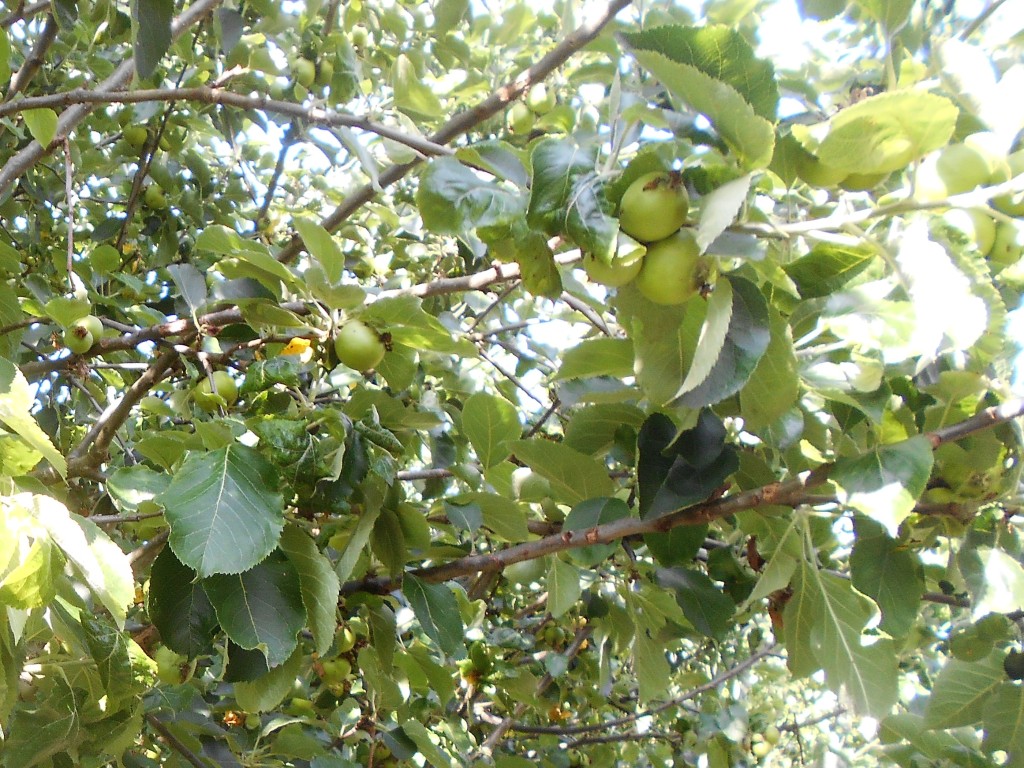
Even as we enjoy the wonderfully welcome warmth of a beautiful summer’s afternoon, as strolled back down the path towards home, we passed the apple trees, already heavily laden with fruit beginning to fatten and ripen, preparing for the coming season. A reminder to make hay while the sun shines and enjoy summer while we can – autumn will be hear before we know it!!
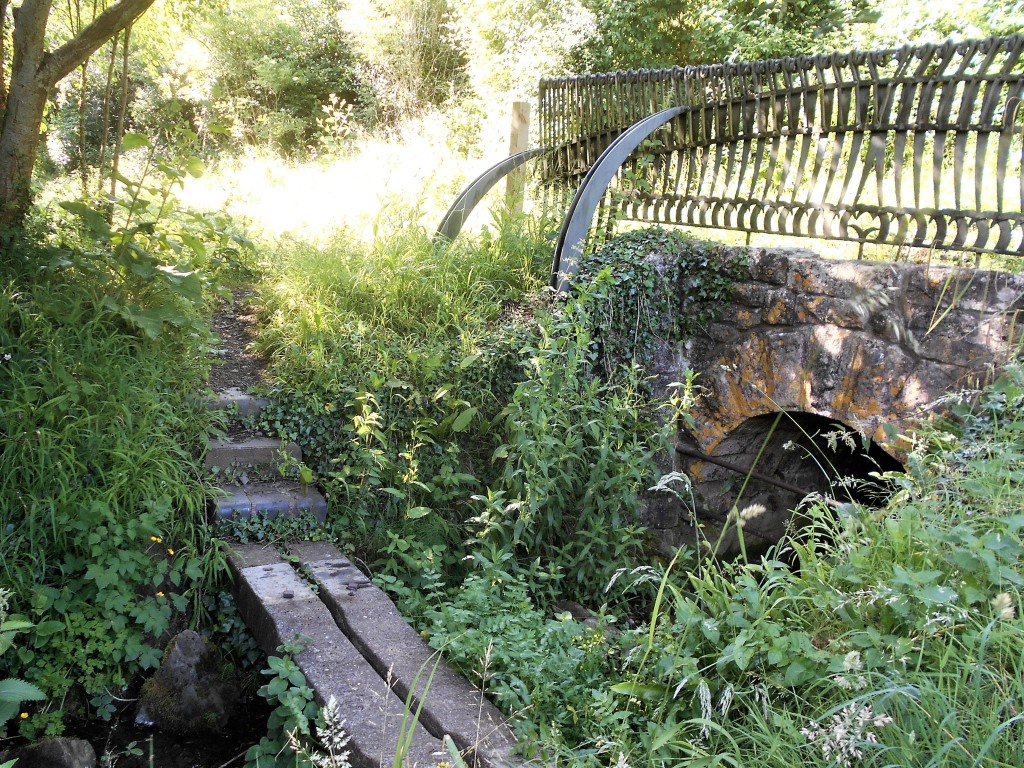
How reluctant we are to leave when the air even in the late afternoon is still warm, the sun still shining, the sky still blue so before we left the cycle path altogether, we sat on the stone bench and watched the stream trickling under the bridge, the sound of water such a wonderfully calm sound in the quiet at the end of a summer’s day.
18th April 2023 / Temp: 15 C / 2.15pm – 4.05pm
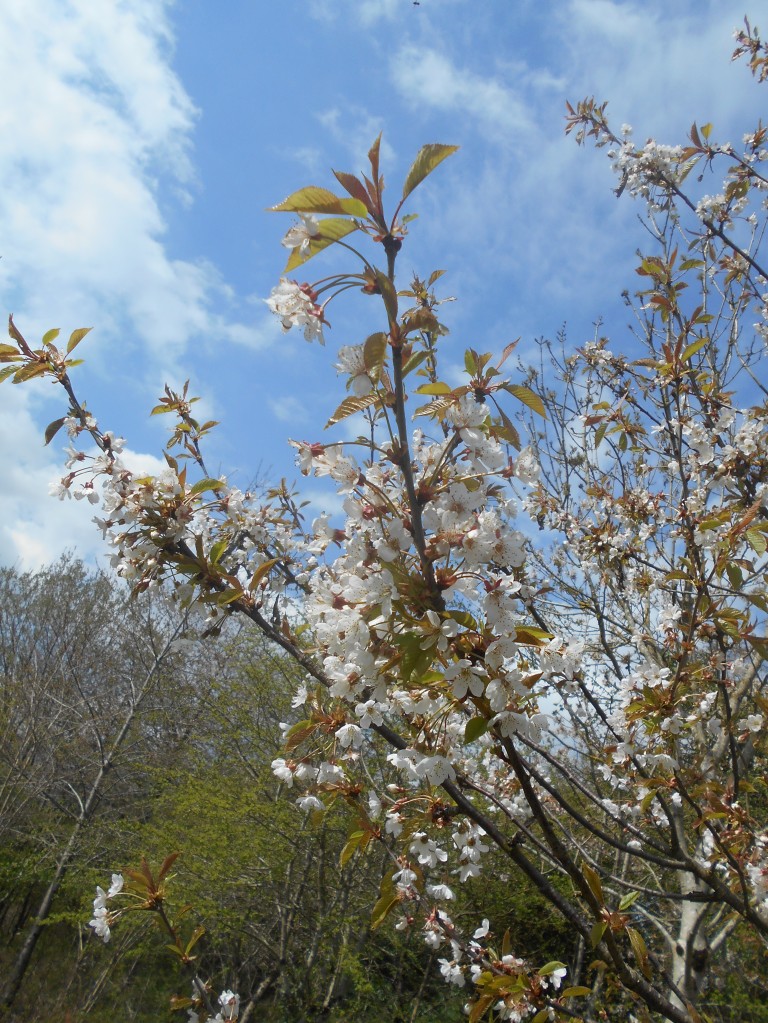
It’s only when I come to enter our latest walk along Colliers Way that I take note of my last entry – 11th January!! Our commitment to carrying out the Otter Surveys along the Somerset Frome does take a lot of our time and energy, the latter in shorter and shorter supply since we reached our late seventies and mid eighties, but still, the cycle path has taken a poor second place over the past year which is a situation we really must face.
But for the moment we want to celebrate what continues to delight along the path and the flowering wild cherry in April is a sight not to be missed. Wild cherry and pear blossom are my two favourite joys of spring and it was lovely to look up into the flower laden branches, to the blue sky above and feel the joyful triumph of surviving another winter and look foward to the warmth of summer ahead.
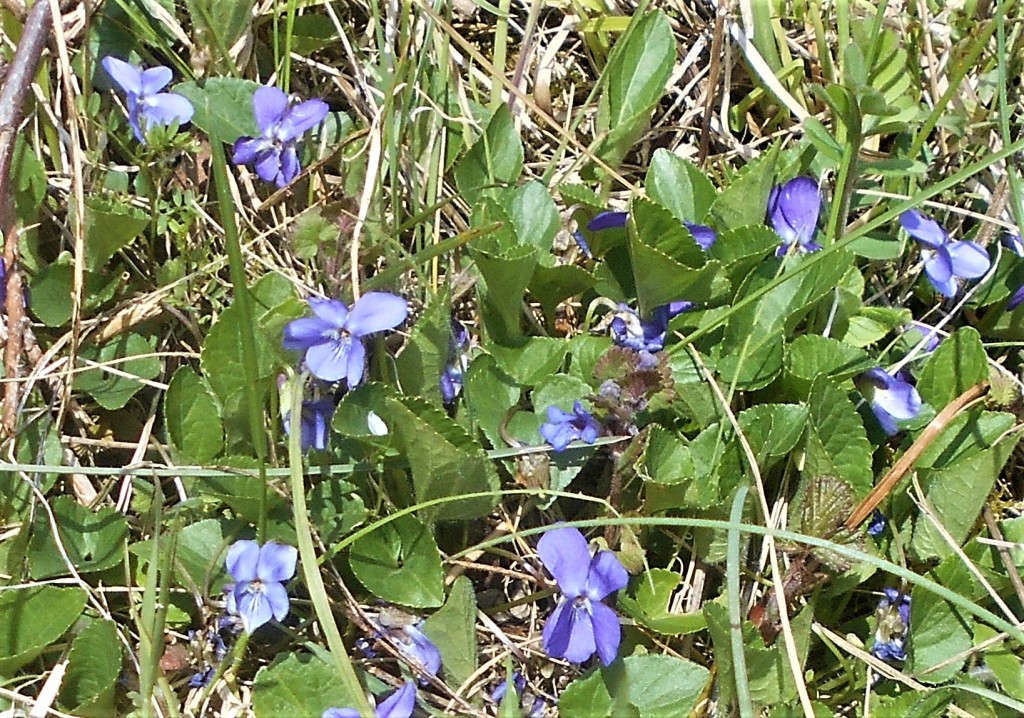
Who doesn’t love violets? The tiny, purple flower heads with their orange centres and streaks of deeper purple nestling amongst the heart shaped leaves, a reminder of the first warm spring evenings in another place where gypsies used to pass among the diners offering small posies of the later sweet smelling violets. These plants, one among several clumps scattered at random across the south-facing old disused railway embankment, between the Yellow Meadow Ant hills, the haunt of the colony of Common Lizards, and the massed wild flowers in summer where Bush Crickets, Labryrinth and Woolf Spiders, butterflies and moths make their home.
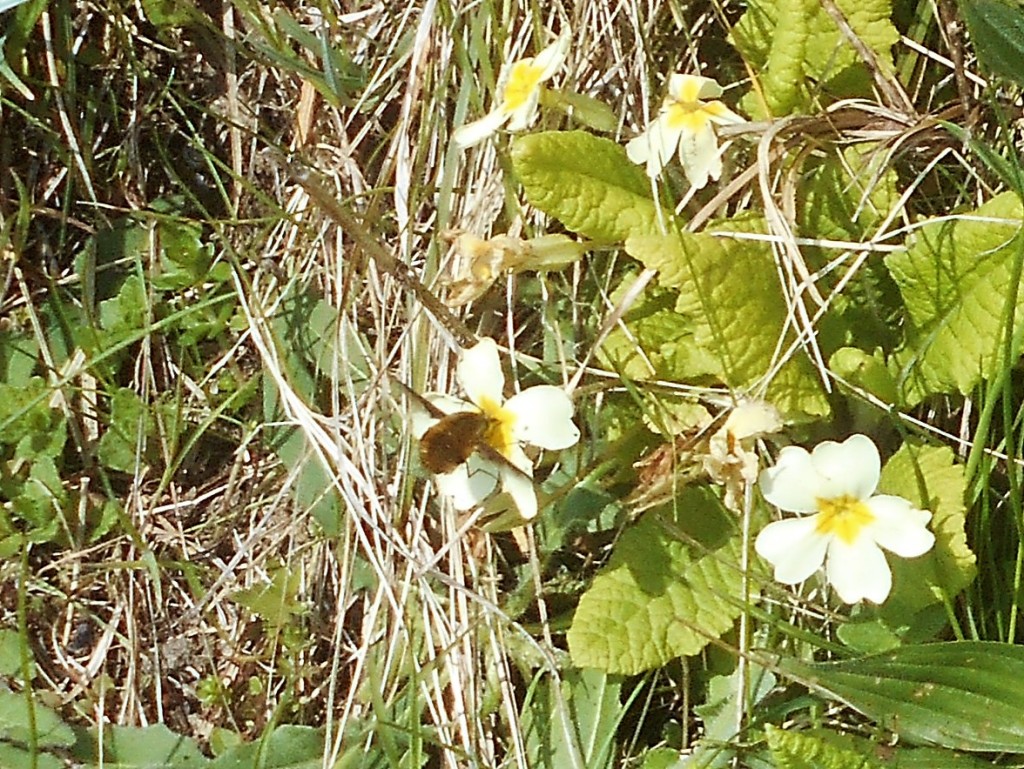
Here we also find a few primroses, a favourite with the pollinators, especially Dark-edged Bee Fly, with its long, straight proboscis that it uses to feed on nectar from spring flowers, hovering, it’s wings beating so fast they are just a blur.
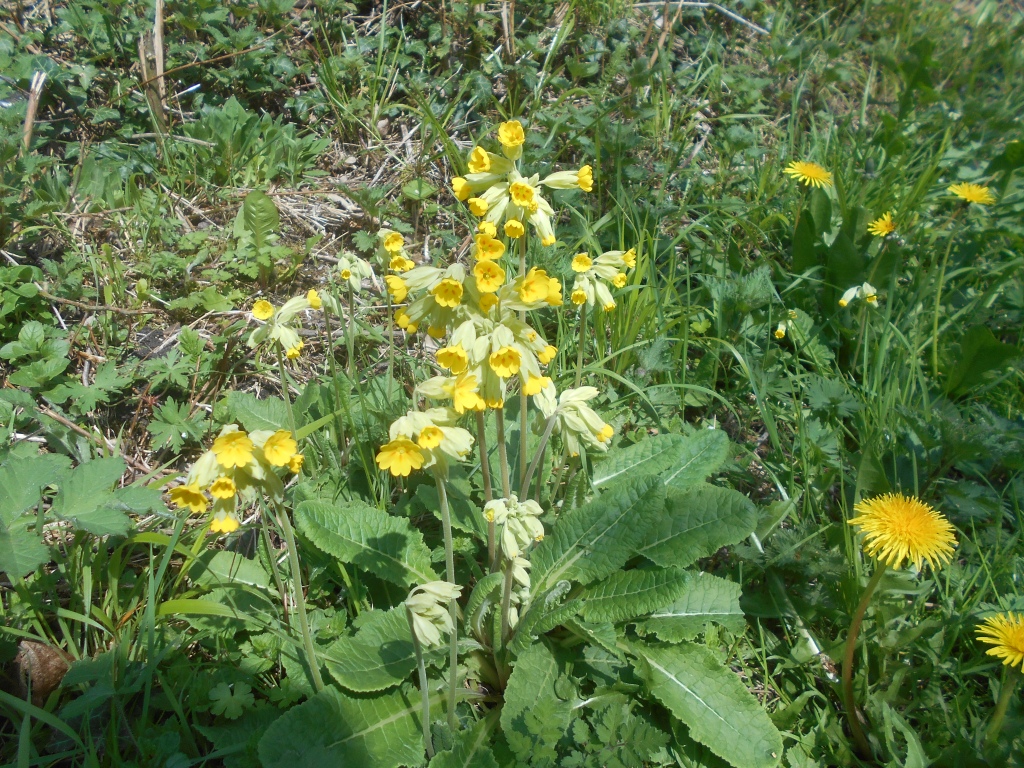
The cycle way is always a good place to see dandelions in the carefully mown grass verges on either side of the path which are usually lined with cowslips, spreading into the wilder areas under the hedges or a line of trees. But there is another story being told along the path….

We heard a Chiff Chaff, that herald of spring, one of the earliest and the first of the summer migrants we have heard over the past week or two. A single Wren, a Robin, some Pheasants noisily making their presence known from the arable fields beyond the path where a few Crows and Jackdaws flew across.
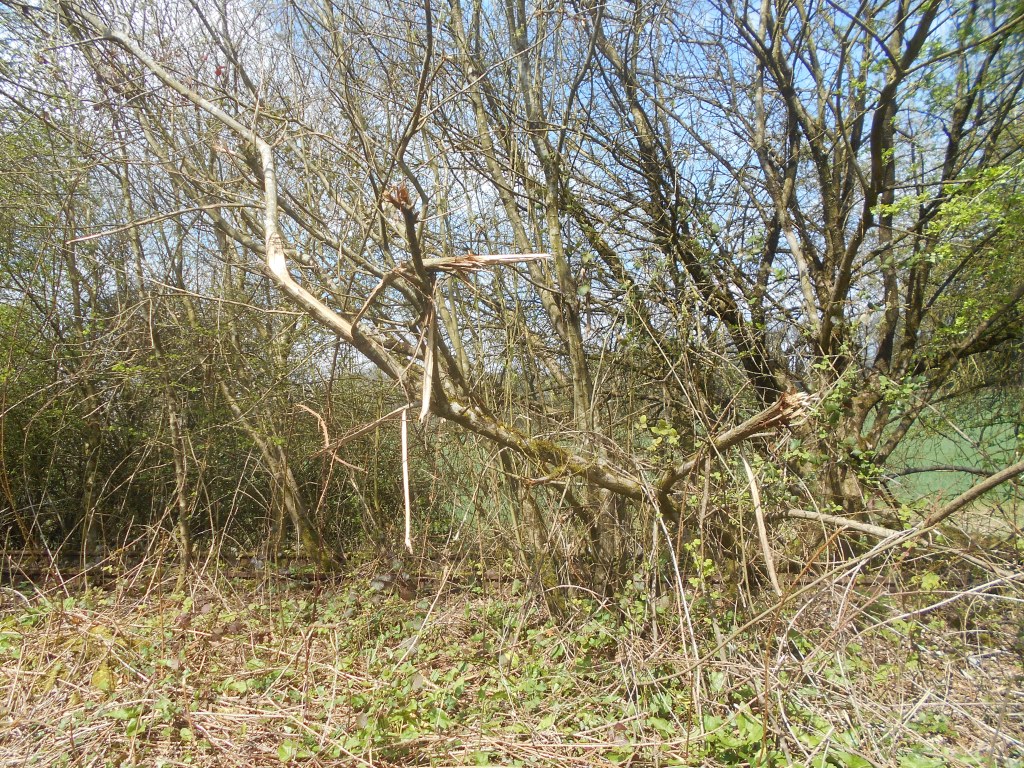
We looked and listened hard. We saw and heard very little. For weeks patrolling the river banks and streams seeing and hearing Mistle Thrush, Chiff Chaff, Chaffinch, Blackbird, Long-tailed Tit, Blue Tit, Great Tit, Tree Creeper, Great Spotted Woodpecker, Green Woodpecker, Raven, Buzzard and Red Kite plus the water birds which of course we wouldn’t see here. But where is the birdlife here?
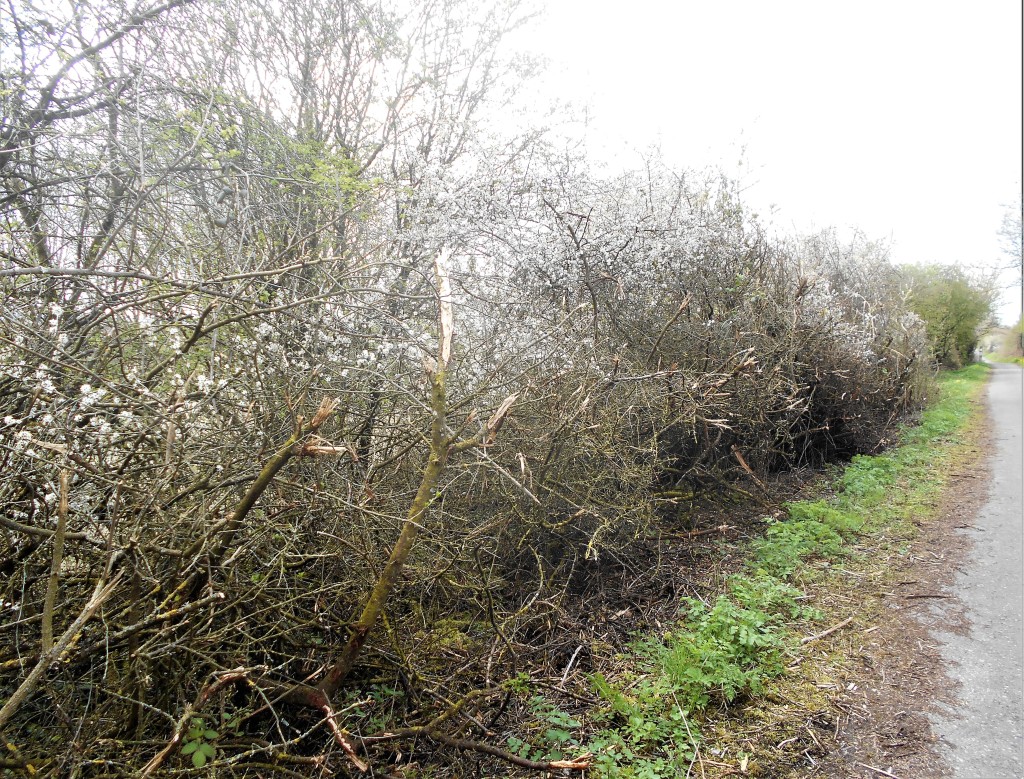
Birds need cover for protection from raptors, places to nest safely, places to roost, places to feed on the insects and spiders living among the branches. And it’s not just trees, Linnets nest in bramble hedges, the dense thorned branches and thick leaf cover a perfect place of safety from the many raptors which patrol the skies.
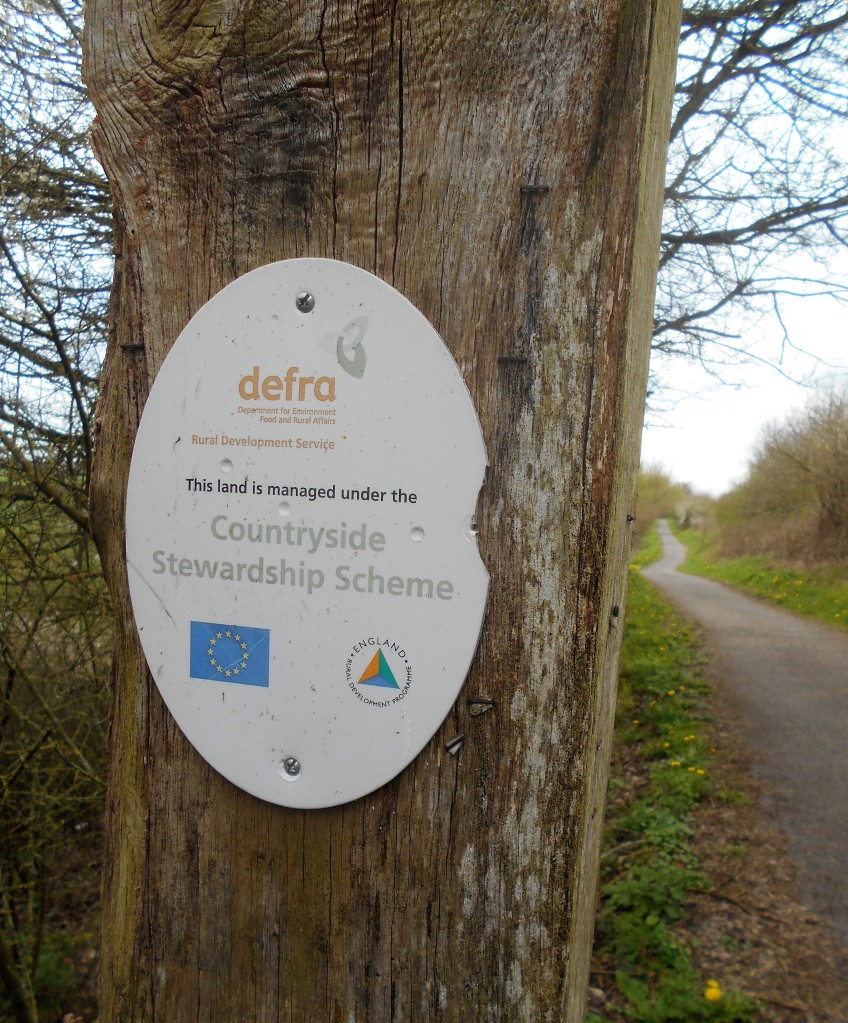
Stewardship means more than sending a mechanical flail along a line of trees and hedges and embankments. A flail doesn’t know where the wild crab apple trees are, beloved of pollinators and a feasting ground for wasps, which hedge is coated with ivy, the crucial flowers of which bloom in autumn when very little else is flowering, when the air is a constant hum of Ivy Bees swarming over the flowers, or the thick, impeneterable bushes and hedges of bramble, food for butterflies, bees, moths, beetles, ichneumon wasps gorge, or where the Yellow Meadow Ant hills are, a delight usually confined to chalk downland but scattered here along the sunny embankment, now shorn of their top layers where the lizards were used to sun bathe in the warm days of spring, summer and autumn.
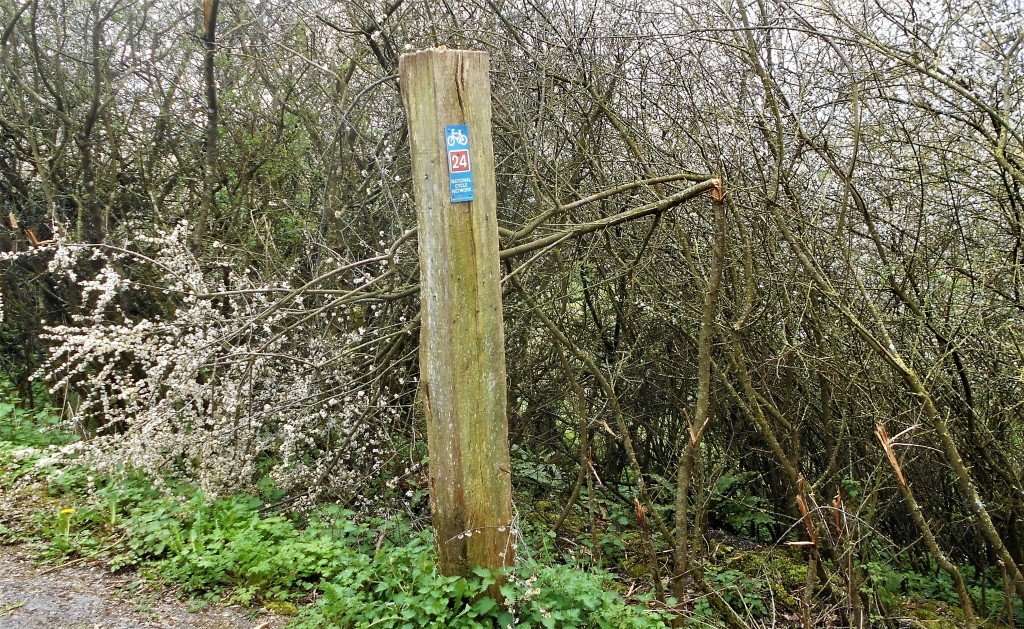
This path is a very precious resource, a green corridor for insects, birds – more than twenty recorded Red List species, and ten Amber List species, Roe Deer, Brown Hare, Red Fox, Bank Vole, Field Vole, Weasel and Wild Boar have been recorded here, a small narrow oasis running through a green desert of barren, over sprayed plants, where no butterflies, bees, wasps, and other insects can survive and where no birds sing.
“The UK is one of the most nature depleted countries in the world” and despite nature struggling against all odds to survive, more than one in seven native species face extinction and more than 40% are in decline. We desperately need to preserve areas like this former railway line whose stretches of grassland have probably never been sprayed – certainly not for the past 50 odd years, whose copses of trees are home to rare fungi, and whose trees and hedgerows offer food and shelter to myriad species of birds. It is a scandalous dereliction of duty on the part of DEFRA and, it pains me to say, Sustrans who despite providing the wonderful amenity which they have secured for the people of Frome, Radstock, Bath and Bristol as well as the villages in between, to enjoy the benefit of long distance cycling along traffic free roads, they also must take responsibility for a lack of care they have shown in allowing such wanton destruction to an area which the local volunteers of Frome’s Missing Link among others have worked ceaselessly for years to care for.
29th January 2023
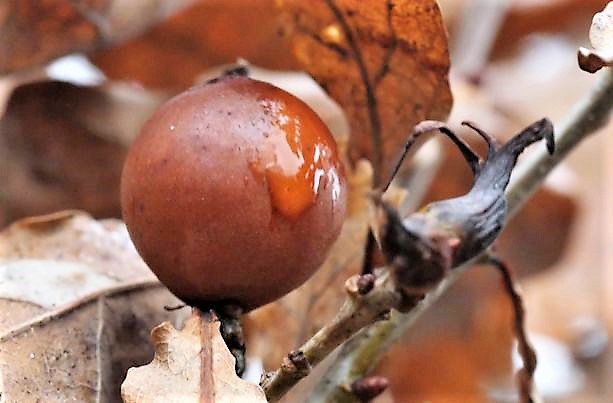
When we started this blog, following the announcement by Sustrans in 2018
that Route 24 had been chosen as part of their Greener Greenways Conservation
project, we were curious to know what wildlife was to be seen along the cycle
path and decided to record what we saw. We thought this would show the huge benefits such wildlife corridors can provide as well as acting as a casual guidance for other walkers. We were always conscious that we would only manage to record a small fraction of the richness that this site holds but believed it would act as a snapshot of the extent and diversity of the area rather than an expert view.
We are pleased and excited to introduce Jenny Vickers, a renowned expert and a hugely respected local naturalist who will be providing records of her occasional visits. This will give a deeper view into the wealth of the area and promises not only to enrich the blog but also add important new additions to the Species List.
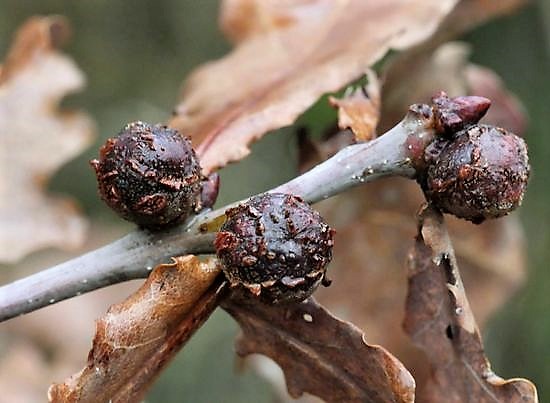
“My name is Jenny Vickers and I’m a naturalist interested in birds, moths, particularly micro moths and all sorts of other invertebrates. I will be hoping to visit Collier’s Way in future to survey for the early stages of moths and at the same time record any other wildlife that I can. All records will either be sent to the relevant recording scheme or put on iRecord at the end of the year.”
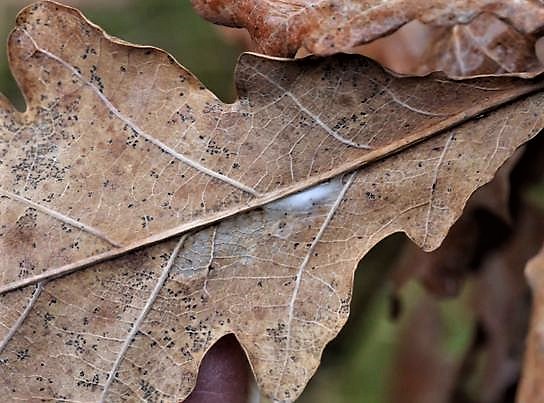
The above image is the silk tube on which the larva of Carcina quercana, Long-horned Flat-body moth feeds on Oak.
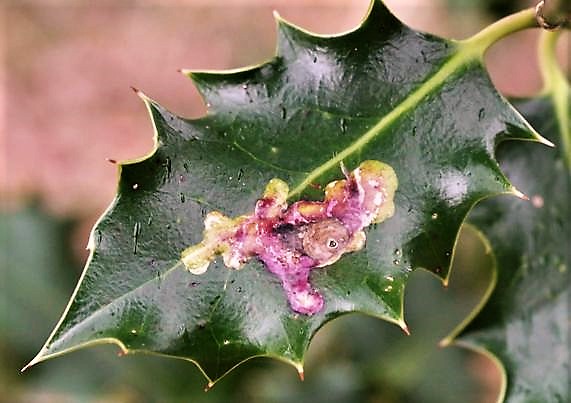
Phytomyza ilicis, a fly mine on holly – copyright: Jenny Vickers
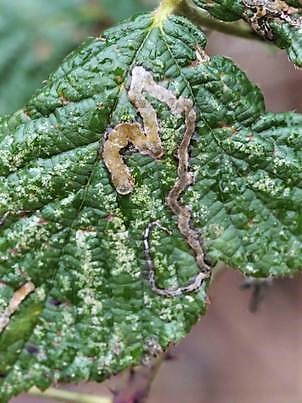
Stigmella aurella – Golden Pigmy mine on Bramble – copyright: Jenny Vickers
11th January 2023 / Temp: 8C / 2.20pm – 3.30pm
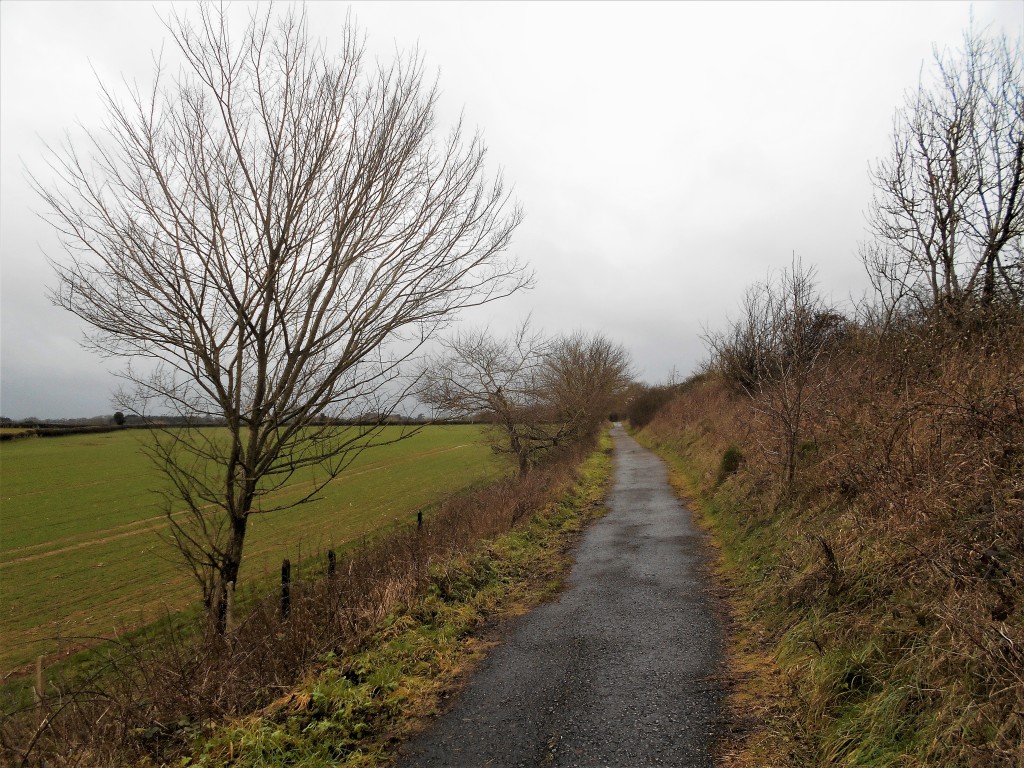
On a chill, overcast afternoon in mid-January when the icy wind is freezing the tips of one’s ears and the path is empty of life we lift our spirits by “seeing” the banks filled with flowers, the air a mass of butterflies and “hearing” a couple of male Nightingales piercing the warm air!
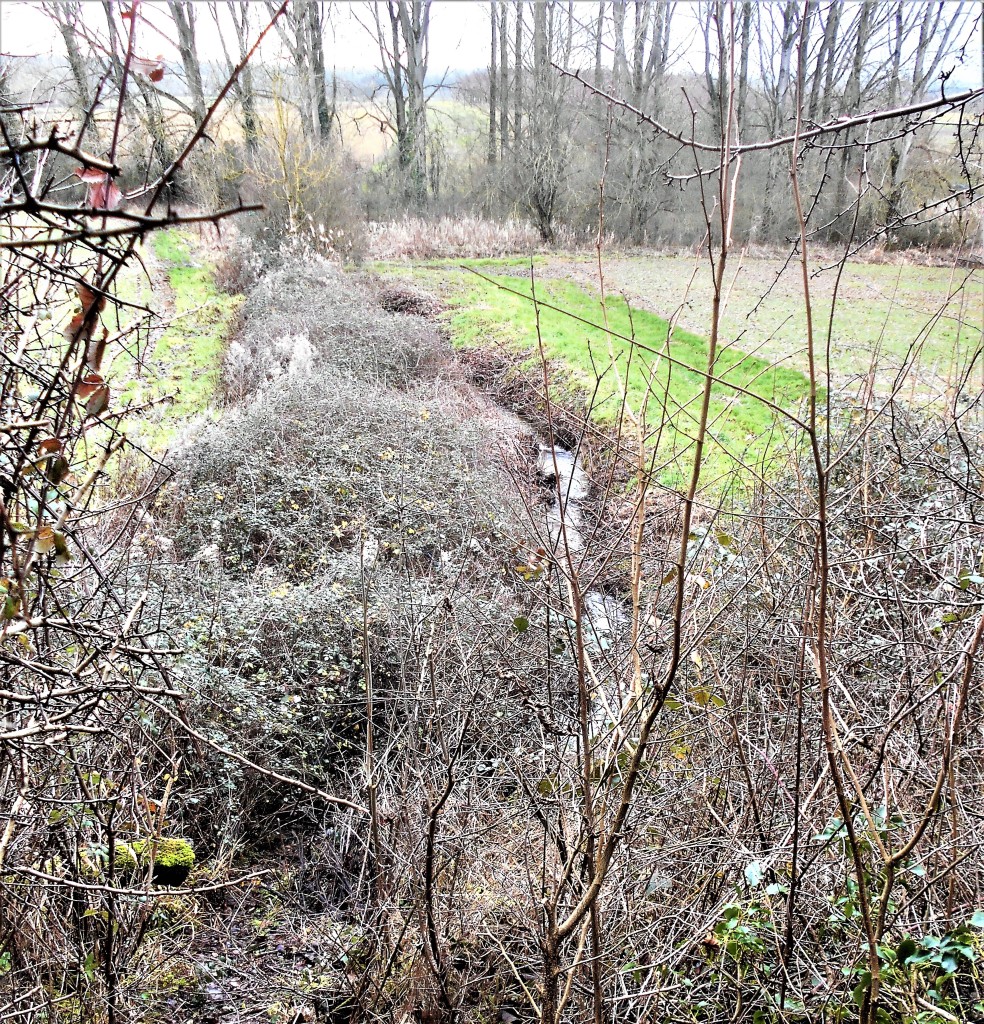
Our gaze follows the shallow stream/run-off/winterbourne, visible in winter as the shrubs and trees are bare of leaf, tumbling down the steep slope and across the field to empty into the large tree lined pond. This used to be the Nightingales’ patch, hidden by the thick impenetrable thorn scrub they would sing for as long as we stood listening to them, challenging each other, one on either side of the path above the pond, the perfect, classic habitat. Who knows, perhaps this is the year when one of their brood might return – we will, as usual, haunt the area in season, full of hope.
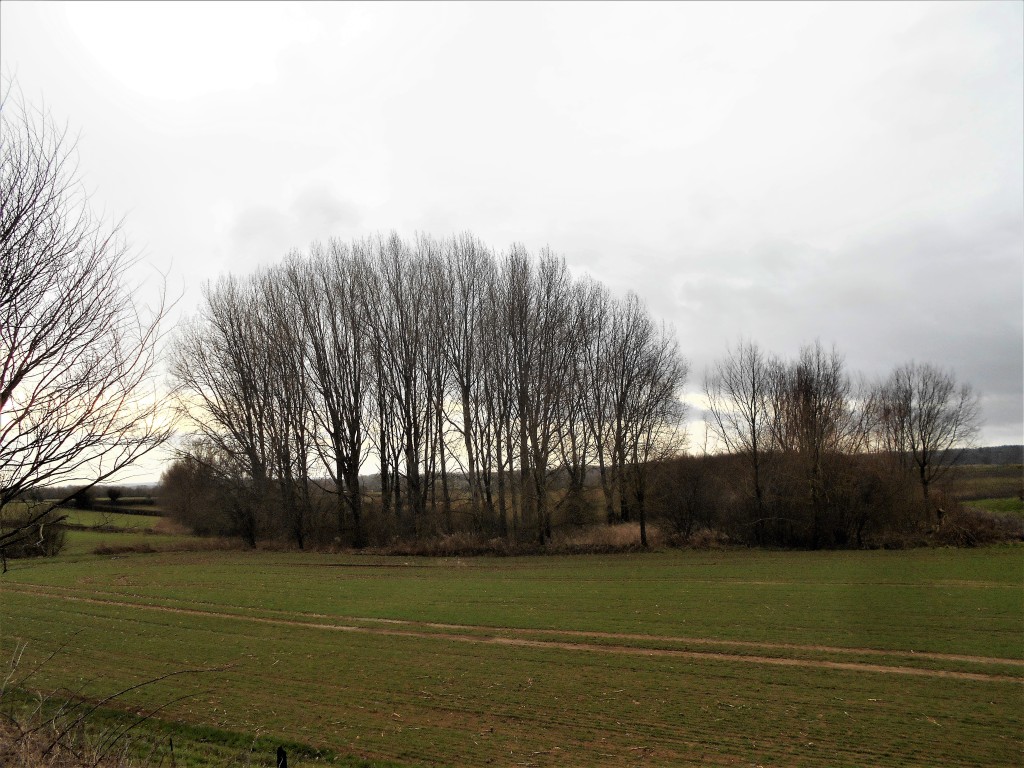
The pond, inaccessible across the field, but close enough for the sighting through a good pair of binoculars of both Sedge Warblers and Reed Buntings which have been recorded there but, regretfully, not spotted by us. What we have seen, in numbers, are the dragonflies hunting along the thick hedges of the cycle path, surprising until we are reminded of the pond, totally hidden from view in the summer months.
As we walked back with the freezing wind now behind us, we were rewarded by spotting two Red Kites cruising above us, searching for prey, and then three Buzzards circling and mewing, on a similar mission, above the trees. Good to see them which made our afternoon’s list of Wood Pigeons, Pheasants, Crows, Great Tits and a mixed flock of Jackdaws and Rooks rising and falling above a newly ploughed field a little more interesting.
27th October 2022 / Temp: 17 C / 2.35pm – 4.20 pm
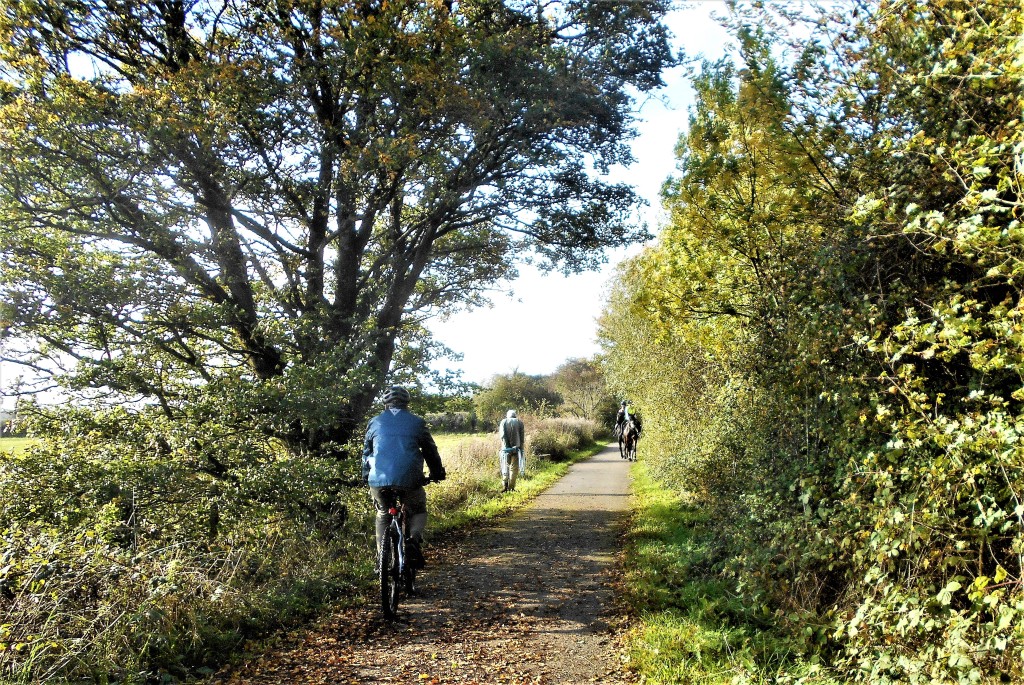
Traffic jam at the crossroads this afternoon – if only we’d caught some dog walkers, runners, skateboarding children, we would had captured a full house but with two female horse-riders, a cyclist and an old gentleman carrying his folding stool – an update on the shooting stick for those of advancing years, we still managed a good cross section of those who love the path!
Strong winds were not tossing the buds of May but tossing the golden and copper leaves of October and swirling them around our heads – the colours might be autumnal but the temperature was more like summer – what a strange year this has been, drought draining our rivers of water, wild birds dropping from the skies with a virulent strain of bird ‘flu and now at the end of October warm winds and thunder storms! We spotted a few bumble bees hunting around the white deadnettle flowers which fortunately flower throughout the year, hoverflies feeding on the few scattered dandelions, their bright sunshine yellow a welcome splash of colour as was the lone Red Admiral butterfly we saw fluttering by.
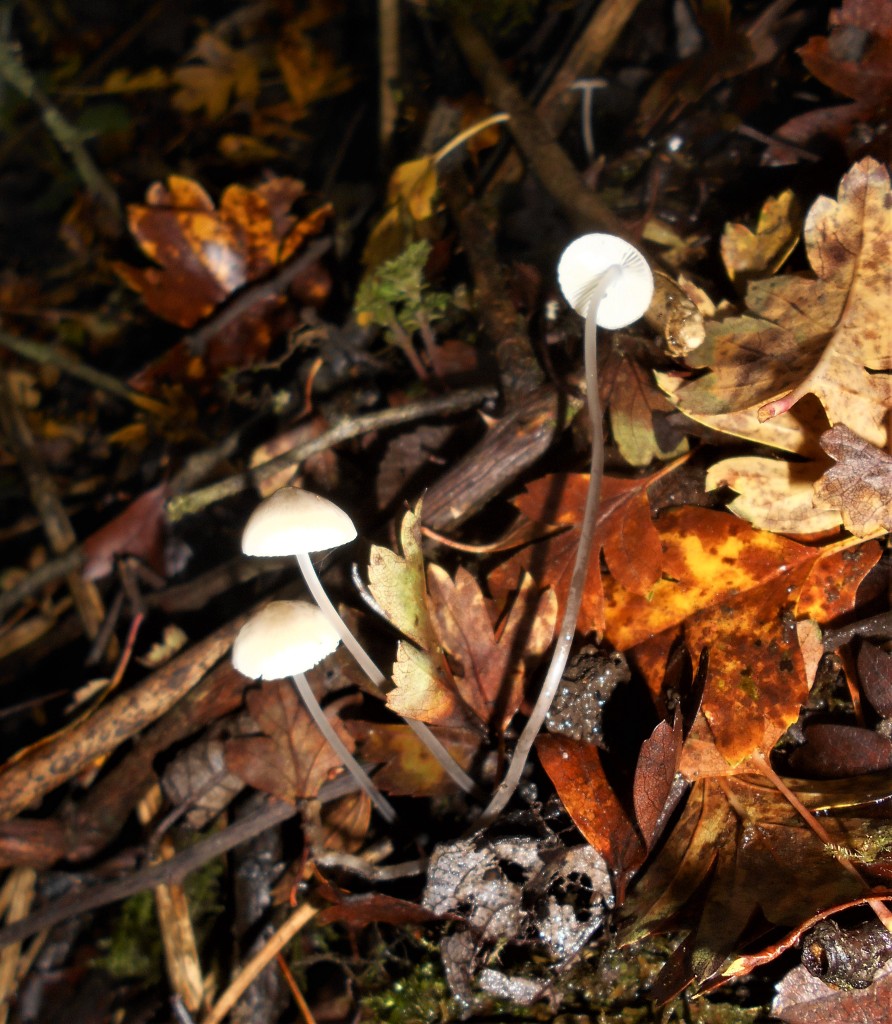
The days of heavy thunderstorms arrived at exactly the right time as this has by common agreement been one of the best ever years for fungus and every website, twitter feed and nature diary has been over-flowing with the most extraordinary photographs of mushrooms, lichen, moss and slime mould. We couldn’t resist adding a few of our own, the tiny bells of the bonnets half hidden among the leaf litter and a new species to us, the mysterious Yellowing Knight, one of the troop of beech knights.
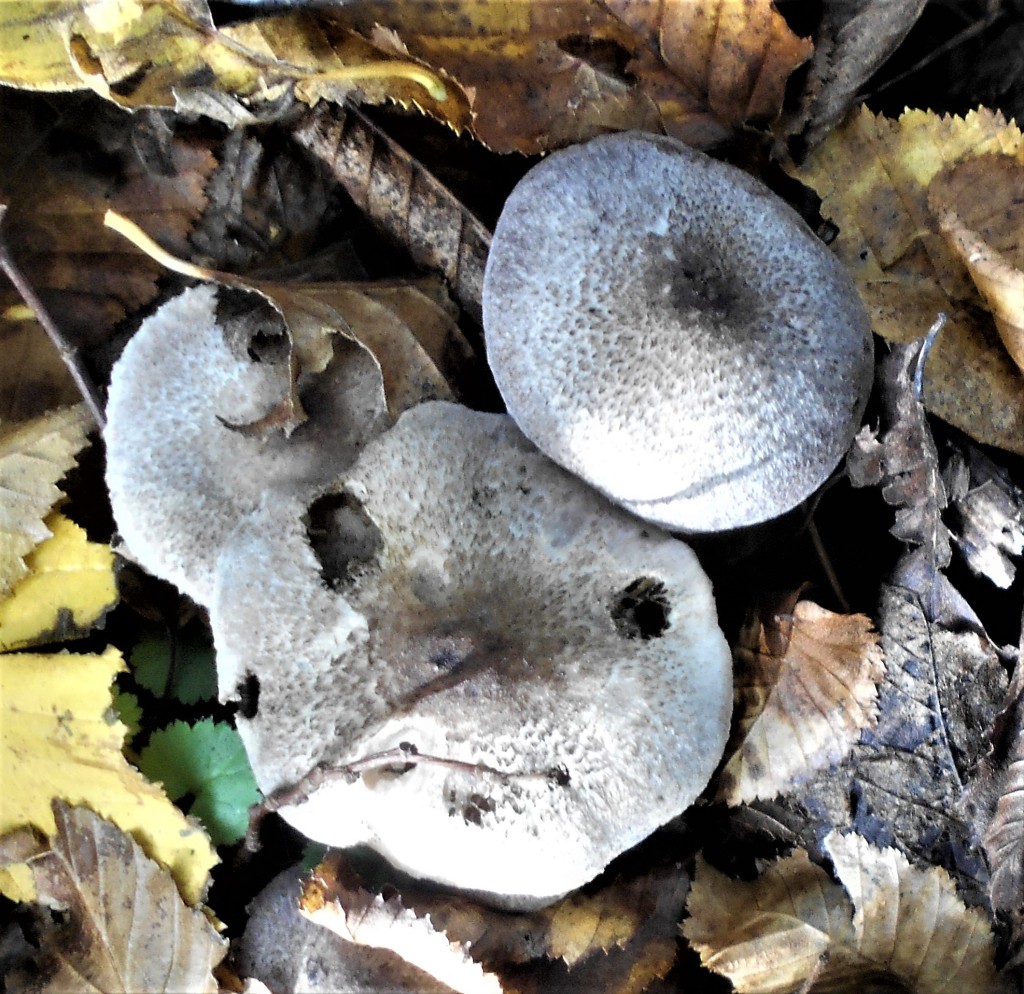
Although this one looks apprehensive or is he merely pensive? He had no comment to make.
Disappointing that the Shaggy Inkcap, Hare’s Foot and even the occasional White Saddle mushrooms which we used to see lining the path seem to have disappeared completely. We noticed that the verge was mown as closely as a suburban lawn but whether this would account for no fungus we have no idea, still we did find a few where the trees were too close to the path for the verge to be cut.
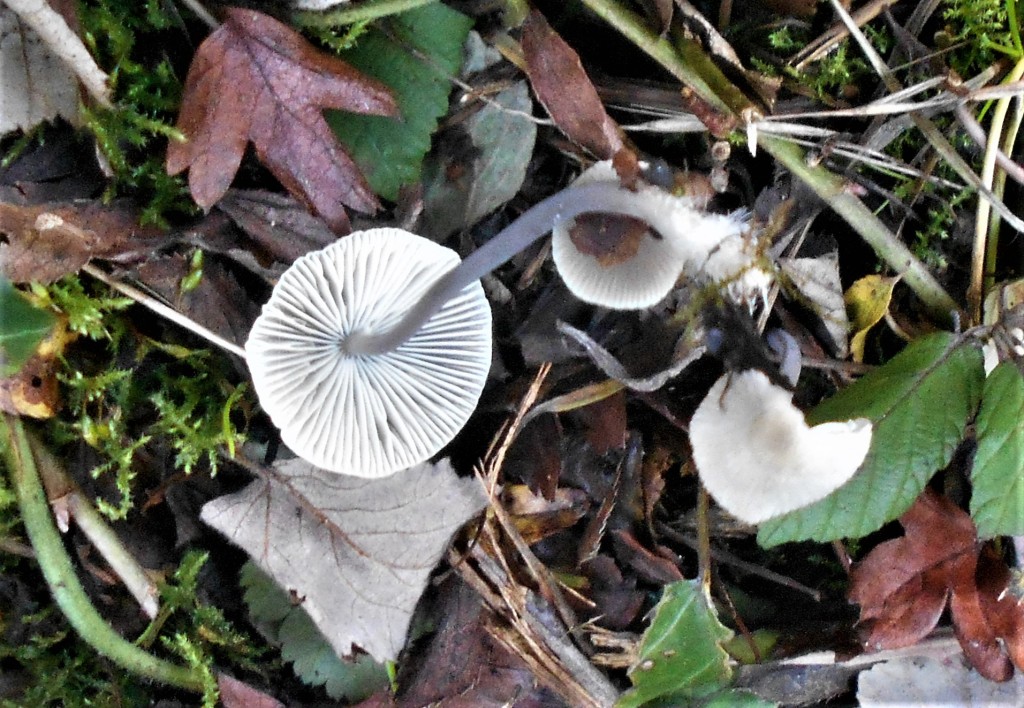
The wind was very gusty and this may have had some effect on bird numbers – mostly bigger, stronger birds like a Buzzard, a couple of Ravens, a large flock of at last 50 Gulls flying over, too high up to identify but they made a striking display as the brilliant sunshine highlighted their wings against the bright blue sky.
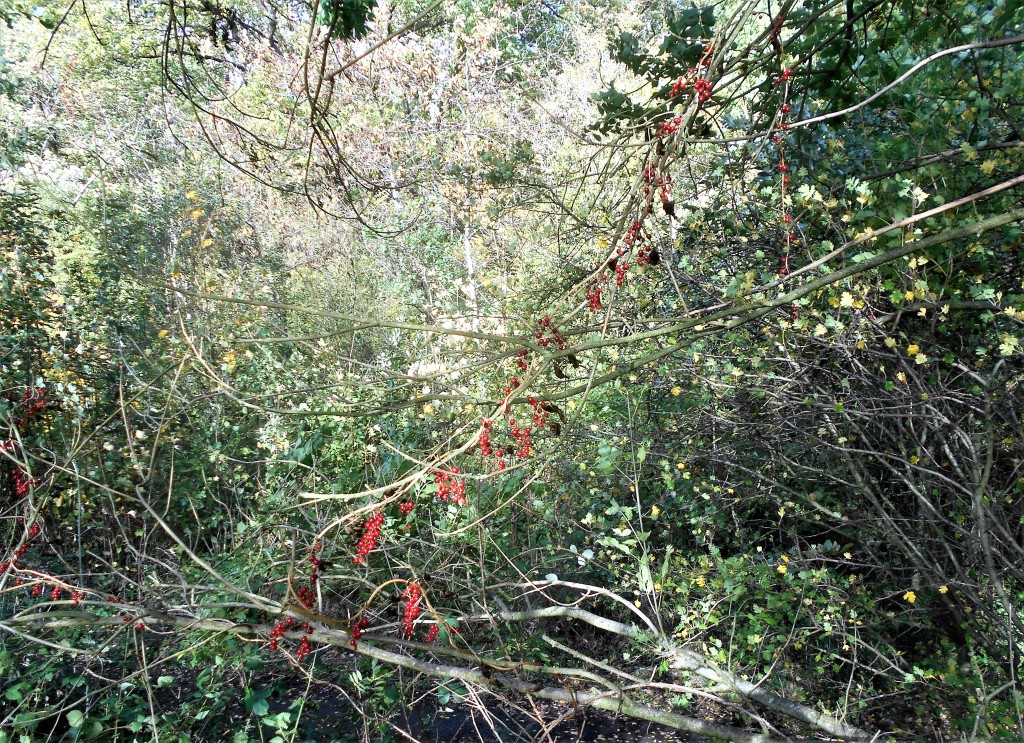
Noisy pheasants accompanied most of our walk, crashing and squawking and flying around with a sudden clap clap of their wings among the skeins of vivid scarlet black bryony berry festooned undergrowth. A handful of Carrion Crows were active, but the small birds seemingly remained quiet and hidden in the shelter of the trees and hedges and apart from catching sight of a small party of Longtailed Tits flitting from tree to tree and hearing 2 or 3 Blackbirds there was no sign.
It’s always wonderfully envigorating to be walking in high winds buffeting and swirling around us and driving good fresh air into sluggish indoor lungs, a view no doubt also held by the many cyclists whizzing by. A strange year it may be but it has offered a good many magical moments for which we can only be extremely grateful.
14th September 2022 / Temp: 19 C / 2.10pm – 4.20pm
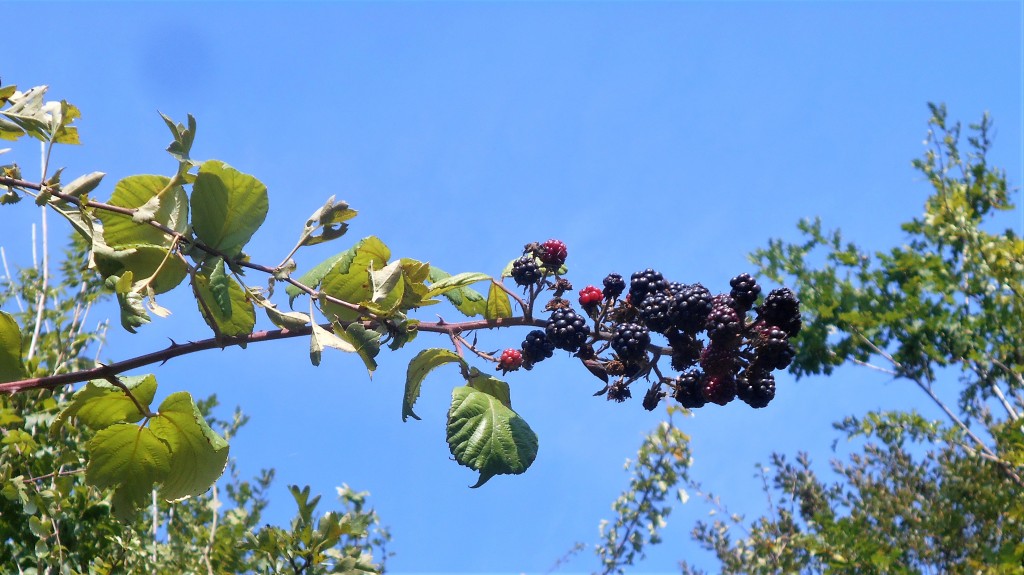
It’s the blackberry season! The sun was as hot as a summer’s day, but it wasn’t just the blackberries, rose-hips and purple-black sloes which announced the season, it was the sudden disappearance of insects. A few desultory bees, ditto hoverflies, no beetles, or flying insects that we could see save a handful of Speckled Wood, one Comma, one Red Admiral – all flying high over the shrubs, in amongst the leaves of the trees and tangled old mans beard, the and four Whites too distant to be able to identify them.
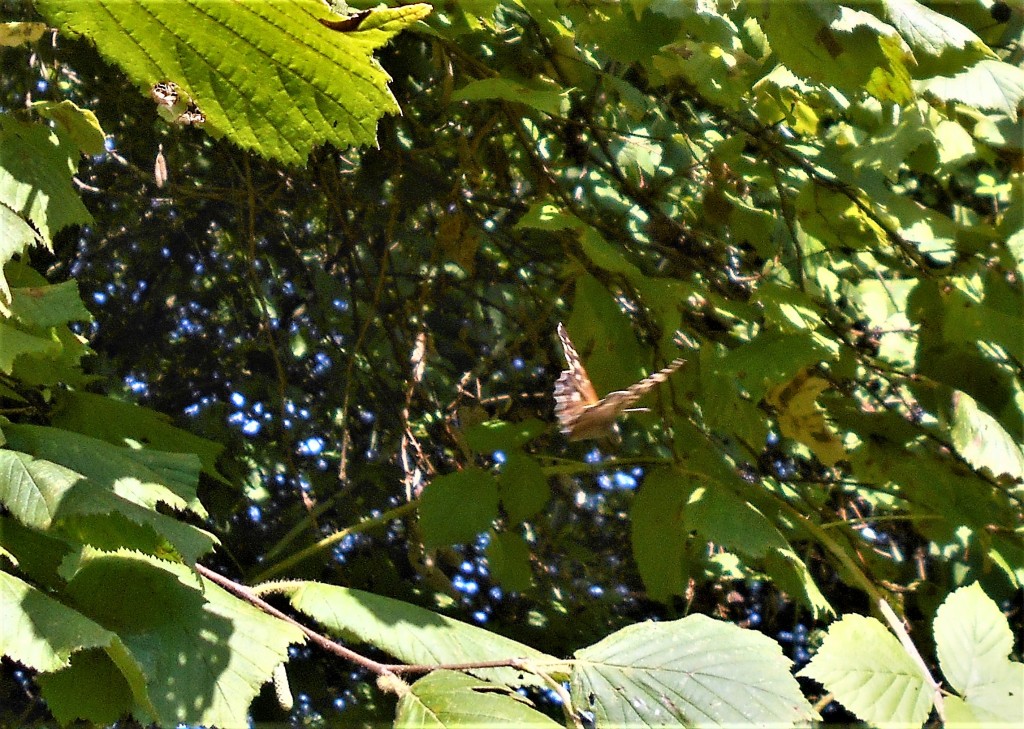
But what was surprising was catching sight of three Migrant Hawker dragonflies. We often see the odd dragonfly hunting about the hedges and plants along the stretch of the path above the large pond, but never before three – two malesand a female. The air was very humid after days of heavy rain despite the hot sun, so perhaps there were lots of midges about.
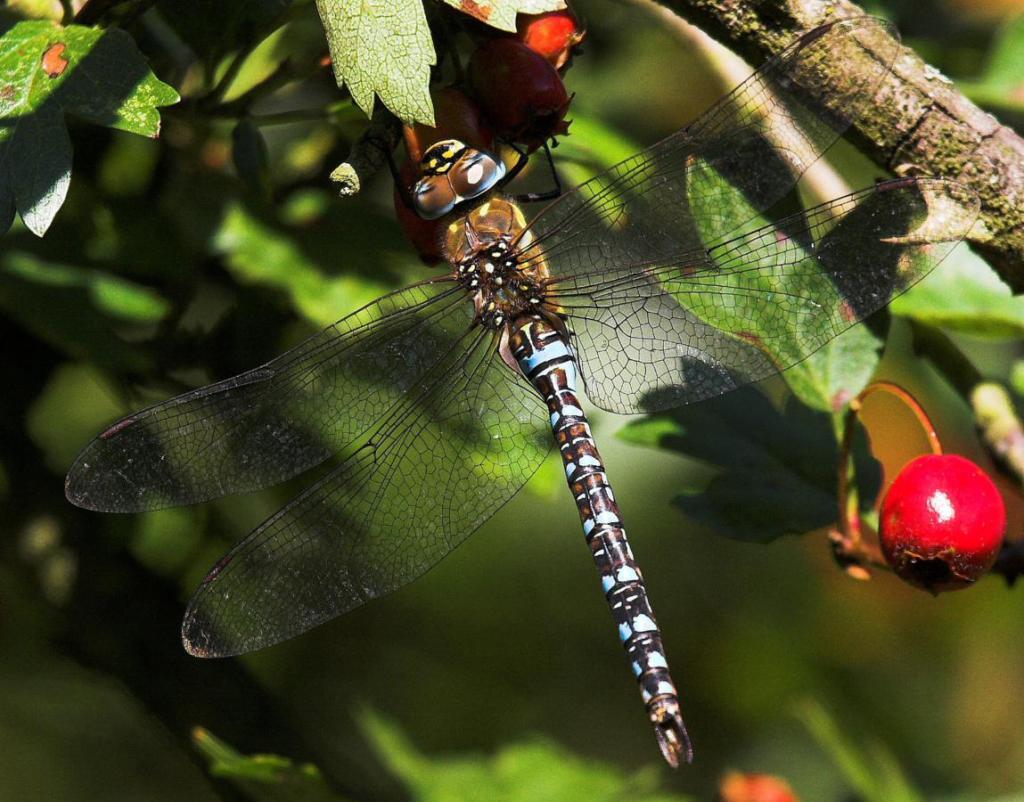
Bird life was pretty sparse, apart from one group of about a dozen twittering Goldfnches, all the rest spotted were in ones or twos, Great Tit, Blue Tit, Robin, Crow and Blackbird but we also heard the beautiful krk krk of a Raven flying over, the evocative mew of a circling Buzzard and the tuk tuk tuk warning sound of a couple of Pheasants hidden behind the hedge and a little gaggle of 4 young juvenile Pheasants, nervously scuttling around, as well they might as the shooting season is about to start at the beginning of October! We don’t know if the local shoot is one of the one-third of shoots which have been cancelled this year due to lack of birds occasioned by the ban on imported chicks given the spread of Bird flu being so severe this year.
23rd August 2022 / Temp: 25C / 3.15 – 4.50pm
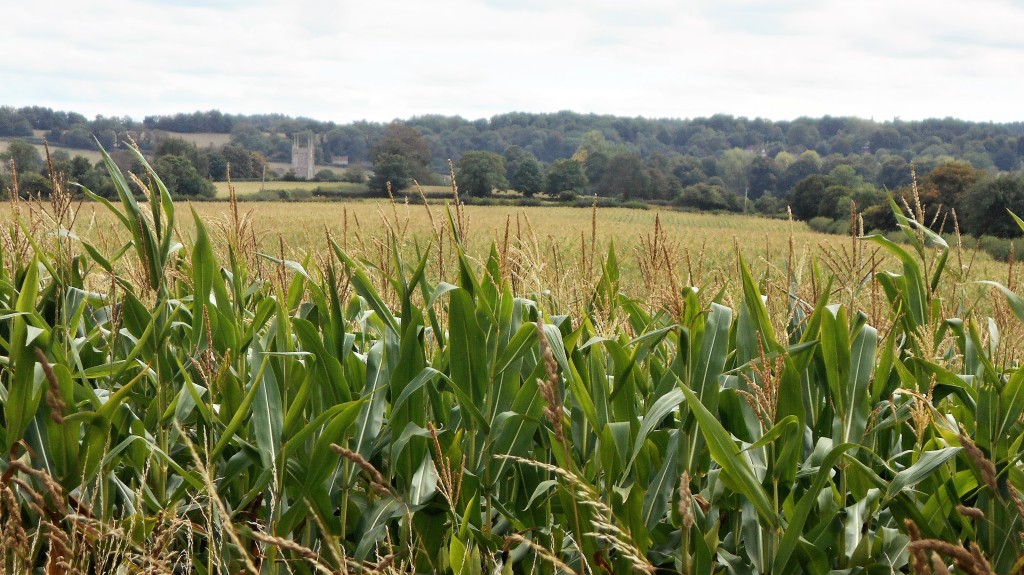
Cloudy, overcast and humid but when the sun broke through it was burning hot, a real August sun. The grasses, plants and flowers were showing all the signs of a burnt and seared prairie, bleached by the sun, full of seeds, the air full of thistle down like a light snow flurry drifting across the landscape.
Adding to the atmosphere were three large birds, circling and swooping across the fields of maize, displaying their beautiful rich reddish-brown backs and deeply forked tail – Red Kites! Once we had latched onto them with our binoculars, it was entrancing to watch these magnificent, elegant birds go through their paces – a wonderful display.
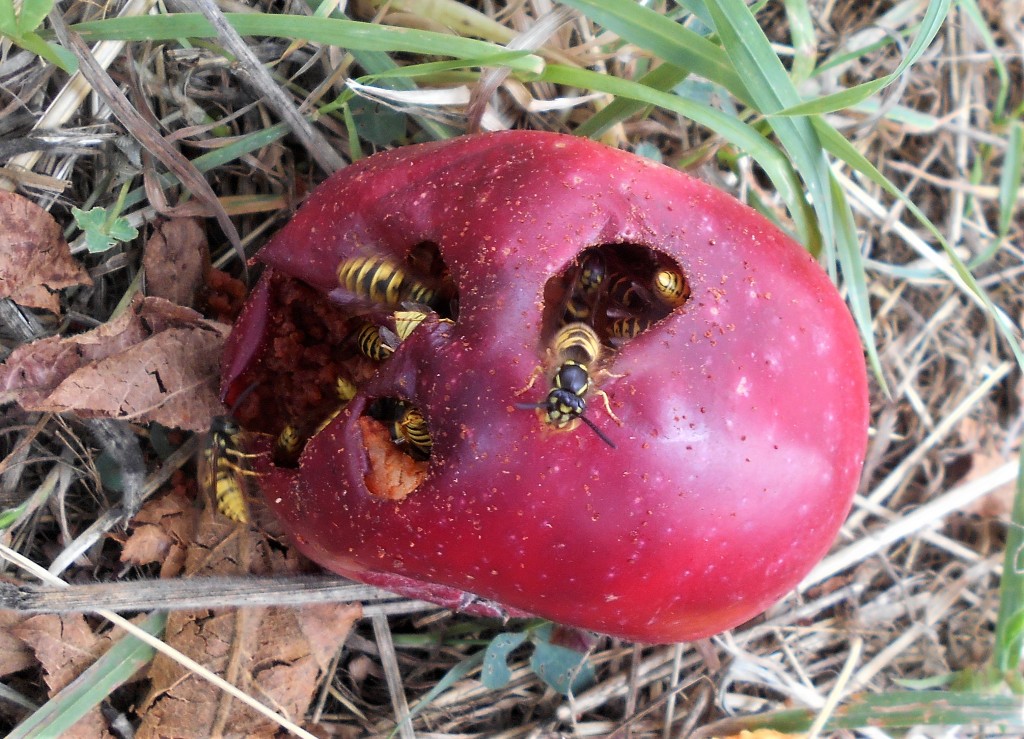
So much fallen fruit under the trees at the orchard to the obvious delight of the wasps, joined by a few greenbottles and other flies who were enjoying a feast day. The hot sun this summer has certainly ripened the many Heritage apples, from the golden pippins with their flecks of red to these possibly Liberty apples, such a dark red to be almost plum coloured. As no-one appears to be harvesting the apples
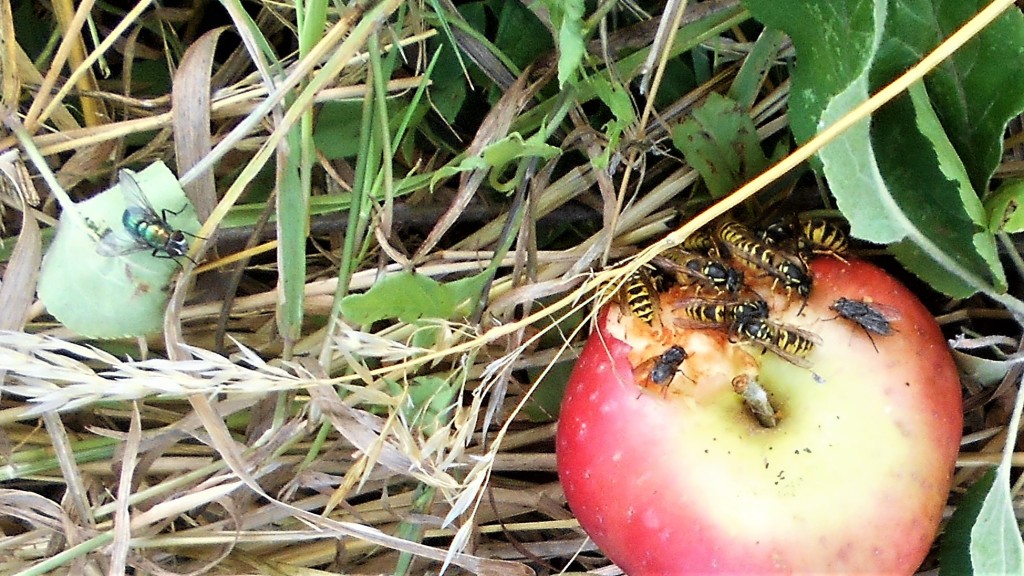
this year, they are left for the insects, small mammals but also the foxes and badgers to feed up for winter – a great boon as windfall apples are a large part of the badgers’ autumn diet.
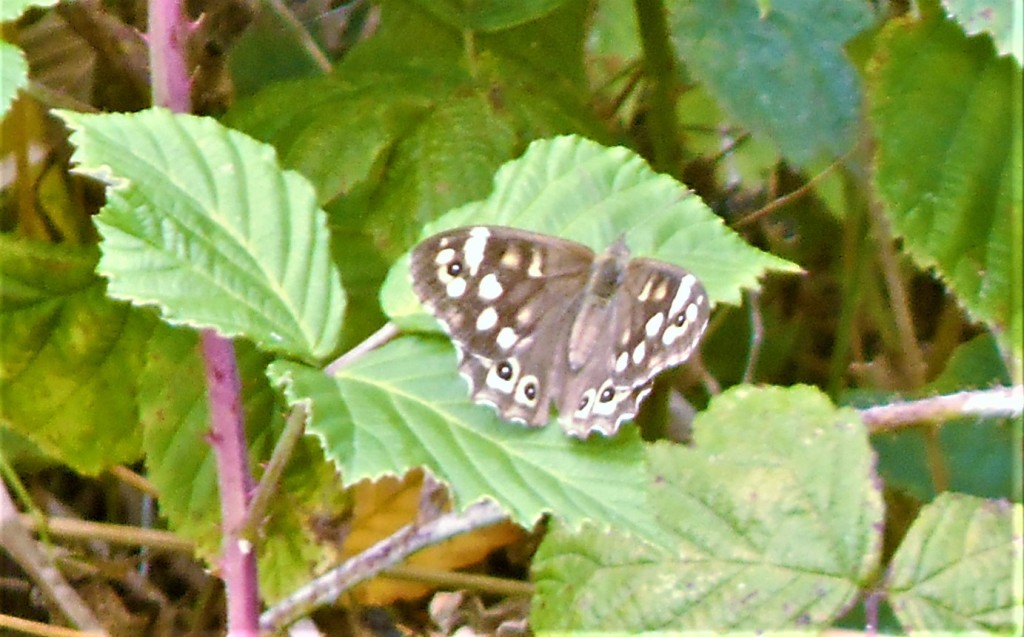
A couple of Large Whites but very few butterflies, apart from at least half a dozen lovely Speckled Woods whose markings always remind us of dappled sunlight on damp, beaten earth paths. They are not choosy about their habitat, scrub, woodland edge, orchards, river banks, the downs, it only needs a cluster of trees and brambles it seems to attract these prolific butterflies which we catch sight of nearly everywhere.

Our first sighting of lizards this year! What a relief, the south-facing embankment of the old disused railway line is the perfect habitat for these tiny little Common Lizards and we have always delighted in so large a colony thriving here. As the months passed, April, May, June when it wasn’t too hot for them and when we normally spot them – not a sign. We only saw two together basking on their ant hill home this afternoon, but still, a tremendously encouraging sight!
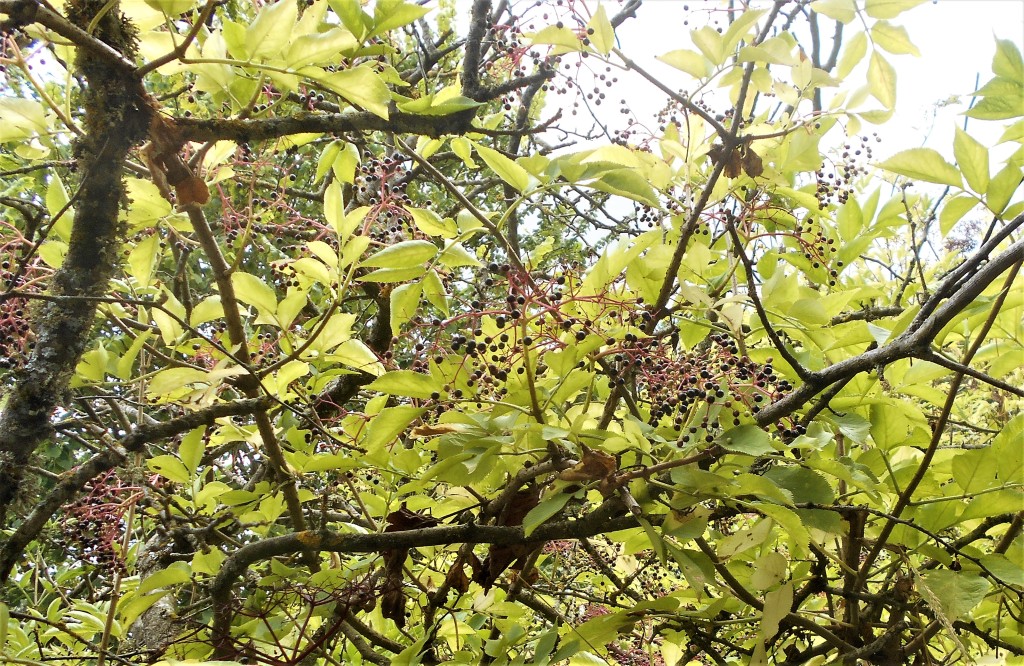
How lovely to see the elderberries ripening, full of sweet sugars, great pickings for the warblers, blackcaps and whitethroats as well as the blackbirds a small reward for delighting us with their beautiful song all through the spring months.
We heard a twittering of small birds and then watched the little flock of Goldfinches flitting between the bushes before disappearing out of sight. The raptors seemed to be out in force – after seeing the Red Kites we heard a young Buzzard crying out for food although we didn’t spot the adult, but we did hear the distinctive and wonderfully evocative croak of a Raven and glanced up to see two Ravens soaring and playing high over the stubbled fields.
A lovely afternoon, particularly when the breeze picked up which, together with a sprinkling of soft rain, made the perfect cooling and freshening of the sultry air.
31st July 2022 / Temp: 24.5 C / 3.40 – 5.20pm
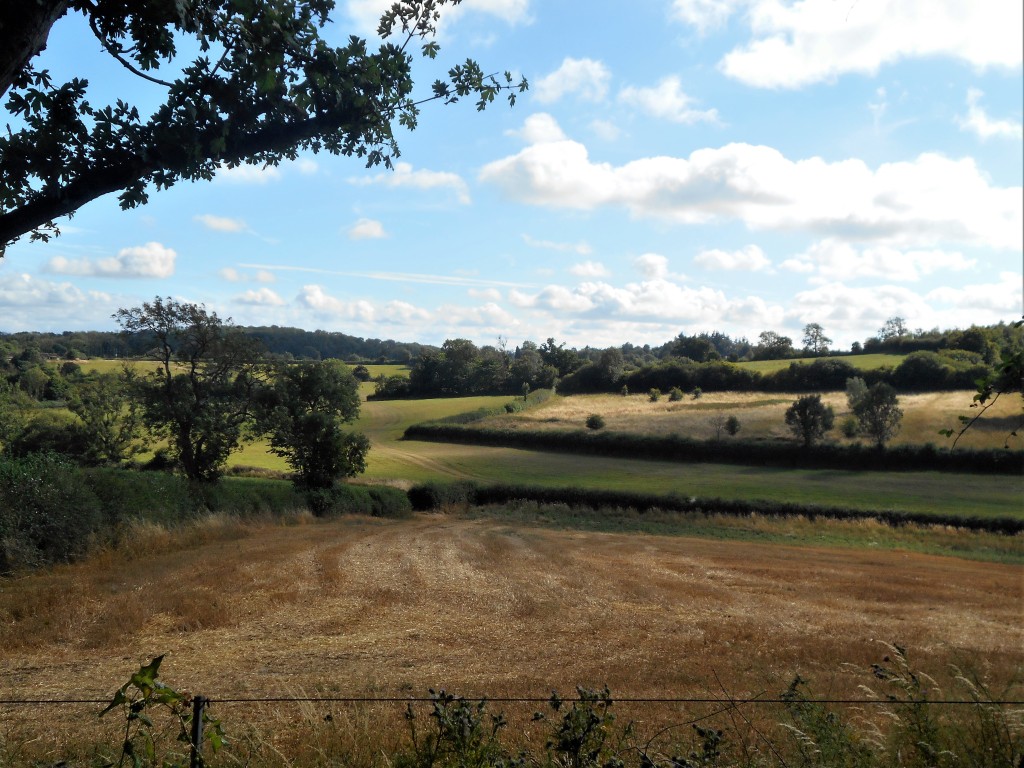
A classic rural scene on a Sunday afternoon in high summer – golden stubbled fields, trees and hedges heavy with summer growth, blue skies and drifting floating island clouds, quiet and serene.
We perched on the wooden picnic benches in the shade of the ever encroaching shrubs and trees edging the woodland glade which give a perfect viewing platform to record numbers for the Big Butterfly count. The centre of the glade is dominated by a huge, spreading buddleia while several other smaller ones dot around the space and perimeter, including one next to where we were sitting. We had stopped visiting this area for two or three years after severe pruning wiped out the formerly thriving population of Silver-Washed Fritillaries, so you can imagine our delight when we spotted first one and then another of these beautiful butterflies. One or two don’t begin to match the numbers we used to see but at least they appear to be coming back – wonderful news!
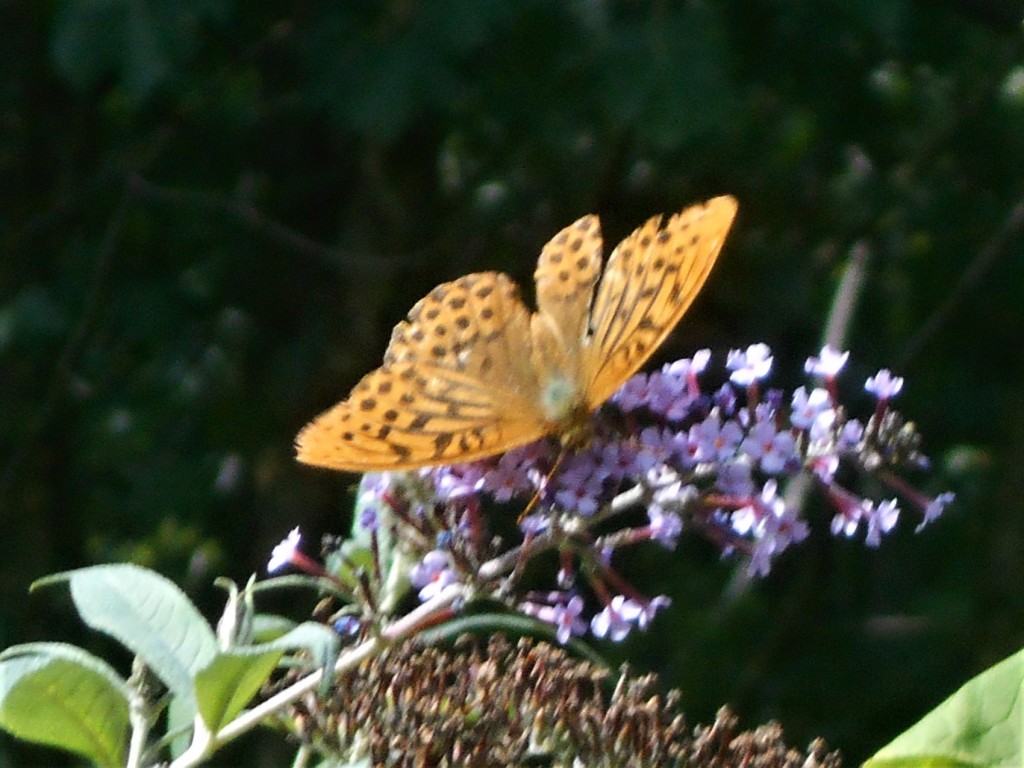
In just the 15 minutes allowed by the Big Butterfly Count, we spotted 5 Gatekeeper, 1 Red Admiral, 2 Silver-Washed Fritillaries, 1 Holly Blue, 1 Green Veined White and a group of 8 Large White butterflies either feeding on the buddleia or dancing together, whirling around each other, in an upward spiral high into the sky, while the male releases pheremones from scent glands in an effort to entice the female to mate – entrancing to watch.
Later, after we finished the count and walked up the tree-lined path we added more Gatekeeper, a few Meadow Brown, a couple of Brimstone, 3 Speckled Wood and a Small Skipper butterflies to our modest haul.
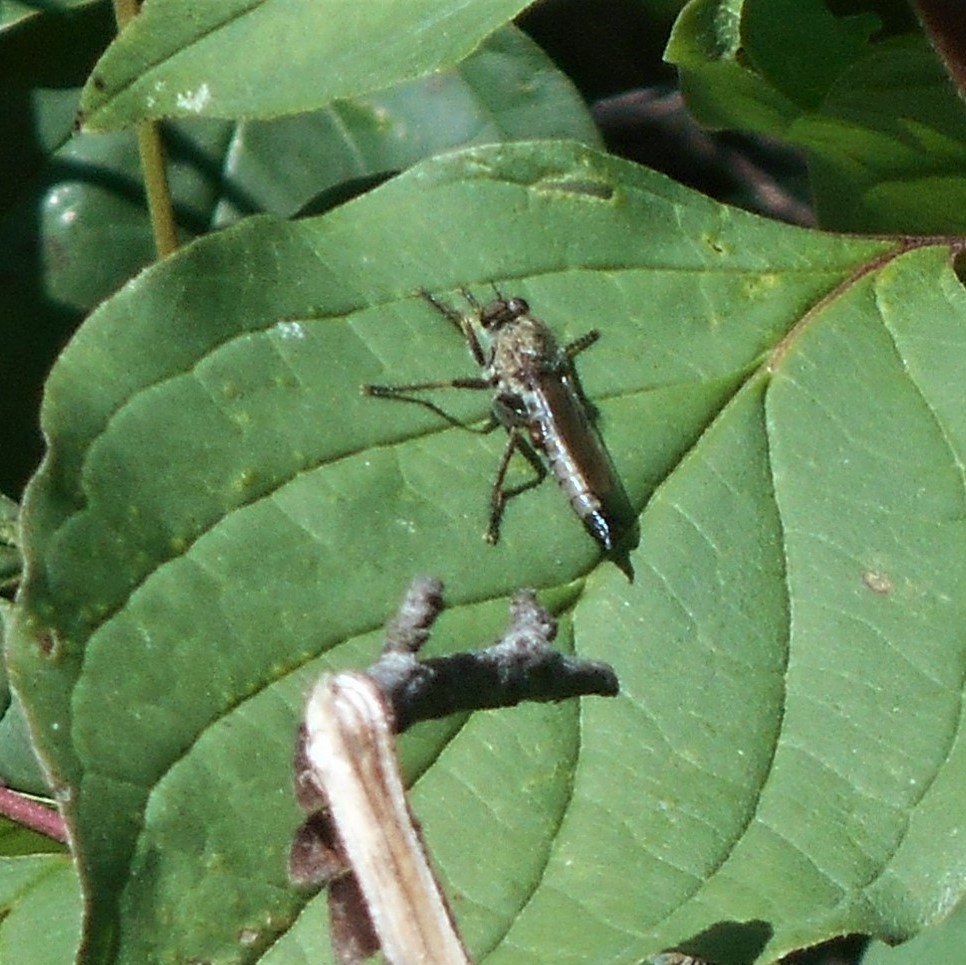
After the Beauty of Butterflies comes the Beast of the Big Cats of the insect world: robberflies! Carnivorous as adults, and probably also as larvae, they certainly wouldn’t win any beauty contest, but as a new species to us along the cycle path, worth a second look. Identifying this robberfly as Machimus atricapillus is a little ambitious as there are six species of machimum, all very similar, and only differentiated by the the colour of their legs and wings which the indifferent photograph doesn’t allow.
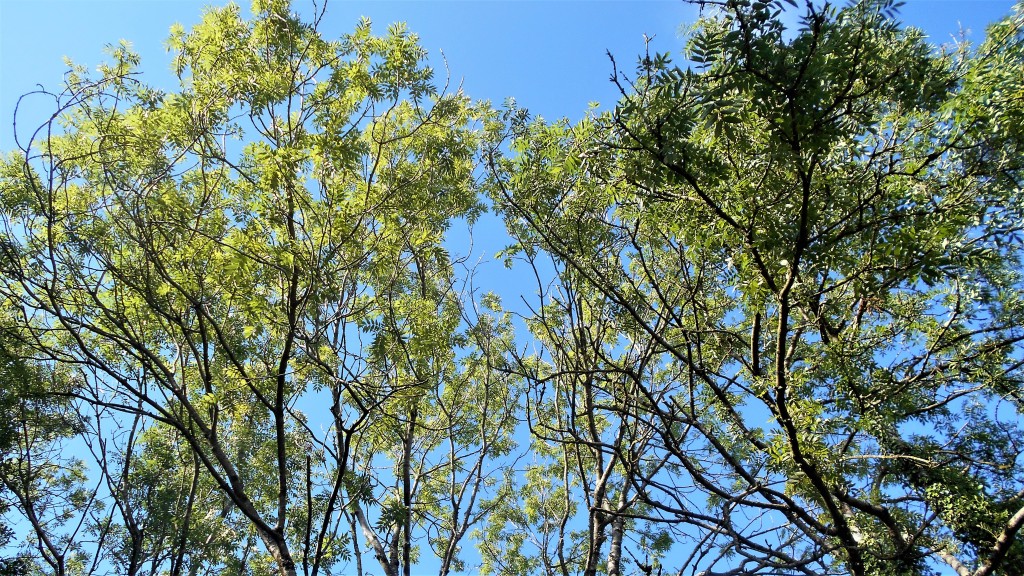
Lovely to walk through the Ash grove, the trees on either side of the path, such beautiful tall, graceful trees whose leaves can move in the direction of sunlight, and sometimes the whole crown of the tree may lean in the direction of the sun. Good to see that despite many bare branches, a good part of the trees appear to be surviving the ash die-back disease and still enhancing our woodlands. The young, green, immature seeds are edible and have been used in herbal medicine which may explain why in Norse legend the Ash was known as The Tree of Life.
15th July 2022 / Temp: 19 C / 10.05am – 12.20pm
Big Butterfly Count 2022
Out and about along the cycle path on the first day of the Big Butterfly Count an annual event promoted by the Butterfly Conservation Society to guage the health, or otherwise, of our Butterfly population. We usually take part and so it seemed a good opportunity to count the number and species we managed to see in the 15 minute time slot.
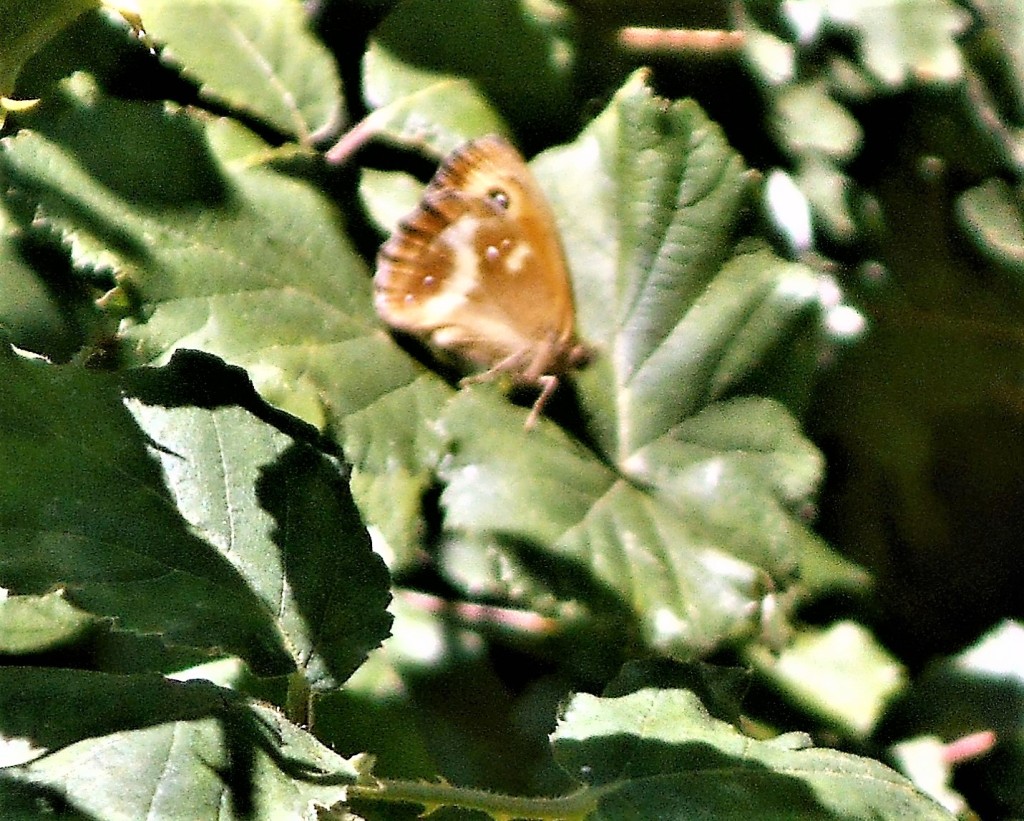
Whether it was the time of day, the dearth of pollen or the weather but the Butterflies seemed incredibly skittish and unwilling to settle, flitting from flower to flower along the hedgerows, almost impossible to photograph and even to identify Meadow Brown from Ringlet at such a distance so we blessed our butterfly binoculars which proved invaluable. The final count was 4 Meadow Brown, 2 Ringlet, 3 Gatekeeper, 4 Large White, 1 Red Admiral, 3 Speckled Wood and 1 Marbled White, not a massive number but not insignificant. We added a good number to that score during our visit including a 1 Small Skipper and a Comma – shame they weren’t spotted earlier and added to the count.
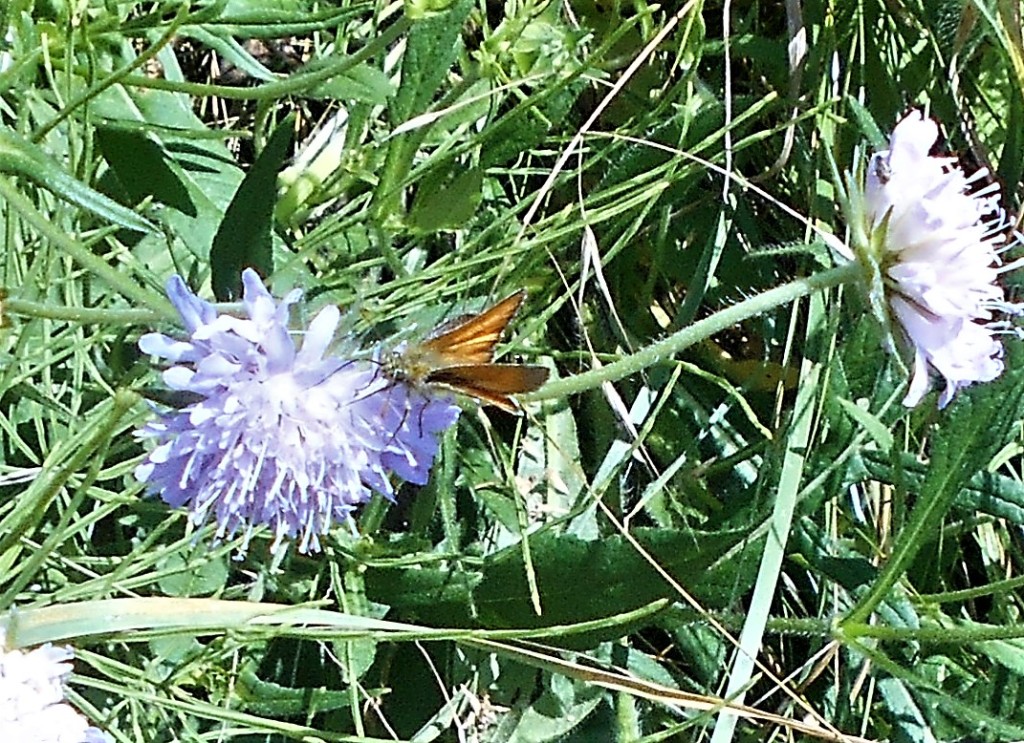
We had arrived at the path to be greeted with a small flock of Swallows hunting insects on the wing, swirling and twisting, turning and diving at top speed, almost faster than the eye could follow – such a delight whenever we see them, it’s impossible not to stop and watch their spectacular aerobatics. Butterflies and swallows, it must be midsummer – what joy!!
Such a greeting seemed to signal a good bird spotting morning but in fact apart from a couple of raptors, a Raven and Buzzard, the only other birds we heard or saw were a Crow, a few noisy Pheasants and of course the ubiquitous Crows.
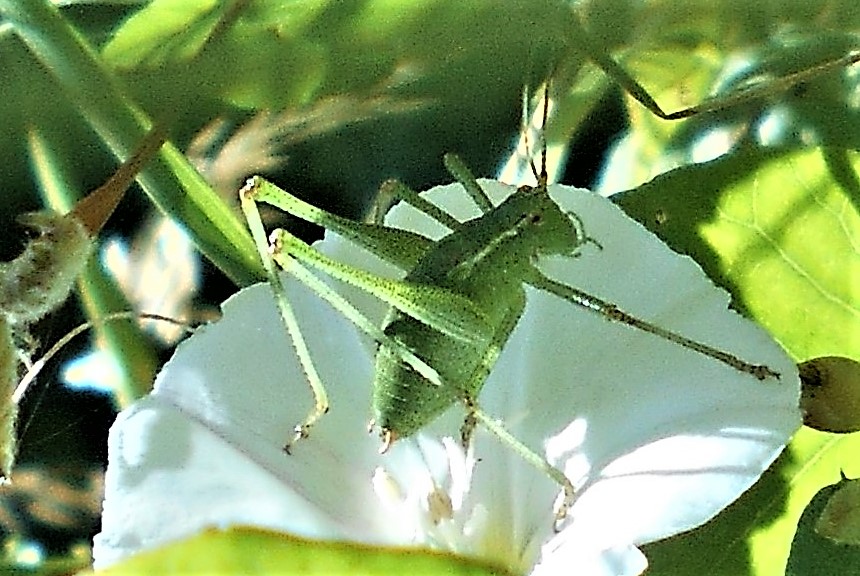
However, hunting along the embankment for lizards (not a sign) we were rather thrilled to spot this Speckled Bush Cricket tucked in a bindweed flower, almost hidden amongst the tall grasses. Although it is the UK’s most common cricket was a first sighting for us, the Dark Bush Cricket is the one we see most often and in most numbers.
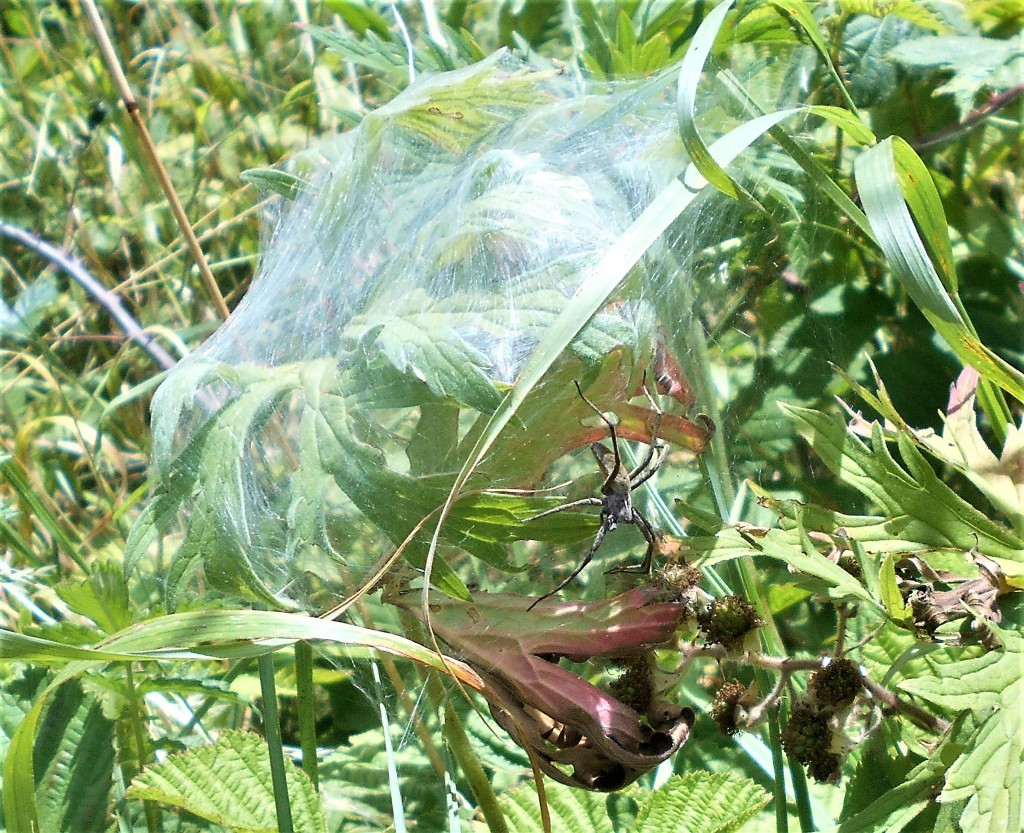
We also spotted another denizen of the long grass, a Nursery Web Spider, her web spotless and newly spun and no signs of eggs or spiderlings but it shouldn’t be long.
Although the temperature read a balmy 19 C the sun was burning hot in between moving from tree shade to hedge shade to tree shade, blessing our good fortune in chosing the time of day which offered the possibility of brief remission from the relentless heat and managing to leave as the sun reached its zenith and there was no more shade to be found.
Royal Entomological Society Insect Week 20-26th June 2022
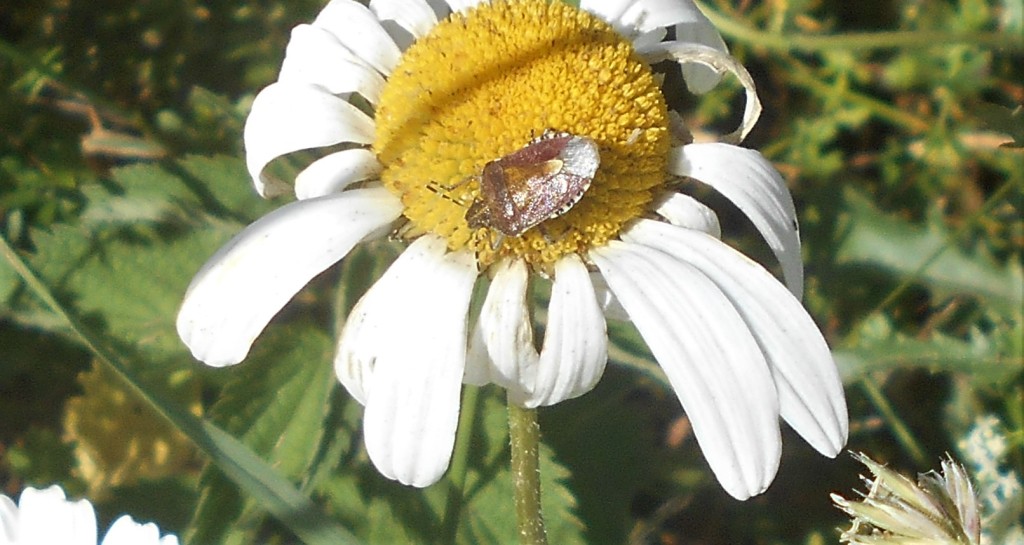
To read an account of our participation of this event and the number of new species to Colliers Way identified please see our BLOG pages.
20th June 2022 / Temp: 16-19 C / 9.50am-12.10pm
Heavenly morning! A day before the Summer Solstice (tomorrow being midsummer’s day) the longest day of the year, and the banks of flowers in full bloom, butterflies, bees, hoverflies, flower beetles, deep blue sky and hot sun, refreshed by the overnight rain certainly reflected summer at its most beautiful.
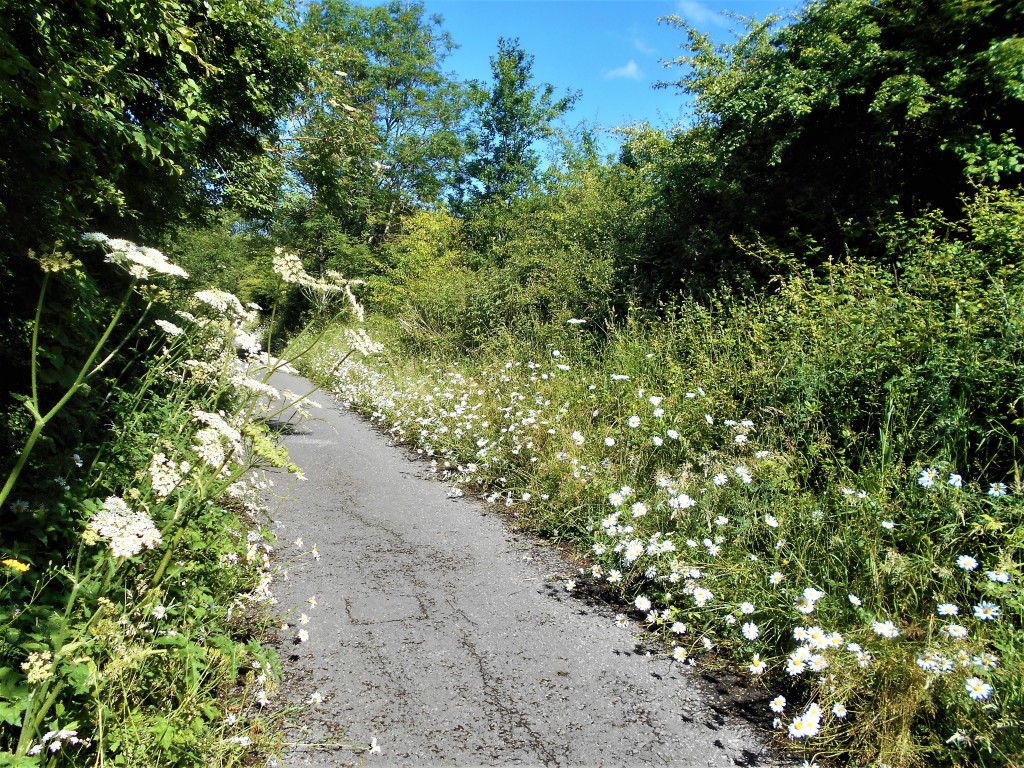
The path was lined with Moon Daisies (aptly named as they glow in the dark!) and umbellifers like cow parsley and the newly opened hogweed, one of our favourite summer flowers which always seems to attract the most insects like this Orange-belted Plumehorn hoverfly, a first for us along the path, although we see countless numbers of the pellucid fly it’s paler cousin.
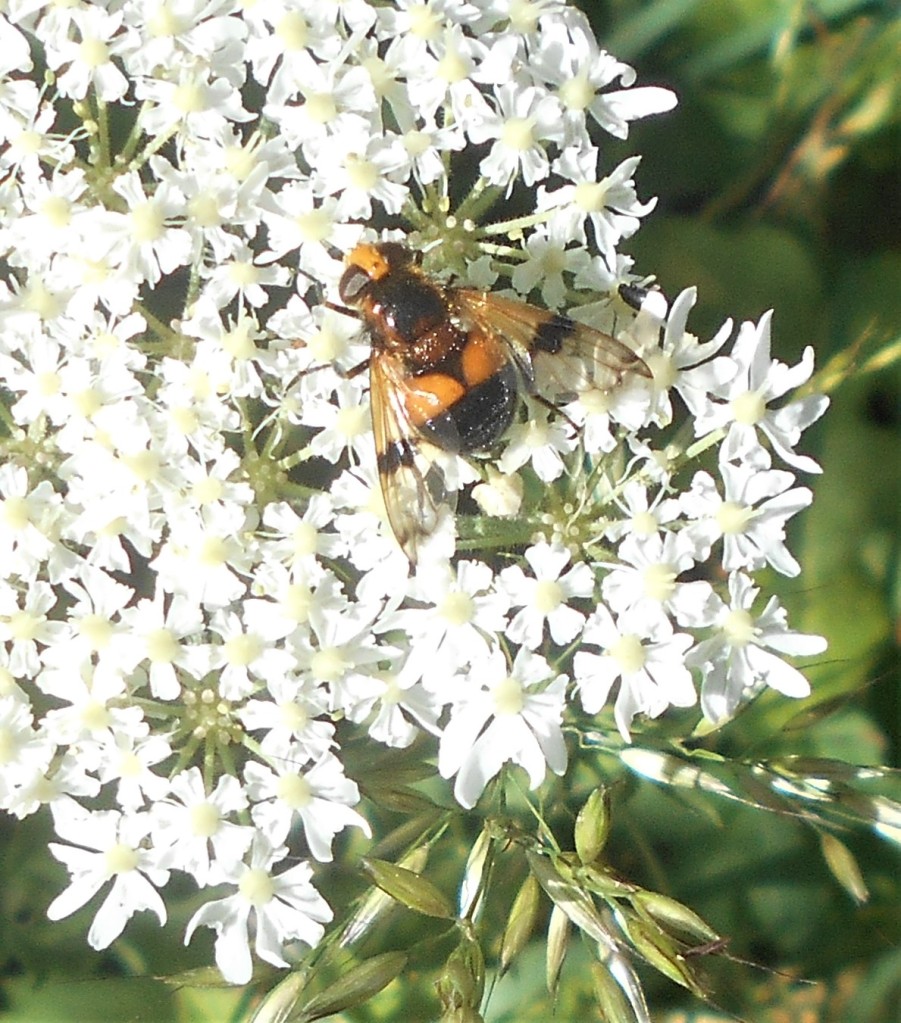
We soon reach the banks of bramble, trailing with tangled strands of black bryony, white bryony, wild roses and goose grass where we spotted the shiny black tubby little beetle who is often found sunning themselves among the hedgerow. This particular beetle rather than plodding across the path or stock still on a leaf seemed intent on a more adventurous way of spending his morning, suspended as he was on the end of a grass stalk!
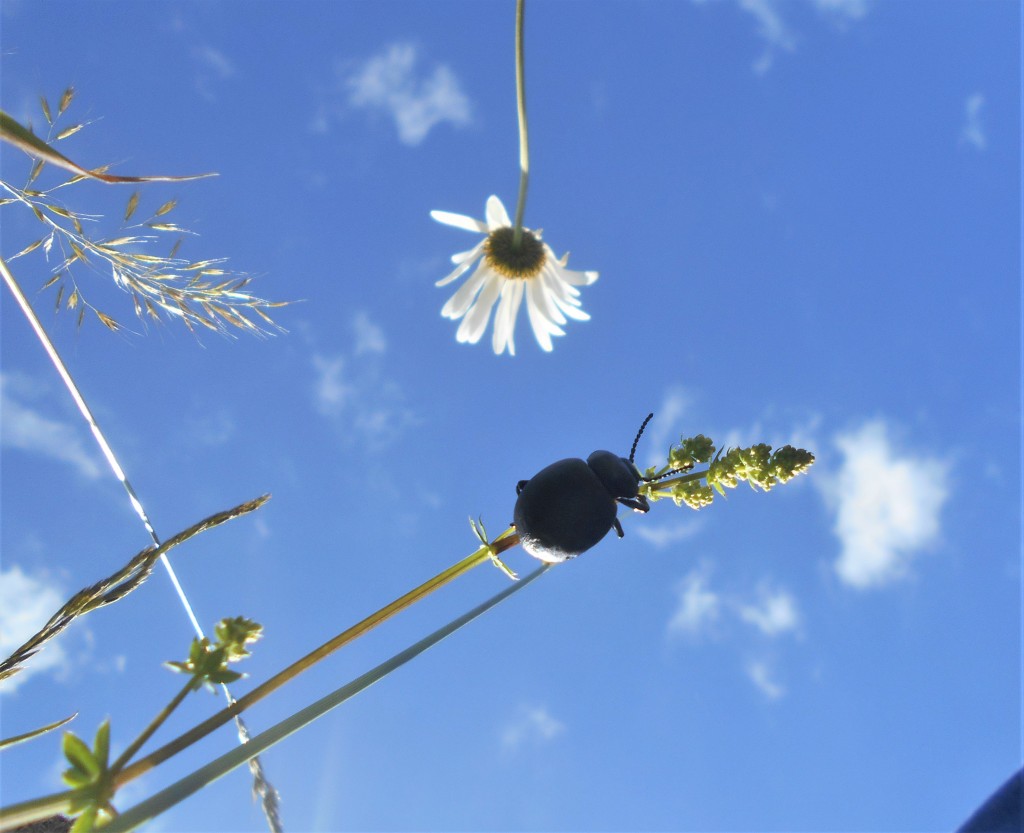
Lots of Speckled Wood butterflies in this the more shaded part of the path and we could hear Blackbirds, Song Thrushes, Common Whitethroats, Chaffinches and a Chiff Chaff singing and calling although for the most part well hidden amongst the thick summer foliage.
As we walked on past the trees and shrubs we reached the south-west facing tall and sloping disused railway embankment, a mass of grasses, yellow meadow anthills (sadly no basking lizards on top today!) and flowering wild plants where we caught sight of our first Labyrinth spider’s web, with attendant female sitting at the entrance.
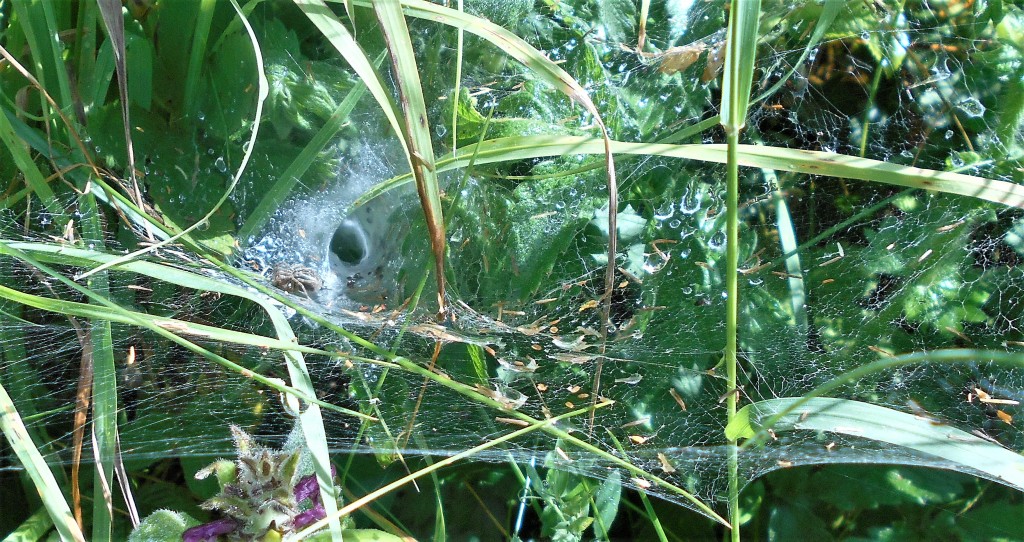
Here the flowers attracted the most insects – Meadow Brown butterflies, a single Brimstone, several Marbled White, Large White, Red Admirals skittishly flitting from flower to flower, barely once settling to feed before moving onto the next – wonderful to watch but the very devil to photograph! Here’s one, lingering at last on a knapweed flower head, almost lost in amongst the birds foot trefoil, long enough to snap.
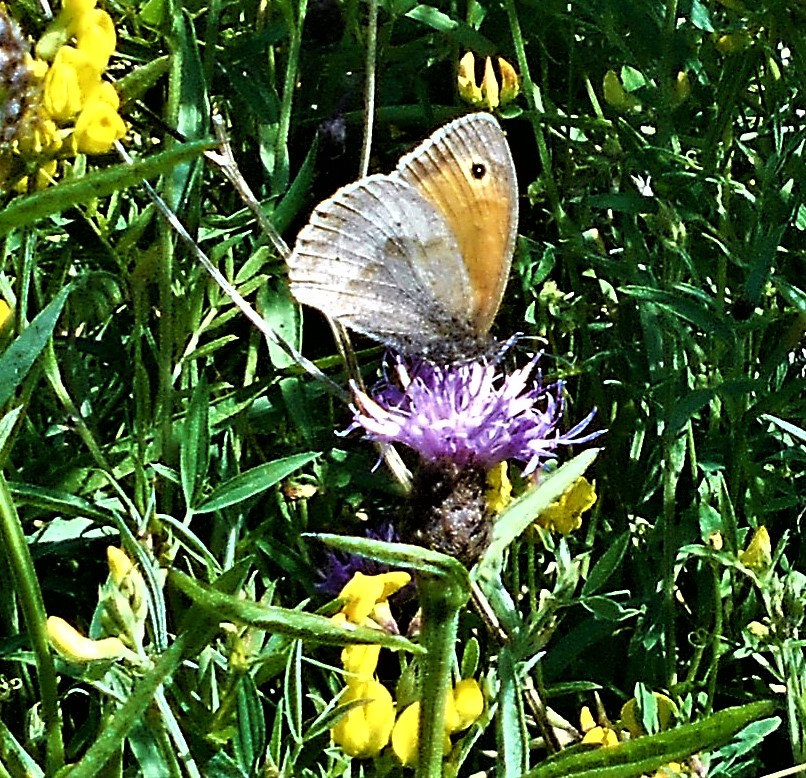
17th May 2022 / Temp: 20.5 C / 12.30pm – 2.40 pm
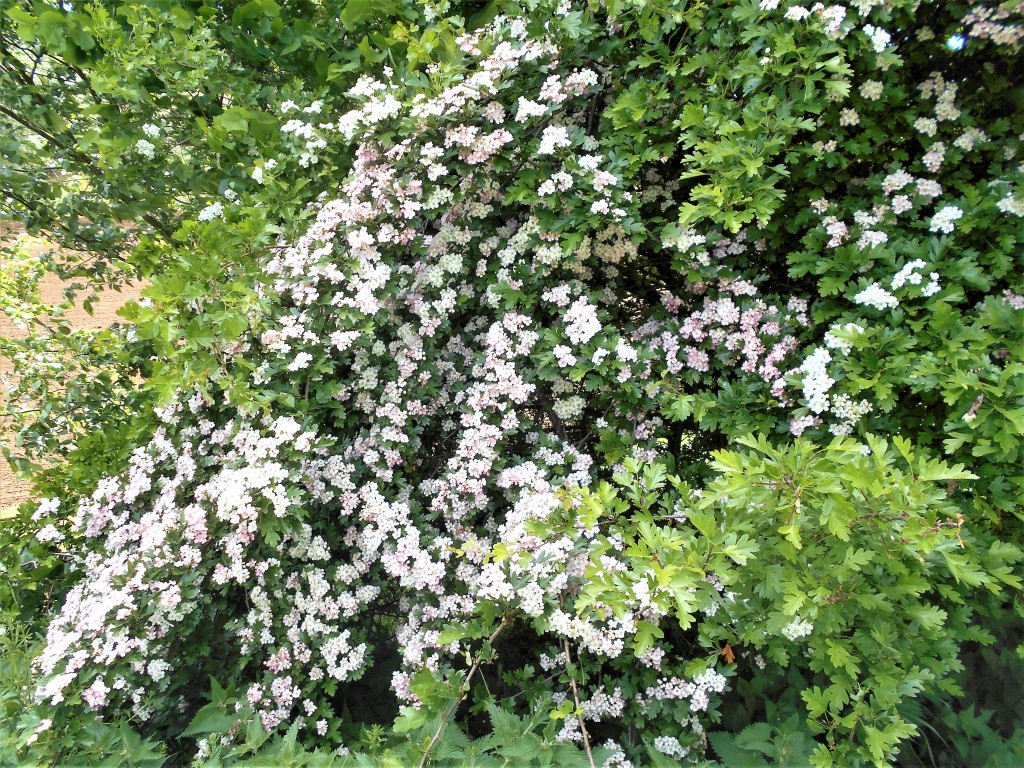
After an unseasonably dry April, May has adjusted the weather by being unseasonably wet, and after thunderstorms in the night and more rain promised for the afternoon, we took the chance to walk the cycle path while it was dry and sunny. The tree branches were bowed down, heavy with the weight of May blossom, refreshed by the rain and blushing pink from the sun, while almost unnoticed, so tiny are they, as small at only 4mm, with a ridiculously inflated name for such a small creature, a mating pair of 14 spot ladybirds were also taking advantage of the warm sun. Small they may be but their striking patterns where the black spots have merged to form bold Aztec patterns across their back always deserve a second glance.
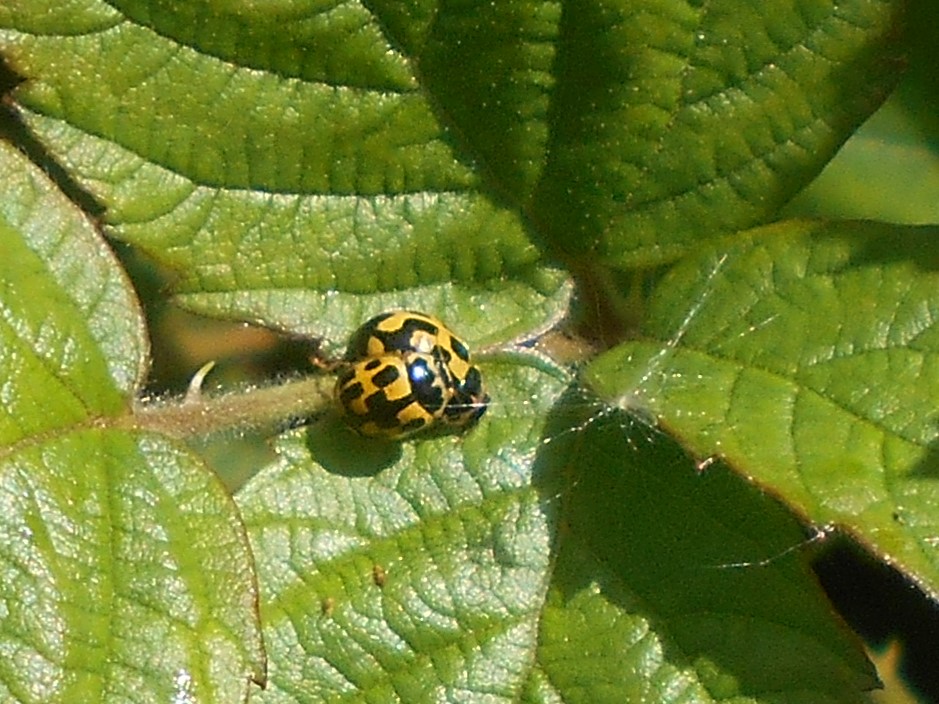
The butterflies were everywhere, so many beautiful Brimstone, their soft, glowing primrose yellow wings fluttering over the shrubs and banks of bramble scattered with a few newly opened flowers. Orange Tip and their less striking white with black tip females were almost as prolific, there were good numbers of Speckled Woods once we reached the wooded area where we even spotted a couple of Holly Blues, those tiny jewelled deep blue sapphire winged butterflies which are so easy to miss and so difficult to photograph. Luckily a Common Carpet moth was much more obliging, posing in the sunlight, spreading her wings like a debutante at a ball spreading her skirts for all to admire.
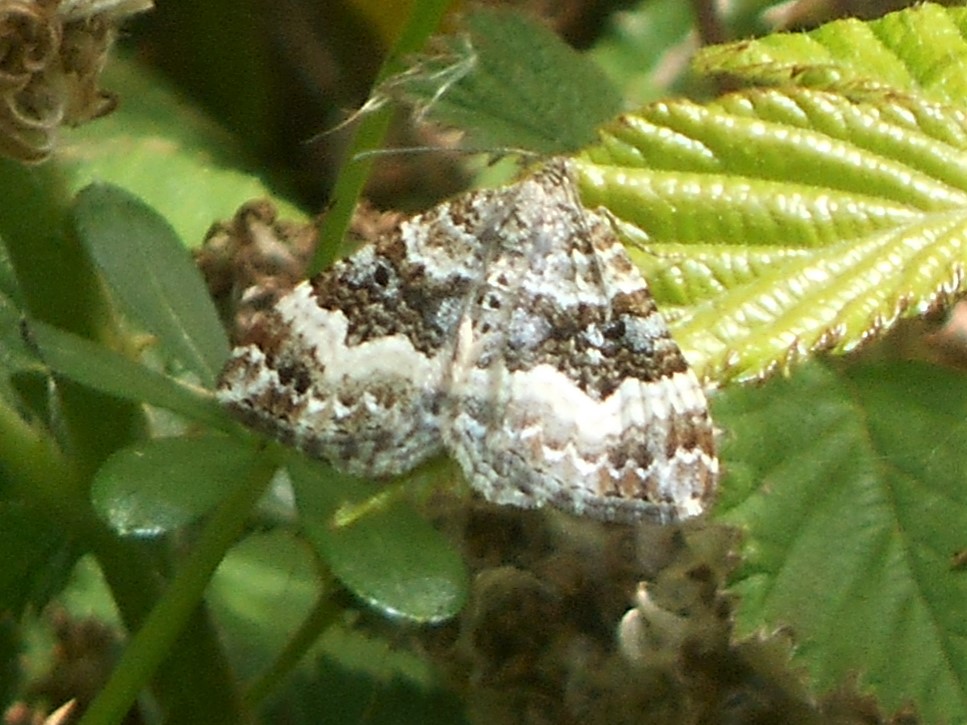
So many plants in flower to interest the butterlies – as well as the common bird’s foot trefoil and bird’s eye speedwell in the photograph below, we notice other summer flowers beginning to appear, a striking clump of blue-purple bugle, magenta coloured common vetch as well as the rather duller bush vetch, a few moon daisies opening and carpets of golden buttercups on every stretch of grass. Bright pink red campion alongside white cow parsley, with the Herbs, Robert and Bennet, managing to find space to squeeze in between, to grow and thrive and even a few cowslips in flower, a backward glimpse of the spring now passed.
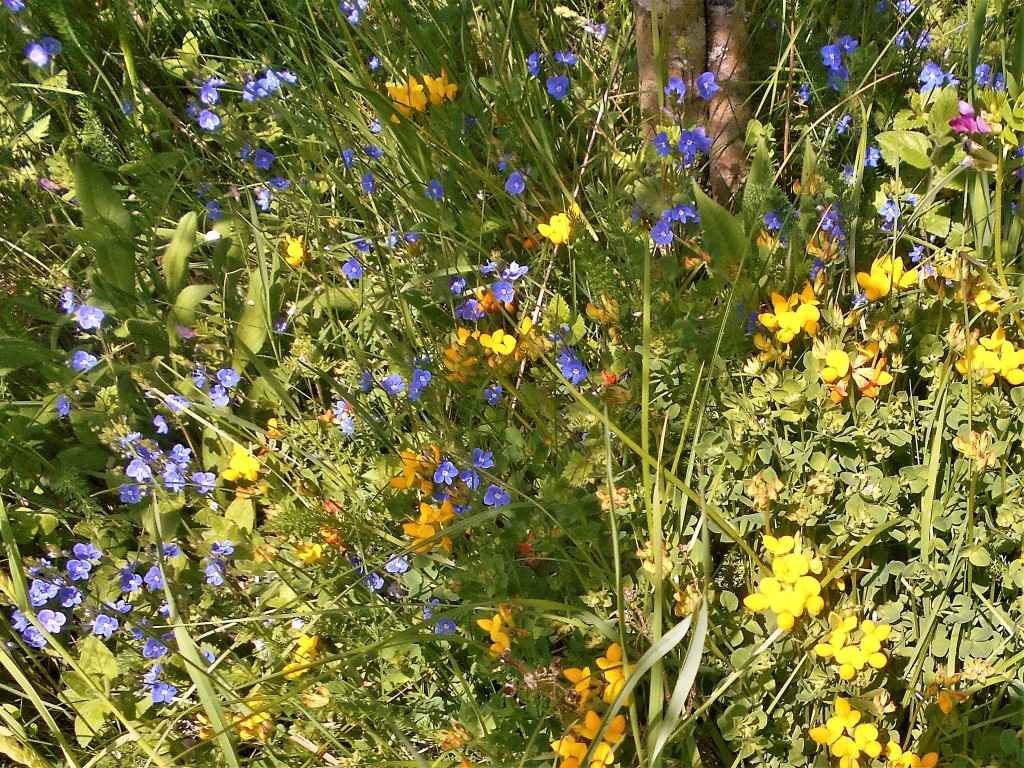
But the day actually belonged to the spiders. There were hoverflies and honey bees, both red and buff tailed bumble-bees, a sudden appearance of the vividly coloured Red Admiral, but mor than any other species, so many spiders! The beautifully marked Common Crab Spider, conveniently climbing a grass stem so that we could get a full view of the splendid classic column motif embossed on his back.
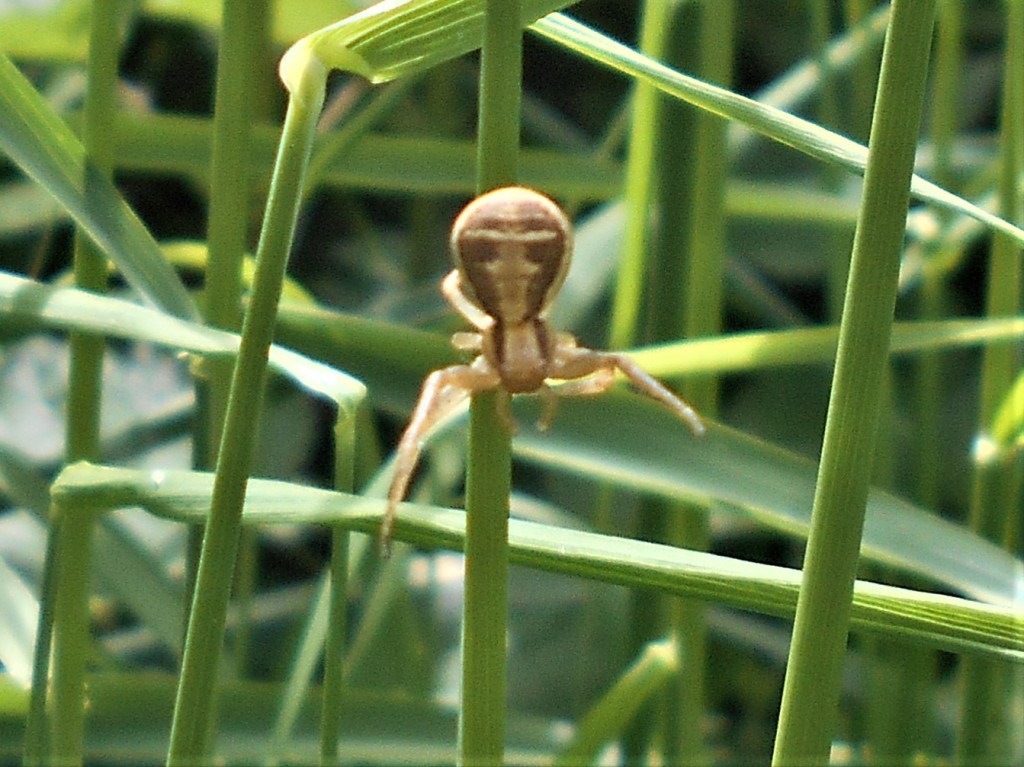
Or a female Wolf spider with her blue silk sac containing her eggs attached to spinarets – her stance looking as if she is guarding them as they nestle comfortably in their safe cocoon of silk with her arms clasped around them.
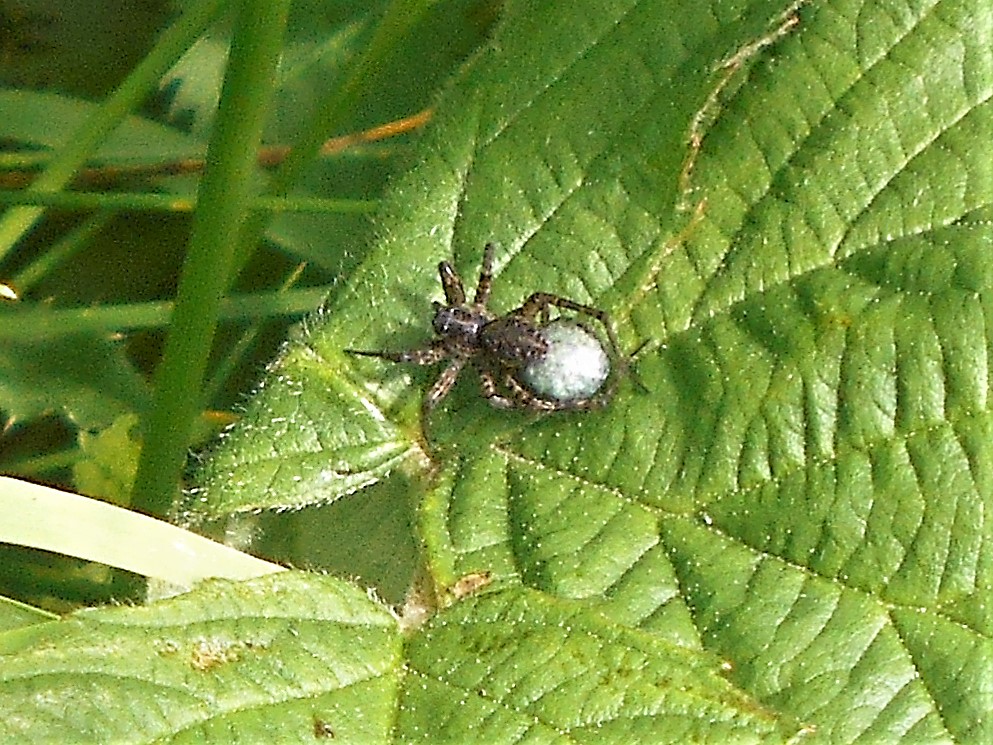
Or a pair of fighting (mating?) spiders of indeterminate species to all intents and purposes attacking each other with a great deal of vigour and determination. Whether this was a defence of territory, fighting over a female or a amorous male importuning a reluctant female we have no idea, and although we watched, mesmerised, for some time, we moved on before we saw the outcome of the bout, so still don’t know whether it was a fight to the death.
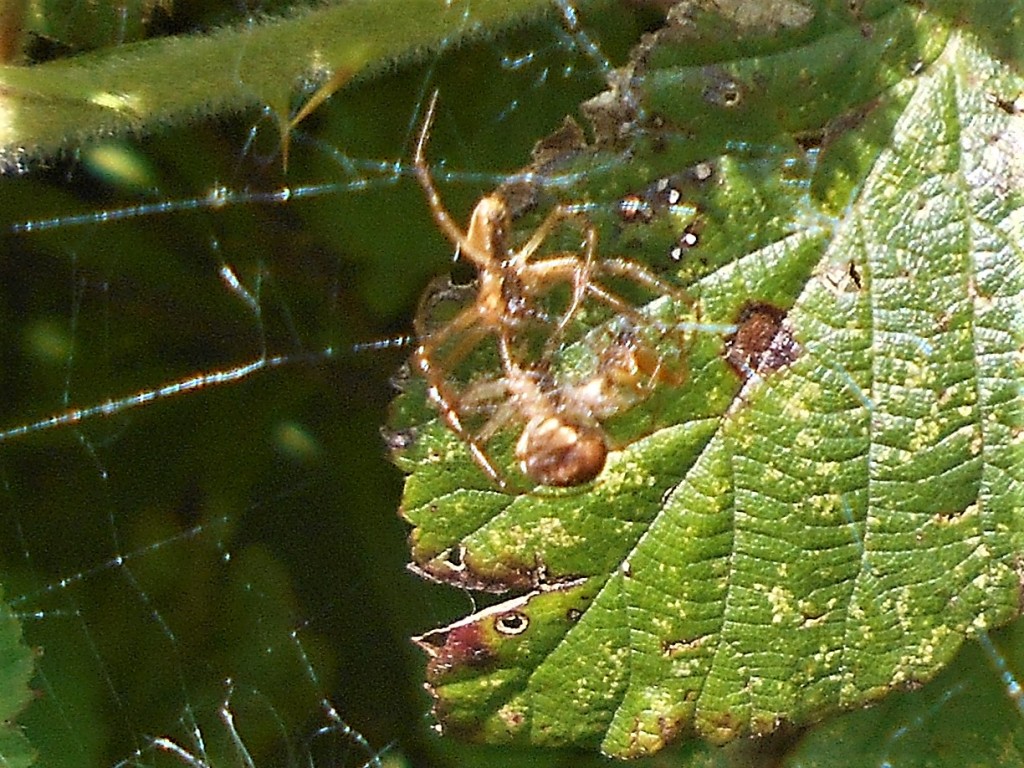

We also spotted a male Wolf Spider, lying in wait for likely looking prey, and a Nursery Web Spider, doing his thing, stretching out his long legs in front of him as he bathed happily in the warm sunlight.
The Blackbirds were very evident, their singing loud and piercing, competing with the noise of blustery wind tossing the tree tops where they were perched. We used to love listening to the Nightingales along this path on warm summer afternoons, but I wonder if the song of the Blackbird can be equalled for sheer rich musicality and purity, the real sound of an English summer’s day, as the Swifts and House Martins, Swallows and Skylarks are the sight? None of those birds sighted unfortunately but Chiff Chaff, Chaffinch, Whitethroat, Blackcap, Robin, Wren, Magpie and Crow were all out and about and we did see a dozen or so Rooks and Jackdaws following the plough in the adjoining arable field, but, rather surprisingly, a single Buzzard was the only bird of prey we saw or heard the whole afternoon.
Lots of cyclists, in singles, pairs or gaggles as befits a cycle path, a view conveyed to us when we asked why they didn’t use their bells when approaching bird watchers or photographers obviously absorbed in what they were doing and so unaware of approaching cyclists. We were the only walkers which was unusual, and the traffic contrasted with the winter visitors – when there had been lots of walkers and few cyclists.
30th April 2022
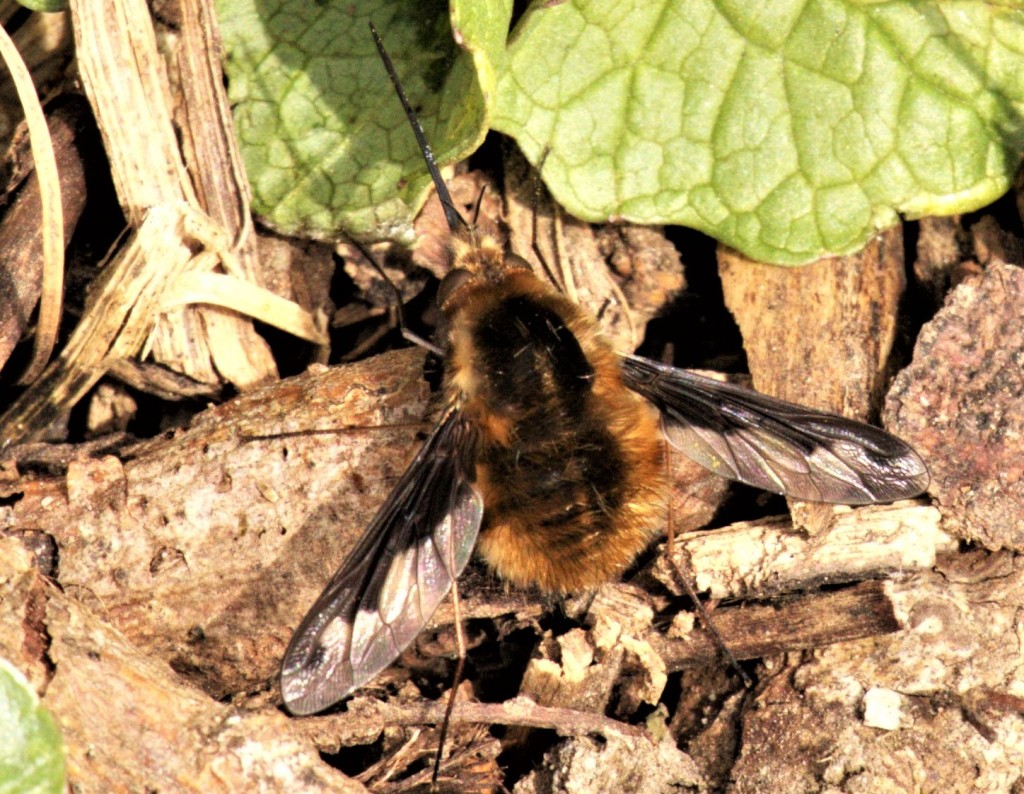
When we spotted a photograph of a Dark-edged Beefly on Twitter, we tweeted “Why are there so many this year? They’re everywhere! We see at least 4 or 5 every time we go for a walk when in previous years we were lucky to see 1 or 2 all season.” Soldierflies RS tweeted a reply and attached a copy of graphs which were extremely interesting to read:
“We’ve had good numbers of records (and should be more to come in May), but so far total numbers are down this year, which could mean that fewer bee-flies have been active, but could also mean that fewer people are recording this year (charts are for Dark-edged, B. major)”
Below is an up-to-date graph of their records so far this year :
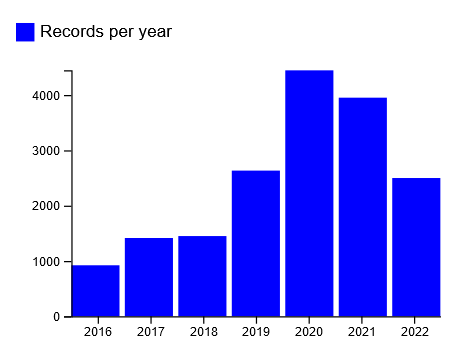
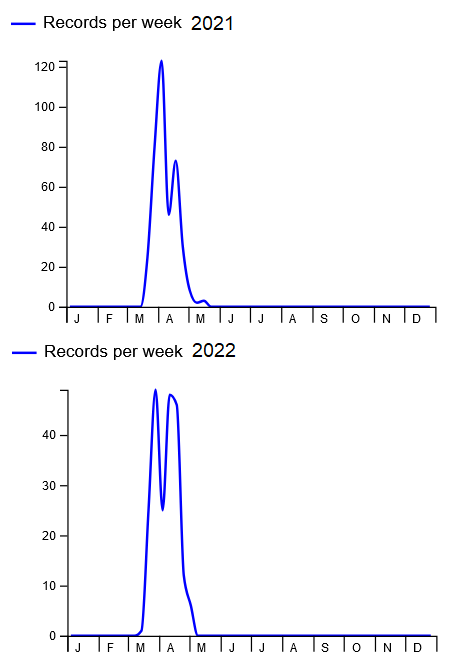
A good reminder not to confuse the local with the entire country!
20th April 2022 / Temp: 17 C / 2.30pm – 4.50pm
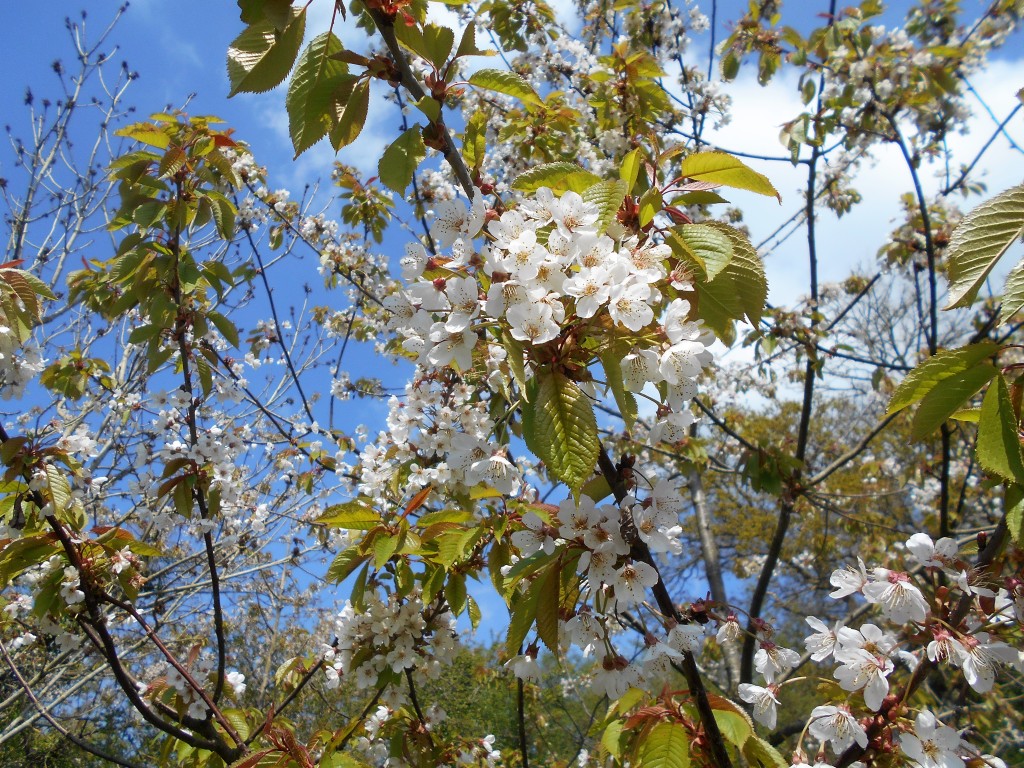
A glorious afternoon for a walk along the cycle path! Fruit tree blossom in full bloom everywhere we looked – cherry, apple, elm and sloe and butterflies, more than we have seen at this time of the year for years.
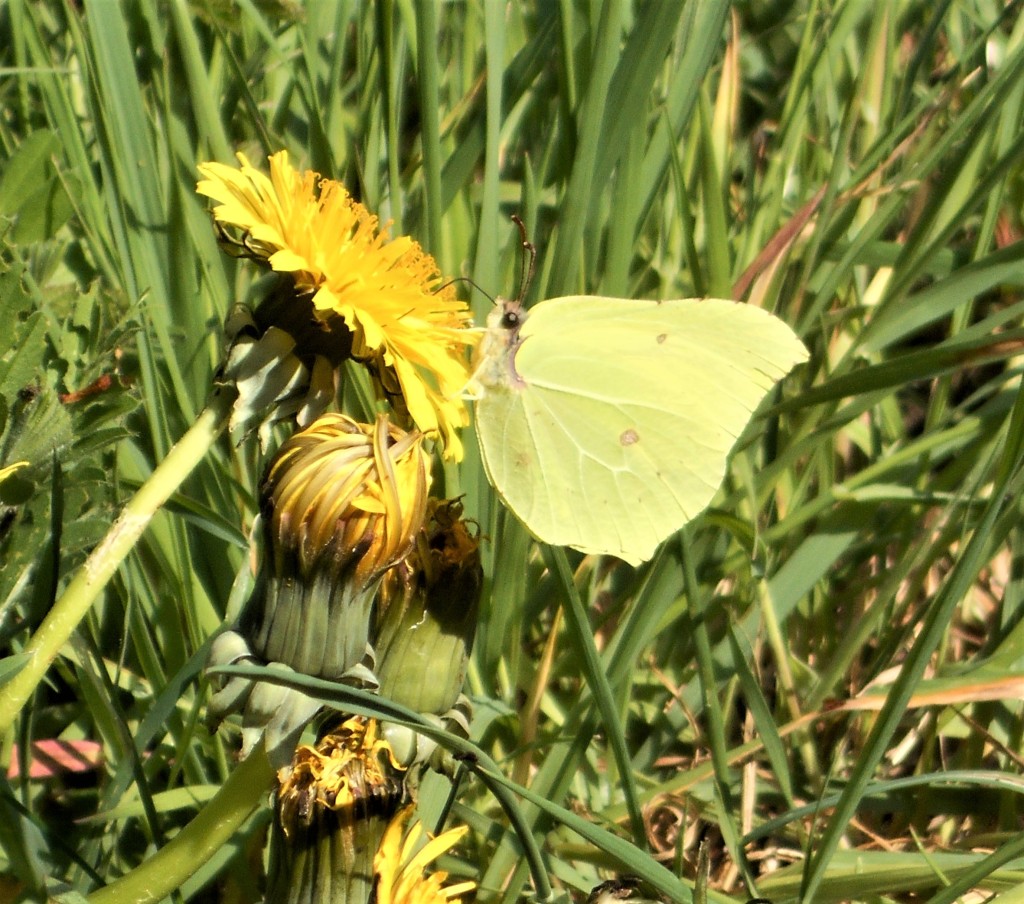
11 Brimstone butterflies, so many, the males flashing their clotted cream colours, with strawberry pink spots and the females clothed in very puritan, discreet white, shared the stage with at least 8 Orange tip butterflies where again the males displayed their finery, with a blaze of vivid navel orange coloured epaulettes on each wing while their females remained a modest white, almost Amish in their simplicity against the one single Peacock, showing off her blue blue eyes and scarlet coat with abandon!
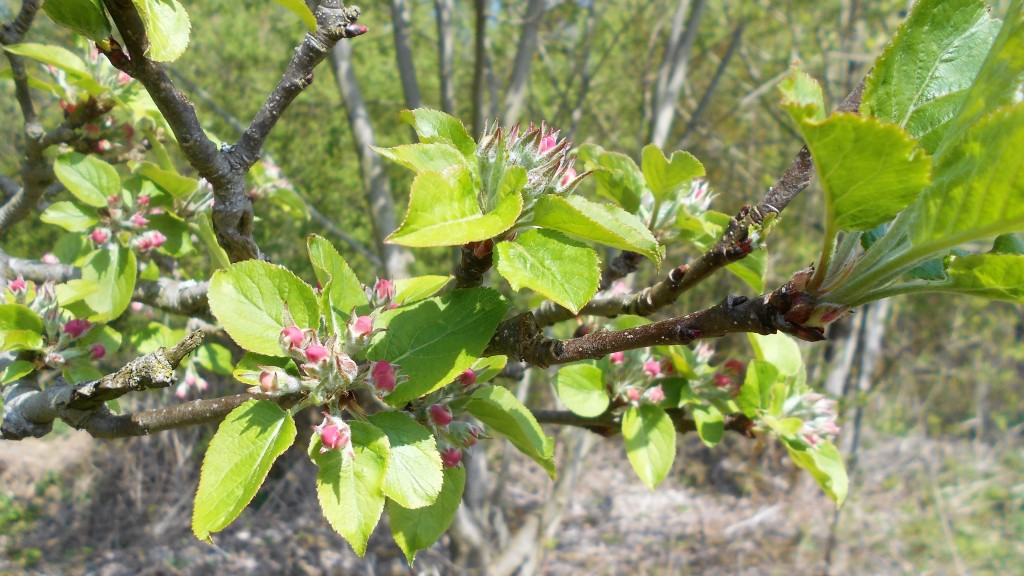
The birds were also serenading their females, or defending their territories or possibly both at once at the tops of their little lungs – again in good numbers. 4 Whitethroats with their Five Go Mad in Somerset song, 5 Blackcaps, 2 Chiff-Chaffs, 4 Robins, 2 Wrens, single Blue Tit, Bullfinch and 2 Green Finch with a flock of 20 or more Jackdaws and Rooks forming the chorus to the beautiful, heart wrenching song of the 5 Blackbirds, spaced at decent intervals so that we were able to enjoy their arias all along the path.
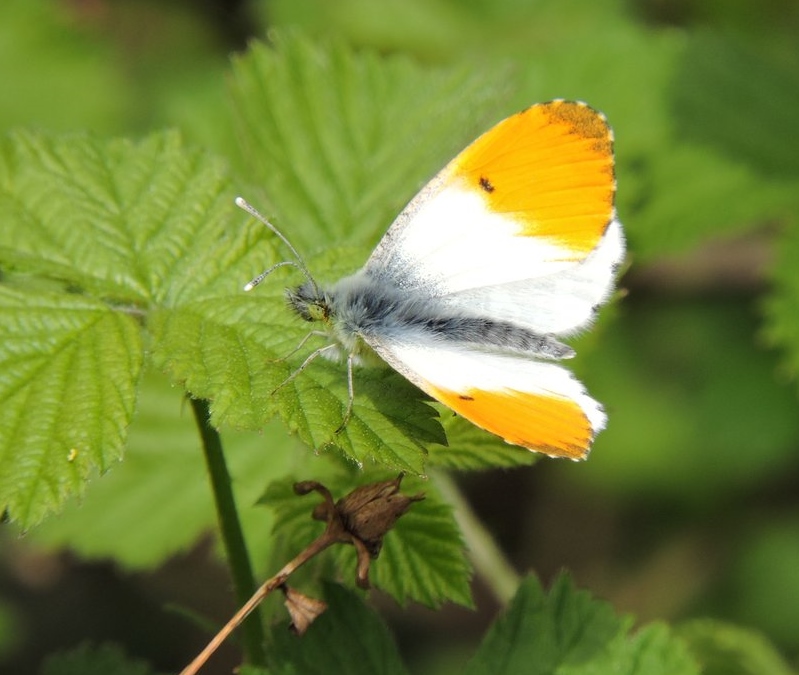
More Orange Tip butterflies fluttering past at top speed on a mission to somewhere as we walked slowly, oh so slowly, along the foot of the embankment, carefully examining every Yellow Meadow Ants’ nest, expecting to spot a sunbathing Common Lizard on every one, and drawing a blank on nest-hill after nest-hill. The sunlight was full on the embankment and they should have been enjoying its warmth but not a sign, perhaps we were too late and they were scuttling about, hidden in the thick tussocks of grass, hunting for their tea!
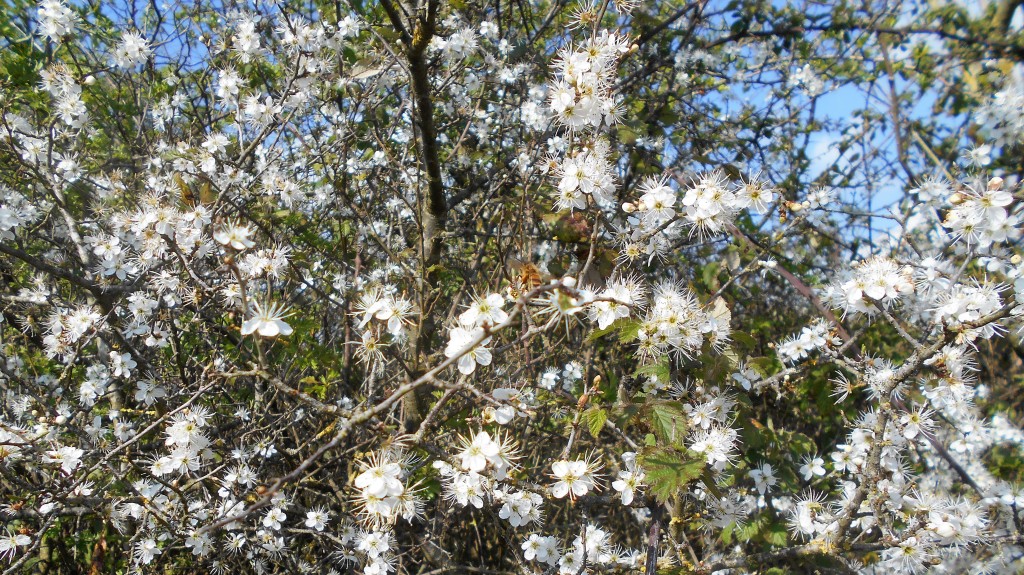
The Blackthorn was still covered in blossom and still holding nectar if a busy honey bee feeding on a flower, its legs already heavy with pollen from all the flowering fruit trees. It seemed that the Blackthorn attracted the most insects, not only honey and bumble bees, but also hoverflies and even a small brown beetle climbing down a twig just below the bee in the photograph, rather too small to identify.
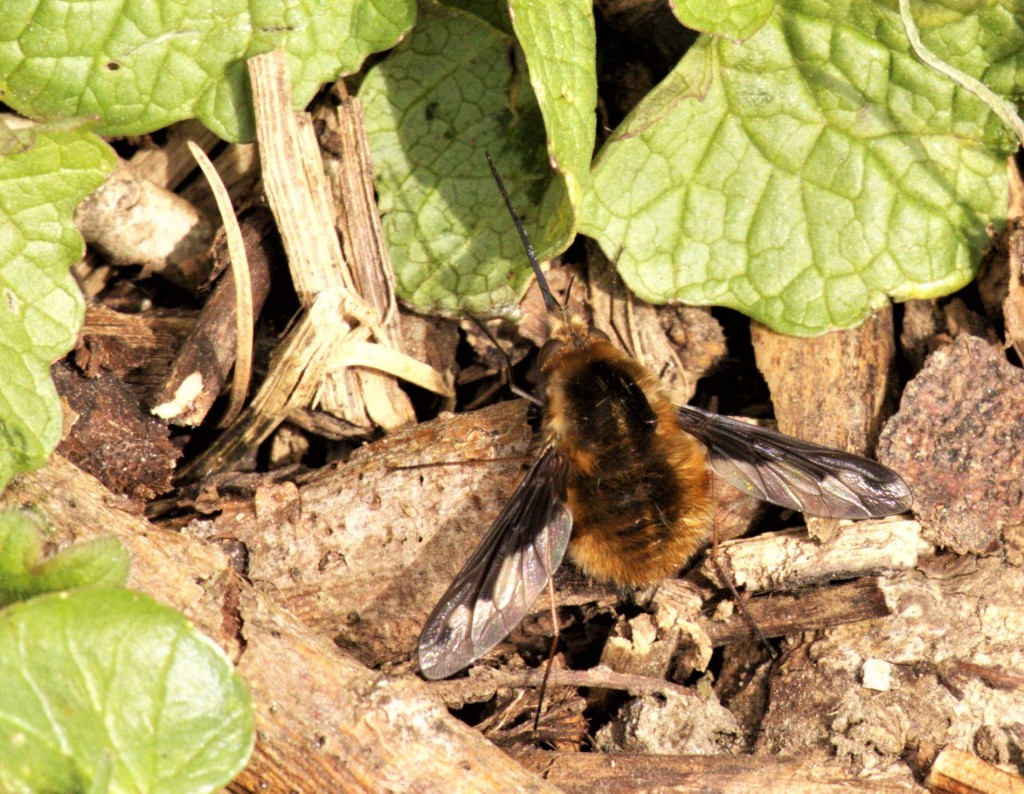
What is it with the Beeflies this year? We have never seen so many – everywhere we go, by the river, through the woods or along this path between arable farmland we see Beeflies, not just one or two but like today when we saw 5 in an area when we have never seen any before!
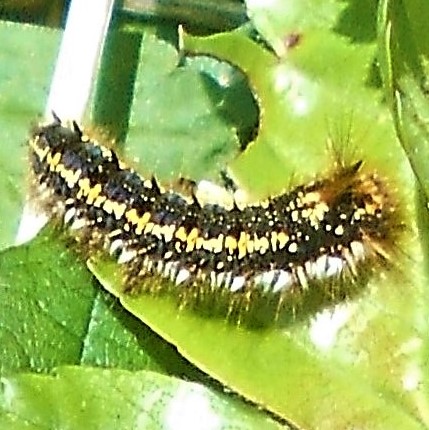
Life seemed to be bursting out everywhere we looked, as if twitchy from waiting through the long drab winter months, the caterpillars were also impatient to show their best colours – here a Drinker Moth caterpillar, regretfully not quite as showy as it should be, the blue lines on its back almost black in the bleachingly fierce sunlight, but a hairy creature nevertheless with its foxy coloured ruff!
Turning for home the path had a last couple of gifts to give – the sight of two Buzzards wheeling above the tree line, causing every bird to fall silent, or was it the Red Kite flying up to join the hunt which reduced them all to discreet quietude?
A wonderful afternoon, full of the sight and feel of warm sunshine, blue skies, drifting white clouds and during most of the walk at least, the sound of bird song. Perfect!
16th March 2022

More exciting news on the sightings front: after a first confirmed sighting for years of the Reed Bunting by Lynne & Nick Waton, Nathan Slee (Creator of Frome Wildlife Watch) spotted 2 Muntjac and a Barn Owl whilst out running at the Radstock end of the Cycle Path – the first confirmed sighting of either of these species since 2018! He also saw a Bullfinch which seems to be an increasingly unusual sighting along the Cycle Path. Frome Wildlife Watch https://www.facebook.com/groups/243133587257156
We are always so grateful to receive walkers (and runners!) sightings to add to our list giving a much wider picture of the number of species along the path. Here’s our email address is you would like to send us a note of your sightings: dearhumi@gmail.com
14th March 2022 / Temp: 12 C / 2.25pm – 4.15pm
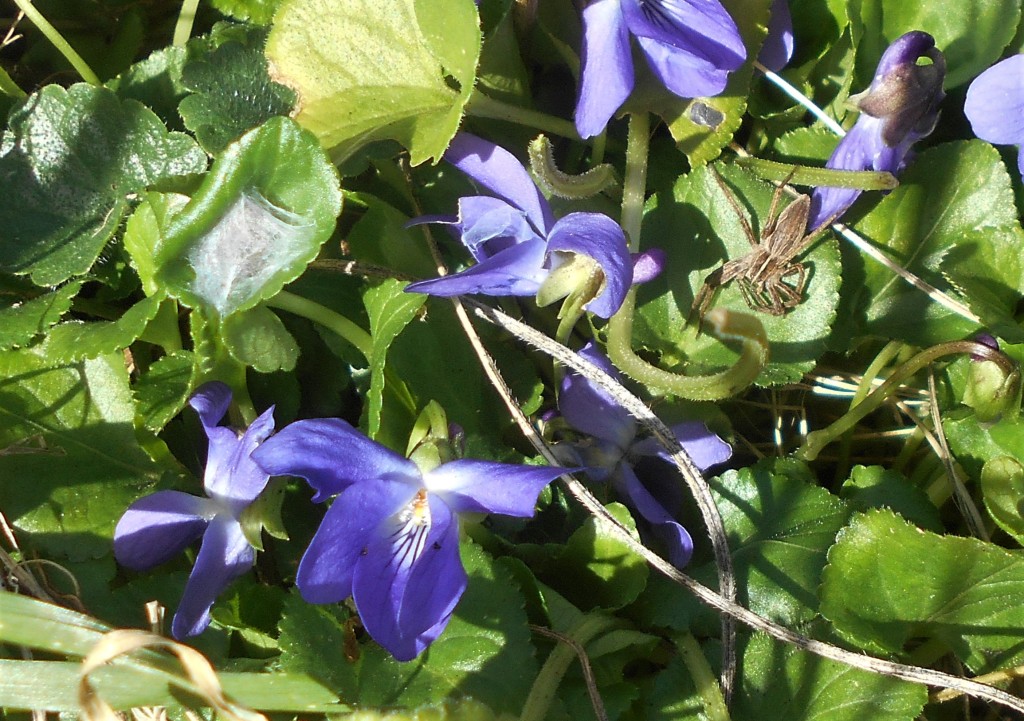
A glorious afternoon, sunny, warm and decidedly springlike borne out by seeing our first sightings of Sweet Violets this year. We usually spot our first ones in February and were surprised that they should be late this year, but all the more delightful to see them in such numbers. The largest number of clusters are along the embankment but they can be seen in smaller clumps on the grass verges just about everywhere.
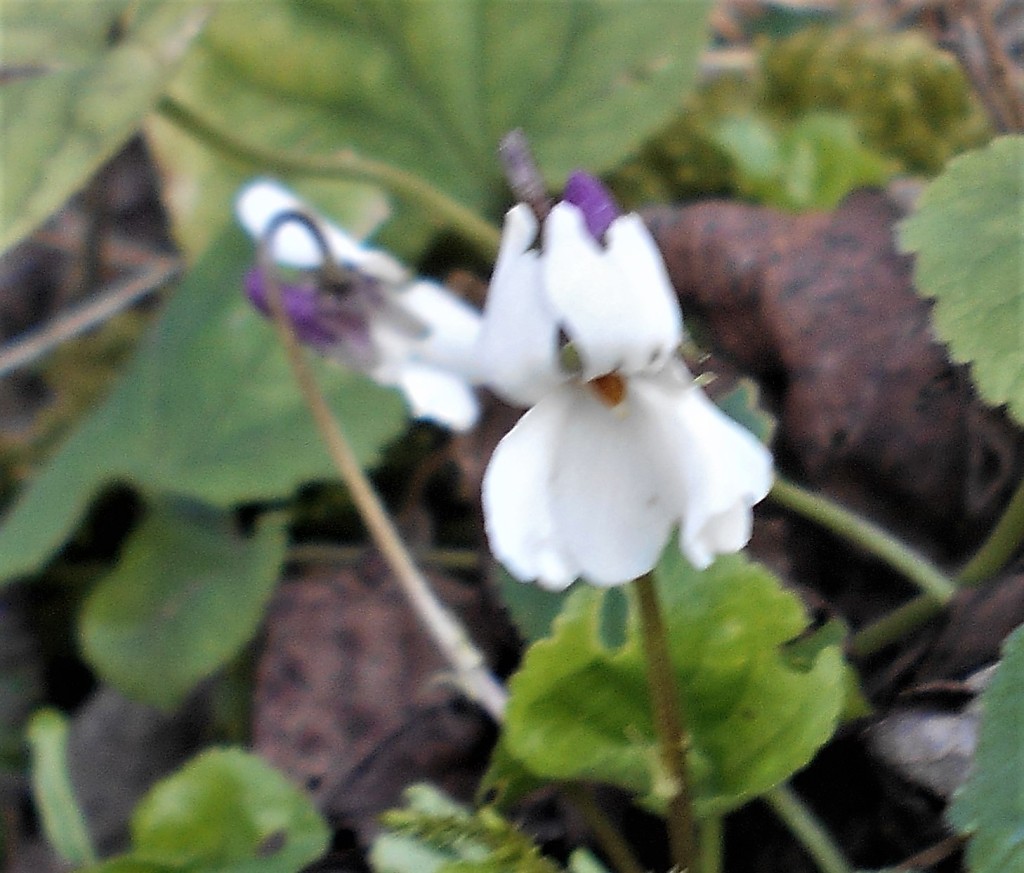
The white Sweet Violet variety was found to be rather more elusive, but we found one plant in the undergrowth at the back of the orchard which proved to be the variety Voila odorata var. imberbis which is identified by the pinkish sepal which is discernible (in spite of the out of focus photographs!) looking almost purple.
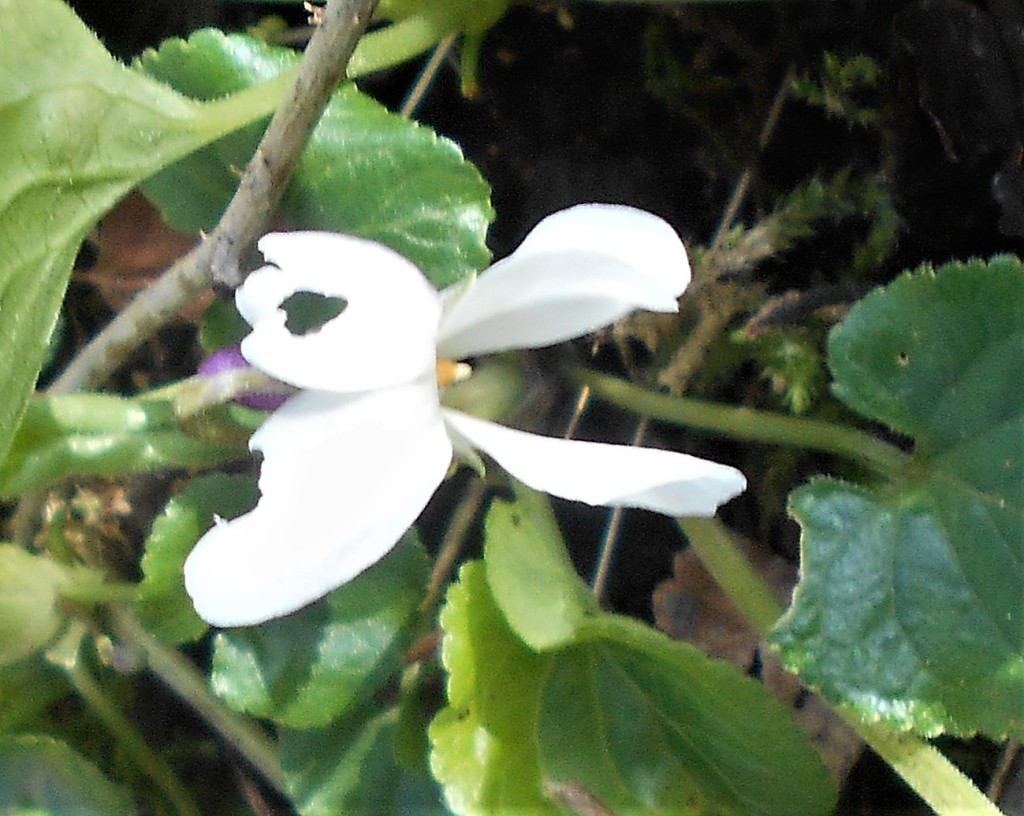
We spotted a few more plants later in our walk but didn’t stop to check which variety. We hope to catch them before the dog violets appear and muddle our possibility of getting a positive identification.
22nd February 2022 / Temp: 11 C / 1.50pm – 3.50pm
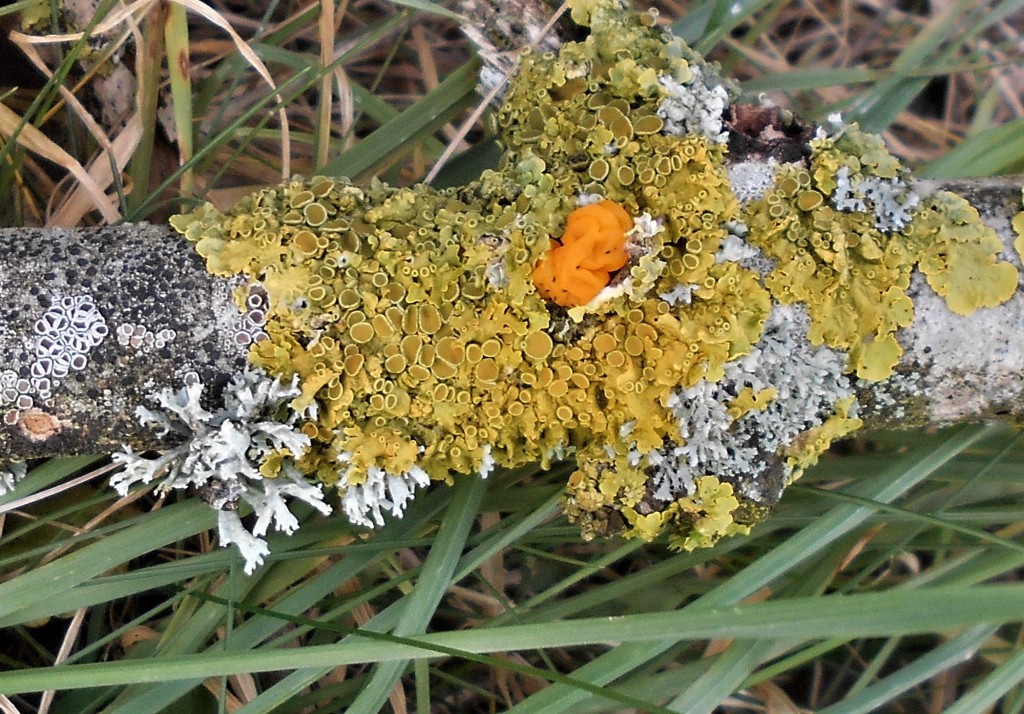
Brilliant sunshine combined with a brisk and blustery north-westerly wind made for an invigorating walk along the Way and after the storms of the past week there were lots of fallen branches. Among them was this large twig coated with lichen at the heart of which is a small clump of Yellow Brain fungus, which shrivels and becomes orange in dry weather. This is a parasitic fungus which doesn’t grow on the dead timber but on the crust fungus which feeds on the timber which is invisible, totally obscured by the Yellow Brain fungus.
It’s always astonishing that so many species of lichen and fungus can cluster and thrive on such a small twig.
On arrival, we walked barely a hundred yards before the cawing of Crows made us look up to see not one but four Red Kites gliding around, one of which was being pursued by four or five Crows. A wonderful sight to greet us. As the Kites flew away we walked on and hadn’t gone far before we saw two Buzzards, so the raptors were out in force, searching for prey.
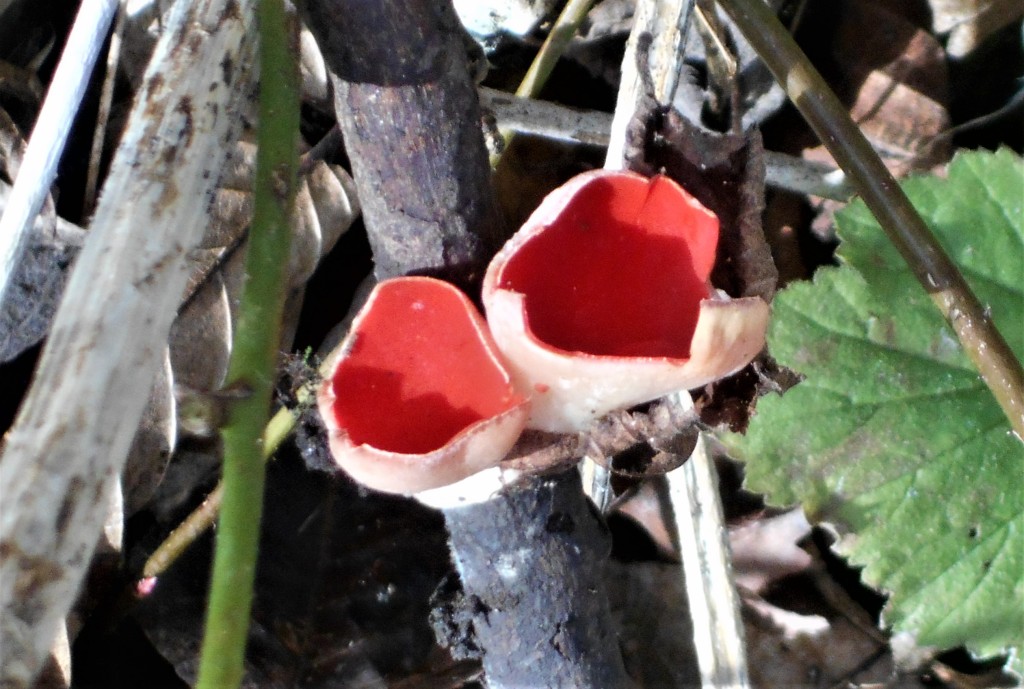
Probably Scarlet Elfcup (or possibly Ruby Elfcup which is so similar I’m not able to tell the difference) but whichever it is its always a welcome sight in winter, such a vivid splash of scarlet in amongst the leaves and moss on the woodland floor.
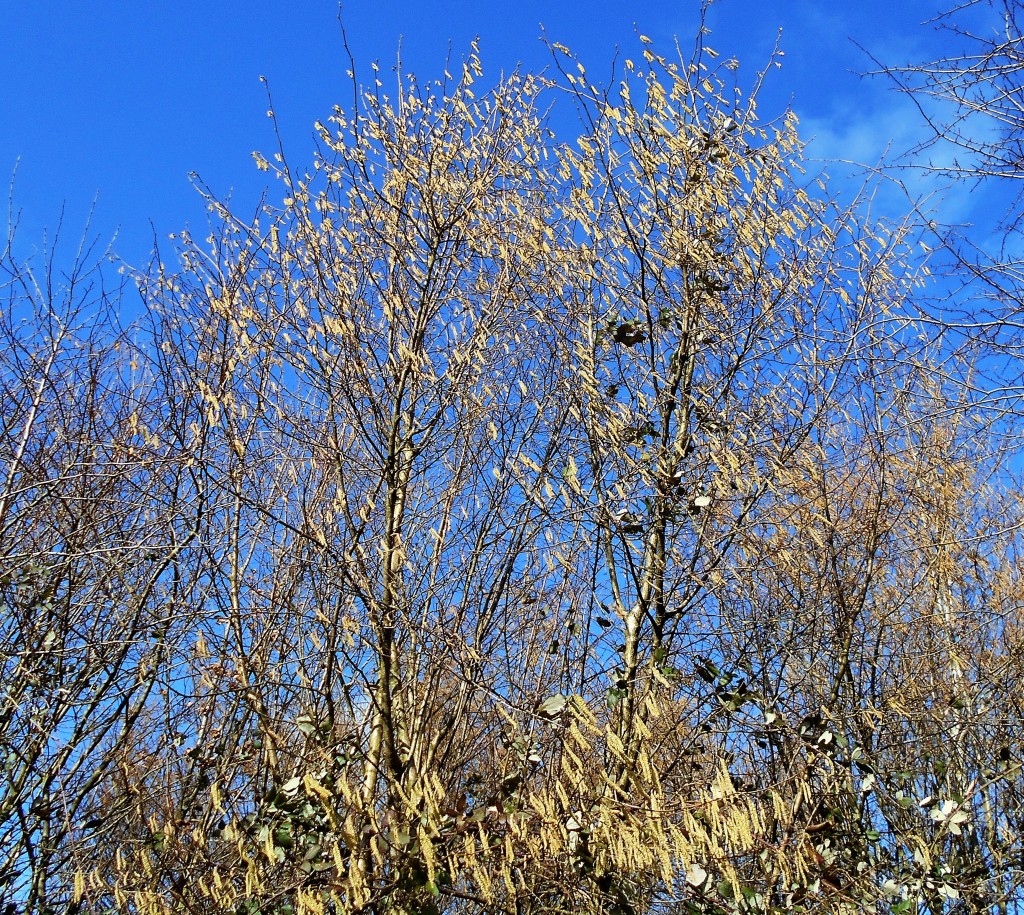
To add to the colour of the day the woodland edge was scattered with lots of hazel trees with their soft butter yellow catkins – here with two trees, one in front of the other.
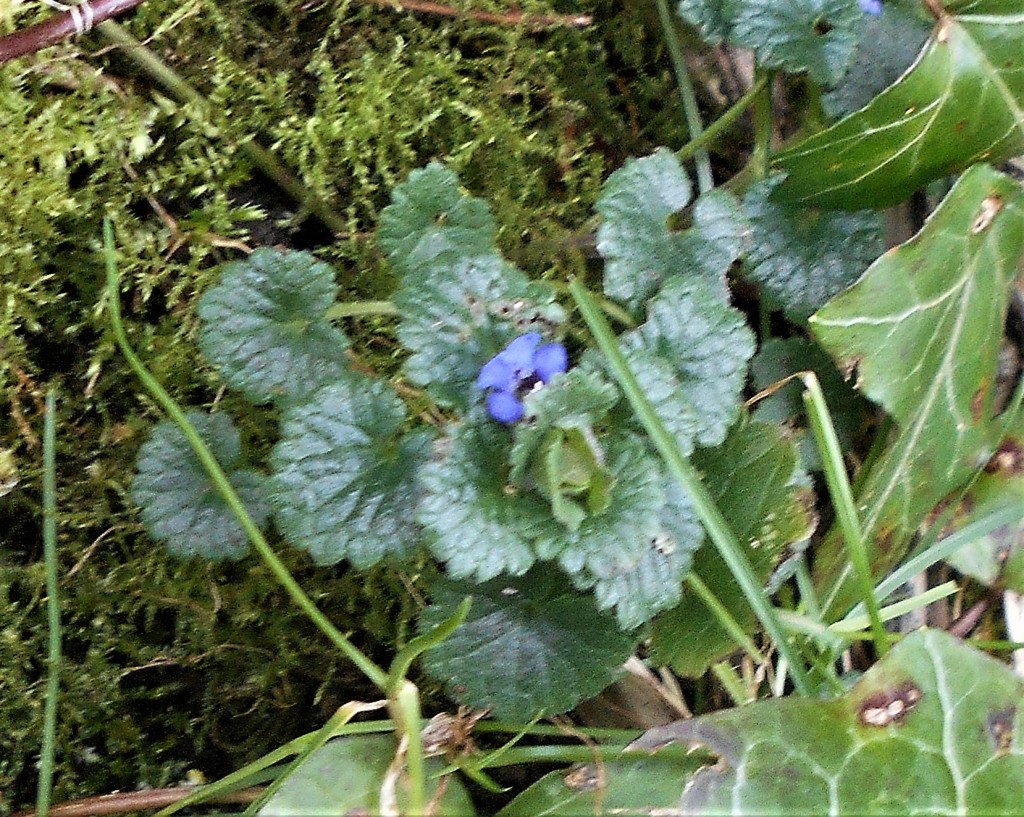
At this time of the year it is so heartening to see a few plants beginning to flower.
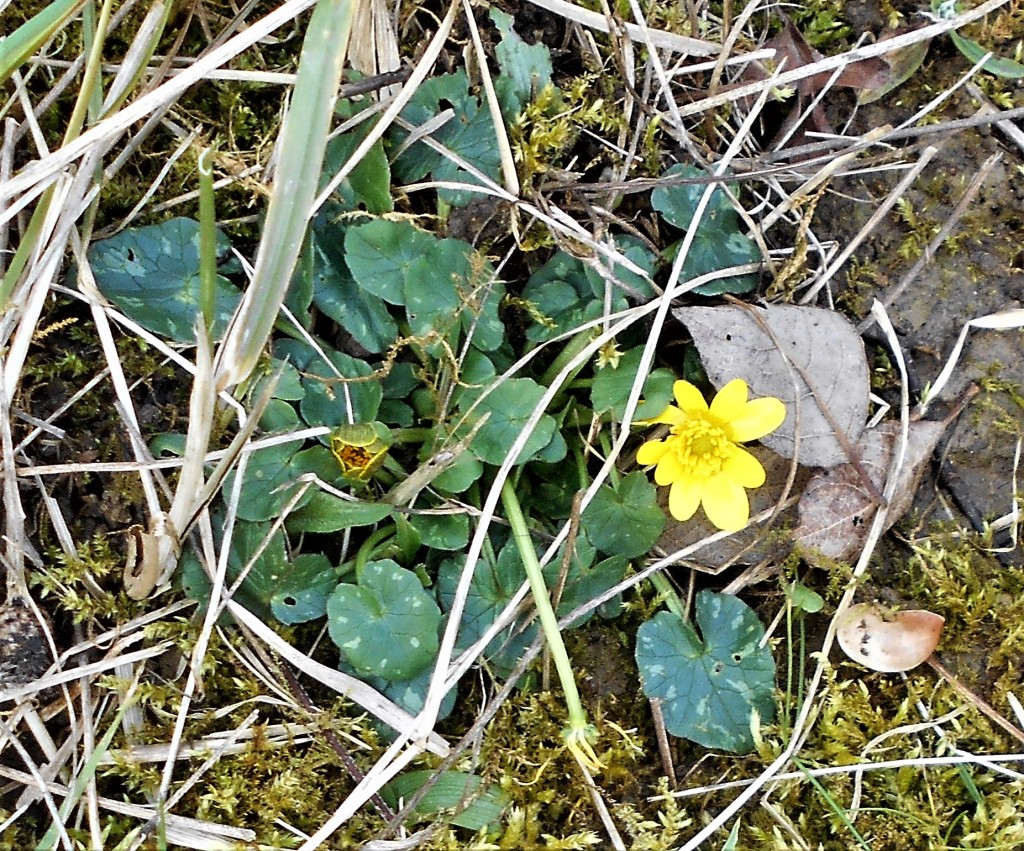
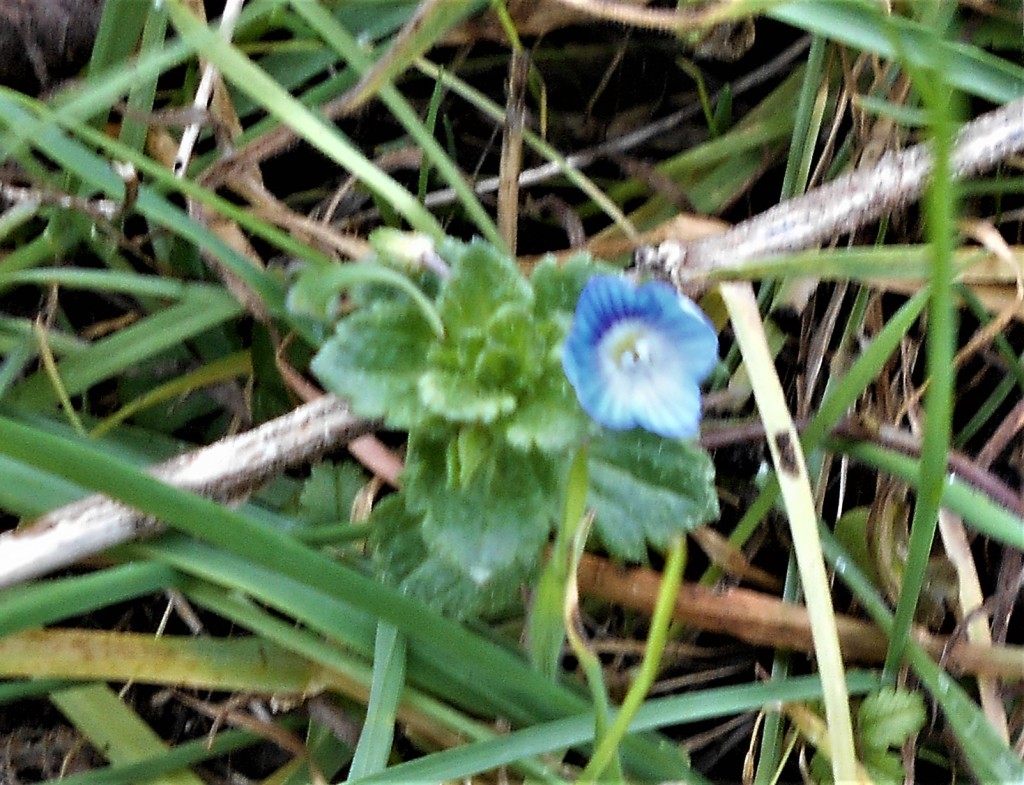
Ground Ivy, Lesser Celandine, Field Speedwell, quite a number of primrose plants dotted about, dandelions, white deadnettle
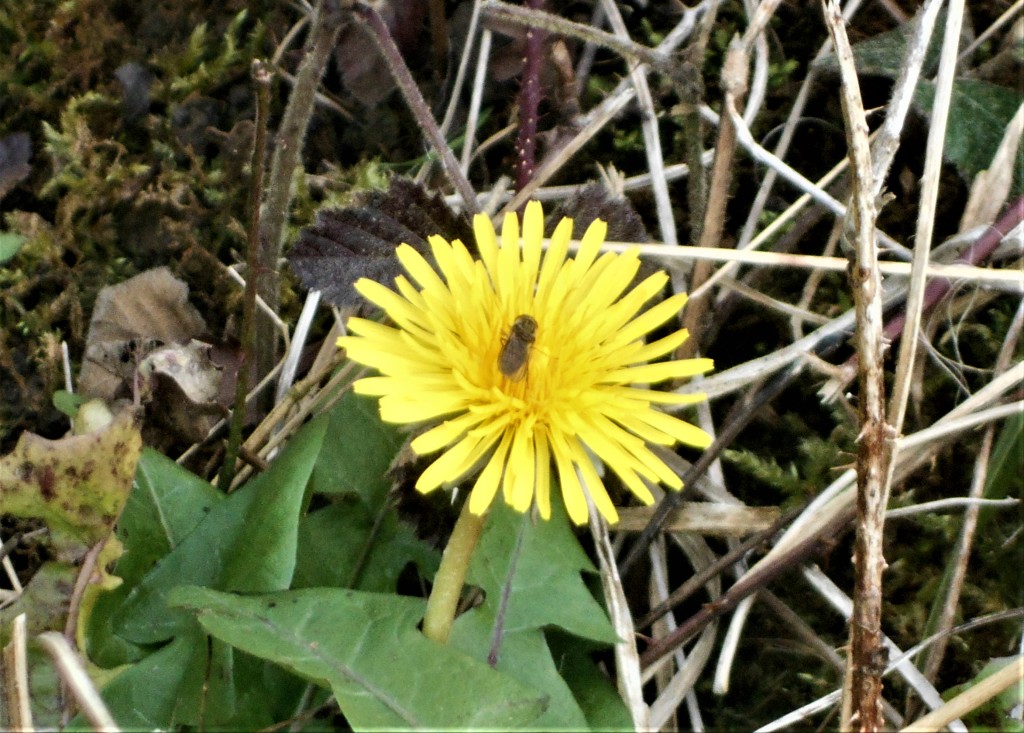
and even a cow parsley plant not quite in flower but in tight pink buds although we were rather disappointed not the see any signs of violets which we had expected to find. These first flowers, together with the inches high spotted Arum Lily and the Dog’s Mercury plants pushing through reminds us that although it is still only late February, spring is on the horizon.
The appearance of so many raptors above the path probably frightened off the small birds, enough for them to keep hidden in the hedges and trees or maybe it was just the blustery north-westerly wind which kept them away but we saw just a few – Blackbirds, Long-tailed Tits, Robins, Wood Pigeons and Pheasants together with a flock of Jackdaws and Rooks amongst the sheep on an adjoining field, and a couple of handfuls of Gulls flying home to roost.
11th February 2022 / 14.10 – 16.10 hrs
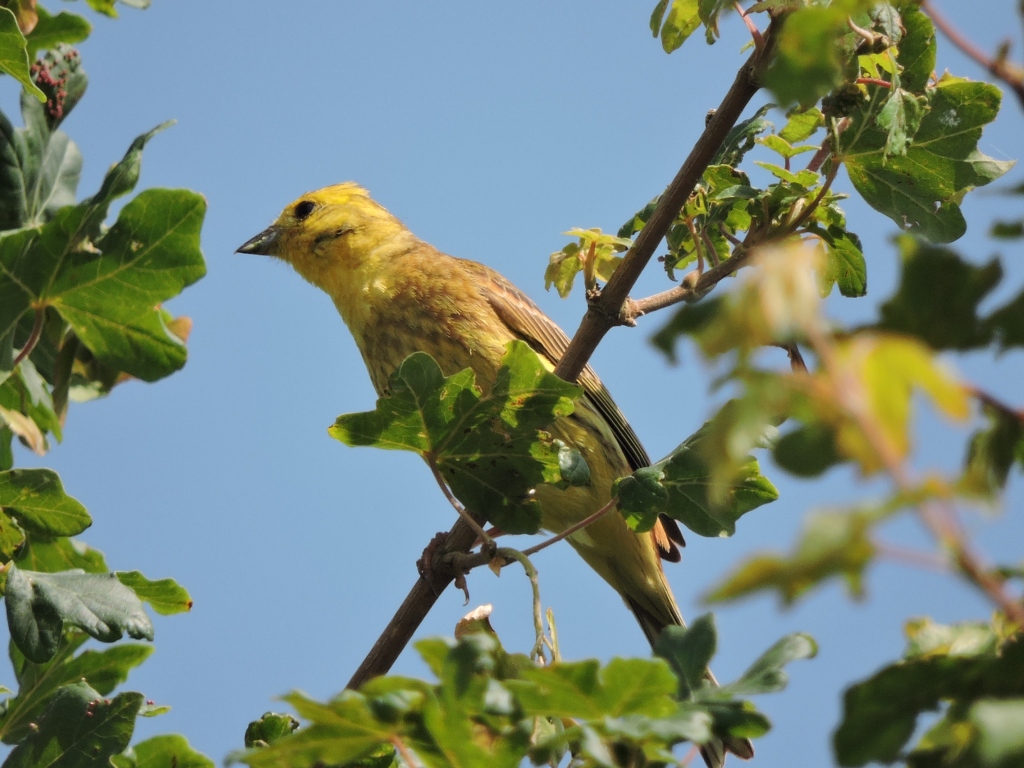
A lovely email from Nick and Lynne Waton with their list of bird sightings. So exciting that they saw a Reed Bunting – a rare sighting along the cycle path and one we have never been lucky enough to see. John Hansford reported in August 2017 that Reed Bunting and Sedge Warbler had again held territories that year after successfully breeding in the previous two years but we’ve had no confirmed sightings since then.
Extraordinary number of Chaffinches (25!) which Nick said were feasting on the seed someone has scattered along the side of the cycleway by the nature area. A noticeable difference in the numbers in the early part of the afternoon was accounted for by fewer birds when there were too many people going past.
They walked from beyond the entrance to the pipeworks (Mells Old Station) along to Conduit Bridge and back. Great to see the sightings of 3 Yellowhammer and 3 Red Kites.
1410-1500hrs : Blackbird 2 Great tit 2, Blue tit 2, Red Kite 1, Chaffinch 5 & Robin 1
1500- 1540 hrs: Blackbird 1 Buzzard 1, Goldfinch 7 Song Thrush 1 Woodpigeon 5, Wren 1, Yellowhammer 2 Pheasant 2 Reed Bunting 1
1540 – 1610hrs : Chaffinch 25*, Coal tit 1, Great tit 1, House sparrow 2, Pheasant 3, Robin 2, Red Kite 2, Woodpigeon 7, Wren 2, Yellowhammer 1
1st February 2022 / Temp: 11 C / 2.40pm – 4.25pm

Intermittent sunshine but a surprisingly icy wind persuaded us to take the path down through the old railway cutting which is well wooded and whose high banks protected us from the wind. But before we reach the cutting we take the top path which is flanked by hawthorn hedges and self seeded hazel. This is always a good hunting site for lichen and it is always exciting to find what we always call Blackstone flower lichen (Parmotrema perlatum) which is used as a spice in Indian cooking. It is so beautiful with its unexpected edges of tan-brown and black hairs.
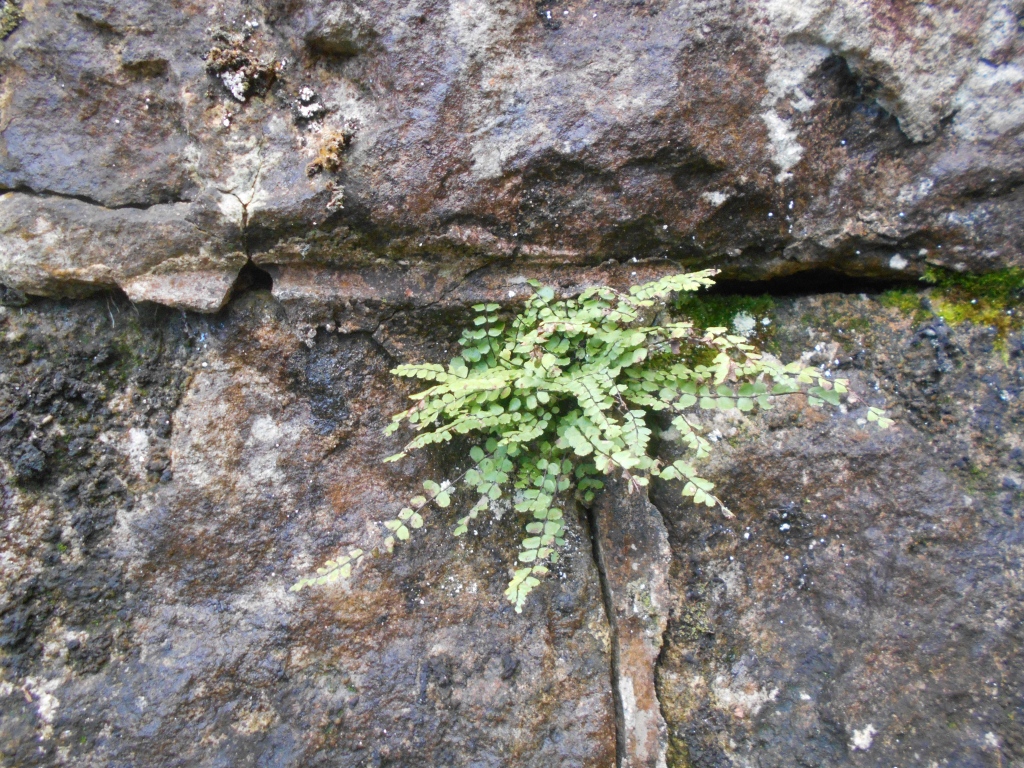
Down the slope and under the old limestone railway bridge, impossible to pass through without stopping to examine the ferns and moss and lichen covering the stone and we always look for the tiny maidenhair spleenwort, so delicate and frail which manages to cling on and thrive in the cracks between the rocks.

And then into the cutting proper. This path through a towering grove of Ash trees, where numerous badger setts are to be found at the top of the embankments on either side and the slopes, when not scattered with trooping funnel fungi show the clear marks of badger slides, feels like a secret place, so quiet, and rather gloomy – particularly in winter – it is a place to explore for lichen, fungi, autumn crocus, liverworts, mosses, early purple orchids and stinking iris whose bright orange seeds glow from the shadows, and who cannot be charmed by the lacey intricacies of the common liverwort stamped on almost every Ash trunk like a badge of honour?
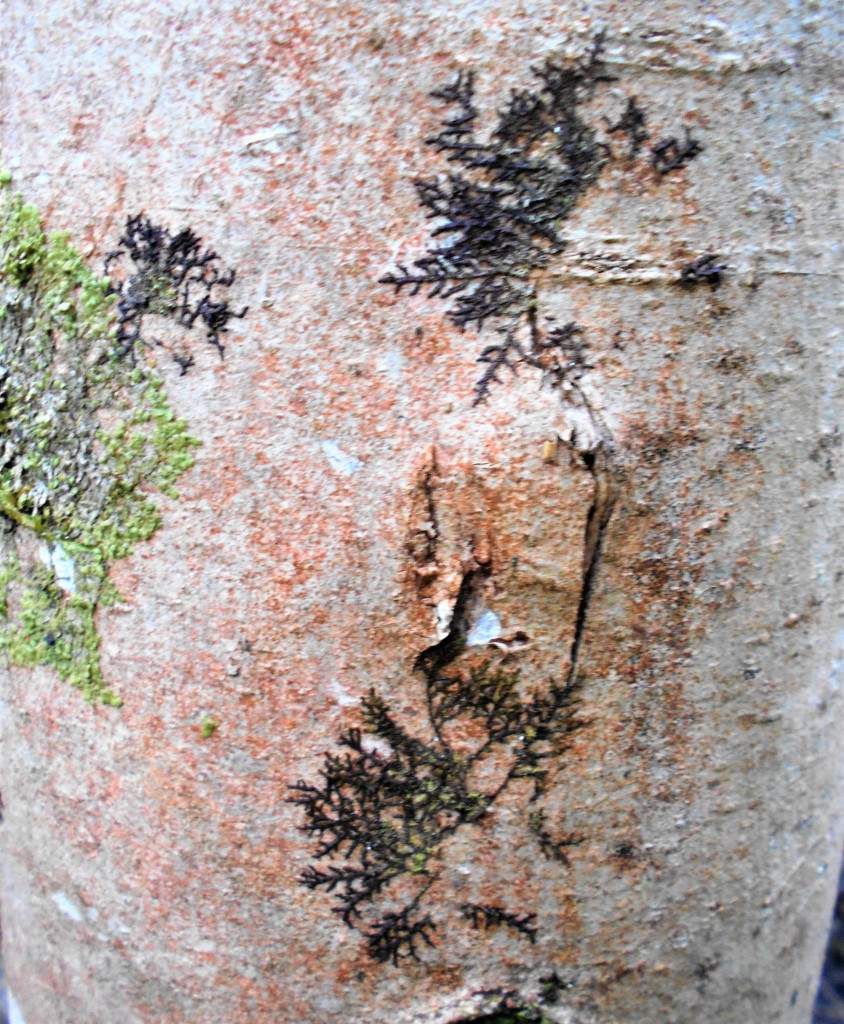
Walking along and catching sight of a Red Kite flying over, hearing the mew of a Buzzard and watching a Blackbird shoot across the path in front of us. Hearing Crows cawing, Gulls screeching, Blue-Tits twittering to accompany a noisy Robin shouting out his song top volume until the ultimate reward – first one and then another beautiful Raven calling a greeting as they pass us by on their way to the hunt – what better way of spending an afternoon in winter than this?
12th January 2022 / Temp: 7.5-5.5 C / 2.15pm – 3.50pm
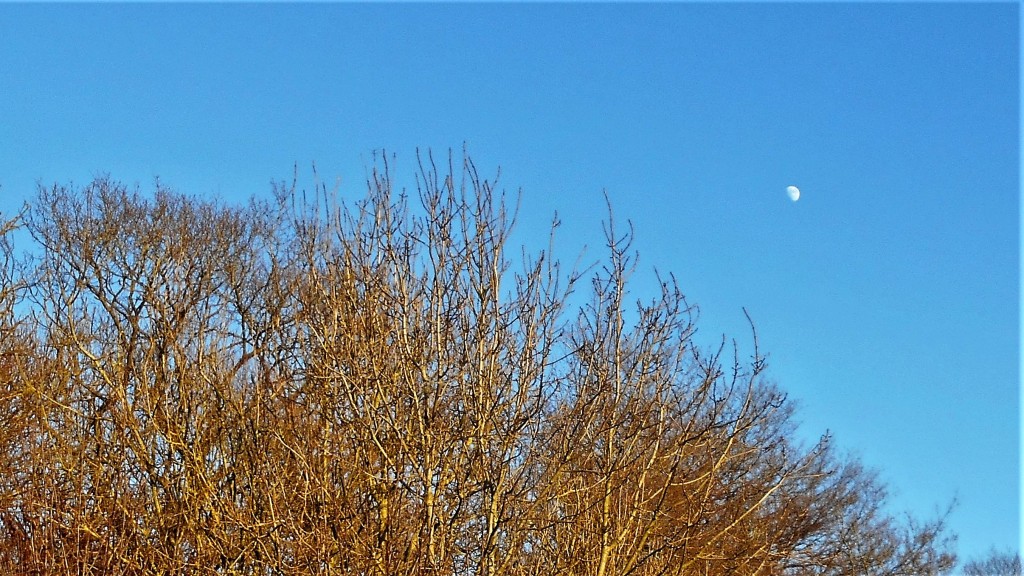
A perfect winter’s afternoon – crisp clean air, clear blue skies, warm sun on our backs and the moon and the sun in the heavens what more could we ask?
Very busy with lots of cyclists making walking slightly hazardous as not all use their bells to alert us to their presence but thoroughly enjoyable nevertheless. The number of birds along the Way seems to be increasing – we saw several little parties (without bringing their own booze!) of Goldfinches, House Sparrows, Chaffinches and tits dashing from tree to tree as well as Robins and Blackbirds. Mixed flocks of Rooks and Jackdaws seemed unable to settle, constantly flying backwards and fowards across the path, joined on occasion by Crows. The Pheasants in the adjoing field beyond the trees set off a great explosion of noise in response to the detonations from the nearby quarry, which seemed to go on for a considerable time which was quite unusual as they usually just squawk, flutter and subside.
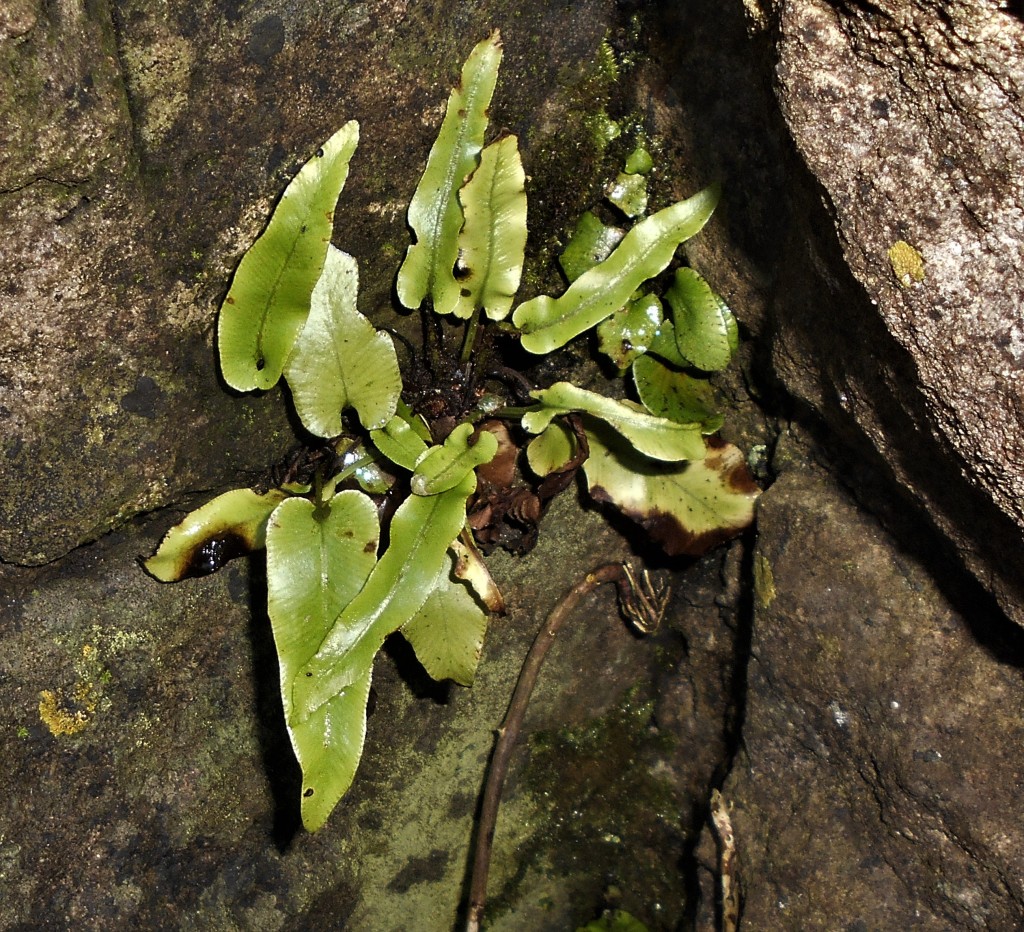
We walked up to the bridge hoping to see the first primroses with their promise of spring but no sign of them this year, but there were several ferns clinging to tiny clefts between the limestone slabs, a lovely hart’s tongue fern and the tiny wall rue fern.
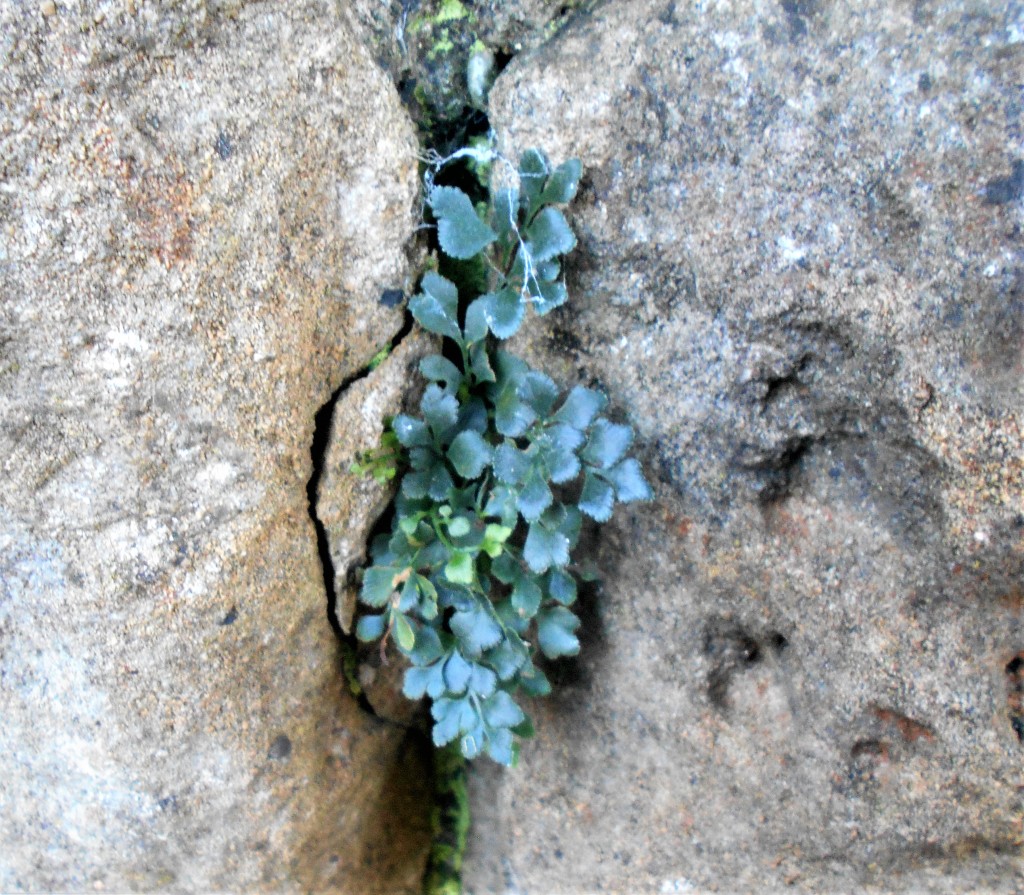
It’s always intriguing to speculate on the mason’s marks cut into the limestone – somewhere there must be a list of the individual stonemasons and their signature mark – the bridges which carried the railway a tribute to their labours centuries ago.

Hoar frost still clinging to the grasses and leaves on the hedge lined shady side of the path
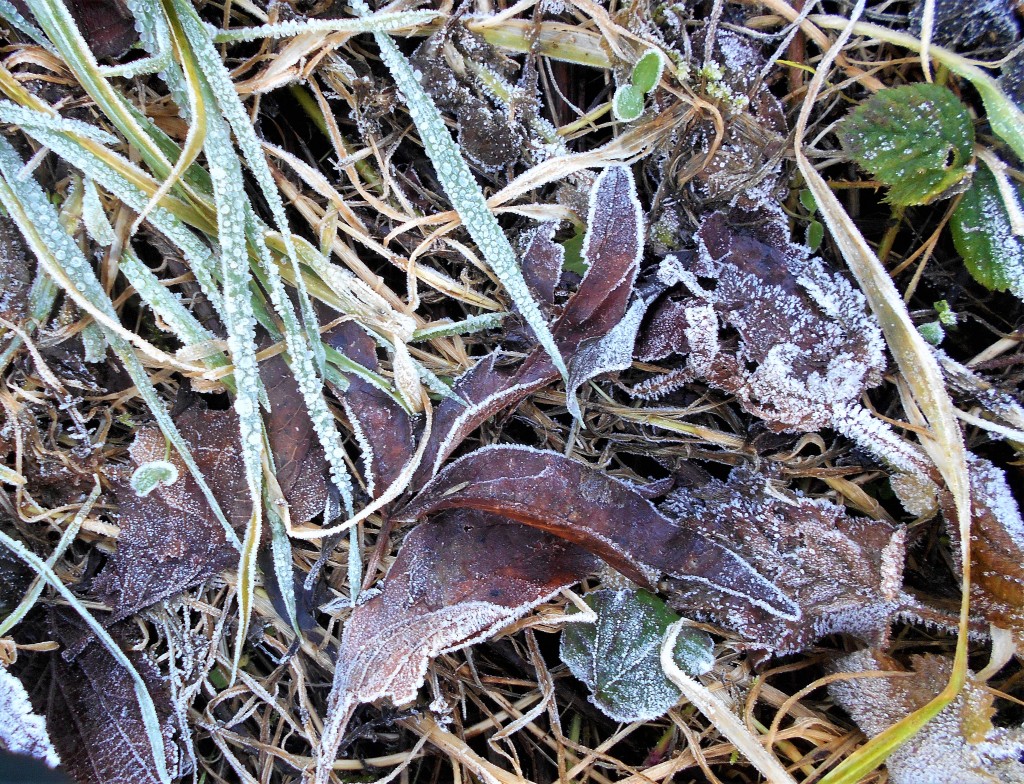
made a strong contrast to the sun drenched brilliant lime green moss and lichen coated saplings, dried grass and red bramble stems almost obscuring the old railway lines with their slodges of lichen.
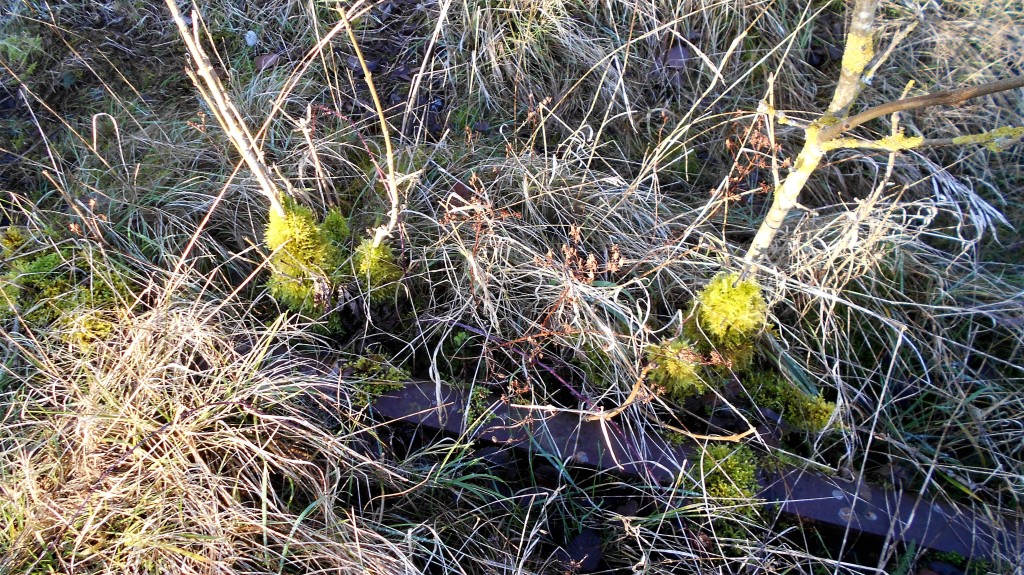
1st January 2022 / Temp: 14-13.5 C / 2.30pm – 4.05pm
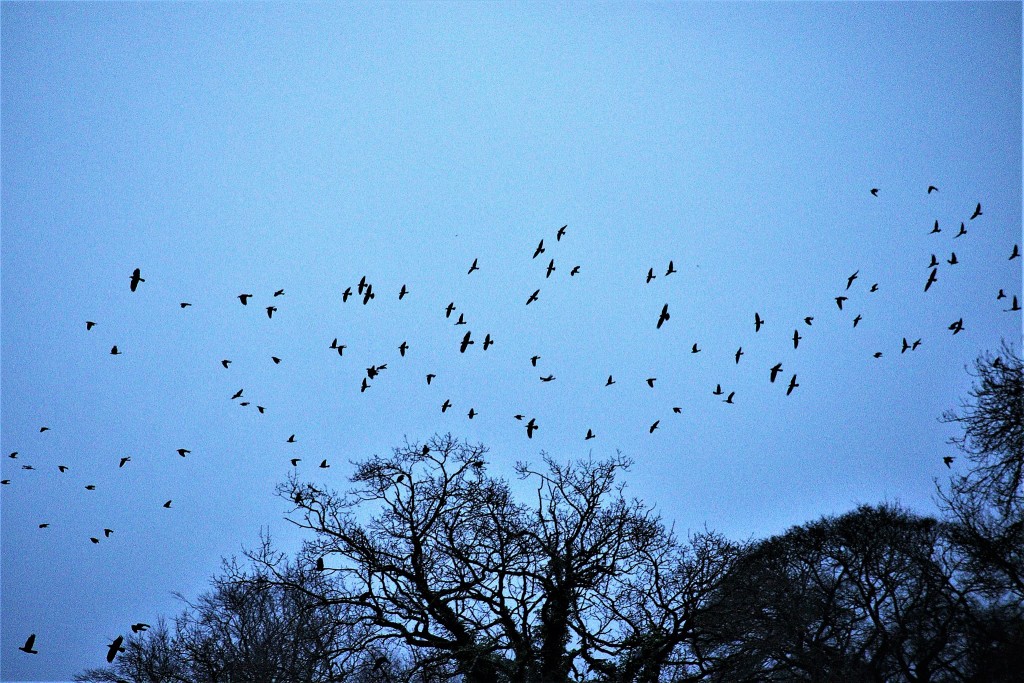
Evening golden hour, 45 minutes or so before sunset, the Rooks and Jackdaws were flying in, gathering in astonishing numbers, rising and falling in constant movement, a cloud, a confetti, a windy day in autumn causing a scattering of leaves, wonderful sight. Accompanying the scattering birds their kaaa kaa calls and chaka chaka chaka chak chatter, that most evocative of winter sounds, Rooks and Jackdaws gathering together and flying to roost. We stood spellbound as the sky darkened around us, turned blue, reducing the trees and the birds to sillouettes – magical.
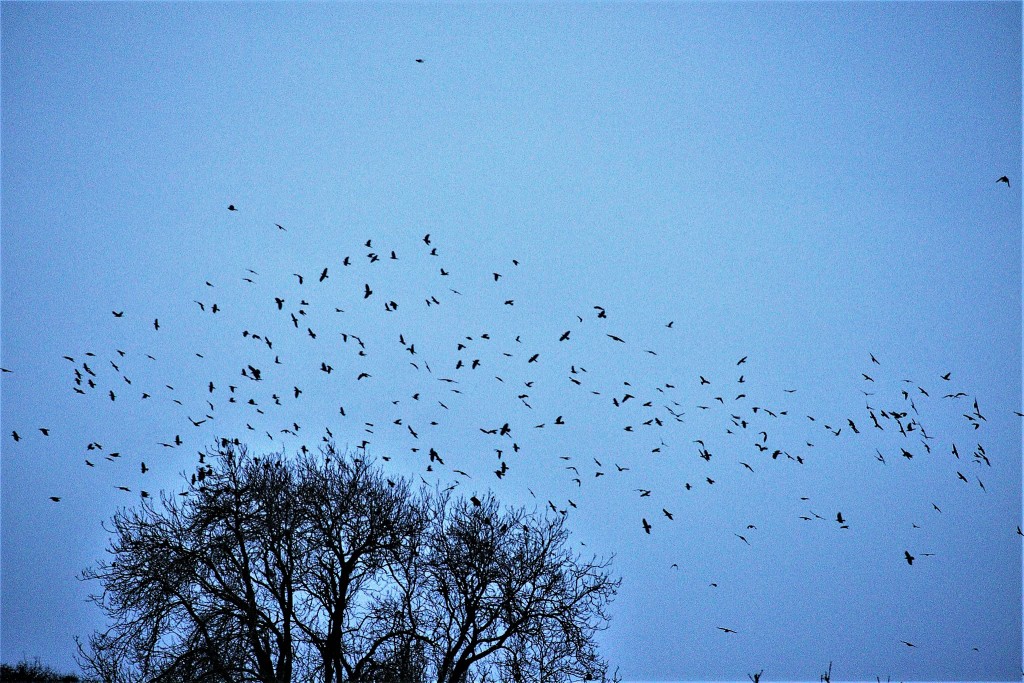
New Year’s Day – a time of renewal, a greeting of the new year, walking off the Christmas excesses, shaking off the worries and distesses of the second plague year of 2021 and looking forward to the year ahead with a sense of hope for better days to come so the sound and sight of roosting birds takes on an almost mythical status, given the belief that well-established rookeries are deemed to bring good fortune and if the rooks should desert a rookery then a calamity is signalled. Long may they prosper!
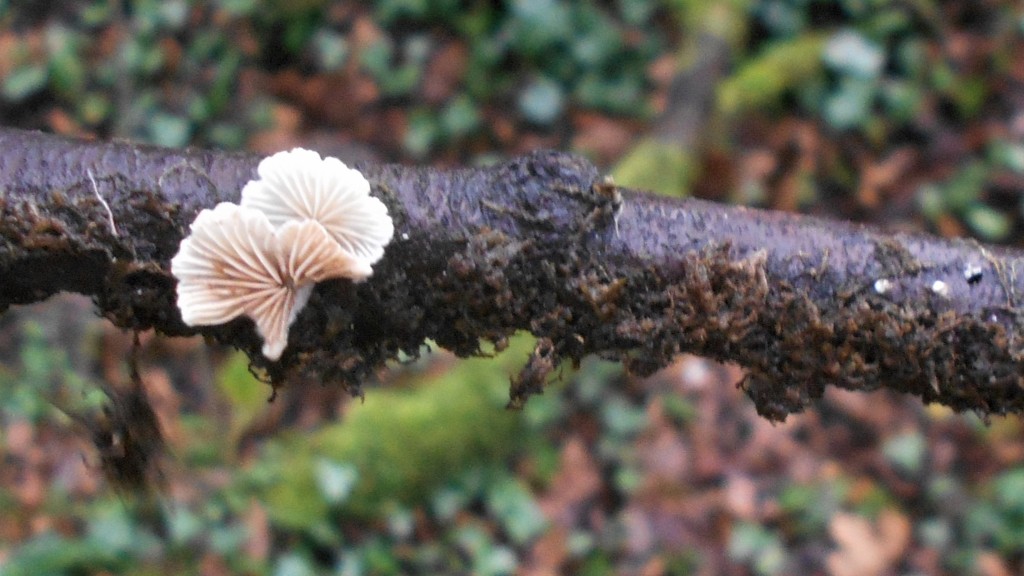
Lots of walkers out and about in family groups, all very jolly and friendly, quite a number of cyclists but surprisingly few children. Lots to see amongst the trees, a fallen branch sprinkled with tiny, delicate variable oysterling fungus, moss coated tree trunks, and lichen bedecked trees, no signs of roe deer antlers but as they fall off in November, we are perhaps a little late and any shed antlers have already been collected.
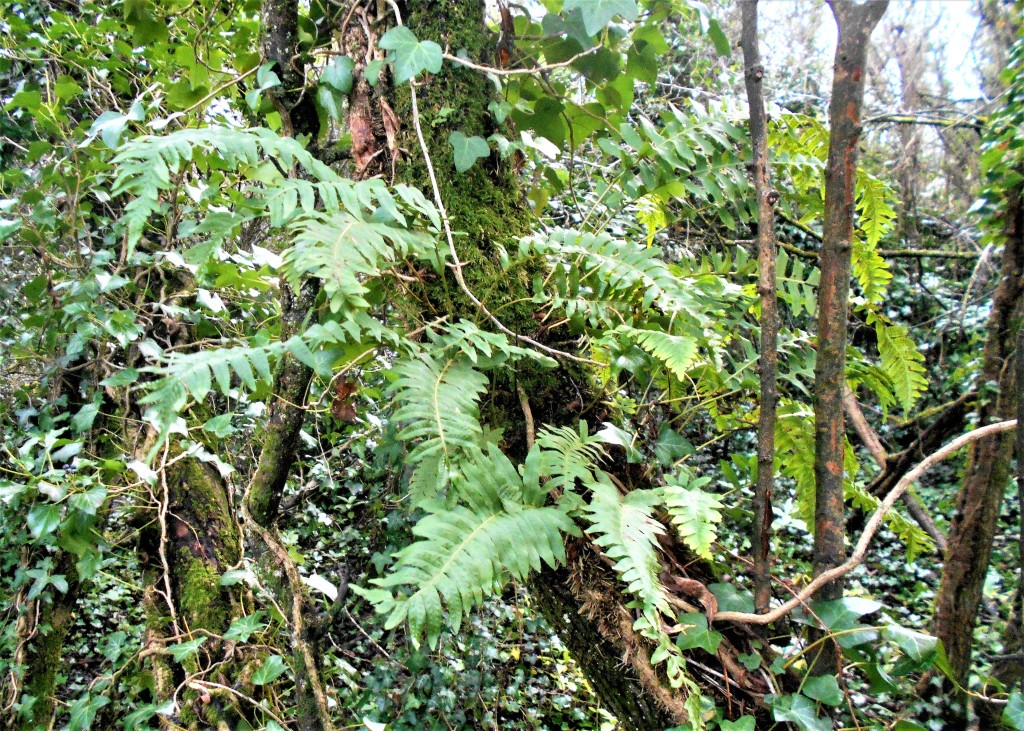
We love the haphazard tangled self seeded trees almost strangled by ivy and thick old honeysuckle vines where polypodies are growing in profusion, tiny scarlet elf cups are just beginning to push their way into the light, King Alfred’s cakes are clinging to moss covered branches, and where a white unicorn appearing out of the undergrowth wouldn’t seem out of place!
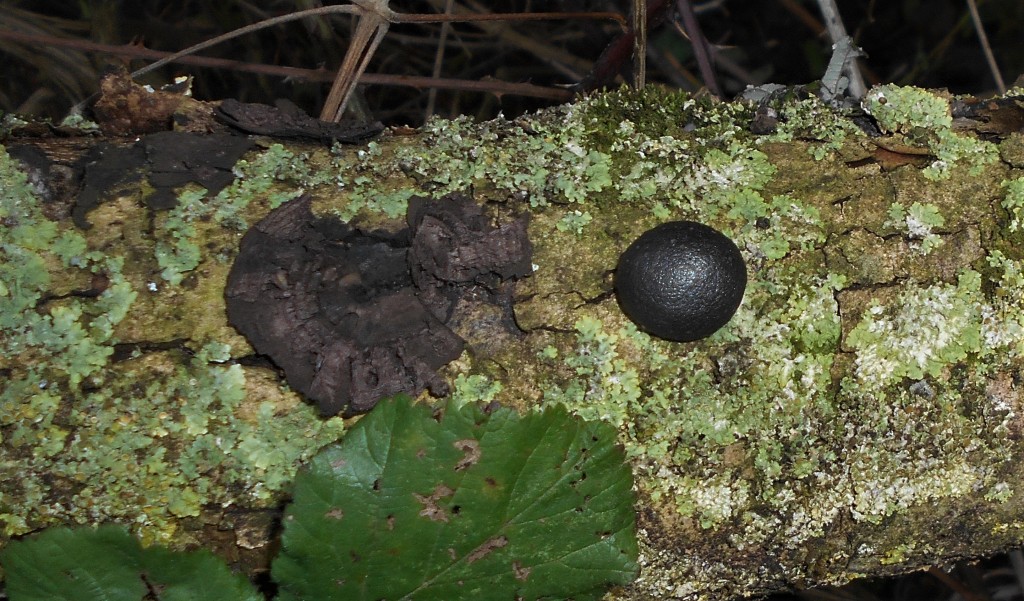
We left the wood reluctantly but it was becoming difficult to see the strands of bramble strewn across the deer path and there were still sights to gladden the eye, the delicate feathery seed wings sillouetted against the sky…
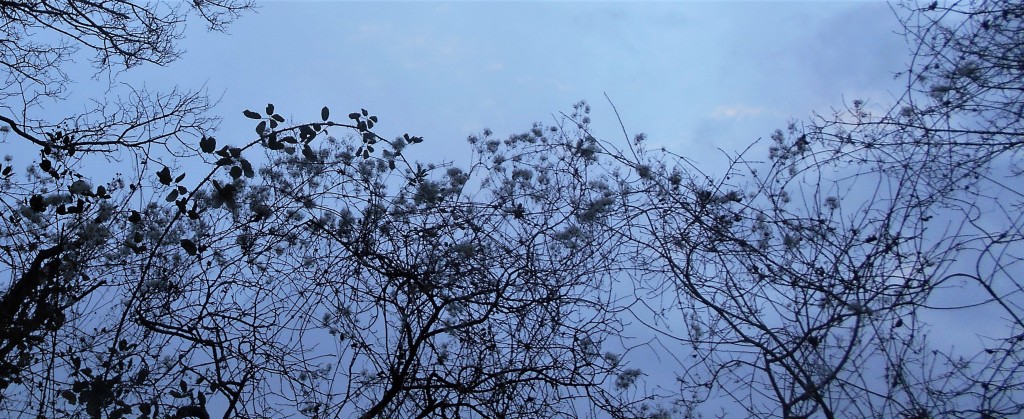
and the beautiful Hoary Rosette lichen spreading in glorious patterns and soft colours across the top of a wooden gate.
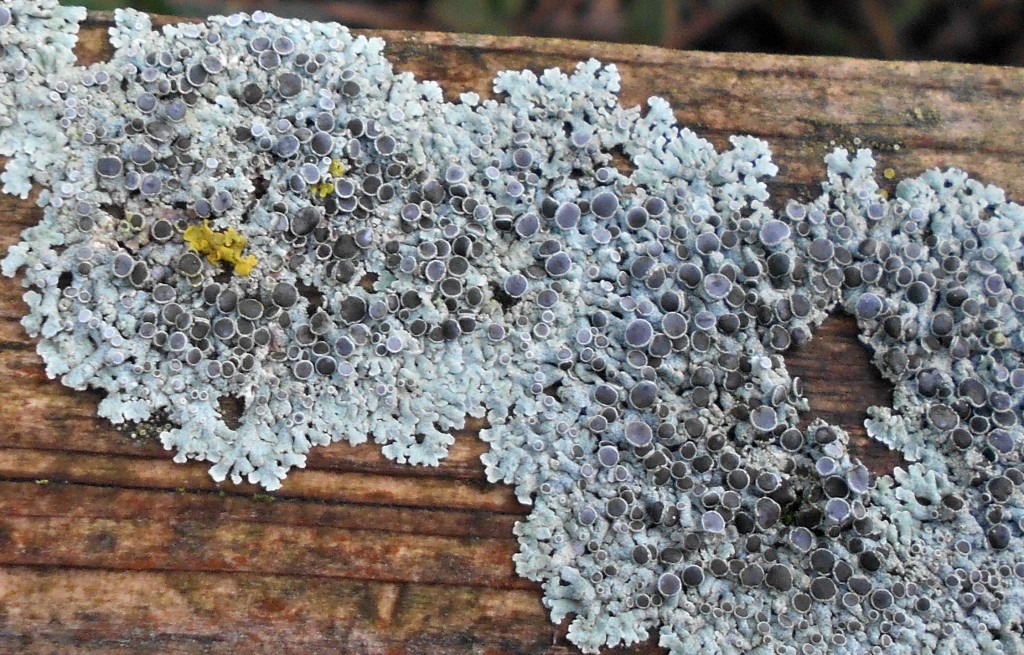
In the cold months of winter we need these splashes of colour and life to carry us through to the warmer months of spring but they are everywhere, if we remember to look!
2nd December 2021 / Temp: 5 C / 2.05pm – 3.25pm
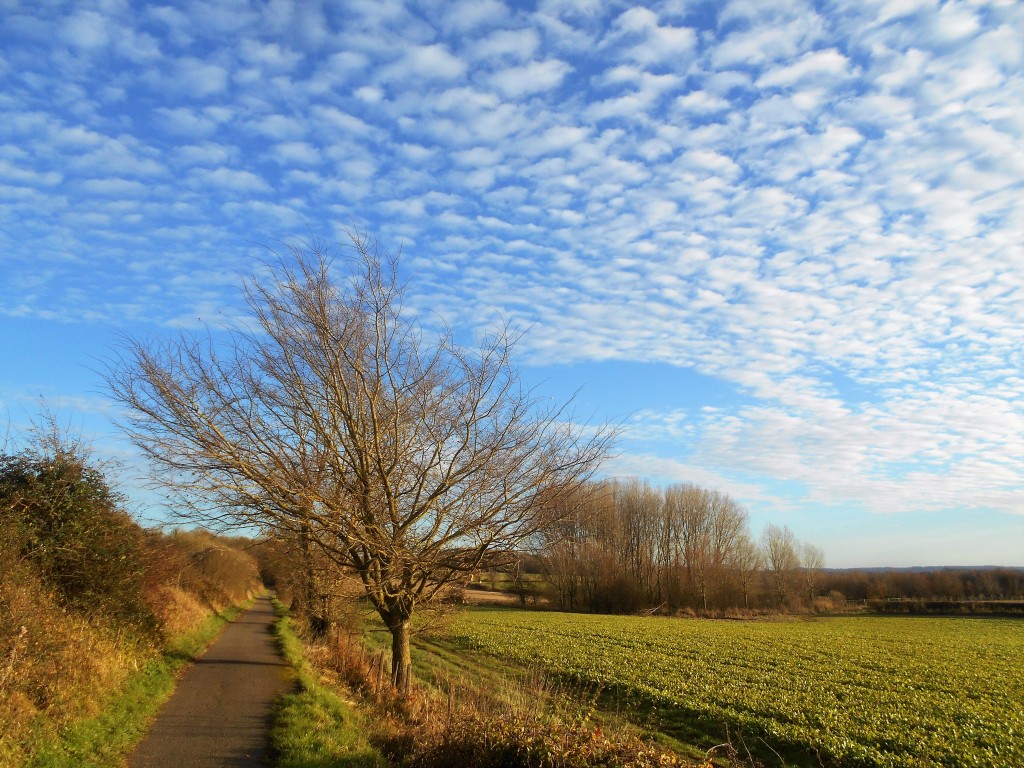
Mackerel scales and mare’s tails
Make tall ships carry low sails.
Not many tall ships along Colliers Way but the mackerel sky as the old rhyme says is a sign of changing weather and mares tails high winds. The high winds had already arrived and the weather system is due to change, the unseasonably cold north-easterlies with their low temperatures albeit bright sunshine, is forecast to warm up to the more usual Atlantic south westerly winds bringing damp, rainy days. Whatever, whether it was the threat of rain or cabin fever, there were lots of walkers out and about and very few cyclists.
One jovial fellow was striding along in shorts with a walking stick and his tan and white spaniel who was hunting along the hedgerows, tail wagging, having a marvellous time. He said it was the first time he had come along the path, he wanted to see where the new tarmac had been laid. We mentioned the new path along the river but he thought there was one near Great Elm. He remembered this path from his childhood in the mid 50s when he and his friends used to catch the train in Frome and travel to Bristol Temple Meads trainspotting, three hours each way!

It was lovely to see so many smililng faces as everyone seemed in high good humour, swapping wildlife sightings and tales of booster jabs. We ran into Lyn and Nick from Midsummer Norton who had seen three male Bullfinches and a small flock of Fieldfares which was such good news as we hadn’t seen any Fieldfares at all this winter and saw our first Redwings earlier in our walk – two good sized flocks, to our great relief.
Lyn and Nick had just returned from a trip to Slimbridge and couldn’t help noticing how few Bewick Swans there were, only 14 this visit and 40 on the last of their summer visits when Slimbridge usually attracts 1-200 hundred. We all noticed the continual steady fall in Swift and House Martin numbers those beloved harbingers of summer, Swifts particularly filling the air with the screaming calls – what a tragedy it would be if we lost them forever.
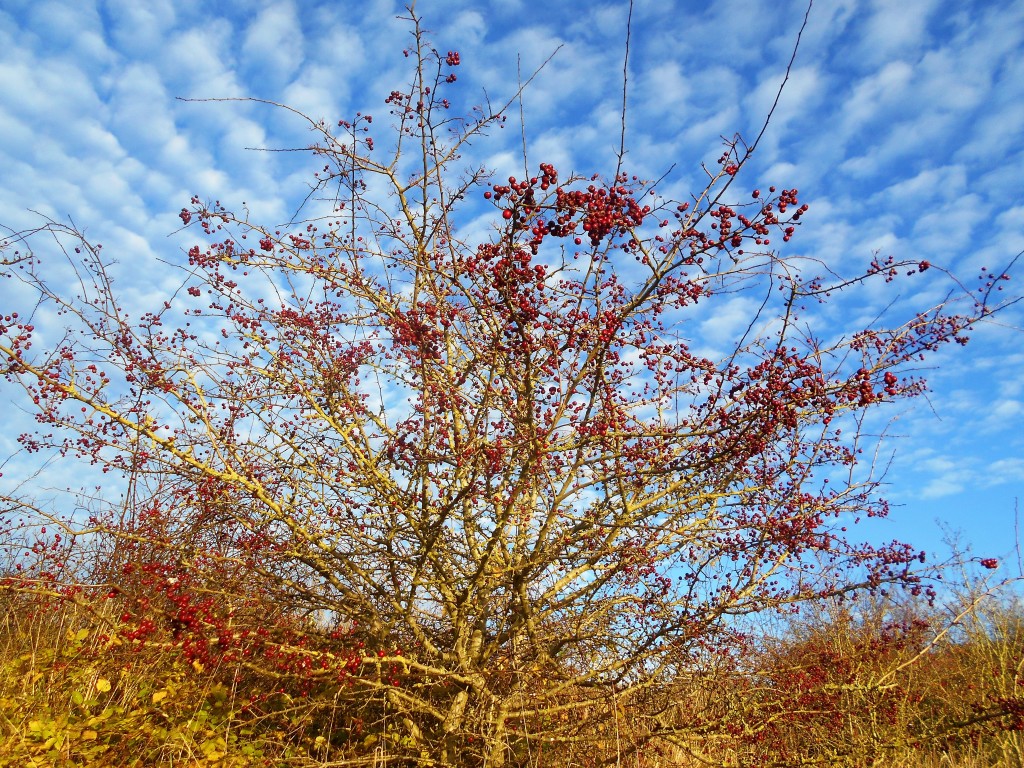
We also chatted to Keith from Haydon who in spite of a recent recovery from pernicious anemia which needed a three monthly injection of B12 and being nearly 83, walked miles every day to exercise his beautiful collie bitch. He used to garden for an old lady and when he arrived one day to find her dead and her beloved dog whining, he took her to live with him. She was already 13 years of age but beautiful, with a thick healthy coat and an attentive eye, well matched to her new owner. Keith worked first in the local coalfields and then the nearby quarry and has retained his fitness. He was telling us about the Red Kites he sees when, right on cue, a Red Kite appeared in the sky above us, circling in slow majestic circles, his reddish-brown body glowing in the sunlight – quite magnificent!
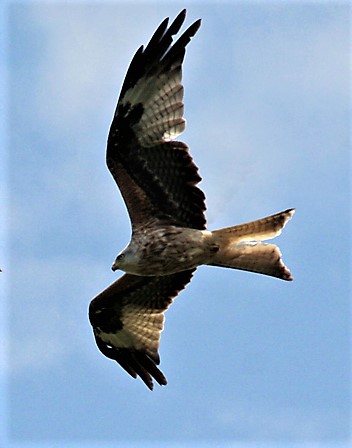
The Red Kite must have drawn a blank because it slowly flew off over the trees and, as if on cue, the small birds began to appear – a Dunnock in the hedgerow, a Chaffinch, a party of Tits dashing along the row of trees, a beautiful Song Thrush standing amongst them. Blackbirds flying backwards and forwards across the path and as the path cleared of people and we walked quietly back towards home, the air was suddenly alive with a small flock of Redwings and as suddenly empty as they disappeared into the trees.
1st December 2021

Very distressing to see that two much loved British birds, the Swift and the House Martin have been moved to the Red List because their numbers have more than halved – and fallen by 58% since 1995. The RSPB has also reported that the Greenfinch has moved, shockingly, from the Green List of least concern to the Red List after its population slumped by 62% since 1993 following an outbreak of the disease trichomonosis. The infection spreads through contaminated food and water – sometimes on bird-feeders – and from birds feeding each other regurgitated food during the breeding season. https://www.theguardian.com/environment/2021/dec/01/britain-endangered-birds-red-list-rises-to-70-species
7th November 2021 / Temp: 11 C
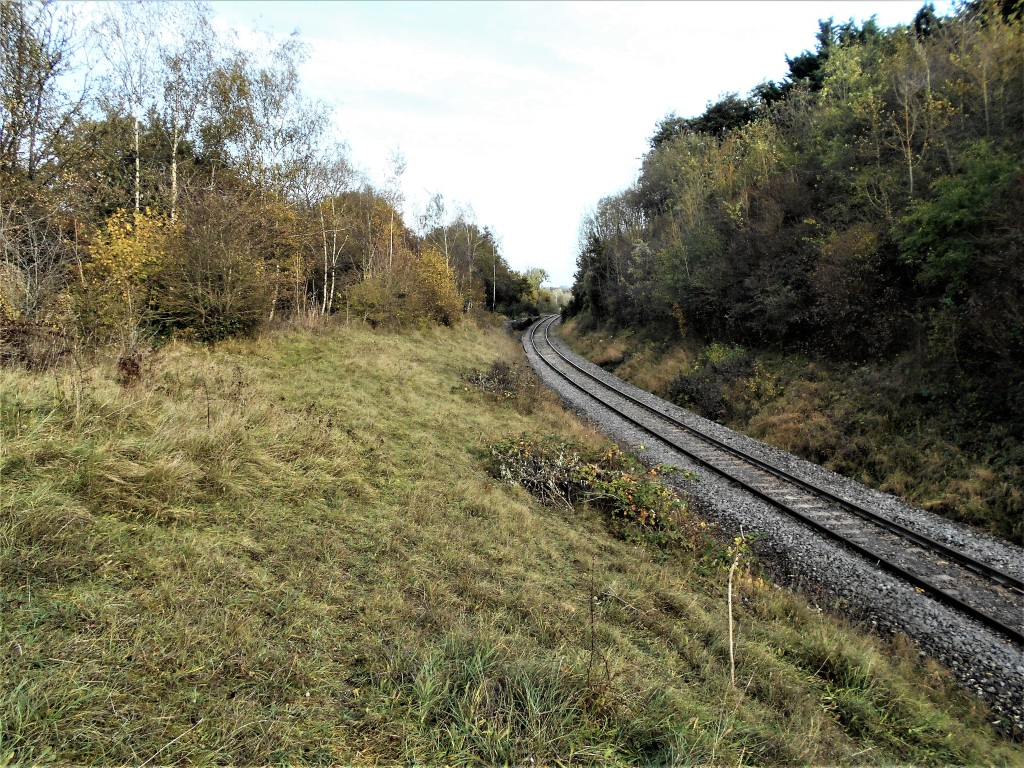
Rabbit heaven!! This is might look like an area of railway embankment, neither particularly beautiful nor very interesting but what is possibly not evident from the photograph is the short cropped grass, the rabbit runs, the tunnels through the long grass under the hedges and the rabbit droppings scattered over the entire bank. This stretch is on the list for an extension of the cycle path so it will be interesting to see the effect this has on the rabbit population. At the moment they are undisturbed, their only threat is from circling Buzzards and hunting Foxes, so their reaction to walkers and cyclists is yet to be seen.
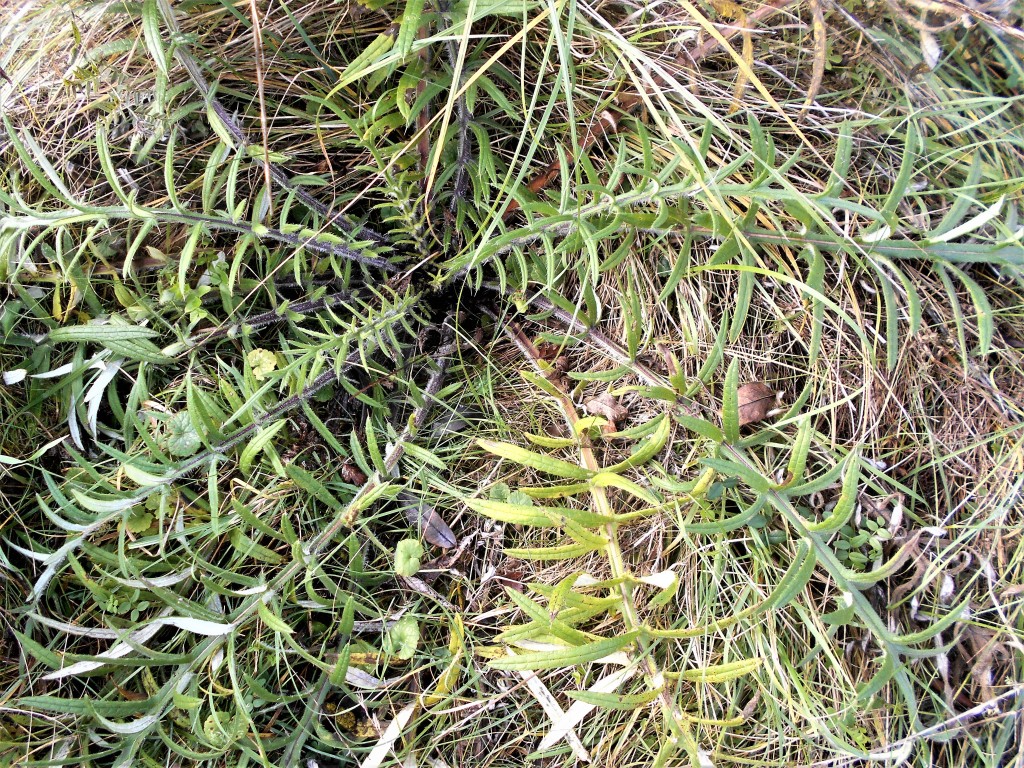
This is chalk and limestone grassland, evident from the number of spikey Woolly thistle plants – as a wildflower, there are few that can surpass thistles in their value for bees and a wonderful source of nectar for foraging beetles and butterflies as well. We’ve never seen common lizards here but given the number of yellow meadow ants nests beloved by sun bathing lizards it wouldn’t be surprising. What we do see in the summer months are the wonderfully abundant butterflies on the chalk grassland flowers – sad to think we missed this year’s show, but there’s always next year….
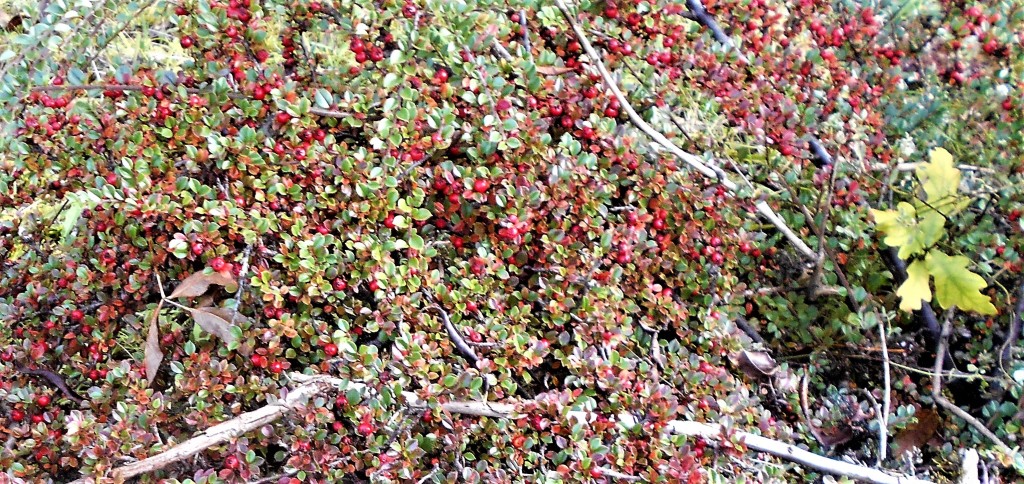
There are several contoneaster bushes, low-lying shrubs which come into their own in autumn, covered as they are in bright red berries. A common garden escape on railway embankments they add a brilliant splash of colour at what is often a drab time of the year.
Not many birds about and no sign of the longed for sight of Fieldfares and Redwings which we have yet to see this year. In previous years, as early as October, we have seen flocks of Fieldfares feeding in the fields above the cycle path and flocks of both flying over but unlucky again despite choosing this area which is elevated enough to get a good clear view. Not to be. A few Jackdaws, flocks of Finches, a band of Tits, a Raven, a couple of Crows, the usual Wood Pigeons and a single Magpie. We find it surprising every time we walk in the surrounding countryside, woods, river, lakes and downland to see so few birds and like most country lovers, increasingly worrying.
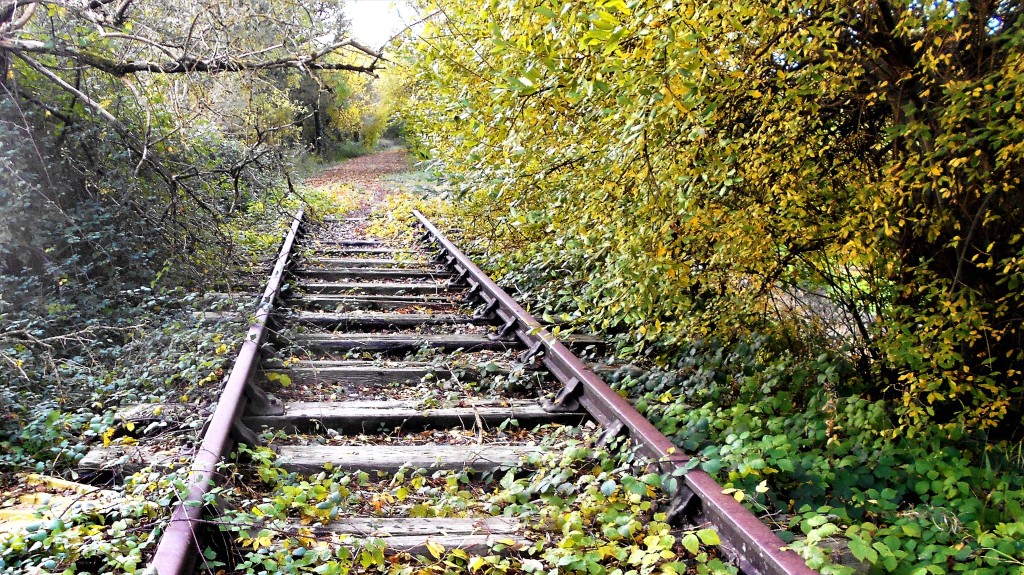
Treading carefully, avoiding the wet and slippery wooden sleepers, the golden leaves bathing the trees catch the eye – the very last blaze of the year – one we long to hang on to before the dark, dank days of December arrive. The sun was sinking, the light beginning to fade and from deep in the woods beside us we heard the sharp bark of a Fox – not too loud, but several times, evidently Red Foxes do bark in the daytime sometimes, as a warning, a defence of their territory. Time for home and leave the woods and embankment in peaceful enjoyment of what it is, a home for wildlife
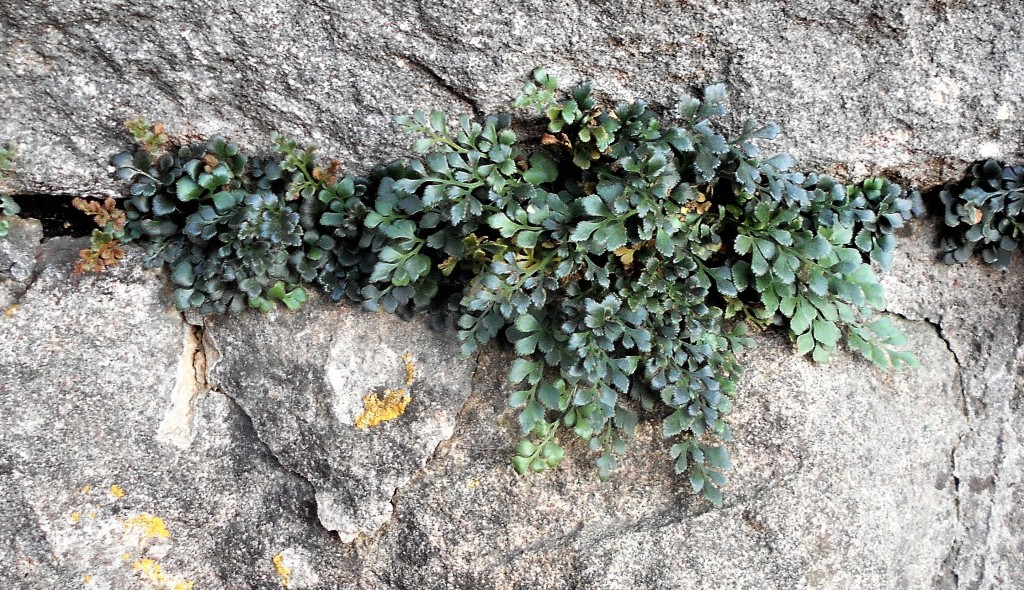
And clinging to the cracks in the limestone railway bridge at the end of the path, Wall Rue, the plant which always seems to mimic the Christmas garlands or the decorated pen and ink drawings which we find in old books to separate the paragraphs. It seems to prefer growing in mortar, that mixture of lime and sand and sometimes cement – where did it grow before people built walls I wonder.
2nd November 2021 / Temp: 10.5 C / 2.30pm – 3.50pm
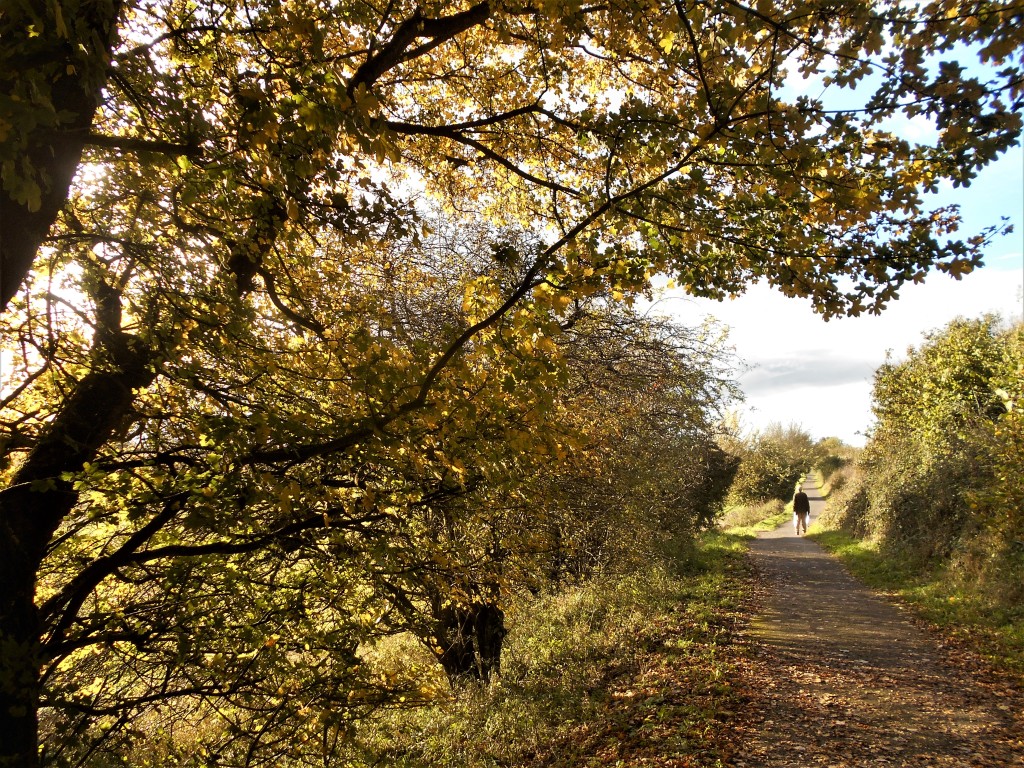
Another glorious golden autumn afternoon, bright sun, clear blue skies overhead with ominous looking dark grey clouds moving slowly towards the sun, chill and crisp air – the perfect day for a brisk walk. We have been blessed with a wonderfully mild autumn – extraordinary to realise that it is November and we still haven’t had the first frost of the season. It is the lack of frost which has kept the leaves yellow without the usual reds and bronzes which some have mourned but when the sunlight transforms them from yellow into gold who could ask for more?
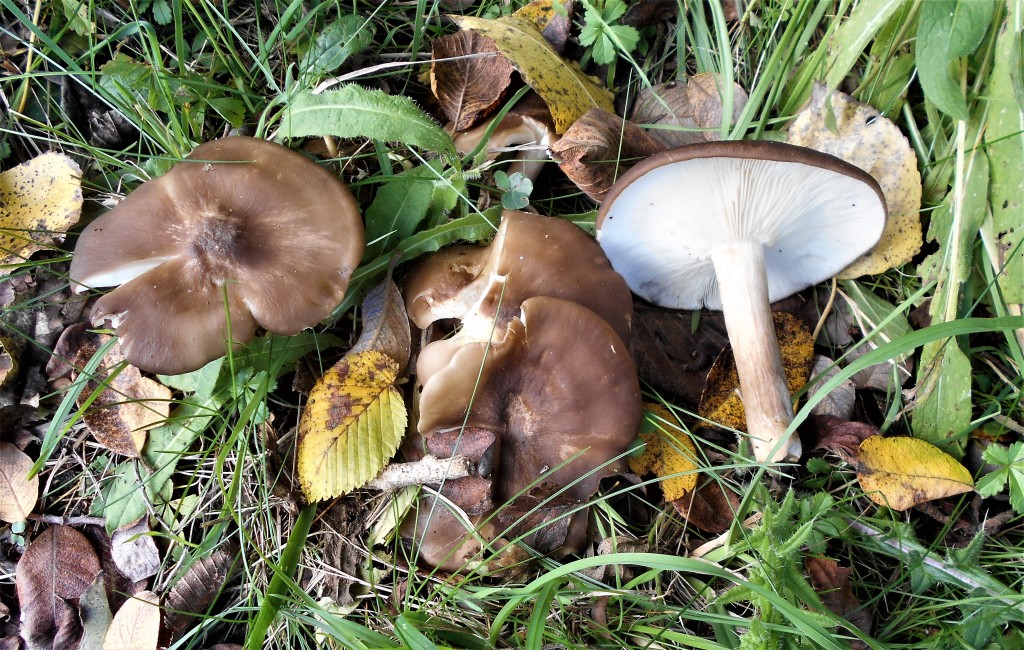
Another signal of autumn is fungus – this particular path never gives a good show but we were pleased to spot these – possibly Melanoleuca melaleuca which is evidently a cavalier mushroom and known in America by its common name Bald Knight – for this reason alone we hope this is the correct identification!
Not very much action – few birds, a couple of Ravens, a Buzzard, flocks of Rooks and Jackdaws, lots of noisy Pheasants which have so far escaped the shoot, shouty Robins and a rather subdued Blackbird as well as the usual Crows and Wood Pigeons was our total bird sighting.
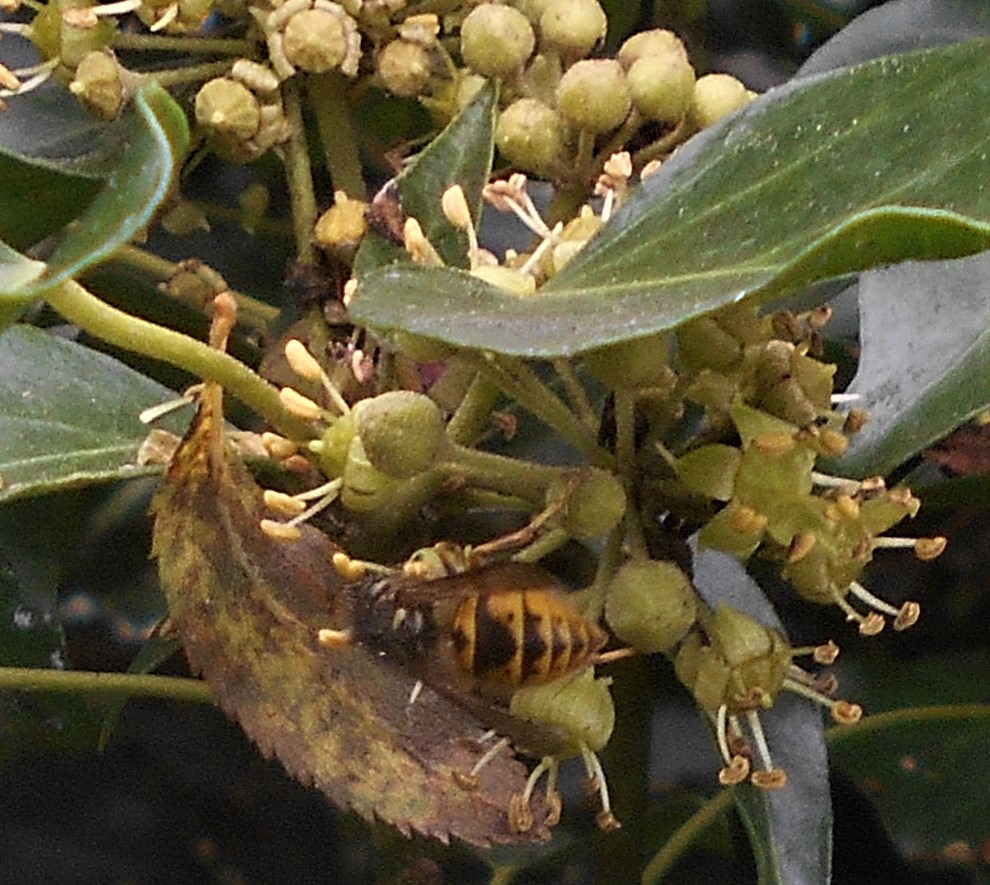
The almost total lack of insects was most noticeable – apart from a handful of wasps still busy around the ivy flowers and the occasional flies on the hogweed, there was nothing to see. We remember when we saw the results of the timed Pollinator Count last year how while buddleia had 10 insects per count, ivy flowers had 31! Astonishing. Although perhaps it is worth remembering that when the ivy is in flower there are very few other flowers blooming.
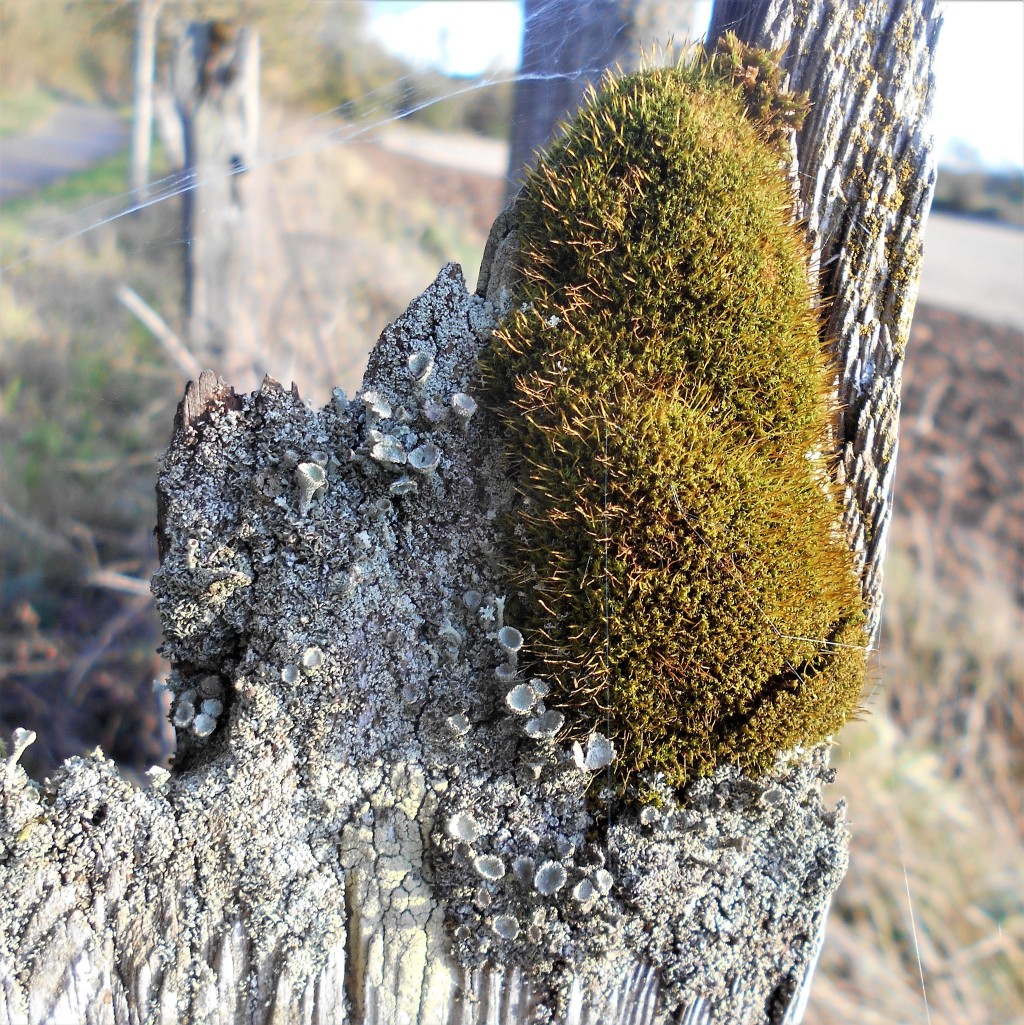
If there is a dearth of insects and flowers, it is this is the time of the year when we notice the mosses and lichens and appreciate their beauty all over again. We often see pin cushion moss on fence posts, trees and even clinging to the stone bridges and its often such a vivid emerald green it catches the eye.
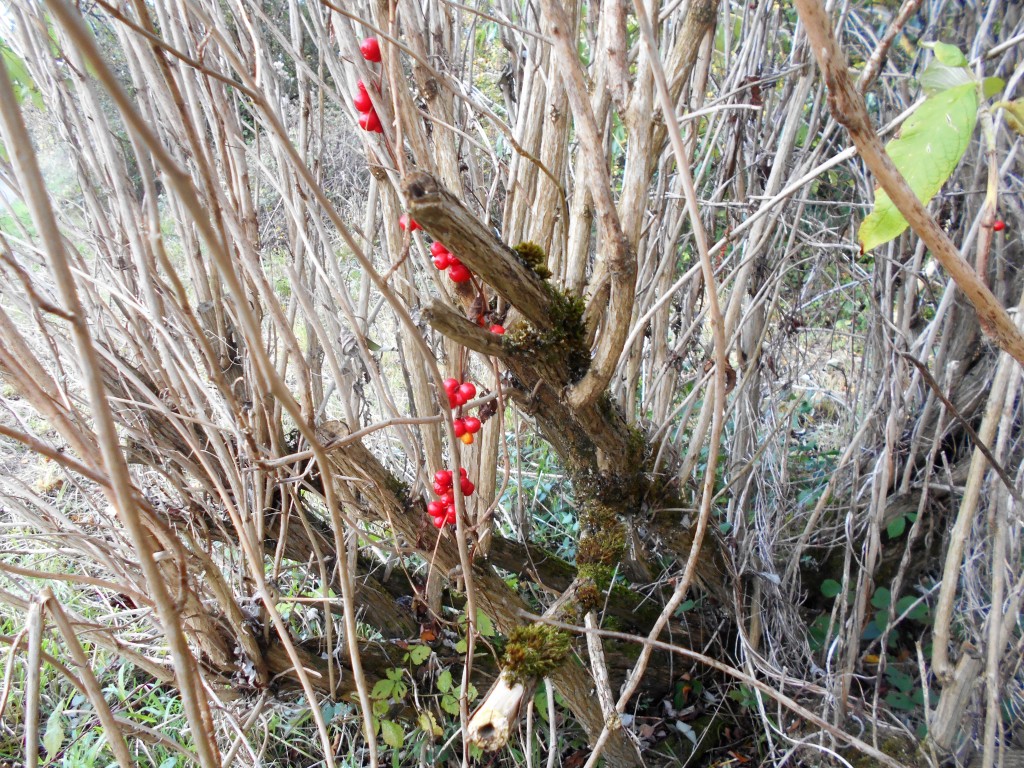
Lots of lichens festooning the tree branches too, even a few on this elder shrub, garlanded with black bryony berries, and sporting a few clumps of pin cushion moss as well – none of them noticeable when the bush is in full leaf.
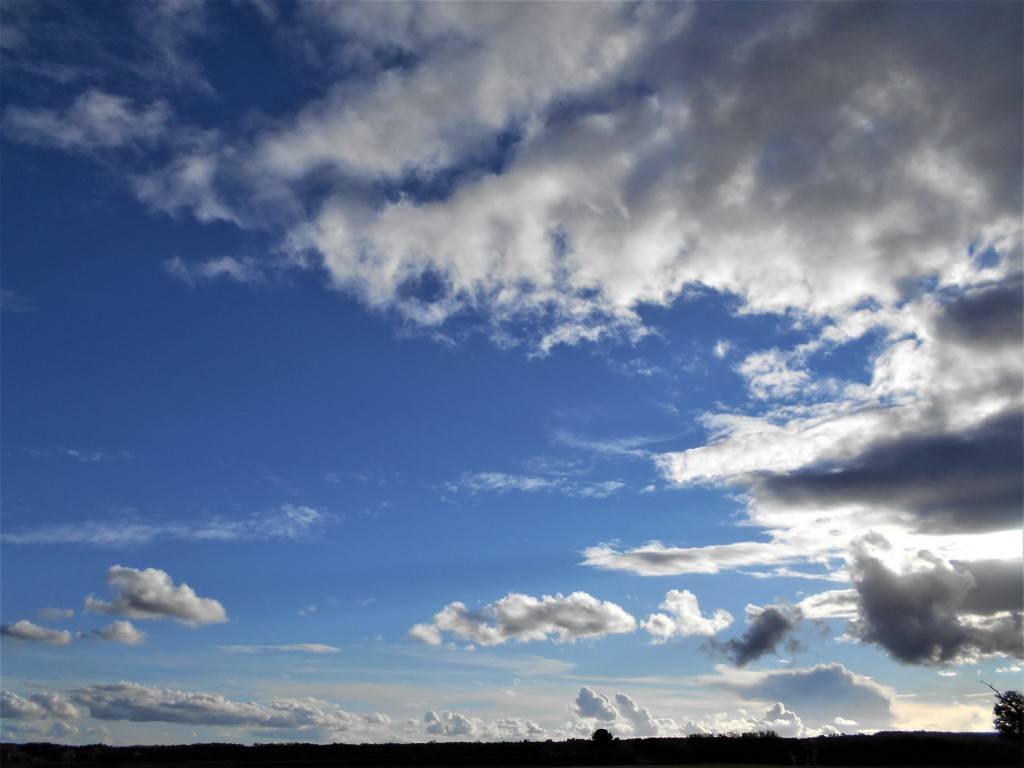
The path was quiet and peaceful in the late afternoon sunlight but as the threatening clouds obscured the sun we realised that it was quite chilly and time to head home. Very few cyclists which was surprising and for the first time for months there were more walkers than cyclists – all cheerful and chatty and moving towards elderly, a clear signal that school half-term must have ended!
21st October 2021 / Temp: 11 – 13.5 C / 2.40pm – 4.50pm
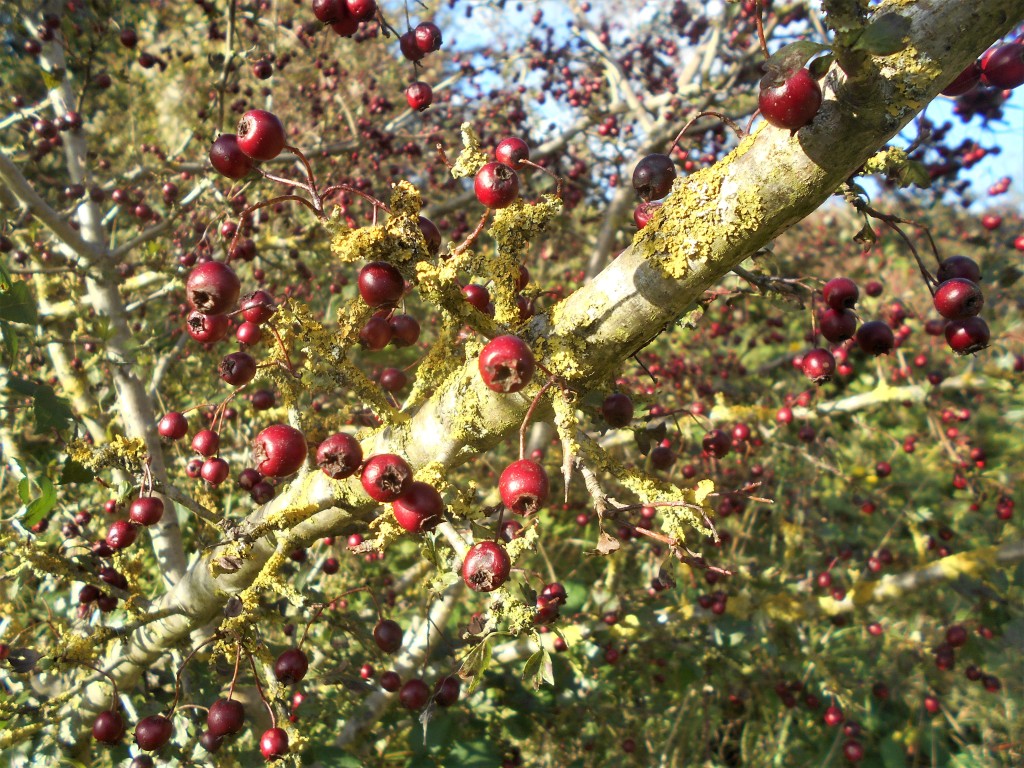
A beautiful autumn afternoon, sunny, crisp and clear and the tree lined path was perfectly positioned to offer shelter from the northerly wind. We came across Andrew Marchant and a colleague from Frome’s Missing Links’ Ecology Group hard at work on the autumn cut of the grass and plants at the orchard, not only to allow the wild flower seeds space to germinate but to use the cuttings to add to the alredy formed dead hedge. Dead hedges are so good for wildlife – especially for small mammals like bank voles, grass snakes and birds – providing somewhere to shelter that is protection from predators and the worst of the winter cold.
It was good to catch up with their news on the extension of the cycle path above the embankment, a wonderful mini-chalk downland which is always full of butterflies in the summer. [For full report see W I L D W A Y ROUTE 24]
Andrew has an encyclopaedic knowledge of the pathway and it was fascinating to learn of the results of their amphibian survey and also that on the last bat survey under the railway tunnel, they found 18 species of bats!
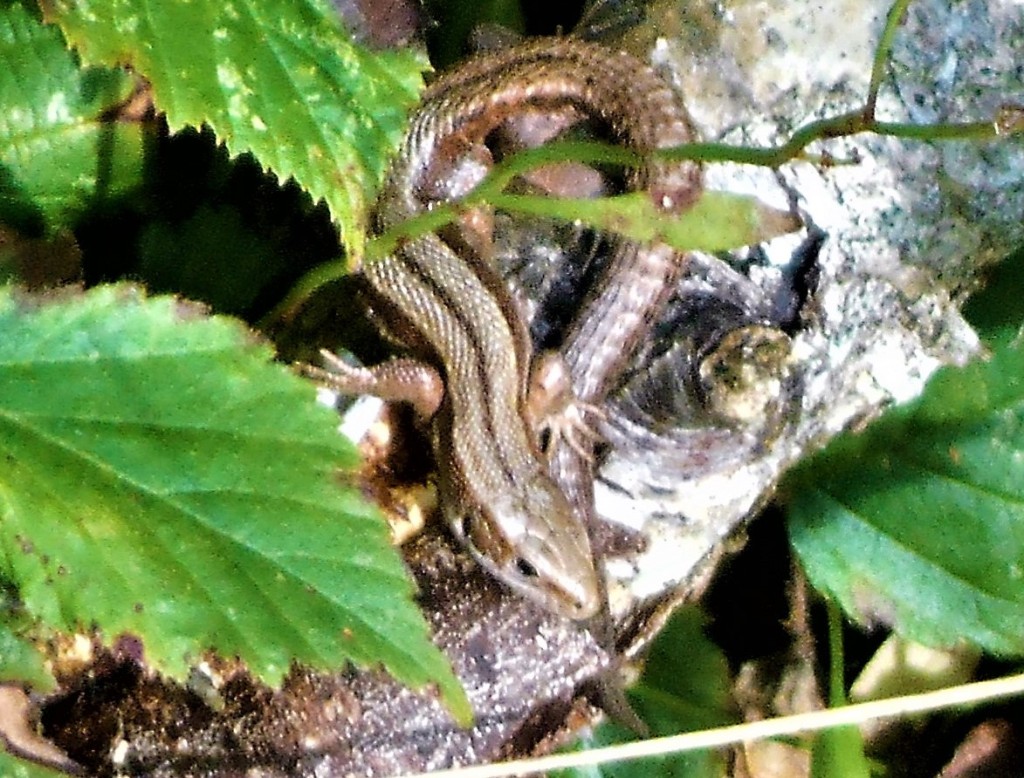
We chatted about common lizards which are prolific along the path verges and particularly on the embankment. He talked about their many different colours, and how when they are born the baby lizards are red at the front and black at the back. We have never seen any with that particular combination, we often see sooty black juveniles, even one black lizard with a black shiny stub – the remains when it sheds its tail – as well as myriad shades of tan, sand, brown and even green lizards, but never red – we shall have to look out for them. Juveniles are the easiest to identify while yearlings and adults are more difficult to separate except for size. (Lizards usually take 2-3 years to reach full adulthood).
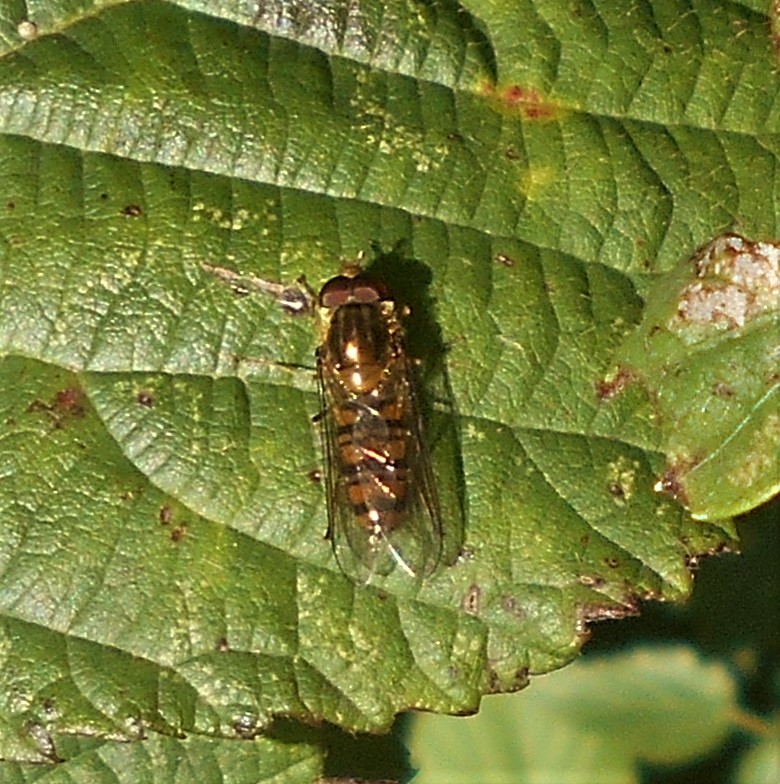
Still a few insects about, a Marmalade hoverfly, drone flies, wasps, a Common Green Shieldbug soaking up the sun, a Noon fly, gnats and midges, although we didn’t spot a single spider.
October is the fungus and lichen season and it’s always fun to check the fence posts where there are often a surprisng number of lichens festooning the tops. They form miniature gardens of minute growths with wonderful names like Devil’s matchsticks, Chewing Gum lichen or a particular favourite of mine – Fanfare of Trumpets!
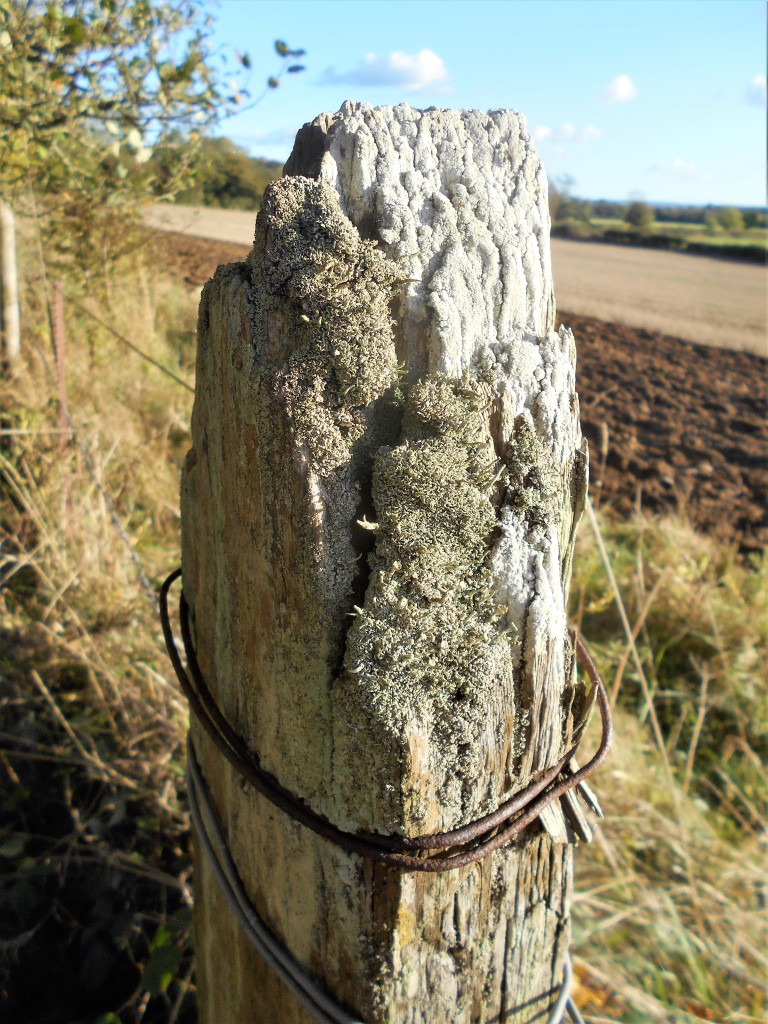
The top of this post was coated with snowy mountain peaks of crustose lichen, possibly Bitter Wart (an equally exotic name), so called from its taste – if you wet a finger and wipe it across the surface and then lick it – if it’s Bitter Wart it will taste… well… bitter! Growing happily on the same space is one of the fruticose Cladonia species of lichen, possibly Common Powder Horn but I can’t be sure.
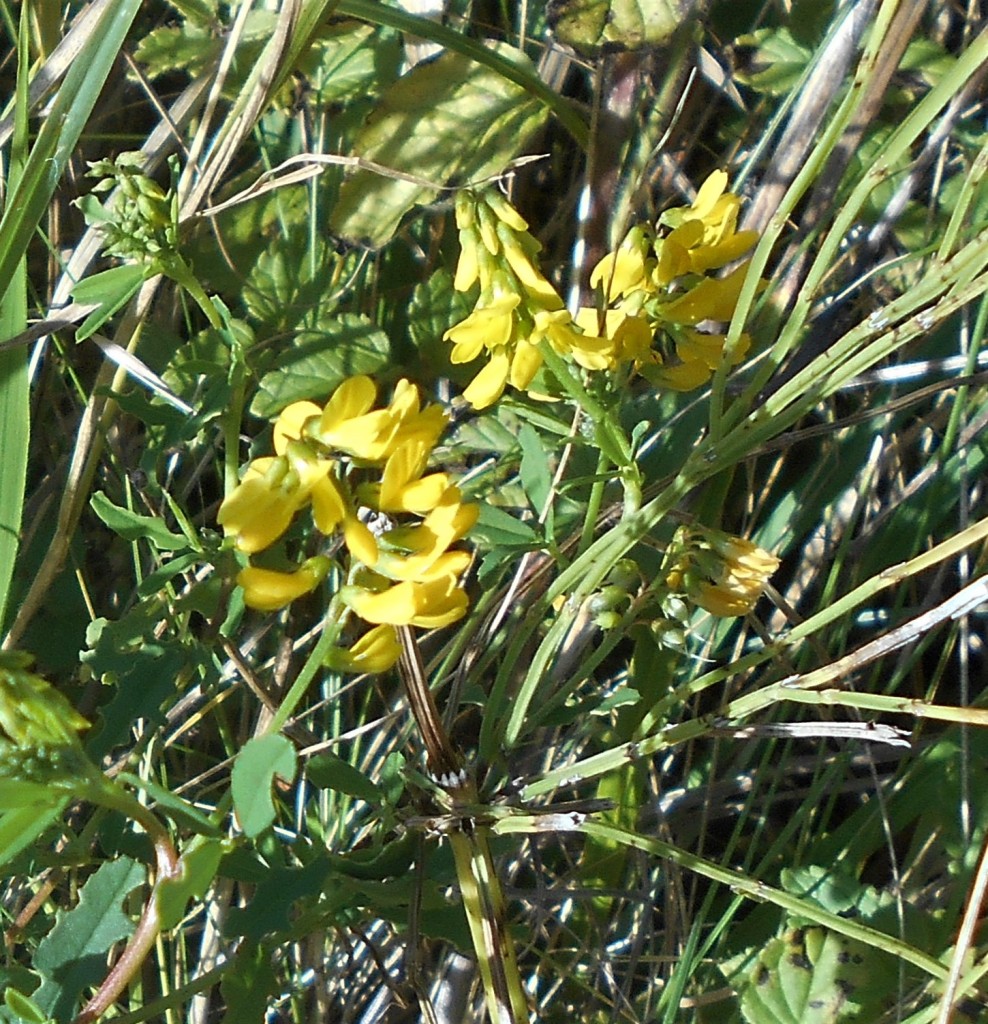
Still a few scattered wild flowers lingering on, we spotted common melilot, knapweed, white dead nettle, hawkwee, even the occasional purple scabious but the leaves are turning, old mans beard and skeins of black bryony berries are covering the trees and hedges and bird song is dwindling. Autumn is here signalled by the insistent Robins yell out from their territories all along trees and hedges bordering the path, the Pheasants bred by the nearby shooting estate noisily squawking from the ploughed fields, flocks of chattering Jackdaws and Rooks passing overhead, a mewing Buzzard the call of the Raven… and when autumn is here, winter is looming on the horizon!

While searching for insects we spotted a couple of willow gall sawfly on the low leaves of a Goat Willow tree. We often see the Redgall Sawfly pupa (Pontania proxima) on the trees along the river.
As yet no sign or sound of Redwings or Fieldfares that we have seen, but they will come soon – their arrival signalling the turning of the year in the same way the arrival of the Swallows signals spring. Well, the hips and haws are fat and ripe so they should enjoy a good feast when they do arrive – we can’t wait!
BIG BUTTERFLY COUNT 2021 results:
A very concerning result of this year’s Butterfly Count showing the lowest ever number ever recorded, however this was not unexpected. We noticed that numbers appeared to be considerably lower this year and put it down to unseasonably cold and rainy weather at crucial times during the spring and summer. We all hope this year was just a glitch and next year, after a warm and sunny autumn, will be a bumper year.
1st October 2021
Well this is rather exciting! A note from Nicholas and Lynne (who spotted the butterfly orchids [U] earlier in the year) reporting spotting a Ring Ouzel** mid-afternoon back in May, on the stretch of the cycle path from Jericho to Conduit Bridges! Nicholas writes: Unfortunately, I missed that Ring Ouzel as I was looking in the opposite direction but Lynne confirmed it from our bird books and when one was featured on Countryfile the following Sunday.” The excitement of these rare sightings cannot be over-emphasised and stay in the memory for years. Lucky Lynne!
** Red List
Here is a link to the Ring Ouzel Study Group with lots of fascinating information about this rare bird and latest sights. Needless to say that this is a first sighting we know of a Ring Ouzel on Colliers Way! http://www.ringouzel.info/
Email update : “We walked down that way today, sightings including red kite, 4 swallows and a jay but saw no ring ouzels, suitcases packed, heading south“.
The pleasure in receiving sightings from other walkers is the added records – all on the same day and all different – but, here’s a few notes on our walk and what we did see!
1st October 2021 / Temp: 15-16 C / 3pm – 4.40pm
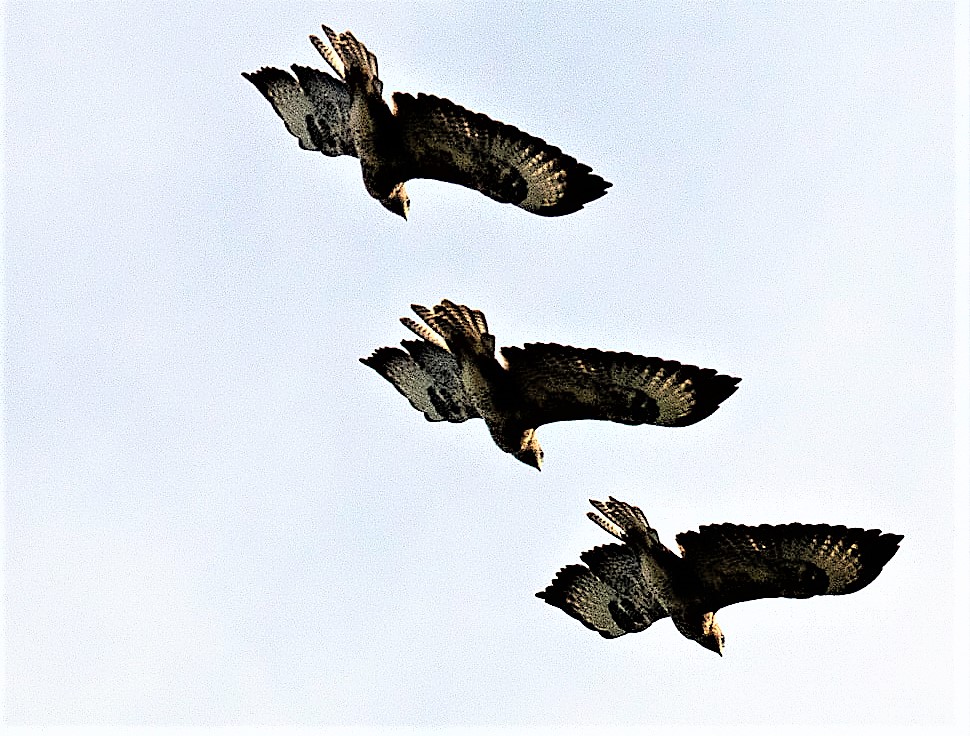
A beautiful afternoon, warm and brilliantly sunny, with a playful autumn wind, the perfect day for a walk, a feeling obviously shared by lots of other walkers. How enjoyable it is to meet others, swap stories of previous as well as the day’s sightings and share the pleasure we all feel in this traffic free wildlife corridor. It was good to see a lovely couple we occasionally meet walking in Witham Park Woods who had managed to spot not only a Red Kite and a Buzzard but also a Red Admiral, a Comma butterfly and rather surprisingly a Lizard. They shared our fascination with lizards and told us they spot them not only on the embankment where the main colony seem to congregate but all along both sides of the path. On one memorable day at the end of August they counted 25 in one walk – a new record!
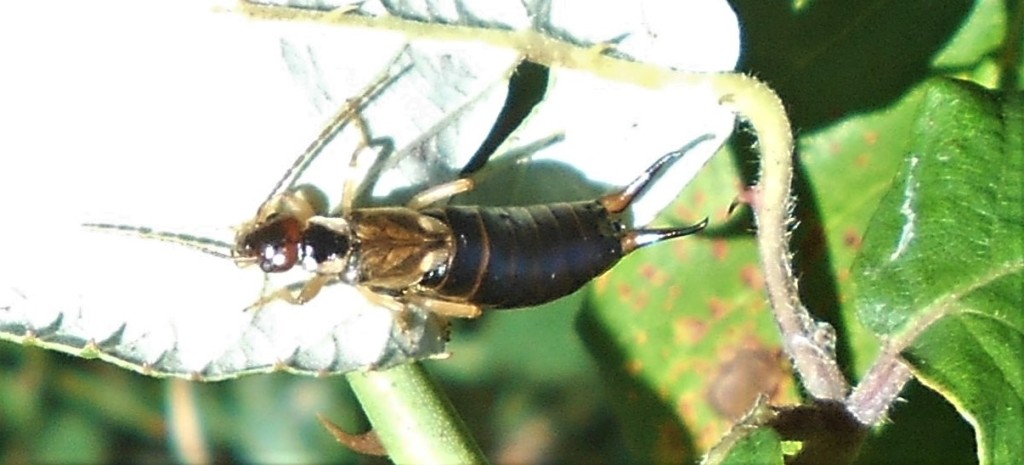
Despite the sun warming the leaves, apart from hoverflies and other flies, we noticed few insects although we did spot a couple of Earwigs tucked up together under a leaf, this one looks like a female (the males hooks are much more curved) and we were particularly taken with the patterns on her back which looked like a barista had etched them, so like the patterns in a cup of cappucino!
Four Jackdaws flying over, a Robin singing loudly from a nearby bush, squawking Pheasants a Blackbird, Crows and Wood Pigeons – so not a bumper day for birds either, but the afternoon was warm, the hawthorn berries and rosehips were beautifully ripe awaiting the Redwings and Fieldfares and everyone we met was smiling and glad to be out and about.
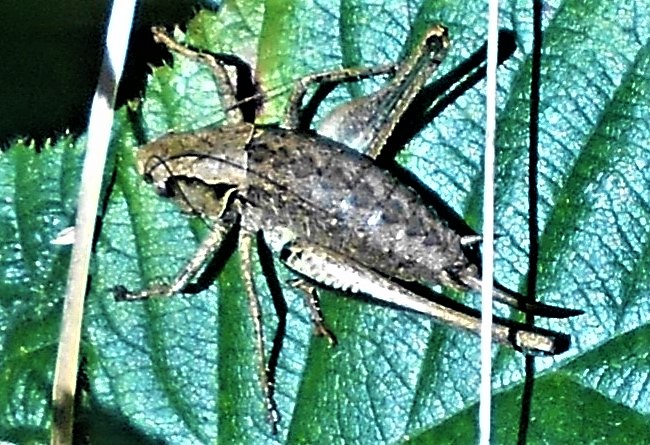
We spotted several Dark Bush Crickets, always counter-intuitive, as we never expect to see them beyond the summer although we are aware they often survive until winter. About to cross the path to a thicket which sometimes reveals unusual insects we saw what turned out to be the Estate Gamekeeper heading in the same direction and stopped for a chat. Another “bird man” he talked about Peregrin Falcons and pointed out the dead tree in the hedge where a couple of weeks ago he had seen a pair perched for quite a period eyeing the fields. He has seen them several times, flying over from above the ridge, and we both hoped they might nest close by.
As expected he was a mine of information on the local wildlife – he talked about the explosion in numbers of Brown Hares this year, mirrored by other gamekeepers and farmers he chats to, as far as Longbridge Deverill and the downs of Cold Kitchen Hill. These are the areas where Hare coursing with dogs (which is of course is illegal), is most prevelant and is of greatest concern. He ensures all his gates into the fields are kept padlocked but he has to be ever vigilant.
We chatted about Lapwings, a favourite bird of his, and although he sees a fair number over the winter he mourned the loss of the flocks of nesting birds which he used to see but which no longer breed in the area. It’s true that the last large flock we saw was as long ago as 2018 feeding in the fields below Conduit Bridge but in the past winters we haven’t seen any.
He mentioned the problem some shooting estates have been having as they are unable to import the chicks from France and said that it wasn’t a problem for his estate whose birds are bred locally and have never imported. He was excited at a new initiative which they are trying for the first time this year, breeding 50 Grey Partridges** (Red Listed birds, sometimes known as the English Partridge) which they hope to introduce. He doesn’t know if they will survive, they were released into the wild last week and he hasn’t had a sight of them since but it would be wonderful if the Grey Partridge could be re-introduced into this area of the English countryside.
We also chatted about the gamekeeper’s life, which is his case was following in his father’s footsteps (who was the Gamekeeper on the Ammerdown estate), he enthused about his enjoyment of winter, the crisp frost hardened ground, walking through the fields and woods at night with all the night sounds of barking muntjak, calling owls, barking dog foxes and shrieking vixens, and the explosion of noise at a disturbed pheasant – which I thought would be likely to frighten me to death but that he enjoys as proof that the wildlife is around and thriving.
15th September 2021 / Temp: the 19.5 C / 2.20pm – 4.40pm
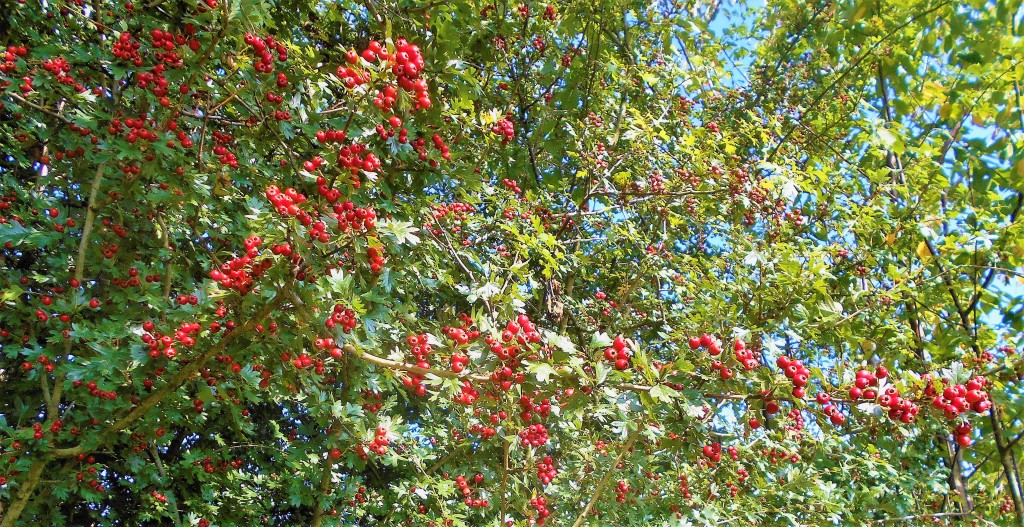
What an utterly glorious, wonderfully warm afternoon! How marvellous it seemed to feel to unclench muscles as we felt the hot sun on our backs, looking around and seeing ladybirds (all 7-spot), hoverflies and bees! With temperatures more often seen in July (although not this year) walking along the cycle path protected from the north-easterly wind, we noted the fully ripened hawthorn berries with some bewilderment – this can’t be September!
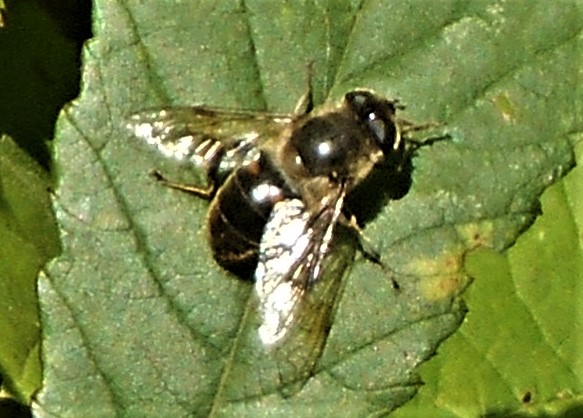
We counted thirteen Small White butterflies three Speckled Wood and two Small Tortoiseshell, a number of hoverflies, including this “footballer” – our first sighting of this easily identifiable hoverfly this year.
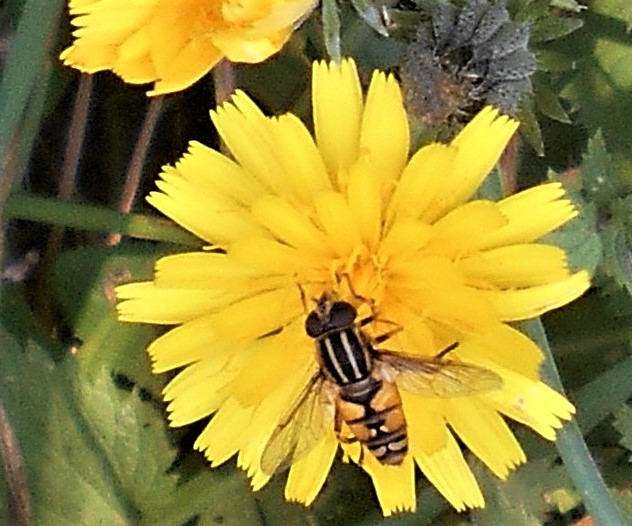
Yet another sighting of a Bloody-nosed beetle, they seem to be prolific this year, more Scorpion flies, LOTS of spiders, just about everywhere including several Nursery Web spiders like this one, not only basking in the sunshine on leaves but even on flower heads!
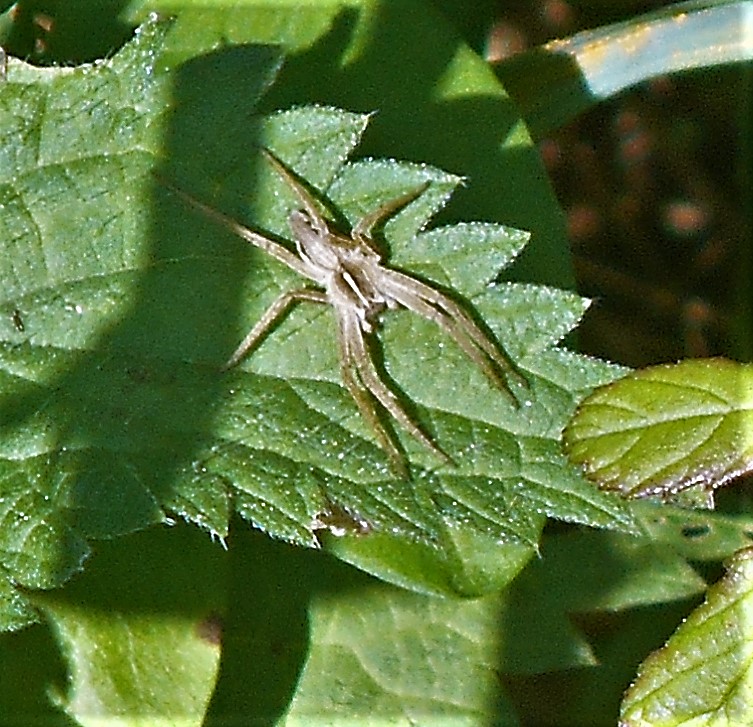
Although there were a number of insects, the further we walked the more noticeable it became that numbers appeared lower than in previous years, an impression borne out by reports from UK Hoverflies and Butterfly Conservation, the cold spring and wet summer believed at present to be the cause.
We also seem to see far less birds than in previous years. We saw three Ravens and two Buzzards, heard a Bullfinch and saw a couple of Pheasants, Wood Pigeons of course and a few Crows. Not exactly a bonanza of birdlife – possibly the fewer insects may have contributed to the fall in numbers.
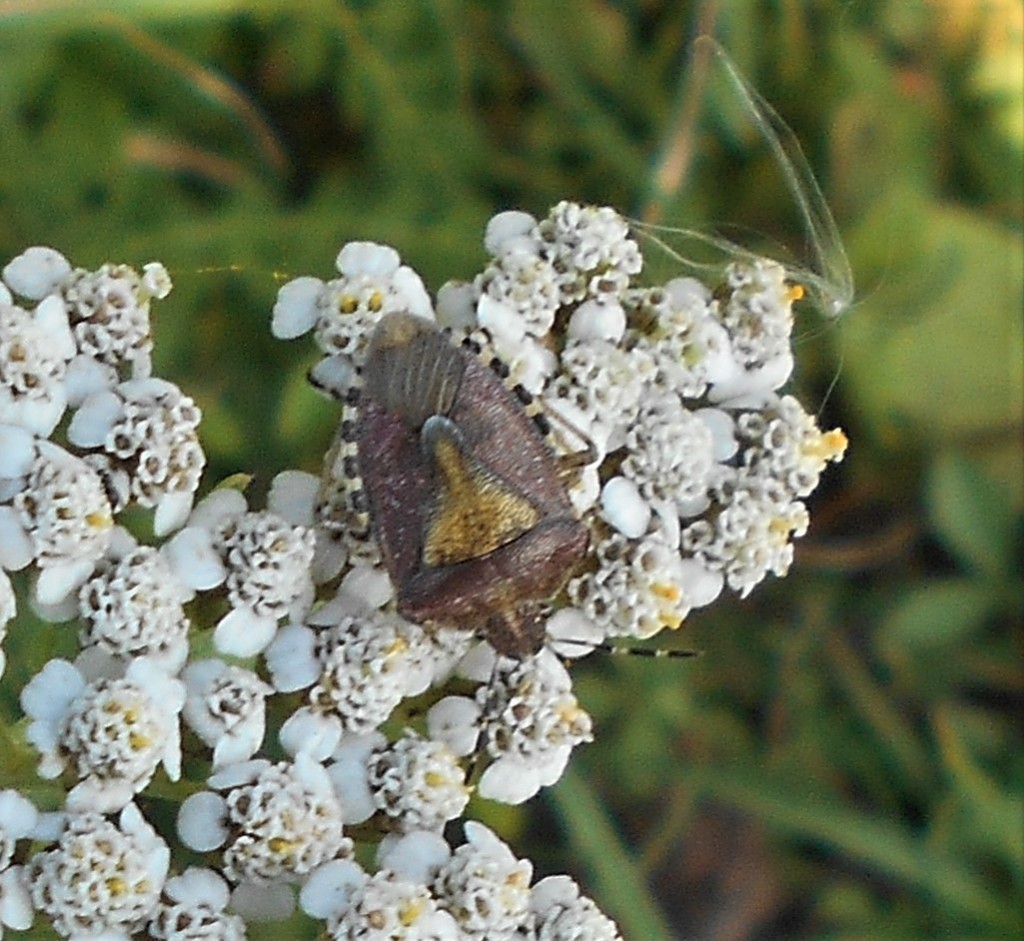
Always cheering to see shieldbugs of any description they are so colourful and intricately marked and this bug, still wearing its summer colours, is a particularly welcome reminder that it may be the last gasp but summer is still lingering.
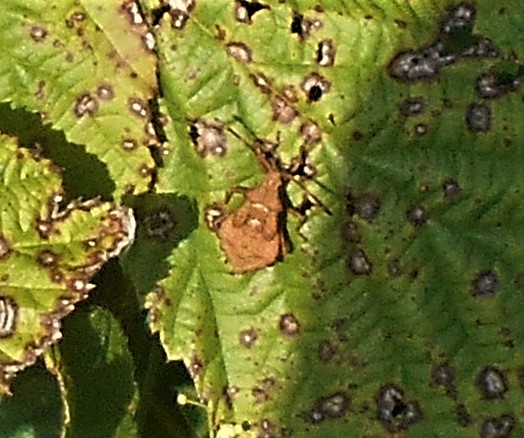
Dock bugs (which always make me think of lutes or the extravagantly fat ties which fashionable young men liked to wear!) are also striking – particularly as in this case where they position themselves on a contrasting coloured pock marked leaf, no doubt hoping to encourage a mate.
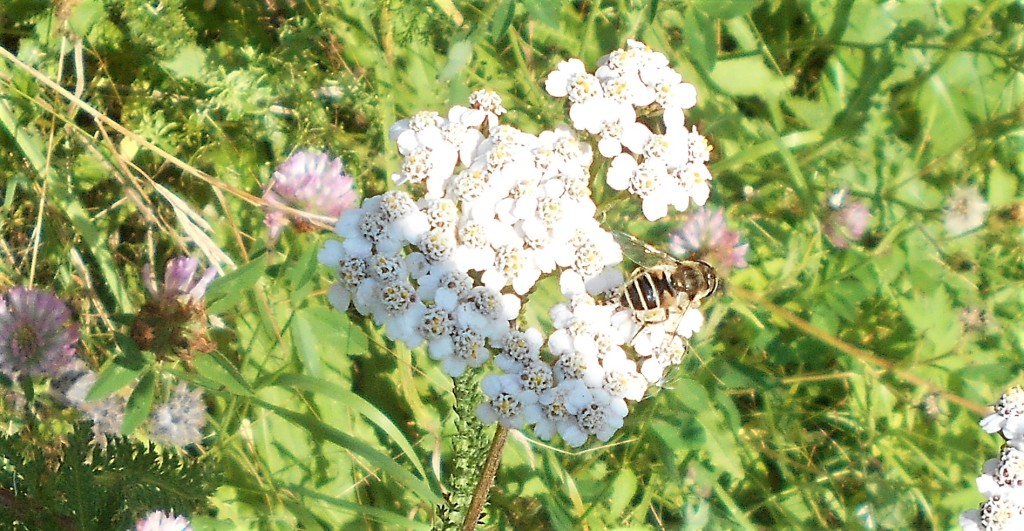
More hoverflies along the embankment – possibly the most carefully studied area of the entire stretch of the path where we walk. We creep along at snails pace from one yellow meadow anthill to the next searching for lizards. They are so small, our eyesight is so bad that we are are lucky to see one at all, but we are patient and when there seems no signs of life, we whistle, and sometimes we are lucky. Today, just as we were giving up hope, we caught sight of the body and unmistakeable back legs of a common lizard! Not a ground-breaking, shout it from the rooftops find, but that always depends on who’s looking – for us a definite red letter day!!
5th September 2021
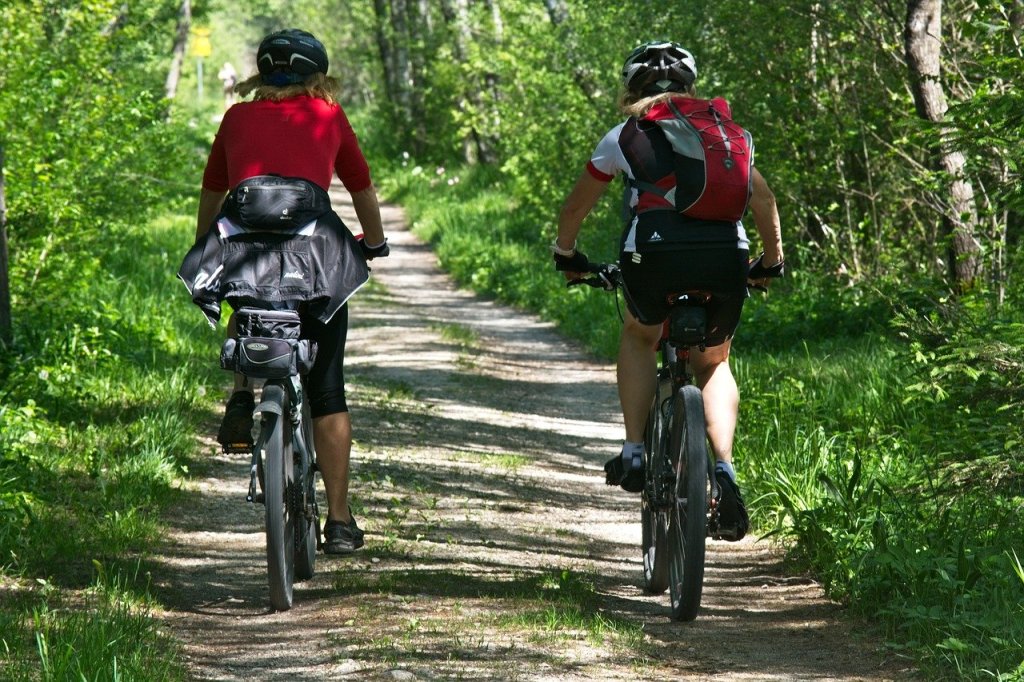
Good News from Frome’s Missing Links on the long awaited extension of Colliers Way into the heart of Frome, enabling a traffic-free route from the centre of the town to the city of Bath. What a delightful prospect!
“Part of the missing ‘link’ between Great Elm and Frome will run alongside a railway that is still in use (for quarry materials), and after several years of lobbying, there is now an agreement with Network Rail to allow our path to take this route. We will have to meet certain conditions and standards of construction, but it is a huge boost to have the permission to move forward on this.“
30th August 2021 / Temp: 14.5 C / Afternoon
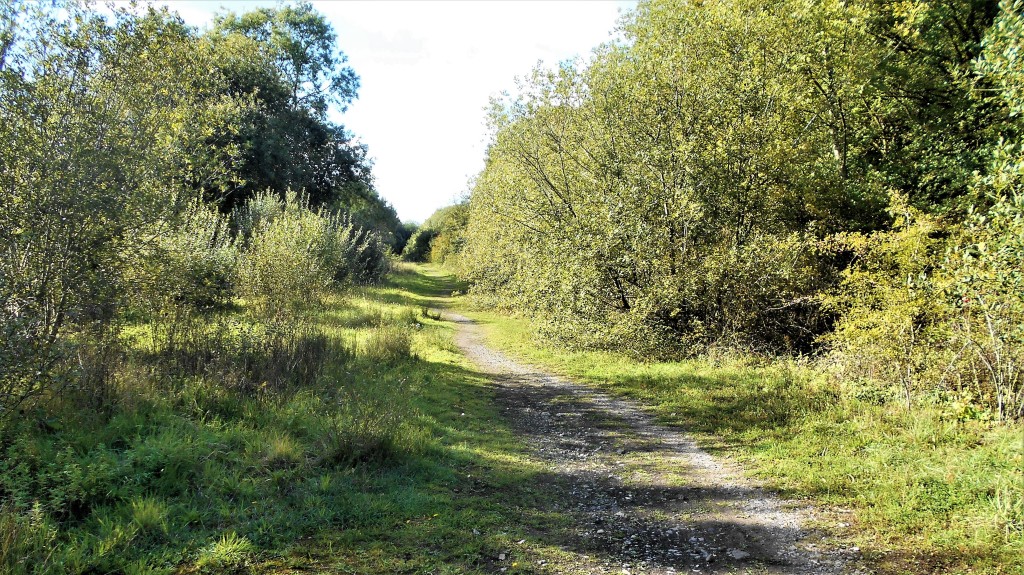
Celebrating a birthday rather too energetically over the weekend made us reluctant to move but a quiet amble in the fresh air was an enticing idea not to be missed and the cycle path a perfect choice, protected as it is from the unseasonably chilly and blustery north easterly wind.
How pleased we were to have made the effort. Cool yes, cloudy yes, but intermittently the clouds parted revealing blue skies and the sun which lit up the day and amble we did! The local wildlife also seemed reluctant to get up and fly about – a handful of bees, a few hoverflies and two scorpion flies seemed the only insects bothering to move. Banded snails made a good showing, yellow ones, amber ones and the lovely humbug-mimic burnt toffee and white striped snails clung to leaves and plants stems – probably snoozing…
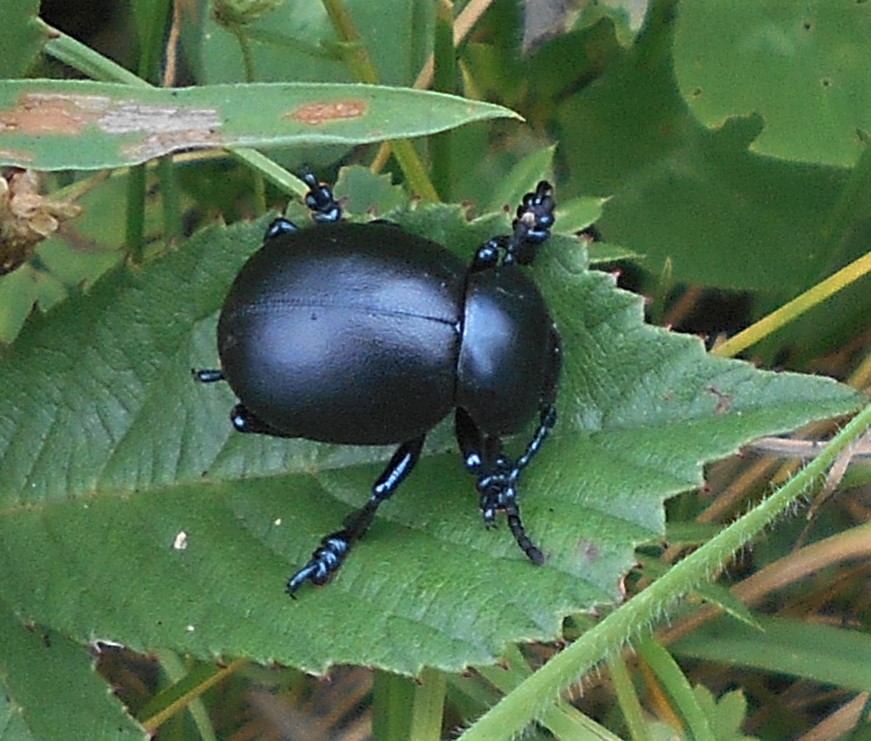
We knew autumn was coming by the number of harvestmen, those long-legged spider-like creatures which make crane flies look stable! What surprised us was the Bloody-nosed beetles – possibly not the first, but the second and then the third, all perched on low leaves well-spaced out along a 50 metre or so stretch. They are so lovely with their violet sheen and corkscrew legs and their calm acceptance of clicking cameras and clustered fans – surely the divas of the insect world.
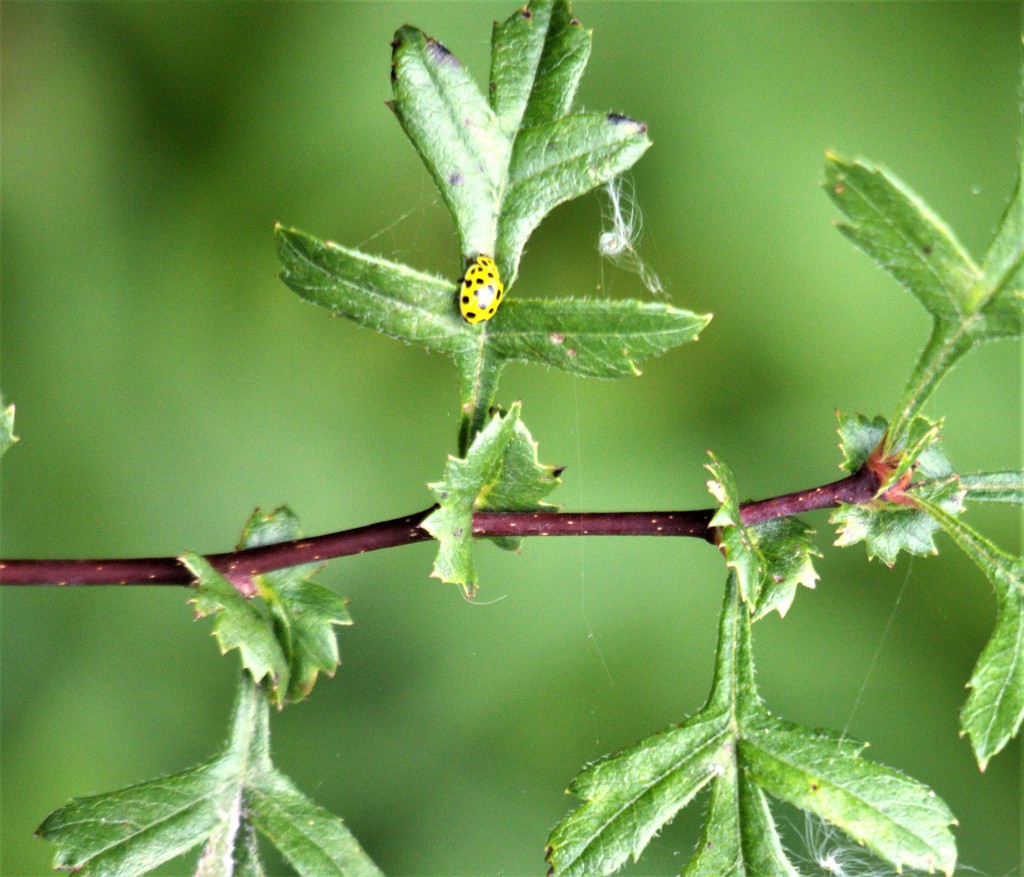
We spotted this tiny, tiny Ladybird happily feeding on a hawthorn leaf while sitting on one of the oak benches, catching the scent of a bonfire on the wind, glorying in the peace disturbed only by the rustle of leaves and soaking up the sun and the squawk of the young pheasants fattening up on the fallen grain in the recently harvested field. These have been bred by the shooting estate close by and as the Pheasant season begins on the 1st of October it’s good to see them enjoying the sunshine and bumper feast with no thought of the fate which is probably awaiting them.

Pheasants and ripening golden apples splashed and flecked with red, circling Buzzards – an adult and a juvenile – Chaffinches, Goldfinches and the occasional Blackbird together with the chilly wind and an embankment choked with fading rose-bay willow herb, yarrow, the last of the scabious, hawthorn berries turning and old man’s beard cloaking both the bramble bushes and saplings all intimations of autumn – we can’t ignore the fact that summer really is coming to an end soon… but of please – not yet!!
16th August 2021 / Temp: 16.5 C / 9.55 am – 11.45am
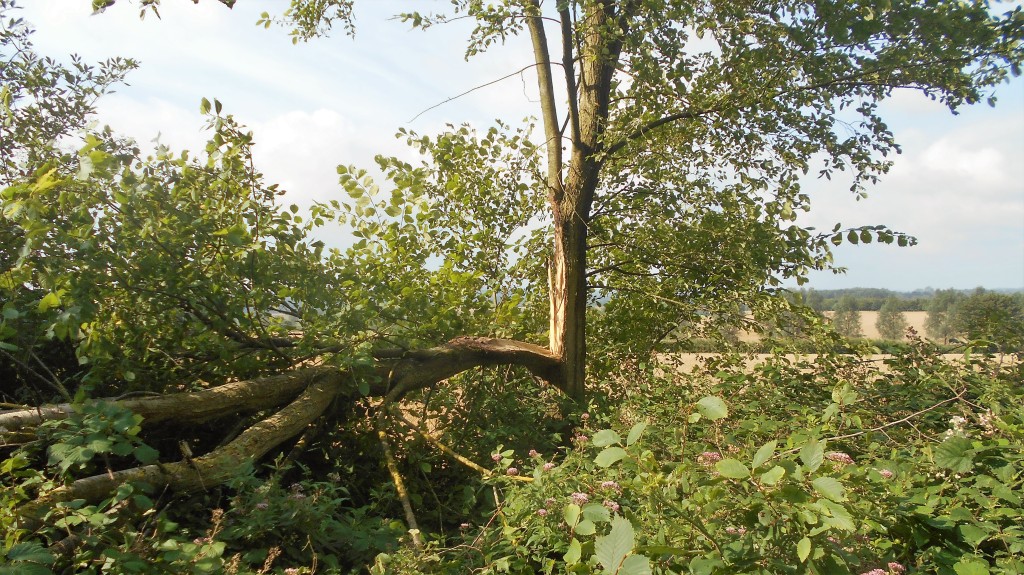
Sad to see one of the first views which greeted us on the path was the sight of a wych elm tree split down the division of its trunk, halving the canopy. Some half a mile further down the path we saw another wych elm, split in almost the same way, its split trunk and branches lying across the path. Storm Evert on the night of the 29th-30th July may well have been the cause – winds of up to 65 mph after days of heavy rain and thunder storms which followed fast on a sudden heat-wave may have proved too much for the trees to cope with, particularly elms which are subject to splitting like “breaking a wish bone”. The tree will probably survive but the classic shape has been sadly lost forever.
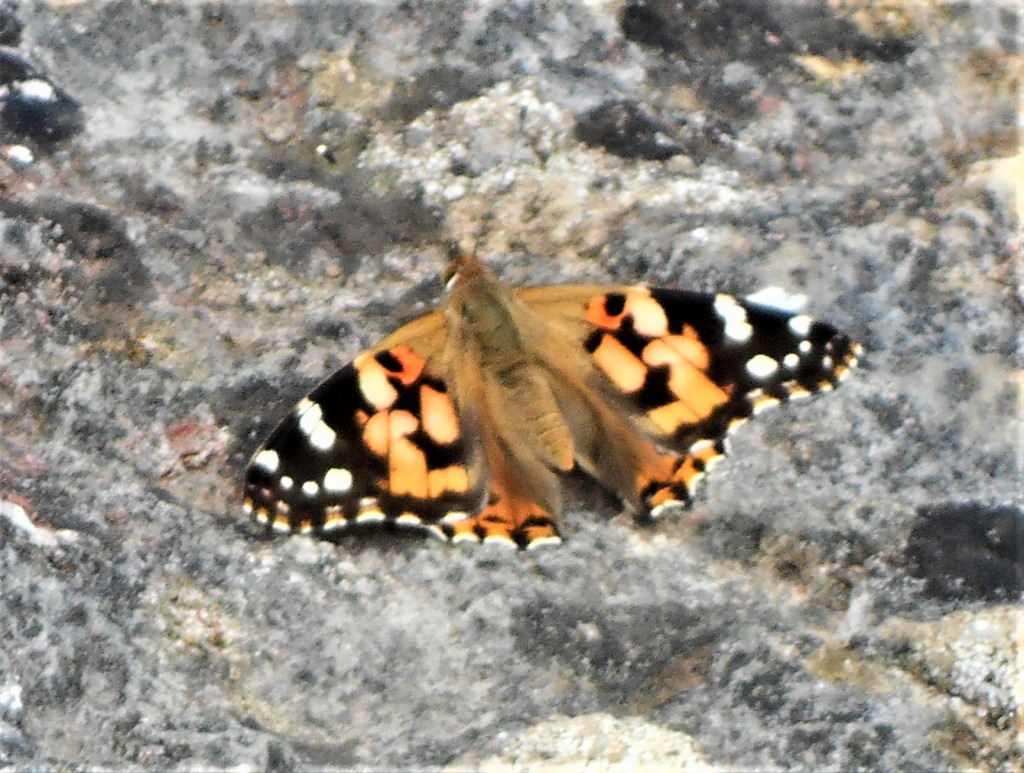
The wind from the north west was fairly strong today, enough to deter many butterflies, but there was a good scattering of species, Red Admirals, Gatekeepers, Green Veined Whites, Commas, Common Blues, Small Tortoiseshells and a Painted Lady most feeding on the buddleia flowers but the latter two soaking up the latent warmth of a sleeping stone.
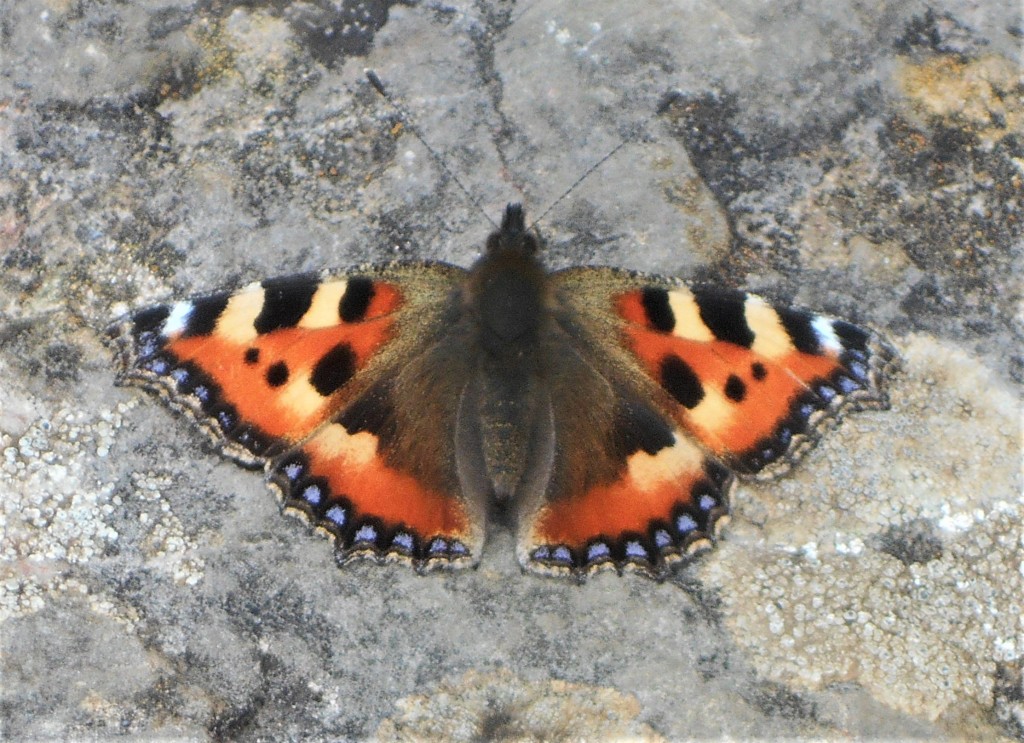
Reaching the embankment we clambered pretty unsteadily up to the top, following two seperate deer tracks some 30 yards apart trying to find the large path of yellow rattle planting we photographed a couple of years ago. Memory is uncertain and we may have chosen the wrong path but we could find no signs of them. The whole of the top of the bank is now so thickly overgrown it could be that the ground was too choked for the rattle seeds to germinate. On our next visit we will try another path – they must be up there somewhere!!
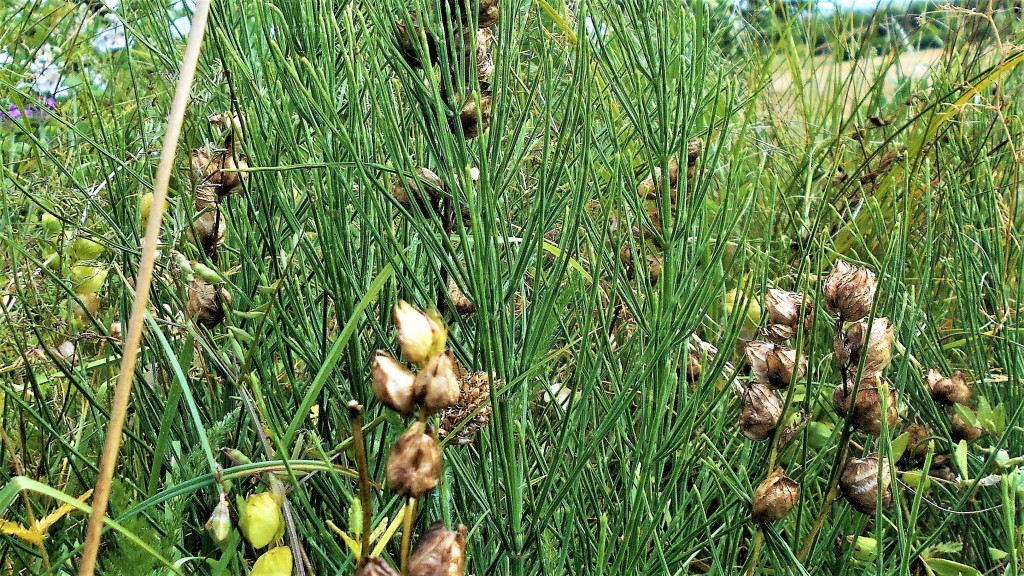
The top of the embankment is level, the old rails, pitted with rust, are still embedded in the ground, grown over with bright yellow leafy hawkweed, white yarrow, yellow balls of hop trefoil, and clumps of the wonderfully delicate pale toadflax which although uncommon elsewhere is always plentiful along old disused railway tracks and tangles of rose briars and bramble laid out to trip the unwary. What fun it would have been to camp out up there, watching the moths and bats and owls appear and watch the recent perseid shower scatter meteorites across the sky!
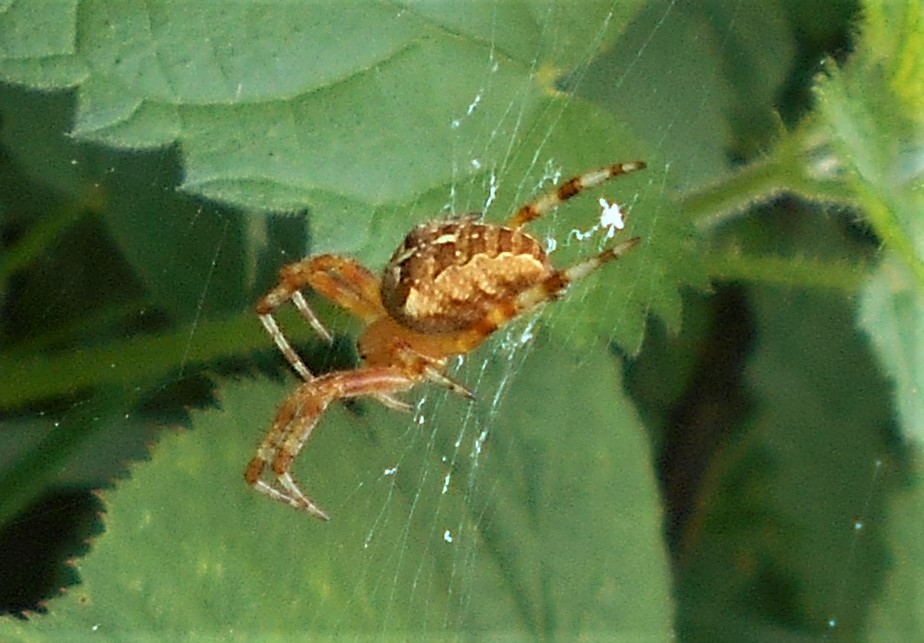
Two Buzzards, a gaggle of gulls, a couple of Ravens, a party of 6 or 7 Goldfinches, 3 young Blackbirds and of course the ubiquitous Crows, Pheasants and Wood Pigeons were the sum of birdlife sighted, possibly most were sheltering from the gusty north westerly wind. That may also have been true of cyclists, many times fewer than we have been used to seeing recently and those who passed us very courteous and considerate.
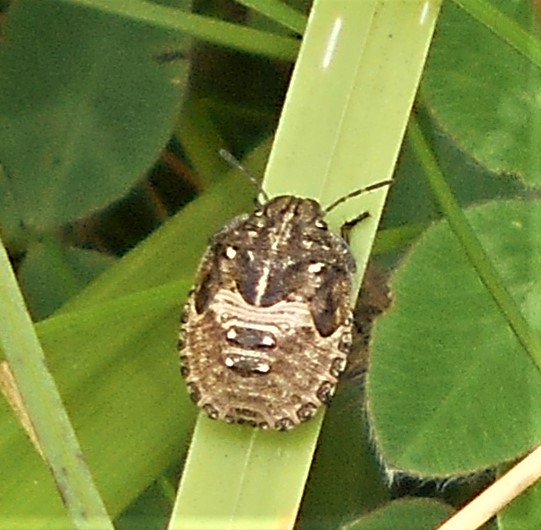
But the small creatures were much more in evidence, all hunkered down among the thick grasses – a Dark Bush cricket basking, a crab spider clinging to a scabious flower, froghoppers and shieldbugs resting on leaves….
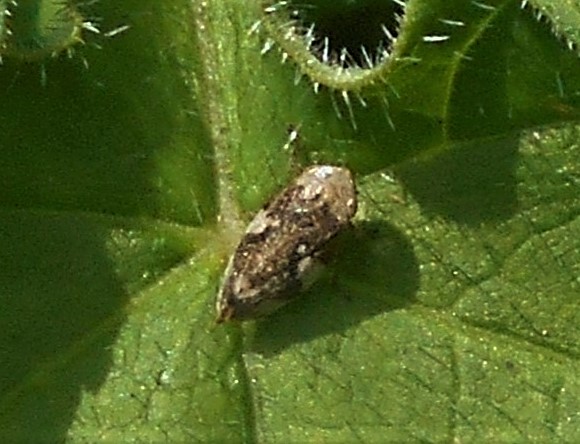
several ladybirds (mostly 7 spot) dotted about, a tortoise shield bug as well as bees, wasps and hoverflies and, joy unbounded, two tiny common lizards almost hidden in the grass on top of the yellow ants nests – what a relief, they are still there!!
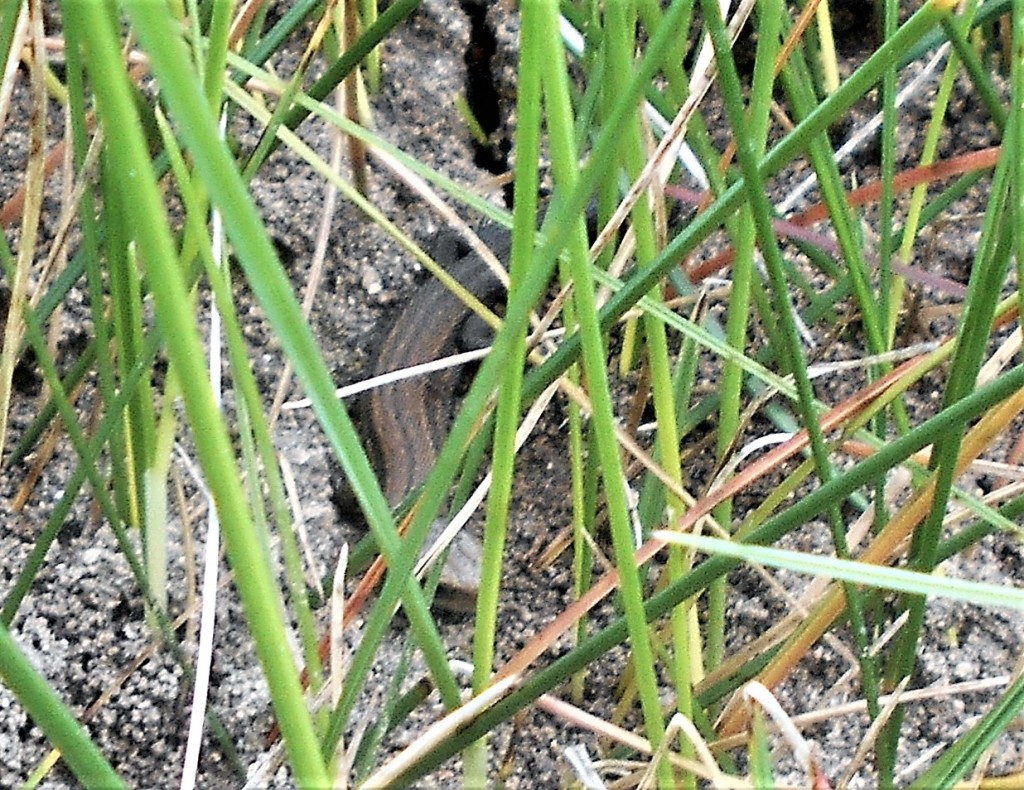
Resting on one of the oak benches, checking the field in front of us for wild brown hares and raptors circling the trees, we were accosted by couple on distinctive Babbington House bicycles stopping to confirm that they were on the right track to the village of Mells. We assured them they were and recommended both the Post Office cafe and our beloved Walled Garden plant cafe as well as the friendly Talbot Inn, a wide choice for such a small area in what is surely one of the prettiest villages in Britain.
26th July 2021 / Temp: 24 C / 1.50pm – 4.40pm
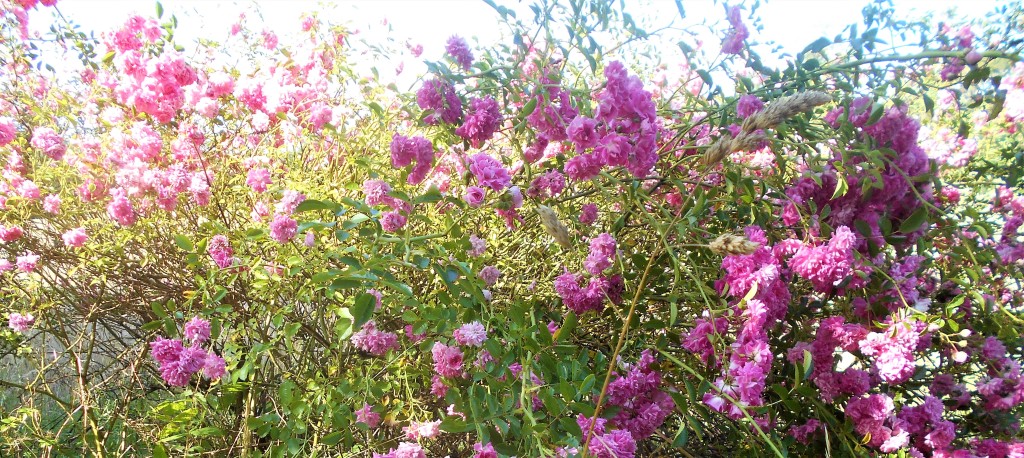
The temperature was not particularly high but the sun was burning enough for us to choose the shady side of the path as we walked, admire the wild roses garlanding the hedgerow from a distance and be glad of the occasional fresh breeze.
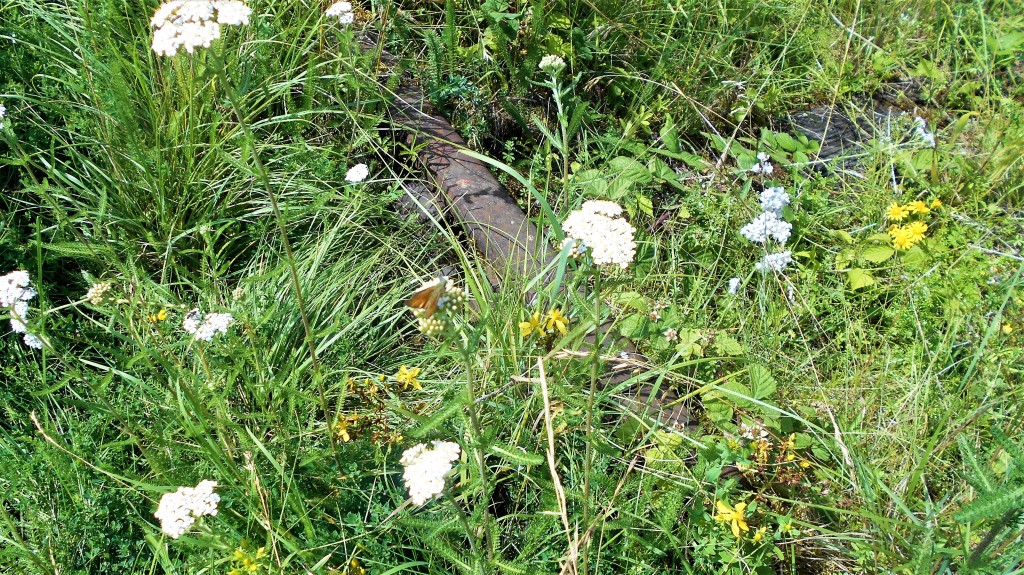
The wild flowers carpeting the grassland were an absolute delight but the afternoon belonged to the butterflies – there were so many we began to lose count! We can’t remember seeing so many Small Skippers particularly when we think back to a few years ago when we were lucky to see one or two – today we saw 16 plus and they were everywhere.
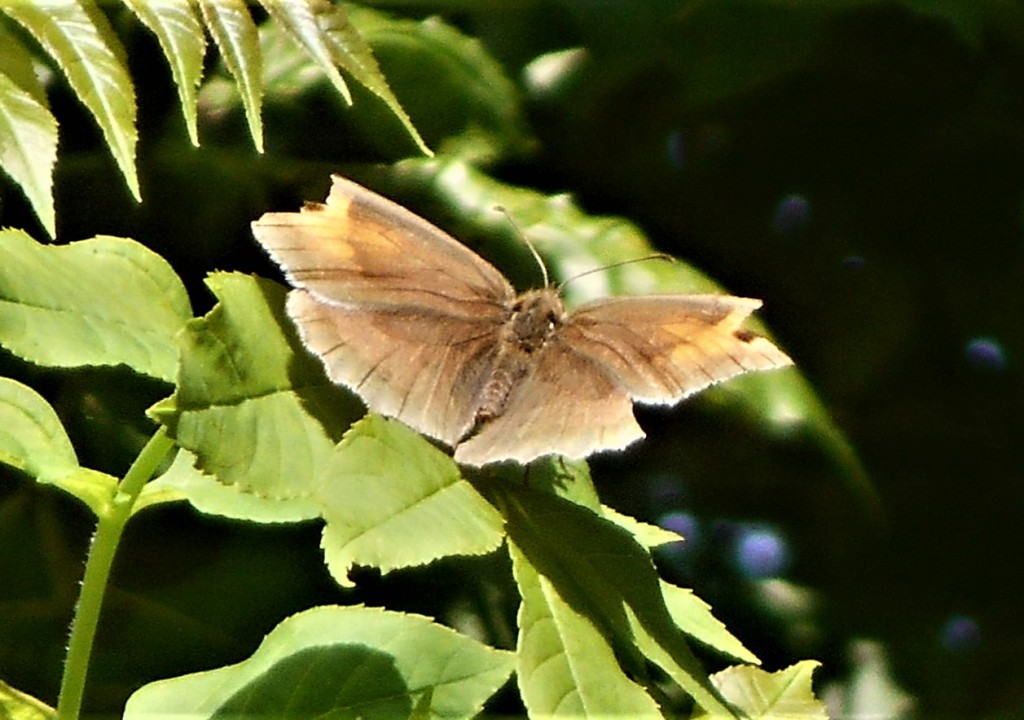
Meadow Browns made a good showing (including the one above which looks as if it survived a bird attack, with only its “eyes” missing), at 13, Small Whites 18, only 2 Ringlets and 3 Brimstones and only 1 Red Admiral. However 11 Peacocks took the prize for us, it was such a joy to see them all over the buddleia and at least five on one teasel plant, towering over the surrounding shrubs and challenging the neighbouring hawthorns.
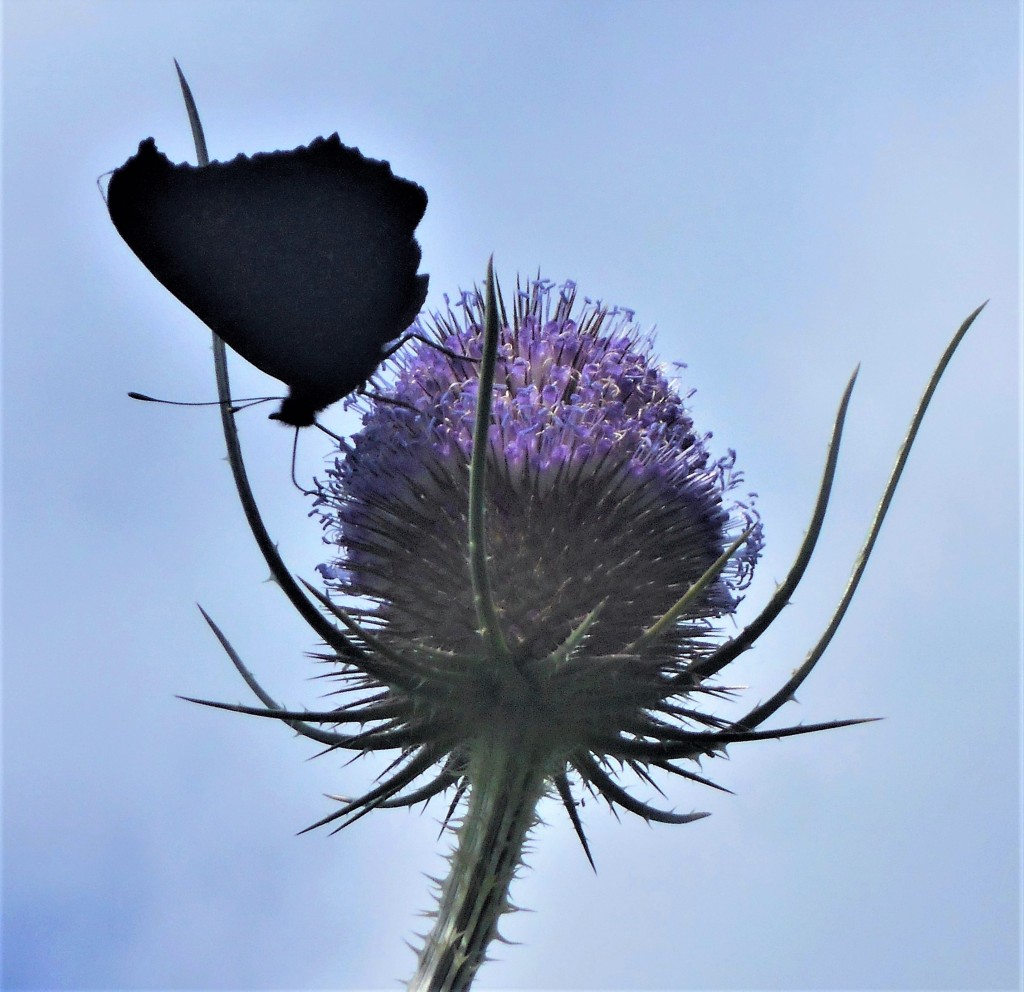
We walked to the mini-meadow as we had promised ourselves on our last visit and it was just heaven to pick our way across the massed white wild carrot and yarrow, bright blue meadow cranesbill, vivid purple knapweed, pale and beautiful scabious, bright yellow St John’s wort and ragwort and clumps of birds eye trefoil, trying to avoid stepping on unwary grasshoppers who leapt at every step, searching for the bumblebees, honey bees, hover flies, red soldier beetles and of course butterflies.
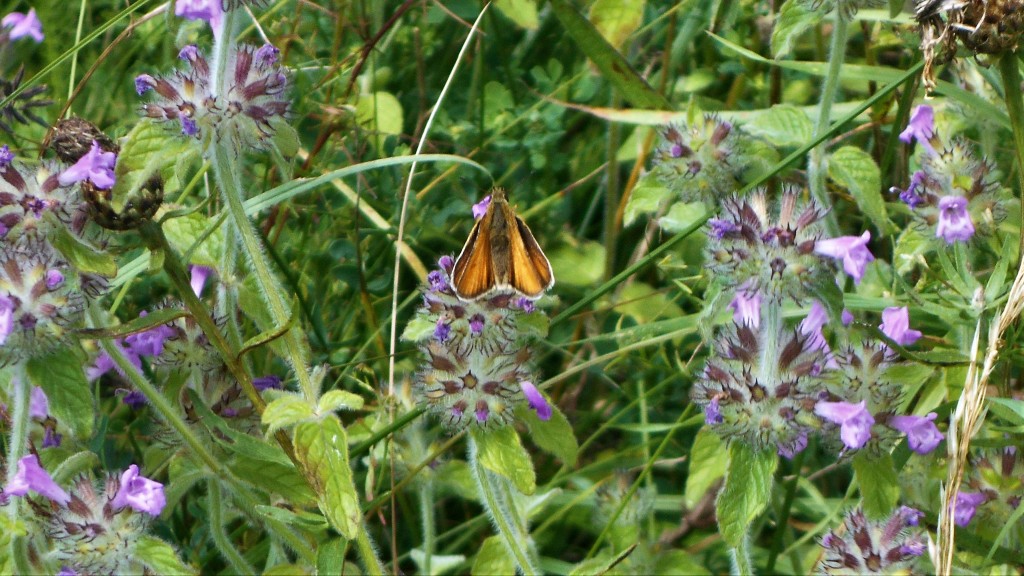
No scarce moths today and regretfully it would take a better and more accomplished photographer than me to be able to capture the full glory of the mini-meadow but hopefully these few snaps will be able to convey a small idea of the bounty sunshine, warmth and an old, abandoned railway line, left untended and neglected by agriculture or people alike for over 50 years can provide.
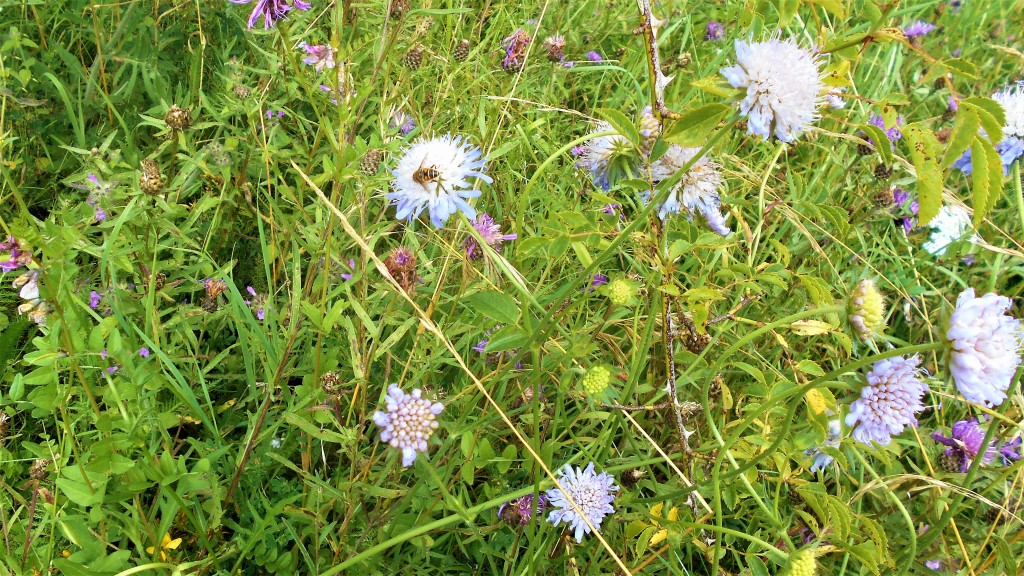
The sun was so hot we took rests in the shade of a large hawthorn bush entangled with bramble, lulled by the drone of the dozens and dozens of bees feasting on the flowers. It was while sitting on our stools, using our binoculars rather than our weary legs, that one of us spotted the best prize of the day – a Hawfinch!!! Although other bird watchers had long reported their presence along the cycle path, we had never seen one before but there it was in all its glory of distinctive wing markings, looking for all the world like a Chaffinch on steroids! What joy!
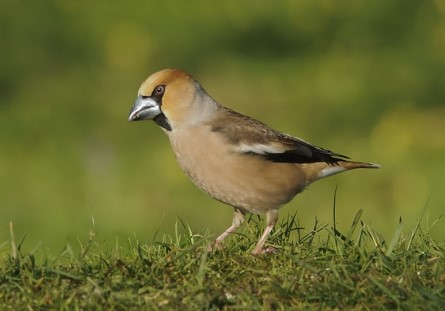
We watched a pair of Buzzards circling above the trees, listened to the wonderful call of a couple of Raven calling to each other and spotted one of them flying across, a Crow and a Robin and of course those dratted Wood Pigeons seemed the only birds about. But when we walked back along the path we saw parties of House Martins and Swallows, five, ten, twenty and then lost count, deeming it more enjoyable just to watch the swoop and dive of these wonderful birds than waste time trying to count them.
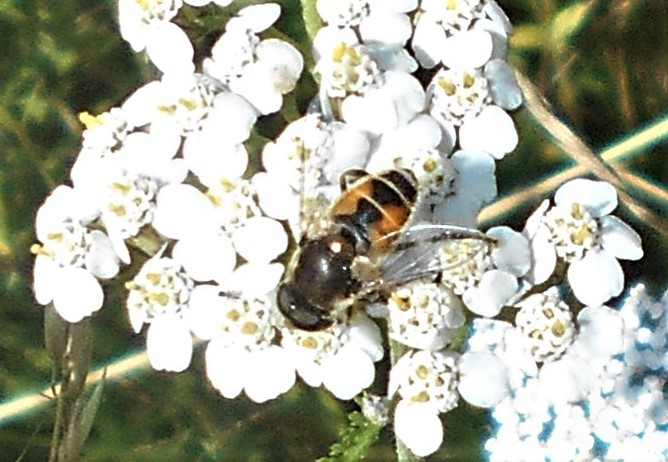
We had a chat with Angela from Midsummer Norton who had walked along to the large buddleia where the best sightings for Peacocks, Commas and Red Admirals are to be found and we were delighted to hear that she had over the past week or ten days seen about 10 Silver Washed Fritillaries! These butterflies we used to see in great numbers in earlier years before the “Big Slash” of the undergrowth and we were so pleased to see their return, even in these hugely diminished numbers.
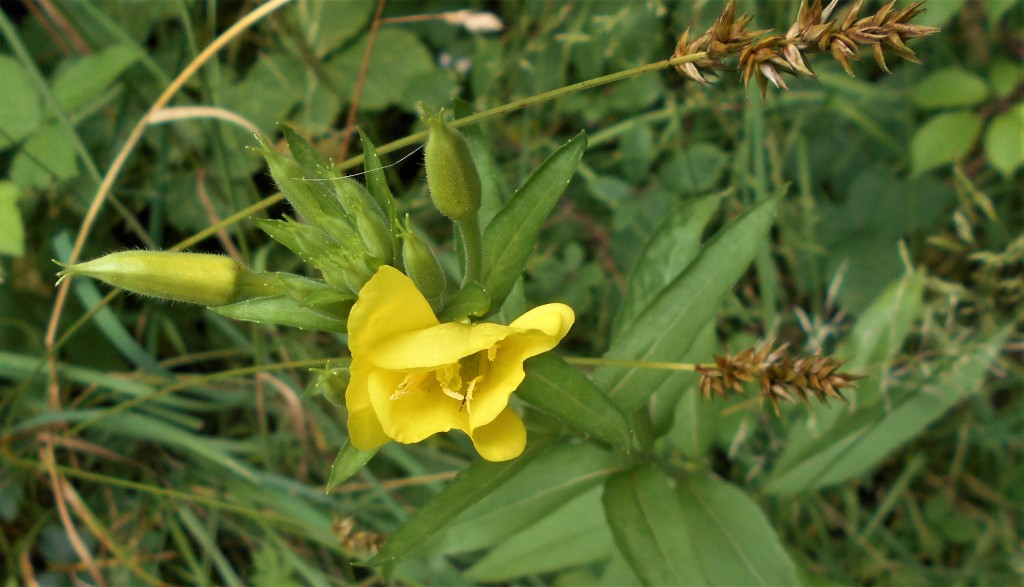
Regretfully another summer without any sign or sound of Nightingales – a summer treat which it seems never to be heard again, but we mustn’t spend too much time longing for what is past, rather celebrate that there is still so much to enjoy.
14th July 2021
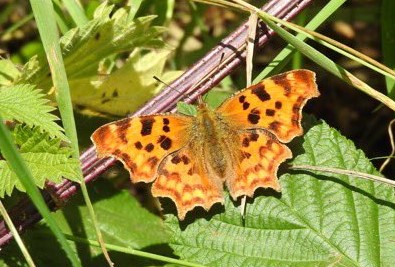
A message from John Hansford with a list of his butterfly sightings which make extremely interesting reading. He was walking from the opposite end of the path to us and what is most remarkable is his totally different list of species to the ones we saw and the sheer number of Marbled White and Large Skipper!
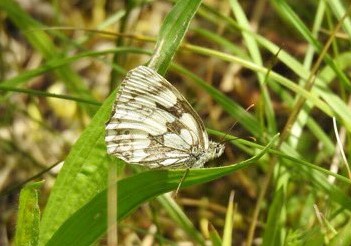
“Cycle path today, 1 Lizard on the path at the entrance to the cycle path near the pipeworks. 20+ Marbled White 12+ Large Skipper 3 Small Skipper 2 Red Admiral 1 Gatekeeper 1 Speckled Wood and 5 Comma.“
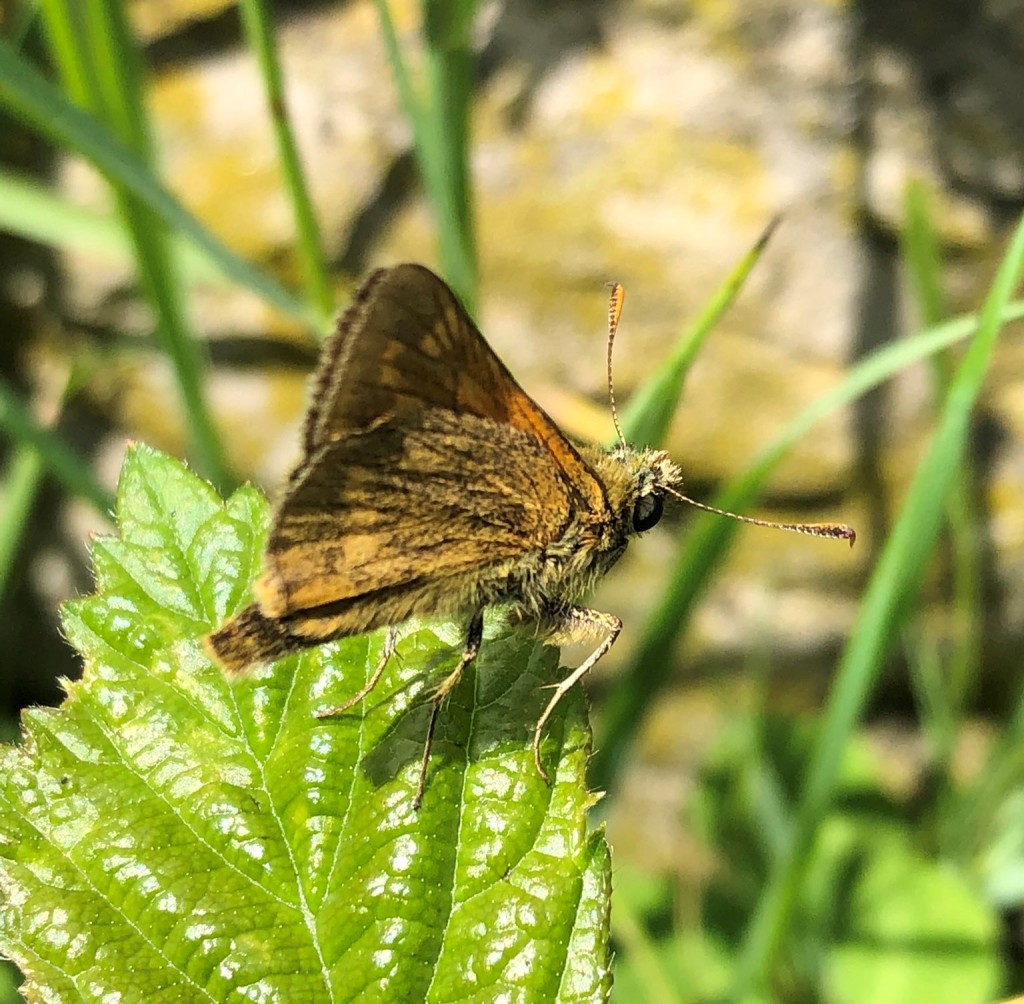
Our list: No Lizard although we looked carefully all along the embankment, no Red Admiral, no Gatekeeper, no Speckled Wood but 2 Meadow Brown, 2 Small Copper, 7 Ringlet and 6 Small White. So the combined species list is now 11 which although not huge, is a bit more respectable
14th July 2021 / Temp: 19 C / 10.35am -12.50pm
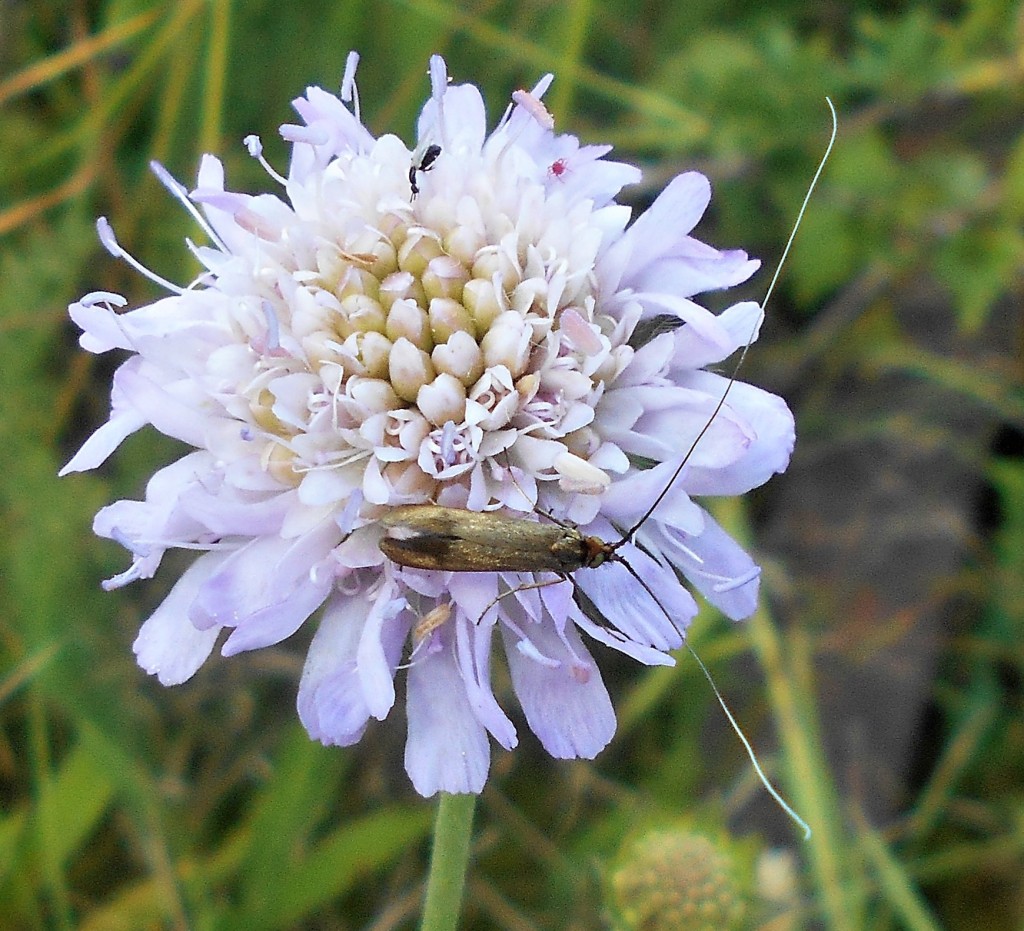
A fine, sunny morning with flying fair weather clouds, masses of flowers, although the undergrowth looked rather sodden from yesterday’s torrential downpour. At first we saw few butterflies which was disappointing but as we walked farther down the path and the sun grew hotter more and more ventured out and in the wide flower filled mini meadow we caught sight of this rather beautiful moth – a new species to us along Colliers Way.
The most noticeable species were the number of hoverflies which seemed to be at work on almost every flower head and although they were joined but a fair number of bees, hoverflies held sway over the grassland thick with flowers.
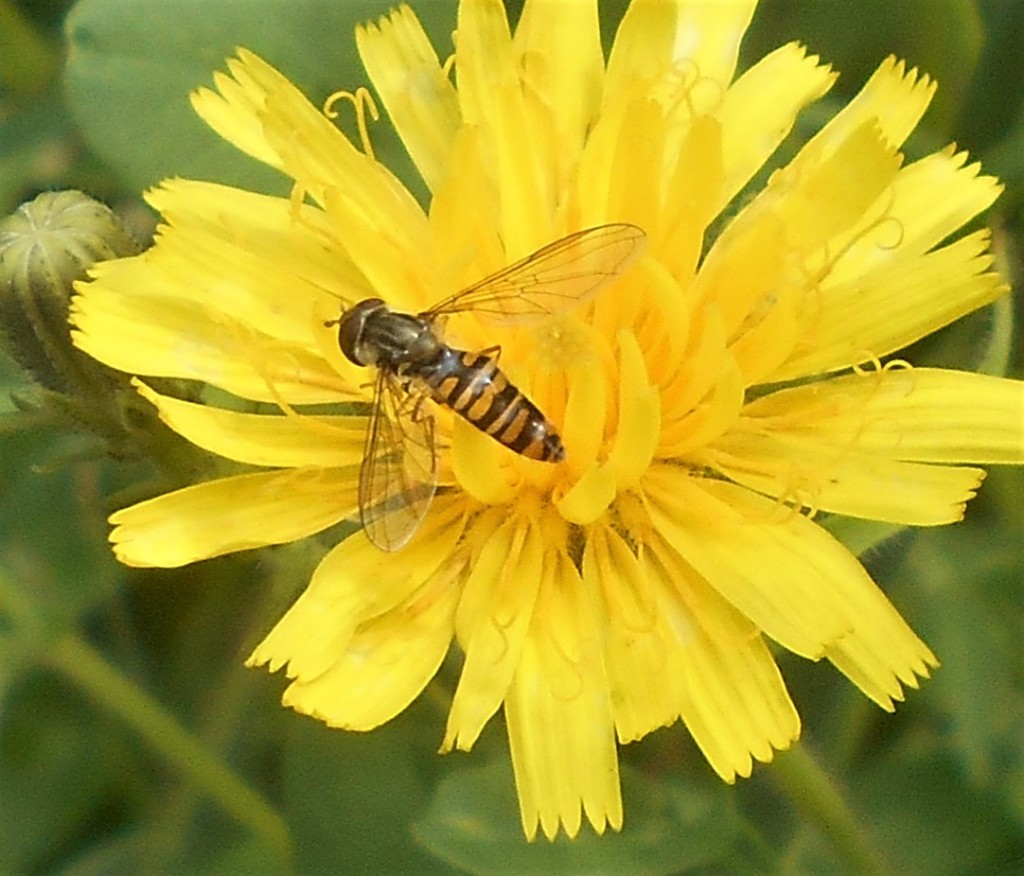
But when the butterflies began to appear, we spotted a few species 4 Marbled White, 6 Small White, 3 Comma, 7 Ringlet, 2 Meadow Brown, 2 Small Copper but due maybe to the recent rain and pretty chilly days, the numbers were down on last year which was possibly the result of that gloriously warm spring. However the rain brought out lots of snails, they were everywhere, including this rather beautiful pale yellow white-lipped snail coming out of its shell.
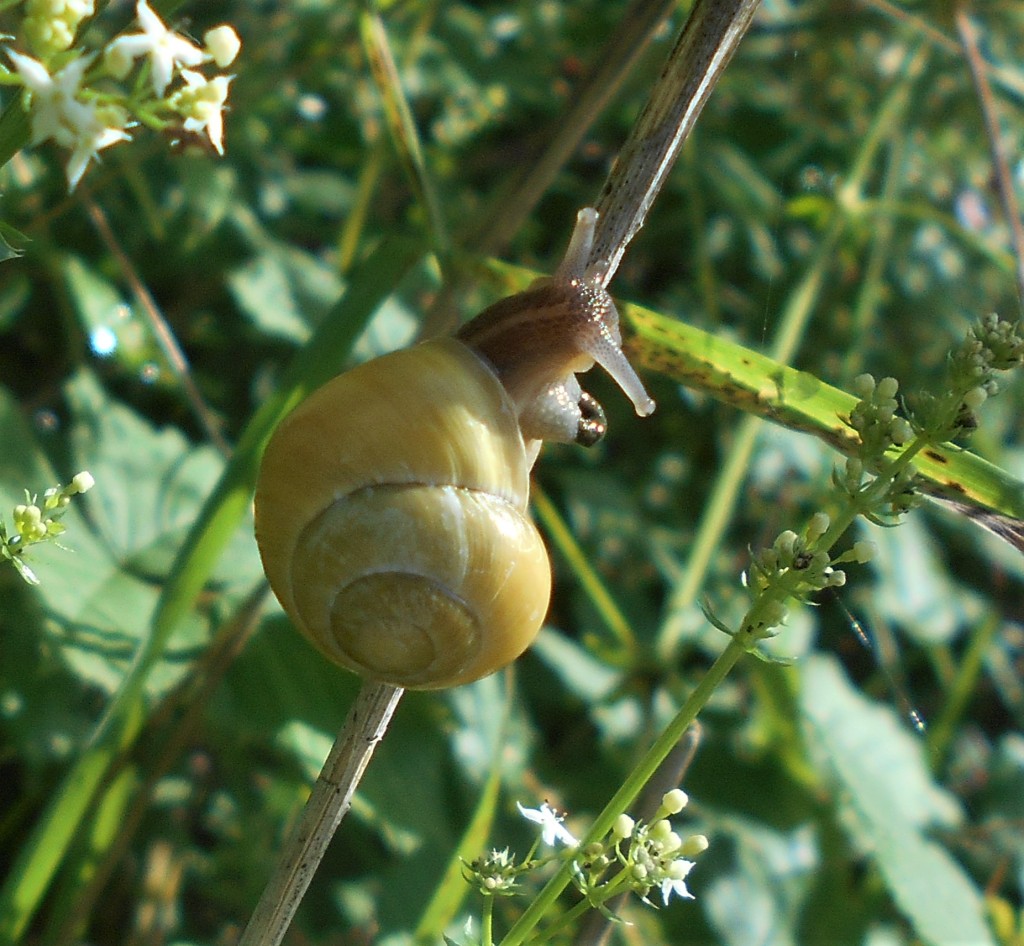
The birdlife was quiet although we did see or hear Magpie, Pied Wagtail, Yellowhammer, Whitethroat, Song Thrush, Blackbird, Wrens and a particularly welcome sight – a pair of Ravens with juvenile chattering to each other as they circled a couple of times before flying off.
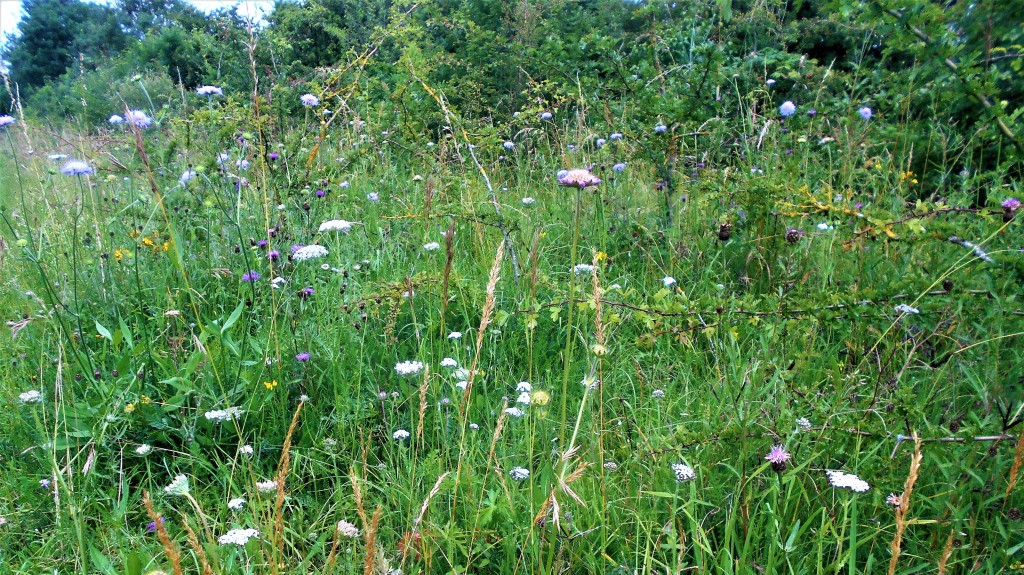
When we have a little more time we must just head straight for this wild area which at this time of the year is thick with flowers so a haven for insects, particularly grasshoppers and crickets. We have promised ourselves a sunny afternoon perched on a stool, sitting still and quiet and waiting to see what turns up – we are quite certain there are treasures to be found – if not nationally scarce species but ones we don’t see in our walk past.
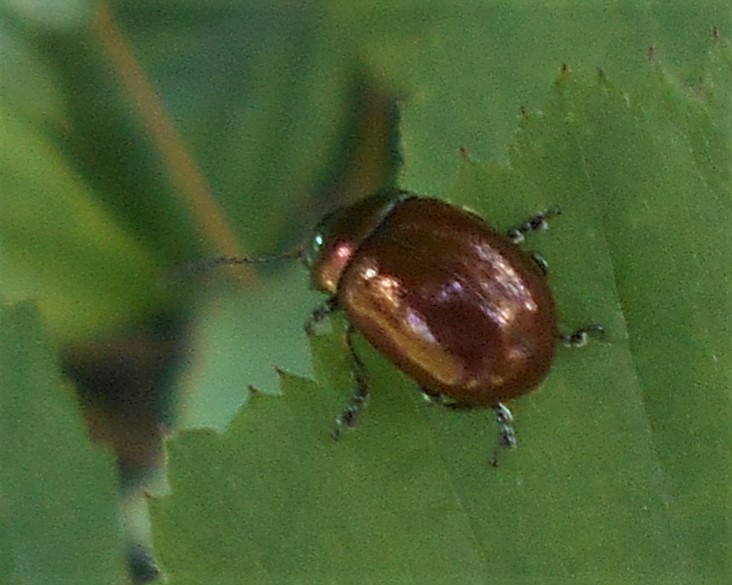
On the walk back along the path we spotted this rather handsome beetle and on the embankment more and more labyrinth spiders have created their tunnels amongst the thick long grass and you can almost see the spider in this one, crouched skulking near the entrance, no doubt hoping for a passing grasshopper or cricket on which they feed or possibly a male coming a’courting as it’s now mating time for labyrinths.

30th June 2021 / Temp: 20 C / 2.30pm – 4.50pm
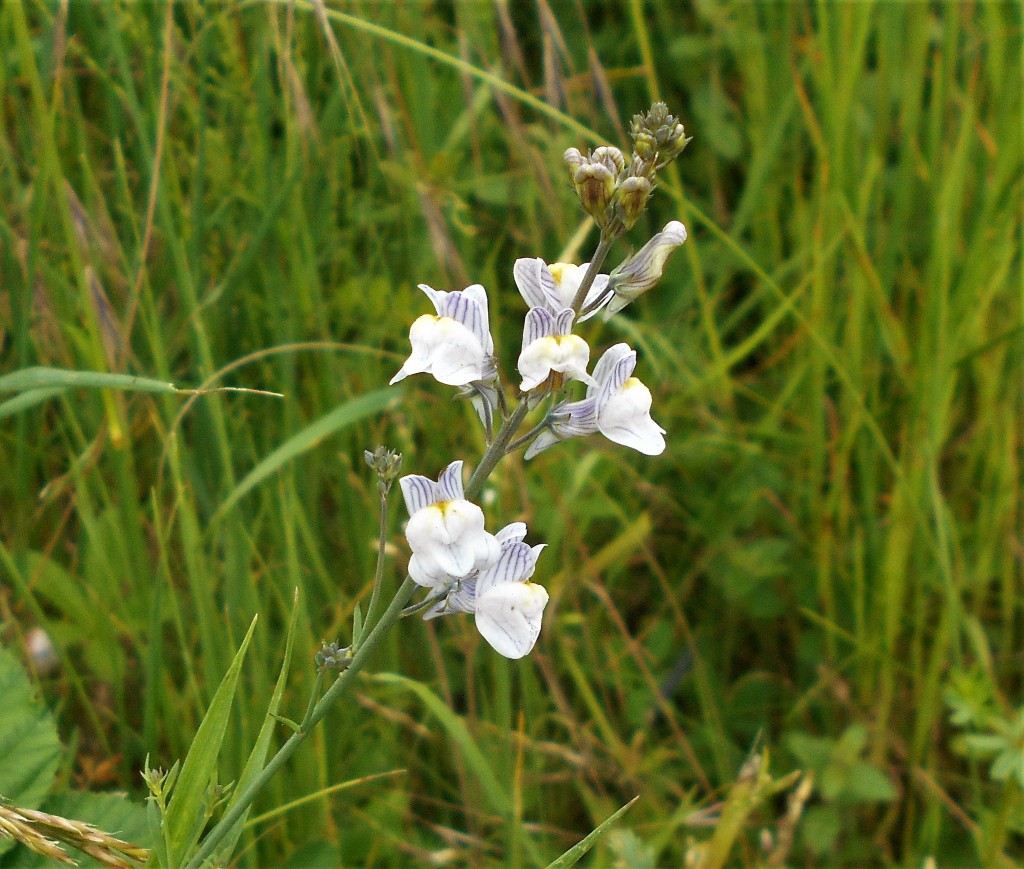
Hazy sunshine but when the sky cleared, the sun was hot and burning. The waving grasses with their silken seeds gently swaying in the light breeze and their companion umbellifers were taller than us (more than 6 feet) the meadow cranesbill, wood spurge and moon daisies were waist high and the common birds foot trefoil, centaury, red and white clover and doves foot carpeted the ground, a dense mass of burgeoning plantlife, bursting with growth, thick with flowers.
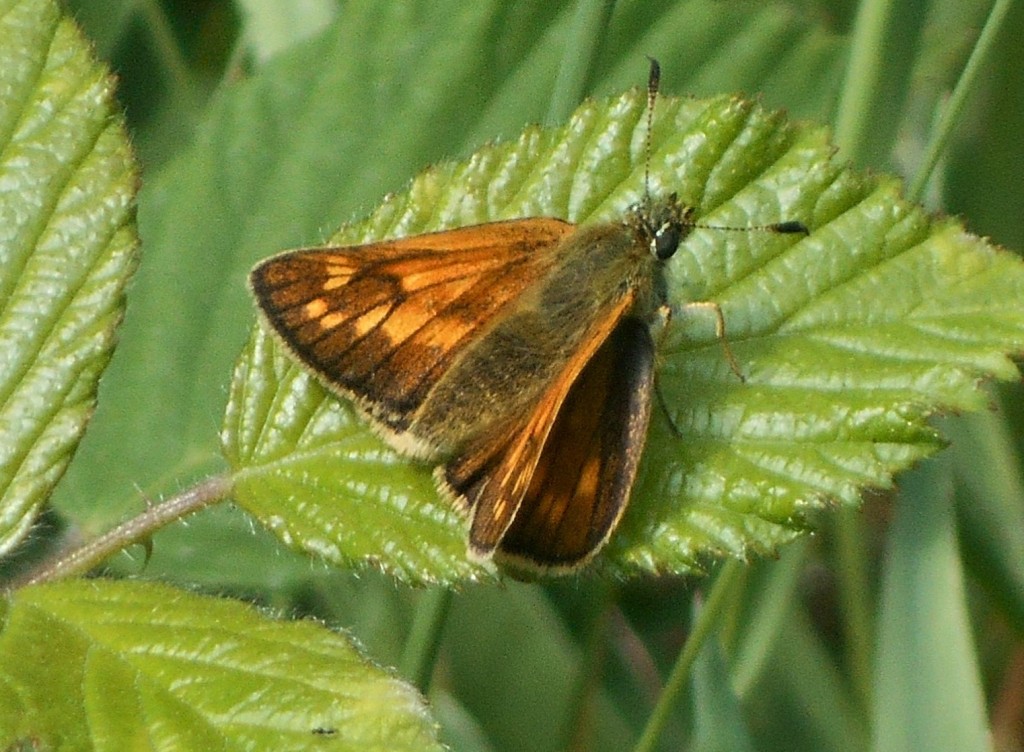
As we walked along the path, delighting in both the pink and the white wild roses clambering through the trees and over the shrubs, entangled with the clotted cream flowers of black bryony and their delicate green tendrils, we noticed the beautiful delicate pale toadflax next to mauve scabious, purple knapweed, the large spikes of pink sainfoin, known as holy hay, intermingled with large clumps of hedge bedstraw while the ground was covered with yellow creeping cinquefoil.
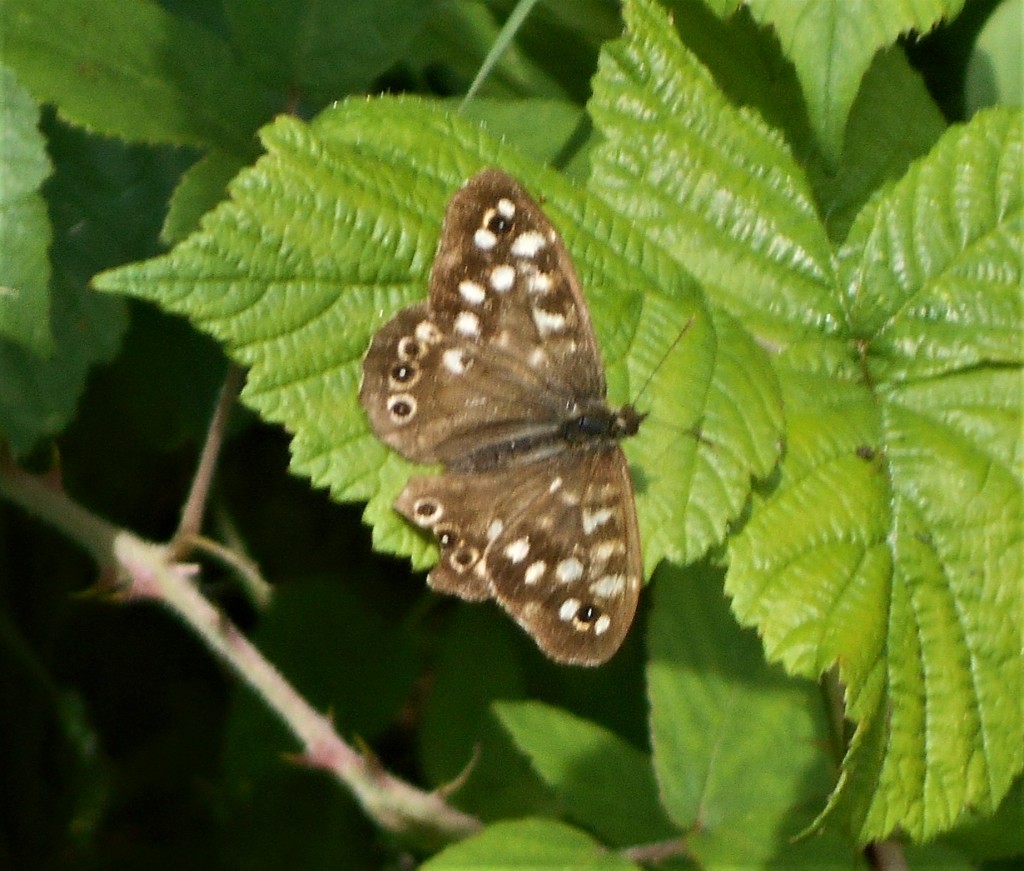
With such a plethora of flowers it is not surprising that we also saw at least a dozen Ringlet, Speckled Woods, Small Heaths, one Large Skipper, Meadow Browns, Marbled White and Small Tortoiseshell butterflies, the best display we have seen all summer.
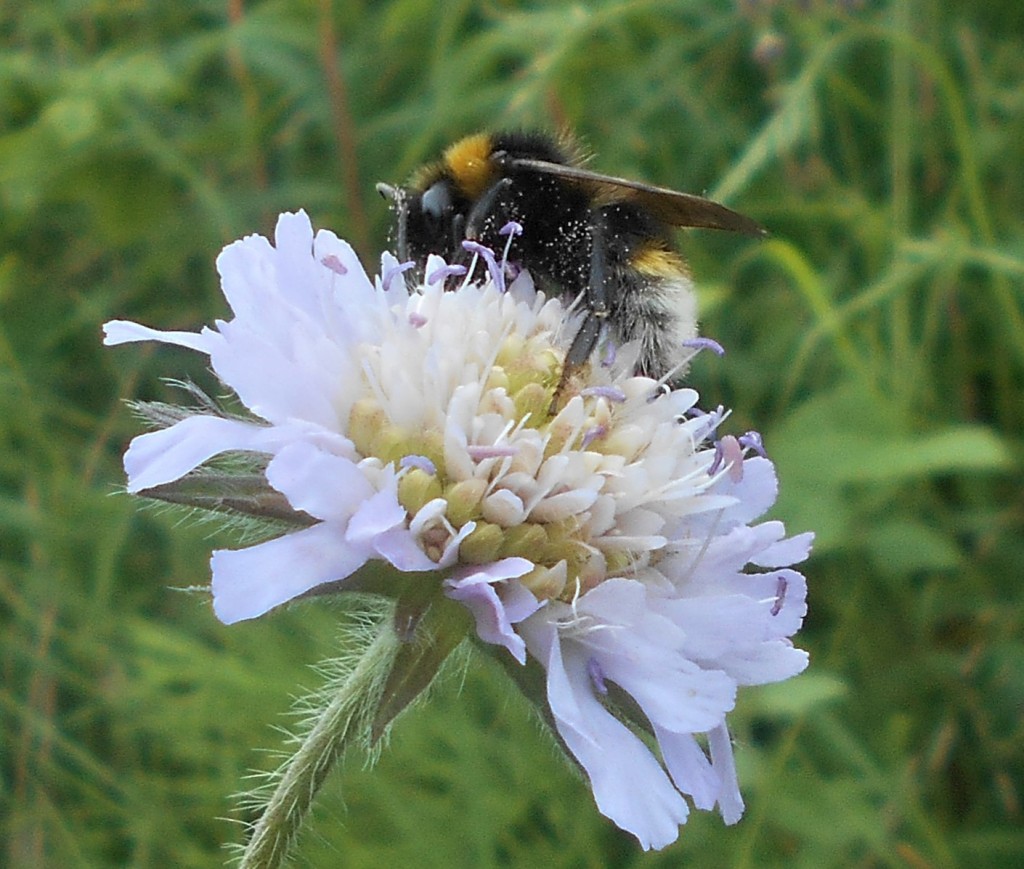
In the trees we saw and heard a Yellowhammer, Goldfinches, Chiff Chaffs, Blackbirds, Chaffinches, a single Song Thrush, a party of Wrens, Whitethroat, Buzzards, Crows, Pheasants and of course Wood Pigeons.
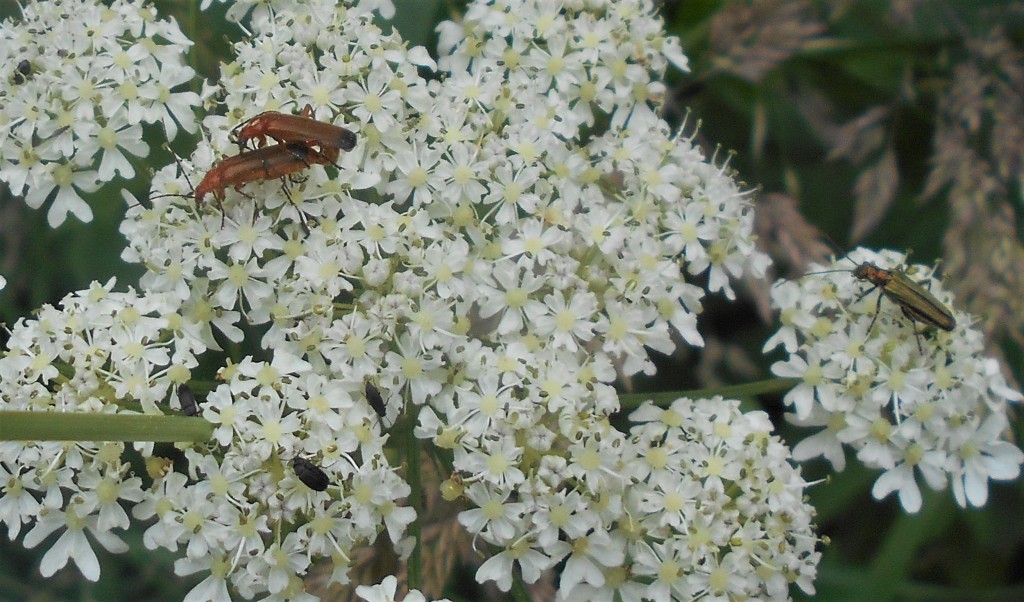
But what was was surprising was the extraordinary number of insects – Marmalade hoverflies, Buff-tailed Bumblebees, mating woundwort shieldbugs, a spiked shieldbug, bonking tawny red soldier beetles, ladybirds – both adult and larva, a scorpion fly, lots of meadow grasshoppers and dark bush crickets with their unbelievably long antennae.
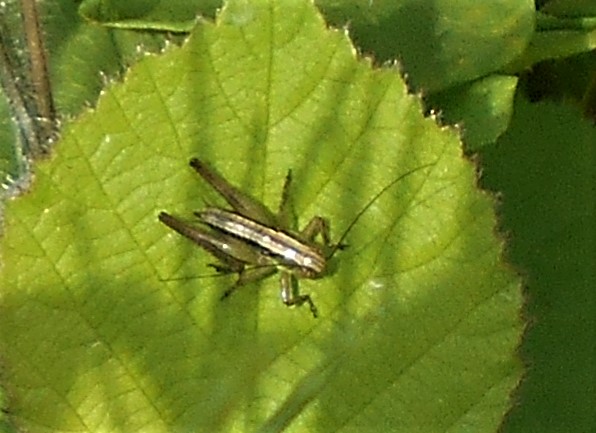
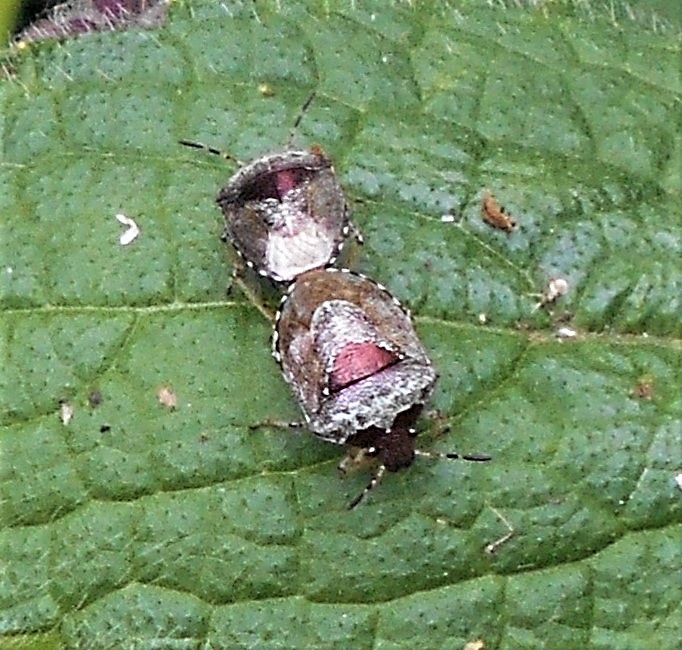
We spotted Common Lizards almost hidden in between the grasses on the top of four of the well spaced yellow meadow ant-hills, several of which were bare earth and half broken down – probably by hungry green woodpeckers, a burnet moth, a tiny scarlet shiny beetle scurrying about his business and dozens of little red spider mites dashing all over the sun baked limestone of the bridge.
There were spiders seemingly everywhere, stretched out across the leaves of brambles basking in the sun like sunbathers on the beach – Wolf spiders, Nursery web spiders and several new species we had never seen before and which, despite our very best endeavours, we were unable to identify.
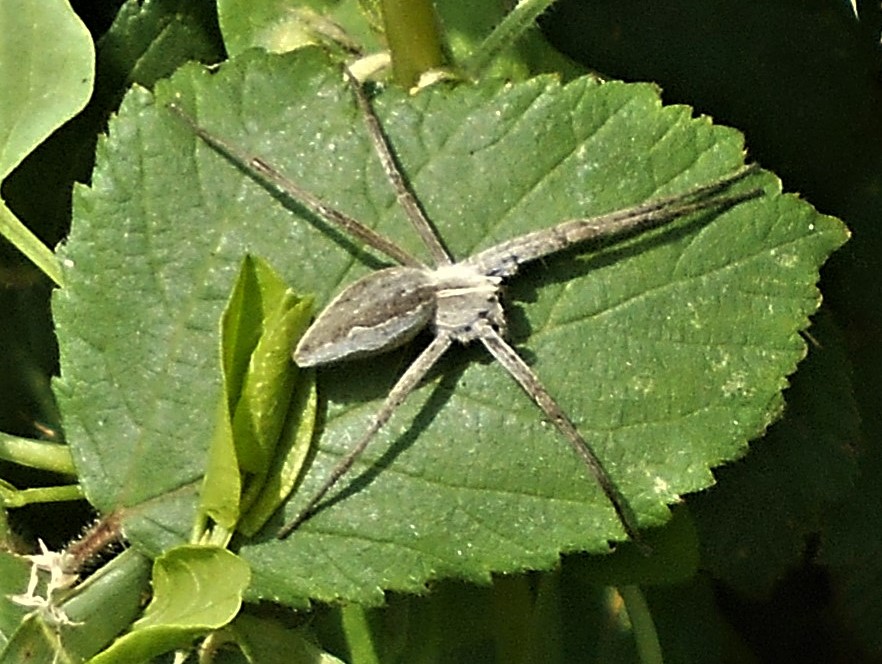
This is high summer on a short stretch of flower and grass bordered path running through the Somerset countryside – something to treasure and celebrate at any time but made doubly precious in this weary time with a seemingly relentless pandemic is stalking the world.
16th June 2021 / Temp: 23.5 C / 2.35pm – 4.25pm
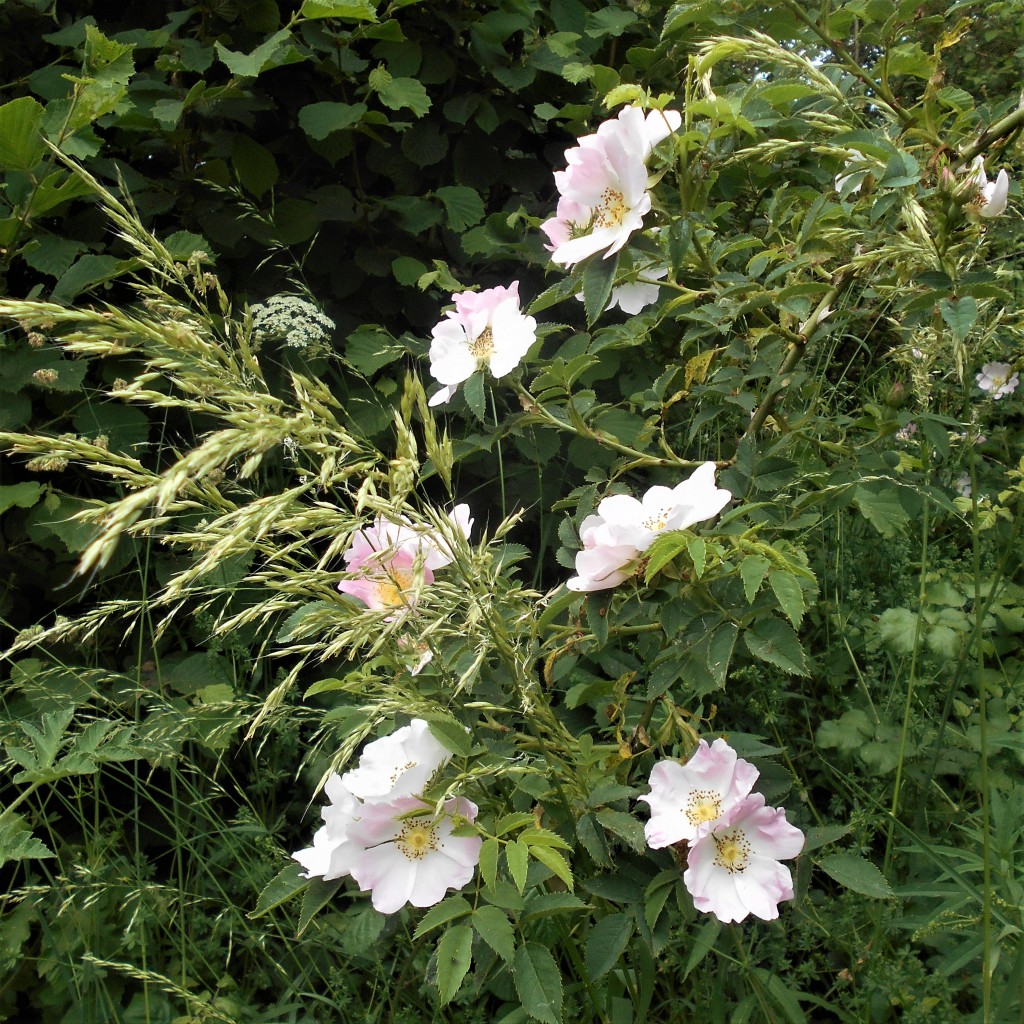
A combination of indifferent weather and other commitments have delayed a walk along the path for some time so we missed the first flush of summer, but days away from the longest day, these are the high summer days of wild field roses, climbing tendrils of white and black bryony, and embankments of thick tangles of flowering plants and seeding grasses, umbellifers filling every spare inch of grass verge and path edge, all together creating one of the most delightful sights of summer.
After days of soaring temperatures, the air was hot and heavy, and the high humidity and high cloud may have contributed to what appeared to be an alarming lack of butterflies. Less than a handful of Brimstones, a few Whites and just two Small Tortoiseshells was the sum total of our butterfly count – not the usual numbers we had been expecting. The brambles have almost finished flowering, so no deep hum of bees, and although we heard a Yellowhammer here for the first time in years, there were few birds – Whitethroat, Blackbird, Song Thrush, Chiff Chaff, Magpie, Wren, Robin, all of whom seemed pretty lethargic and reluctant to move, most only recognised from their songs.
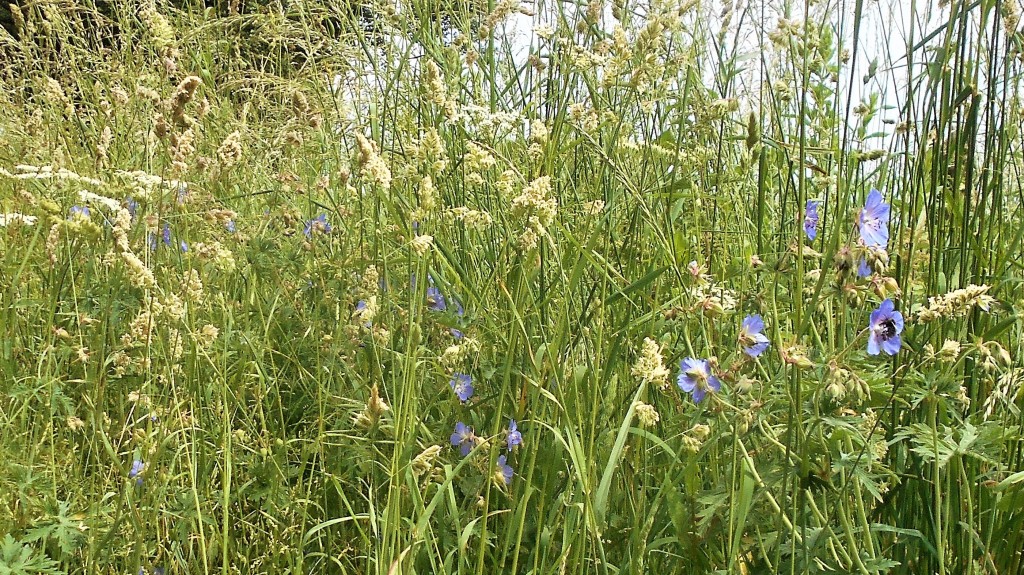
However, although the common lizards on the embankment were shy and mostly skulking deep in the thick tangle of rough grass, we did see one basking in the sunshine and another skittering away at top speed so we know they are about. What bees and hoverflies there were (we only saw only a couple of dozen in all) were enjoying the hogweed, that prince amongst insect feeding plants and where we spotted a female Common Tubetail hoverfly below, a species new to us.

We always ask other walkers what they have seen and they tell us of wildlife spotted – birds, roe deer, wild boar, hares and sometimes treasures or rareties which we have missed, so when a couple of walkers from Holcombe were passing, we asked and were particularly excited to hear that they had sighted two bee orchids amongst a scatter of ten pyramidal orchids along the side of the path beyond the derelict guards van towards Kilmersdon. The only bee orchids we have seen or even knew of here were those planted recently in the orchard by the Great Elm entrance, so this is a very welcome sighting. The lovely photograph of this exquisite flower, perfectly displaying its fat bumblebee centre has been kindly sent to us by Kate.
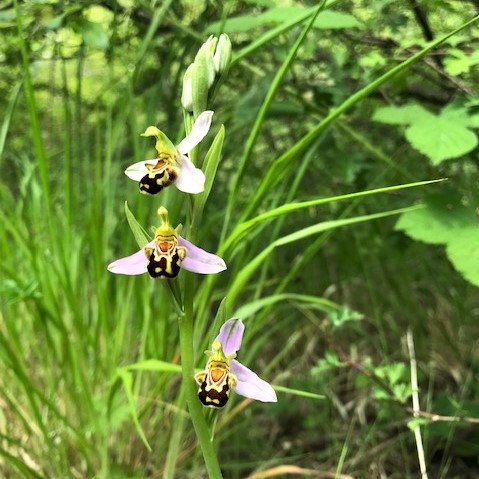
In the places where we often see early purple orchids, pyramidal orchids and twayblades, under the trees along the cutting or in the scrubby wood, there were never any sign of bee orchids. The ghost of the greater butterfly orchids, long since mown down, which were so beloved of an elderly couple from Mells still linger in the memory, so maybe this sighting is the first intimation, the possible beginning of a resurgence of all those native orchids – what a lovely thought!
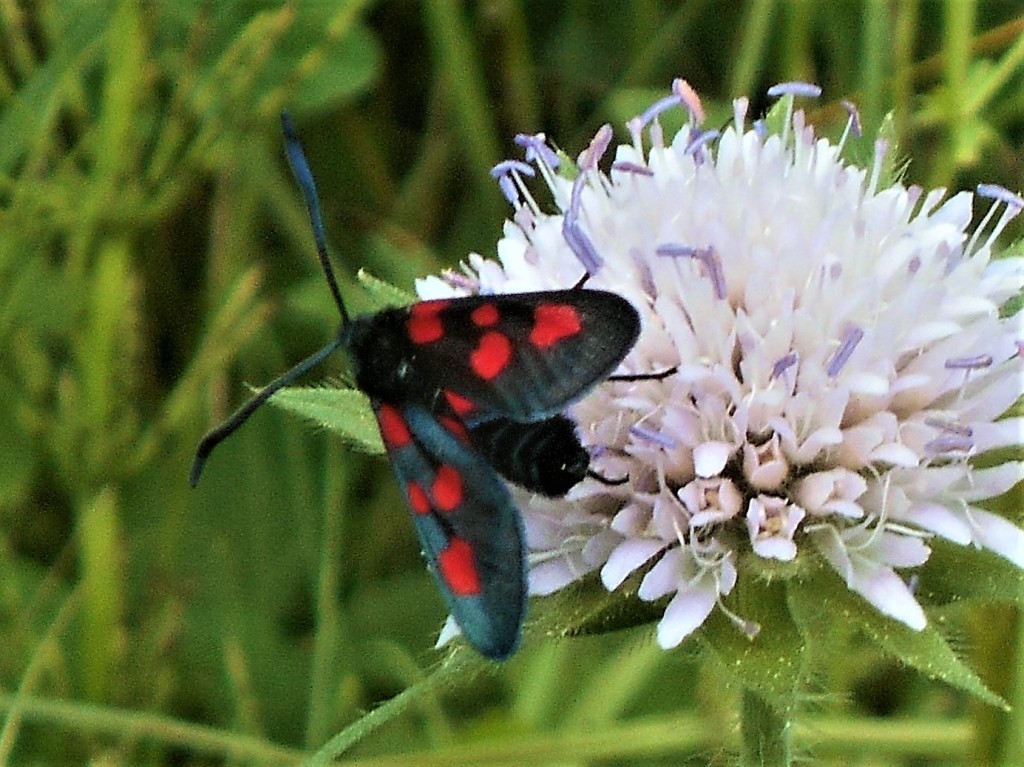
Bee orchids might be a rarity but come the summer come the scabious, and with the scabious comes the rather more common burnet moths! Always so wonderfully colourful and busy. Their species identification usually evades us – so this maybe a narrow-bordered 5 spot, a 5 spot or a 6 spot – but one thing we are certain of – it is most definitely a burnet moth!
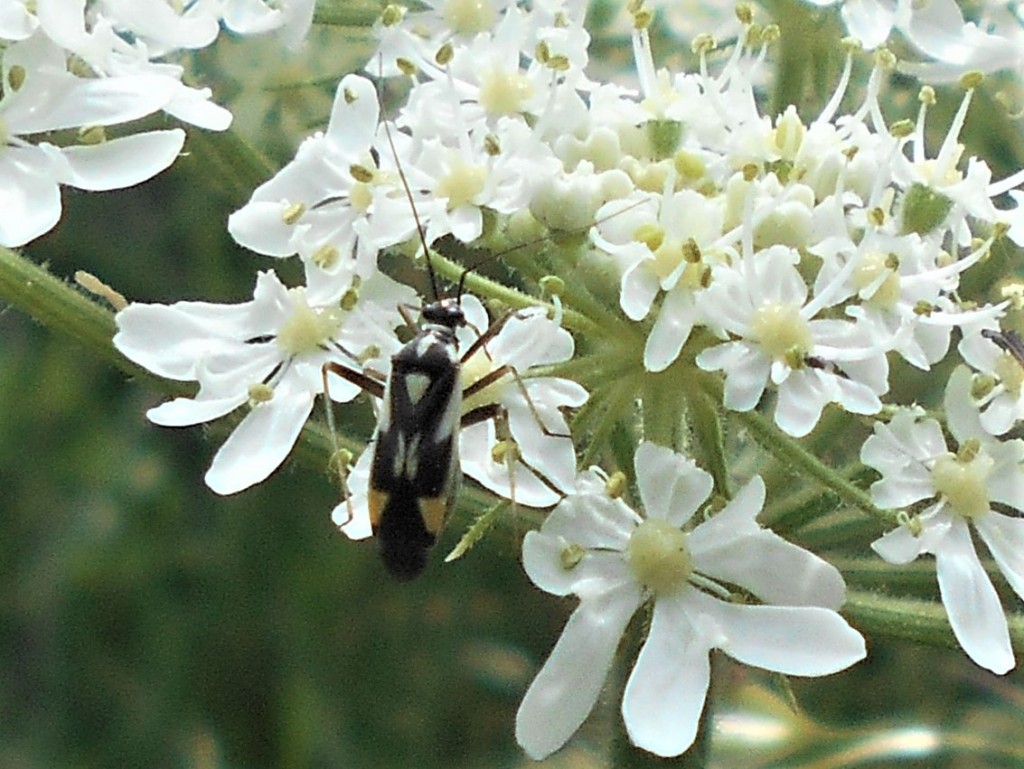
There were a few swollen-thighed flower beetles and hoverflies around and in the flowers, a very common mirid bug (Grypocoris stysi) and a good number of flies, those trusted pollinators when others are scarce.
The first labyrinth spiders’ webs have appeared in the rough grass, a wolf spider with her egg sac sat in a buttercup flower head and we even spotted everyone’s favourite – a crab spider – which, catching a hoverfly unaware, was enjoying her mid-afternoon snack.
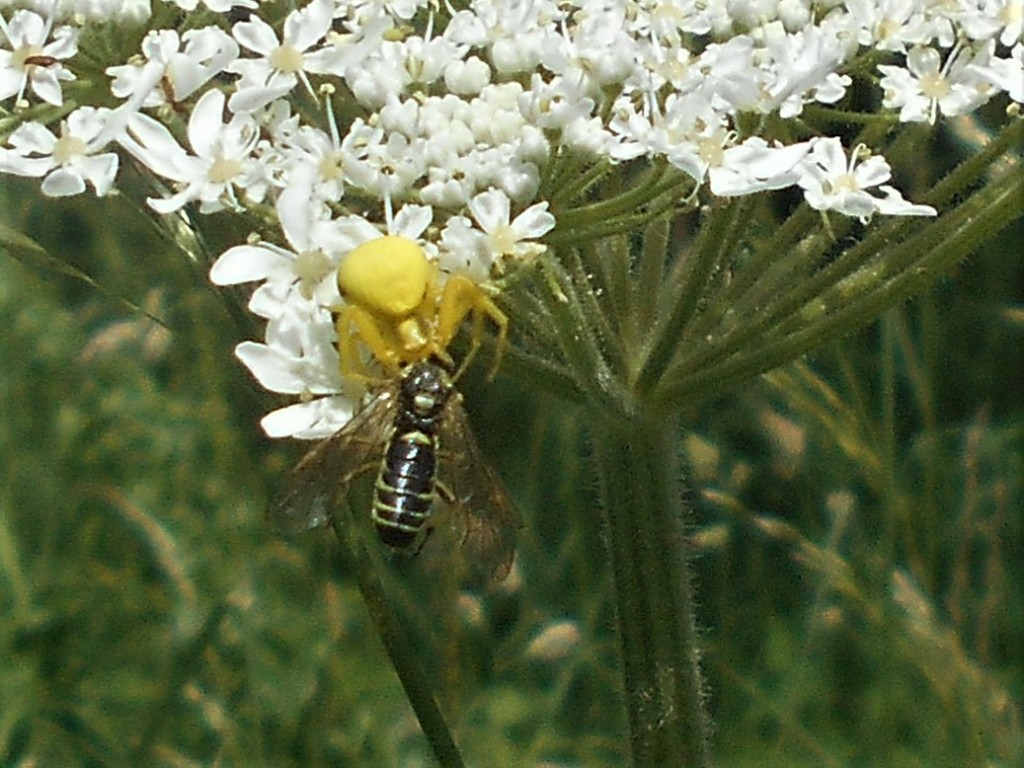
Our rather weary tramp towards home, with the promise of tea the only thought urging us on, was enlivened by a soaring, circling Buzzard, high in the sky above us, mewing and calling and probably hoping to frighten a scampering small mammal into providing him with a tasty morsel too.
Few birds, few butterflies, a lull in the year, but masses and masses of flowers, including meadow cranesbill, moon daisies, dogwood, elderflower, hedge woundwort, creeping cinquefoil, red campion, cow parsley, hedge bedstraw, bush vetch, birdsfoot trefoil, scabious, buttercups, all intertwined and tangled with heavily seeded waving grasses, wild angelica and tall, stately hogweed in wild, untrammelled abundance, with the thistles and buddleia still to come. This area forms a small narrow corridor of vibrant life in sharp contrast to the green desert of arable crops through which it travels, where no birds sing and no butterflies or insects are ever found – this path may seem quiet but if we could hear it, we would know how it’s quietly buzzing with hidden life, a genuine haven for wildlife.
26th May 2021 / Temp: 16 C / 3.25pm – 5.55 pm

After an injured foot, an extremely cold and dry April and an extremely cold and wet May, we managed the first trip along Colliers Way for nearly a month. How wonderful! The hawthorn trees were thick with May blossom, the grass verges billowing with frothy cow parsley and the sun shone – what more could one ask?
With foot slowly healing, progress was slow which suited our mood perfectly. We ambled and dawdled and looked and gazed – drank in the warmth of the sun and the blue of the sky as we watched the beautiful Brimstone Butterflies with their delicate clotted cream colouring fluttering among the grasses and over the trees.
If you walked with your eyes shut you would know you were close to the flowering hawthorns, first by the smell of the blossom which is liked by some and loathed by others – whichever, it is very strong and secondly by the loud drone of dozens of bees feeding on the flowers.
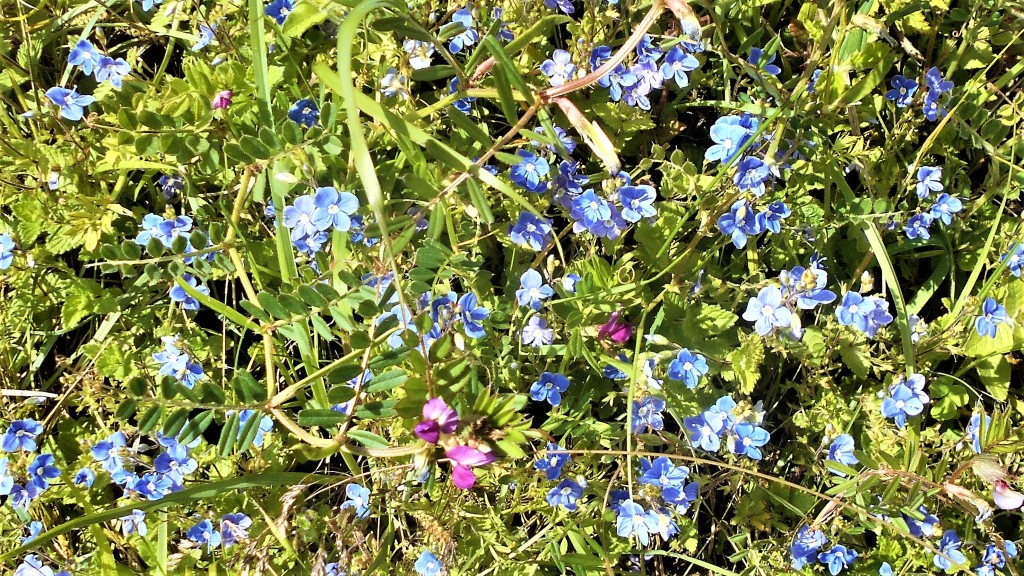
Flowers everywhere, birdseye speed well and bush vetch above, as well as hawkweed, moon daisy, birds foot trefoil, cowslips, wood spurge, red clover, ribstone plantain, meadow buttercups, herb robert, dandelions, dove’s foot cranesbill, red campion, garlic mustard, white dead nettle, hop trefoil, stitchwort, field forget-me-not, herb bennet and mile after mile of cow parsley!
So we sat among the grasses and yellow meadow anthills on the embankment and soaked up the sun listening to the sweet song of the Blackbird and Willow Warbler, Chaffinch and Robin, watching the Buzzard lazily wheeling overhead while observing in a pretty desultory fashion that there were no lizards to share the bank with nor any other butterflies other than more and more Brimstones.
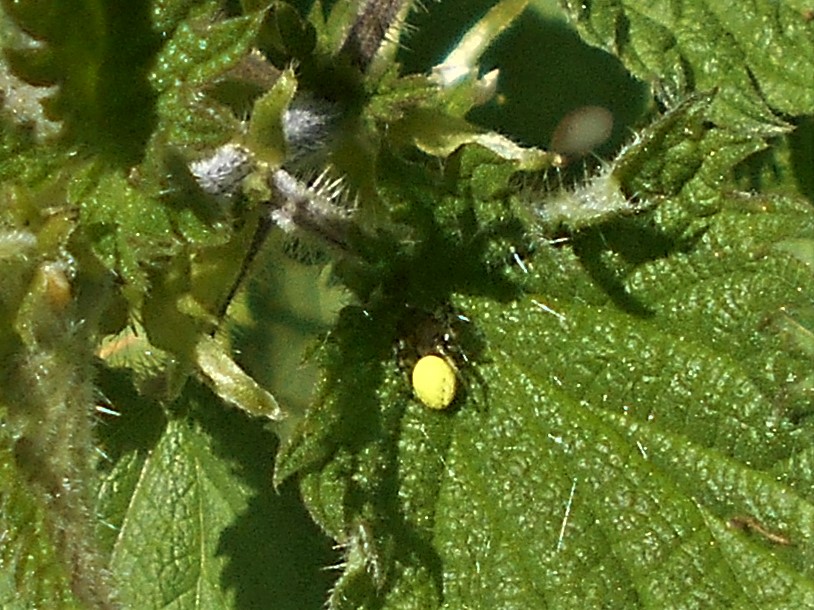
If there was a lack of butterfly species, other insects, spiders and snails made up for it.
A beautiful Cucumber green orb spider looked very content nestling in the stem of a stinging nettle (a new species for us) while it was good to see so many cheerfully bright 7 spot ladybirds, a real sign of summer when they appear in large numbers, settled on nettles, plant and tree leaves all along the path.
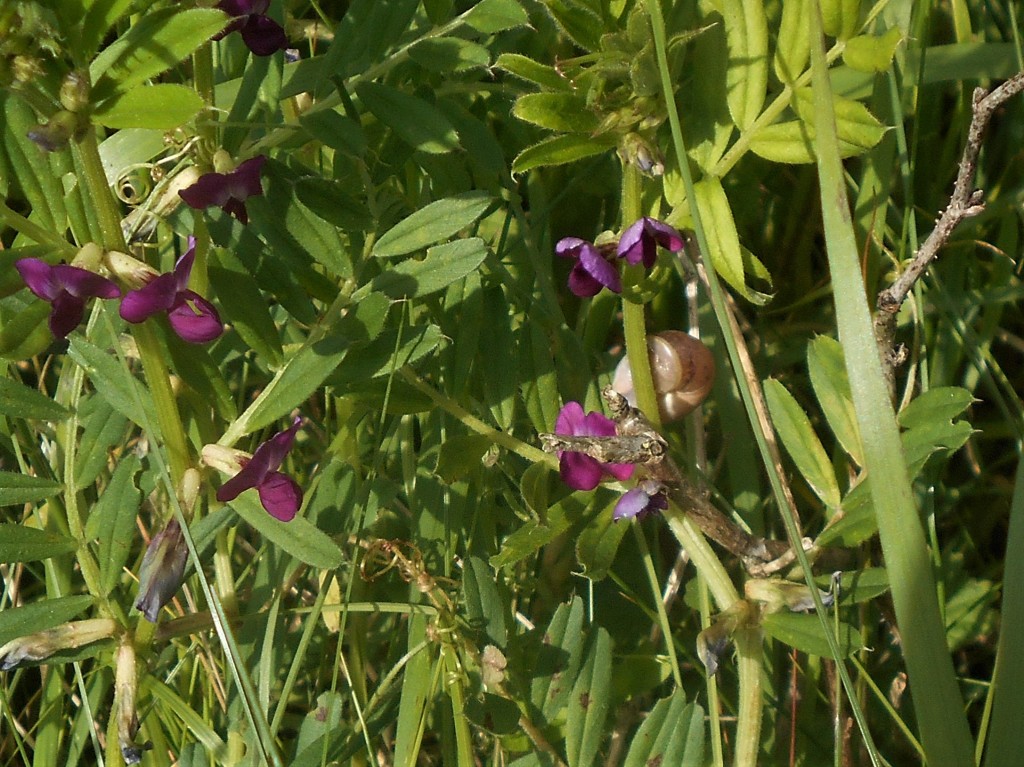
It’s a little difficult to be sure but we think this is a white-lipped snail one of so many clinging to the stems of plants, all different colours, the yellow ones being particularly striking. We also saw several brown garden snails and this rather lovely Short Spire snail below. Our poor photograph really doesn’t do it justice – the contrasting colours of the deep rose pink surround and pale grey spiral is certainly eye catching and lovely to see.
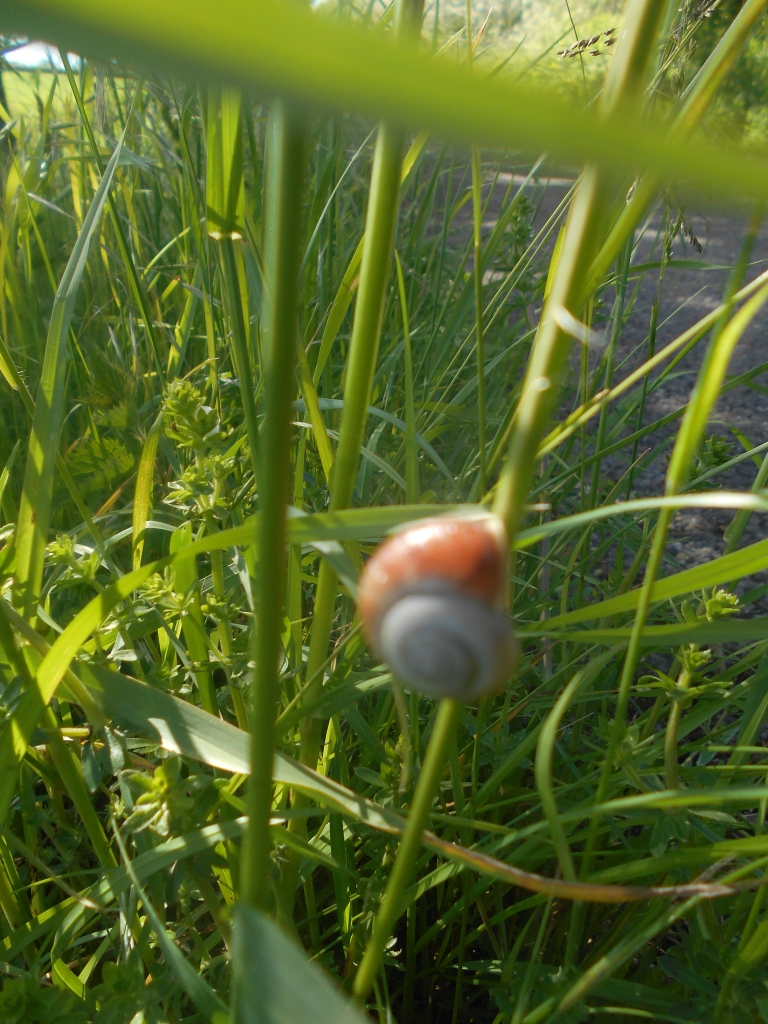
Lots of leaf beetles, a well-named tortoise beetle – (round and domed) with its distinctive red/brown marking down its back – also new to us, a tiny black shiny mustard beetle.
We ambled along to the bench overlooking the half-grown green wheat fields, restful but rather sad with their total absence of any life at all – no birds, or butterflies, no insects or snails, nothing but acre after acre of pristine green plants, so we turned around on the seat and looked at the grasses, trees and hedges, feeling the sun on our backs and watched a Nomad bee whizz past,
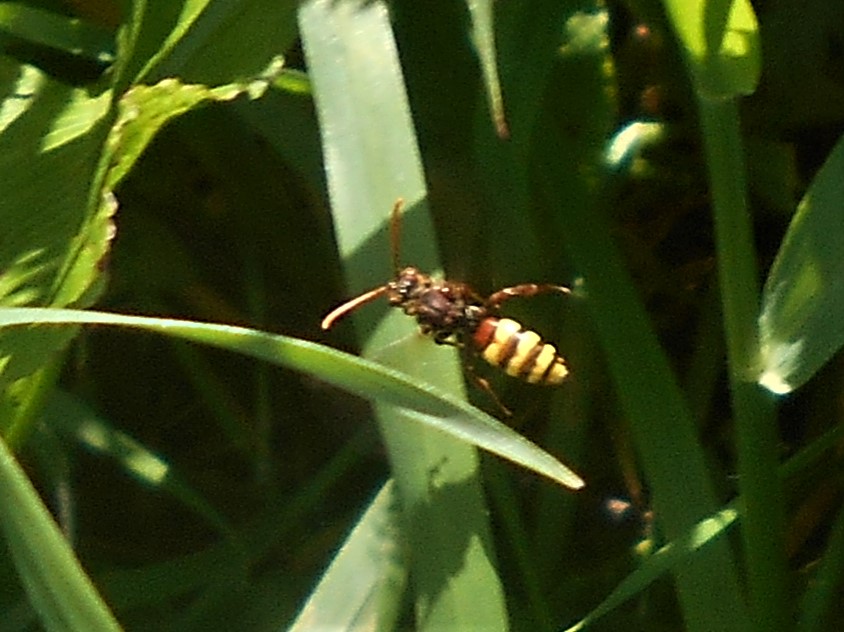
listened to the Pheasants squawking to each other, the Magpies cackle, the Wood Pigeons cooing, the Crows cawing and the continuous chifff chaff, chiff chaff of the Chiff Chaff!!
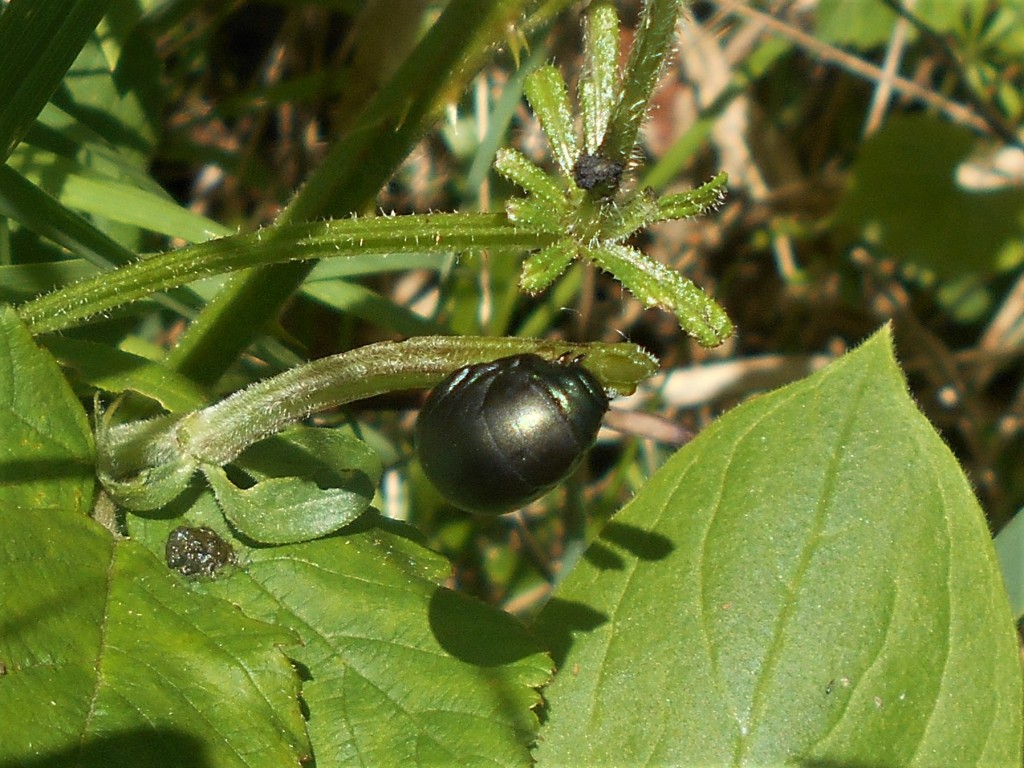
We decided it really was time we bestirred ourselves and moved from the comfort of the oak bench – we were supposed to be taking exercise after all, so we reluctantly got up and began what began to appear to be the long trek home. Checking the undergrowth on the shadier side of the track, we found this creature clinging to a plant stem in the one patch of sunlight. Back at the house it took us hours of flipping through books, examining pages and pages of internet sites until just about to give up we found the identification we had been searching for – it was a Bloody-nosed beetle larva! We have seen these rather striking beetles occasionally over the years but never the larva which surprisingly only feeds on bedstraw (a good deal of both hedge and ladies bedstraw plants litter the sides of the path).
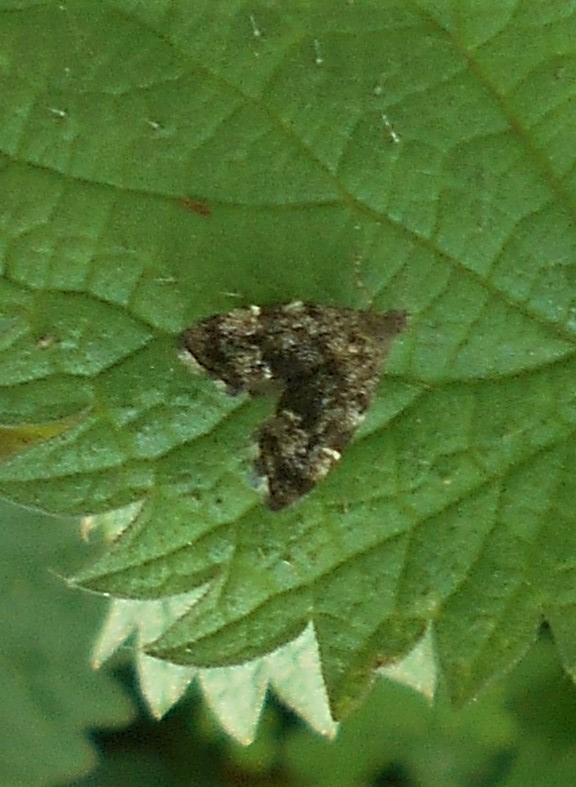
Our last sighting – a Common Nettle-tap moth was rather easier to identify – mainly because it was sunning itself on a leaf in a large nettle bed!
We were nearing the end of the path, and my husband walked on while I checked yet another plant where the first swollen thighed beetle we had seen this year was making his unsteady way across a leaf when a couple, Amanda and Stephen, who had cycled over from Midsummer Norton, stopped to ask if I could help them with an identification of a plant they had seen. Unfortunately, my husband is the plant and bird man, so although I had an idea which they meant, I couldn’t remember the name – crosswort – so will never know if that was it. We chatted about the number of flowers in bloom and how Amanda loved the cow parsley – it is certainly lovely but why are they so totally bereft of insects when the hogweed which is due to flower in a couple of weeks is usually swamped with beetles, hoverflies, wasps, bees and even ants!
They had enjoyed the most wonderful ride and spotted a couple of Orange Tip butterflies as well as a Common Blue at the other end of the path. They talked about how much they loved cycling along Colliers Way and how beautiful the trees, grassy verges and flowers were alongside the track. This is what May should be – warm and sunny, blue skies and blossom, flower filled grassland and blue, blue skies!
11th May 2021
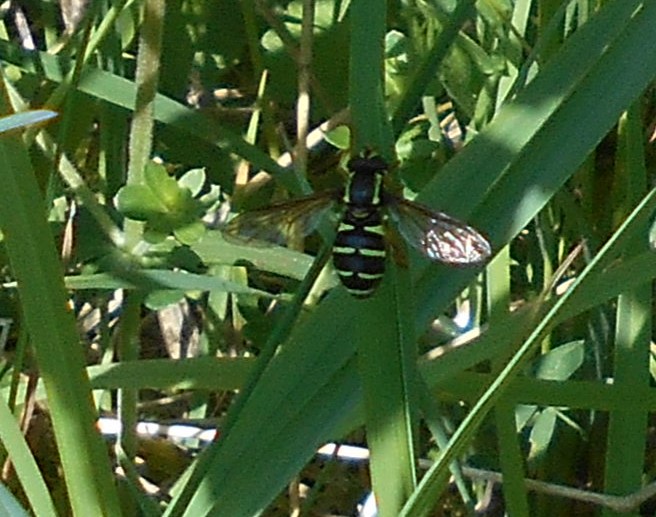
This rather striking hoverfly (sometimes known as Barred Ant-hill hoverfly) has been correctly identified by Roger Morris at iRecord as Xanthogramma citrofasciatum. This is yet another piece which has slotted nicely into our jigsaw of the old south-facing railway embankment as showing all the signs of a small pocket of chalk downland. A thriving common lizard colony together with a number of yellow meadow ant-hill nests, narrow-bordered five-spot burnet moths as well as a good annual crop of yellow rattle, knapweed, scarbious, wild thyme, birds foot trefoil and many more plants which we associate with the nearby Cley Hill have long led us to this possibility, and this hoverfly which is widely seen as preferring downland is another sign.
However, we haven’t got completely carried away – if one swallow doesn’t make a summer, all of these signs, lovely though they are, don’t include any of the orchids or butterflies which are most typical of classic chalk downland, but nevertheless this identification adds considerable interest as another indication of the great degree of biodiversity that this stretch of cycle path provides.
29th April 2021 / Temp: 10.5 C / 3.00 – 5.00pm
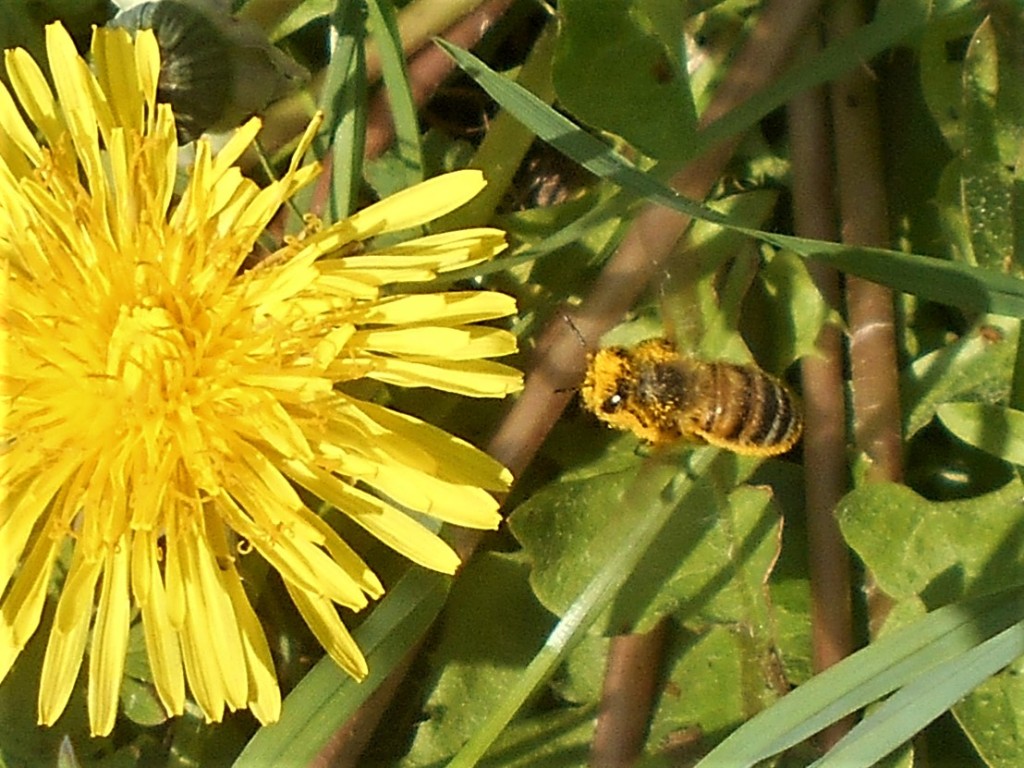
Suprisingly warm sunshine so despite the chill wind our slow walk along Colliers Way was extremely enjoyable. Lots of wild flowers beginning to appear, dominated by the cowslips lining both sides of the path, red campion, birds eye speedwell, ground ivy, a few lingering violets and of course dandelions making splashes of sunshine on the ground as well as in the heavens.
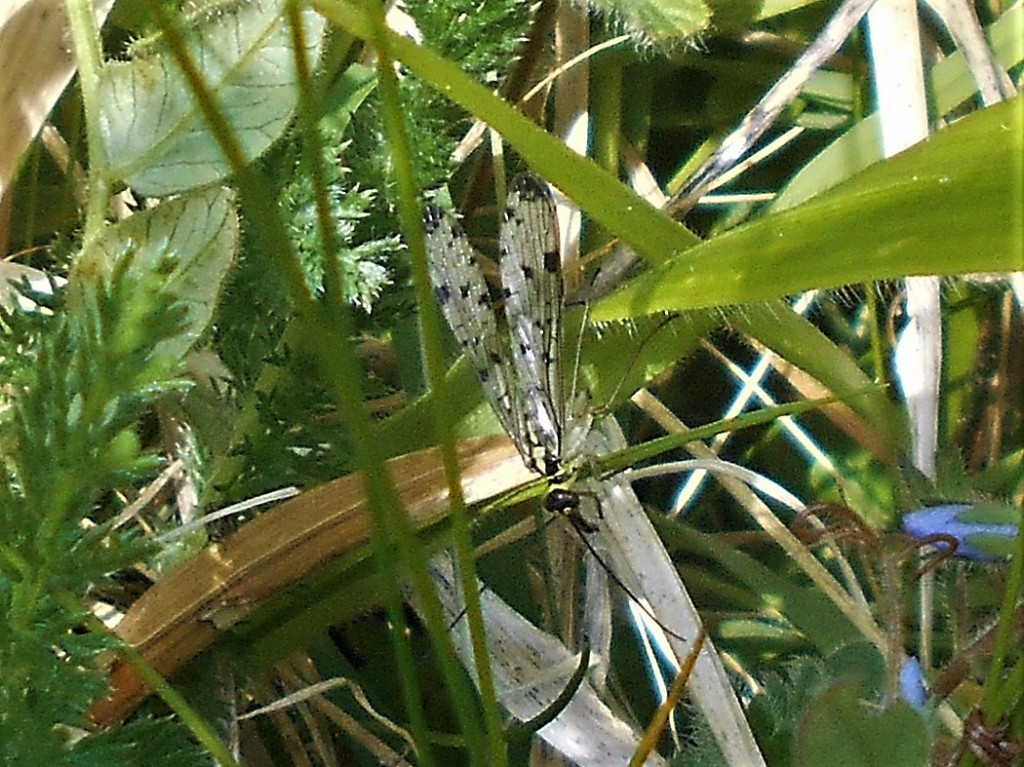
So many insects also making their appearance, as well as pollen coated bees we spotted this fragile looking Scorpion fly with its delicate transparent and spotted wings and extraordinarily long antennae fluttering amongst the talls grasses of the embankment. Such a pretty harmless looking insect until we catch sight of its prominent snout and remember its scorpion tail well hidden today and begin to wonder! In fact it is perfectly harmless and feeds mostly on dead carrion.
It was while searching for signs of lizards all along the embankment that we spotted the scorpion fly but despite careful examination of every yellow meadow anthill, we didn’t spot one. But we did begin chatting to a lovely couple who have taken to regularly walking the path since the first lock-down. Nick and Lynne are from Midsummer Norton where they have also taken to walking the disused railway track close by and lock-down has led them to find lots of new walks from their own front door and they certainly have good sharp eyes – they had already spotted dozens of House Martins, Long-tailed Tits, Warblers, Goldfinches and Red Kites as well as roe deer and rabbits! We were so pleased to hear about so many House Martins as we don’t often see them. We all agreed that the long winter lock-down coupled with dire weather while in our case my husband endured a severe arthritis flare-up followed by my debilitating bout of bronchitis, had left us all under par so that the sunny weather and exchange of wildlife sightings gave our spirits a tremendously welcome lift.
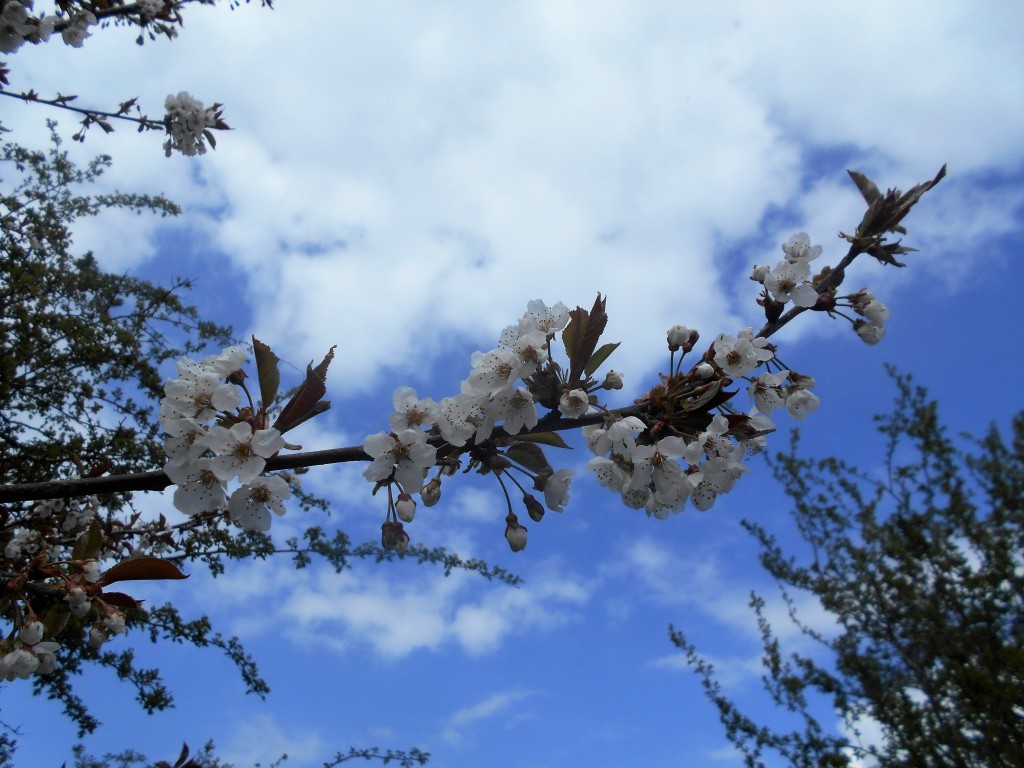
There are lots of wild cherry trees scattered along the whole length of the hedgerow, all in full blossom at the moment, most of the apple trees are in tight pink bud about to burst forth and the hawthorn in even tighter bud but a week of sun should tempt them both to open. And it was so wonderful to hear so much birdsong – Blackbirds, Chiff Chaffs, Willow Warblers, Robins, Wrens and Blackcaps and even our beloved Raven’s croaks.
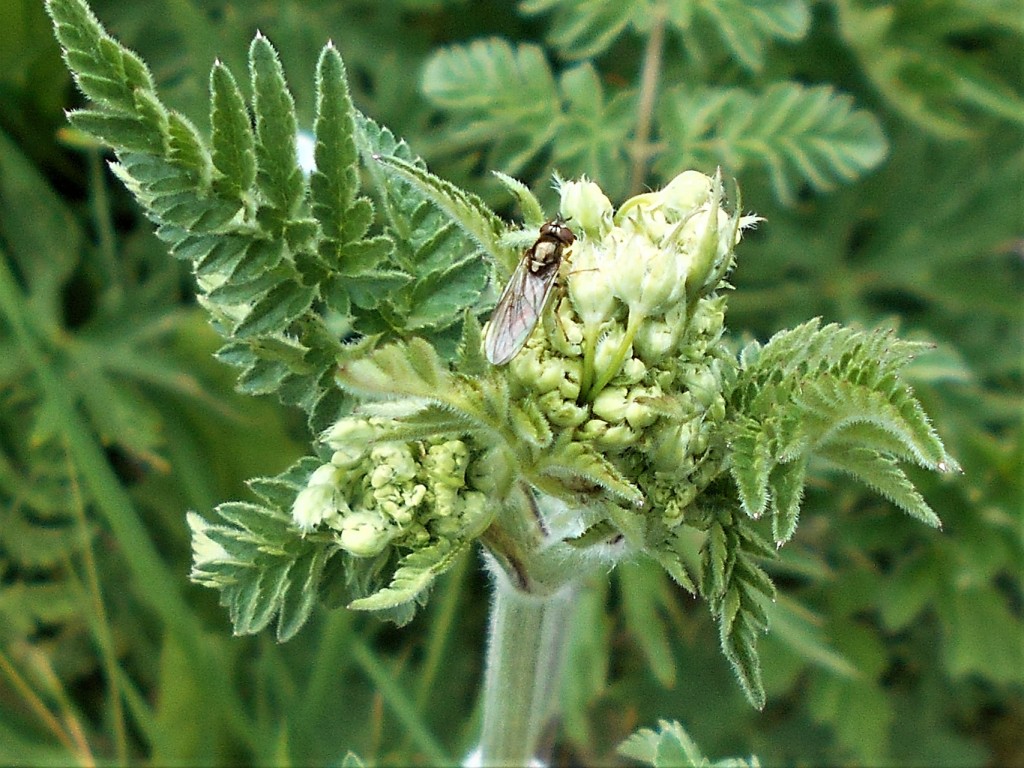
Although the cow parsleys were in full flower, we never find them a good plant for insect spotting whereas single hogweed, although nowhere near flowering, had already attracted a hoverfly (possibly a male Cheilosia pagana) crawling all over its bud and on a leaf lower down what we think was a celery leaf beetle, it’s back glowing burnished bronze in the sun.
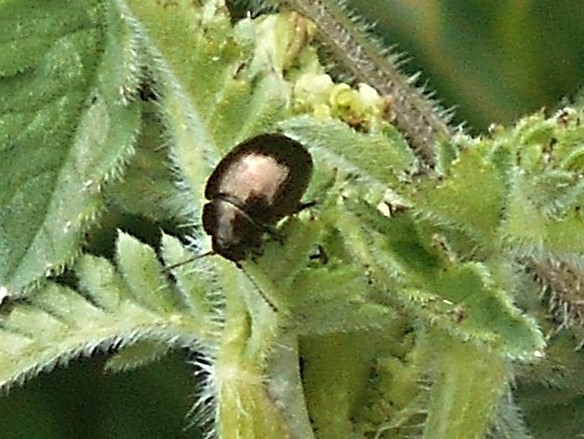
We were beginning to tire so made our way slowly back along the path, heading for the picnic bench for a rest in the sun and a look at the view, where we were lucky to meet a delightful young couple, Alice and Jake from Radstock, who said that they used to cycle this path but decided that they didn’t get to see anything and so began to walk. They were so friendly and chatty to two old codgers and it gave us such pleasure to hear about their busy lives – dashing off to Sweden or Pembrokeshire to visit family, having to twice pospone their wedding which had been planned in a beautiful country hotel, so lively and full of energy so it was a shock to hear that Alice had spent most of lock-down shielding as she was clinically extremely vunerable. She had been ill and then diagnosed with type one diabetis, a tremendous shock and although she was full of praise for the care she had received and very brave, she was extremely unwell and the diagnosis had had a profound effect on her and the couple’s lifestyle.
We began to swap wildlife sightings and were astonished that they had seen a wild boar on the path! Jake said that they were flabbergasted to see it only about five minutes walk or so from the Radstock end of the path and couldn’t believe their eyes. He also said that he was astonished to see how fast the boar moved as it dashed off and was soon lost to sight. We didn’t think to ask whether the Radstock end of the path was very wooded but he did say that he had heard that boar had been introduced in the area so that is probably the explanation. Otter and Beaver in the nearby Somerset River Frome, a Sea Eagle spending time hunting around the Longleat area, and now wild boar on Colliers Way – if this continues soon the whole of Somerset will be turned into a safari park!!
18th February 2021 / Temp: 9 C / 2.45pm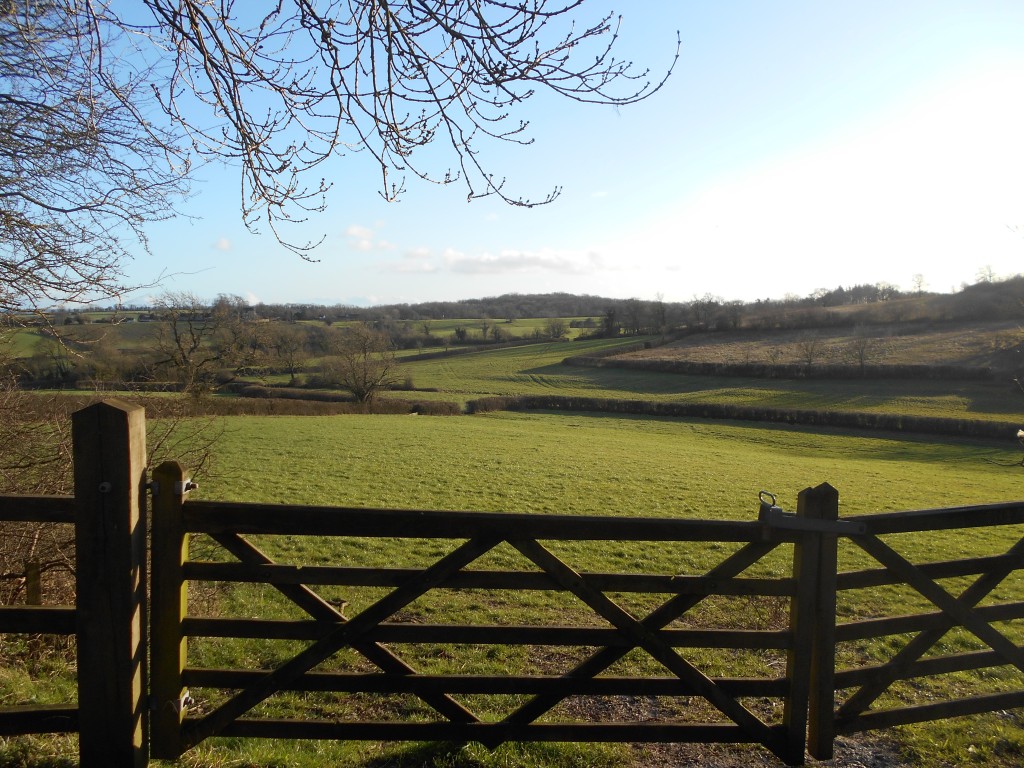
Blue skies with sailing white clouds, chill wind and… beautiful, glorious, heavenly sunshine!!! Thank goodness, at last after hail storms, snow storms, gale force winds and relentless, never-ending seeming rain storms, the grey, drear weather has cleared the sun has come out and everyone in the entire district with their children, dogs, bicycles, and walking sticks have decided to promenade or pedal madly along the cycle path to enjoy the longed for sun.
The weeks of freezing weather seemed to have stilled the growth of plants and leaves for as we walk along it had the feeling of groundhog day – nothing has moved in the intervening weeks since our last visit. There were a few primroses in flower, the lords & ladies were showing green, there were still no sign of violets along the embankment or in the sheltered spots under the trees whereas in previous years they would have been flowering for weeks.
But not all was not lost, a good many Robins, in their well spaced out and carefully chosen perches, shouted abuse at all and sundry, announcing their ownership of their small patch, and warning every passing Robin that this space is taken. Long tailed Tits were everywhere, parties of them dashing about, backwards and forwards across the path for no known reason, Dunnocks and Blackbirds busy on the ground and in the trees, a Song Thrush singing beautifully from a hidden place in a hedge whilst Wood Pigeons and Crows made their regular fly-pasts overhead and Pheasants strutted and called from across the recently ploughed field.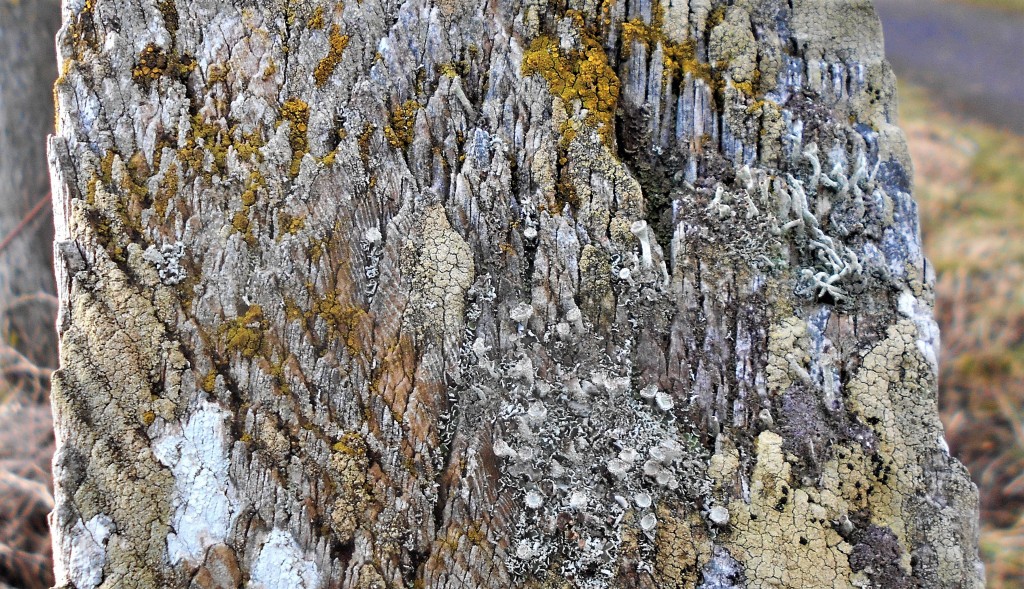
Wooden fence posts are a never ending source of interest and intrigue, standing in lines supporting wires, forming a boundary of fields, pasture or arable crops they can be a suitable surface for thick dense moss, a resting place for a dozen or more face flies, a place for noon flies to bask in the sun or, as in this case, home for a collection of lichen.
Common Powderhorn (Cladonia cornicraea), Pixie Cup lichen, Mustard powder or gold dust lichen (Chrysothrix candelaris), Whitewash lichen (Phlyctis agena) and what looks very much like Amandinea punctate a greyish-yellow crust lichen with black blobs and what appears to be species of squamulouse and leprose lichen which I can’t begin to identify, all finding a home on the slanting top of a fence post, the whole area of which is no more than a small handspan! “To see the World in a grain of sand” or in this case to see a garden on a common fence post – why not if it is there?
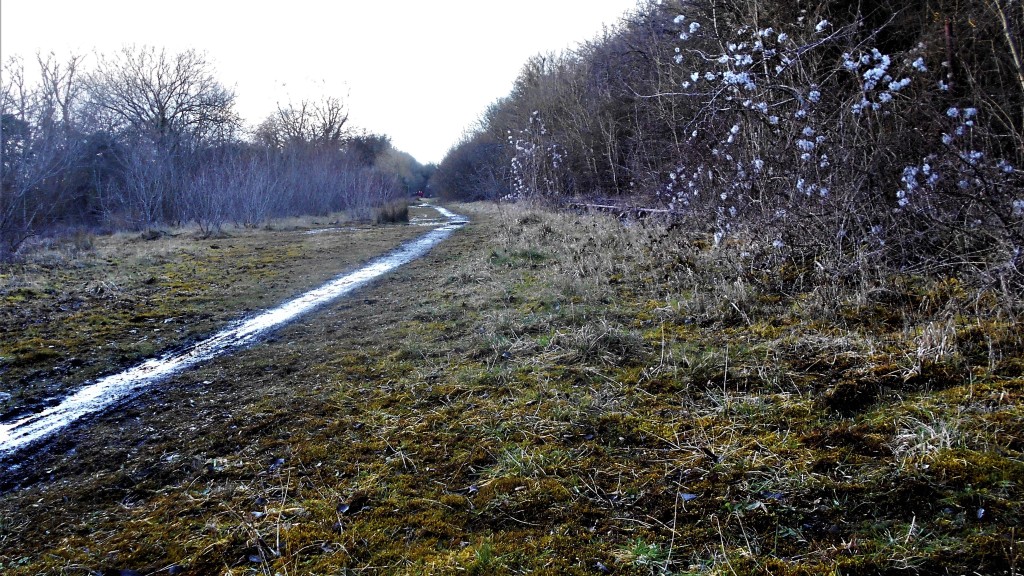
The sun went in, the shadows lengthened, but there was enough light in the sky to turn the waterlogged path into a river of silver, it is still late winter after all, emphasised by the creeping chill becoming a little too cold to linger. Sill time to spot a pair of Buzzards float over the nearby stand of trees, setting up the loudly complaining Jackdaws and Wood Pigeons, while silently hunting for a tasty high tea.
2nd February 2021 / Temp: 10 – 10.5 C / 10.50 am 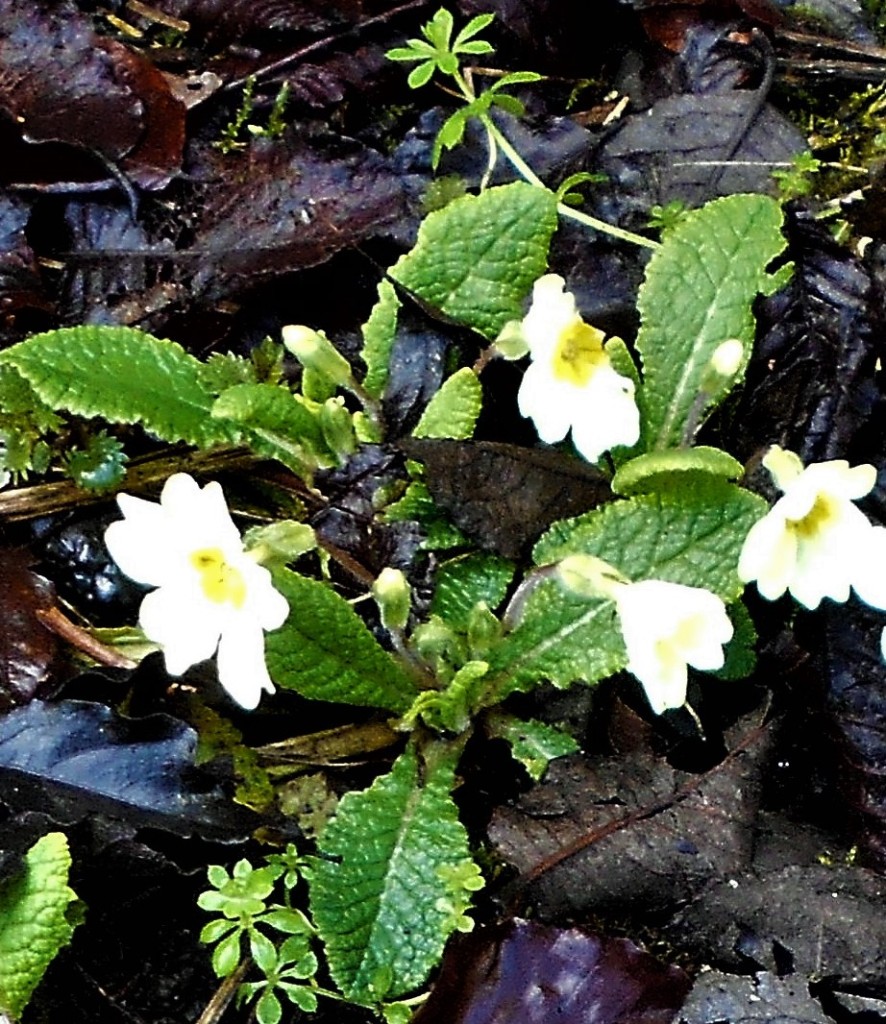
Mostly cloudy but with the occasional break of a burst of wintery sunshine, a cool breeze but not too cold and it wasn’t raining! Probably one of the dry rare few hours in an otherwise settled period of continuous wet days so it was good to get out for a quick walk between showers.
It is such a joy on these dull drab days of mid to late winter to catch sight of a single primrose plant in flower, which despite it’s wet and slightly bedraggled appearance, reminds us that spring is not that far away. We also spotted one solitary yellow crocus plant in flower and a small clump of late flowering snowdrops still looking fresh and cheerful. Lots of hazel catkins some as long as three inches and covered with pollen, some barely an inch and tight winter packed and everywhere we looked the bright green leaves of the lords and ladies were unfurling and standing proud.

We were pleased to see a partiucarly lovely example of jelly ear fungus on a branch where we first saw it and which we haven’t seen for a few years, growing among the branches of one of the several crab apple trees. The ground is carpeted with fallen fruit the scent of which we can smell long before we reach the trees. Rather taken to discover a couple of new badger setts hidden amongst the ivy underneath the trees. We were surprised to see them so very close to the cycle path but they were well secluded and no doubt they enjoyed having a larder at the mouth of their sett.
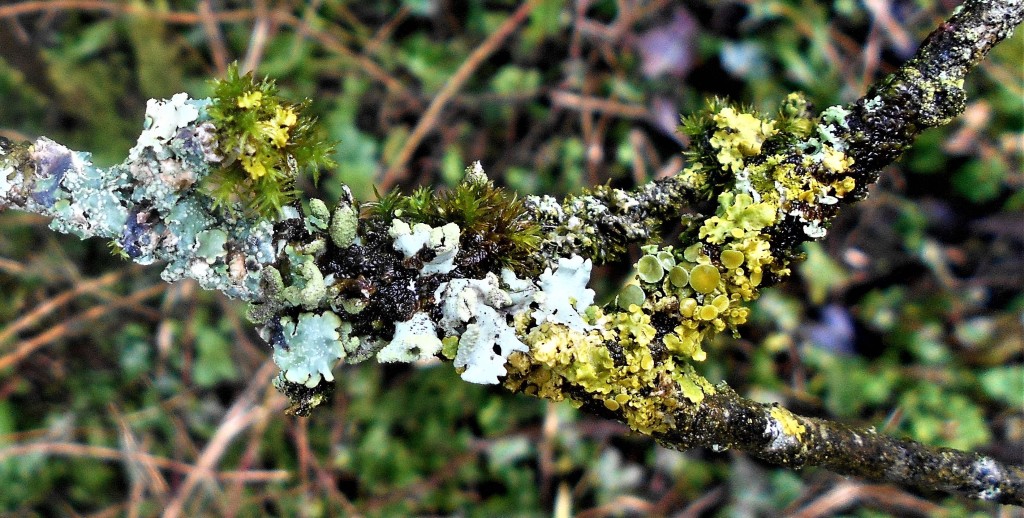
When the days are dull and the wildlife scarce, lichens and mosses come into their own – the green moss seems to glow on the branches and on the ground, a welcome change from the overall brown branches, brown bare ploughed earth and brown dead plants! The very common orange lichen, Xanthoria parietina, in particular is such a splash of bright yellow, in some cases coating the entire tree as if it has been painted on.
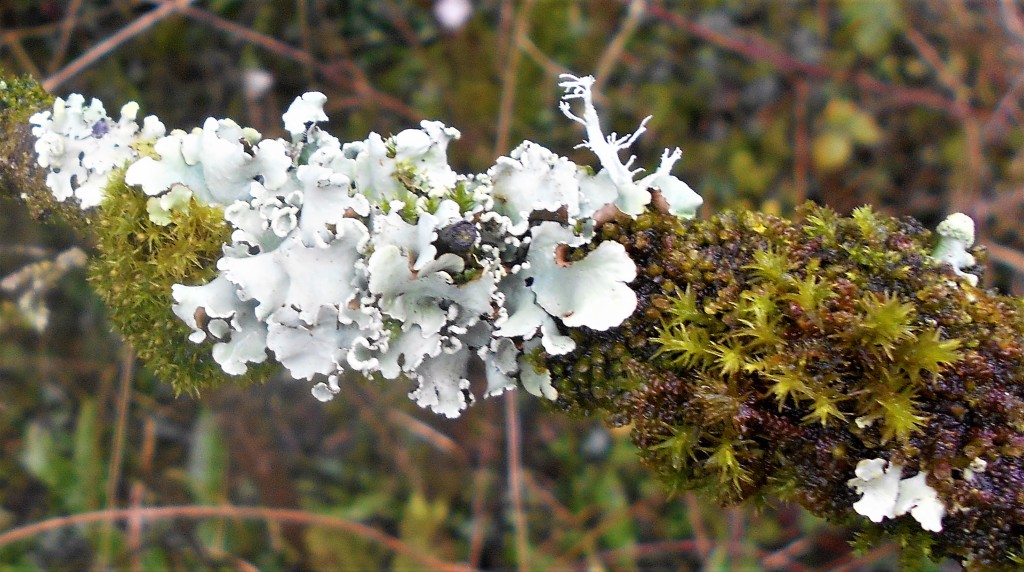
And the Hypotrachyna revoluta is always very attractive with its crumpled waxy pale green leaves uncurling at the edges to reveal the delicate tan underleaf.
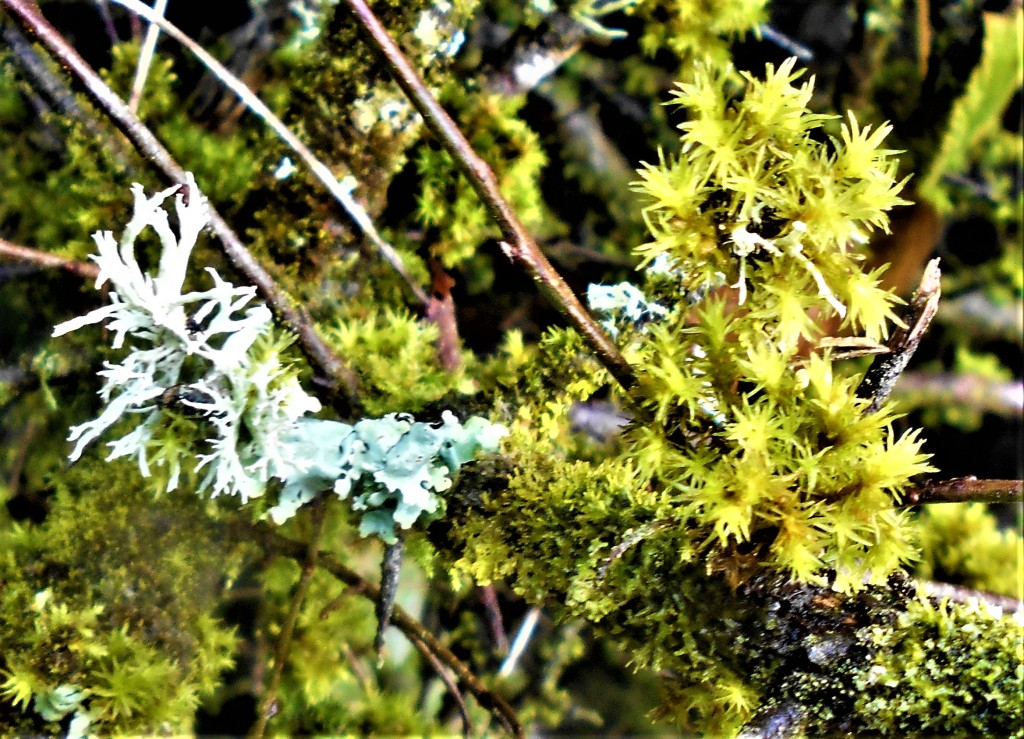
Ramalina farinacea, the cartilege lichen, is always a welcome sight, particularly if it is mixed with other lichens or as is the case here, fighting for attention with the more vivid wood bristle-moss.
The number of birds is increasing, Robins being the most vociferous, shouting out their challenge to all comers while the Blackbirds were satisfied just to cackle their alarm call. Parties of tits flitted among the branches of the trees, Chaffinches and Dunnocks, Crows and Jackdaws, Ravens and of course Wood Pigeons and Pheasants were spotted everywhere. But the most striking sight was the number of Buzzards – 8 in all, in three different areas, circling above the path, four in a bunch, very noisily calling, probably two pairs, one protesting and trying to drive the other pair away. We have never seen so many Buzzards at one time along the path.
25th January 2021 / Temp: 2 C / 10.45 am
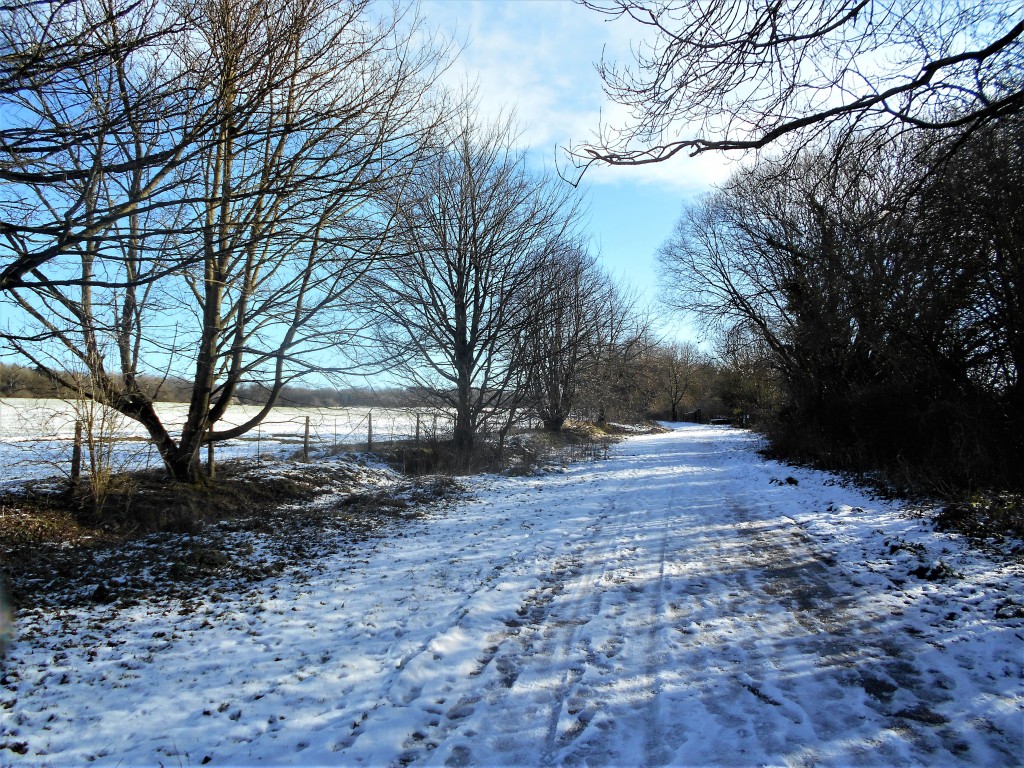
We awoke on Sunday morning to an overnight covering of roofs and trees, paths and cars with a good fall of 4 inches of soft, pure white snow. Within a couple of hours it began to melt and two mornings later as we set off down the path the remains of the snow storm had disappeared completely from the trees and it only lingered along scarcely trodden paths and fields.
It was cold and crisp, the skies were blue, the sun was full and surprisingly warm and the air sparkling and fresh – just about the most perfect conditions for a brisk winter walk along paths were there was enough snow to follow the tracks of animals and birds.

There seemed to be rabbit tracks everywhere – criss-crossing the path, disappearing into the undergrowth, through the trees and down banks and hopping beside us, invisible save for their paws in the snow. We were extremely surprised that there appeared to be so many; we very rarely see them, in fact we see more hares than rabbits, and it is a few years since we saw a large number of several families feeding on the grass margins alongside the corn field although we do see lots of droppings. Perhaps these paw prints are rabbits using the path to move between burrows and the reason we don’t see them is because their burrows are well away from the path, somewhere where they are undisturbed by passing walkers an cyclists.
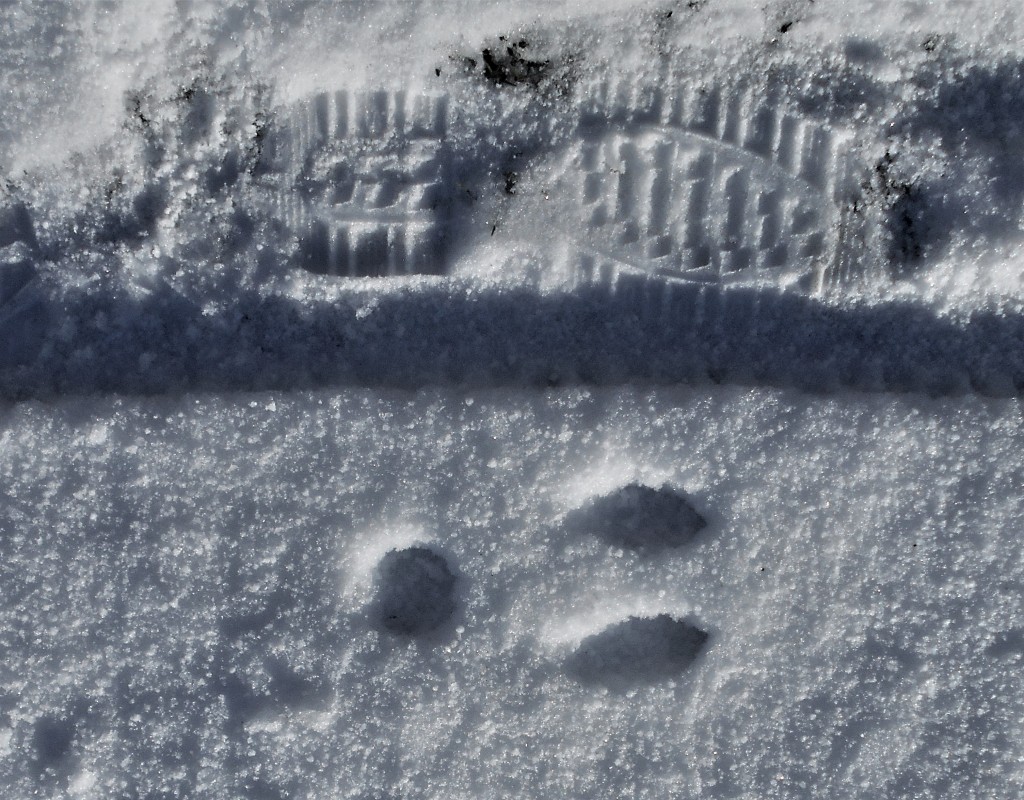
Crunch, crunch, crackle, crackle, crackle, crump, crump, crump. How are we supposed to be able to creep up on some unsuspecting birds if our every step on the ice covered snow sends alarm bells sounding loud and clear in the still air? Impossible, they all spotted us a mile off and took flight with loud alarm calls of their own, alerting their family parties to take care, whilst disappearing into the trees where they were soon lost to sight.
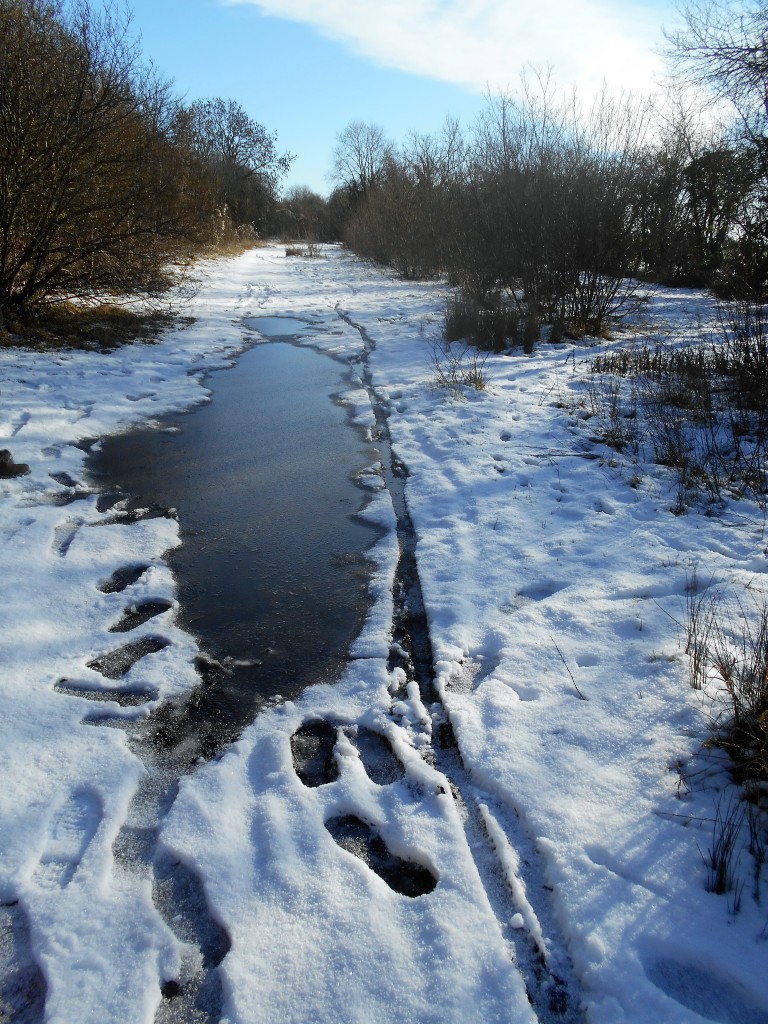
We did manage to spot a family party of House Sparrows pecking around in companionable cluster on the ground, joined by a couple of Robins, and even a beautiful male Bullfinch in his rose pink breast feathers. There appeared to be plenty of Blackbirds, a few Chaffinches and Blue Tits, the usual noisy Crows and Wood Pigeons, we heard and saw a Raven and a Buzzard circling and of course the ubiquitous Pheasant the only bird tracks we could hazard a guess at.
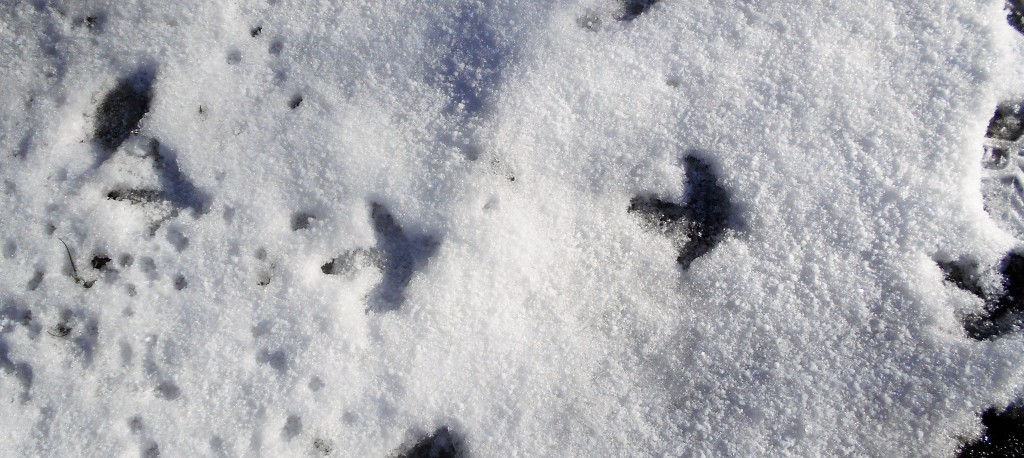
Despite the dearth of wildlife it was intoxicating walking along, unimpeded by whizzing cyclists which often come up behind us far too quickly without letting us know they are there, or lycra clad, heads down, tearing past, far too close, forcing us off the path but so hazardous was the icy snow that we had the paths to ourselves to be able to drink in the sunlight sparkling and glittering and glinting on the snow, turning each single tiny frozen flake into a flashing diamond, first blue then gold. So wonderfully quiet but exhilerating, far away from fears of pandemic, scary viruses and all the frustrations of lock-down, just an hour out of time to feel the hot sun on our backs and the snow beneath our feet and the feeling that all was perfect in this perfect of all possible worlds.
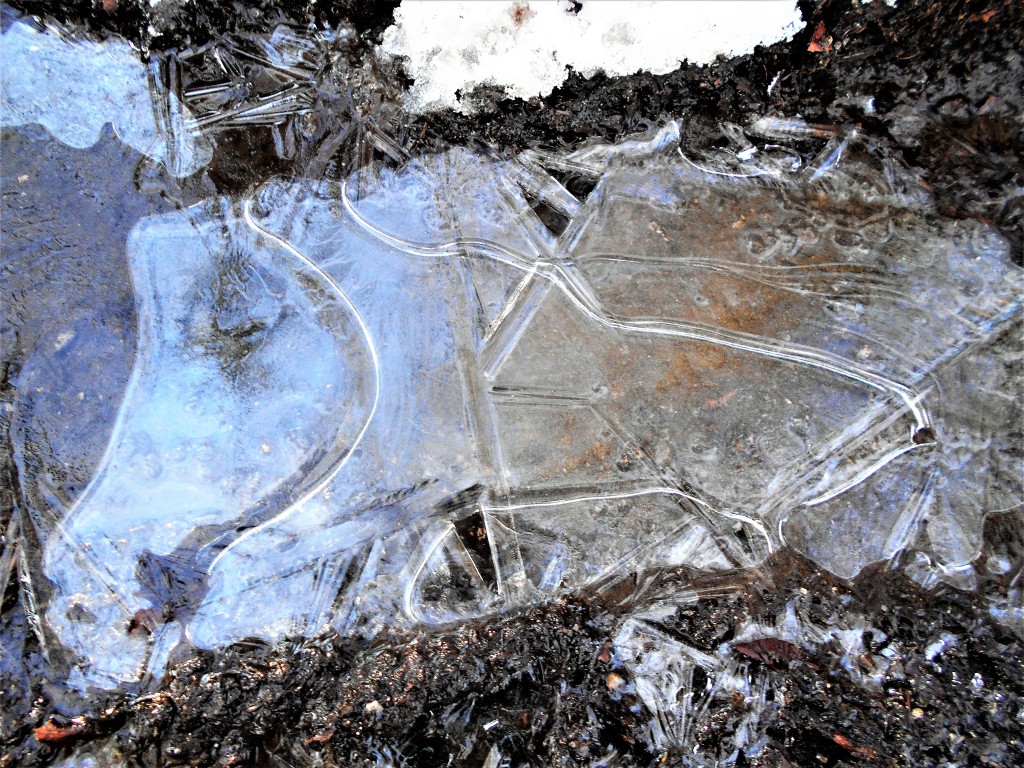
January 2021
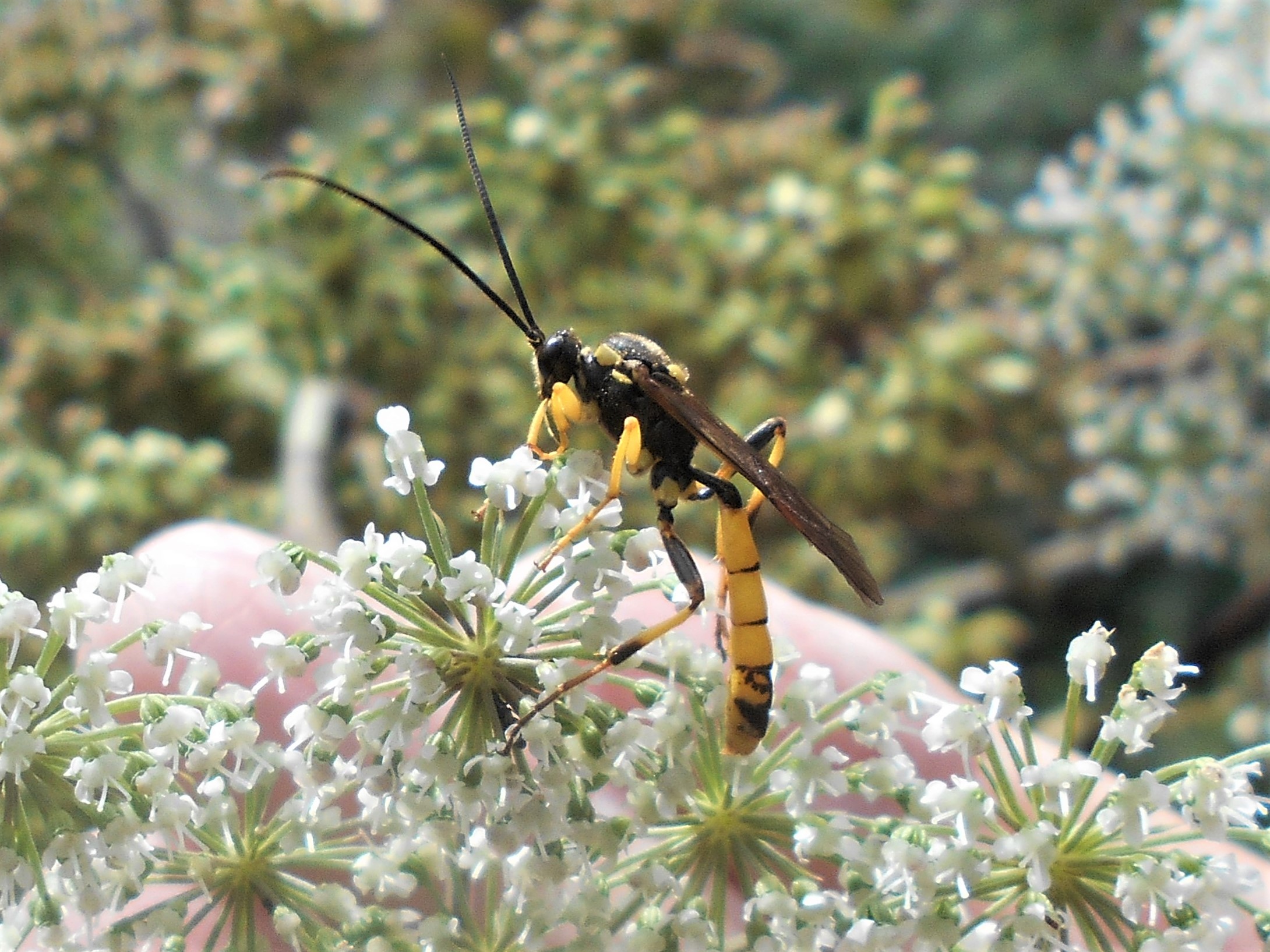
Happy New Year!! Celebrating the end of the plague year 2020 and tentatively celebrating welcoming 2021 which with news of a vaccine against Covid 19 might be, we hope, a better year.
Finishing the year sharing angiogram, arthritis flare up and broken bones between us made it impossible to walk our path so we have been looking back over the year. We were surprised to note that we managed to identify 46 new species to add to our growing list so there were high spots and delights as well as health scares, the lock-down fear and anxiety – it wasn’t all gloom and doom. Favourite new species included the beautiful yellow & black ichneumon wasp Amblyteles armetorius, a delicate Muslin Moth, some purple jelly disc fungus, script lichen which we had long hoped to find and the Wild Service tree, which we had never noticed until spotting its vibrantly coloured autumn leaves glowing in the sunlight.
We look forward to vaccination, spring warmth, the returning butterflies and wild flowers with a great deal more hope for 2021.
17th December 2020
Confined to the house with a broken toe for the past fortnight, it’s good to be reminded of happier times on this day a year or two ago from John Hansford:
“A quick visit this afternoon produced a distant Moorhen, only my second Moorhen sighting on the Down so I was particularly delighted.
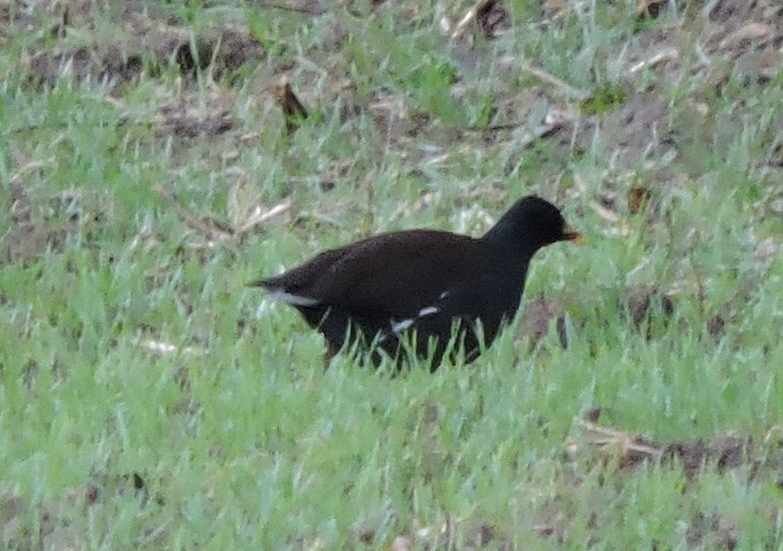 Moorhen – John Hansford
Moorhen – John Hansford
I counted 51 Blackbirds with several small groups including one of 11 Blackbirds together, 35+ Redwings – good evidence of weather driven Bird movement. 22+ Bullfinches including a Group of 12 feeding on the ground out in the open, a Brambling with a few Chaffinches. Other Birds seen included 3 Song Thrushes, Fieldfare, Great Spotted Woodpecker, Wren, Long-Tailed Tit, Great Tit, Blue Tit, Buzzard, Yellowhammer, Linnet, Woodpigeon, Raven, Carrion Crow, Goldfinch, Dunnock, Robin and Pheasant. Disappointingly no Redpolls today.”
We hope that this was an equally bumper December.
26th November 2020 / Temp : 6 C / 2.10pm – 3.45pm
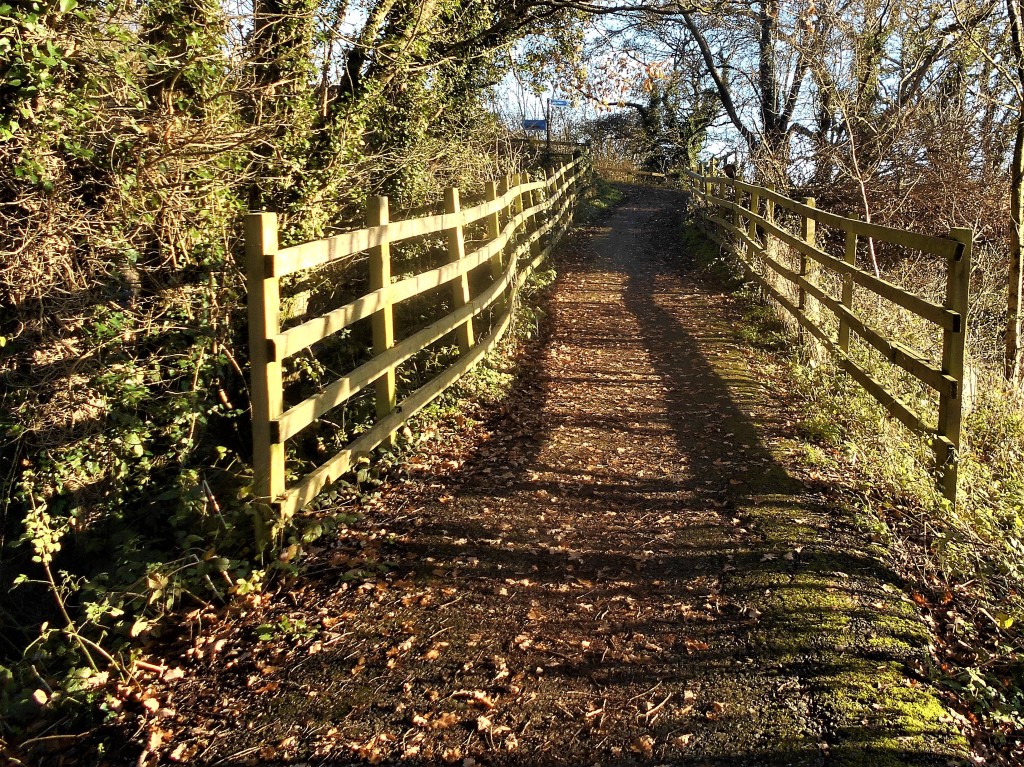
Overnight heavy frost and fog had been burned off to leave an afternoon of glorious bright sunshine which warmed the crisp, clear, chill air of early winter and made us feel energised and alive. After a period of ill-health which has kept us confined to the house for nearly ten days, the bright sunshine together with feeling the warm sun on our backs made for a welcome celebration of being out and about again. This feeling wasclearly shared with others as there were more walkers along the path than we have seen at this time of the year for some years.
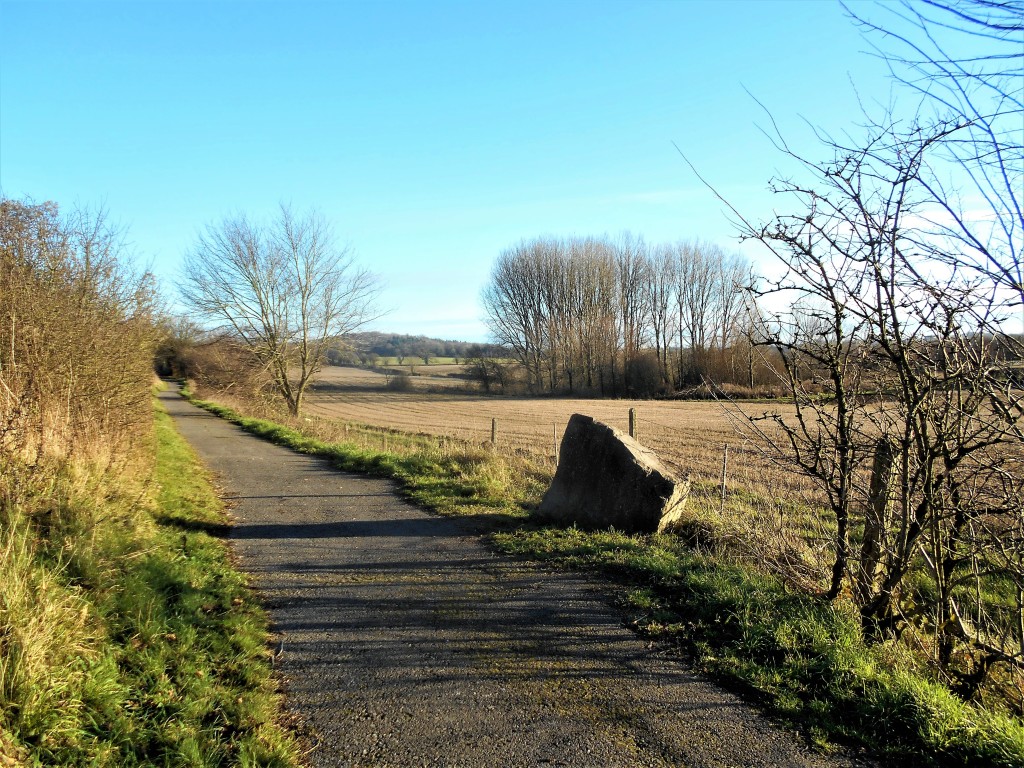
A couple of mothers with two very young children, around the age of three or four, were making their slow progress along the way, chatting while the little ones ran on. We stopped while trying to spot an elusive bird whose chirps and whistles we didn’t recognise, when we could hear the little boy shouting at the top of his voice. He want on and on – loud and free, shouting at the world! When we eventually caught up, he was still shouting and the mother apologised. How worried we always are when as young mothers our children express the joy we are all feeling in what may seem an inappropriate way, when actually we would all like to stand and shout our defiance at pandemics, at being tied our homes, unable to visit our friends and famly, share hugs and meals and our small triumphs and moments of pleasure – in fact join in with the little boy in standing on an embankment in the bright winter sunshine and just bellow!!
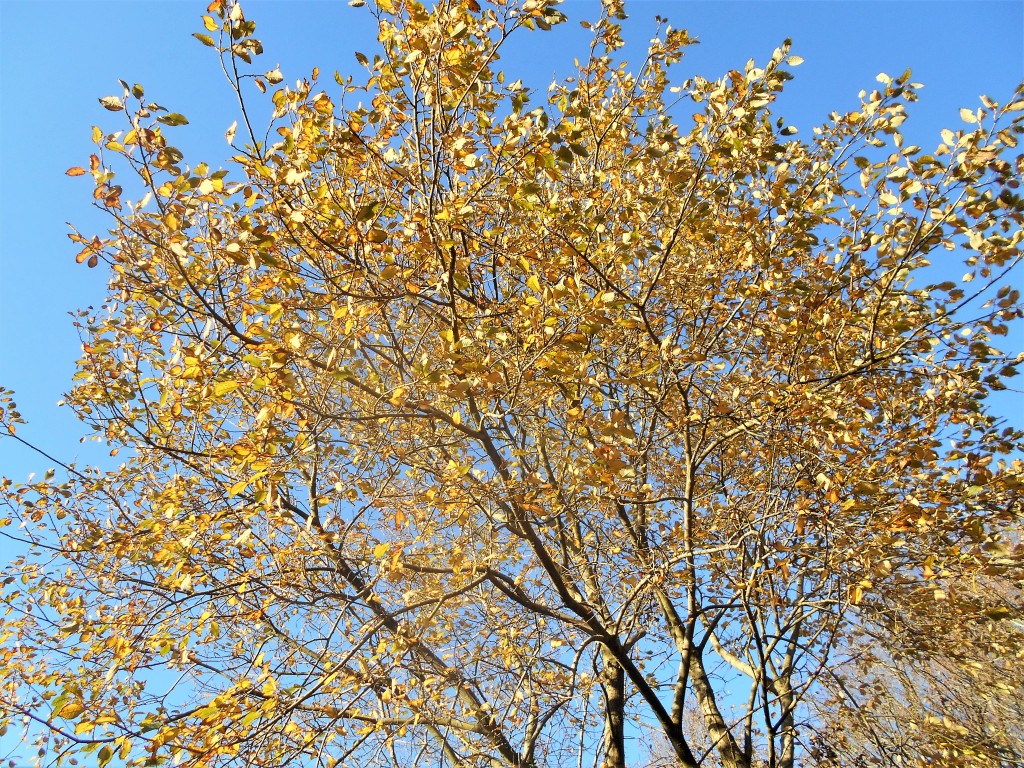
Although most of the trees had already lost their leaves, there was the occasional outlier, whose golden leaves burnished by the sun delighted the eye. And what is so lovely at this time of the year is to catch sight of the willows already sprouting the well-formed buds of next year’s leaves, reminding us that winters (and hopefully pandemics) don’t last forever.
Maybe because of the number of people passing too and fro along the path both walking and cycling there were few birds about – lots of imported Pheasants everywhere of course, bred for the local shoot, Wood Pigeons, Jackdaws and Crows, but also a few Robins and Blackbirds, a Magpie and the welcome sight of a Buzzard wheeling overhead. Not many birds but clouds and clouds of winter gnats clustering in the centre of the path, all around our heads as we walked through them. None of the other walkers we chatted to had seen anything of note, although one had seen a Pied Wagtail. Most mentioned the increase in the numbers of Red Kites in the area, one having seen 7 or 8 together over the fields, and how disappointed they were at not having seen any deer.
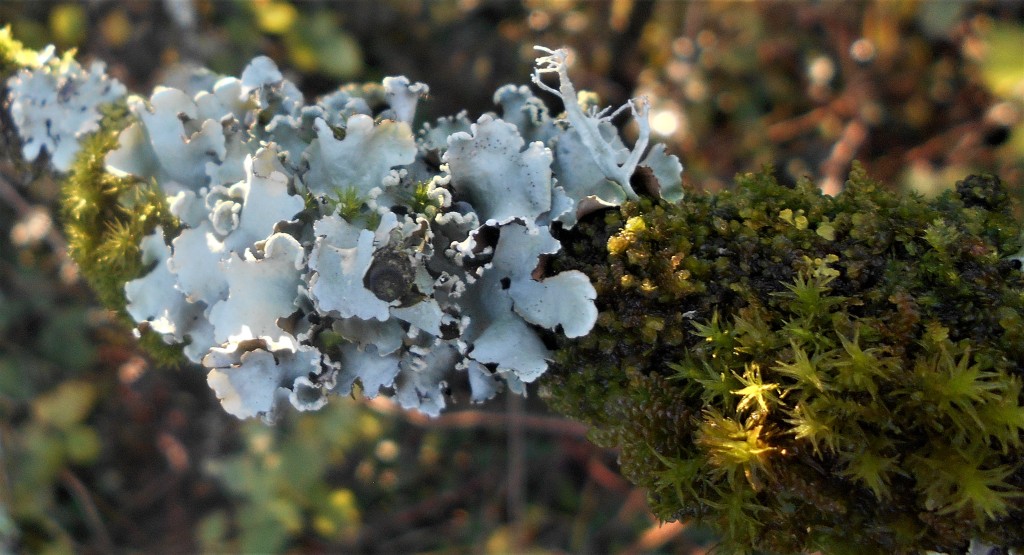
Lots of the trees are coated with mosses and lichen, far more noticeable in winter, climbing their trunks, clinging to their branches and smothering the smallest twigs, the same species repeated again and again but so perfect in their shapes and colours, as beautiful as the loveliest flower.
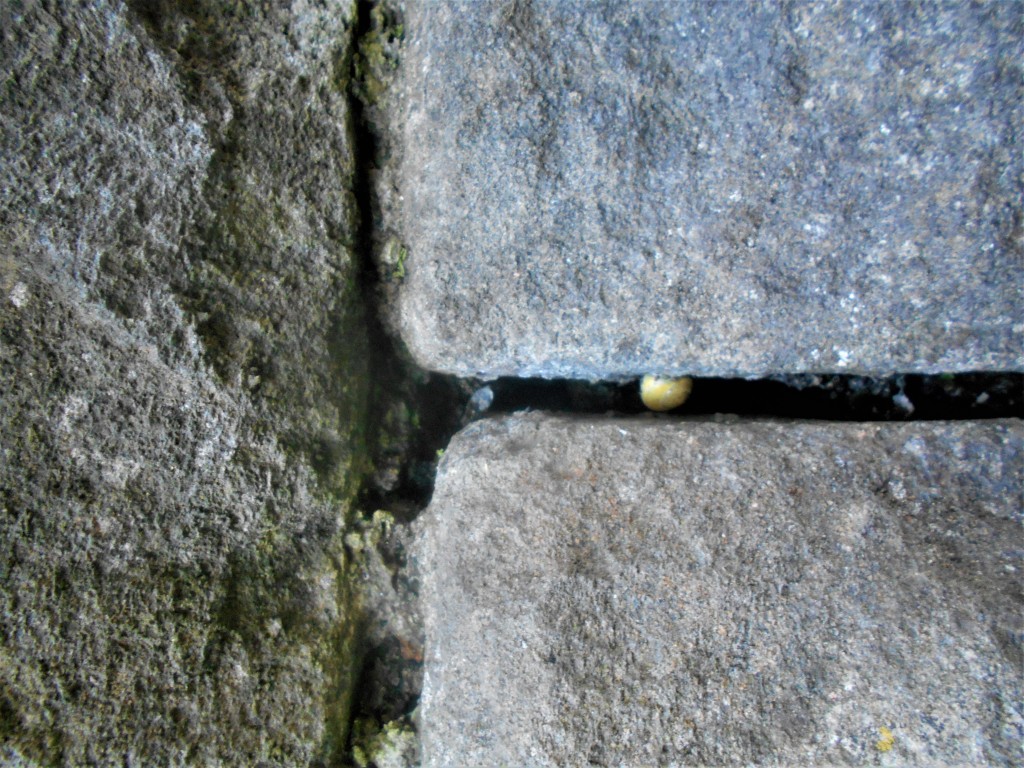
One yellow banded snail and a single woodlouse were the only signs of life under the bridge – although there was a severe frost last night, it has been an unusually mild autumn so the usual cracks and crevices do not yet have their lines of hibernating snails.
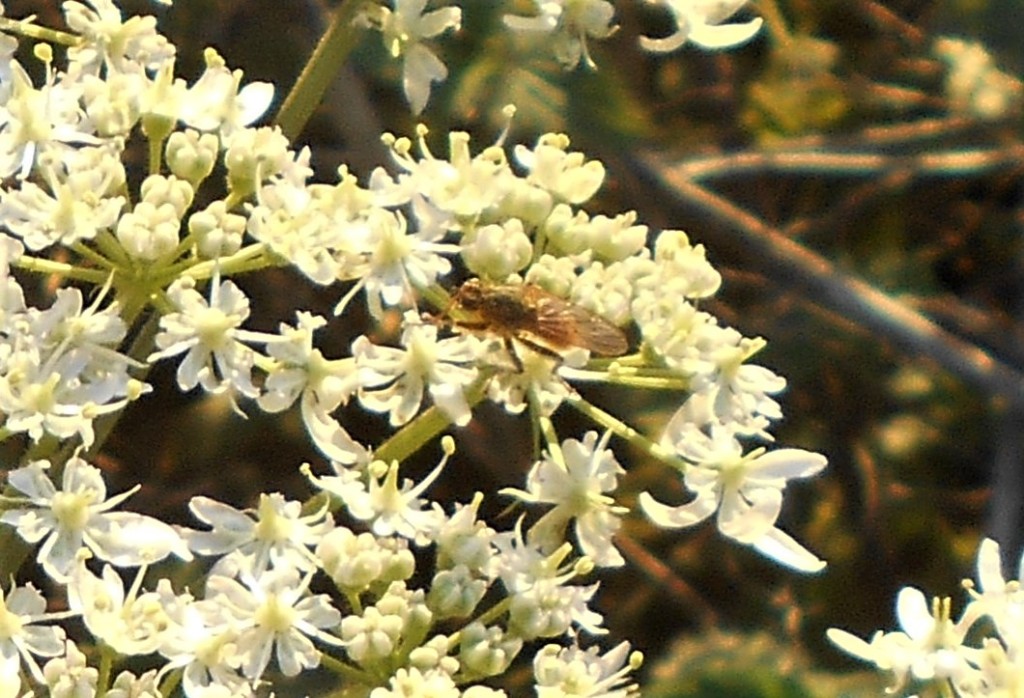
Whatever the time of year and whatever the weather, if there are flowers on the hogweed there will be flies feeding on them. Today there were just one or two on each flower head but often we see half a dozen or more; understandable when it is growing ever colder and there are fewer and fewer flowers.
Finally, as we were turning for home just as the sun was already half sunk on the horizon and had lost its warmth and we could suddenly see our breath in the fast chilling air, a small flock of Redwings flew over the hedgerow heading east towards the woods at Newbury Firs to roost. A good sign for us to head for shelter too.
12th November 2020
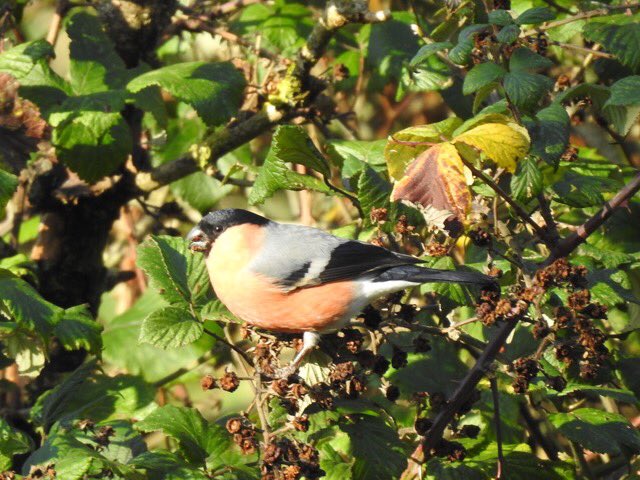
Post from John Hansford this afternoon:
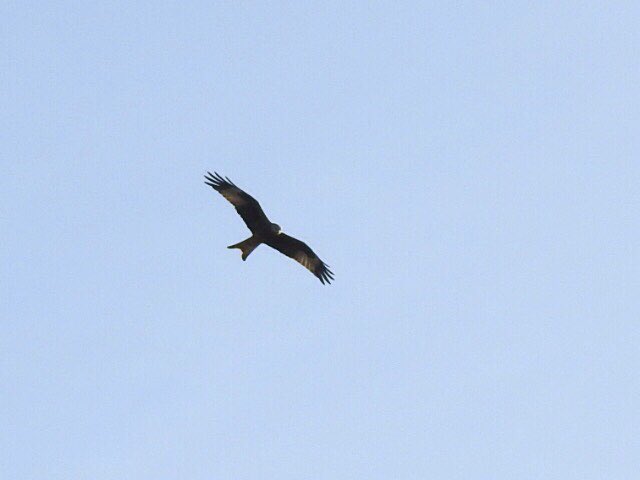
“Great hour on Mells Down, surreal to listen to several Redwings gently warbling in dense cover, obvious influx of Blackbirds, 2 roving Bullfinch flocks, 2 resident Red Kites, 7+ Buzzards, 3 Ravens + brief snatches of gentle Song Thrush song.”
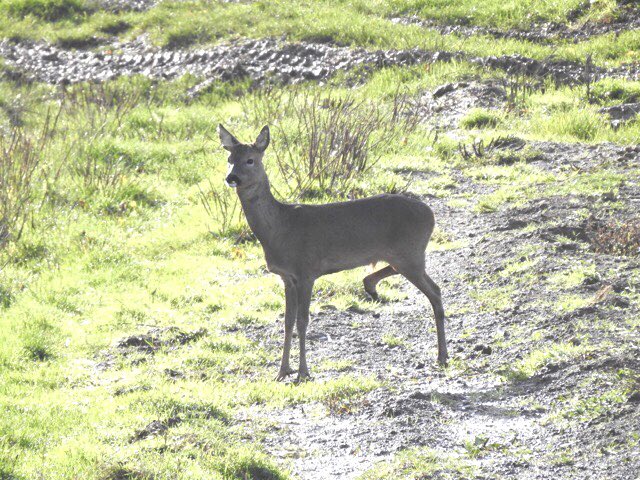
oh…. and a roe deer! John’s eagle eyes catching sight of a good autumn sightings as usual! We have yet to see a single Redwing this month, we must make time to check out Colliers Way.
2nd November 2020 / 11 – 9.5 C / 2.10pm – 3.55pm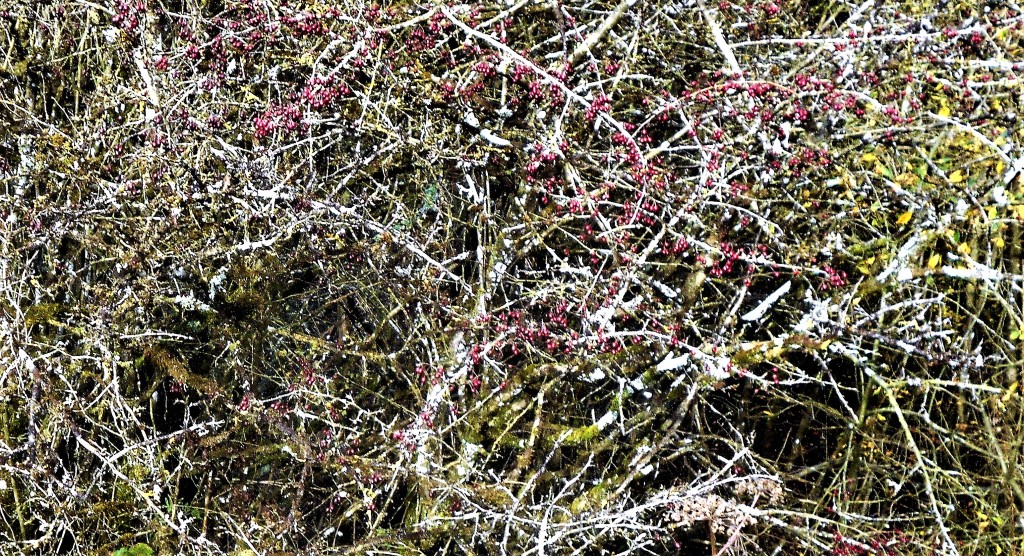
This line of shrubby, low lying trees, looking for all the world like a Jackson Pollock, form a lot of old English hedgerows – mostly hazel, hawthorn, elder, guelder rose and blackthorn. Their branches are always smothered with moss and lichen, so much more noticeable in autumn and winter when they are not hidden by their leaves.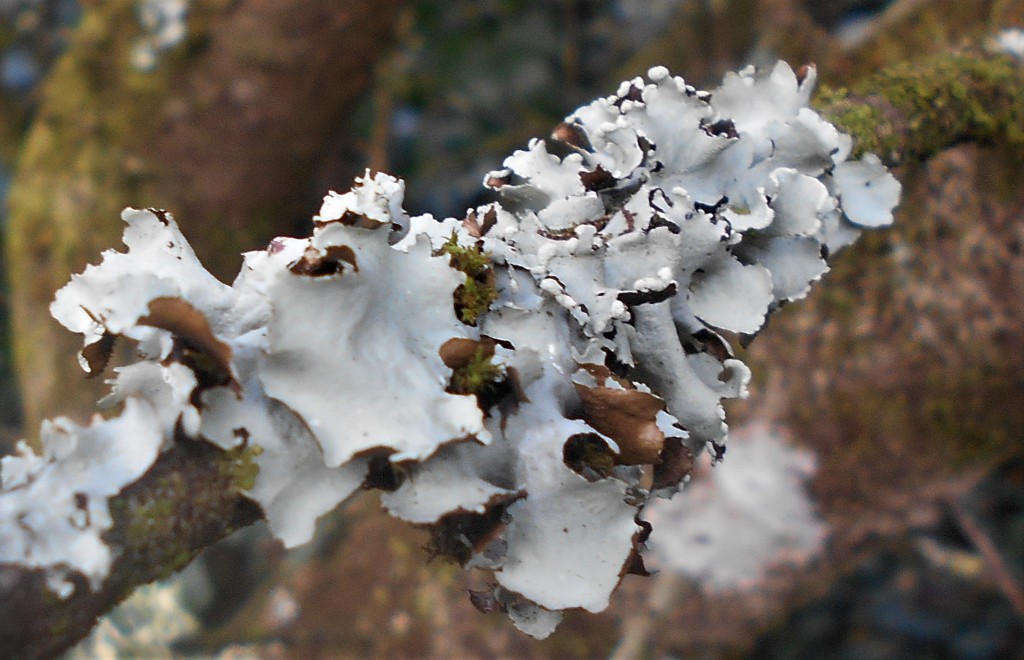 The strong and blustery wind, chilling and rain-threatening, meant a pretty brisk walk to keep warm. Scudding clouds did give the occasional splash of sunshine, painting the leaves with gold and lighting up the trees but these bursts were infrequent and in the main the light was dull and gloomy.
The strong and blustery wind, chilling and rain-threatening, meant a pretty brisk walk to keep warm. Scudding clouds did give the occasional splash of sunshine, painting the leaves with gold and lighting up the trees but these bursts were infrequent and in the main the light was dull and gloomy.
None of this diminished our pleasure in spotting a healthy crop of Black Stone flower lichen (above) lifting its skirts to show us its tan coloured underside. It’s one of our favourite lichens and good to see it thriving here.

Among the variety of different species of moss and lichen, we spotted the lovely strands of strap or cartilege lichen festooning the branches, and on the same tree a shield lichen (possibly Parmelia sulcata).
The wind was so strong and cold that we decided to walk down to what we call the Soggy Bottom cutting, named after the oak bench under the trees at the top, which always seems to be wet whatever the weather. This is where the disused railway line used to cut through the steep slopes of Newbury Firs on one side and the embankment on the other. There is a grove of very tall Ash trees alongside the path and badger setts at the summit on both sides of the cutting where the weeks of rain having made badger paths more like badger slides.
We like to check out this area at this time of the year because we usually see flocks of Redwings and Fieldfares (and even one year hearing an absolute cacophony of Gold Finches) but today they seemed to be sheltering from the wind and not one appeared. In fact, apart from a few Wood Pigeons, shoot-reared Pheasants and a small flock of Rooks, the woods were silent.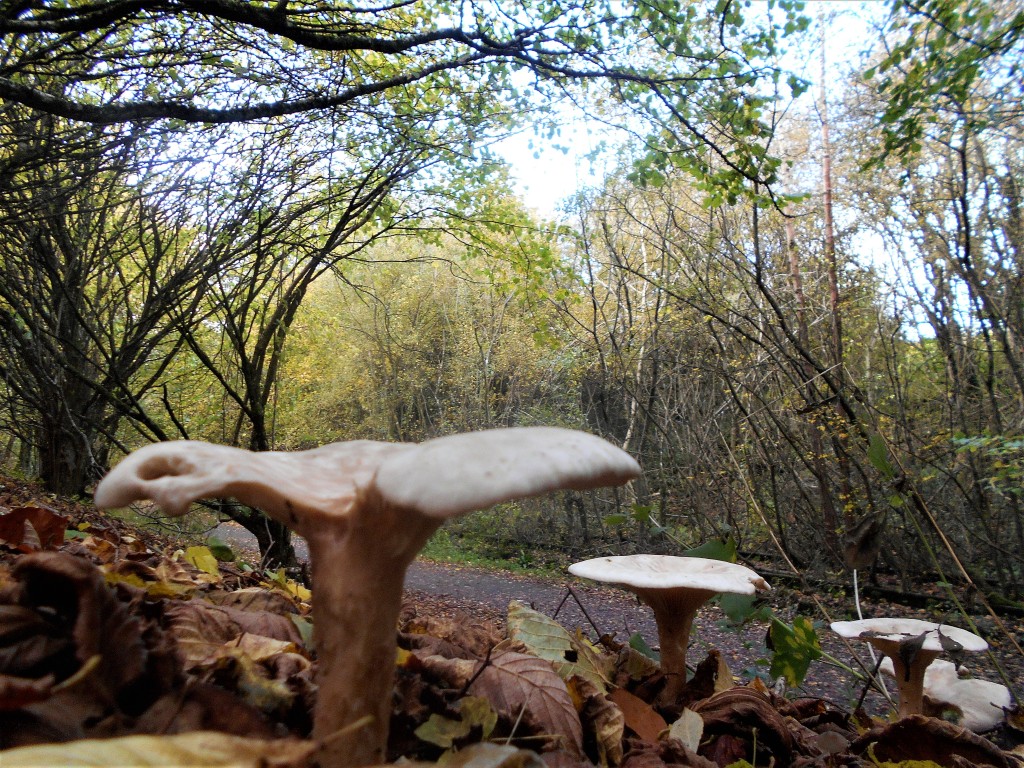 The other reason we come here in autumn is to check on so many species of fungus which we usually find here and we particularly loved the lines of striking trooping funnel massed on the banks beneath the badger setts. We were rather crushed to find only four, looking rather forlorn. It has been a strange year for species being either very late or very early and this could be the case here, although a good many trees were cut down on this bank last year so this may have had a detrimental effect, but whatever the reason, it was sad to notice such a massive depletion from last year’s wonderful display.
The other reason we come here in autumn is to check on so many species of fungus which we usually find here and we particularly loved the lines of striking trooping funnel massed on the banks beneath the badger setts. We were rather crushed to find only four, looking rather forlorn. It has been a strange year for species being either very late or very early and this could be the case here, although a good many trees were cut down on this bank last year so this may have had a detrimental effect, but whatever the reason, it was sad to notice such a massive depletion from last year’s wonderful display.
The sad tale of the missing fungi continued as we walked deeper and deeper down the cutting. But we did spot a large sawn off length of wood which had been well-gnawed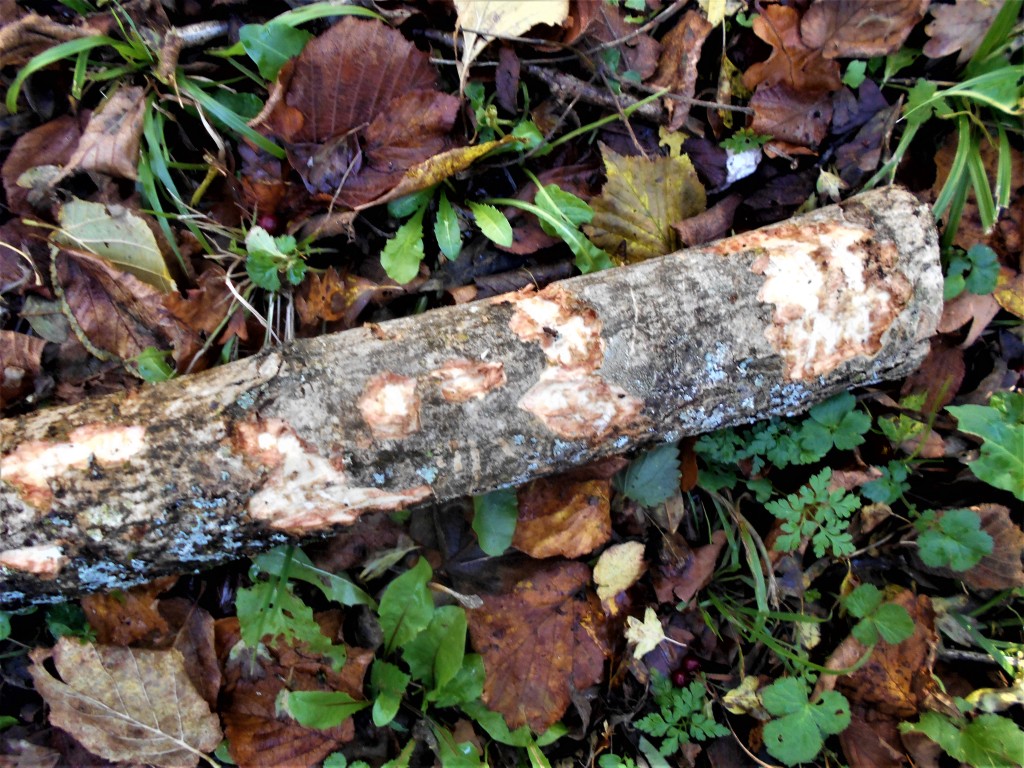
by roe deer by the size of the marks, a sure sign that winter is approaching. The ground around a nearby oak tree was inches deep in a layer of acorns which was surprising as we often see squirrels there. When we spotted a sizeable branch of the tree stripped of its bark, we took that to mean that they were around but not interested in the acorns.
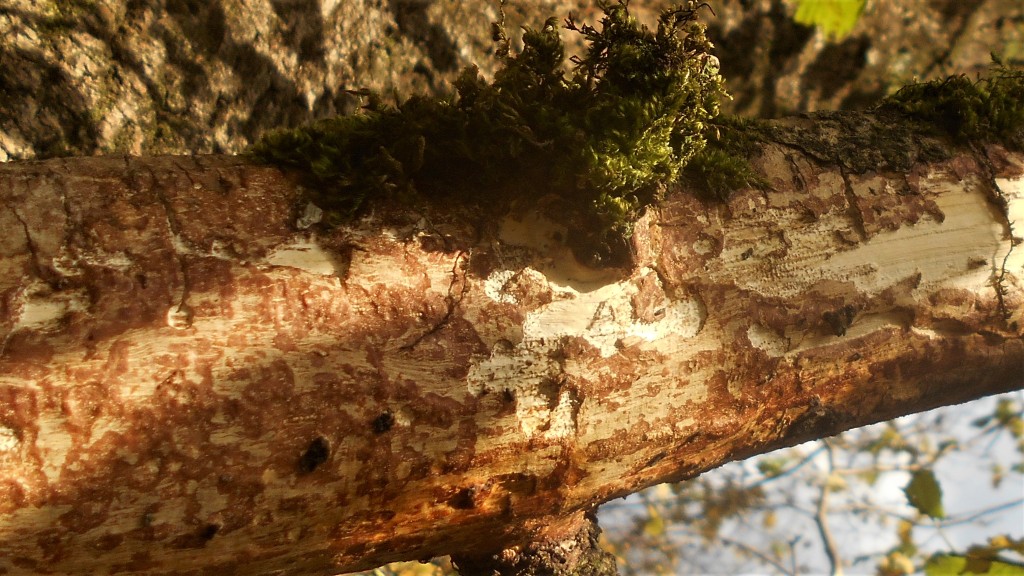
I was surprised to read that the squirrels usually strip the bark of trees in July, a difficult time for foraging, after the buds but before the nuts of autumn. So maybe the acorns are still lying on the ground because the squirrels have gone elsewhere. Despite the damage they do, particularly when it is to trees like oaks, we do like to see them launching themselves from branch to branch at top speed!
22nd October 2020 / Temp: 11.5 – 12 C / 2pm – 4.15pm
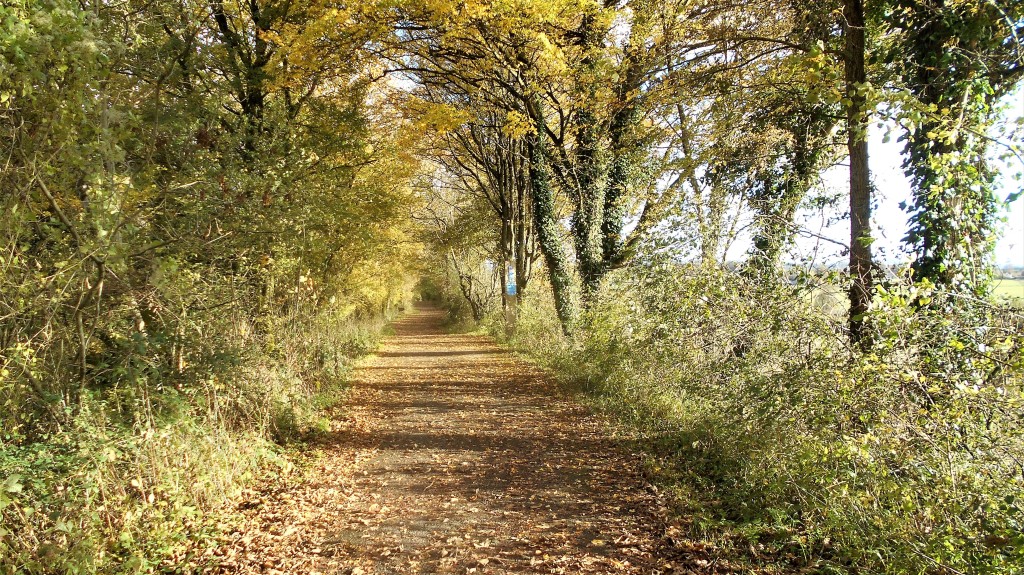
The pathway through the woodland section of the cycle path looked particularly beautiful with the water autumn sun highlighting the strewn empty shells of hazel nuts and acorns and fallen leaves and fungus everywhere as we move into the height of the season.
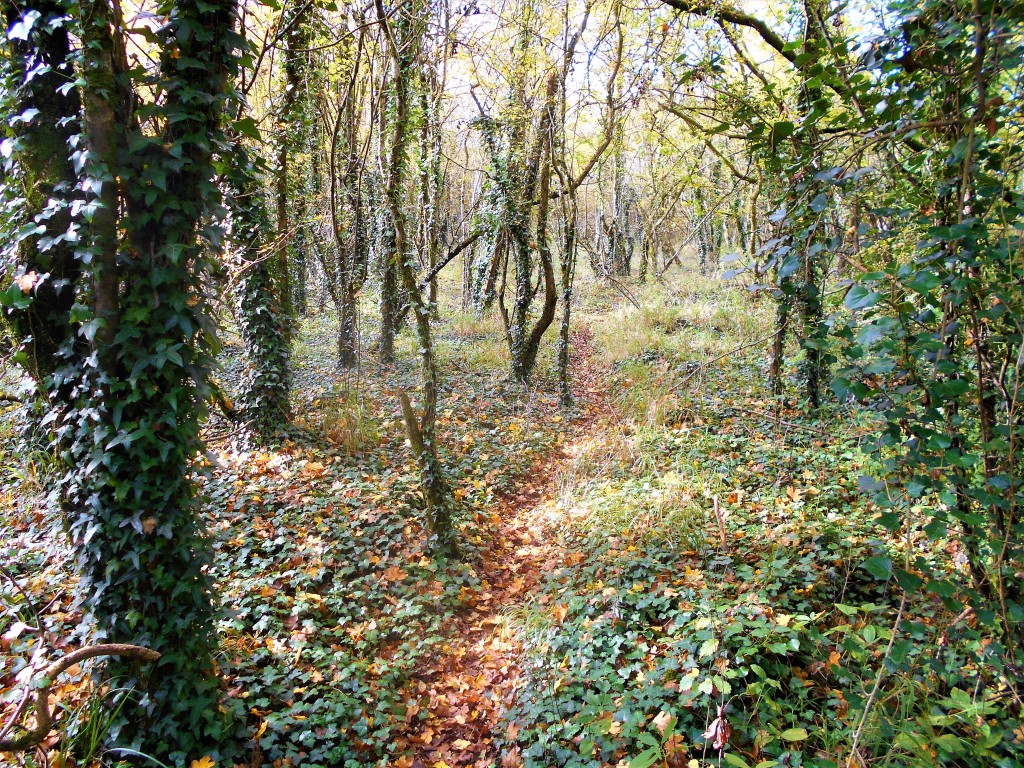
But who can resist the lure of the deer paths through the tangled margins, despite the trailing brambles catching feet, hair, coats and hands? Surely thorn torn hands bleeding over handkerchiefs and clothes is a small price to pay for hunting treasures?
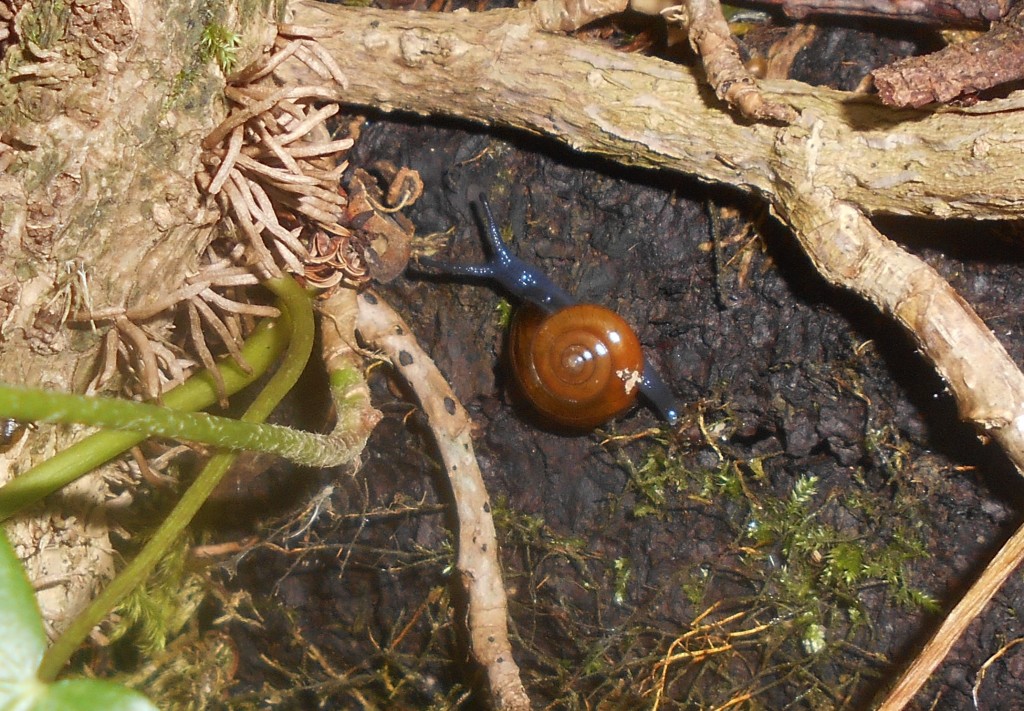
The Glossy Glass Snail or Garlic Snail due to the faint smell of garlic it exudes if disturbed. This one was foraging amongst decomposing ivy and moss and a very handsome beast he is too.
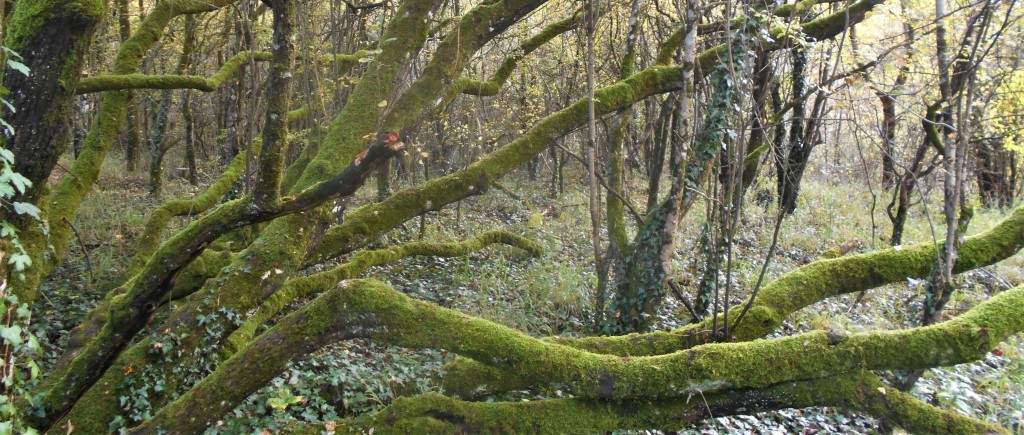
We scrambled deeper into the trees where the ivy joins the brambles to trap the unwary where the black pools and ditches create a moss heaven – it seemed every branch and tree trunk was coated with moss but also the occasional gift – in this case Black Stone Flower lichen which is another first for us in this area.
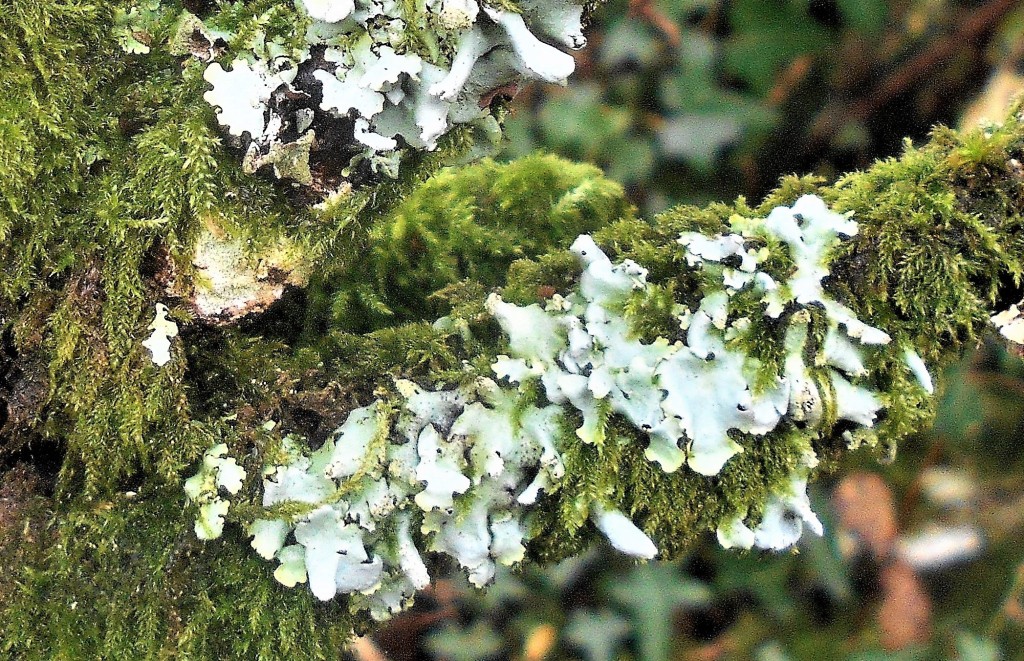
and more
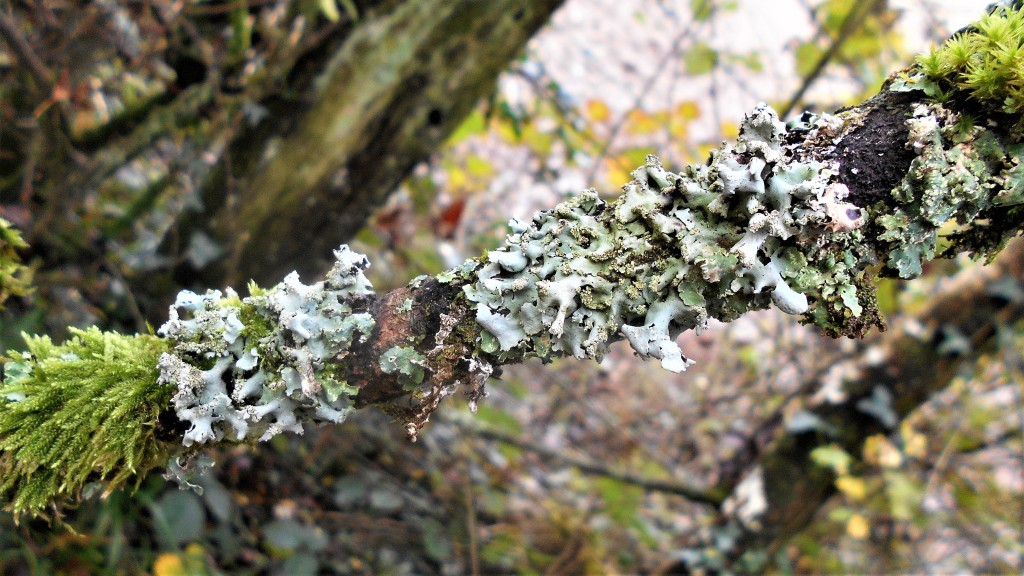
Almost every mossy branch pays for a second glance – tiny, miniscule bonnet mushrooms, smaller than the smallest fingernail, large bracket fungus shedding their brown dusty pores around the tree, Whitewash lichen splashed on the bare trunks, Yellow Brain fungus clinging to the cleft in a branch, very quiet, a secret place, undisturbed except for the eerie sound of a Tawny Owl echoing through the trees and the mew of a Buzzard circling overhead, quartering the woodland in search of prey.
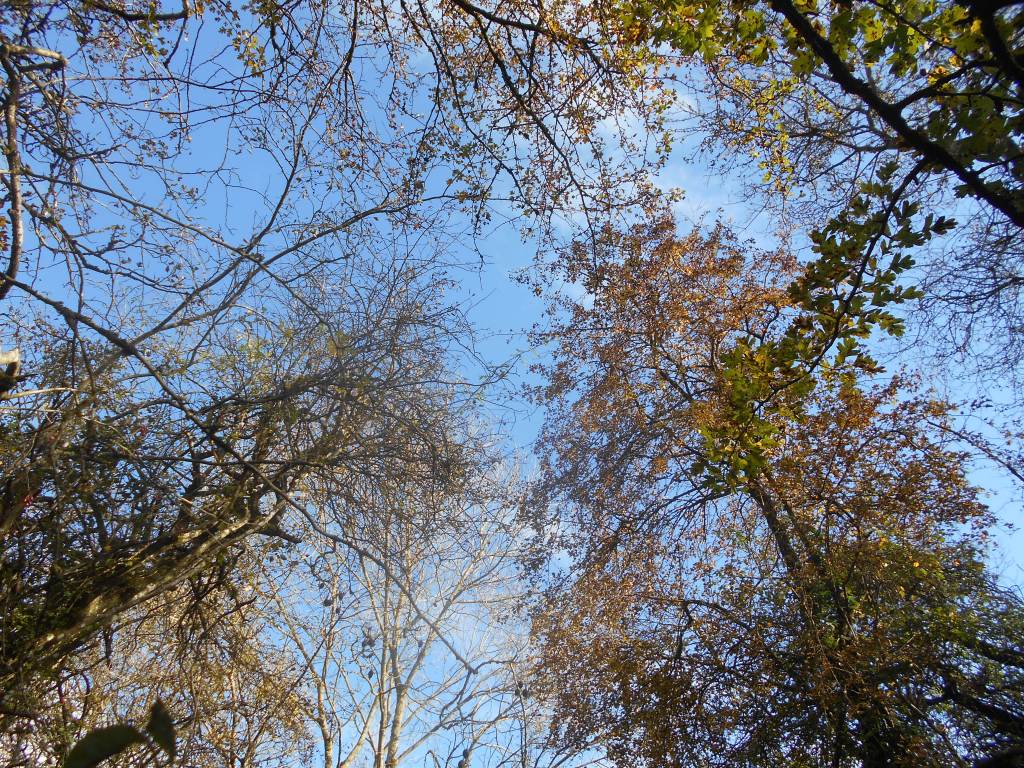
Purple jelly disc fungus finding a home amongst the moss drew us deeper into the undergrowth which was becoming more and more dense and increasingly difficult to scramble across.
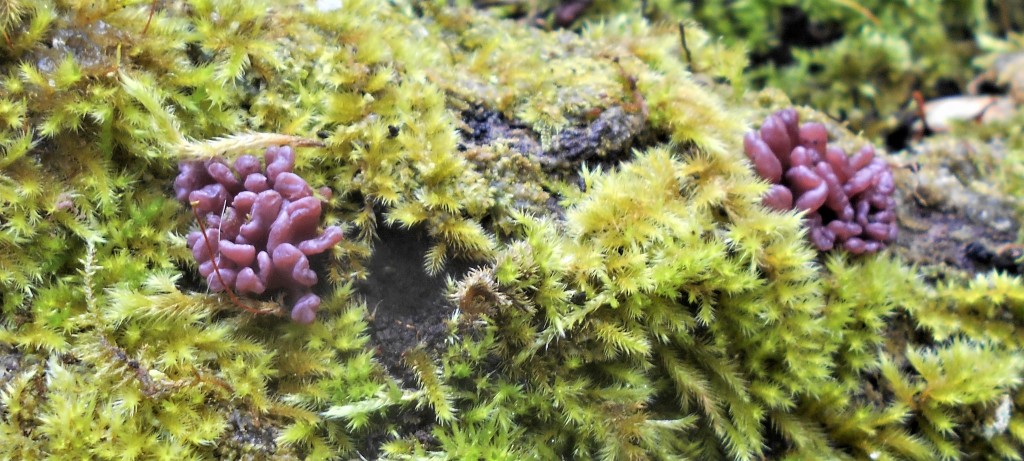
And intriguing looking fungus too far up the trunk for us to properly examine, and although the top one looks very like alder bracket fungus, we can fantasize that the lower one could be a rare, very rare, form of fungus unseen and unrecognised for half a century…..
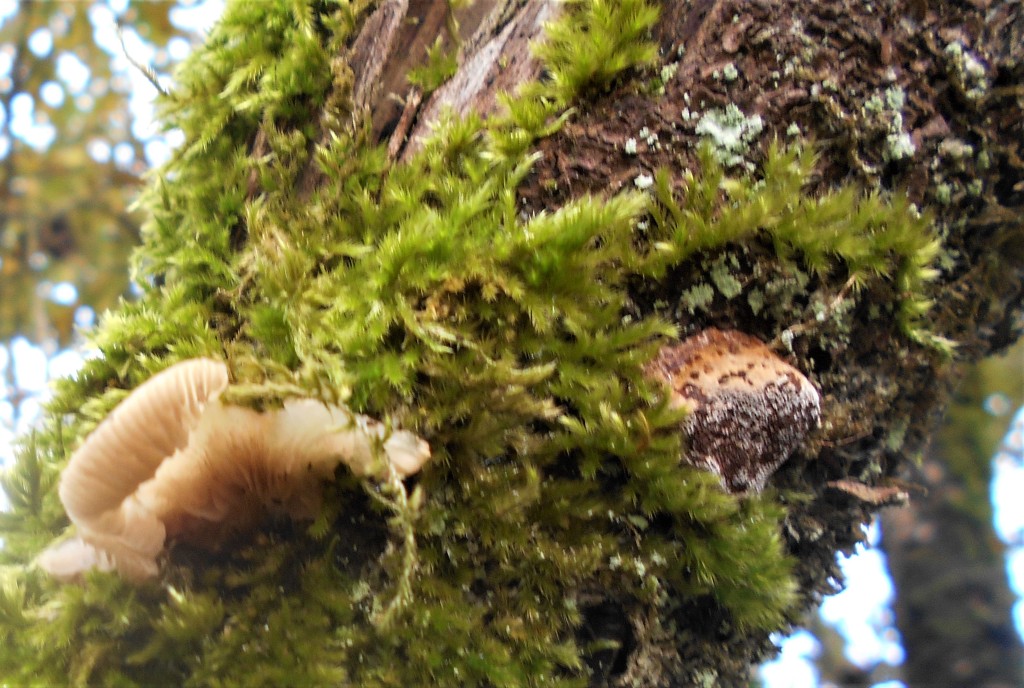
There comes a point when chosing a path when one questions one’s sanity or the wisdom of scrambling around, trying to avoid the boggiest spots, cursing deer for being so small so they are able to slip through waist high tunnels of bramble and whippy stems and tangled branches whereas we can take seemingly endless time removing brambles from our hair and legs and feet as we weighed up the choice of going all the way back or just ploughing on.
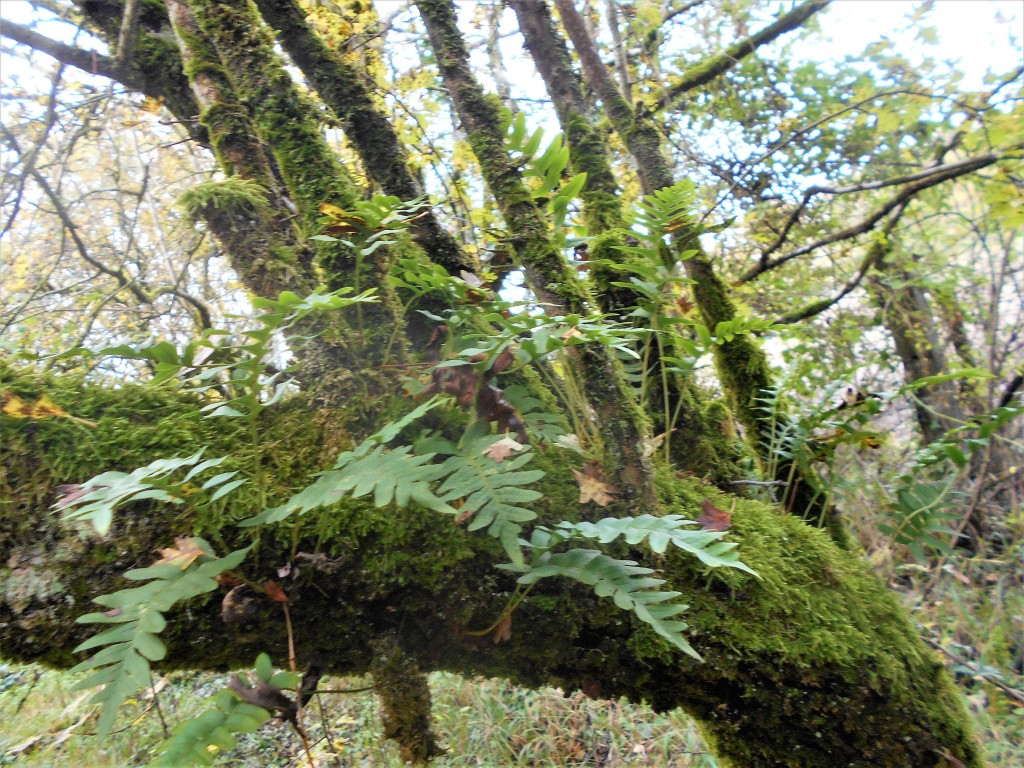
But who can resist seeing polypodies festooning moss covered branches and catching sight of strange-shaped fungus decorating the trees
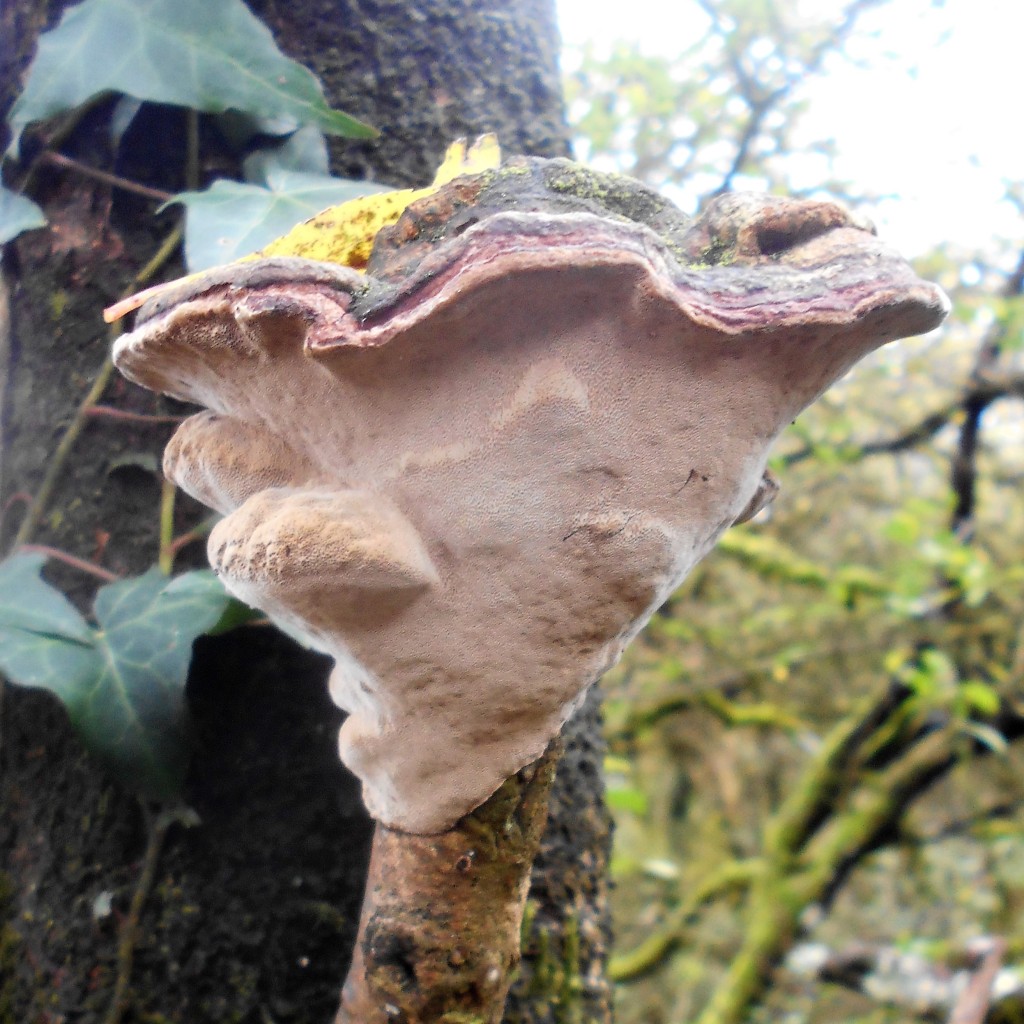
some rather beautiful, with honey-comb like undersides which have wonderfully ordered patterns of snowy white pores, striking in the sunlight
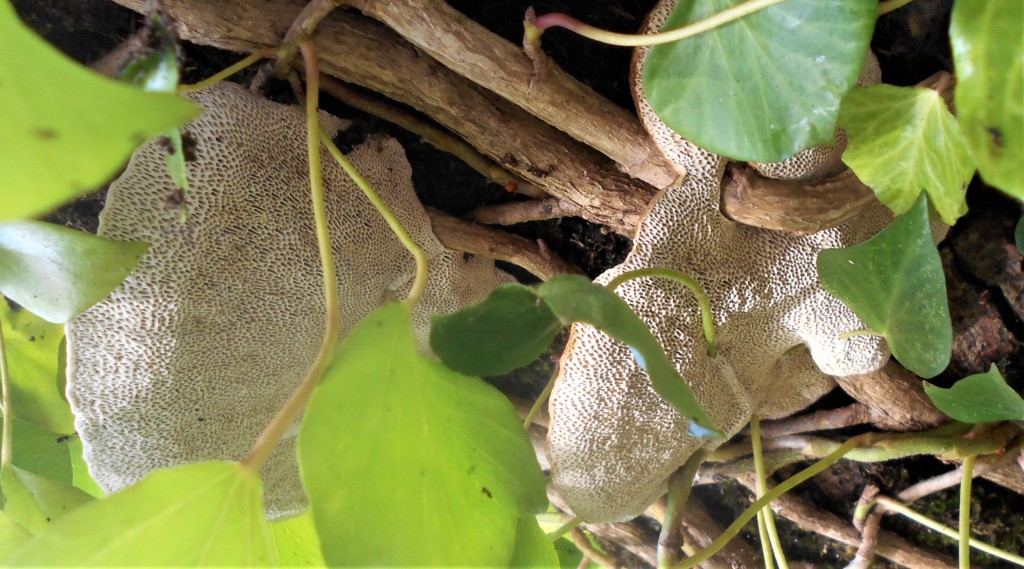
After much ducking and weaving and diving, we eventually reached the end of the wood “bloody but unbowed” and pretty triumphant that we have managed it, still in one piece. We were both very tired and couldn’t help reflecting how much easier it would have been 20, 30 or even 10 years ago. We cheered ourselves with the thought that following a severe flare-up of arthritis which left my 83 year old husband unable to hold a cup and means even now over a year later he finds walking extremely painful, he had been told by his consultant to try and keep active and exercise – so a scramble through almost impenetarable woodland in boggy October was not in the least risky but in fact just what the doctor ordered!
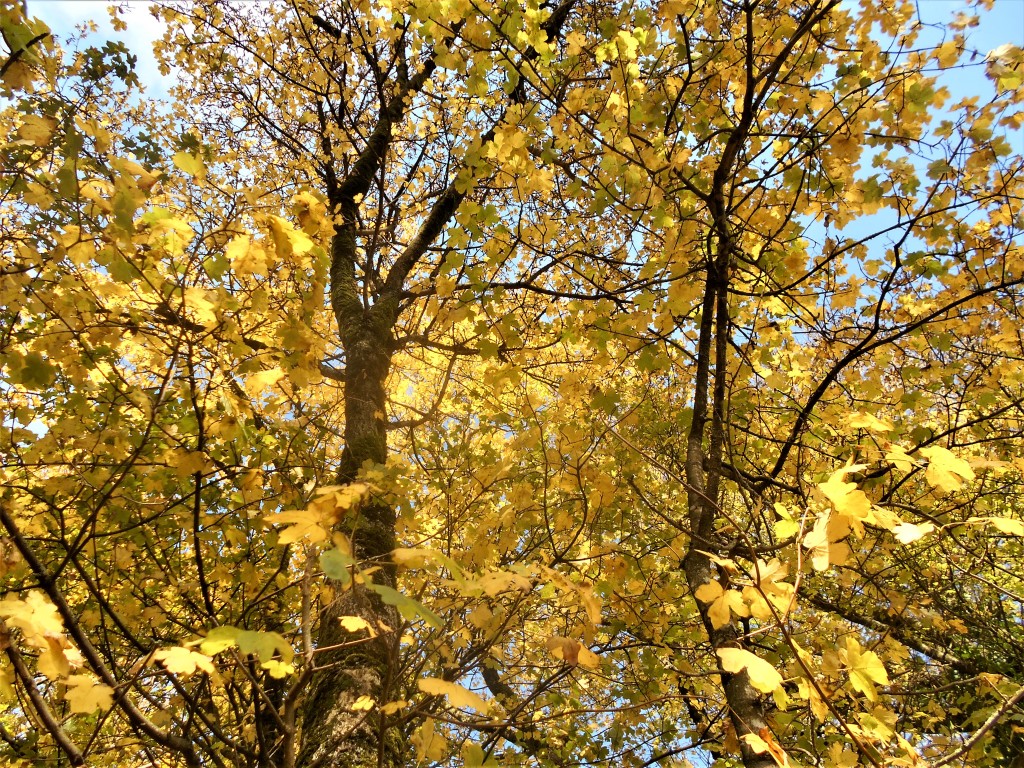
Back on the cycle path we walked slowly to the nearest oak bench, sank down and basked in the warm golden sunlight of the sinking sun, watching the rays play over the field maple trees.
A squirrel scampered across the path and shot up an adjoining tree, we could hear the yaffle of a Green Woodpecker from the woodland behind us, and the rattling warning notes of a Blackbird and very loud winter warning shout of the Robins declaring their patch. Jackdaws and Crows chattered and croaked and a Wren shot past into the bushes. Squabbling Pheasants were squawking away in the field in front of us and Wood Pigeons called as they flew across the trees. All the sounds of a quiet woodland as the sun sank and the day drew towards dusk. Time to go home for a welcome cup of tea.
19th October 2020 / Temp: 12.5 C / 10.35am – 1.14pm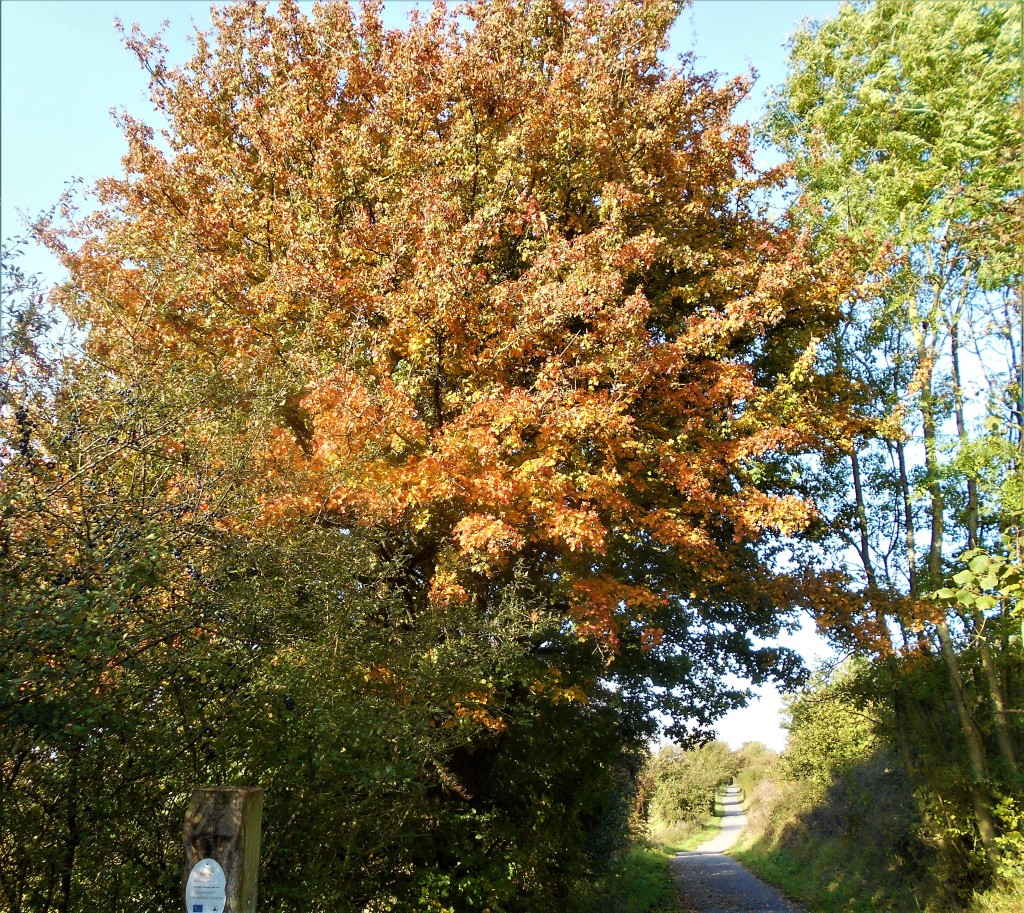
A time of colour, all the shades of yellow and gold, red and scarlet, pink and purple, the time when Field Maples come into their own – ignored for most of the year until autum when they glow! Wild Cherry leaves and Hawthorns and not just leaves, scarlet rose hips, skeins of blood red black bryony berries entwining around trees and posts and branches and up through the layers of fluffy old man’s beard.

And it not just the leaves and berries, there are also the fruits of autumn – fat rosy red apples, small bright green crab apples (whose strong scent we could smell before we reached the trees) the Blackthorn, heavily laden with purple-black sloes – splashes of vivid colour everywhere we look.
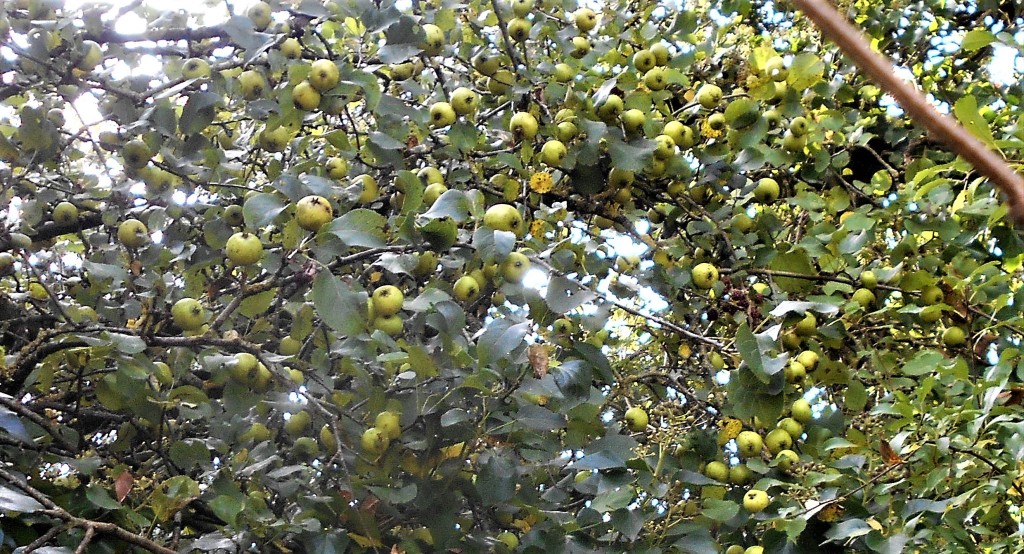
But of course it is the leaves which take the prize. Forget Westminster Bridge – ‘earth has not anything to show more fair‘ than a golden tree in autumn – who can look up and not be moved by its last gasp celebration before the long, dark days of winter arrive?
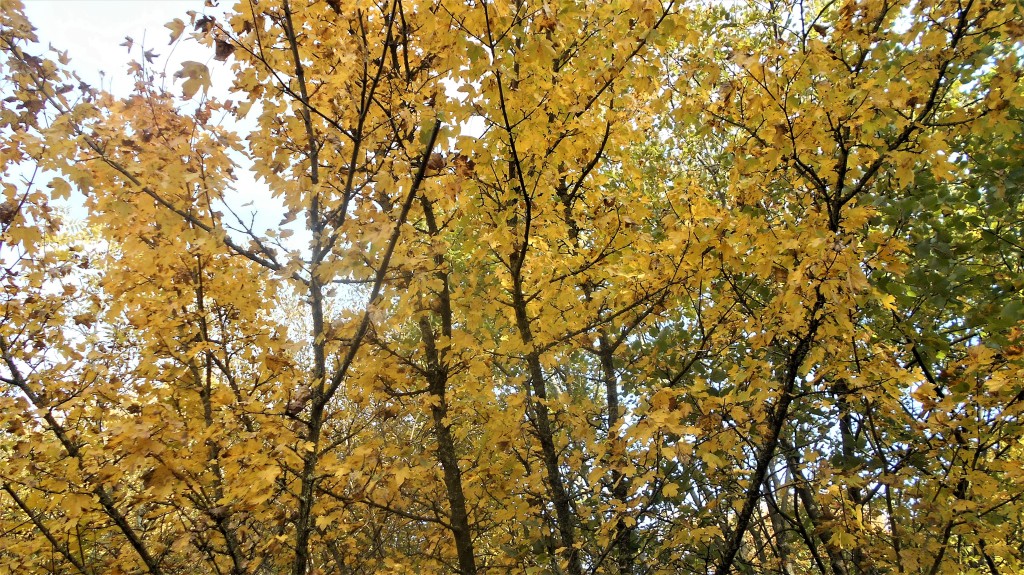
Quite a number of Ivy Bees around the frequent ivy shrubs along the path; I learned today for the first time that it is only the females which survive until this time of the year, still taking nectar back to their nests. with a 7 spot ladybird. Some authorities we have read write that this is also true of the Running Crab spiders, the one we saw sharing the long grass of the embankment must also have been a female, mainly by the colouring but also that they survive into October.
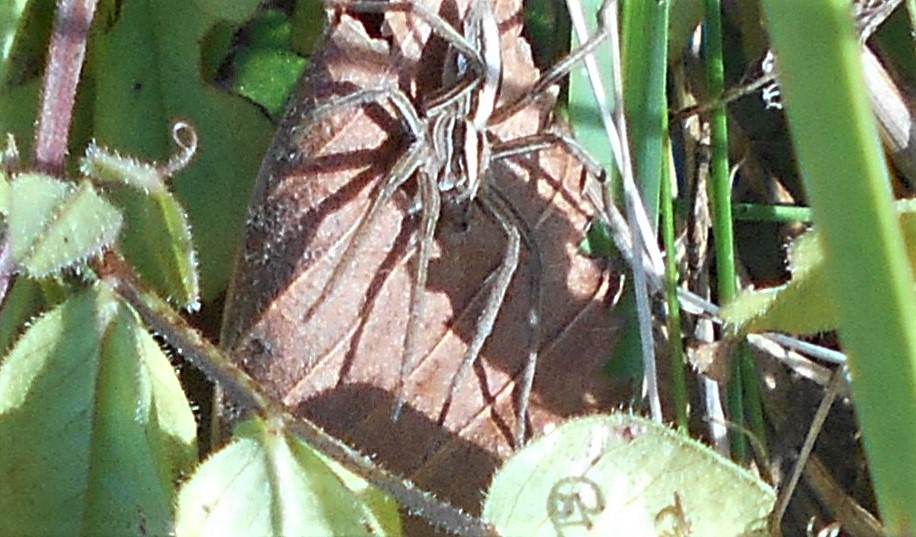
The embankment is our Common Lizard nursery and as we were walking along peering at every yellow ant hill and whistling in the hope of inveigling a lizard to come out, a walker passing by asked if we were looking for lizards. He said his name was Mike and when he walked from Radstock several times a week he often stopped to check the lizards. His highest tally, a couple of summers ago, was 18-19 lizards! We thought this set a new record as the previous highest number was 15. We post it here so that our followers know the number they will have to beat.
We felt pretty fortunate to spot just two (one each on separate anthills) at this the end of their active period before they begin to hibernate, usually by the end of October. The two we saw were very small so likely to have been this year’s brood.
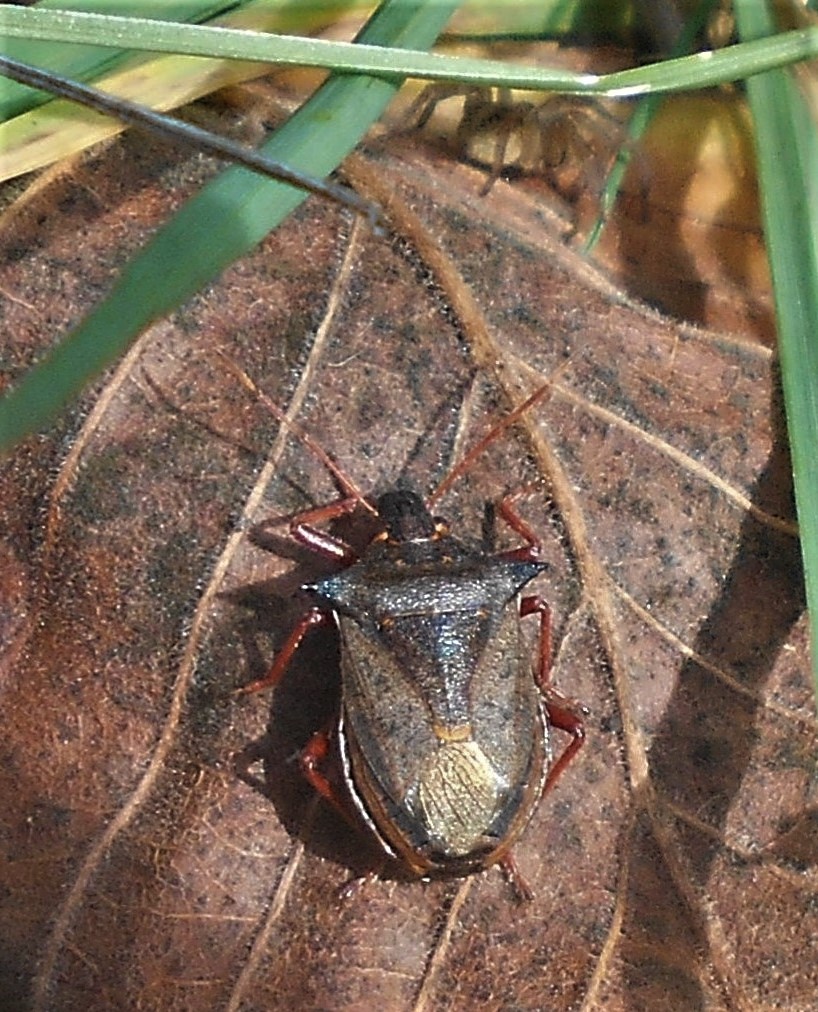
We then spotted a Spiked Shield bug sitting on a leaf soaking up the sun, with what looks like an orb spider scuttling away at the top of the photograph.
There were a few bees and wasps about but apart from the above, the predominate insects were flies sunning themselves on almost every tree trunk and many leaves.
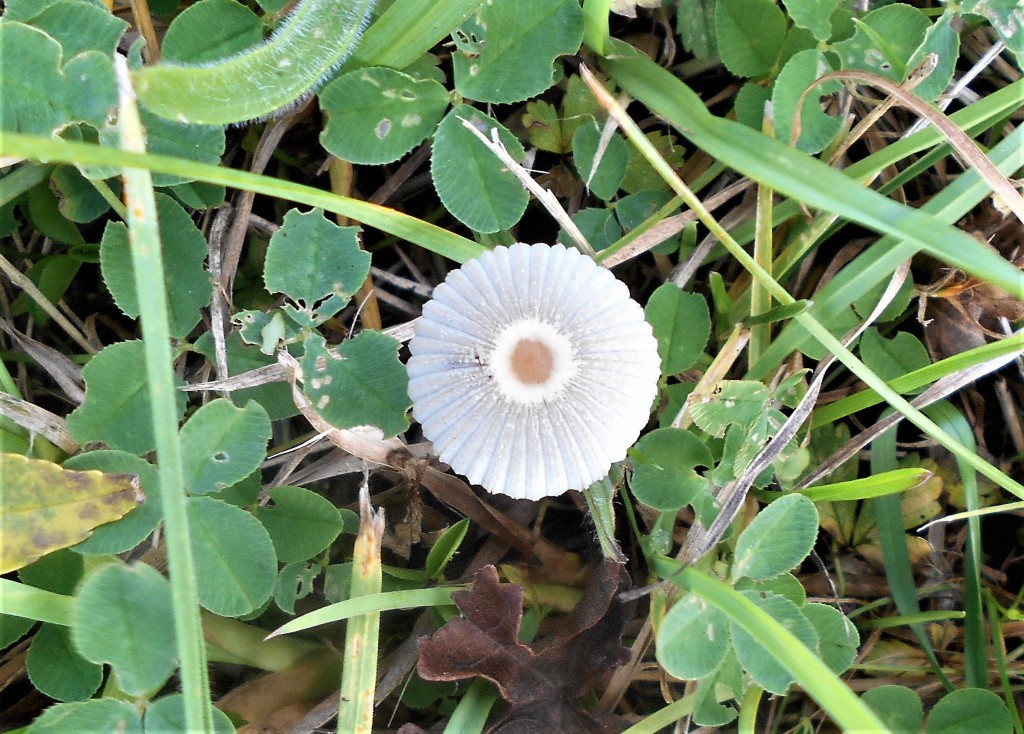
Tiny delicate pleated inkcap (sometimes called Little Japanese Umbrella toadstool) which only last less than a day….
a few flowers left over from summer – scabious, pale toadflax, bush vetch, hawkweeds, wild carrot, meadow cranesbill and of course white deadnettle. 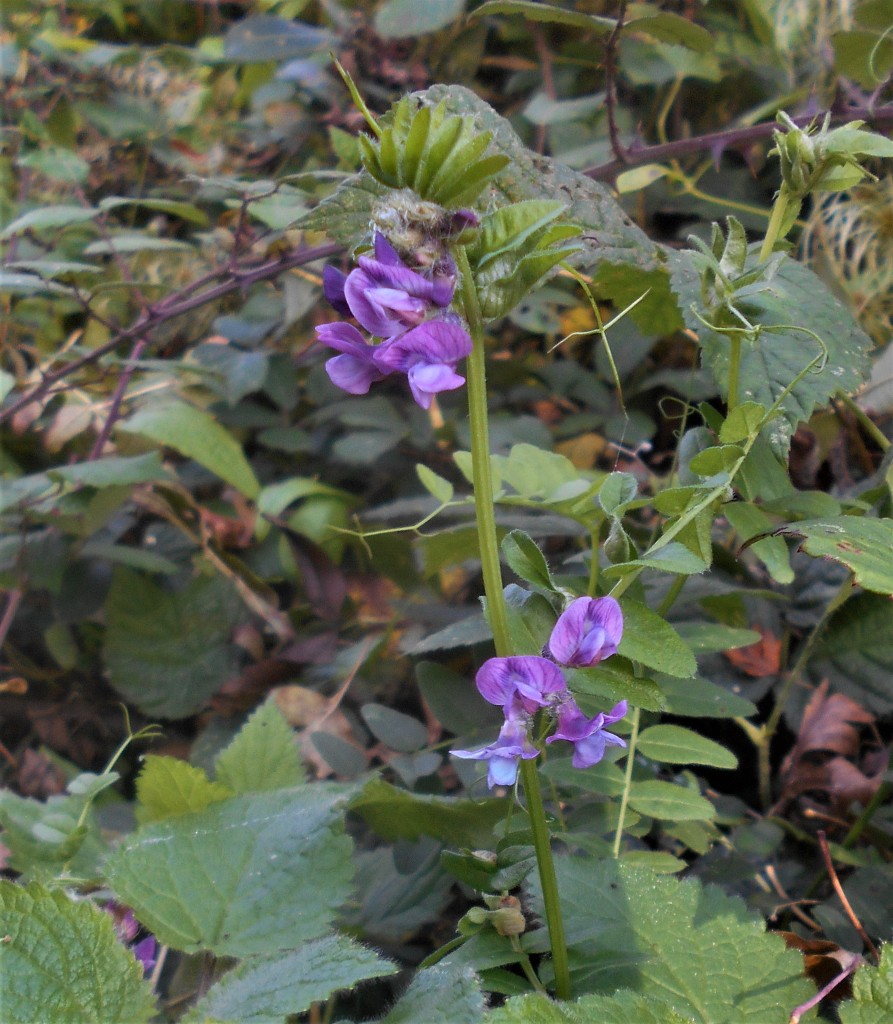
Pale yellow snails halfway up the stem of a plant, large and small snails already tucked into their hibernation spots between the limestone slabs of the bridge.
A few birds, Blackbirds, Pheasant, Long-tailed Tits, flocks of gulls following the plough, a couple of Buzzards, a Raven and a Red Kite high in the sky circling and circling.
The whole length of the path busy with cyclists, walking parties of half a dozen or couples and singles, runners, dog walkers – of every age and shape all out enjoying the burst of autumn sunshine and the trees’ displays while they are in the full glory.
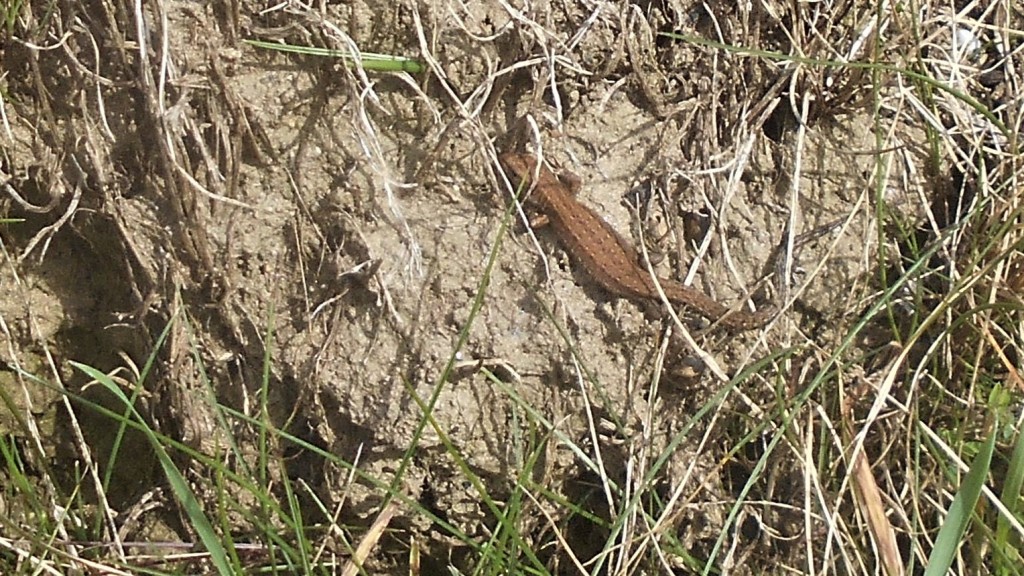
And finally, who can resist yet another photograph of a common lizard clinging to the side of a substantial yellow ant hill? Sadly this may be our last sighting of the year as they go into hibernation in November and don’t appear again until March/April. We will miss them.
25th September 2020 / Temp: 15 C / 2.30pm – 4.35 pm
Brilliant sunshine but a swirling, gusty wind from the north-west tells us what we don’t want to hear – autumn has arrived. There are compensations of course, the old man’s beard swathing almost every bush and tree, blackberries displaying their most delectable faces, and a sprinkling of plants – wild carrot, yarrow, toadflax, wild angelica, scabious and even meadow pea still in flower.
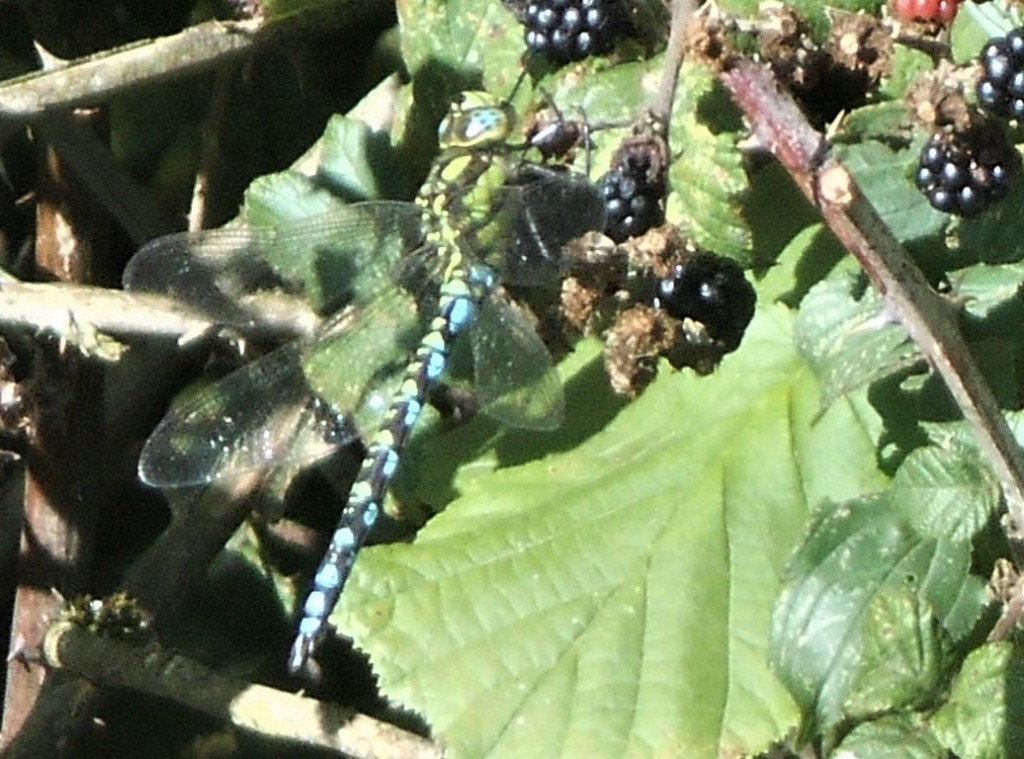
A few insects, drone flies, honey bees, yellow & black wasp mimic hoverflies, and perhaps more surprisingly a Red Darter and two Emperor dragonflies who have crossed the fields from the pond to hunt around the hedgerows.
As we were passing the embankment, we tried again the trick recommended by Liza Adamczewski or the Accidental ecologist on her twitter feed “I’m not joking but if you whistle the lizards come out to see who’s making all the noise”. This will be our third attempt to entice them out and it has never worked, even though we whistled her choice of “You are My Sunshine” as well as we could. Today, unable to remember the tune, we launched into “My Bonnie Lies Over the Ocean” and it worked!
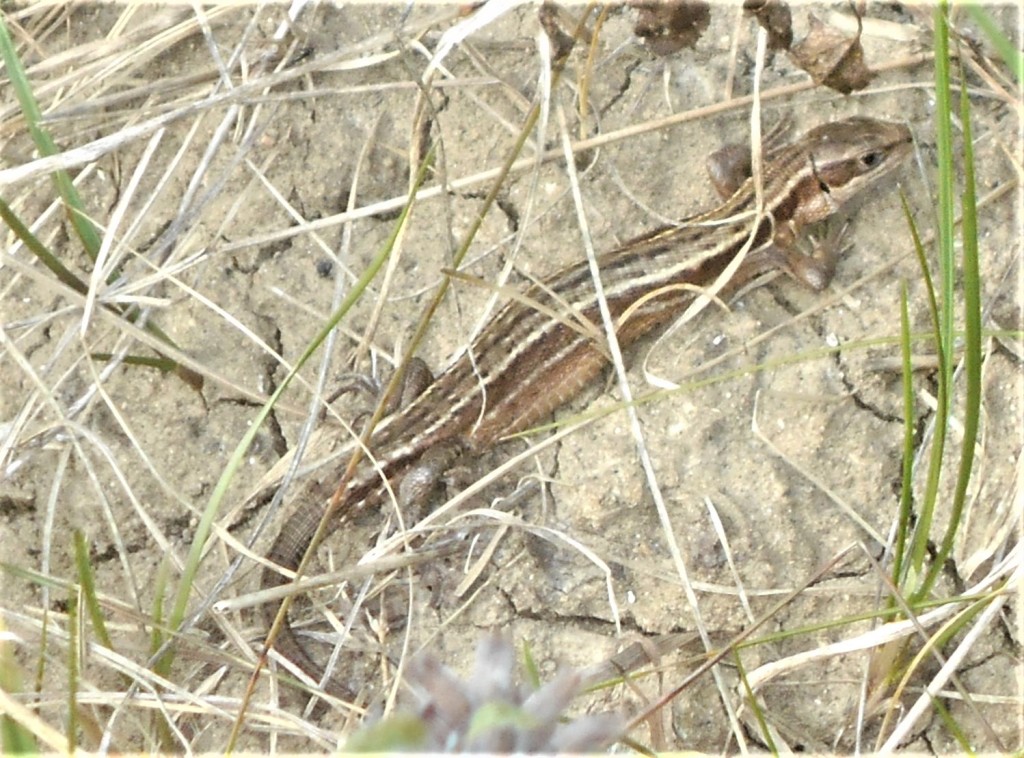
At one anthill – a lizard crept up to join the two who were half hidden in the grass and all three remained stock still, heads lifted, as if they were listening. At a second anthill the lizard edged slowly forward out of his sheltering grasses and lifted his head and neck stretching as if to hear more clearly! Magical! And one thing we did learn, one of the lizards at the first anthill seemed extremely timid and didn’t venture far out and when, remembering at last the tune and beginning to whistle “You are my…” it disappeared in a flash. Which only goes to prove quite conclusively that Somerset lizards obviously prefer traditional ballads (even Scottish ones) to these new-fangled popular songs. No luck at any of the other anthills but now we know their preference, we will try again next time!
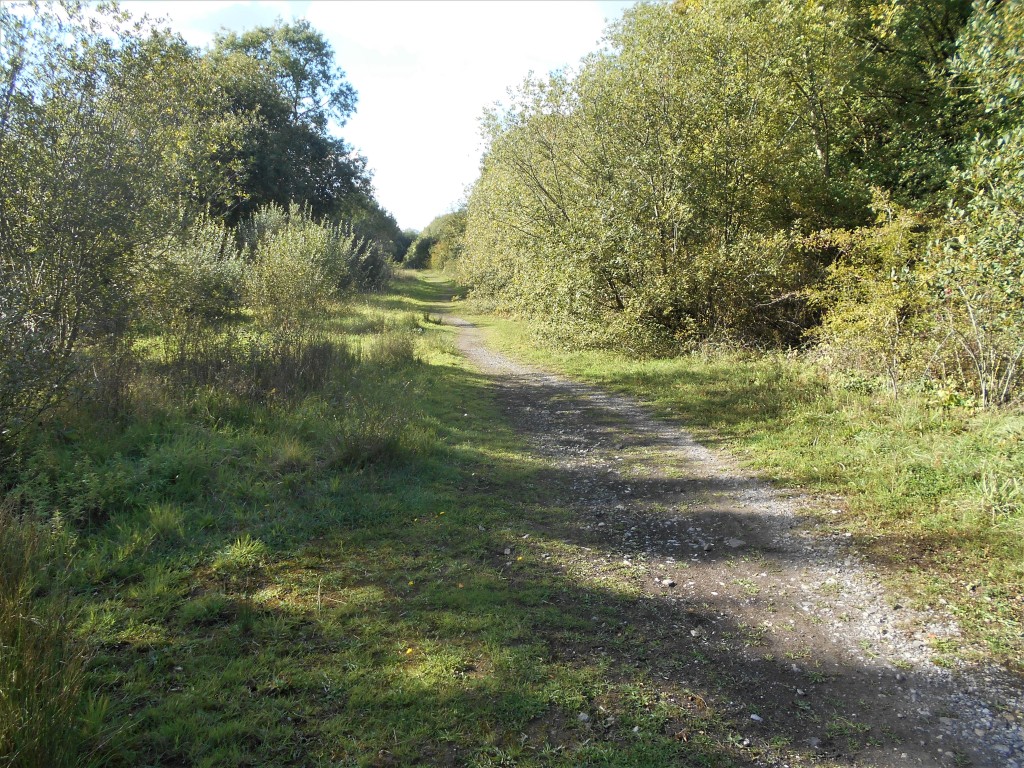
Not many birds, apart from dozens of Pheasants and Wood Pigeons of course, parties of finches flocking together for the coming winter, a couple of Buzzards mewing overhead in their never-ending search for food and then the sight of uncountable numbers of House Martins joined by a couple of Swallows swarming backwards and forwards over the fields and hedgerows, often soaring to great heights before swooping down in a wonderful fly-past. How wonderful to see them, summer can’t be quite gone, the House Martins and Swallows are still here!
16th September 2020 / Temp: 24.5-26.5 C / 2.15pm – 5.20pm
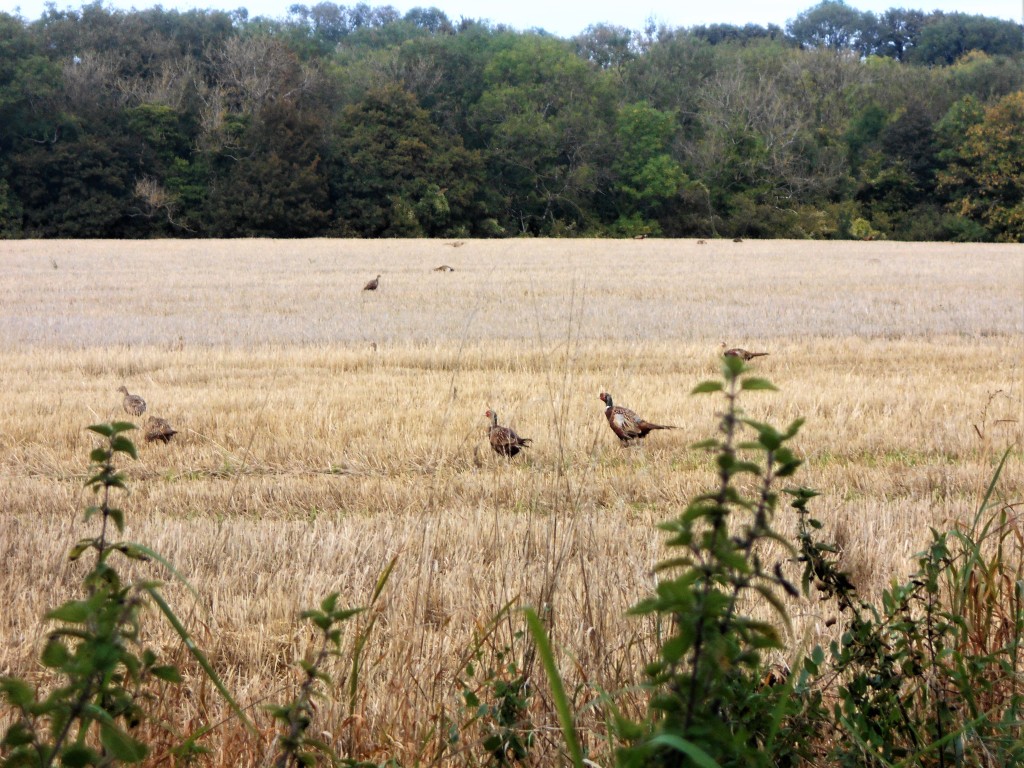
A very warm late summer day and as the afternoon progressed the golden light of the low September sun made the fields and hedgerows glow with a soft haze – a beautiful and always fleeting sight. What is also common at this time of the year in the fields belonging to the shooting estate which surround the cycle path is the sudden increase in the numbers of Pheasants bred for the sport – the birds seem everywhere, filling the air with their squawking and fluttering ungainly flight if disturbed.
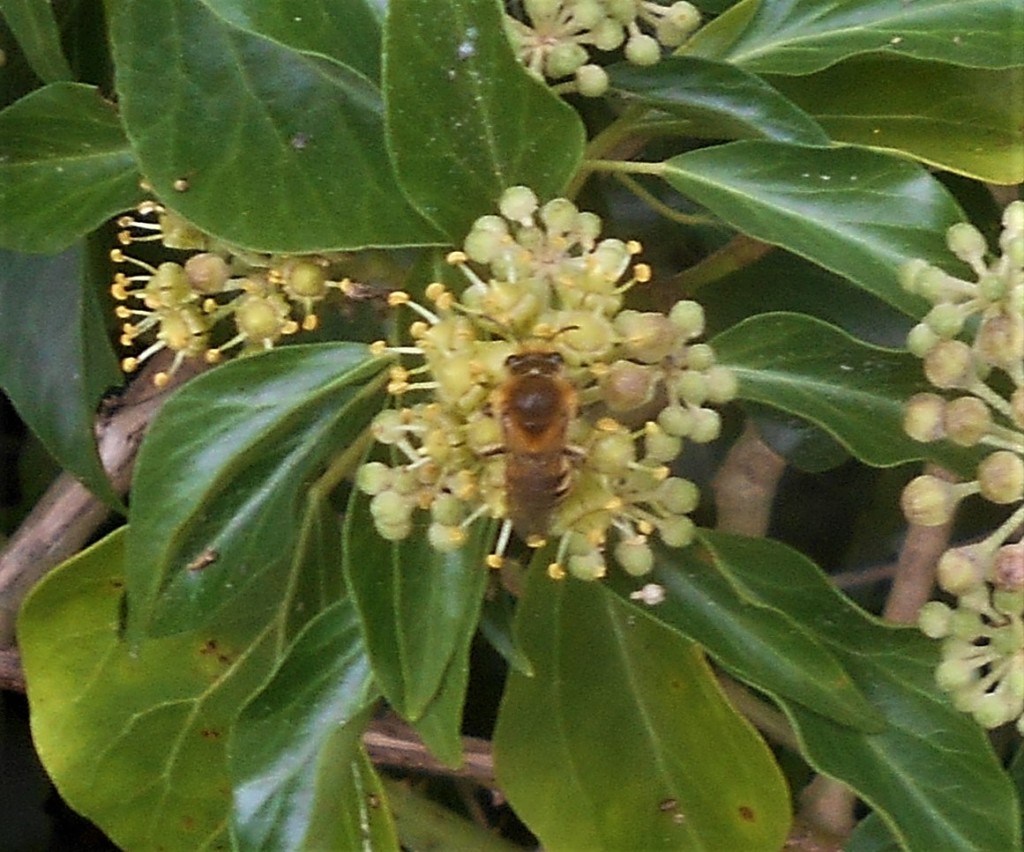
A good day for lizards – we saw six scattered along the embankment, sitting on top of their yellow ant’s nest in groups of two three and one enjoying the sunshine and one skittering across the beaten path across what was the old Mells station yard. We were pleased to see the last one, we hadn’t seen a lizard in that spot for years so this was a good and promising sign.
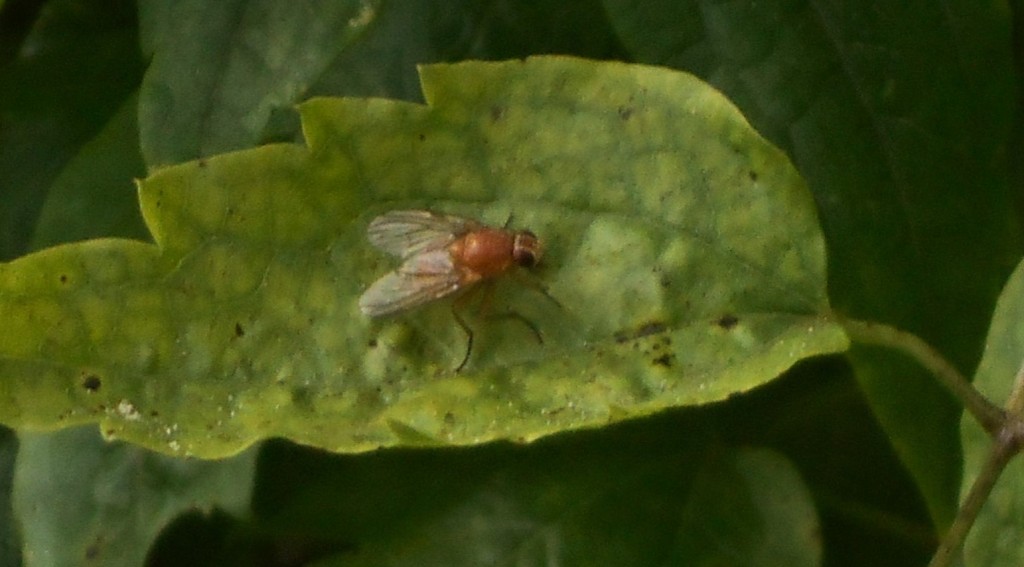
Very little other action in this the fag end of summer, most of it around the flowering ivy – mainly ivy bees but also drone flies, hoverflies and a few wasps – although we did see an orange muscid fly (a first for us along the cycle path) and the only ichneumon wasp we noticed settled on a yarrow head…
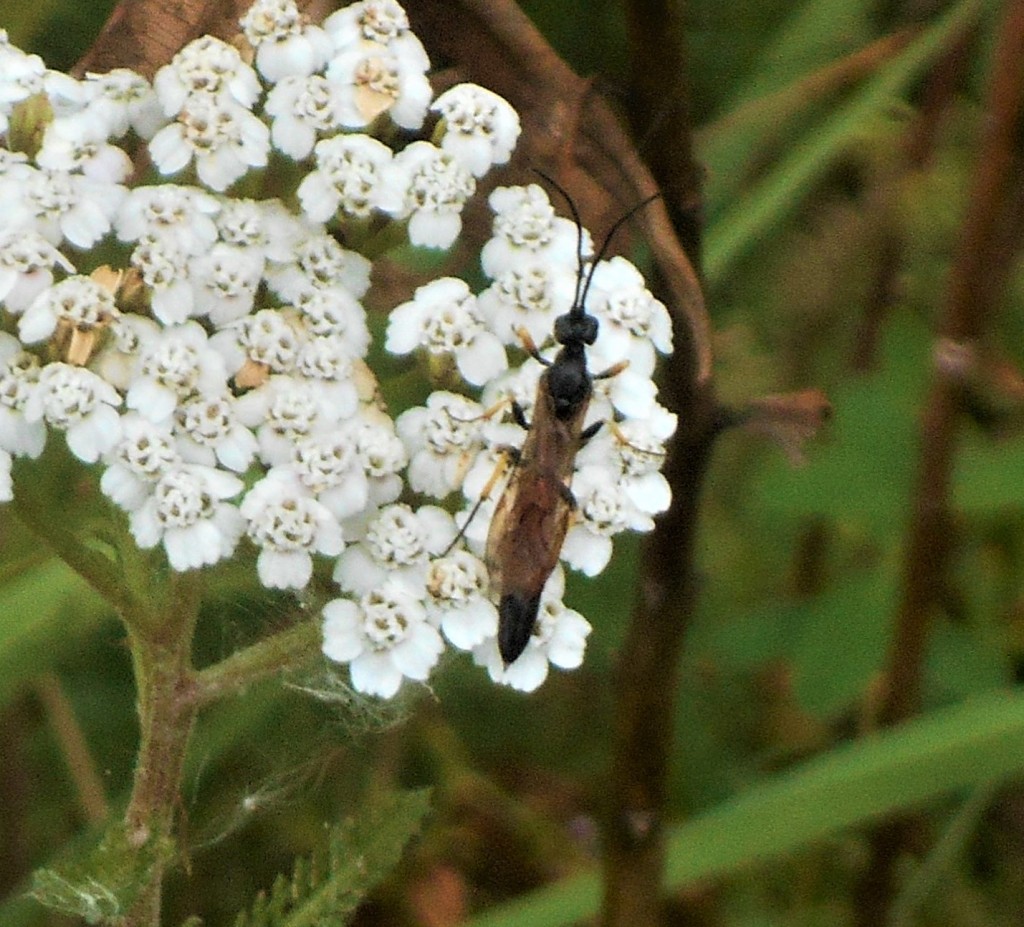
Two Speckled Wood were the only butterflies despite the warm sunshine and a noticeable lack of birdlife, a few noisy Robins, Chaffinches, Jackdaws, Crows, 3 Buzzards circling and we heard and eventually spotted a Raven, followed soon after by the sighting of a Red Kite.
While resting on a convenient bench watching the world in the shape of numerous bicycles go by, one of the cyclists stopped and hidden under the helmet was Andrew whom we hadn’t recognised in his unusual disguise! We hadn’t seen him for ages and caught up on all his news of birds and wildlife seen on his frequent explorations of the neighbourhood.
He told us about a “ghost deer” which he had seen several times in the nearby Witham Park woods, a regular haunt of ours. This deer is so pale it is almost white and evidently is reported to be quite eerie by those who have seen it and has already become a local legend. He swears that he has also seen a big cat in the same woods – probably a panther – which he believes was either an escape from nearby Longleat Safari Park or equally likely an abandoned pet which had become too large. He said that the shape of the head and the length and curl of the tail is unmistakeable. We told him of our experience some years ago of hearing a low growl uncomfortably close when we were examining an almost complete fresh deer skeleton. Needless to say, we beat a very hasty retreat! These are extensive woods running for some miles and parts of which are quite remote. Still, this news should give a welcome frission to enliven this winter’s walks!
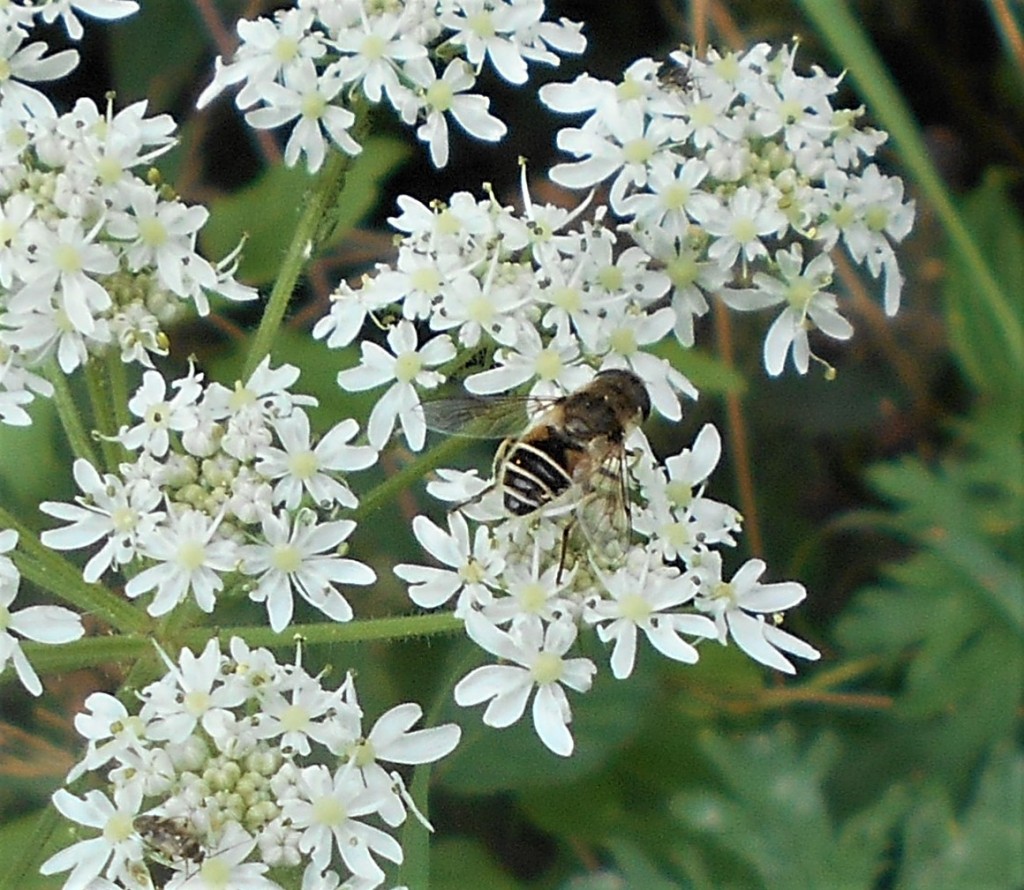
Whilst we were chatting Andrew suddenly noticed a Brown Hare racing from the hedge where the farmer was driving a cutting machine and trimming the hedges, the drone of which had accompanied our entire walk. He dashed into the middle of the stubble field, stopped and sat for some time looking around before slowly loping off to the opposite hedgerow. The most action we had seen all afternoon which I unfortunately missed as I was too busy photographing a rather beautiful hoverfly feeding on a still flowering hogweed. Who knows if the panther didn’t sneak by whilst I was peering down at lipstick lichen in the woods or even the ghost deer while I was trying to focus on a particularly striking slime mould!
FIT Counts 2017-2020
Following on from our participation in the Timed Polinator Count at the end of August, the pie charts on Ivy, Ragwort and Buddleia published by PoMS following the countrywide FIT counts make fascinating reading. Two aspects stood out for us, first a timely reminder of the value of ivy flowers, a less obvious source of nectar to us at least than the more colourful Ragwort and Buddleia flowers and which moreover attract almost three times as many various pollinators that the other two plants.
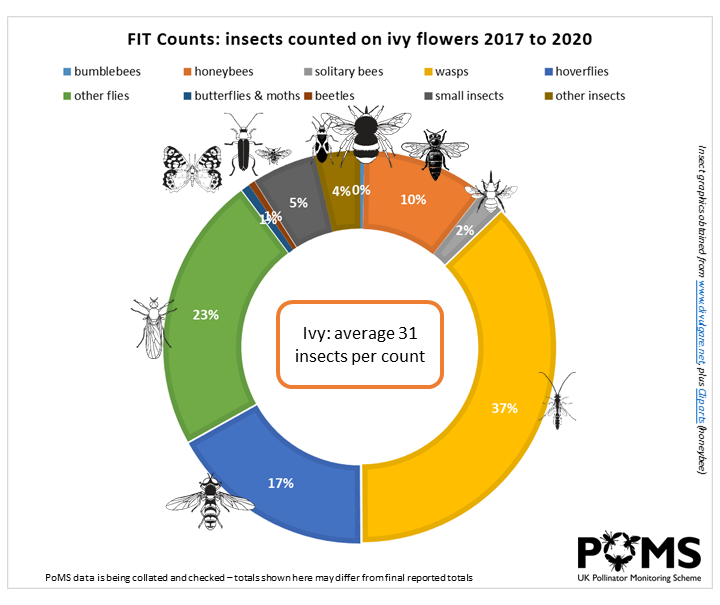
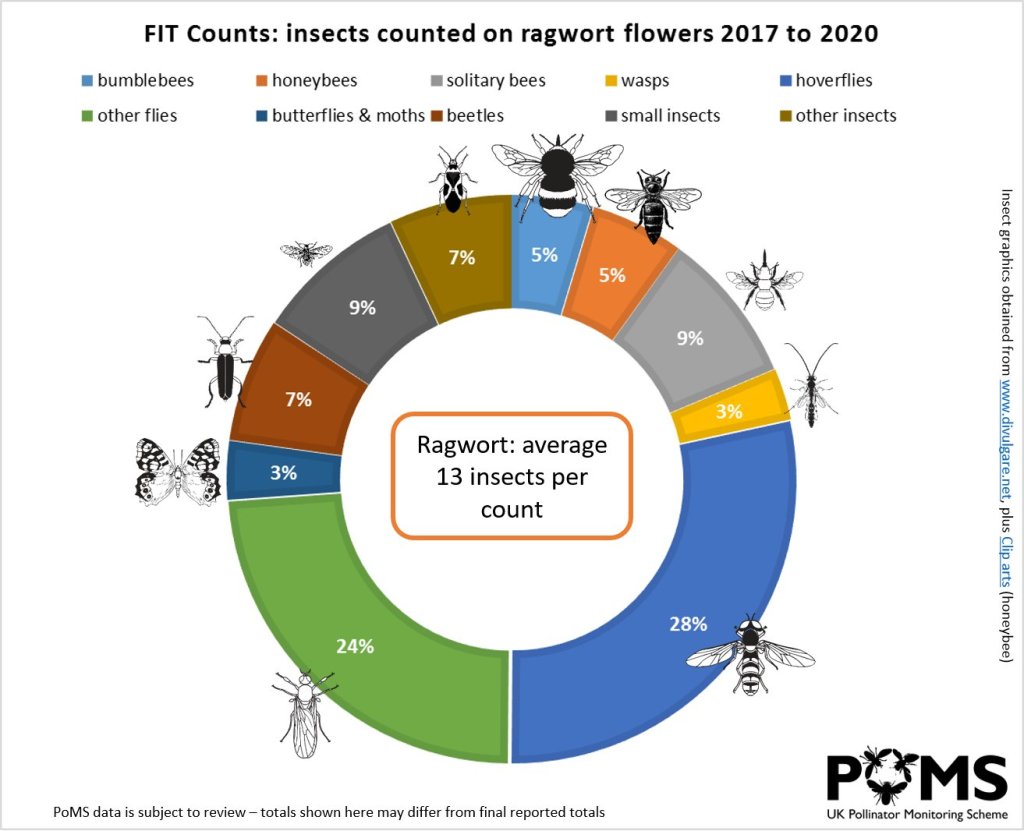
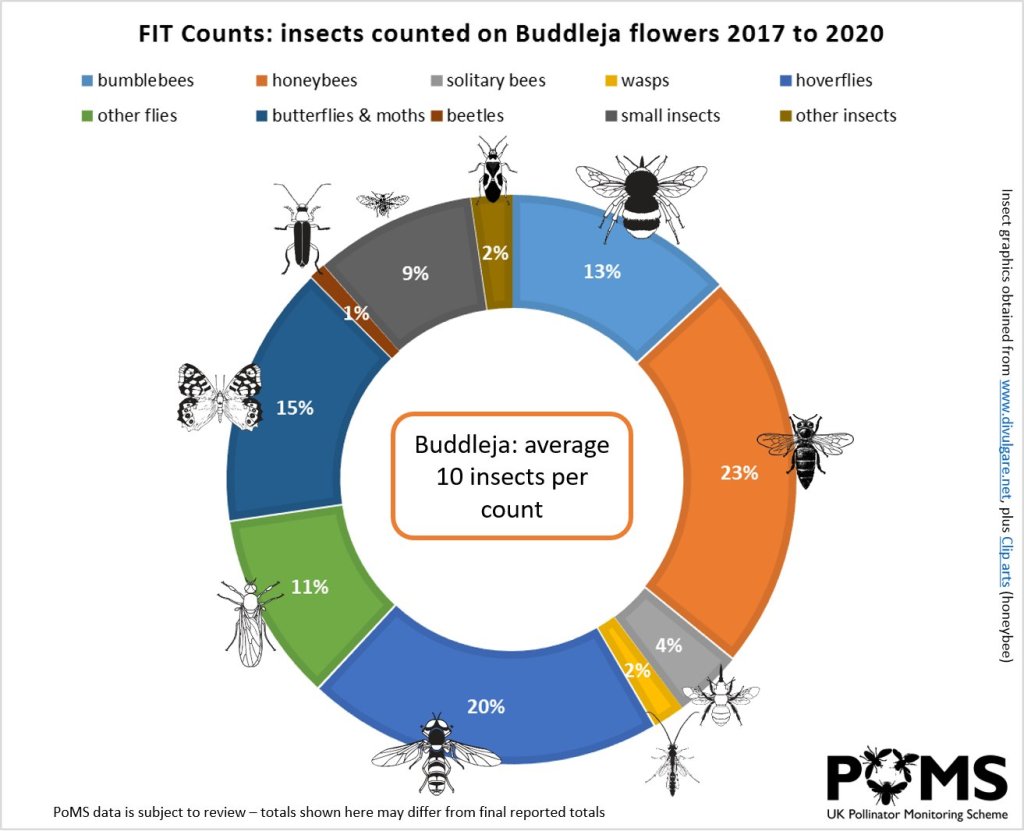
The other striking result for us was that only 15% of the pollinators on the Buddleia were butterflies – whenever we noticed the flowering shrub during the summer they always appear to be swarming with butterflies and we barely take account of even the bees – it’s a nudge to us to be more observant and not just look at the most colourful and showy insects which draw the eye.
It would be interesting to see the numbers for Dandelions as we are always astonished at the numbers of bees and hoverflies we notice on Dandelions, particularly at this time of the year, another of the late flowering plant.
13th September 2020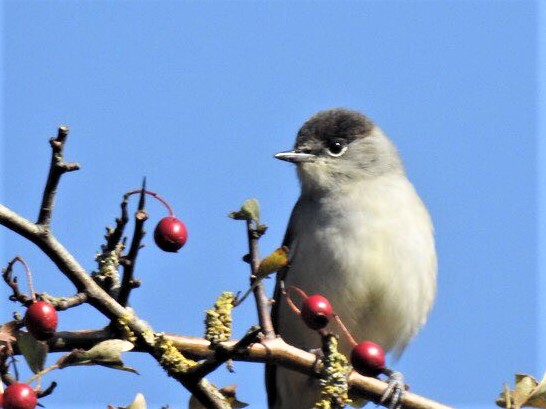 copyright: John Hansford
copyright: John Hansford
This Blackcap might be a juvenile Male from this Spring? It was warbling gently at times.“
John Hansford posted today’s sightings along Colliers Way on Twitter : “Decent fall of migrants today including 3 Singing Willow Warblers, Chiffchaffs galore, Blackcaps and a single Garden Warbler. 6 Buzzards, 1 Red Kite, 1 Kestrel.
6th September 2020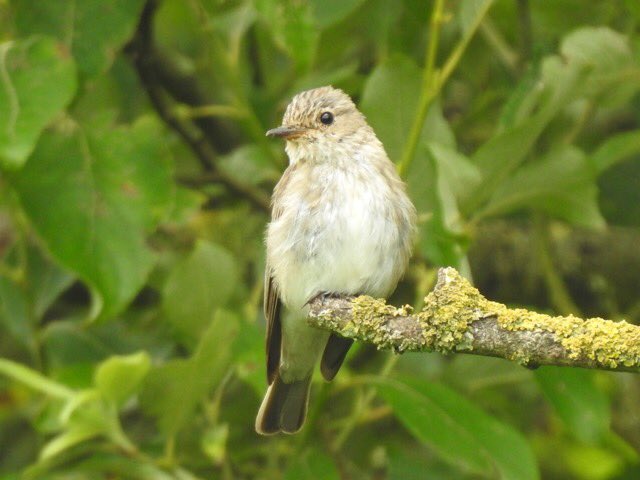
John Hansford sighted 11 Lizards, 1 Hare, Spotted Flycatcher (above) Common Whitethroat, Willow Warbler, 30+ Chiffchaffs, Red Kite, Marsh Tit today. Eleven Common Lizards! And we thought the seven we saw on the 22nd August was a record! It really is becoming a thriving colony. What an amazing number of warblers highlighting that Colliers Way really is is one of the best sites for them in Somerset.
26th August 2020 / 20 C / 11.32 pm
Our last day for the Timed Pollinator Count which dawned fair with lots of blue skies and bright sunshine, so we set out in good heart to check our wild angelica plant of which we have become really quite fond. And again it delivered, a total number of insects was 28 in all – 5 wasps, 3 hoverflies and an extraordinary 20 flies of every shape and size including another ichneumon wasp (sometimes called sabre wasps). During our three plus years of monitoring the cycle path we haven’t seen a single ichneumon wasp and now 2 different species in 2 days – sometimes it pays just to stop and stare. It apeared from this very small survey that 11.30 in the morning and 3.30 in the afternoon were the times when we saw considerably more insects, it might be worth while checking if these are the times when we see more butterflies.
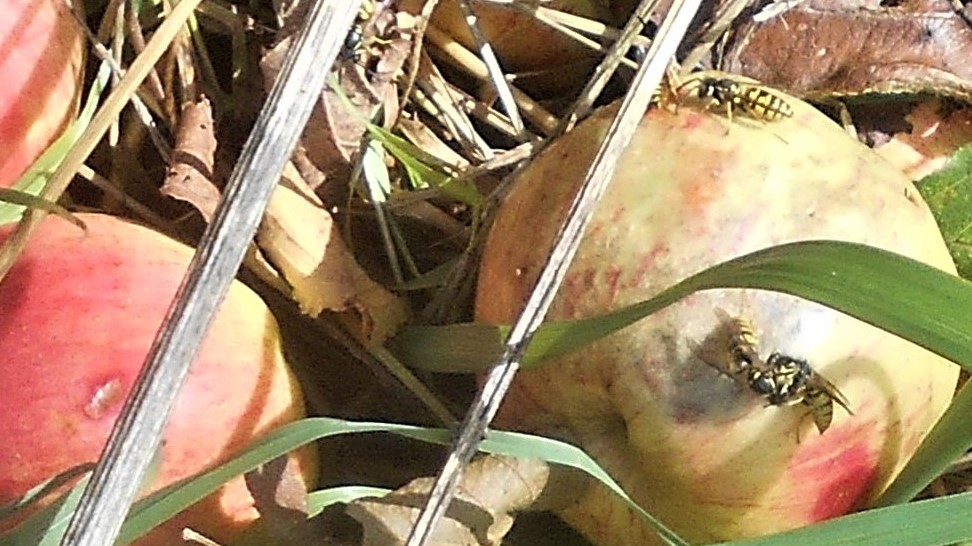
More and more wasps feasting around yesterday’s apple fall, making the area around the trees pretty hazrdous for the unwary, no sign of hornets arriving yet. No signs of lizards either when we again checked the embankment and didn’t spot a single one – each anthill was bare and not even a face peering out of the thick grass – well it’s always a matter of luck whether we see them and at least we have confirmation that their ittle colony is thriving.
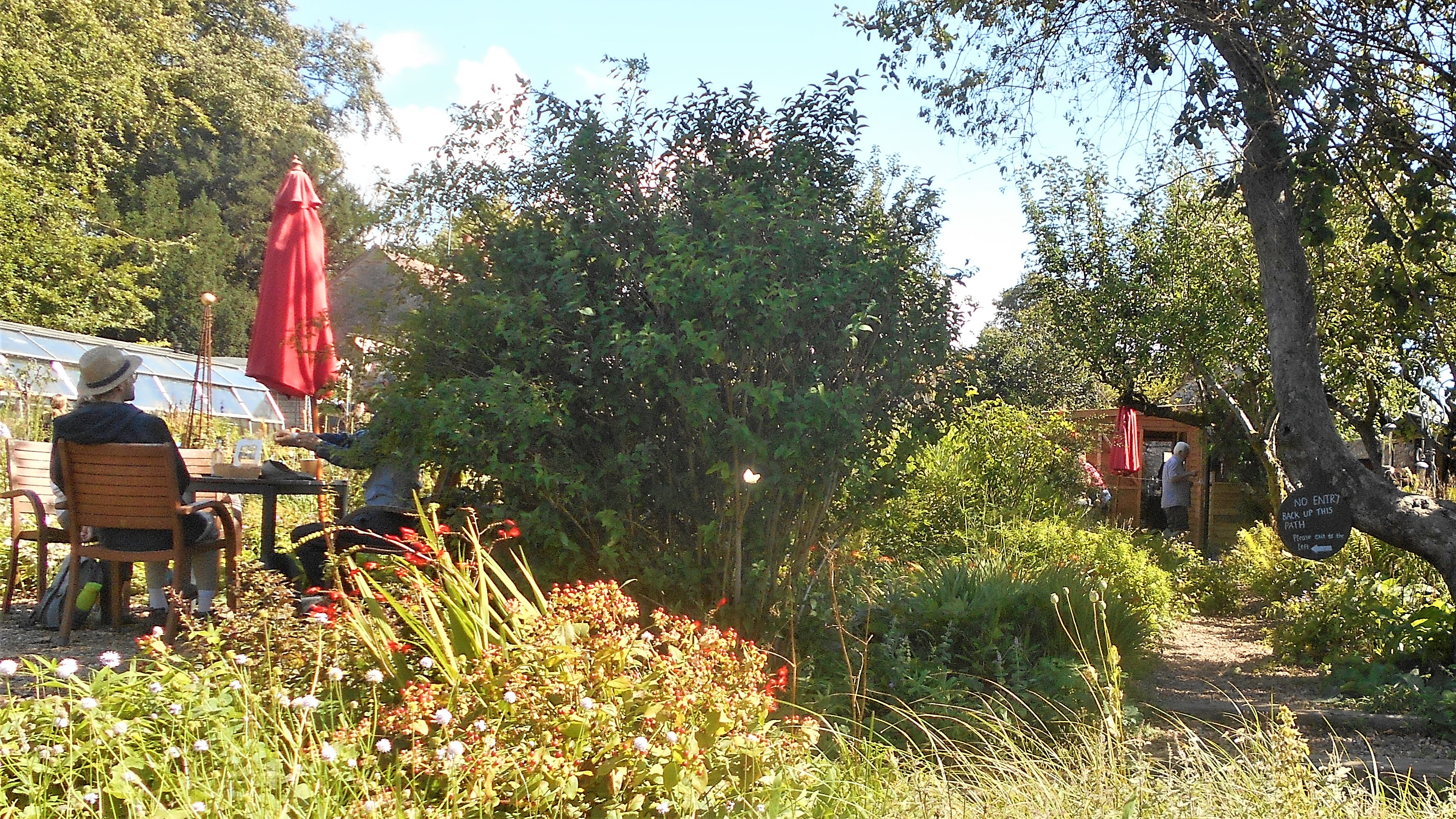
We celebrated our last day of TPC by enjoying a delicious lunch at The Walled Garden at Mells, and bought some very healthy looking herb plants from their good selection and whilst we were in the village, we took the opportunity, as always, to pop into the churchyard of St Andrew’s church, the tower of which we can see from the cycle path. Here we spent a moment at the graveside of the poet Sigfreid Sassoon, whose poems during the First World War did so much to draw attention to the plight of the soldiers at the front. Always remembered. https://www.britainexpress.com/counties/somerset/churches/mells.htm
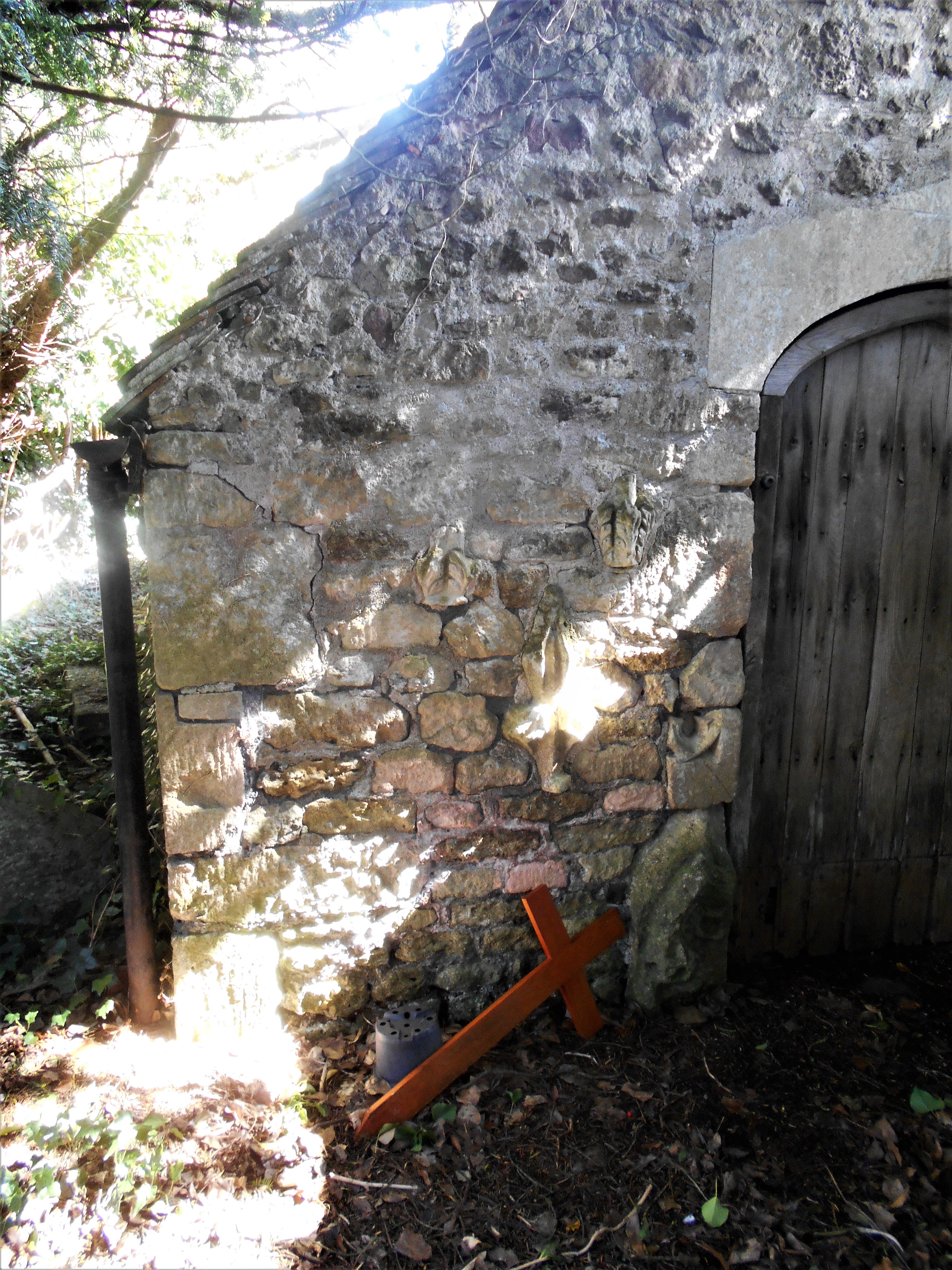
The shed at the corner of the graveyard where the sexton, the flower arrangers and the people who tend the graves keep their tools.
25th August 2020 / Temp: 20 C / 2.30pm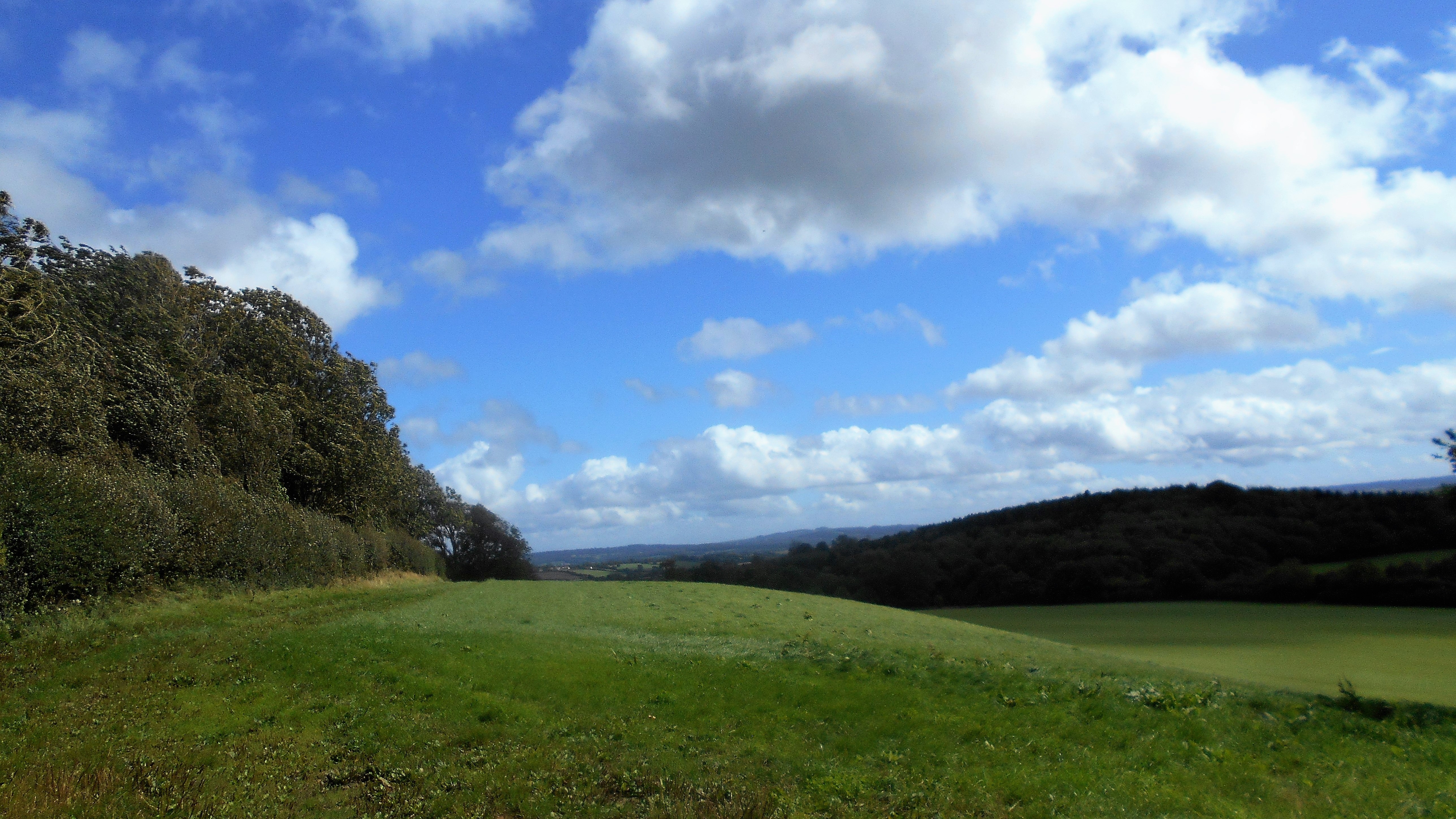
The tranquil view of the distant hills belies the reality of the afternoon – gale force winds of nearly 50 mph which had made us pause for thought but decided to do another pollinator count anyway. The first onslaught nearly knocked us off our feet but we battled on and soon reached the protection of the trees where the wind was simply envigorating and the sun warm!
The insects on the wild angelica seemed not at all disturbed as the plant was tossed and thrown about, they clung on for dear life and continued feeding. We counted a total of 17 insects, as usual, lots of flies – 12 in all – 3 hover flies and 2 wasps including this rather lovely ichneumon wasp.

No bees on the angelica but we did note about 9 or so bees as we walked along, on the fat purple thistle flowers, knapweed and yarrow, not many but interesting that some bees (mostly honey bees and bumble bees) were also out and about despite the winds bending trees in an alarming manner.

The wind also took its toll of the laden apple trees, we dodged the onslaught of fallen apples where they were falling fast, adding to the pile carpeting the grass surrounding the trees.
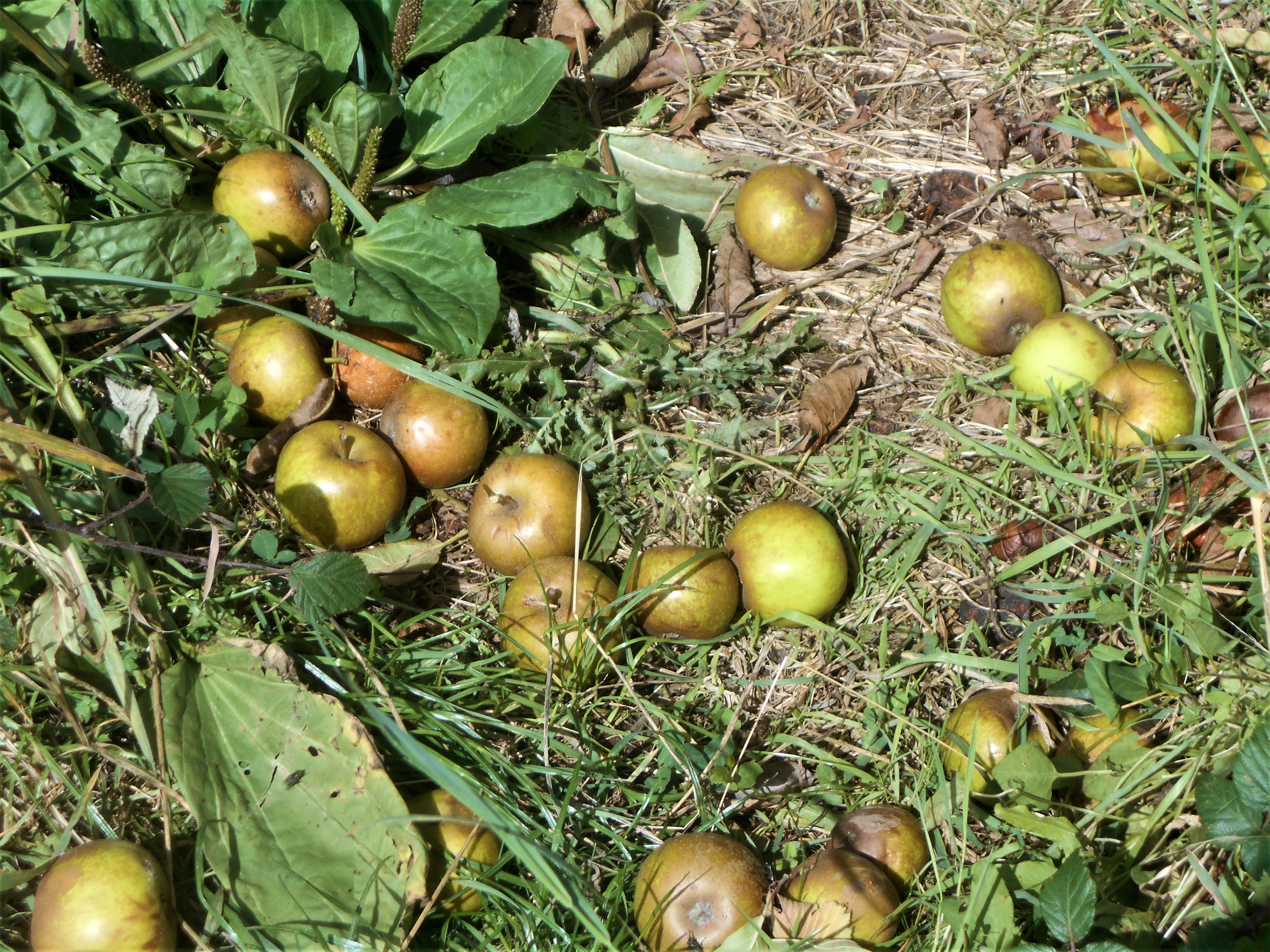
The wasps were already hard at work feasting on the unexpected bounty and no doubt the hornets would be arriving soon.
22nd August 2020 / Temp: 20.5 C / 3.50pm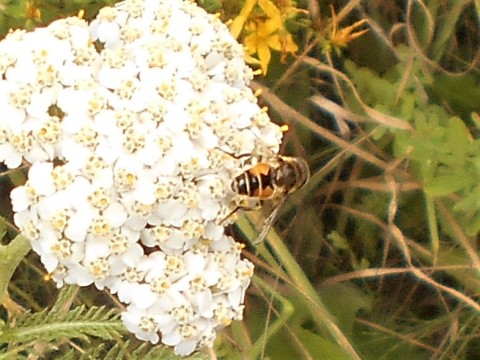
Thrashing rain and storm force winds most of the day yesterday so this was the first opportunity to complete our second Pollinator FIT Count. The wind was still strong but it had abated somewhat and thankfully the sun shone so we took our chance. We were so relieved we had chosen the large angelica plant which was growing in the grass verge on the hedgerow edge which is well protected by trees as there were hardly any insects on the flowers we passed on our way along the path, bar a colourful hoverfly busily feeding on a yarrow (above) and another on a hawkweed (below). The strength of the wind made photographic records on the the angelica impossible as flower umbels were never still, but fortunately we still managed to count a total of 29 insects: 19 flies (many blue and a few green blowflies, tachinid flies (including several relatively common Eriothrix rufomaculatus (with their black and red bodies), 5 hoverflies, 2 honeybees and a single wasp. 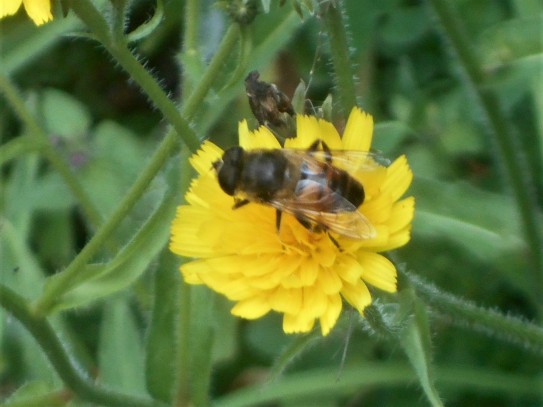
As flies unlike bees are still active in less favourable weather conditions, even on windy and overcast days such as this, we were fully expecting a really good number of flies on our count rather than bees or wasps and this proved to be the case.
As we were so close we decided to check out the yellow-ant hills along the embankment on the off-chance we might catch sight of a common lizard. We love this embankment which faces the sun all day and is a thick, tangled mass of wild flowers – shades of purple, yellow, magenta, pink and white, with the rare splash of blue from the meadow cranesbill – common fleabane, knapweed, scabious, yarrow, pale toadflax, various hawkweeds, rosebay willow herb covered in seed, great willow herb, yellow rattle, st john’s wort, ragwort, common birds foot trefoil, creeping cinquefoil, great fat woolly thistles all on or above eye-level, as are the anthills, so imagine our delight when we saw 7 lizards in a stretch of no more than 25 yards! First what we thought was one adult, turned out to be three when we checked the photograph (see below)….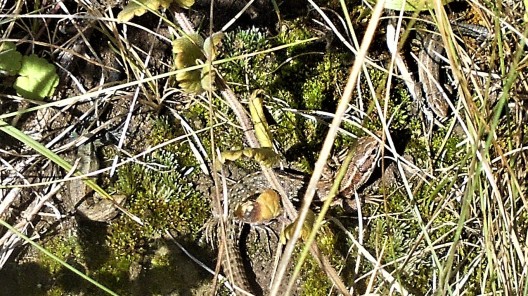
while just a short distance away, maybe 7 yards or so, we saw a single lizard standing guard in total frozen stillness on the top of an anthill – another 10 yards or so searching carefully (their camouflage is so very effective, they can be difficult to spot) we then triumphantly spotted two small juveniles, one little stubby already minus his tail which he no doubt dropped when escaping a predator. Common lizards give birth in July so these two small lizards were likely to be not much more than a month old.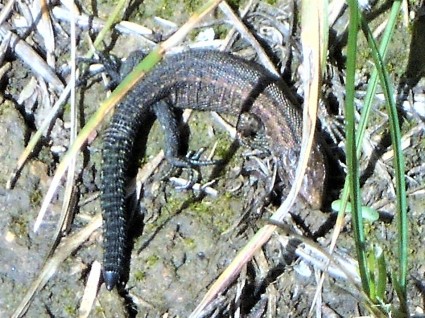
Astonishingly, we had walked no more than another 10 yards or so when we caught sight of yet another lizard, stretched across the grass, almost completely camouflaged while he enjoyed the short burst of unexpectedly hot sun as the wind dropped to a gentle zephyr.
Whenever we catch sight of lizards when walking, they skitter off at such lightening speed we only can a brief glimpse so it is such a joy to be able to watch these embankment lizards for as long as we like, or as long as we can remain totally still. Although common lizards are the most common reptiles in the UK, there appears to be a decline in the population due to loss of habitat, so Common Lizards are also listed on the UK Biodiversity Action Plan. It’s really encouraging to see such a thriving little breeding colony here beside the cycle path.
After watching the lizards enjoying their sun bath, we decided to follow their example and walked back along the path to the large boulder beside the buddleia 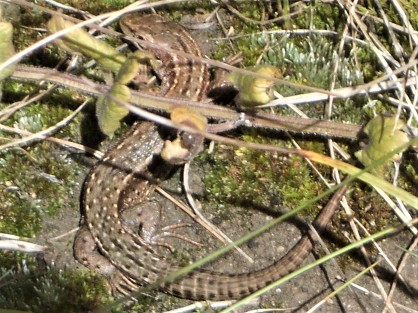
(the flower heads of which were brown and shrivelled – sadly over for another year) we found comfortable perches, lifted our heads and turned up our faces to the sun and simply soaked up the sunlight while chatting in a desultory fashion to two walkers from Radstock who were sitting on the picnic benches alongside enjoying the peace and quietness of the path. We had noticed far more walkers than usual since the start of the lock-down in March and, interestingly, many more younger people walking for pleasure and not just to exercise dogs.
It was such a pleasure to feel the warmth of the sun after so many dreary, dull and overcast days – to sit in a small orchard of ripening apples, look out over the ripening corn fields and hedgerows towards the church tower standing proud of the stately yew trees in the far distance, surrounded by wild flowers – possibly the last gasp summer – a wonderfully soothing place to rest after our little lizard safari!!
20th August 2020 / Temp: 20.5 C / 12.50pm – 1.35pm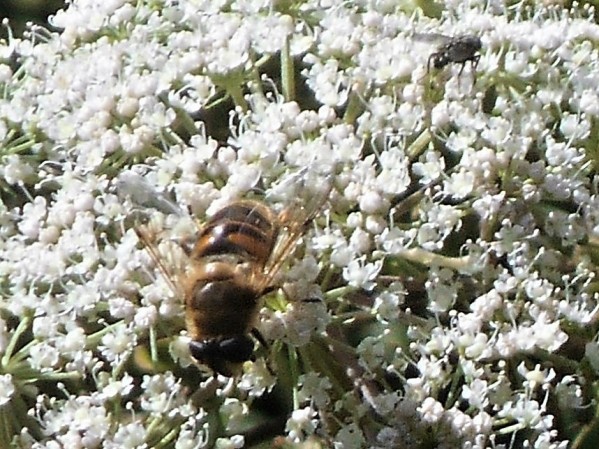
We have volunteered to take part in the Pollinator Flower-Insect Timed Counts (Pollinator FIT Counts, for short) which is a citizen science project aiming to understand how pollinator populations are changing across Great Britain. We have been asked to watch a patch of flowers for 10 minutes and record the insects that visit the flowers, five times over eight days (at least once per day on five days).
We intended to do the count in our local churchyard which is close to where we live but between agreeing to do the count and the count starting the entire churchyard has been mowed within an inch of its life and all the lovely wild flowers have disappeared – so….
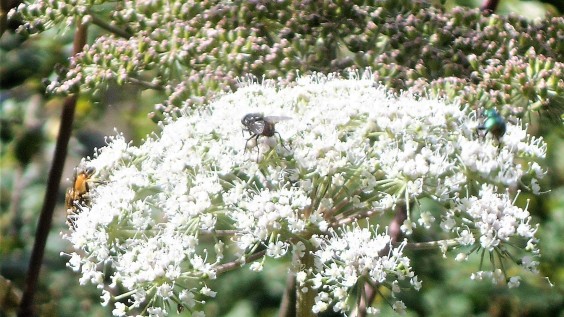
It was a beautiful, sunny morning, predominently blue skies with flying white clouds and very windy. We walked the path checking on the recommended plants but those which were in flower were in the full force of the wind and so eventually we chose an angelica from the fallback list simply because it was sheltered from the wind and was covered in insects! We counted 17 pollinators during our 10 minute slot: 3 honey bees, 6 hoverfies, 7 other flies and 1 “other insect” where we couldn’t be certain of the species.
It is due to rain tomorrow and even higher winds are expected – will we manage 5 visits in the next 6 days? Watch this space!!
12th August 2020 / Temp: 25.5 – 28C / 9.20 – 11.15 am
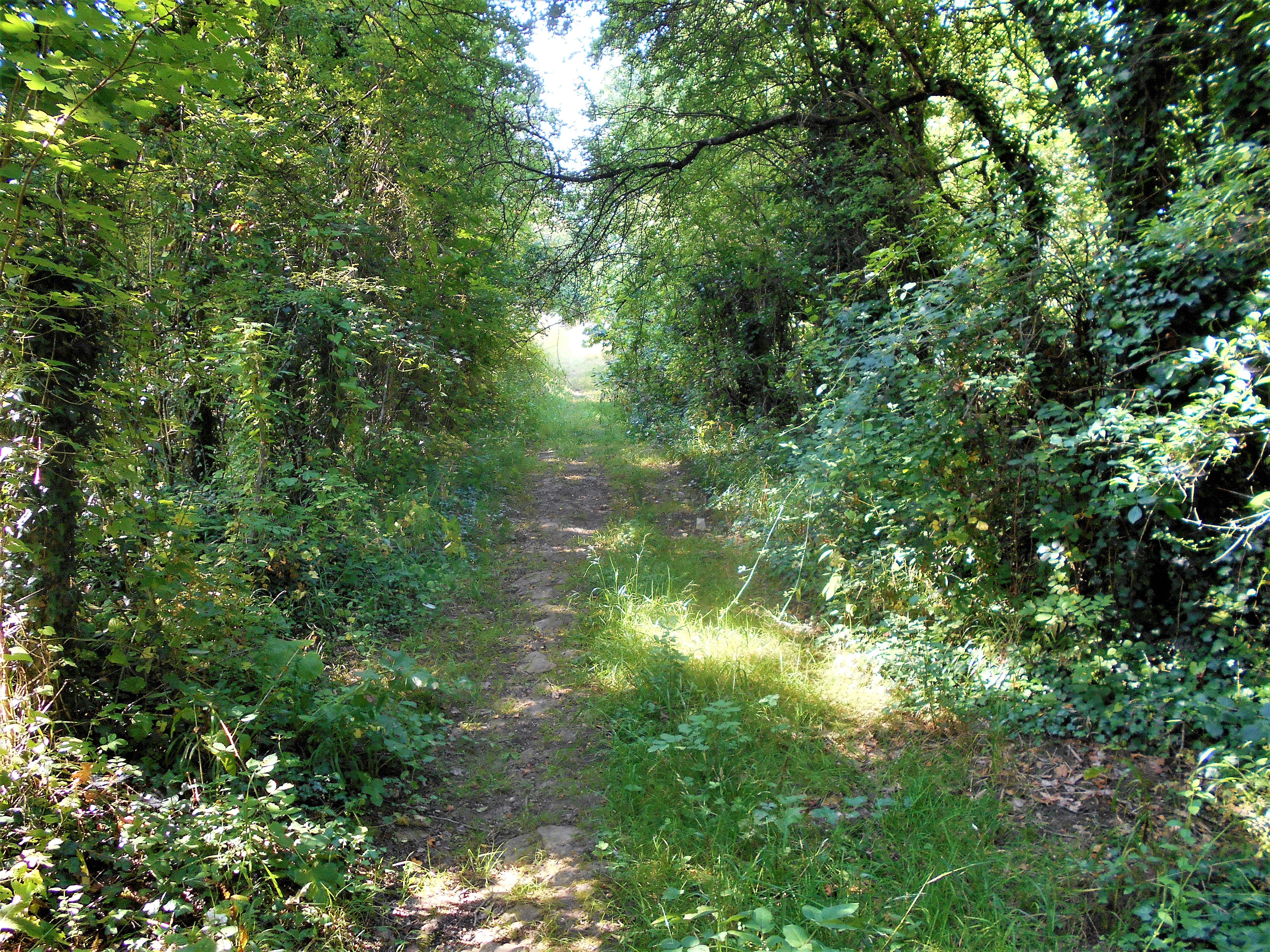
Much too hot to walk in the sun so we again headed to the woodland path and kept to the cool shade of the trees as much as we were able. We were keen to walk up to what we always call “the butterfly glade”, a unprepossessing looking area of abanded sheets of corrugated iron, old railway lines and rubble but lots of thick clumps of common valerian and umbellifers with two reasonable sized buddleia flanked by deciduous trees and it is here where we have often watched Silver-washed fritillary butterflies in the past. If one Swallow doesn’t make a summer, we hope the same doesn’t apply to butterflies because eventually we were delighted to catch sight of a solitary fritillary! Not exactly the abundance we had hoped for, but one is at least a promising sign.
The butterfly count was notable firstly for the number of species we saw and secondly for the disappointing quantity – only 4 Large and 3 Small White, 1 Holly Blue, 3 Gatekeeper, 3 Meadow Brown, 5 Speckled Wood, 2 Green Veined White, 3 Red Admiral, 1 Painted Lady and 2 Small Skipper was the sum total of all the butterflies we saw both at the glade and during the rest of the walk.
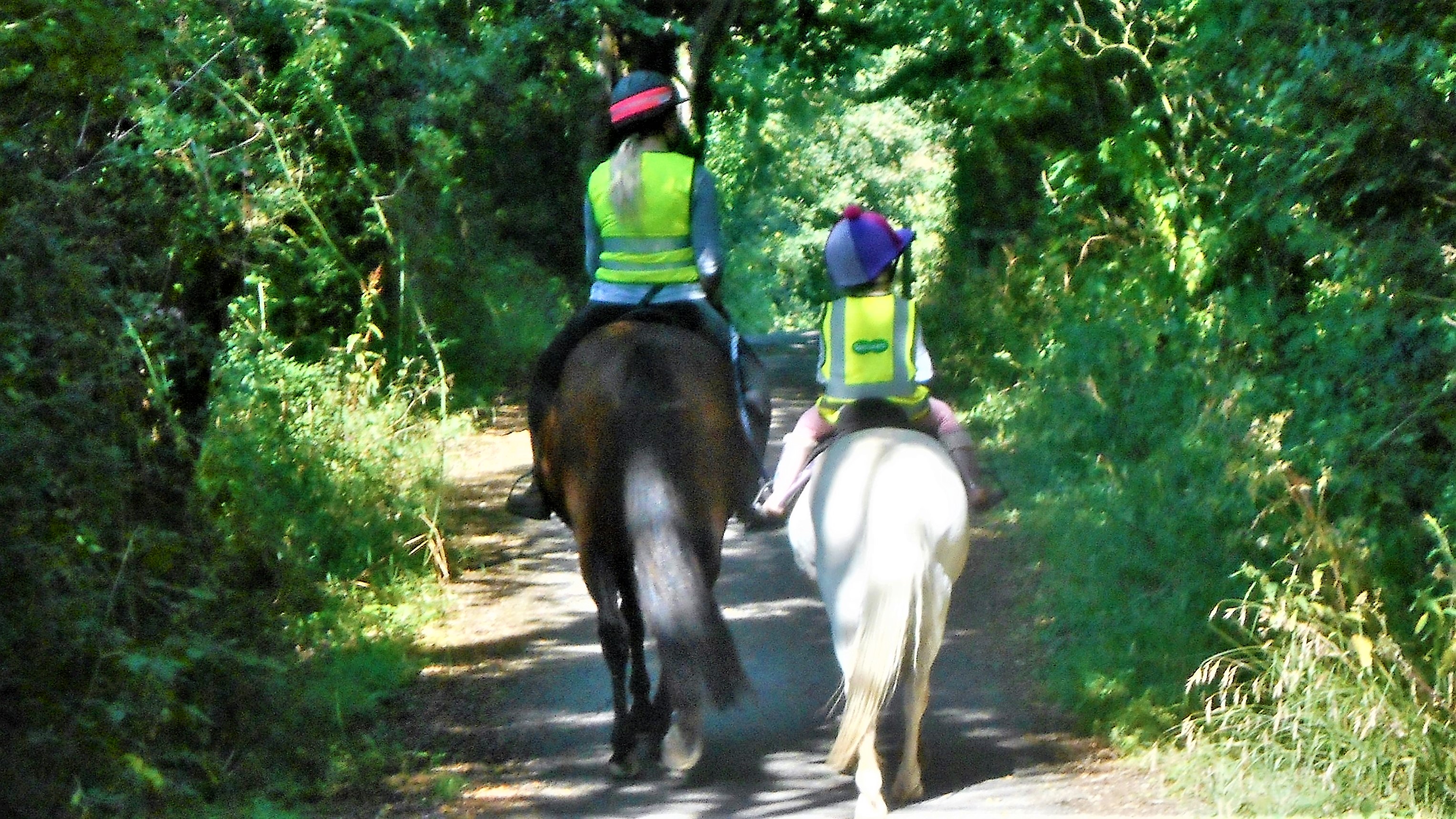
A good number of cyclists and runners passed us along the path although no children except for a very young girl on her pony who didn’t look much above 4 years old being led by her mother who told us that they lived in the nearby village of Buckland Dinham, and that the horses had been a boon for both her and her children during the past 4 months or so when so much of normal life was under lock-down.
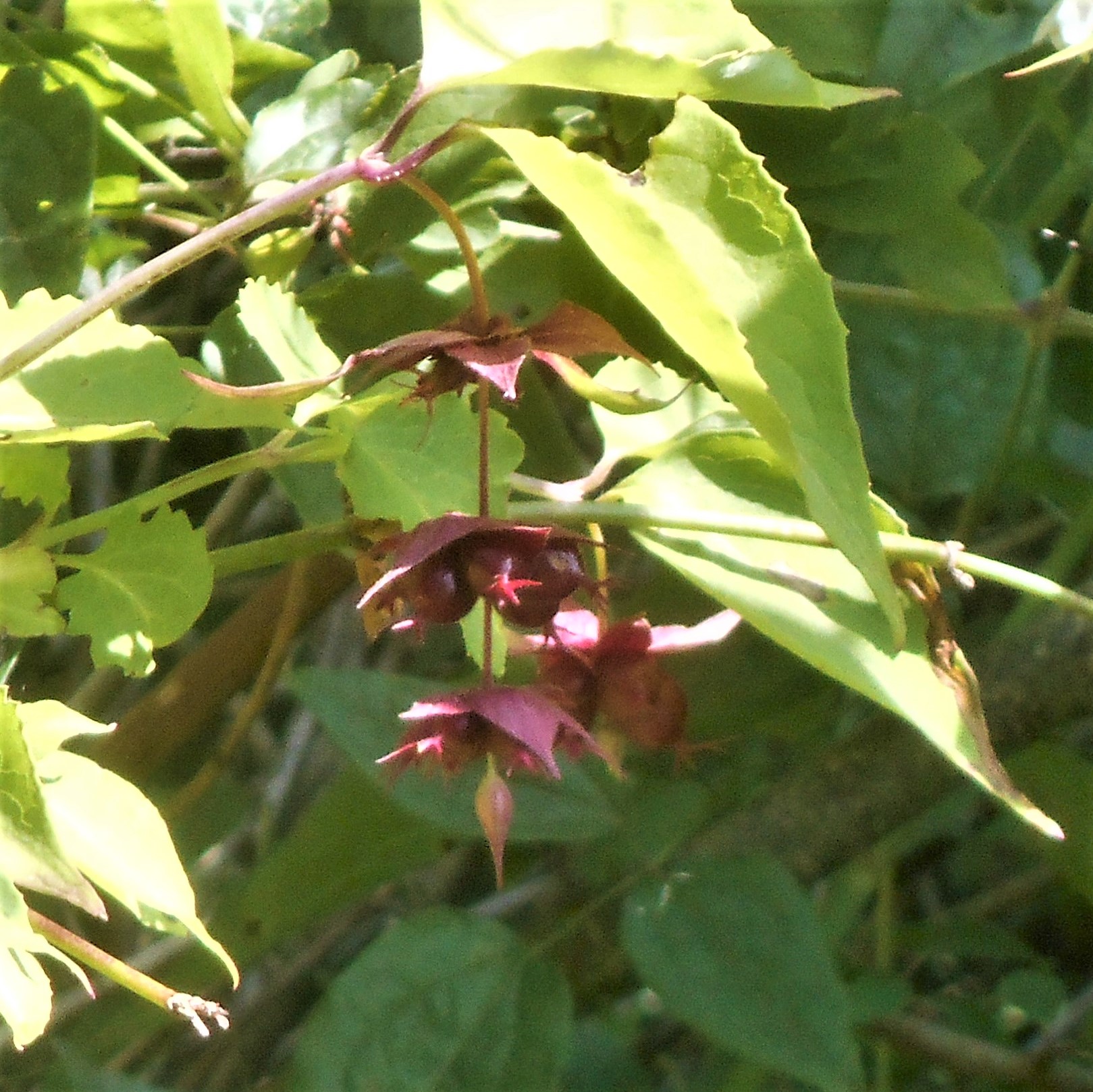
Good to see that the garden escape himalayan honeysuckle has survived the cut and although already past its best, is still hanging on. Signs of autum everywhere from the old man’s beard smothering the trees and covering the hedges, elderflower berries hanging black and luscious, purple sloe laden blackthorn, hawthorn beries already bright scarlet and the dogwood berries already turnning black. The ground under the hazel trees are carpeted with open nut shells discarded by squirrels, the blackberries are well on the way to ripeness and the first of the black bryony berries are appearing climbing every post and hedge. Every year it catches us by surprise as we insist it is far too early and every year there is a brief moment of dread at the thought of the nights beginnning to draw in and the long months of dark winter days ahead.
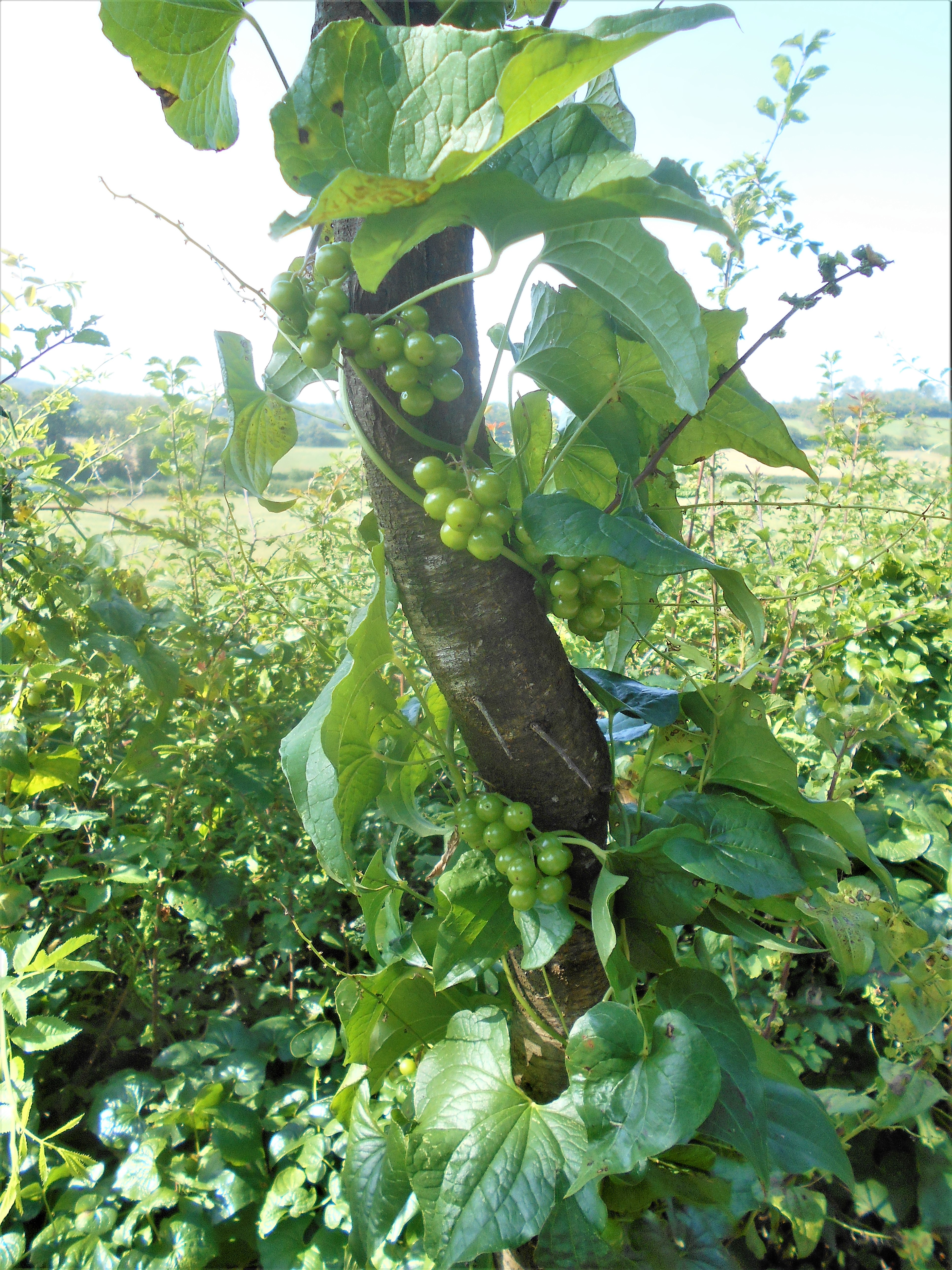
We heard a juvenile raptor crying for food, watched several families of long tailed tits flitting about the tall spreading ash trees, their bright green leaves lit by the sun, even heard a tawny owl hooting softly in the distance – but so little sign of bird life during the yearly moult, a few crows, lots of wood pigeons and a pheasant was all we saw. However John Hansford said he heard his first Robin giving its winter song – another signal for the turning of the season but he also saw 40 plus house martins still around his house so not yet… not quite yet.
2nd August 2020
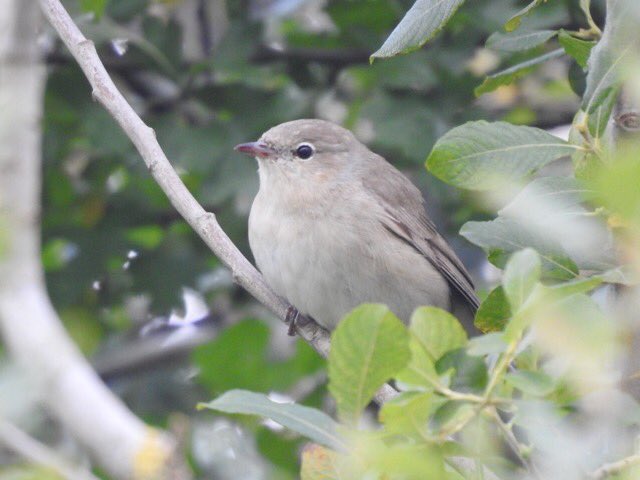
John Hansford posted on twitter: “Garden Warblers and Whitethroats (above) still feeding young on Mells Down (ie Colliers Way) no shortage of Chiffchaffs either.“
31st July 2020 / Temp: 30.5 C / 2pm – 4.10 pm
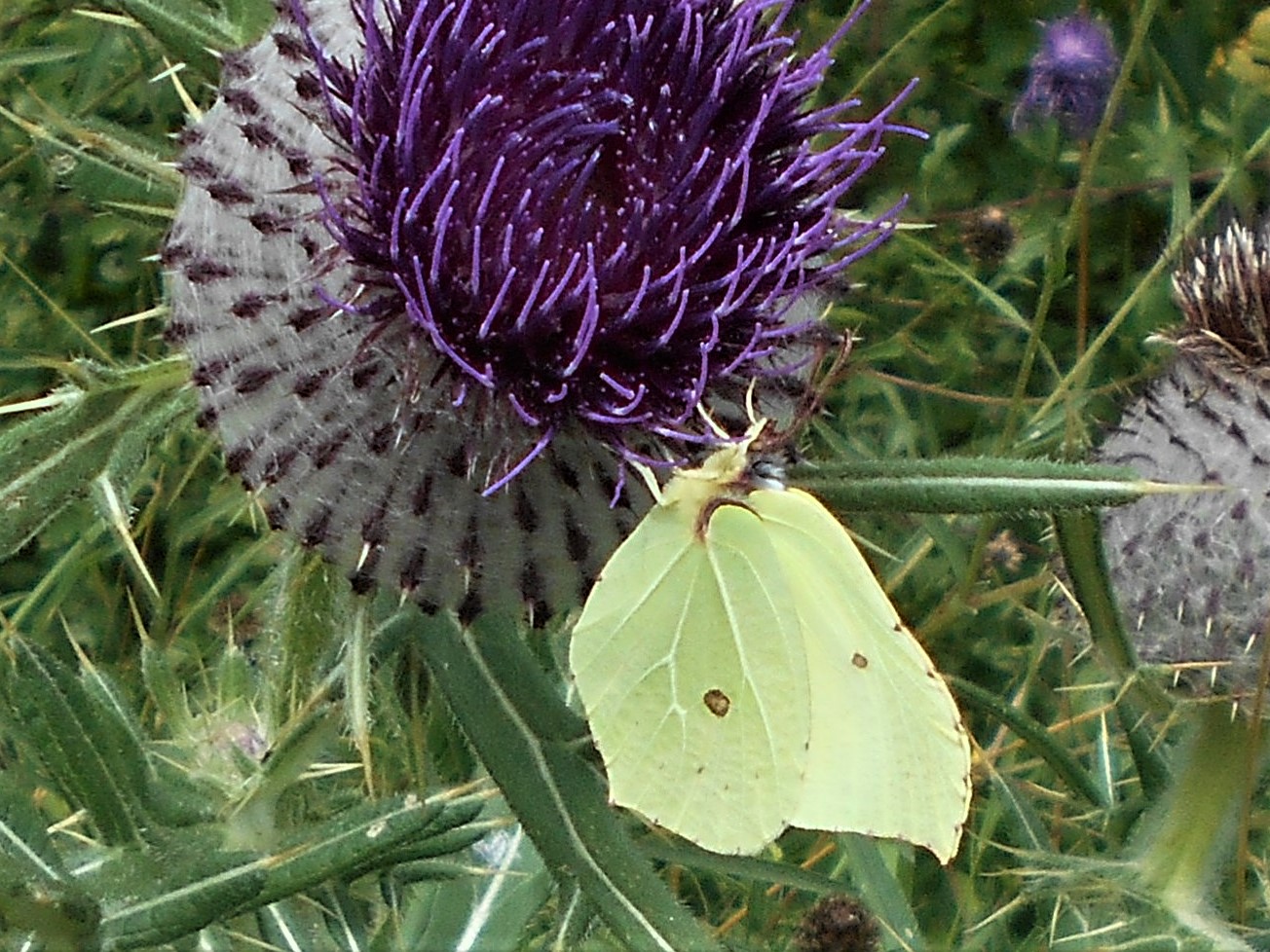
After our woodland walk recorded below with its scarcity of insects, we thought we would check the open path where the bordering plants have more flowers and there is a large buddleia which escaped the fate of most of them during last spring’s savage cuts. We hadn’t walked far before we reached the stretch of woolly thistles just beginning to flower with one or two blooms on each plant and as always they are a magnate for bees and butterflies alike. A beautiful Brimstone (above) was feasting on one and a couple of
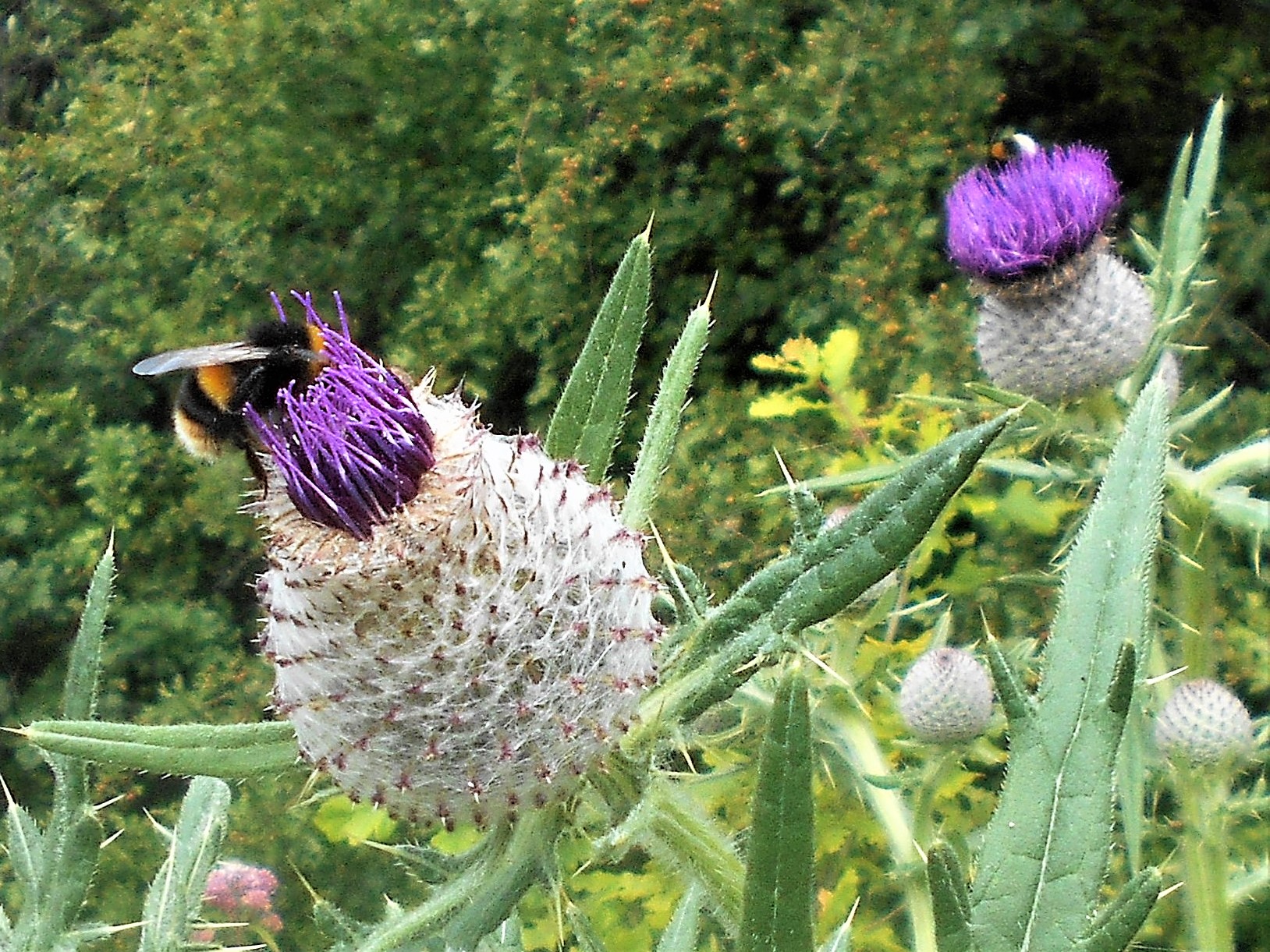
buff-tailed bees are feeding on another.
While the drone fly (Eristalis arbustorum) seems to prefer the newly opening hogweed
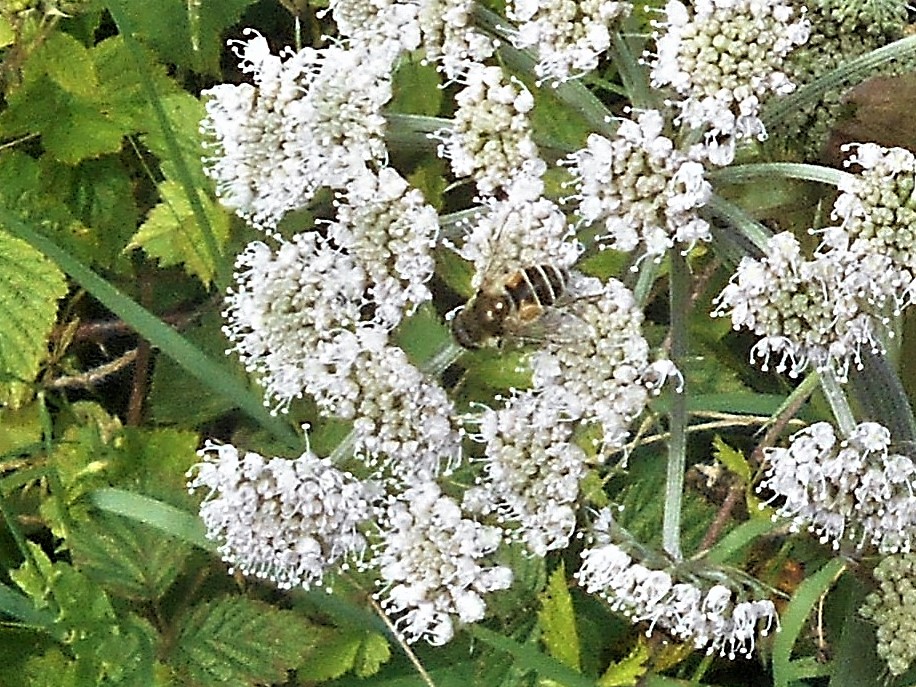
The Meadow Browns appear to be very content with the spear thistles
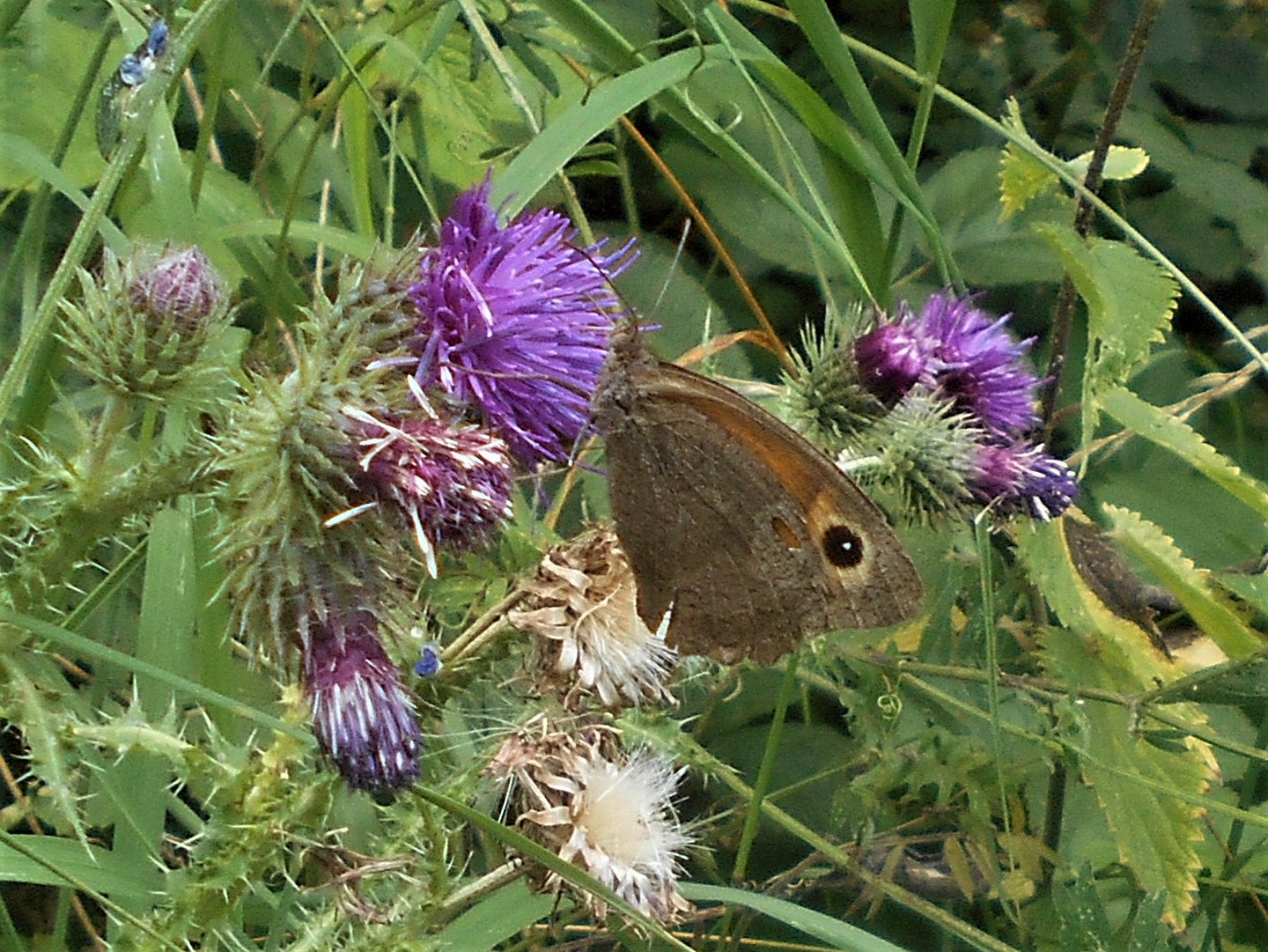
but if it’s seduction which is on your mind, these two bonking beauties look to a beautiful wild carrot with its deep red central flower to set the mood.
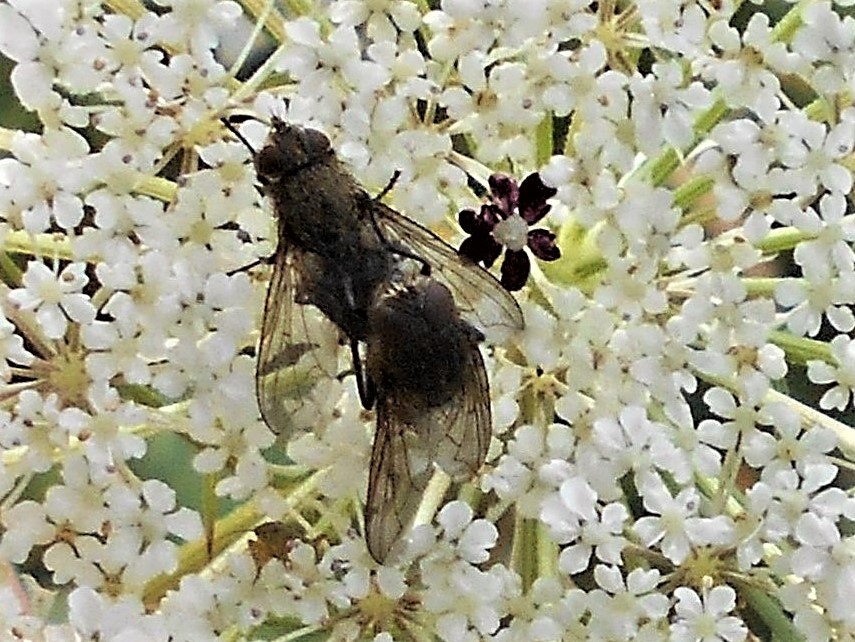
altogether (including those around the buddleia) we counted 36 butterflies – 7 Gatekeepers, 2 Red Admirals, 3 Peacocks, 8 Small Whites, 5 Commas, 2 Speckled Woods, 4 Brimstones, 3 Meadow Browns, 2 Small Skippers and 5 Commas (although still no sign of Silver Washed Fritillaries) which is a goodly number in such a short distance and time, and a strong contrast to the woodland section of the path.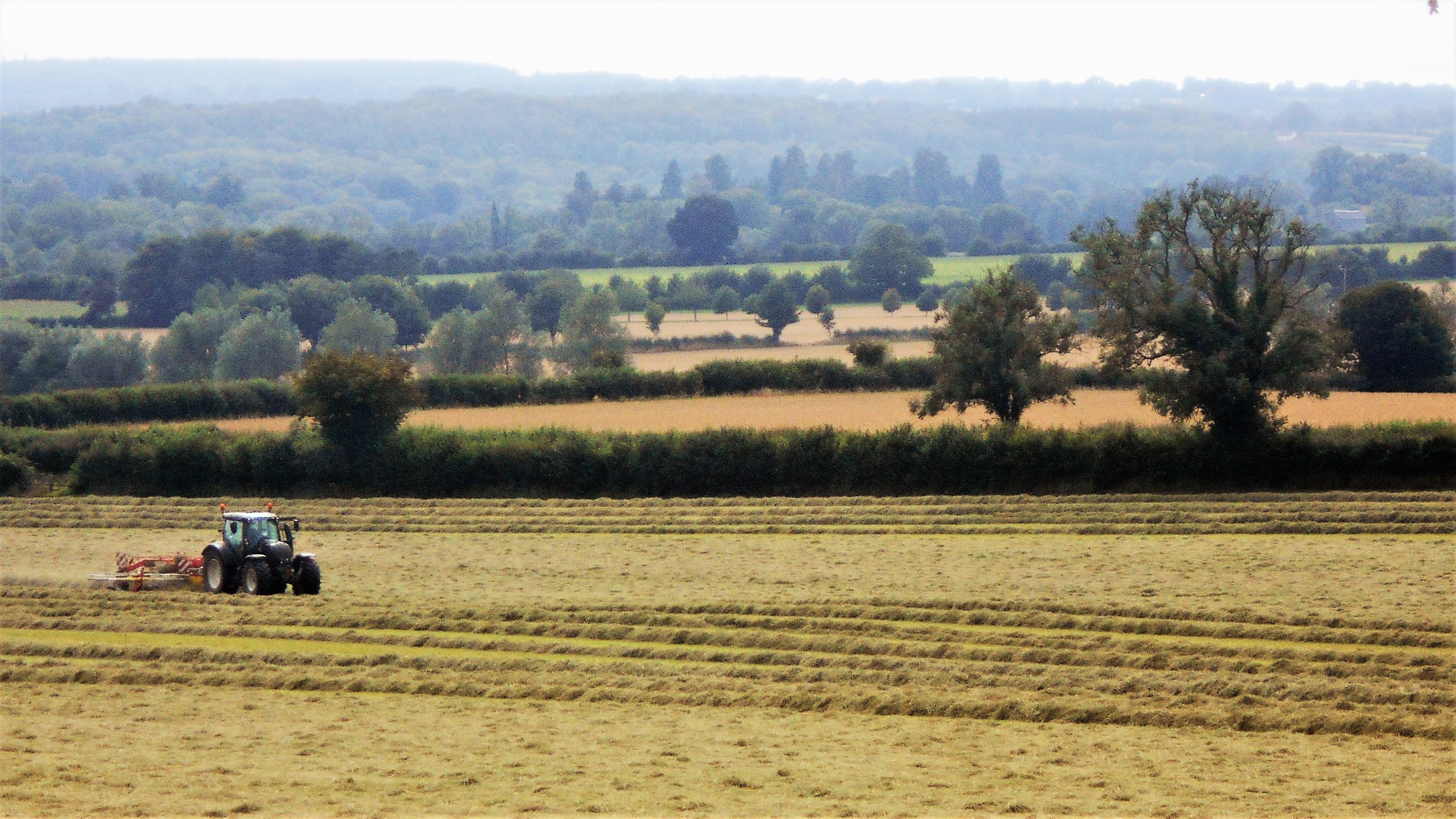
Seeing and, more noticeably, hearing the farm tractors, haymaking machines and trailers from the fields on either side of the path signalled the first signals that the seasons will soon change, as did the clusters of empty fresh hazelnut shells on the banks and path. Other signs that autumn was not far away were the flame coloured lords & ladies berries, the ripening sloes some of which were already blue-black and the guelder rose berries glowing red and yellow in the sun.
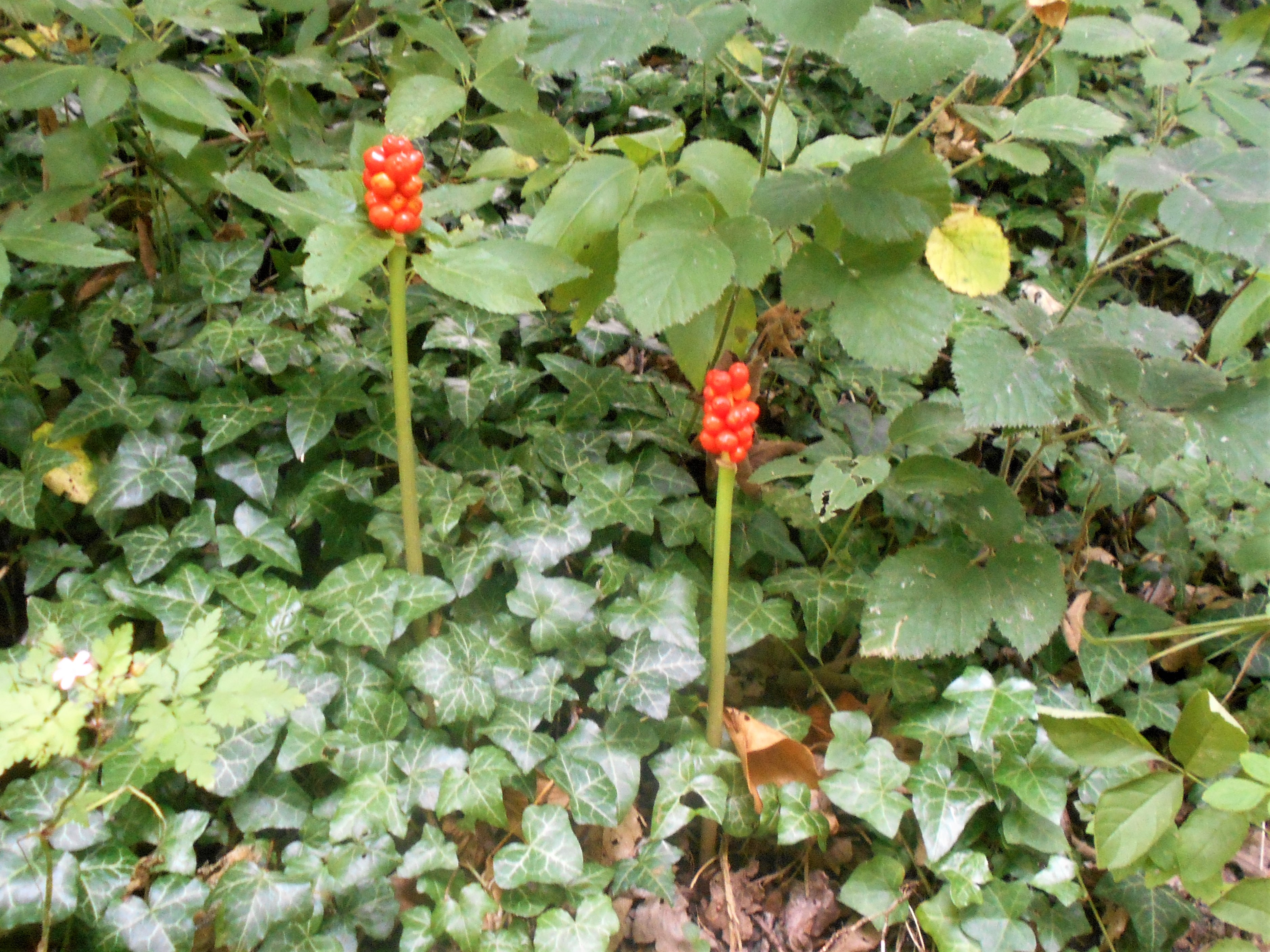
As always at least one Buzzard, several Ravens and a Red Kite circled above the machinery, eyeing the field for any signs of small creatures avoiding being caught in the balers and offering the raptors a tasty morsel.
What countered these early signs of autumn was the heat! The hottest day of the year and the sun was burning and so fierce we turned away from the open path to take the wooded path which at first was blissfully cool in the shade of the tall ash trees, particularly the welcome breeze, but as we descended into the hollow between the high banks, it became hotter – sticky, humid and almost tropical.
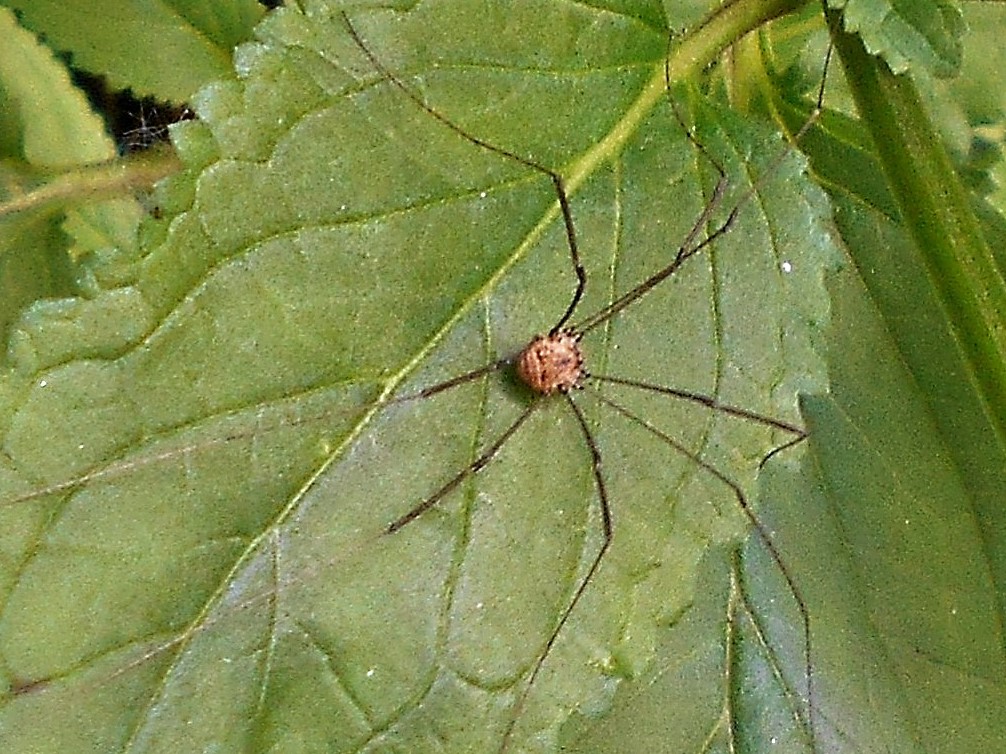
There was a noticeable scacity of butterflies and insects, apart from the harvestman above which may be a Leiobunum rotundum which matures at the end of July. Apart from the raptors, the only other birds we heard was a Green Woodecker, Wood Pigeons and Wrens. Few flowering plants, Enchanters Nightshade which was prolific, the occasional figwort just coming into flower, and nettles as far as the eye could see!
22nd July 2020 / Temp: 21 C / 1.5pm – 4.30pm
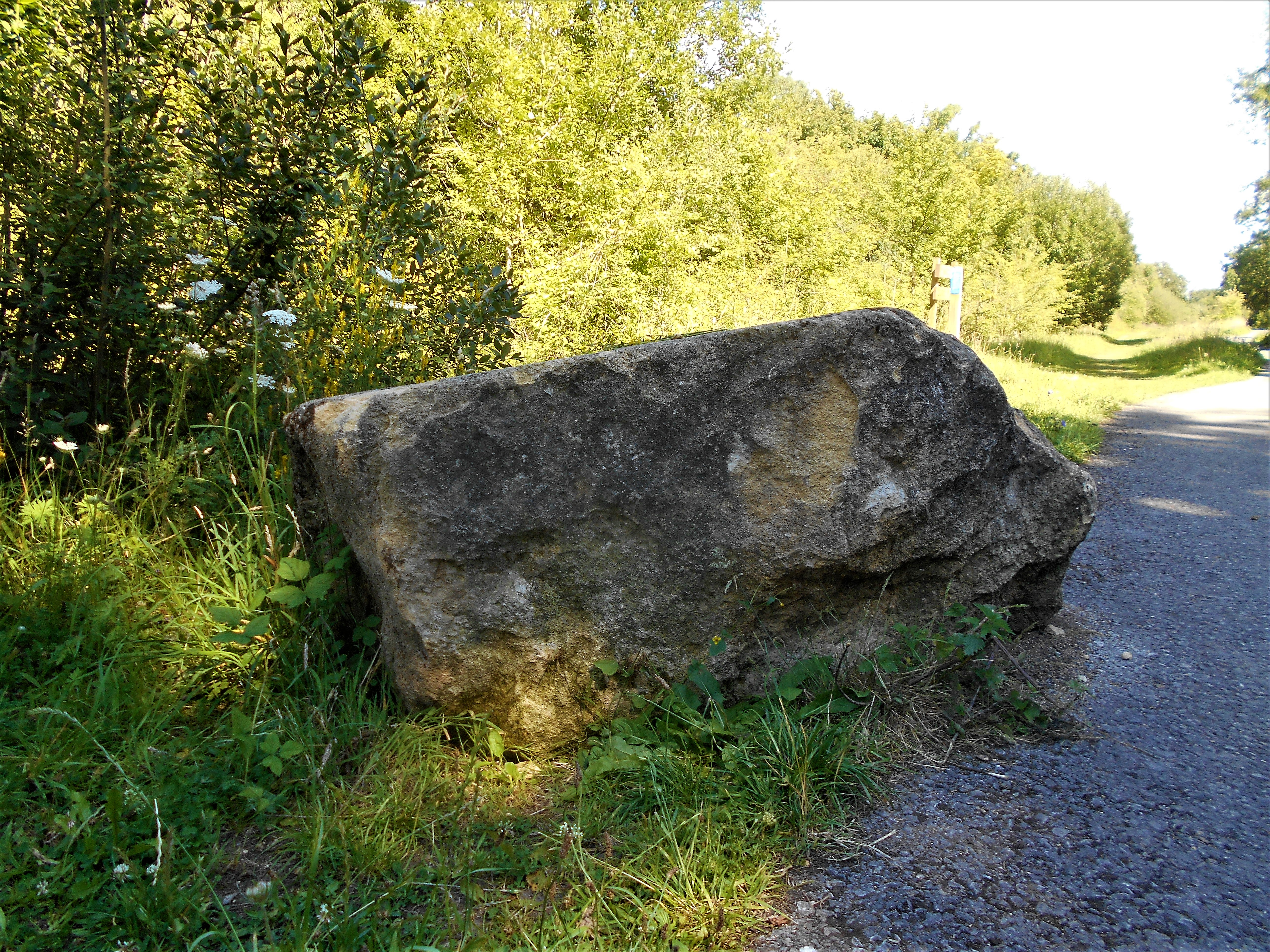
Continuing our butterfly hunt, we decided to check out a small stretch of the path from Mells old station towards Radstock. There are at least half a dozen buddleia bushes along this area backed by trees and fronted by a wide area of unimproved grassland scattered with yarrow, knapweed, ragwort, st john’s wort and lots of tall waving grasses. Remembering the clouds of butterflies surrounding the single buddleia at the other end of the path, we thought we were in for a feast! Imagine our disappoinment when all we spotted along the whole line of trees were a small sprinkling of small whites, 1 Red Admiral and 1 Peacock!
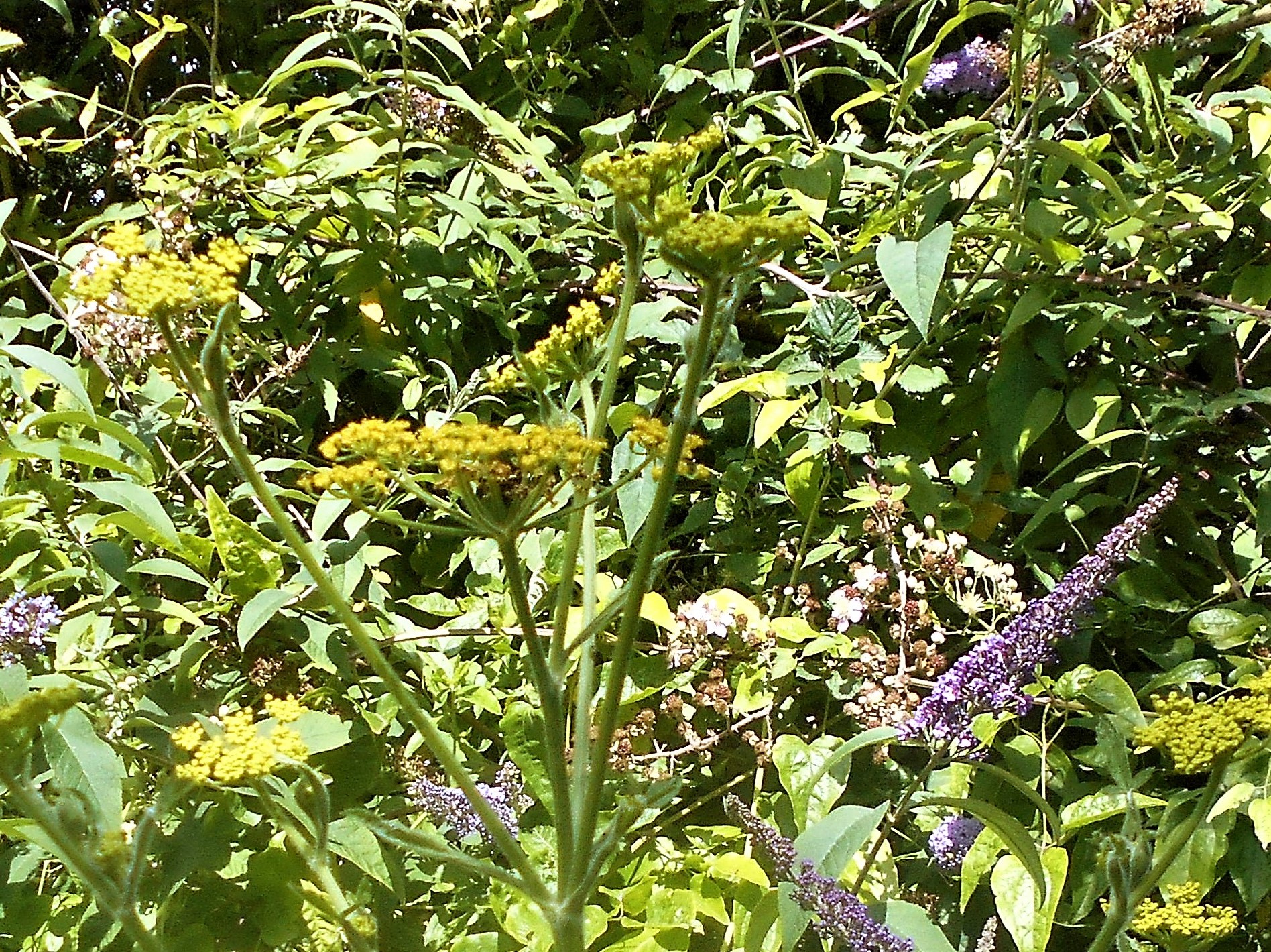
However, our disappointment was tempered by finding several tall, commanding wild parsnip plants in full flower. This was a plant we have always expected to find and this was our first sighting in all the years we have been walking here. Believing it to be fennel, we broke off a leaf and crushed it releasing its strong scent, slightly reminiscent of coriander seeds. It definitely wasn’t fennel and as we wondered, we were joined by a couple also out walking who had a smartphone app which told us it was the elusive wild parsnip. We had a long chat about skylarks on Whitesheet hill and how friends of theirs in Kent have just aquired an old orchard with Nighingales. It wasn’t until we reached home that we found out the sap of wild parsnip can cause skin inflammation, burns and blisters so we were extremely lucky.
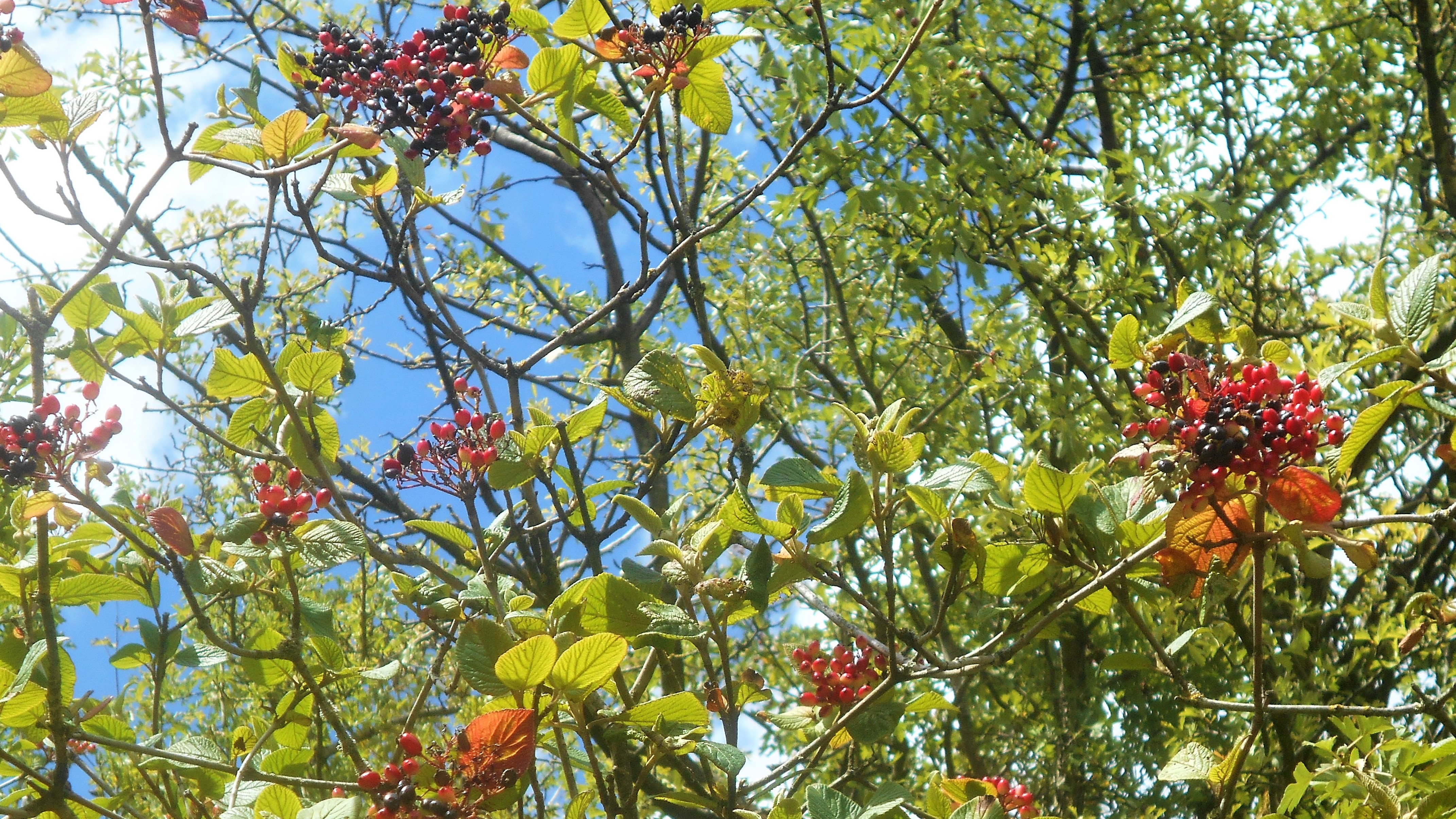
Working our way back to the path through what had been the old station yard, we caught sight of lots of Blackcaps feasting on the berries of the large dogwood – it was so lovely to see what was probably a family party flitting about the branches, pecking away at the fruit, particularly as we hear Blackcaps more often than we see them.
It simply wasn’t our day for butterflies though. Walking along the well-trodden path through the thick beds of birds-foot trefoil and centaury we saw only 3 common blue butterflies along the whole stretch which was really surprising. Bees there were in plenty, we counted more than a dozen bees feeding on one clump of golden flowers no more than 4 or 5 feet wide, the weight of the beees pulling the flower head dow so that it appeared as if the whole bed of flowers was constantly moving.
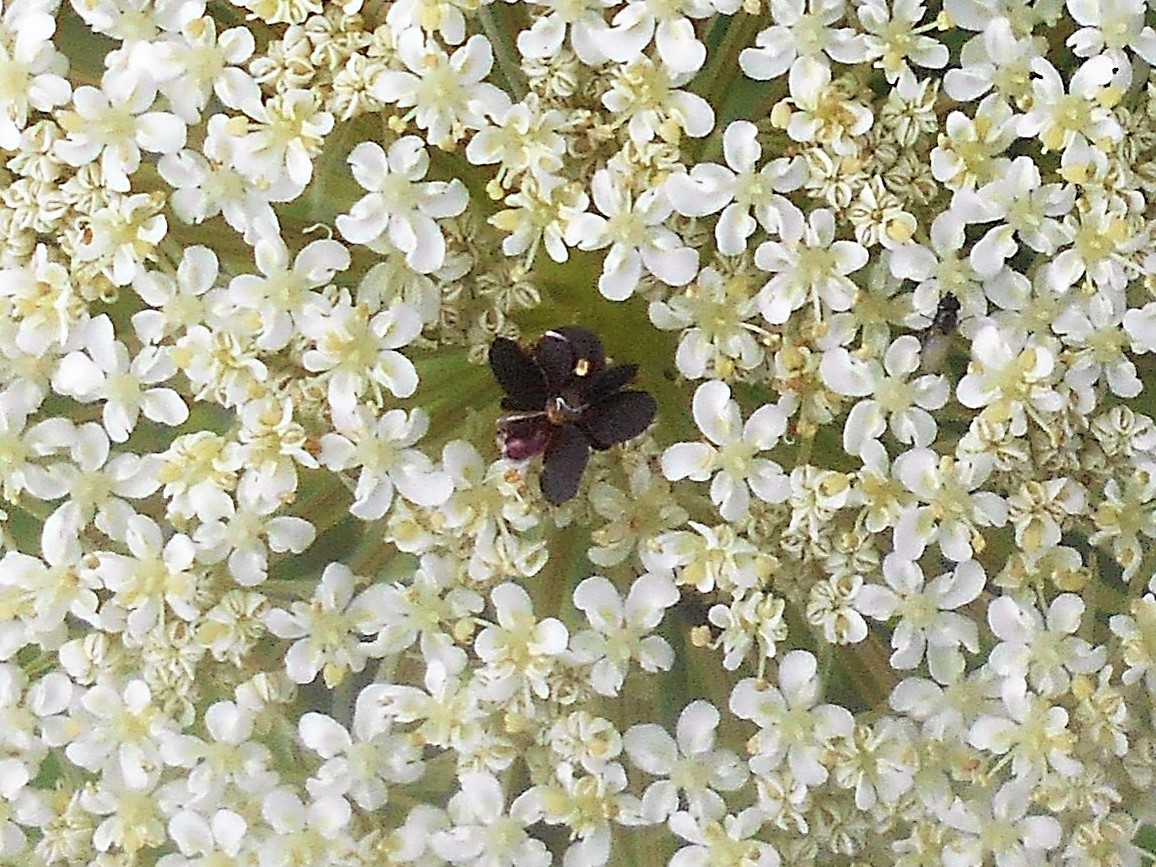
We checked almost every wild carrot for the single red flower at its centre – we drew a blank at almost all, found wishy-washy pink in several and then, there is was, the blood red flower in all its glory which never ceases to amaze!
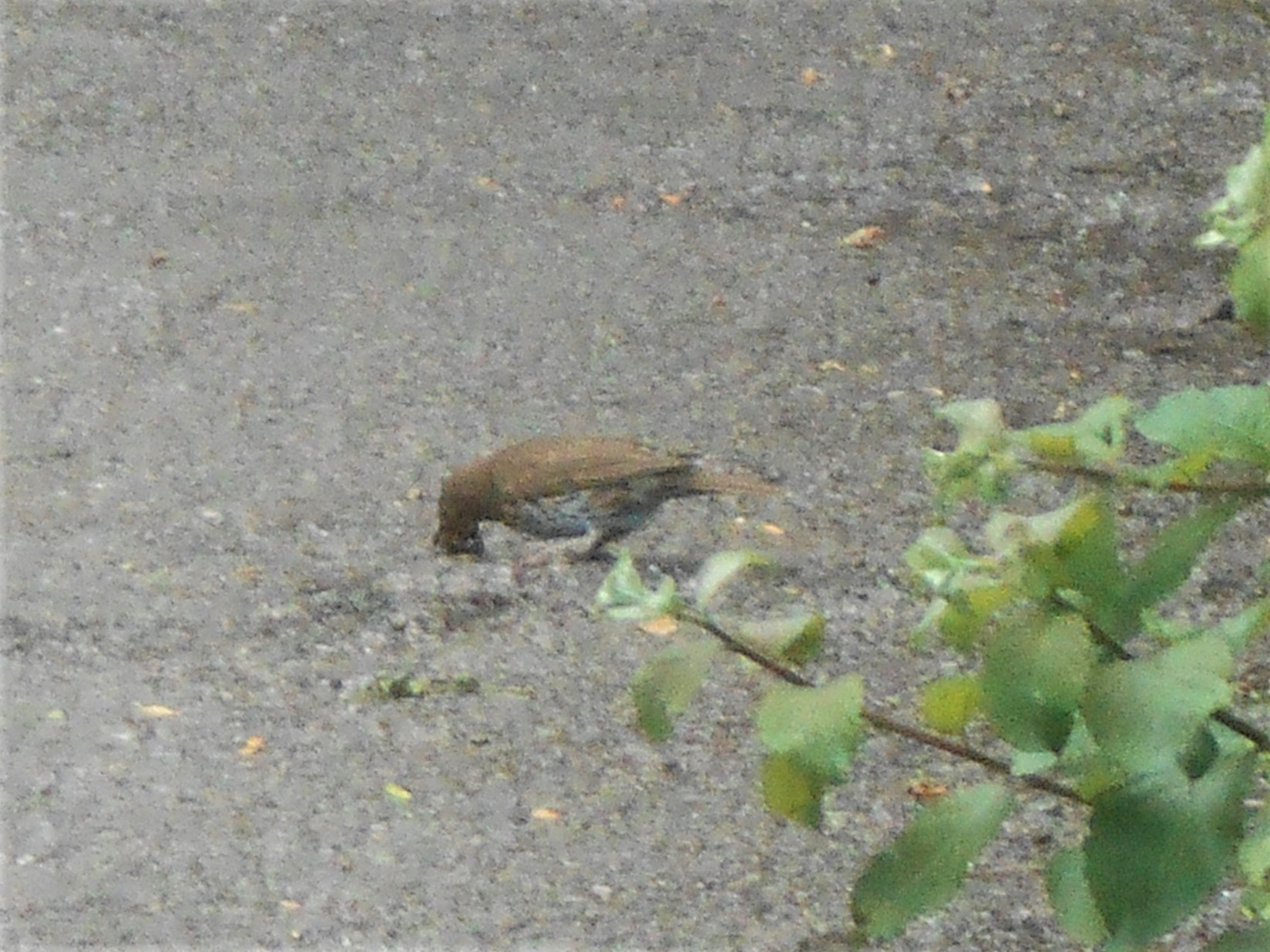
As we began to tire and think about turning for home, we spotted a Song Thrush on the path quite some distance away. We walked very slowly and quietly towards it, binoculars raised, when three cyclists came up at speed behind us. We kept our eyes on the bird, fully expected it to alarm call and fly off – not a bit of it – it did hop over to the edge of the path, but no sooner had the cyclists passed than it hopped back to the snail shell it had been attacking and resumed bashing it on the tarmac, and greedily pecking away at the contents. Amusing to see that the thrush preferred to use the tarmac path rather than looking for a suitable stone which is where we usually see the tell-tale scattering of broken snail shells.
If you are wondering about the large stone at the head of this entry, that is the back easing stone for use at the end of a long walk – perfectly angled for lying flat out, gazing up at the whisps of white cloud in the otherwise clear blue sky, watching the swallows following the insects and flying high, listening to the gentle hum of bees, unknotting, mind emptying and slowly floating off.
16th July 2020 / Temp 22.5 C / 2.20 – 4pma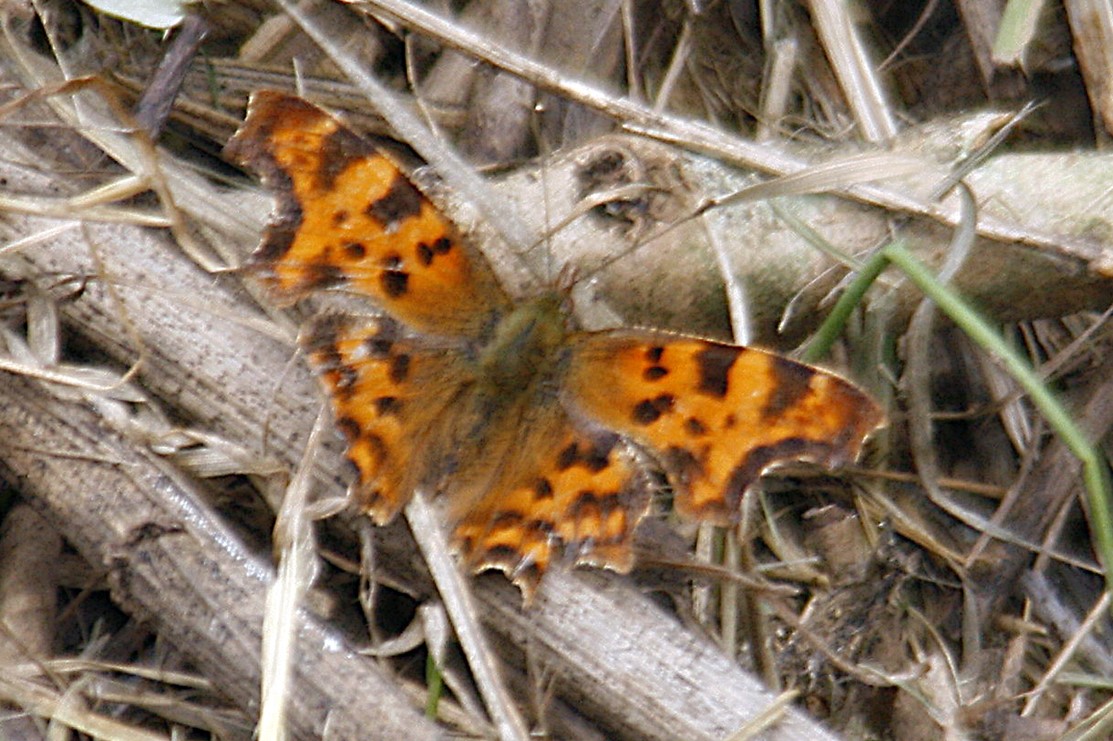
After an absence of nearly six weeks, we managed a quick visit to the cycle path. An unexpected burst of sunshine after days of dull, very windy weather persuaded us to venture out to see if there were any butterflies. There were a few – 3 Comma, 11 Small White, 3 Ringlet, 2 Small Skipper, 5 Peacock, 10 Meadow Brown, 6 Red Admiral, 2 Gatekeeper, 2 male and 3 female Brimstone, and 1 Small Tortoiseshell!! So pleased to see the Commas although, sadly, still no sign of Silver Washed Fritillaries again this year – seemingly they are now gone forever.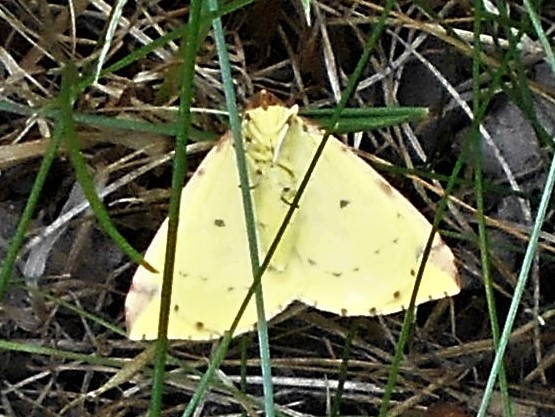
Oh and 1 Brimstone moth and 1 Wood Carpet moth, lots of fat bumble bees, including dozens on and around the rose bay willowherb carpeting the embankment, several Labyrinth spiders waiting in their lair and what looked like a murky-legged black legionnaire fly settled on an umbelifer.
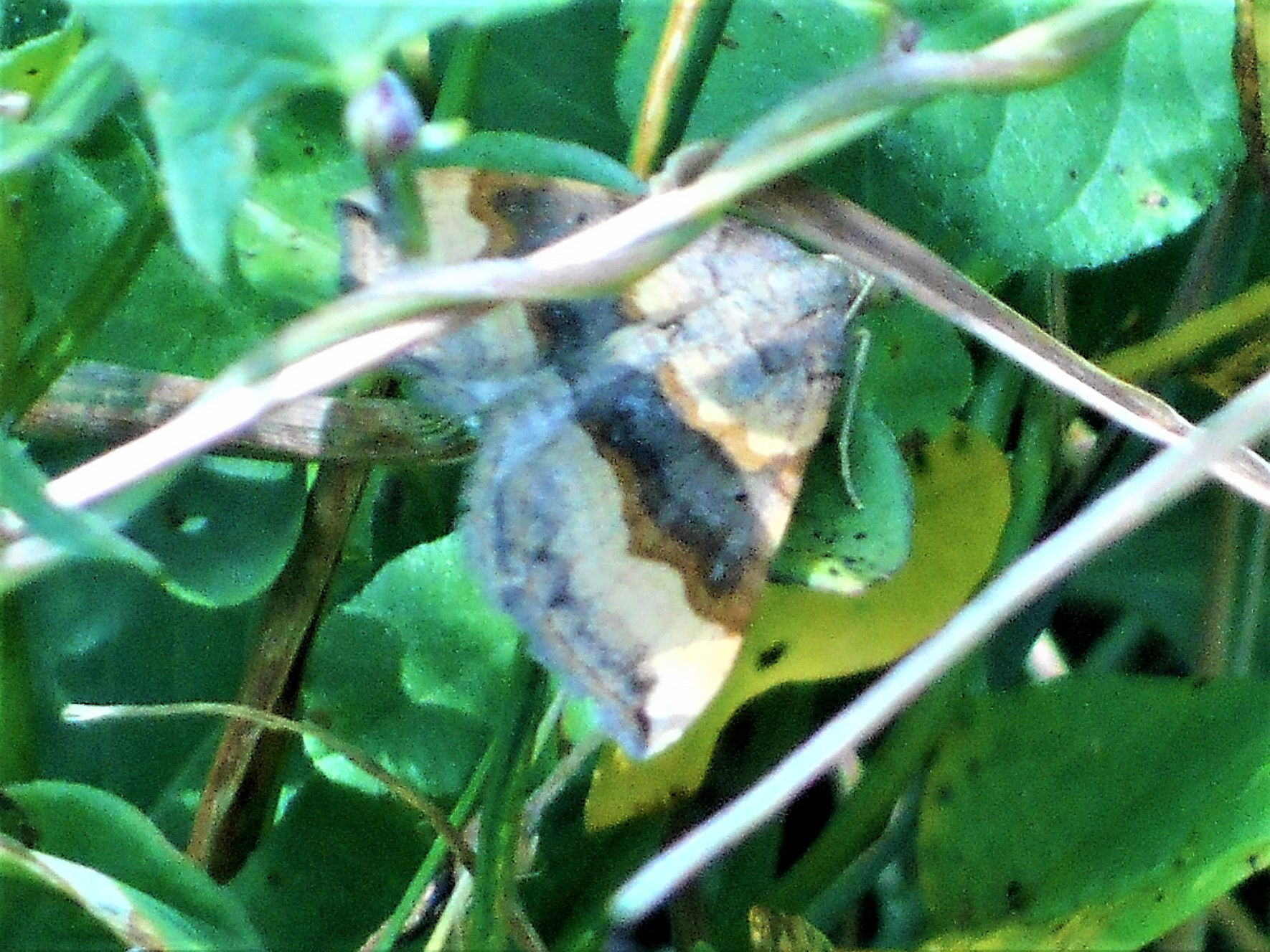
The Butterfly Conservation body had alerted us all earlier in the year that they believed this July would have a bonanza of butterflies and by today’s count, it’s all looking very promising indeed. We wondered if the unseasonably wet June and dull July so far might have had a detrimental effect on butterfly numbers, but thankfully, it appears not to be the case.
Butterflies are contrary creatures. Despite the profusion of flowering plants along the verges and embankment, a good number of these butterflies were spotted high up in the trees or, in the case of the Meadow Browns, along the hedges.
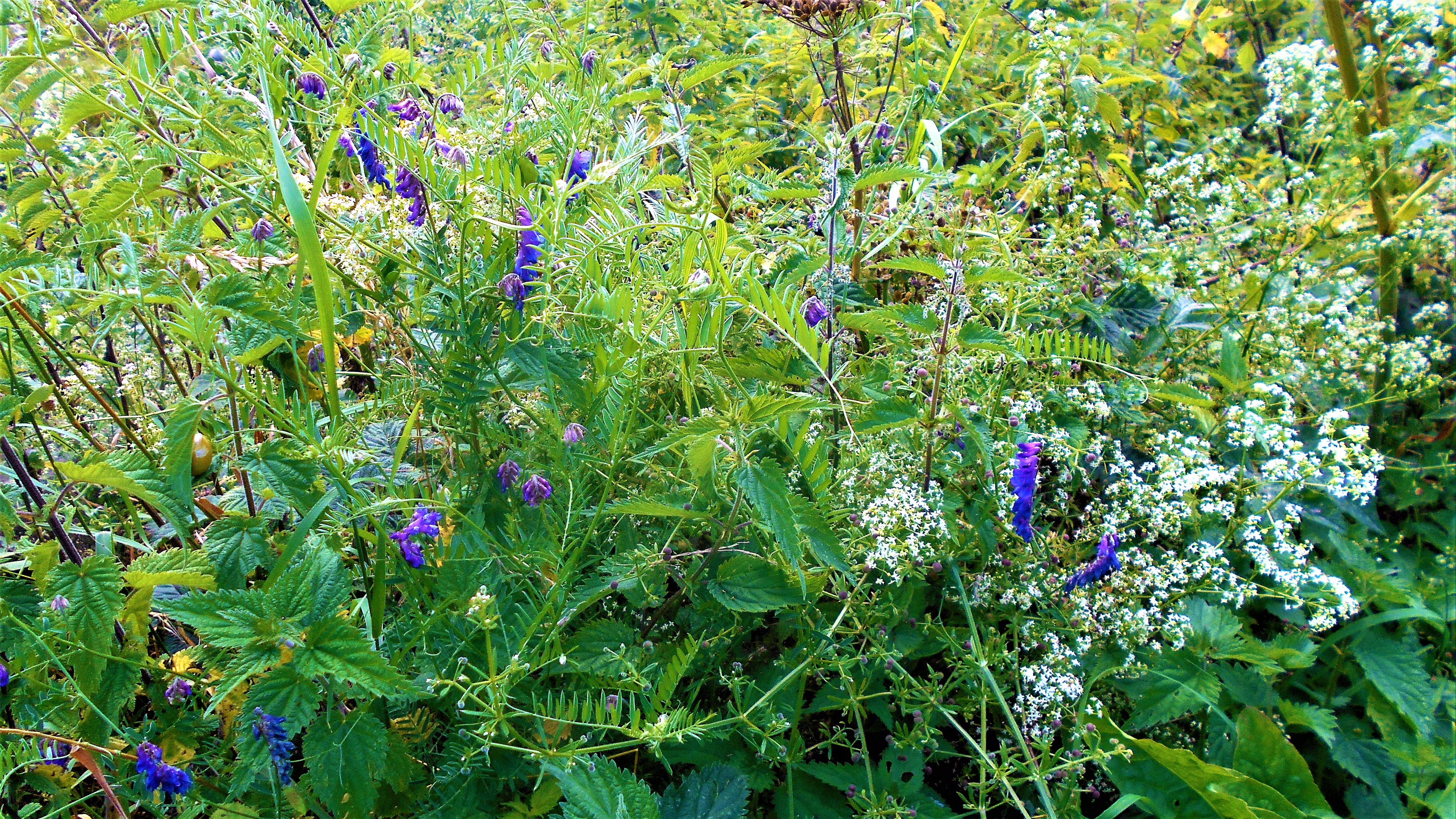
Or, the more striking butteflies favoured clustering around the single remaining buddleia of any size which survived last year’s ravages. A fluttering mass of vividly coloured butterflies were landing on the purple flowers – overwhelmingly Red Admirals, Peacocks, the occasional Comma, with Yellow and White Brimstones and a number of Small Whites to add delicacy to the dramatic and spectacular display! When not feeding, the Whites were playing chase, all around the tree and down into the undergrowth beneath. If Wordsworth were here, I’m sure he would say the butterflies were “fluttering and dancing in the breeze” and this sight is surely one which would also “flash upon that inward eye, which is the bliss of solitude”
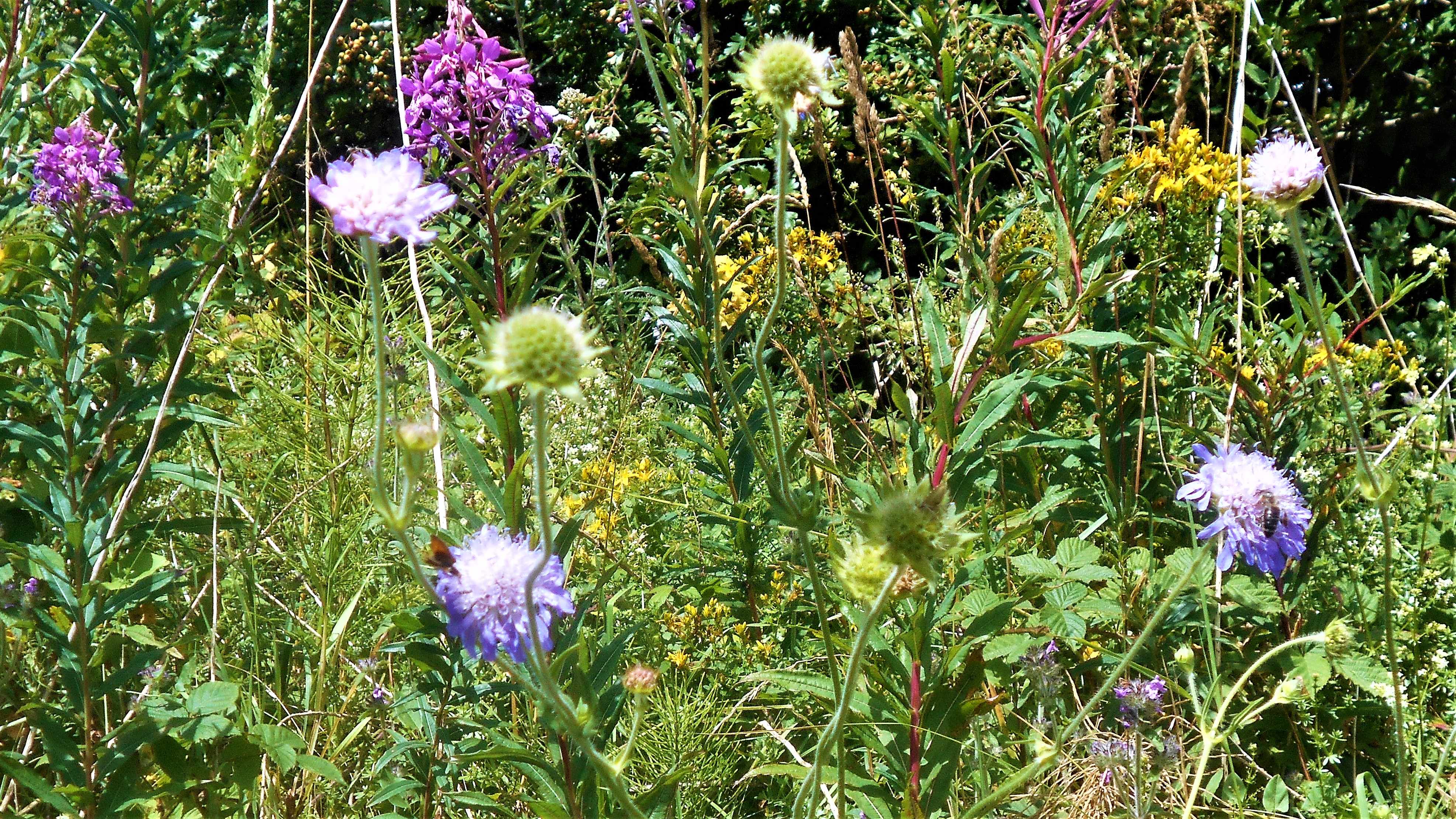
High summer means flowers and we did a quick head count of the plants in bloom as we walked: meadow cranesbill, knapweed, old man’s beard, yarrow, centaury, white dead nettle, great willow herb, rosebay willow herb, red clover, creeping cinquefoil, woolly thistle, bush vetch, scabious, pale toadflax, agrimony, hawkweed sp, hedge bedstraw, ladies bedstraw, common cow-wheat, common valerian, spear thistle, herb robert, wild basil, bramble, sorrel, red campion, nipplewort, buttercup, red campion, prickly sow thistle, birds foot trefoil, St John’s wort, little bindweed, white clover, dandelion, moon daisy, ragwort, hop trefoil, ribwort plantain, chickweed, forget me not, birds eye speedwell, creeping thistle, buddleia, corn poppy.
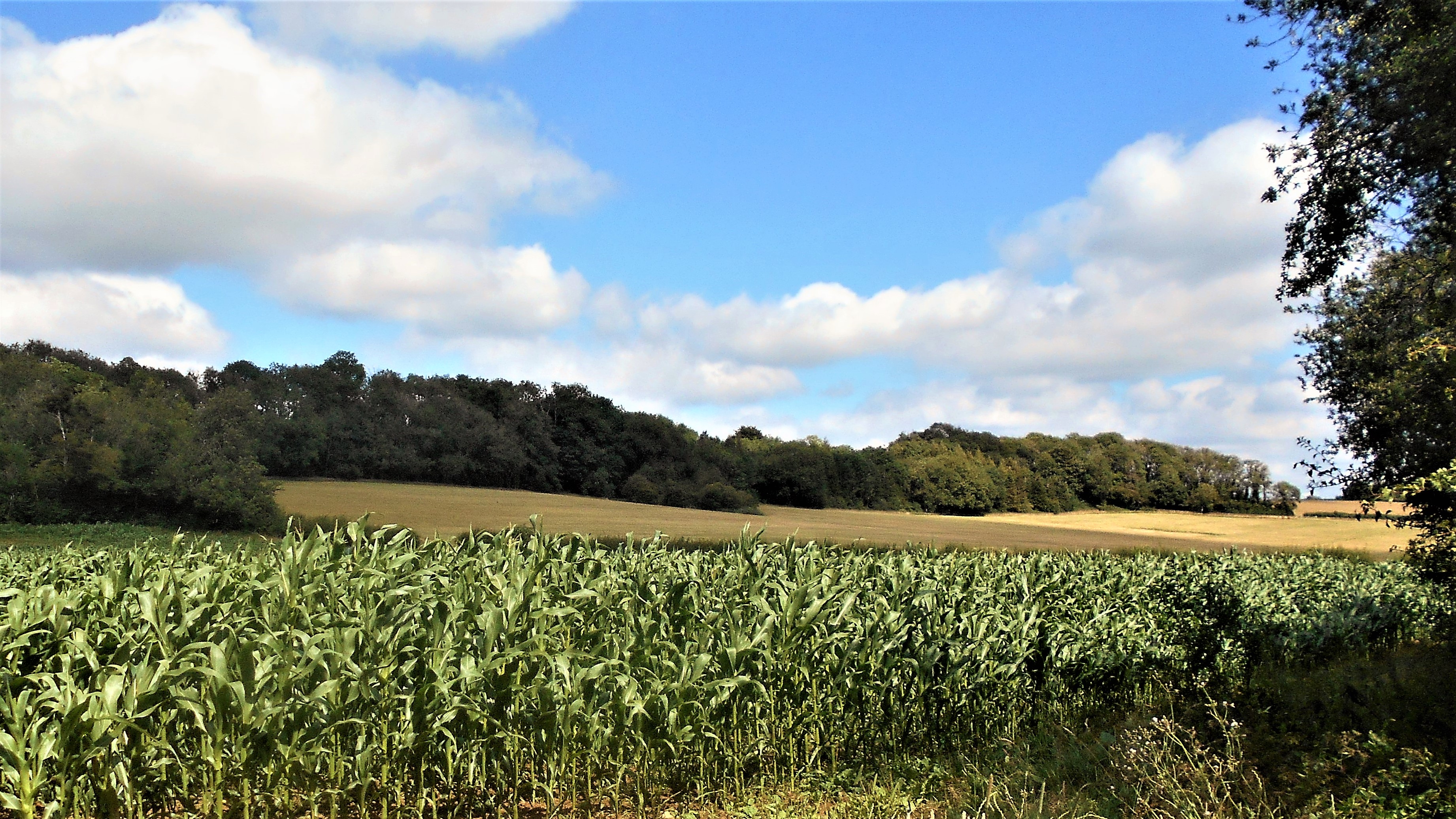
The maize crop in the adjoining fields was growing well and totally weed and insect free.
As is usual at this time of the year once the young have fledged, most of the birds were silent, apart from lots of twittering in the bushes and still songs from the Wrens, Bullfinches, Common Whitethroats and of course the croak of a Raven.
We also spotted a Garden Warbler, Blackbirds, a Robin and as always lots of Wood Pigeons. The path was fairly busy with a number of cyclists, but during the lulls in traffic, it was blissfully quiet, peaceful and restful – a beautiful afternoon’s stroll where calamities like pandemics simply didn’t exist.
8th June 2020 / Temp; 18.5 c / 2.35pm – 4.45pm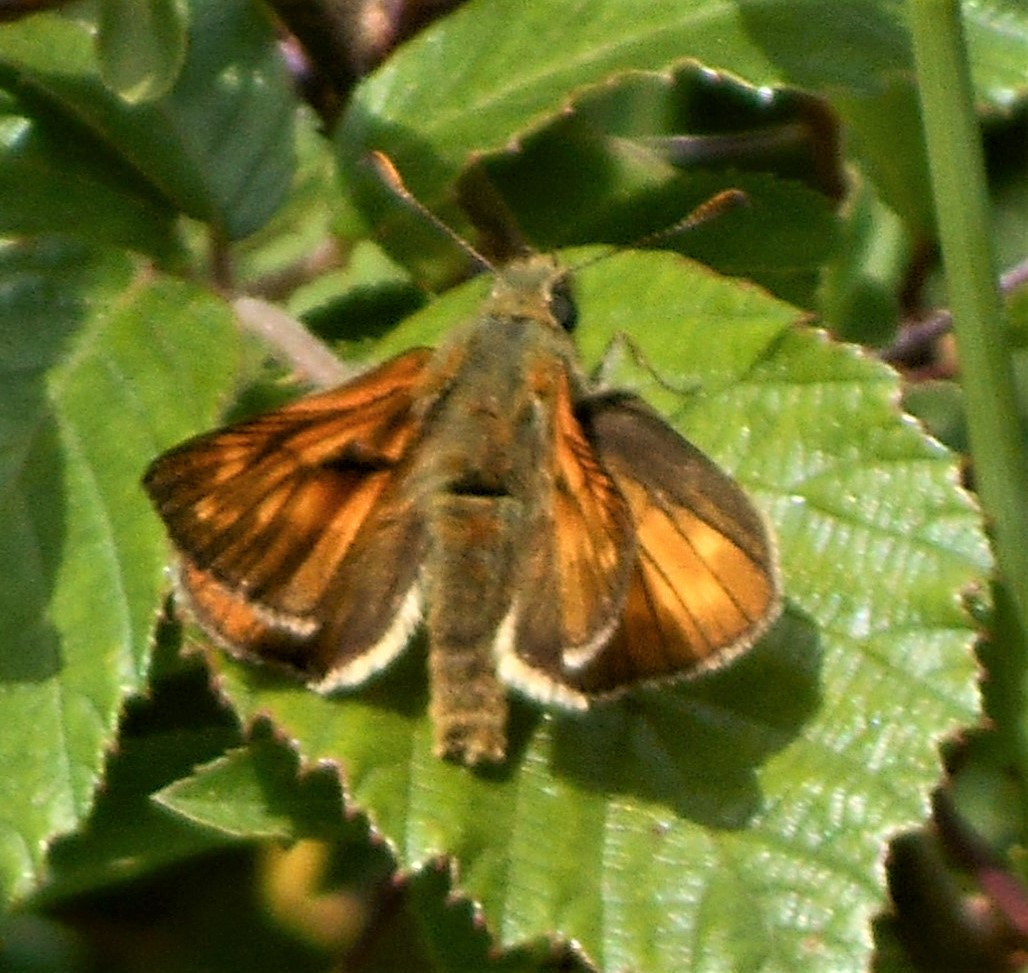
Well, there’s a surprise! Butterflies. This is usually the time of the June lull where there are few butterflies but we have been seeing so many early arrivals this year and it appears the butterflies have joined in. During the course of a couple of hours we spotted 9 Small Tortoiseshell, 2 Marbled White, 13 Meadow Brown, 7 Small White and 3 Large Skipper butterflies, a single 5 spot Burnet moth and a Carpet moth. Not a huge number, but a good promise of what some have suggested will be a bumper year for butterflies, and presumably moths.
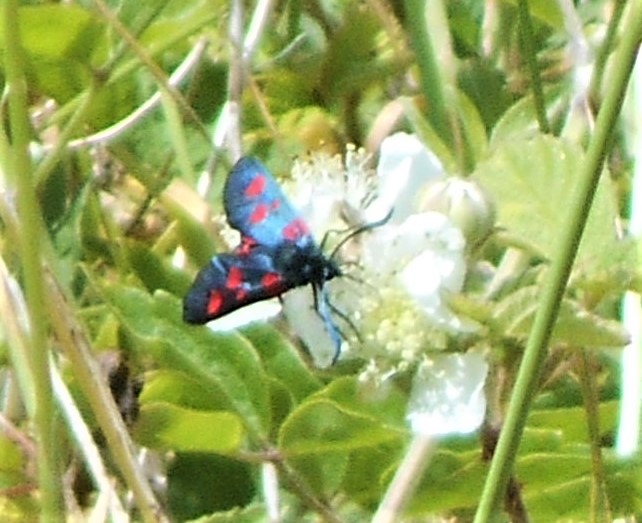
It’s Chasing the Grasshoppers Season! The time of the year when we spend far too much time, camera at the ready, moving at a half-crouch, pursuing both Field and Meadow grasshoppers across the thick grassy area where they abound (and bound!) in great numbers, hopping away at angles from every footfall, so many we are always sure we will capture the shot of a lifetime. It always ends in failure – a few smudged photographs of extremely well camouflaged insects – ah but next time, next time we will triumph!
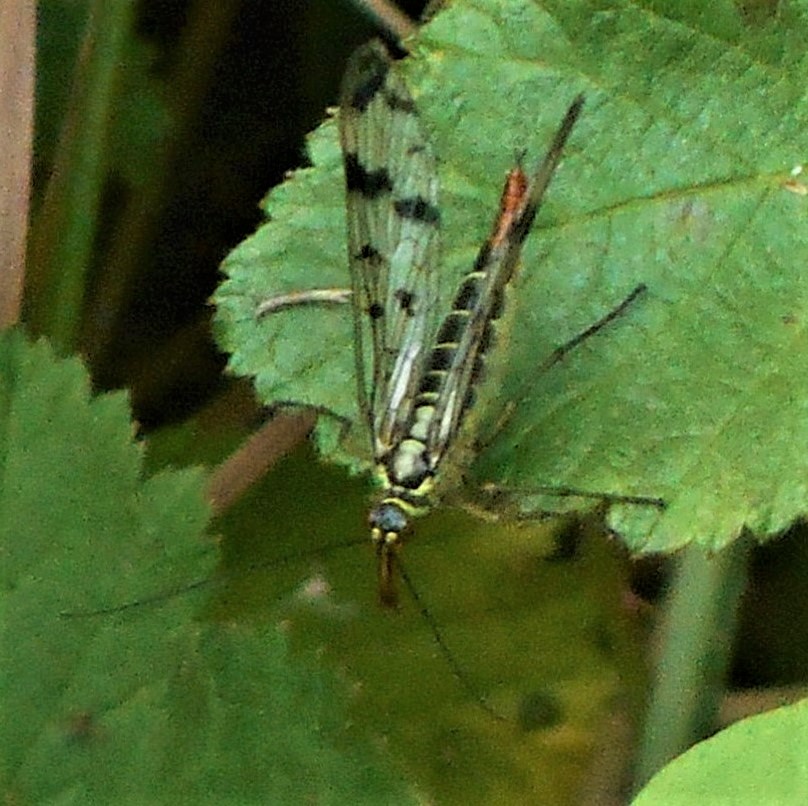
Uncountable numbers of bees swarming over the brambles as more and more of their flowers open, mostly buff-tailed and red-tailed bumblebees, honey bees and hoverflies. Striking how one thicket of brambles in full flower has barely a bee whilst the next one will be humming. All this is very heartening after our last couple of visits and made up for the apparent lack of beetles – apart of course from the ubiquitous Thick-legged flower beetles – we spotted 8 before abandoning the count. However, we did catch sight of a Scorpion fly, a strange looking beast with his long beak and orange-red scorpion like tail – a first sighting for us along the Way.
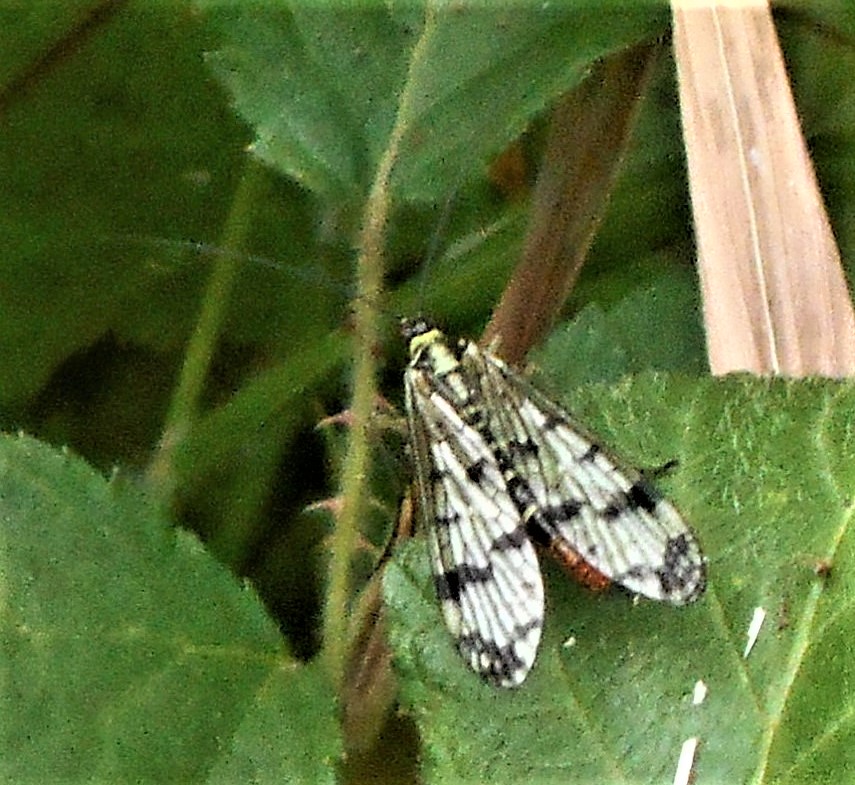
Although there was a complete lack of beetles or indeed any insects on the moon daisies or umbellifers, whatever insecticide cloud which blew over the cycle path, it hasn’t appeared to have affected the spiders at all. All along the embankment we saw many of the distinctive dense white silk tents of the Nursery Web spider, keeping the spiderlings safe while the mother sits on guard close by.
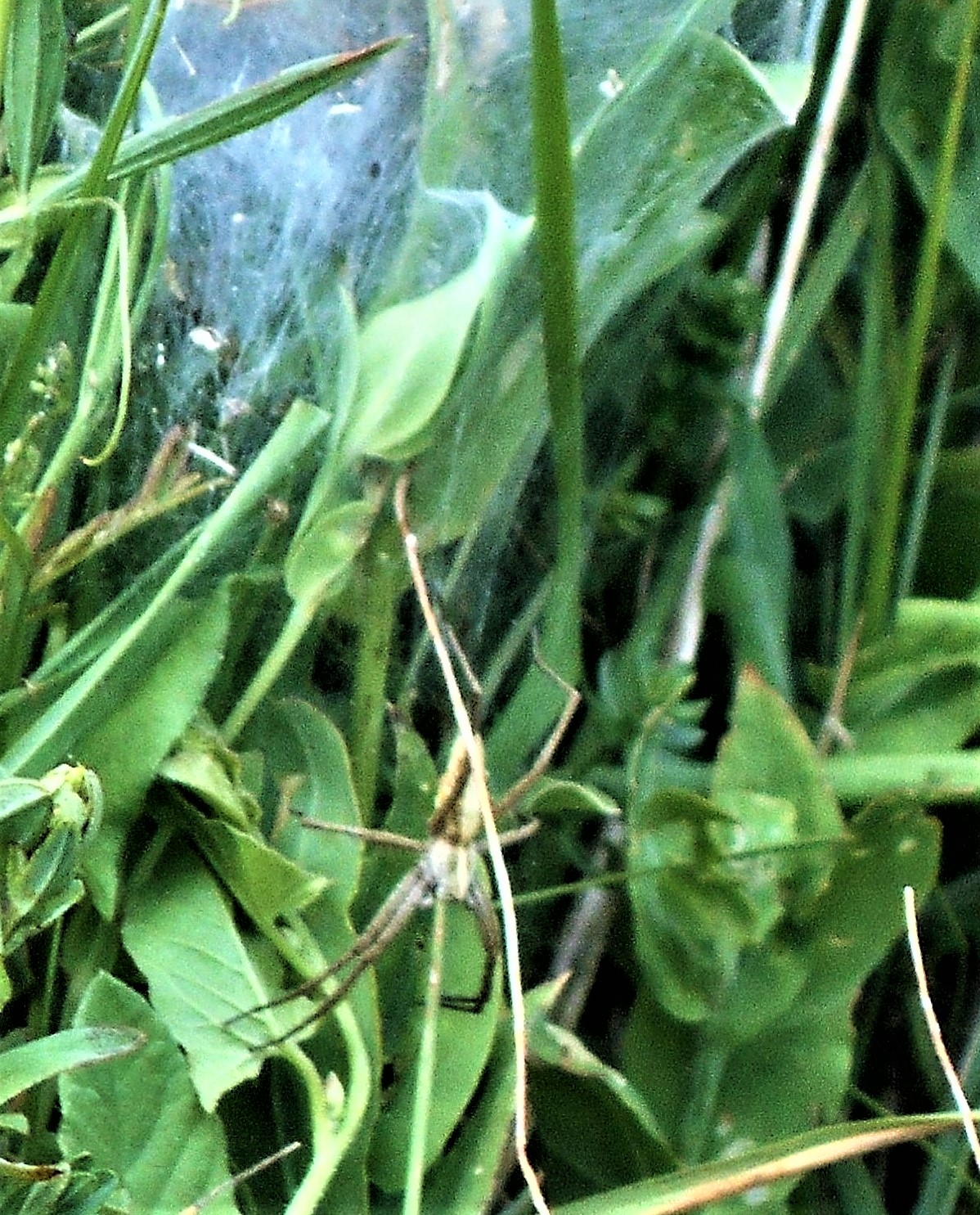
There were also so very many spiders’ web half hidden in amongst the shrubs and trees, but the spider below is the first we have noticed who has placed her nest of spiderlings in the centre of a dog rose flower head and built her web around to enclose and protect them.
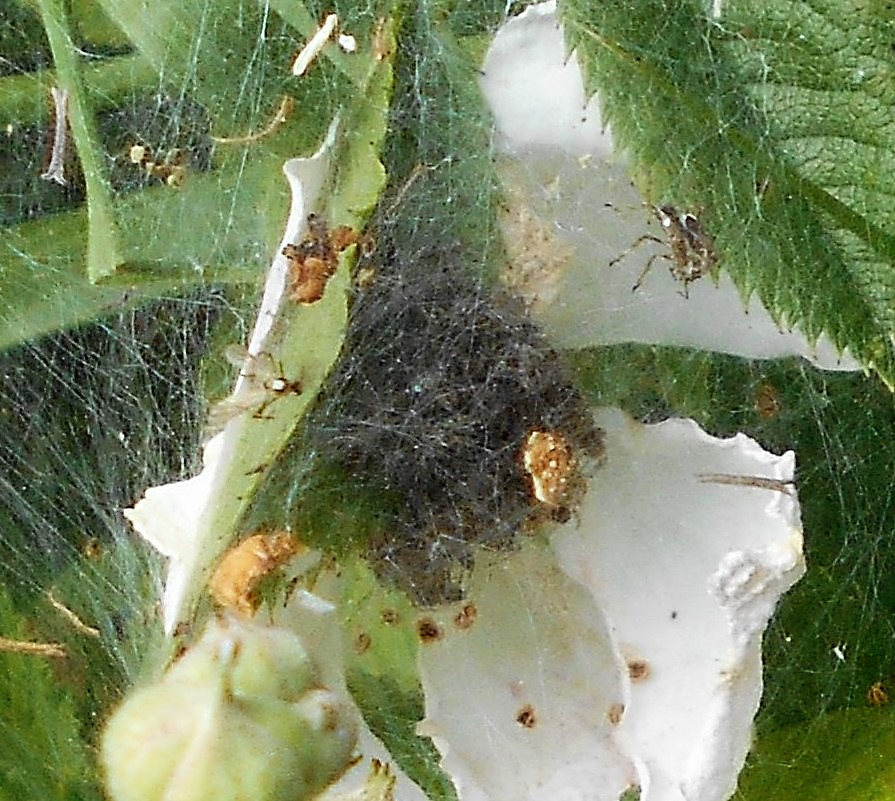
We were unable to identify her at the time and unfortunately, like all of the subjects our camera-woman chose today, the photograph is fuzzy and out of focus so we have been unable to identify it at home. We will continue trying because it does seem a pretty unlikely place to build a nest!
The number of birds was not abundant but there was some activity in the bushes and trees and good birdsong from the Common Whitethroats, Wrens, Blackbirds, Goldfinches and Chiff Chaffs and we also spotted a Buzzard, a flock of Jackdaws and a few Lesser Black-backed gulls. We were particularly enchanted by a lengthy song which could have come from a Blackcap or Garden Warbler, as we couldn’t see it we couldn’t be sure, but we stood for ages in the warm sun of later afternoon listening to his pure notes filling the summer air – quite magical!
28th May 2020 / Temp: 22- 24 C / 2.30pm – 5.10pm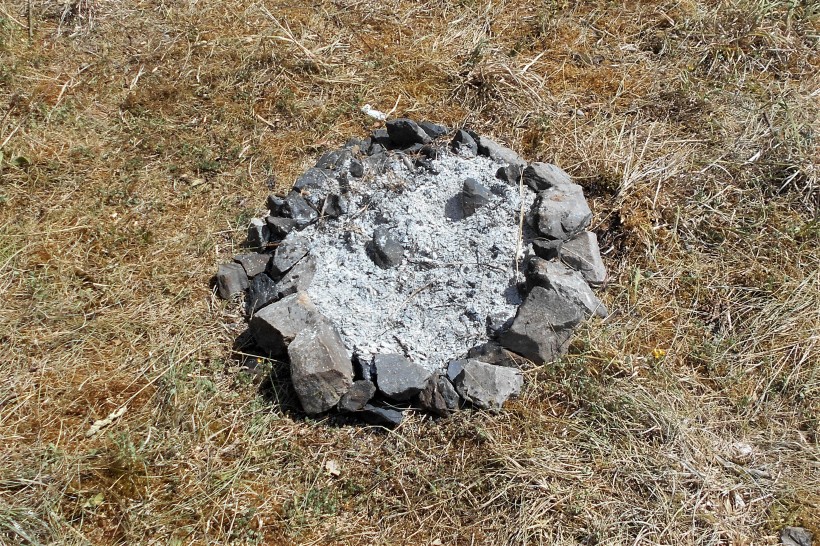
A really lovely sunny summer’s afternoon – the sun hot, the grass dry and parched on the areas of shallow soil (so not surprising that someone has had a barbecue) lots of bird song and all the early summer flowers in full bloom – trails of pink and white dog roses falling over almost every tree and bush, clinging to honeysuckle which supported white bryony, while the creamy elderflowers covered their trees, dogwood in flower and the fragile hop flowers waved in the breeze, still green but almost ready to bloom not to forget the brambles just beginning to produce their white flowers.
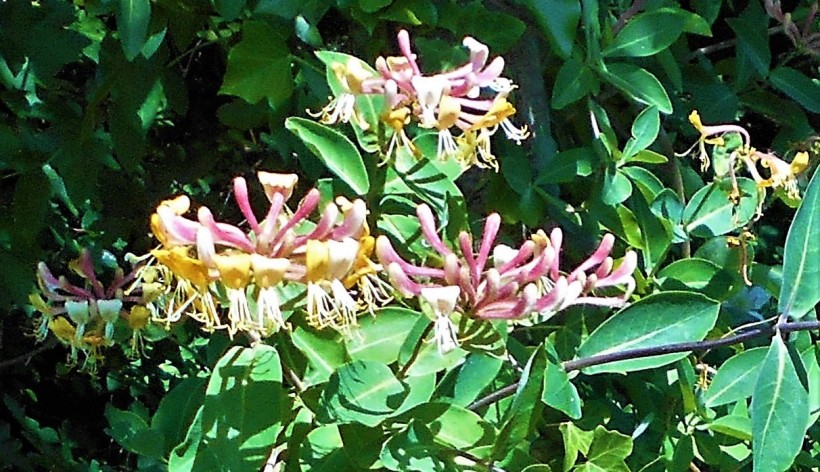
Under the trees and hedges, along the embankment and verges red campion flashed amongst the white or cream cow parsley, hogweed, yarrow, meadow sweet, bladder campion and moon daisies. Lots more colour offered by the yellow rattle, hop trefoil, birds-eye trefoil, creeping cinquefoil, rock roses, meadow cranesbill, dove’s foot cranesbill, field bindweed, forget-me-not, bush vetch, knapweed, both red and white clover and of course the buttercups and dandelions still clinging on.
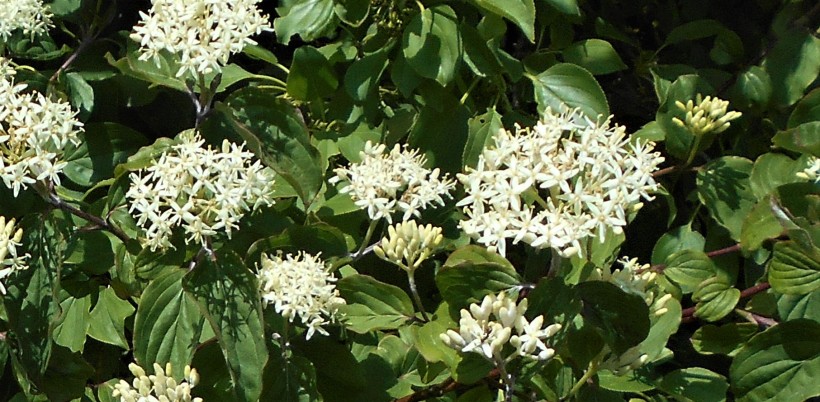
One would imagine this provided nectar in plenty and the day was warm and sunny so we were again mystified why there were such a dearth of insects. Last year there were so many during the same time of the year that we struggled to identify and gave up on a good number and every hogweed flowerhead had its cluster of bees, hoverflies, day-time moths and beetles and at least two moon daisies had crab spiders hidden under their petals. Walking along past ranks of hogweed, cow parsley and moon daisies, we searched empty flower head after empty flower head in vain for signs of life. The number of bees during almost the entire afternoon could be counted on both hands, hoverflies on one hand, a few flower beetles and that was it.
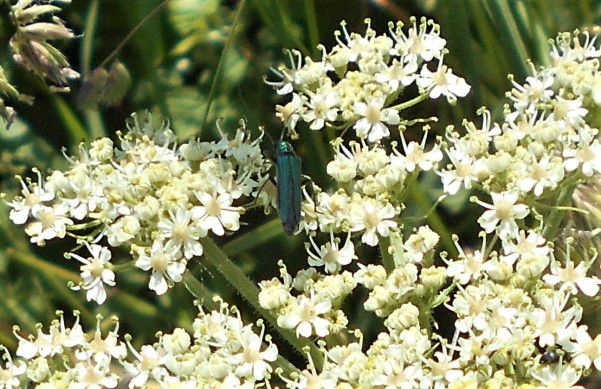
We ran into John Hansford half-way along the path, camera at the ready, trained on the broad stretch of open grassland with its scattering of small shrubs searching for the Grizzled Skippers which he spotted on this site last year. No luck today although, as seen at the top of the page, he did get a great photograph of a Large Skipper. It was so lovely to see him and to swap coronavirus news (John’s wife is on the front-line so risking her life every day caring for others) so he is scrupulous in keeping to the rules of lock-down, very aware of the need to protect his wife and by the number of neighbours, friends and acquaintances who have lost their lives. He alerted us to a nest of Garden Warblers close by and mentioned seeing a Red Kite (which we had also seen) a Buzzard and a Heron flying over and he also thought there were not that many birds about and had also noticed the lack of insects, before he had to hurry away to a meeting.
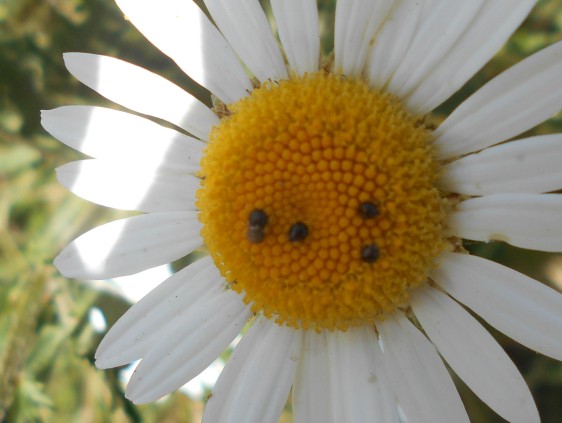
Having said that, we did see a few birds, a Marsh Tit, Common Whitethroats, Chaffinches, Greenfinches, Blackbirds, Blackcaps, Chiff Chaffs, Robins, Wrens, Crows, Jackdaws and Wood Pigeons and we also heard a Raven.
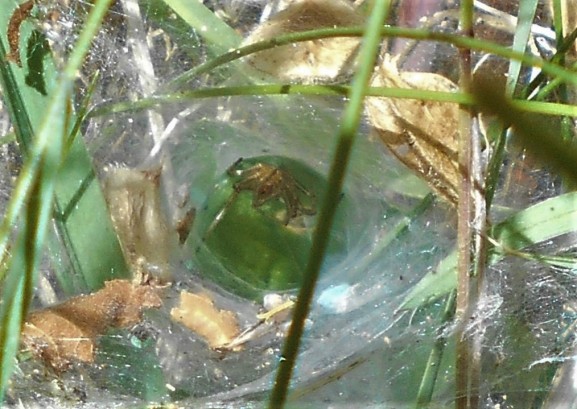
During the course of the afternoon, apart from a good number of spiders hiding among the grasses, we also managed to see 9 Brimstone, 8 Small White, 2 Speckled Wood and 2 Small Copper butterflies and, fortunately to save the day, on our way back along the path we finally saw what we had expected to see all afternoon – two Painted Lady butterflies chasing each other and dozens of bees of every description it seemed, swarming over a dense thicket of brambles. Thank heaven for the good old common or garden bramble flower, just beginning to open, and preferred by so many insects who have spurned the more beautiful and colourful flower species.
28th May 2020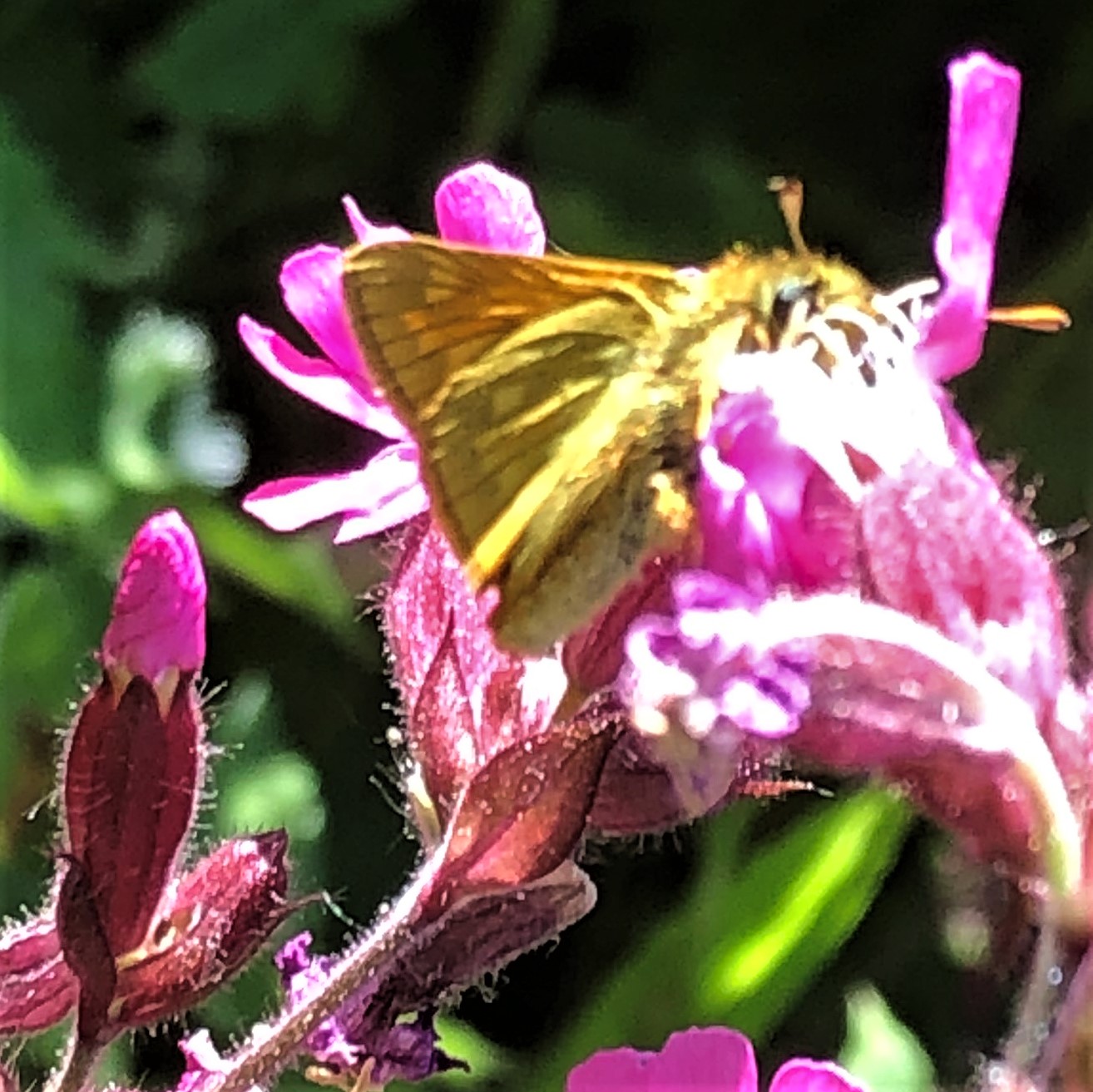
This gloriously colourful photograph from John Hansford of a Large Skipper butterfly perfectly conveys summer on Colliers Way and, by arriving at the same time as the slight easing of Covid 19 lockdown due to start in a few days, helps to lift the spirits and send a cheering note of hope for the future. John also saw three Common Blue butterflies – a first sighting of these two species of quintessentially summer butterflies.
20th May 2020 / Temp: 24.5 C / 2.30pm
The heat of the afternoon was more like mid-summer than late May which persuaded us to walk from Buckland Bridge uphill to the wooded and shady stretch of the cycle path where it was cooler and, as is usually the case, has fewer cyclists. We stopped half-way up to lean on the five-barred gate, to rest and to admire the view across the fieds.

Wonderful isn’t it?
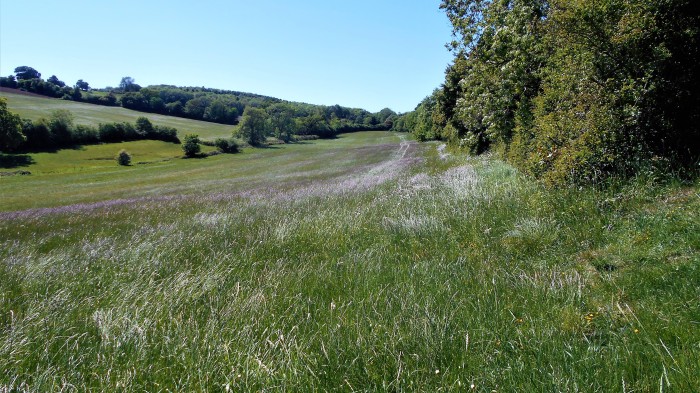
Idyllic and Sublime. A gently sloping pasture, dotted with trees and edged with a hedge of good sized mixed deciduous trees like oak and ash growing happily with shrubs, climbers and under plants, leading up to Newbury Firs woodland edging the Iron Age hillfort at the top of the hill. A quintessential lowland rural English landscape, beautiful meadows filled lush grass scattered with buttercups and moon daisies in full flower, the glory of early summer arriving at last after the endless rain of autumn and winter. Feast your eyes!
But here’s the rub – among all of those flowers I found one insect – a soldier beetle (cantharis pellucida) waiting forlornly on a grass stem in flower for insects on which he can predate. 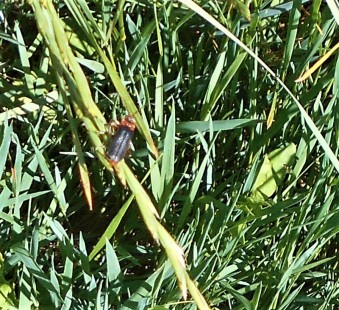
The poor soldier beetle waits in vain because there are no insects. The “Silent Spring” which Rachel Carson warned of hasn’t yet arrived because we have heard bird song, but its forerunner has arrived – in spades!
As we had walked along Colliers Way, we had become increasingly puzzled about the lack of insect life, a few butterflies – a scant 10 in nearly 2 hours, a few thick-legged-flower beetles, only two bees – two bees! Why? Which explains why I opened the gate and tresspassed onto the farmer’s field expecting to find here the flowers full of butterflies and insects usual at this time of year, but there were none.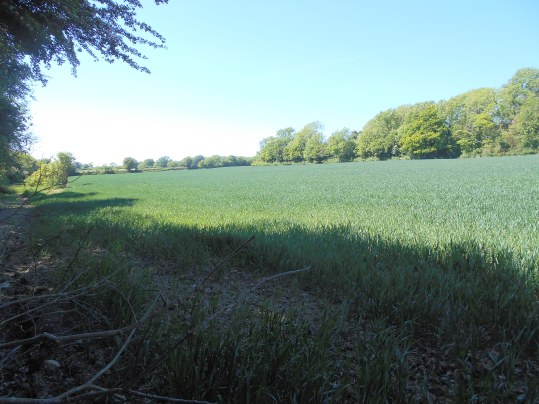
Crossing the track over the old railway bridge to look at the field on the other side of the cycle path, we saw a field full of a well grown cereal crop, looking vigorous and healthy. We examined the plants from the gate with our butterfly binoculars to see the same result – no sign of insects, butterflies, spiders, ladybirds, of all the creatures one would expect to find in a field, there were none at all.
Bordering the path a good many of the recommended trees for the ideal mixed woodland habitat, full sized Oak, Ash, Hawthorn, Hazel, Blackthorn, a few Sycamore, garden privet together with lots of Willow, Elder, Elm spp. dogwood, bramble, honeysuckle, black and white bryony, wild clematis, buddleia, dog rose, guelder rose and spurge laurel. In the thicker parts of the self-seeded wood there are a good number of fallen trees and branches providing home to fungi, moss and lichen, all of which provides good habitat for the roe deer, fox, badger, bank vole, wood mice, common lizard, grey squirrel which we see or see the signs when walking along.
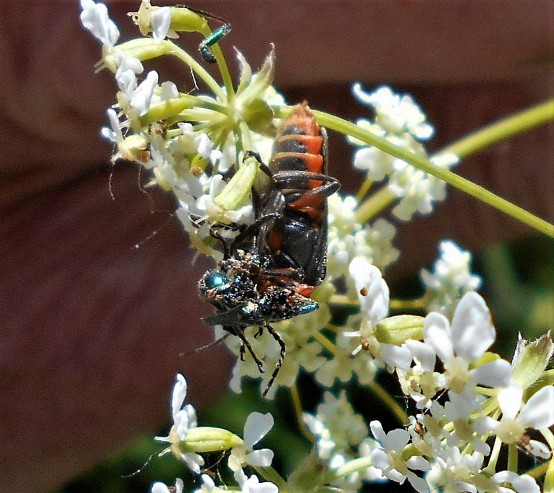
So everything is in place for a good, healthy number of insects to thrive and multiply and if they are not, the only explanation we can come to is that the insecticide and pesticides being sprayed on the pasture and crops on either side of the path have blown over and caused this devastating impact on the insects along the cycle path. At least the soldier beetle in the photograph above was rather more successful than the one in the pasture and, having caught a thick-legged flower beetle, he managed to hang on both to hogweed and beetle, despite both being blown this way and that by the blustery wind!
We added yet another item to our list of “Sights of Colliers” which included a young man being pulled on his skate-board by a magnificent white-haired blue-eyed husky, a couple pedalling a tandem recumbent, one of whom was disabled, fathers pulling trailers with a young child lounging Roman style on its padded seat, a line of very young girls on their fat-bottomed Thelwell ponies, and now a young man riding an electric one-wheeled skateboard with great elan. He looked supremely elegant and athletic as he travelled at speed uphill, weaving from side to side – yet another electric-assisted device to join the huge increase in the number of rather well-padded cyclists looking considerably less than athletic riding their electric bicycles!
14th May 2020 / Temp: 13 C / 2.20pm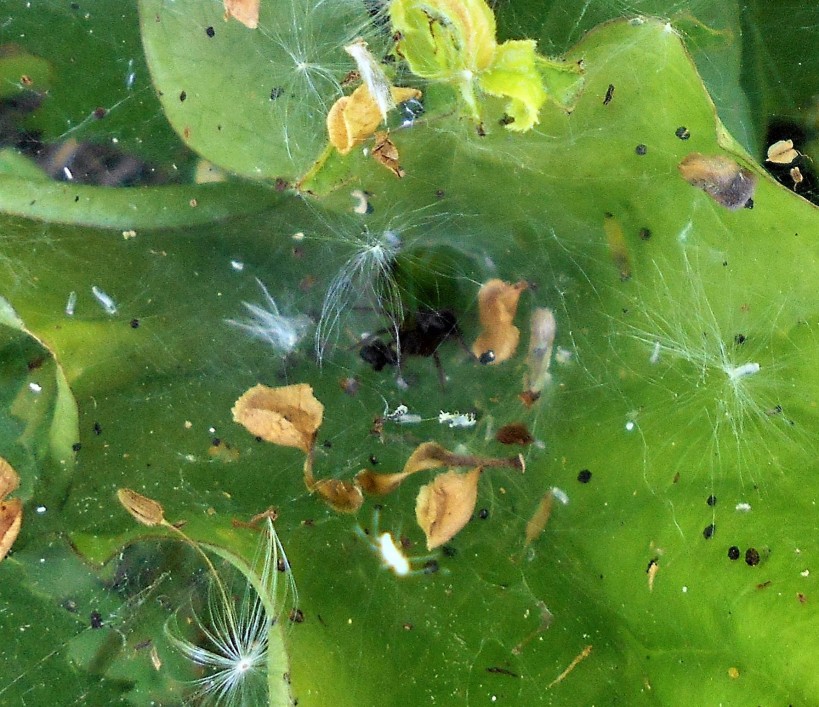
The cycle path was extremely busy with a constant flow of cyclists so walking was quite hazardous as very, very few people use their bell to warn us they are coming. This can prove to be difficult when we are glued to our binoculars following a bird above us or equally glued to our butterfly binoculars peering at a small beetle scurrying through the undergrowth, so focused that we are unaware of our surroundings. Good to see so many family parties and groups of friends out enjoying the sunshine, as well as couples and single dedicated racing demons.
Few walkers but Spiders… just about everywhere, tents and blankets, scattered with windblown flower petals, leaves and dandelion seed creating a collage which wouldn’t disgrace many an abstract artist, and the funnels – the Labyrinth spiders have arrived! It does seem very early as we don’t usually see them until June, but their funnels are unmistakable and they can sometimes be seen sitting on the top of their funnel… lurkin’ and jus’ waitin’…..
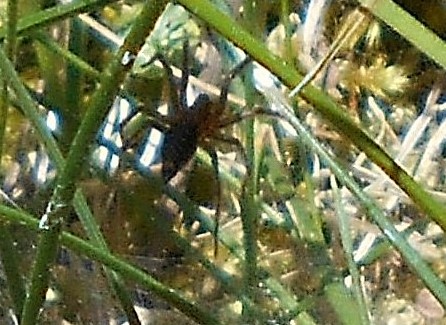
Unfortunately the other spider photographs were inadequate to successfully ID the remainder we saw – so many tiny creatures, so difficult to name.
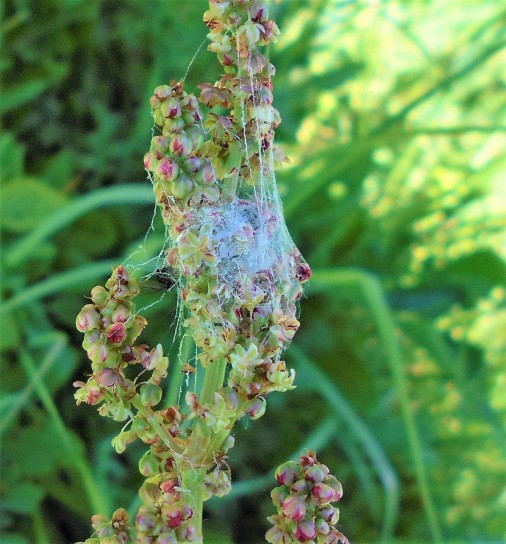
One creature we did succeed in tracing was the Hairy shield bug, below, which is seen all year round although in winter it is dark brown. We actally spotted it in a large bed of stinging nettles despite its larval food being white dead nettle which is also very widespread along the path all year around. The adult bug is often referred to as sloe bug even though rather strangely neither the adult or lavae feed on sloes but honeysuckle. Whatever, it is quite a handsome little beast and new species to add to our list.
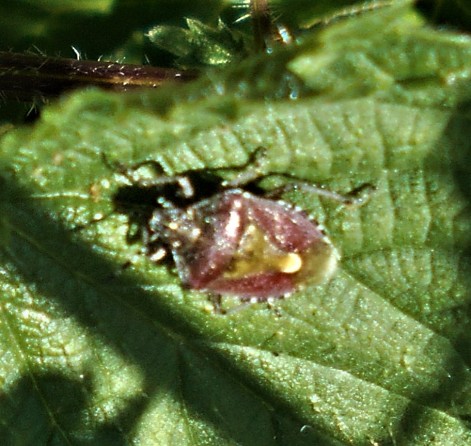
On the butterfly front, we saw at least a dozen Whites, half a dozen Orange Tips (only 2 female) and a couple of Brimstones, lots of minute Cocksfoot moths feasting on the dandelion heads but not that many birds, Goldfinches, Robins, Blackbirds, Whitethroats, Wrens and Chiff Chaffs seem to dominate (but that may because they sang the loudest and made the most noise!) but we did spot a Magpie and, rather bizarrely a Moorhen! No Nightingales.
During the infrequent lull of traffic when we were peering into the tangled undergrowth of already seeding tall grasses, flowering red campion, cow parsley and reddening sorrel, feeling the hot sun on our backs and the breeze ruffling our hair, we experienced flashes of the delight of childhood days in May when winter viruses were banished by sunshine and the long holidays were at last in sight, just above the horizen and all was well with the world.
7th May 2020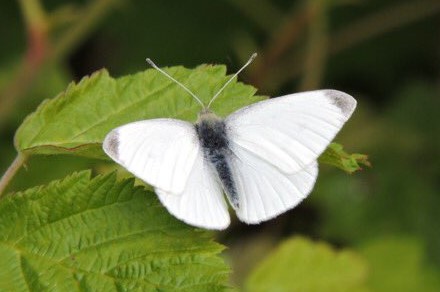
John Hansford managed a quick exercise cycle along the path and captured this lovely photograph of a Green Veined White, a first sighting of the year. The butterfly season is beginning to warm up, I wonder if we will see one of the joys of summer this year, the Silver Washed Fritillaries – do hope so. John also saw 4 Garden Warblers – a goodly haul, it seems to be such a good year for migrant warblers.
6th May 2020 / Temp: 17.5 C / 2.40pm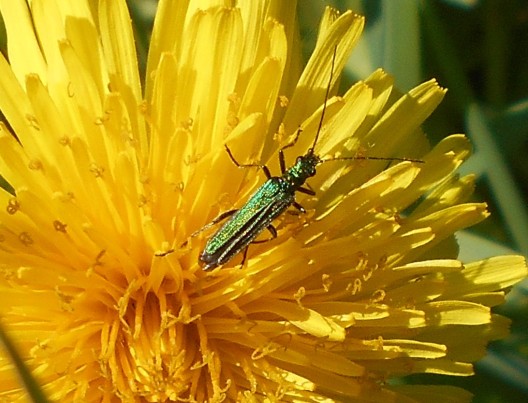
Brilliantly clear air and warm sunshine provided the first taste of summer, confirmation of which was a first sighting of the beautiful swollen-thighed flower beetle this year. Quite a number of Orange Tip butterflies, both male and female, a couple of Small White and at least 6 Brimstone. St Mark’s flies swarming over the may blossom and tree bumblebees and buff-tailed bees everywhere along the embankment but the lizards were out of sight, sheltering from the hot sun. It wasn’t long before we also caught sight of a brightly coloured insect, a new one for us, a Cinnamon Bug which, although the picture suffers from photographer’s wobble, it is still possible to enjoy the vibrant colour if not the dramatic pattern.
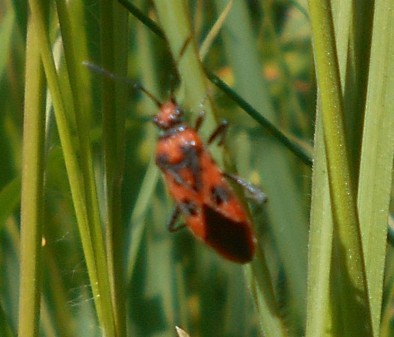
It was very busy with cyclists along the path, lots of parents with children riding alongside or hitched on the back, and the occasional walkers and runners. Everyone appeared to be in good spirits, out enjoying the warm afternoon’s sunshine and thankful to escape the lock-down for the day’s brief exercise. The air was full of drifting goat willow seeds floating on the breeze and the over-powering scent of may flowers which are in full bloom. This is not a scent I like and often find it slightly nauseating but some people love it. What I love is the start of the insect season proper! The warm sun has tempted them out to bask or wallow or feast on the pollen of the newly opened flowers.
We spotted another new species, the Cocksfoot moth, which we saw in numbers on both a buttercup and the first flowering hogweed of the year. These micro moths and tiny beetles are so difficult to see and even more difficult to get into focus on the camera but so worth while when we manage it.
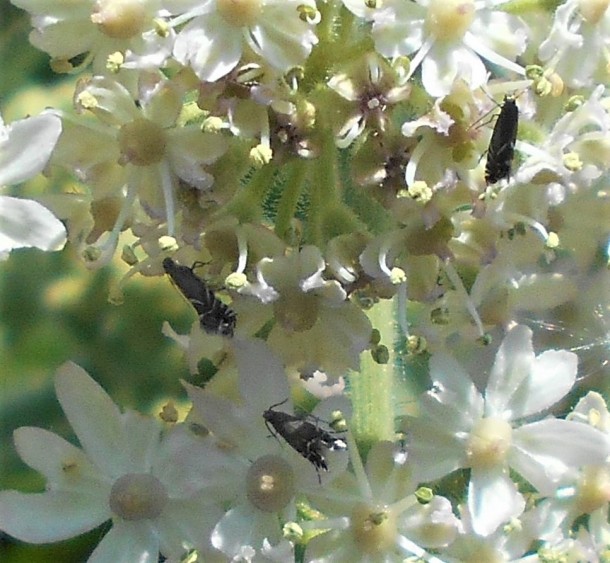
We always wonder why we never seem to find any insects on the Cow Parsley which lines every path with profusion and yet there were already moths and beetles in the only two Hogweed which had come into flower.
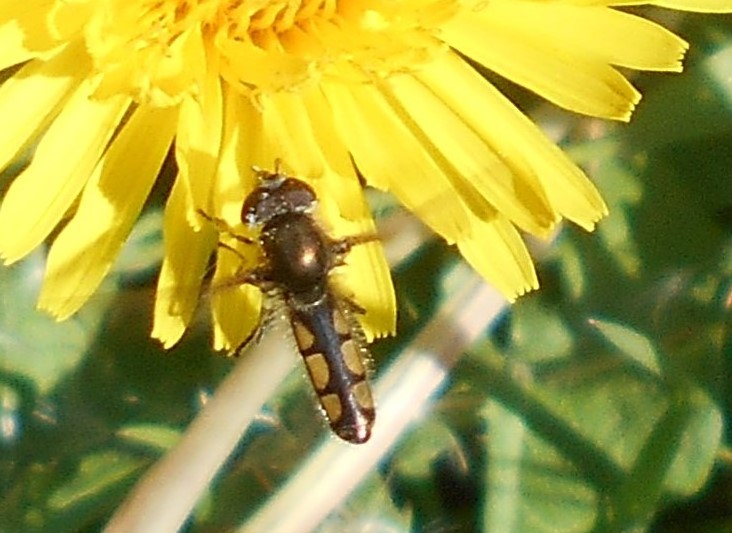
Update 16.5.2020: The cavalry have arrived in the person of Steven Falk (British Hoverflies: An Illustrated Identification Guide) on twitter who has kindly identified the hoverfly above as a male Platycheirus manicatus. Frustration and defeat have been banished – we will sally forth with renewed enthusiasm and now take on any hoverfly we see with confidence…... Hmmm…
So many insects that we were unable to identify, a rather beautiful hoverfly which may or may not be a Migrant hoverfly, small beetles, a ladybird which we think might be a 14-spot, an insect examining the earth which may have been a hairy hoverfly or a not very hairy bee. A relief then to see that the insect lying asleep in an incurving dandelion was a female common Earwig which even we could identify with confidence!
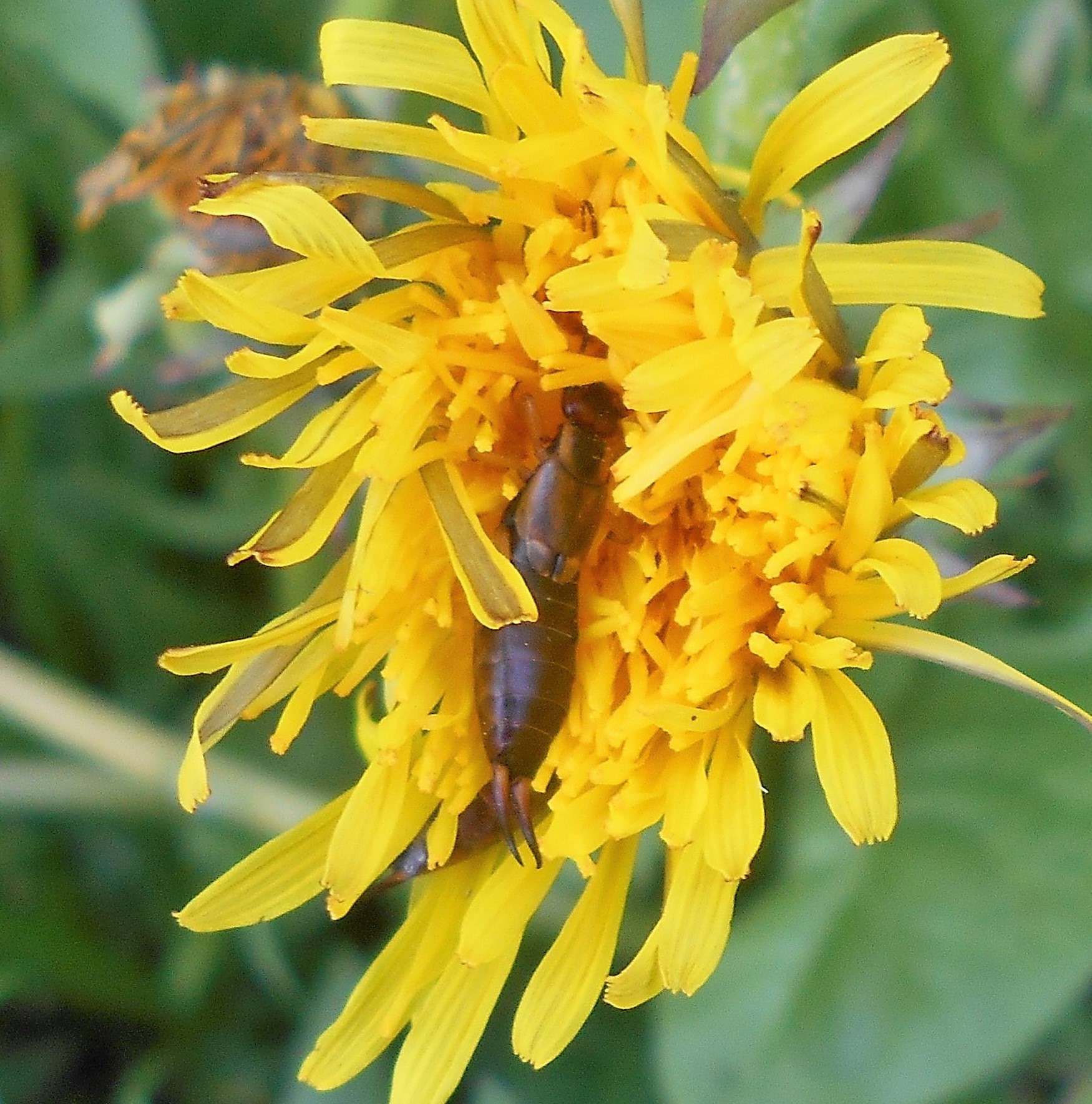
A confetti of small pimples scattered all over the wych elm leaves were revealed to be the eggs of the common elm gall which evidently turn red as the season passes – we must remember to check.
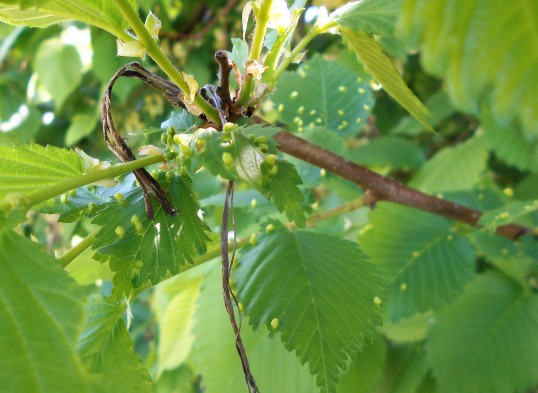
By the time we had walked up and down the path, we were relieved to sit and rest on the picnic bench. Since the clearing of the area around the apple trees there is of course only the occasional butterfly and no birds to watch but it is nevertheless pleasant to sit in the sun and we can always watch the cyclists and runners with their dogs racing up and down the path. One distraction was the small spider which landed on my leg, he also ran up and down a bit and then hopped off but when we reached home we eventually identified it as a jumping (of course!) Zebra spider. For such a tiny little dot on the landscape, he was surprisingly elaborately patterned, but maybe he needed it on the vast grasslands out there!
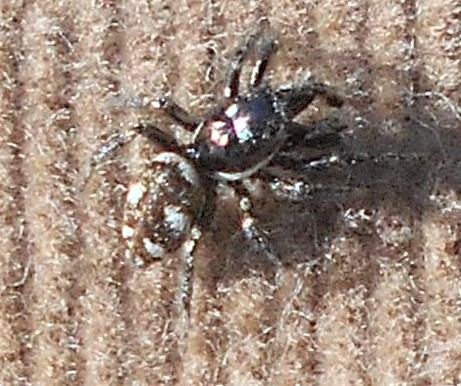
Plentiful birdsong with lots of Warblers in evidence, Willow Warbler, Blackcap, Common Whitethroat, Lesser Whitethroat and Chiff Chaff – all our usual summer migrants but sadly of course no Nightingale. Other singing from the more common Chaffinch, Robin, Blackbird, Wren and Blue Tit with the wonderfully longed-for summer sound of a trilling Skylark. In addition, there were Crows, Pheasants, Buzzards and of course Wood Pigeons.
1st May 2020 / Temp: 13.5-14.5 / 1.20pm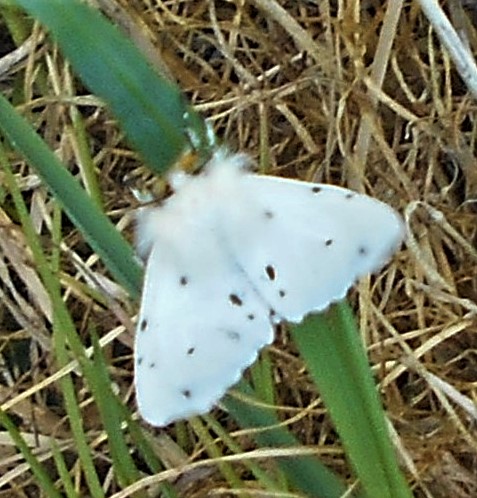
A sunny afternoon with cloudy spells and a cold, blustery westerly wind tossing the newly leafed branches of the trees and scattering apple and hawthorn petals up in the air where they fell like autumn leaves. Not the May-day weather we dream of during the long dreary days of winter, but welcome absence of rain for the first time this week.
Ambling along the wet and mossy stretch of grassland between the cycle path and the line of trees and scrub which forms the border, we suddendly caught sight of a white winged insect fluttering so fast it was impossible to identify it. When it rested, we saw a moth, unknown to us, but which we thought was probably a White Ermine. It proved difficult to photograph as it rested so briefly before it set off again fluttering non-stop. We checked our FSC moth guide which suggested a female Muslin moth. As we hadn’t seen either before and the only way of establishing the species was that one was bigger than the other we plumped for the Muslin moth for no other reason than wishful thinking. Whatever the species, she does make a rather lovely Queen of the May!
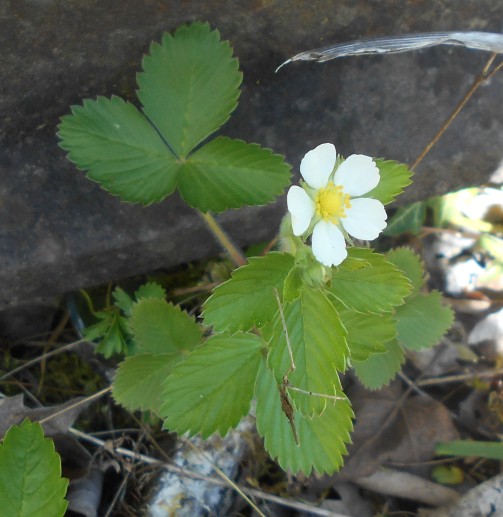
The same area is home to lots of Barren Strawberry (another first) and the beautiful bacon & egg plants, bird’s foot trefoil. We never see them without feeling hot summer sun on our backs and dozens of feasting small blue butterflies – not today unfortunately but a promise that the summer is only just over the horizon. The cow parsley is now making a good showing amongst the red campion, bluebells, tall ground ivy, bird’s eye speedwell and white dead nettle. Plenty of cowslips along the edges of the path and the vetches, both bush vetch and surely rather early tufted vetch. The first sighting this year of red clover, herb bennet, hawkweed and dove’s foot cranesbill. We even spotted a clump of a garden escape, perennial cornflower, with their strikingly strong colouring.

Robins, Chiff Chaffs, Blackbirds, Chaffinches, Wrens aplenty but also a Spotted Flycatcher, a Blackcap trying to out-sing a Willow Warbler but challenged by several Whitethroats, also singing lustily. A Swallow was sighted but an outrider as we didn’t see any more although we did see a Kestrel, heard a Raven, saw lots of Phesants striding the adjoining newly harrowed field, caught a quick flash of a Magpie and of course the usual Wood Pigeons and Crows.

Not that many butterflies which we found surprising but possibly the blustery wind was proving too much for them. We saw a few Brimstones but mainly Orange Tips, both male and female and then spotted our first sighting of a Small White this year.
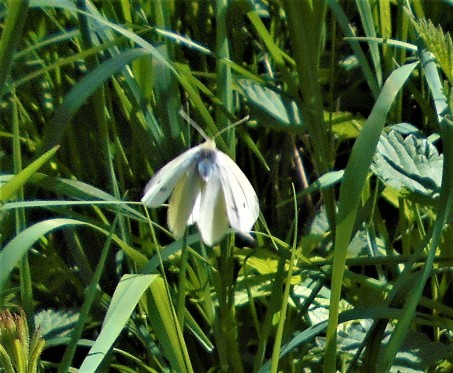
Having seen so many female Orange Tips it was difficult to be sure but the under-wing confirmed they were indeed Small Whites.
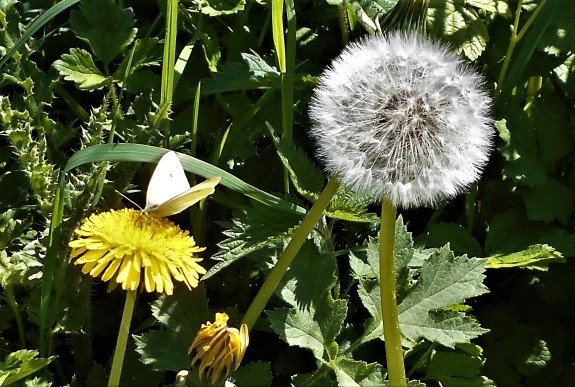
Finally, we rested on one of the benches and watched a Buff-tailed bumble bee, very frequent bees along the cycle path, completely oblivious to us as it concentrated on scratching and scratching at the earth between the plants. The patch was a very open, tree-less, shrub-less area of rough grass, clover etc so it seemed an unlikey site for a nest but we couldn’t think what else the bee would be doing. The only other bees were the Tree bumblebees, hardly any honey bees and just the odd one or two hoverflies.

A walk along the cycle path wouldn’t seem complete without spotting a common lizard basking in the sun or sheltering among the grasses on top of any one of the dozen or so yellow meadow-ant hills along the embankment. And today was no exception, after a great deal of diligent searching we spotted this little fellow, almost completely camouflaged by the undergrowth.
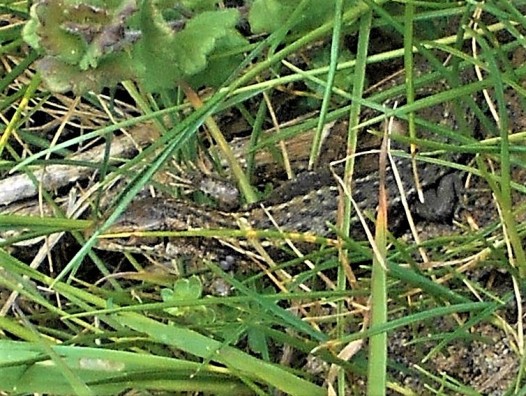
To our great sadness, no sign or sound of Nightingales. The joy of sitting on a grassy bank on a late afternoon in May, surrounded with the sound and scents of early summer and listening to the extraorindarily beautiful song of the Nightingale is a memory whose sharpness is beginning to recede. Each empty season is harder to bear than the last as hope fades and becomes more forlorn; it has become almost like the loss of a loved-one, an aching loss of which one is always aware but still refusing to believe they are gone and have been lost forever.
25th April 2020
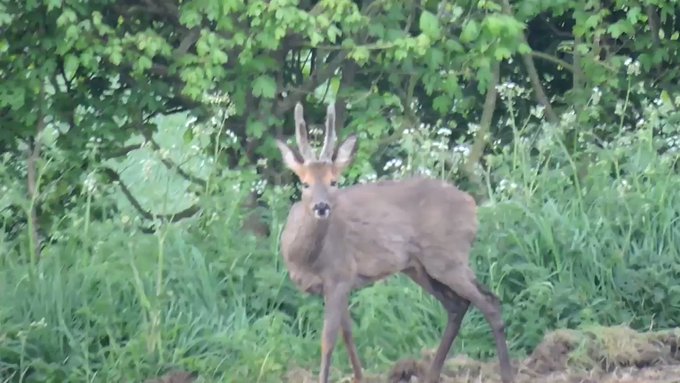
Great excitement, John Hansford was out at 6.40am this morning and captured this marvellous footage of one of the two Roe Deer he saw. Our sightings have always been brief or too far away to get a good photograph let alone video footage, so we are thrilled.
By the time he left at 8.15am he had also seen 7 Skylarks (including 3 chasing each other low just above the ground) 22+ Common Whitethroat, 1 Lesser Whitethroat, 3 Garden Warblers, 18+ Yellowhammers, 2 Willow Warblers, 4 Blackcaps, 5 Chiffchaffs.
To add icing on the cake, he had a message from an ornithologist friend who heard a Cuckoo along the path! John was understandably devastated that owing to lockdown he could not immediately go back and hear it but it’s just a matter of time…. What great news – the Cuckoo is a Red List bird and the first time one has arrived on the path – it now appears that the young man on the bicycle earlier in the month wasn’t teasing us with a recording after all and the Cuckoo we heard was genuine. Oh ye of little faith….
21st April 2020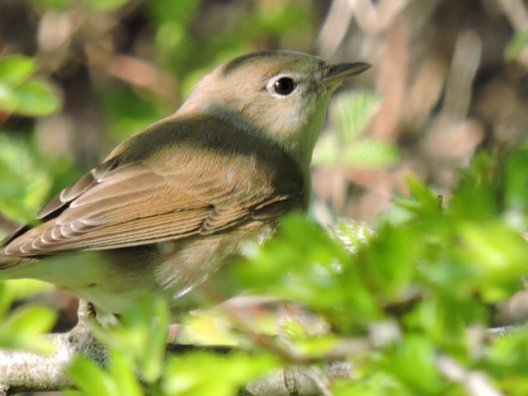
A remarkable photograph and film footage of one of the three Garden Warblers John Hansford saw along the cycle path today. Garden Warblers are summer migrants who arrive in April and are such shy birds they are most likely to be heard rather than seen so we’re grateful to John for sending the footage. Follow the link below, you can see and hear the bird singing his heart out. John also spotted two Amber List Willow Warblers – good to hear all the migrants arriving. pic.twitter.com/EdSOYF471a
16th April 2020 / Temp: 19.5 / 2.10 – 3.50pm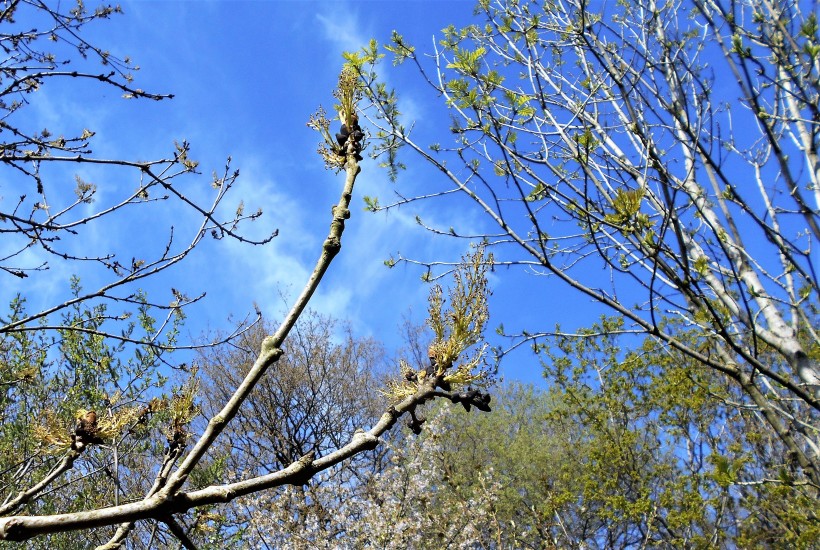
A beautifully warm, sunny spring afternoon with a south-easterly breeze keping the air fresh, how glorious to be out in the sunshine after 23 hours lock-down.
The path is very, very busy with at least 40 plus cyclists, about a dozen or so walkers and runners, several with small children. It was odd to see so many people after the quiet streets of the town which were almost deserted The sheer press of almost coninual passing chattering cyclists together with the rumbling sound of farm machinery spreading fertiliser from a spinner and a delivery tractor trundling up and down the field meant that it wasn’t the calm and quiet walk we have become used to during the quieter winter months.
The path is always much busier on fine weekends in spring and summer and particularly through the school holidays so its no surprise that coronavirus lockdown days should attract more visitors during exercise time. To have this traffic free path filled with birds, wild flowers, butterflies and bees threading through miles and miles of mostly quiet countryside is a boon everyone is justifiable grateful for.
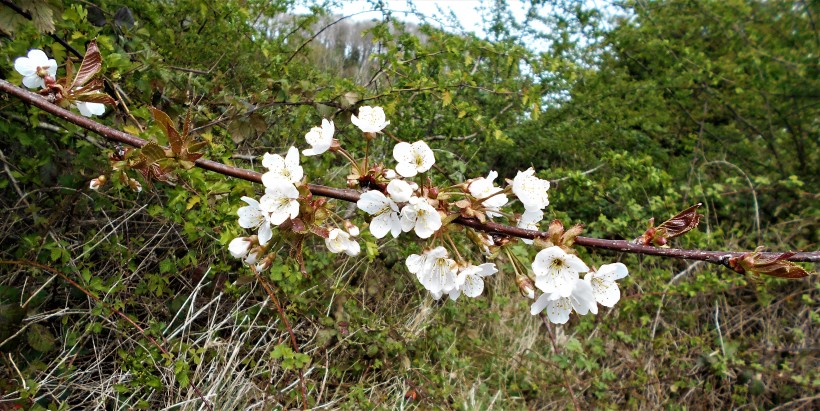
Wonderful to see all the trees either in flower or displaying their fresh, pale green leaves. The Ash flowers which were in tight bud only a week or so ago have opened up their purple-red buds to display their golden green tassels plus, although the blackthorn and pussy willows are going over, their loss is more than compensated for by the beautiful wild cherry blossom, Wych Elm pale green seed clusters and cream Dogwood blossoms as well as more and more wild flowers blooming.
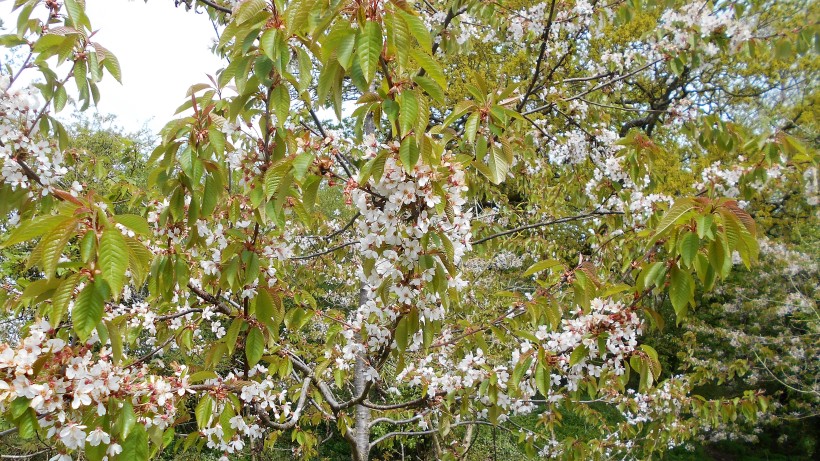
Our wild cherry blossom while may not matching those rightly famous Japanese trees but they have a quieter, more subtle, perhaps even less strident beauty scattered along hedgerows or mixed with other trees.
No sign of lizards today, probably hiding from too many people, but we spotted 4 or 5 Tree Bumblebees, 3 Beeflies, 8 or 10 St Mark’s flies (early) hanging about above the apple trees in the inimitable way, Drone flies, Honey bees, and 9 Brimstone (M) 1 (F) 1 Speckled Wood, 9 Orange Tip (M) 3 (F) and a single Peacock butterfly.
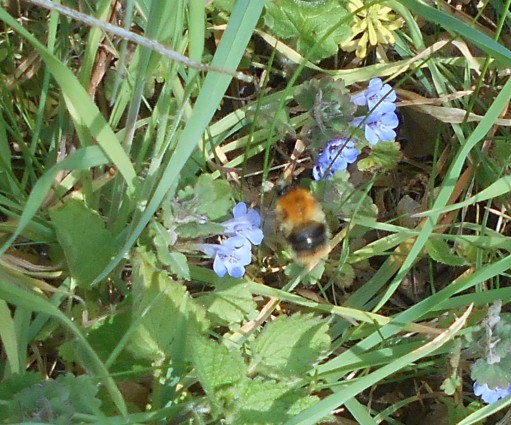
Tree Bumblebees
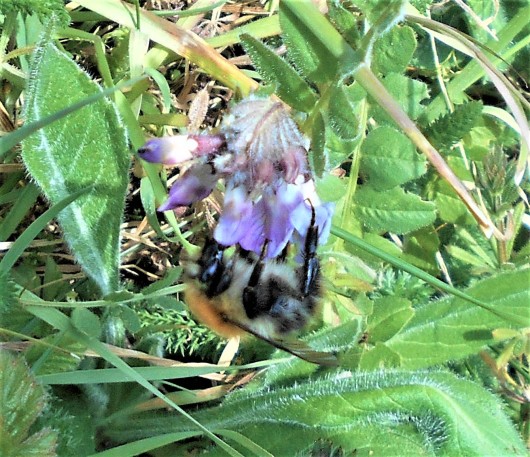
Lots of plants newly opening, Cowslips, Ground Ivy, Birds Eye Speedwell, Bluebell, Wood Spurge, Garlic Mustard, Arum Lillies, White Deadnettle, Dandelion, Cow Parsley, Dog Violet, Bush Vetch, Red Campion, Herb Rober, Primroses, Hop Trefoil, Stichworth, Field Speedwell, Groundsel and Ribwort Campion.
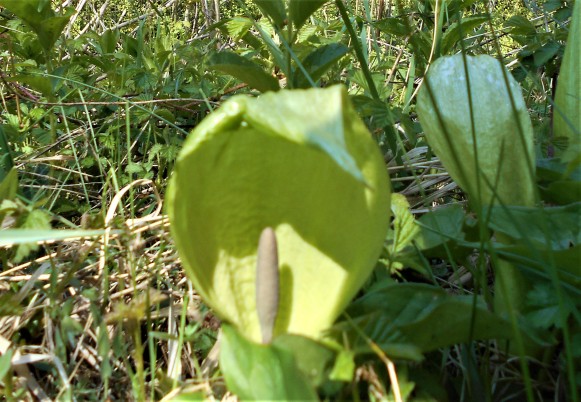
Chaffinches, Robins, Blackbirds, Whitethroats and Chiff Chaffs were all in good song, but the Yellowhammer was reduced to just single chirps, the Buzzard was wheeling overhead mewing forlornly and the usual Pheasants and Crows were skulking about. Sadly, still no sign of Nightingales – not singing because there too many people? Or is that just a despairing hope and they have still not returned.
16th April 2020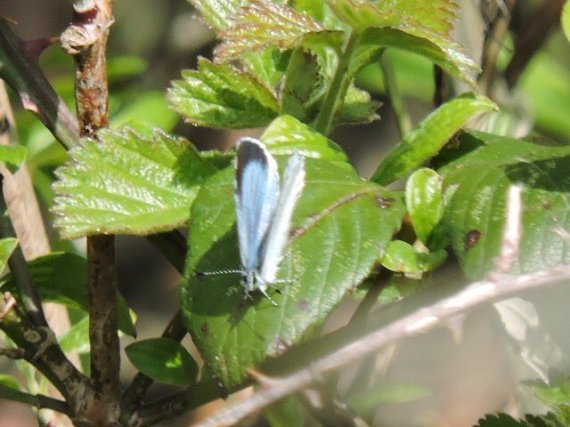 Holly Blue c. John Hansford
Holly Blue c. John Hansford
John Hansford was also at the path today and he thought he saw us but hidden as I was under a navy-blue fisherman’s hat, and he was sailing past on his wife’s bicycle, he wasn’t sure enough to stop! He was as deft as ever with his camera, managing to capture a Holly Blue butterfly (above). We were so pleased because we thought we had spotted a couple together but it was such a fleeting sight and there were no hollies around, we thought we must have been mistaken. He also saw lots of Brimstones, Orange Tips and two Speckled Woods as well as the Holly Blues.
He spotted two Common Whitethroats and 2 Song Thrushes. He said “The song thrushes were ridiculous. A pair collecting food and at one point one was around my feet!”
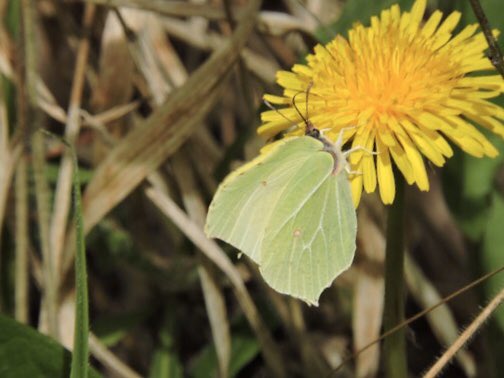 Brimstone butterfly c. John Hansford
Brimstone butterfly c. John Hansford
11th April 2020 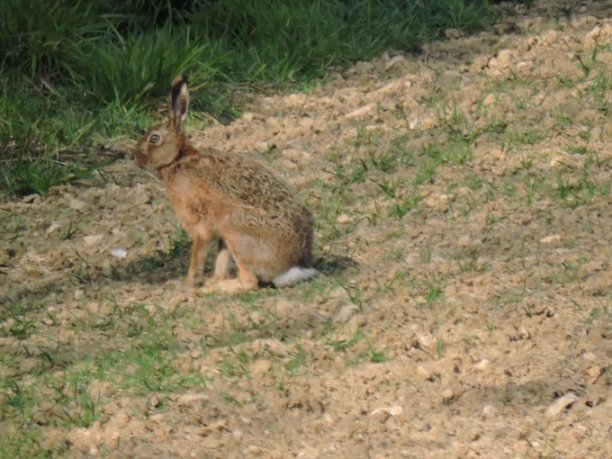
Happy Easter!
John Hansford borrowed is wife’s bicycle and managed a short dash to the cycle path and captured this great photograph of a Brown Hare – his gift of an Easter bunny! He spotted 8 Brimstone, 9 male Orange Tip, 1 Comma and a Holly Blue butterfly and saw 2 pairs of Marsh Tits, a Willow Warbler, a Moorhen and also managed to capture this lovely photograph of a Song Thrush.
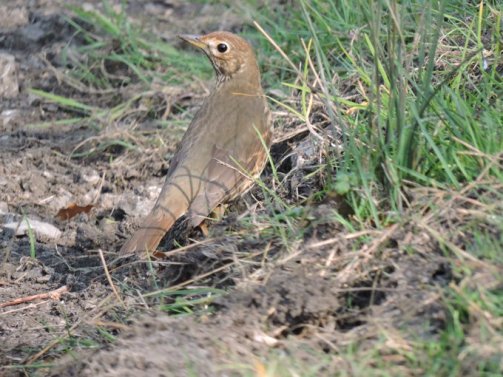
9th April 2020 / Temp: 14-17 C / 10.45 am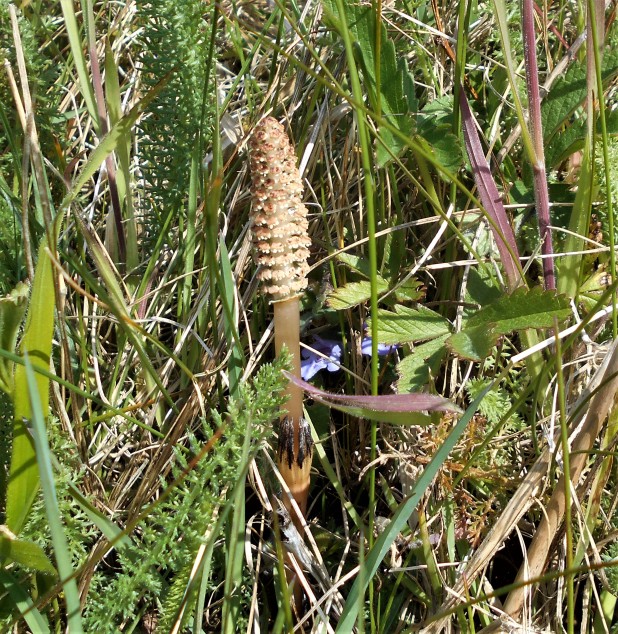
It is nearly 4 weeks since we have been able to visit the cycle path so we were determined to check it out today. Our exercise allowance time wasn’t sufficient to do our usual walk so, keen to check if the nightingales have returned, we started at the Mells Old Station end. It was the most glorious of spring mornings, full sun, light breeze, endless blue skies and the air so fresh and clear it was wonderful to be out, if only briefly. We hadn’t walked far when two things became obvious – an explosion of flowering plants and trees and lots and lots of birds singing!
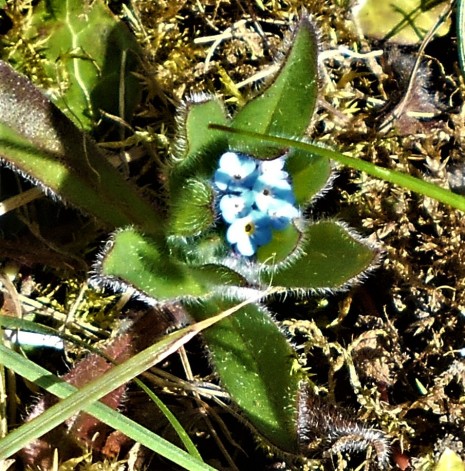 Early Forget-me-not
Early Forget-me-not
A newly emerging horsetail, large purple dog-violets, primroses, the first cowslips, bluebells, field speedwell, red campion, lesser celandine, dog’s mercury, arum lillies, white and red deadnettle as well as dandelions en masse, a few bush vetch, early-forget-me-not and ground ivy in profusion looking more striking than we had ever seen them, their blue flowers deep and bright. The deep red-purple Ash trees buds were bursting into flower, as were the delicate spring green Norway Maples, the newly displayed Horse chestnut leaves are almost autumnal in the vividness of their colour and the fragile white Blackthorn blossom and yellow Pussy Willow catkins shout spring from every hedgerow.
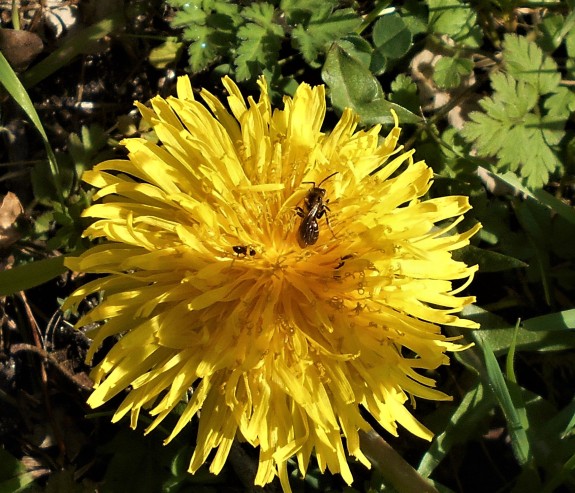
There seemed to be bumblebees everywhere, most buff-tailed but many too fast for us to identify, although we did manage to see a dark-edged bee fly. Drone and hover flies up in the tree blossom, a sweat bee feeding greedily on a dandelion which we think may well have been a bronze farrow bee, black ants also tucking into the dandelion nectar, several 7-spot ladybirds and one 14-spot ladybird, so tiny we almost missed it, sun-bathing on the leaves.
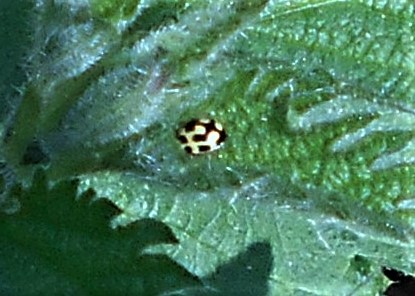
Lovely as all the bees and other insects are, what draws the eye of course, are the butterflies. The first sighting of several – Speckled wood and Comma – but the most common were my favourite butterfly, the Brimstones (both the beautiful clotted cream coloured male and the almost white female). In previous years they have always been the first to appear but we have been seening Small tortoiseshells for weeks before spotting our first Brimstone – how lovely they are. No Small tortoiseshells today but plenty of Peacocks and another first sighting of several beautiful Orange Tips.
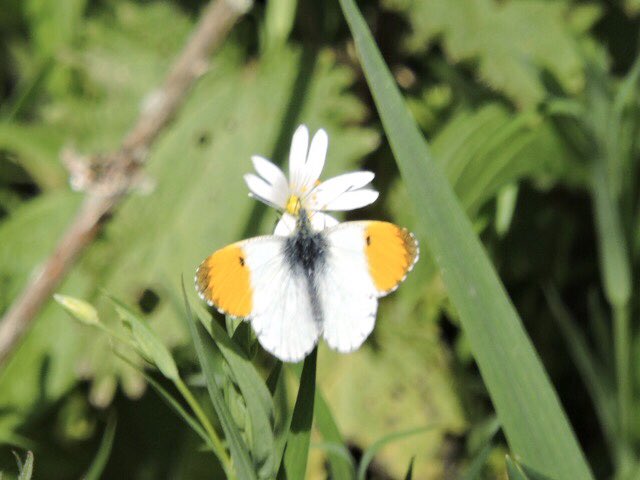 Orange Tip butterfly / copyright – John Hansford
Orange Tip butterfly / copyright – John Hansford
Finally, the birds! Our first Blackcaps of the season, Chiff-Chaffs, Blackbirds, Common Whitethroats, Song Thrush, Great Tits, Robins, Long Tailed Tits, Blue Tits (visiting the nest boxes with nesting material) Green Finches, Gold Finches, Rooks, Ravens, Buzzards, Wood Pigeons, Crows and Pheasants. Quite a haul, most making their presence hears at top, top volume! Sadly no Nightingales, but it may be a little too early here.
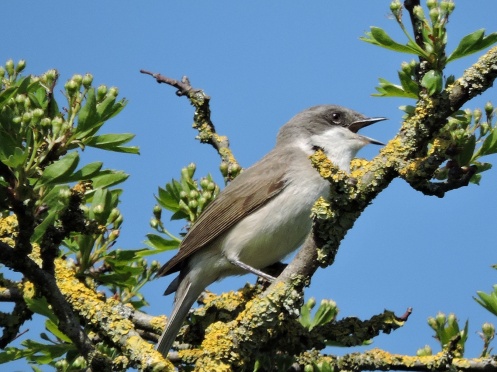 Lesser Whitethroat / copyright – John Hansford
Lesser Whitethroat / copyright – John Hansford
At least a dozen walkers and runners and more than two dozen or so cyclists catching their allocated sunshine and exercise, one of whom was rather amusing. He called out as he approached “Cuckoo! Have you heard the Cuckoo!” and cycled on when we clearly heard a Cuckoo’s distinctive call just after he turned out of sight. The first Cuckoo ever heard along the cycle path – a coup surely? Or a bit of a card with his recording playing on top volume? Hmm… we thought probably the latter!
Still, compensation in the form of a common lizard skittering off at top speed into the thick grass from the top of the yellow ant hill was satisfaction enough, even though we only caught sight of his back and tail – how they love the embankment, south-facing, warm and sheltered, it seems their perfect habitat.
16th March 2020 / Temp: 10-11.5 C / 1.45pm – 4.05pm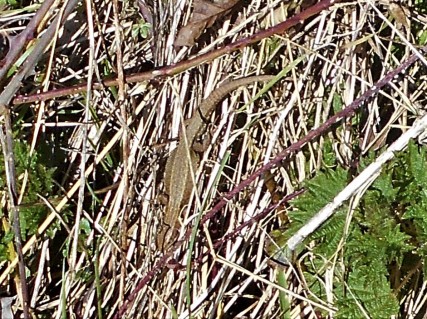
Glorious wall to wall blue skies and full sun which felt warm and springlike, encouraging the common lizards to come out to skitter between the coltsfoot and bask on the
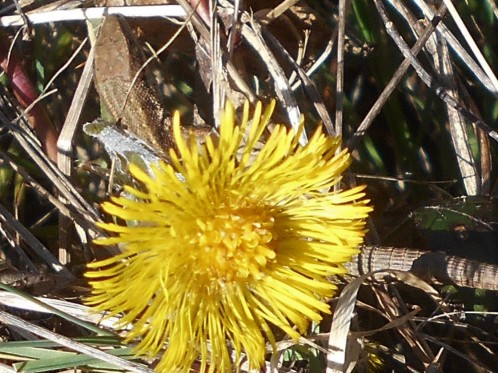
embankment, sweet violets (both white and purple) to flower and the pussy willows to pull on their brightest yellow fluffy pollen jackets.
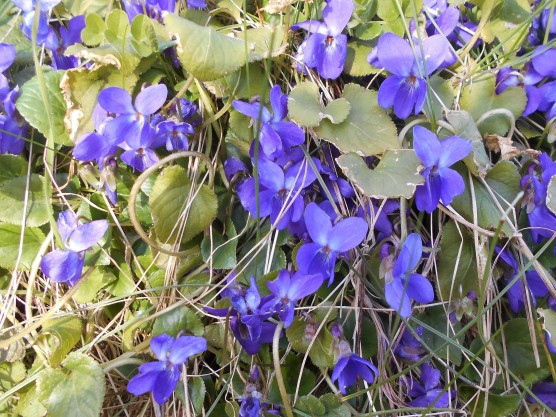
Ground Ivy, the first Cowslips, a wooded slope scattered with Primroses, and Lesser Celandines lining the path with the occasional bright blue Bird’s Eye Speedwell brightened the walk and the first full flowering of the delicate white Blackthorn flowers The chill wind kept the air crystal clear and it felt marvellous to be out and walking away from all the dire coronavirus news and rest our eyes on awakening spring and our ears on bird song which to our delight included two Skylarks trilling and trilling high in the blue sky above. We had barely arrived before we caught sight of a Small Tortoiseshell butterfly which is our first butterfly of the season and spotted another when we reached Mells Station.
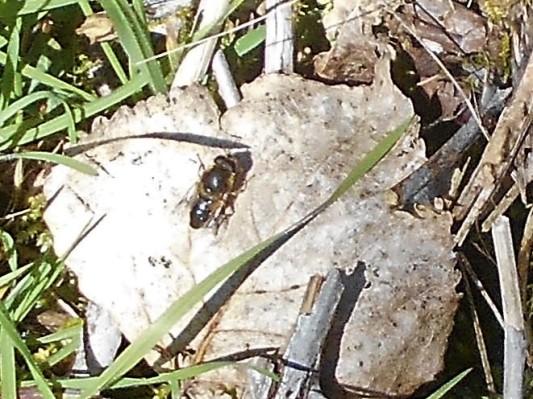
Half a dozen or so Hoverflies were noted, one exploring but most just basking, perfectly still on a leaf or stone unlike the fat noisy Early Bumblebees (probably queens) who whizzed past at top speed flashing their red tails, before examining the rough grass and tangled plants, never settling, too fast to photograph, and eventually disappearing into possible nest sites.
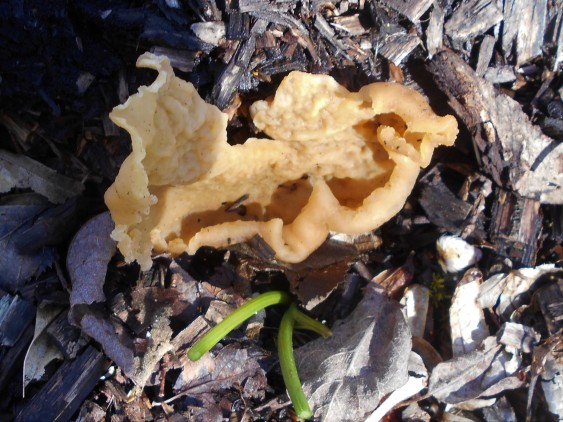
Half-hidden among the trees on a bed of wood chippings were a group of what might be brown cup fungus which Naturespot refers to as Piziza varia as evidently there are so many species it is impossible to identify without the help of a microscope. A relief then to spot Physicia adscendens on a gate which, although it is a first sighting on Colliers Way, is a familiar lichen to us.
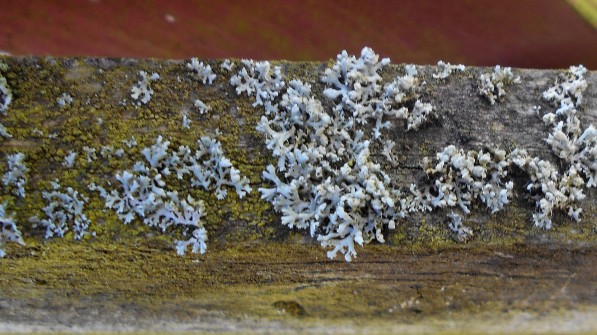
It was encouraging to see and hear such a wide variety of birds, including hearing and seeing our first Chiff Chaff of the season and hearing several others as we walked. Lots of Blackbirds, Robins, Wrens, Wood Pigeons and Pheasants of course, a solitary Blue Tit and one Goldfinch, a Buzzard, a Raven and spotting two Red-Legged Partridges made a welcome change from the usual absence of any life at all on the adjoining ploughed field.
Quite a few people about both dog walkers, runners and lots of cyclists, including a group of eight or ten we had noticed sitting outside the Mells Cafe and a runner who stopped while I was examining Jericho bridge looking for lichen who thought I was looking for geocache. During the course of conversation he solved something which had been puzzling us since last July when we found the small plaque attached to the puzzle picnic bench by the orchard.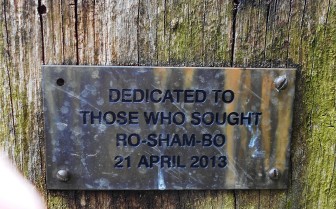
Evidently he was one of a group of 12 people who set off one afternoon to seach for a geocache hidden near Conduit Bridge by Ro-Sham-Bo whose puzzles were always fiendishly difficult to find; they were unsuccessful that day but two of their number did manage to find it later, and the plaque must have been put there by one of the group (or even Ro-Sham-Bo!). He hadn’t heard of or seen the plaque and as he was running that way said he would check it out; when I saw him later on his way back he said that when he reached the orchard a group of people were drinking tea sitting on the bench so he decided he would go back another time.
Good to have one puzzle solved!
And now for something completely different…
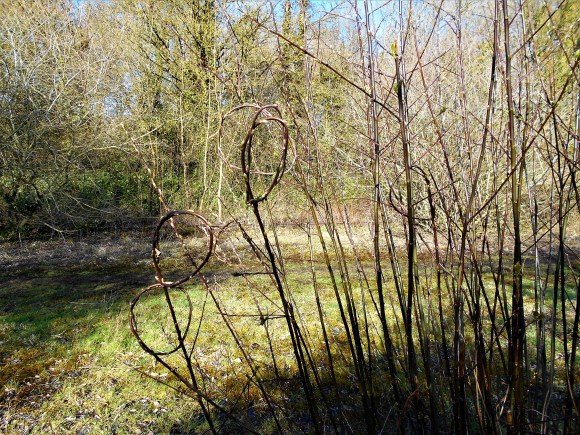
Living Willow Sculpture in the making
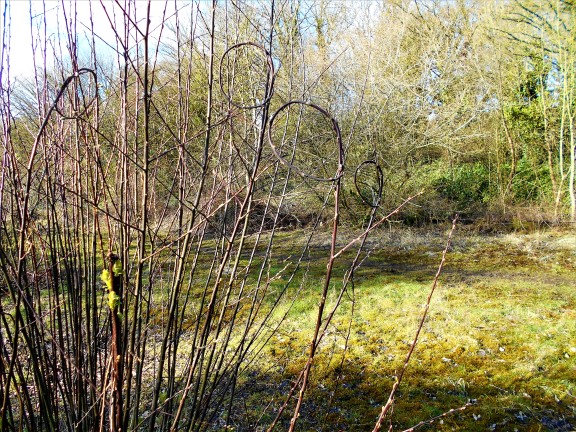
20th February 2020 / Temp: 6.5 C / 3.20pm – 4.35pm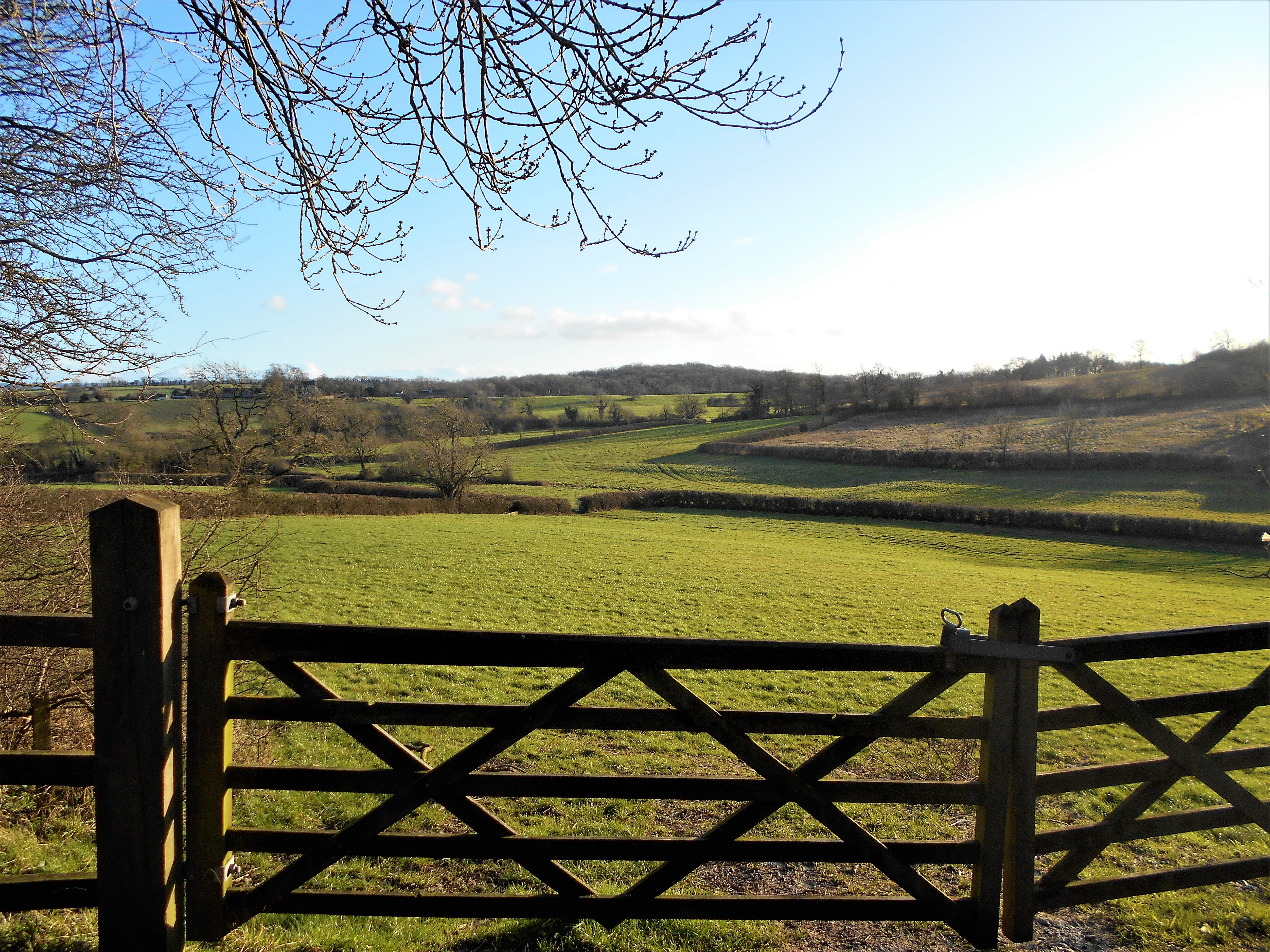
This photograph of a calm, sunny rural scene with rolling meadows belies the reality – the wind through the trees behind us sounded more like an advancing steam train, the ground was saturated underfood, the stream swollen and turbid, the ivy strewn floor of the wood was under water and we had just been caught in a sharp icy rain shower and had retreated to the woods in the hope of some protection!
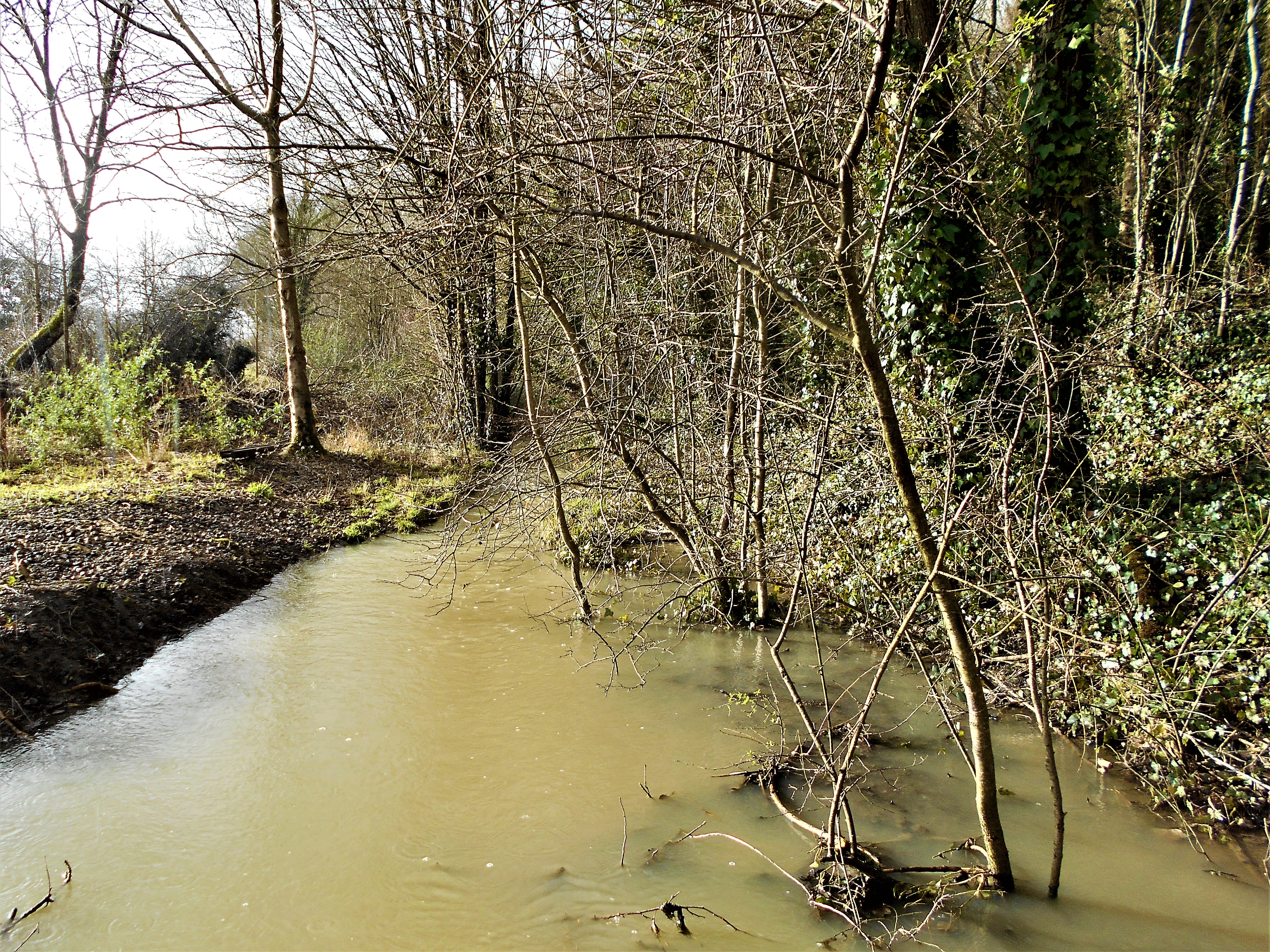
There were three or four fallen trees in the wood, two uprooted and the others broken off by the root but they looked well-rotted, perhaps not surprisingly given the amount of water run-off from the adjoining field plus storm Ciara followed by storm Dennis ripping up trees across the country.
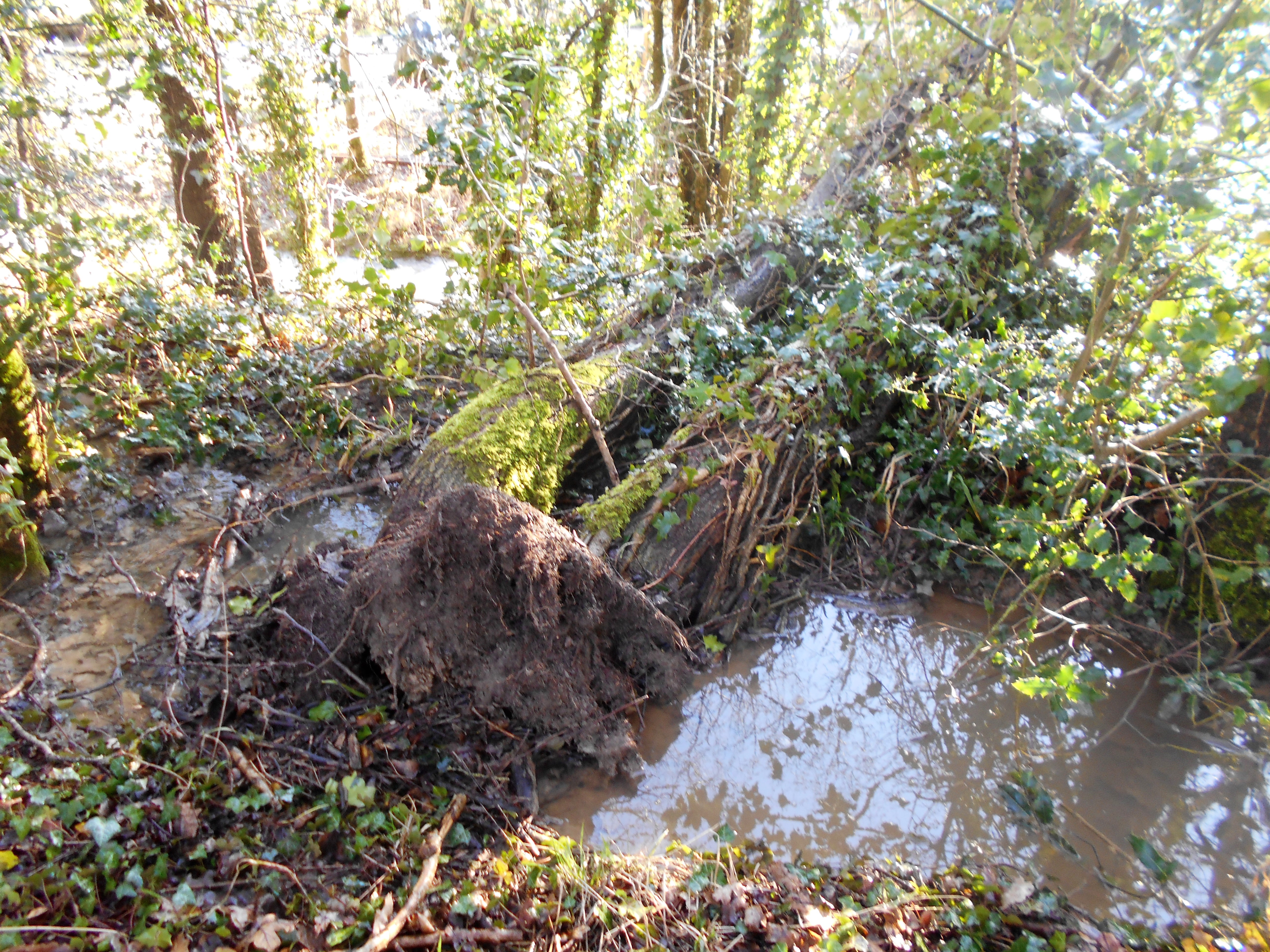
Disappointing to note that one of the fallen trees sported the only script lichen we had been able to find, but glad we managed to log and photograph it before it fell.
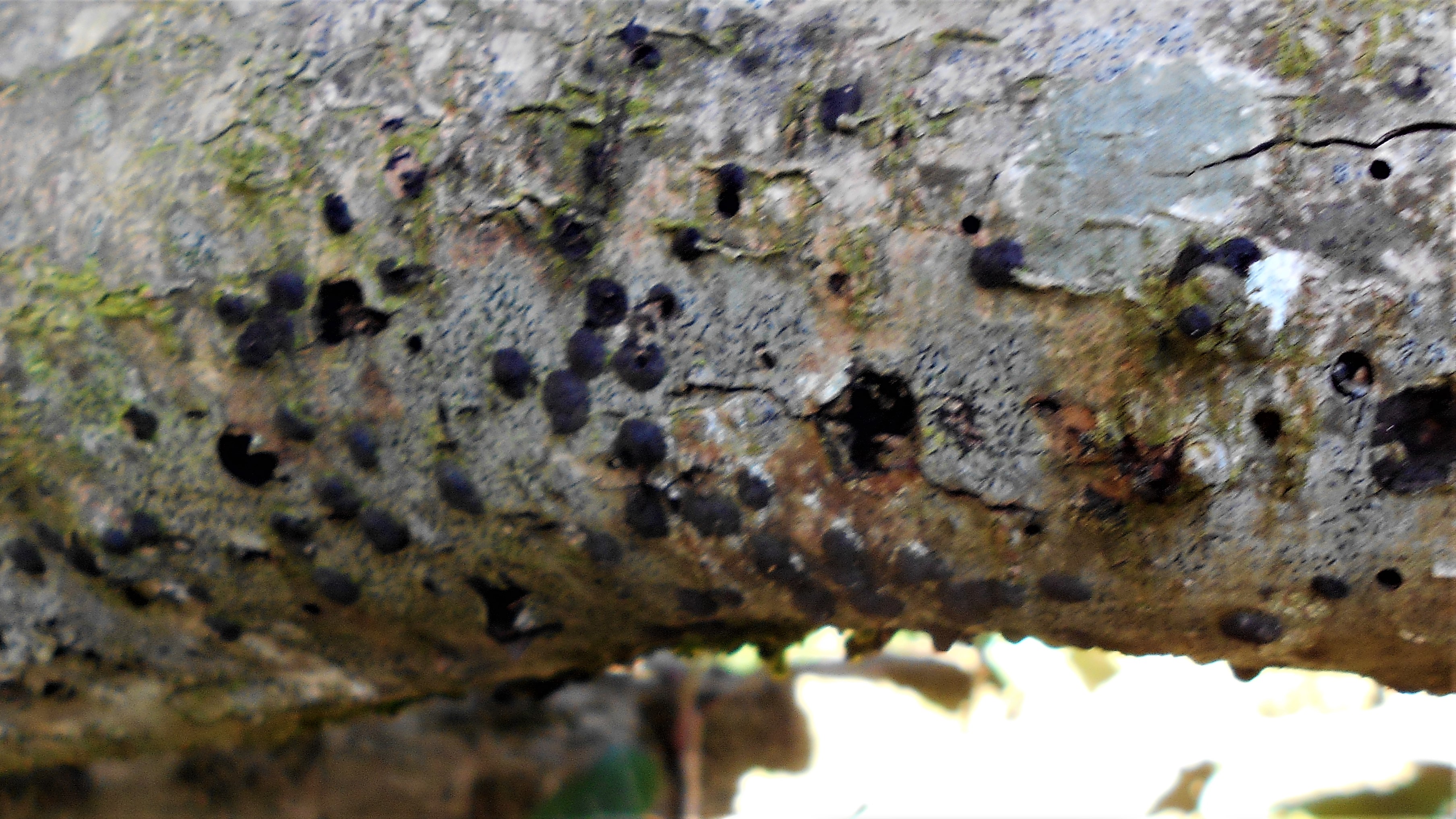
We spotted what we thought might be tiny button lichen (amandinea punctata) but further research tells us that it is more likely to be lichenicolous fungus, a parastitic fungus which lives on lichen as host, in this case script lichen. Lichen is already so very difficult to pin down and identify, but one of a possible 3,000 odd lichenicolous fungi would be totally impossible so it was heartening to see a good crop of jelly ear fungus which is easy enough for everyone to identify!
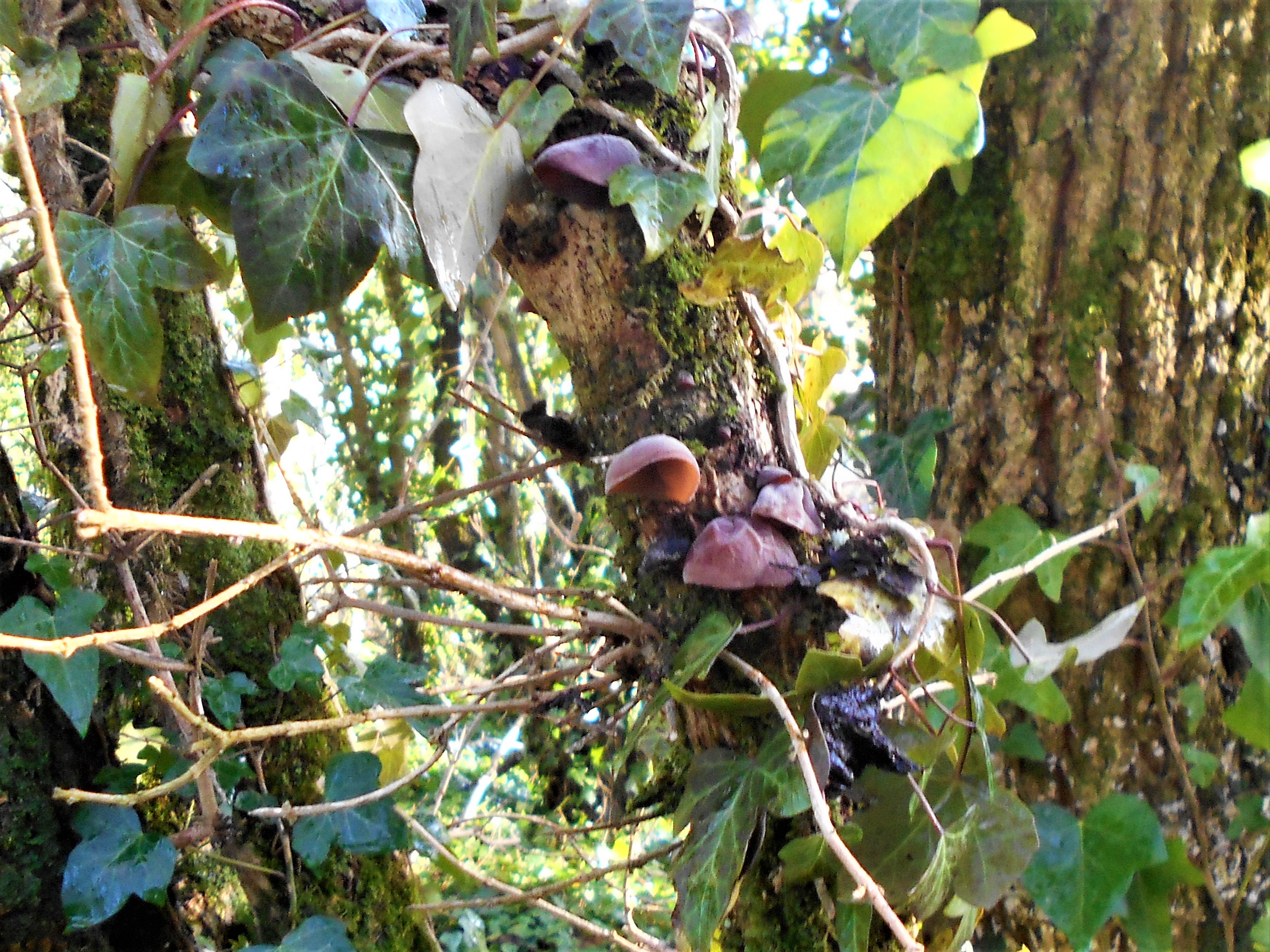
Very few birds around – a few Blackbirds whizzing across the path, two Buzzards flying low over the trees, Robins singing, Wrens scuttling through the undergrowth, such a large flock of Jackdaws and Rooks flying over they looked quite dramatic against the clear blue sky, Wood Pigeons and Crows of course and the inevitable squawking of Pheasants from the fields.
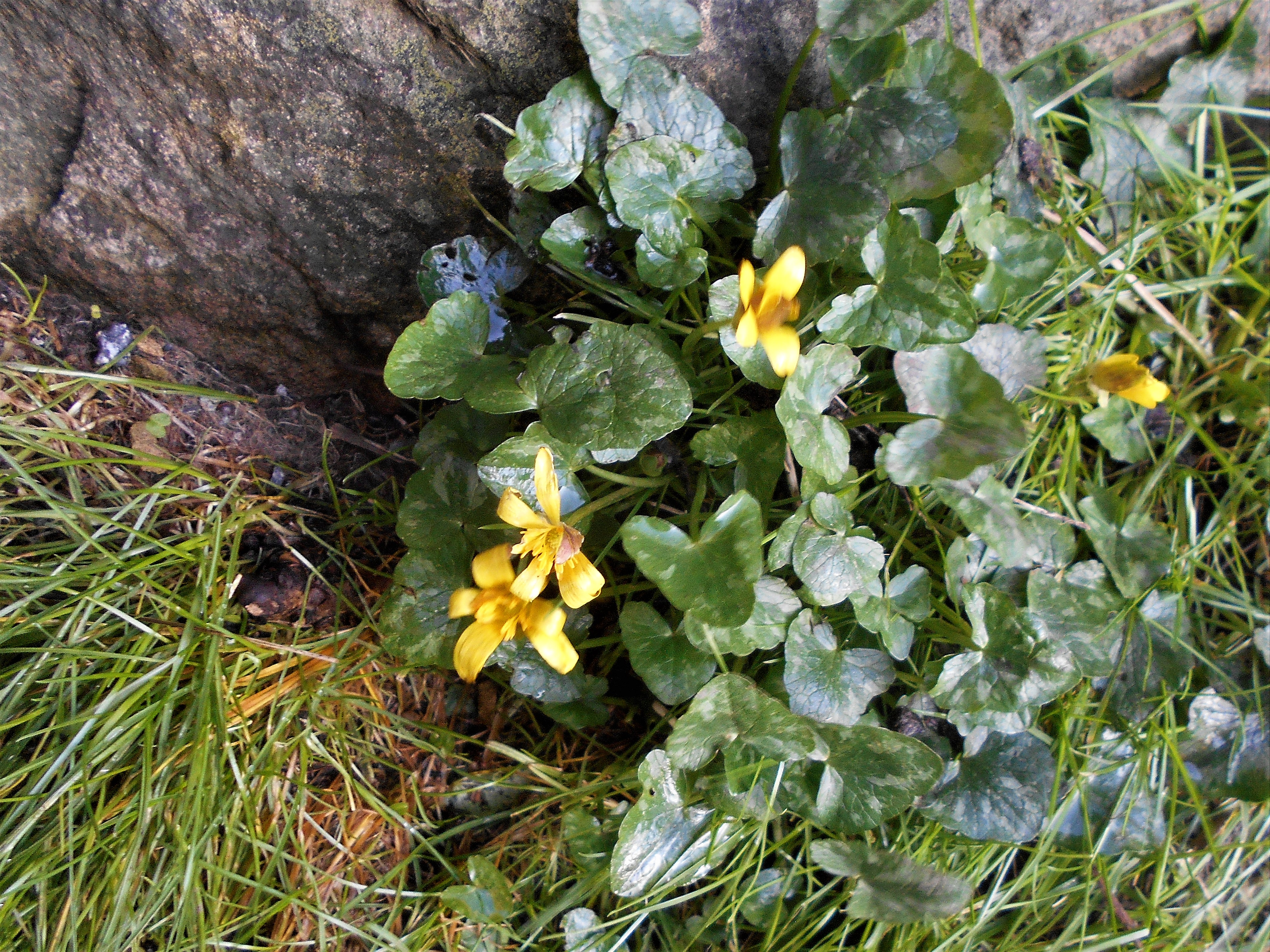
Even fewer flowers, Dog’s Mercury and a few clumps of rain-soaked and bedraggled lesser celandines and the occasional rose hips were the sum of it. Lots of walkers, several with lively dogs who can spot clean cords a mile off and make sure to leave their marks, every one in good humour, enjoying the bright sunshine and scintillating air, relieved to see a break from the relentless rain.
12th February 2020 / Temp: 4 C / 9.35am – 11.35am
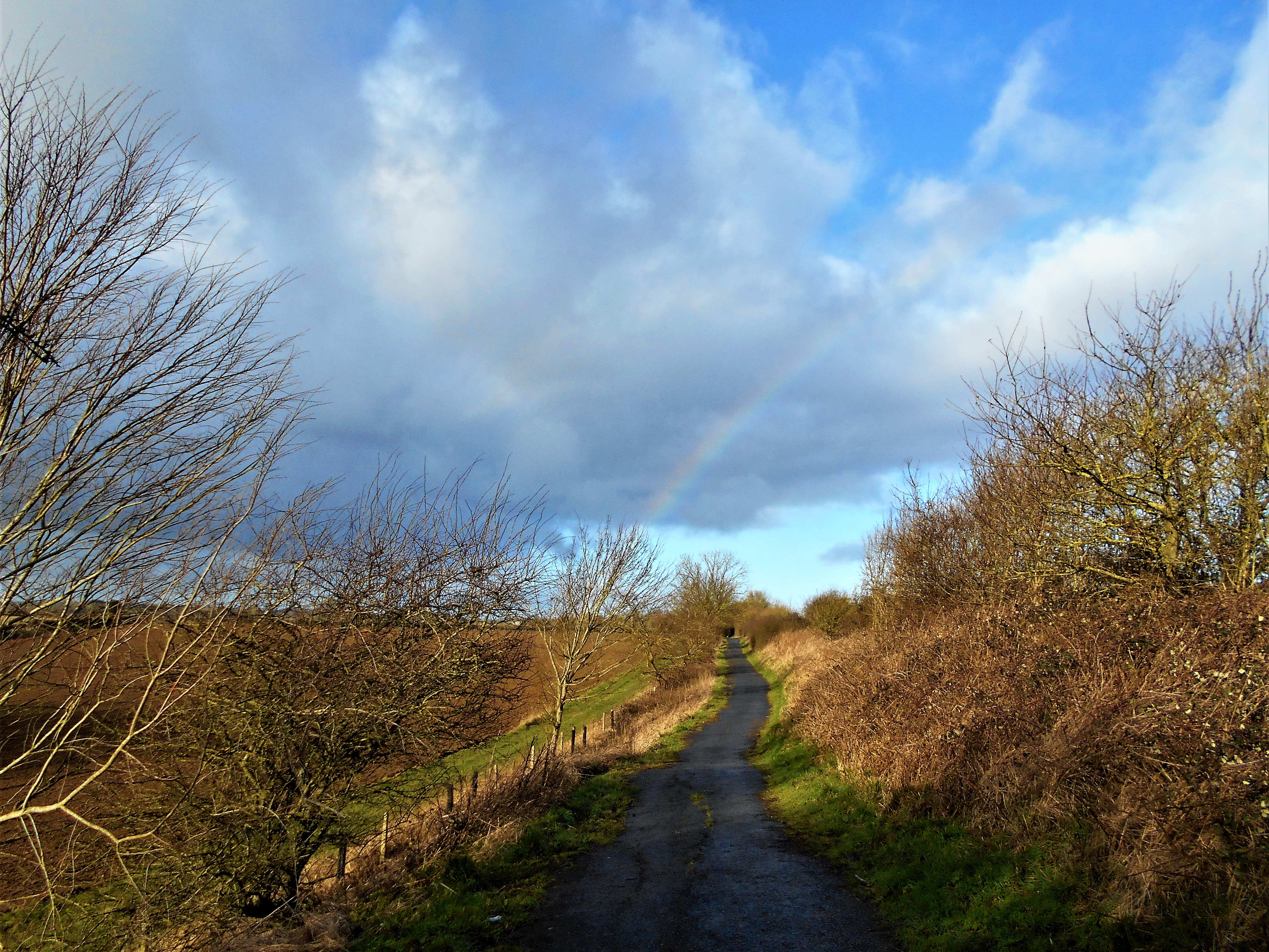
For once the weather forecast was bang to rights – Temperature 4 C, feels like 1 C, and so it did, due to the “gentle” south westerly wind. It wasn’t helped by the sharp rain shower which caught us out soon after we had started walking but it is always astonishing how quickly we adjust to the cold and walking as briskly as we could (a slow hobble!) when the rain stopped and the sun came out, it soon felt warm enough to be wonderfully envigorating, particularly when a faint rainbow appeared in the sky in front of us, beckoning us on.
Large parties of finches, mainly Chaffinches but at least one Goldfinch, were flitting through the trees and bushes on either side of the path as we walked, quite a number of Robins, singing away, Blackbirds, Wrens, a Great Tit, a flock of 30-40 Fieldfares, a warbler (which looked like a Chiff Chaff) and of course the usual Wood Pigeons, Pheasants and Crows. We saw first one and then later three more Buzzards, wheeling and mewing low over the trees, a Raven and on the way back a Kestrel, hovering over the field. As John saw a Kestrel on his last visit and we also saw one along the river a week ago, and one up on the downs a few weeks before that, it appears that Kestrels may be returning after a period where we rarely saw them at all.
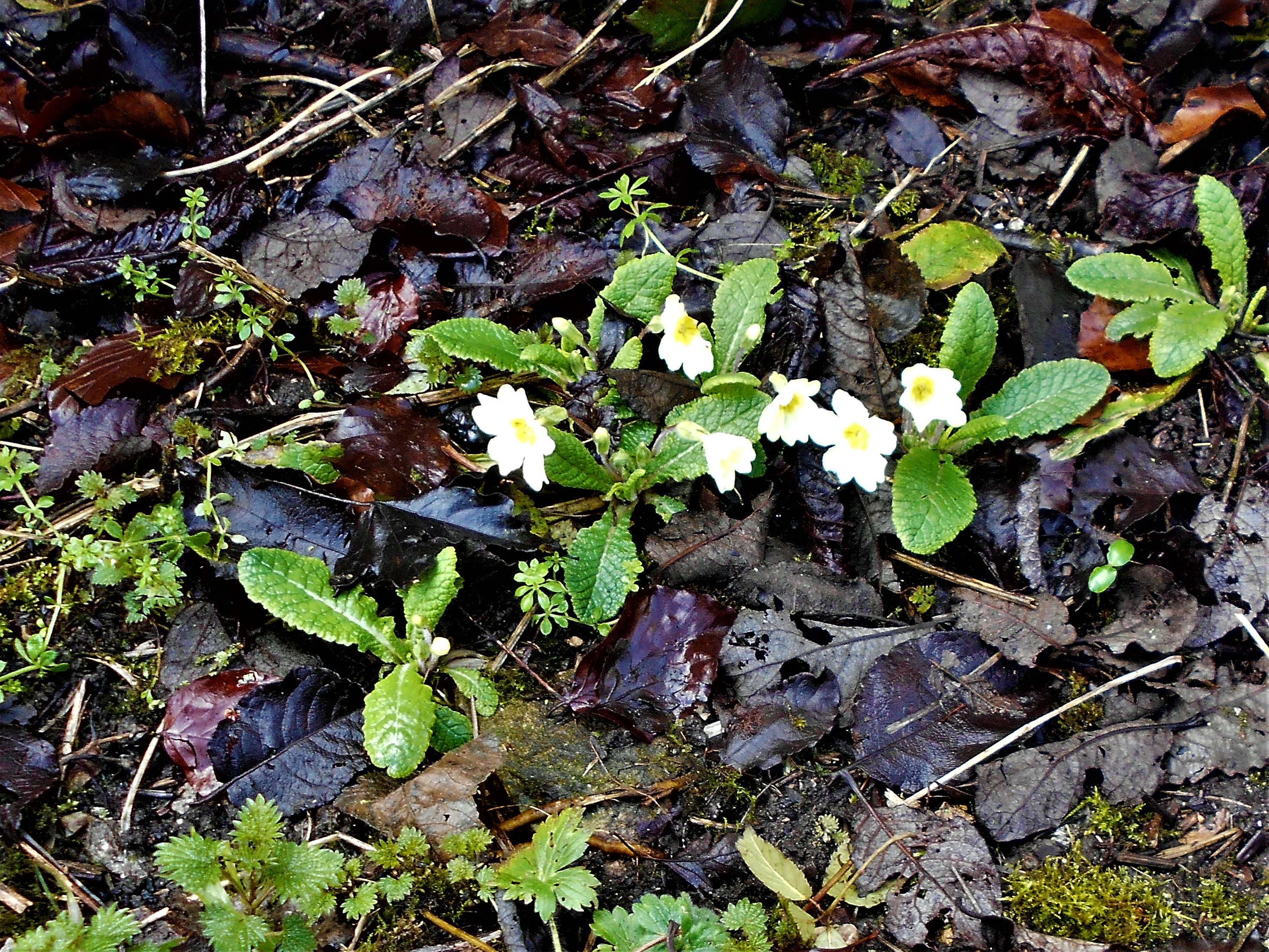
Lots of Dog’s Mercury everywhere under the trees, and Lords & Ladies spotted leaves, white deadnettle, a single dandelion in yellow bud, more and more golden catkins on the hazels, and the pussy willows showing white tips all hinted at the turning of the season, confirmed by our first sight of clumps of primroses on the usual bank where we have seen them in December and a small clump of sweet violets on the embankment. All very tentative, but in plain sight!
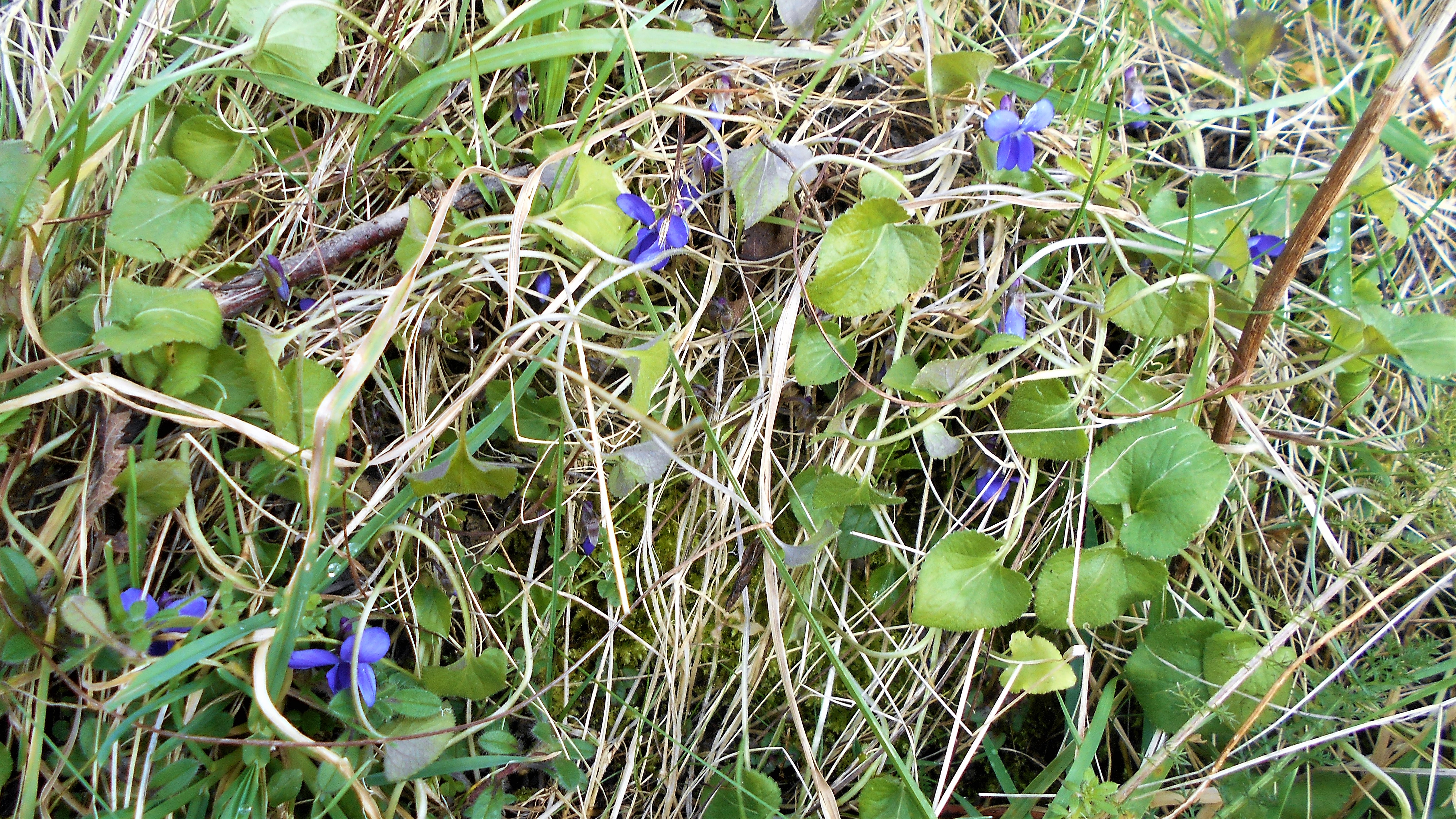
Very pleased to spot the jelly ear fungus on a twig fallen from one of the crab apple trees where we used to see lots but haven’t seen any for a year or so.
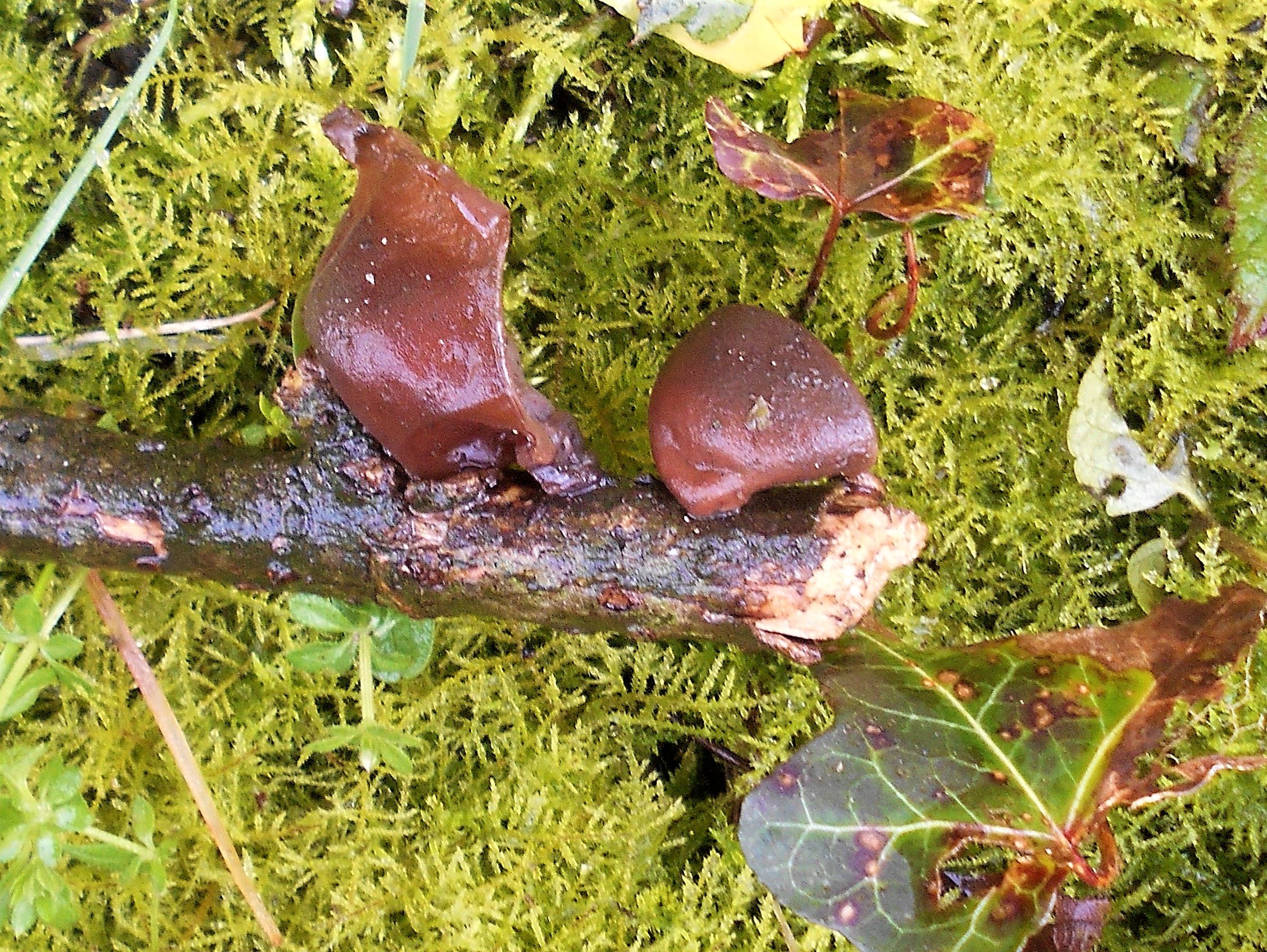
In that little thicket the trees are smothered in ivy, the fruits of which were fat and ripely black, good news for the birds as it promises to become considerably colder in the new few days.
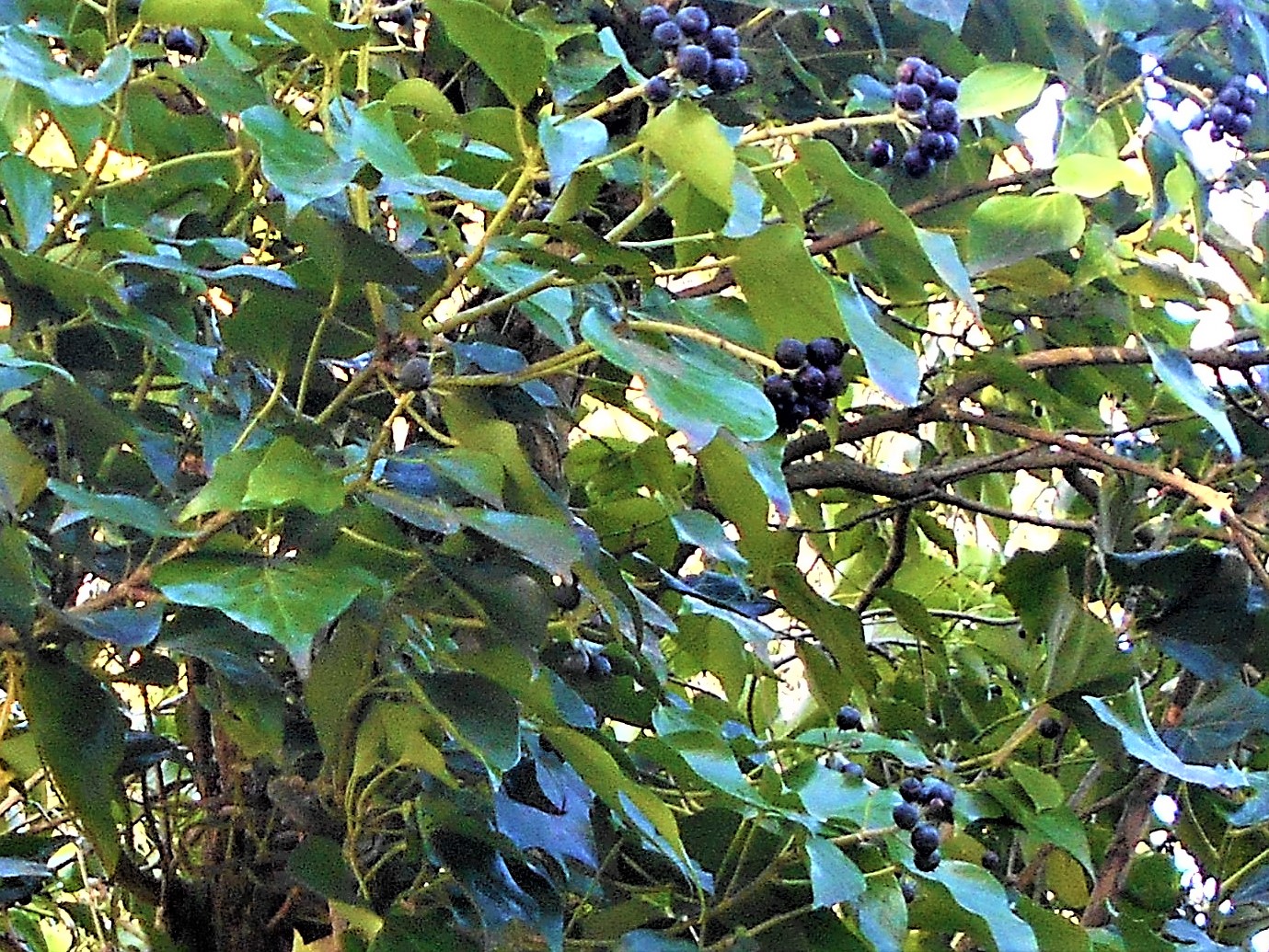
What looked like an old rabbit warren of eight or nine burrows next to the Mells Estate fields in the lumpy, bumpy patch of moss and dog’s mercury strewn ground still looked abandoned as we couldn’t see any disturbed earth or droppings and yet…. the openings were clear of fallen leaves and branches so maybe they are providing a home for other small mammals.
The green algae of trentepohlia sp. caught the eye, the clear sunlight highlighting its bright orange powder-like lichen coating the crevices of several trunks of a group of trees, particularly vivid against the dull brown bark and bright green moss.
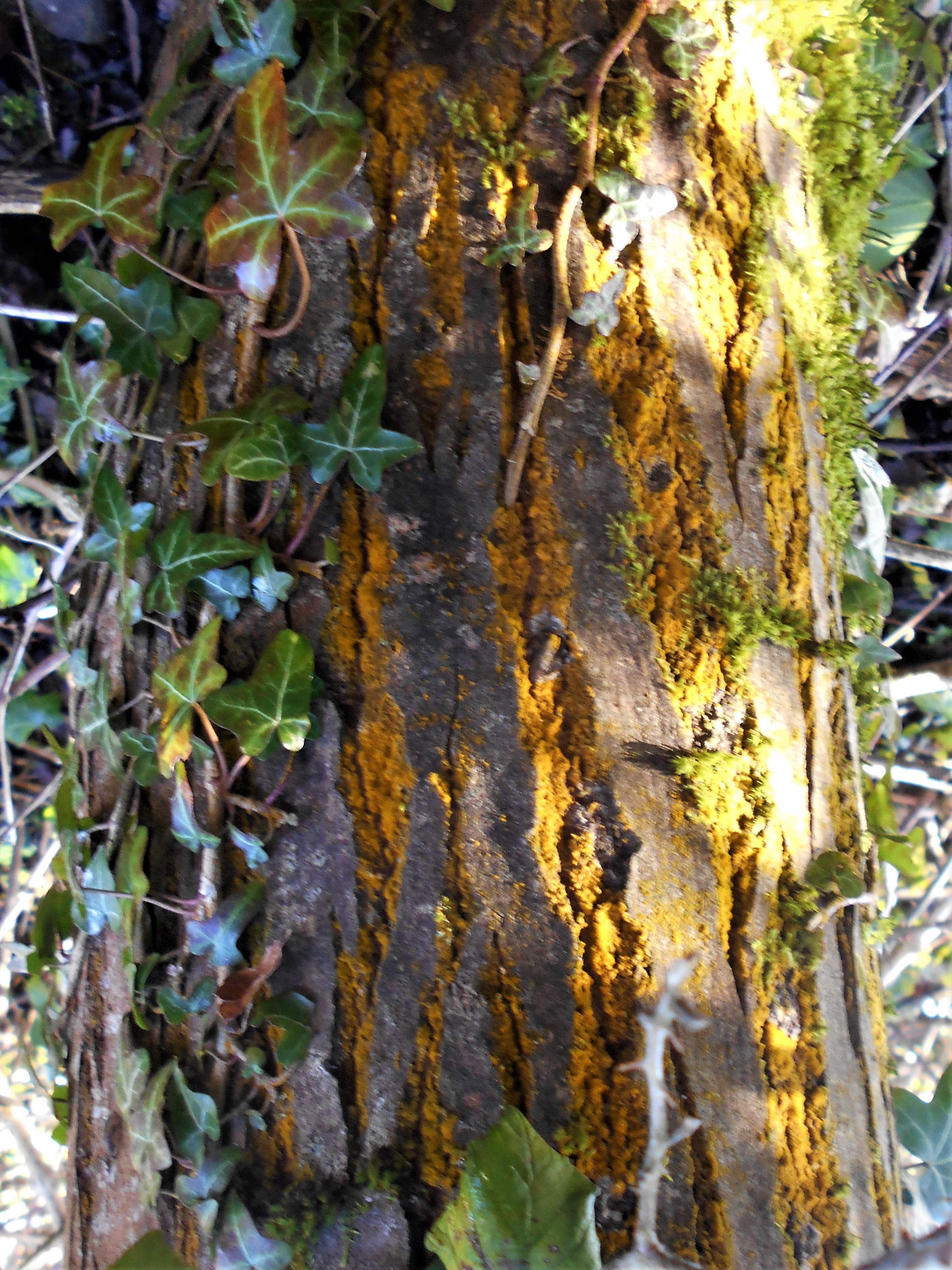
As to the lichen splattering the limestone blocks of the bridge, they continue to be a mystery to us as we have been unable to identify any of them with absolute certainty; however, as this very brief interlude of sunshine and dry weather is forecast to break tonight and the heavy rain storms return, perhaps identifying lichens might prove to be a puzzle with which to occupy ourselves when we are again tied to the house – a divertion from watching rain lashing against the window panes.
14.3.2020: Since writing the above, we believe we have identified the powdery green/yellow sulphur crust below – Psilolechia lucida appears to be a match, evidently it often grows in the crevices in the base-poor rock of dry stone walls, and the old railway bridges are built of limestone.
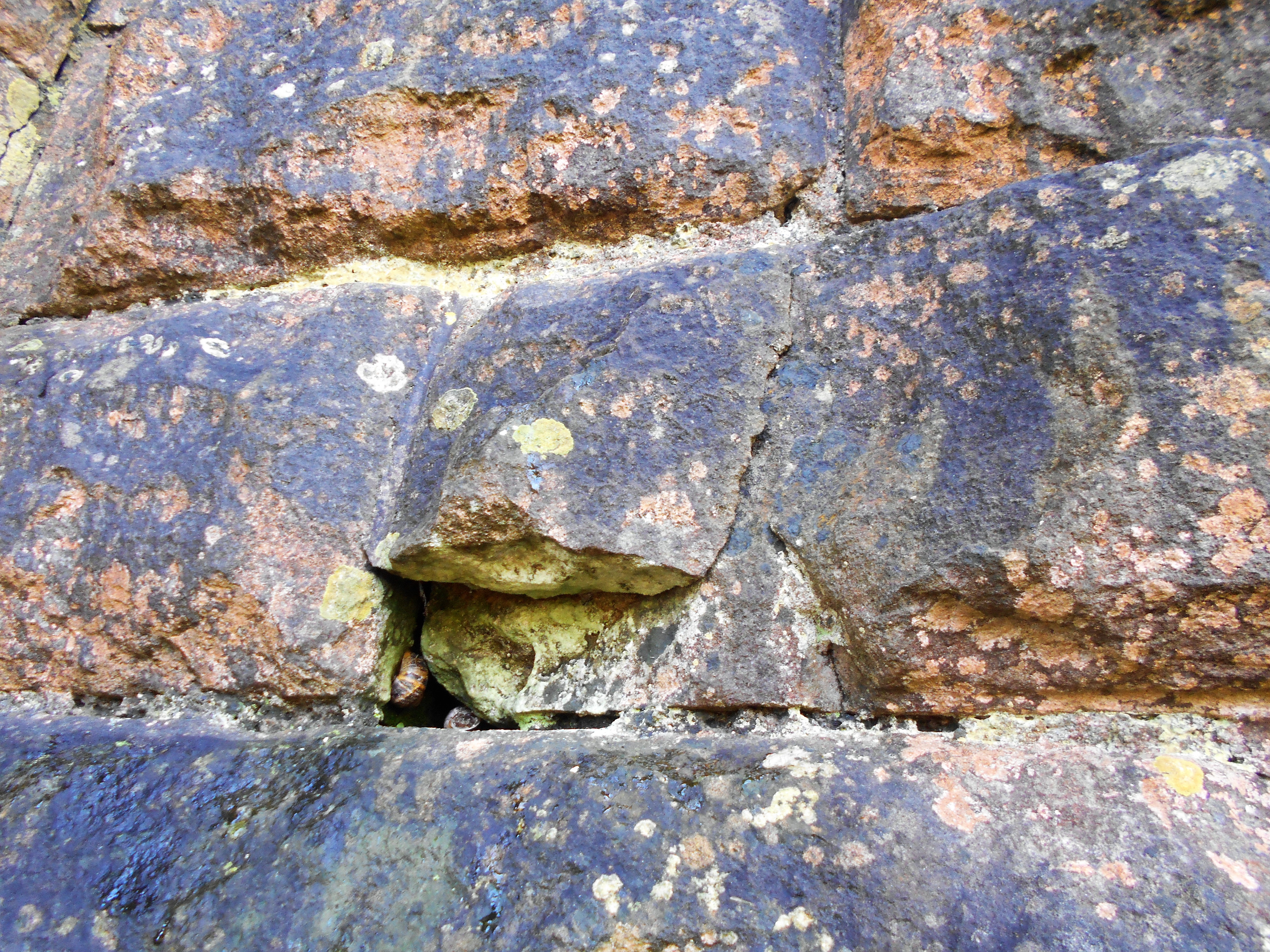
but we did rather love an enterprising spider’s strategically placed web!
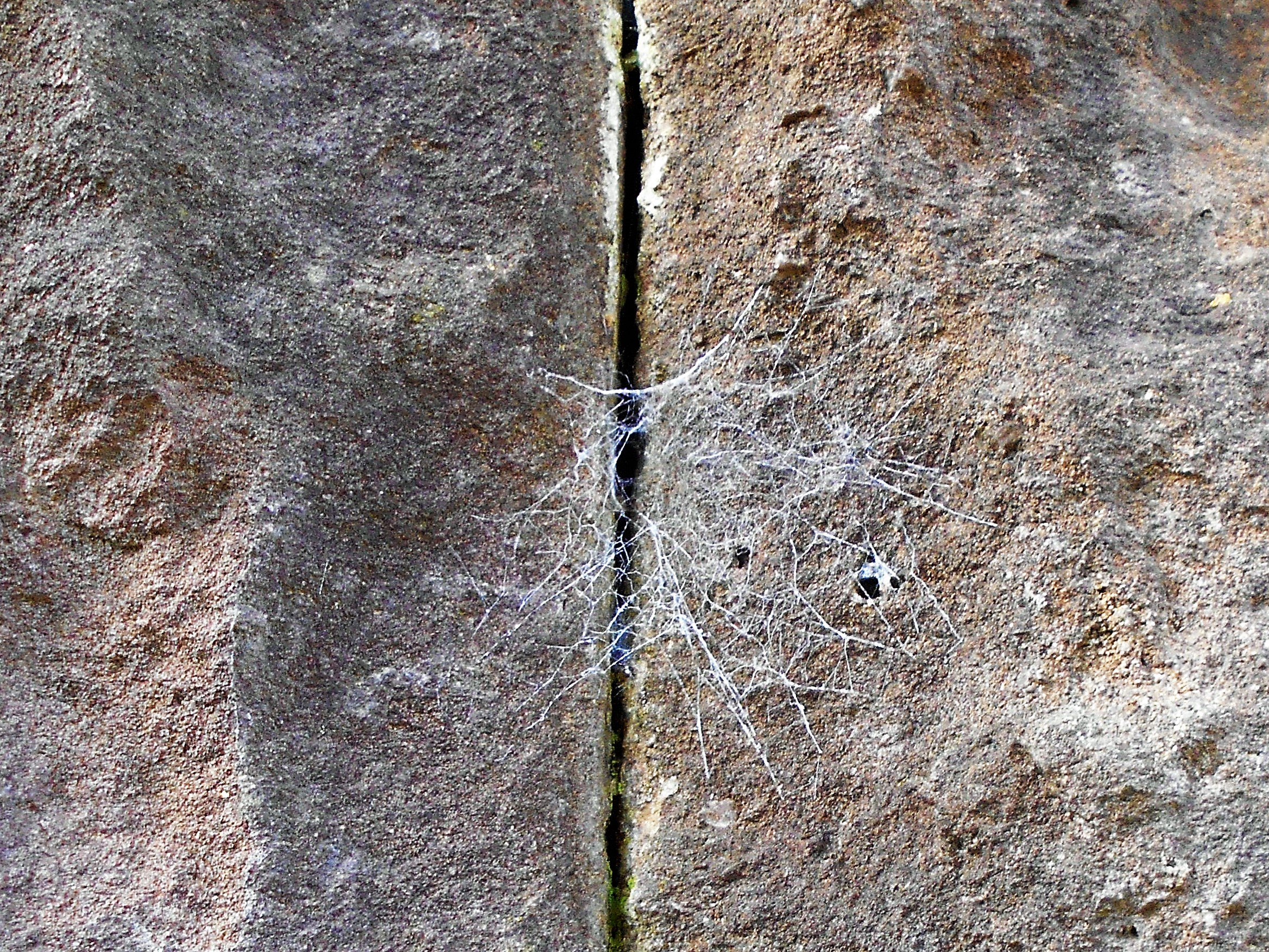
Lots of cyclists, runners, dog walkers also dashing out between the storms, including a young woman runner from Mells who told us of a tree blown down across the path west of the bridge near Mells Station; she had felt sorry for an older man having difficulty lifting his bicycle over the tree to continue his journey to Radstock (this was the second fallen tree in a matter of weeks – an indication of the force and severity of recent storms). She always rang Sustrans to report fallen trees or other concerns – it’s great to have people who volunteer as casual wardens caring for the Way.
We also chatted to a couple of intrepid old gentlemen who had cycled over from Limpley Stoke and were delighted to be directed to the Mells cafe to enjoy hot soup and the chance to warm fingers and toes. We also began to hurry back as the clouds looked increasingly threatening, not that the rain was likely to bother the flock of Jackdaws and Rooks spread out across the ploughed field – they looked settled for the duration. Always reassuring to see Rooks, given their present serious fall in numbers.
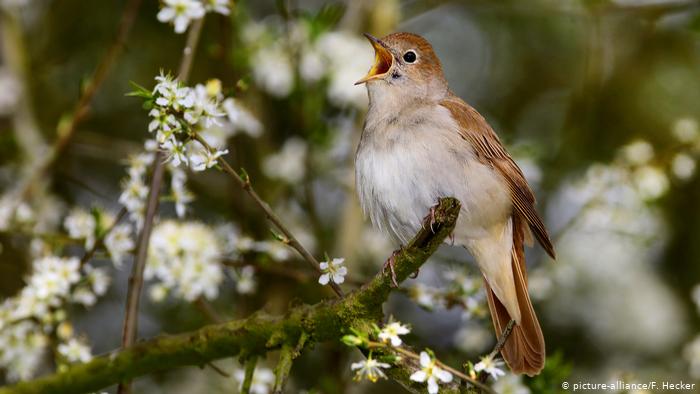
John Hansford writes “Arguably the most sensational sound of the Somerset countryside. I’m now dreaming of Spring and the days getting longer. Sit back and listen!”
4th February 2020
BTO’s infographic of UK’s most common breeding birds. For more detailed analysis see:
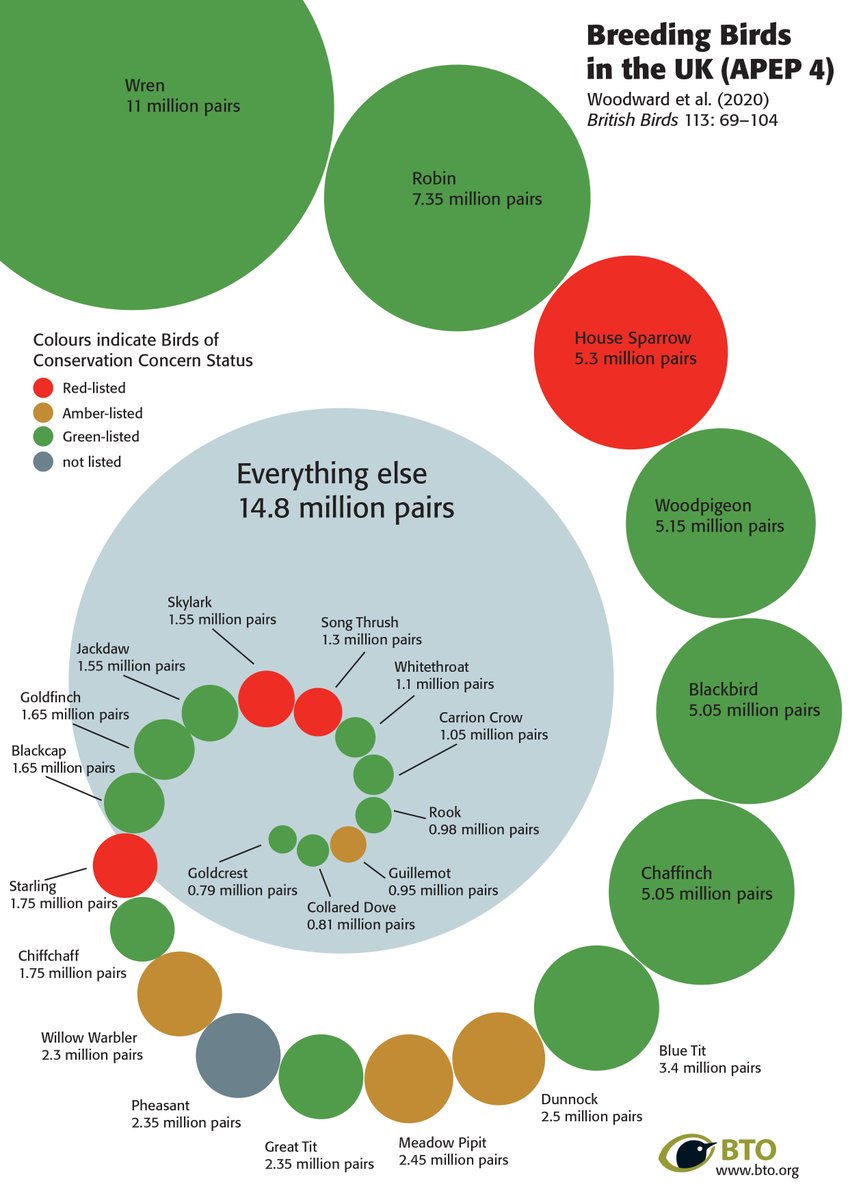
20th and 21st January 2020
A message from John Hansford which although he says it was quiet bird wise, he saw a rather more interesting clutch than our visit on the 15th. How exciting to see a flock of Golden Plover! Years ago it was not infrequent to see Golden Plover feeding in the fields but now a rare sight and a new species to Colliers Way.
Pleasing that John spotted three Mistle Thrush and also a Chiffchaff so early – it must be spring! Although it’s more likely to be one of the growing numbers of Chiffchaffs who over-winter here. If the weather stays mild, they can find enough insect food to sustain them during the coldest months and the considerable clouds of winter gnats all along the path through this damp autumn should have been more than enough to feed them up. If do they survive, they will have the advantage of getting to their breeding grounds before the summer migrants and secure the best territories.
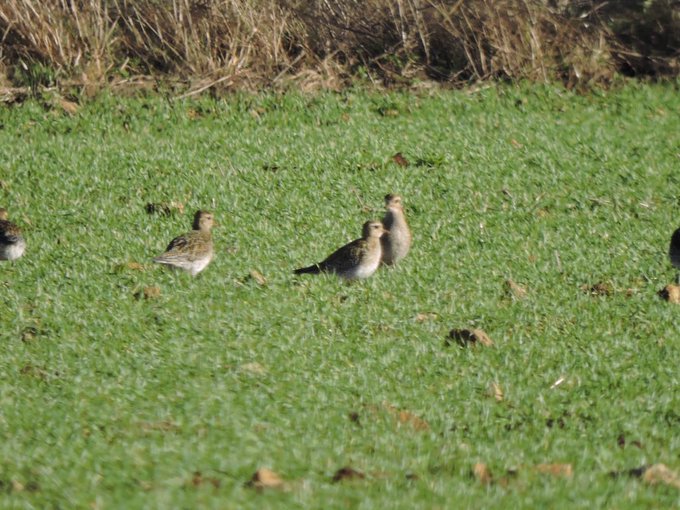
“My first visit of the year this afternoon to the cycle path, not overly enjoyable due to a very high number of dog walkers, most dogs off leads and no sign of any owner carrying a poo bag! Quiet bird wise, 3 Mistle Thrush, 2 Song Thrush, 6 Redwing, 15 Fieldfare, 5 Bullfinch, 1 Chiffchaff, 1 Kestrel, 2 Buzzards. I didn’t count the number of Robins but there are plenty between conduit bridge and the disused railway wagon.”
“I forgot to send my second message yesterday, a flock of Golden Plover was a first for me at Mells Down”
15th January 2020 / Temp: 7.5 C / 2.30pm – 3.45pm
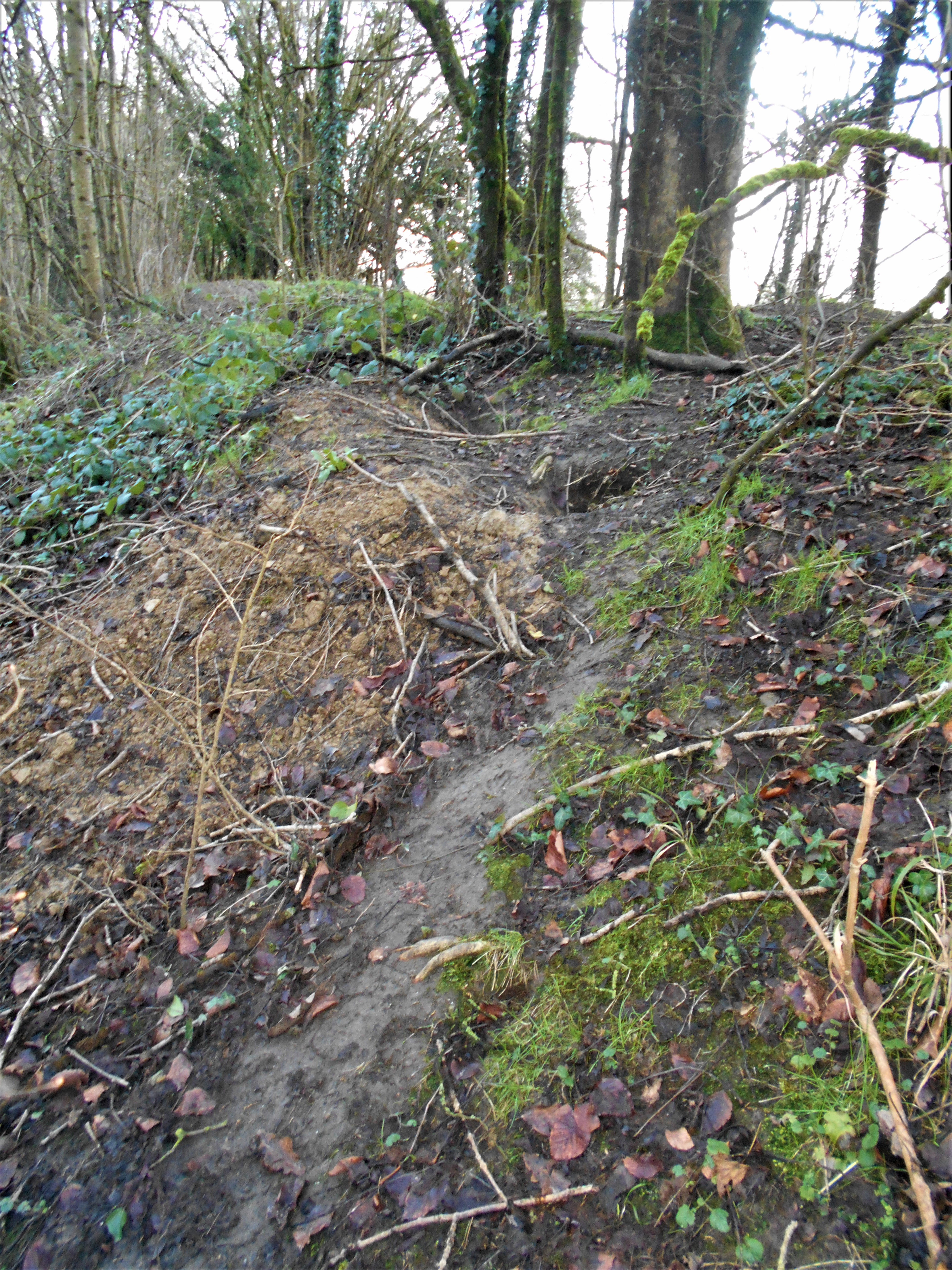
A brief interlude of sun between days of relentless rain temped us out but once we felt the bitter north-easterly wind it quickly drive us down into the shelter of the woods to escape the full blast.
Winter days walking along between high banks topped with lines of ash treesmeans little sunlight falls onto the path but it was so cheering to see it lighting up the bare branches being tossed by the wind and there was still enough light to see that the tracks leading up to the Badger setts were well worn and covered with prints, so the Badgers must be pretty active.
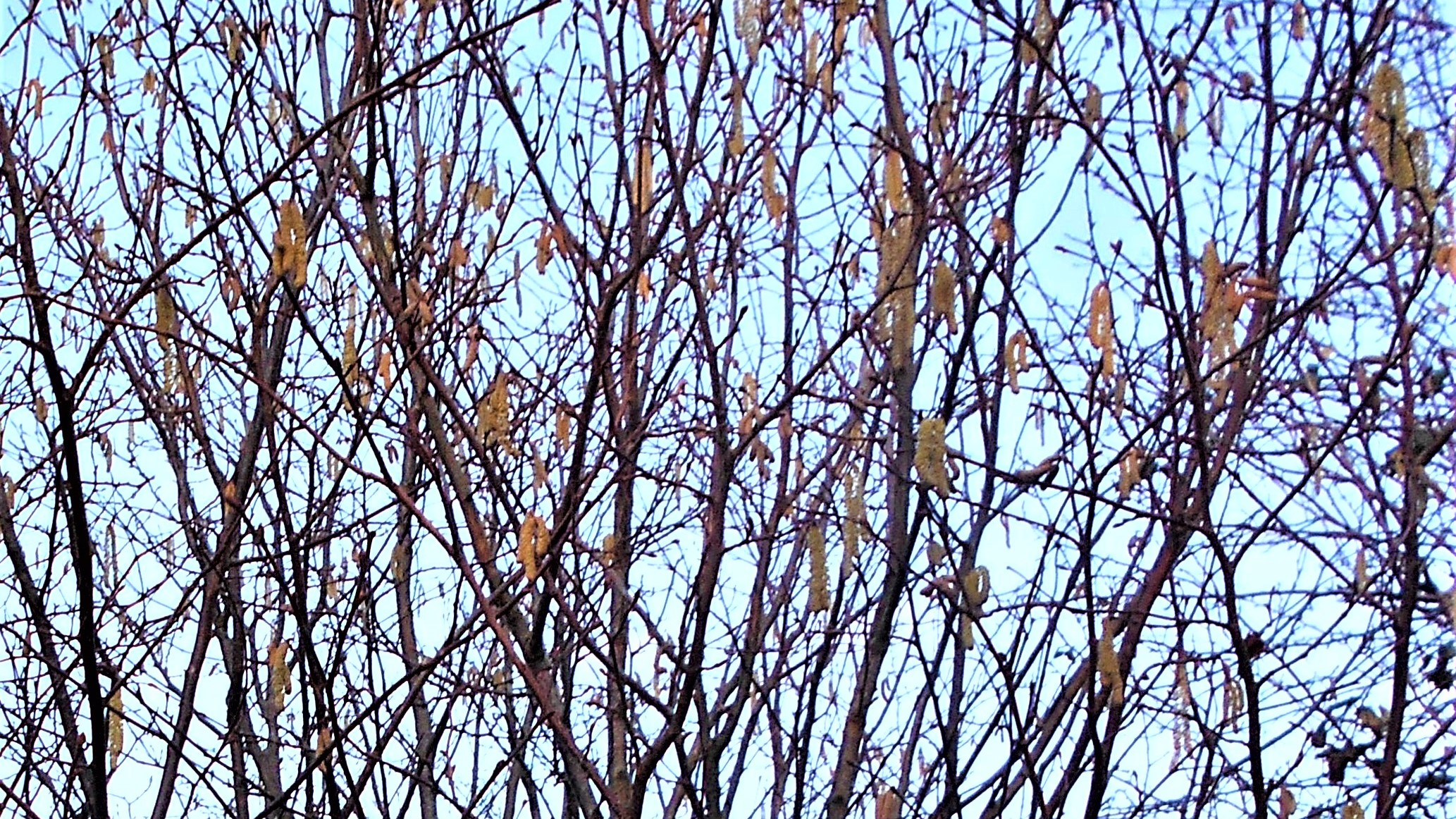
Some of the fallen hazel catkins are surprisingly at least 2 inches long and already yellow where they have been exposed to the sun while the catkins on the trees in other more shaded parts of the wood are for the most part small and brown and still winter shriven.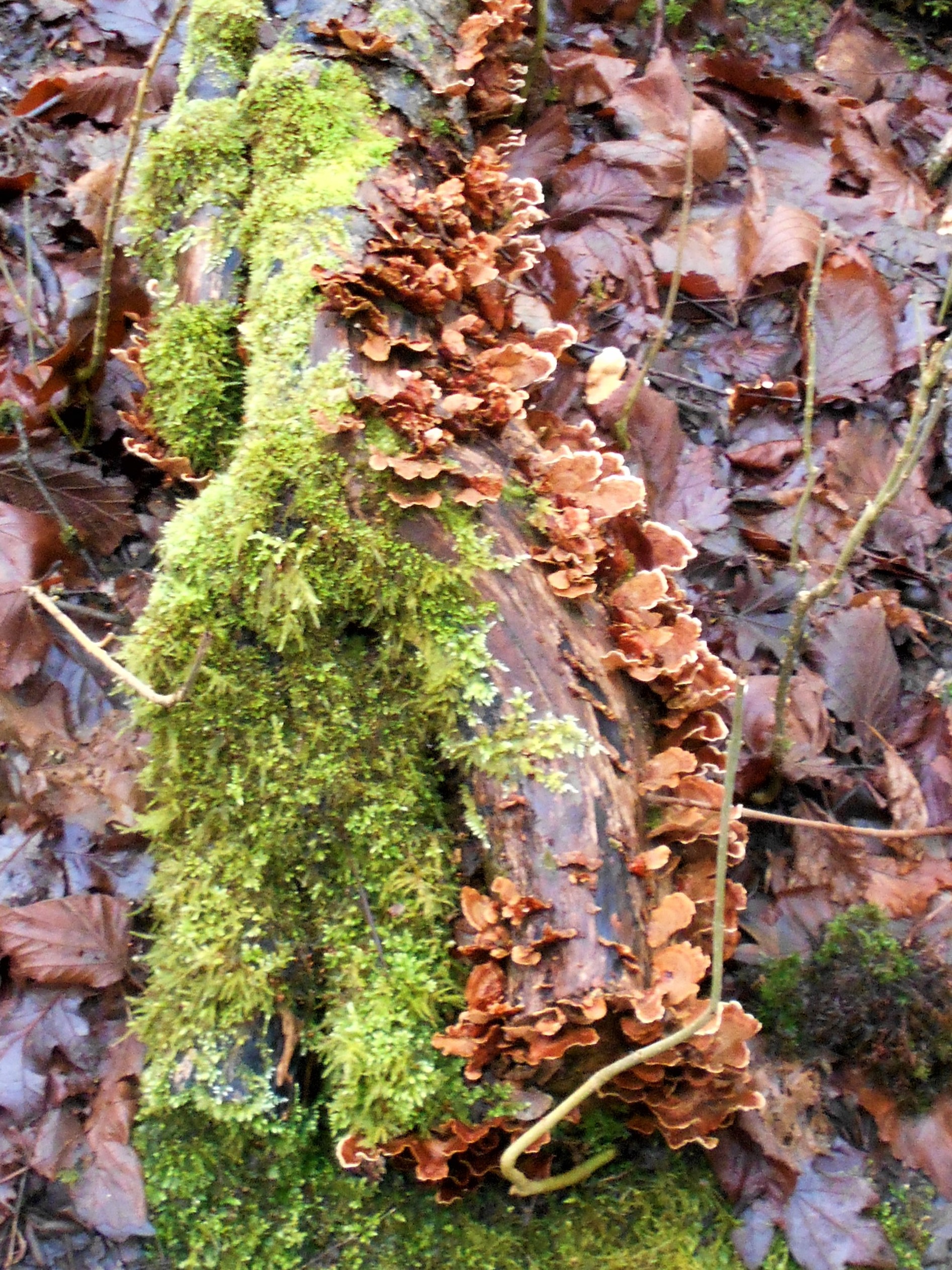
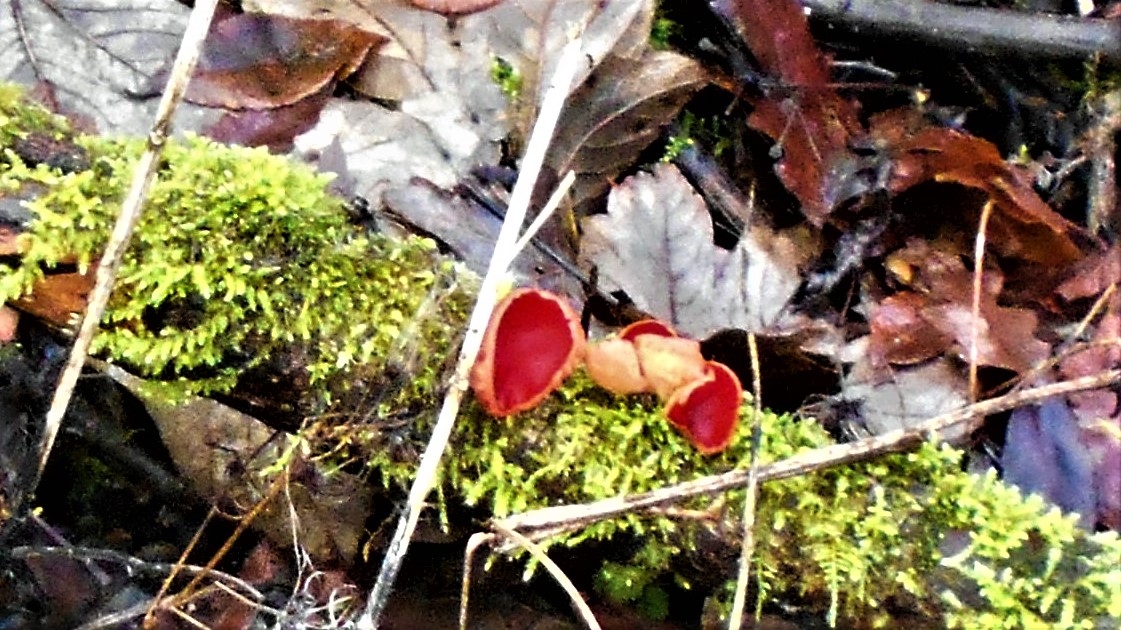
The thick layers of years of dark brown leaf-mould coating the banks meant the signs of a fox’s kill, a scattering of colourful Pheasant’s quills blunted by the fox’s careless jaws are clearly visible and catch the eye. Farther down the path we saw two wood pigeon’s scattered feathers, some distance apart but also showing similar signs of fox – a splay of feathers, no sign of head or body.
Both Pheasants bred for the shoot and Wood Pigeons over populate these woods so it’s good that the foxes are active keeping the numbers down and giving themselves a good meal.
Nearly all of the fallen logs have their Turkey Tail or Hairy Curtain Crust bracket fungus as their decoration of choice. Most of the fungus has disappeared but the Scarlet Elfcup make for vivid splashes of colour among the moss and leaf litter.
Everywhere in the same leaf litter are hazel nut and acorn shells, new and old, signs not only of squirrels but also wood mice and bank voles.
Almost every surface and branch of most of the trees is adorned with a choice selection of lichen and bright, brilliantly emerald green moss like sagging socks coating their thin trunks and everything that doesn’t move which makes the woodland look more like deepest Devon or Ireland than Somerset.
Winter is also a time when small creatures look for safe and dry places to sit out the season, preferably in the case of this what appears to be a tree slug cosily tucked in to a crevice under the bark of a ash branch between the moss and couple of King Alfred Cakes or cramp ball fungus.
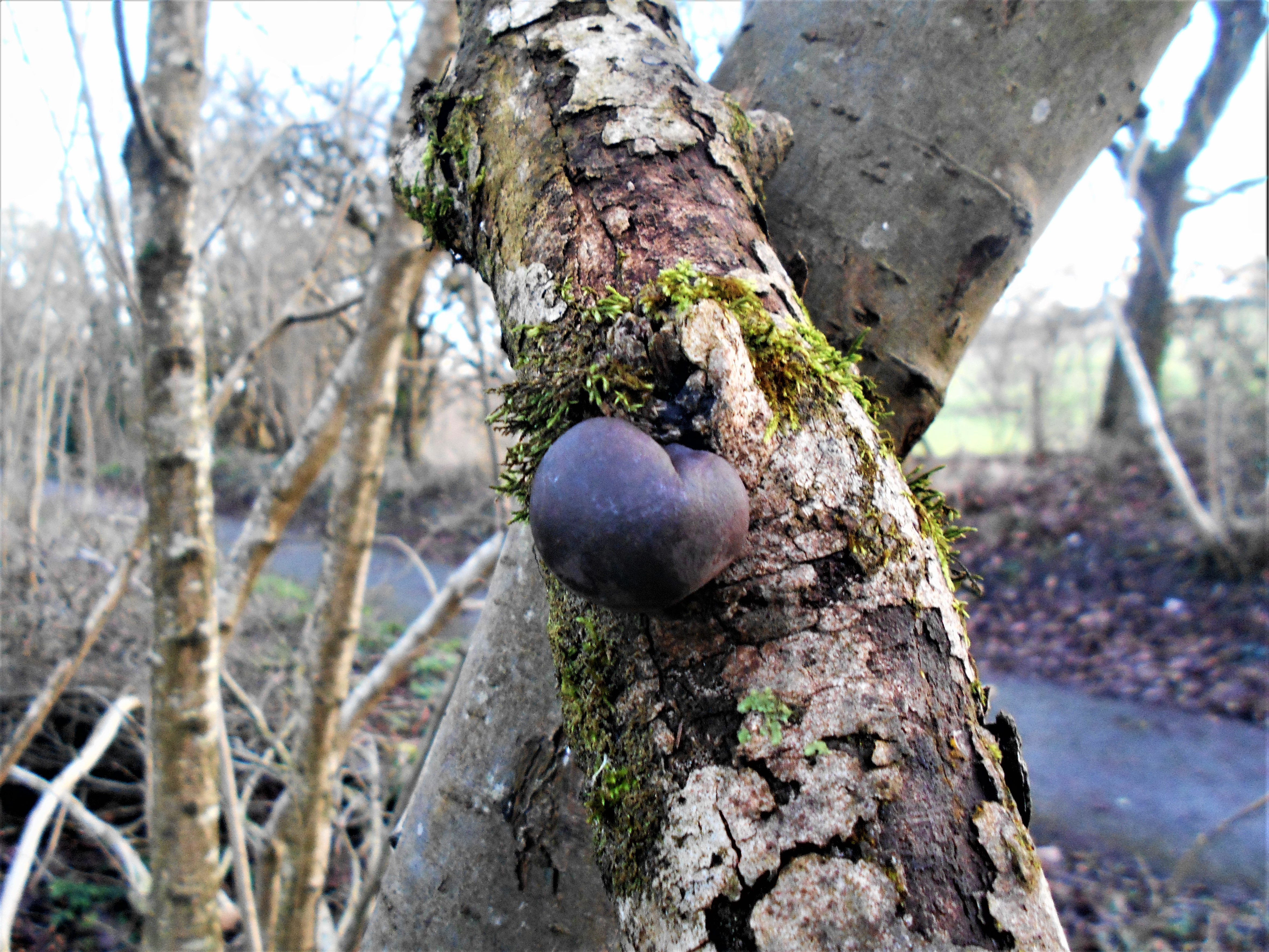
There was a time when men carried a couple of this dry fungus in their pockets to use as fire lighters. We often feel tempted to break one off to see if it works and also to cut one open to check the rings which clearly show each year’s growth, but somehow we always decide to leave them growing.
The surprise sighting of the afternoon was what looked like a ground beetle on the inside wall of the small bridge carrying the farm track over the disused railway line. The walls are always in shade so their very dankness provides the perfect conditions for Maidenhair Spleenwort, mosses, lichen and jelly fungus to thrive but although we often stop to check, this is the first time we have seen anything other than snails on the walls.
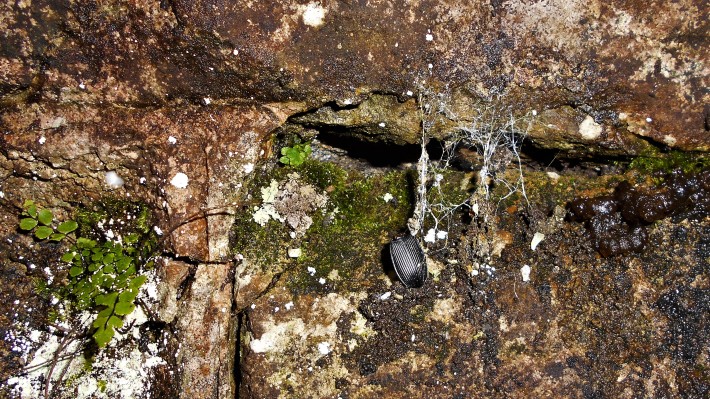
We very soon abandoned our attempt at naming the species, daunted by the sheer number of ground beetles and our failure to photograph the insect’s head – always a problem where possible identification is concerned, but he was certainly a handsome beast. Here is a close-up for the more knowledgeable amongst you to suggest a species name.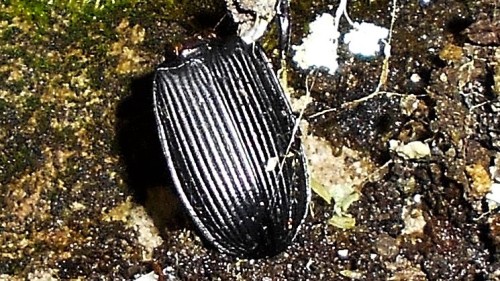
Some adult ground beetles do over-winter and remain active, although they mostly come out to feed at night so it was surprising to see it in the afternoon.
Although the day was drawing in which made the light under the bridge very gloomy so perhaps the beetle thought it was night time and hunger persuaded him to forage early. Did he spend his days tucked into the crevice in the wall?
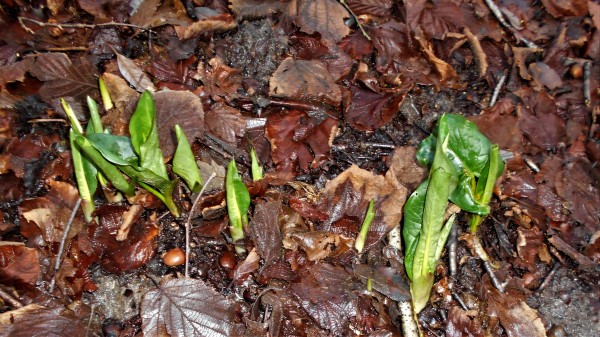
Lovely to spot a group of lords and ladies (arum lillies) leaves beginning to unfurl, and then to see the honeysuckle beginning to leaf, it’s the shrub we always notice first – both signs that winter may be loosening it’s grip, new growth carolling the coming season. Oh how we long for spring when maybe it will stop raining!
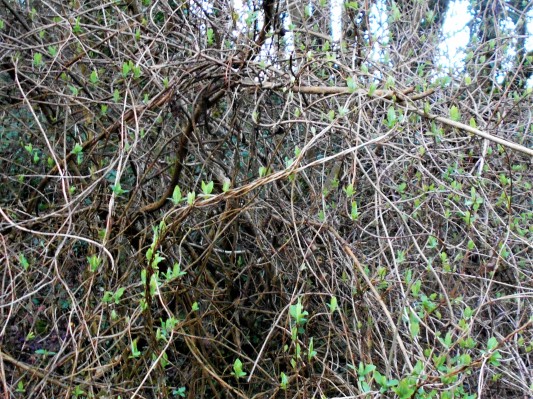
Very little bird life, but we heard a Raven’s croak echoing close by, a Jay’s screech, parties of noisy Tits and a Magpie. We saw the usual birds – Robin, Crow, Wren and several Blackbirds and of course the ever present Wood Pigeons and Pheasants.
As we began walking up the hill towards home we watched the marvellous winter scene of a flight of hundreds of Jackdaws flying up the valley towards their roost in Newbury Firs, no chattering or calls just the sound of their wings, nothing seemingly wanting to disturb the quiet of the day.
A little later, from another direction, we caught sight of a large flock of Fieldfares also silent, also flying over our heads towards the Firs to be joined shortly afterwards by a smaller flock of Redwings heading in the same direction. The Firs woodland with its tall, mature trees, must become very crowded on a cold winter’s night!!
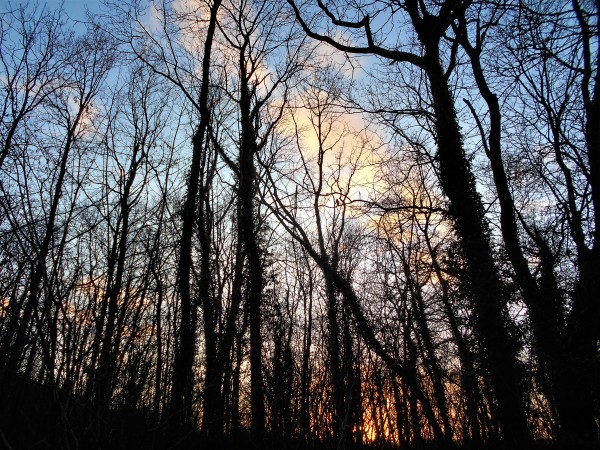
3rd January 2020 / Temp: 7.5 C / 1.45pm – 3.15pm
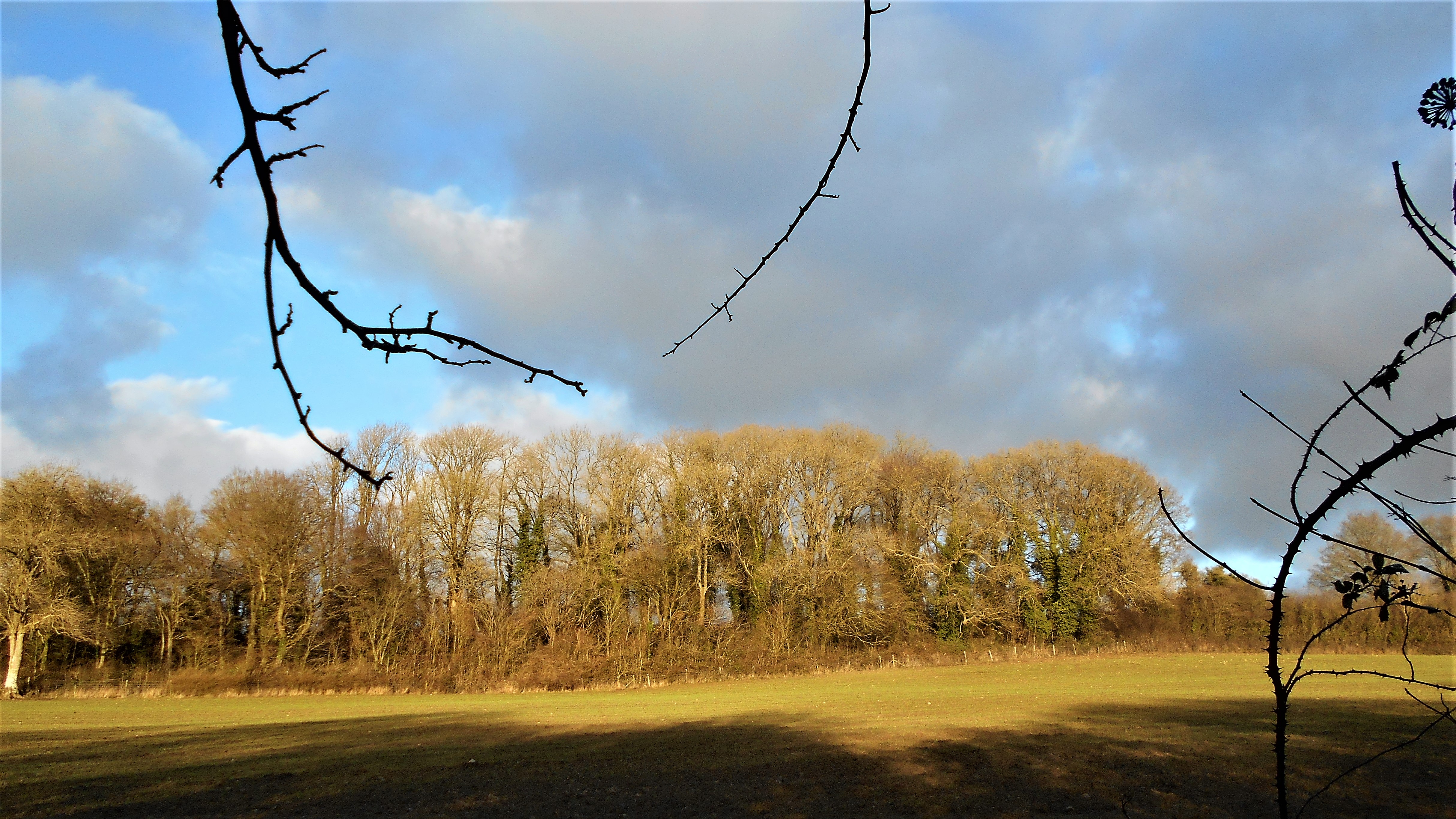
Sun, cloud, rain shower, rainbow, stiff north-westerly wind and the usual mass clouds of winter gnats everywhere. A few birds but not at many as we expected – Blackbird, Robin, Green Woodpecker, Magpie, Great Tit, Wren and of course Wood pigeons and Pheasants.
Lots of dog walkers, children walkers, runners (Kilmerston and back, training for 50k Brecon Beacons challenge!) family cycling parties on the path so we decided to climb up into the woods. For such a relatively narrow stretch of woodland it always offers something of interest. Variable oysterling fungus decorating a branch, scattered Pheasant breast feathers caught in the moss of another branch, Buzzard or Sparrowhawk? Both are reguarlarly seen.
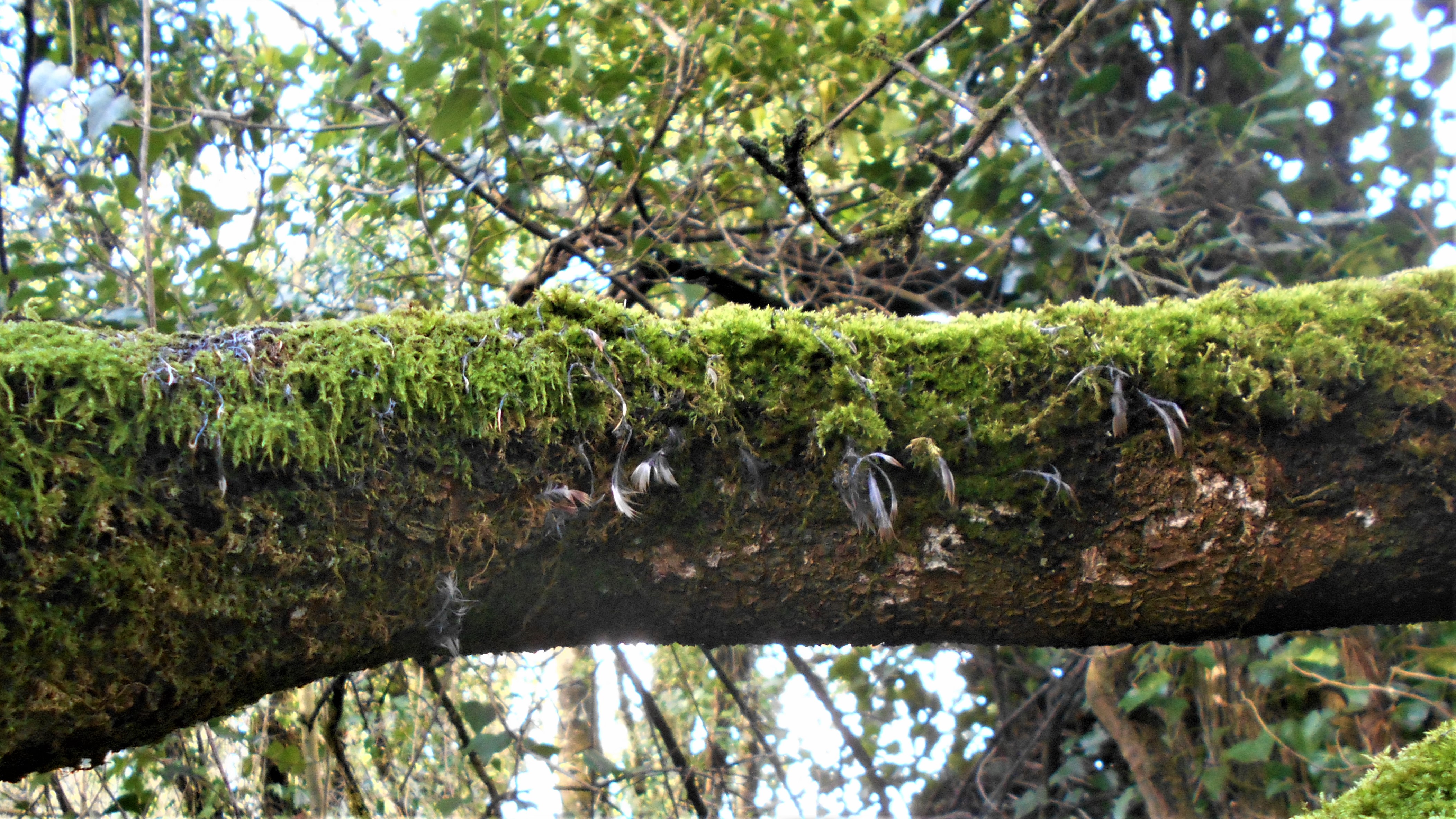
Wood Pigeon feathers scattered across the ivy choked floor, no sign of the body but the quills are intact so probably a Sparrowhawk. Clear signs of animal gnaw marks on a rotting log, in all probability a Badger searching out roots, worms and insect larvae hidden inside the logs. Another possibility is Roe Deer as we have in the past found discarded antlers around this spot, one of which when viewed under the lens showed the distinctive fine stripes of a small rodent’s teeth marks where it has gnawed at the bone, probably for calcium.

A pile of various berry debris and their stones; the seeds have been split in half to get to the kernel so probably squirrel but possibly a small mammal.
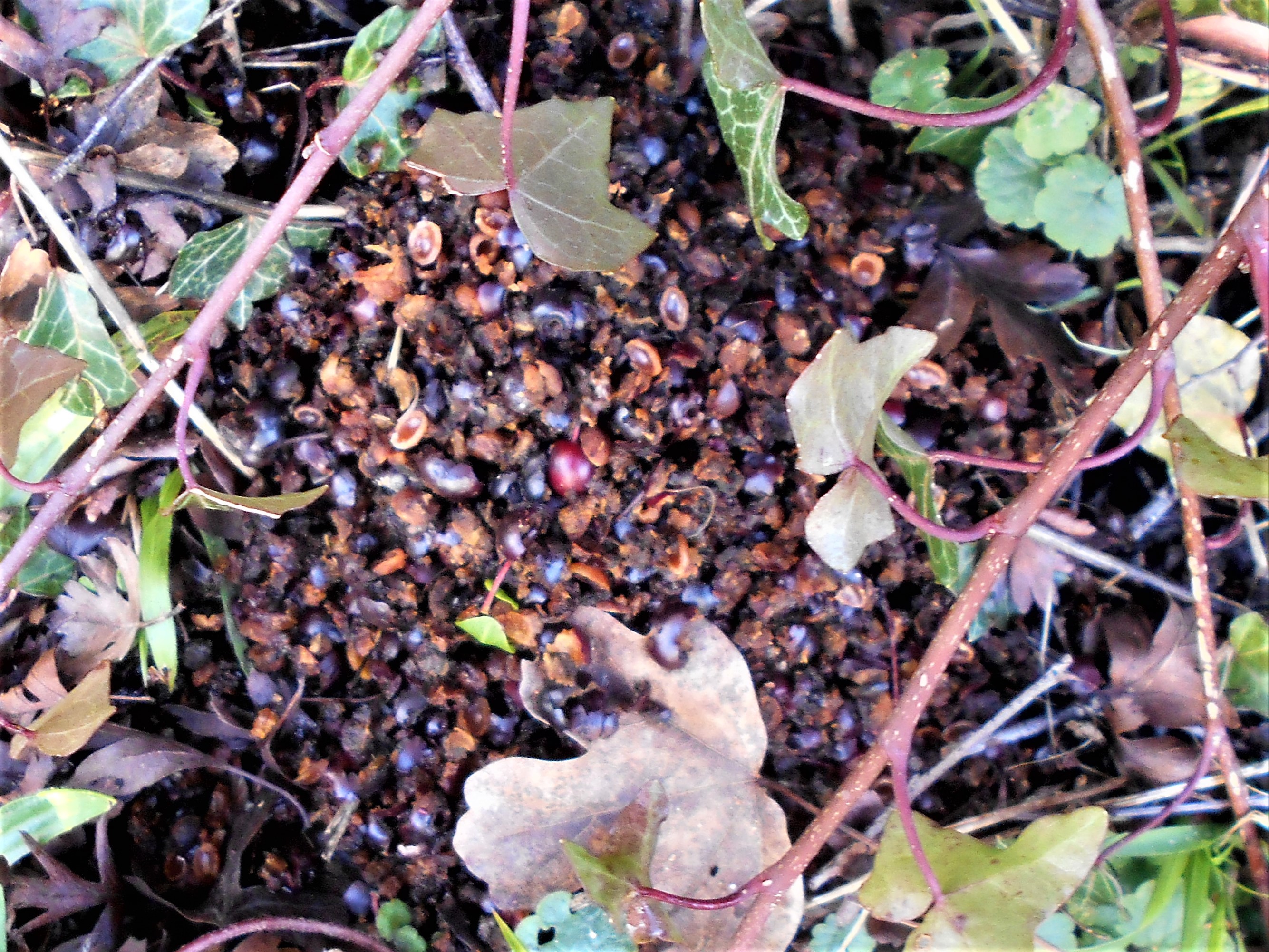
Finally a couple of lichen species, the first unidentified so we have appealed to Ispot for help.
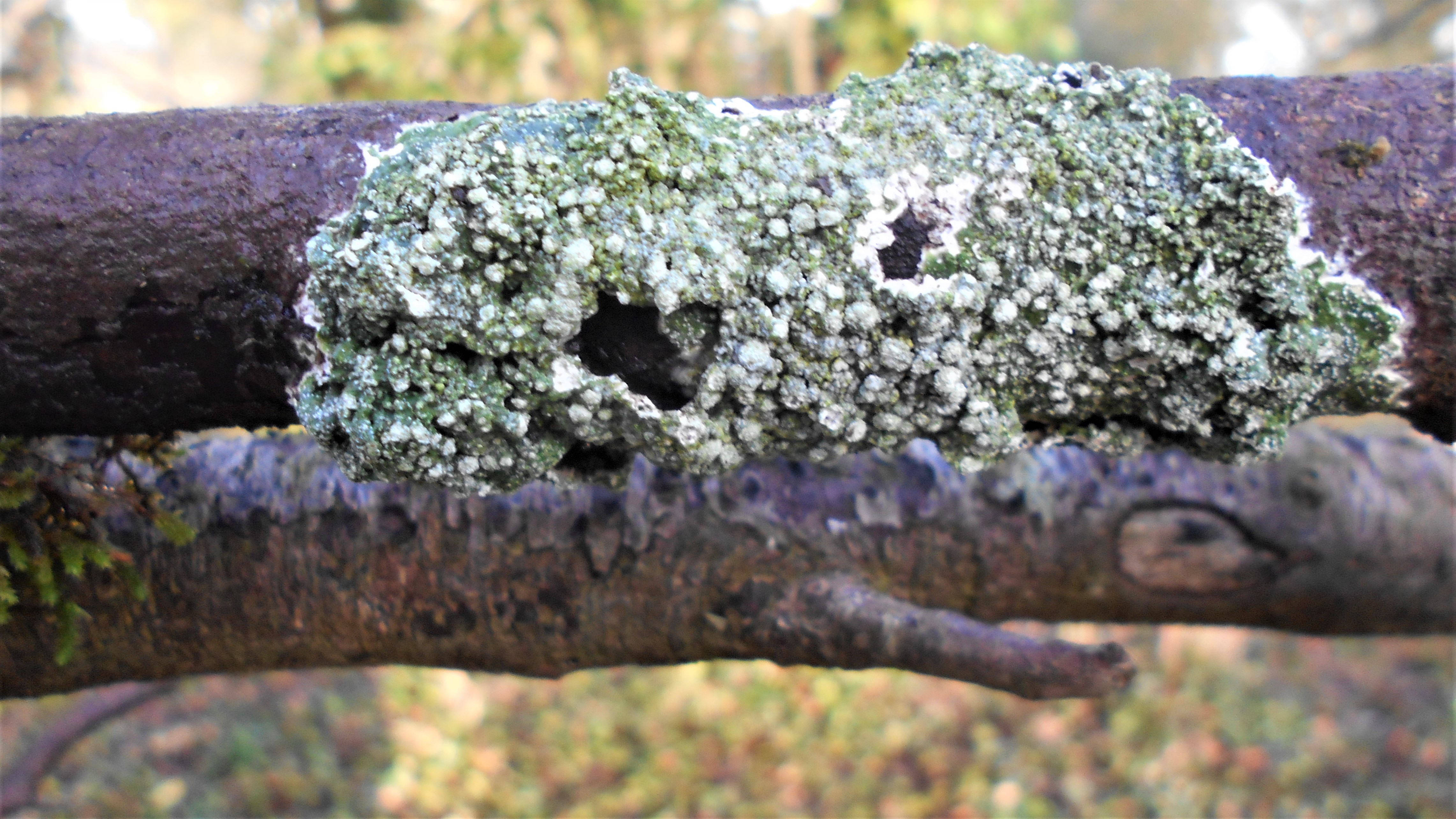
Success! Phil from Ispot has written
“It looks very damaged, maybe something has removed/eaten all the outer lobes. It may be a Punctelia species, perhaps Punctelia subrudecta.”
When I compared my photographs with those of Images of British Lichens it certainly seemed to me to be the correct identification. http://www.lichens.lastdragon.org/Punctelia_subrudecta.html
Sue White also from Ispot wrote:
This is very helpful advice which I shall try and follow, although given my height and the height of the branch I may not be able to avoid camera-shake! However, I very much take her point that a lot of useful features are underneath which I shall certainly follow in future. When I checked Physcia caesia with IBL it appears this particular lichen only grows on rock or paving stones so I will stick with Punctelia subrudecta and the second new species to our 2020 list.
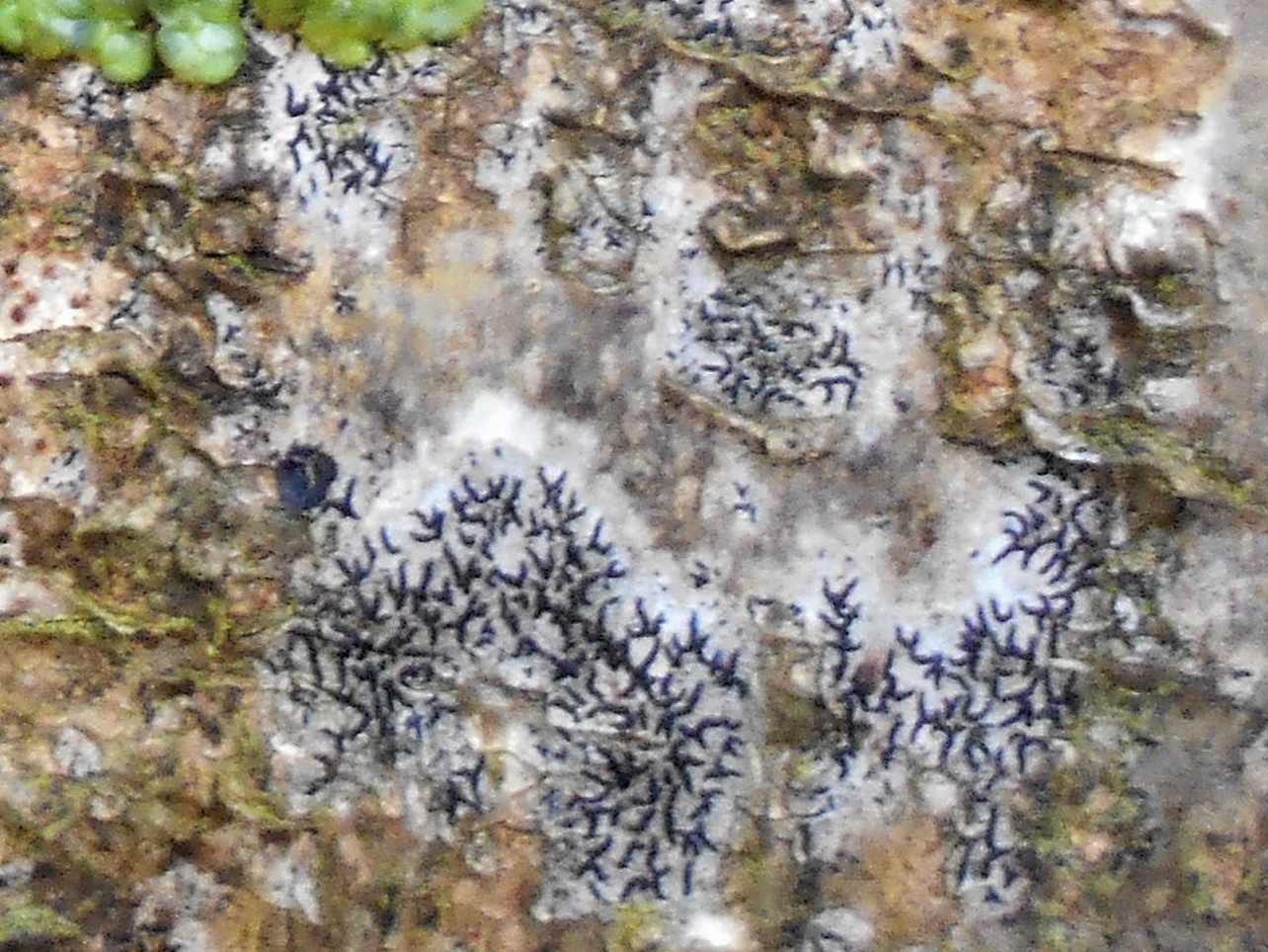
The second is we think Script lichen, the first new species of 2020 and one we had long hoped to see. As sometimes happens, we were photographing the liverwort on the same branch (impossible to have too many photographs of liverwort!) and only spotted the Script lichen when we were looking at the photographs at home. What very satisfying start to the new year, lots of interest even though there were few certainties.
31st December 2019
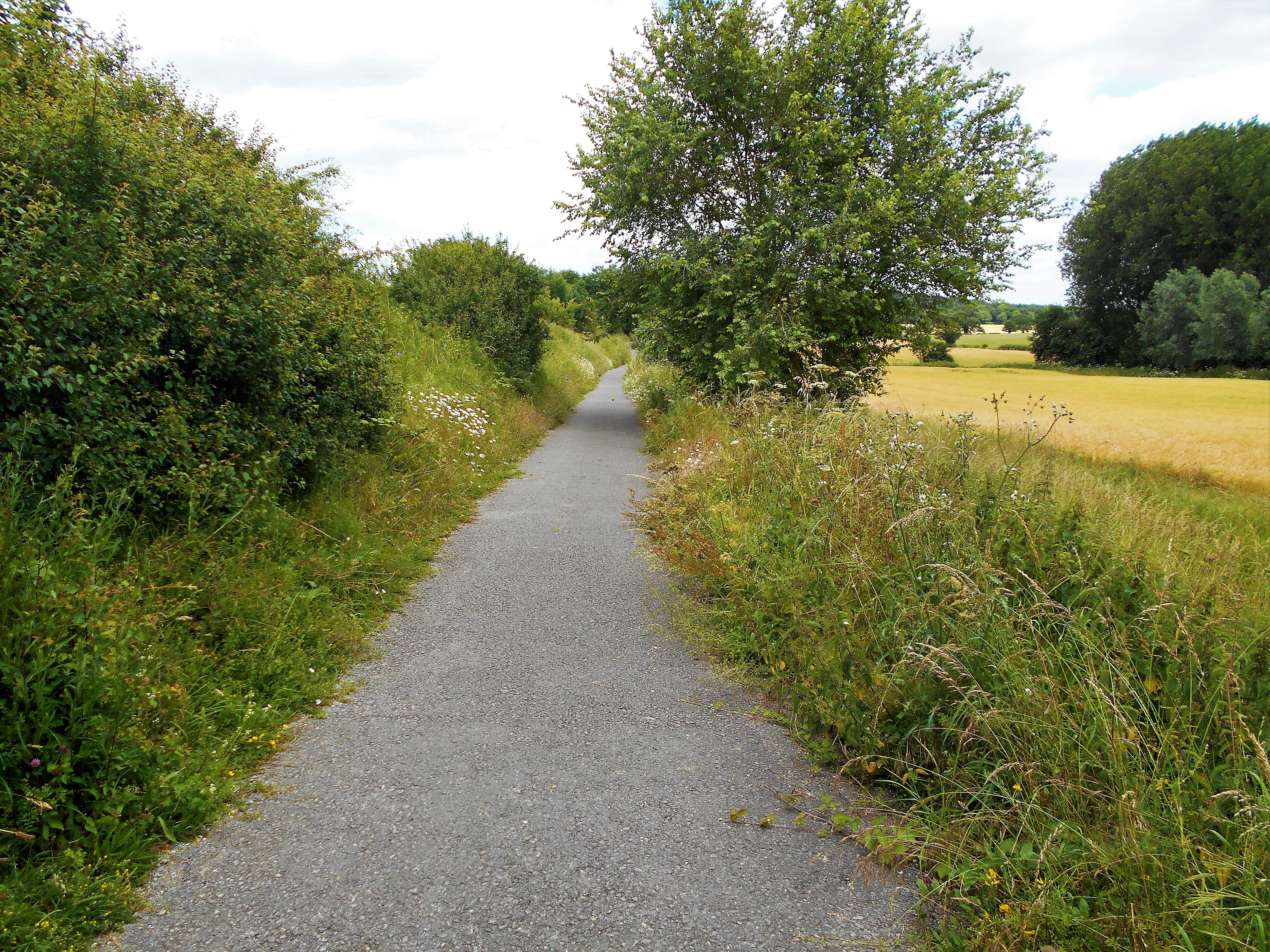
The end of another year Walking the Way. A sudden illness, protracted and severe, meant that some months of this year we were unable to visit the path and missed events like the Sustrans Wild Night Out Moth Event which was a great disappointment. However, we battled on and still enjoyed those times that we could manage to hobble along, more slowly, not so far but consoled ourselves that our hobble was a good deal better than not being able to walk at all.

There were many highlights throughout the year but the prize must of course go to the scarce and becoming rare Grizzled Skipper. It was the first sighting along Colliers Way, the nearest previous recorded sighting being near Ammerdown, and there was great excitement when John Hansford spotted this one on the 9th June. This area should be a good habitat and it would be wonderful if they began to breed here.
The Grizzled Skipper is one of the Priority species in the UK Biodiversity Action Plan and perhaps surprisingly there are many others from the list recorded along Colliers Way such as Small Heath, Wood White, Song Thrush, Herring Gull, Spotted Flycatcher, Commmon Bullfinch, Marsh Tit, Skylark, Common Linnet, Hawfinch, Corn Bunting, House Sparrow, Common Starling, Common Nightingale, Yellowhammer, Lesser Blackbacked Gull, Grape Hyacinth, Brown Hare, Grass Snake, Common Lizard, Hedgehog and Slow Worm.
87 new species were recorded during the course of 2019 – 36 insects, 22 plants, 10 fungus and 13 liverworts, mosses and lichens, a few animals and birds. Come May the Hogweeds began flowering, by the solstice in June the Moon Daisies started blooming (a bumper year) and the insects exploded into life – for a time it seemed as it every bloom was visited by a bee, a hover fly, a beetle, a noon fly, ants, ladybirds and of course all of our butterflies and moths.
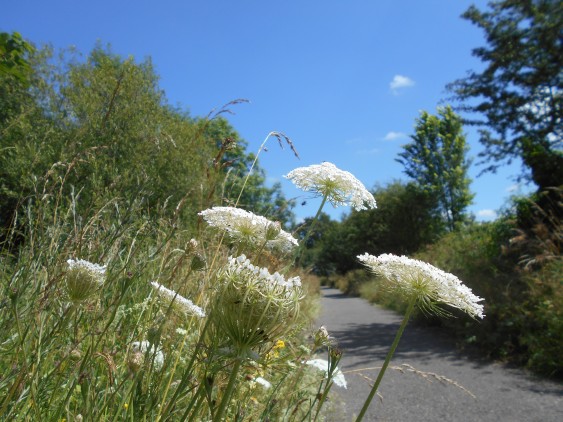
How can we forget the excitement of seeing a male White Crab Spider half the size of the female, almost hidden in the bower created by the female, totally motionless on her back, waiting to mate? Or the wonderfully patterned Yellow and Black Longhorn beetle, the Red and Black Froghopper? Or the day at the end of June when John Hansford counted 52 Marbled White and 18 Large Skipper butterflies? Or finding Yellow Rattle for the first time in mid-July and watching male Chalk Hill Blues mud puddling at the end of July? In late August John topped his June count by seeing a pretty staggering 60 Common Blue butterflies and in the same month reported 3 pairs of Spotted Flycatchers, including a juvenile.
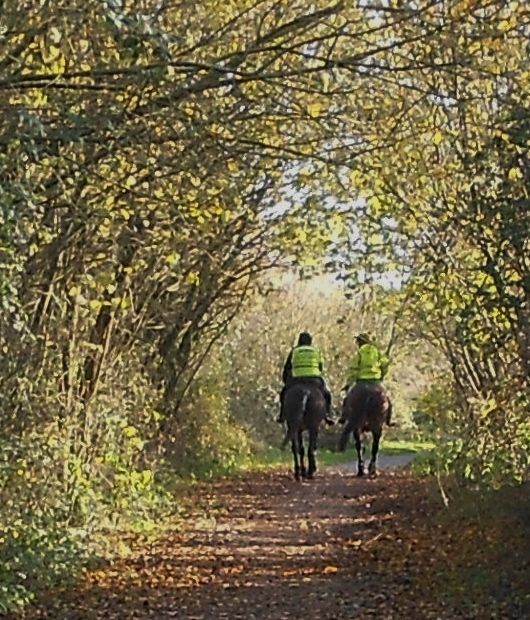
As in every year we clung desperately to summer but we had to let go and autumn brought its own rewards – seeing an adult Common Lizard with 3 juveniles atop a Yellow Meadow anthill in September and welcoming the fungus season with tiny delicate Angel’s Bonnets, lines of Trooping Funnel marching up the banks towards the Badge setts, Donk clinging to the limestone bridge, Pixie Cups adorning a wooden post, Whitewash lichen splashed on tree trunks and in November Polypodies with buttercup yellow spores and spotting our first ever Picture Winged insect while December’s disappearing plants revealing so very many small entrances to small mammals’ dens.
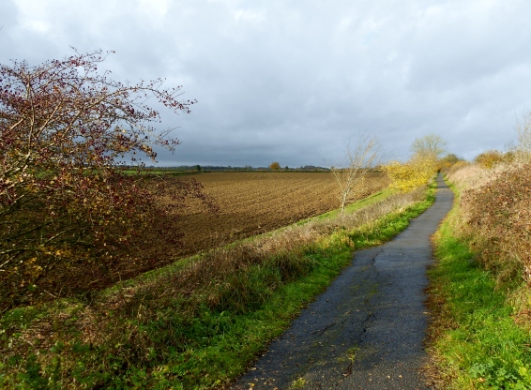
25th December 2019 / 5.38am
Merry Christmas!
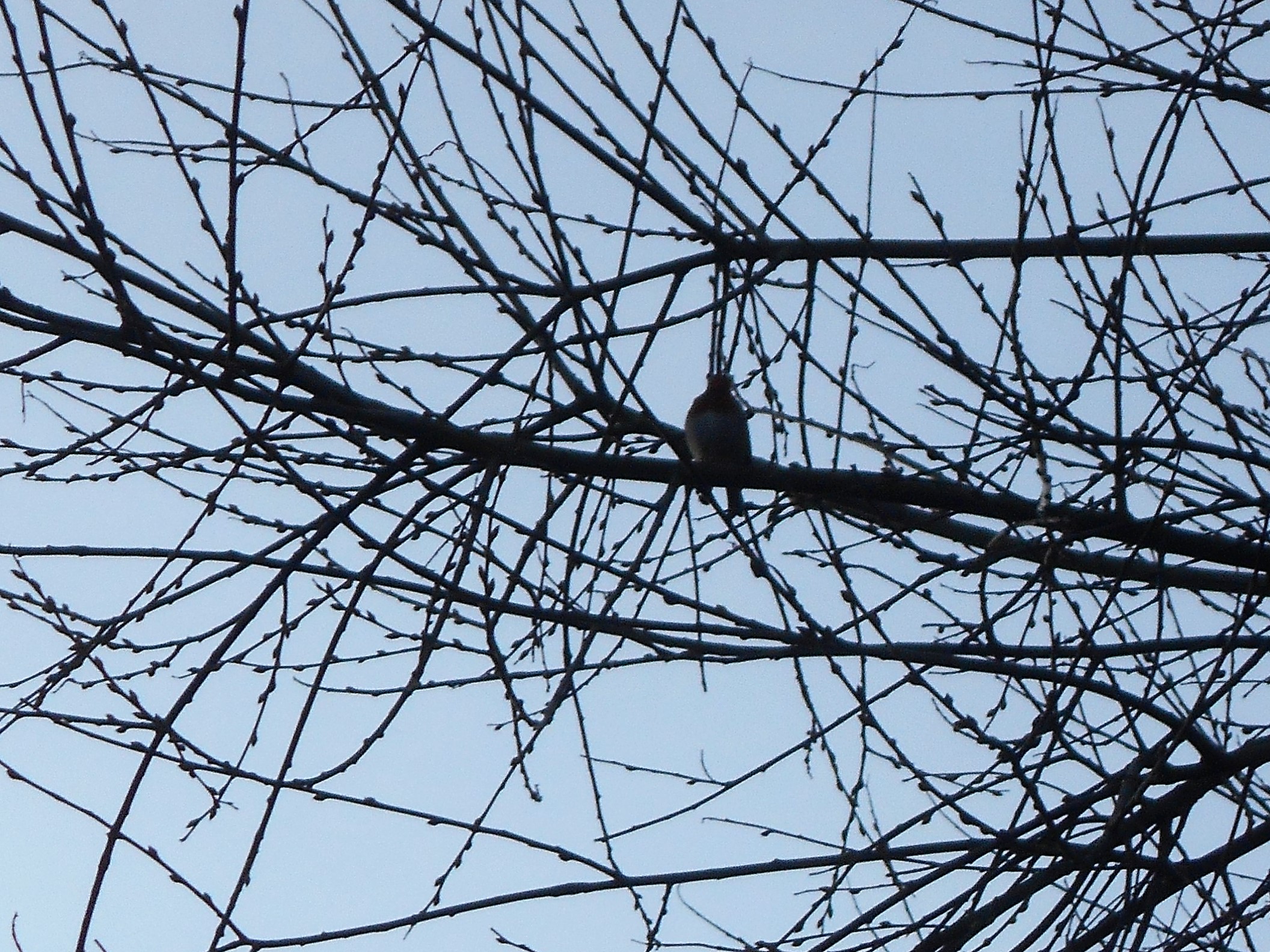
“I heard a bird sing in the dark of December. A magical thing. And sweet to remember.” Oliver Herfor
In the dark quiet of Christmas morning before anyone else was awake, I opened a window and heard a Robin singing. Moving and magical and also sweet to remember.
We later passed a Robin singing in a bare winter tree on our Christmas afternoon walk
9th December 2019 / Temp: 8.5 – 7 C / 1.55pm – 3.35pm
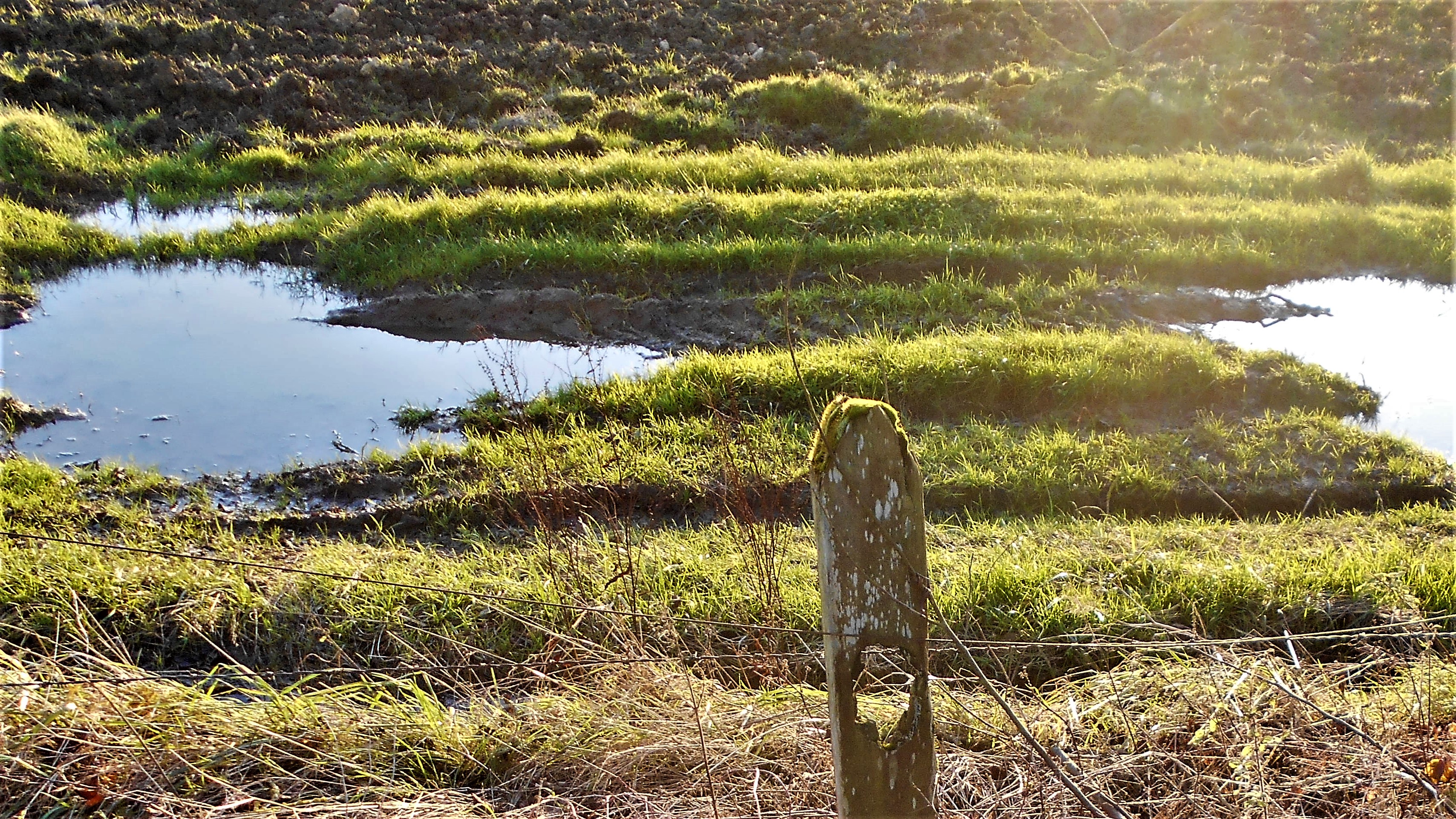
A perfect winter’s day for walking – cool, brilliant sunshine and clear skies. Once we dropped down in the lee of the embankment out of the blustery and icy north-westerly wind, our spirits rose and we set off along the path full of good cheer despite not much of interest to catch the eye. We couldn’t fail to notice the deep puddles along the edges of the fields which emphasised how much rain we have endured during what has been the wettest October and November on record and shows no sign of easing up. Farmers are increasingly worried about getting onto their water-logged acres and warn that shortages may inevitably lead to price increases.
As we passed a clump of trees we disturbed a single rake-thin squirrel who skittered away, leaping from branch to branch and set off a couple of handfuls of all the usual birds, Bullfinch, Robin, Wren, Chaffinch, Blue and Long tailed Tits, chattering Fieldfares as well of course Pheasants, Wood Pigeons, Crows and Gulls.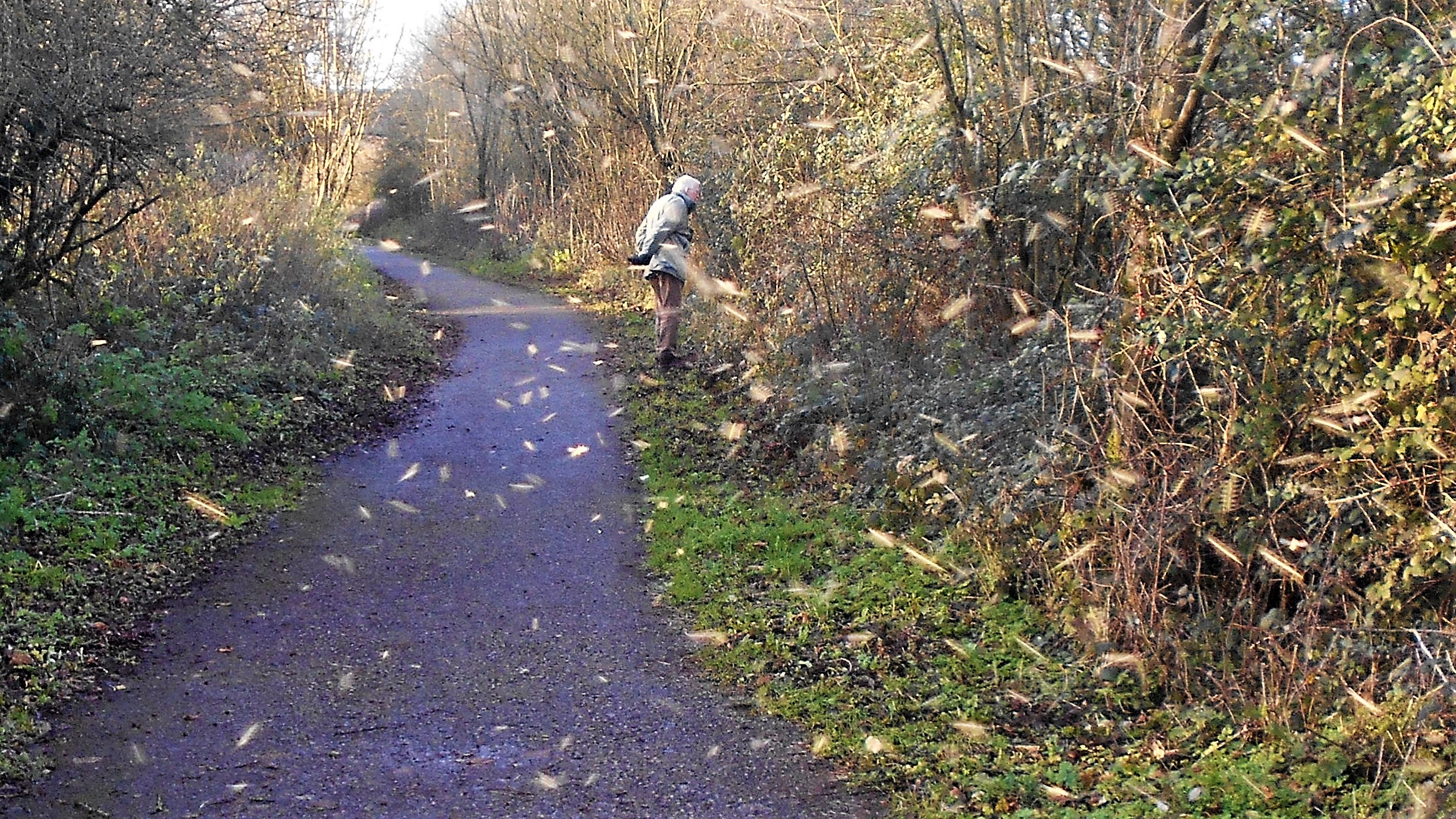
Along the entire length of the path we kept coming across intermittent swarms and billows of midges, the so called smoke of winter gnats. Annoying though they are to walk through, it’s good to see food for the birds at a time of the year when there are so few insects about.
But perhaps the most intriguing aspect of walking through the countryside at this time of year is being able to see so many tracks across the grass and the many small mammal holes which the are exposed when the plants have died down. Most are about 3-4cm is size, beautifully round, often in the easily worked earthen banks of the winterbournes or along the main embankment, also softened by the incessant rains of this particularly wet autumn.
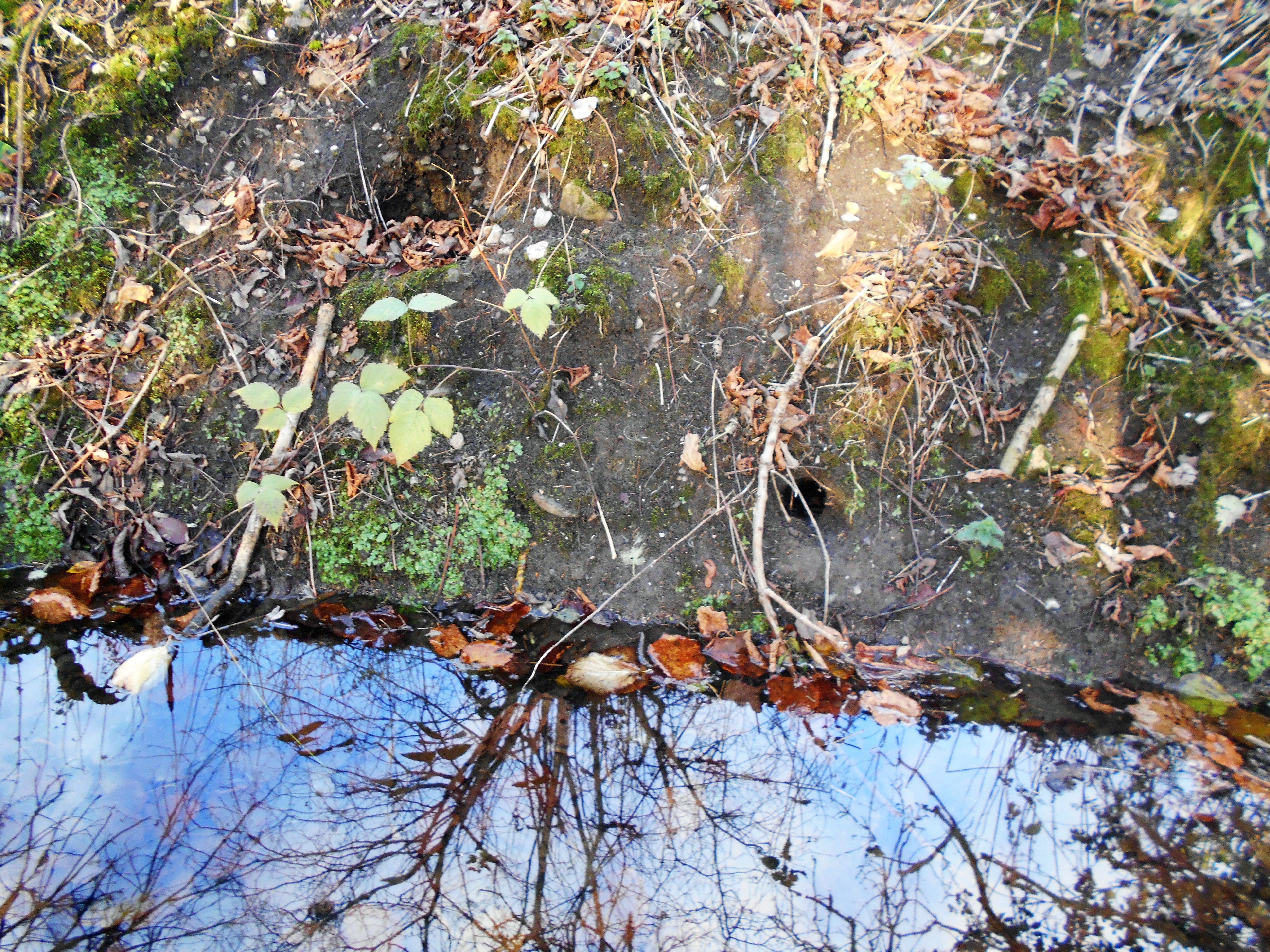
We were unable to establish whether they were created by the often seen long tailed or bank voles, possibly shrew or mice, although wood mice seem to prefer open fields, however it matters little, just good to see plenty of small mammals thriving along the path.
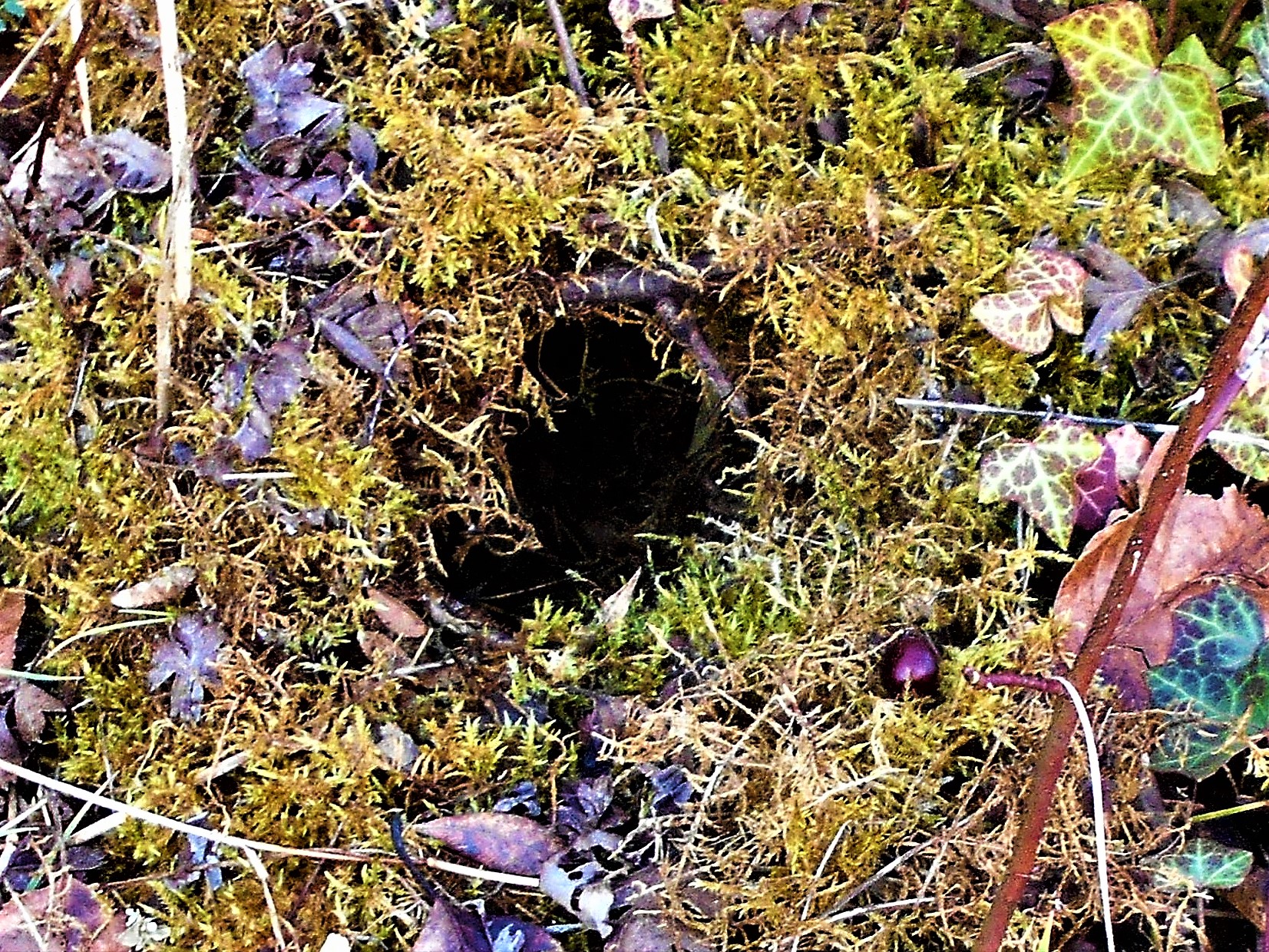
There were a few brave plants who had managed to produce flowers, the ever present white dead nettle, several yarrows and hawksbeards, red clover and a lovely hogweed, a bit drooping from the recent gales and incessant rain, but beautifully tinged with lilac-pink from cross-pollination, providing a nostalgic memory of hot summer days.
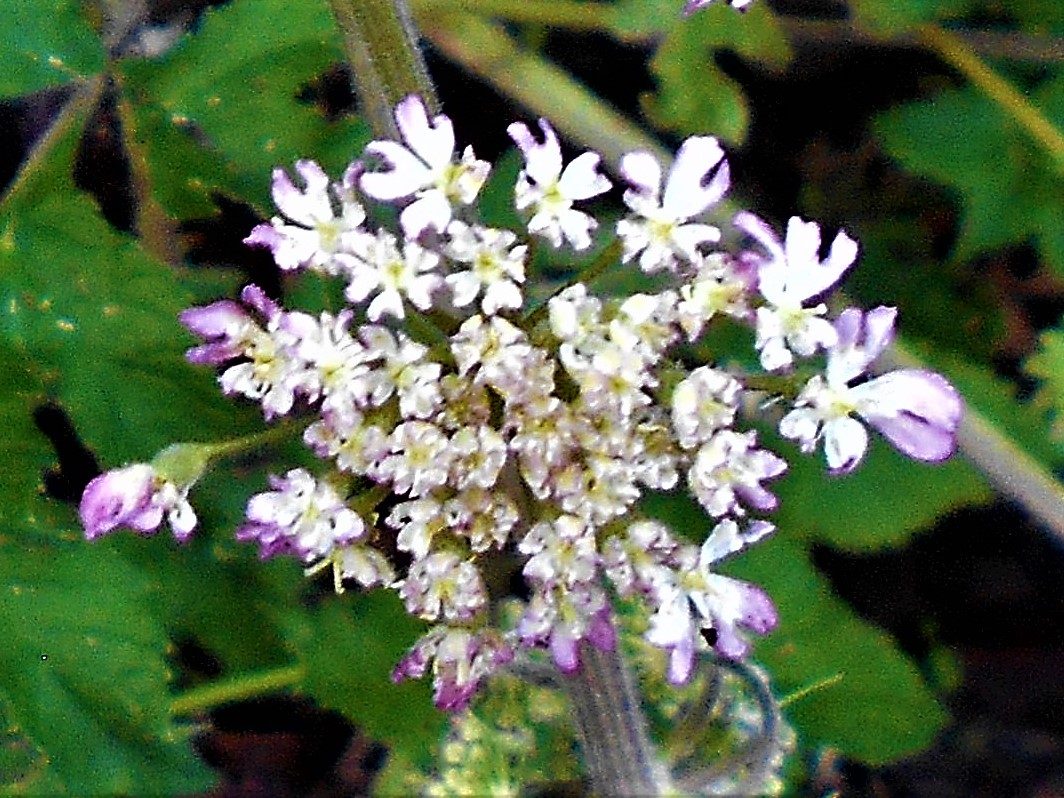
And finally, we spotted quite a number of clumps of liverwort both on the banks of the stream and around the roots of hawthorn trees on steep sided banks below the hedgerows.
Liverworts are always so vividly green, and like the mosses, most striking in the drab winter months where most of the ground and landscape is empty of colour. We also love their thick glossy leaves and their shapes – often frilled or forked, sometimes containing
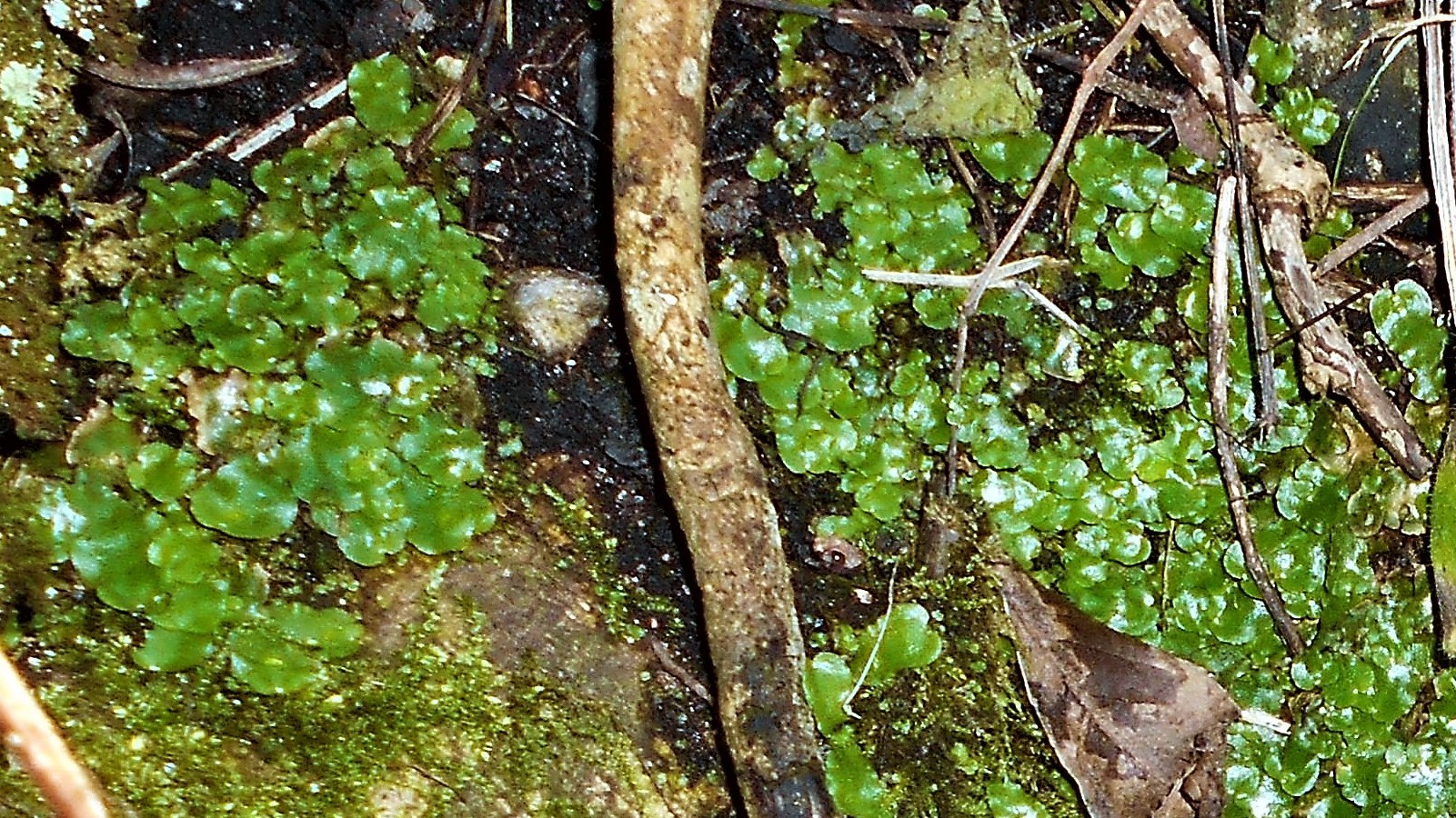
little cups. We pass them unnoticed for most of the year but they come into their own on winter days, particularly when like today the sun is strong enough to make them shine as if they are varnished, glowing from their well shaded spots.
26th November 2019 / Temp: 11 C / 3pm – 4.10pm
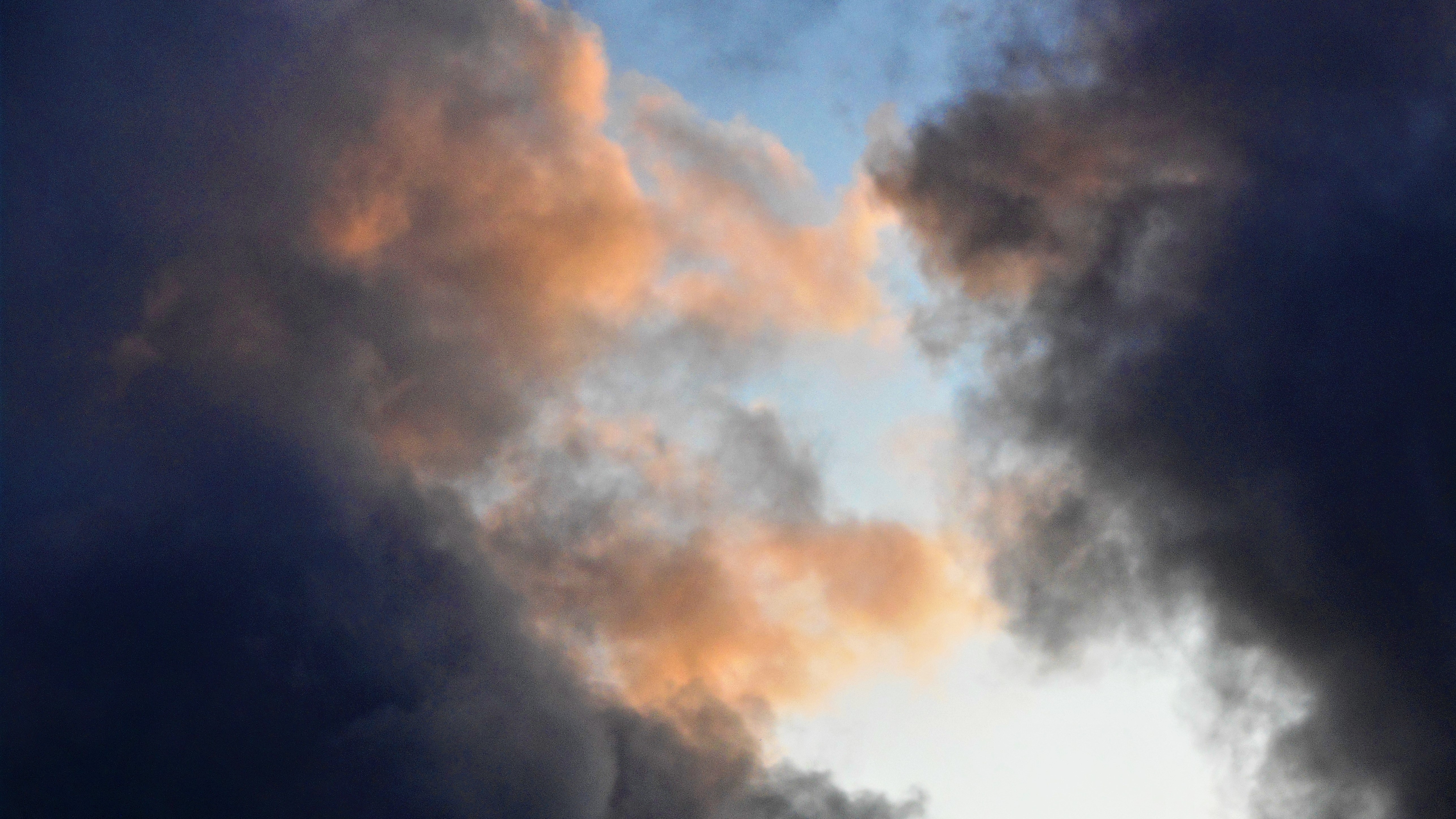
We managed a quick dash out between rain storms with yet more black clouds threatening. It felt wonderful to be out in the fresh air, it was surprisingly mild and there was something rather fine in the late November afternoon light, despite a dark, damp dreary scene before us the sky was lit with patches of bright blue sky and peachy clouds. The ground underfoot was soggy, waterlogged moss, scattered with bleached empty banded snail shells and clumps of hard rush meeting puddles verging on small shallow ponds as we squelched along.
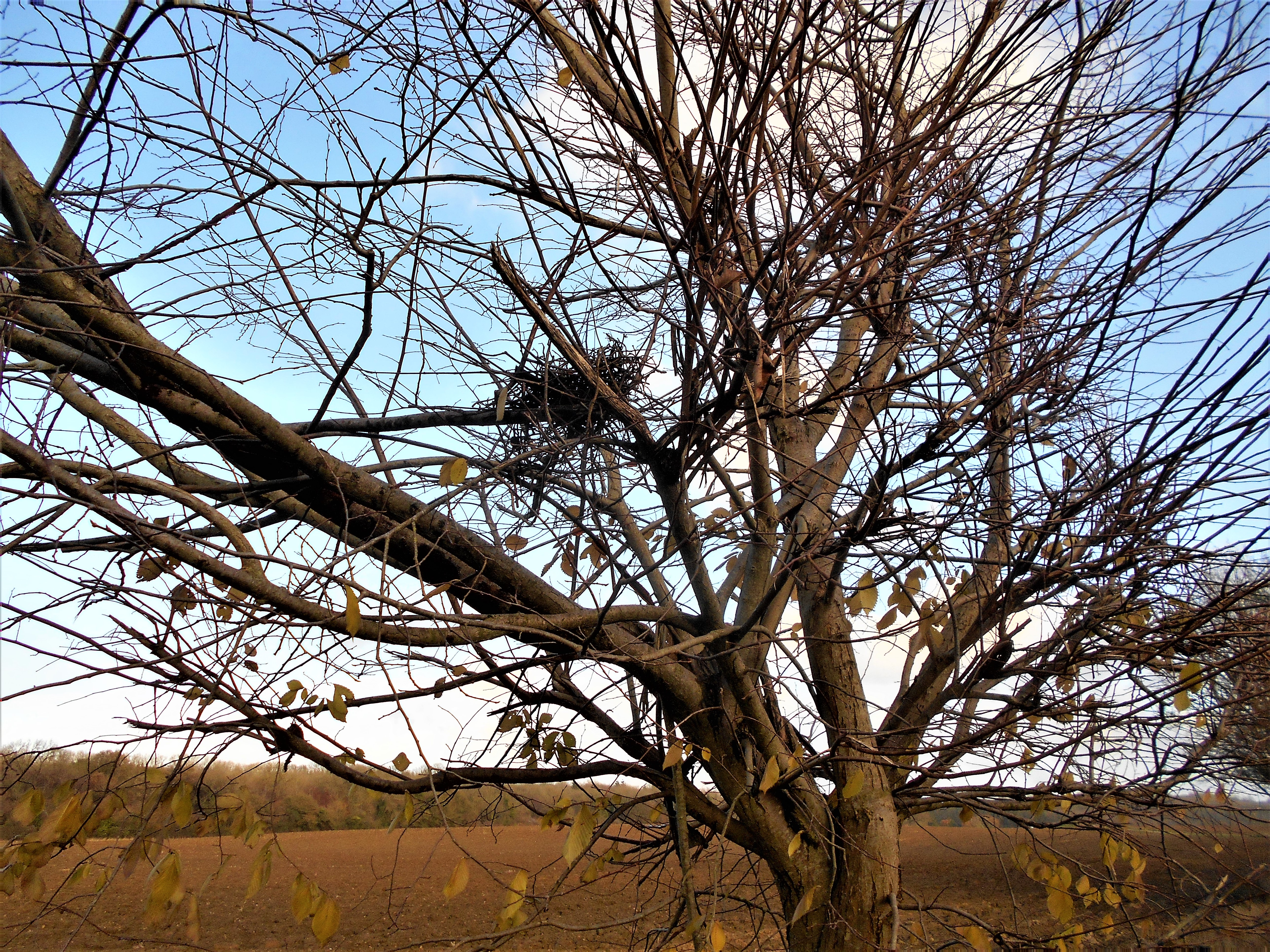
The remains of what looked like an old Blackbird nest was the sole decoration on a tree which only days before was afire with golden copper leaves; the rest of the shrubs and trees were equally desolate – it seemed that autumn had morphed into winter when we were busy looking the other way.
A very welcome diversion came in this otherwise lifeless aspect when a Sparrowhawk appeared, flying along the hedge and then hovering over the trees, swirling around in the wind which was fairly strong and soon we heard Blackbirds and Robins, Pheasants and Crows, Wood Pigeons and then a Raven croaking, which, given the darkening afternoon summoned up thoughts of Edgar Allen Poe. A flock of Fieldfares and Redwings rising and flying, landing and repeating the same manouvre, always some way in front of us, always extremely lively.
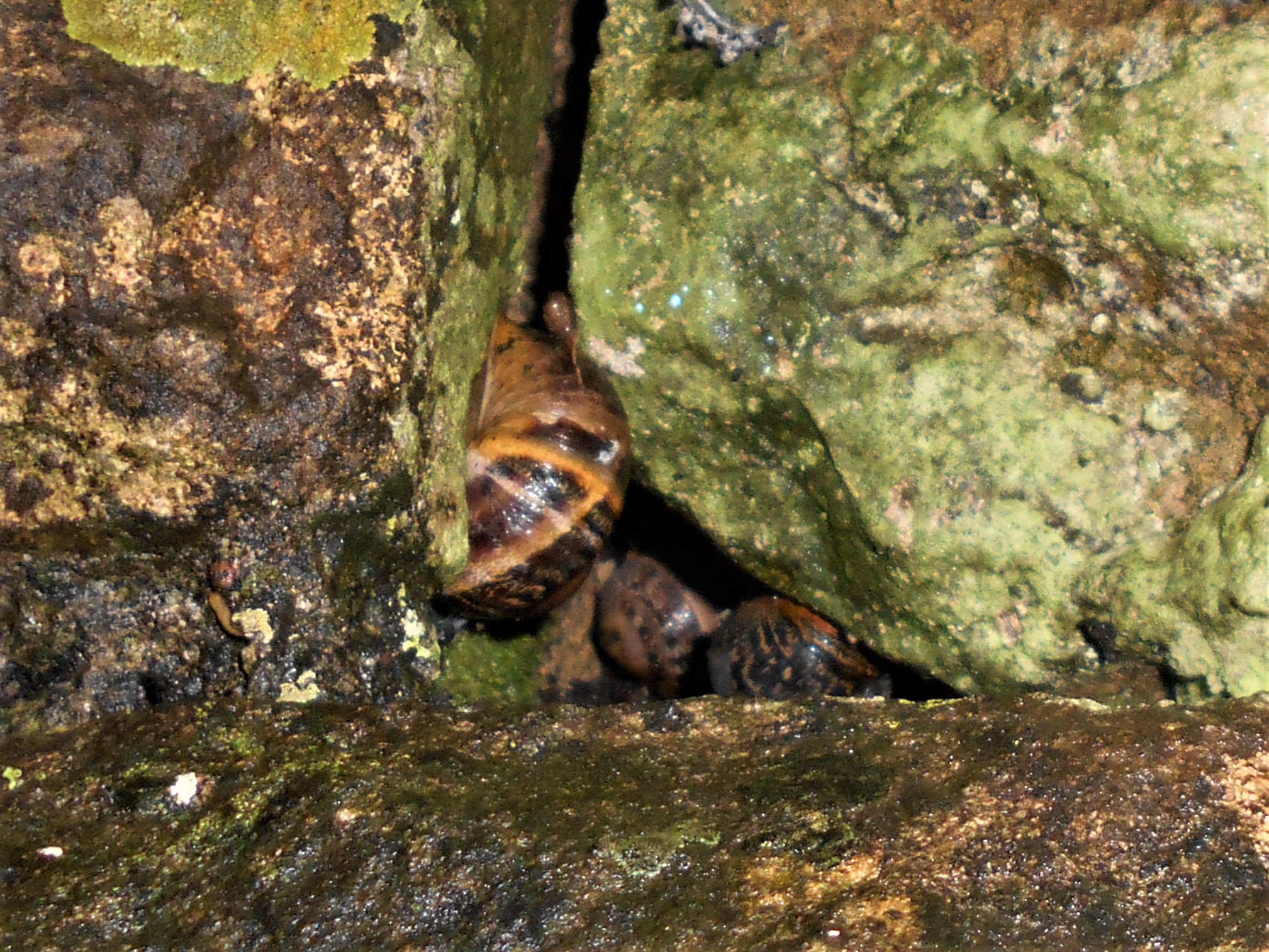
We scanned the bridge as usual looking for lichen or jelly fungus without success but spotted this little cluster of garden snails hibernating in a crevice between the cut stone. Evidently they look for shelter after the first frost, often hibernate in groups, and remain in the safety of their hideout until spring.
One of the local farmers caught up with us and stopped to pass the time of day. He was accompanied by a splendid Rhodesian Ridgeback bitch, lithe and beautiful, alert to his every move. He was able to remember taking the train along this now disused track from Frome to the small derelict station nearby with its double platform, ticket office and waiting room more than fifty years ago; nothing of which remains but a small shed and some way down the track an abandoned guards van.
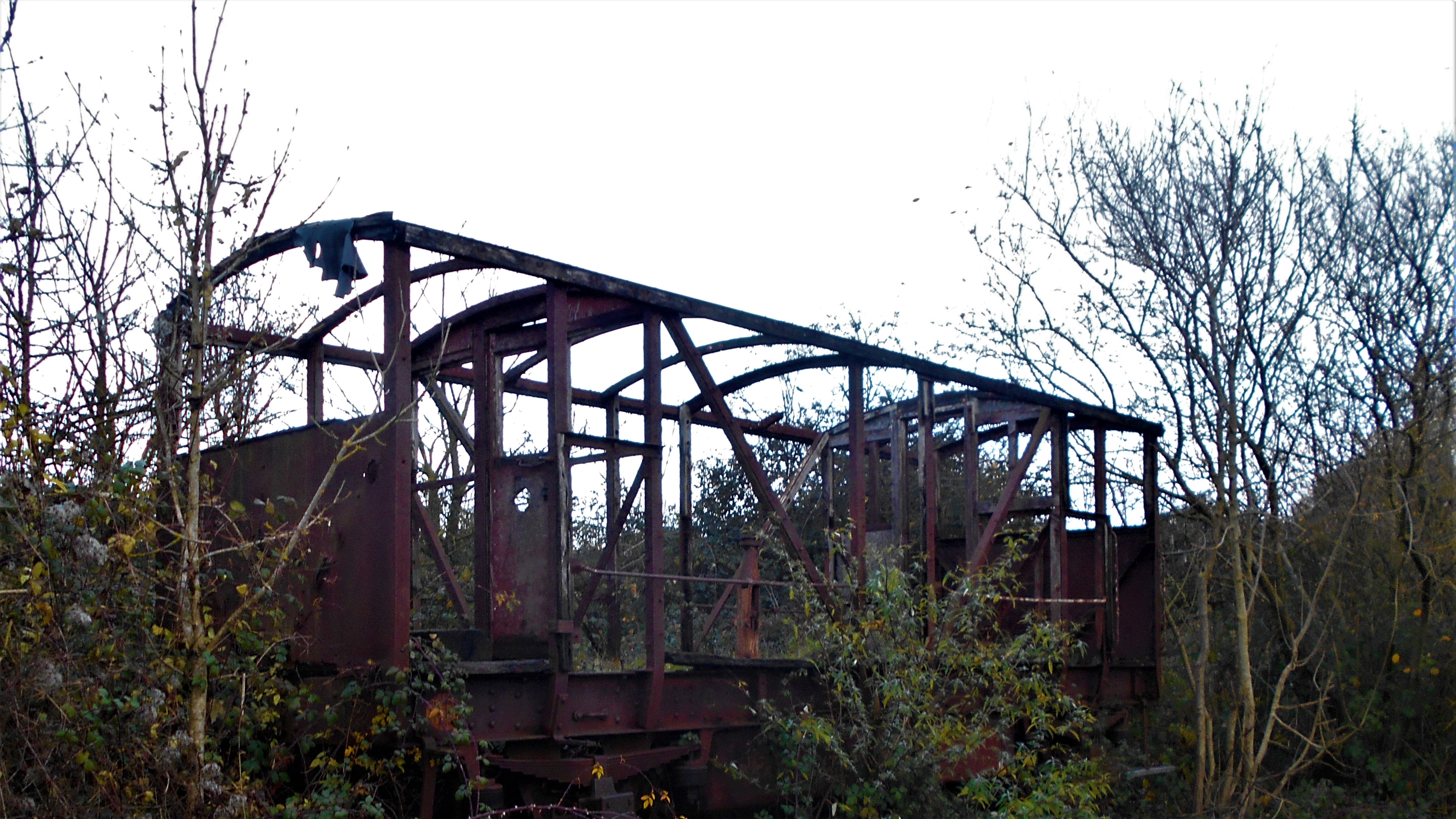
The farmer also talked of ploughing his fields in September/October time and seeing a dozen or more Buzzards following his tractor, swooping down to feed on the worms as the earth was turned over. He thought the seeds from the many plants along the scrub and embankment blowing seeds over his crops were no problem, save that is for the large bull thistles and even larger woolly thistles which spread their seed so profusely. He was more worried by the incessant rainful of the past two months and the harm it was doing to his rain sodden fields but the impossibility of getting on the land to sow.
He walked on and we turned back as the dark clouds were moving closer and looked increasingly threatening when suddenly, exploding out of the trees, the sky above us was filled with a mixed flock of dozens and dozens of Fieldfares and Redwings – black sillouettes in the fading light but full of life and vigour and movement. Something at least was showing vitality in this otherwise dead world! They heralded the rain and as we hurried back along the path we got caught out by the first shower but avoided a thorough drenching of the full rainstorm by a matter of minutes.
————————————————————————-
21st November 2019: And the winner is…..? Pheasant! In their second email The Mammal Society wrote the following:
“I’ve spoken to one of our experts about who they may have been left by. He said he had, had similar looking scats DNA tested before and they came back as pheasant so it might be that. He said squirrel droppings were normally rounder but not out of the question.” 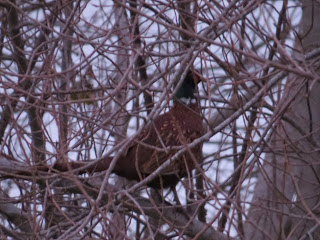
Pheasant roosting in a tree.
copyright Alex White www.appletonwildlifediary.wordpress.com
Of all the many possibilities, Pheasants didn’t even make it to our list, but we should have followed the evidence. Pheasants being reared for a local shoot in an adjoining field, the whitened bones of a pheasant carcass nearby, and the ideal Pheasant habitat for foraging and roosting – low hanging moss covered branches and lots of cover. We are most grateful to The Mammal Society for solving this week’s mystery! Contact their website for their State of Nature Report 2019. https://www.mammal.org.uk/
16th November 2019: Neither fish nor fowl nor fresh red herring…. we spotted a surprising amount of scat strewn along several mossy branches in a dense part of the wood on Wednesday but despite extensive research, we have been unable to identify which creature has been using these branches as a latrine. We noticed several entrances to dens during the afternoon but the nearest to this tree looked more like a brown rat burrow, given the amount of earth spoil outside so no help there.
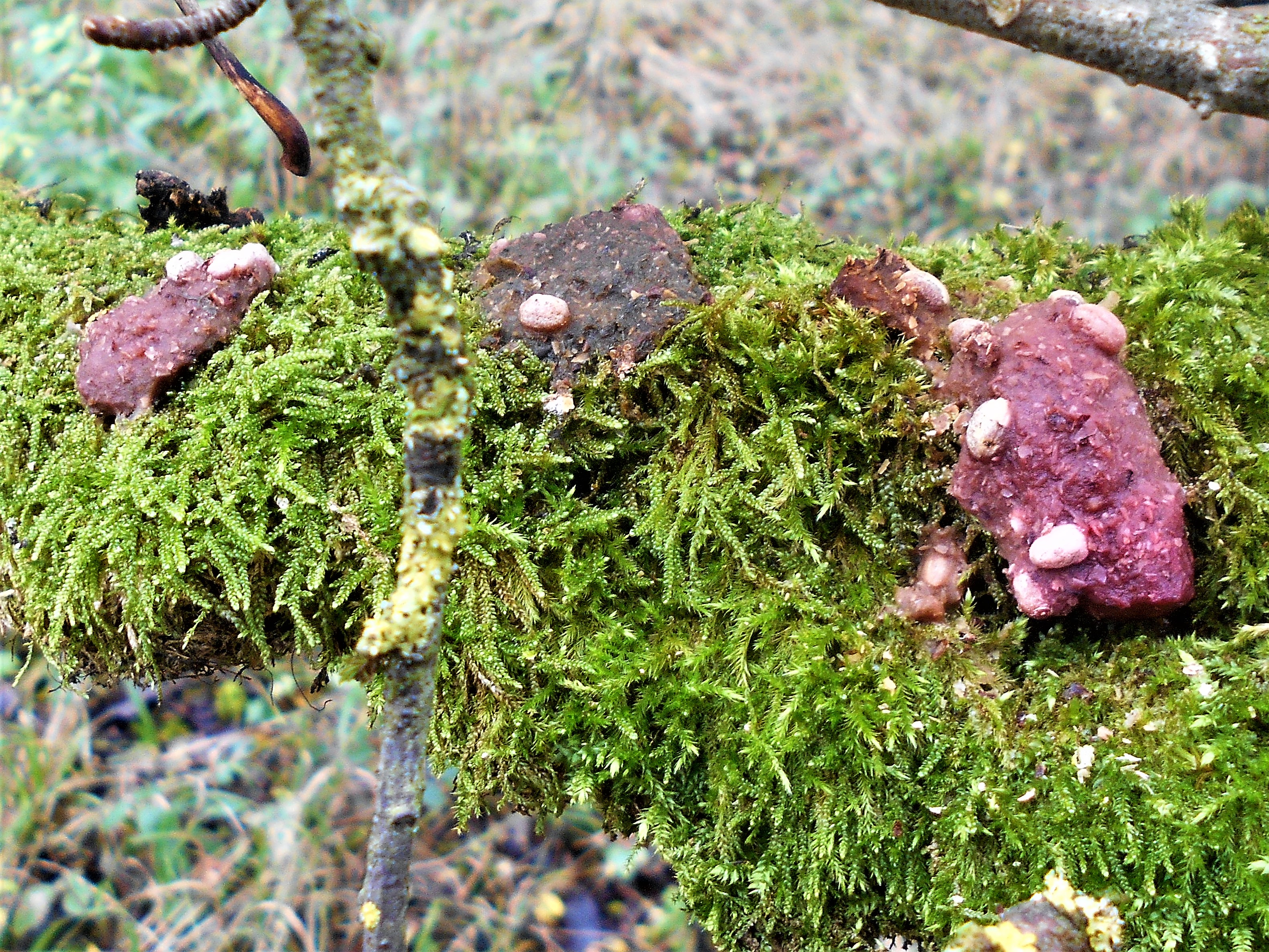
Eventually today we threw in the towel, gave up on our futile research and passed the problem over to The Mammal Society in the hope that one of their volunteers may be able to offer suggestions. If any of our readers recognise these droppings, we would very much appreciate some help here!
13th November 2019 / Temp: 7.5 C / 11.30am – 1.10pm
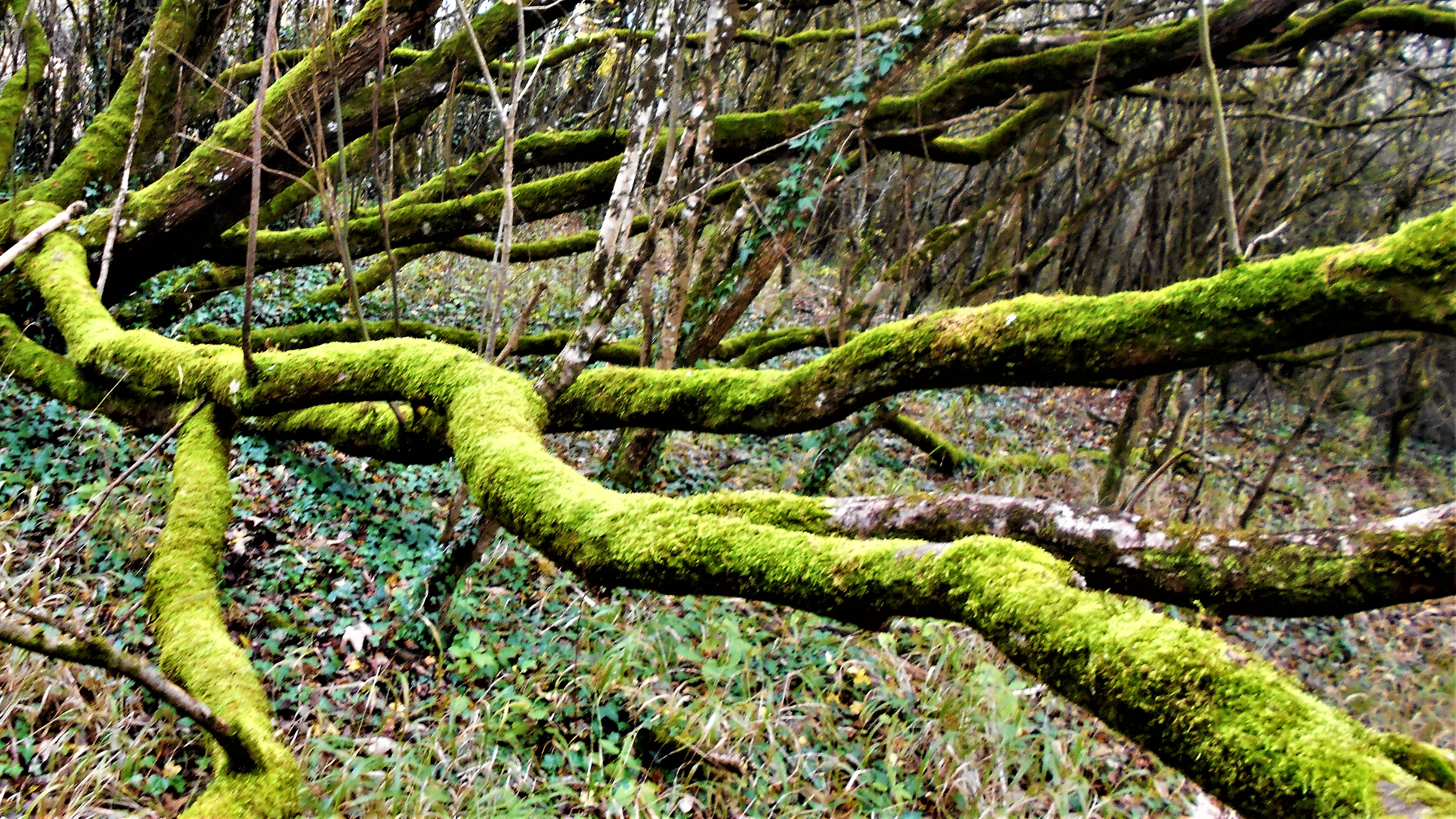
We decided to do our annual trek through the woods a little earlier than last year, as the wind was biting and the wood looked invitingly sheltered. All the areas of woodland along the cycle path are navigable with care but as we penetrated deeper, the animal paths petered out, the fallen branches became thicker and more frequent, the dratted skeins of bramble caught around our legs, head and ears more and more fequently so it was quite a tiring battle with our own small jungle!
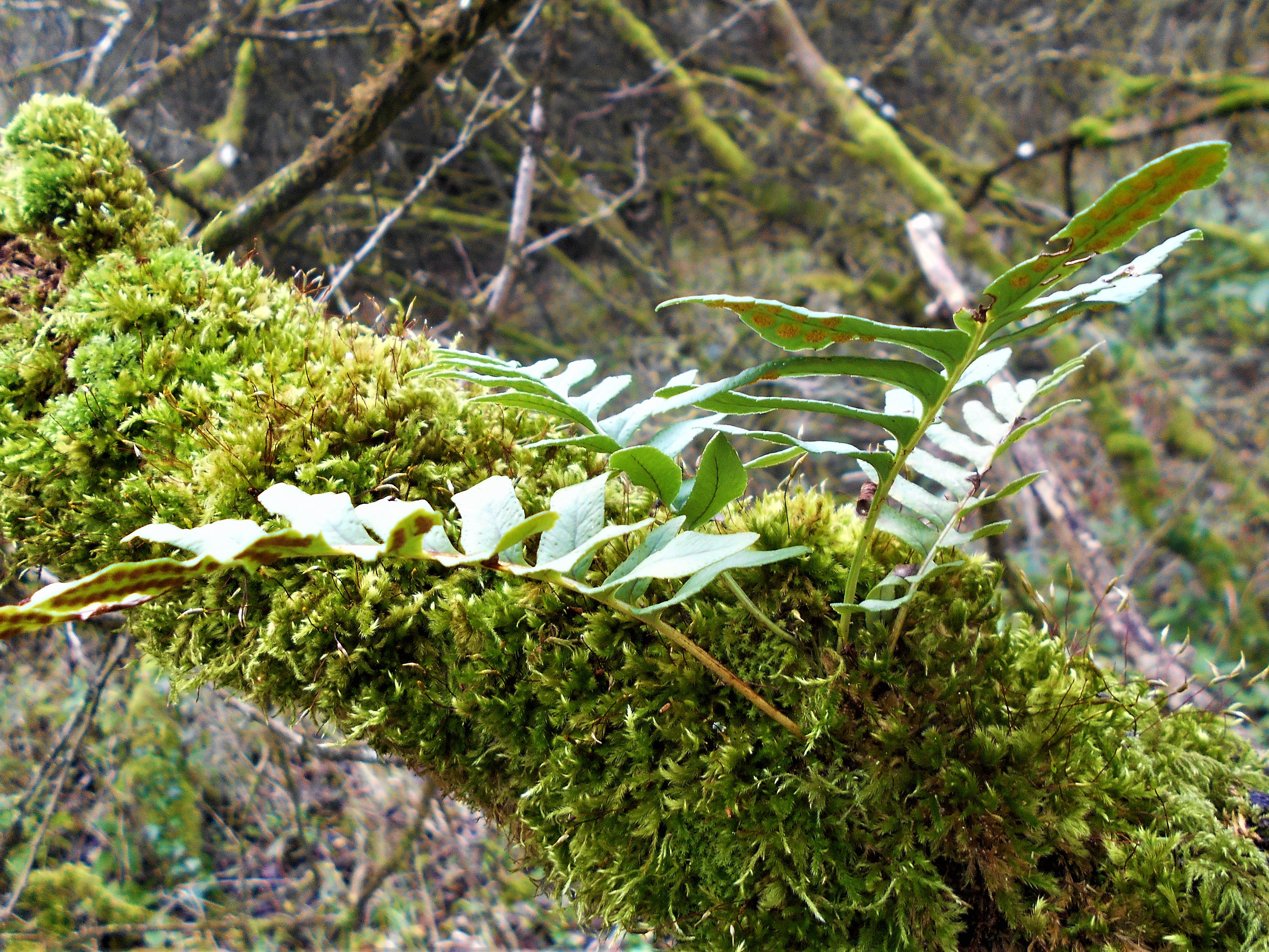
However, the adventure was worth the effort. A world of thick moss covered trees, innumerable species of lichen, liverwort, mushrooms and jelly fungus and our first sighting of polypodies which are pretty commonplace in other woods in the area but which we have never seen before here.
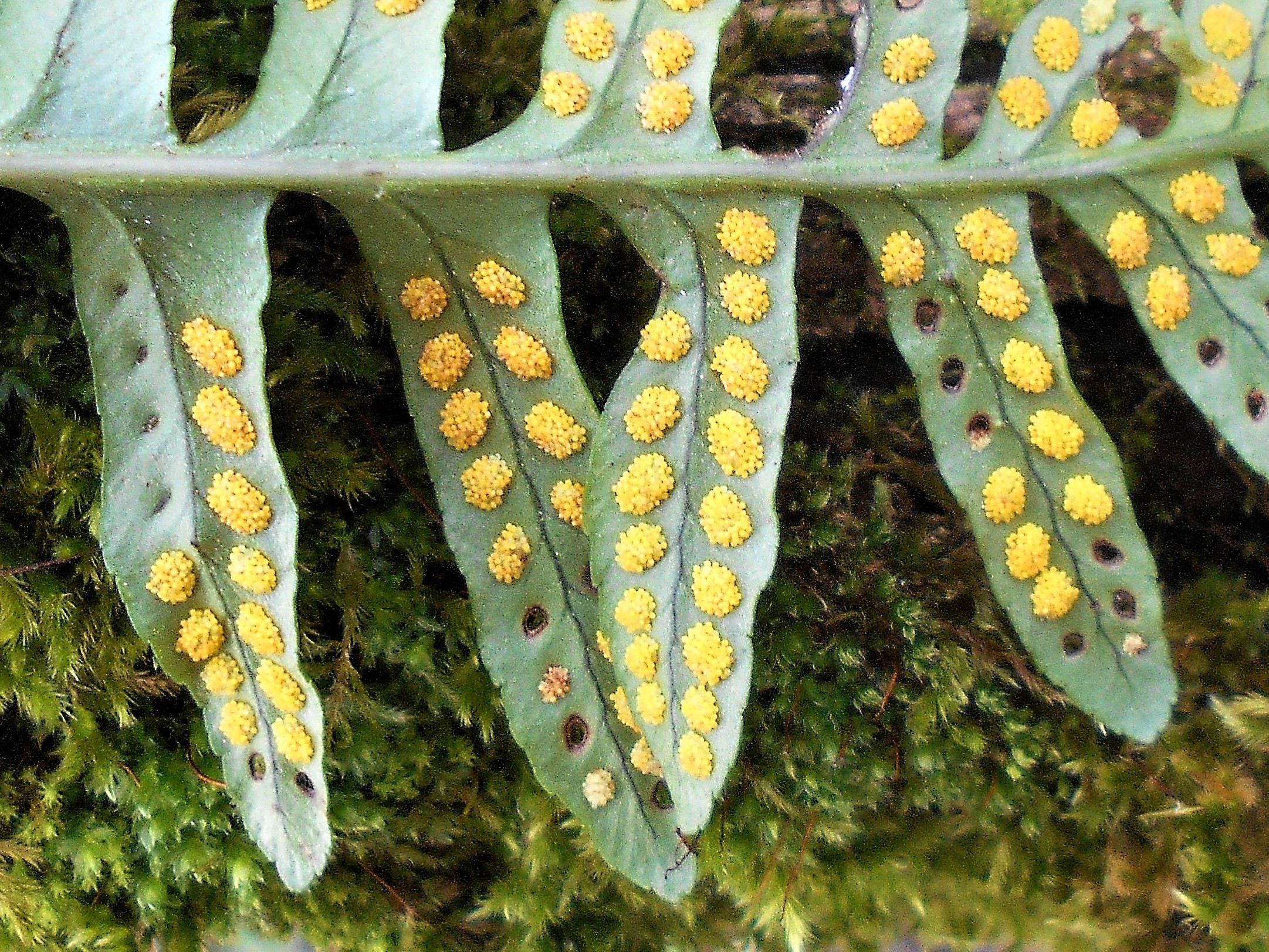
Most we have seen have been so high up in full sized trees it was great to be able to scramble closer to these and examine the spores, some brown and dull but several glowing buttercup yellow, lighting up the gloomy afternoon.
Jackdaws, Rooks and Crows setting up their usual racket as they flew past and drew our attention to the pasture just partially visible through the trees. Their demand for attention was challenged by noisy Pheasants (the totally stripped carcus of one we found discarded amongst the ivy – its eyes partially opened and untouched, strangely eerie against the stark white bones of its head and body) Wood Pigeons of course but also parties of tits flashing through the trees, mostly Blue Tits and Long Tailed Tits. Bullfinches, Blackbirds, Robins and Wrens were much in evidence on the margins although the centre of the wood appeared totally absent of bird life despite copious amounts of hawthorn berry filled bird droppings decorating the branches.
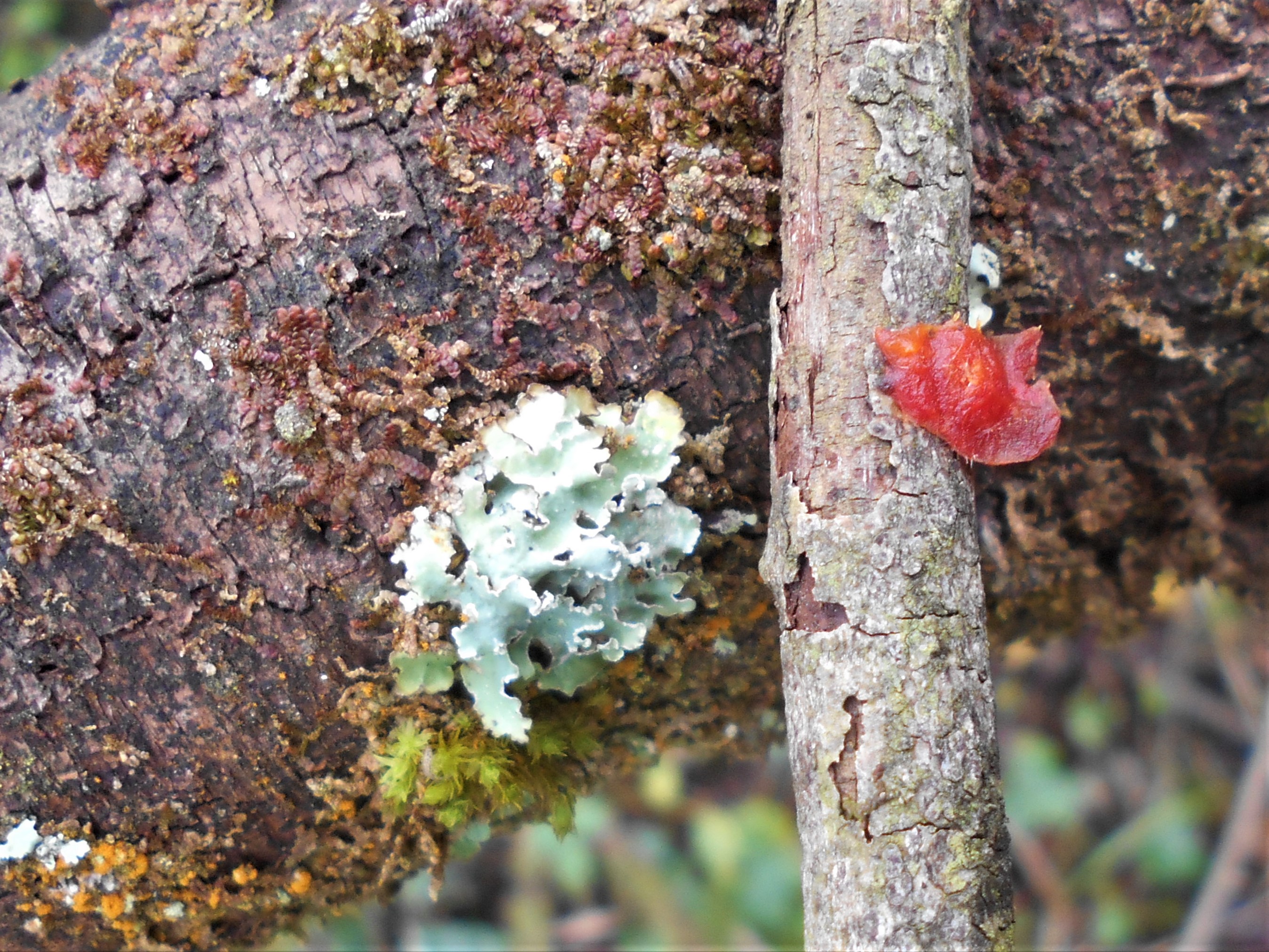
A young, small disc-like Leafy Brain jelly fungus, looking deliciously fruit like, bright strawberry pink unlike what was probably its parent plant close by, toffee brown and wrinkled.
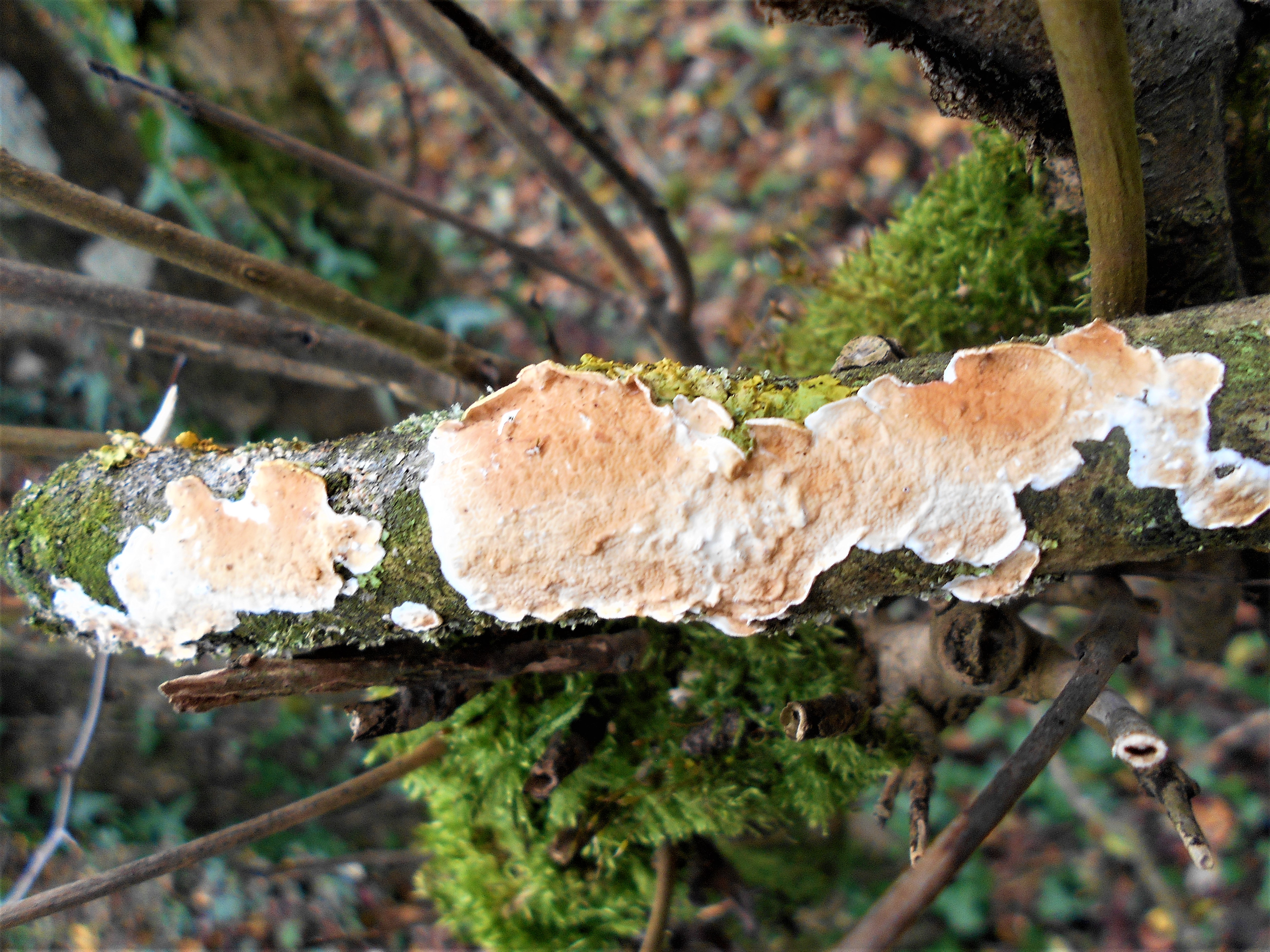
There were lots of crustose lichen painted on the trunks of the trees and along the branches. The attractively coloured Bleeding Broadleaf crust above, shaded in tones of apricot and white set against the lime-wash splash of the sparkling and aptly named Whitewash species below, as if someone has been along with a paint brush and decorated the trees.
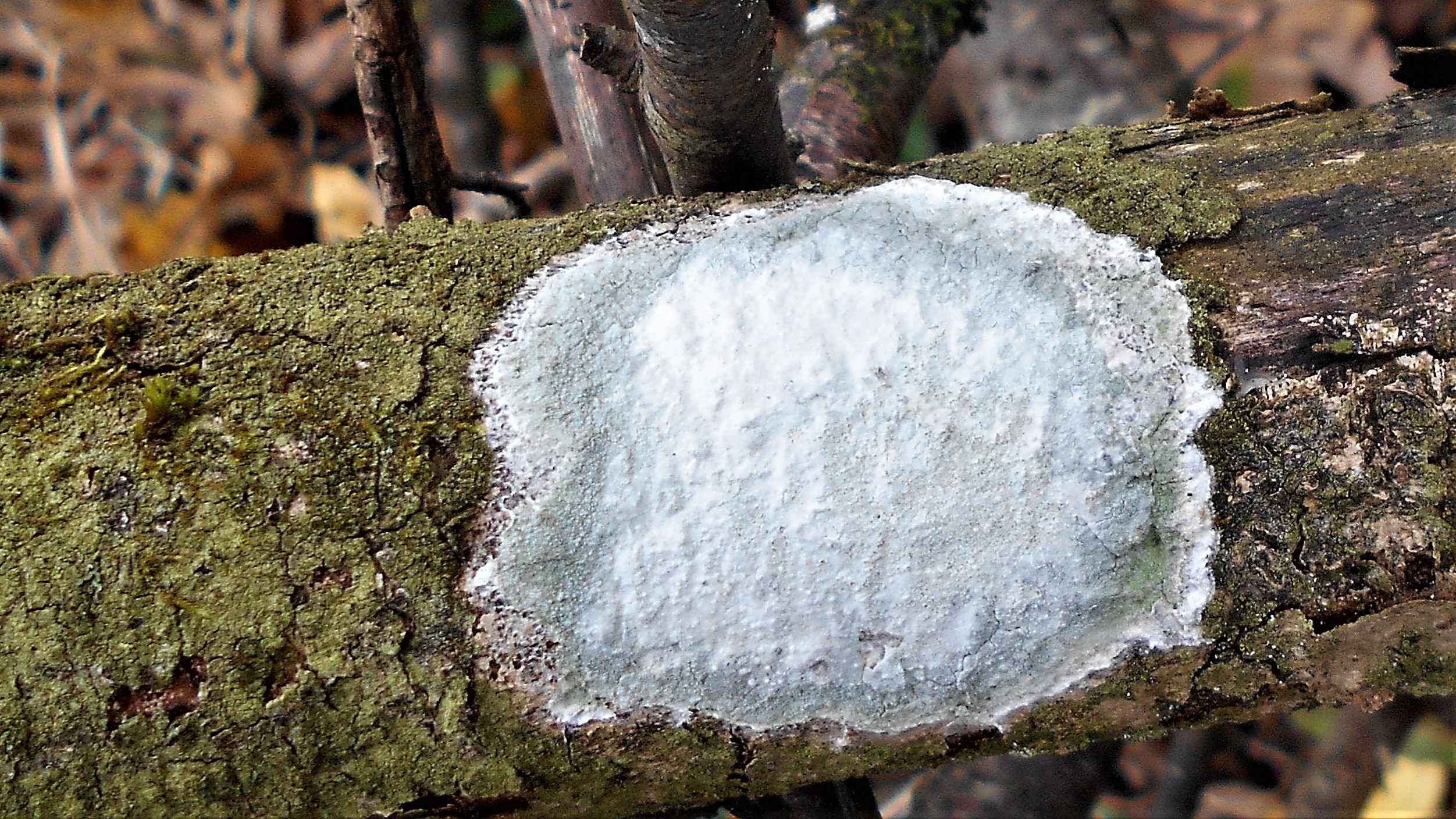
A good many of the half hidden areas of fallen braches lying unseen have provided home for a variable number of lichen both on moss and ivy covered logs deep in the undergrowth, on braches of living trees but also on fence posts and gates, like these two beautiful specimens of Chewing Gum lichen, more of what we think of as the classic lichen, grey-green, knobbly and leaf edged.
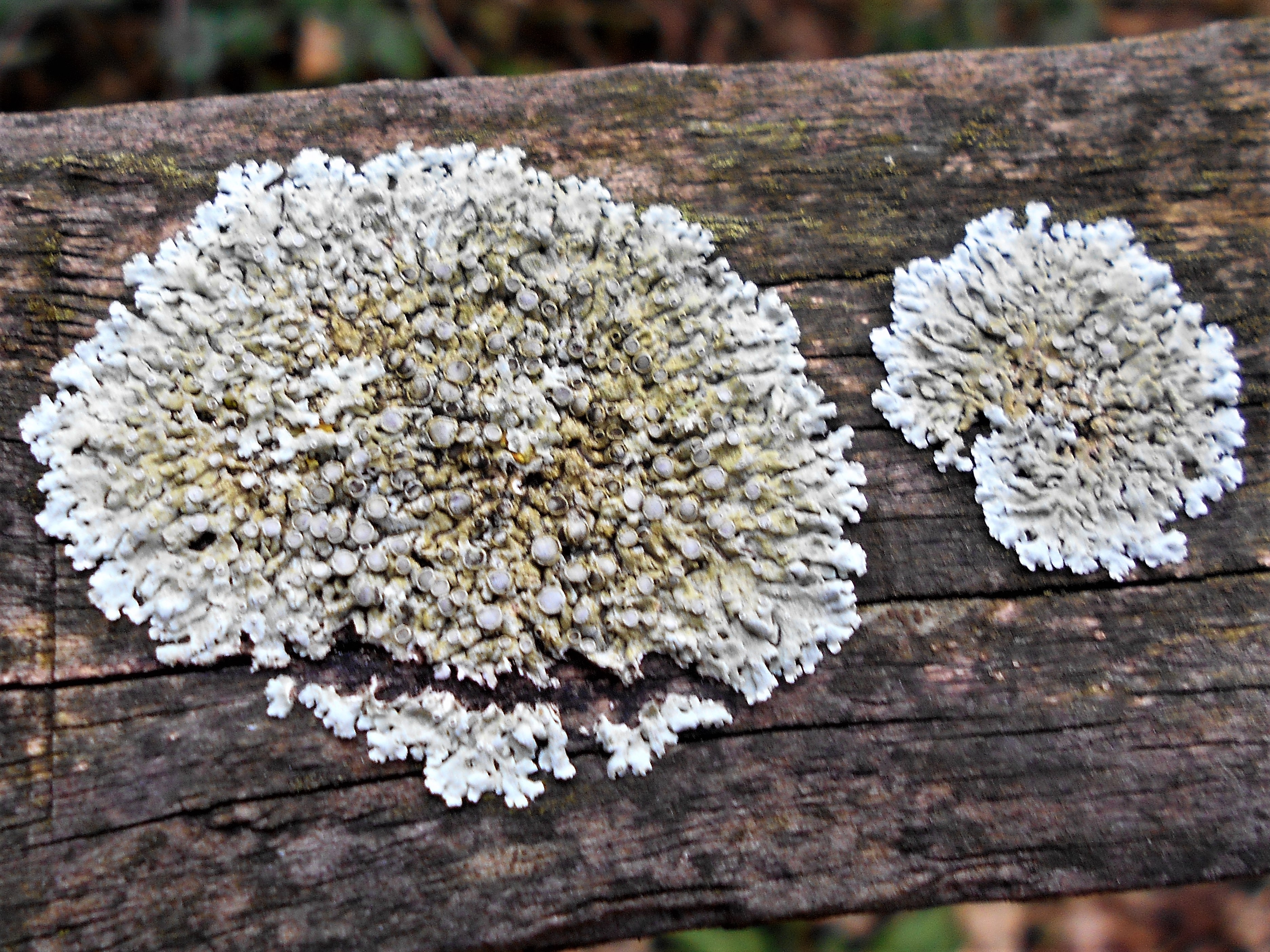
It was lovely to catch sight of a fallen branch festooned with Variable Oysterling fungus growing on the dead wood. These had already turned buff coloured with age but still small shell-like, delicate and delightful.
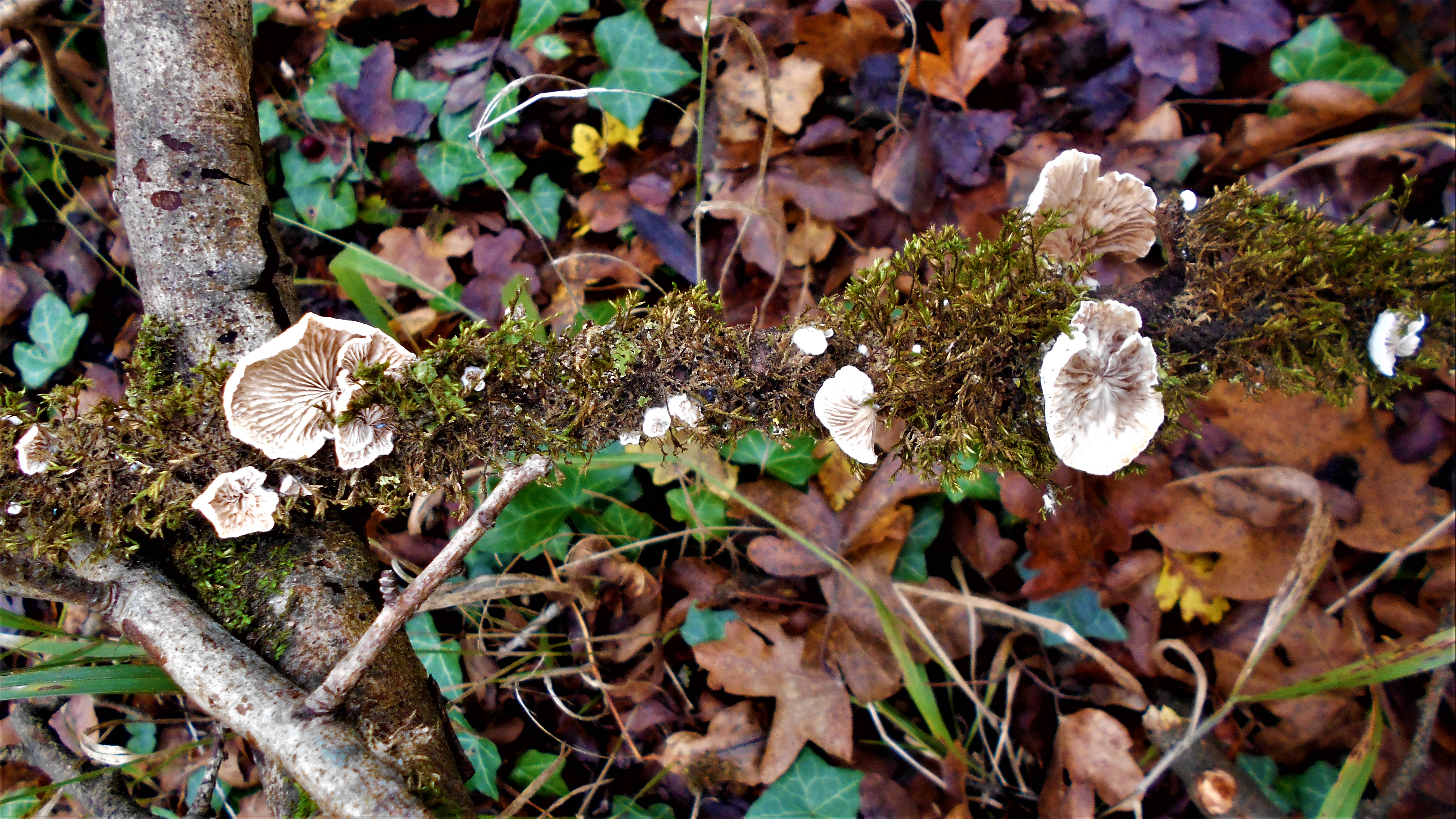
By now we were tiring, navigating banks and ditches and small winterbournes while climbing over and under thick branches and tangled ivy as we battled through the choke point towards the edge of the wood. Frustrating to see the tree line so close but having such a fight to reach it, but reach it we eventually did and even managed, with considerable cursing and difficulty, to climb over the fence to the open stretch of path before us.
We sauntered down the hill towards home none the worse for our exertions and pleased to have explored the wood and even more pleased that it would be another year before we need hack our way all the way through the entire wood again!
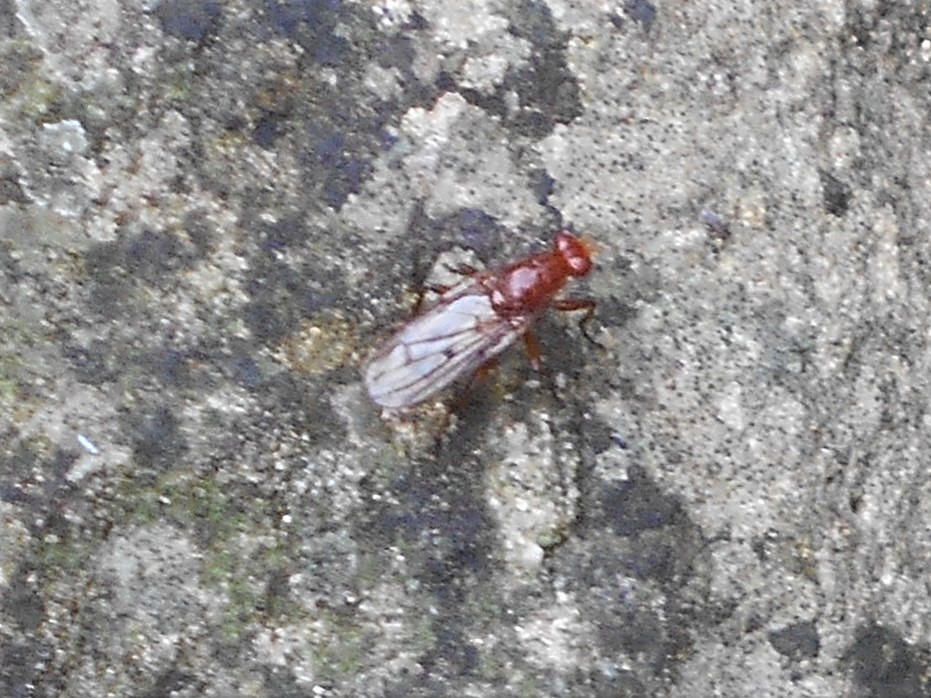
But the path had one more gift – a small insect perched on a large boulder which we believe might be a Picture Winged insect, given the time of year and it’s distinctive colouring. Unfortunately the distance and focus wasn’t sharp so we would very much welcome any other suggestions!
As we walked on we were thrilled to see a good flock of at least 40 Redwings and a dozen or so Fieldfares, some flying over the path, others moving from one stretch of trees to another. Always a redeeming feature of cold, dull days are the flocks of winter migrants which liven up the woods and skies, particularly when we hear the chatter of the Redwings which lift the spirits and make the heart sing.
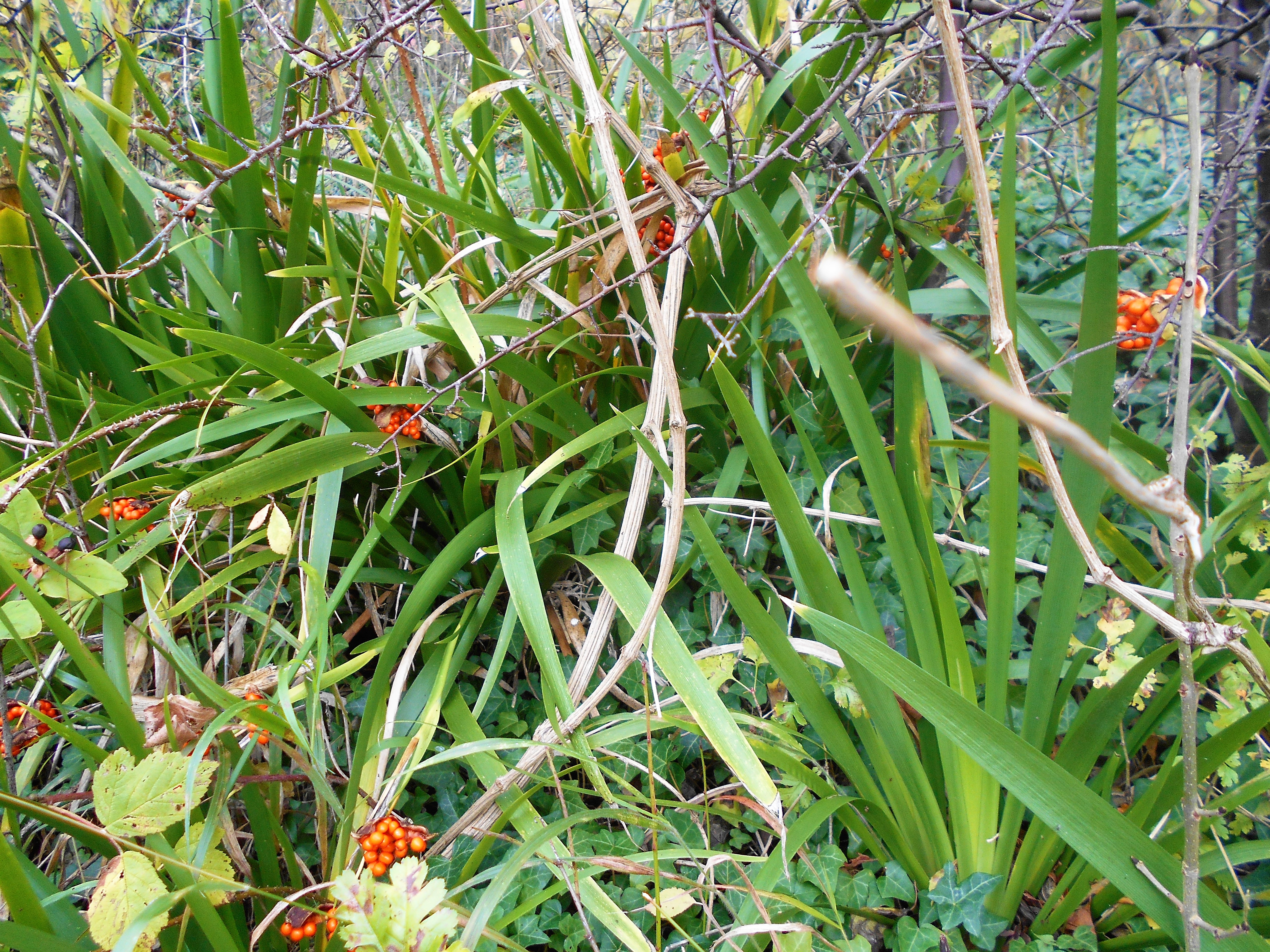
The Stinking Iris made another bright splash of colour, vying with the autum leaves still stubbornly clinging to the trees despite the frequent rain storms. The sun never really managed to fully break through the cloud although we often caught glimpses of it through the branches – a real winter sun, low in the sky, pale and misty, casting a faint light on the moss strewn woodland floor. Woods are beautiful in every season of the year but autumn always gives them a particular charm.
3rd November 2019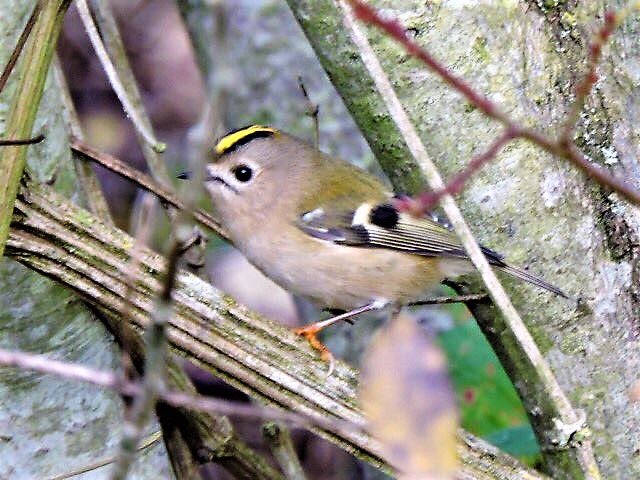 Goldcrest – copyright John Hansford
Goldcrest – copyright John Hansford
Twitter feed plus lovely photographs from John Hansford :
Mells Down (Colliers Way) included 50+ Fieldfare at Dusk, 30+ Goldcrests, Kestrel, Treecreeper, Moorhen, Tawny Owl (Heard), Ravens, Song Thrush, Bullfinches, Linnets, Yellowhammers, Stock Doves etc.
A goodly haul! It’s great that you managed to see so many Goldcrests John – we never see that many, or too many Kestrels, but we often seem to hear Tawny Owls in the late afternoons in autumn and winter.
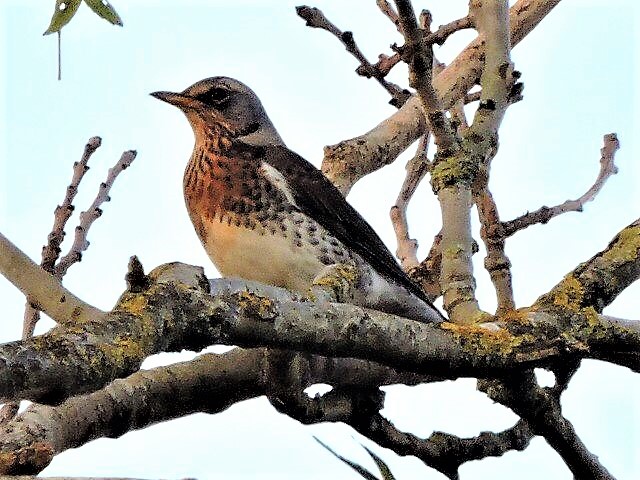
Fieldfare – copyright John Hansford
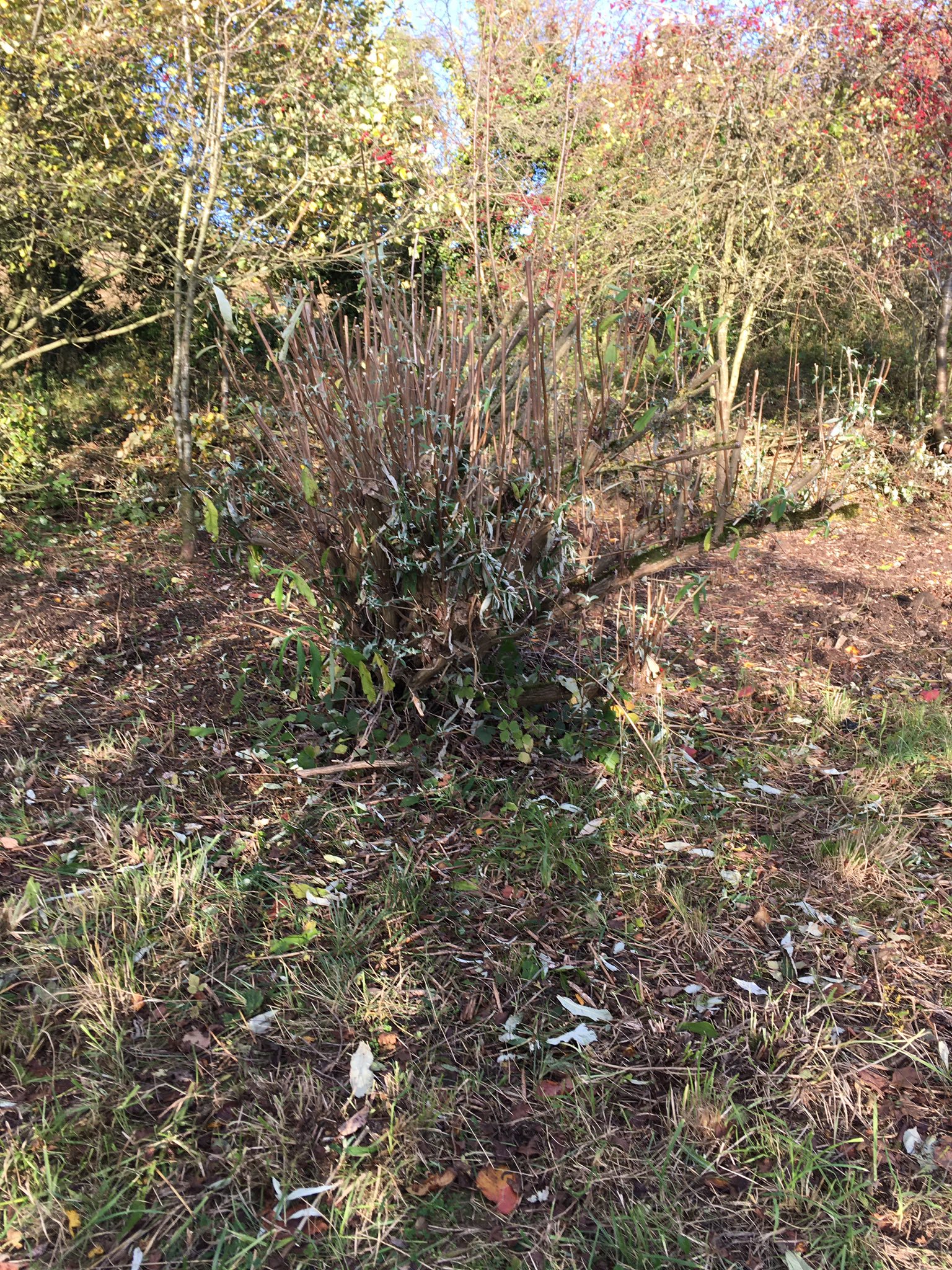
More Butterfly habitat destroyed on Mells Down cycle path, what’s wrong with these people that want to kill off all remaining nature @sustrans
When we also saw the devastation a few days ago, we felt so disappointed and upset we turned back and went elsewhere. A mere handful of Silver Washed Fritillaries and Commas survived last spring’s habitat destruction – this may prove to be the final coup de grace. We can’t even bear to think of the loss of the Nightingales this summer due to a similar decision. It’s the age-old chasm between cherishing a wildlife habitat amongst the green desert of pesticide- sprayed fields with no birds, butterflies or insects and a managed recreation area.
We would infinitely prefer the margins and hedges left wild to provide a corridor for native species to flourish and survive, the stewards of the cycle path, having invested in oak picnic benches and heritage apple trees, feel areas need managing as part of the facilites it offers to walkers and cyclists enjoying the undoubted health benefits of access to safe, traffic free paths.
5th November 2019
The following article in today’s Guardian (tweeted from John Hansford) reinforces argument that if the depradation of land is not addressed, our descendants may not live to enjoy the benefits of the cycle path or anywhere else for that matter. We all need to play our part – householders can plant trees and flowers rather than paving over gardens and stewards of the countryside can manage for the benefit of wildlife as well as people.
3rd November 2019
Frome’s Missing Links Blog :
We had a fabulous day at the October Frome Independent Market, where there was also an information table sharing the work Frome’s Missing Links are doing to connect traffic free walking and cycling routes in and around Frome. A team of volunteers worked incredibly hard to organise and run the activities and a total of £1,322 was raised on the day. The ceilidh at the Cheese & Grain Live Music venue raised a further £2,400 at what has now become an extremely popular annual occasion.
Money raised is being spent on an Environmental Impact Assessment and other requirements as part of a planning application which will extend the path from Weylands in Frome, towards Selwood Lodge, and eventually join up with the Colliers Way route 24 from Great Elm to Bath.
29th October 2019 – Temp: 7 C / 9.50am – 11.35am
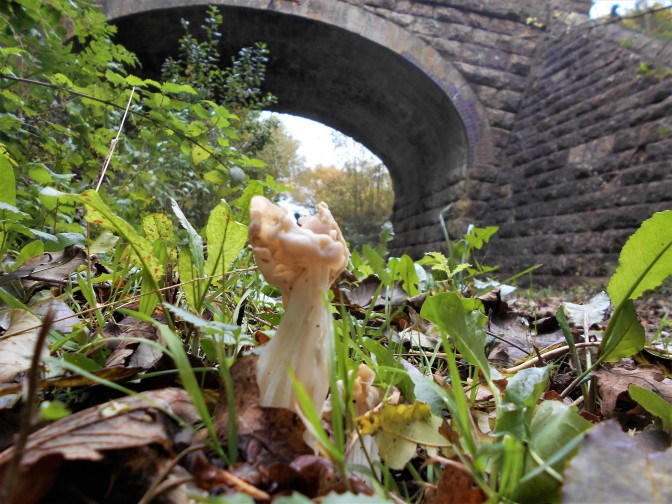
October. The clocks have changed bringing dark days and darker nights, the nights are drawing in, the days are growing shorter with mist covered mornings and rainy afternoons under overcast dull leaden skies – dreary, dank and chilly. But…
The winter migrants are arriving in numbers, a large flock of 40 plus Redwings flying over the trees along the woodland walk, heading no doubt for the Hawthorn trees, Guelder rose and Dog rose briars, heavily laden with berries this year – a bumper crop. As we walked farther down the path at least 20-30 noisy, chuckling Fieldfares took off en masse from an adjoining field and obliged us with a fly past.
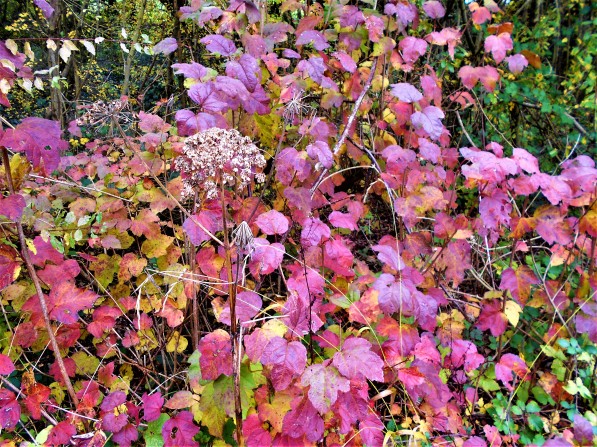
The leaves are changing, flame coloured, and every shade through orange, pink, gold and red, showy flamboyant leaves are replacing the dull green of early autumn and even on a dull day like today with heavy cloud cover threatening yet more rain, they light up the hedgerows and glow in the gloom.
No sign of insect life apart from a few midges, very few flowers, the odd white deadnettle, a few umbellifers, a scattering of bright pink herb robert, nothing to see, but…
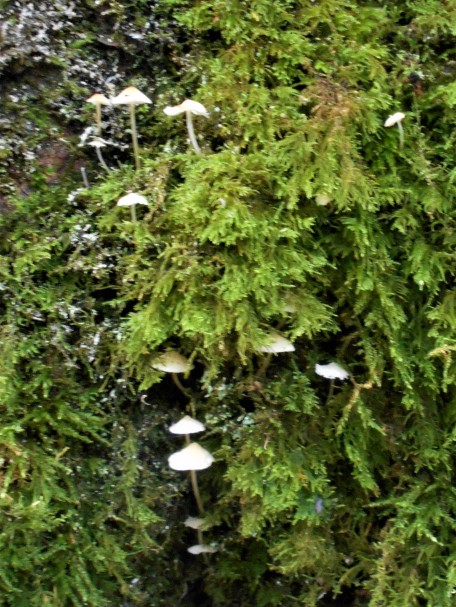
October is to fungus, moss and lichen as March is to daffodils and what a show they put on! From the tiny, delicate Angel’s Bonnets to the large and stately Trooping Funnel; the strangely shaped White Saddle which looks for all the world like a melted candle to the modestly tinted Lilac Bonnets and past beautifully patterned Turkey tail fungus, first in many shades of grey to another in every shade of brown.
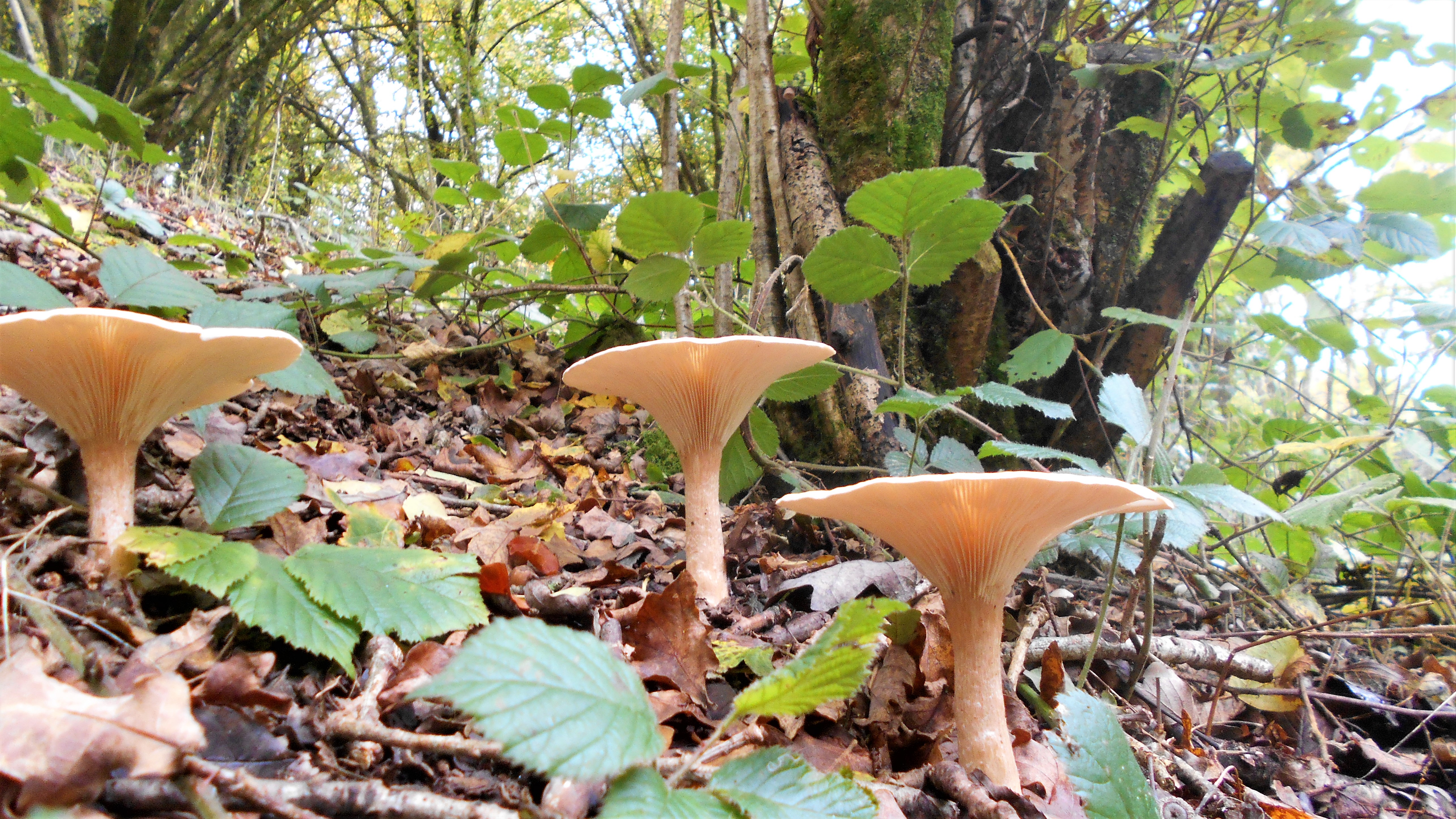
Every branch seems to have its own small garden of lichens – Common Green Shield clinging tightly to the bark, Cartilage lichen blossoming in trails, Oak Moss (stag lichen) somewhere between the two and the wonderfully sunshine yellow Common Orange lichen (sometimes more aptly called Martime Sunburst, and the little discs are just like miniature suns).
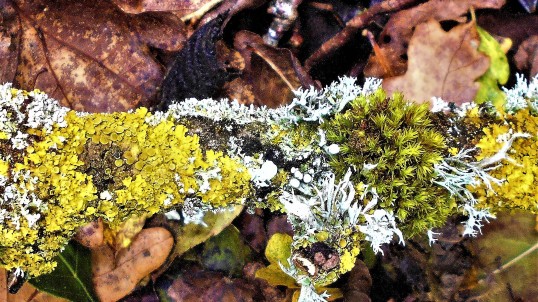
The fallen logs are covered with Swan’s-neck Thyme moss with their tiny stalks and bowed head seeds, stems of black footed chalk white Candlesnuff (often called staghorn) poking through the moss.
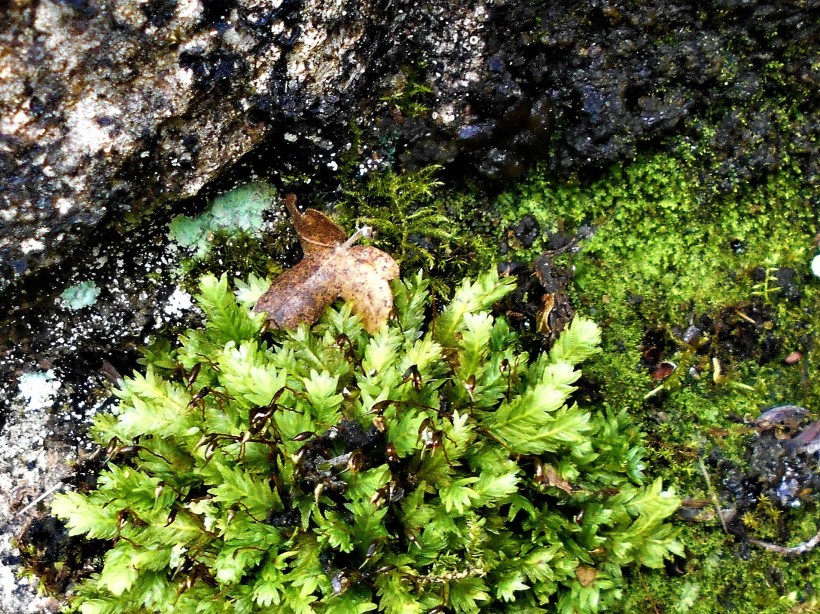
Even the old railway bridge, constructed as it is from blocks of quarried limestone, sports its own specialised selection of fungus and lichen alongside Common Pocket moss (above) the tiny Maidenhair Spleenwort ferns, Wall Rue and ivy-leaved toadflax, species like the splendidly named Donk, a jelly fungus and Opegrapha rupestris, a kind of black crust lichen thrive.
We have had so much rain recently that the large Ash log tucked close to the fence looked completely black and so the closely packed balls of scarlet slime mould looked startlingly vivid. It was only by looking closely that we noticed they weren’t in fact balls but minute red lollipops on white stems – extraordinary! My photograph was completely out of focus so I was glad to find the splendid photograph by Kim Fleming to illustrate their beauty – slime mould is totally unsuitable for such a lovely fungus. Pixie cup lichen (another failed foto) the name given to describe the cluster of cups covering a wooden fence post is an infinitely more appropriate name as was pixie dust for the grey-green grains sprinkled over the lichen!
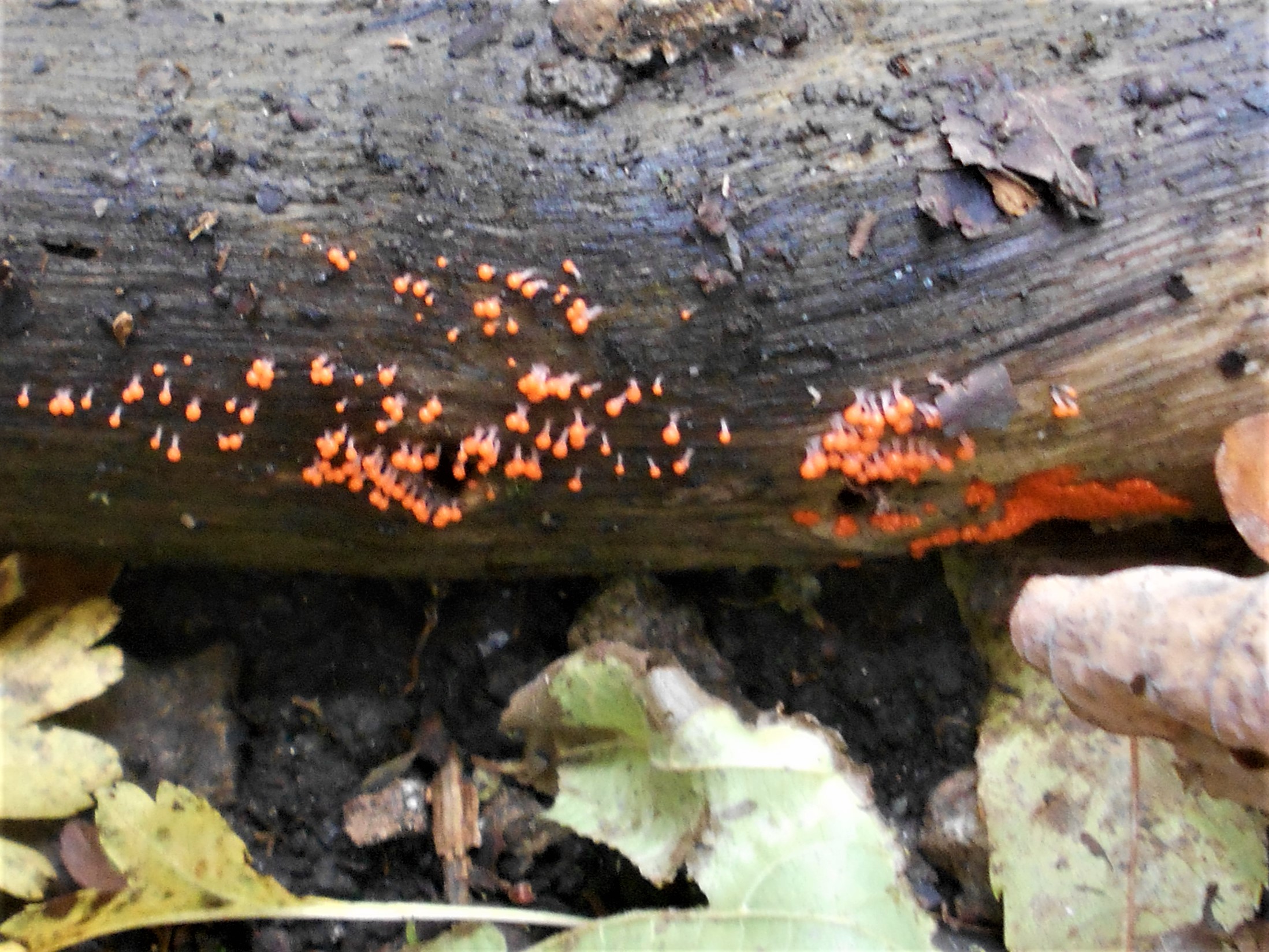
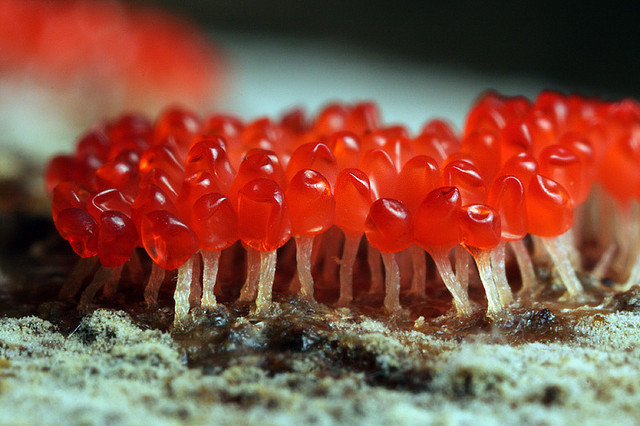 Slime mould (Trichia decipiens or Acryria ferruginea ) copyright Kim Fleming
Slime mould (Trichia decipiens or Acryria ferruginea ) copyright Kim Fleming
By the time we had clambered up and down the steep bank, despite falling flat, to check the fungus and the Badgers (lots of activity around their setts and snuffle holes alongside the path), listened to the noisy chattering Jackdaws and Rooks, the screeching Jays and the mewing Buzzard circling overhead, it was time to turn back and climb the path for home. Long-tailed Tits, Blue Tits, Bullfinches, Robins and Blackbirds twitterings and calls accompanied our walk, as did the Pheasant’s squawk and Wood Pigeons coo.
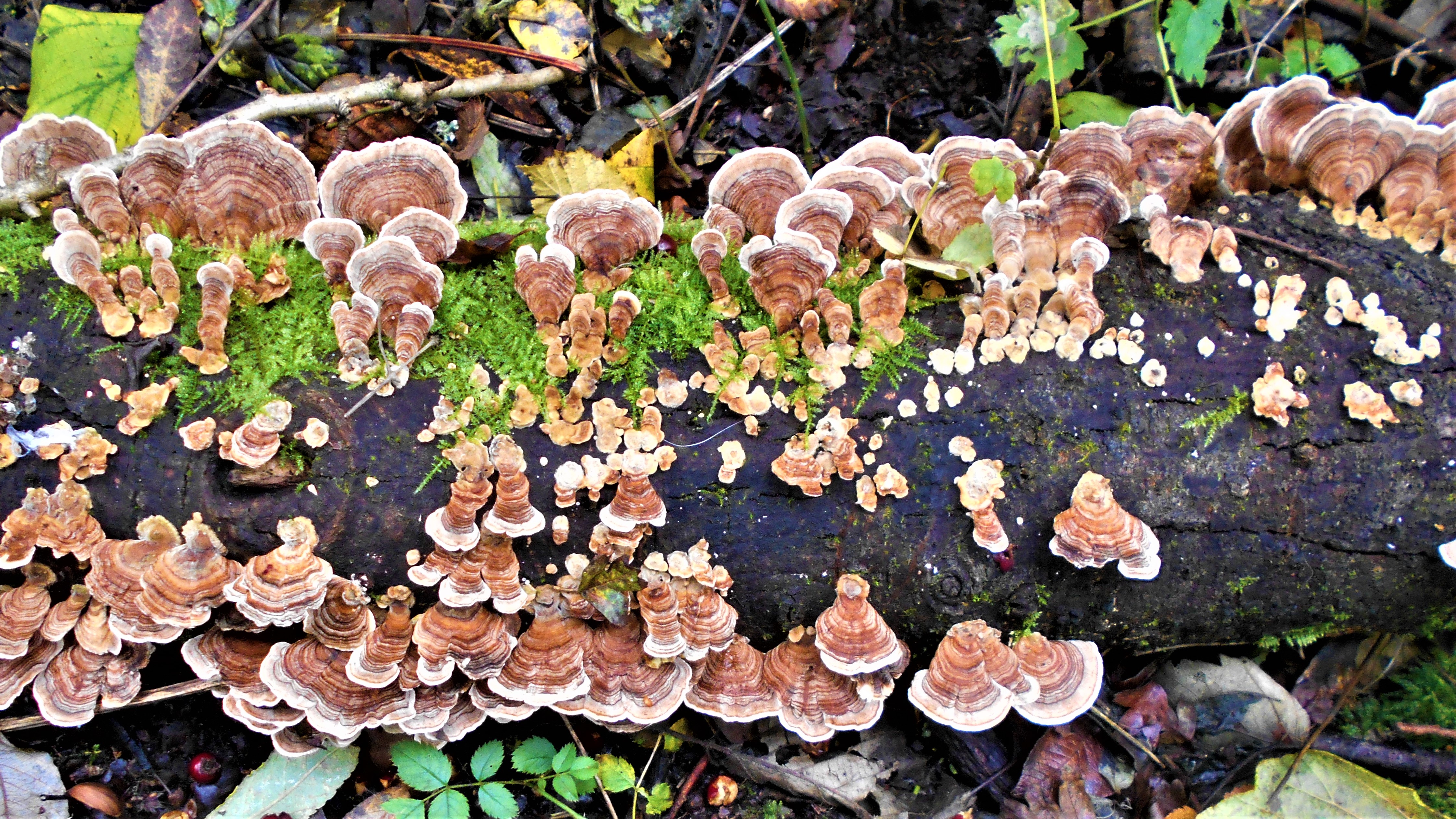
Did we say October was dreary, dank and chilly and devoid of life? Nonsense! Even though the promised sun didn’t make an appearance, the leaves glowed, the birds sang, the fungus glowed in the gloom and we were so warm we were obliged to unbutton our coats and unravel our scarves – October is the perfect walking month!
8th October 2019 – Temp: 12.5 C / 9.30am – 11.20 am
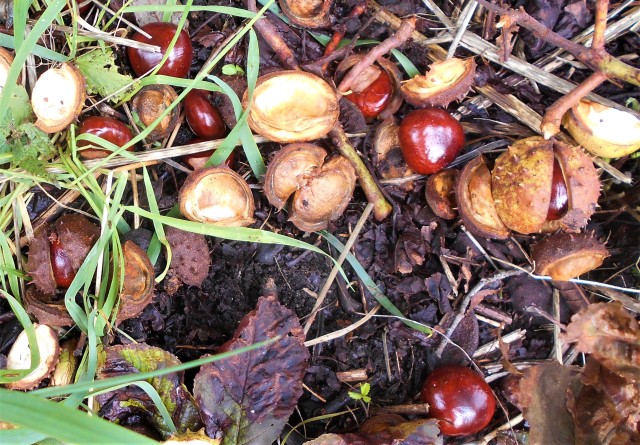
Welcome to the Brexit-free Zone which is the traffic-free path running through the heart of the Somerset countryside, far far away from the noisy bad-tempered clamour and stomach-sinking fear of the possibility of impending doom to the sound of bird song, swishing bicycle tyres, the mew of Buzzards wheeling overhead, the rumble of a tractor trundling over a stubble field and a distant farmer’s dog challenging all comers!
A cool fresh breeze but the sun was warm on our backs and the sky cerulean blue with mackerel clouds (never long wet, never long dry) – a welcome break from days and days of heavy rain with the promise of yet more to come. So good to see shiny fresh conkers littering the ground which, together with acres of freshly ploughed rich brown earth, fields partially ploughed and others planted earlier with winter wheat already showing green, announces that autumn has well and truly arrived.
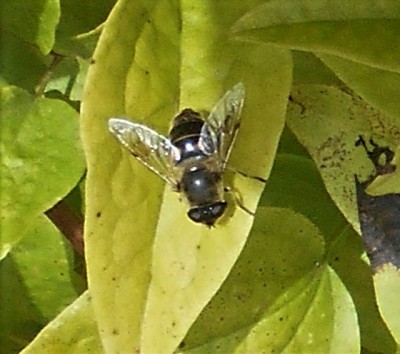
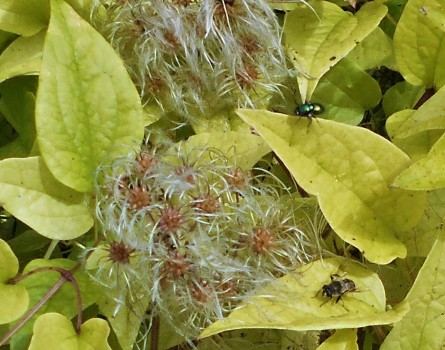
We expected to see lots of fungi as we did on a recent walk through the wooded section of Colliers Way but today we saw very few; we didn’t expect to see insects, but we saw lots – Ivy bees around the Ivy flowers, some newly open, some still in bud, hover flies, drone flies, wasps, flies, a fat loud bumblee and farther along the path more bees and hoverflies sunning themselves on the golden leaves of the old man’s beard with green-bottle flies, their vivid irridescent colours sparkling in the sunshine.
There were also a quite extraordinary number of small grove snails, clinging to single strawlike grass stems, on leaves and plants, in every colour it seems, from plain pale bleached grey to banded brown, yellow and orange to a deep burgundy coloured one which had climbed high, high up the Ivy bushes, why we have no idea.
Lots of the summer plants were still in flower, particularly Hawkweed Ox-Tongue which was everwhere, its bright yellow flowers enlivening the verges, but also a sprinkling of yarrow, red clover, white deadnettle, scabious, common hemp-nettle, greater knapweed, meadow cranesbill and even a single scarlet corn poppy.
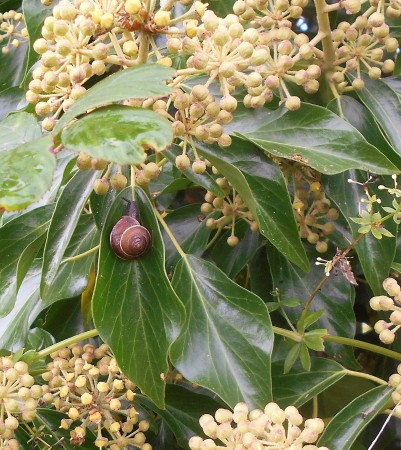
The trees and shrubs are thick with berries and seeds, the golden Hornbeam seeds hanging in tassels, like upside down pagodas and the Field Maple seeds which have taken on a deep rose pink shade, and scarlet necklaces of black bryony trailing across shrubs, tree trunks and field posts alike so everywhere we look is full of colour.
Both the heritage apples and the self-seeded crab apples are fully ripe, the grass surrounding the trees already littered by windfalls, some brown and rotting, which should attract passing hornets and wasps. Every branch seems heavy with fruit – blackberries, sloes, hips and haws are fat and plentiful – untouched as yet but providing a good winter feast for wildlife, Redwings and Fieldfares and other winter migrants which are soon to arrive.
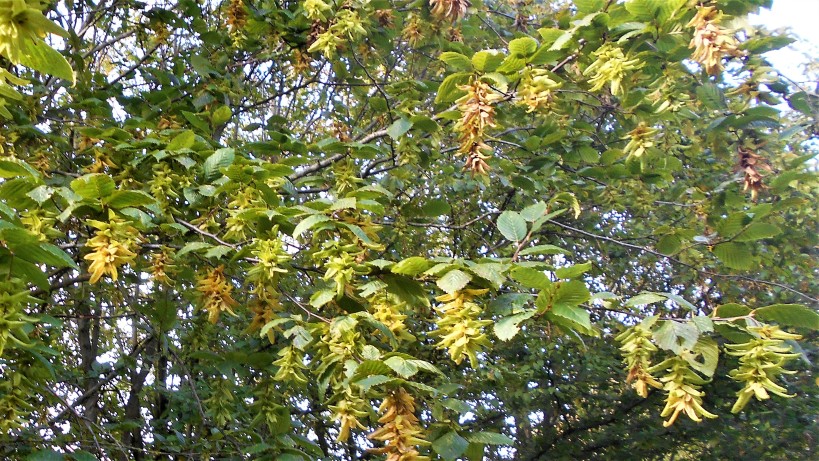
We didn’t see a huge number of birds but there seemed more about and lots more singing than during our last visit. We heard a Green Woodpecker yaffling somewhere nearby (we speculated whether he or a badger was responsible for delving into and collapsing one of the yellow meadow anthills we had passed), Bullfinches, Chaffinches, Blackbirds, Robins, a Linnet, and we watched a Raven being mobbed by three determined Crows. There were Jackdaws and the inevitable Buzzard, a Stock Dove and, as always, plenty of Wood Pigeons and Pheasants.
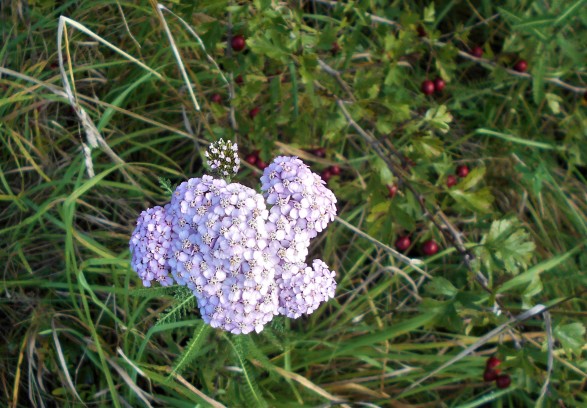
So many cyclists, an almost continuous stream, but almost every one cheerful, friendly and ringing their bells! Such a help for us as we peer into the undergrowth or stand transfixed, binoculars clamped, totally unaware of anything around us as we watch a Buzzard circling or the colourful flash of a Green Woodpecker. A fair few runners and several dog walkers – everyone keen to catch a few hours of sunshine before the next front moves in, although by the time we turned for home, hurried on our way by dark threatening scudding rain clouds, the path had emptied. No exciting finds, no fanfare, no drama, simply a quiet walk in autumn sunshine with a stiff breeze forcing fresh clean air into our lungs and, most importantly, with no sign of Brexit anywhere – what bliss. Finally a shout out for all of those who have made this cycle path possible – Viva – may your tribe increase!!
25th September 2019 – Temp: 17C / 2.30pm – 3.40pm
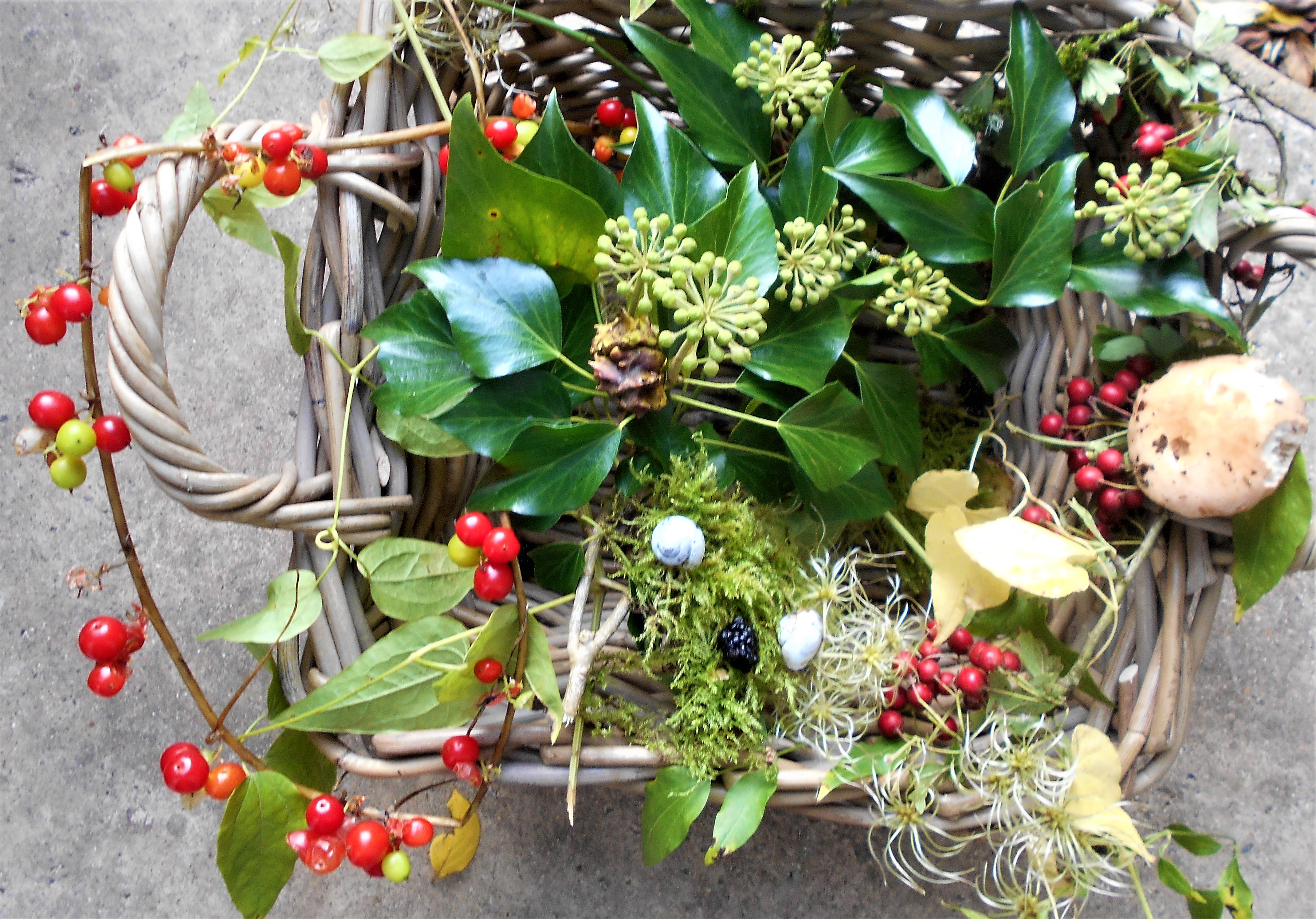
The Autumn Equinox two days ago marked a dramatic change to the weather from a long spell of beautiful sunny days and clear blue skies to cloudbursts and torrential rain where just a bit farther east of us they endured a month’s rainfall in one day. Given the non-stop rain we were lucky to manage a quick walk through drizzle and gusty winds along the wooded section of the walk which sheltered us from the worst of the weather.
Very, very quiet with very few signs of activity, no insects apart from a few flies and a single Comma butterfly. Few birds, a couple of Ravens, the usual Wood Pigeons, Pheasants and Gulls, a solitary Grey Squirrel leaping precariously from branch to branch but quite a few fungi and berry laden trees and shrubs in profusion. The full panoply of autumn laid out before us in all its rich extravagance. Necklaces of scarlet, green and yellow Black Bryony trailed across almost every hedge, joining perfectly ripe blackberries, the pale, tissue thin heart-shaped leaves of Bindweed and Hawthorn berry clusters so thick they blotted out the branches and leaves, the orange rosehips glowing in the uncertain light, clouds of Old Man’s Beard cloaking trees and hiding shrubs and the cream balls on the Ivy almost ready to burst into flower in time for the Ivybees arrival, and fresh diggings around the Badger setts.
Uncountable numbers of Oak galls blown down by the wind, lying scattered along the path we walked, crunching over the fallen acorns and hazel nuts many of which had already been broken open by squirrels and woodmice and their shells disgarded, thrown onto the moss covered logs or thick rich and dark leaf mould to join the bleached snail shells and occasional pheasant feathers.
We came upon a newly killed Wood Pigeon, lying on its back, totally perfect with no signs of injury apart from its missing tail feathers, its soft white and peach-coloured breast feathers pristine and beautiful, but the only mourners gathered around were six or more green bottles, crawling all over it. We think we must have disturbed its killer, possibly a Sparrowhawk, but we saw no signs of one.
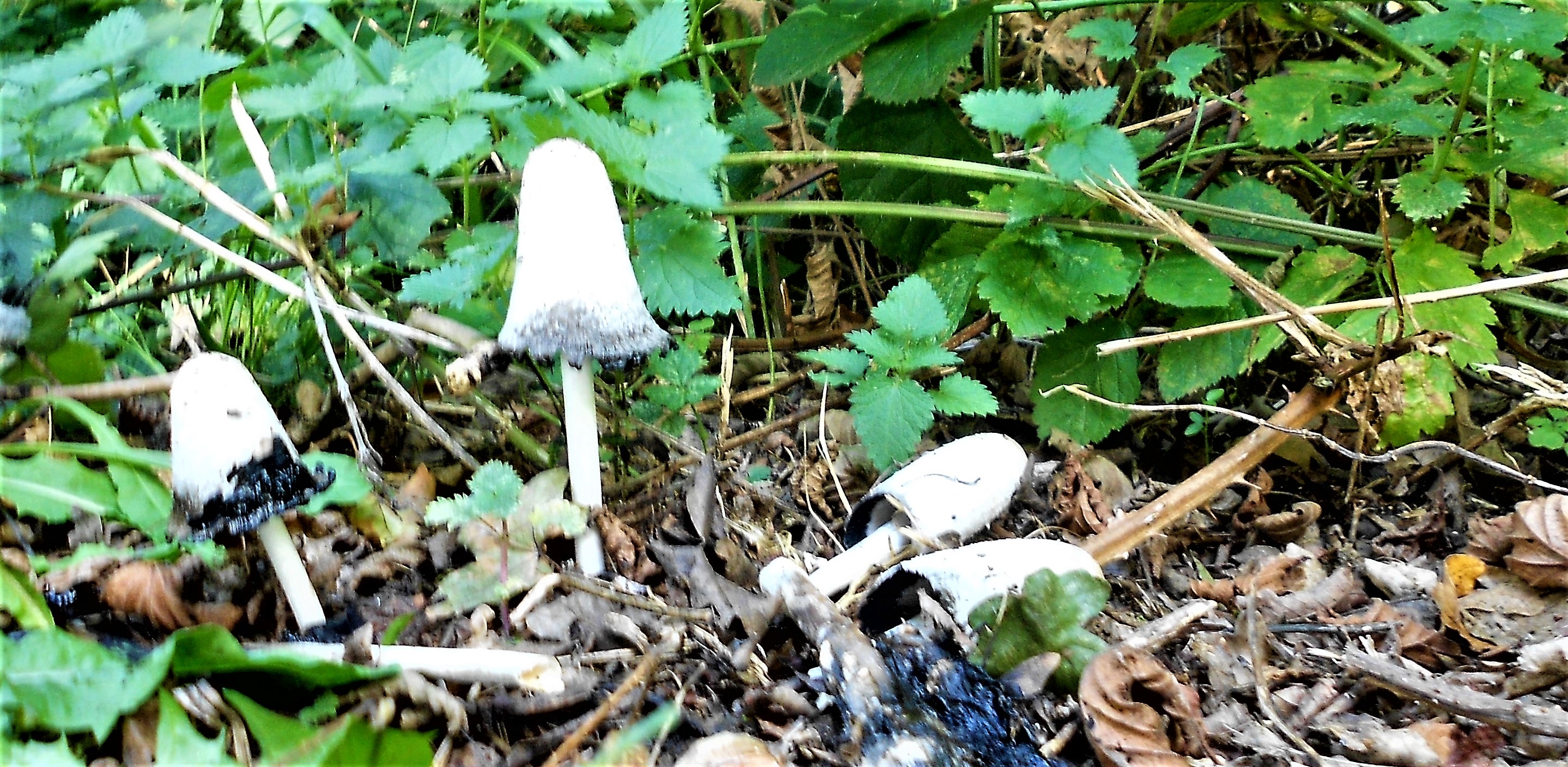
This is the start of the fungus season proper as was evidenced by at first troops of Shaggy Ink Caps along the sides of the path, either singly (one at least 9 inches tall) or in groups of five or six or in one place fourteen. Turkey tail bracket fungus on fallen logs and branches, a small clump of Conical Brittlestem and another of Stump Puffball and several other species, some nibbled, which we were unable to identify.
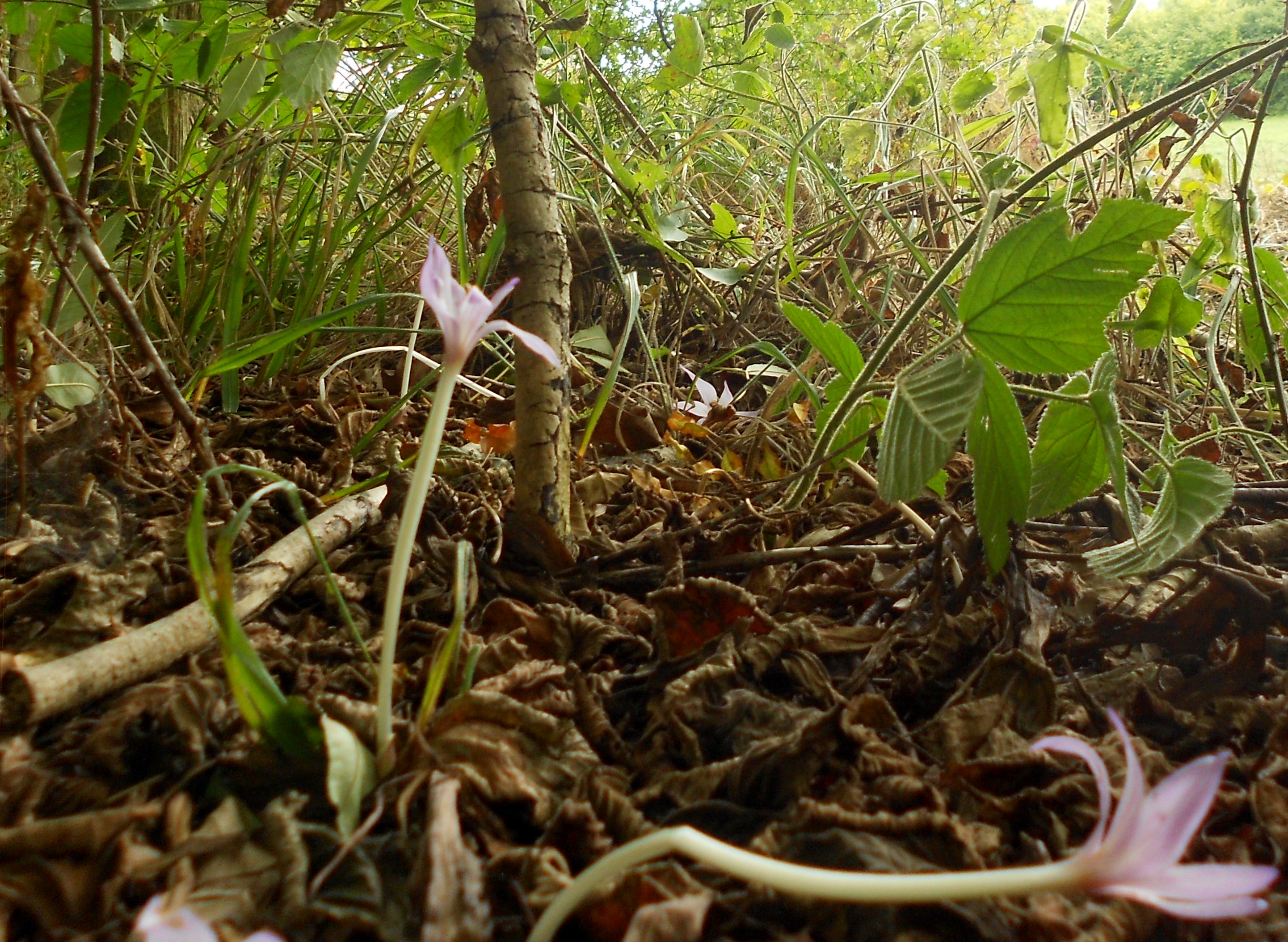
It was a couple of weeks earlier when we had our first sighting of the Meadow Saffron last year so it was more in hope than expectation that we returned to the same spot but to find no sign of them. We have to content ourselves with last year’s photograph and memories and hope for better luck next year.
As we began to walk home the sun came out at last and lit up the trees some of which have begun to change to autumn colour, many are still summer green, the Cherry leaves are particularly striking, as the same tree will show leaves from fiery orange to red to purple and some Oak and Ash, Birch and Hazel leaves are already touched with gold. To send us home with a song in our hearts was the sight of a small flock of Swallows swooping through the air – it’s autumn but summer isn’t quite forgotten!
COLLIERS WAY WILD NIGHT OUT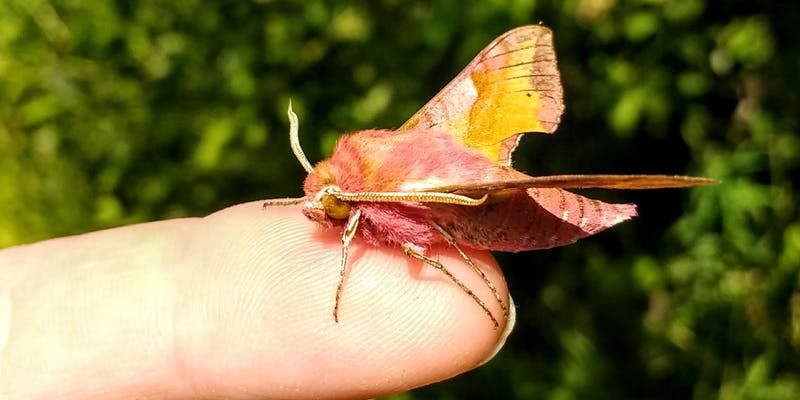
We’ll meet at 6pm at the orchard at the Great Elm end of the Colliers Way to set up equipment and get into position for sunset at 7pm. Our bat walk will finish around 8.30pm and you are welcome to leave then, or stay on for moth trapping till late. If you can’t stay out late, or are eager for more, come along Saturday morning from 9.30am to see some of the moths we caught, to check the mammal traps set up the previous evening, and to take a wander along the path to see what else we can find.
13th September 2019
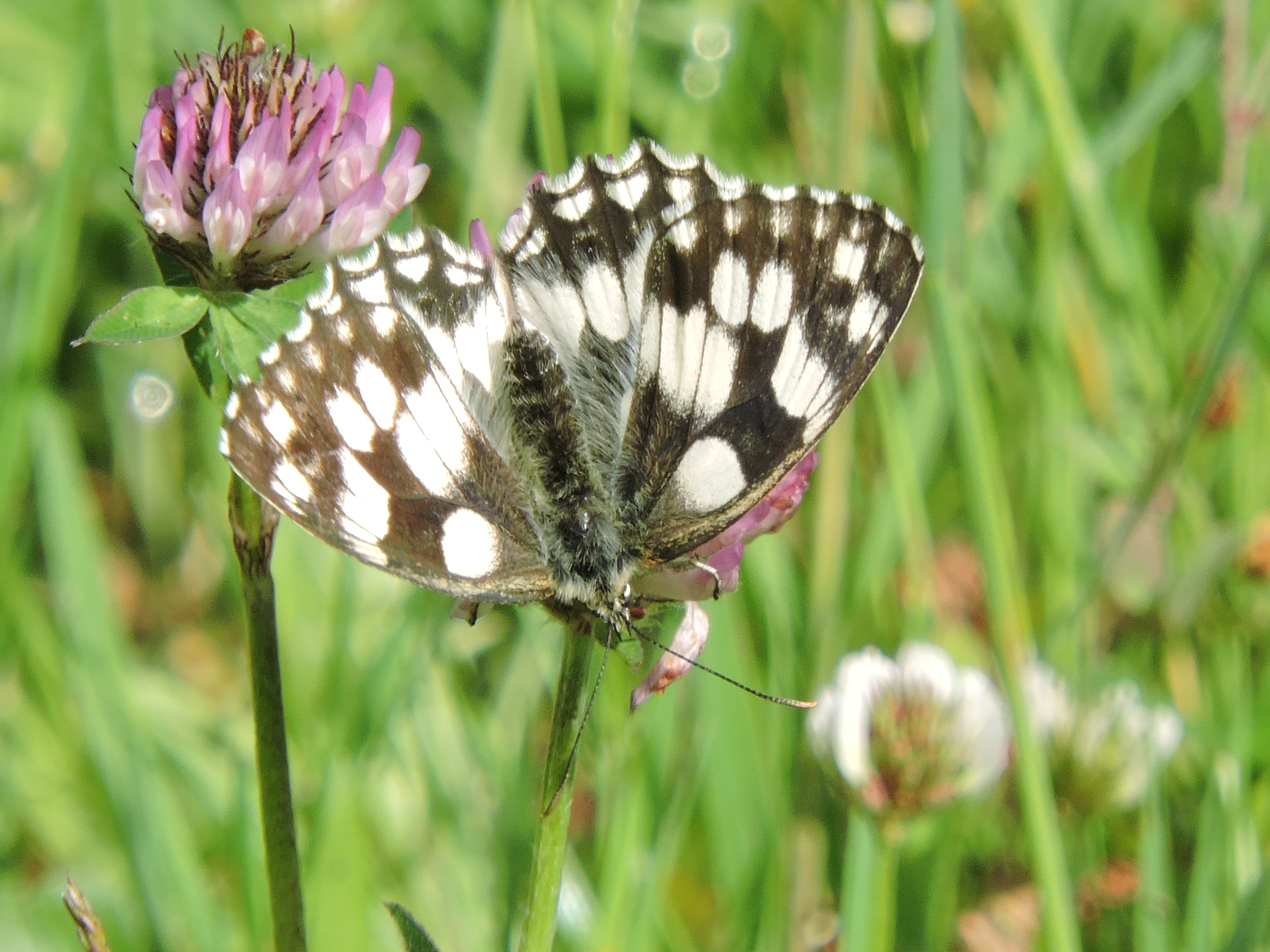 Marbled White – copyright John Hansford
Marbled White – copyright John Hansford
Good to get the results of the butterfly count which gives a country wide view of butterfly numbers and some indication of which species have increased/fallen/remained the same over this last year. Our concern has been two sites, Colliers Way and a two-mile stretch of the River Frome where we do the regular Otter survey, the first of which has shown a fall in overall numbers since last year [Marbled Whites up Common Blues up (nationally down) woodland species like Brimstones, Ringlets and Gatekeepers down (nationally up) and the river numbers have overall remained the same.
The most striking finding is the crash in sightings of the Comma butterfly along Colliers Way not matched by the river site or the country as a whole which saw an increase of 23%. The other butterfly which suffered a drastic fall has of course been the Silver Washed Fritillary which in previous years one of the glories of the cycle path and where no more than a handful were seen in the entire season. (The Silver Washed Fritillary is not listed in the Big Butterfly Count and has never been seen along the river)
As both of these butterflies are also predominantly woodland species, whose adults feed on bramble flowers, it is reasonable to suppose that the severe cutting back of trees and bramble early in the year reduced their habitat and so had an adverse affect on their numbers. Impossible to know at this stage whether either species will recover, but as there appears to be no plan to restore their habitat (and of course the time it takes for trees to grow) it seems unlikely. A sad loss.
4th September 2019 / Temp: 17.5 C / 2.30pm – 4.20pm
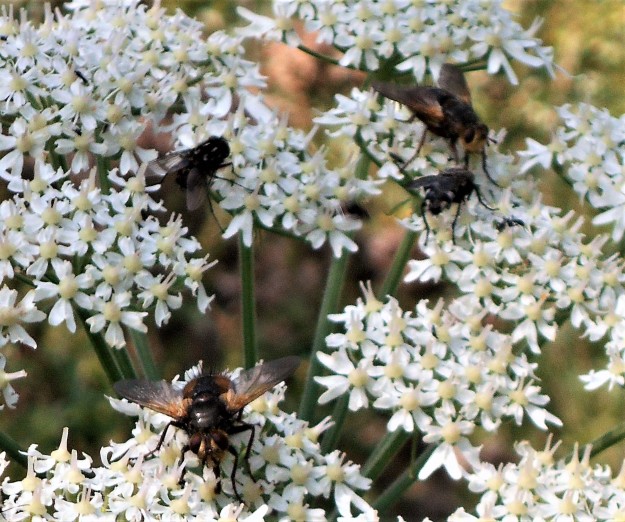
Cool, sunny intervals with a strong, gusty, south-westerly breeze, not the most ideal afternoon for a butterfly count, but we did manage to see a reasonable amount – again falling numbers and a disturbingly lack of Comma and Silver Washed Fritillary compared to previous years – but the final count of 2 Red Admiral, 5 Painted Lady, 2 Common Blue, 1 Small Tortoiseshell, 1 Speckled Wood, 2 Large White and 12 Small White was also a fraction of the number John Hansford sighted only about a week ago, so perhaps it was simply the weather which caused the small count.
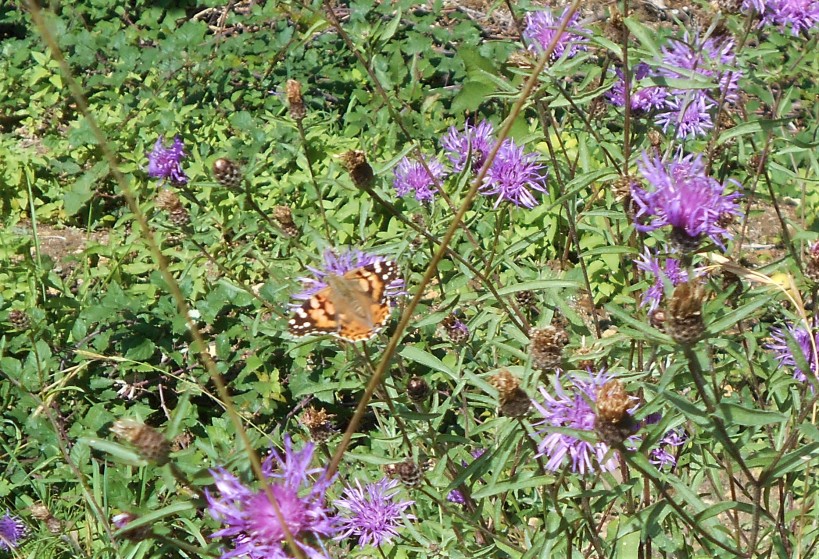
Apart from this small burst of butterflies, mainly feeding on the buddleia, there were a few fat bumble bees and worker bees, a single dragonfly and a few moths but the most abundant flying insects were all the flies – flesh flies, hover flies
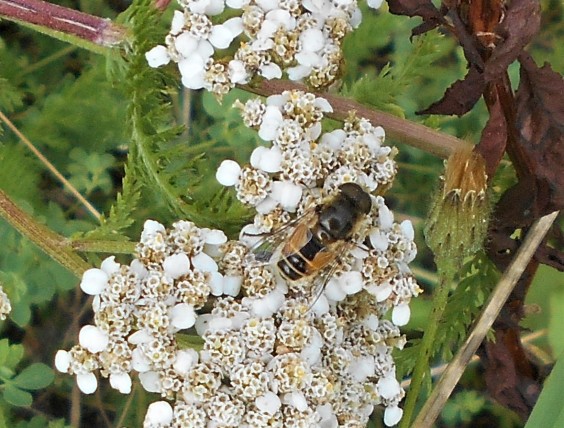 Drone fly – possibly Eristalis nemorum on Yarrow head
Drone fly – possibly Eristalis nemorum on Yarrow head
(including the beautiful Marmalade hover fly), drone flies, tachninid flies, Noon flies and all feeding on the flower heads of yarrow, wild carrot, hedge parsley and thistle
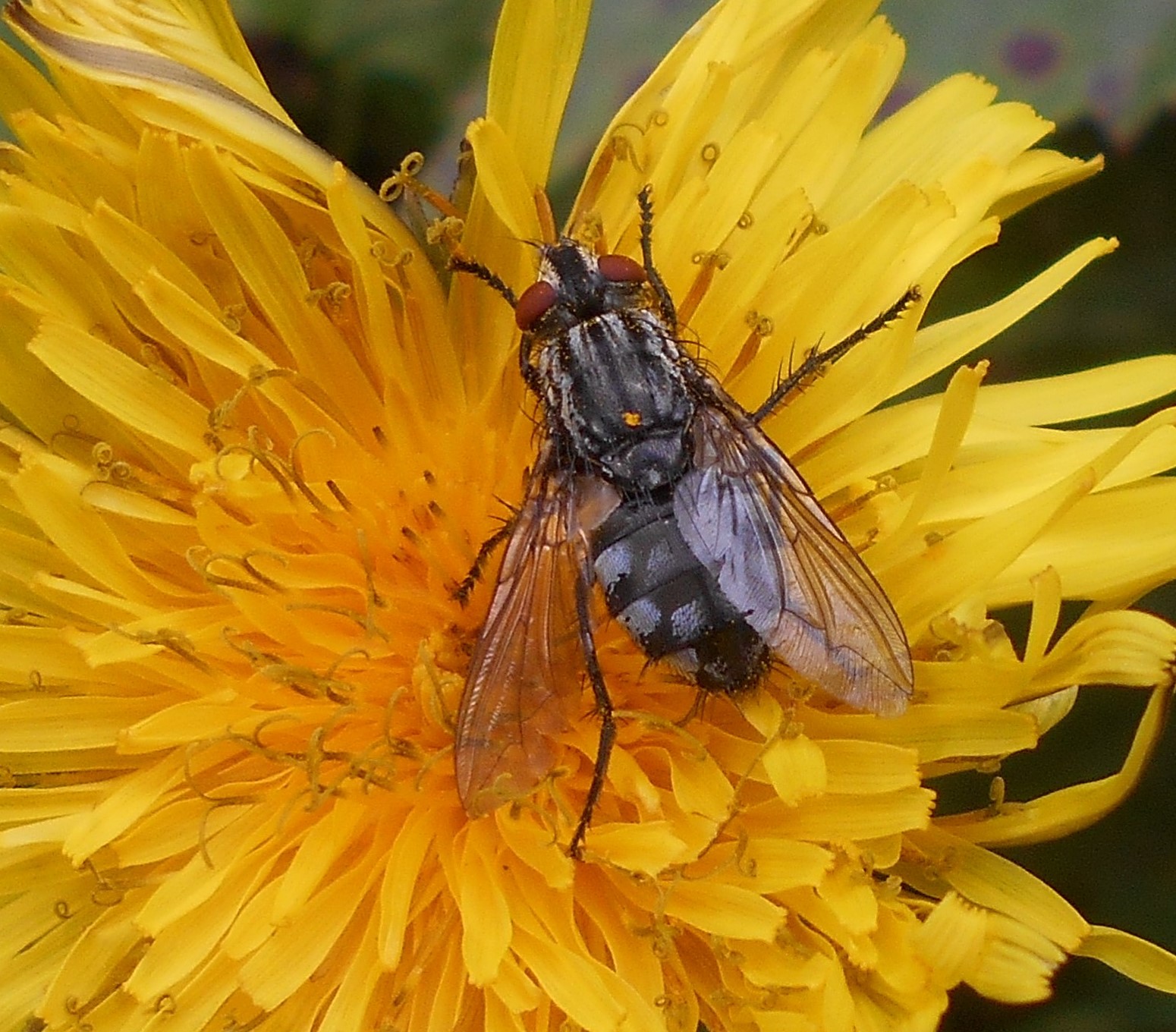 Flesh Fly
Flesh Fly
and a single ungainly Crane fly with its extraordinarily long, long legs, fluttering and tangling in amongst the grasses.
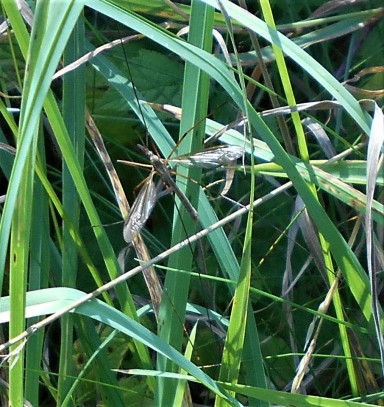 Crane fly – Tipula oleracea
Crane fly – Tipula oleracea
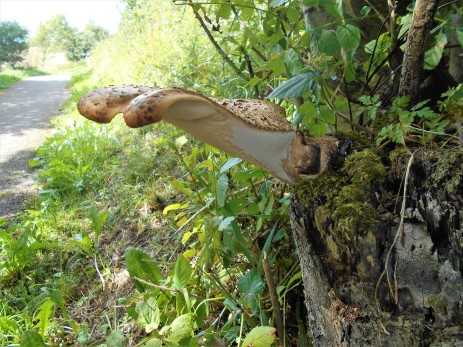
A beautiful Dryad’s saddle (or Pheasant’s Back) fungus – rather appropriately mimicking a leather cycle saddle, or a pull down / let down seat made of figured walnut or some other exotic wood on which to perch whilst admiring the view perhaps!
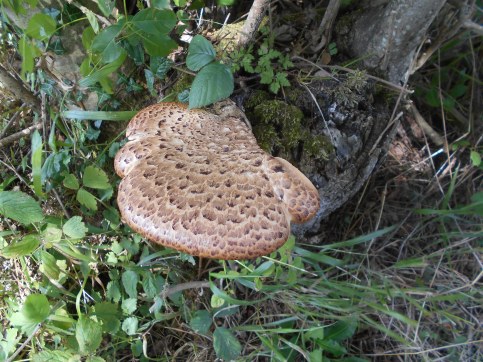
They are an edible fungus although we have never tried them. They always look so striking on the tree. Most people so we hear seem to cut them in strips, coat in flour then fry until golden or chop up and add them to soups or stews.
There appear to be plenty of Tachinid flies about – there are two large and one small pond in the fields adjoining the cycle path where these, and the dragonflies and mayflies, which we see quite surprisingly see on the path, are probably breeding.
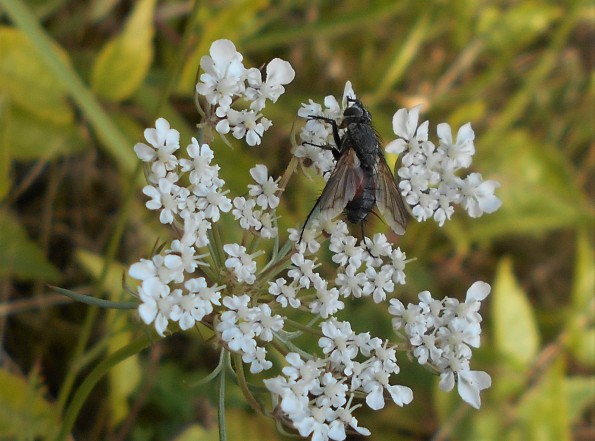
We always check the Yellow Meadow anthills, more out of habit than expectation, so imagine our astonishment when we caught sight of this beauty
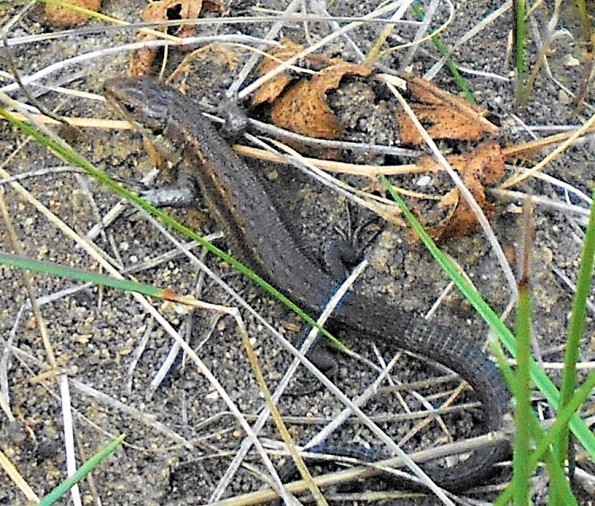 Adult Common Lizard on anthill
Adult Common Lizard on anthill
and when he skittered off at top speed we were even more astonished to see three small lizards, juveniles this time, unmoving, frozen still, extraordinarily well-camoflauged amongst the fine sandy soil and dried grasses. We have seen lizards in the spring and not infrequently in high summer, but never this late and if, as we understand it, the young are born in July, these cannot be very old.
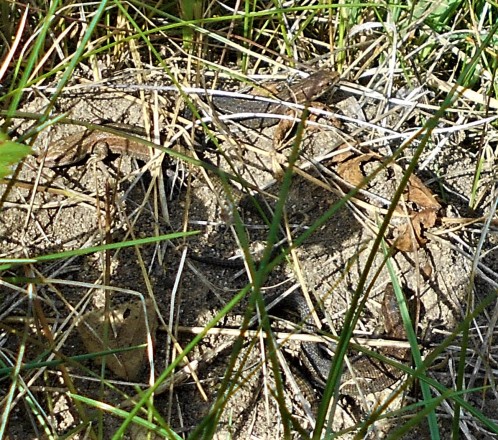 Three juvenile Common Lizards
Three juvenile Common Lizards
We reached Mells old station and began walking across what was probably the yard – a wide badly drained area of thin subsoil sprinkled with stunted willows, saplings, soft rush, reeds, sedge and tall meadow grasses which in winter is thick underfoot with squelchy moss but now, at the end of summer, is filled with many still flowering plants unique to this place, and where we spotted what we think were White Footed hoverflies on a hawkweed flowerhead.
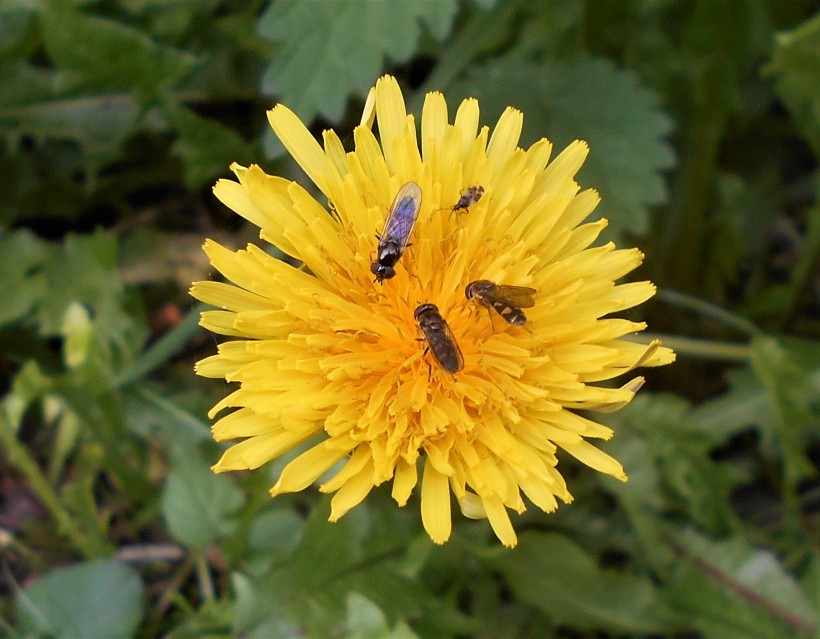
The list is like a celebration of summer grassland: the delicate tiny flowered vervain, mayweed, red bartsia, common toadflax, common birdsfoot trefoil, wild carrot, meadow cranesbill, red clover, hop trefoil, herb robert, fat hen, white clover, agrimony, woolly thistle (in seed) rat’s tail plantain, flowering prickly sow-thistle, forget-me-not, great willow herb, teasel, ragwort, rosebay willow herb (in seed) centaury, melilots. As you follow the path between the shrubs the tall strawlike grasses are filled with hidden crickets and grasshoppers, leaping in every direction, fat bumblebees buzzing away, tiny moths, skittering black spiders, snails, aphids, beetles, gnats and hoverflies – all the insects our local breeding Warblers and Spotted Flycatchers love to feast on.
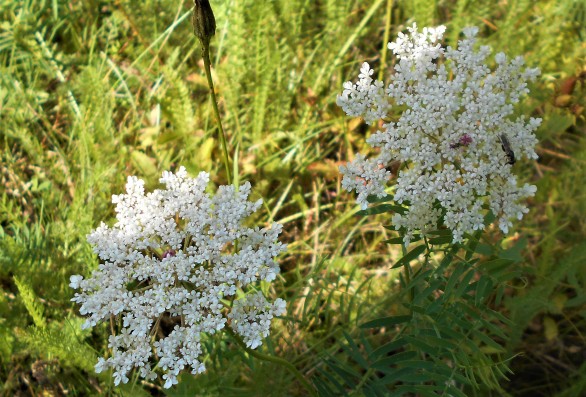
Along the boundary are the trees and shrubs laden with fruit, some already ripe and ready for harvesting, the long straggly branches of the blackberry brambles, heavy with black, red and green berries, rose briars flaunting scarlet hips and blood red Robin’s pincushion galls, skeins of old man’s beard and hops both in seed and flower, fat purple sloes, black bryony berries, green privet berries, pale hazel nuts, black elderberry and dogwood berries, scarlet hawthorn berries – an seemingly endless supply.
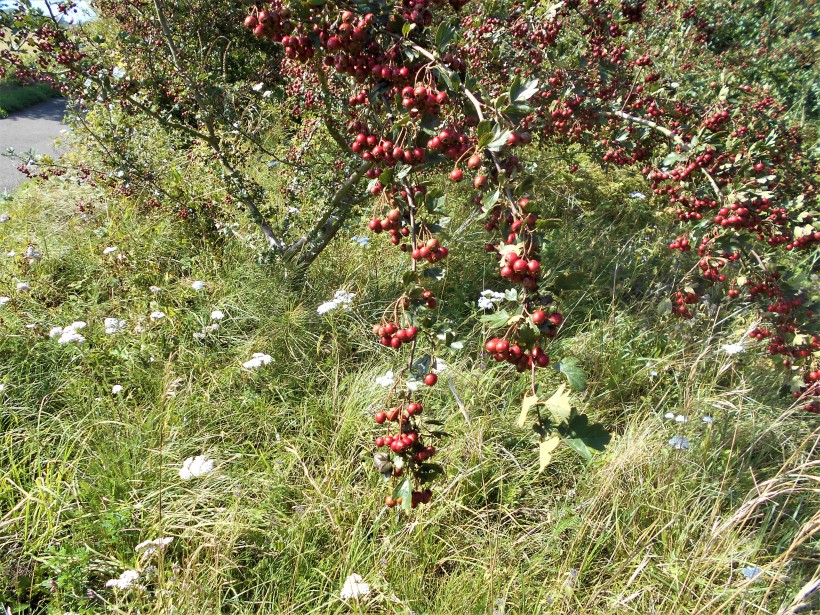
All the fruits and harvest of the summer ready to pick, boil, store for cold winter nights or Christmas feasts – thick treacly Sloe gin to fill the hip flasks, sloe and wild apple preserve for breakfast toast, hops to tuck inside your pillowslips to aid sleep, blackberry and apple crumbles to keep out the cold, elderberry or blackberry liqueur for after supper tipple, rosehip syrups for pancakes, and hawthorn jelly for cheese. But not from here – this is a designated Wildlife Site! All these seeds and fruits and berries are a treasure chest for the exclusive use of the local wildlife (I never look at blackberries without remembering how foxes eat loads – evidenced by their scat) to sustain them through the dark days of winter – we can always forage elsewhere.
30th August 2019
Latest sightings around the Conduit Bridge Area
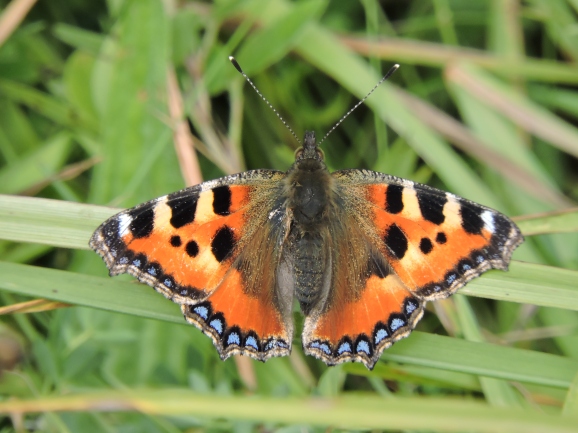 Small Tortoiseshell – c. John Hansford
Small Tortoiseshell – c. John Hansford
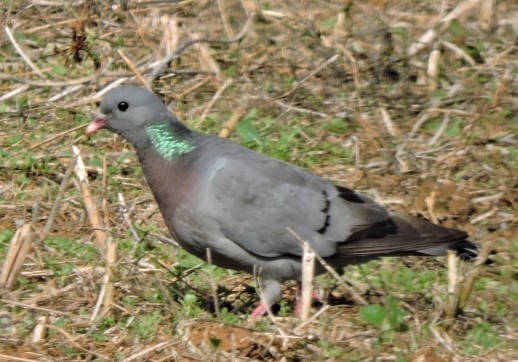 Amber Listed Stock Dove c. John Hansford
Amber Listed Stock Dove c. John Hansford
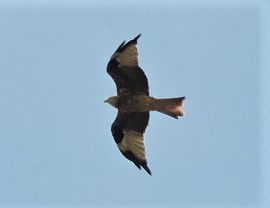 Red Kite – c. John Hansford
Red Kite – c. John Hansford
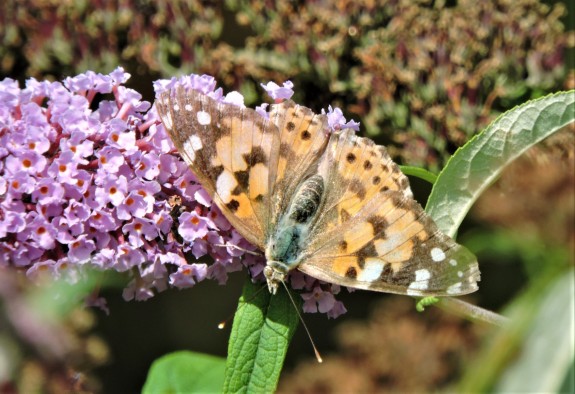 Painted Lady – c. John Hansford
Painted Lady – c. John Hansford
27th August 2019
 Juvenile Spotted Flycatcher – copyright John Hansford
Juvenile Spotted Flycatcher – copyright John Hansford
Brilliant news this morning from John Hansford – he saw 3 pairs of Spotted Flycatchers along the cycle path yesterday – inluding this juvenile.
His sightings also included an astonishing 60+ Common Blue butterflies as well as 1 Silver Washed Fritillary, 1 Brown Argus, 20+ Painted Lady, 1 Meadow Brown, 1 Comma, 1 Holly Blue 5+ Speckled Wood, 8+ Red Admiral and 1 Gatekeeper. Quite a haul!
It is worth remembering that the Red-Listed Spotted Flycatcher have seen a population decline of 89% between 1967 and 2010 and numbers dropped across mainland England and Wales, south of a line between Windermere and the North York Moors, from 31% to 9% in the last twenty years.
These areas of undisturbed mixed woodland, scrub, saplings, bramble thickets and open ground thick with birds eye trefoil, centaury, ragwort, St John’s wort, wild carrot and hedge parsley, all great insect attracting plants, is such a precious habitat for warblers and other insect eating birds which are in drastic decline throughout Europe due to the crash in insect numbers.
26th August 2019
Prince of mushrooms? Something more sinister? Or could it just have been, as has been suggested, a common earthball, the most common species of earthball in the UK, occurring widely in woods and which has no stem but is attached to the soil by mycelial cords? Hmmm…. ah well, back to the drawing board!
15th August 2019 / Temp: 18 C / 3pm – 4.30pm
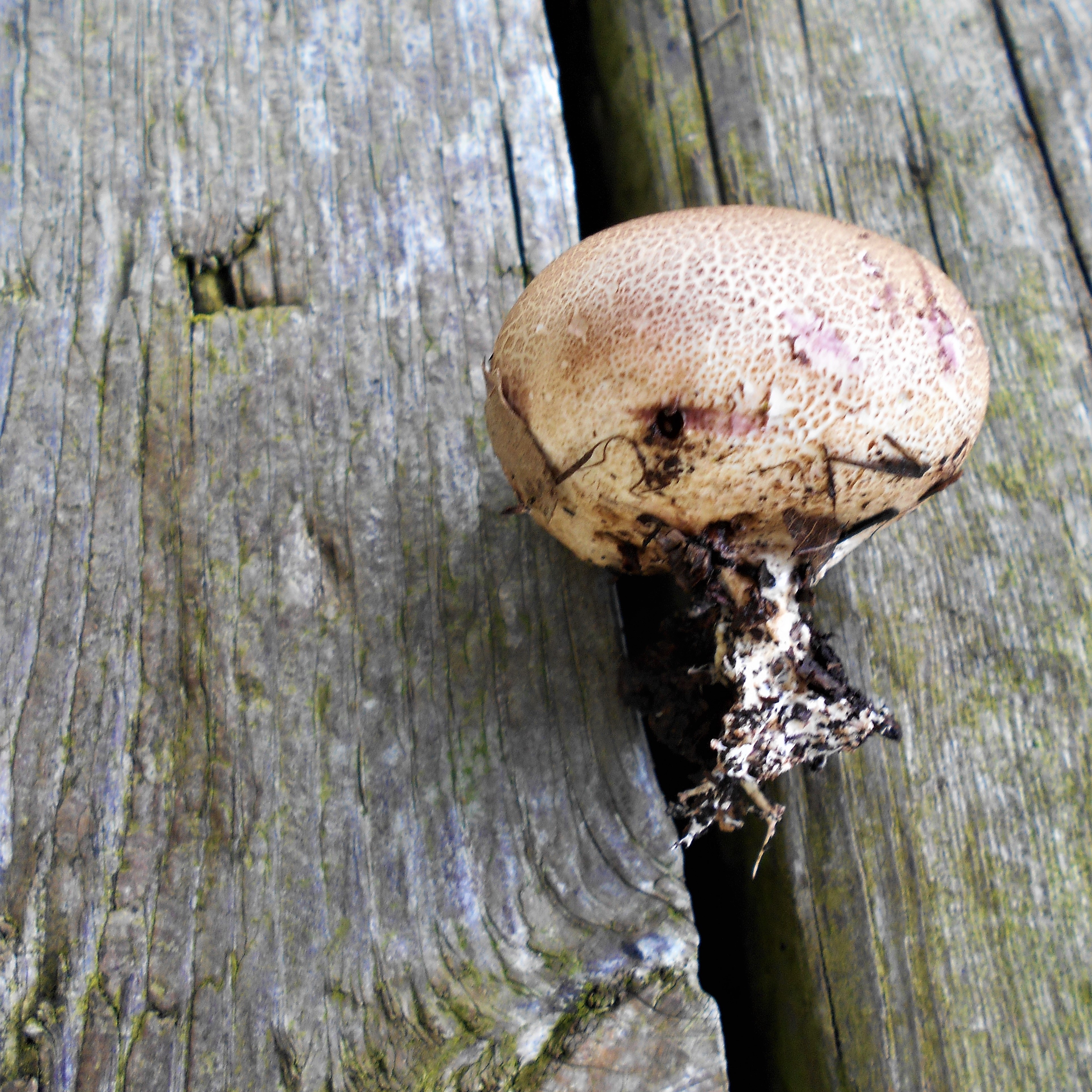
Is this the Prince of Mushrooms?
Well, is it Agaricus augustus, “one of the very finest of edible fungi (indeed, truly deserving of the title Prince of Mushrooms!)” nestling between the wooden sleepers of the disused railway line or is is it something more sinister? Would you trust your ability to identify a wild mushroom before cooking up a tasty risotto? Neither would we – at least not using our own powers of identification so we must wait for our fungi guru to return from holiday before we attempt any serious foraging; nevertheless it is a pretty handsome beast.
We were off on a Chalkhill Blue hunt and were as unsuccessful as we had been on our Otter hunt along the River Frome earlier in the week. Climbing up onto the embankment where we have been assured there is kidney vetch growing (although we have never seen it) where we have definitely seen yellow meadow anthills and were sure we would see Chalkhill Blue butterflies, our hopes were high. We had seen couple of males mud-puddling close by some weeks ago, so these sheltered, south-facing and sun-warmed, grassy calcareous slopes, liberally scattered with birds foot trefoil, seemed a safe bet.
There were Painted Ladies (7) Small Tortoiseshells (5) Red Admirals (2) Common Blues (8) Small Whites (4) Gatekeepers (4) Meadow Browns (2) and 1 solitary Speckled Wood but…. sadly no Chalkhill Blues. However it was difficult to feel despondent for long as we sat on the hot grass, watching the butterflies fluttering and dancing around the buddleia and noting with satisfaction that although we were basking in warm sunshine on our “mini downs”, the tops of the trees opposite were being thrashed about by the strong and chill north-westerly winds. And then, to our astonishment, we spotted first one then several more tiny dusky blue-blush Small Blue butterflies, the first sightings of this diminutive butterfly for at least a couple of years. Any earlier disappointment at the non-show of Chalkhill Blues was instantly forgotten.
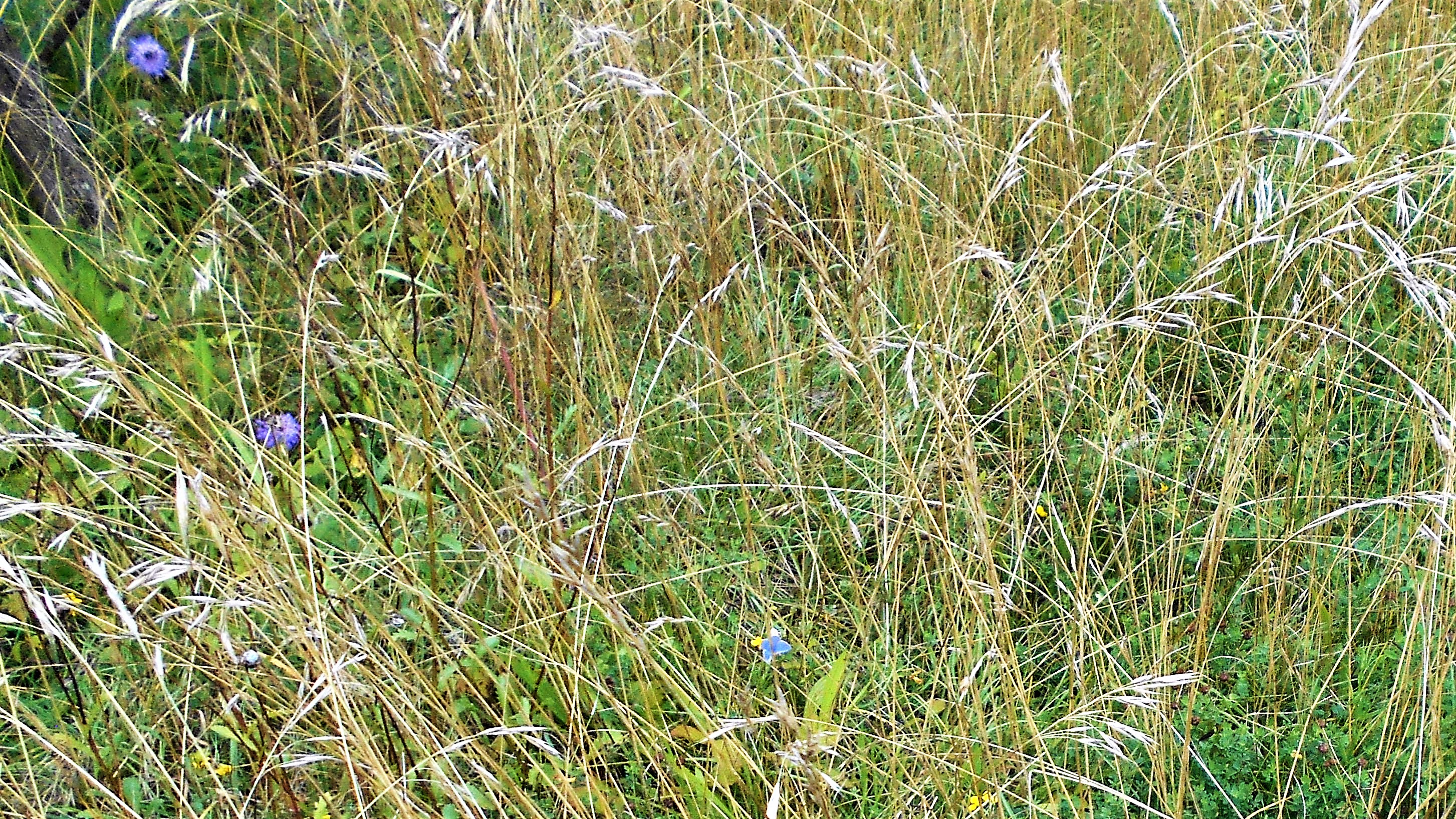
The Gatekeepers stayed among the flowering plants in front of the trees and hedges but all the other butterflies were busy investigating the flowers among the tall sraw-coloured grasses, white flowered wild carrot and upright hedge parsley, purple-blue field scabious, purple tufted vetch and the lovely yellow common toadflax. There were large areas of rabbit-nibbled grass, scattered with bright pink centaury, egg-yolk yellow birds foot trefoil, faded pink red clover, pale yellow balls of hop trefoil and the profusely flowering four large purple buddleia bushes at the foot of the slope. When the sun went in the Painted Ladies, Red Admirals and Small Tortoiseshells rested on the grass or one of the small boulders, wings outstretched creating vibrant small Turkish rugs against grass and stone, remaining there until the sun came out again when, solar powered wings recharged, they returned to foraging for nectar.
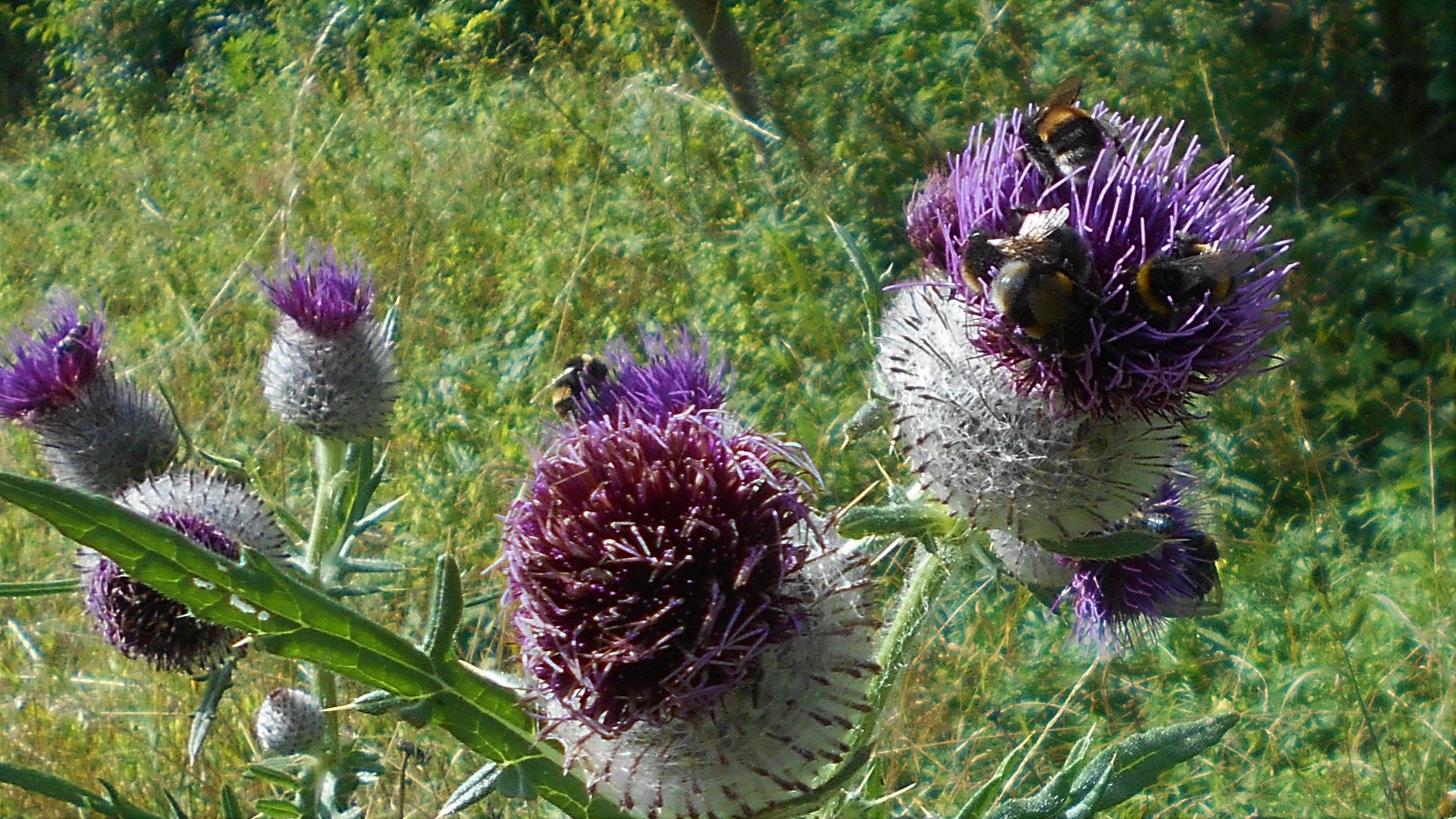
There are a good number of tall, rather magnificent woolly thistles along the top of the embankment which make a striking sight with their vivid purple flower head and pincushion buds. When the conservationist N W Moore talked about keeping common species common he could easily have been thinking of woolly thistles and field scabious as pretty well all of their flower heads were a mass of insects. Lots of bumble bees of course on the thistle heads with hoverflies, iridescent greenbottles which had turned bronze with age, fleshflies (surprisingly) and tiny black beetles, all squashed together on one flower, seemingly totally indifferent to its neighbour. Most of these insects are pollinators, the falling numbers of which are causing great concern Europe-wide with even the nature reserves in Germany having suffered a crash in numbers, all of which reinforces the importance of wild areas like the cycle paths which like blood vessels criss-cross the whole country, often providing the last spray free refuge for so many insects.
Both of these species are a favourite with butterflies – Silver Washed Fritillaries love thistles and field scabious are always a magnet for Small Tortoiseshell, Gatekeeper and Burnet moths, although this pair below look to be packed with pollen beetles, feasting on the pollen before wintering underground.
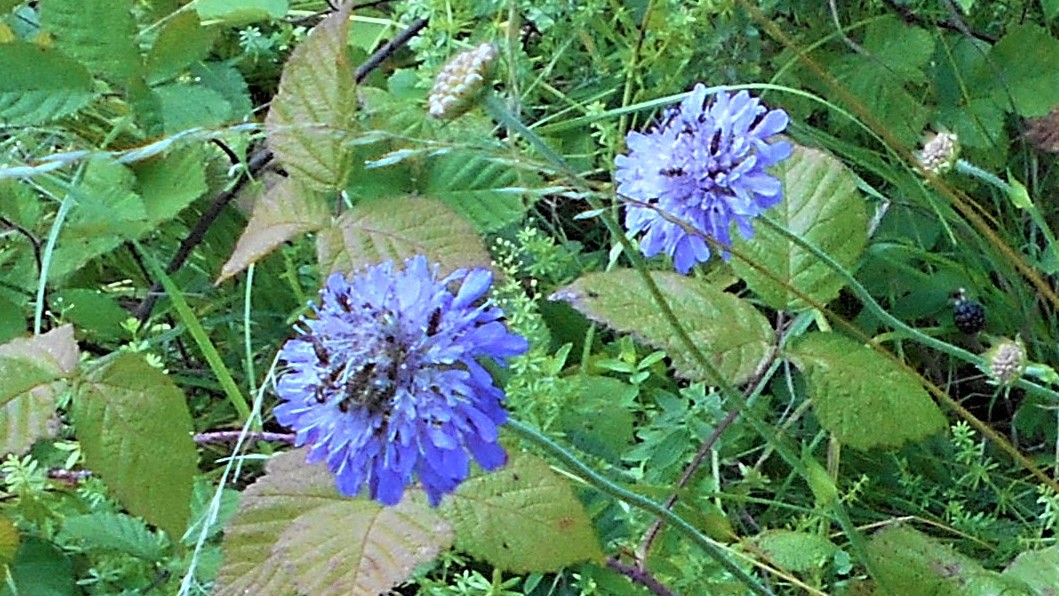
Hedge bedstraw, wild basil, buttercup, small flowered willowherb, rat-tail plantain, great willowherb, white deadnettle, common valerian, wild angelica, field bindweed, St John’s wort, ragwort and prickly sowthistle were all in flower at the top of the embankment.
Blackbird, Robin, Magpie, Pheasant, Wood Pigeon, Lesser Black-backed Gulls were the only birds we saw or heard apart from lots of tits dashing around, far too fast for us to identify. No sign of rabbits apart from a liberal scattering of droppings which we understand are sweet smelling which is just as well as they are impossible to avoid when sitting on the grass, they were everywhere, from which we assumed the rabbits are pretty safe and well!
14th August 2019
A wonderful selection of butterfly photographs from John Hansford after a quick 20 minute visit to the area close to Conduit bridge yesterday, either side of Midday. They are all beautiful but the photograph of the underwings of a Red Admiral butterfly is something neither of us have noticed before so it is an extra pleasure to share it with our readers.
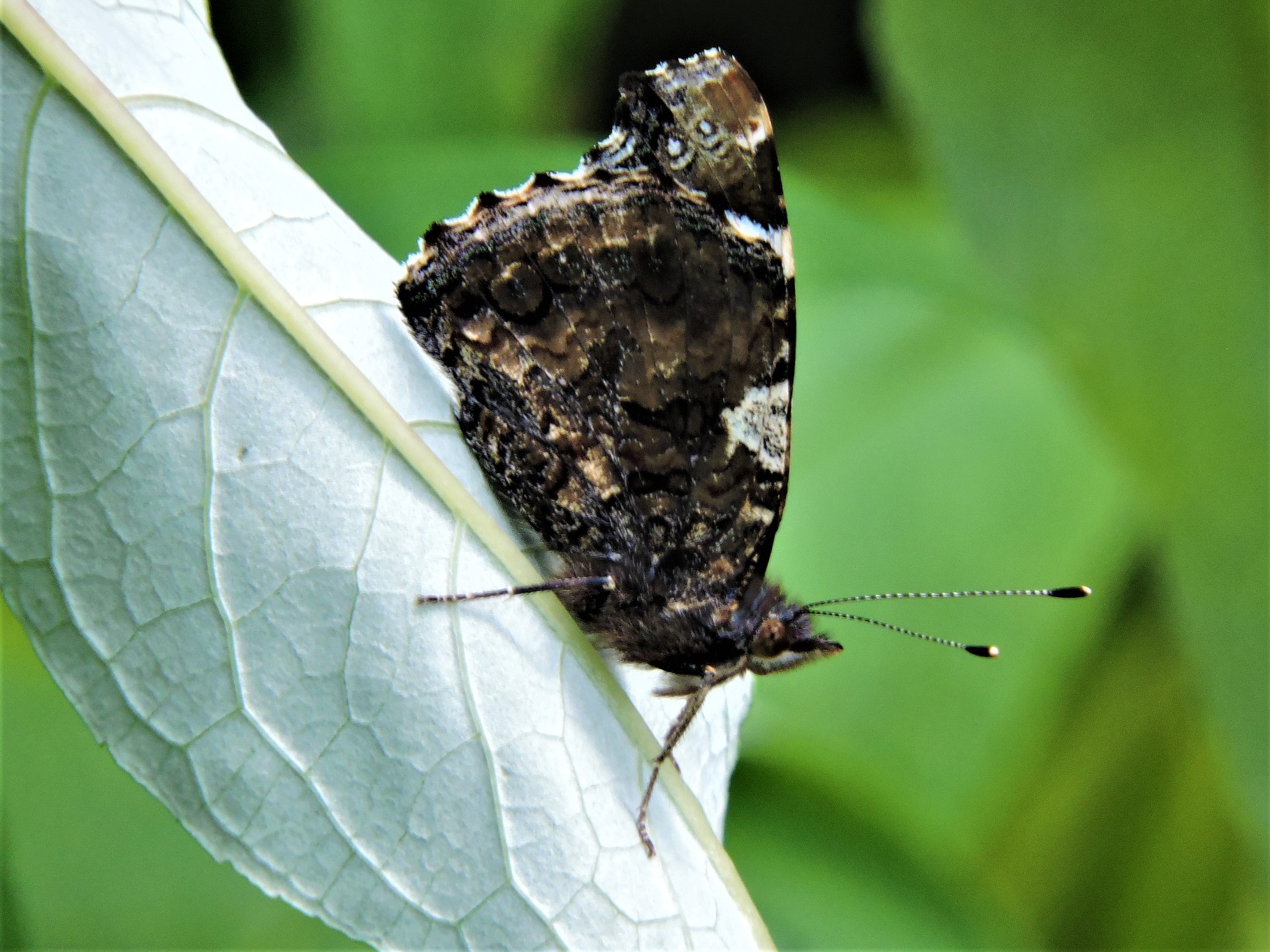 Red Admiral underwing
Red Admiral underwing
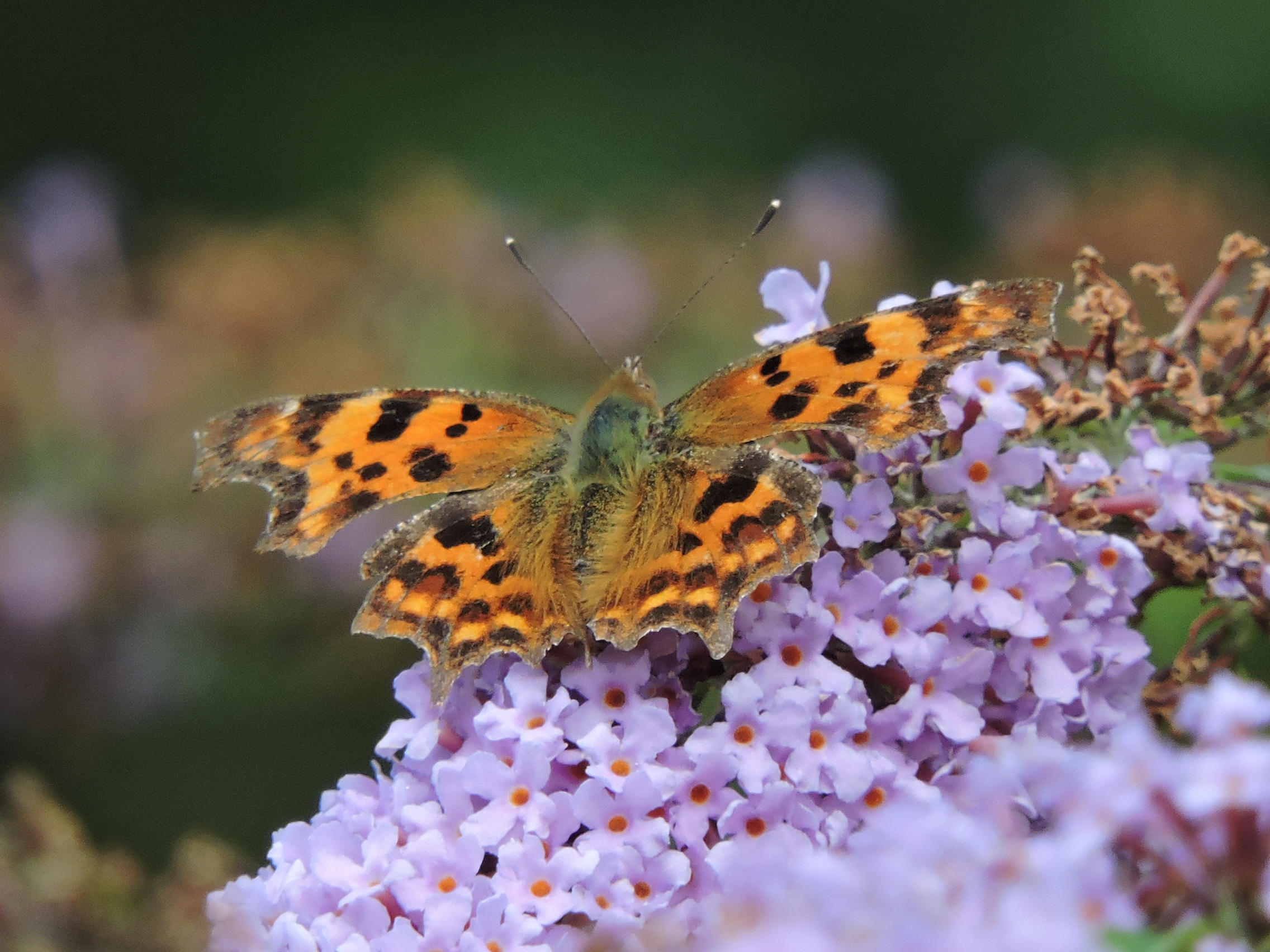 Comma
Comma
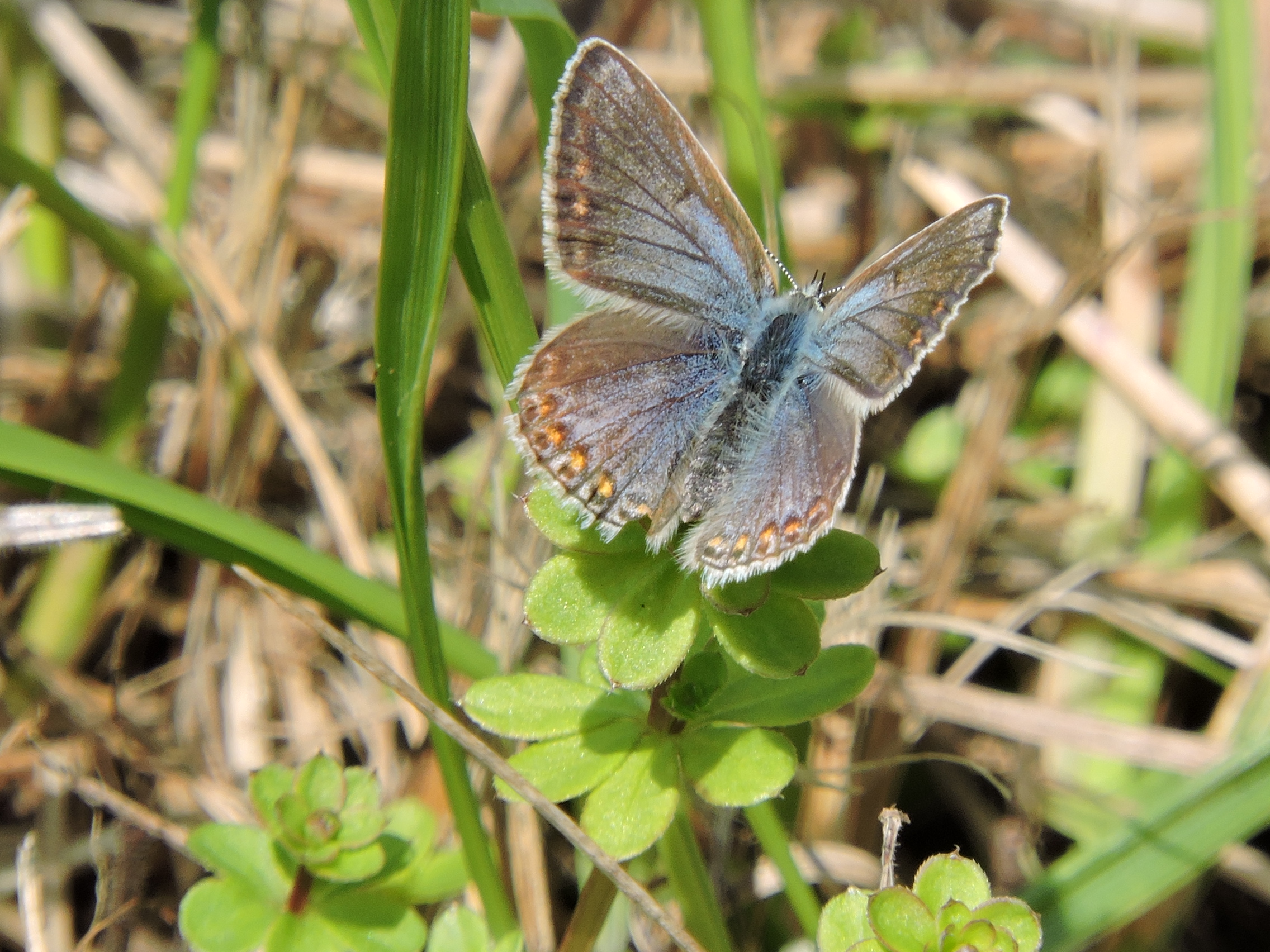 Common Blue
Common Blue
 Painted Lady
Painted Lady
8th August 2019 / Temp: 19.5 C / 11.5am – 12.50pm
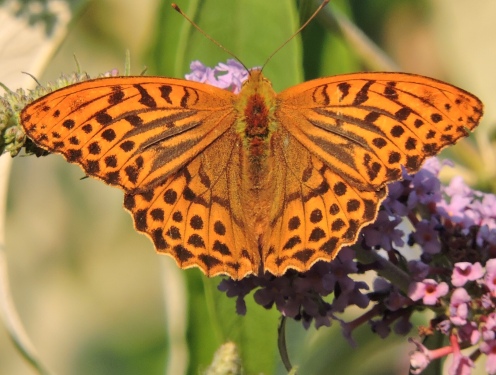 Silver-Washed Fritillary c. John Hansford
Silver-Washed Fritillary c. John Hansford
Warm sun and golden corn stubble fields greeted us as we arrived at Colliers Way. We were so concerned on our last visit at the dearth of Silver Washed Fritillaries and Commas that we decided to concentrate on butterfly counting so we were delighted to immediately see our first Comma, sitting on a bramble leaf soaking up the sun. Over the next hour or so we saw 2 more Comma, 6 Fritillary, 21 Small White, 2 Large White, 9 Meadow Brown, 2 Small Tortoiseshell, 2 Red Admiral, 5 Gatekeeper, 3 Speckled Wood, 5 Small Heath, 9 Common Blue and 2 Marbled White butterflies. These aren’t huge quantities and this year’s butterfly numbers have fallen considerably compared to last year, however, at least there are a few Silver Washed Fritillaries and Commas so there is every reason to be hopeful.
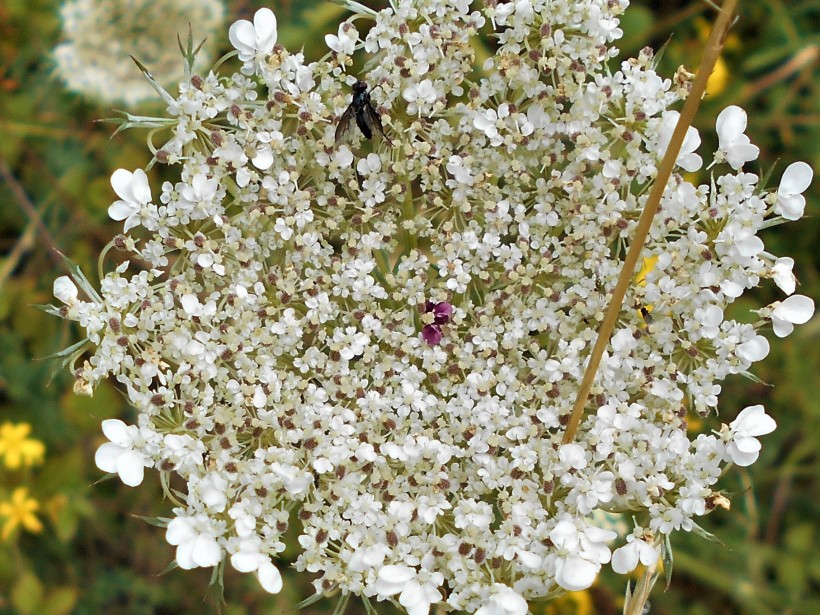
Wild carrot plants are abundant at the moment, alongside the path and all over the meadow areas, and we can’t resist the lure of hunting for the single red/pink/purple flower which is often found in the centure of the flower head. Equally often it’s not there, sometimes on neighbouring plants one will have a purple flower and one will not. It is belived that the single red flower acts as a beacon to prospective pollinators, but there appears to be no explanation of why if that is the case, why they don’t appear in every flower head. In America the wild carrot is called “Queen Anne’s Lace”, the white flower suggesting lace, and the single red flower the drop of blood when Queen Anne pricked herself with a needle while making the lace.
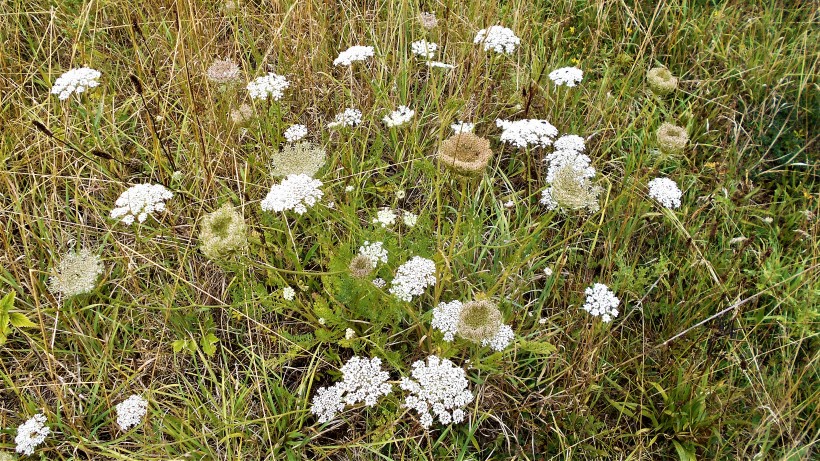
It is always quite magical to walk across a flat meadow thick with waving, sun-bleached grasses and scattered with white umbelifers, hedge parsley, wild carrot nests, egg yolk yellow birds foot trefoil, purple thistles, yellow starlike St John’s Wort which inevitably wakes every snoozing meadow grasshopper to leap and jump in all directions at every footfall; ever better when micro moths and butterflies, mostly small heaths and meadow browns, join in the fun by fluttering up into our faces. It is the experience of high summer we most long for and which is one of its greatest delights.
If we were walking blindfolded or in the dark we would still know we were approaching the stretch of the path which is heavily shaded by the trees and thick undergrowth by the smell of apples. Long before we reach the crab apple tree the tang of windfalls on the damp ground drifts on the air and is concentrated by the tunnel of trees, sending a heady hint of autumn.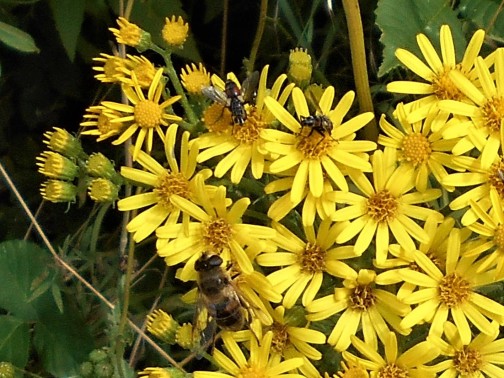
There were a good number of bees, particularly on the ragwort and the common valerian, mostly fat and furry bumble-bees – buff-tailed, red-tailed, and a sprinkling of worker bees. The most frequent insects, however, were the flies, both hover and the common soldier and other flies covering most of the flower heads, those busy pollinators who are not in the least deterred by grey skies.
The birds have finished breeding and are completing their moult making them more vulnerable, so they are concealing themselves in the trees making bird-song pretty much absent and the path almost silent. However, we did hear Buzzard young calling for food to the adults circling overhead, a Magpie’s warning cry and a passing Raven’s croak as well as the squawking noise from a flock of Lesser Black-Backed and Herring Gulls in a nearby field. We saw Blue Tits, Bullfinches, Goldfinches, Common Whitethroats, a Coal Tit, a single Swallow and a Kestrel as well as the ubiquitous Wood Pigeons, Blackbirds, Crows and Pheasants.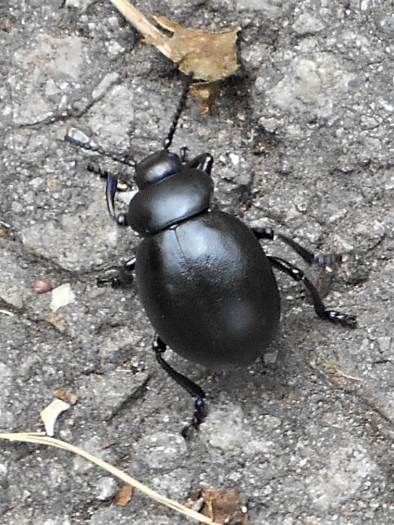
We were watching a bloody-nosed beetle on a mission, lumbering slowly across the path when, quite by chance, we saw Andrew who stopped for a long, enjoyable chat and catch-up on his latest sightings, the most thrilling of which was a Merlin in early July. He thought it was likely that one of the Merlins at Chew Magna lake, not a great distance away, may have been blown off course by the weather conditions at the time. He had seen a pair of Tawny Owls last week, and seen or heard at least five Green Woodpeckers this year, a great improvement on last year when we were all worried by their scarcity. He was however most excited by seeing the Linnets returning to Kilmington – he had mourned their loss over the past several years and hoped they would soon move down the path to the Mells Down end.
So many cyclists of every age, type and condition passed us as we stood chatting and when we were walking along, parents with children enjoying the freedom of school holidays, groups of teenagers, groups in their mid-20s, several separate groups of elderly men together and also groups of older women, possibly clubs, as well as lycra-clad racers – a busy path but only one other walker, one man and his dog.
25th July 2019 / Temp: 25.5-30.5 C / 9.45am-12.10pm
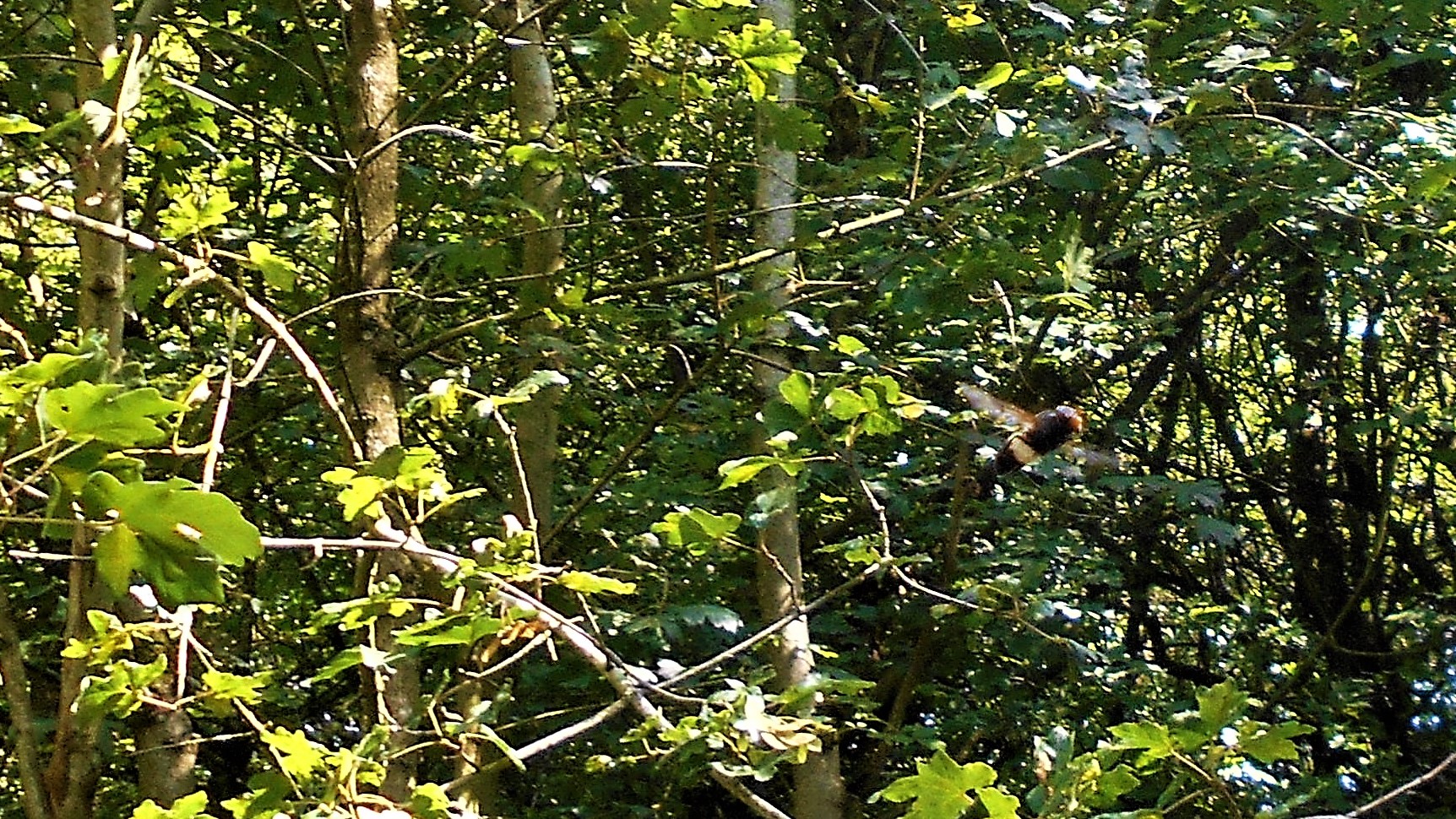 Pellucid Hoverfly fanning himself to keep cool under the trees!
Pellucid Hoverfly fanning himself to keep cool under the trees!
Very, very hot! We chose the woodland path so we could check the butterflies but also because the south-east breeze cuts across the tree shaded path – a blessed relief from the blistering heat of the sun baked town. We were not entirely lucky – whole stretches of the cycle path were fully exposed to the blazing sunlight and some were protected from the cooling breeze which together made walking hard work. We weren’t surprised to notice that despite the sheet lightning storm and torrential rain of two nights ago, the stream was bone dry. We noticed very few bees again during the whole walk – no beetles but there were a number of hoverflies both in the air and joining the numerous flies on the flower heads.
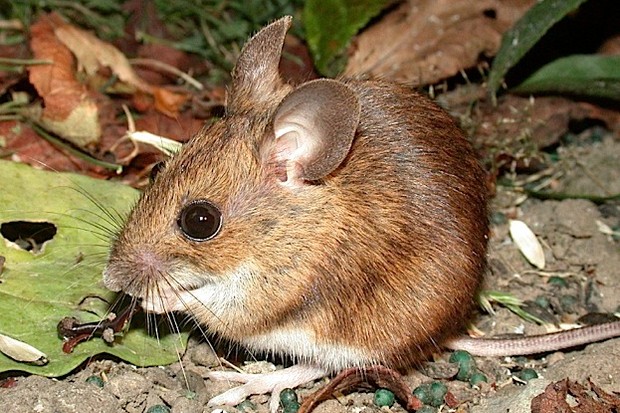 Woodmouse – copyright Stuart Blackman
Woodmouse – copyright Stuart Blackman
We were surprised to see so many nut clusters littering the ground beneath the Hazel trees. It seems quite the wrong time of the year for the trees to be raided but of course unlike us, squirrels and mice eat green nuts. Examining the holes where the shells have been opened, there appeared to be signs of different species having eaten the nuts – squirrels evidently break the nuts neatly in half with their strong teeth to get to the kernel whereas woodmice attack the nut from the side and leave clear teeth marks on the inside of the nut. Both signs appear on the shells in the cluster below.
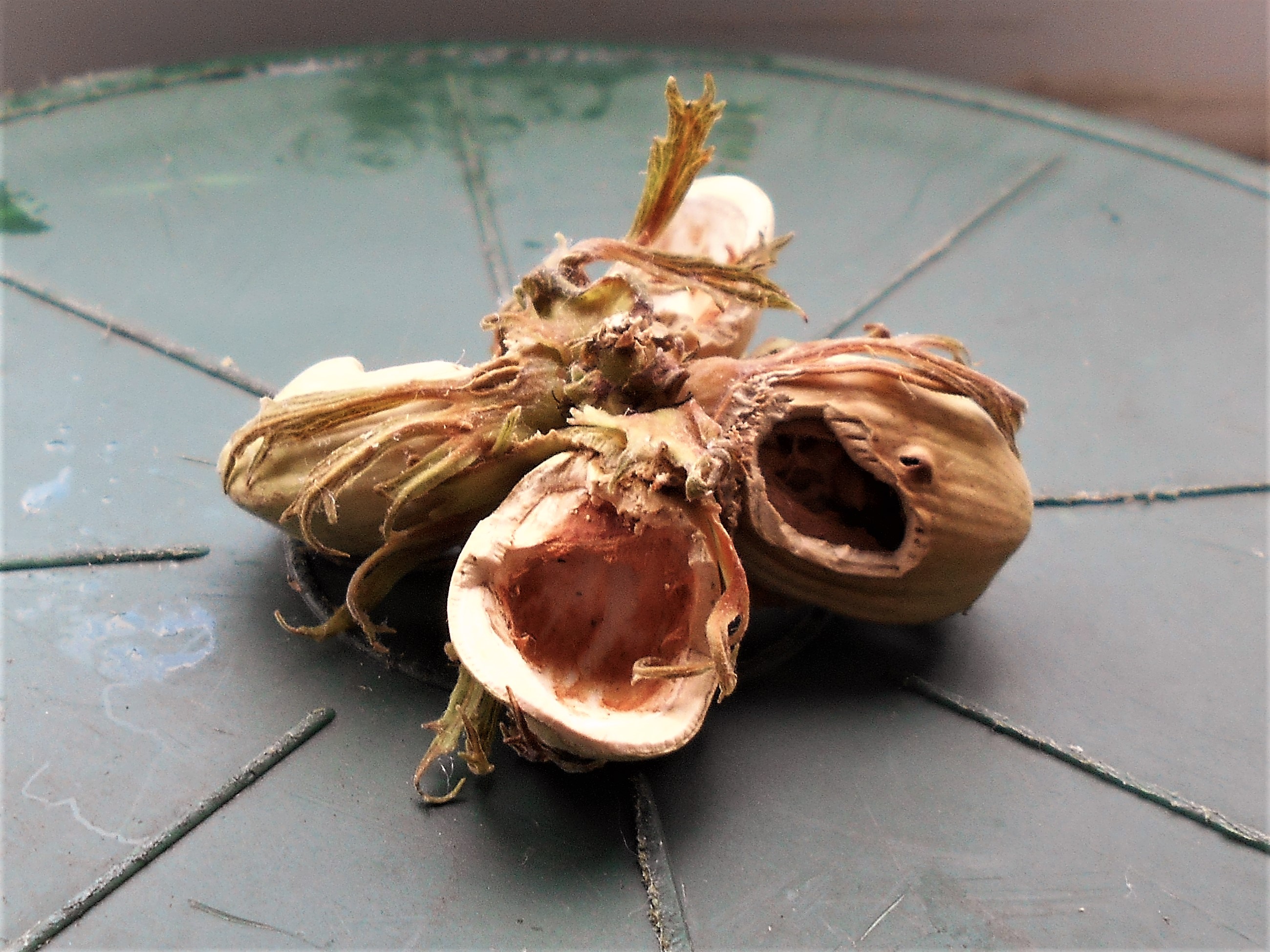 Woodmouse tooth marks on the right-hand hazelnut
Woodmouse tooth marks on the right-hand hazelnut
Dormice however evidently make a neat round hole, also showing toothmarks, but so distinctive is the shape of the hole, it defines dormice in an area. No signs amongst the hazelnut shells we found, but given the rareity of dormice, not unexpected.
We had some success with our butterfly count: 4 Comma is a pretty dismal number compared to the abundance of previous years but at least there were a few but of Silver-Washed Fritillaries there was no sign, not even one to be seen, much to our dismay. We will be interested to see the results of the Big Butterfly count to see if numbers have crashed throughout the country or if it is only here, but these results are worrying.
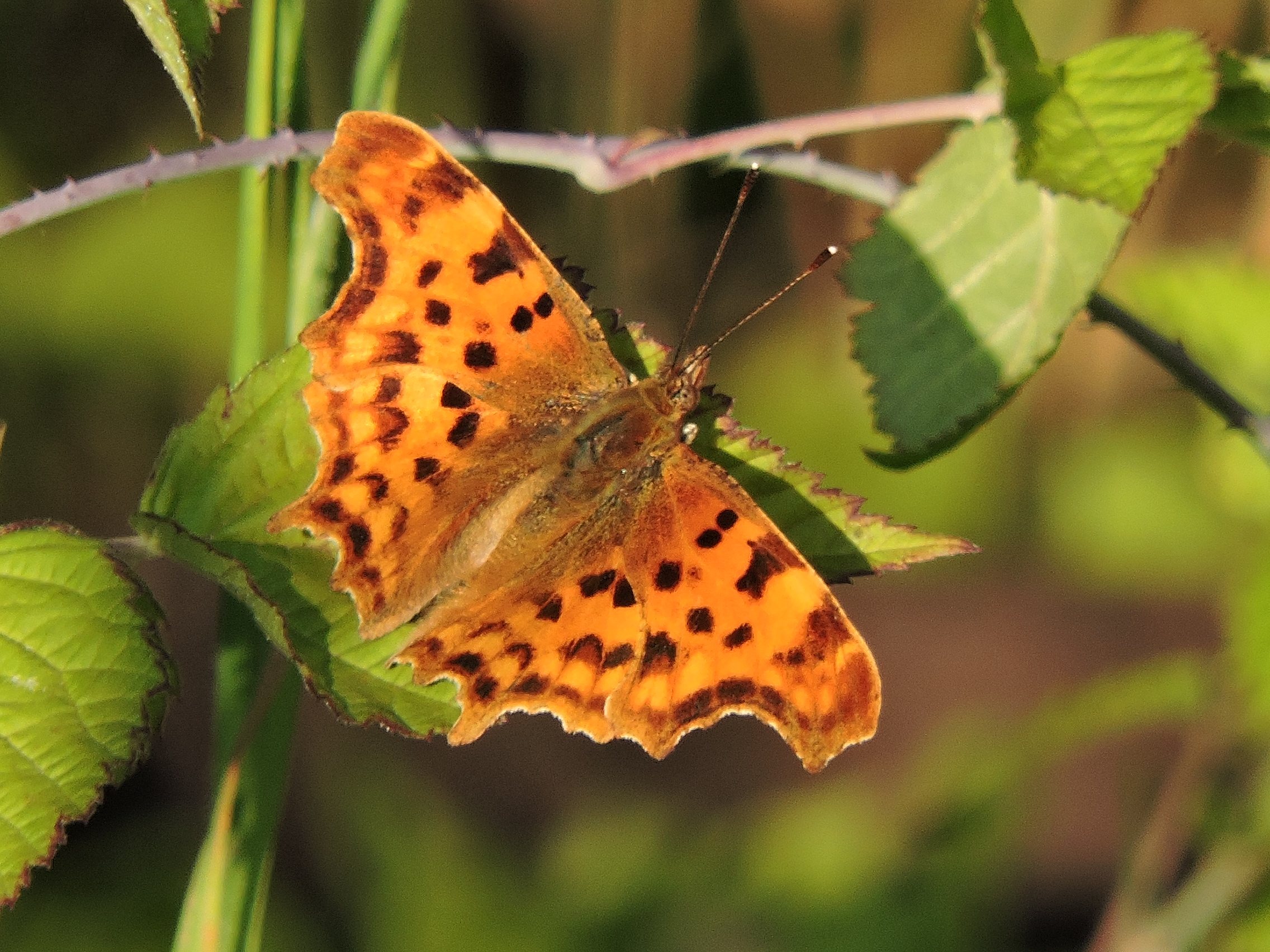 Comma – copyright John Hansford
Comma – copyright John Hansford
Overall numbers were down, matching the fall in number of butterflies on the more open, flower filled section of the path. Meadow Brown took the prize at 14, there were 10 each Peacock and Large White, 6 Red Admiral, 4 Small White, 3 Gatekeeper, 2 each of Small Heath, Small Skipper, Brimstone and Speckled Wood.
However a very exciting sighting as we were leaving the cycle path under Buckland bridge liften our spirits sky high. The area above this bridge is the start of the new path which Frome’s Missing Links have been working on and is hoped that one day will run into the centre of Frome. Surprisingly, the steep embankment here gives every impression of typical dowland and so, despite never seeing any, we have always hoped that Chalkhill Blue butterflies might breed there. The soil is mostly limestone and many characteristics are shared with the local downs – calcareous grassland kept short by a number of rabbits given the quantity of droppings, scattered yellow meadow ant hills, and quite a few typical downland plants. We have never seen any but the Somerset Environmental Group found Horseshoe Vetch here, the single plant which is essential to Chalkhill Blue butterflies, so we had reason to be hopeful.
Chalkhill Blue (male) copyright Gilles San Martin
The overnight thunderstorm and heavy rainfall had left muddy puddles that even the enormous heat had not completely dried and we suddenly caught sight of two small very pale blue butterflies fluttering and feeding on the mud. The size but most of all the colour could only mean they were male Chalkhill Blue butterflies mud-puddling, an activity only male butterflies engage in to take up salts. ‘Males seem to benefit more from the sodium uptake as it aids in reproductive success, with the precious nutrients often transferred to the female during mating. This extra nutrition helps ensure that the eggs survive’. At last – all things come to those who wait and it has certainly been one long wait! When the weather is somewhat cooler we must climb up the long flight of steps and venture out along the embankment and see if we can spot some Chalkhill Blues in situ, as well as, who knows, perhaps a horseshoe vetch.
It was so lovely to hear the Song Thrush, a Green Woodpecker and a Raven’s distinctive calls echoing across the quiet woodland. We heard a pair of Jays making a good deal of noise quarreling and arguing in the trees, a Wren’s teck teck teck alarm, a mewing Buzzard overhead, a party of complaining Jackdaws and screeching Crow all made themselves heard against the near constant coo of the many Wood Pigeons.
15th July 2019 / Temp: 21 C / 2.50pm – 5.05pm
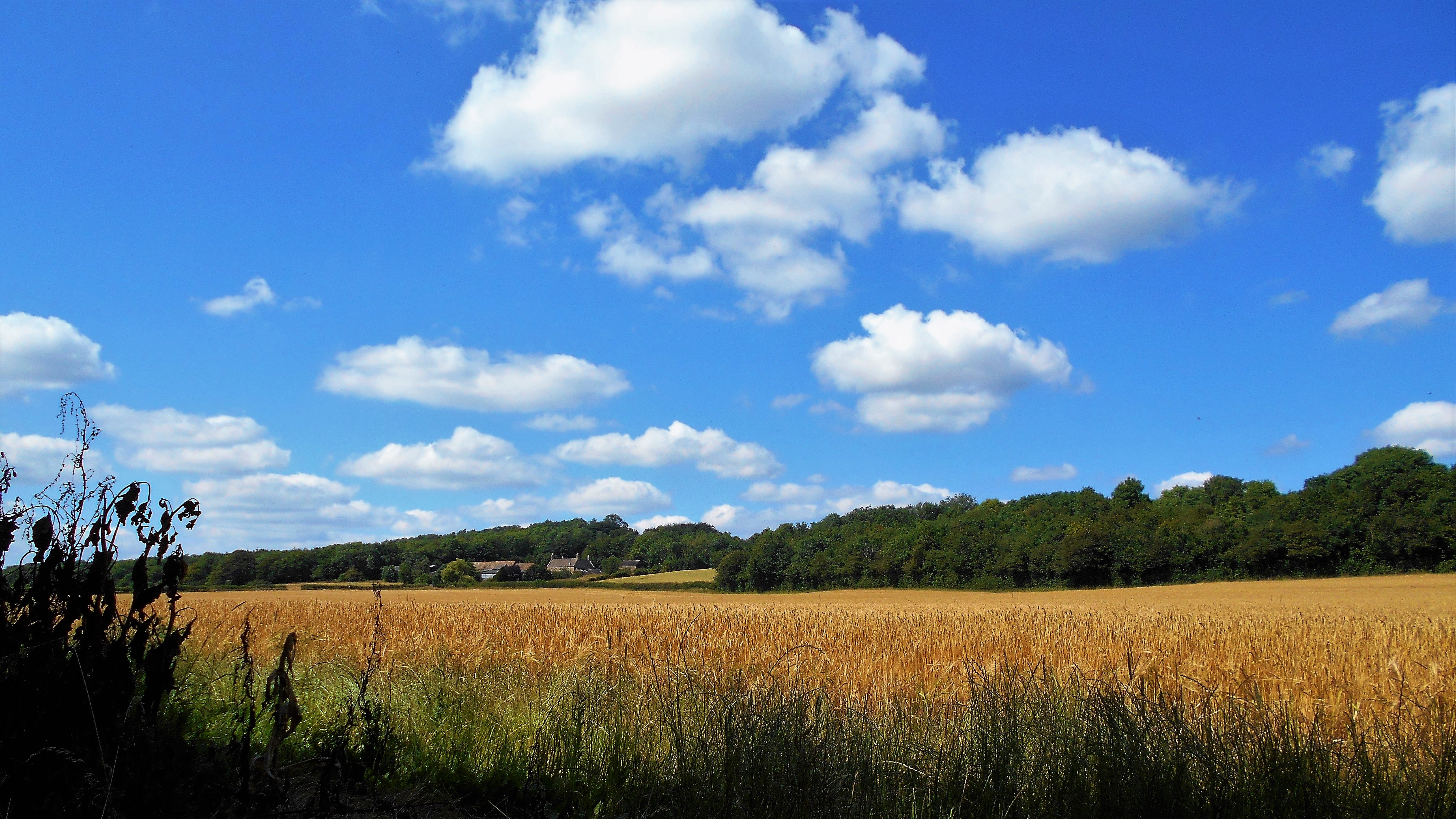
Beautifully sunny mid-summer afternoon. The fields of ripened treacle coloured corn are edged with wide margins where tufted vetch, scarlet poppies, knapweed, yarrow, meadow cranesbill, timothy and meadow grasses are flourishing and all along the old train embankment rose bay willow herb fights for space with self-heal, lady’s bedstraw, hedge bedstraw, knapweed, yarrow, umbellifers, and clumps of yellow rattle – full of seed – fulfilling their name.
Every year I marvel anew at the impact made by these areas of flat verges and gently rising embankments packed with a riot of flowering plants. It seems remarkable to me how a completely random selection of plants start to push through the earth, form leaves and buds, explode into vibrantly hued flowers, glow for a few days and then begin to fade, seed, droop and wither, shrivel and die down – over. The plants are always in a perfect harmony of colour, variety of petal shape, difference in heights and size of stem, leaf, flower head, always pleasing to the eye. The colours never clash, they are never discordant with the neighbouring plant, whatever the shade they are balanced, never out of kilter with each other in a way that even the most brilliant plantsman can rarely attain, although Piet Oudolf the Dutch garden designer of the High Line comes closest but without the wild disorder, the “… fine careless rapture” which is almost impossible to grasp.

The plants seeds fall close so forming over the time these embankments have been disused tall clumps of bold colour, rose bay willow herb, lime green hedge bedstraw, white and gold ox-eye daisies, burnt red clover and wild basil, thick creamy common valerian, magenta knapweed, blue meadow cranesbill mixed with purple-blue tufted vetch, white (and pink candy striped) bindweed and white hogweed and Queen Anne’s lace, clumps of commanding shapes – yellow ragwort and St John’s wort with spikes of yellow agrimony and birds foot trefoil stretched tall to reach the light, drifts of misty whites, chickweed, lady’s bedstraw, small splashes of the unexpected – pink & white pea flowers, tangles of the cream star shaped black bryony and wild clematis, powder puffs of goats beard seed heads the list seems endless – one long seemingly never-ending joyful herbaceous border – a feast for the eyes and senses which no photograph or mere words can adequately capture and then – poof gone, all over far too soon, leaving just the mind pictures to carry us forward for another year.
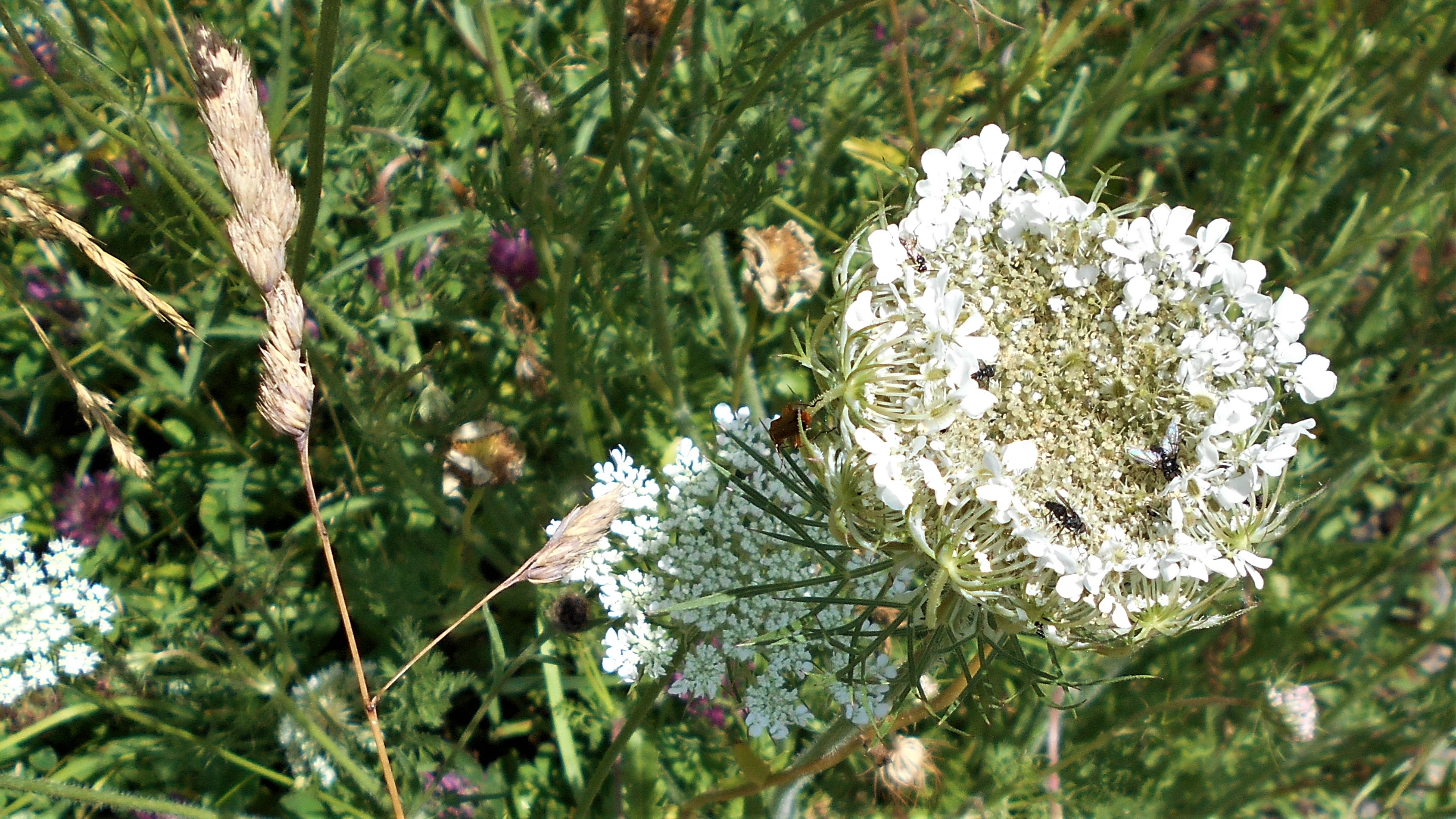
There is such a great profusion of one of my favourite flowers this year – field scabious, attracting all the butterflies but particularly a good number of Marbled Whites which seem to love it. A fair number of Meadow Brown, Speckled Wood, Small Skipper and Large White butterflies range around the flowers and up into the trees but astonishingly only 3 Brimstone, 1 Silver-washed Fritillary, 1 Red Admiral and 1 Peacock amongst the flowers and grasses, but no Commas, Painted Lady, Clouded Yellow or Gatekeeper. We can’t remember a sunny summer’s day when we have seen so few and it is difficult to find an explanation. The greatest number on the embankment are the Small Heath and Small Skipper, their bright orange wings flashing in the bright sunlight. However, despite these, overall this has been a drastic fall in numbers of butterflies compared to previous years. This should be the height of the butterfly season and it is extremely concerning that other sites we visit, including woodland glades, haven’t shown any noticeable fall in numbers at all and easily double the numbers we are seeing this year along the cycle path.
A note from our diary on the same date in 2017 reads “The most striking sight was the sheer quantity and variety of butterflies. So many Silver-washed Fritillaries, Red Admirals, Peacocks, lots of Gatekeepers, Ringlets, Commas and Small whites swarming and feeding on the clumps of buddleia and banks of flowers all along the Way making the walk in the warm sun a delight.”
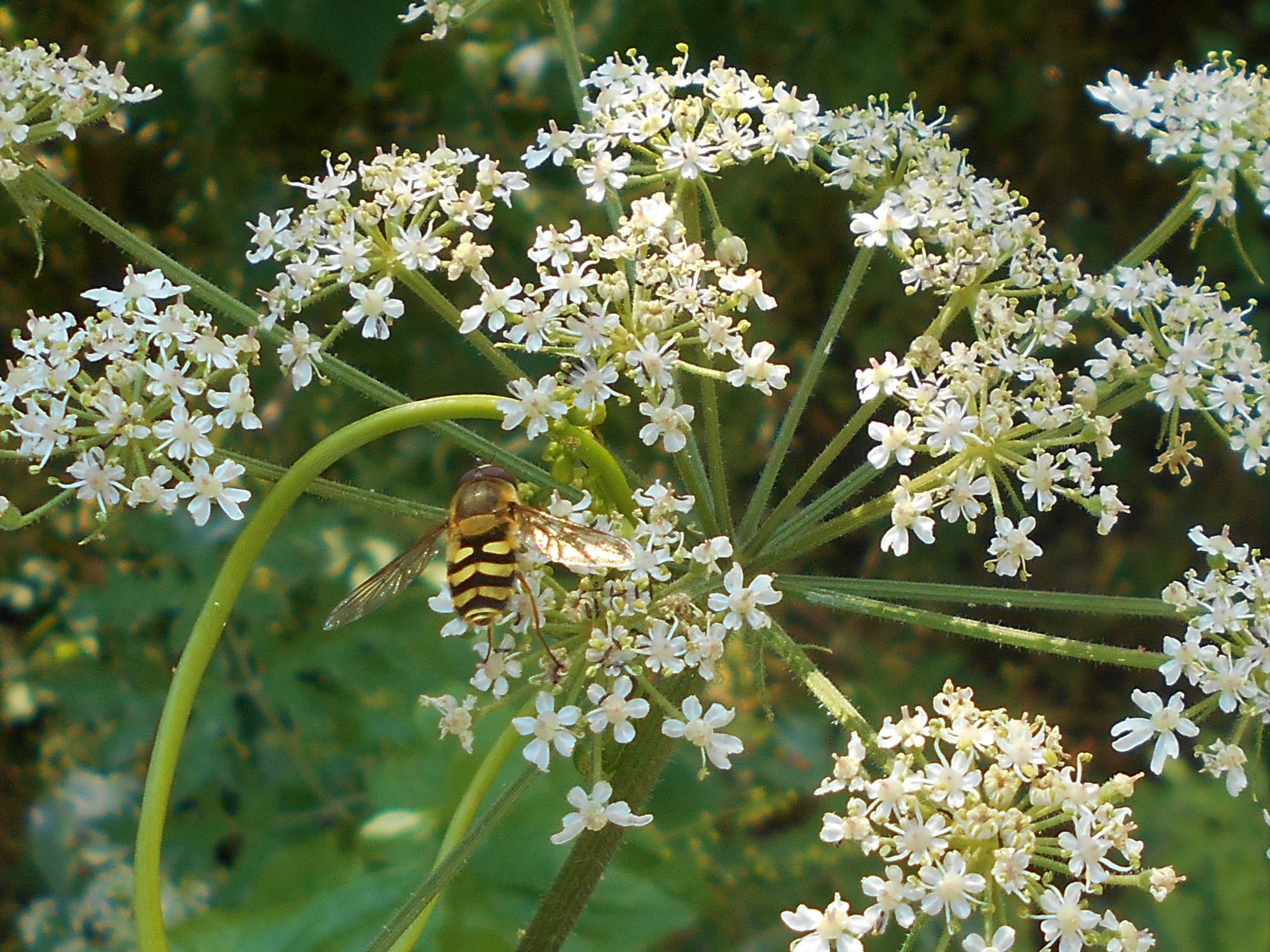
We did see the occasional honeybee and a couple of hoverflies, including the above which we think is a Common Banded hoverfly. It is the swarming season for the bees can that account for there being so few around? Just a few weeks ago every flower head seemed to contain either a bee or a hoverfly but suddenly we are seeing very very few. Can it be that whatever is causing the butterfly numbers for the whole season to fall so worryingly compared to previous years is also affecting the other insects? We do grieve the loss – the explosion of butterflies along the cycle path was one of its glories to be celebrated.
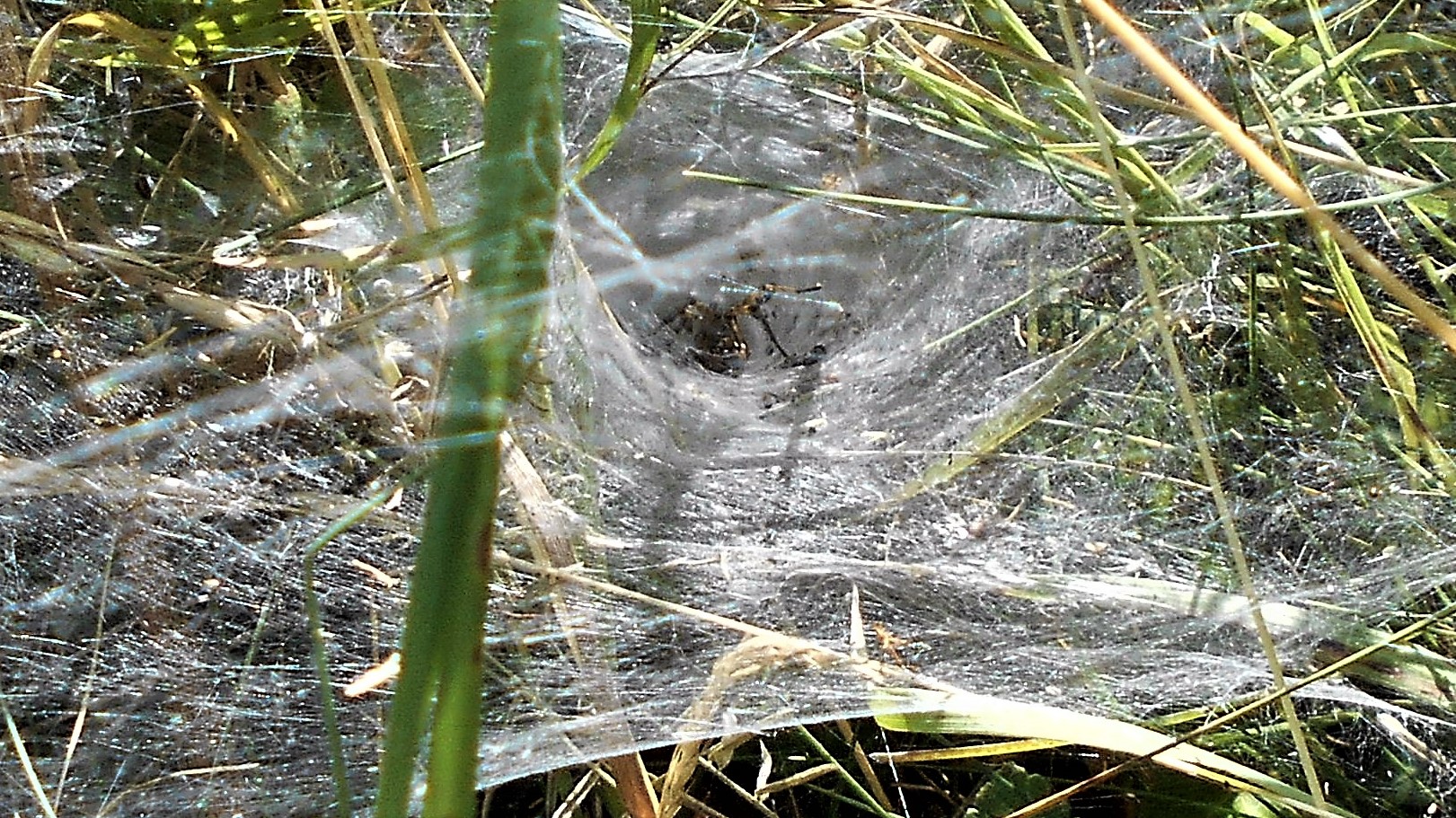
Labyrinth spiders however are everywhere – casting their silken nets across low shrubs and plants and lurking in their tunnels, protecting the egg sac at its base and waiting to pounce on the unwary.
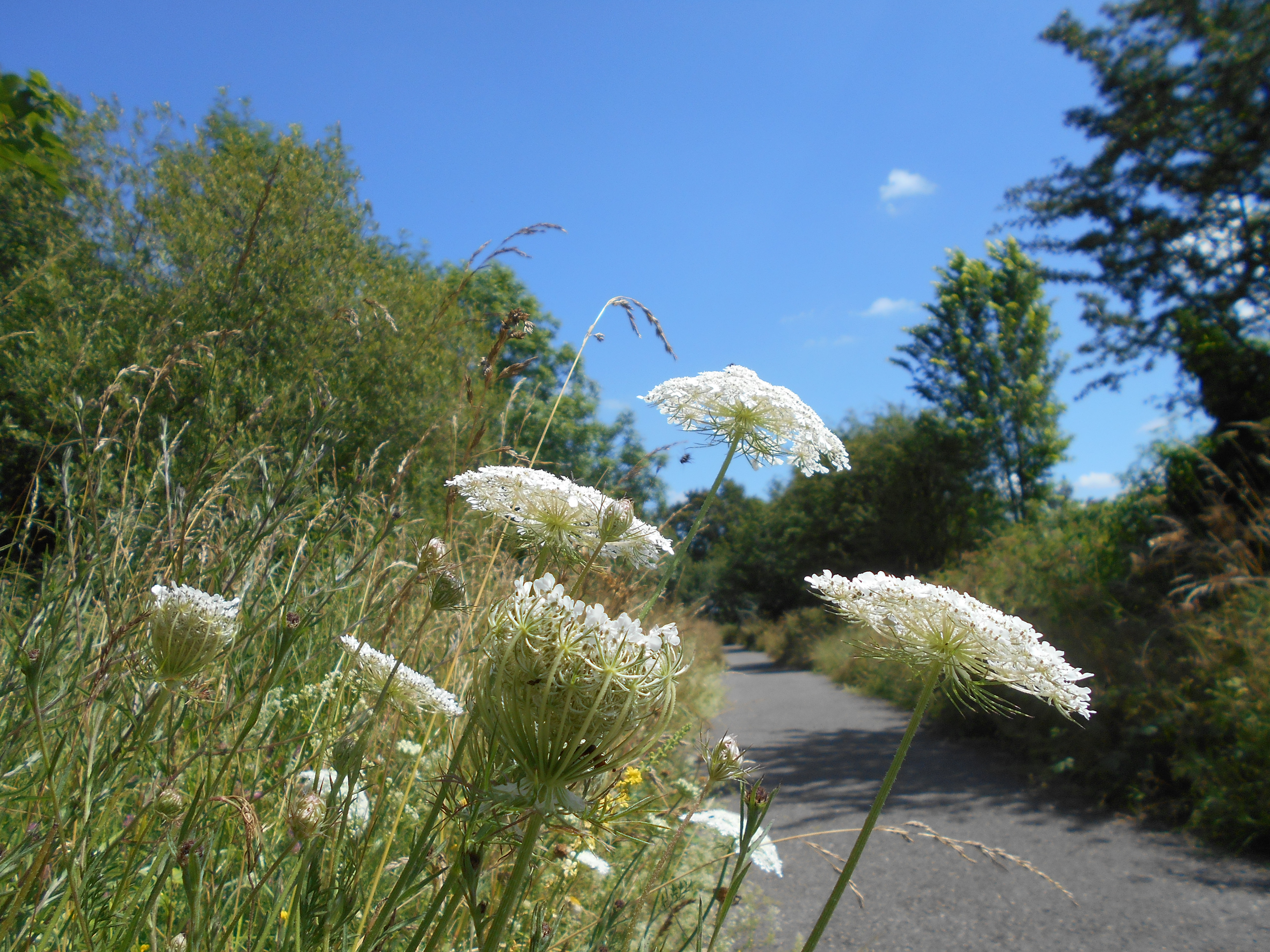
Lovely to see the delicate Vervain, Pale Toadflax and the tiny pink Centaury half hidden amongst the umbelifers. Their unobtrusive pastel shades are so easily overlooked among these tall neighbours or lost among the brash purple, pink and yellow colours of other more striking flowers.
First sight of several clumps of Evening Primrose along the edge of the path where close by little tunnels made by small mammals are appearing in the thick grass on the bank. A small collection of black animal scat on the path to the entrance to one such tunnel – hedgehog? The correct shape and colour but impossible to be sure.
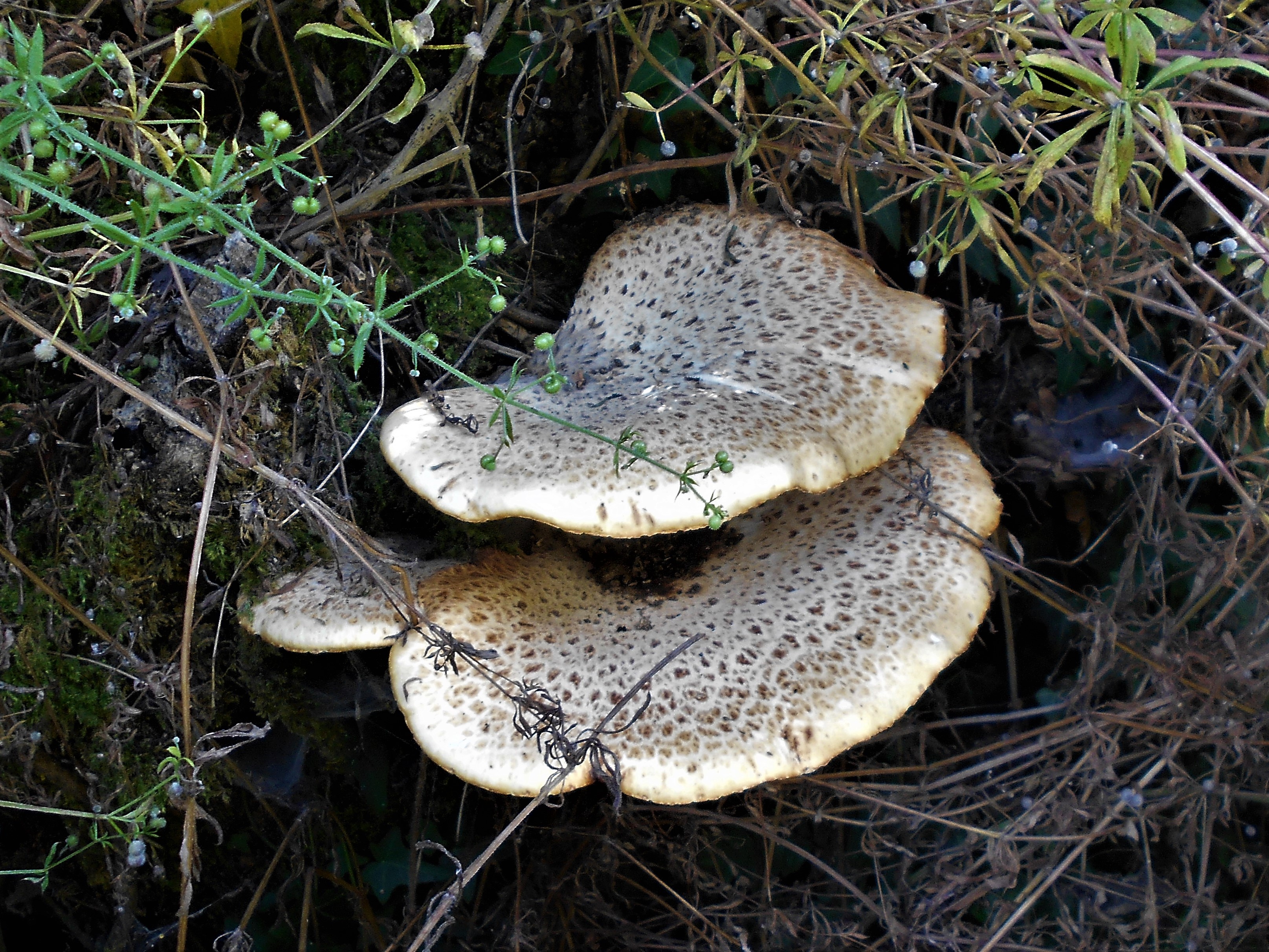
We caught sight of a freshly formed edible fungus, the quaintly named Dryad’s saddle fungus, which we have never tried eating, although it is said to be delicious – maybe one day. We always find the sight of them in the summer months unexpected, still believing, quite wrongly, that fungus only appears in autumn.
Still Swallows to be seen thank goodness, along with Robin, Chaffinch, Willow Warbler, Whitethroat and Chiff Chaff. Goldfinches, Blackbirds, Wood Pigeons and Crows aplenty but no sign of any of our usual raptors – must be the result of slim pickings now that the nestlings have flown the nest.
2nd July 2019 / Temp: 20 C / 2.40pm – 4.15pm
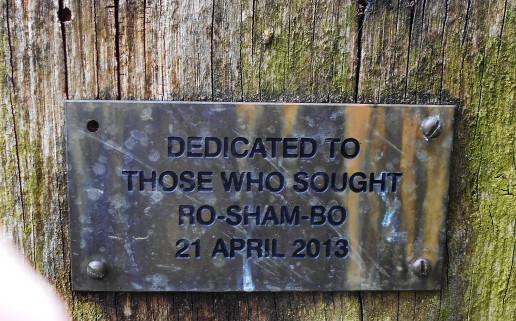 Simplicity – Green Oak Bench – Yumiko Aoyagi
Simplicity – Green Oak Bench – Yumiko Aoyagi
Warm with periods of bright sunshine bringing out the Burnet moths which always seem to spend the summer perched on a scabious flowerhead and a good number of butterflies. The first Silver-washed Fritillary of the season as well as Brimstone, Large White, Comma, Painted Lady, Speckled Wood, Ringlet, Marbled White, uncountable numbers of Meadow Brown as well as our first ever sighting of a Small Skipper.
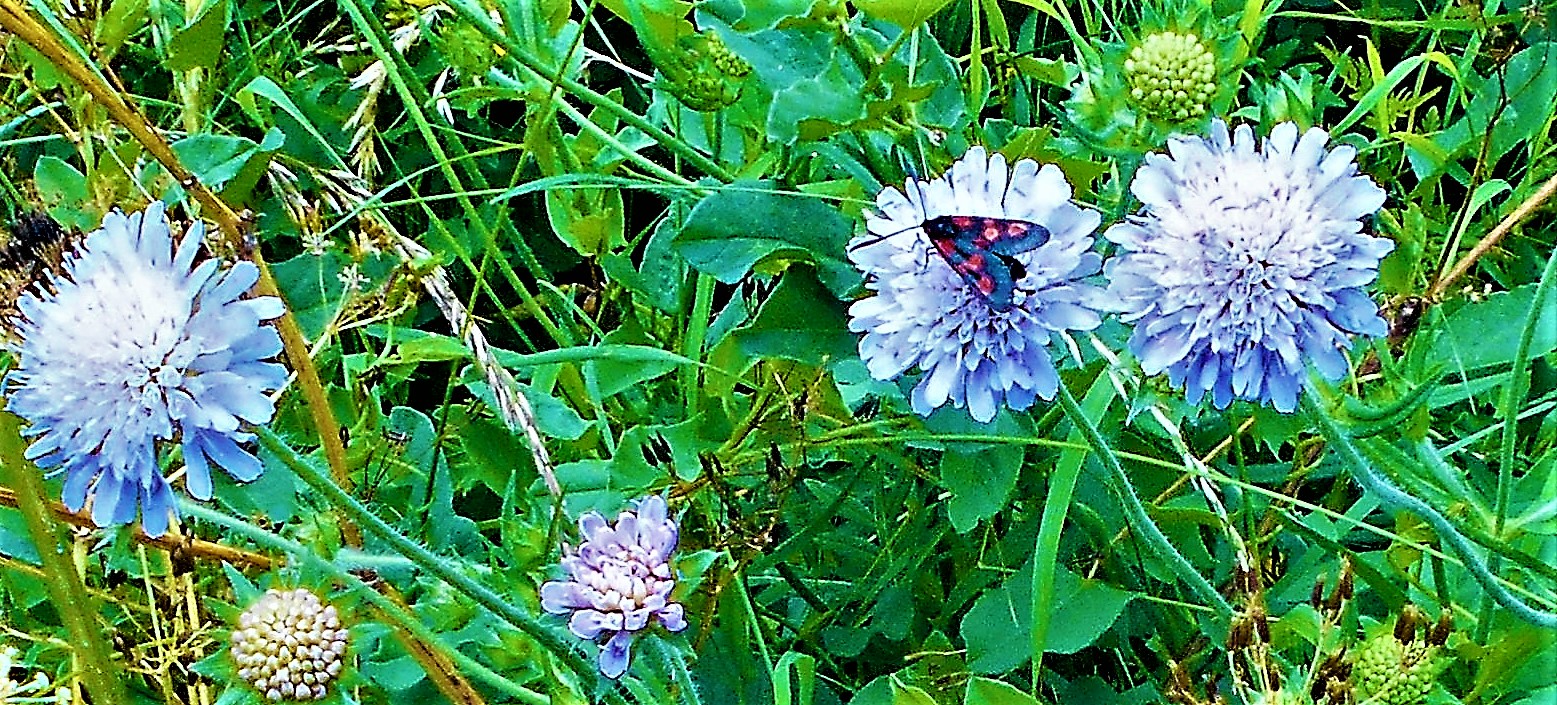
Surpisingly not that many bees – there were of course the usual Red, White and Buff-tailed Bumblebees and Honey bees together with the carpet of Mining bee holes, but they just weren’t in any great numbers. Lots of flies and hoverflies (including very many Lesser Banded, Pellucid and Marmalade) and moths, Common Nettle Tap among others, around the flowers and a scattering of bejewelled Thick-legged flower beetles buried deep in the Ox-eye daisy flowers.
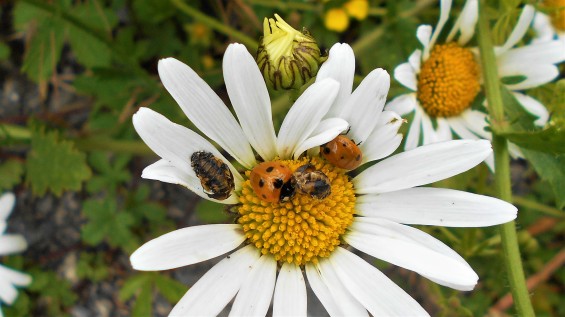
Not all is trouble free in our little stretch of Eden. The above photograph of a couple of Harlequin ladybirds recently hatched with their empty pupal cases abanded beside them highlights a problem which is increasing year on year – the ever growing number of the invasive and extremely aggressive Harlequin ladybirds. At this time of the year every leaf or flower seems to harbour at least one but often several Harlequin larvae in every habitat – riverside, woodland and here along the cycle path. Alongside the increased number of Harlequins is the falling numbers of native ladybirds which seemed to be around in good numbers in the spring, and have now become increasingly hard to see. A worrying state of affairs with no obvious solution.
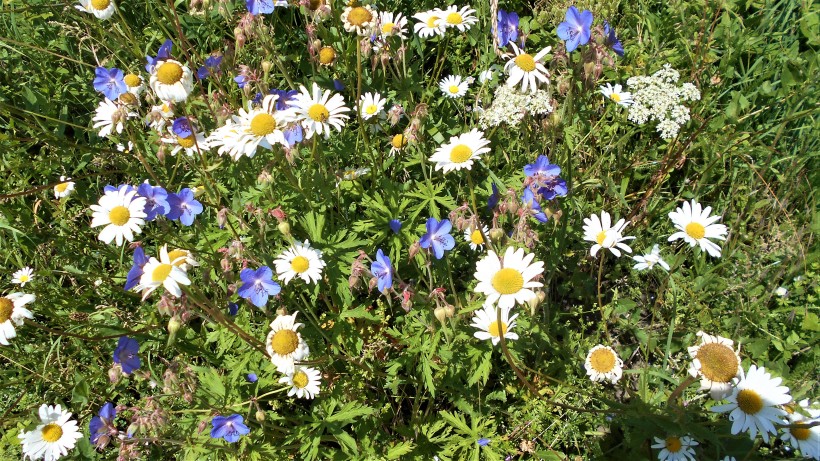
However, it is the embankments, slopes and swathes of wild flowers, subtly beautiful in their simplicity which cannot fail to fill us with delight. The sheer profusion of plants, tall and stately, small and creeping, tiny delicate vervain and pale toadflax flowers nestling amongst large stands of rose bay willow herb, bladder and red campion, nodding scabious and knapweed above brilliant yellow creeping cinquefoil, all the deep tones of summer – multiple shades and drifts of purple and magenta, cream, yellow and white on green and more green with occasional vivid splashes of bright blue and scarlet.
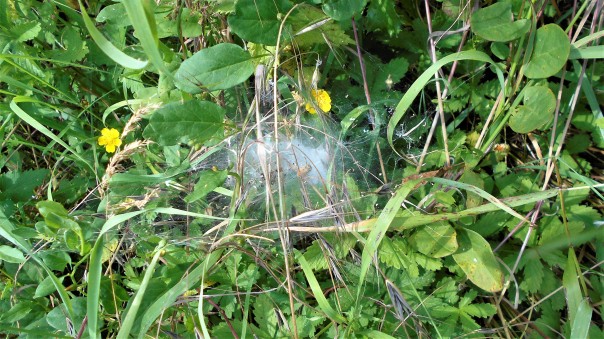
Home for Nursery web spiders to build their tented nests, small field and bank voles with places to hide, slow, slow, slow worms and grass snakes, lumbering hedgehogs and lazing lizards, fat toads and tiny field mice as well as all the beetles and busy yellow ants, all have their place in these generous areas of undisturbed banks of plants, shrubs, hedges and trees.
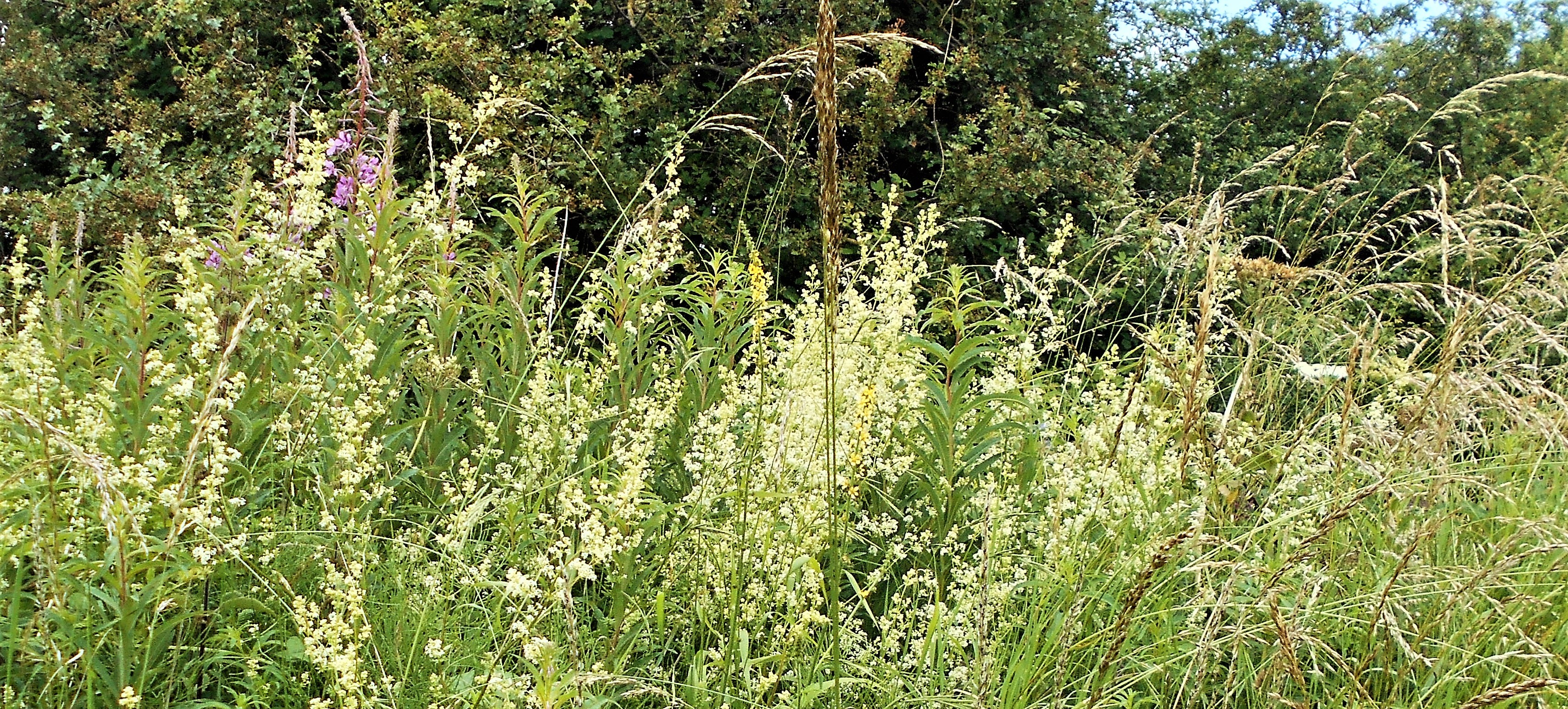
Willow Warblers, Yellowhammers, Chiff Chaffs, Chaffinches, Bullfinches, Goldfinches, Blue tits, Dunnocks, Whitethroats, a tiny Wren, several Blackbirds and a wheeling Buzzard all entertained us with their song as we walked or sat and admired or stopped to chat to other walkers who were also enjoying the joy which is this path and the precious areas of the English countryside in summer.
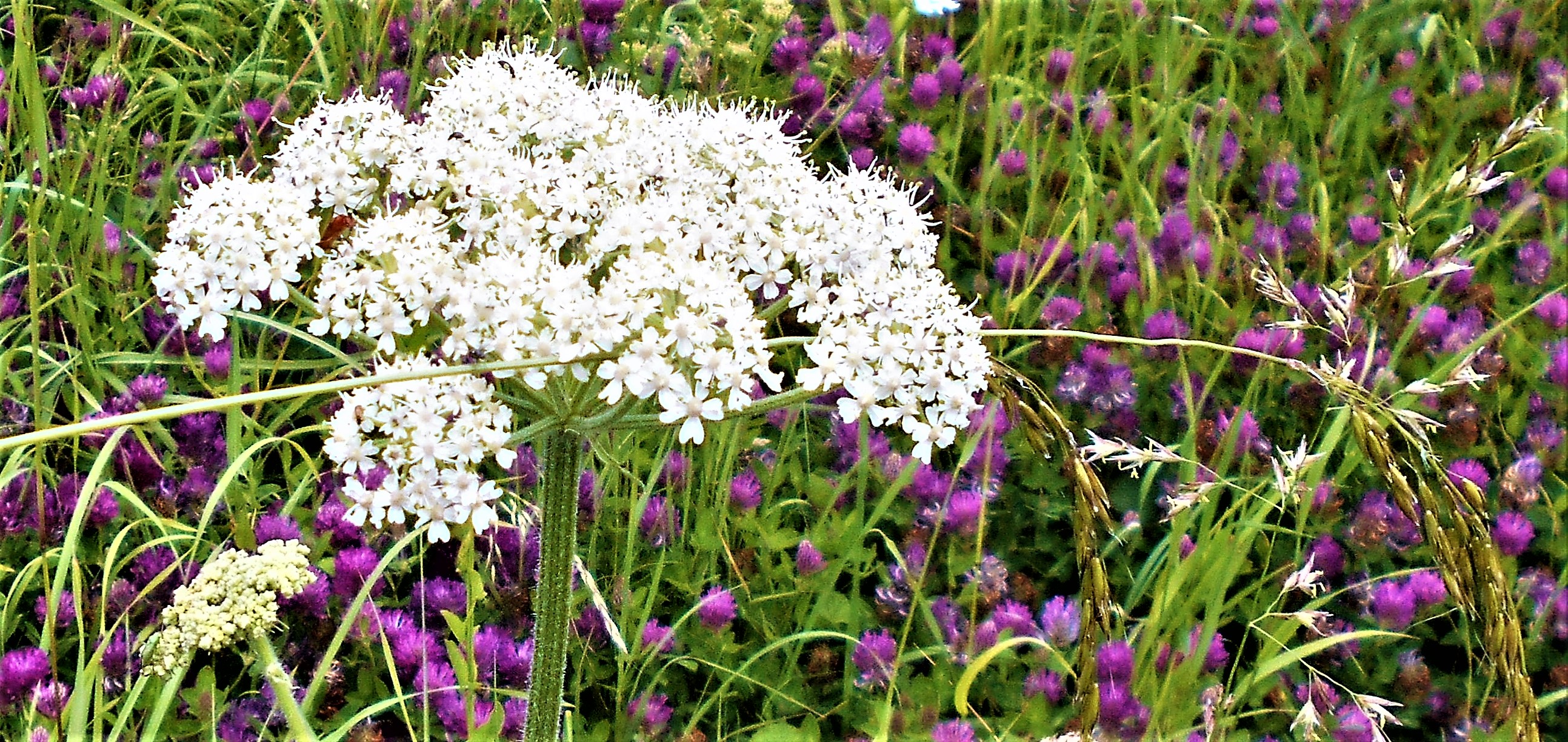
In addition to the Common Red Soldier beetle clambering around this Common Hogweed flower head, we counted eleven other tiny beetles, flies and hoverflies crawling and feeding on the plant – what a feast!
Plants: Pyramidal Orchid, Meadow Pea, Ox-eye daisy, Common Bird’s foot trefoil, Meadow buttercup, Common valerian, White clover, Hedge woundwort, Tufted vetch, Yarrow, Hedge bedstraw, Cut-leaved cranesbill, Nipplewort, Creeping thistle, Agrimony, Lady’s Bedstraw, Ragwort, White deadnettle, Common St John’s wort, Herb Robert, Meadow cranesbill, Wild basil, Pale Toadflax, Vervain, Rose Bay willowherb, White bryony, Sainfoin, Bladder campion, Red campion, Melilot, Common Poppy, Creeping cinquefoil, Field bindweed, Dove’s foot cranesbill, Self-heal, Prickly sow thistle, Hop trefoil, Wild Carrot, Common Hogweed.
29th June 2019 / Temp: 29 C / Full Sun
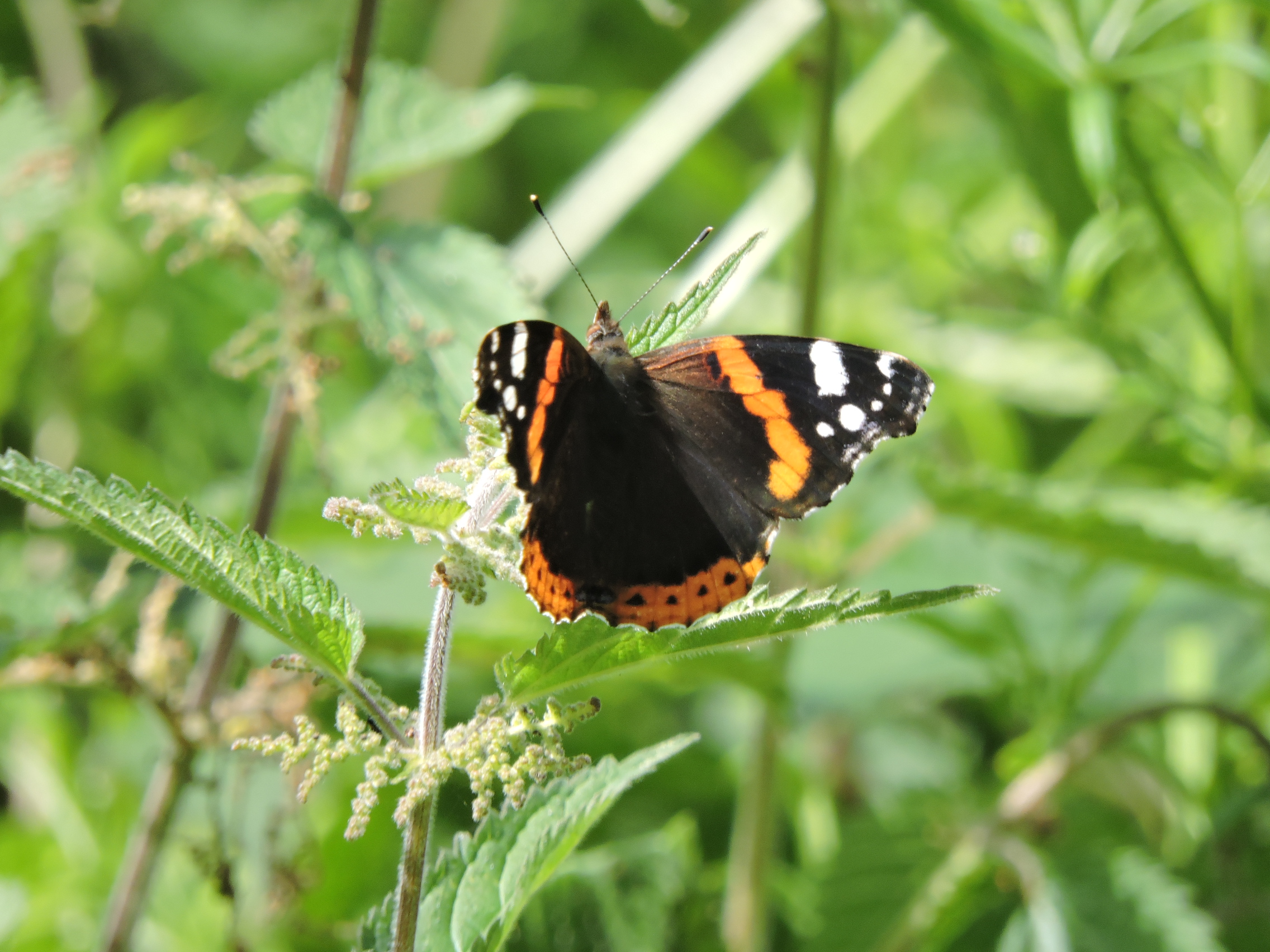
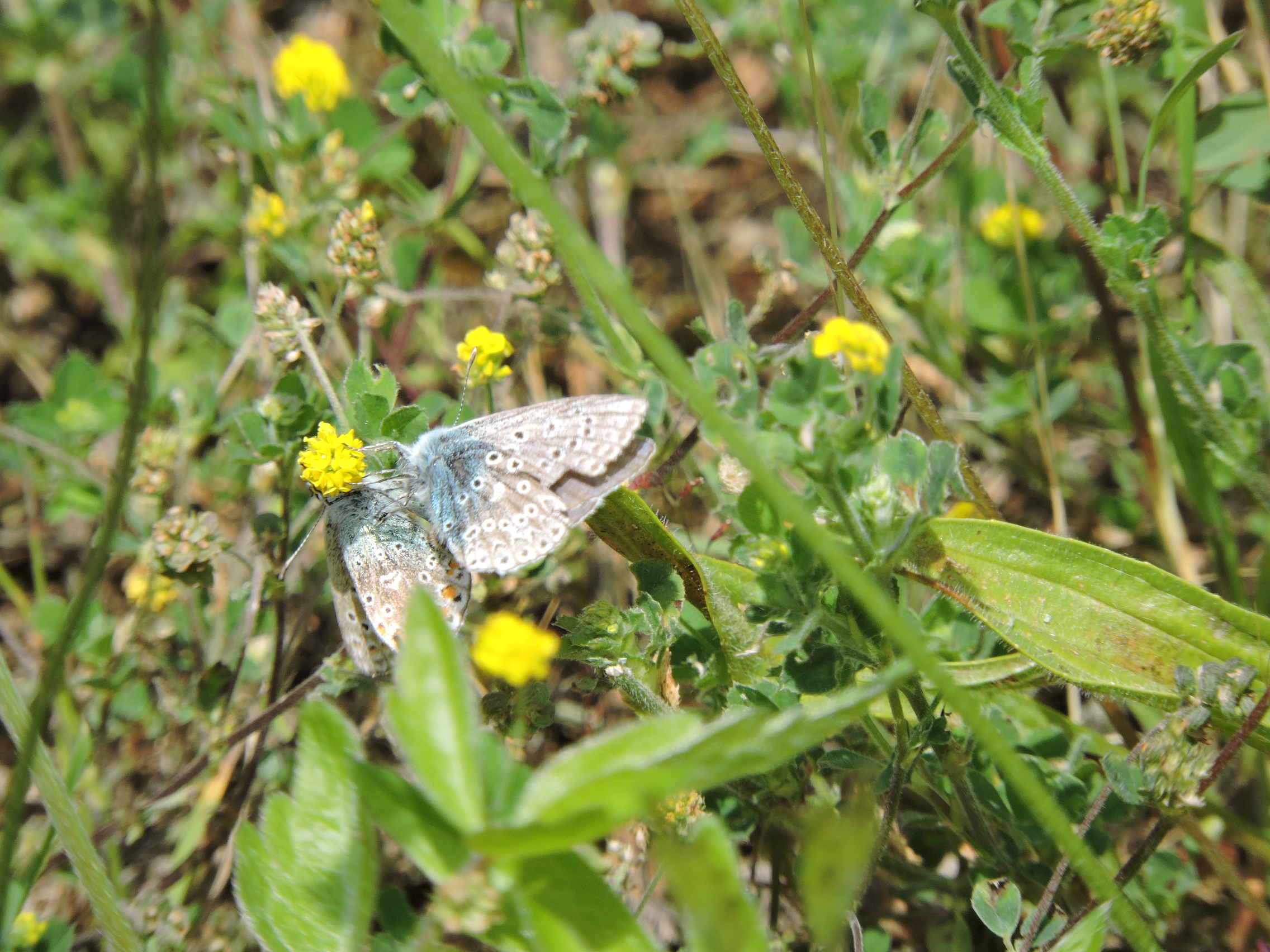
Summer has arrived on Route 24!
An email from John Hansford :
“I counted:
2 Red Admiral,
52 Marbled Whites this morning,
18 Large Skippers, 4 Brimstones,
7 Common Blues,
1 Painted Lady, 1 Silver Washed
Fritillary, 1 Green-Veined White,
1 Large White, 1 Small White and
a Speckled Wood.”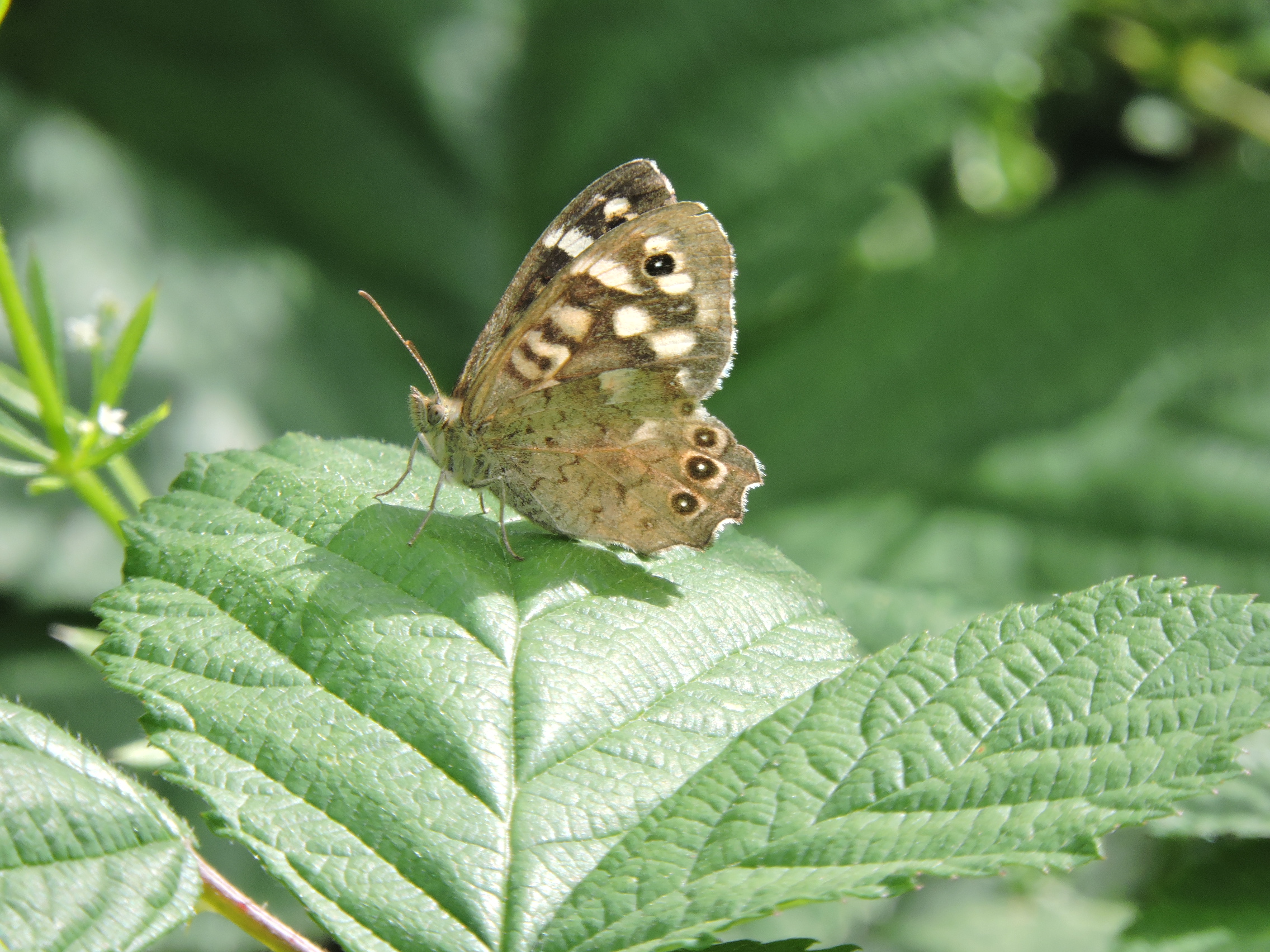
Joining in the celebration were two Red Listed birds the Song Thrush
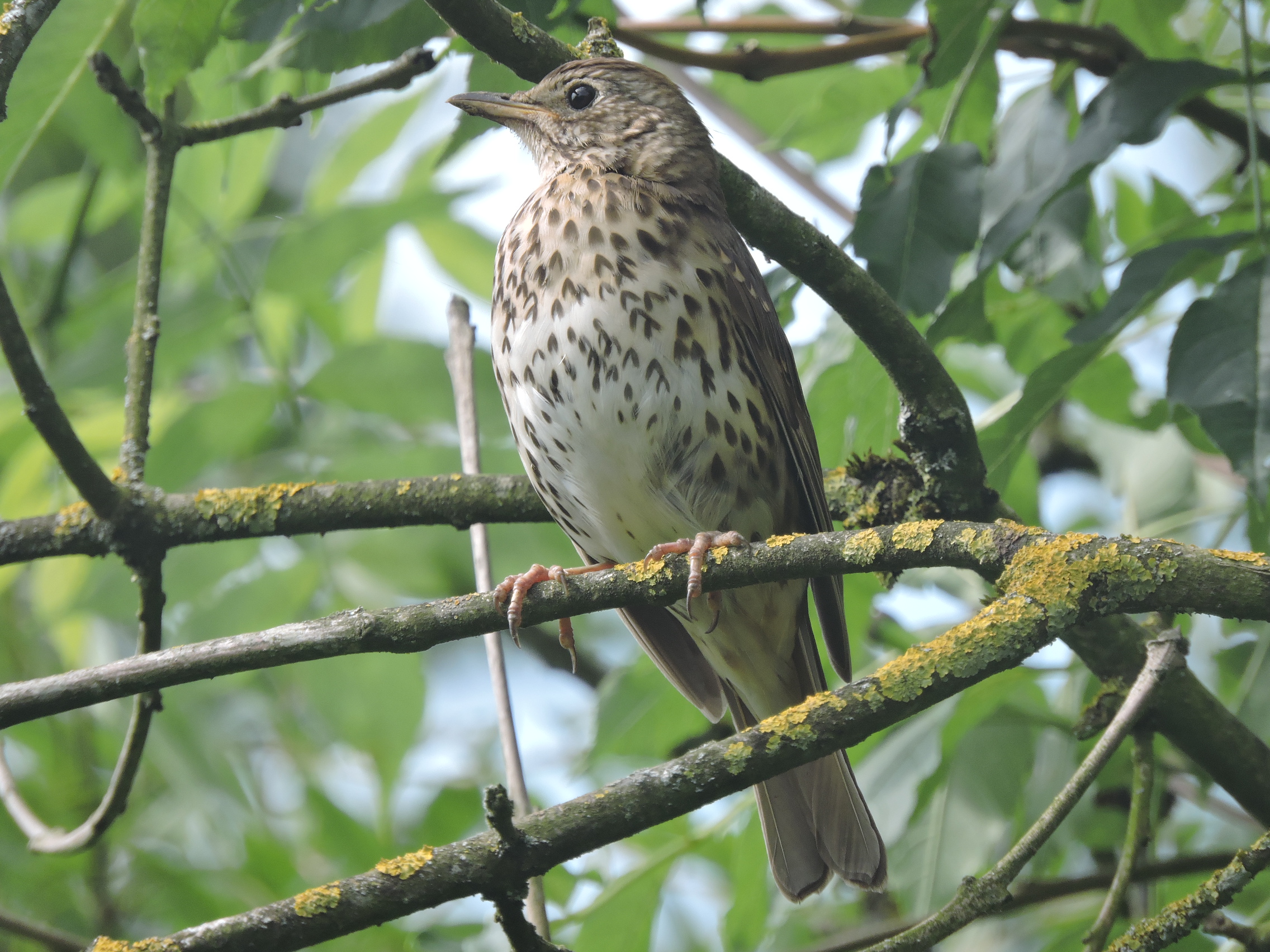
and the Yellowhammer
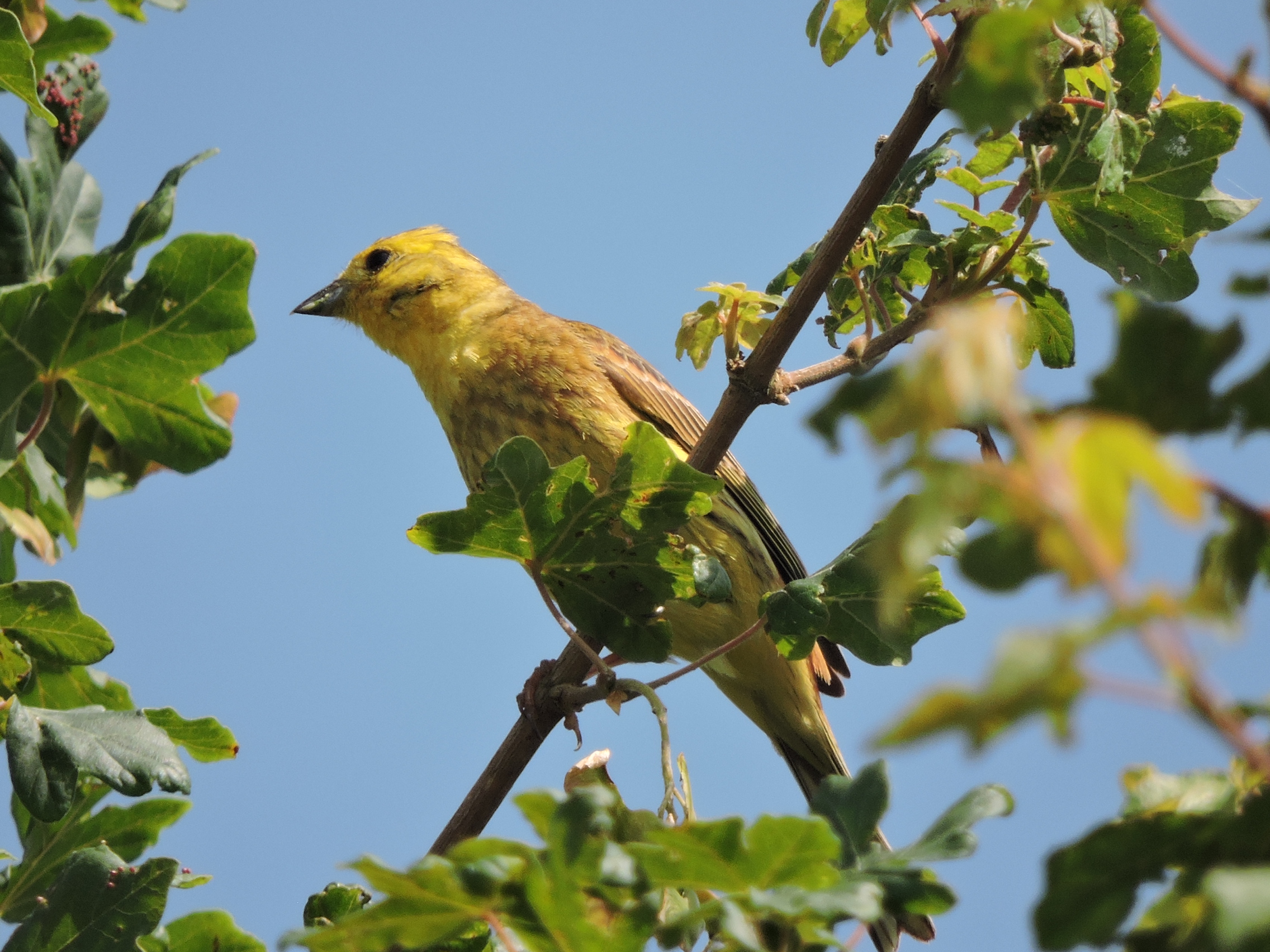
plus that harbinger of Spring the ChiffChaff. John added “It was great to see 5 Red Kites together” Five! It wasn’t that long ago when we celebrated seeing just one!
27th June 2019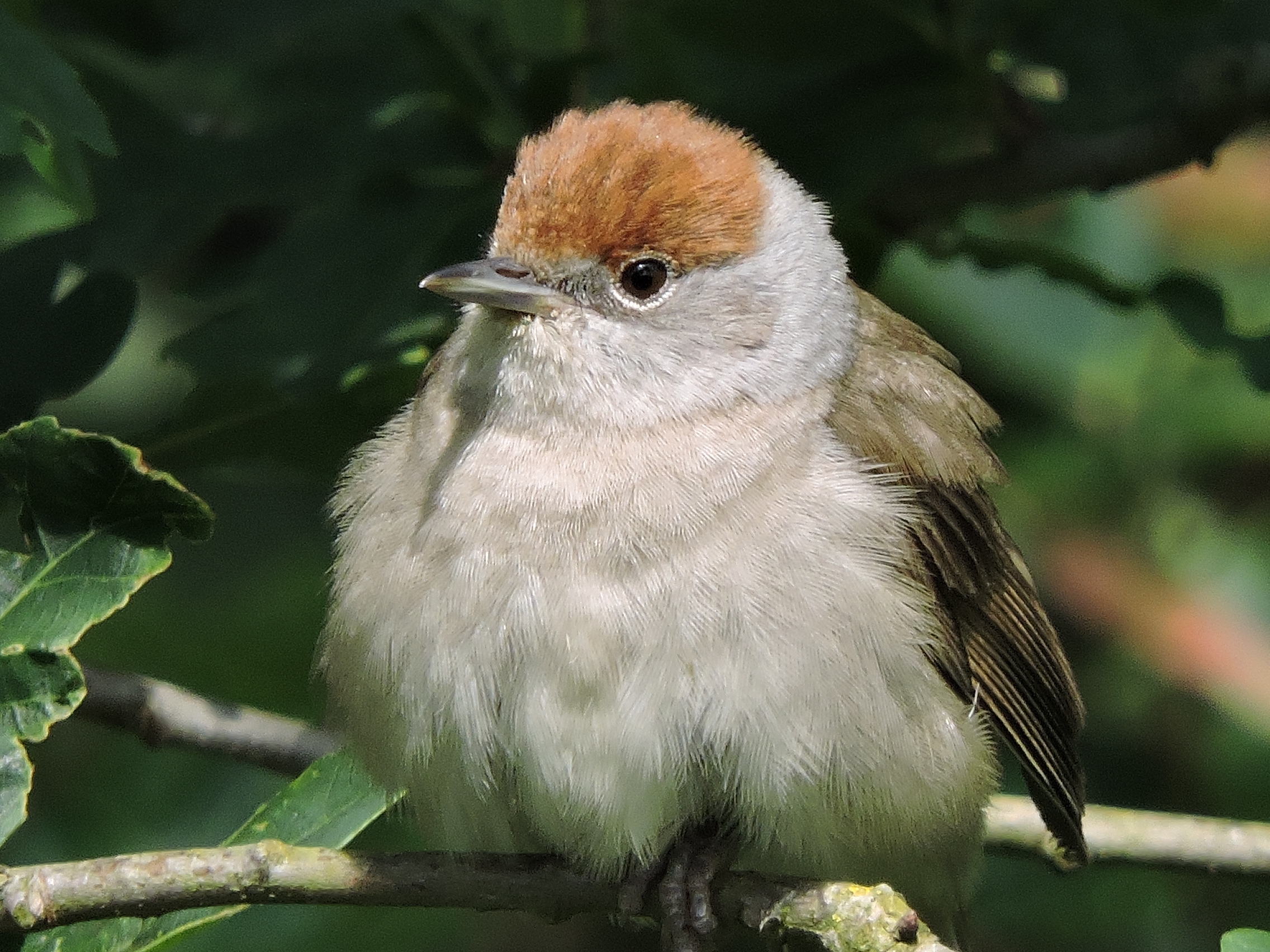
John Hansford managed a brief sortie along the cycle path yesterday and captured a wonderfully appealing shot of a Blackcap and great photograph of a Large Skipper, a butterfly we still have never spotted – maybe this summer we will be luckier.
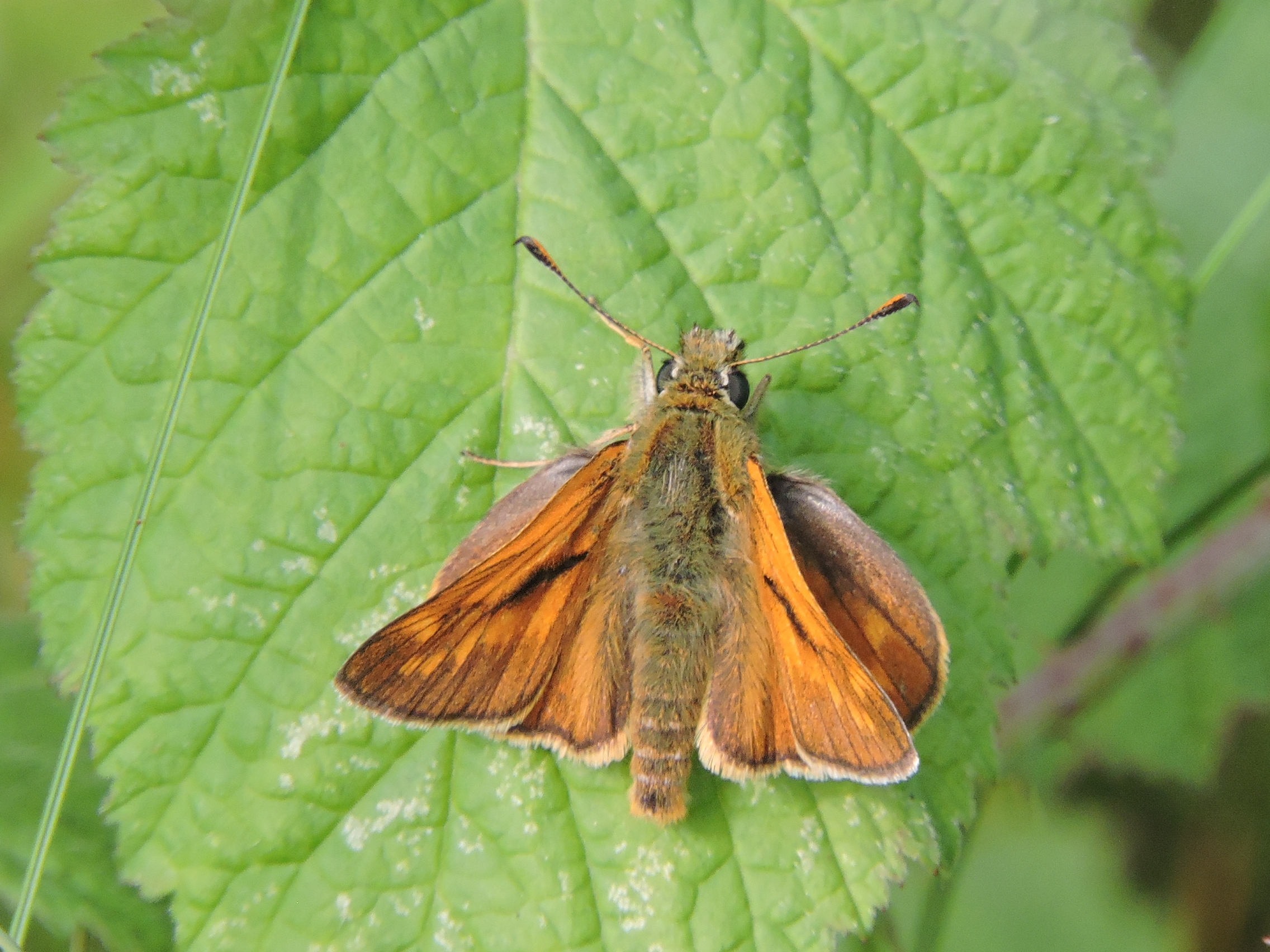 Large Skipper – John Hansford
Large Skipper – John Hansford
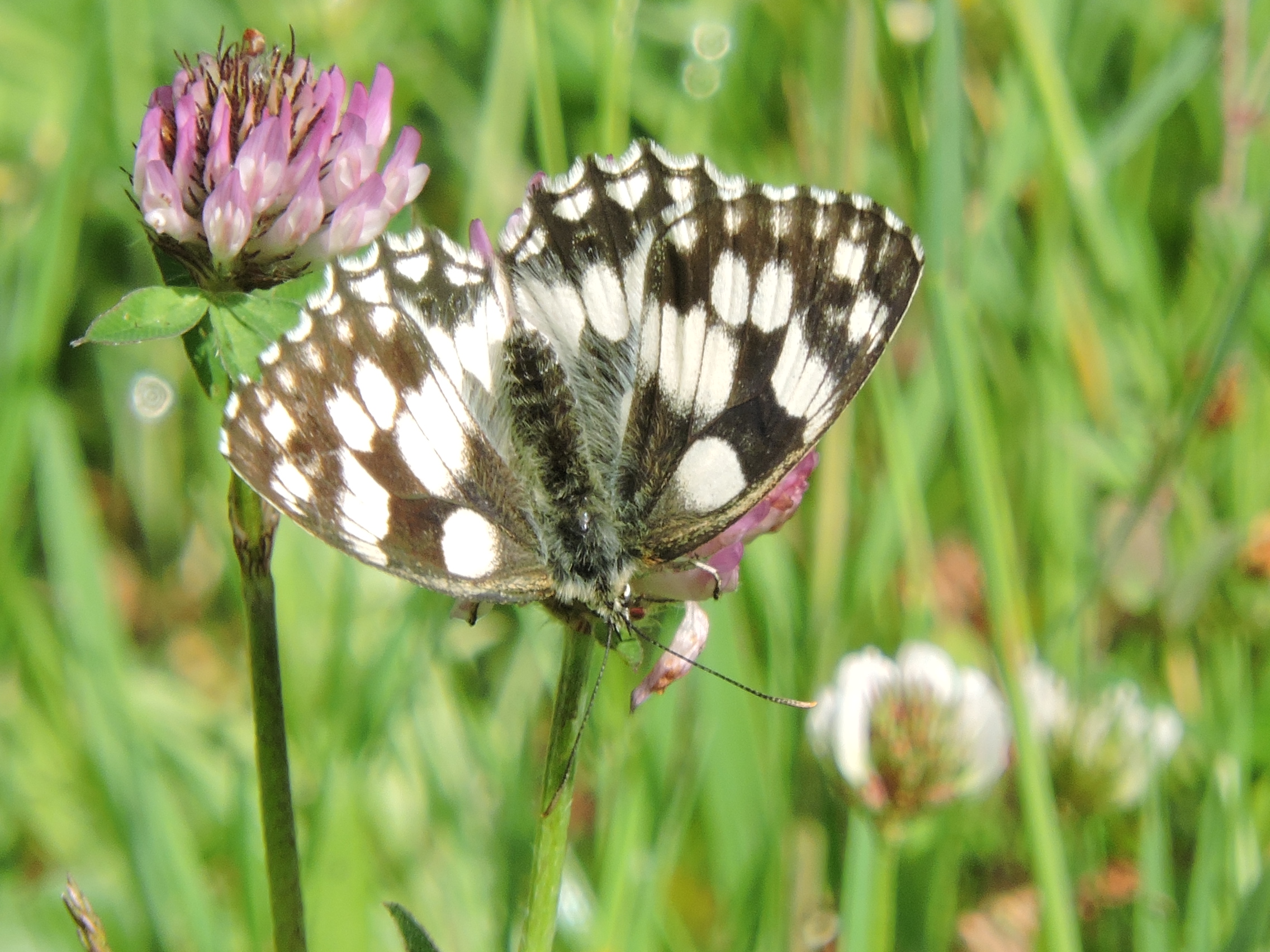 Marbled White – John Hansford
Marbled White – John Hansford
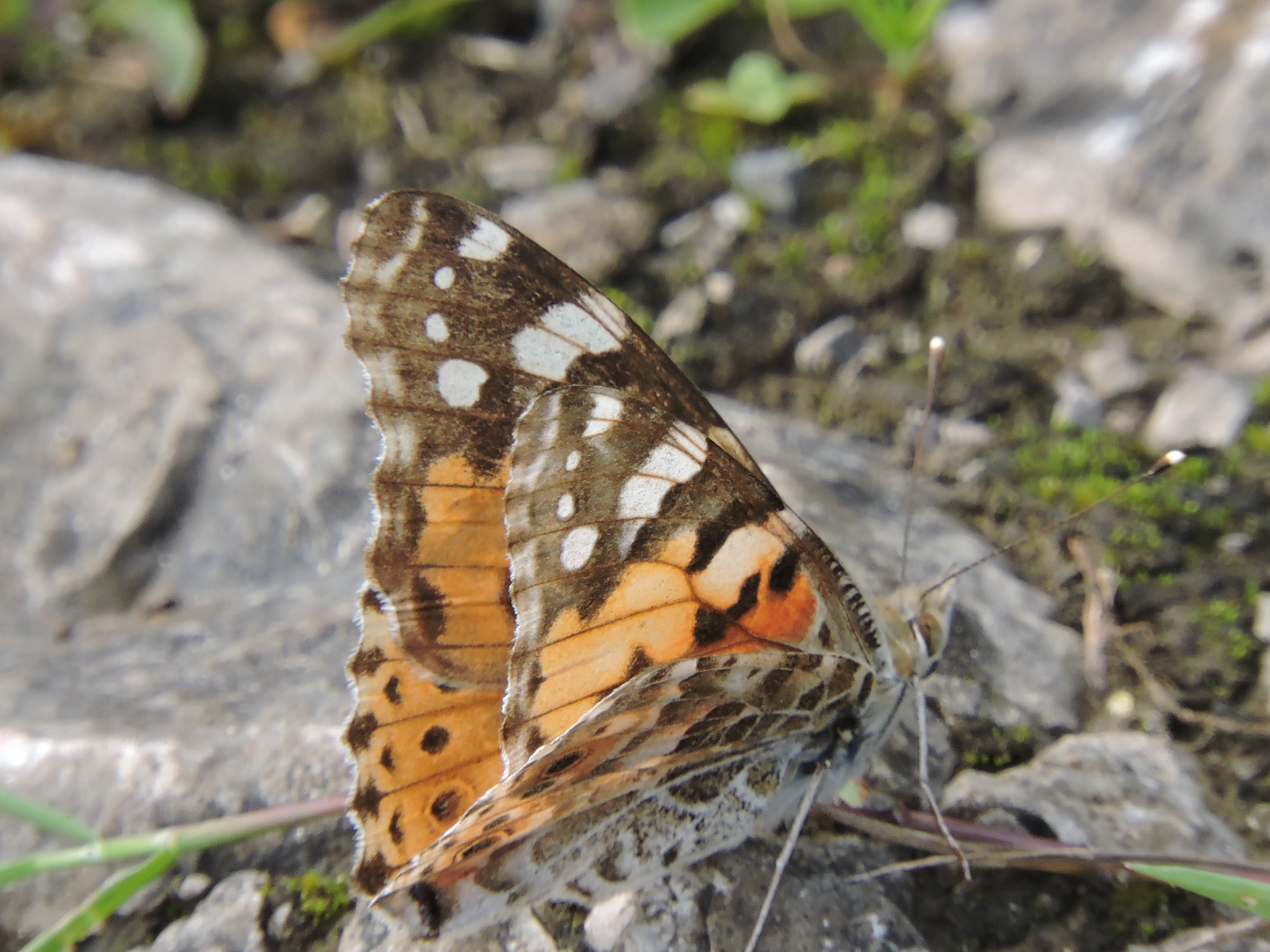 Painted Lady – John Hansford
Painted Lady – John Hansford
17th June 2019 / Temp: 16.5 C / 2.30pm-3.50pm
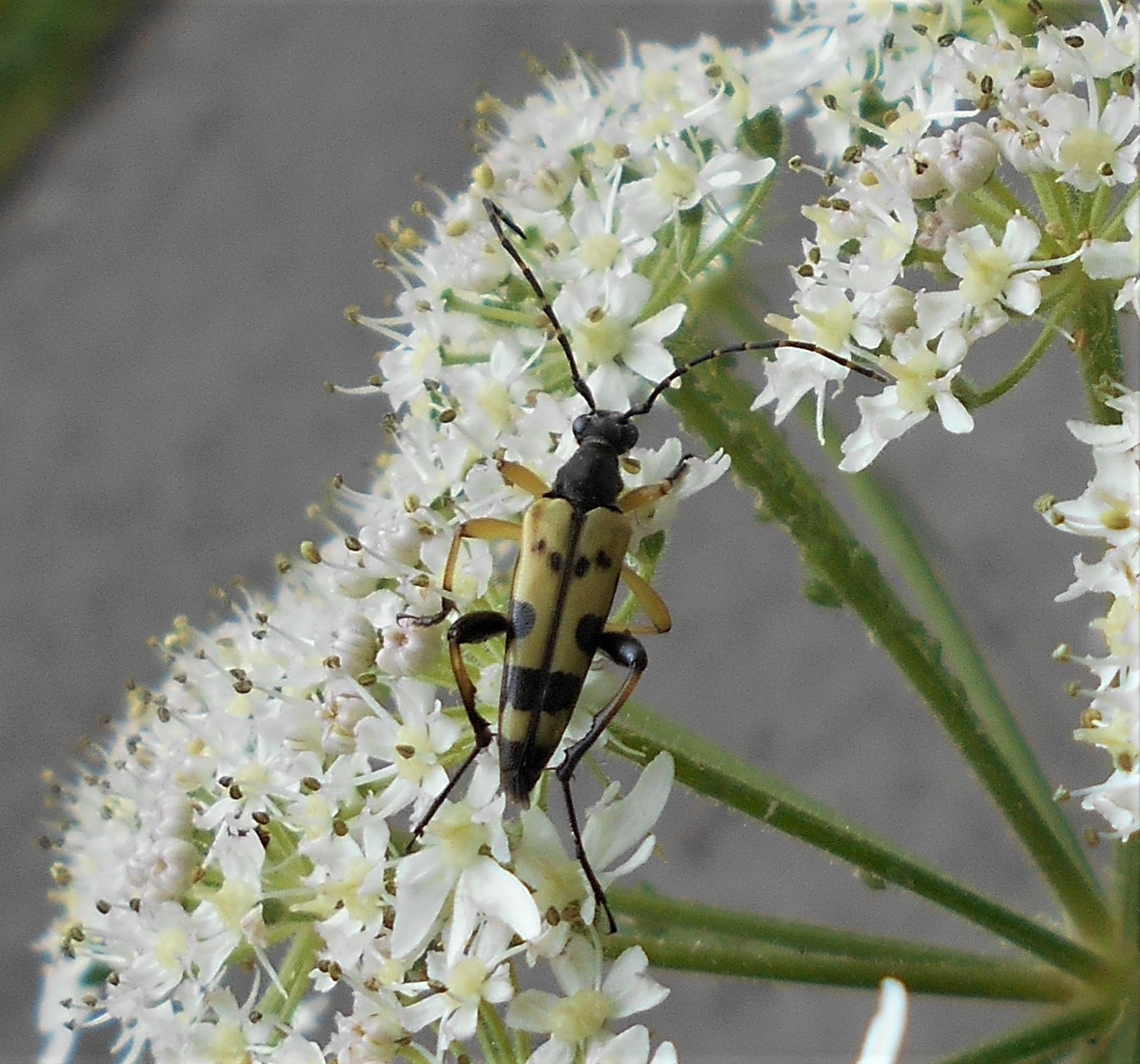
A very overcast afternoon with a strong, blustery wind but thankfully dry, unlike most days these last weeks when torrential rain and periodic thunderstorms have blighted what should be the loveliest days of the year. Lack of sun means a total absence of butterflies and the insect bonanza of a couple of weeks ago has fallen to a trickle of odd specimens. This Black and Yellow Longhorn beetle is evidently extremely common but he is new to us and is rather a handsome fellow. We were interested to read Paul Evans writing in the Guardian Country Diary that
“Rutpela and other flower-longhorns have lives divided into separate bodies in which they inhabit two very different worlds. These are saproxylic beetles and their larvae feed on dead wood – fallen boughs, hollow trunks or rotting stumps of oak, hazel, birch, beech, willow and sometimes fir. All these trees grow in the woods surrounding the old railway line, and in the rotten darkness of secret, incredibly species-rich interior universe of what I call the Saproxylica, longhorn beetle grubs grow big and fat for three years. They pupate and emerge as adult beetles from May until August, when they fly from darkness into the sunlight and specifically to the flowers of Apiaceae, umbelliferous flowers such as these majestic hogweeds.”
He also points out that they only live as adult longhorn beetles for two weeks – such a shame when they are eye-catching and rather beautiful. We noticed both quite a few Thick-legged Flower beetles but without the fat thighs so they must all be females who presumably don’t pump iron, a Red Soldier beetle, whose colour is always striking, there were quite a few 7 spot Ladybirds, a great fat and flashy golden yellow Hornet on the hunt.
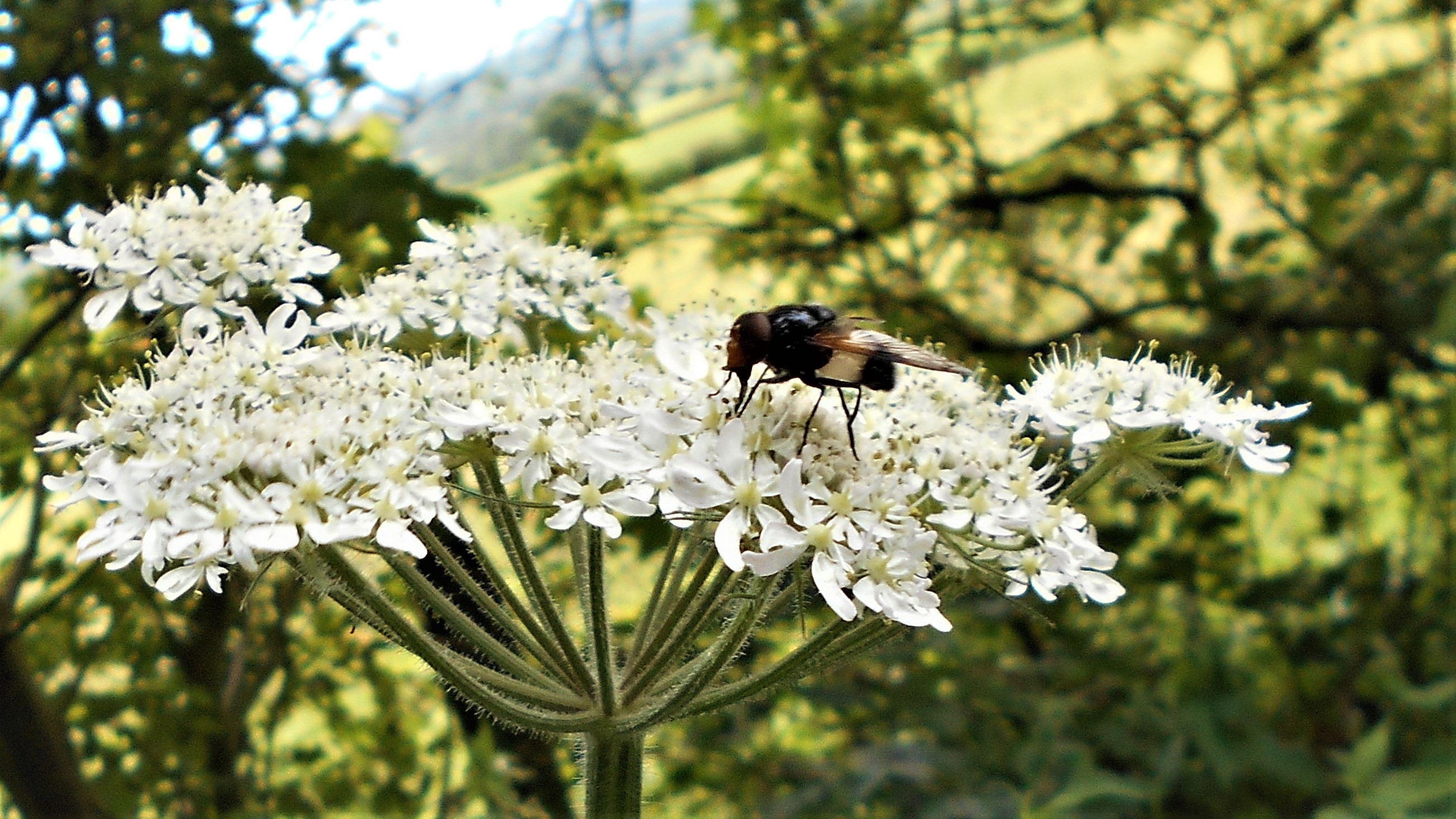 Pellucid Hoverfly
Pellucid Hoverfly
What there were in profusion were bees, more and more bees and hoverflies – almost every flower head it seemed had its busy nectar ravenous bee, bumble bees (including Buff-tailed and Common Carder) honey bees, hoverflies, (including a good many Pellucid as above) and even a Yellow dung fly which we initially mistook for a new species of bee.
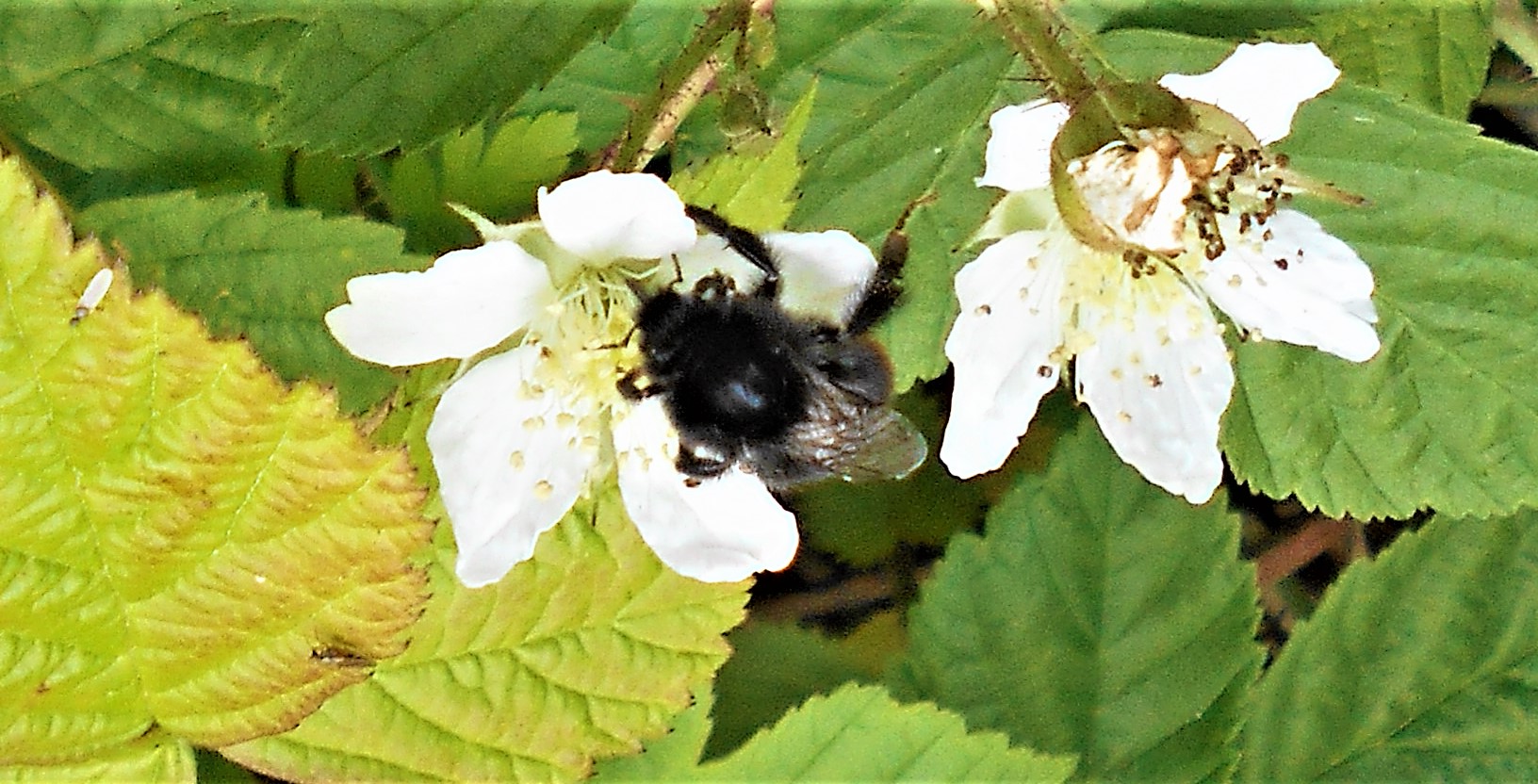
What caused the greatest excitement was a cluster of common hogweed whose flower heads were covered in red ants. Could these actually be the wood ants so beloved of Nightingales for which we have searched and hoped to see for so long? Very regretfully, no. Despite peering at the ants, poring over the greatly enlarged photographs, we had to admit that they were Common Red ants and not our longed for wood ants. Ah well, maybe if the Nightingales do return they might be hungry enough to content themselves feeding on any Red ants the Woodpeckers leave behind.
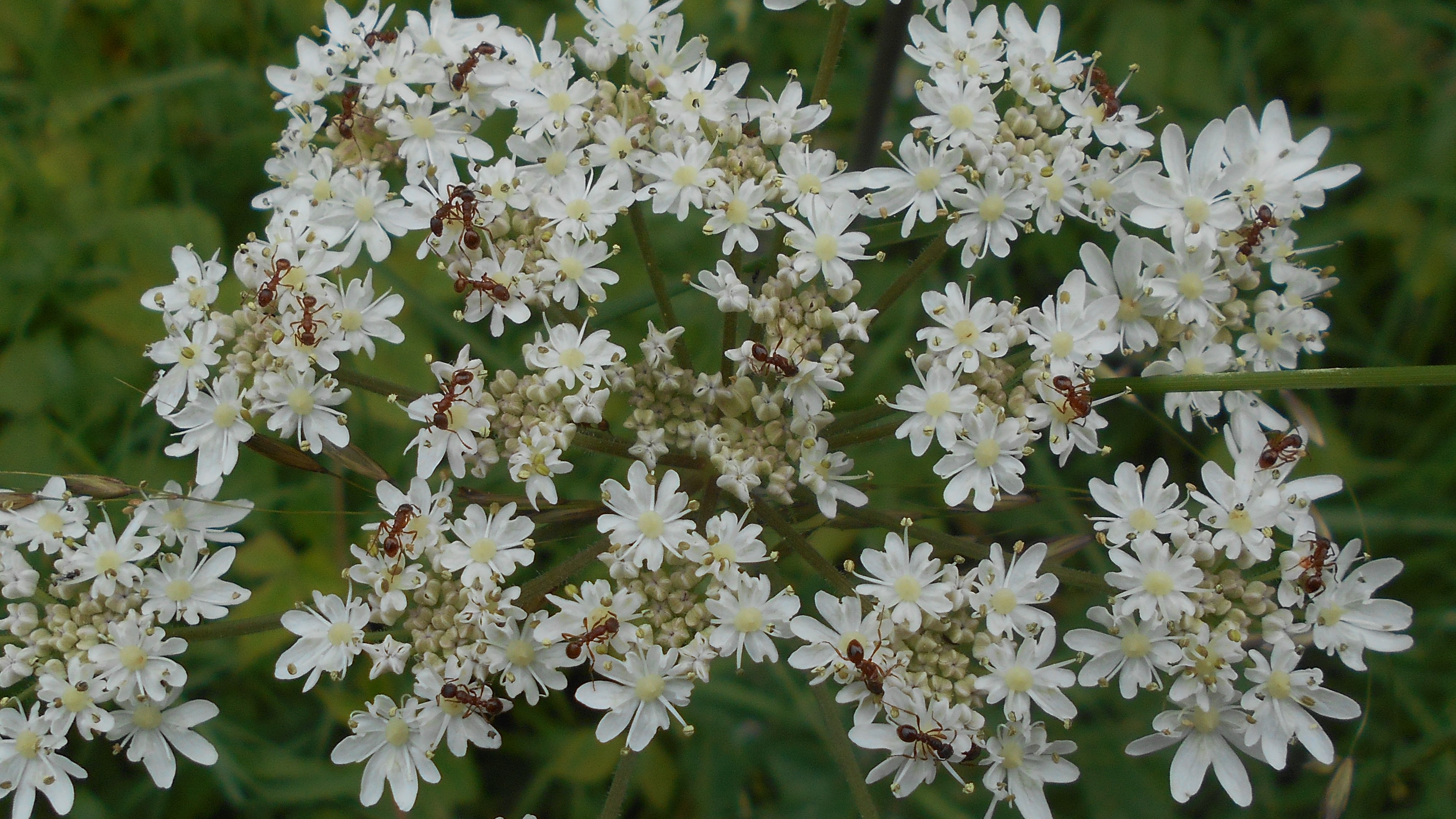
We met a group of Australians, newly arrived in the UK, dashing through at top speed but stopping long enough to say they had seen a Brown Hare lolloping along the path in front of them and a couple of grey squirrels. Quite a few cyclists but no other walkers. Very few birds either – Chiff Chaff, Robin, Blackbird, Common Whitethroat, Lesser Whitethroat, Crow, Buzzard and several Song Thrushes singing beautifully but not full on song.
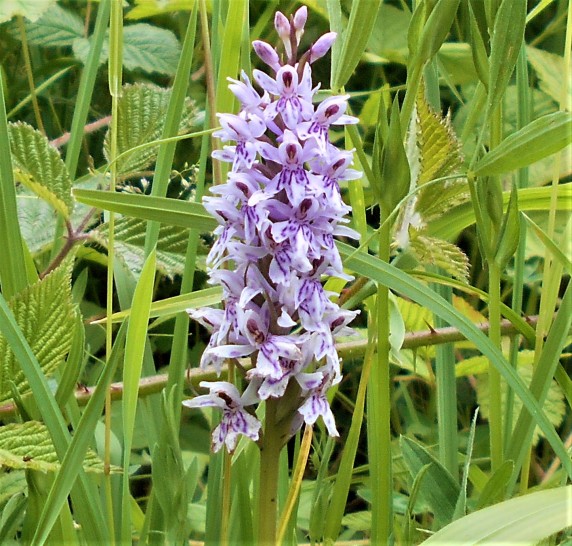
Plants: Common Spotted Orchid, Meadow thistle, Hedge Bedstraw, Meadow Cranesbill, Bush Vetch, Meadow Pea, Ox-eye Daisy, Red Clover, White Clover, Red Campion, Common Hogweed, Herb Bennet, Herb Robert, Common Valerian, Bird’s-eye Speedwell, Forget-me-not, Ribwort Plantain, Common Chickweed, Hedge Woundwort, Hop Trefoil, Crosswort, Creeping Cinquefoil, Dog Rose, Wood spurge, Ground ivy Field Bindweed, Stinging nettle Buttercup, Goosegrass, Butter -burr, Harts Tongue, Agrimony, Prickly Sow thistle, Black Bryony, Wintercress, Wild Strawberry, Bittersweet, Bramble flowers, Elderflower, Hairy Tare, Cut-leaved Cranesbill.
9th June 2019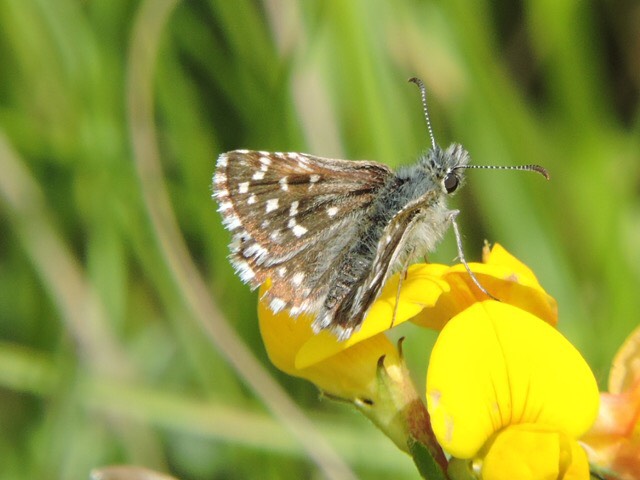
Email from John Hansford with news of his enjoyable 90 minutes hunting along Colliers Way today, coming back with First Prize – the very first sighting of a Grizzled Skipper in the area – what a coup! And managing to get such a good, clear photograph of it for the record – brilliant. Grizzled Skippers are scarce throughout the country and one of three threatened species of butterfly here in Somerset, so this is a really exciting find.
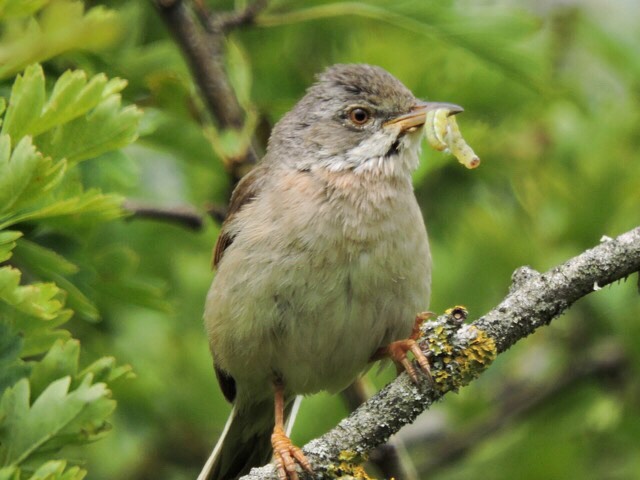
His beguiling photograph of a Common Whitethroat with fat caterpillar surely earns its share of the laurels, which together with the Brimstone and Common Blue butterflies 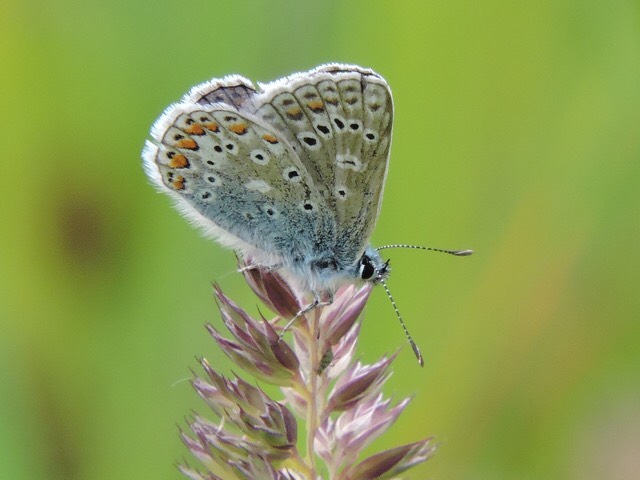
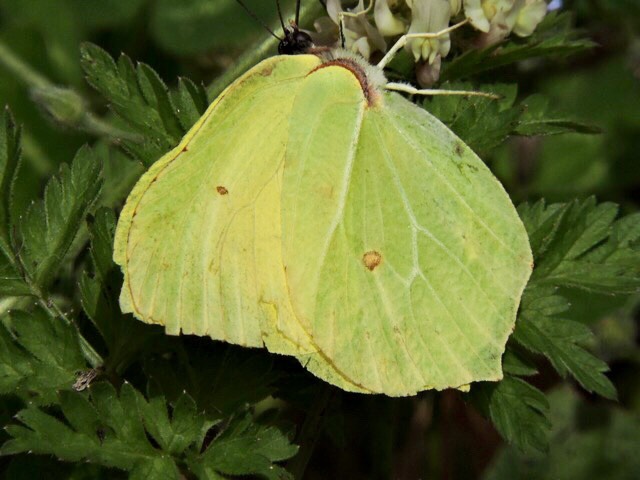
and the Cinnebar Moth made for a pretty satisfying Sunday afternoon’s stroll by anyone’s standards!!
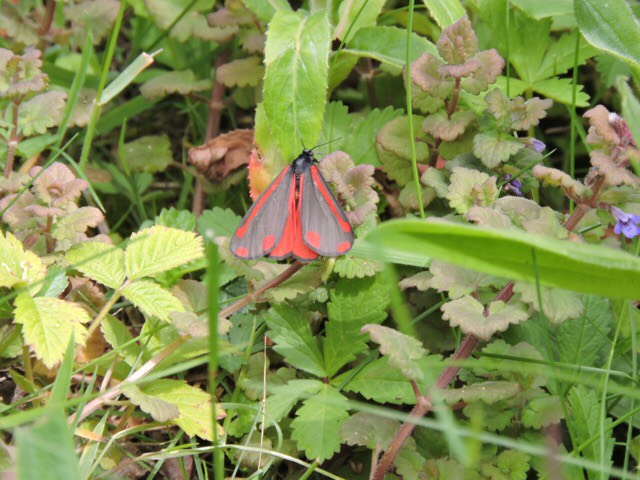
6th June 2019 / Temp: 17C / 2.30pm – 4.30pm
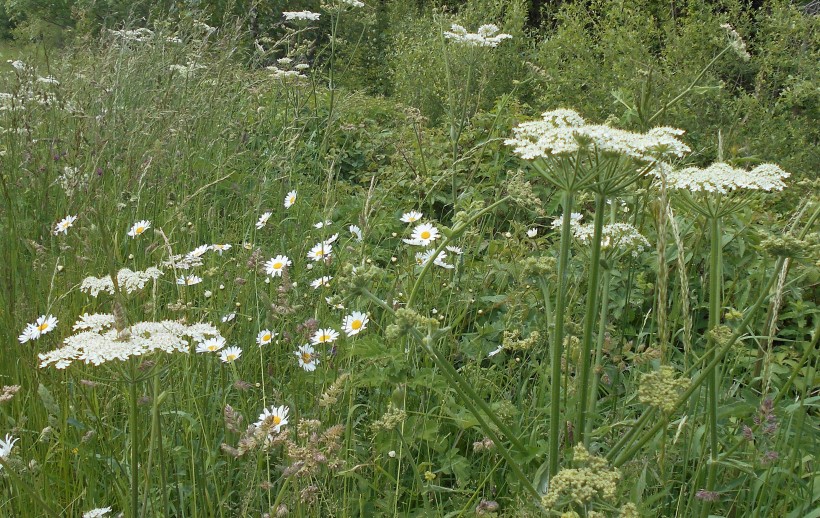
Although the temperature looked reasonable, the surprisingly chill, very blustery wind took the warmth out of the afternoon air when the sun disappeared behind the clouds. However, when the sun shone, the tangled riot of tall grasses, generously scattered with equally tall hogweed, cow parsley and ox-eye daisies, the embankments and verges between the cycle path and the boundary tree and hedge line is June at its most verdant.
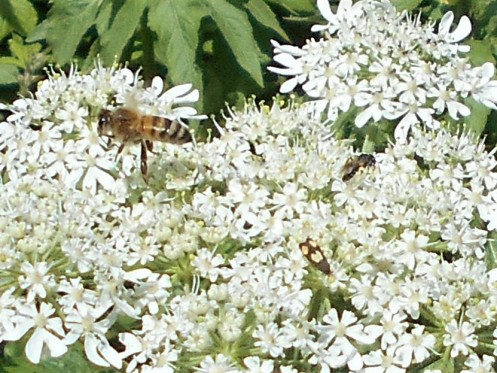
Dog roses intertwined with the star-like flowers of the white bryony clamber over hedge and tree, the elderflower in full bloom scents the air and although the June lull in butterflies meant we only saw a handful of Brimstones, a couple of Common Blues and a few Speckled Woods, it is more than compensated by the insects. In a recent survey, common hogweed was found to be in the top ten of nectar producing plants and it seemed almost every flower head contained at least one but often two or three different bee species sharing the space with wasps, daytime flying moths (including what we thought might be a Strawberry Bright and a Yellow-barred Longhorn moths) hoverflies, or other pollinators. 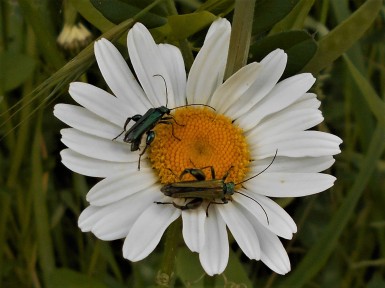
Thick-legged Flower Beetles
The ox-eye daisy seemed the preferred flower for hoverflies, clusters of tiny black beetles, lots and lots of the ubiquitous thick legged flower beetle, and even female white crab spiders, one enjoying its prey, nearly twice its size, and another mating with a male spider. We knew that the male tied the female with its silken thread before mating but we were intrigued to see that half a dozen or so petals had been bent down and secured to form a small but effective hiding place. As this same phenomenon was evident on both flowers, they must have been constructed by the females; so effective were they that we had to lift a petal with extreme care before we could see the spiders and their mates or prey almost completely hidden in their dens.
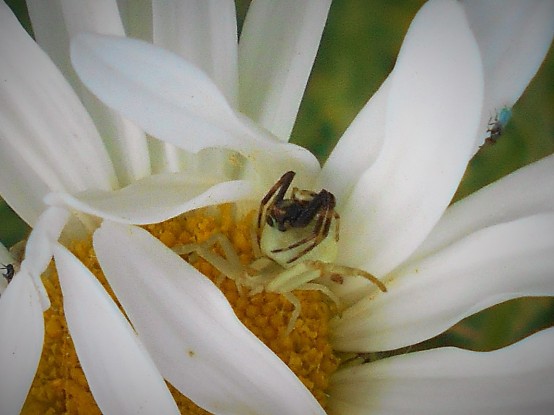 Male White Crab Spider mounted on a Female White Crab Spider
Male White Crab Spider mounted on a Female White Crab Spider
A Marmalade hoverfly and Red & Black froghopper were amongst the insects we were able to identify but there were so many furry flies, long legged flies, indistinguished looking brown moths and beetles which we couldn’t begin to sort out, despite flicking through books and scouring the internet. However, named and unnamed, in view of the frightening fall in numbers of pollinating insects across the whole of rural Europe, it was good to see so many different species in such numbers, honey bees, particularly drones, appearing to be the most prolific, although there were also lots of bumble bees.
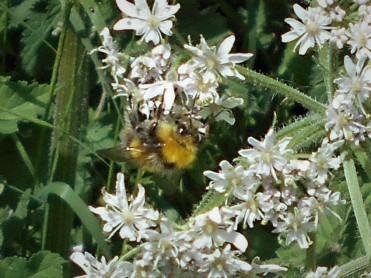
Plants: Yellow Rattle, knapweed, white deadnettle, scabious, creeping cinquefoil, herb robert, stinging nettle, herb bennet, bee orchid, bird’s foot trefoil, ox-eye daisy, hogweed, cow parsley, buttercup, white clover, red clover, dove’s foot trefoil, hop trefoil, daisies, sorrel, bird’s eye speedwell, bush vetch, red campion, bladder campion, field bindweed, chickweed, bramble, dog rose, forget-me-not, cut-leaved cranesbill, meadow cranesbill, dogwood, goose-grass, white bryony, black bryony, ground ivy, goats beard, winter cress, smooth sow thistle, prickly sow thistle, hairy tare, arum lily (in berry) common poppy all in flower.
Red & Black Froghopper 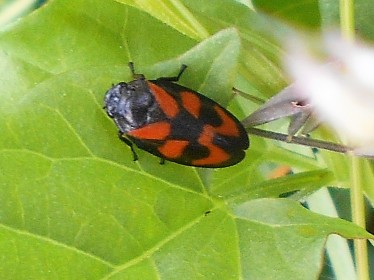
It was so lovely to see a common lizard basking on the meadow anthill at the foot of the embankment again – possibly the same one we saw a few weeks ago and several white lipped snails clinging to tall grass leaves swaying in the breeze. The Broad-bodied Chaser Dragonfly is a wonderfully colourful unusual visitor from the large tree surrounded pond in the midst of the adjoining arable farmland and the squawk of a moorhen which we heard is probably from the same place.

Hardly any bird song but a good number of warning churrs, presumably from parent birds warning their young, although we did spot Yellowhammer, Whitethroat, Willow Warbler, Goldfinch, Chiff Chaff, Wren, Great Tit and a Blackbird who seranaded us with is beautiful song as we passed by watching a Buzzard circling and circling overhead.
Marmalade Hoverfly
Lots of lycra clad cyclists, most with heads down and pedalling at speed, a few dog walkers and a couple of older women, Nordic walking, who stopped long enough to exchange memories of childhood walks with grandmothers who taught them the name of the plants.
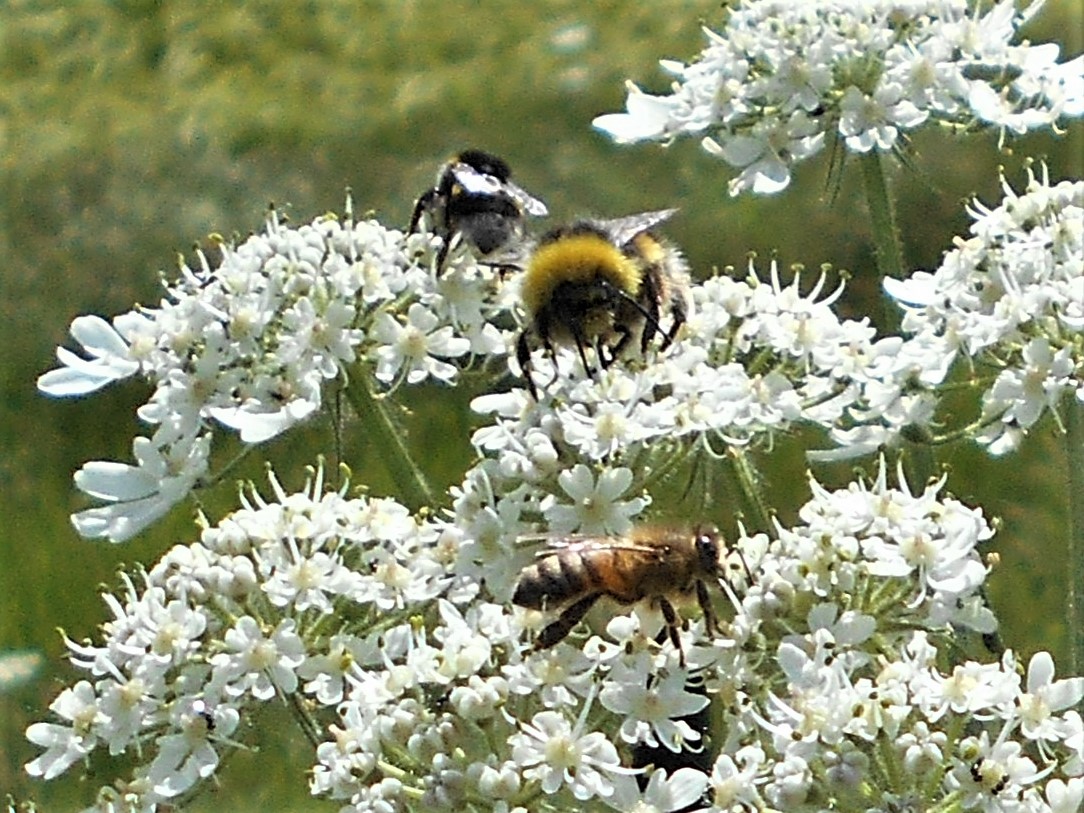
23rd May 2019
Nightingale and Butterfly habitats on Colliers Way
Further to our concern about recent work along the cycle path, we have received a reply from the Sustrans officer overseeing part of the clearance; the paragraphs relating to Butterfly and Nightingale habitats are posted in full.
“There were several components to the winter management work that took place this winter. Part was tree and hedge cutting commissioned by my colleague as part of the regular route maintenance programme, part was clearance around structures requested by our structural engineering team and delivered by the contractor, and part was work undertaken by volunteers under my direction, either the Frome’s Missing Links team or the Radstock group.
The routine tree and hedge cutting carried out this year was more significant than previously. This was driven in part by a desire to maintain a deeper verge that can be left longer between cuts, cutting wider and therefore less often. There are a number of benefits to this including gaining space for a wider range of transitional habitats, preserving a more stable shape to the scrub edge rather than undercut walls of vegetation which are liable to collapse onto the path, and shifting the valuable scrub where it will not need to be cut each year. This involves more drastic change at the time but should lead to reduced disturbance overall.
However, this overarching principle should have been more sensitively adjusted to specific situations on the ground. While I had notified my colleague of your [Nightingale] sighting, I was not involved specifying the work, and did not deal directly with his contractor. There were a number of instances where the work undertaken was not as I would have wanted and this has led to my colleague and myself reviewing the routine management specification in more detail.
I was also unaware of the scale of the clearance that was planned around the culvert at ST 726508 [where Nightingales were sighted by local ornithologist]. As mentioned, this is led by our structural engineering team, who request clearance of trees/mature scrub near bridges, culverts or retaining walls to preserve the life of the structure and prevent collapse. This is part of our legal responsibility for the conveyance of water across our land, as well as being required to keep the path in good condition. From the size of the trees/scrub removed I would imagine the culvert hadn’t been cleared in a while, which might have been because we weren’t aware it was there, and might be because there is now a much stronger push on keeping a 2m area clear wherever possible. Had I picked up that there was a culvert at the location I would have been able to warn that clearance might be required, so I apologise for this failure of mine.
Lastly, regarding the work by the volunteers, we had discussed and agreed to restore the orchard area planted at ST 728507, pushing back the scrub encroachment to reclaim a previously more open character and maintain a wider grassland area. However, the contractor visited ahead of one of the planned workdays, and unbeknownst to me cleared much of the scrub we had planned on tackling, including removing one of the buddleias. The FML volunteer manager called me when he arrived on site and asked if they could change their plan and push further back to make a space to create a dead hedge with the arisings. Without sight of the situation I agreed, but when I joined the group at the next workday, I realised that a) the contractor had cleared and much larger area than I had understood and b) FML had cleared paths into a blackthorn thicket I did not want to open up further. We altered the plan for the workday and focused on pruning the apple trees and removing bramble shoots from the grass. The overzealous clearing by the group was my failure to recall the details of the site location and keep abreast of where and what was proposed.
I hope this goes some way to explain the decision-making processes that were involved in this winter’s work. By way of learning from this my colleague and I are revising the schedule of information that goes out to our contractors and resolving to ensure our works are better integrated and coordinated. This will be helped by a new GIS mapping system that should ensure all relevant information is recorded in one place in a manner that can be more easily shared.”
8th May 2019 / Temp: 8-10.5 C / 2.15pm-3.30pm – Heavy rain storms with a brief sunny interval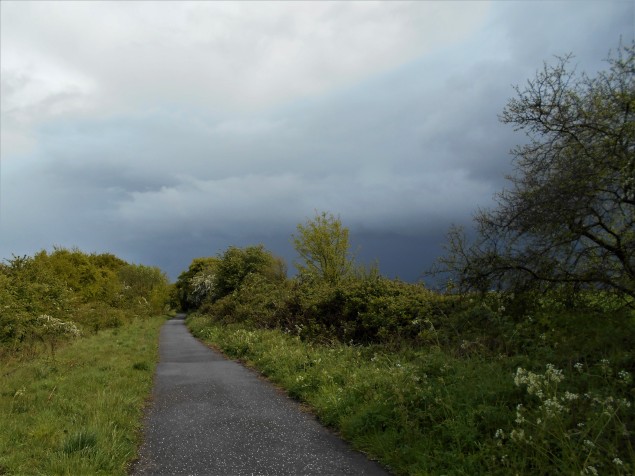
Fortune favours the brave! We arrived in a drenching rain storm which fortunately stopped soon enough for us to manage an all too brief walk, but when we caught sight of the looming slate coloured clouds, we quickly headed back and managed to make the car just before the next storm hit.
Hardly May weather but although there were no basking lizards or warm sun to lure us to laze on the grass, the rain didn’t seem to deter the birds, many of whom were singing their hearts out at top volume. Fewer than last week but Robins, Chiff Chaffs, Chaffinches, Blue Tits, Great Tits, Wrens, both Common and Lesser Whitethroats tried to match the sublime notes of the Blackbirds and the beautiful rich clear song of the Song Thrushes serenading or more likely challenging each other from their fiercely defended territory despite the rain. Neither the Pied Wagtail streaking past nor the Swallows swooping over our heads made a sound but that may have been because they were too busy listening to the Raven gliding over the trees continuously croaking.
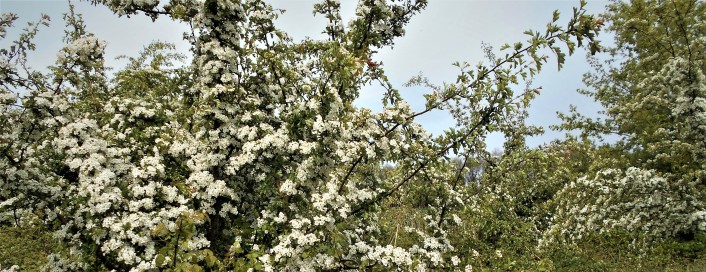
The may blossom was in full extravagant flower on the hawthorns and although the flowers along the verges and banks looked a bit rain battered, they still made such cheerful splashes of colour – bright sunshine yellow cowslips, buttercups and hop trefoil, every shade of blue from the almost purple Spanish bluebells, bugle, ground ivy, birds eye speedwell to the pale blue forget-me-not, the zinging pink red campion, dove’s foot cranesbill, herb robert, red dead nettle to the gentler hues of wood spurge, green and white cow parsley, may and dogwood glowing white in the gloom. May is such a beautiful month – every leaf and flower so fresh and newly opened – what joy!
30th April 2019 / Temp: 16.5 C / Cloudy, Sunny periods
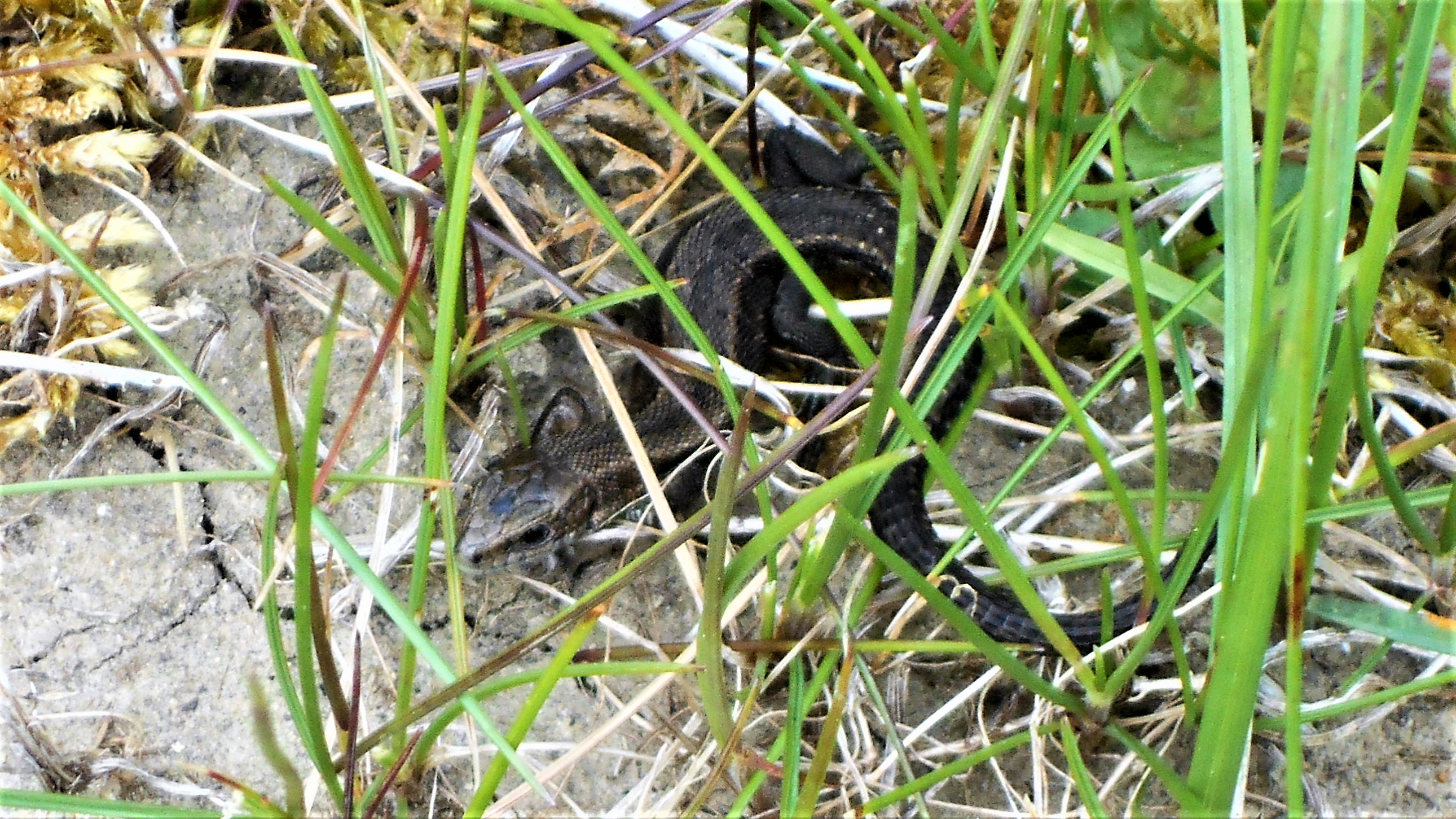 Common Lizard disturbed while basking on meadow-ant hill
Common Lizard disturbed while basking on meadow-ant hill
Two common lizards basking on two meadow-ant hills on the embankment, the second with a two-spot ladybird as a companion! A St Mark’s fly hovering around the newly opened Hawthorn flowers, legs trailing. Red tailed bumble bee, several Black honey bees, many unidentified bees, a single Wasp.
It was very quiet and peaceful. While walking home we sat down on the grassy bank surrounded by cowslips and listened to two Song Thrushes challenging each other across the valley, the one in a tree beside the cycle path leading, and the other down by the trees edging the pond answering; Blackbirds and Robins joined in, Chiff Chaffs and finally a Skylark, high, high up in the sky above us twittering his non-stop song and above the trees two Ravens croaked to each other as a Buzzard mewed above them. All the birds of Somersetshire……
Birds: Chiff Chaff, Blackbird, Robin, Song Thrush, Chaffinch, Common Whitethroat, Willow Warbler, Wren, Yellowhammer, Skylark, Magpie, Goldfinch, Great Tit, Long-tailed Tit, Crow, Raven, Buzzard, Jackdaw, Woodpigeon, Pheasant. [No Nightingales.]
Butterflies: Brimstone, Orange Tip, Peacock, Speckled Wood, Holly Blue.
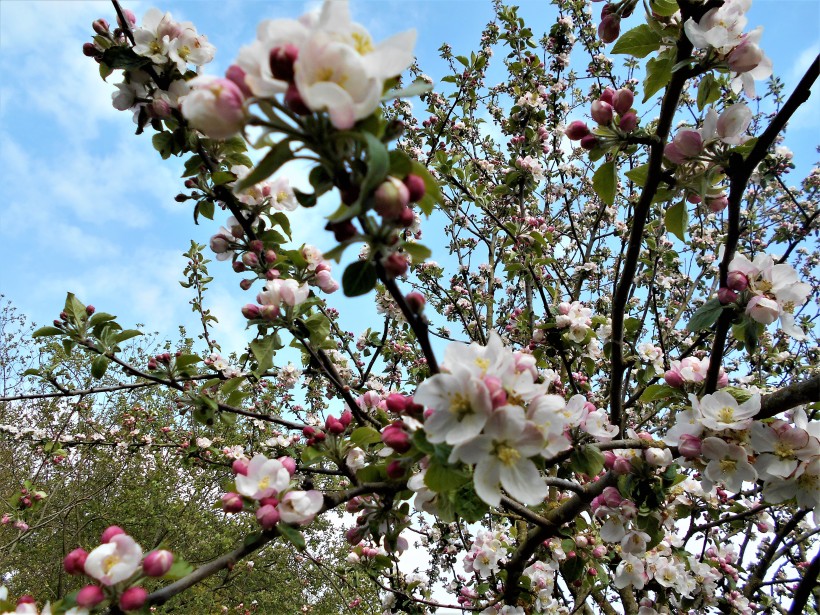
Plants: Bush vetch, Meadow vetchling, Common vetch, ground ivy, bird’s eye speedwell, field speedwell, hop trefoil, common birds foot trefoil, cowslip, white deadnettle, red deadnettle, meadow buttercup, creeping buttercup, cow parsley, red campion, common horsetail, dandelion, dogs mercury, garlic mustard, dove’s foot cranesbill, primrose, cowslip, herb robert, forget-me-not, groundsel, wood spurge. Apple trees, Hawthorns, Cherry trees, Norway Maple and Dogwood all in flower.
April 2019
An update from our local Ornithologist: Please understand that I cannot publicly share locations for Nightingales – if the sites are discovered the habitats may be destroyed.
29th April 2019
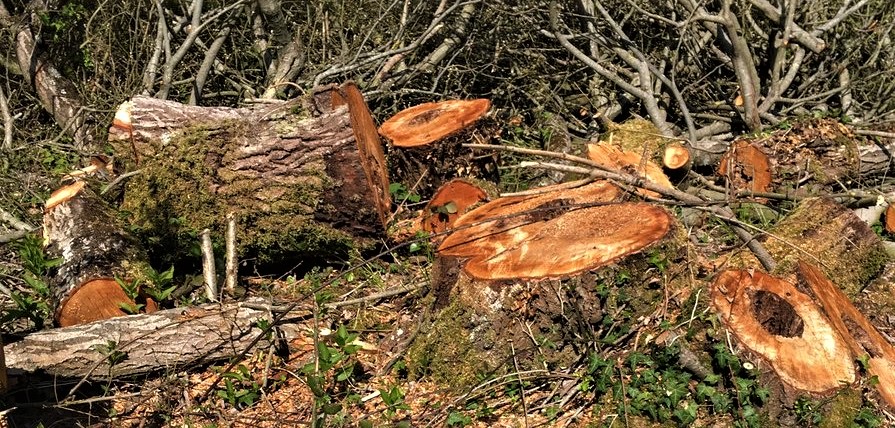
Despite three or four reminders, our local Ornithologist has yet to receive a satisfactory response, explanation or apology from Sustrans regarding his complaint about the destruction of Red Listed bird habitats along Colliers Way. If a response is forthcoming, we will of course post it.
Meanwhile, here is a link to Let Nature Sing – RSPB recording
Adrian Thomas, the RSPB’s birdsong expert, who recorded each of the birds on the track between 2016 and January this year, says we have lost our connection to nature. “Go back maybe 100 years and people would have recognised almost all of these birds,” he says. “They would have been in tune with the landscape and they would have read all the changes in the seasons. I’d love to get to the point where we recognised those things again.”
Thomas began recording birdsong as a young boy on the small Worcestershire nature reserve cared for by his dad. “There were nightingales there, so we would go out at night to hear them, along with scores of people from across the county who would travel to listen to them,” he says. “The problem now is that nightingales have had a 90% decline in the UK over the past 50 years, so finding them is very hard.
20th April 2019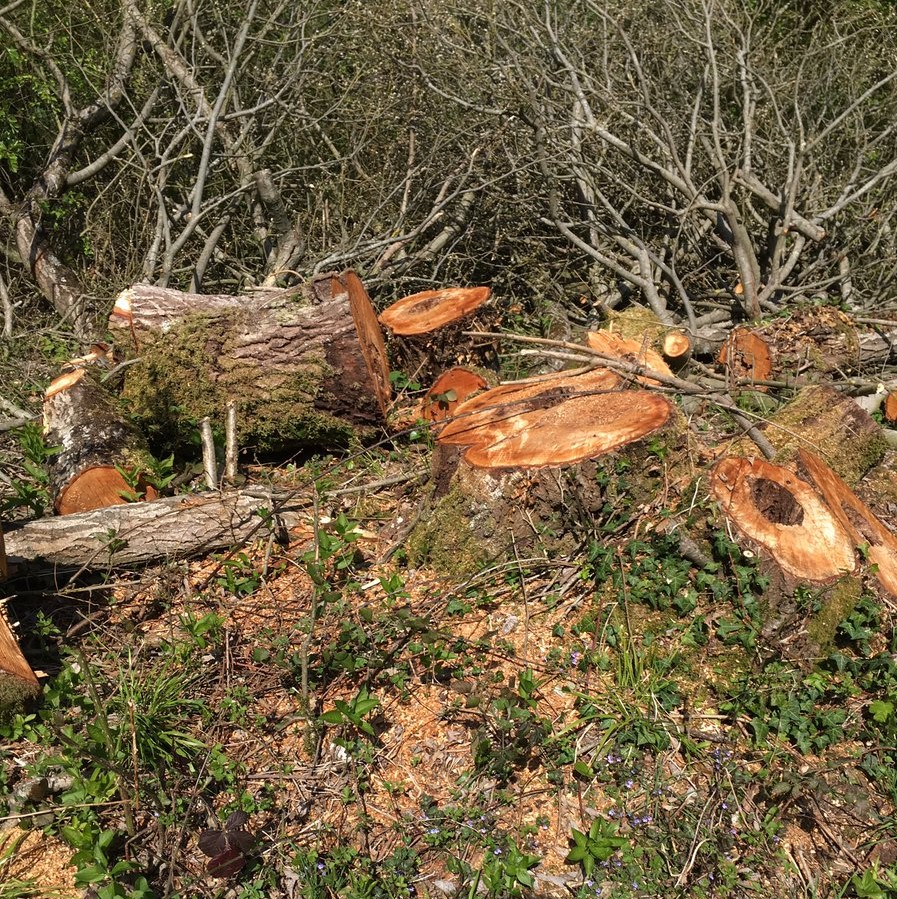
“This is where ……. (a fellow ornithologist) and I saw a Nightingale last summer. Thank you Sustrans.”
Further observations and accompanying photographs from local Ornithologist; the photograph above refers to the area on Colliers Way where Sustrans, their contractor and Frome’s Missing Link agreed in 2018 not to carry out any work [see entry 18.3.2019 below for full details].
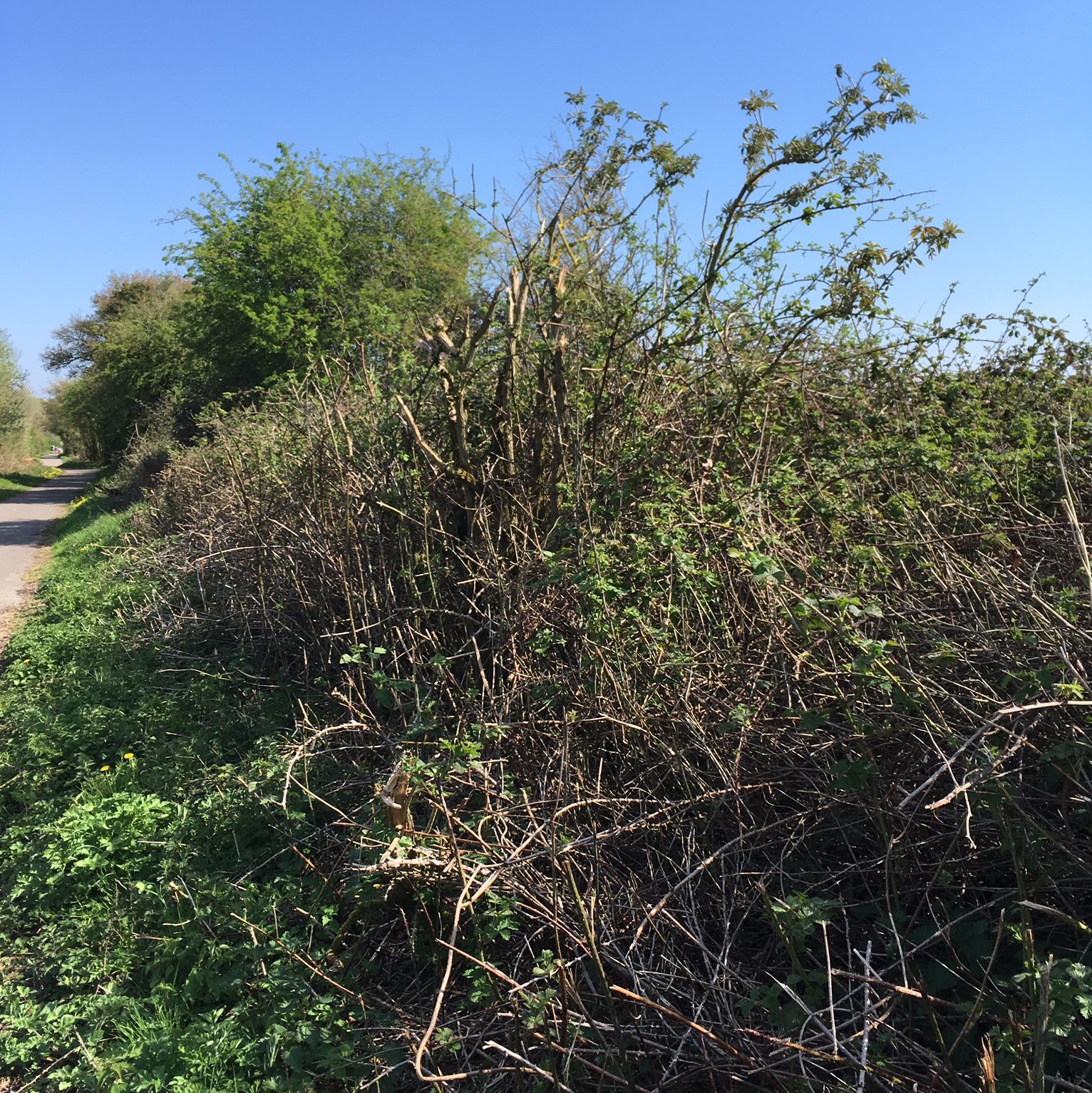 “Lesser Whitethroats bred here. None of this prime habitat needed anything doing other than left alone.”
“Lesser Whitethroats bred here. None of this prime habitat needed anything doing other than left alone.”
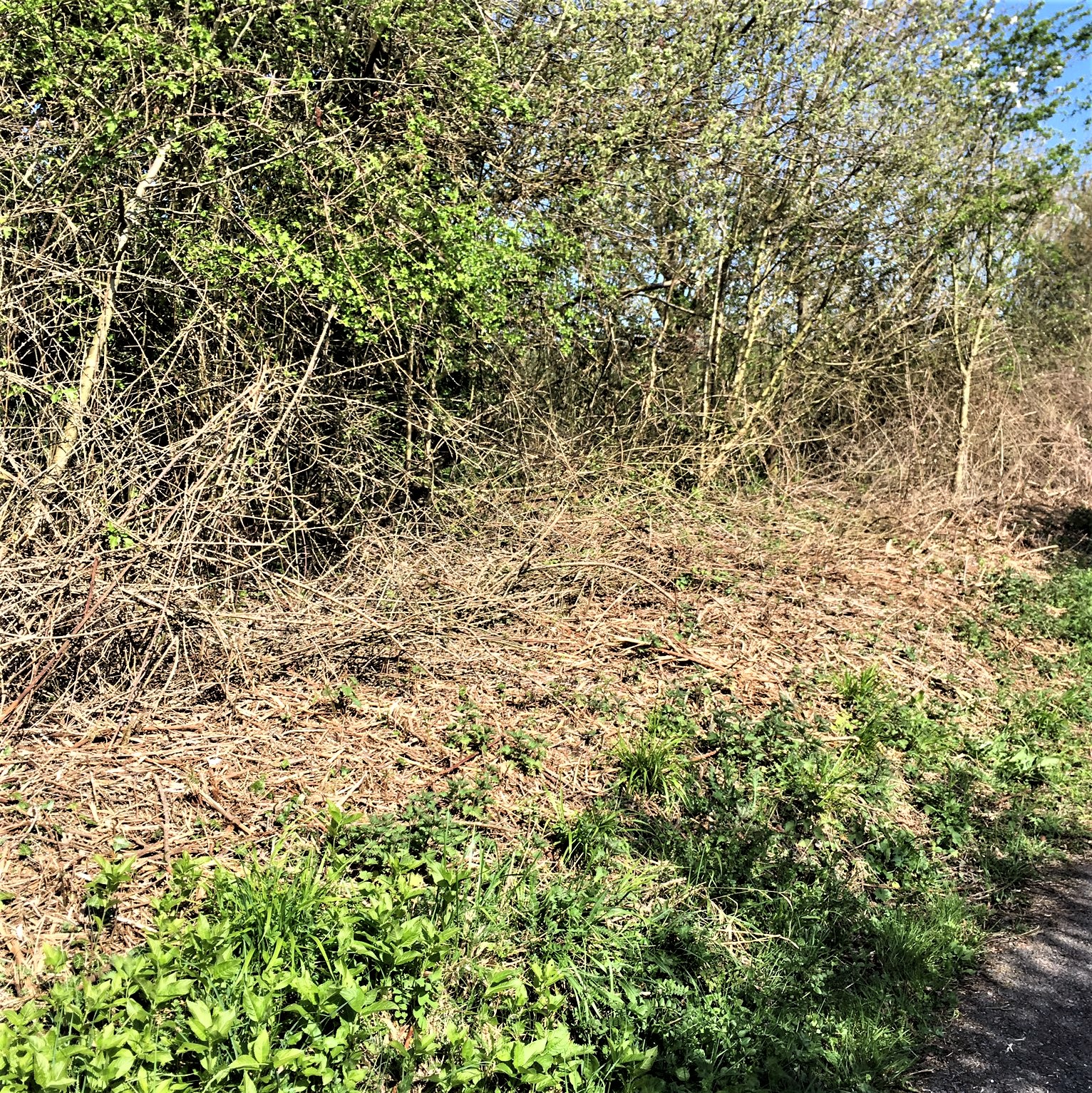 “This is where Garden Warblers bred last year.”
“This is where Garden Warblers bred last year.”
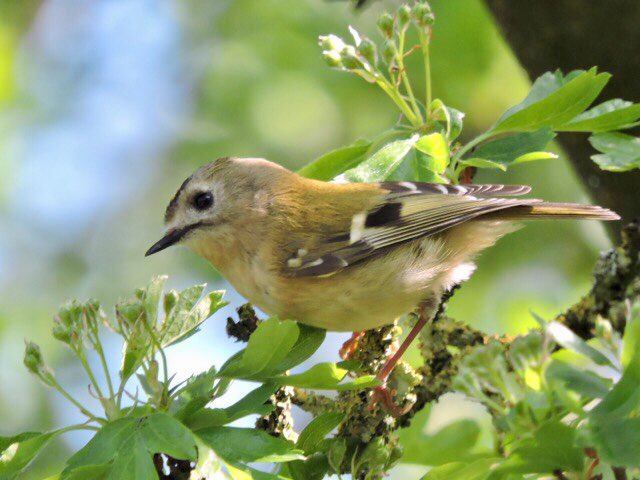
c. John Hansford
John Hansford’s latest sightings on Colliers Way : 11 Common whitethroats, 4 Willow Warblers, Tawny Owl heard, 3 Song Thrushes, 8 Buzzards , 4 Goldcrests inc this one.
10th-12th April 2019
Below is the letter a local ornithologist has received from Sustrans in reply to his complaint about the damage caused, predominently to the bird and butterfly habitats along the Great Elm to Mells Station stretch of Colliers Way and his reply :
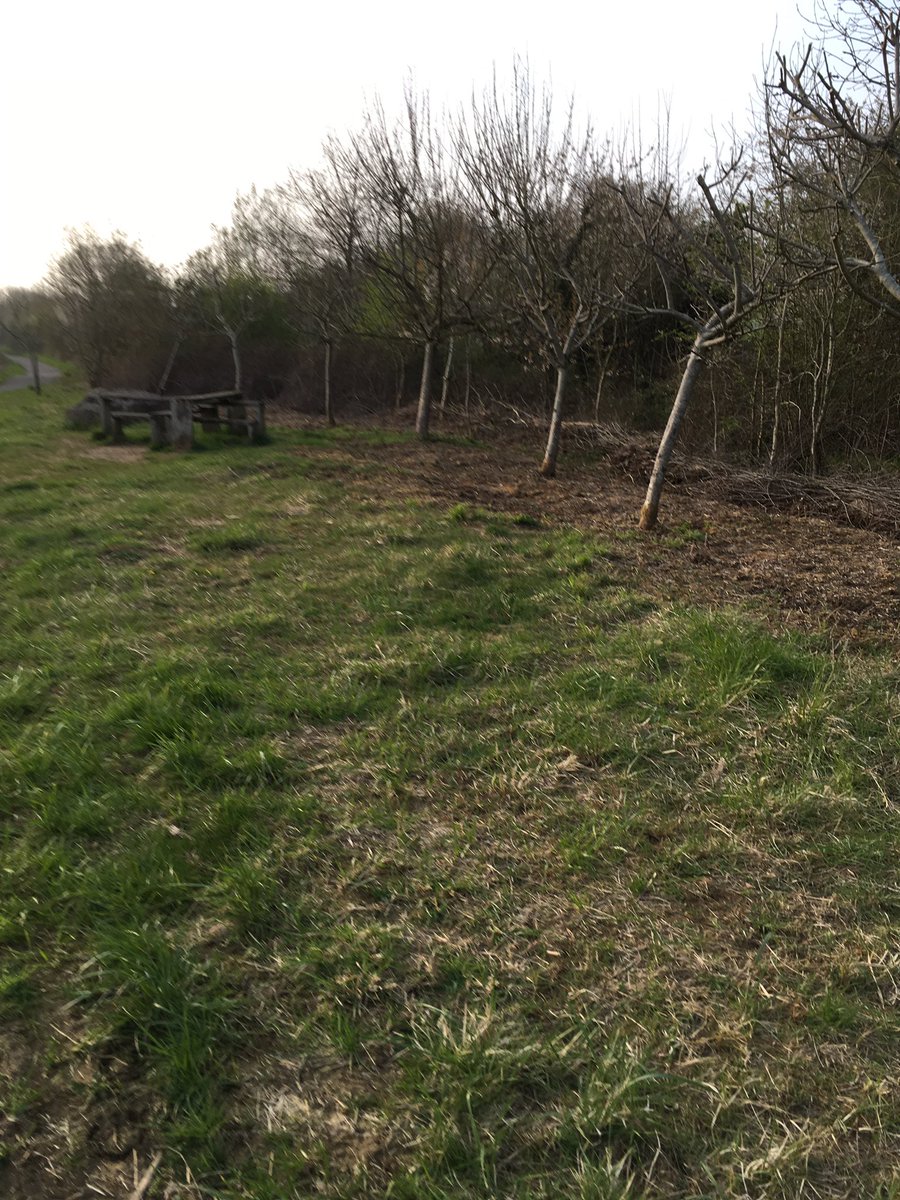
Sustrans: Apologies for not getting back to you sooner, and I am sorry for the distress caused by the work at Mells Orchard. There was a range of work carried out in this area for a range of reasons but I recognise you feel we have not got the balance right on this occasion and I would welcome the opportunity to discuss this further with you.
If you are willing would like to meet with you and any others on site to discuss this and have input to our management plan. I would be able to meet on Friday at 3pm or alternatively on Weds 24th May.
Ornithologist: Thank you for your mail. Distress about what has been going on at Mells Down is an understatement. The reply on Twitter from whoever runs the Sustrans Twitter Account [see below] was also unacceptable. Packed with Vague nonsense.
Firstly, can you please confirm that no further working parties will take place along this stretch from the Pipeworks through to Great Elm/Buckland Dinham until further notice.
This is really important. Habitat that has taken decades to mature has been destroyed without any thought/logic/consideration and at great damage to Nature. Here is an example. No encroachment on to the cycle path. In fact no reason whatsoever to cut this back.
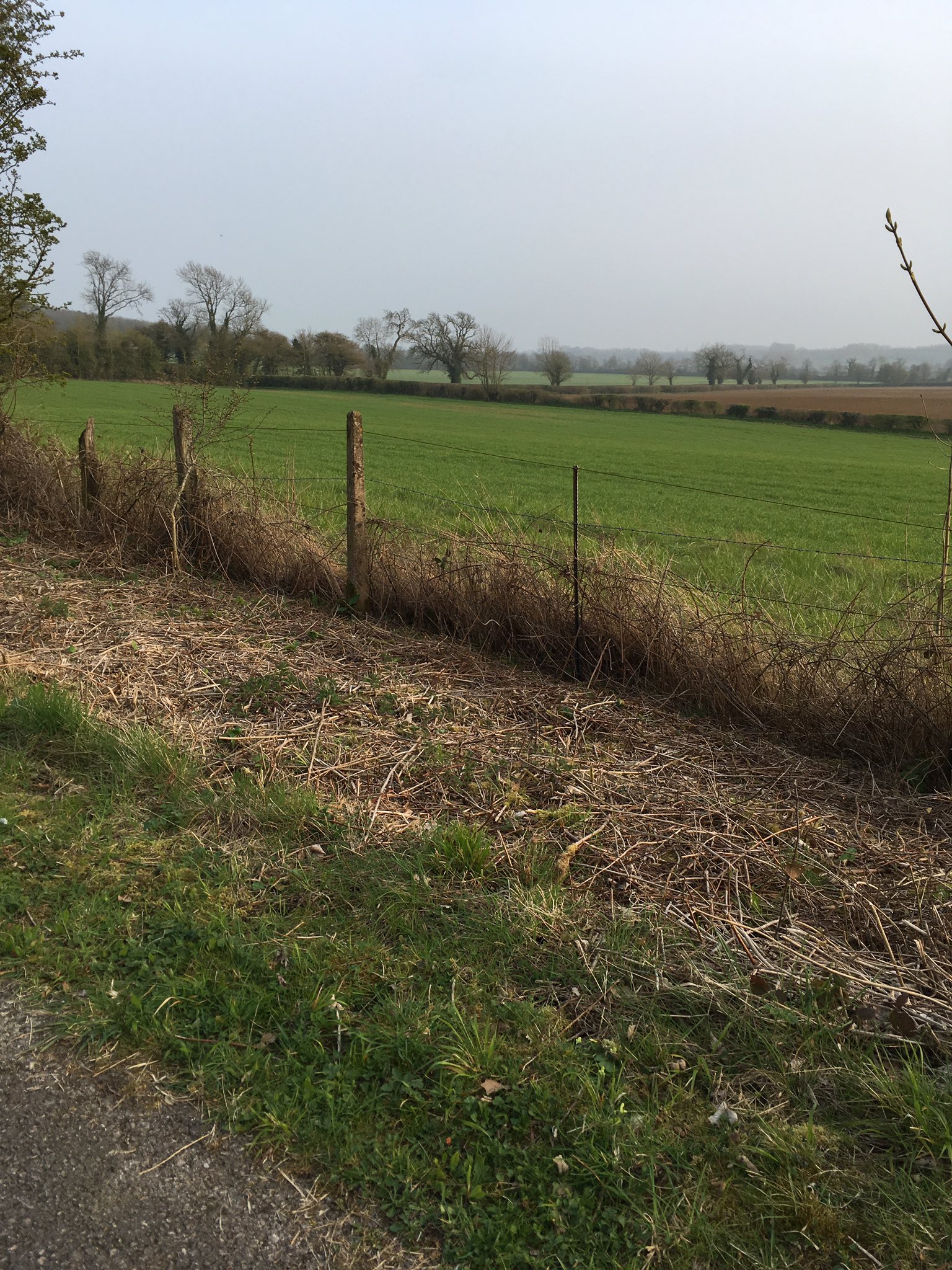
Nowhere now that Blackcaps, Garden Warblers, Common Whitethroats etc can nest. Over a dozen Butterfly species could be found here as well as numerous Moths. All along the cycle path there are examples of this type of thing. Even where the Lizard Colony is/was so who knows what effect that will have on them?
I cannot meet Mon-Friday due to Work. 24th May I will be on the [……………….]
The trees at Mells are not an Orchard but just a small number of Apple Trees. I am shocked that you feel this area needs a “Management plan”. It needs to be left as Nature intended. Unless “Management Plan” is a term used to disguise the complete lack of awareness of the damage that has been done so far. Please stop now before you are responsible for any further habitat destruction.
An answer needs to be provided as to why after promises not to do anything on the Nightingale Area this was actually an untruth and irreparable damage has now been done.
9th April 2019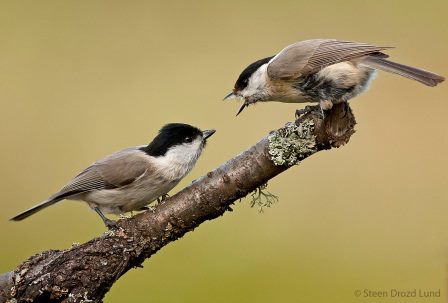 Marsh Tits Steen Drozd Lund birds4u.mzzhost.com
Marsh Tits Steen Drozd Lund birds4u.mzzhost.com
A noted local ornithologist has become aware of the devastation inflicted by the recent work on the trees and undergrowth along Colliers Way and has written to Sustrans as follows:
“Just to let you know I am contacting the RSPB and other organisations to put a stop to the Vandalism that you are overseeing on Mells Down.
“Fun Days Out” it says on the Wesbite [Fromes Missing Links]. Where is the fun in destroying vital bird habitat for Common Whitethroats, Lesser Whitethroats, Garden Warblers, Willow Warblers, Marsh Tits, Yellowhammers, Nightingales, Linnets, Bullfinches etc etc
I could not believe my eyes when I visited Mells Down cycle Path on Sunday. Heartbreaking. Who on Earth has authorised the mass destruction of probably the finest Butterfly/Bird Ecosystem across Somerset?
That’s what you have done and are doing. Its so shameful beyond description. Many thanks”
We understand that Sustrans thanked the ornithologist for drawing their attention to this issue and that they are looking into it. We will post their explanation in due course.
Sustrans has written again on the 10th April 2019 with the result of their inquiry as follows : “Thank you for your patience. The orchard restoration work at Mells involved pushing back encroaching bramble and scrub to retain and restore the grassland habitat here. Orchard is now back to its original state after years of under management. The meadow area will be left to grow long over the summer to provide wildflower habitat.”
20th March 2019
– Vernal Equinox –
18th March 2019
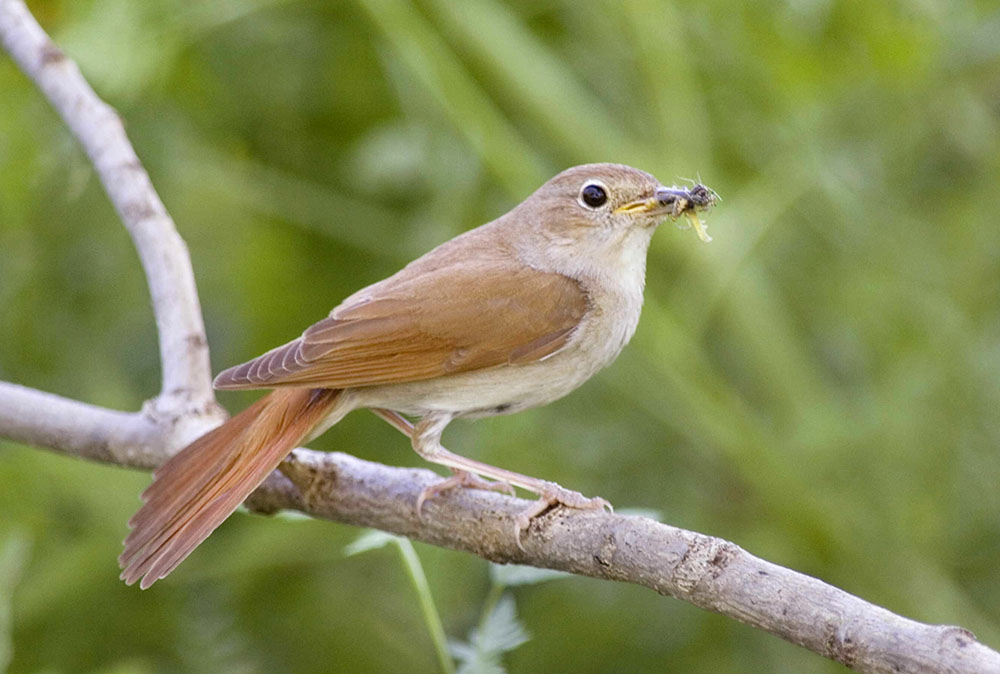 Common Nightingale Edmund Fellowes / BTO
Common Nightingale Edmund Fellowes / BTO
What we must accept is that Colliers Way is a Cycle Path. It is not the haven for wildlife it was in the past. It is not a nature reserve. It is not being maitained as a wildlife corridor through the lifeless sprayed fields and green deserts of present farming practice. It is a Cycle Path. Managed for the benefit of cyclists.
Once we can accept this fact, it is possible for us to bear what we have witnessed today. The chain saw attack on the blackthorn/bramble/hawthorn thicket from where we have been fortunate enough in past seasons to listen to the Nightingales’ song throughout the breeding season.
Despite appealing to and receiving categorical assurances by email from Frome’s Missing Link, Planning & Conservation and Sustrans on 31 July 2018 that this stretch of woodland scrub would be left intact and no work would be carried out, and despite providing detailed descriptions of the Nightingales’ nesting sites with precise map references so that there could be no mistake or confusion, this vulnerable habitat has nevertheless been attacked by chain saw and flail with possibly devastating results.
Nightingales are shy birds which are rarely seen and have very precise needs, the first being dense thickets in which to breed. Isabella Tree in her 2018 book “Wilding: The Return of Nature to a British Farm” relates how it took twenty years to create a thorn thicket dense enough to attract Nightingales to nest there, and how delighted she was when they eventually succeeded. The thorn thickets which are homes to our Nightingales along this stretch of Colliers Way have developed naturally over the space of fifty years.
Nightingale numbers in the United Kingdom have suffered a 90 per cent decline in the past 50 year and a BTO report in 2018 declared that the bird is facing extinction, due in the main, to Nightingale habitats having been cleared away, thickets tided up or grubbed out so that their ant and beetle feeding ground beneath the impenetrable thorns become prey to muntjac and roe deer. Noting that the number of Nightingale numbers have crashed and are now in the region of only 6,000 male singing birds, Chris Hewson of the BTO said: ‘Understanding how many Nightingales we have left is vitally important if we are to save the species here in the UK, as it enables us to assess which sites are nationally important. The relevant bodies can then look into protecting those sites that exceed critical thresholds of importance, hopefully ensuring that future generations can hear the beautiful song of the Nightingale for themselves.’
Such is the concern for their preservation, they are on the BTO Red List and protected by The Wildlife and Countryside Act 1981 Read more at https://www.rspb.org.uk/birds-and-wildlife/wildlife-guides/bird-a-z/nightingale/#p2w8plm4R8BUtjrK.99.
The Colliers Way Nightingales have been a very precious summer delight which may not be enjoyed again. However, we have to accept that cyclists, for whose benefit the path is maintained, neither see nor hear nor care.
18th March 2019 / 9.30am – 10.30am / Temp : 8.5 C
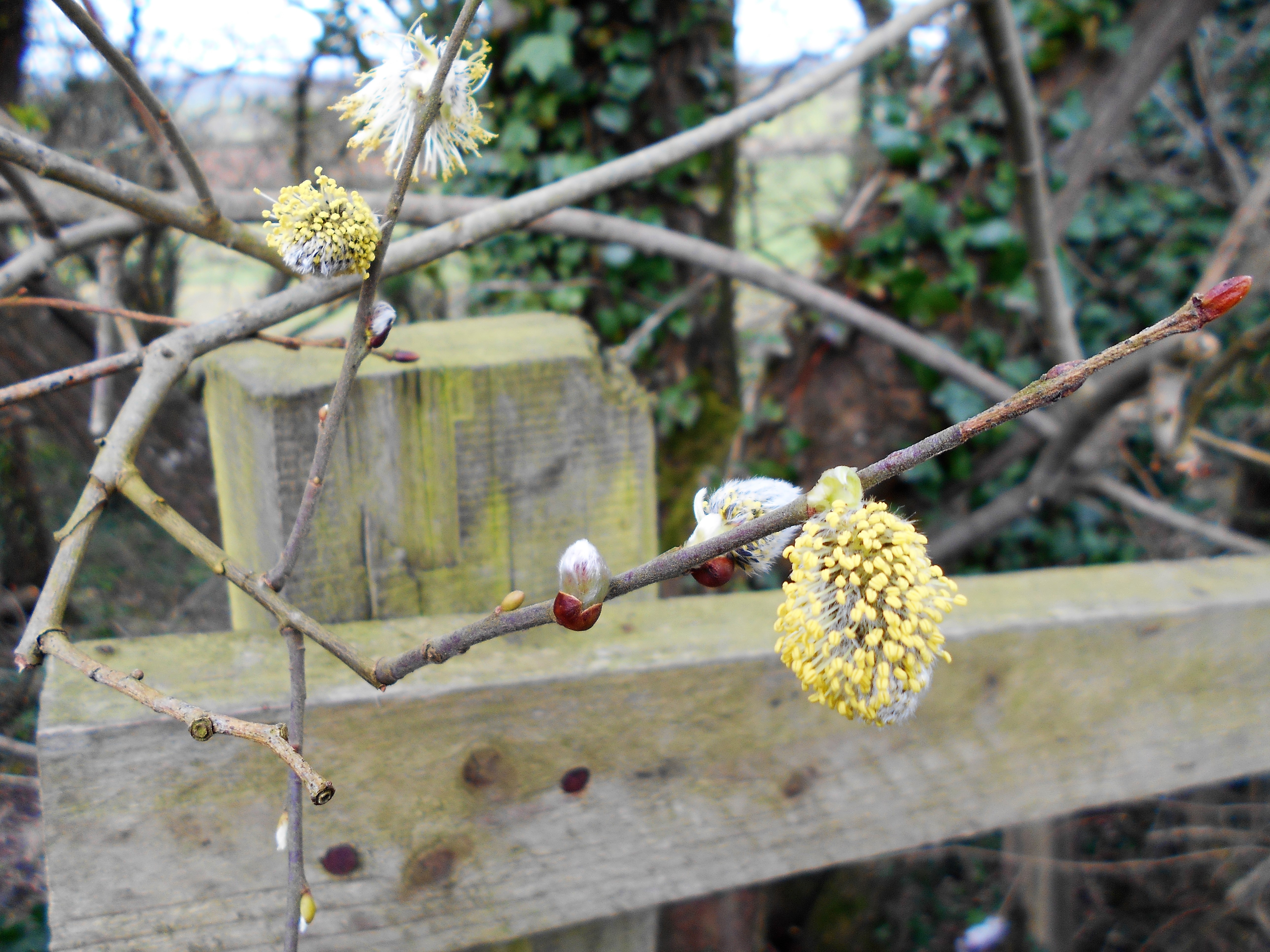
A chilly morning with grey, scudding, threatening clouds and a strong, cold, north-easterly wind with intermittent rain showers. Not the most inviting of days to walk the path unless of course one has been confined to the house for five long wearying weeks with winter flu. So despite the inclement weather, we stepped out with a will, pleased to see so many plants in flower: long drifts of both purple violets in large, spreading clumps along the tops and sides of the embankment, amongst the grass verges beside the path and hundreds and hundreds of individual white violet flowers scattered under the trees, lighting up the dull day with their delicate beauty. A solitary primrose, but massed beds of dogs mercury, red and white dead nettle, birds eye speedwell, and odd plants of egg yolk yellow dandelion and coltsfoot. Most of the blackthorn blossom is still in tight bud but here and there in branches well protected from the wind there were sprays of opened flowers and these, together with the yellow pollen-coated pussy willows showed spring was well on its way.
Robins, Wrens, Blue Tits, Long Tailed Tits, Blackbirds, Dunnock, Pheasants, Wood Pigeons, Rooks, Crows and Jackdaws we expected to see, even the three Buzzards were not unexpected, but to see our first Yellowhammers (wearing vivid caps of mating plumage) and then to hear the first Skylark of the year were sights and sounds to really lift our spirits. So when we saw not one but two big fat bumblebees buzzing around at top speed, we just knew spring must be here!
28th February 2018
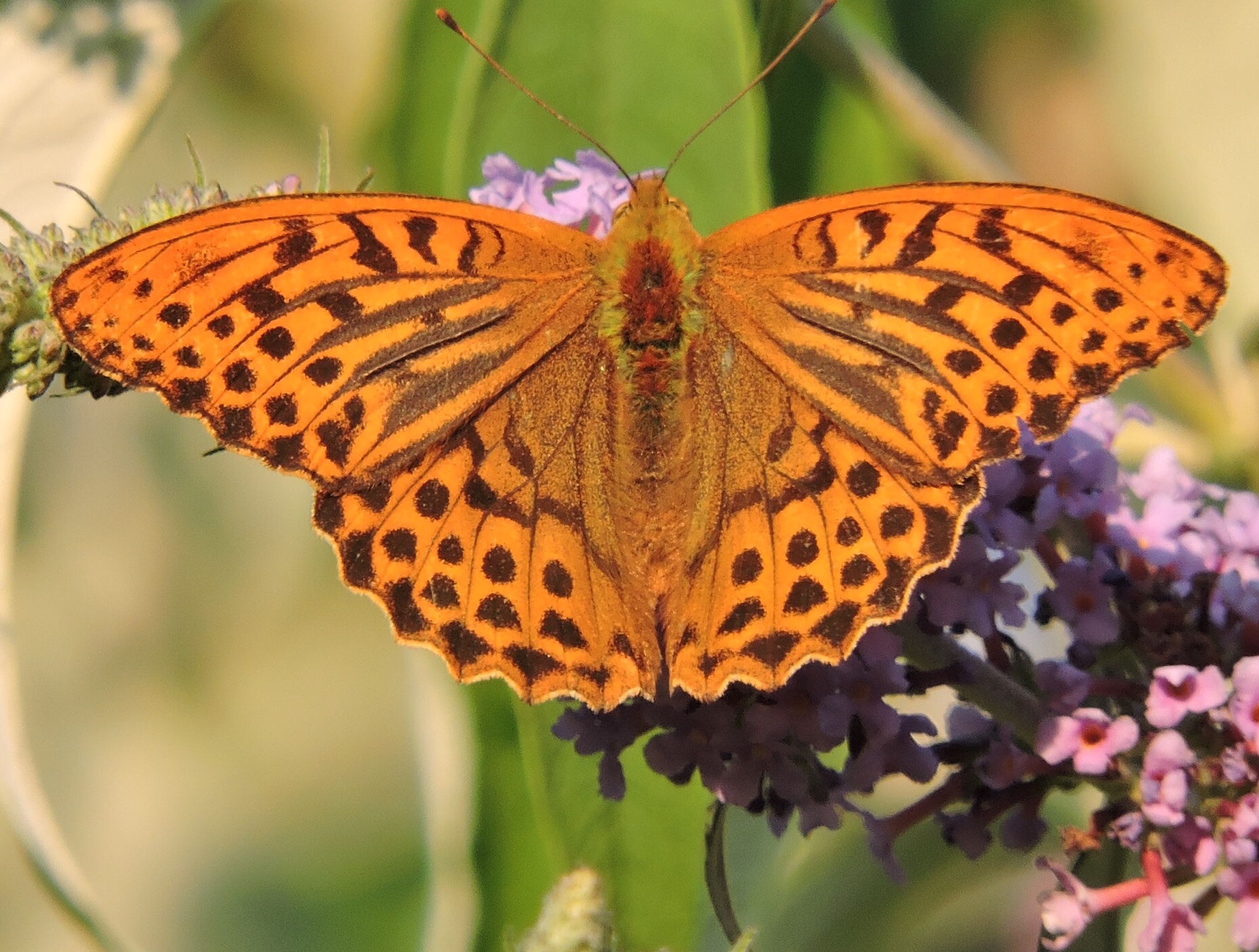
Silver Washed Fritillary feeding on Buddleia – c. John Hansford
We have been contacted by a couple of keen entomologists who regularly cycle this stretch of Colliers Way to photograph the rare butterflies recorded among the trees, shrubs and flowers alongside the cycle path. Regular readers of this Blog will recall our reports during June and July each year of the sheer mass of butterflies of all the different species which is the glory of every summer along the Way.
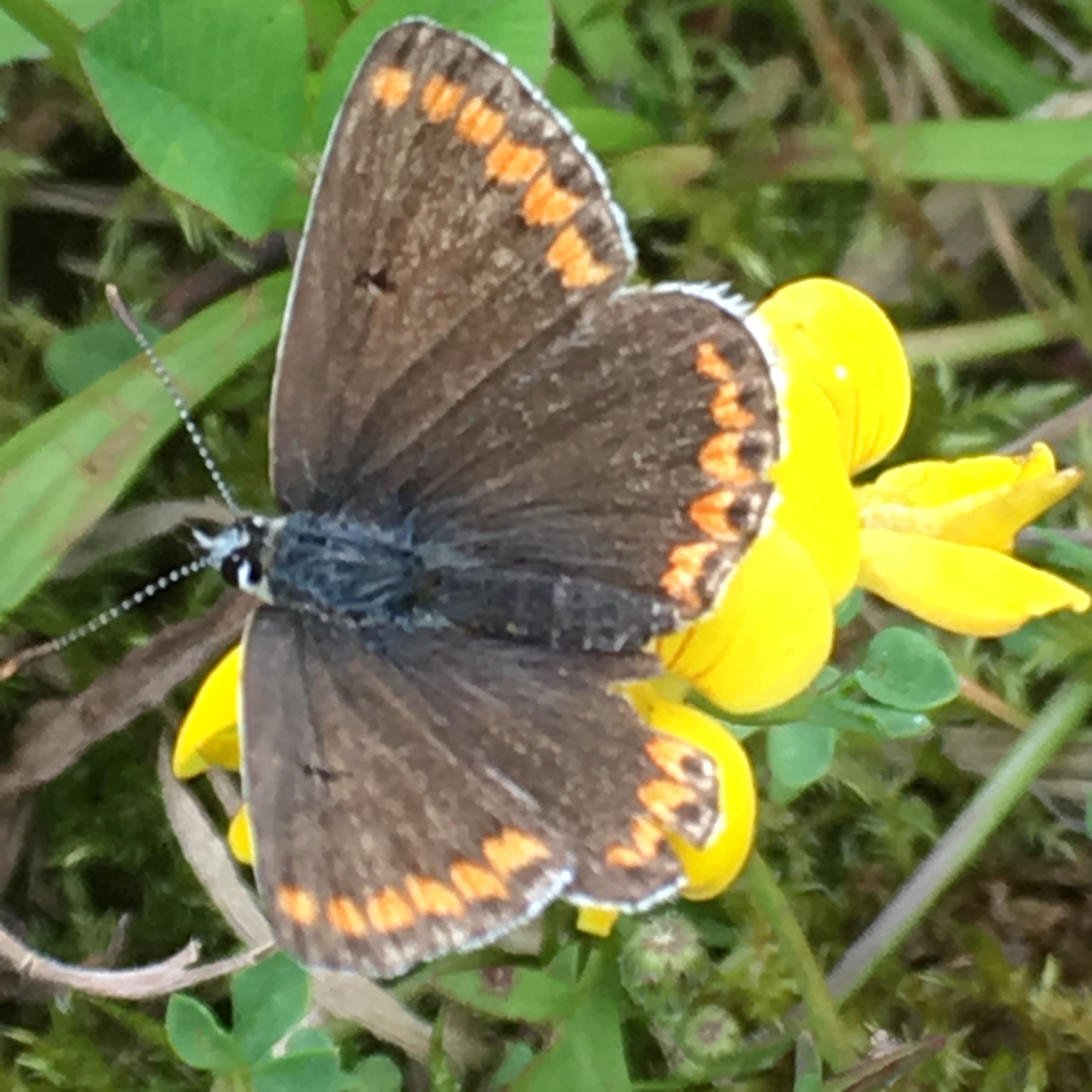
Brown Argus feeding on common birds foot trefoil
Our correspondents were therefore utterly devastated to see the huge numbers of trees and shrubs which have been cut down along the path, particularly around the picnic bench close to Conduit bridge and especially the brambles and buddleia which feed so many of the 25 species extant along the path.
We contacted Frome’s Missing Links who are responsible, under the direction of Sustrans, for the management of the path, and received the following statement from their spokesman:
or feedback via email to web@sustrans.org.uk
27th January 2019 / 1.15pm – 3pm / Temp. 5.5 C
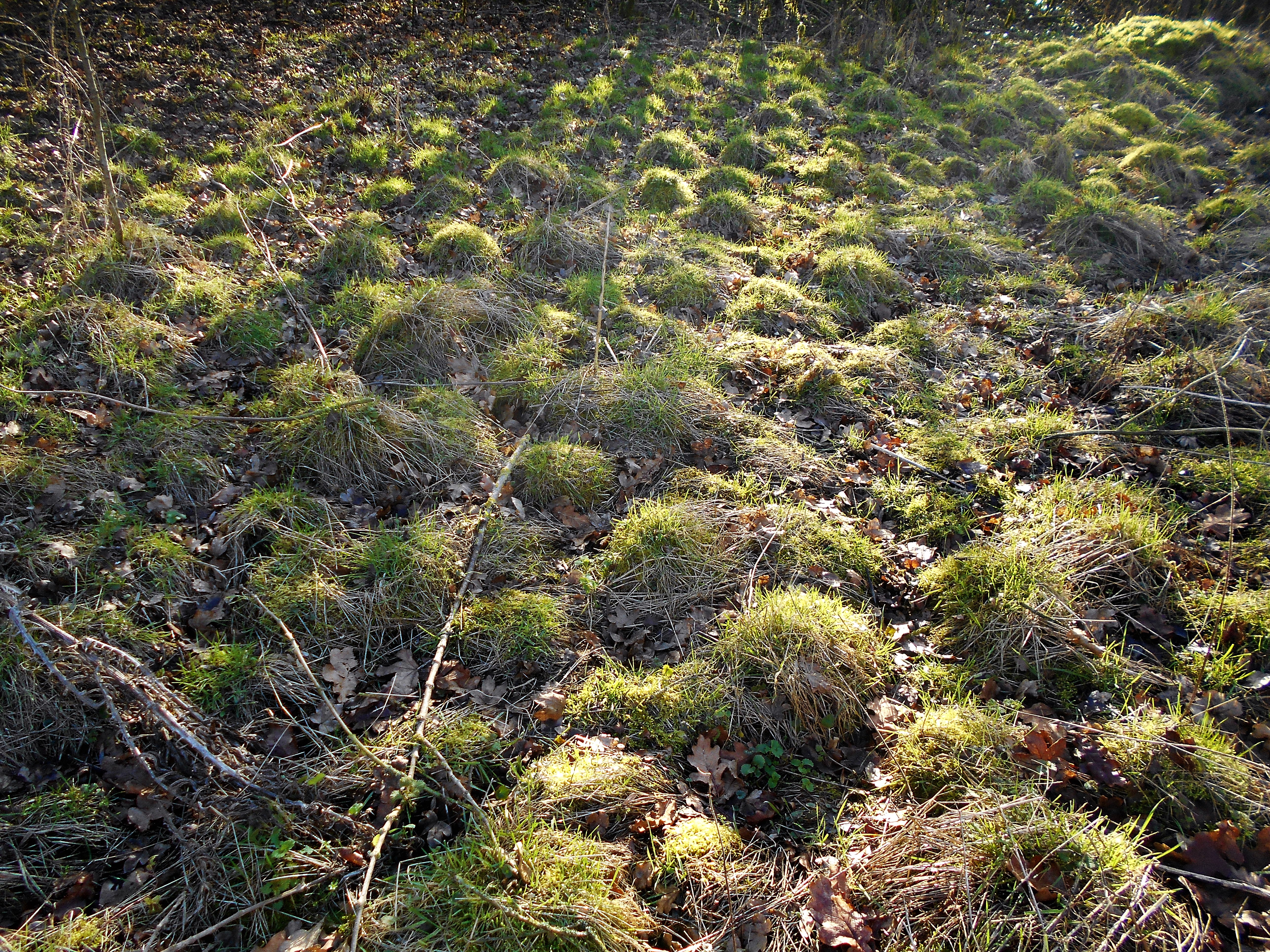
Another cold mid-winter afternoon, another bitter wind, so we decided to climb up the embankment to check the Frome’s Missing Links’ progress along the old railway line where we hoped the line of trees would cut off the worst of the icy northerly wind. More work has been done, more trees cut down and a number of wooden wedges have been knocked out of the sleepers and some of the huge bolts undone, although the wooden sleepers are still in place. The good news from the FML Trustees’ report is that Network Rail have finally agreed to their proposals and have given them ‘engineering clearance’ to proceed with work along this stretch of the old railway line ( beyond Buckland Bridge). They will still need to complete negotiations with a local land owner but for now Phase 2 looks set to start up again at last! The trustees have also commissioned a second feasibility study looking at options for the whole of the missing link between Whatcombe Fields and Buckland Bridge. The results of this work should be ready in time for the AGM at 7pm, April 2nd at Frome Town Hall.
For the first stretch walking along the sleepers where it was more exposed by the thinning of the trees the wind was bitter, but those trees remaining were alive with whole parties of tits, Long Tailed, Great, Blue and Coal Tits as well as Blackbirds, Robins and Wood Pigeons, which proved distraction enough.
Once we reached the shelter of the stand of trees at the top of the escarpment we examined the field of anthills which we think maybe the work of the Yellow Meadow Ant. They are closely associated with the butterfly species Chalkhill Blue, which we haven’t yet seen along Colliers Way. Impossible to tell if these are active but it is warming to think of butterflies on this icily cold day in January. The large tussocks, about 3 or 4 times as big have almost all been demolished, possibly by badgers, but it was good to see each of the remainder had a sprinkling of fresh rabbit droppings on their tops. Since we found a dying rabbit suffering from either myxomotosis or rabbit haemorrhagic disease virus type 2 (RHDV2) last year, they appear to have disappeared from their usual field and the nearby burrows look to have been abandoned, so we were pleased to see so many signs of rabbit, a good sized warren with a number of active burrows here, about a mile away. There have been worrying reports from many parts of the country that RHDV2 has mutated from rabbits to hares – a very sad development as our sightings of hares are regular but pretty infrequent now.
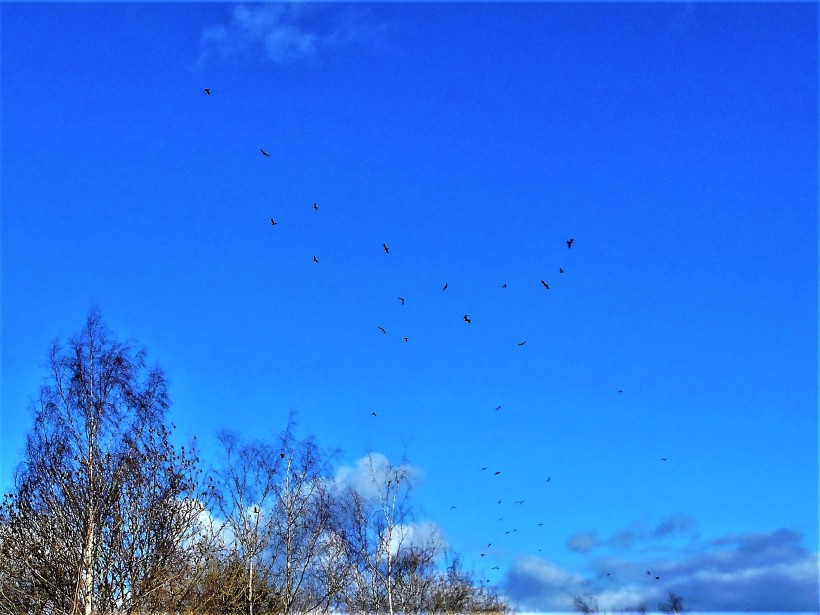
There is a good mixture of deciduous trees here, predominently Silver Birch, Ash, Hawthorn, Hazel and Blackthorn, a few good sized Oaks, a good number of Buddleia, as well as brambles, a stately forty-foot Lawson cypress beside the railway track, and even a garden-escape cotoneaster sheltering the chunks of sand stones from the welcome splash of warm sunlight so that they have retained their coating of ice.
Suddenly, for no apparant reason, great flocks of a hundred plus Jackdaws and Rooks took off from the trees and fields around us, rose up above the trees and passed over us calling and croaking. One flock swirling around, the second flock flew straight over and the straggling third group ambled about the sky in no hurry to go anywhere. Too busy watching to catch a photograph of the main mass, I just managed a snap of the few stragglers playing in the air.
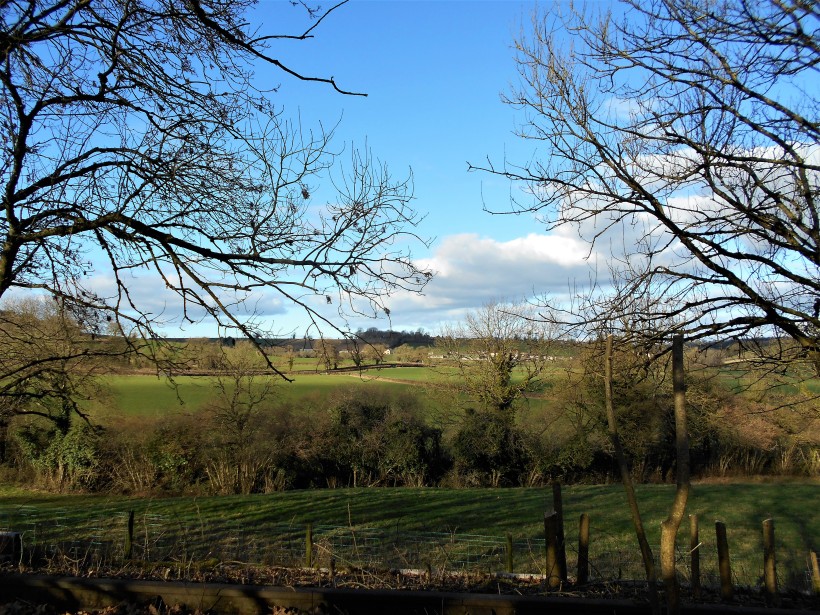
We made our way back along the path made of crushed stone ballast which made walking slow and awkward, while noticing the stream at the foot of the embankment full and fast, creating little tumbling waterfalls as it wound its way over moss covered roots between thickly ivied, dead leaved and harts tongue fern filled banks. When we reached the picnic table we met with a couple of extremely fit looking young women who were heading via the McMillan Way and on towards Kilmersden, following the ordnance survey map one had downloaded onto her iphone. They were interested in Colliers Way, intrigued by the boulders with their apple named plaques and the history of the railway line.
We pointed out the memorial bricks on the flight of steps at our feet and the Rectory on the horizon across the valley where Leonard Woolf had stayed and when they asked, told them that we were logging the fauna and flora of the path whilst we walked. One of the women then told us about a favourite walk with her whole family, children, grandparents, brothers and sisters with their broods where there was a box on legs with a waterproof wood and transparent lid containing an old black book with lined pages and margins with a pencil on a string inside where visitors can leave notes with the date and what they had seen that day. It immediately occurred to us that such a book would make a welcome addition to the bird hide which Sustrans will be setting up along the path this year. She said they all managed to remember having seen something noteworthy and her nephews had delighted in writing that they had seen both a pterodactyl and a tyrannosaurus rex!
They went off to complete their walk and we turned down the hill for home through clouds of midges and warm sunlight watching the tits criss-crossing the path in front of us, a tiny Wren flitting along the ditch, Chaffinches, Crows and Pheasants, yet more Jackdaws and Rooks and a final flurry of Fieldfares just before we reached the car.
21st January 2019 – 1.30pm – 3.30pm / Temp. 5.5 C
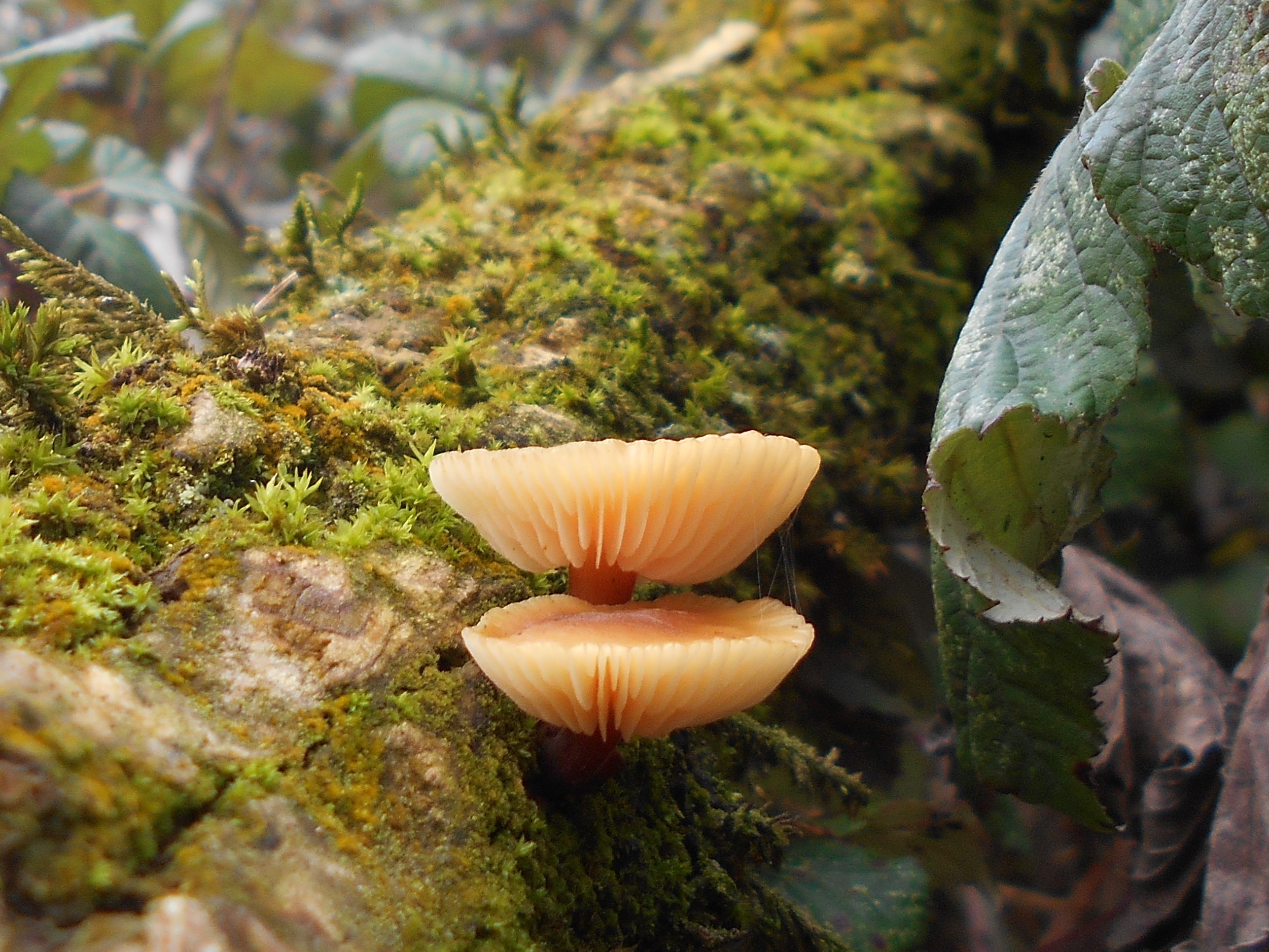
Pale wintry hazy sunshine seeping through thin cloud cheered the fields and bare trees even though the cold wind reminded us that it was still mid winter and not a day to linger so we set off with a brisk pace, trying, unsuccessfully, to outrun the wind and the mist dampening our faces.
It was very quiet, the fields empty of life and the trees stark and looming, which made the wild sound of honking Geese drifting across the hedgerow even louder. We searched the skies, hoping for a sight of them, but caught sight instead of a pair of Buzzards wheeling and mewing overhead. As we walked we heard and saw several parties of Chaffinches and Tits feeding in amongst the branches, Robins, Blackbirds, Crows and Wrens and Jackdaws and Rooks galore – “The Field of Blackbirds” indeed.
Lots of Midges and lots of fungus still – the beautiful Velvet Shank growing at head height in an ash tree, Conical Brittlestems on the verge, Nettled Crust and Hazel Bracket adorning the fallen branches, and Stagshorn fungus standing proud among its carpet of moss.
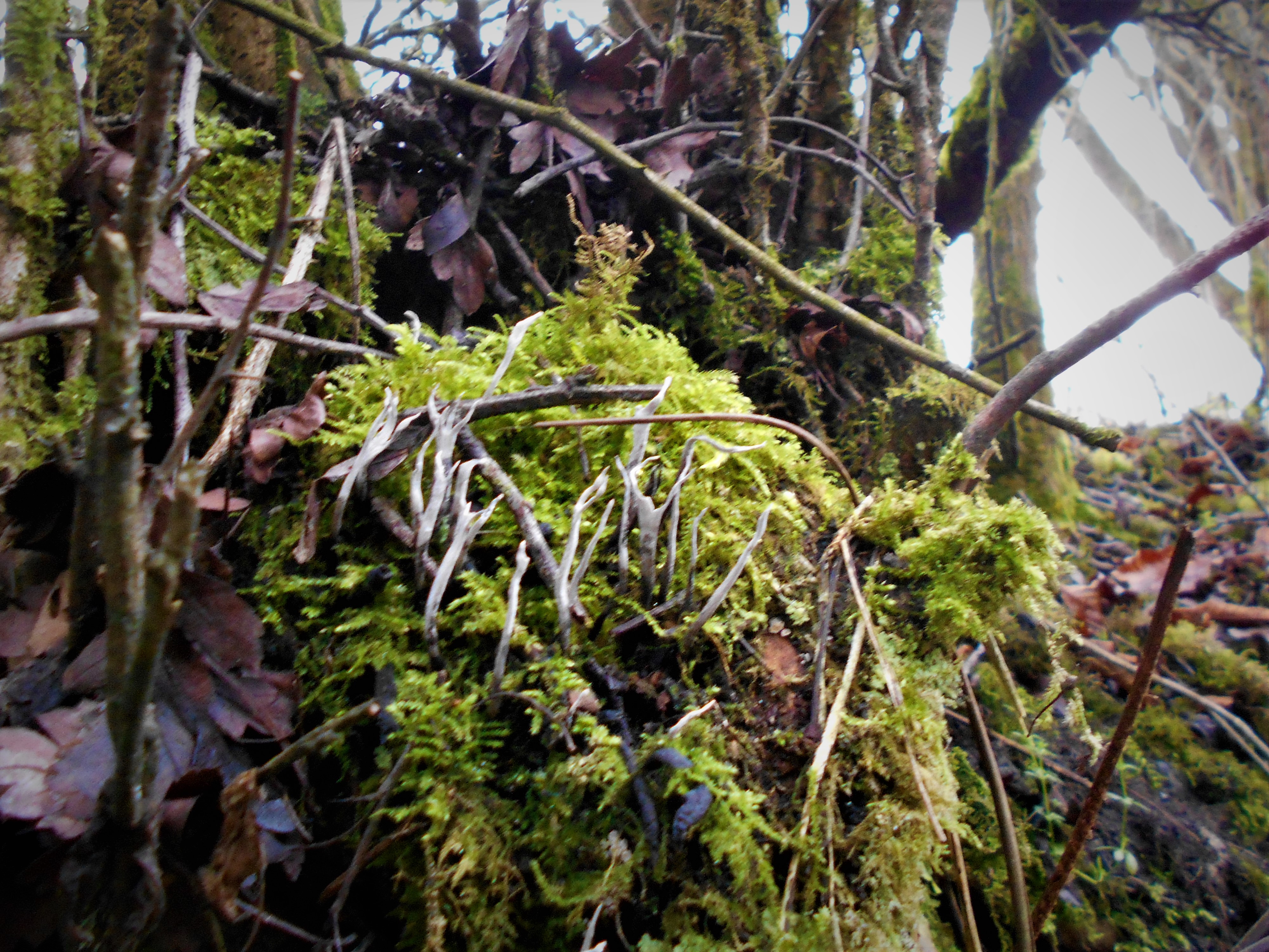
We were so pleased to meet Andrew half way along the path. He hasn’t been too well and so was doing his usual ten-mile hike from Frome to Radstock along the Way, having walked from Dundas Aqueduct to Bath along the two path yesterday! He thought it was all very quiet and had been for the past two or three weeks but he had arrived at the Great Elm turn off in time to see 50-60 Fieldfares feeding in the adjoining field, a Kestrel hovering on the edge of the wood, a Nuthatch and a Tree Creeper.
We were pleased also to hear that in mid-December he had seen both a Green Woodpecker at one end of the path and a Spotted Woodpecker at the other on the same day when we mentioned we hadn’t seen either all year. A great relief to know they are still around. But his most exciting sighting was during the strong winds and heavy rain storms in November, he had seen a Marsh Harrier flying low near the Mells turning. He thought it must have been blown off course by the tempestuous weather probably between Blagdon lake and the Somerset Levels. After a good chat setting the world to rights we parted ways, energised by his news of good sightings.
A scattering of plants in flower, both red and white deadnettle, a few dandelions and pussy willow catkins already showing white through their brown winter sheath. One hazel tree was thick with pale yellow, fully grown catkins and was making a cheerful splash of colour, while within 10 yards two other hazels had catkins which were short and stubby, still winter shriven and tinged red. No sign of primroses in bloom, when this week last January they had already been in flower for a month. Possibly mild enough but not enough sun – some days this winter season the days have been so dark it felt like a permanent gloaming.
11th January 2019 / 2.30pm – 4pm / Temp. 8 C
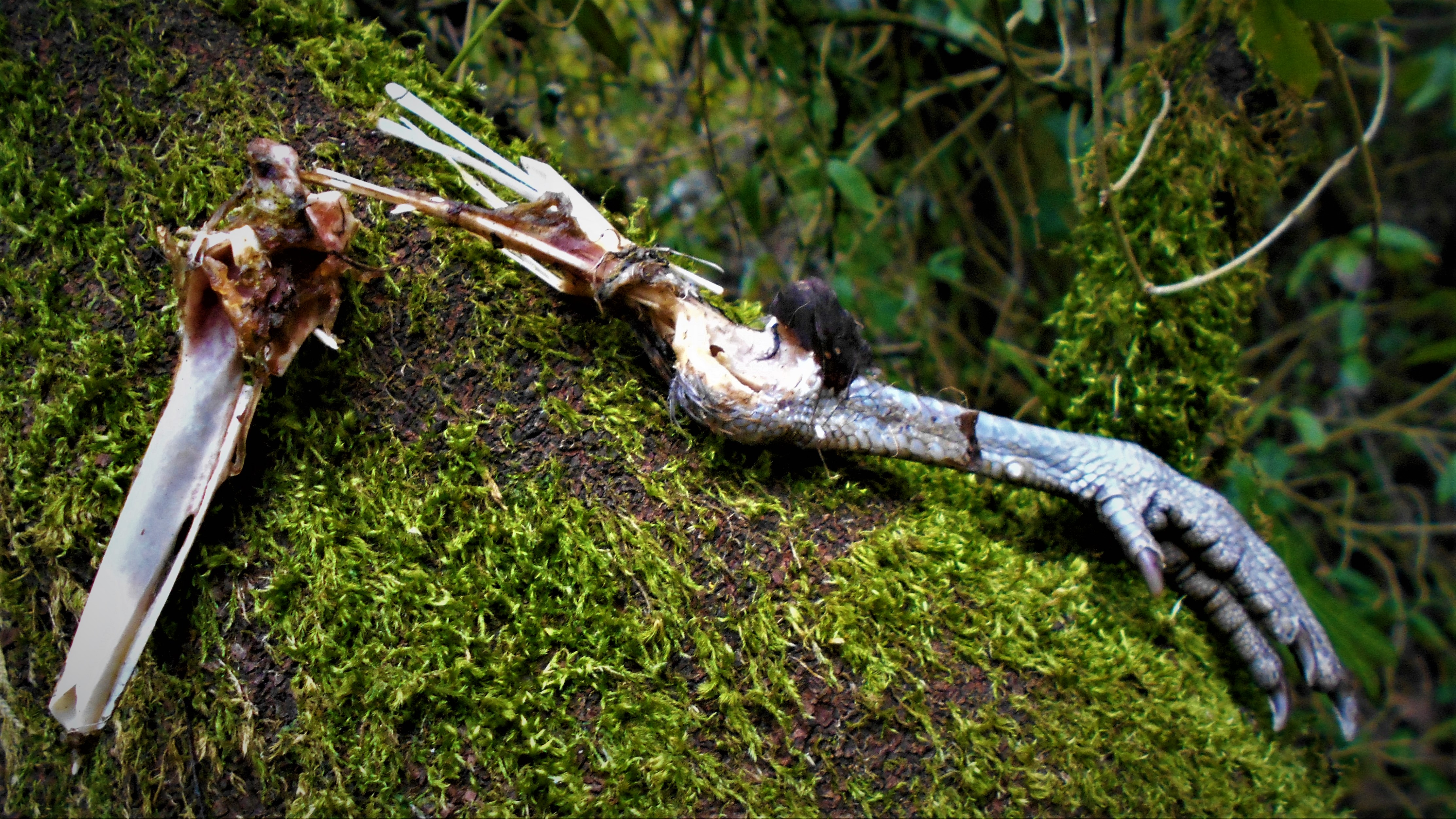
Overcast and mild enough for midges to hatch and swarm in clouds along the path, so numerous and bothersome around our heads we were glad to leave the path and climb up into the woods to escape them. But there were birds everywhere, Blue and Great Tits, Bullfinches, Robins, Blackbirds and Pheasants, a solitary Buzzard mewing overhead, and a Jay screaming somewhere in the wood.
The wood in winter is a killing field, just about everywhere we look there is a scattering of wood pigeon feathers, a circle on the ground or caught in the thick moss along a horizontal perching branch – the remains of a well chewed pheasant wing, a skull, a pheasant’s ribcage or the discarded claws – raptors (possibly Sparrowhawks as most of the feather piles were wood pigeon) and foxes having eaten their fill had discarded the blood stained bones for scavengers like corvids, rodents and stoats to devour and leave picked completely clean.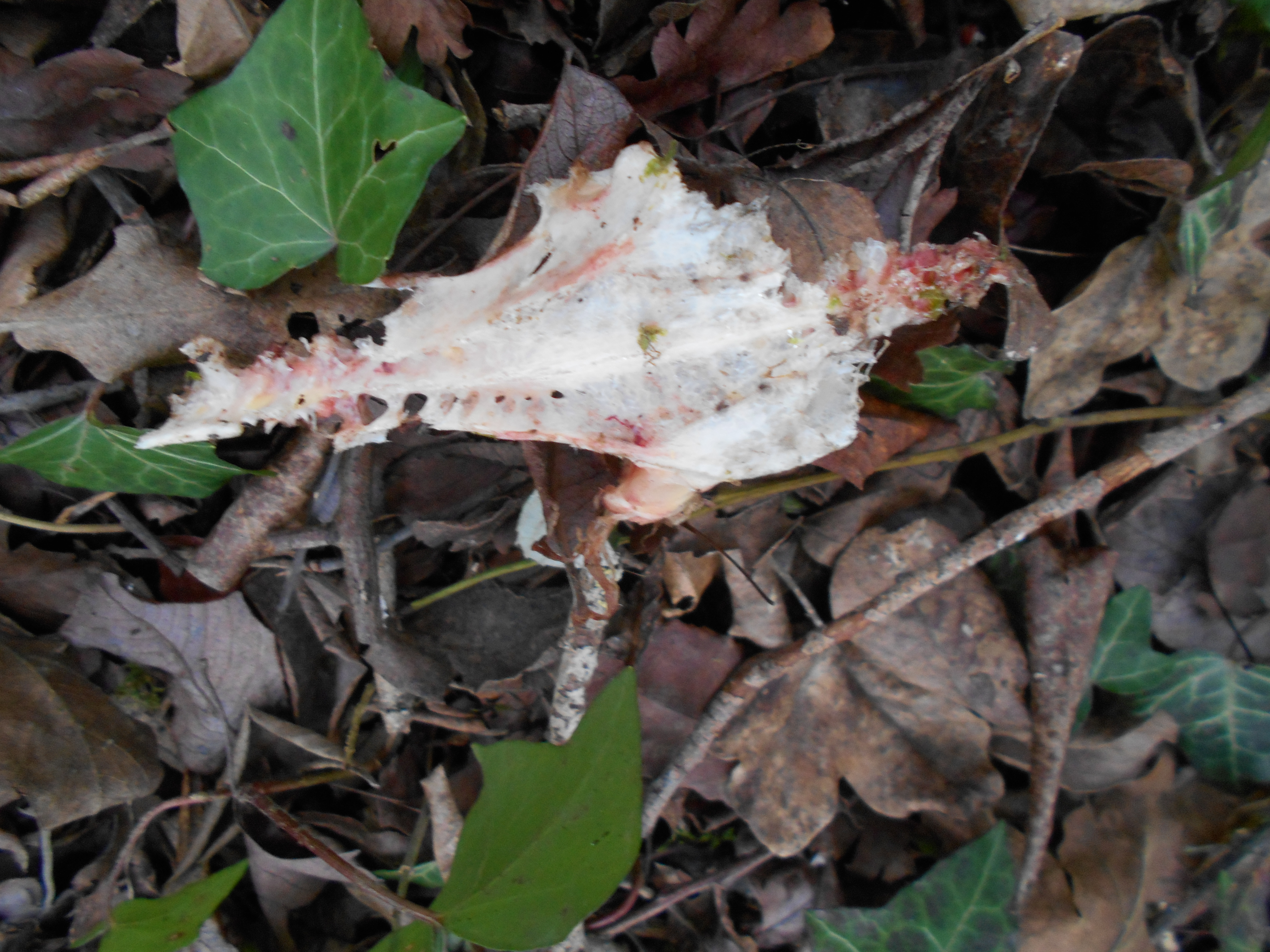
Our exploration of the wood continued by clambering carefully through thick undergrowth, between the trees, following a faint path and trying to avoid whippy branches and trailing rose briar and brambles catchinging our hair and ripping our coats. We noted what appeared to be hare and roedeer gnawings on the bark of fallen branches where close by we caught sight of a shed antler of a young roebuck, possibly around two years old by the size of the coronet and the pearling on the shaft of the antler.
Regretfully the tines had been broken off so not as good a specimen as we have found elsewhere. However, interestingly when we reached home and examined the broken end we could see clear lines which meant that it had been gnawed by a wood mouse or other small rodent, probably for its calcium content. 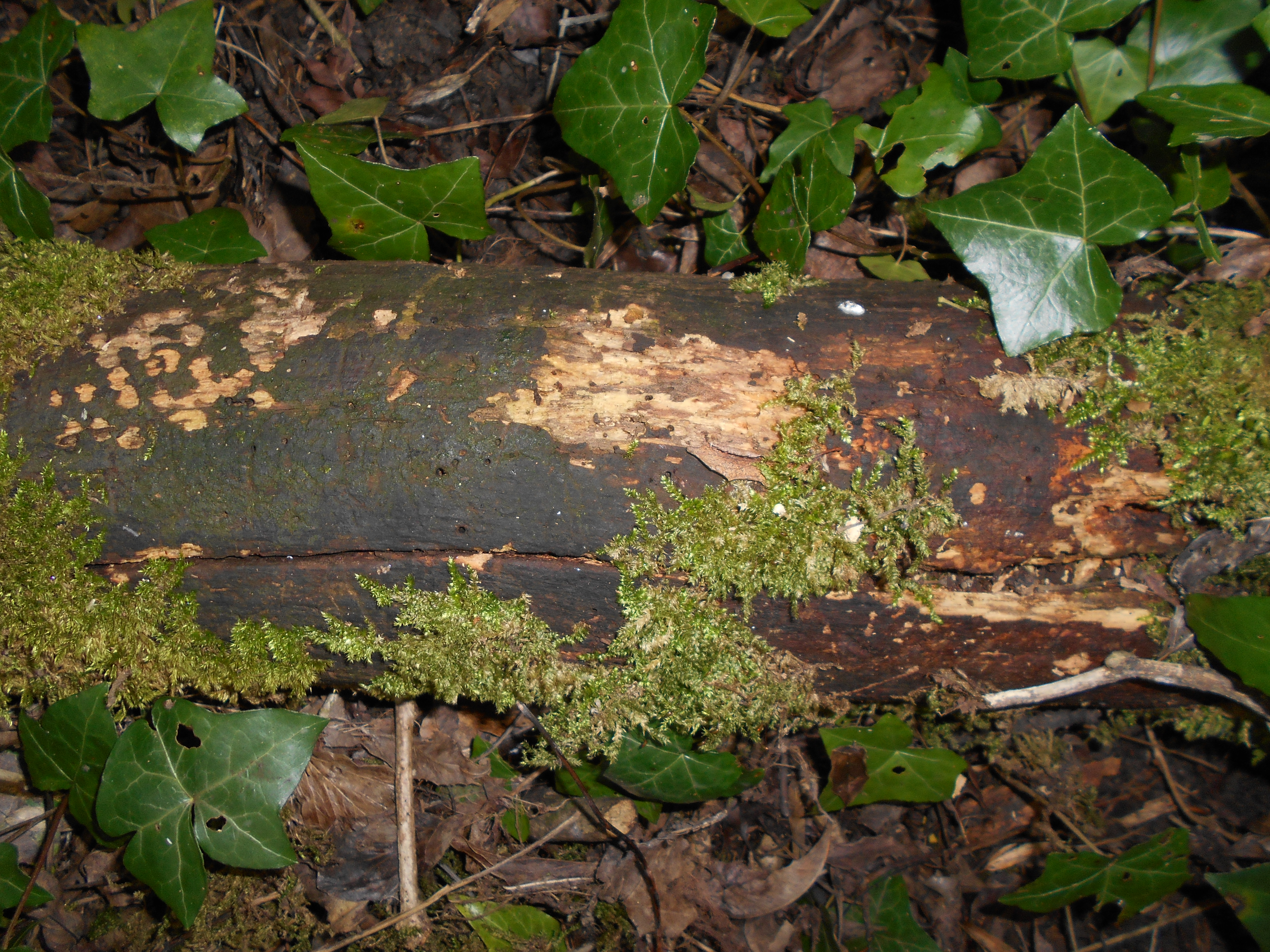
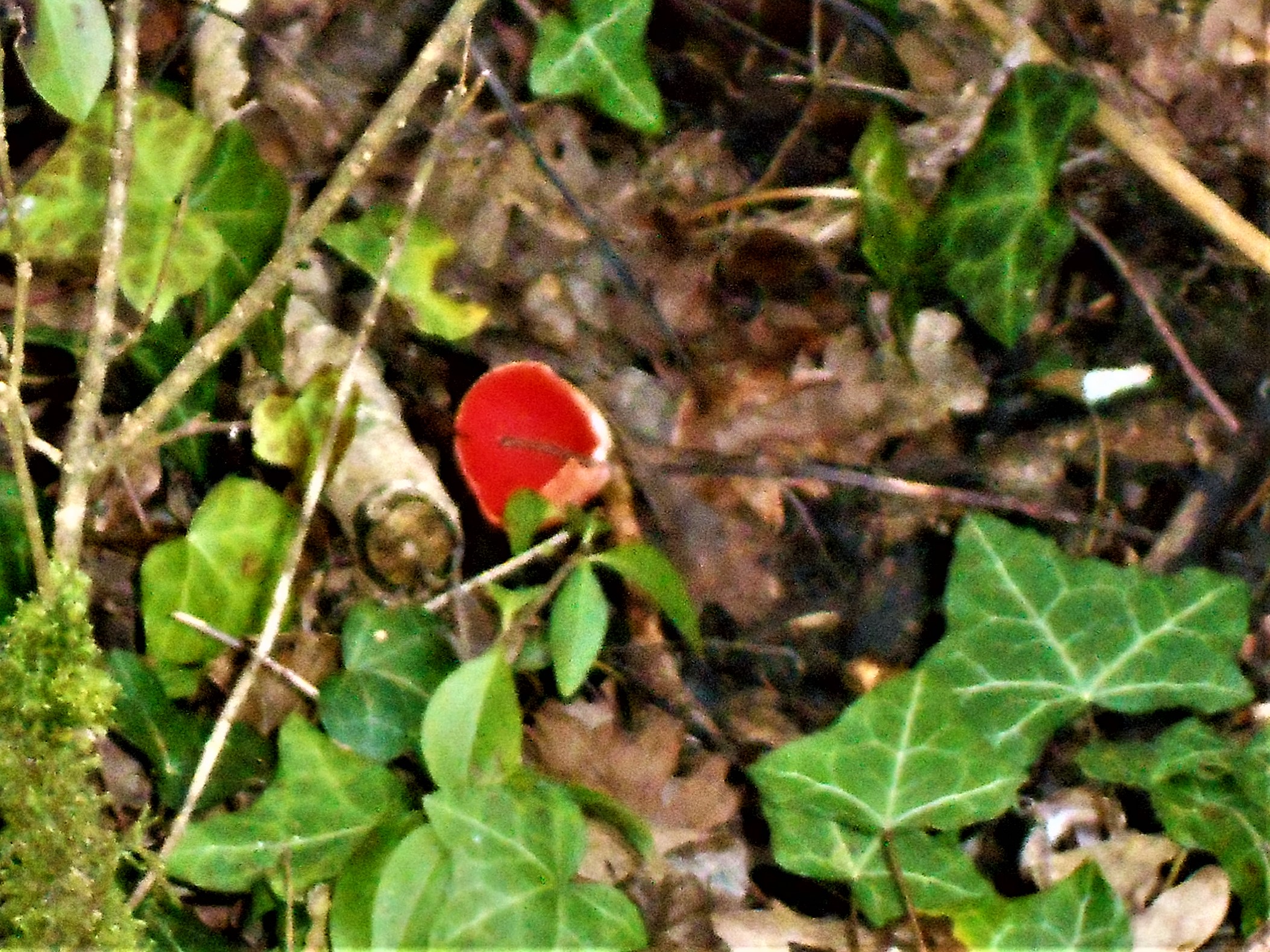 The first tiny Scarlet Elf Cups have appeared, making vivid splashes of colour among the drab dead leaves as did a beautiful patch of bright green lichen on one tree and a huge brown dusty polypore fungus causing trunk rot on another. Everywhere there were raptor castings, a few filled with snail shells, scattered everywhere among the trailing ivy and the creeping feather moss coated stems of dead plants creating tiny trees in between the broken sticks, leaves, snail shells and detritus of the forest floor.
The first tiny Scarlet Elf Cups have appeared, making vivid splashes of colour among the drab dead leaves as did a beautiful patch of bright green lichen on one tree and a huge brown dusty polypore fungus causing trunk rot on another. Everywhere there were raptor castings, a few filled with snail shells, scattered everywhere among the trailing ivy and the creeping feather moss coated stems of dead plants creating tiny trees in between the broken sticks, leaves, snail shells and detritus of the forest floor.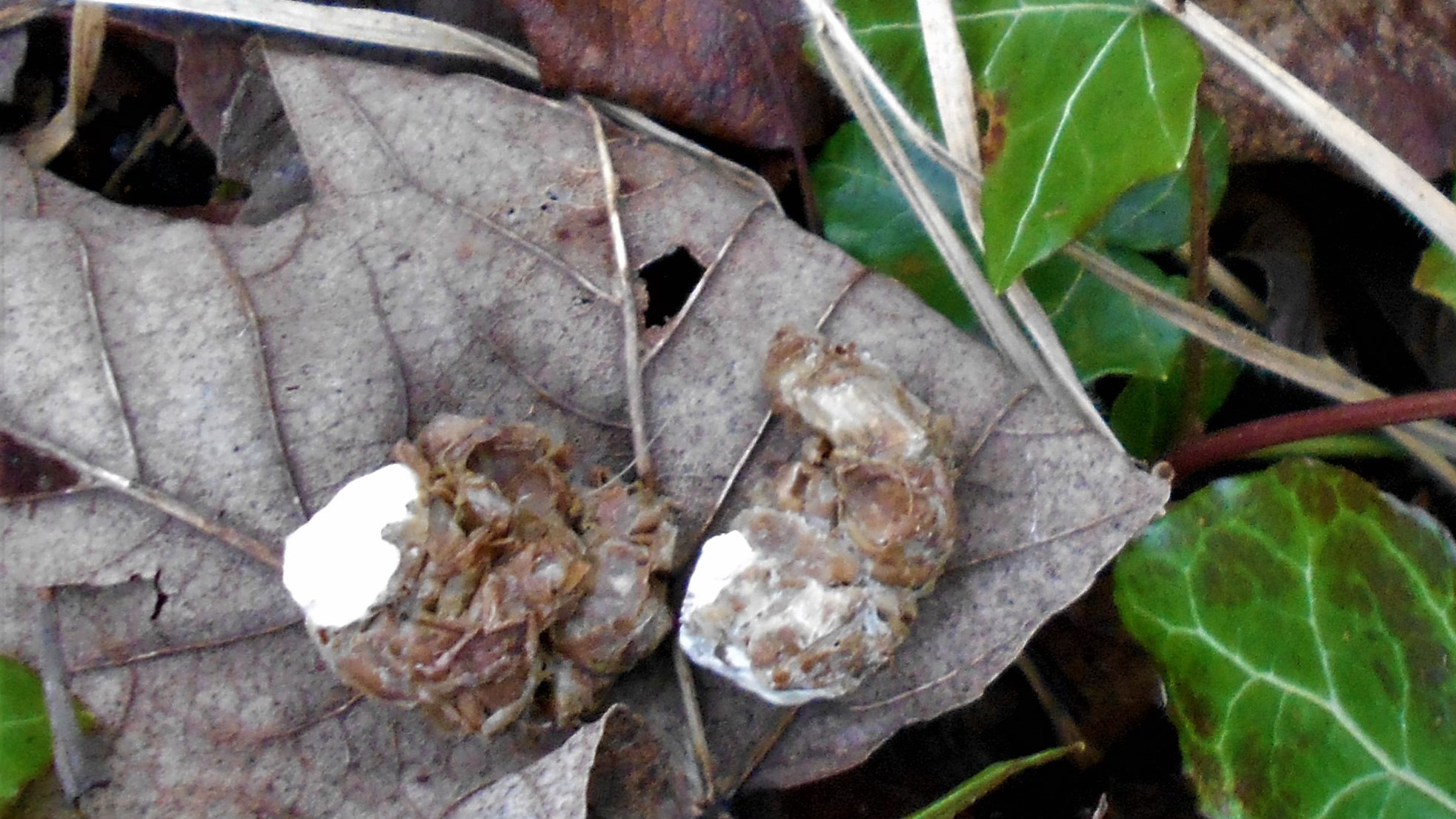
We eventually got through to an easier path and headed back downhill noting as we did so the surprising number of fungi fruiting alongside the path. A dozen or more glistening inkcaps with their dusting of salt like granules, a single wood blewit, a fringed mushroom and a tree sprouting a magnificent tier of turkey tail fungus climbing up its trunk. Various reports have highlighted the extension of the fungi fruiting season this year and it is certainly unusual to see inkcaps and elf cups fruiting at the same time. 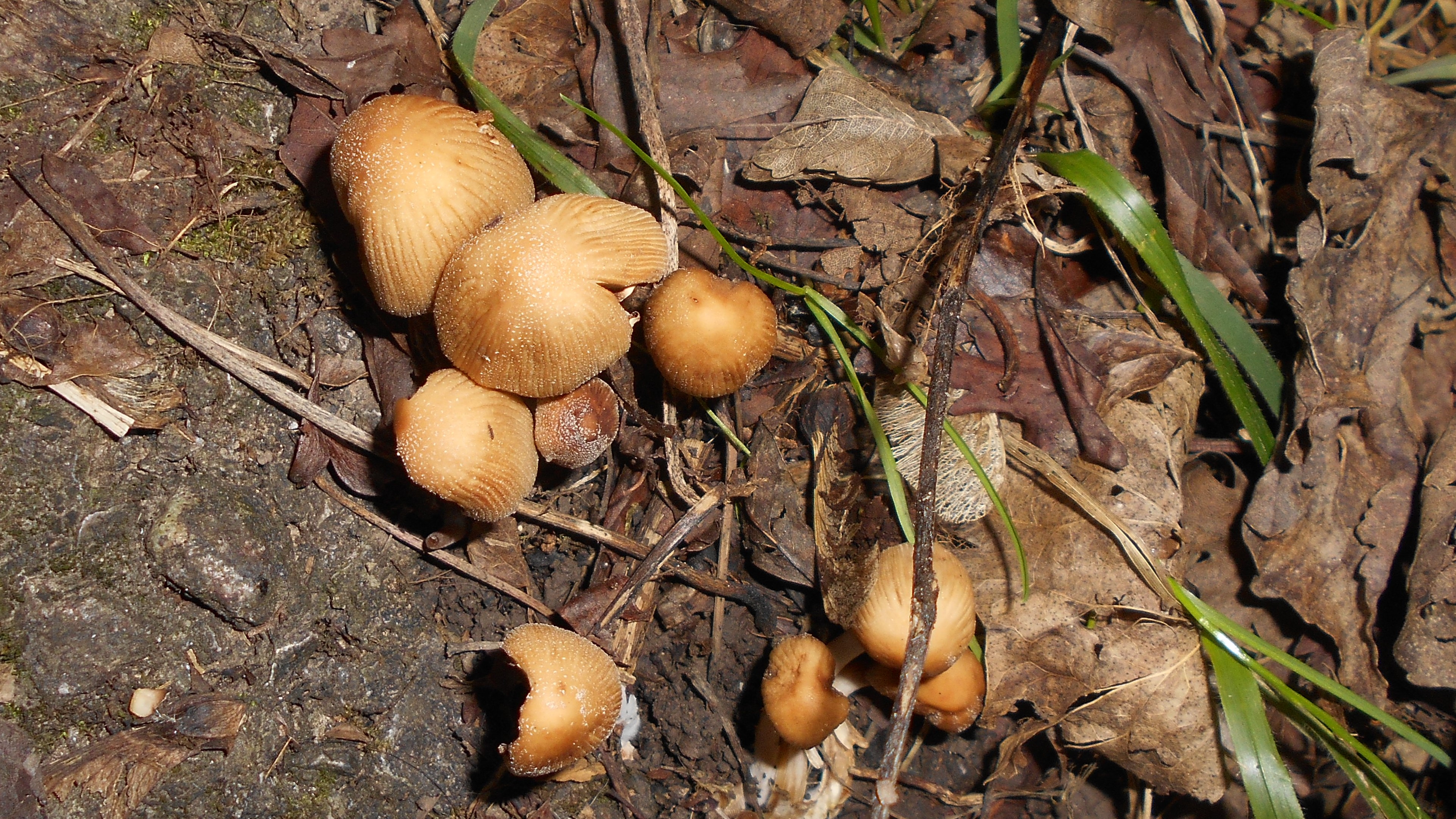
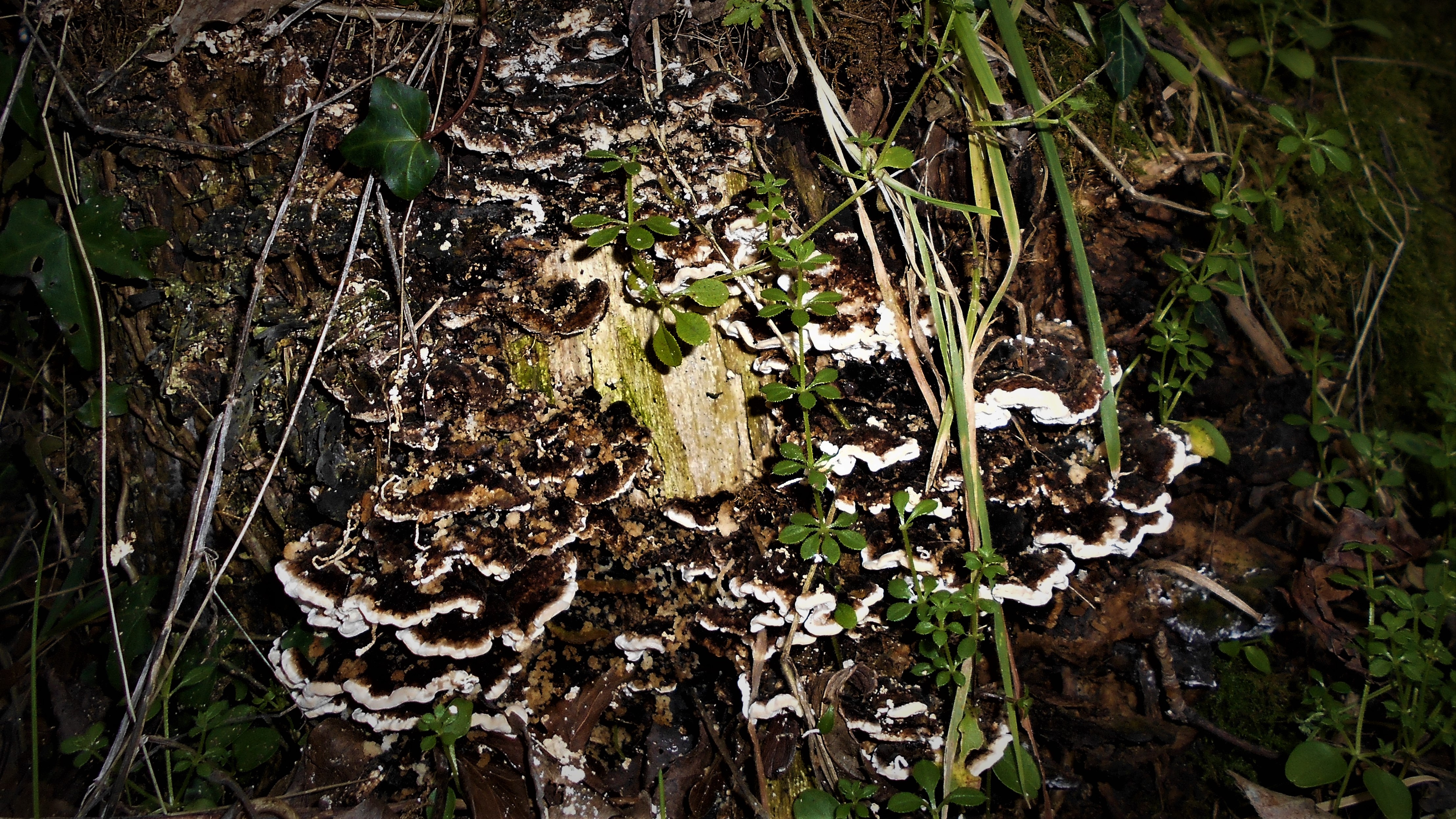
The tree studded hedgerow down this stretch of the path is impenetrable but we could hear the overpowering sound of the Rooks and Jackdaws close by. When we reached the five barred gate into the field, we had a clear view of the huge flock of more than a hundred birds feeding on the grass, flying across the fields or roosting in the mature trees at the top of the hill. The calls of Rooks and Jackdaws is always one of the most treasured sounds of winter, when the numbers are at their greatest, and their cries and squawks ring in our ears long after we have left the cycle path and headed home. Our scramble through the woods was such an interesting and rewarding exploration on such a damp and cheerless January afternoon, and we loved every minute of it, feeling alive and invigorated by all the signs of wildlife we had seen.
2 0 1 9
A great opportunity to learn how to lay a hedge in the North Somerset style at a hedge laying workday held by Sustrans Ecologist Lydia Blake. Anyone is welcome to come and try their hand.
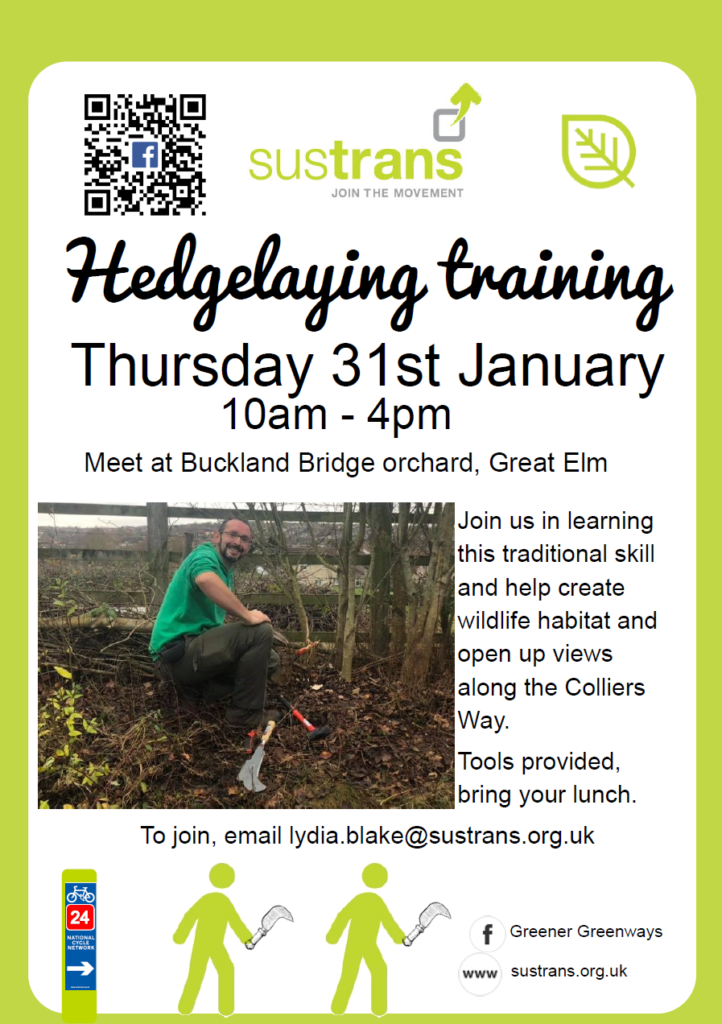
31st December 2018
Happy New Year!
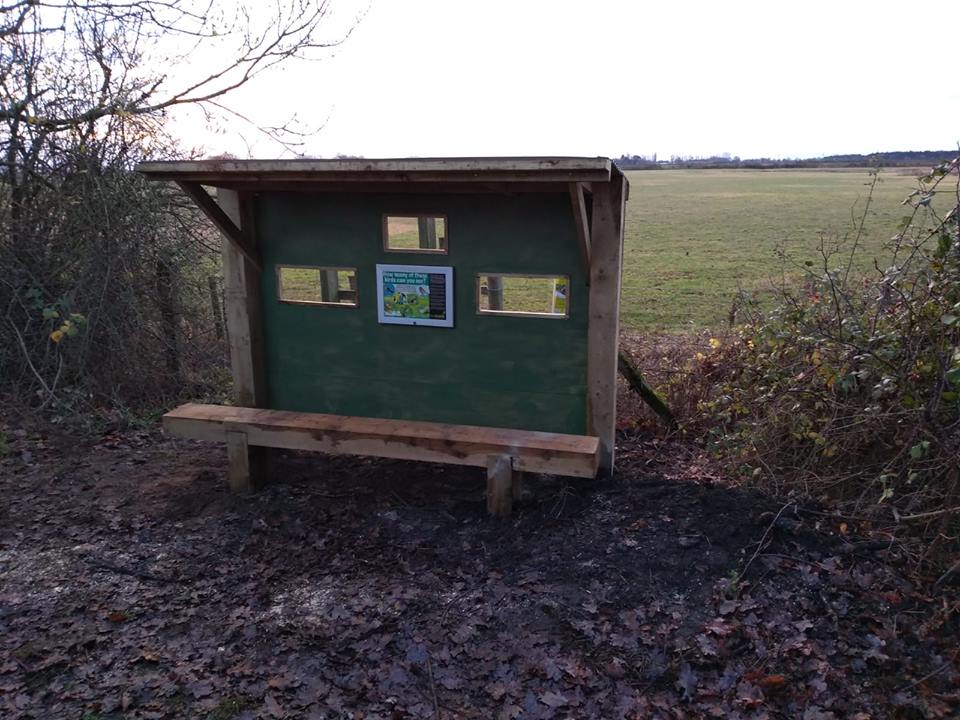
Very exciting news from Sustrans Greener Greenways who have sent a message to say that they are hoping to erect a hide along our stretch of the Colliers Way when they have chosen a suitable spot.
Both John Hansford, a well-known ornithologist from Coleford and we are very enthusiastic supporters of the idea. A welcome Christmas present for the cycle path and and an promising prospect for the New Year!
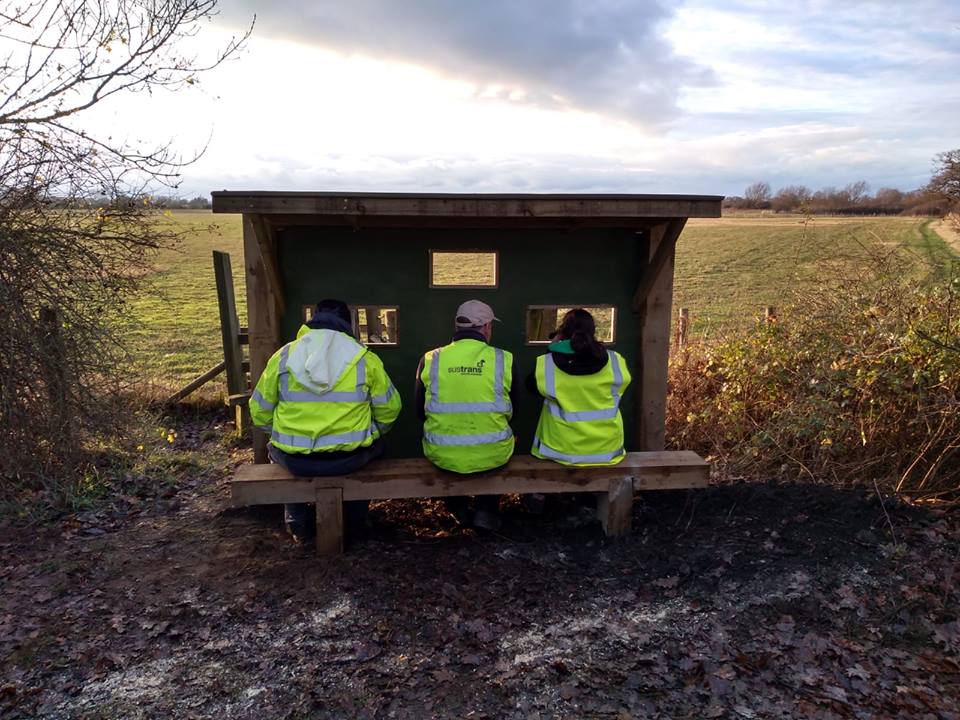
– Winter Solstice : 21st December 2018 –
17th December 2018 / 2.40pm – 4pm / Temp: 9C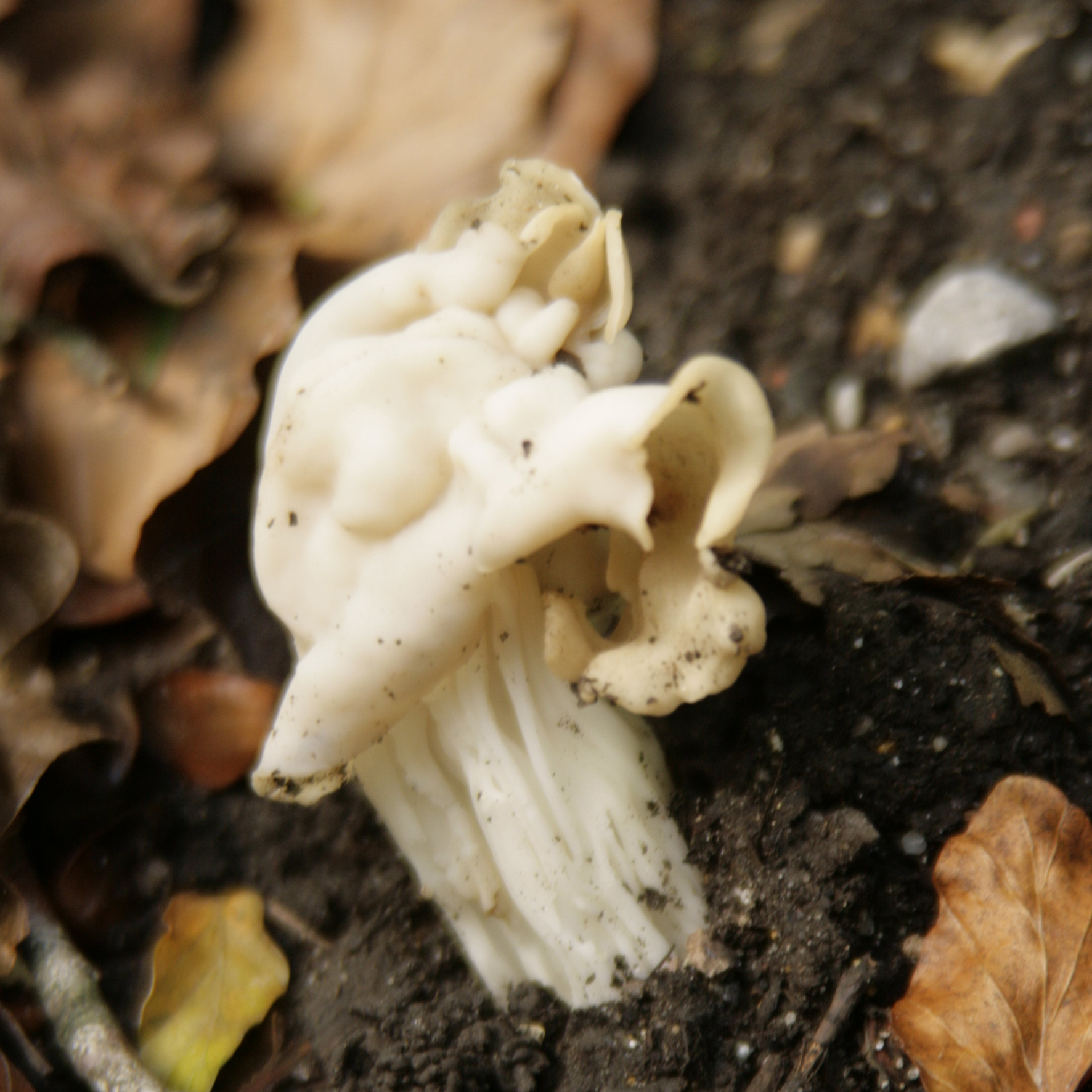
Cold and dank and drear, blustery icy wind and heavy threatening dark clouds, it was not a day for lingering but one for a brisk walk to see what is around in mid-December. Not a lot was the short answer.
The path through the woods was suddenly silent, away from the sound of the wind on the more exposed path and devoid of people, just a one solitary runner and a sprinkling of birds – the odd Blackbird and Chaffinch, a single Bullfinch, Wood Pigeons and Pheasants in abundance and one Buzzard, circling and mewing, his call plaintive and lonely as the rain started to fall. The only sign of life was a flock of fifty or more Rooks and Jackdaws gathering around their roosting trees in the fading light. What a wonderfully evocative sound their calls make, echoing across the sodden fields.
On such a dark winter day the discovery beside the path of three separate clumps of White Saddle fungus, glowing amongst the red and copper oak leaves was a really welcome sight. They are such weird shapes with their wrinkled and folded cap, like a screwed up piece of parchment thrown down amongst the leaf litter, but it’s their pure white fresh ivory glow which draws the eye. Many tree stumps were coated with chalky white Stags Horn fungus, poking through thick carpets of emerald green moss, there was a solitary 12cm high Shaggy Inkcap its black sprinkled dome looking proud, tall and stately and, half hidden in the leaf litter, there were still small clumps of Common Inkcap to be seen. Most of the branches were coated with green shield lichen and festooned with oak moss and the trees were thick with feather moss creeping up their trunks,
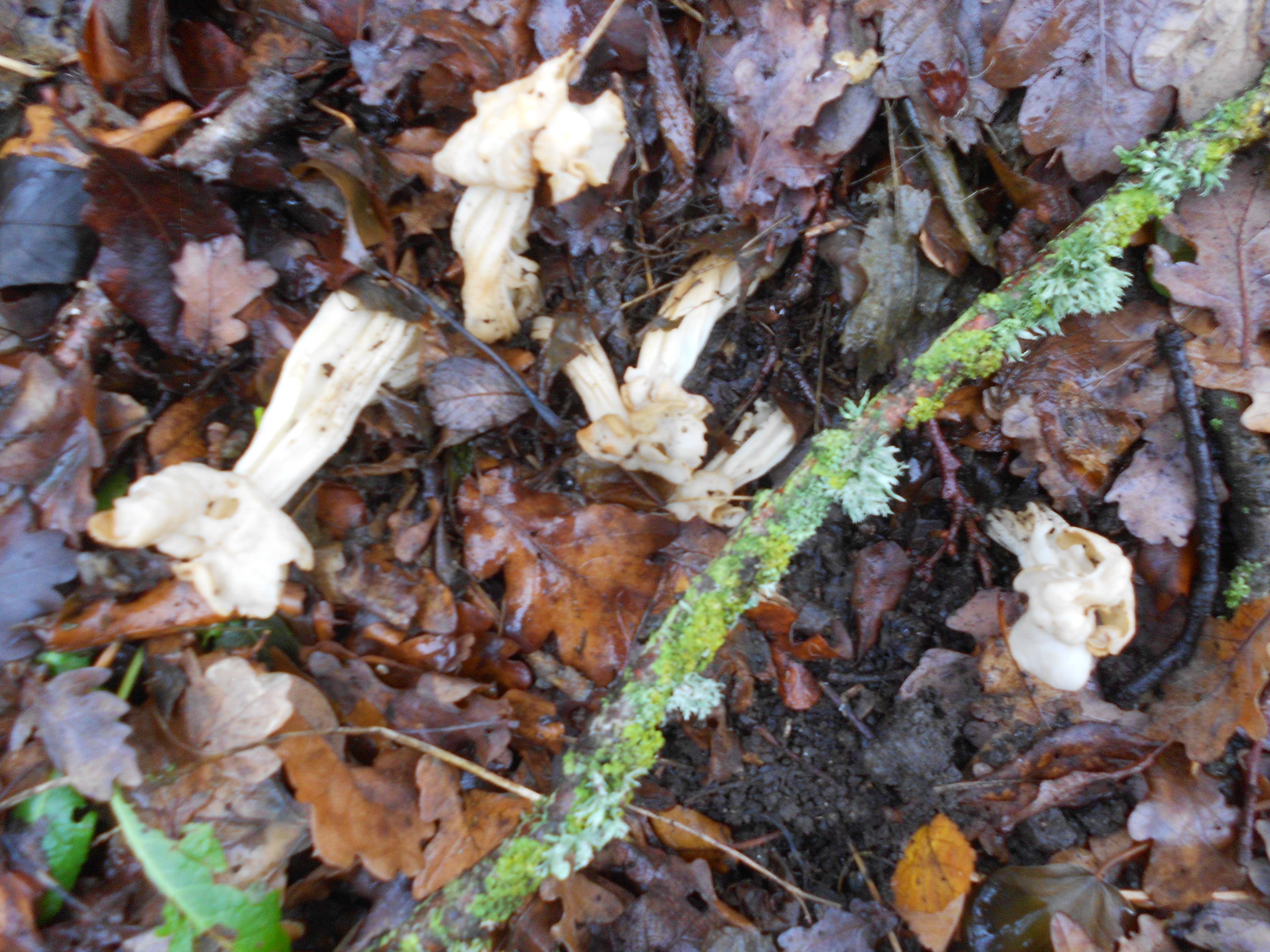
Despite the recent rain, the stream which was still trickling over the stones at the top of the slope had petered out by half way down leaving the bed completely dry. We edged and scrambled our way through the whipping saplings and clinging brambles to where the stream had formed a black pool so that we could examine a wide scattering of golden shapes which we had thought were fungus but which instead we were delighted to find a carpet of bright golden yellow crab apples, glowing in the dark water where they had fallen. Extraordinary to think how many times we had passed this spot and never noticed the tree or the apples and as this is only the second crab apple tree which we have discovered along the path, at least a mile away from the first – it is a great find!
As we turned back up the hill we saw the usual flocks of gulls heading for their evening roost through the gloaming of the gloomy afternoon, coming earlier due to the heavy cloud and falling rain. Time for us also to be heading home for a cup of tea in the snug warmth of our sitting room, out of the dank chill of a midwinter afternoon only days away from the shortest day when the sun will begin to return and brighten our lives. We had been disappointed not to see a single Redwing or Fieldfare, but it is still winter, there’s still time and there will of course be other afternoons.
30th November 2018 / 2.30pm – 4.10pm / Temp: 8C
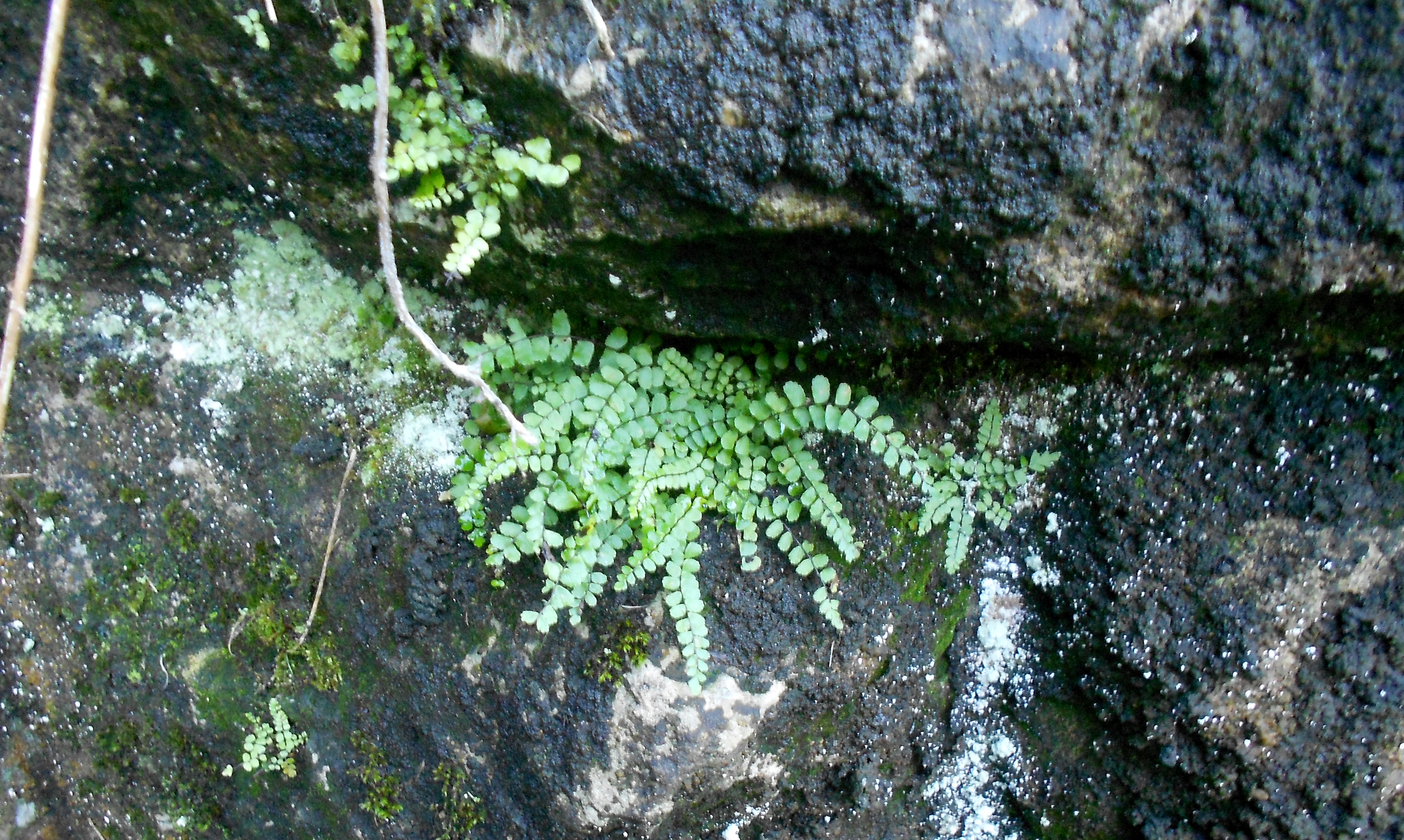
When we arrived at the path, the strong wind whipping across the fields felt icy even though the sun was shining, so we turned down the path under the bridge towards the stretch of woodland either side of the path. The tk tk tk of Fieldfares made us look up and we stood and watched as a sizeable flock streamed over our heads first across the path then back again, collecting Redwings on the way. It is so cheering to see thrushes in such numbers during the autumn and winter, a lovely addition to the flocks of noisy Rooks and Jackdaws we usually see crossing and criss-crossing the path. Parties of finches and tits busy themselves in amongst the branches, Pheasants squawk in an adjoining field, a Buzzard and Raven sail past and several male Bullfinches perch show off their pink chests to a nearby Blackcap.
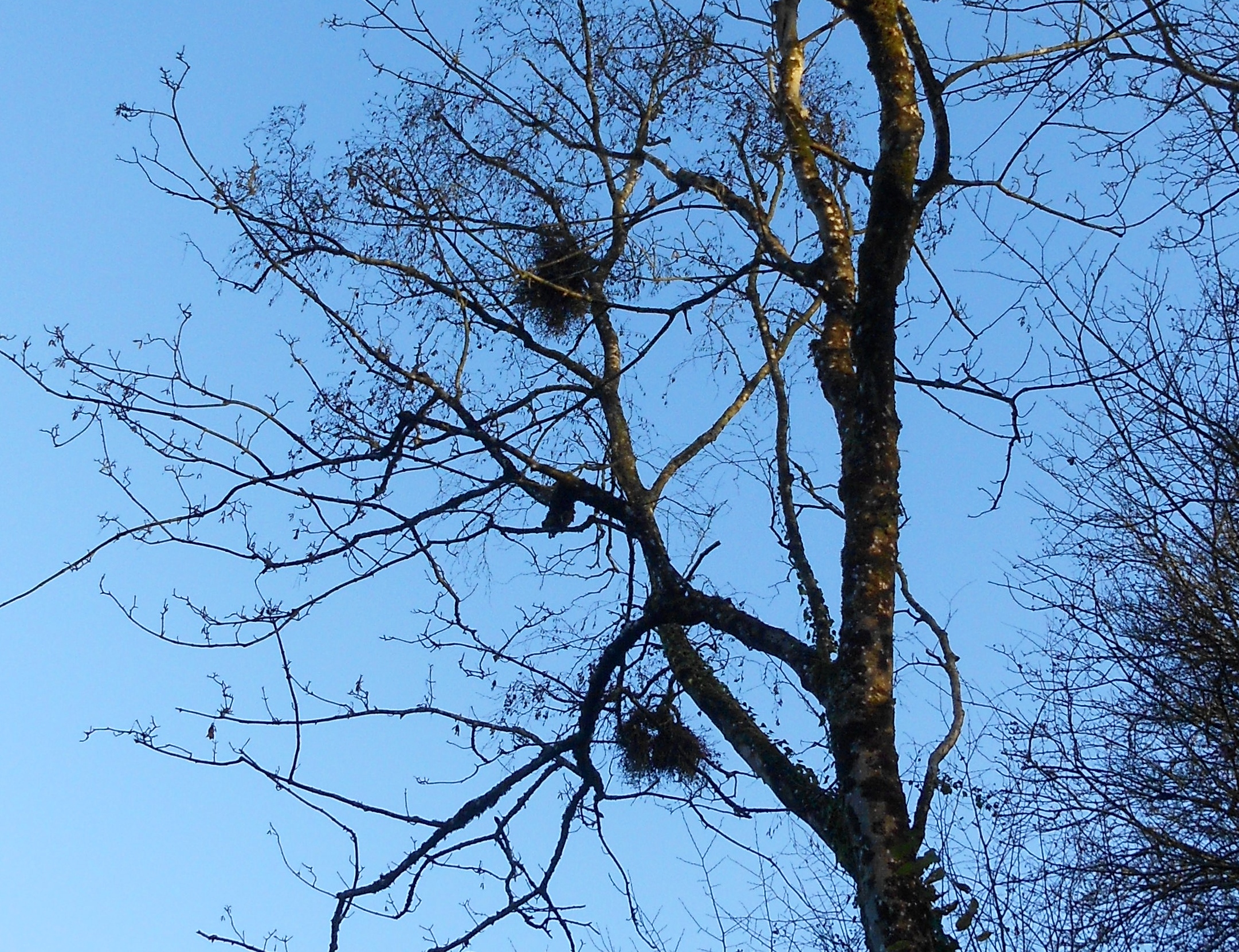
Apart from a handful of pale yellow leaved field maples, the rest of the trees are now quite bare so the clumps of witches broom high up in an alder tree catch the eye. The only colour are the few remaining fungi beside the stream and on the rotting logs and the bright vivid green of the moss and ferns, like the delicate fronds of the common spleenwort clinging to the stone on the bridge or the splashes of orange of the common jelly spot fungus and even the small white spikes of the stags horn fungus make welcome interest as we walk along.
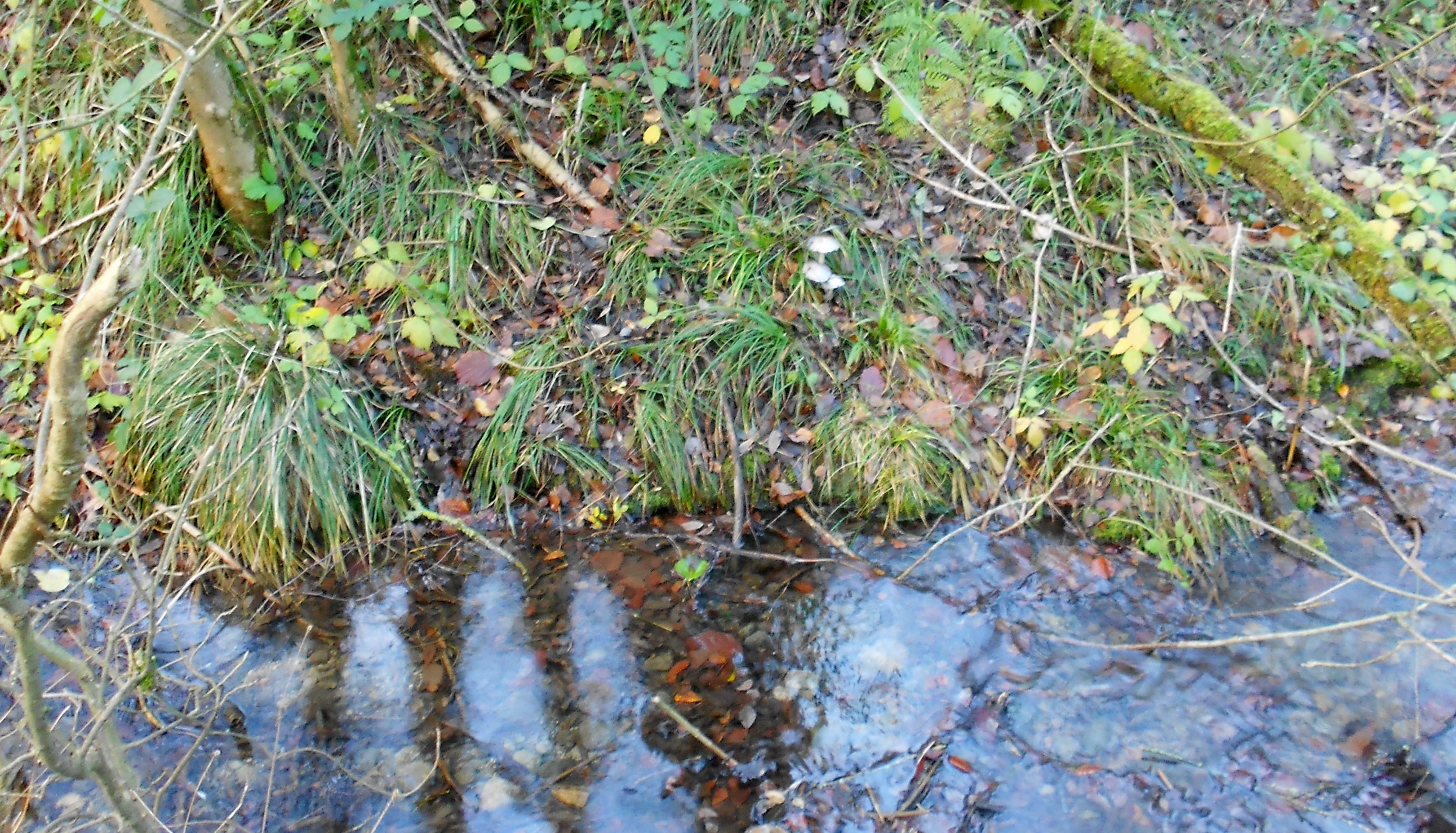
When the Sustrans forestry team worked on thinning out the trees along this stretch in the spring, they left small hummocks of wood chippings at intervals along the disused rail. Several had been pulled apart, possibly by badger or roe deer searching for grubs, and the scatter of remains of a Norway spruce cone on the top of one of the mounds showed a squirrel had been busy with a prize he must have carried all the way down from the small plantation of conifers at the top of the embankment.
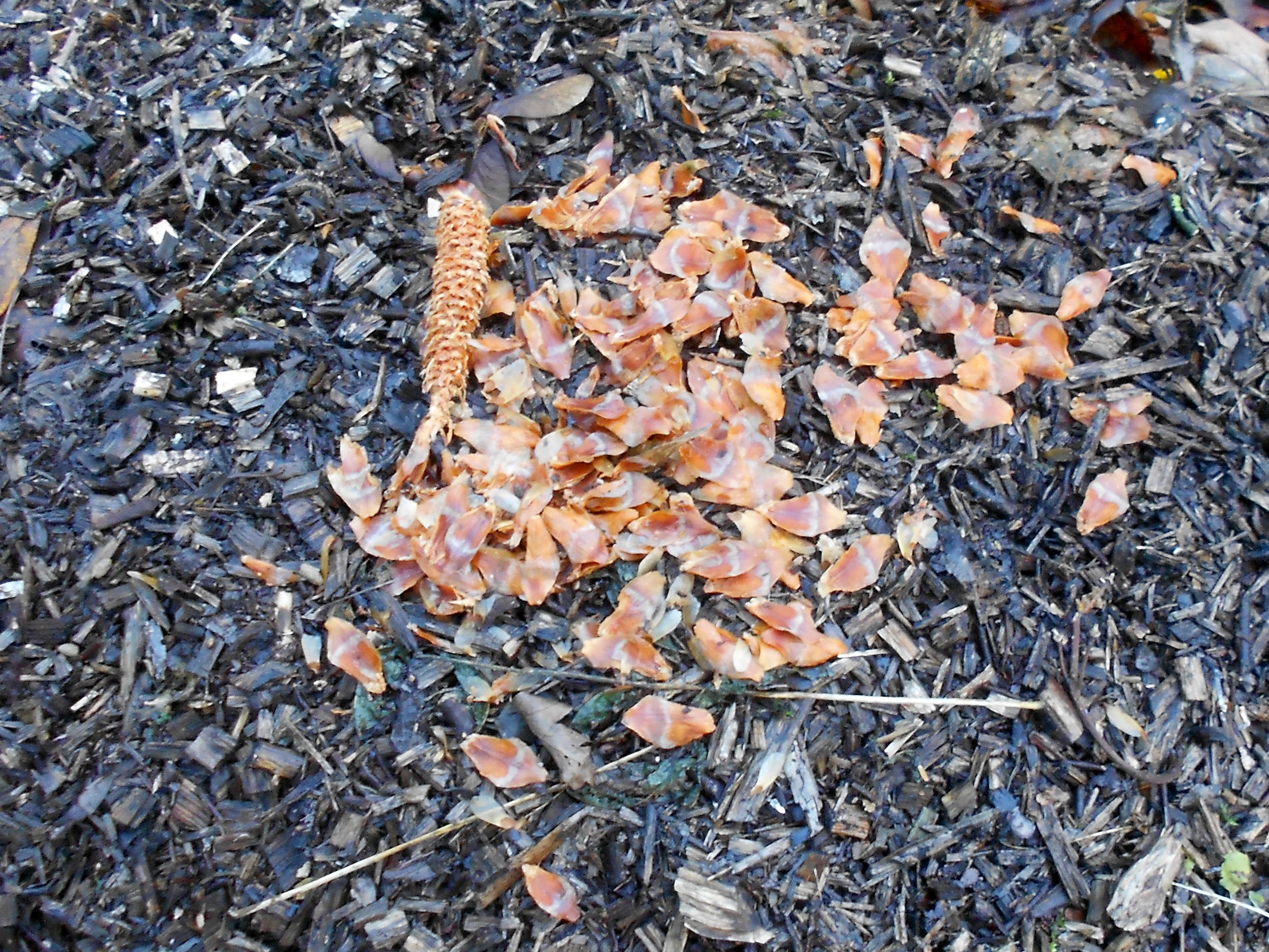
We walked on down the path, giving way to lots of cyclists and runners with dogs, until we reached the newly cleared area by the puzzle bench. The Sustrans team have been very busy clearing and cutting down lots of self-seeded ash and hawthorn trees to open up this rather gloomy stretch to more light. Some of the branches had been piled up beside the track but many had been threaded and laid to form a new hedge.
It had been drizzling for some time and we were getting increasingly wet but just as we reached the top of the hill, the rain stopped and the cloud on the horizon lifted enough to allow a golden sunset to flood the fields. Time to go home for tea!
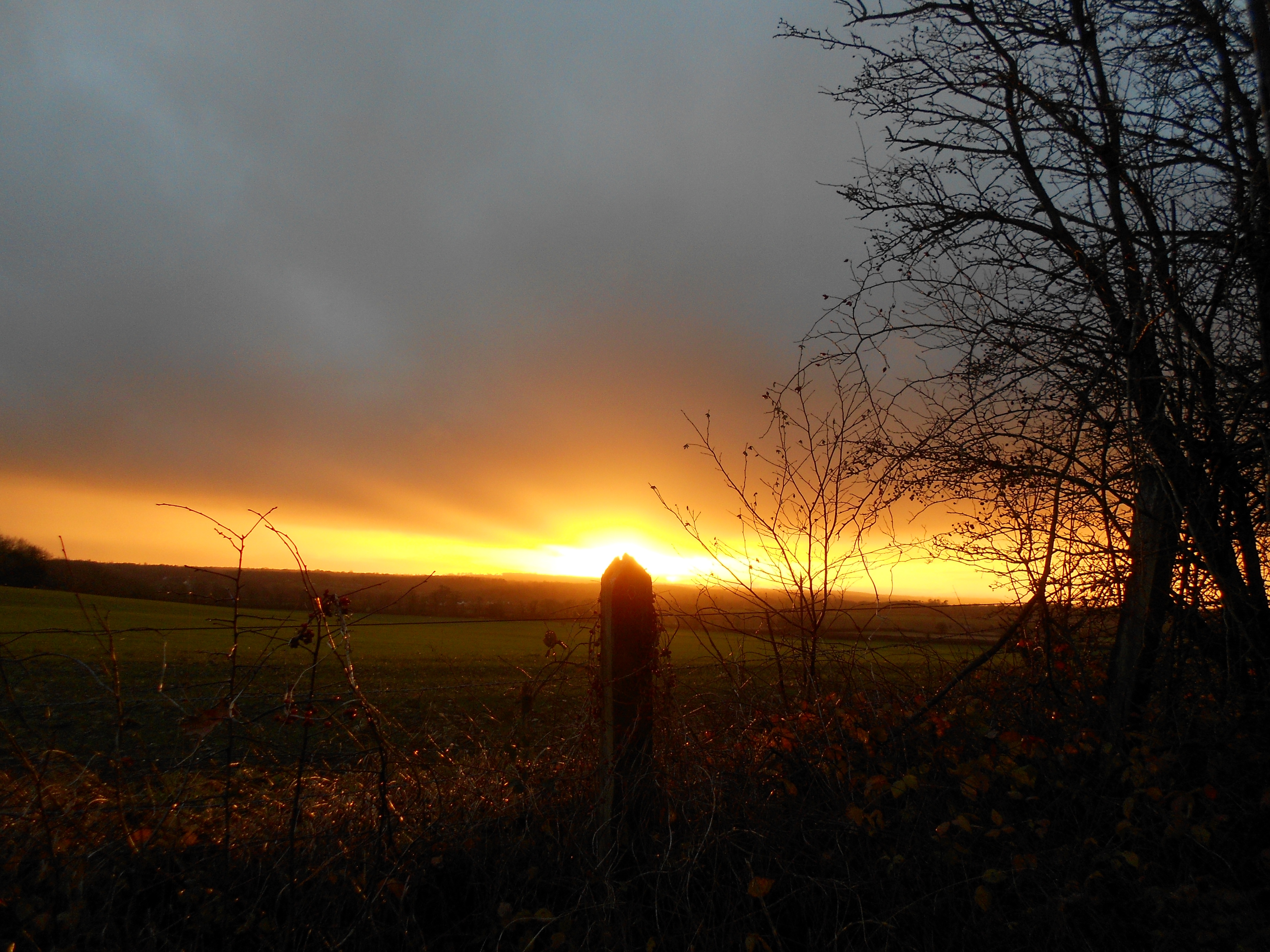
25th November 2018
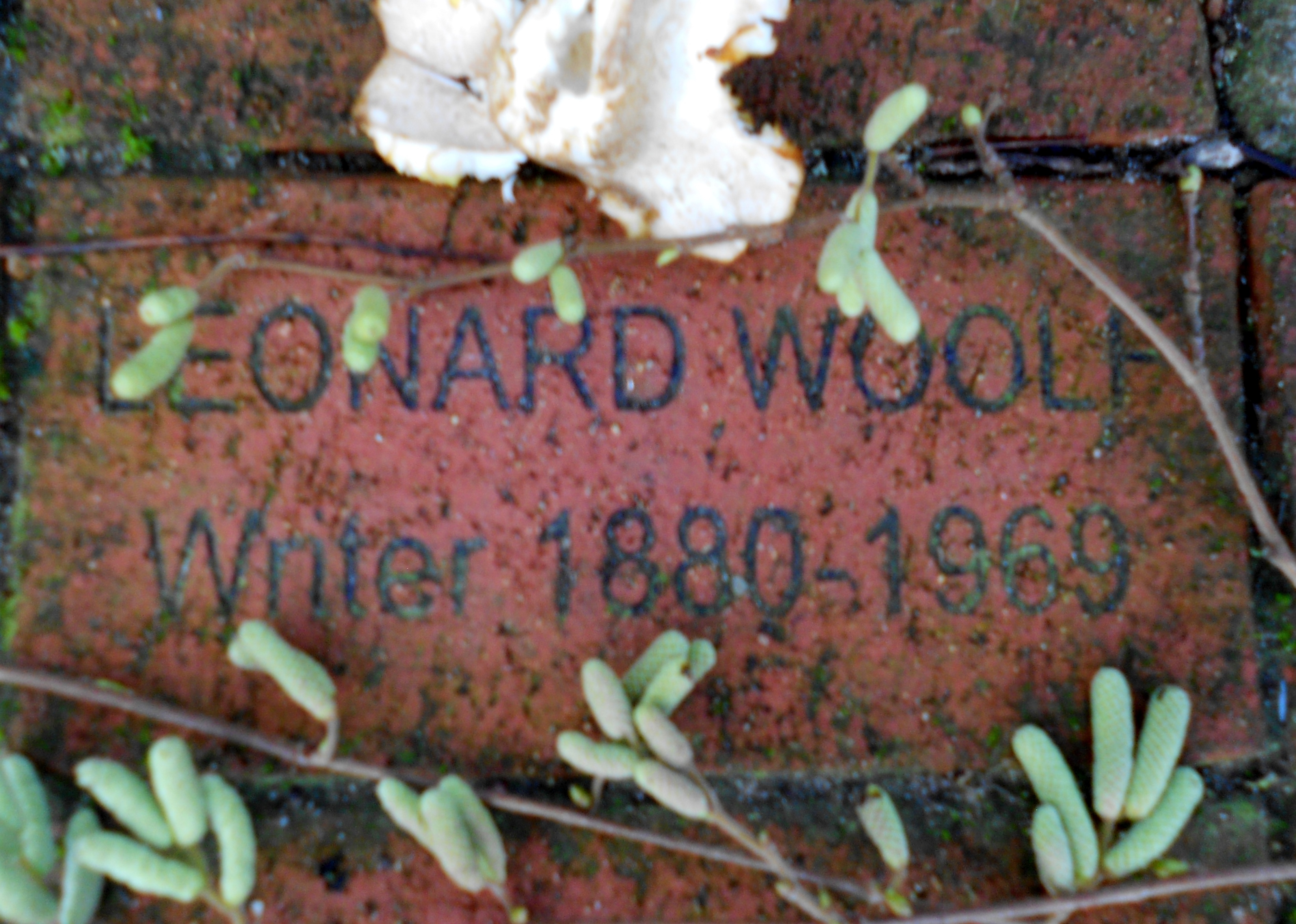
Happy Birthday Leonard Woolf
“It is the journey not the arrival which matters”
21st November 2018 / 2pm – 3.25pm / Temp: 6-6.5 C / Blue skies, chilly
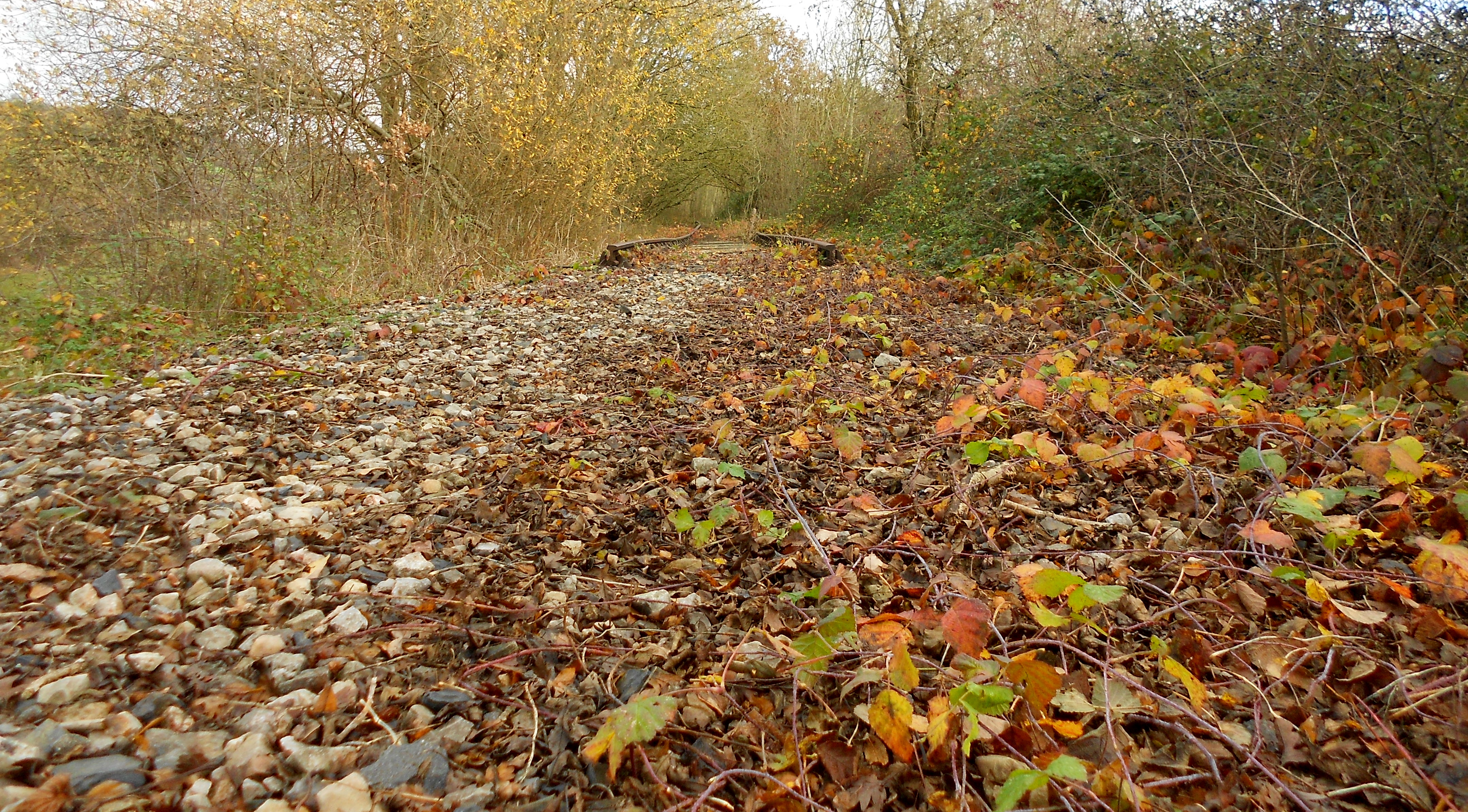
We climbed up the steps to the ballast path which has been prepared by the Frome’s Missing Links’ team for the planned extension of the cycle way from Great Elm to Frome. Along this section, the railway tracks have been removed and the concrete sleepers used to create a picnic bench, with wooden planks added for extra comfort. As we stood on the path admiring the extensive views over farm fields up to the village of Buckland Dinham, blackbirds and parties of finches scattered from every direction, a couple of pheasants squawked loudly and took off down the old railway tracks, and a great flock of some 40 to 50 Redwings and Fieldfares liften from the trees and flew over our heads, like a cloud of autumn leaves in high winds. We were so enchanted by the sight of them that instead of walking along to the stream where the clinker path meets the cycle path proper, we decided to explore the area they had all come from, the old disused railway track.
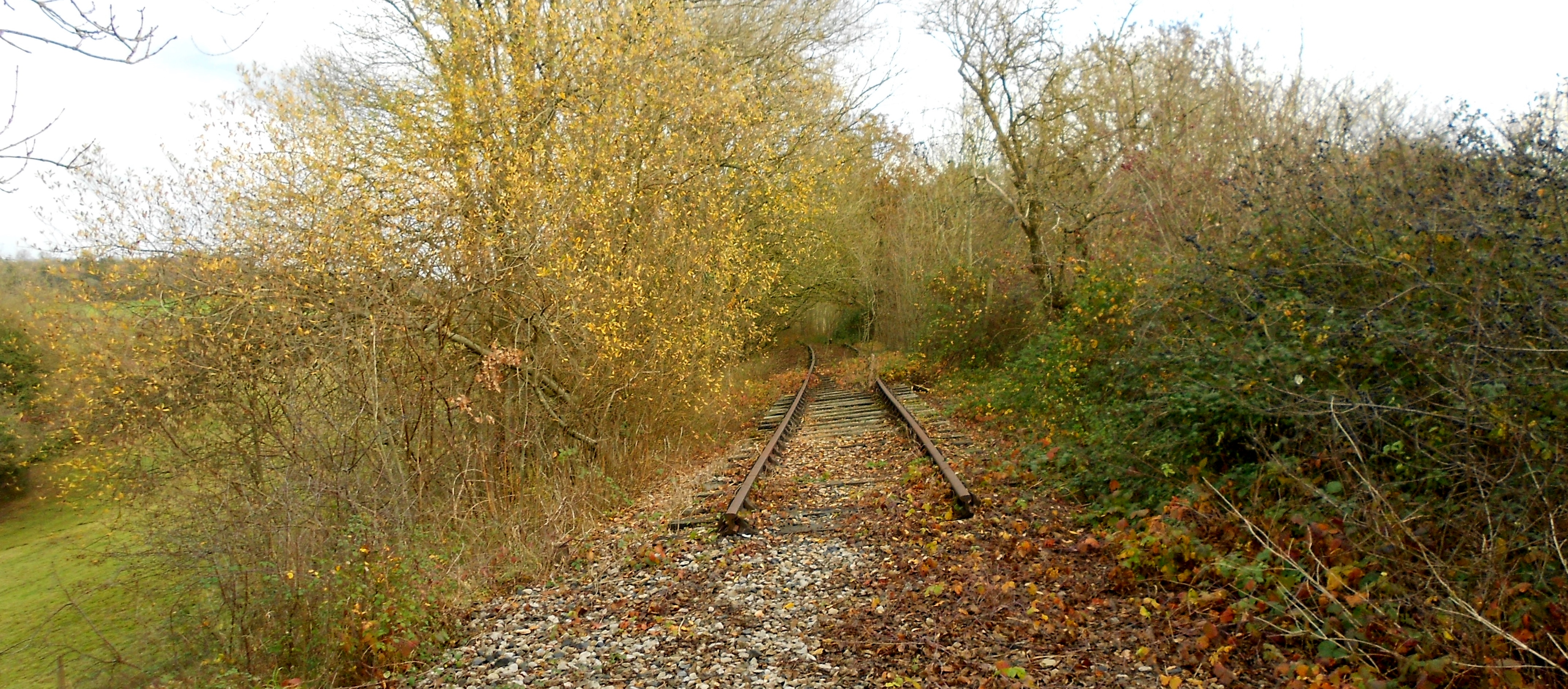
We managed to follow the track for some distance, while Blackbirds shot across in front of us, the ubiquitous Wood Pigeons clattered in the undergrowth, Jackdaws and Crows chattered and called overhead and a Jay screeched from its perch in the hedgerow edging the field below. Eventually it became far too overgrown to push through but fortunately people or animals had worn a narrow path away from the railway along to where the path opened up to the steep rough unimproved grassland slope of the embankment dotted with saplings. At the foot of slope the track of the railway used for transporting stone from the nearby quarry snaked through the cutting and as we arrived just as a train was running through, the stench of the diesel oil and clouds of blue smoke from the exhaust was for some minutes quite oppressive.
This open space, probably due to the angle and the half a dozen ant hills with their obligatory carpet of rabbit droppings on the top, reminded us of Clay Hill and other chalk downland which, bearing in mind the underlying rock is limestone, may have accounted for the similarity of appearance and type of vegetation. The entire grassy slope was strewn with empty bleached and weather worn snail shells, gleaming white against the green; the sheer numbers may be caused by shells not decaying very fast in lime rich places and so these could have been accumulating over many years.
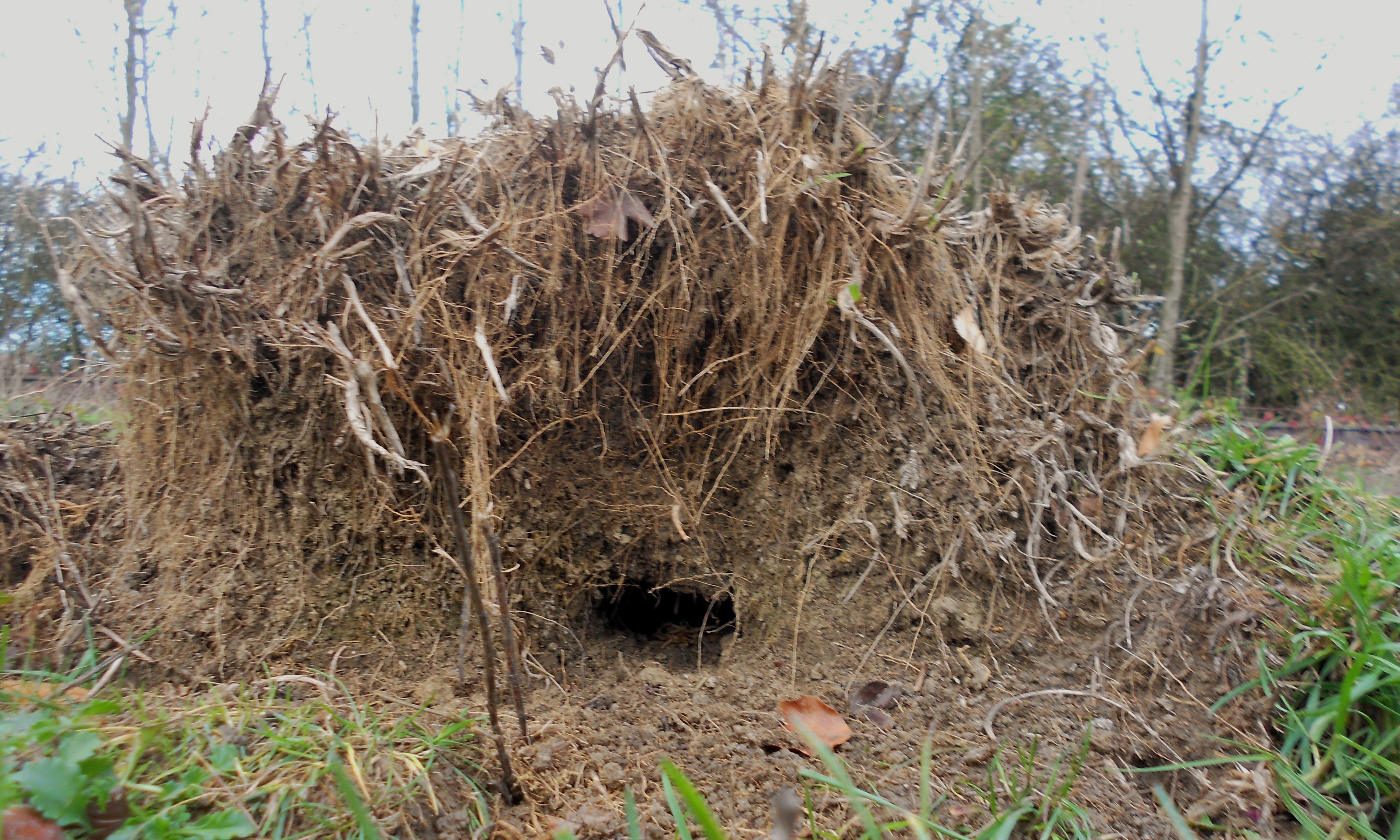
In one of the abandoned ant hills, which looked as if it had been scraped by a badger, a small mammal, possibly a field mouse or some kind of rodent appeared to have fashioned a safe shelter which as the tussock is at the top of the embankment and given the angle of the sun could be sure to remain dry and warm for most of the day.
We were extremely pleased to have been lured by the Redwings into exploring this space and look forward to checking it more regularly in the spring and summer to discover what plants and flowers are colonising this patch of grassland.
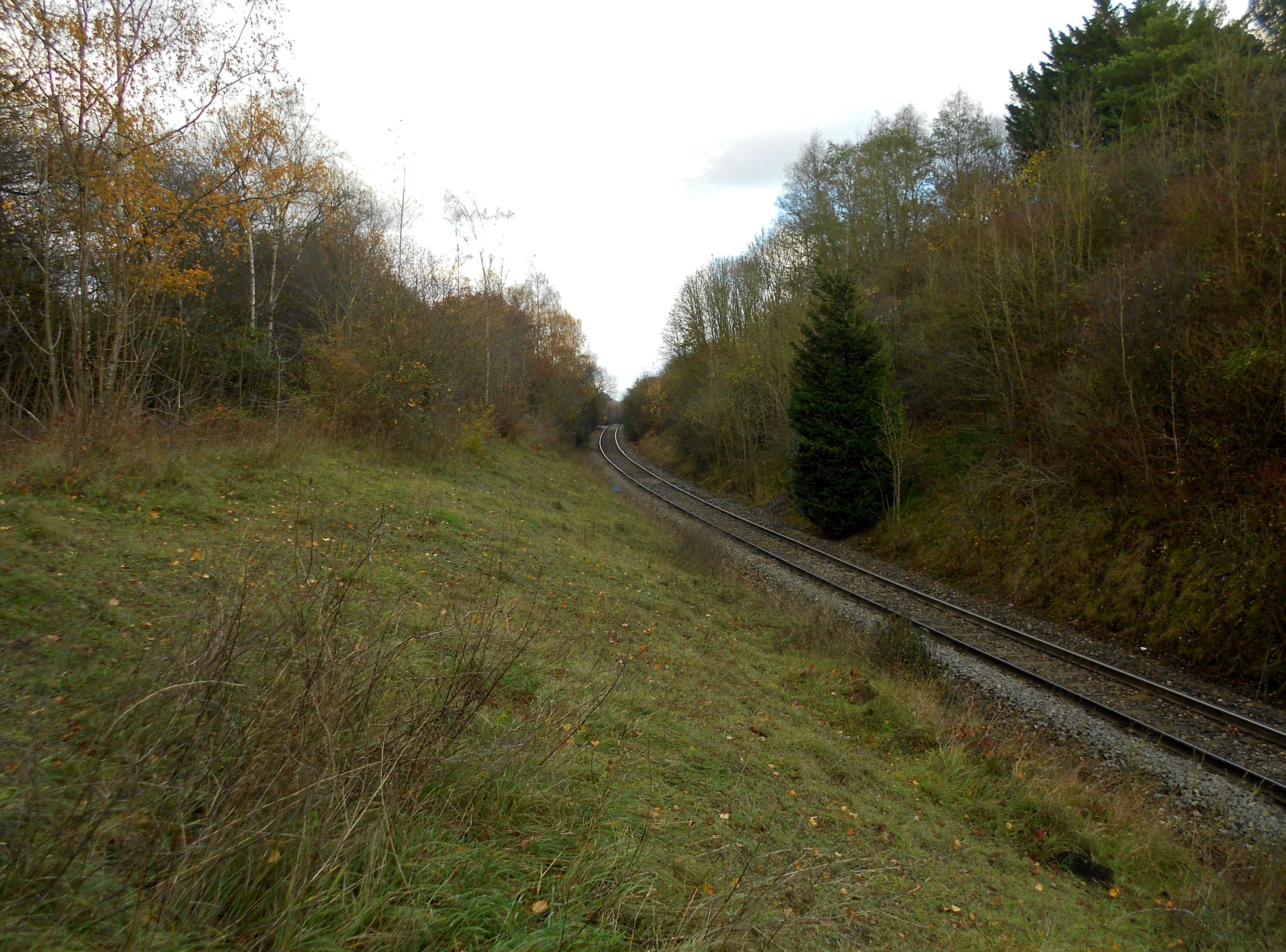
A few clumps of decaying fungus, the odd flowering dead nettle and the vivid orange seed berries of the stinking iris are the only plants to catch our eye as we walked back, noting as we passed that the stream bed is bone dry again after its brief cascade of only a few weeks ago. The promise of torrential rain and thunder storms over the weekend should soon have it full again.
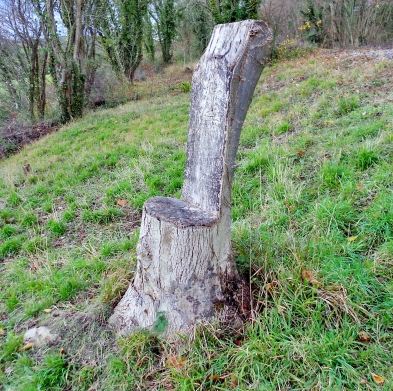
As the sun dropped behind a thick grey cloud and the wind picked up, it was far too chilly to sample the comfort of the throne so thoughtfully provided by the FML volunteers, but it was so well sited before a striking view, we promised ourselves a revisit when some warmth begins to return with the passing seasons.
8th November 2018 / 2.45pm – 4.pm / Temp: 12 C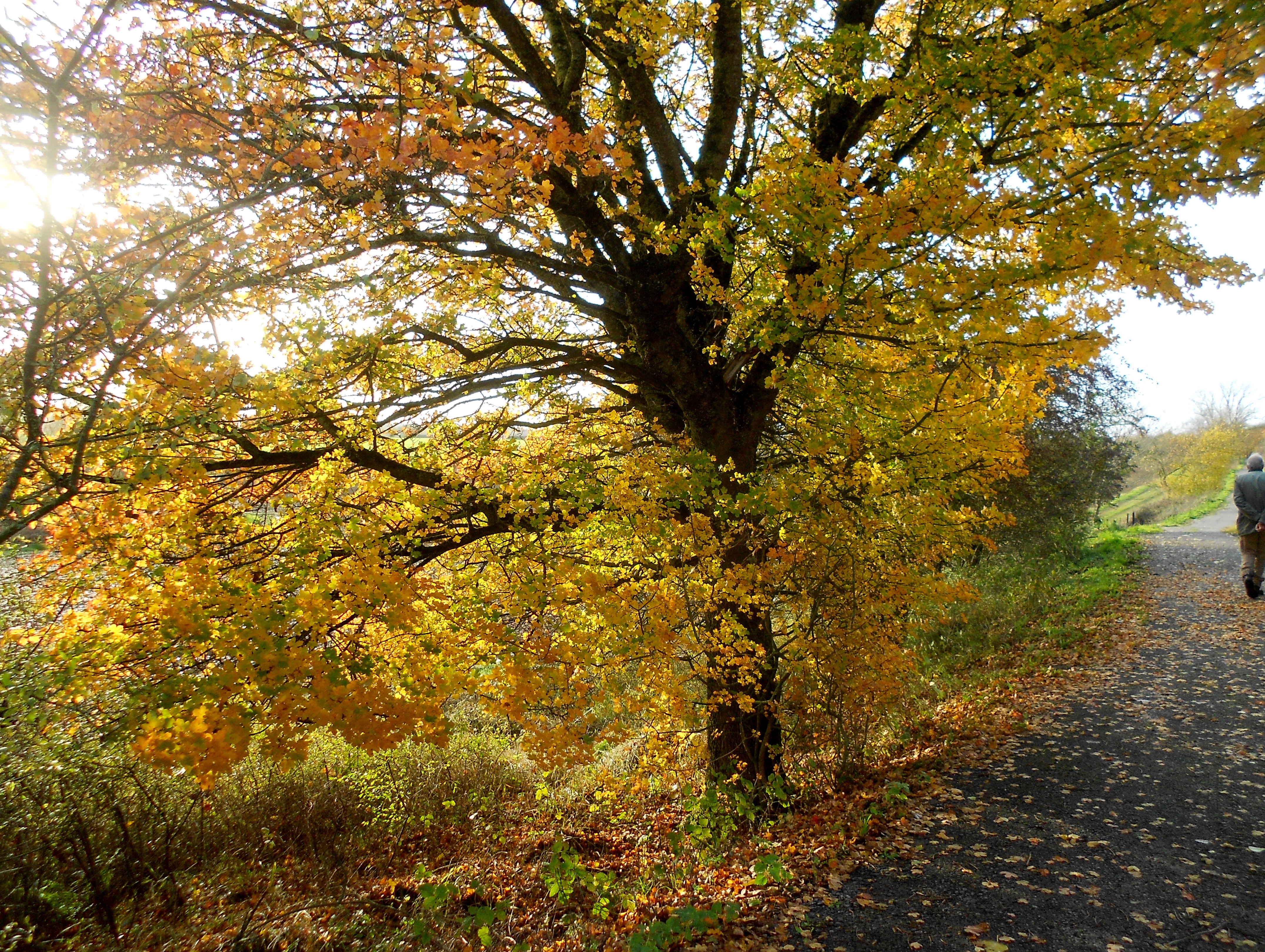
Bright and blustery, with a murky, dreary look to the far hedges and a icy, wintry edge to the wind so we set off at a brisk pace. Good to feel the air, fresh and invigorating as it played havoc with our hair and filled our lungs and thrashed the top most branches of the trees as we passed.
The autumn colours are quite spectacular this year – pale golden yellow field maple leaves, lipstick pink cherry leaves fluttering like prayer flags above scarlet wood spurge, dark purple-wine coloured bramble leaves and the deep, deep yellow of the large sycamore leaves – vivid splashes of bright colours to brighten our afternoon.
As we walked down onto the path a great flock of fifty plus Fieldfares across in front of us, a marvellous fly past to announce their new arrival on the Greener Greenways – our first sighting this autumn.
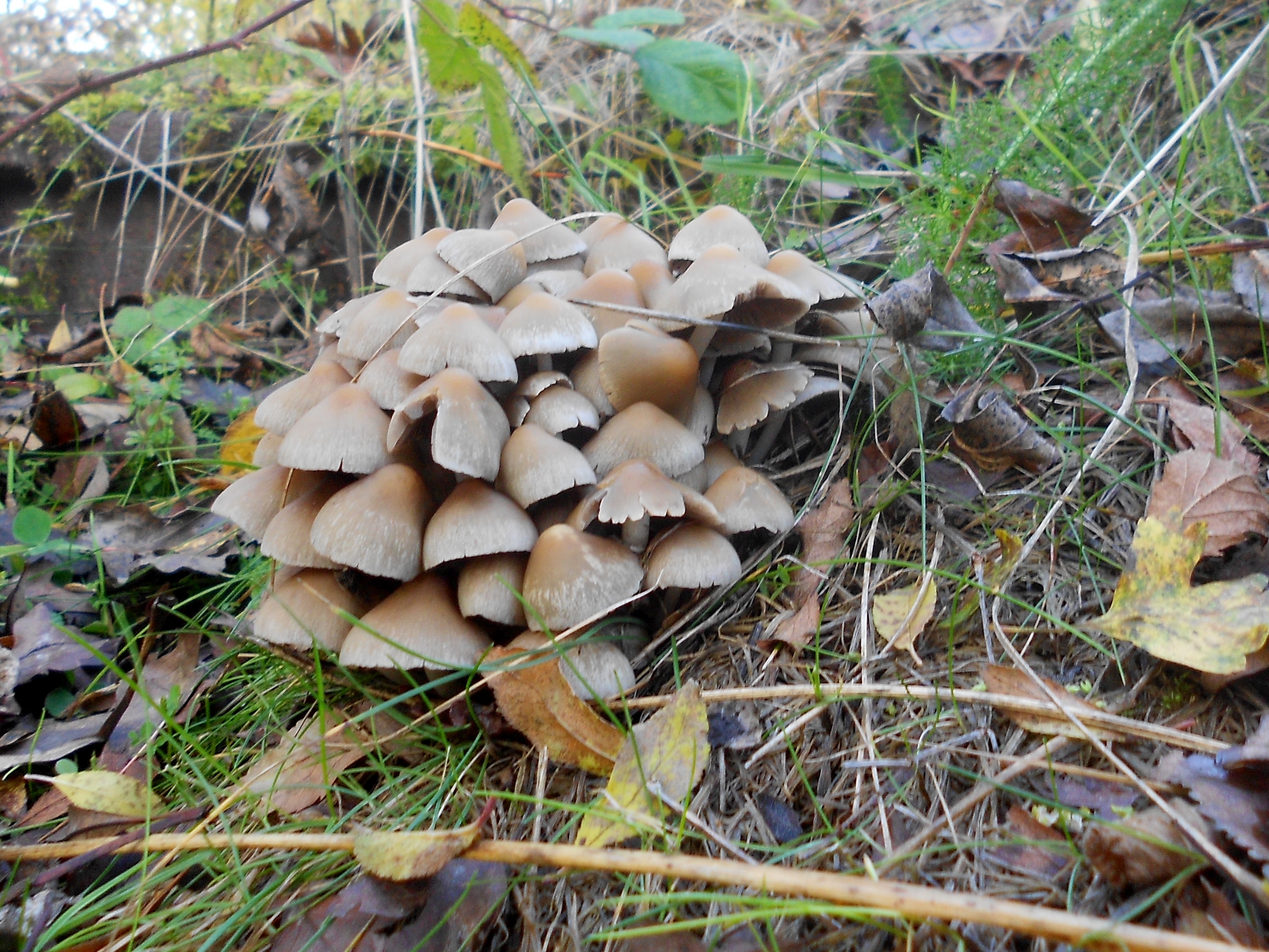
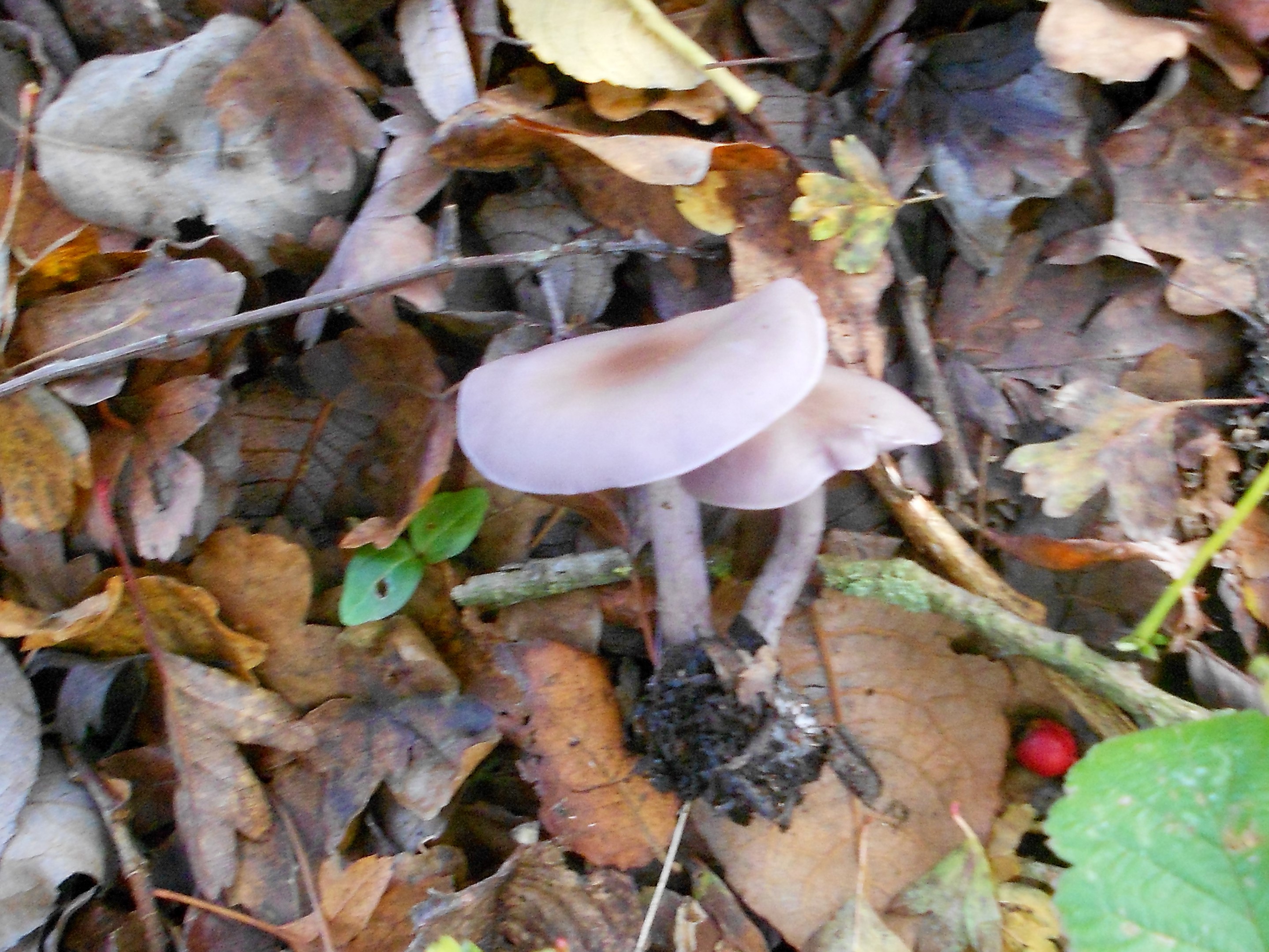
There was a scattering of fungus, predominently Wood Blewits, their delicate colour a welcome splash amongst the dead leaves. We climbed up the embankment and followed a deer track through the undergrowth, bending down under low hanging branches towards the newly filled stream swollen by the recent torrential rain, water hurtling down the watercourse bone dry only a few weeks ago, and spotted a large clump of Common Inkcap, but in the main dead leaves and the occasional plant still in flower was the sum of it. There were lots of walkers and cyclists, all like us dashing out between showers in a week of Atlantic squalls flying across the heavens, and none with any tales to tell.
Great flocks of gulls, Black-headed and Herring, were flying around in the fields on both sides of the path, pausing briefly to check out the ground, before lifting and spiralling the fields yet again. A party of Long Tailed Tits winged through the trees on either side of us, Blue Tits, Bullfinches and Robins were also busily working the branches, a couple of Blackbirds shouted their alarum calls while in the distance the ubiquitous Crows and Pheasants made sure everyone was aware of their presence.
A quiet walk down a quiet damp path past damp quiet hedgerows, trees and fields from which we headed home with tired legs and glowing faces looking forward to our afternoon tea.
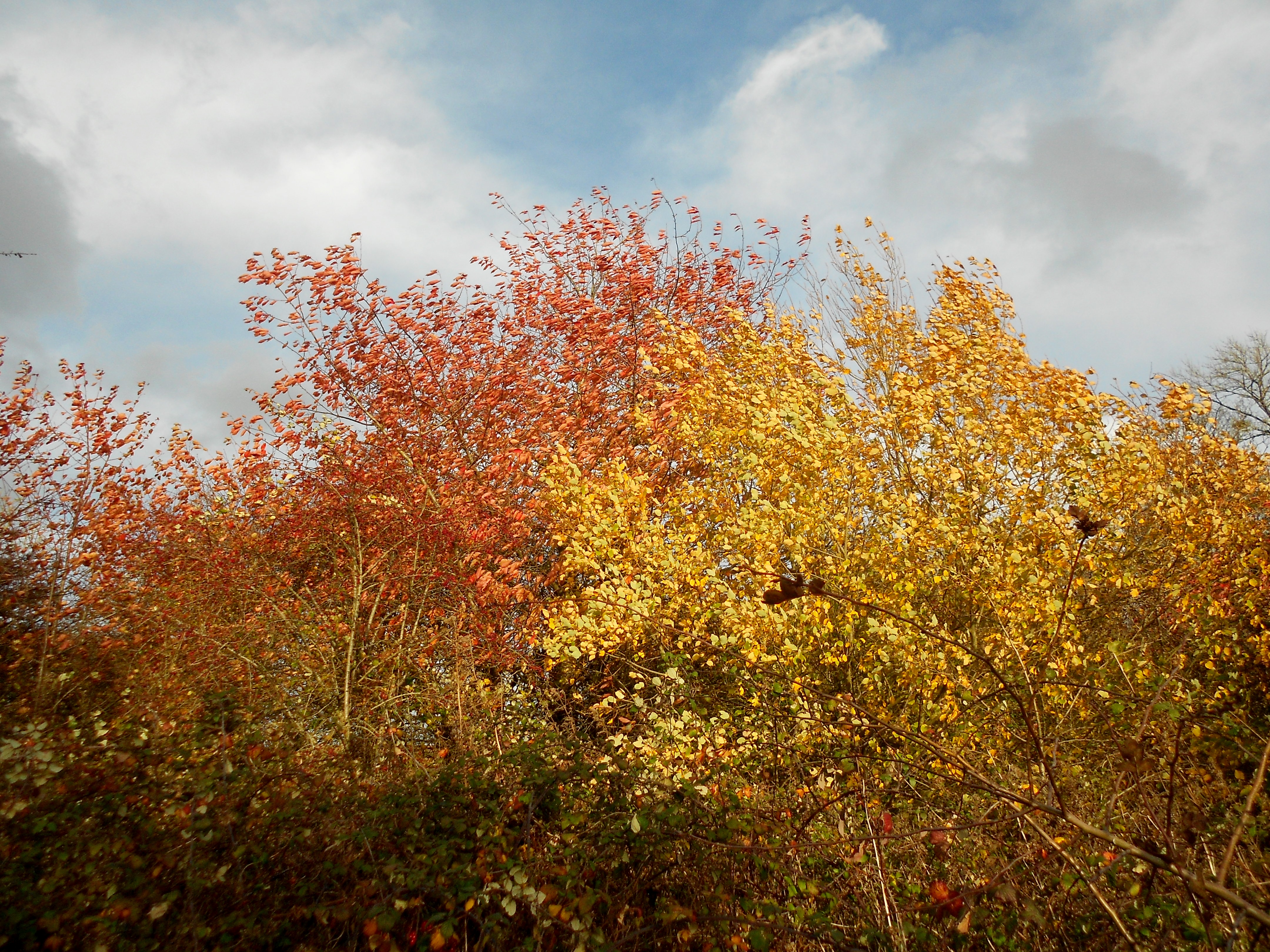
24th October 2018 / 1.30 pm – 3.20pm / Temp: 15.5 C
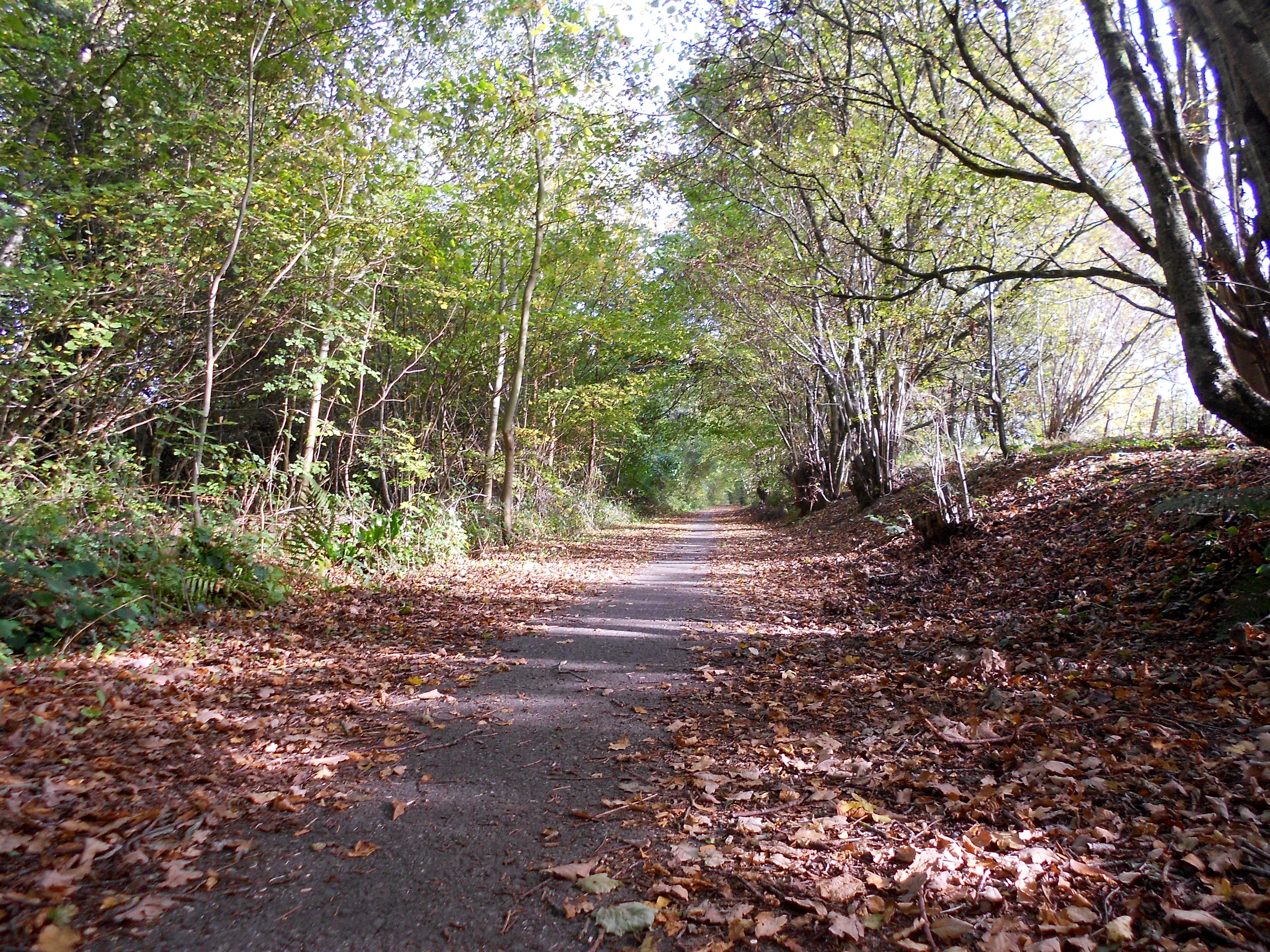
A delightful afternoon spent walking though the woods searching out mushrooms and listening to birdsong. When we arrived the farmer was on his tractor in an adjoining field drilling and sowing his winter wheat. the seed dribbling from a hopper on the back of his tractor while blue wood smoke from two bonfires drifted over the fields and the bright sunlight lit the scene.
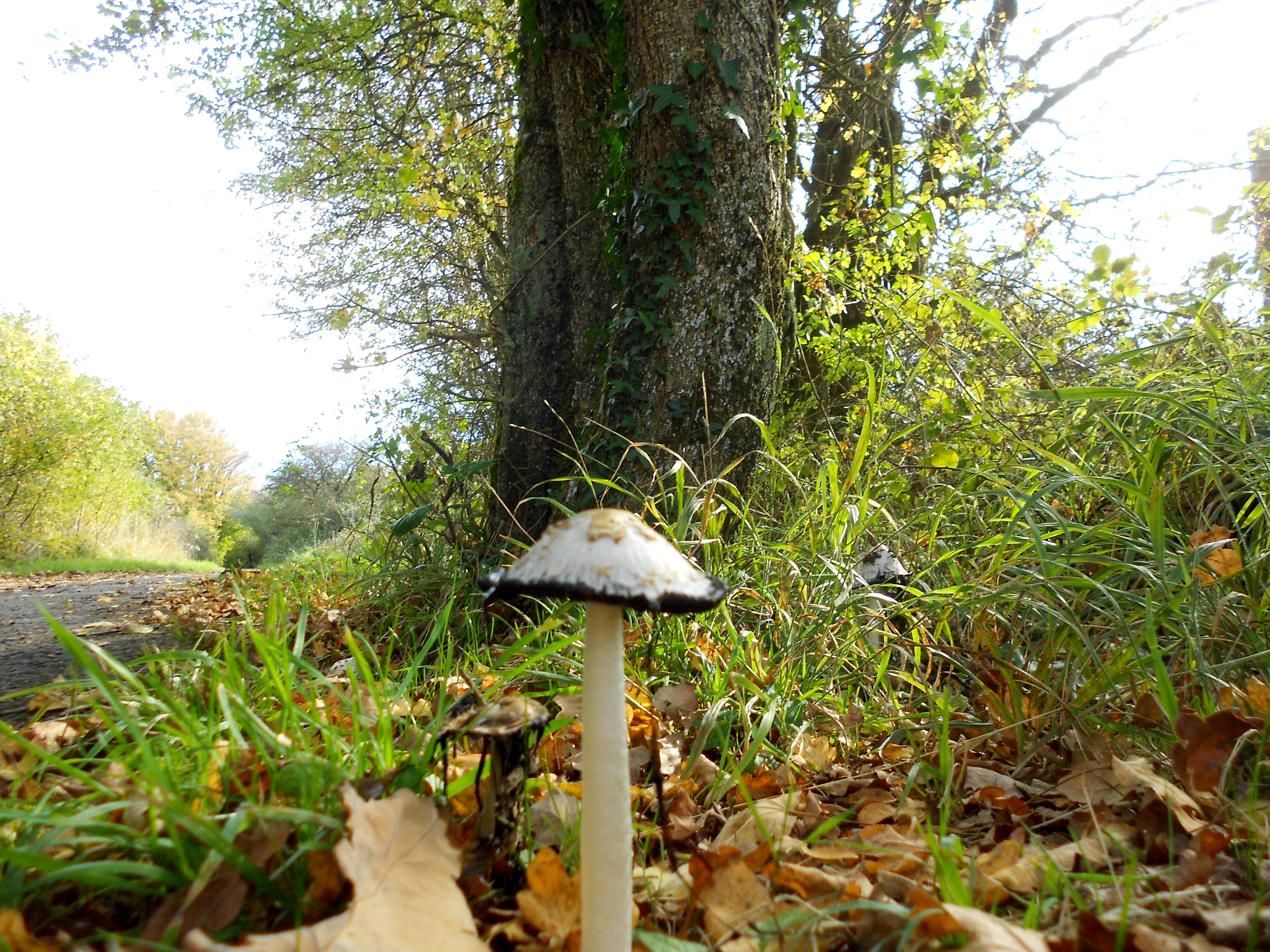
We checked on the common funnel, sulphur tuft, fairy champignon, fairy inkcap and shaggy inkcap where we had seen them last year and were pleased to see a good healthy crop of each despite the prolonged heat wave and a particularly dry autumn. Searching for mushrooms in autumn reminded us of of Gunter Grass ” strolling among the mushrooms with Sophie and you and with you…. ” when he found all of them irrestistible and took them home to cook with cream sprinkled with parsley. Searching for mushrooms in autumn reminded us of of Gunter Grass ” strolling among the mushrooms with Sophie and you and with you…. ” when he found all of them irrestistible and took them home to cook with cream sprinkled with parsley.
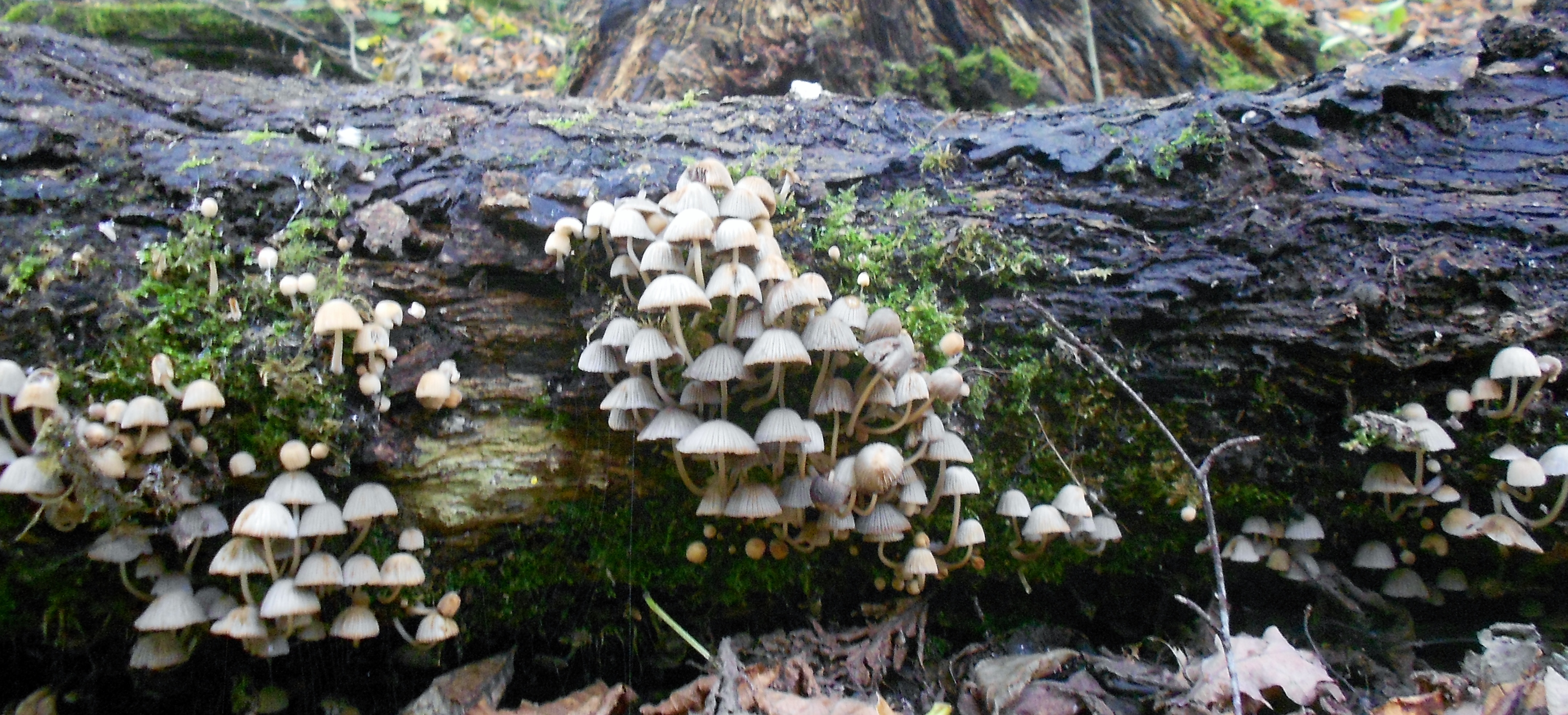 We also spotted for the first time lots of common inkcap in the grass verge alongside the cycle path as well as three or four species of fungi which we unfortunately were unable to name. Lots more research needed!
We also spotted for the first time lots of common inkcap in the grass verge alongside the cycle path as well as three or four species of fungi which we unfortunately were unable to name. Lots more research needed!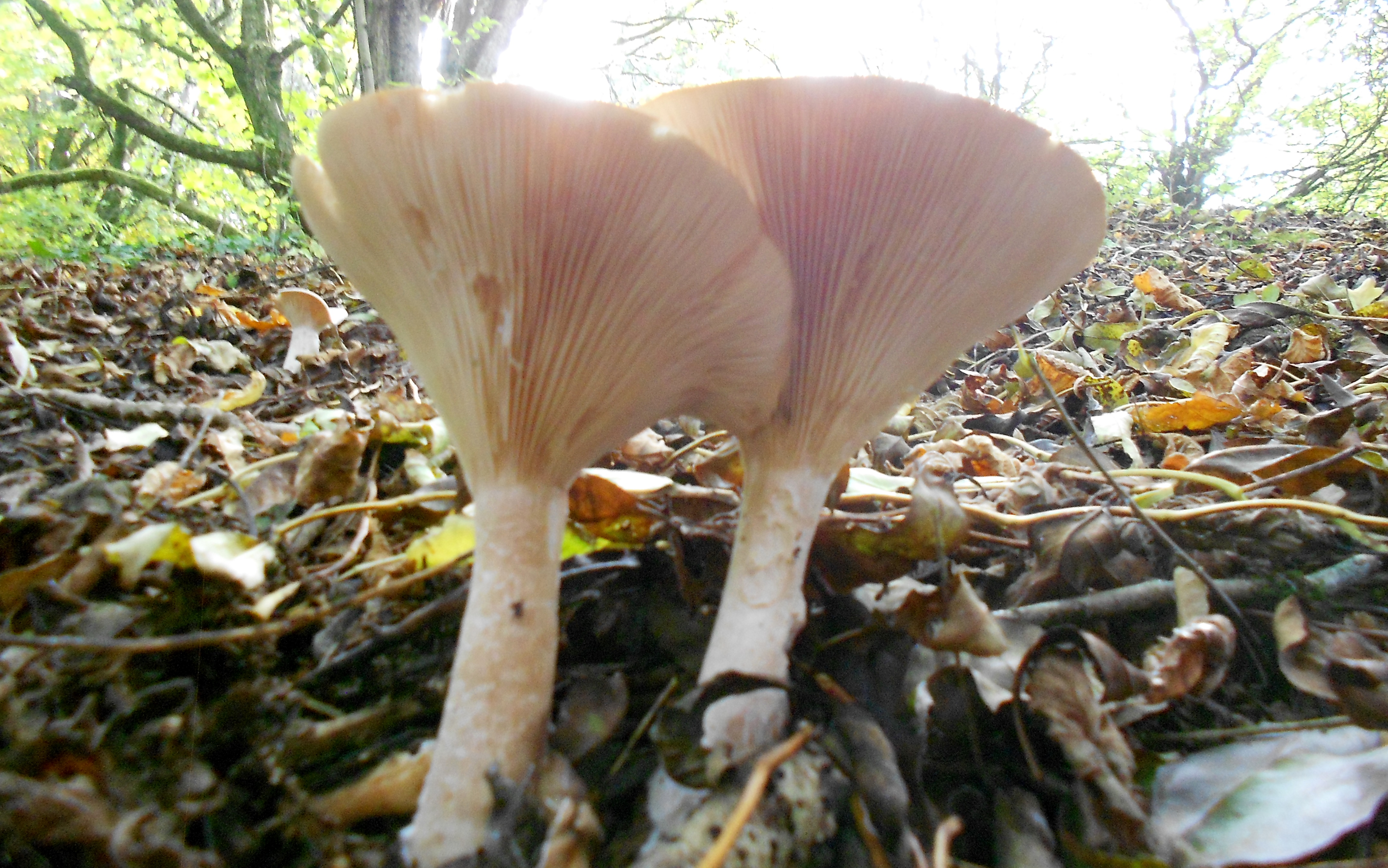
When photographing the common funnel mushrooms we found the substantial part of a pheasant wing and on the same bank the long tail feathers of a male pheasant. We often find signs of predation in this area but have never been able to ascertain whether it was from birds of prey or foxes.
This bank is scattered with badger setts and is on the edge of Newbury Firs so we wonder what creatures lurk in their depths – or maybe it is merely poachers or sportsman out with a gun for game losing their prey.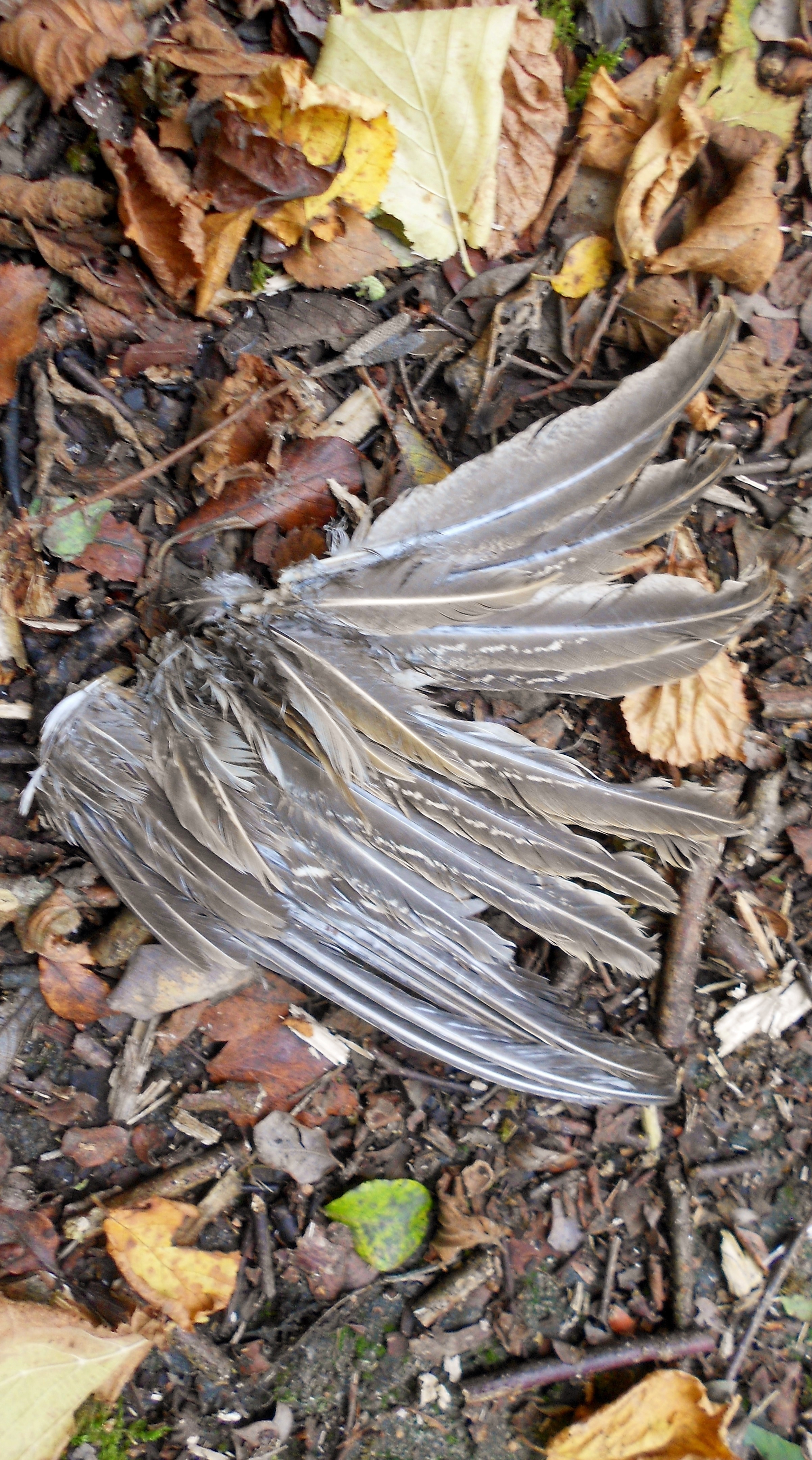
It was along this stretch that last year we saw a large flock of Redwings and Field Fares alongside trees filled with the extraordinary noise of twittering Gold Finches – one of our favourite memories of the woodlands.
Although we din’t see any signs of Redwings, there were lots of parties of small birds including Marsh Tits, Blue Tits, Great Tits, Bullfinch, Robin and Dunnock, as well as Jay, Blackbird, Crow, Wood Pigeon, Buzzard and as we were leaving a Red Kite flying down to land first on a hedge and then in the field before lifting and flapping off to try his luck farther down over the fields and cycle path.
18th October 2018 / 2.15pm – 5pm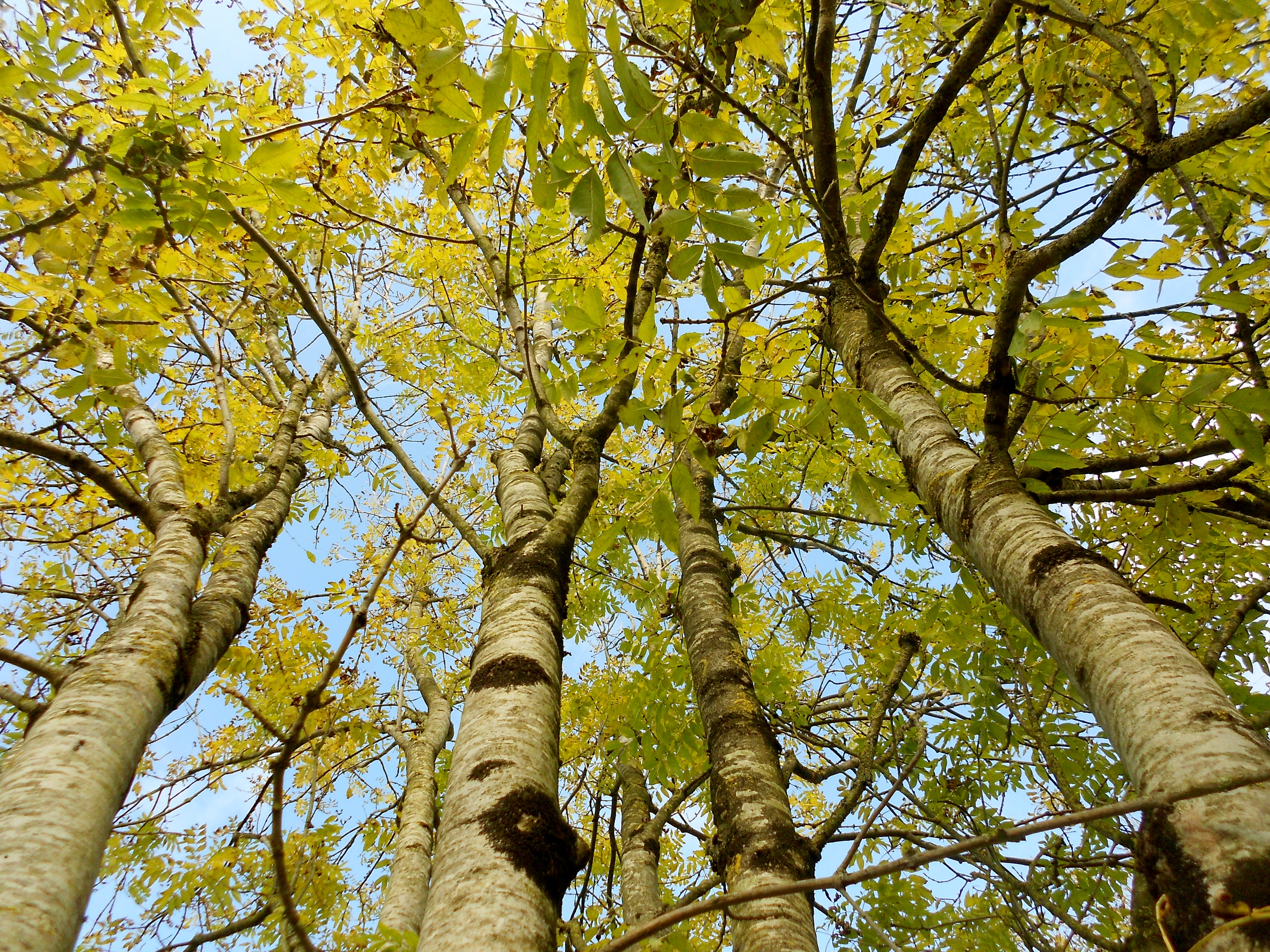 Ash trees with Dilated Scalewort (liverwort) – Bioindicators of clean air
Ash trees with Dilated Scalewort (liverwort) – Bioindicators of clean air
Weather Conditions: Sunny/cloudy cold north-easterly wind / Temp. 15 C
Redwings!!! At last. Having searched the skies and tree tops in vain for weeks, finally as we sauntered along in the sunshine, a flurry of wings and there, a small flock of a dozen or so Redwings crossed the path in front of us! Real autumn is announced for us by the arrival of the Redwings and Fieldfares as much as the turning of leaves and the scent of bonfires.
Redwing – John Hansford 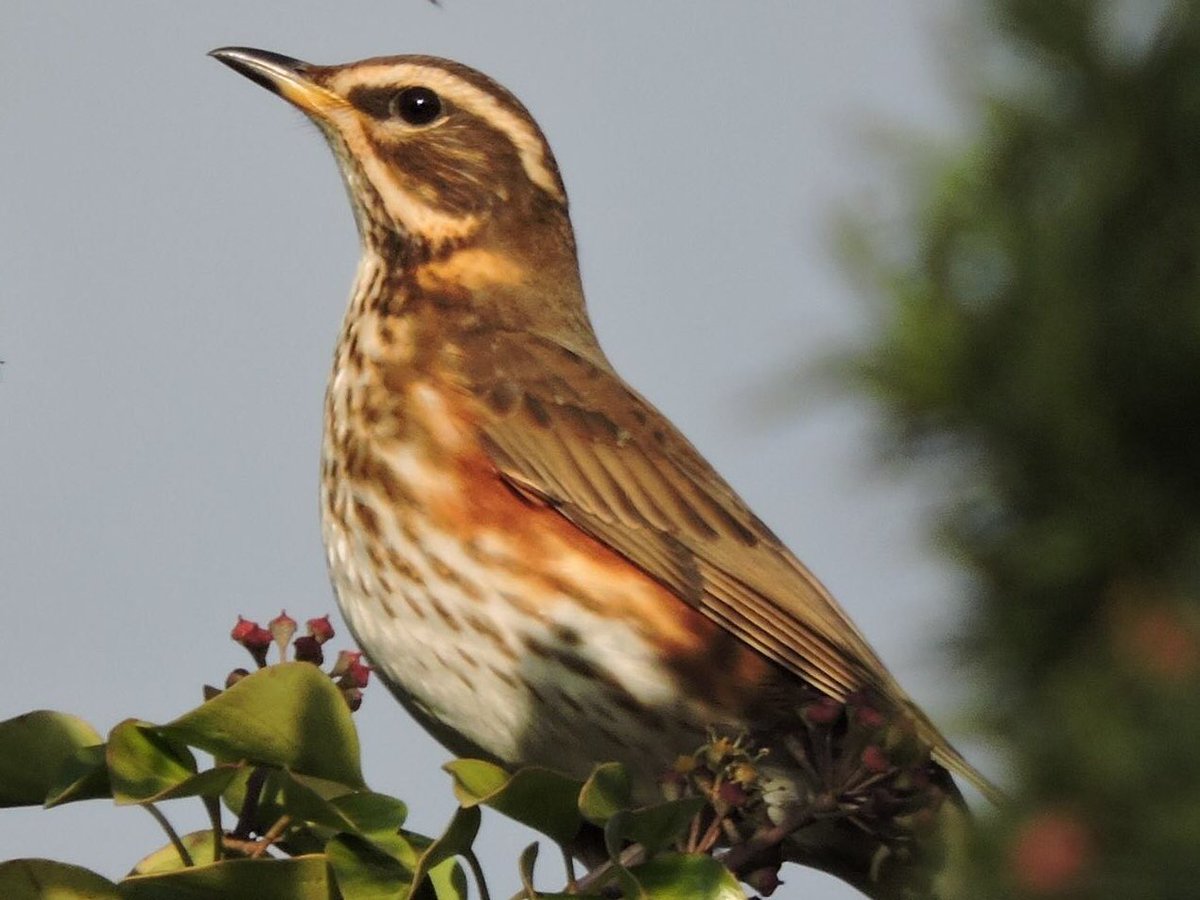
Although there was a decidedly cold edge to the wind and thin autumn mists clung to the distant fields and hedgerows, once we dropped down below the embankment we were totally sheltered so we were able to enjoy the warm sunshine whilst watching the trees exposed to the wind tossing and thrashing pretty wildly.
It’s such a lovely time of the year when the lethargy of late summer is well past and there is an energy and busyness in the bird population as they gather in their flocks and dash about! We saw two quite separate large flocks of Jackdaws, uncountable parties of finches feeding in the field, Chaffinches, Bullfinches, Great Tits, Long Tailed Tits, Blue Tits twittering as they whizzed through the trees, Robins shouting, Magpies and Blackbirds warning, as well as a flock of Starlings – a first sighting of those once most common birds now appearing in the trees abongside the cycle path. Pheasants aplenty, a small clutch of Red Legged Partridge and a couple of Buzzards down on the groud, hungrily eyeing the game birds!
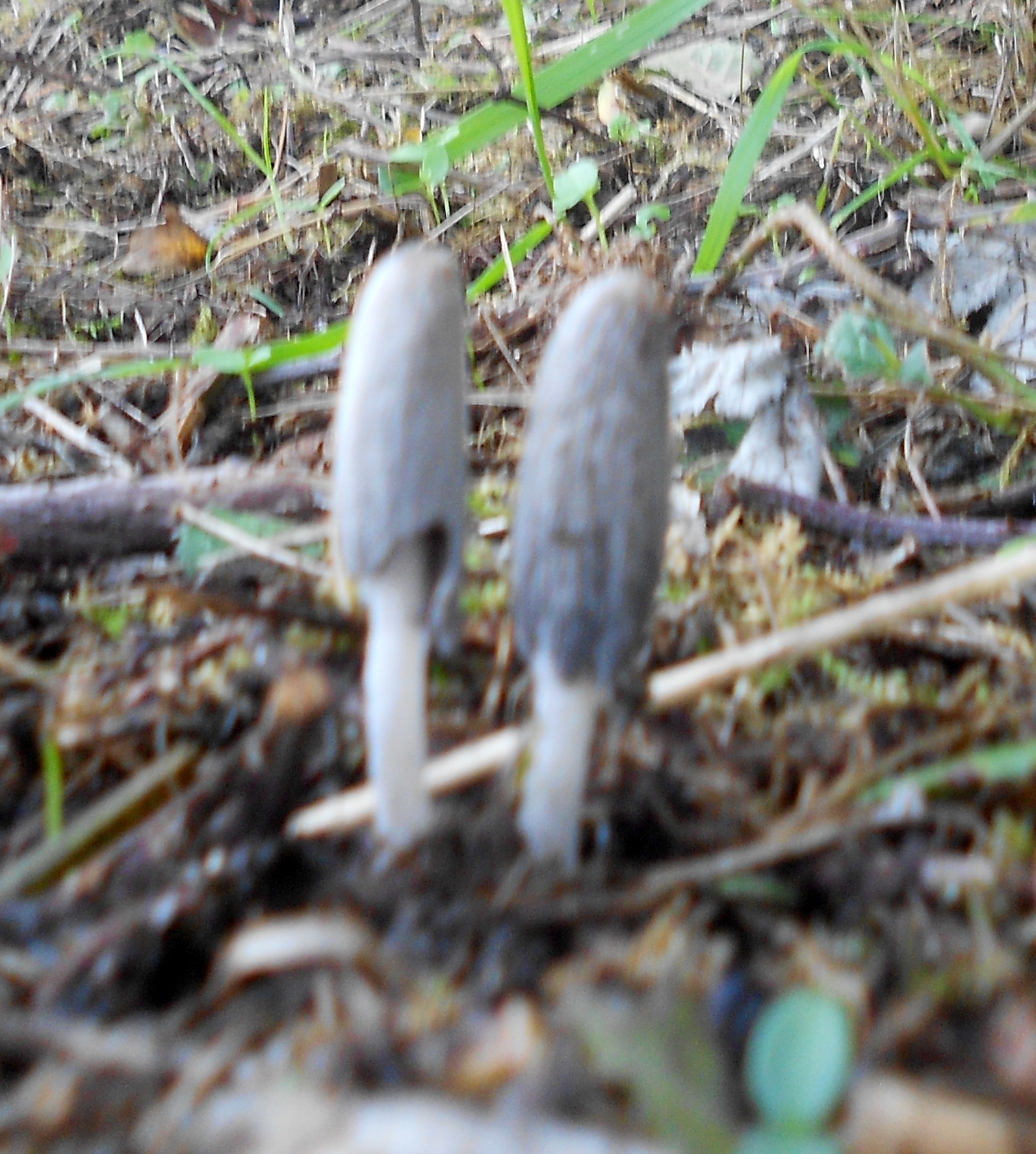
Good crops of fungi on the grass verges and under the trees, wood blewits, yellow fieldcaps, conical brittlestems, fairy ring champignons and two small delicate mushrooms which we think are hare’s foot inkcap. The flowering ivy coated trees and shrubs are thick with feeding wasps and dozens of bees are exploring the leaves on the upper branches, and there are already catkins an inch long on the hazel trees and new buds on the willows.
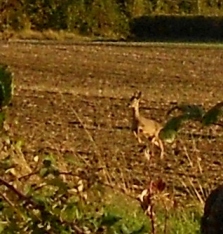 We suddenly saw two roe deer leaping across the adjoining field towars us, looking over their shoulders. We moved to the hedge to look for what had spooked them when the first deer caught of us and changed direction, the other one kept coming, leapt the hedge like a gazelle and stood stock still staring, posing beautifully on the cycle path only yards away. The most perfect photo-op if my camera hadn’t chosen this most annoying moment to jam and freeze. By the time it cleared, the deer had sprung away, and soon lost to sight in the woods.
We suddenly saw two roe deer leaping across the adjoining field towars us, looking over their shoulders. We moved to the hedge to look for what had spooked them when the first deer caught of us and changed direction, the other one kept coming, leapt the hedge like a gazelle and stood stock still staring, posing beautifully on the cycle path only yards away. The most perfect photo-op if my camera hadn’t chosen this most annoying moment to jam and freeze. By the time it cleared, the deer had sprung away, and soon lost to sight in the woods.
We sat on the puzzle bench, soaking up the sun, and assuaged our disappointment at lost opportunities by watching two Red Admiral butterflies sun bathing on the trunk of an apple tree.
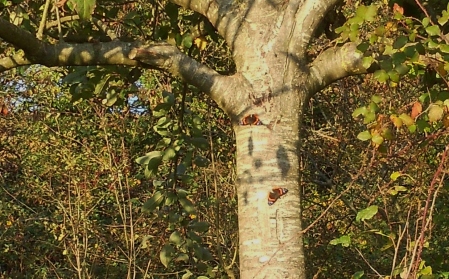
Their colours were so bright and vivid in the sparkling sunshine as they rested and preened before they fluttered down close to a pair of bright yellow Hornets feeding on a half eaten windfall. Although they were close by, they made no attempt to join the hornets but waited patiently until the Hornets flew off to examine another rotting apple before they took their place. The sun was hot, extraordinarily so for late October, and what could be more pleasant on a hot afternoon than watching Hornets and Red Admirals feeding in the quietude.
3rd October 2018 / 1.30pm – 3.45pm
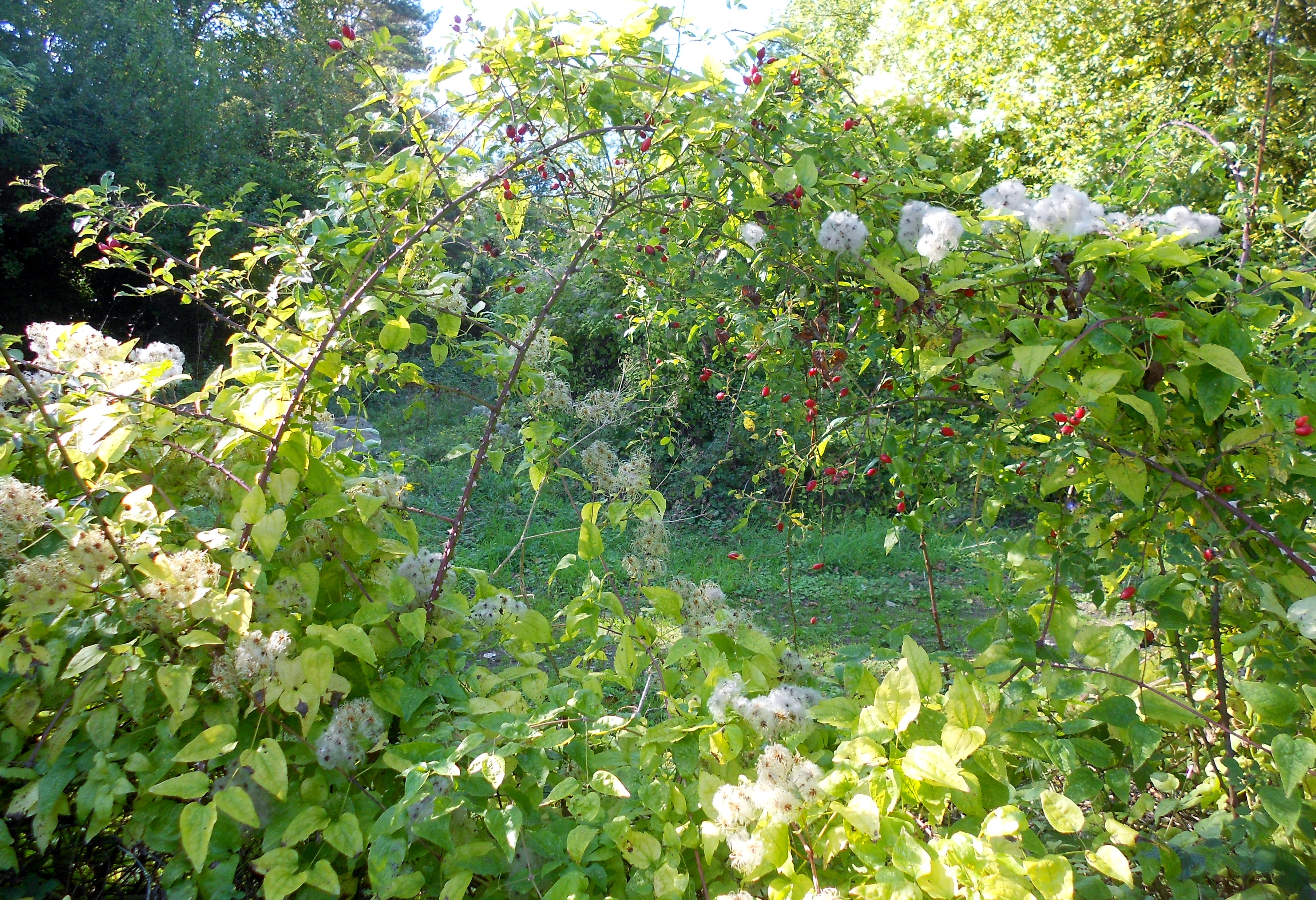
Weather Conditions: Strong wind, cloudy bright, clearing to full sun and endless blue skies; hot in sheltered spots. Temp: 17.5 C – 19.5 C
Autumn is here as is made clear by the turning leaves, the fruit laden apple trees, the juicy blackberries and purple sloes, the scarlet hips and the blood red haws. If it has to come, let it be like this – warm enough to draw out the scent of hot grasses and tangled undergrowth, warm enough to encourage a scatter of flowers to bloom, filling the air with bees and wasps, 7 spot ladybirds, a few butterflies and Robins singing lustily and let the the sunshine fall hot on our faces and remind us of the summer.
The wild cherry trees are a blaze of colour its russet red leaves challenging the soft golden bronze leaves of the field maples and wych elms, and the near purple leaves of the dogwoods through which drape necklaces of the bright red berries of black bryony through the blankets of pale golden green clematis leaves with their powder puff seeds heads which coat so many of the hedges and trees.
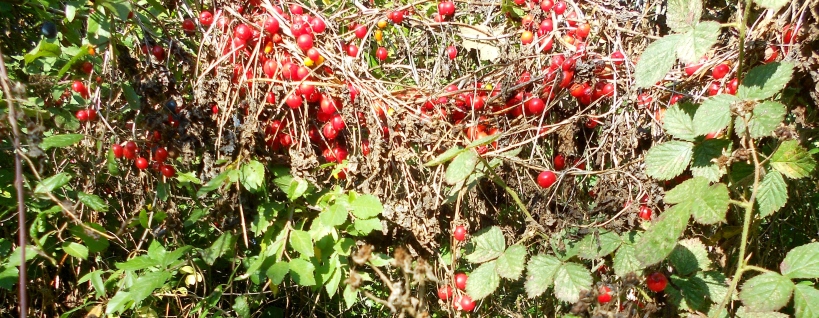
The path is very quiet, the surrounding ploughed fields empty of any signs of life, even birds, so it is good to still see a handful of Large White butterflies, a Peacock, Small Tortoiseshell and Speckled Wood among the trees and banks but what lifted our spirits was catching sight of a single bright colourful Common Blue, its wings reflecting the cloudless azure sky, visiting the sprinkling of flowers along the Warbler Walk. This broad thicket of mixed shrubs and deciduous trees fronted by an open grassy area, moss strewn and birds eye trefoil filled which is believed to be an extremely important habitat as it is acknowledged to be the best area in the whole of Somerset for warblers.
Buzzards, a solitary Raven, Pheasants, Crows, Rooks, Wood Pigeons, Robins, a calling Jay, a Blackbird, Chaffinches, Bullfinches and a party of a dozen or so Blue Tits working their way along the bushes and trees and both Herring Gulls and Lesser Black Backed Gulls “going home” were the birds we caught sight of today amongst many others unidentified flying at speed or chattering noisily whilst deeply hidden in amongst the hedges and tree tops as we pass.
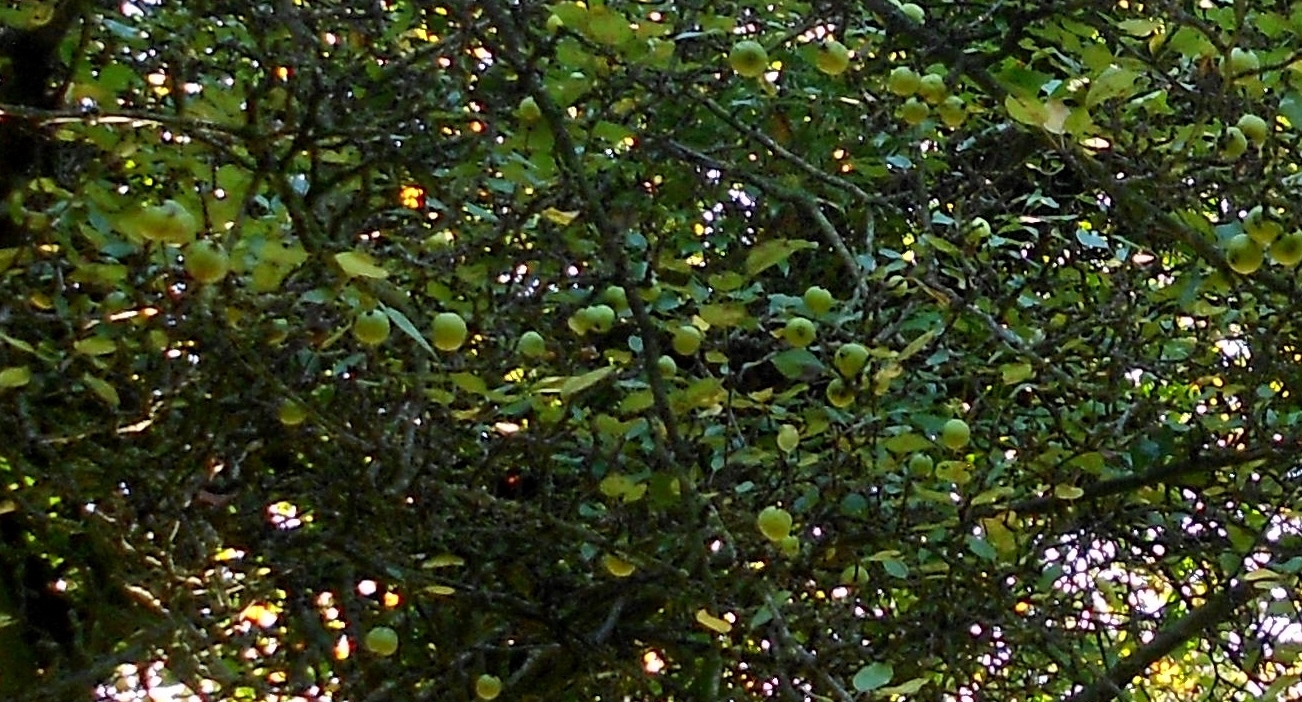
The crab apple tree is still laden with fruit, despite the carpet of windfalls on the ground beneath. Although this gives every appearance of being a wild crab, with its small, green apples, lichen encrusted branches and gnarled and twisted limbs, these trees are notorious for being cross pollinated and could equally be the result of an apple core being thrown from a carriage of a passing train sixty odd years ago.
A few pairs and single cyclists, a couple of walkers with dogs.
23rd September 2018
– Autumn Equinox –
16th September 2018 / 12.40pm – 2.45pm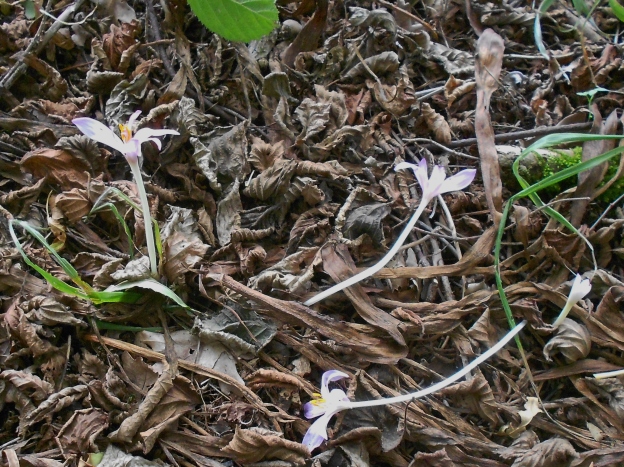
Weather Conditions: Sunny with some cloud, strong south-south westerly breeze, hot in the shelter of the trees / Temp: 20.5 C
The day felt unseasonably warm and the promised rain held off but the wind was so strong and blustery, we chose the woodland walk. The find of the day was discovering six separate plants of Meadow Saffron (locally named naked boys, pop ups and go to sleep at noon!) in two different locations which we had never noticed before.
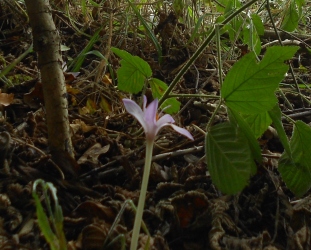
It’s delightful to catch sight of these exquisite flowers at a time of the year when most plants are dying off, with their delicate white stems so fragile they have difficulty supporting the beautiful crocus-like flower head which glow in the shade of the trees. Extraordinary to look at this lovely flower and remember that every part of it is highly poisonous.
The fungus season is upon us, and sure enough we came across a scattering of Shaggy Inkcap fungus alongside the path.
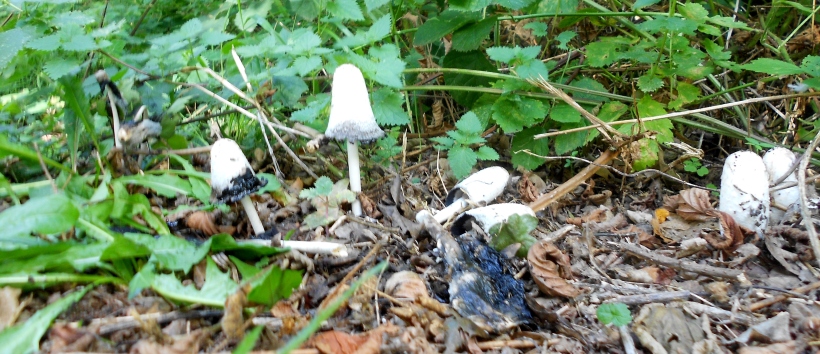
It always amazes me how site specific so many plants and fungi are, in this case a fair number in this place but none at all on the entire stretch of woodland. Again, there was one solitary Beefsteak fungus growing inside a hole in a tree, and a spread of Poplar Fieldcap in the grass near the apple trees but nowhere else.
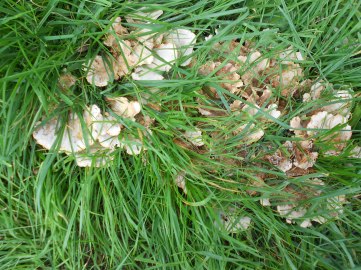
There are of course many exceptions, for example bracket fungus, mostly Turkey-tail, is growing on lot of trees in the wood.
A quiet time of the year, a few butterflies in evidence, mostly Speckled Woods and the ubiquitous Large White but also a few Meadow Browns, a few fat bumblebees and crane flies. The stream bed is desert dry, just bleached stones, rushing water a distant memory and when we see the fresh diggings around lots of the badger setts, we do wonder how they are managing in their search for water. Being up on the top of the hill must be a bit of a problem and they must have to go much farther to quench their thirst.
The birds for the most part are silent, Bullfinches, Blue Tits, a Jay and a Buzzard make their presence known and the welcome sound of Rooks and Jackdaws, nowhere near the winter murmurations, but still, a promise of that most delightful and evocative sound of winter not so far off.
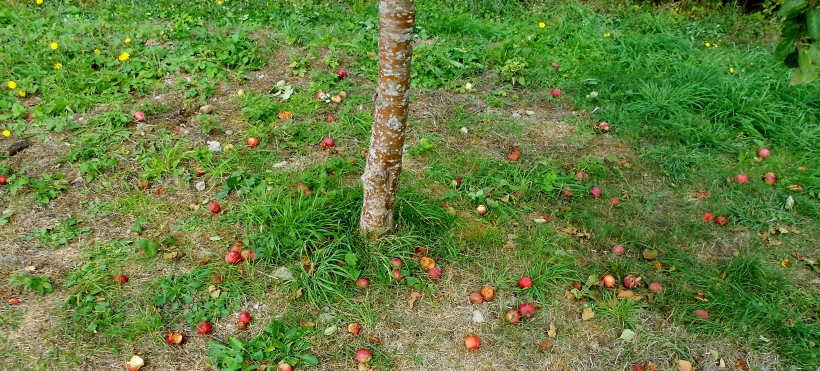
The blackthorns laden with purple sloes and the heavily fruited brambles and windfalls remind us that although we have enough sloes for our Christmas sloe gin and have made several apple and blackberry pies, it might be a good idea to pick a few more blackberries to use up the windfalls so that we might feast on a few pies over the Christmas holiday. 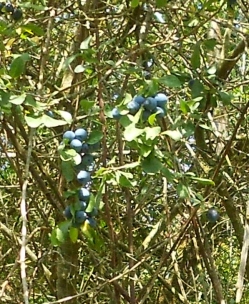
The ending of summer is also the beginning of the harvest season, with fresh fruits of the hedgerows, the first milky nuts and delicious wild fungi to pick and enjoy. We forage over the widest possible spread of countryside so we take little and leave the major part of the autumn food for the wildlife, remembering that it won’t be long before the Redwings and Field Fares arrive and even foxes like blackberries!
The cycle path was busier with cyclists than we had seen for some time, lots of lycra clad, head down, seriously racing men in training, but also family groups, often accompanied by dogs, the children in high spirits shrieking as they hurtled downhill, groaning as the laboured back up. Everyone seemed to be in a good mood, enjoying the sunshine, glad of a traffic free space to cycle in. We wondered though what had become of bicycle bells – of the 30 odd cyclists who passed us, not once were we alerted to their approach . This is difficult when we are standing in the path looking through binoculars or peering at fungus, we would have welcomed a ringing bell to change our focus. Several runners, one or two other walkers.
9th September 2018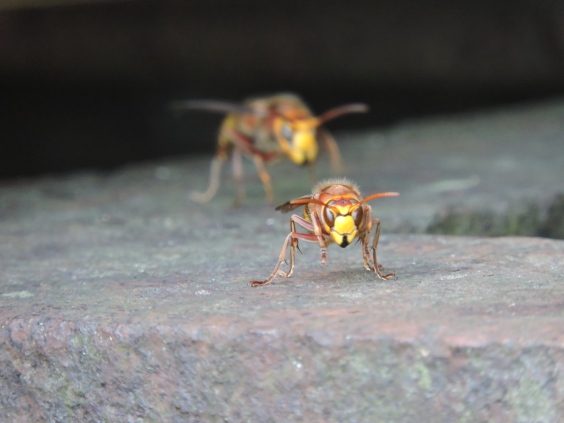 Hornets – John Hansford
Hornets – John Hansford
Wonderful photographs from John – the Hornets advancing from their nest is particularly striking. He found the Hornet’s nest in the disused railway carriage which he says was an exhilarating spectacle (not quite the phrase I would have used when confronted with a nest of Hornets!) As the queen and drones emerge in September/October they have become very noticeable just recently but we have never seen a nest and this is the first time we have heard news of one along Colliers Way.
John reports seeing FIVE Red Kites (surely multiplying in this area) of which two showed very well, quartering the field in front of where he and his family were standing.
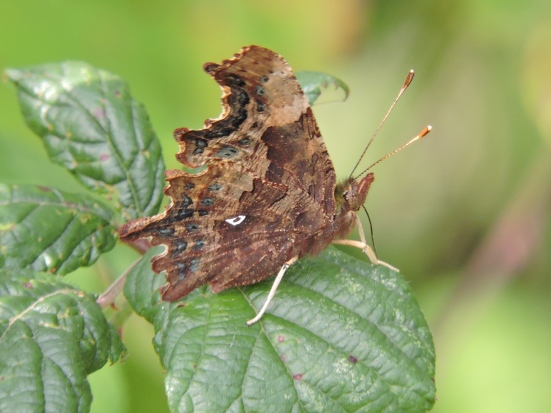 Comma Butterfly with Closed Wings – John Hansford
Comma Butterfly with Closed Wings – John Hansford
His Butterfly sightings included a Small Tortoiseshell, 2 Common Blues and a Comma. The superb shot of the Comma showed perfectly its “dead leaf” camouflage.
7th September 2018 / 3pm – 5.10pm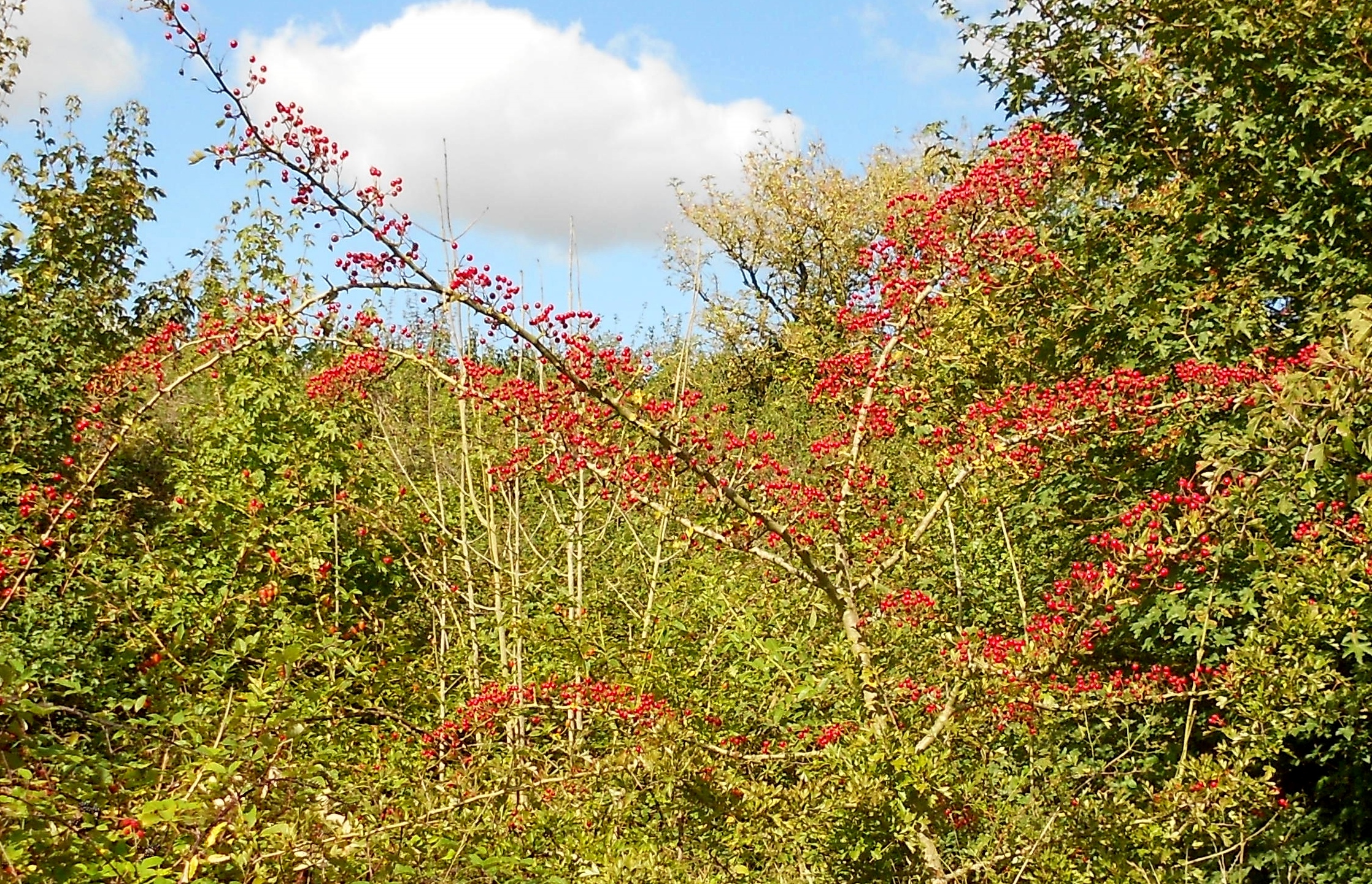
Weather Conditions: Sunny, blue skies, strong fresh breeze / Temperature 18 C
The wind was surprisingly strong and blustery, susurrating through the branches of the oak, ash and sycamore trees, still heavy with summer leaf, but it was good to feel the fresher air after the heat of the summer. The Hawthorns, thick with beautifully bright scarlet berries, and the glowing Rosehips catch the eye, which together with the blackberries which are looking fat and juicy and inviting, should provide a good feast to await this year’s winter visitors.
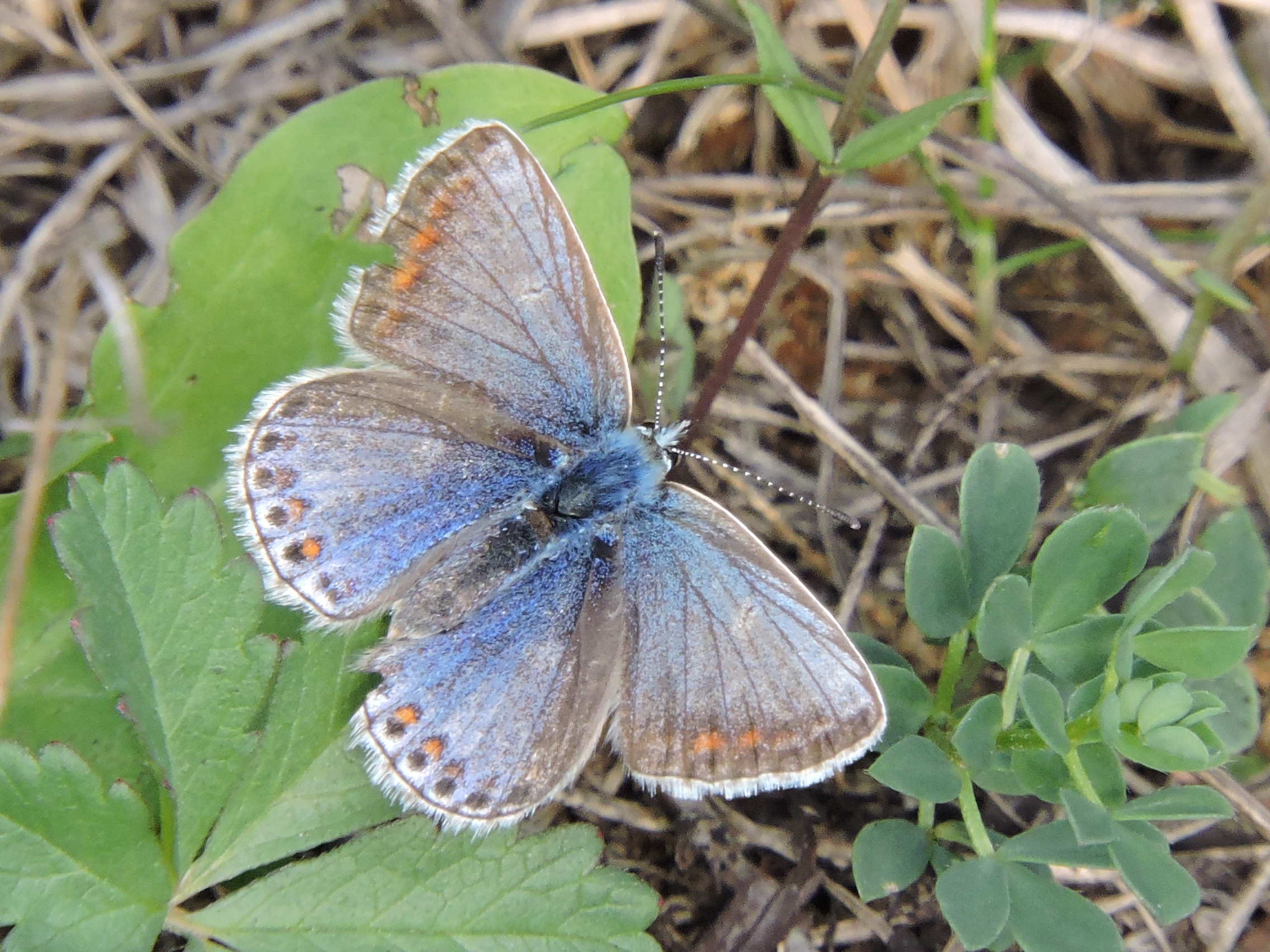 Good to see so many of the summer flowers still in bloom, sparse but reminding us that summer isn’t quite over – clumps of brilliant yellow birds foot trefoil to interest the male and female Common Blue butterfly, pale toadflax, meadow cranesbill, vervain, common st john’s wort and buddleia, to feed the numerous Large Whites,
Good to see so many of the summer flowers still in bloom, sparse but reminding us that summer isn’t quite over – clumps of brilliant yellow birds foot trefoil to interest the male and female Common Blue butterfly, pale toadflax, meadow cranesbill, vervain, common st john’s wort and buddleia, to feed the numerous Large Whites,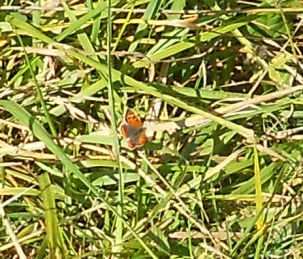 several Small Coppers and single Painted Lady. Speckled Wood butterflies seem everywhere among the trees.
several Small Coppers and single Painted Lady. Speckled Wood butterflies seem everywhere among the trees.
It was very quiet along the path, a party of Great Tits, Blue Tits and Longtailed Tits flitting silently through the trees and the only birdsong a single Chiff Chaff and a Robin, the loud chatter of flocks of Jackdaws and Rooks feeding on the newly turned ground, the mewing of a circling buzzard and the deep croak of a Raven.
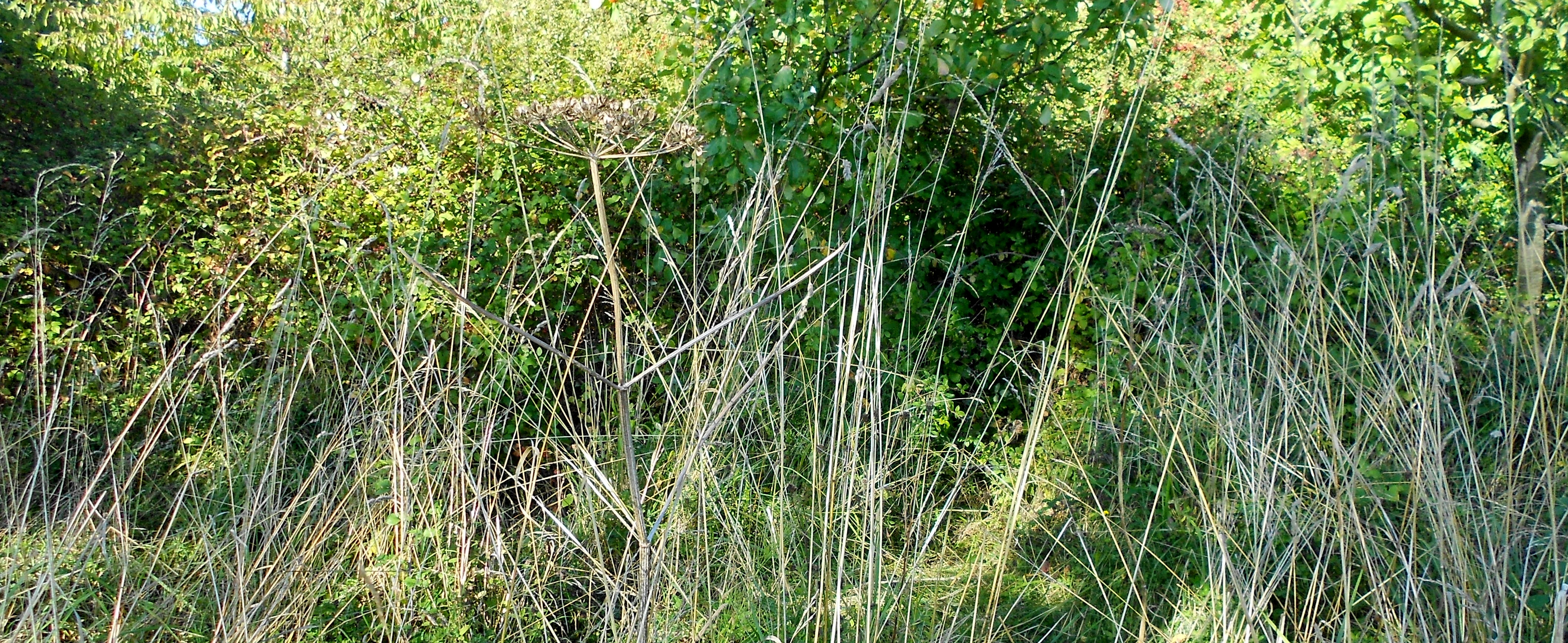
The warmth of the sun in sheltered spots felt like summer, the wind had a definite autumn chill and the vegetation, birds and butterflies seemed a hint, and echo or perhaps a reminder of both seasons together. Whatever the season, our pleasure and enjoyment was the same, delight and contentment at the peace and beauty of our surroundings and deep gratitude of the hard work that so many people give to make it possible.
7th August 2018 / 2.10pm – 4.30pm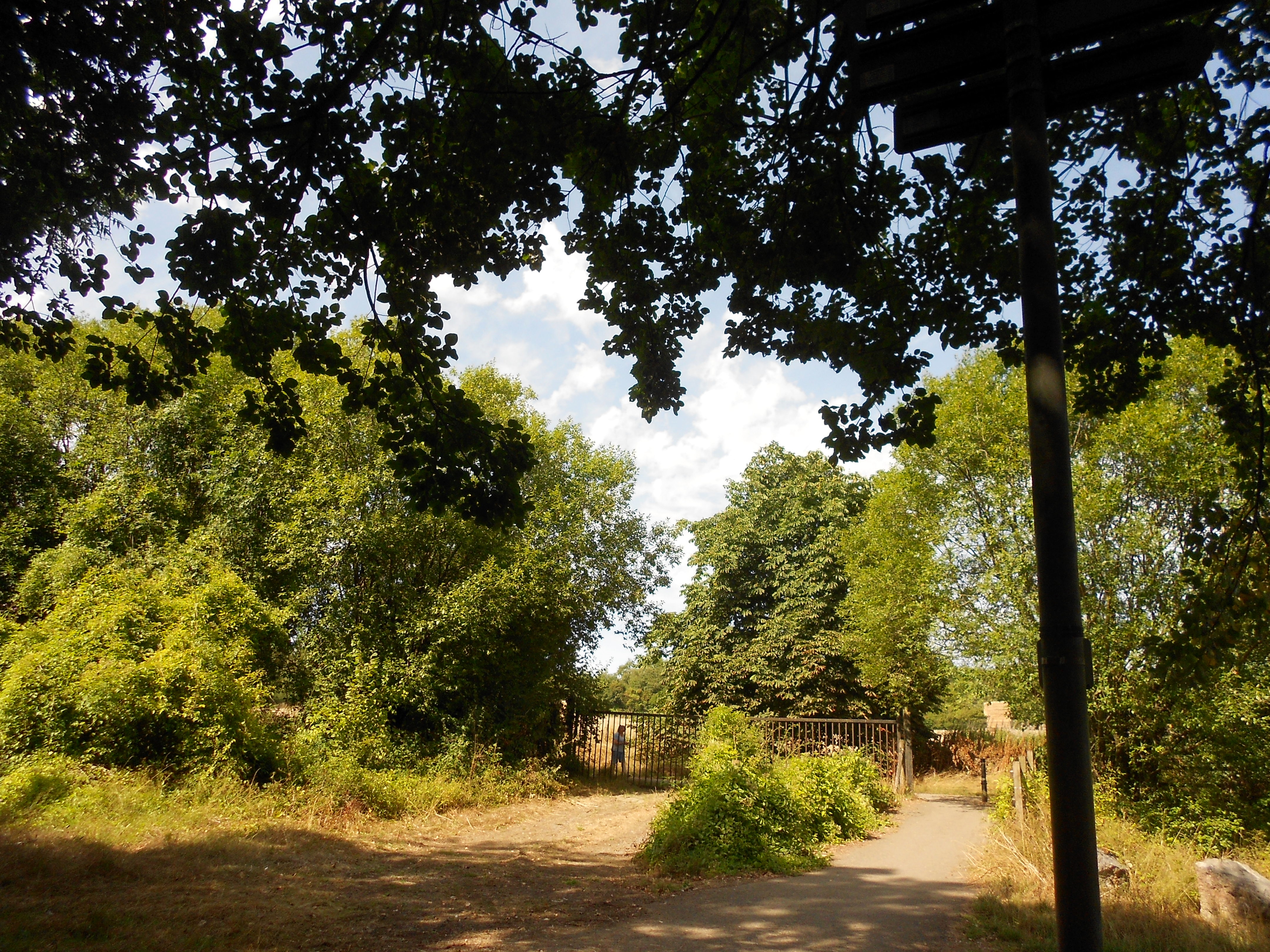
Weather Conditions: Hot sun, fresh southerly breeze / Temperature: 24.5 C
Very busy with cyclists, walkers and families as it is the school holidays with the children enviably energetic, lively and cheerful despite the burning sun. The same could not be said of the birds which were noticeably silent and mostly absent. Apart from several Buzzards and a Raven circling hopefully, squawking pheasants, busy Blackbirds and the ubiquitous Wood Pigeons, the rest were keeping in the shade.
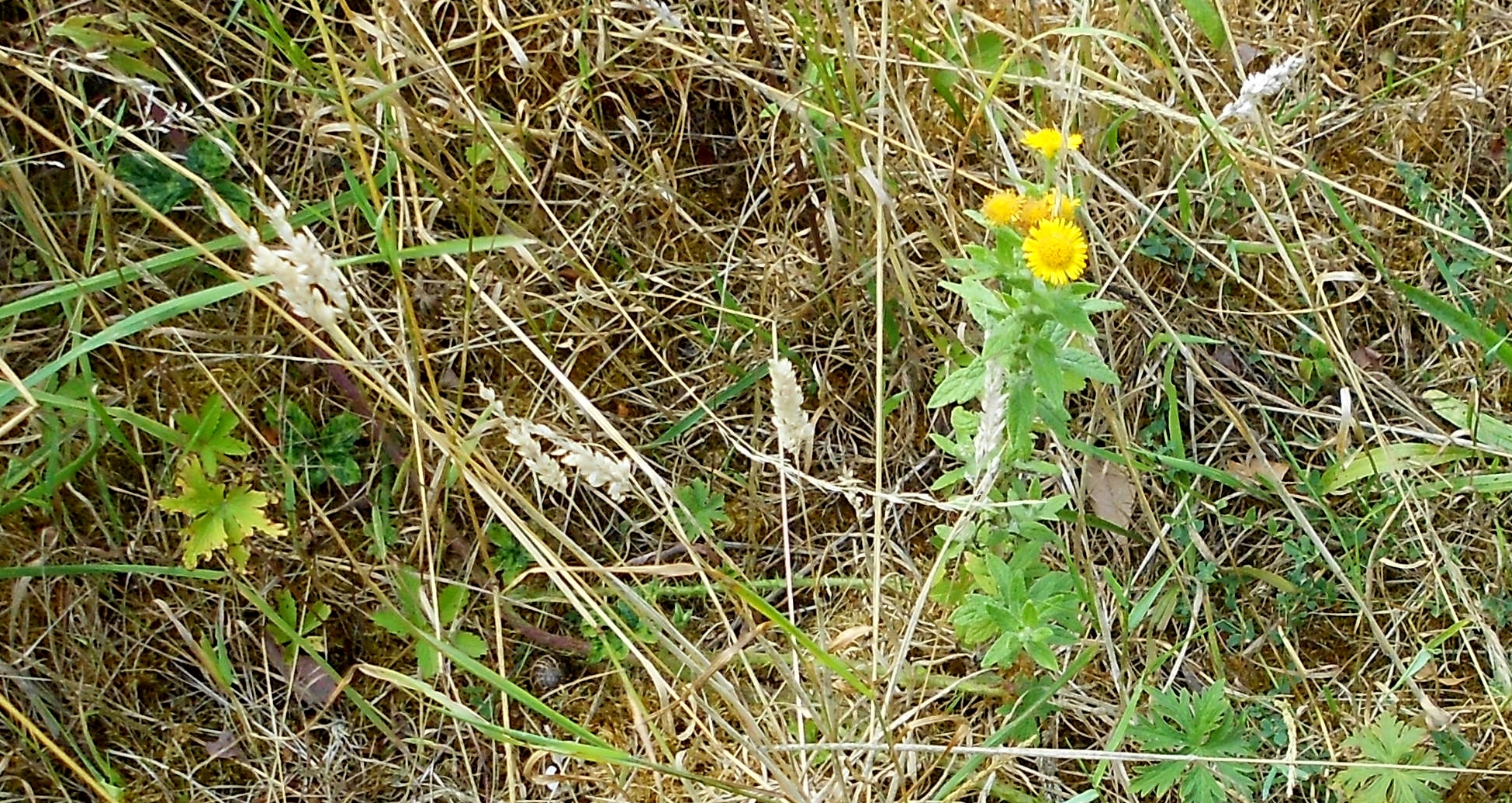
Fortunately the butterflies were out, if not in force, at least numerous enough to liven up the afternoon. The Large Whites at 21 took the top prize, followed closely surprisingly enough by the Small Blues which we have barely seen this year at 15 – their numbers and new locations may have been due to the spread of lots of flowering Common Birds Foot Trefoil along the edges of the path. None of the other species reached double figures, only 5 Meadow Browns, 6 Speckled Woods, 3 Green Veined Whites, Silver Washed Fritillaries and Red Admirals, 3 Common Blues, 2 Gatekeepers, a single Small Heath, and a single female Brimstone flying up among the branches of the trees and down amongst the flowers and hot grasses under which the grasshoppers and crickets are munching away at any green fodder they can find.
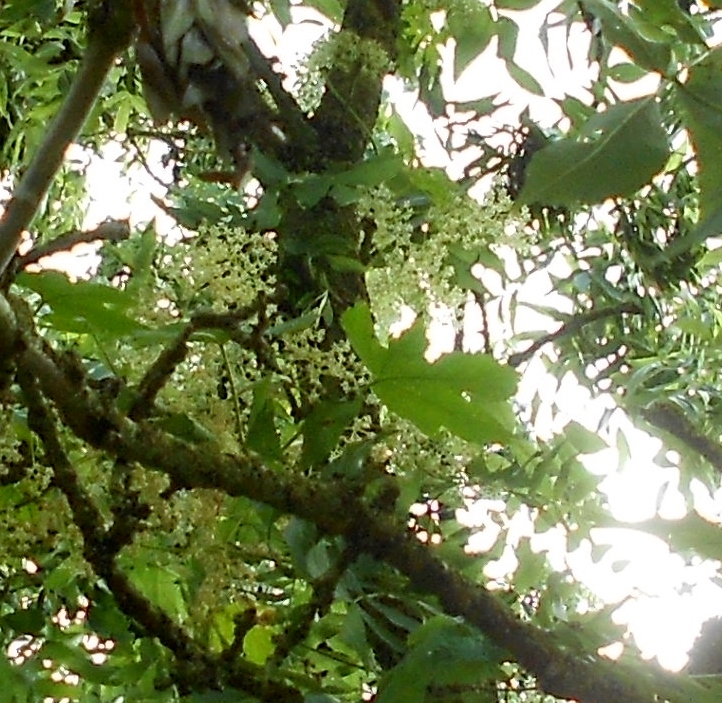
It was good to see so many flowers in bloom despite the heat – masses of purple Buddleia, common valerian, great willow-herb, scabious, knapweed, many fat thistle flowers, each with at least one feeding bee and great swathes of the small cream flowers of the wild clematis clothing the shrubs and trees.
The delicate fronds of the slightly more unusual male flowers of the hops were just visible, scrambling and climbing up through the leaves of the Wych Elm
and even a blue globe thistle which must have escaped from a garden makes a welcome offering to a passing bee.
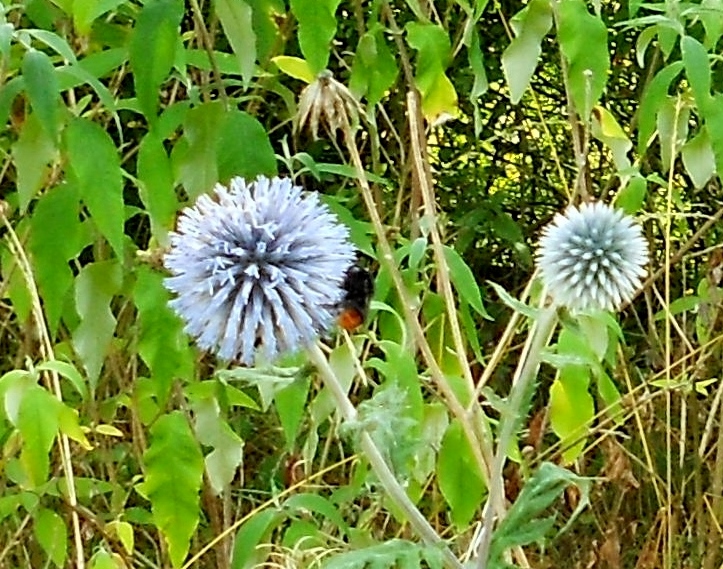
However, autumn it knocking on the door even in early August, the elder berries glistening deep blood-red, the sloes already purple, the apples fat and rosy and the hawthorns displaying every shade from green through pale gold to orange and finally deep scarlet, not dissimilar to our complexions by the end of the afternoon!
John Hansford managed to capture this superb shot of a beautiful, healthy, glossy-haired stoat in full flight – wonderfully full of speed and movement.
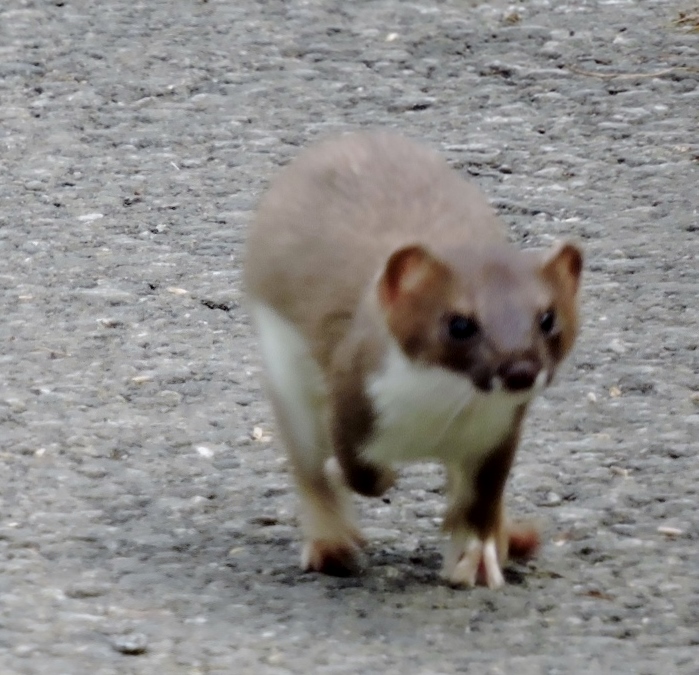
27th July 2018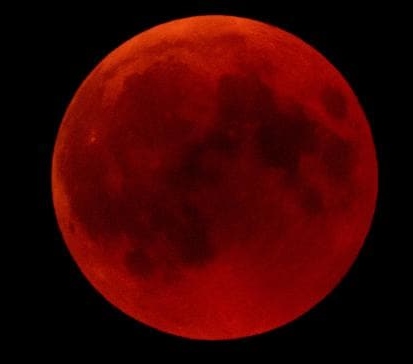 Blood Moon
Blood Moon
25th July 2018 / 10.20am – 11.45am
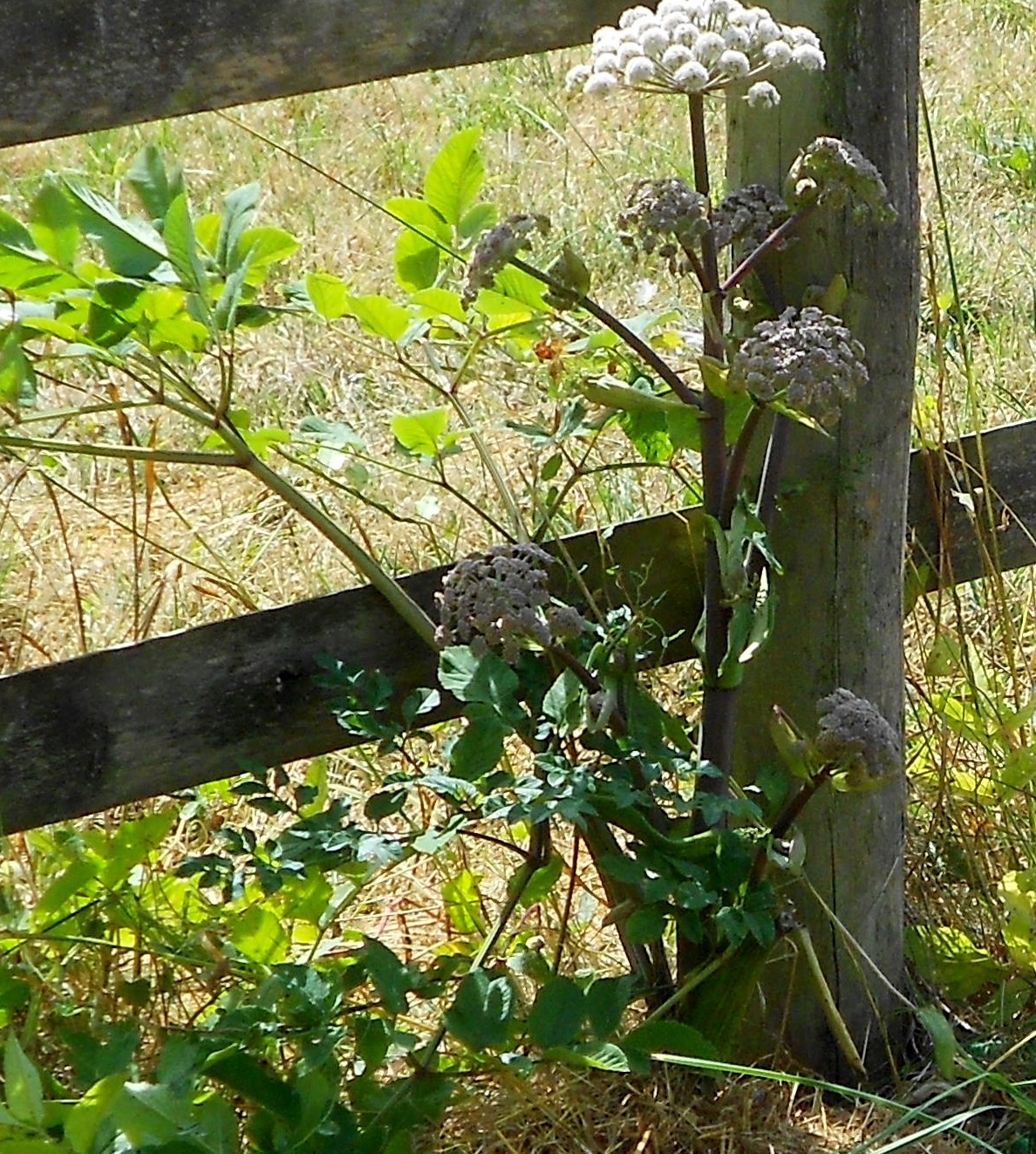 Wild Angelica
Wild Angelica
Weather Conditions: Thin, wispy, milky cloud cover, pleasant breeze, cleared to full sun / Temperature: 21.5 C – 22 C
Very quiet and still under the trees, very little birdsong beyond the mew of the Buzzards, the croak of the Raven and the repeated sharp metallic note of the nuthatches’ alarm calls and surprisingly few butterflies at the beginning of our walk despite Buddleia, common valerian, great willow-herb and most of the thistles being in full flower.
We spotted a Shaded Broad-bar moth in the shrubs beyond the grass filled bridge, a good site for moths, and a Southern Hawker dragonfly on the path above the large pool beloved of the Nightingales but very little of note.
As we walked back the sun came out and the day warmed up and suddenly there were butterflies everywhere, 8 Large Whites, 16 Meadow Browns, 3 Green Veined Whites, 1 Peacock, 1 Brimstone, 11 Silver Washed Fritillaries, 1 Comma and 10 Gatekeepers. It is always good to see the Fritillaries, they are so delightful both in their patterns, shape and colouring and also their fast flight – a wonderfully pleasing sign of high summer.

As we neared the end of our walk we came across the scattered feathers of a recent wood-pigeon kill which wasn’t there when we passed an hour or so ago. We recalled that Andrew had told us that there was a Sparrowhawk nest close by so hopefully a hungry chick had a good feed!
20th July 2018 / 2.30pm – 3.45pm
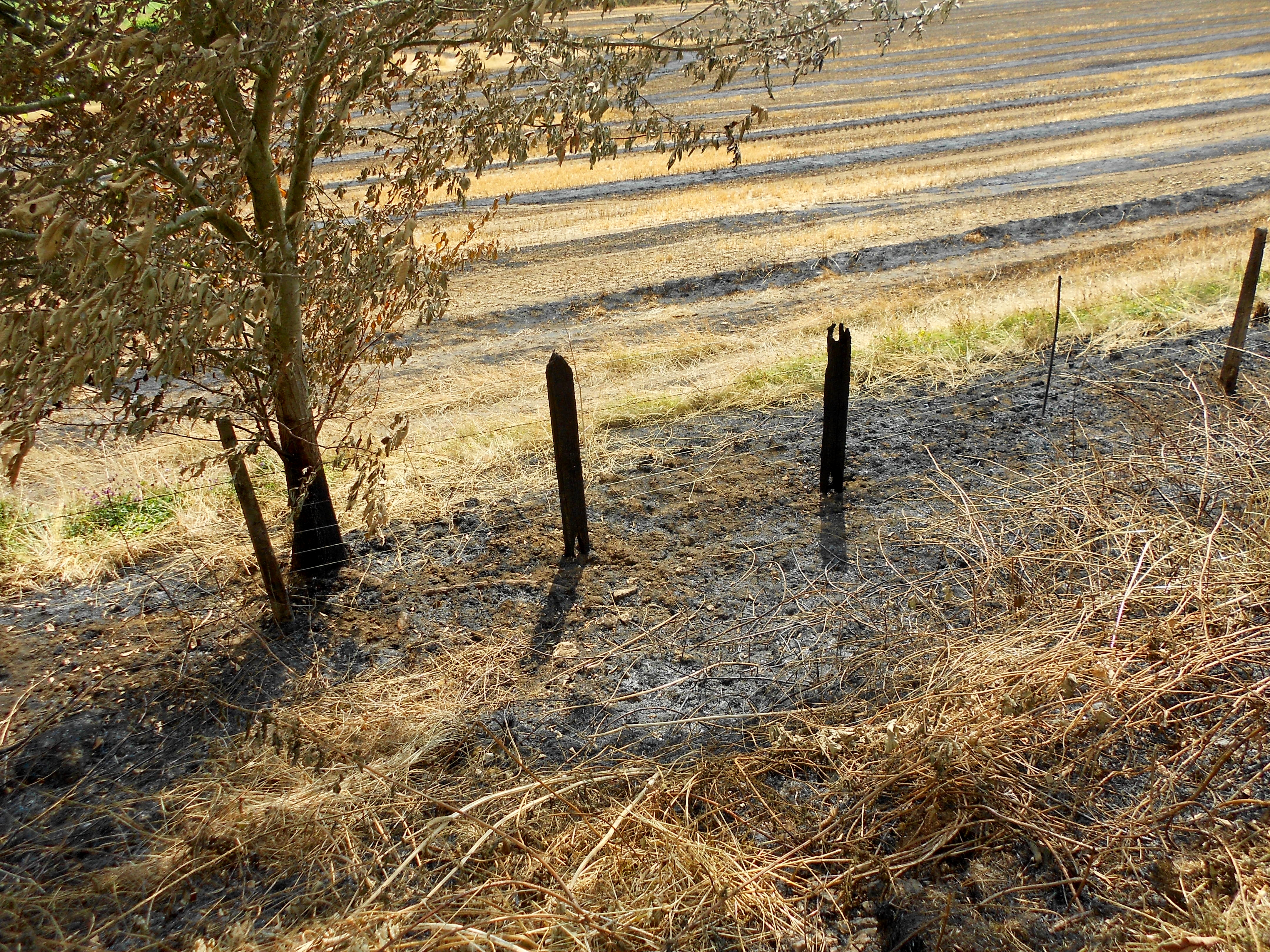
Weather Conditions: Cloudy, sunny periods, hot dry wind / Temperature: 26.5 C
We were alerted by John Hansford to an arson attack on two of the farmer’s fields over the weekend – the most damage to the 14 acre wheat field adjoining the path, most of which was destroyed. When we eventually managed to get to the cycle path to examine the damage, even though it was now nearly a week later, a heavy smell of burnt wood smoke still hung in the air around what appeared to have been the seat of the fire. The remains of the charred and burnt posts at the foot of the steep bank and three good-sized Wych Elms, a couple of Hawthorns, and the cinders and ash were all that remained of the hedge and undergrowth and were evidence enough of the severity of the fire.
John had a long conversation with the farmer who owned the fields who said that when the five fire engines had arrived, the firemen fought the blaze and managed to prevent the fire spreading into the other fields. John thought that there was no doubt that young Yellow-hammers and Whitethroats will have perished as well as many insects.
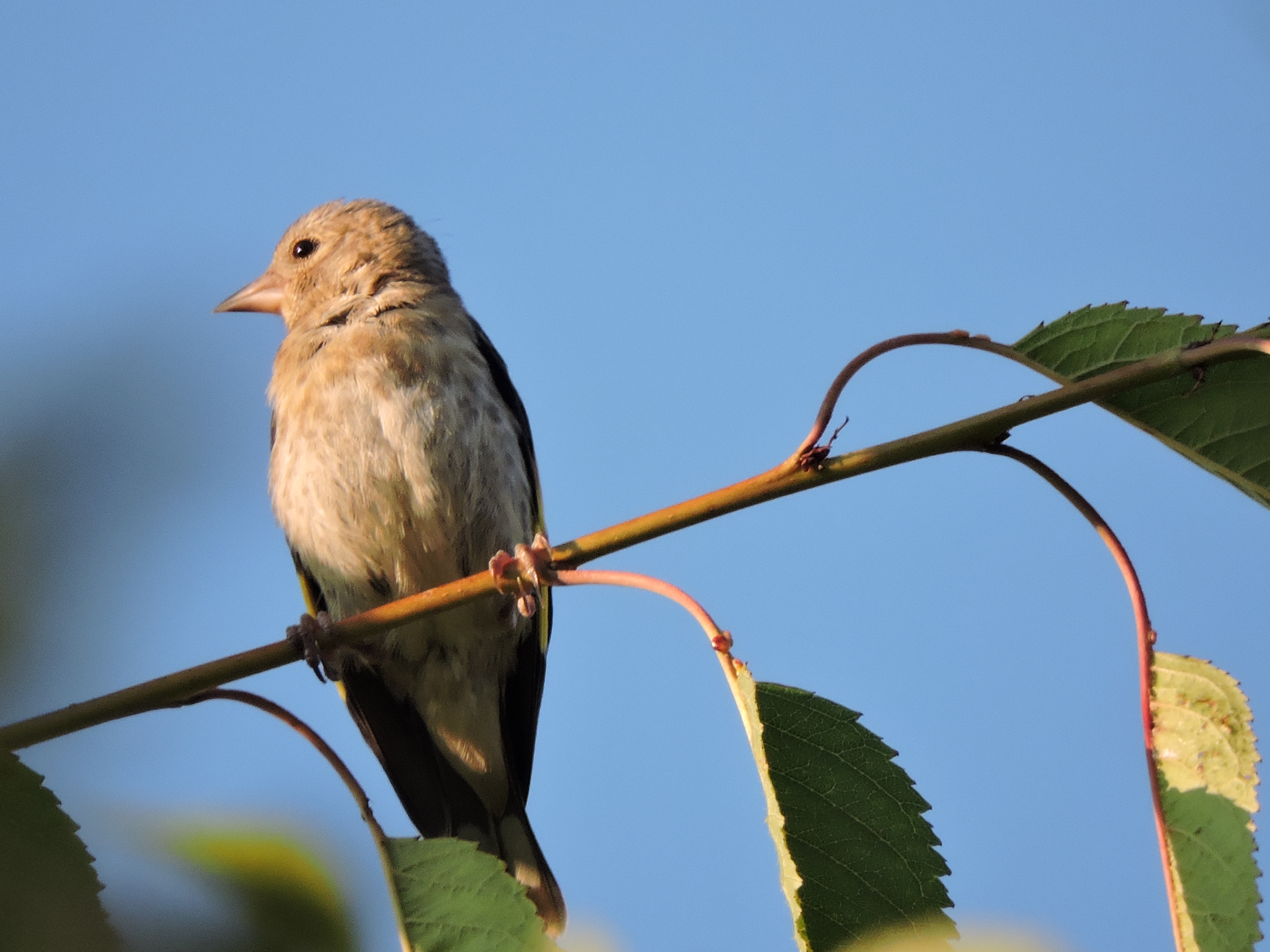 Young Goldfinch – John Hansford
Young Goldfinch – John Hansford
Wych Elms are our only native elm trees and many birds eat their seeds; lots of birds also feed on the Hawthorn berries, particularly the Field Fares and Redwings who arrive in numbers in late autumn, early winter every year. This wanton destruction of wildlife and valuable crops is mindless vandalism at its most deplorable which without the help of the fire brigade, could have been so much worse. John said he never thought such a thing could happen so close to home.
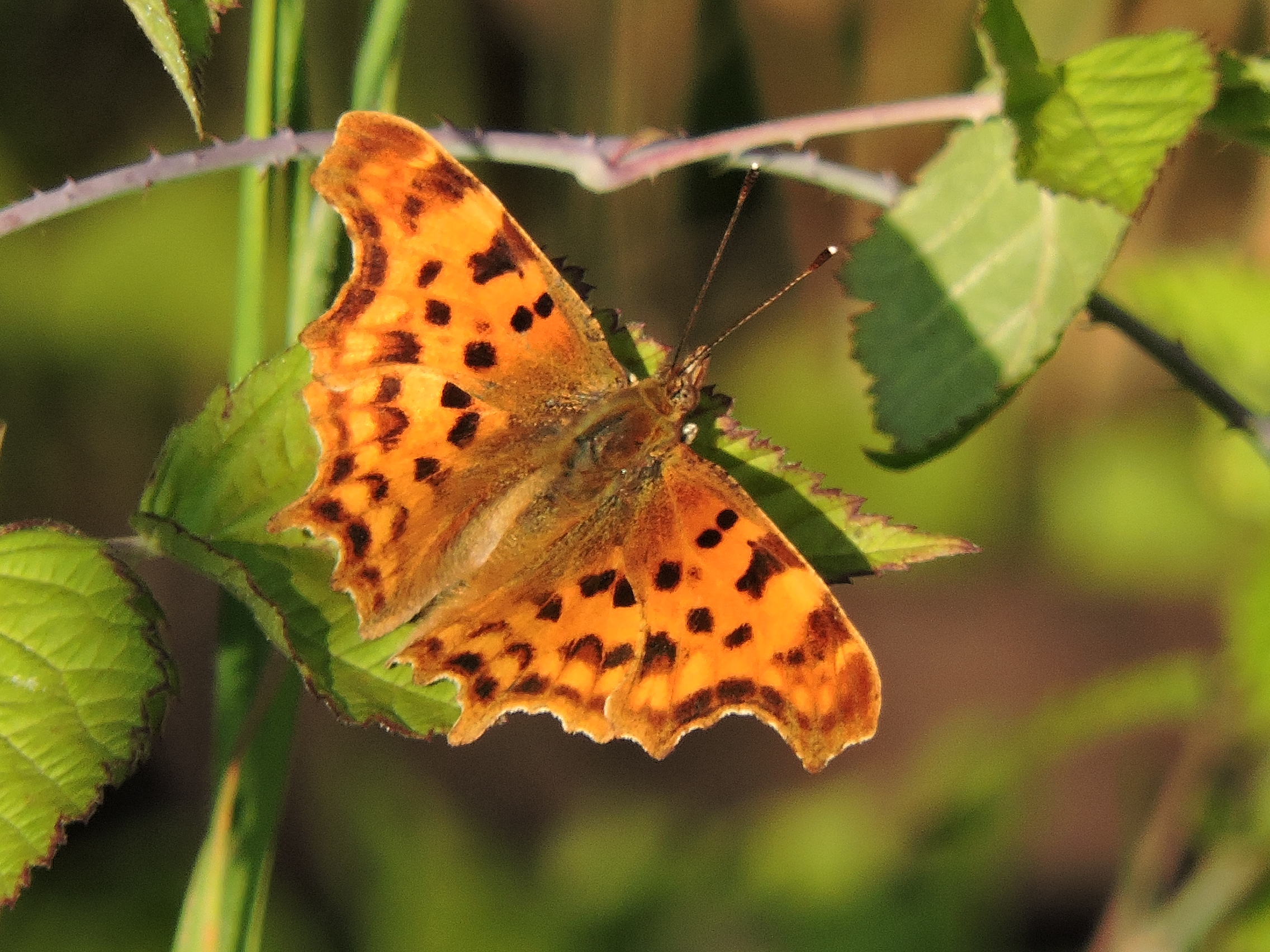 Silver Washed Fritillary – John Hansford
Silver Washed Fritillary – John Hansford
On a more positive note, it is the first day of the Butterfly Count and during the course of our walk we counted 1 Brimstone, 3 Speckled Wood, 3 Ringlet, 5 Gatekeeper, 6 Meadow Brown, 9 Silver Washed Fritillary, 9 Green Veined White and 18 Large White butterflies!
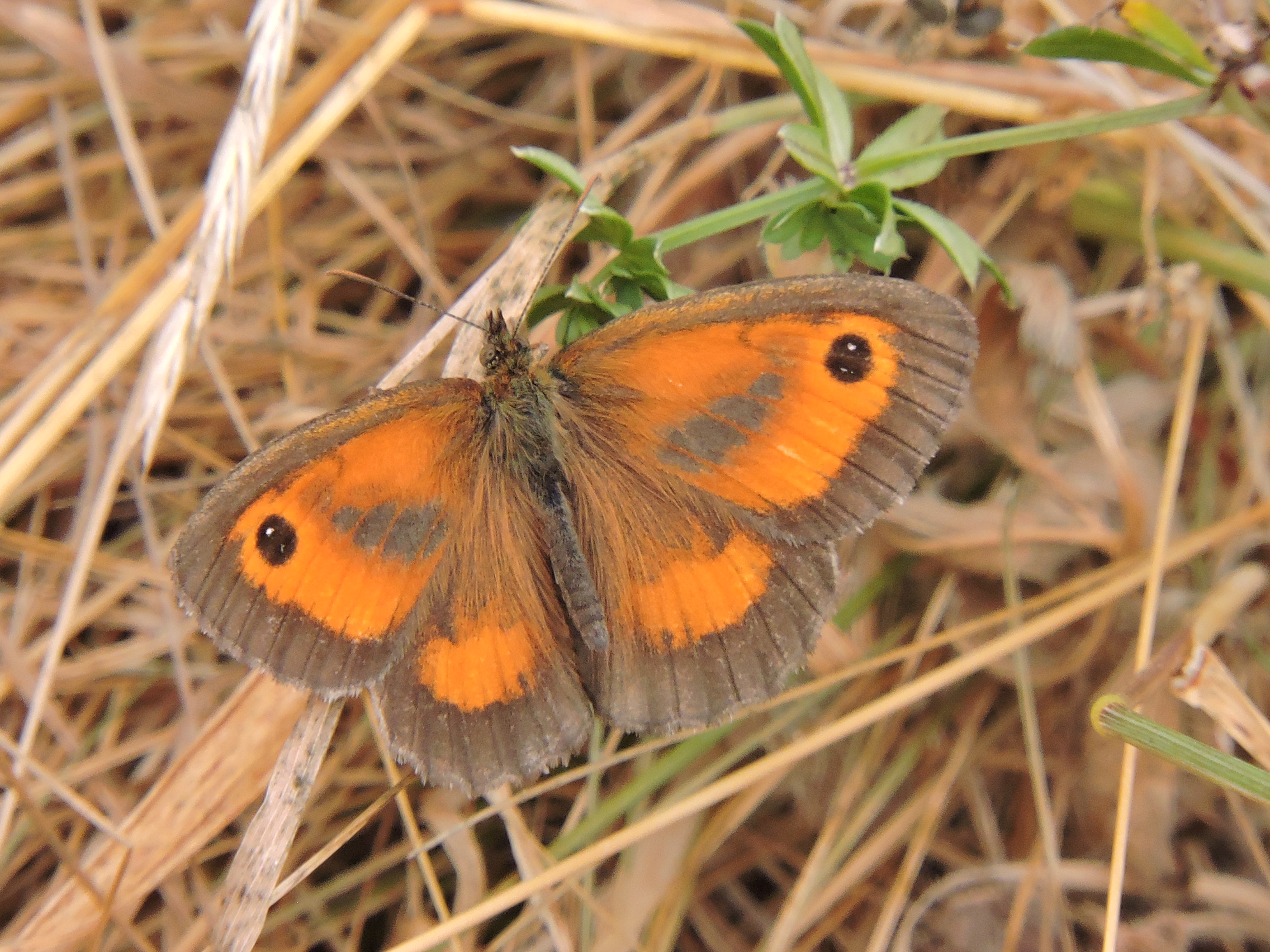 Gatekeeper – John Hansford
Gatekeeper – John Hansford
The Rose Bay willow-herb flowers all along the top of the embankment and the Spear and Woolly thistle heads were thick with swarms of Red and Buff Tailed Bumblebees sharing the pollen with dozens of Honey bees. The hazel nuts are already fattening alongside the blackberries, some of which were ripe, black and rather sour and the seed head of the Lords and Ladies were already turning orange. At the height of one season nature sends a message from the season yet to arrive.
As we left the cycle path and began driving towards home, we noticed the charred remains of two other small fires – one where a wooden gate and posts had been burnt, another close to a hedge. A sickening outbreak of arson in the area, which may have been why we saw a young roe deer crossing the road in front of the car and disappear into the hedge of a field well away from the burnt fields.
10th July 2018 / 2.10pm – 4.30pm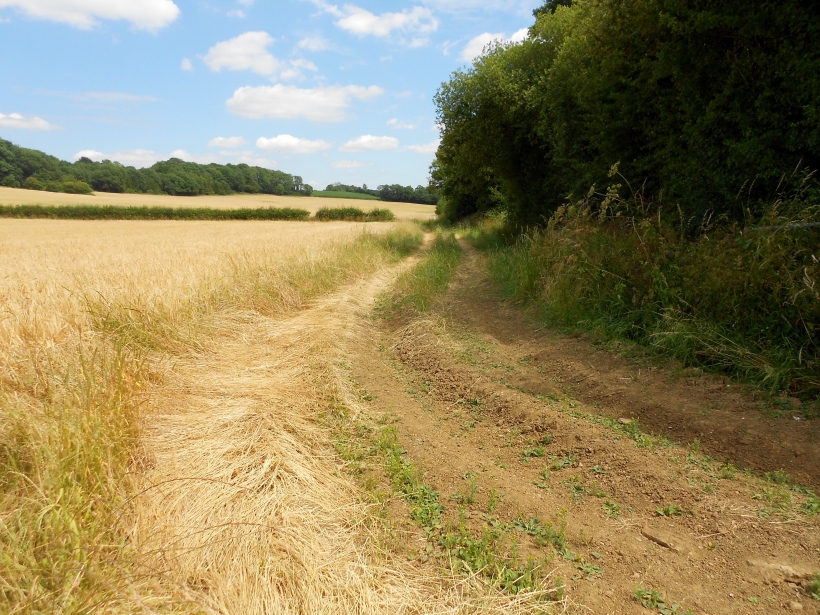
Weather Conditions: Mixed sun and cloud, light breeze / Temperature: 24.5 C / 75 F
Yet another hot day but cooler than the past fortnight during which the daytime temperature has rarely dropped below 28 C already climbing towards record temperatures for June/July.
The verges are filled with dried, straw coloured grasses, the golden rod plants are drooping and the trees are already displaying brown dying leaves which illustrate more than anything the arid conditions of the past weeks. Although the clumps of the delicate Vervain look healthy enough, the moss beds which only a matter of weeks ago it seemed were completely sodden and inches deep in rain water as we squelched through were now brown and bone dry and sounded more like dead autumn leaves as we crunched along. The thick mass of Bird’s Foot Trefoil which carpets this area and feed the swarms of Small and Common Blue butterflies, so many it’s impossible to count, is a distant memory for which the few Large White butterflies cannot possibly compensate.
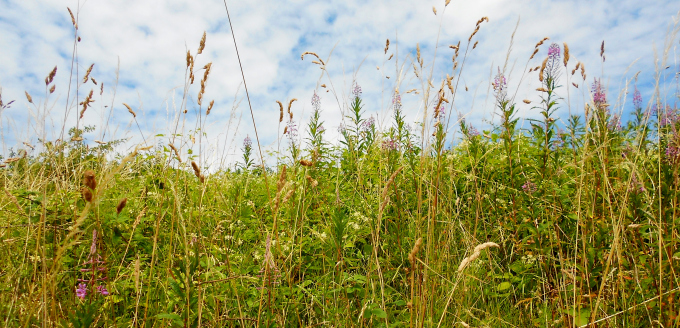
Even though the bramble flowers which always seem to attract the most bees and butterflies are almost over, thankfully the thistle season has arrived with Spear, Woolly and Creeping thistles opening their petals and revealing their pollen. Buddleia, Scabious, Knapweed, as well as Meadow Pea and Birds Foot Trefoil also throw out enticements and all were successful in drawing countless other species of butterflies and bees. All along the path there were very good numbers of Ringlets, Marbled Whites, Gatekeepers, Peacocks, a single Brimstone, Small Coppers, Commas, Meadow Browns, Small Heaths, overwhelming numbers of Green Veined and Large Whites and even a handful of Silver Washed Fritillaries – our first sightings this year.
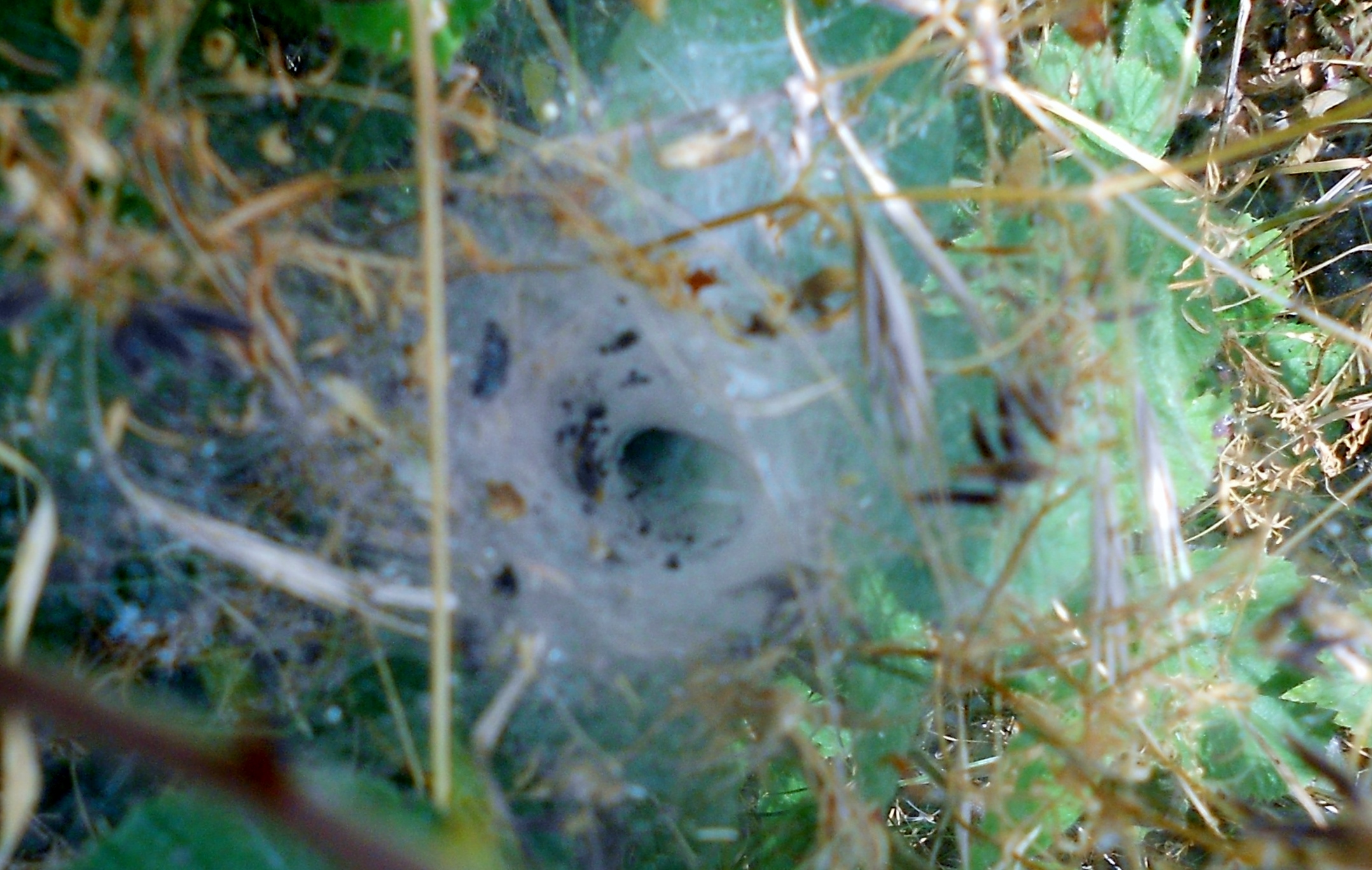
One other noticeable phenomenon was the sheer number of funnel webs spun by Labyrinth spiders. It seemed every clump of bleached grass, every stretch of hedgerow had its elaborate concoction, filled with dead flies, moths, butterflies to feed the baby spiders when they hatched.
The number of birds seemed at first to be few but as the afternoon moved on more and more began to appear. We had heard a Yellow Hammer, Bullfinches and Chaffinches competing with the sound of farm vehicles in a distant field busy harvesting and then saw first Coal Tits and Blue Tits darting amongst the branches followed by Whitethroats, a Willow Warbler, Blackbirds, Chiff Chaffs, a Buzzard circling overhead, a pair of Swallows and of course lots and lots of Wood Pigeons. These are anxious times for local farmers who fear that their wheat harvest might be down by as much as 30-40% due to this long dry spell and some livestock farmers are already having to feed their cattle on winter silage, the grass having already been eaten and no more growing in the exhausted pastures.
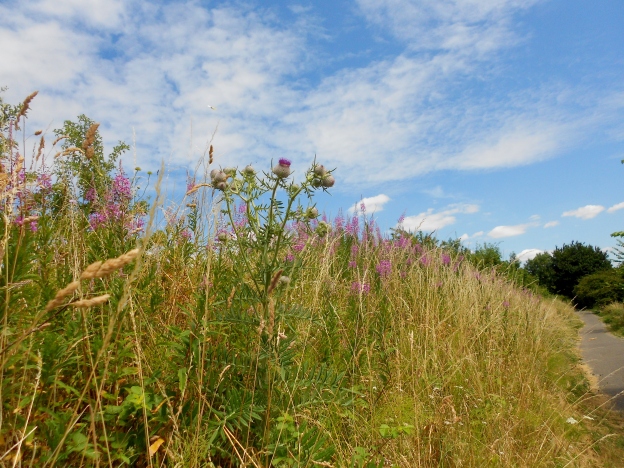
The path was very quiet, only a few cyclists and one other pair of walkers, apart from which we had the path to ourselves, which we shared only with Red Tailed and Buff Tailed Bumble bees, Honey bees, a single Hawker dragonfly and a profusion of butterflies.
QUARRY / MASONS’ MARKS
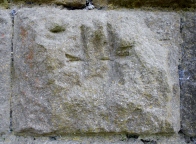
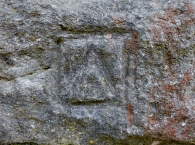
The abutments supporting the bridges along Colliers Way were dressed in stone which the masons marked, probably before the stone left the quarry. These examples are taken from Jericho Bridge.
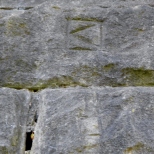
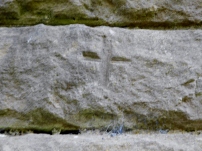
26th June 2018 / 3pm – 4.40pm
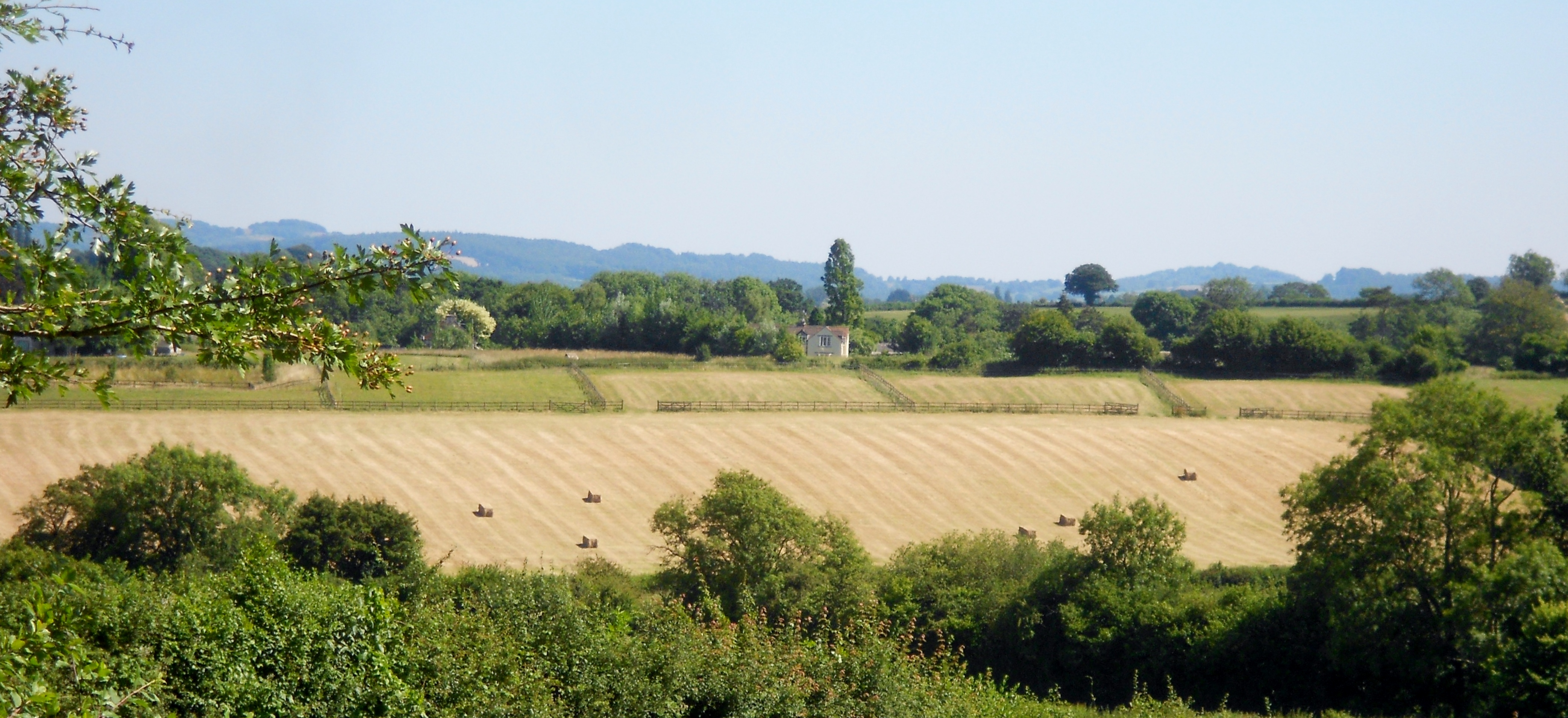
Weather Conditions: Hot, sunny and breezy / Temperature: 28 C / 82 F
Another hot day with cloudless blue skies but thankfully a wonderfully fresh breeze to make the temperature bearable.
The stream was utterly and completely dry and there were hardly any birds, Blue Tits, Blackbirds, Chiff Chaffs, Robins, Wrens and a solitary Song Thrush the only ones singing apart from the croak of a passing Raven. We wonder how they are faring with so little water around.
It’s very many years since we have had such a prolonged period of unbroken sunshine and lack of rain and it is very noticeable in the sun-baked paths, bleached crop fields and drooping plants. In cooler summers the flowers linger longer but this year they are blooming, fading and dropping in the heat in what seems a blink of an eye. We had hoped to see the seasonal mass Meadow Brown cloud over the privet hedges but the flowers were almost all over and although there were lots of Meadow Browns, nowhere near in the same numbers.
This was also true all along the Way; lots of butterflies including Speckled Wood, Large White, Green Veined White, as well as the brilliantly coloured Comma and Small Copper. It was quite lovely to sit on the puzzle bench on the edge of the Butterfly Glade and watch two Commas chasing each other high up on the tree canopy before fluttering down to feed on the last of the elder flowers. We had our first sighting of a Brimstone Moth this year and first ever sight of a delicate looking Small Emerald Moth which we disturbed as we clambered around in the undergrowth checking on the numbers of Common Spotted Orchids.
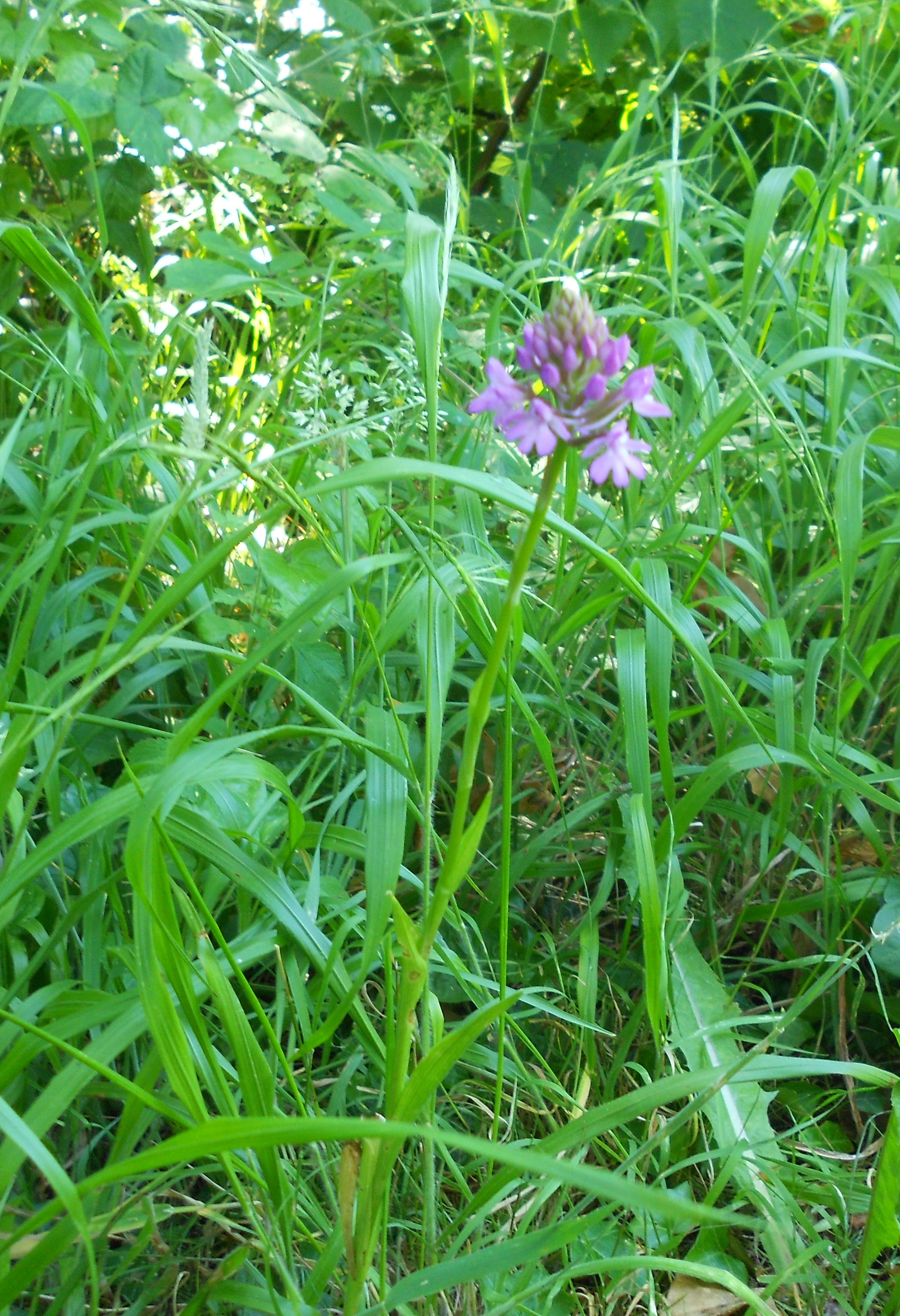
Sadly, due to the pretty savage spring cut along the verges of the cycle path, we could only find one solitary Pyramidal Orchid, a huge change from last year when the Orchids lined the path in some profusion. The management team have the pretty unenviable task of ensuring the path is safe for cyclists, including many young children, and allowing undisturbed edges for wild flowers. The sheer number and diversity of the plant and insect species along the Way, especially in contrast to the barren acres of the adjoining arable land, shows that they are succeeding very well, but of course there are difficult choices which have to be made and some species will inevitably suffer loss.
Great excitement as we walked down the path heading for home we suddenly caught sight of a Brown Hare walking nonchalantly across the adjoining pasture land towards the thickly wooded hedgerow. This is the first hare we have spotted for over a year and although it was on the opposite side of the cycle path to previous sightings, that was still only about 200 metres away as the crow flies. As it is also a completely different season, it does indicate that the hare is almost certainly resident in the area.
24th June 2018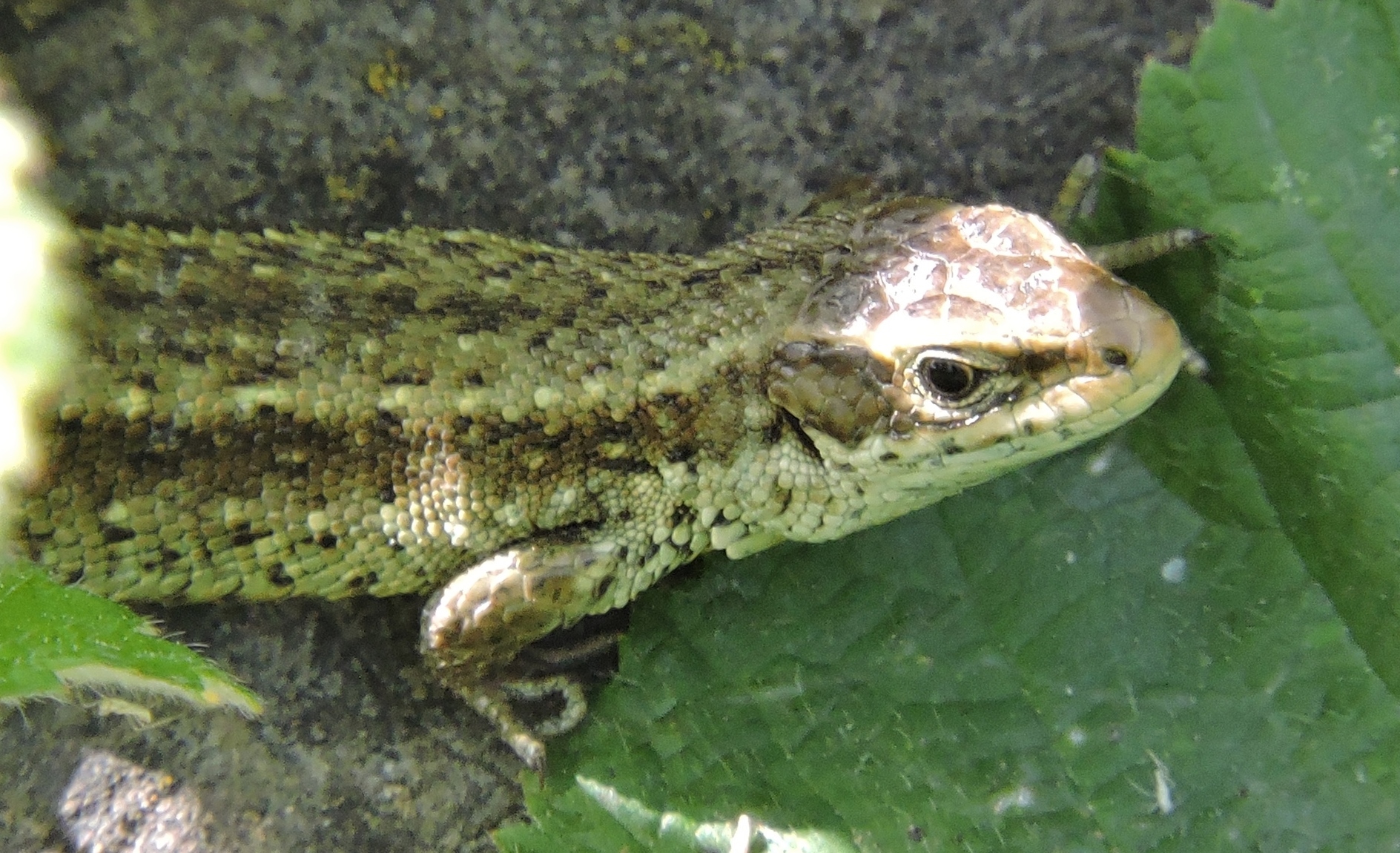
John Hansford has successfully captured a fast-moving Common Lizard on Colliers Way, brilliantly highlighting its extraordinary skin and claws. Although these lizards are the most common reptiles in the British Isles they are nevertheless protected in the UK under the Wildlife and Countryside Act, 1981, and classified as a Priority Species in the UK Biodiversity Action Plan. It’s good to see more evidence of the thriving colonies along the Way.
21st June 2018
– Summer Solstice –
13th June 2018 / 1.15pm – 3.10pm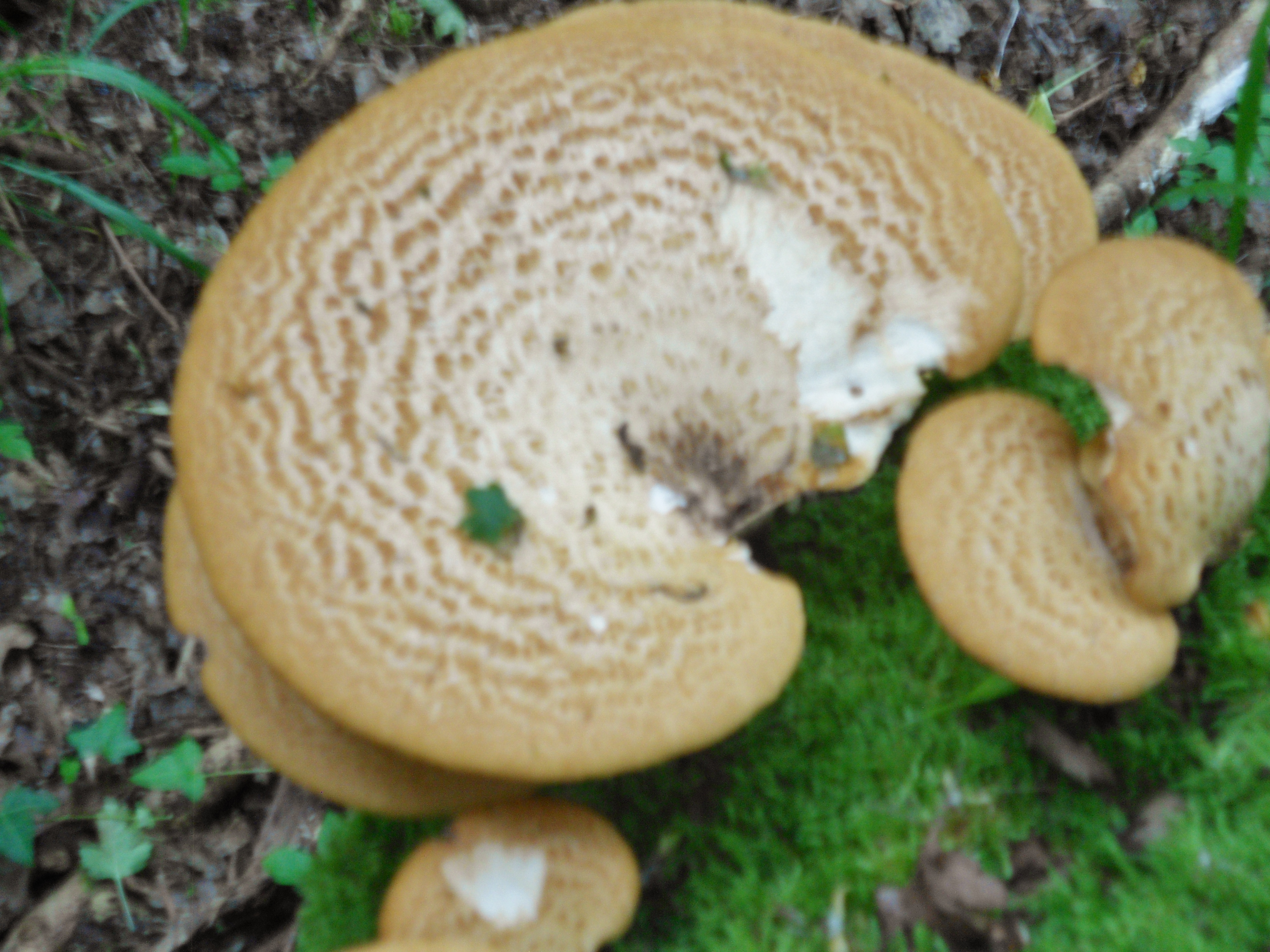
Weather Conditions: Cloudy, cool, a few bright intervals. Temperature: 21.5 C – 19 C / 70.7 F – 66.2 F
The path was strewn with immature field maple seeds, petals and summer leaves due to the strong breeze so we hurried to reach the protection of the trees although the sound of the groans and grunts from the rubbing branches made slightly alarming hearing!
A post from John Harris of the Mushroom Diary alerting us to what he believes to be the best of the bracket fungus, the Dryads Saddle (Pheasant Back Mushroom) which appears in woods around this time of the year so we were pleased to spot a good healthy looking group on a dead tree stump on the old railway line at the foot of the steep embankment beside the path. He even posts a link to a great simple recipe for the gastronomically adventurous.
The cloudy day didn’t make for a bumper butterfly display and true to form there were very few. Five or so Speckled Wood, a Meadow Brown and a Small Tortoiseshell, not a great haul when there are so many flowering plants, although the privet on which we saw such a memorable display last year was not quite in full bloom.
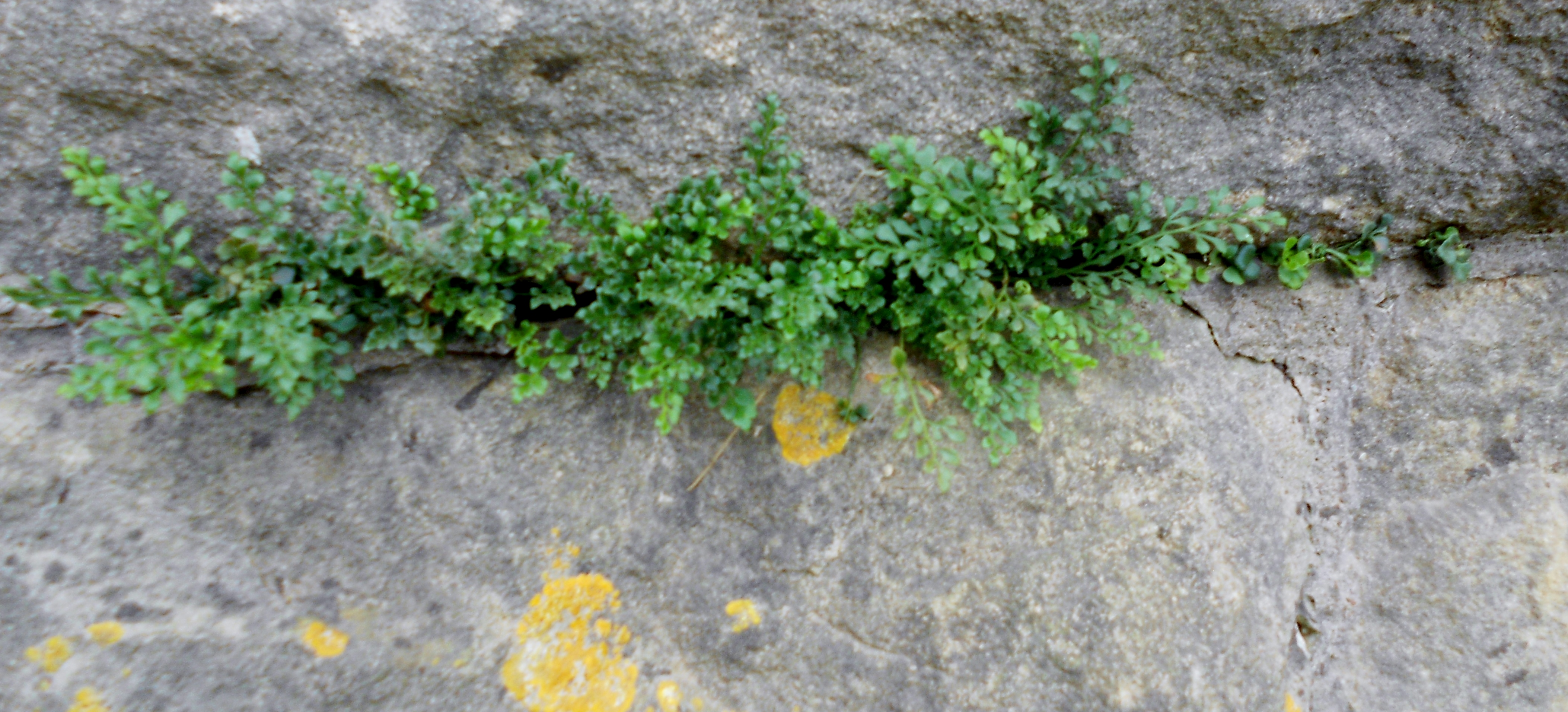 Wall-Rue
Wall-Rue
The stream bed was bone dry throughout its length but fortunately there are lots of gaps made by animals (probably badgers) pushing through the hedges into the fields beyond where there are two sizeable ponds and a spring fed stream. The badgers have also been very busy, leaving lots of snuffle holes in the earth and amongst the undergrowth and have, as usual, trampled down all of the roast-beef plants sometimes called stinking iris which we have yet to see in flower. It is said that the foliage is acrid and sweetly foetid when crushed so although we didn’t check to find out, maybe badgers just love the smell.
Most of the birds including Whitethroats, Chaffinches, Bullfinches, Magpies and Wrens were sheltering from the wind and we were only aware of their presence from their calls and songs but the Raven and a couple of Buzzards could be seen braving the skies as did a solitary Swallow, skimming low over a field.
We met a young woman with a pair of twin boys of about three years old and two dogs. She said that she and a friend had been walking the path since the children were babies as it was one of the very few places which could accommodate a twin buggy and dogs even in the boggiest, wettest, snowiest days of midwinter. The boys were entranced and intrigued by the dry river bed, even though they were deprived of their usual soaking paddle.
3rd June 2018
John Hansford has reported the sighting of a Nightingale in a new area – very exciting to think that this may be a follow on from successful breeding last year. He heard a Sedge Warbler singing strongly from the reed bed and 4 Garden Warblers (there are five Garden Warbler territories on this stretch of the cycle path which is very good and one of the best stretches in the whole of Somerset for this species). John also captured the caterpillar filled web of the Small Eggar Moth.
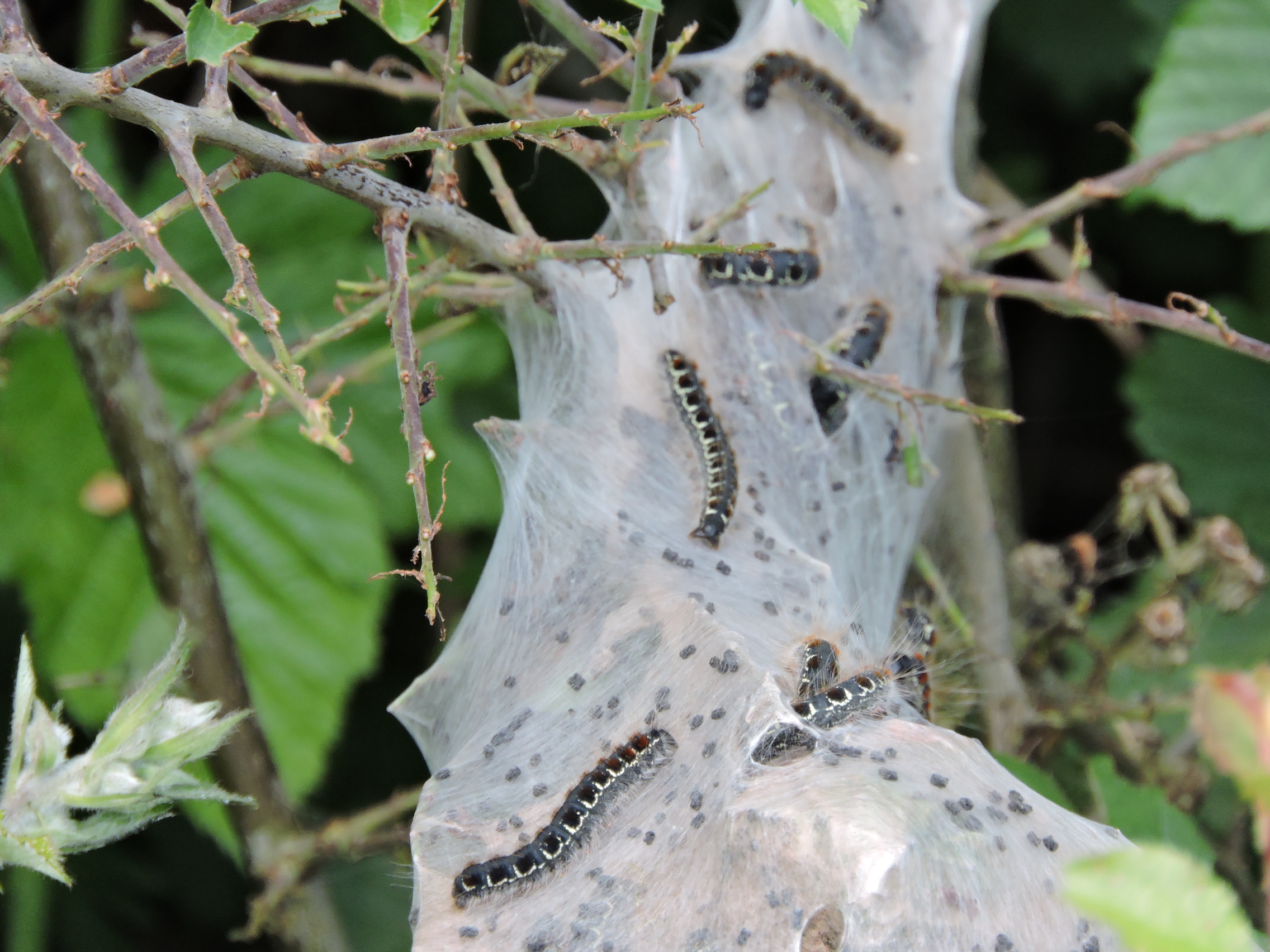 Small Eggar Moth caterpillars – c. John Hansford
Small Eggar Moth caterpillars – c. John Hansford
The Small Eggar Moth, formerly quite common, is now a scarce and local species, due mainly to the gradual destruction of its favourite habitat, hedgerows. The adults, which fly in February and March, are seldom seen, but the larvae, when present, live gregariously in silken webs on the food plant, hawthorn (Crataegus) and blackthorn (Prunus spinosa). It is now restricted to a few scattered colonies in England and Ireland, and a few localities in Wales. http://ukmoths.org.uk/
2nd June 2018 / 20 C 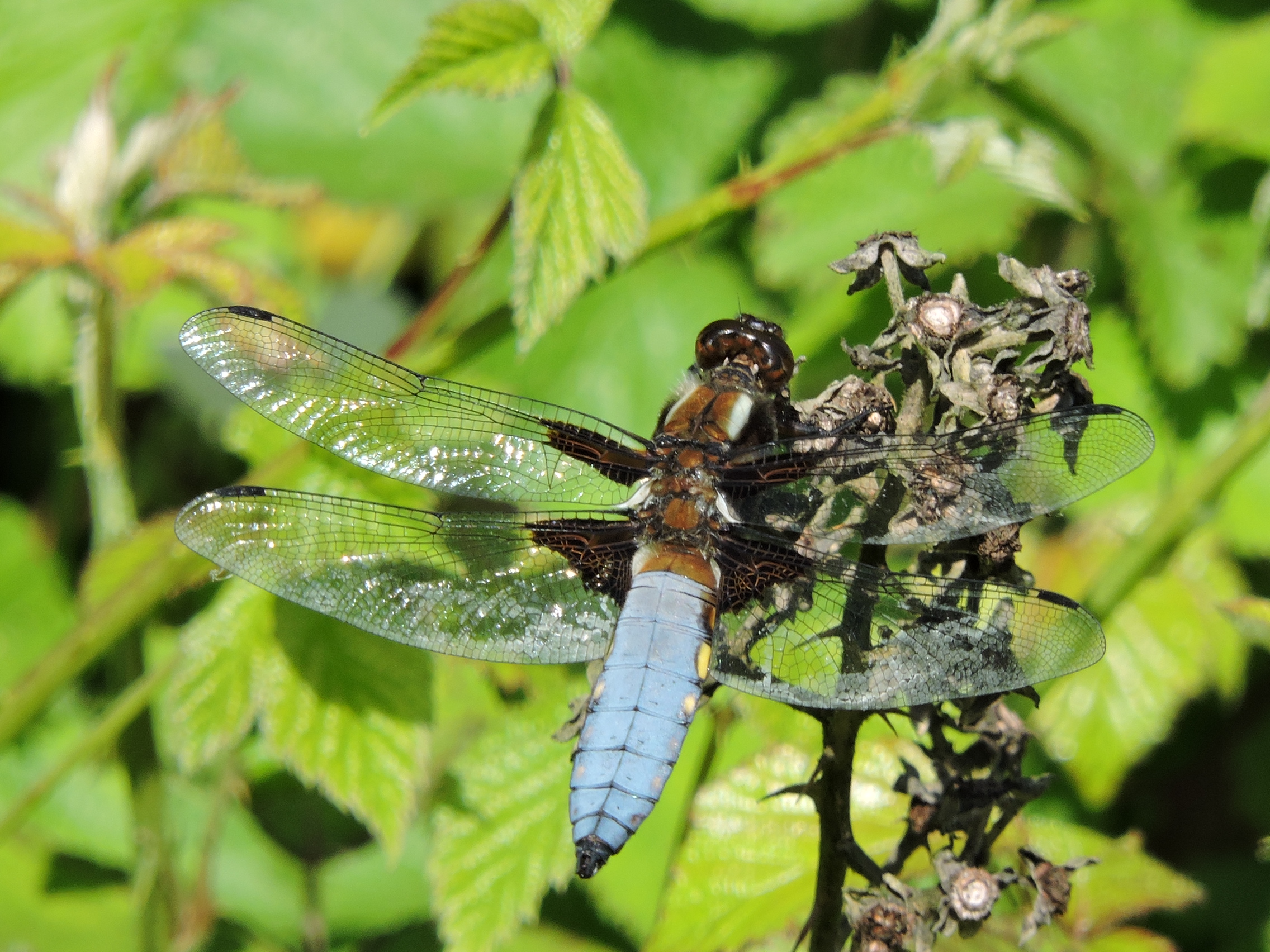
Brilliant photograph from John Hansford of a male Broad-Bodied Chaser Dragonfly. In his email he says: “I managed a 45 minute visit to the Cycle Path today and highlights included 1 Red Kite, 2 Garden Warblers on feeding runs, 2 Spotted Flycatchers, 2 Orange Tip, 5 Male & 1 Female Common Blue, 5 Speckled Wood, 1 Brimstone, 2 Large Skippers.” Highlights indeed – a goodly haul in such a short time.
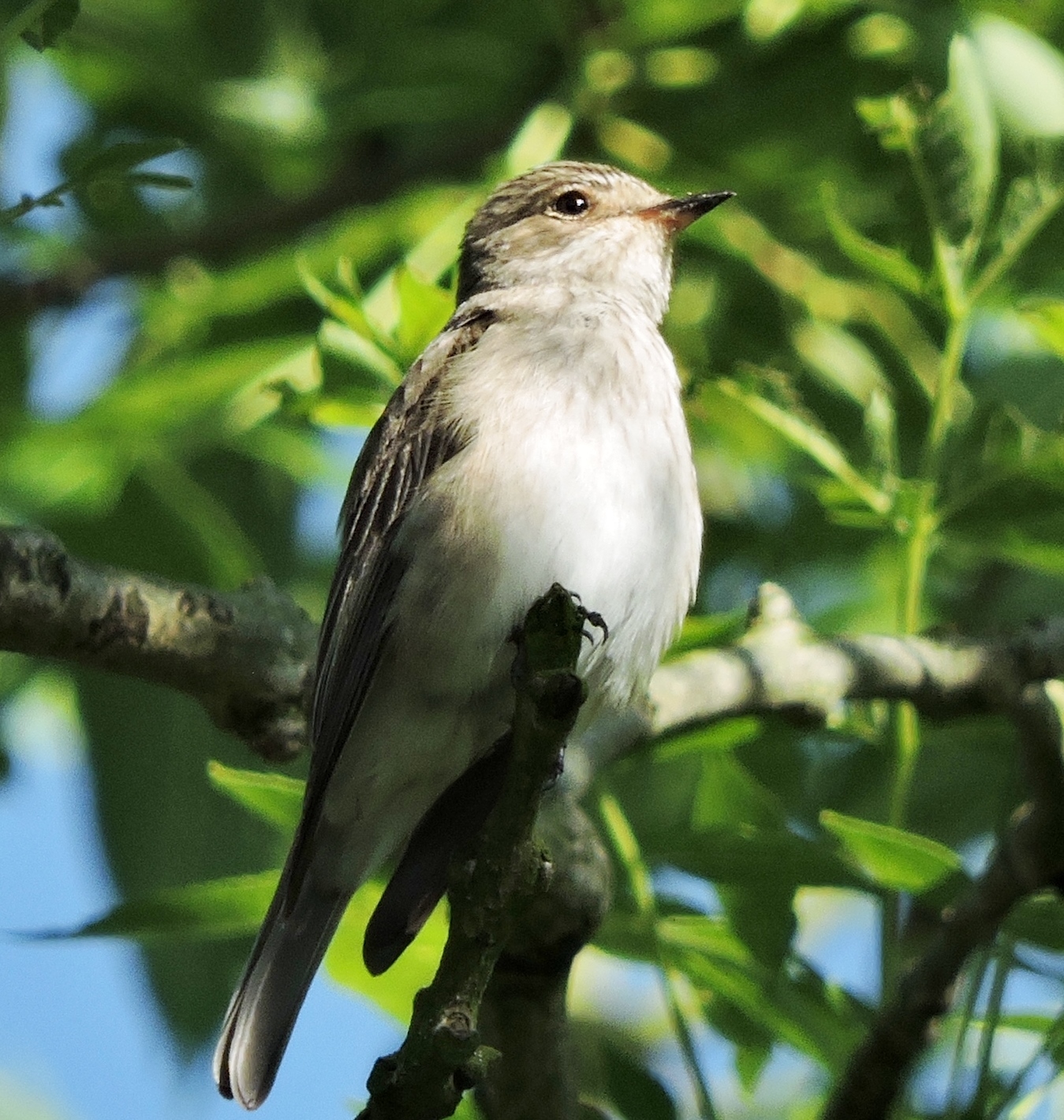 Spotted Flycatcher – c. John Hansford
Spotted Flycatcher – c. John Hansford
30th May 2018 / 3.15pm – 4.55pm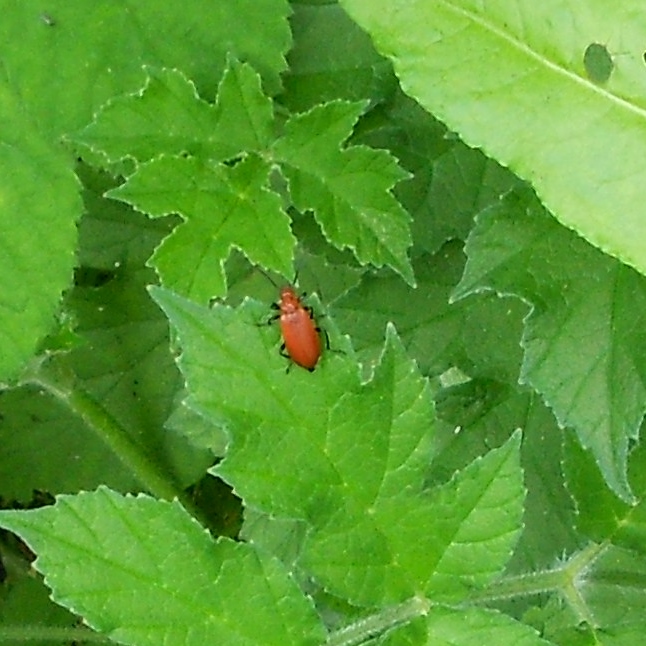
Weather Conditions: Heavy low cloud, dank, chill, north-easterly breeze, poor visibility. 16 C / 60.8 F
Much to our chagrin, unavoidable commitments and poor weather conditions meant we missed the optimum time for hearing the Nightingales along the Way so it was with some trepidation that we approached last year’s site on one of the few days this week when it wasn’t raining or thundering and lightening.
Fortunately amongst the trills of Blackbirds, Song Thrushes, Whitethroats, Chiff Chaffs and Willow Warblers we were excited to hear the distinctive notes of the Nightingale. A little muted (and who can blame him given the weather) and only one (there were two last year) but we counted our blessings, relaxed and listened again to the enchantment of the Nightingales song – magical. The delight we felt in hearing the Nightingale slightly off-set our disappointment that there appeared to be no Goldfinches, Greenfinches, no Blackcaps or Garden Warblers, no Swifts, House Martins or Skylarks and not one raptor, all of which we noted in numbers in previous years. We can only presume the chilly rain, high winds and thunder storms have seriously reduced the number of insects – confirmed perhaps by a dead bee caught in the stem of a plant – starved of nectar from late flowering plants?
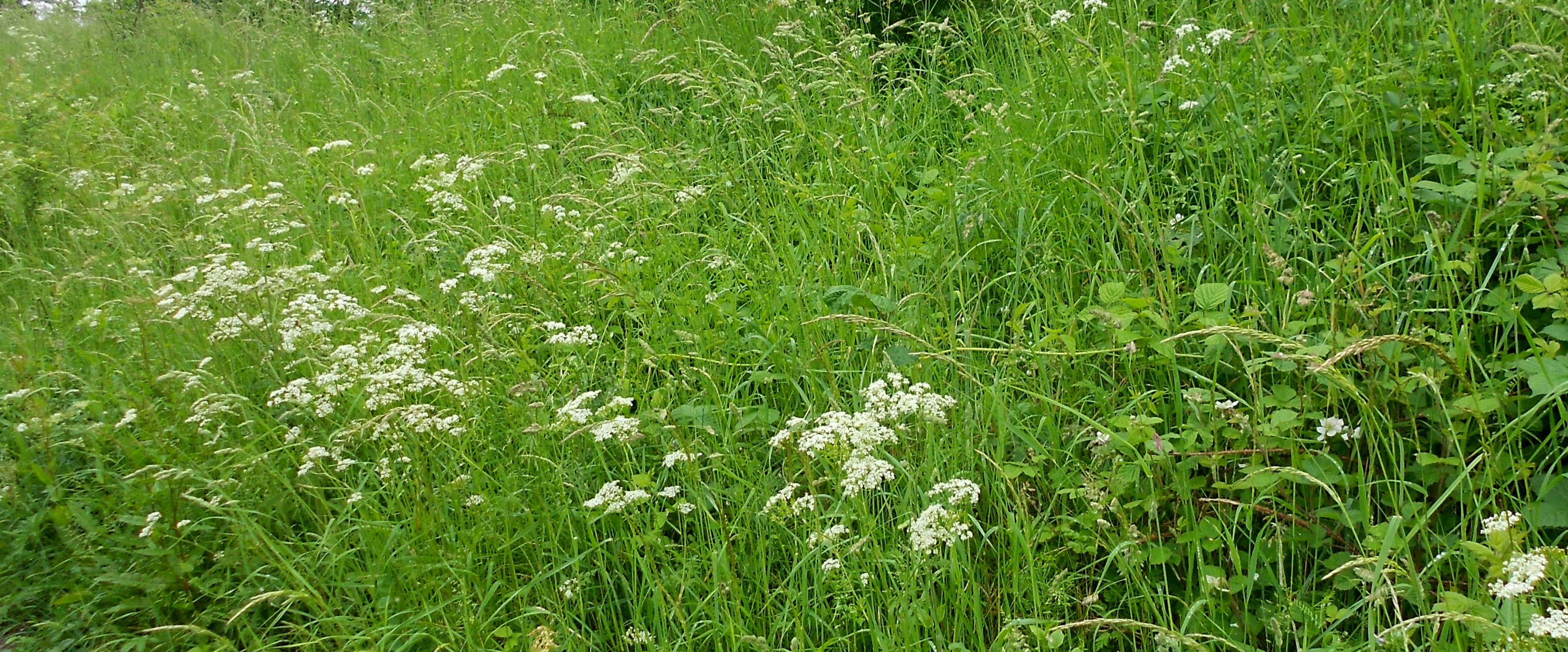
The other striking observation along the path was the sheer abundance and overwhelming lushness of the undergrowth. Grasses nearly five feet tall, tangled thickets of wood sorrel, cow parsley, bladder Campion, hedge mustard, clumps of moon daisies and shocking pink Campion, falling strands of dog rose and both white and black bryony, their tendrils curling up stems of plants. Golden buttercups and tiny bright blue bird’s-eye speedwell fight for space with yellow archangel, hop trefoil and the bright purple-magenta dove’s foot cranesbill and common vetch while the creamy elderflower and pink hawthorn blossoms scent the air but a complete absence of a single butterfly during the whole of our walk.
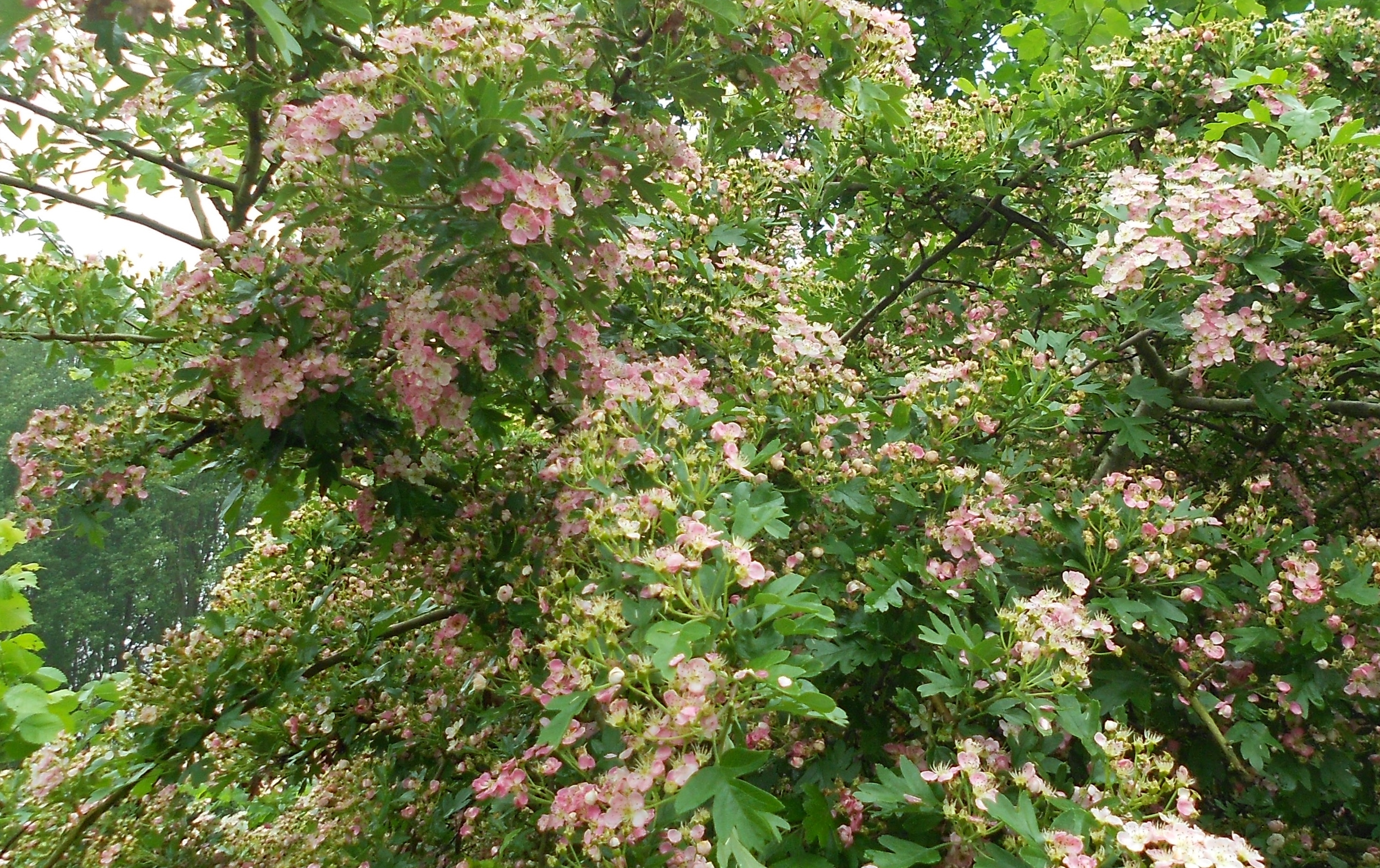
There were bees and midges in plenty (although not as many as one would expect at this time of the year) but this is the time when one would expect to see clouds of butterflies all along the verges and up in the trees and not to see even one is yet a further comment on the truly awful unseasonal weather we have been experiencing for most of this spring and early summer.
It was no surprise to spot the red-headed cardinal beetle lurking in the undergrowth, hungrily watching for prey, they usually appear about now, but a Mayfly – ephemera danica – rising from rivers and streams over the last fortnight but appearing here, above a tarmac path about 100 yards from the large tree-lined pond? Unlikely to find a mate over here!
One good discovery was the sight of three large clumps of Spring Fieldcap fungus growing on the bed of wood chippings which we had been checking over the year in the expectation of finding some sort of fungi growing there and on the point of abandoning the search. We had, quite wrongly, expected to see fungi on this spot in autumn; a timely lesson – in nature, always prepare for the unexpected!
19th May 2018

15th May 2018 / 2.20pm – 4.50pm
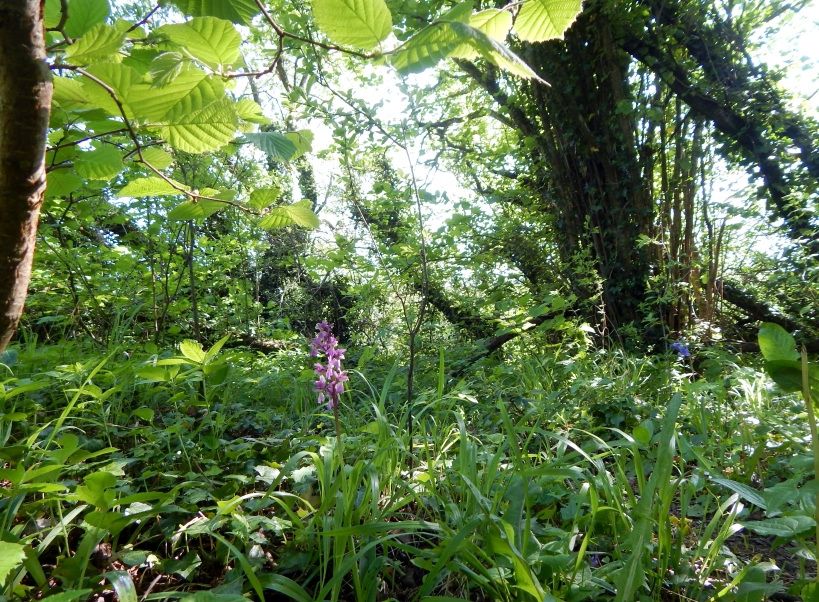
Weather Conditions: Hot summer’s day with clear blue skies and burning sun. Delightfully cool under the shade of the trees in full leaf / 21 C / 69.5 F
An explosion of blossom along the Way. The unseasonally cold weather of April and the beginning of May had held back the flowering of most plants but several days of summer-like heat encouraged the trees to throw out quite spectacular displays of blossom.
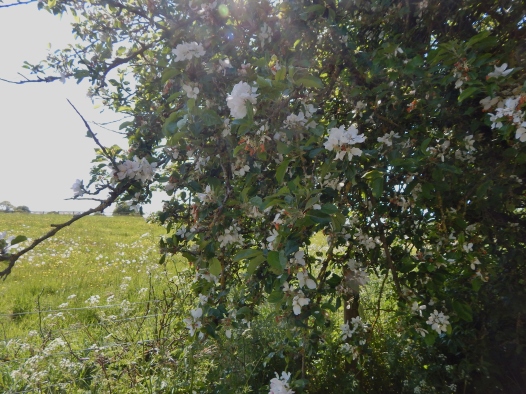 The apples, wayfarings, field maples and hawthorns were heavy with flowers, and the grass verges were filled with the still flowering cowslips and violets of spring which merged with the early purple orchids, twayblades and summer drifts of red Campion, deep blue birds-eye speedwell and clouds of white cow parsley whose sweet perfume almost drowned out the rank scent of the hawthorn blossom.
The apples, wayfarings, field maples and hawthorns were heavy with flowers, and the grass verges were filled with the still flowering cowslips and violets of spring which merged with the early purple orchids, twayblades and summer drifts of red Campion, deep blue birds-eye speedwell and clouds of white cow parsley whose sweet perfume almost drowned out the rank scent of the hawthorn blossom.
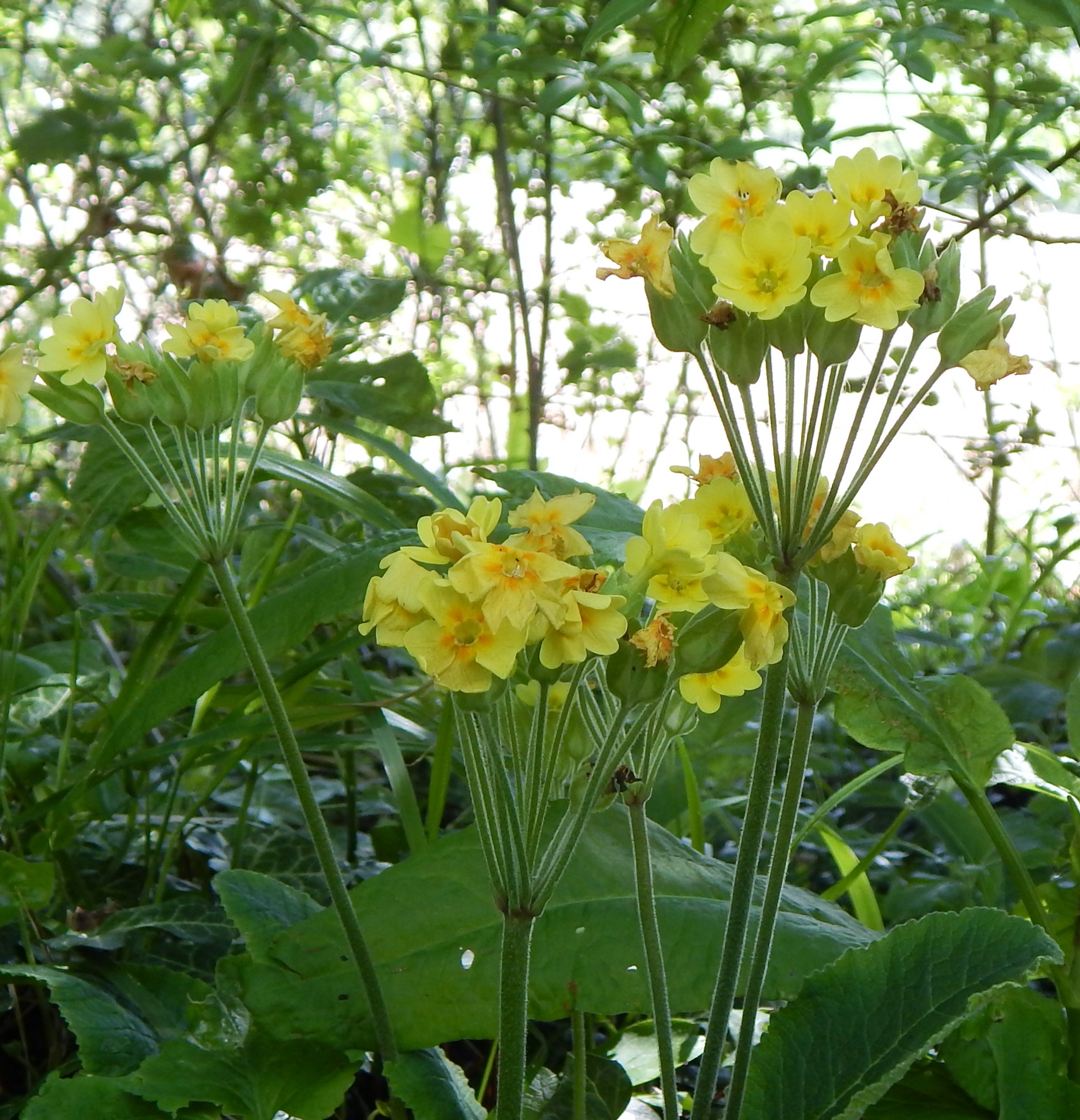
Peacock, Orange Tip, Speckled Wood and Brimstone butterflies were joined by an unexpected visitor from a nearby pond in the shape of a Female Beautiful Demoiselle damselfly with its stunning combination of brilliant metallic blue body and copper coloured wings, and later by a huge queen Hornet busily zooming around the undergrowth searching for a suitable nest site.
It was quite shocking to see the carefully constructed compost site formed by a large square of logs had been set alight since our last visit reducing all the compost to ash and the logs to charred remains. The vast majority of visitors respect the hard work of the volunteers but it only needs one hooligan to destroy weeks and weeks of effort. However, the resilience of Sustrans and its volunteers was restated by the new name signs on many of the trees (the common and Latin names) which is a welcome addition to the woodland stretches and particularly helpful in winter.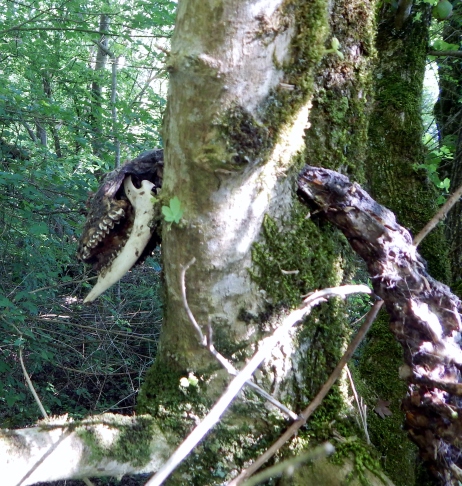
Another shock was the gruesome sight of a badger carcass draped over a tree. Possibly the remains of an old badger thrown up into the tree for foxes, raptors and carrion crows to feed on before the insects can also begin to feast. The tree trunk just below the carcass was bare of the moss which coated all the surrounding trees and which might be from foxes scratching the moss with their front paws as they supported themselves while tearing at the meat.
The stream was reduced to a mere trickle falling over the stones, the woods were very quiet apart from that lovely summer sound of droning hover flies and birdsong from Chiff Chaffs, Blackbirds and Whitethroats and as a final reward on the last few hundred yards down to the road we suddenly caught sight of a Red Kite wheeling and circling overhead. Such excitement – our first sighting around Colliers Way of this spectacular bird! A fitting end to a wonderfully sunny afternoon.
6th May 2018
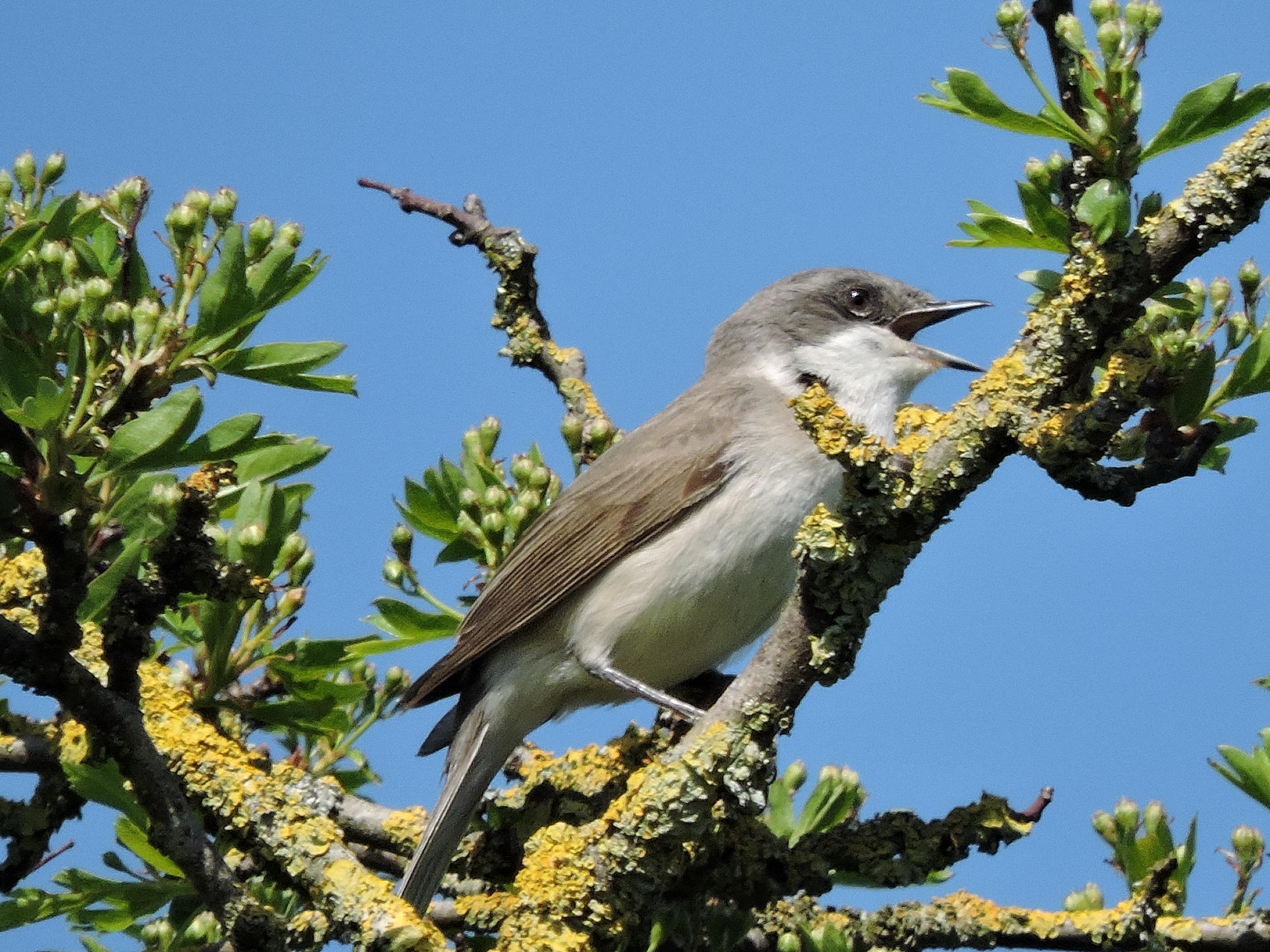
John Hansford managed to capture two brilliant photographs (one shown here) of Lesser Whitethroats – they are so difficult to see as they skulk half hidden, let alone photograph. He was also lucky enough to spot a stoat (surely the most appealing of our small mammals) bounding along the path in front of him as well as a Holly Blue butterfly, Common Whitethroats and Garden Warblers – a great day!
1st May 2018 1.50pm – 3.55pm
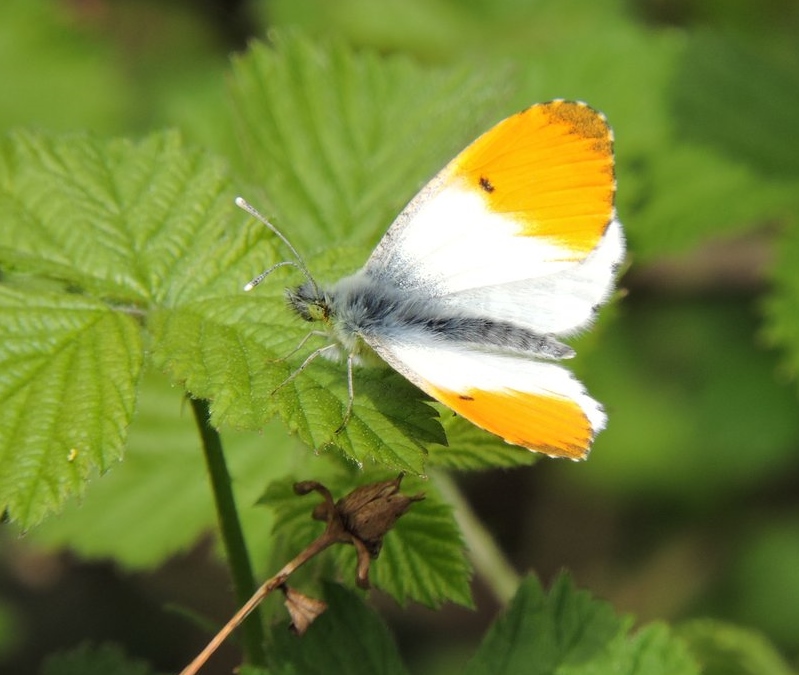 Orange Tip Butterfly – John Hansford
Orange Tip Butterfly – John Hansford
Weather Conditions:
Strong blustery cold wind, intermittent sunshine on an otherwise cloudy afternoon /12 degrees centigrade / 53 degrees Fahrenheit
It was complete serendipity to meet Lydia Blake and Andrew Marchant who were assessing the next section of the path to be monitored just as we arrived at the entrance to the cycle path. Lydia is the Greener Greenways Project officer for Sustrans and her remit covers a huge area of the South of England. She brings a massive amount of experience, expertise and knowledge of ecology and environmental concerns to her job (her MA is in Environmental Management) together with a tremendous amount of energy and enthusiasm and Andrew Marchant is the indefatigable co-manager of the Great Elm Embankment and one of the founder members and a leading light in the Frome’s Missing Links programme.
It was so interesting to catch up with them both and hear about Lydia’s plans for a whole series of surveys on the Greener Greenways path. The very successful reptile survey which was carried out last year is to be followed this year by a Moth survey, a Bat walk, and both a Hedgehog and a Dormouse survey. Surprisingly Lydia said that there are very few hedgehog surveys and although there is widespread belief that their numbers are falling drastically, there is no baseline in this area from which to judge.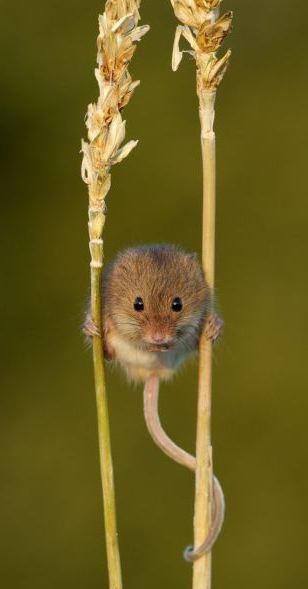
We were intrigued to learn that for the dormouse survey, an ink pad and a sheet of paper is laid down so that when the dormice scamper across both, they leave a good line of tracks. The drawback to this system is that vegetable ink has to be used for the safety of the dormice but if the papers are not collected quickly, slugs come along and eat all the track prints!
By far the most exciting prospect perhaps is the planned series of trips with local schoolchildren (and their parents and teachers) to the path. They will be bussed out to the site and spend a couple of hours exploring the environment. We were all shocked by a recent revelation that many children are so removed from nature and the countryside that they can no longer recognise even the most common plants and butterflies and Sustrans Greener Greenways project is one of the few organisations to immediately address the problem and come up with a solution. Lydia mentioned that Alistair Millington (Sustrans Land Manager for the South of England) who had been working with them had spotted what he suspected might be a species of brome rape which caused great excitement due to its exceptional rarity, although they will not know for sure until it flowers. He had also thought that there was a good possibility of Dormice and Hedgehogs in numbers along this section of Colliers Way.
Fewer birds than the same day last year but not surprising perhaps given the unseasonably cold winds and overall wet spring, no sign of Skylarks, Garden Warblers or Blackcaps but we did see other migrants like Willow Warblers, Whitethroats and Chiff Chaffs and heard the beautiful notes of a Song Thrush.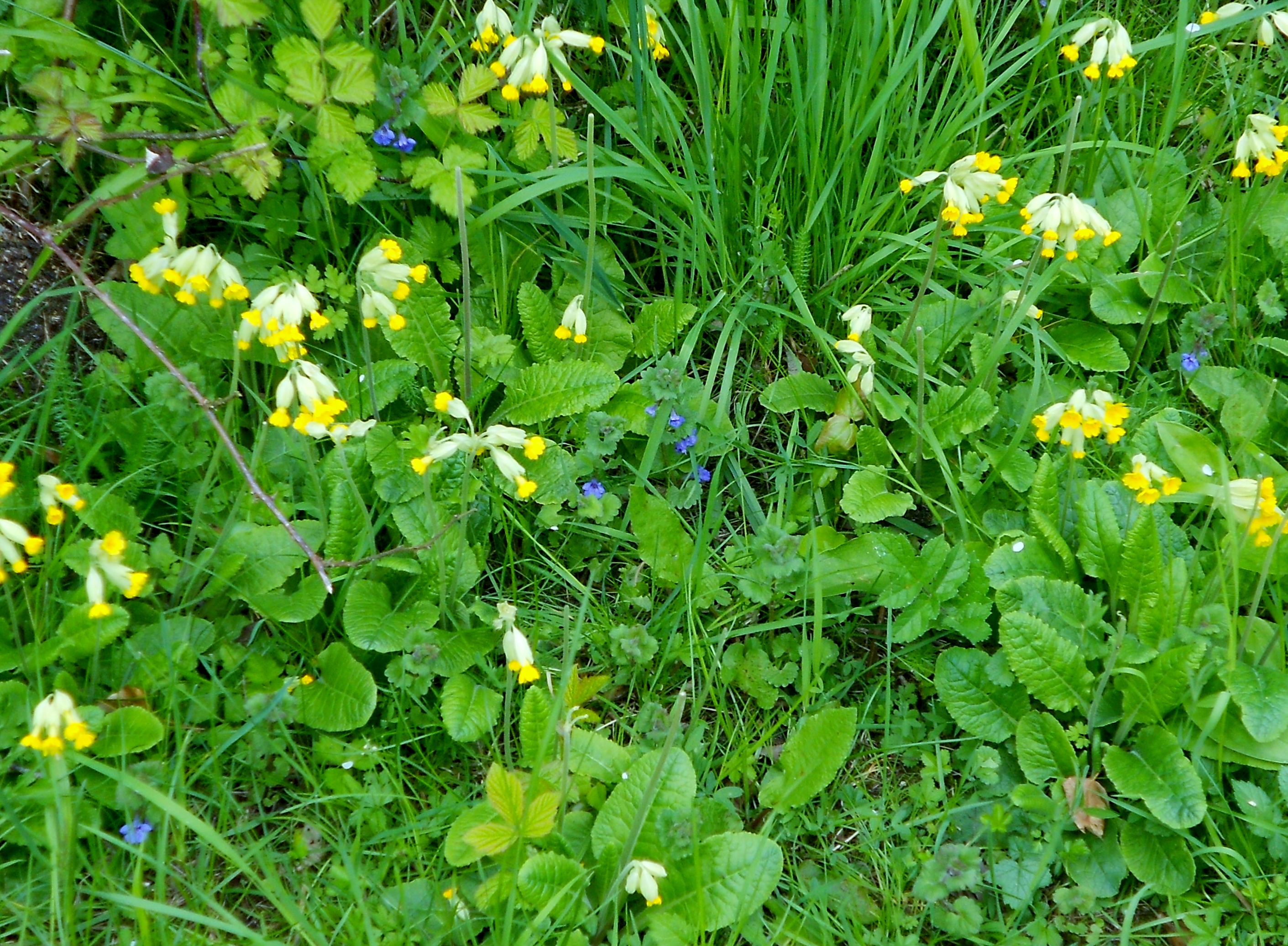
Many of the plants are late flowering – it is particularly noticeable with the apple trees which are still in tight bud even though the wild cherries are in full flower and the cherry plum flowers are already over. Sad to see the end of the violet season which has given us so much pleasure but lovely to see so many deep yellow cowslips lining the path and the birds eye speedwell and red campion heralding summer.
A really hopeful note of warmer weather coming some time is our first sight of a Speckled Wood butterfly another summer delight, both male and female Orange Tip butterflies (and lots and lots of garlic mustard plants for them to lay their eggs and a good few beautiful Brimstone, my favourite butterfly, although not as many as one would expect at this time of the year as a result of the cold dull weather.
18th April 2018 – 2pm – 4pm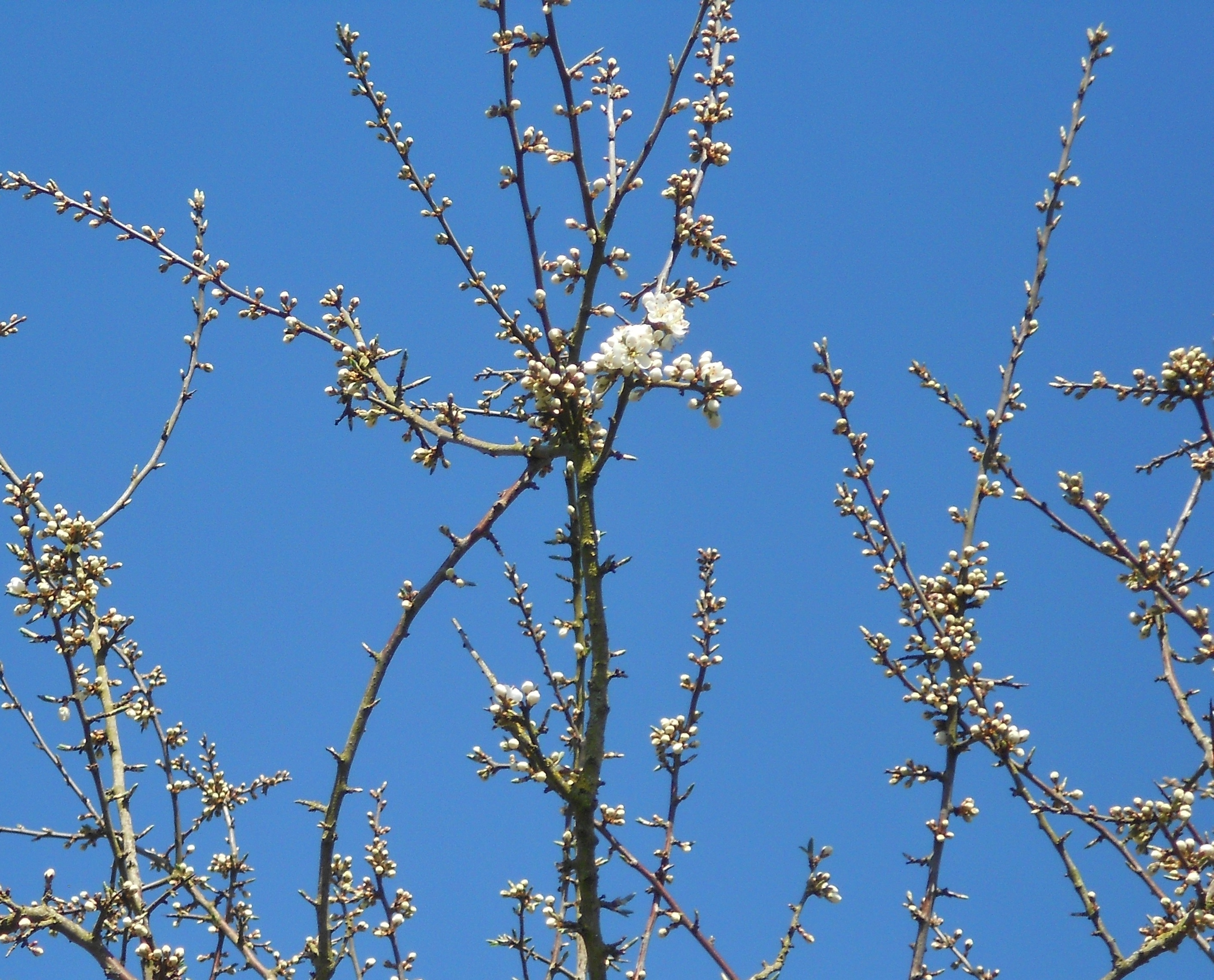
Weather Conditions: Very hot sun, strong warm breeze, cloudless blue skies.
Temperature: 22 degrees Centigrade / 71.6 degrees Fahrenheit
Extraordinary change in the weather from the heavy clouds, cold air, incessant rain and strong winds of the past month which delayed the spring flowering and led to water logged fields and acres of impassable mud for farm vehicles to the explosion of heat from the sudden soaring temperatures of today. The sun was as hot and burning as August as it seems this year the seasons have contracted – winter bypassing spring to move straight into summer.
Signalling the recent cold spell, compared to this day last year, many plants have yet to bloom and very few butterflies have appeared. Although it was lovely to see so many Brimstones and several Peacocks, they are very late and there were no Speckled Woods, Holly Blues, Tortoiseshells or Orange Tips. The apple tree leaves are only just opening when last year the flowers were in full glorious bloom, all the trees were in full leaf whereas today they are just beginning to open and the fields last year were covered in a haze of green shoots but today the fields are still brown and bare, just rows of wet clods of drying mud.
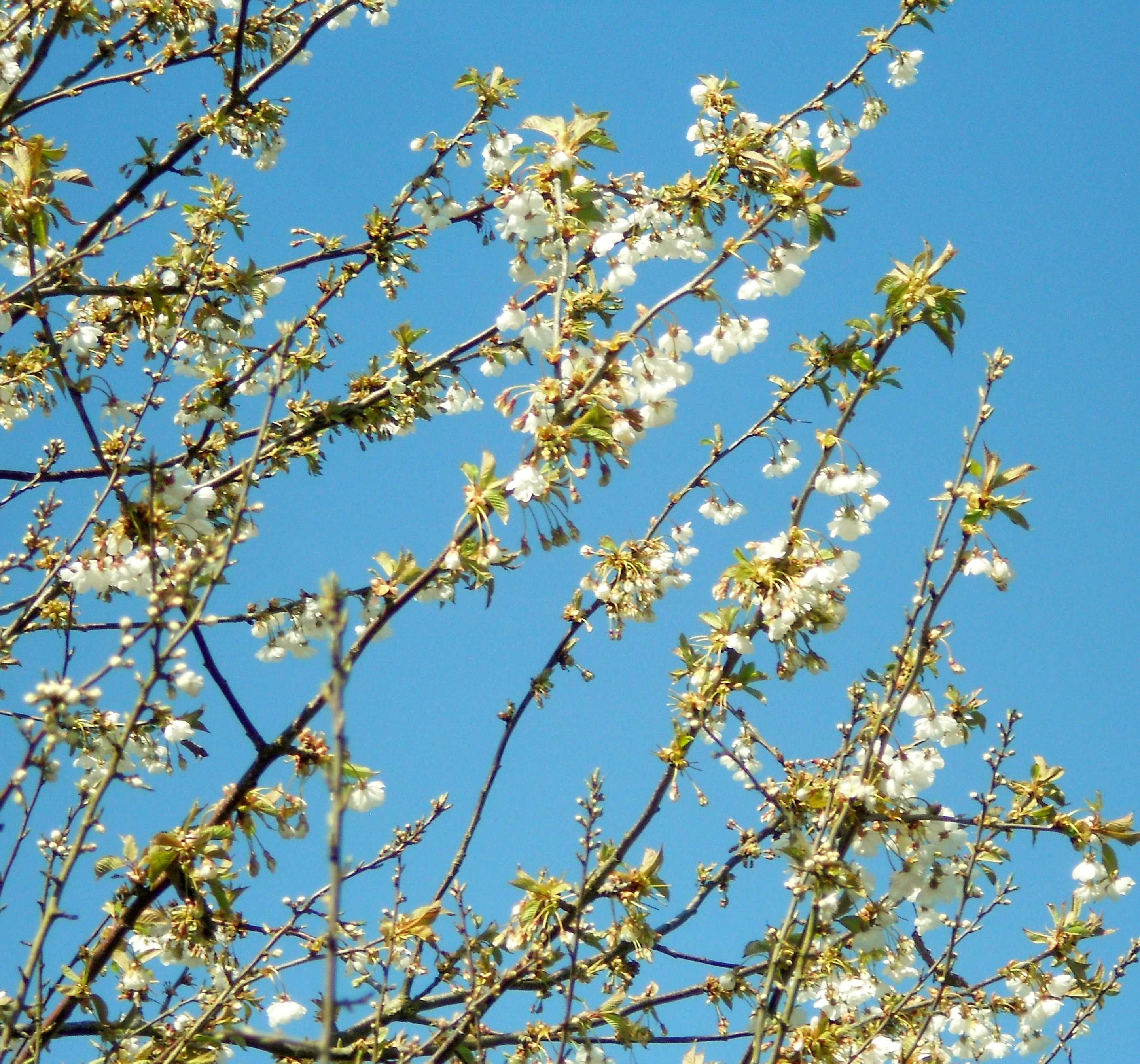
However, the blossom on the cherry trees lining the hedgerows has opened if not fully, the primroses are thick with flowers, the cowslips are opening, the delicate white and the large dark purple dog violets are showing a bumper year so thickly are their plants colonising the embankment. Large mounds of meadow ant nests are scattered amongst the thick grass, great fat bumble bees are lumbering up and down the slope among the violets, honey bees are on the nectar hunt and on the bare well trodden earth around the picnic bench the mining bees are emerging in numbers for the first time this year.
The Chiffchaffs, Common Whitethroats and Willow Warblers have arrived to join the Great Tits, Blue Tits, Chaffinchs, Wrens, Robins and Dunnocks in the hedgerows and the strong smell of woodsmoke drifting across the path from spring clearing of dead plants shows very clearly that winter is finally last over.
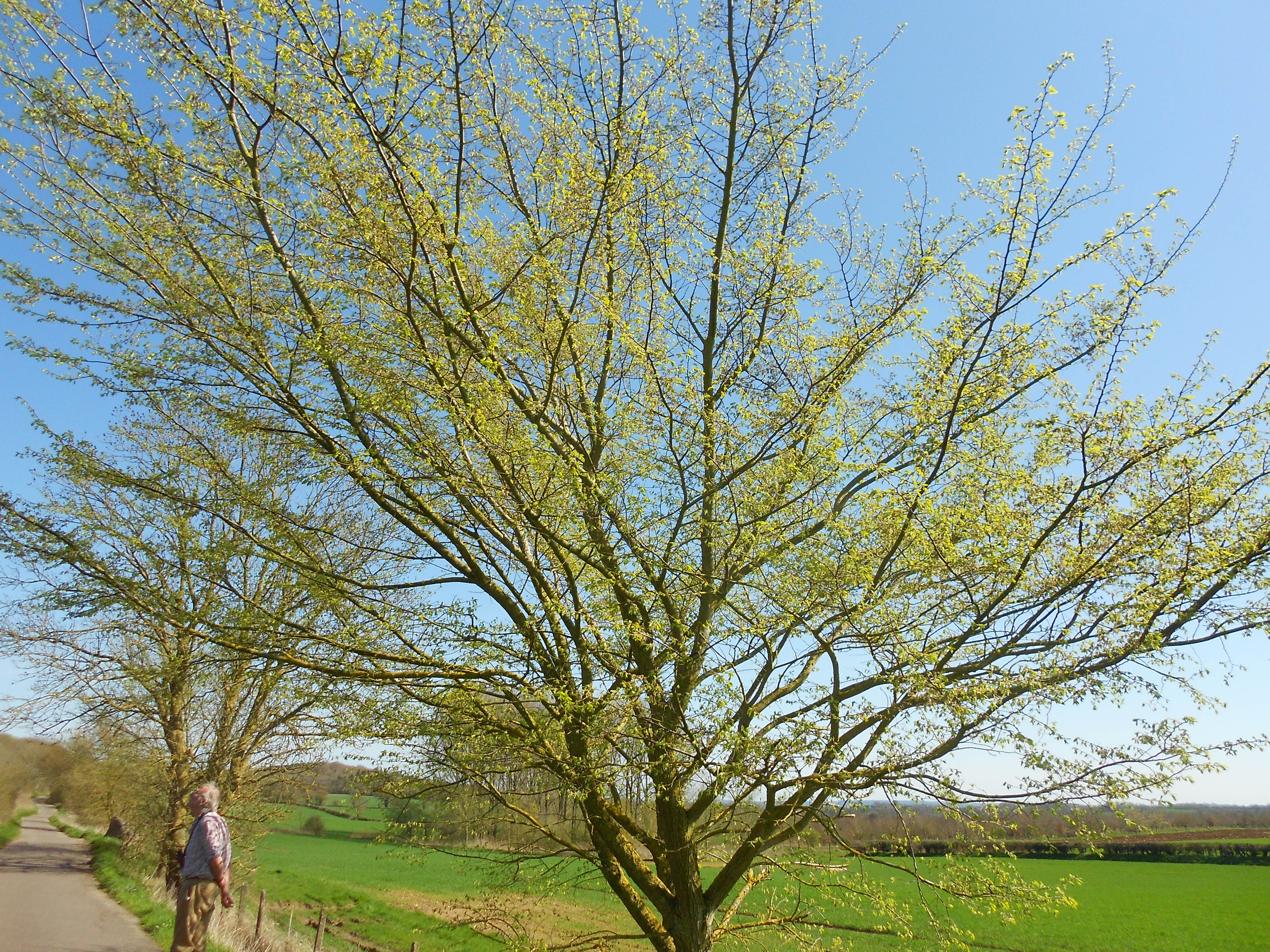
Standing below the cherry trees and watching the mating dance of four male Brimstone butterflies with a single pale female was delightful. “Fluttering and dancing in the breeze” was a rather more accurate description of these butterflies than of the poet’s daffodils as they chased and tried to attract the female but then dropped off one by one when unsuccessful, eventually leaving just one solitary male. When he also lost interest and also flew away, he was immediately pursued by the female, fluttering her wings. He engaged for a few moments but then abandoned the courtship altogether, deciding food was more important, and the female was left alone.
3rd April 2018 – 2.20pm – 4.05pm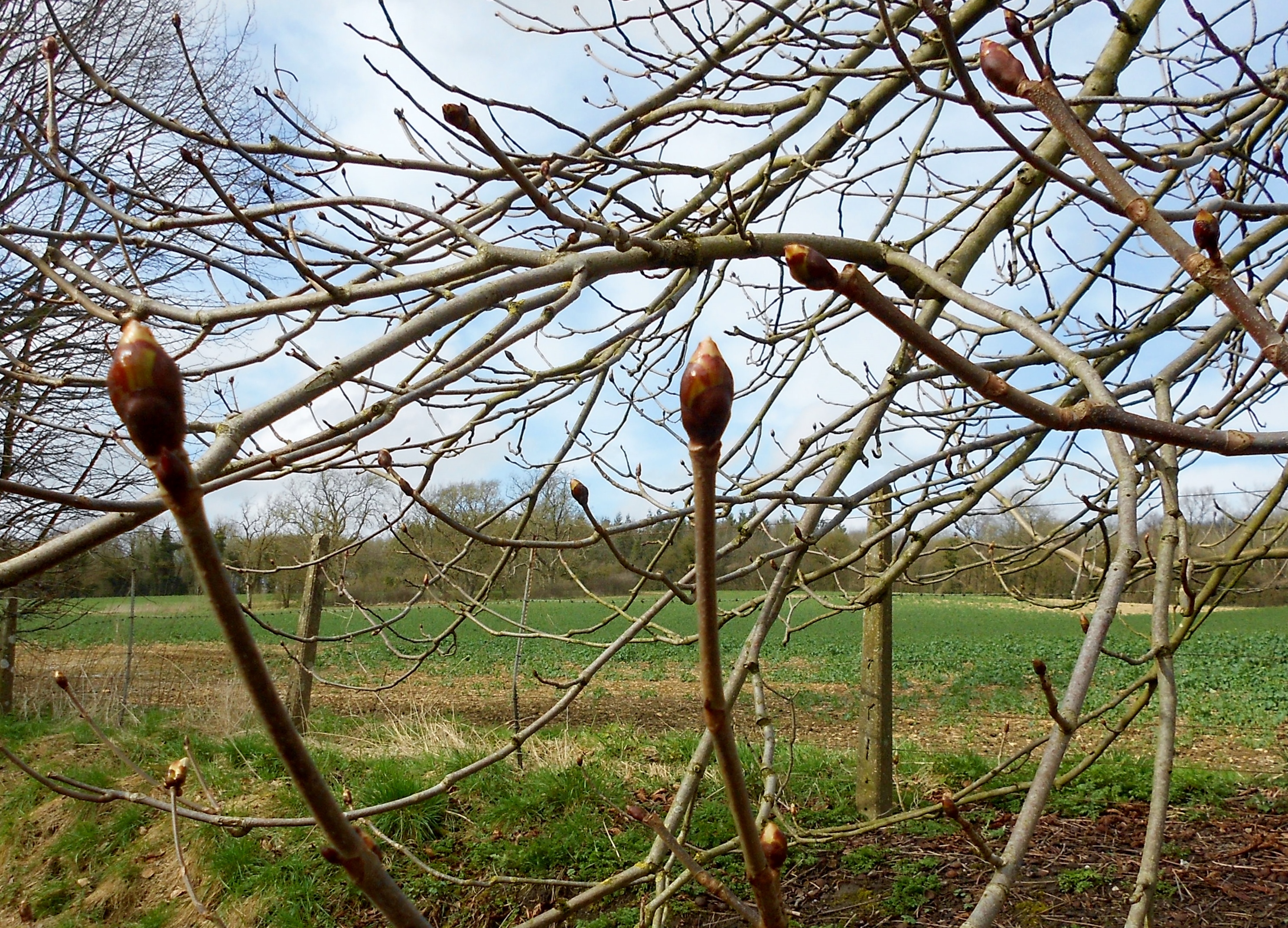 Sticky Buds
Sticky Buds
Weather Conditions: Brisk, blustery southerly breeze, sunny intervals.
Temperature: 12 degrees Centigrade / 53 degrees Fahrenheit
Despite the blustery wind tossing the bare branches and newly emerging leaves, the sun was warm and the air mild and the first scents of spring filled the air. The plants, bees and birds seemed to be shaking off the winter chills so the white Dog Violets sparse only ten days ago were now plentifully scattered all along the verges, the primroses are flowering in profusion on the banks and at last the pollen has begun to appear on some of the pussy willows. The extraordinary number of large Bumble Bees (newly minted with their glossy shiny black and yellow coats) fiercely buzzing and two Honey Bees and the two Peacock Butterflies were such a welcome sight – confirmation at last that spring really is here and summer does exist.
Lots of bird song, including the first Chiffchaff of the year and the first Swallow which although it doesn’t make a summer it’s another herald of spring. We also heard a Skylark, another first for us this year, although Andrew heard a couple of Skylarks as long ago as the end of January.
Abandoned Railway Brake Van 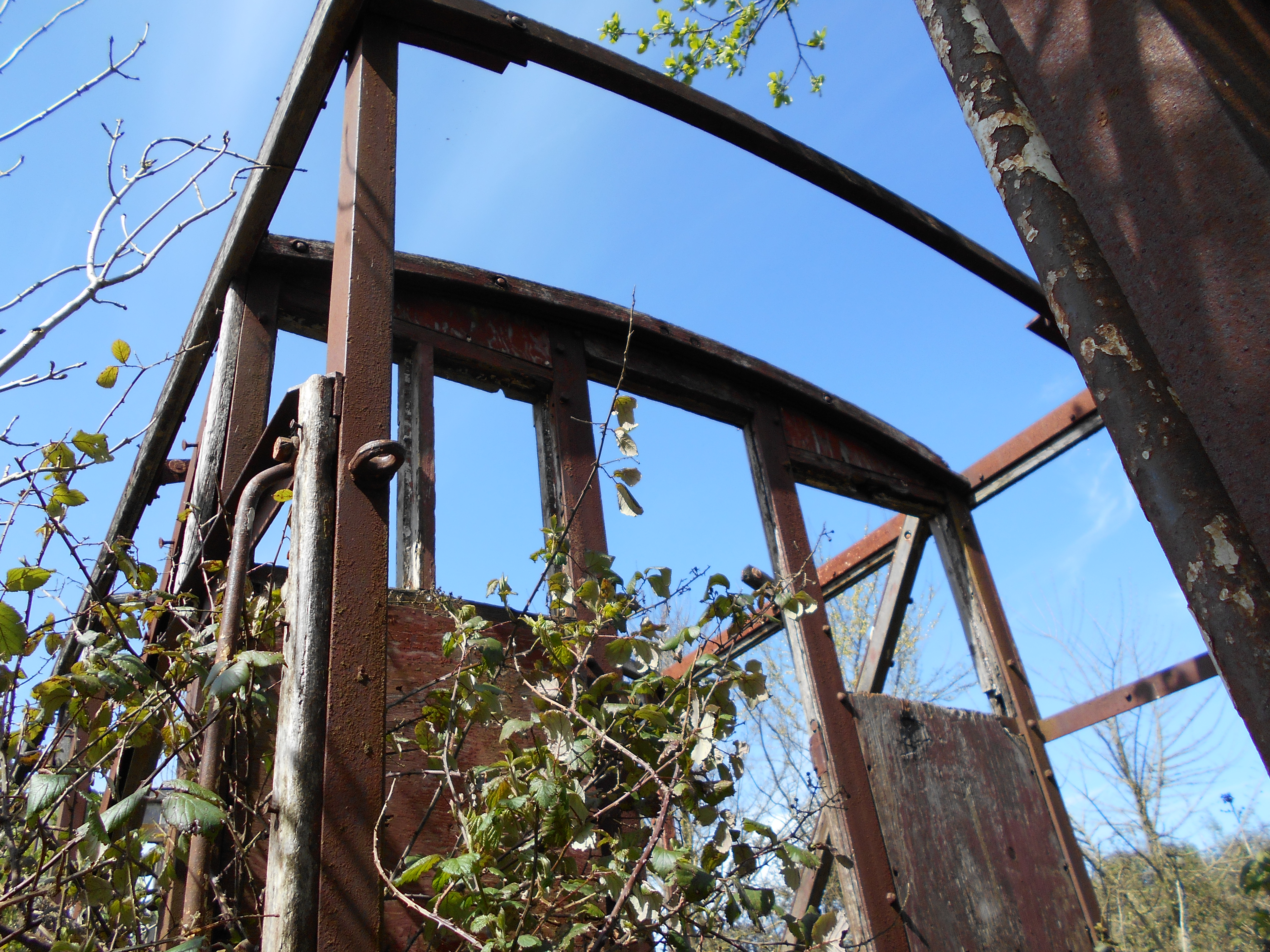
The path was very busy including a group of half a dozen horse riders, probably from a riding school, the little girls perched high on their fat grass bellied little white ponies, evoking fond memories of Thelwell’s famous cartoons, many cyclists and runners and lots of walkers who were eager to swap sightings. Catherine and Geoff from Peasedown St John heard their first Chiffchaff two weeks ago and saw a pair of Nuthatches and a Brimstone butterfly on the same day; more recently, as they walk the path each day, they’ve been watching a pair of Great Tits creating a nest at the top of a hollow pipe.
We chatted to a man walking his dog who recently came upon two Roe Deer as he rounded the corner, actually on the path which was unusual; immediately on sighting him, they leapt the fence and bounded away across the fields in the direction of Babington Woods. Another couple we often see were really excited about seeing what they were sure was a Hawfinch over a week ago – if it was, it’s the second such sighting this year so far.
The warm sun and mild air cheered everyone we met as much as us. Let’s hope for all our sakes, people, birds, butterflies and animals alike, that the last of the cold wintry weather is behind us.
Birds:
Chiffchaff, Swallow, Skylark, Chaffinch, Goldfinch, Dunnock, Great Tit, Wood Pigeon, Pheasant, Crow, Blackbird, Wren, Heron, Jay, Robin, Song Thrush.
Plants:
White and Purple Dog Violet, White Deadnettle, Lesser Celandine, Primrose, Cowslip, Dog’s Mercury, Dandelion, Cleavers, Wild Chive, Hairy Bittercress. Yellow pollen on the pussy willows. Fungus: Scarlet Elf Cap.
Animals:
2 Peacock Butterflies, 10 Buff-tailed Bumble Bees, 2 Honey Bees, 3 unidentified Bumble Bees.
23rd March 2018 – 2pm – 4.15pm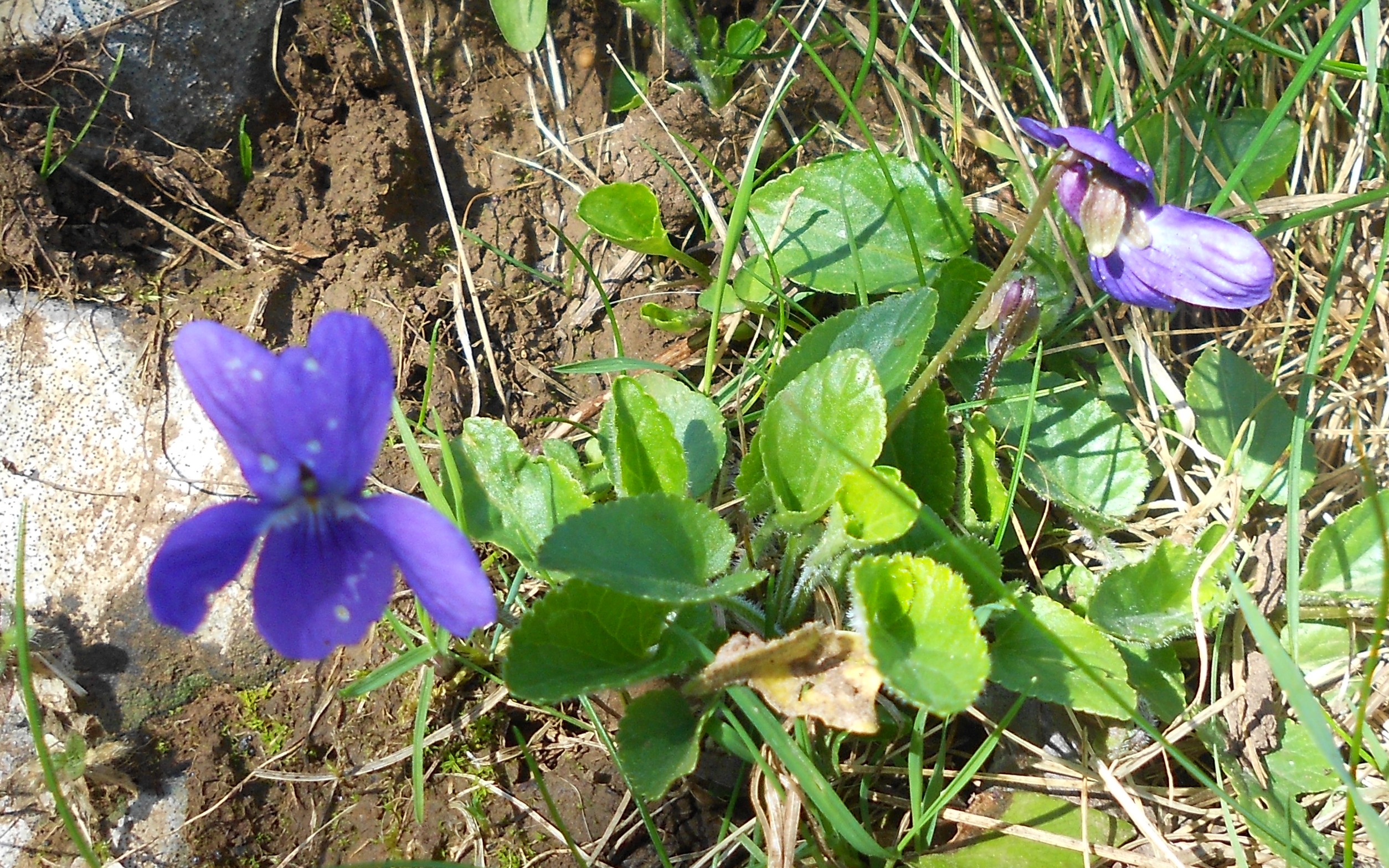
Weather Conditions: Cloudy, hazy sun, mild, cool breeze.
Temperature: 11 degrees Centigrade / 51 degrees Fahrenheit
It was quiet along the path, particularly in the shelter of the trees. Very few signs of nest building among the small number of birds we saw, very little bird song and still no sight or sound of a Chiffchaff. Although lots of the early spring plants were in flower, their display seemed tentative and rather sparse compared to earlier years and it certainly felt more like late Winter than early Spring. This thought was reinforced by the bank of snow still lining the north side of the field boundary hedge above Newbury Firs – the old country saw that seeing lingering snow was a sign of more to come seemed, in view of the long term weather forecast, a very strong possibility.
However, the bells of Mells Church were ringing out across the fields, the clumps of spotted leaves of the early purple orchid were well grown and it was good to see the golden saxifrage’s tiny delicate flowers in full bloom, forming a sprinkling of yellow over the carpet of green under the tall trunks of the ash grove.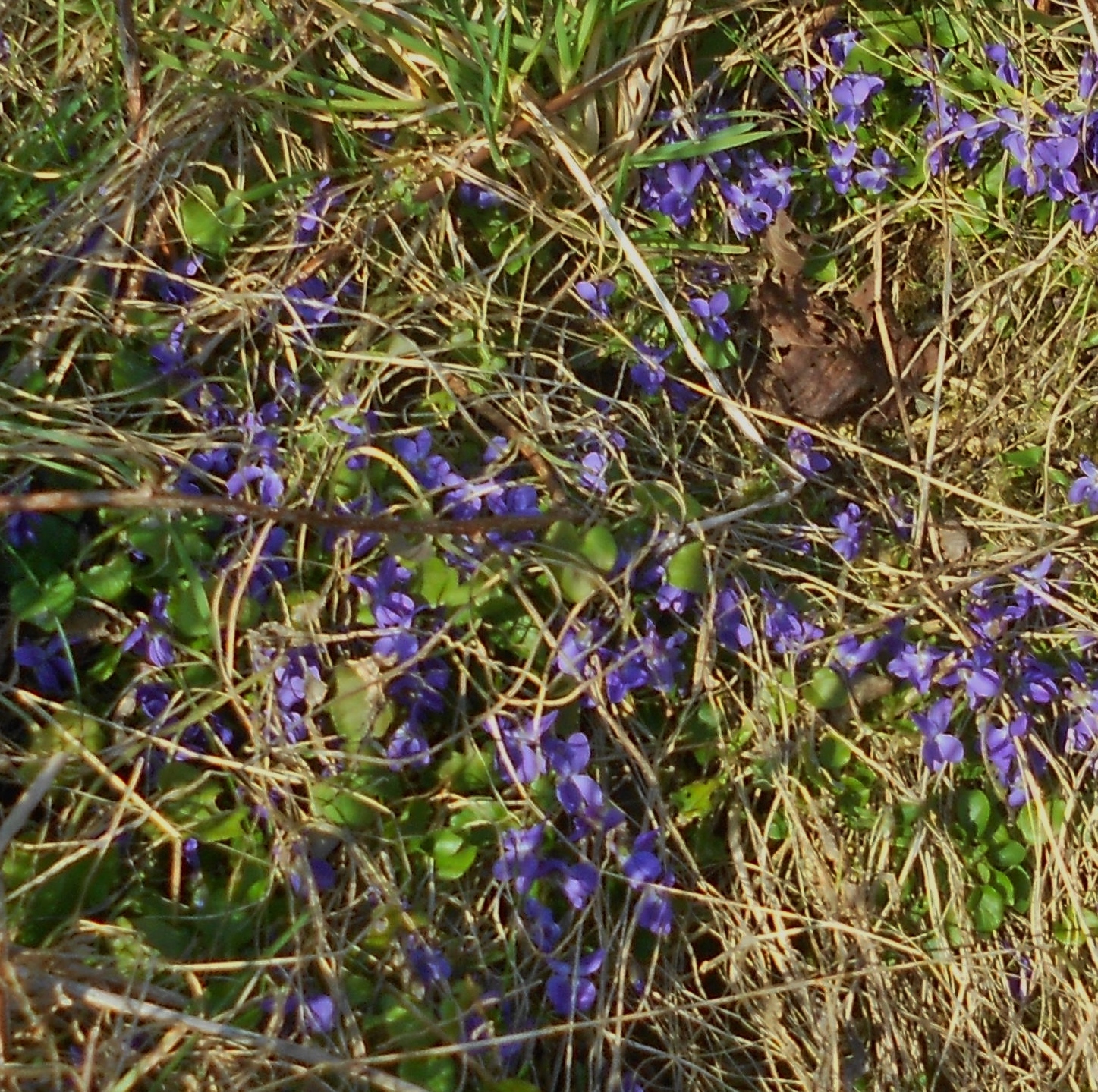
The ecology group of volunteers were busily engaged in their last cut of the year due to the onset of the nesting season. They are hoping that by cutting and clearing away the thick undergrowth and brambles and pruning the trees, it will allow more sunlight onto the banks to encourage more wild flowers and extend the dog violet season. If successful, the plan is to lure other species of fritillaries to join the Silver Washed Fritillaries which currently bring so much delight to warm summer days.
Andrew Marchant, who is managing the Great Elm embankment area, also mentioned that the watercourse formed from the seepage and field run off at the top of the hill had deposited tufa (or calcium carbonate) on the bed of the stream down most of its length. We have seen wonderfully shaped flowstone formed from a similar deposit in one of the tributaries to the River Frome some 3 or 4 miles away.
Birds:
Chaffinch, Blue Tit, Long Tailed Tit, Blackbird, Robin, Jackdaw, Rook, Crow, Wood Pigeon, Pheasant.
Plants:
Shepherd’s Cress, Golden Saxifrage, Cowslip, Primrose, Grape Hyacinth, Wood Anemone, Dog Violet, Dandelion, Lesser Celandine,
Animals: Unidentified Bee.
20th March 2018
– Vernal Equinox –
13th March 2018 – 2.25pm – 4.20pm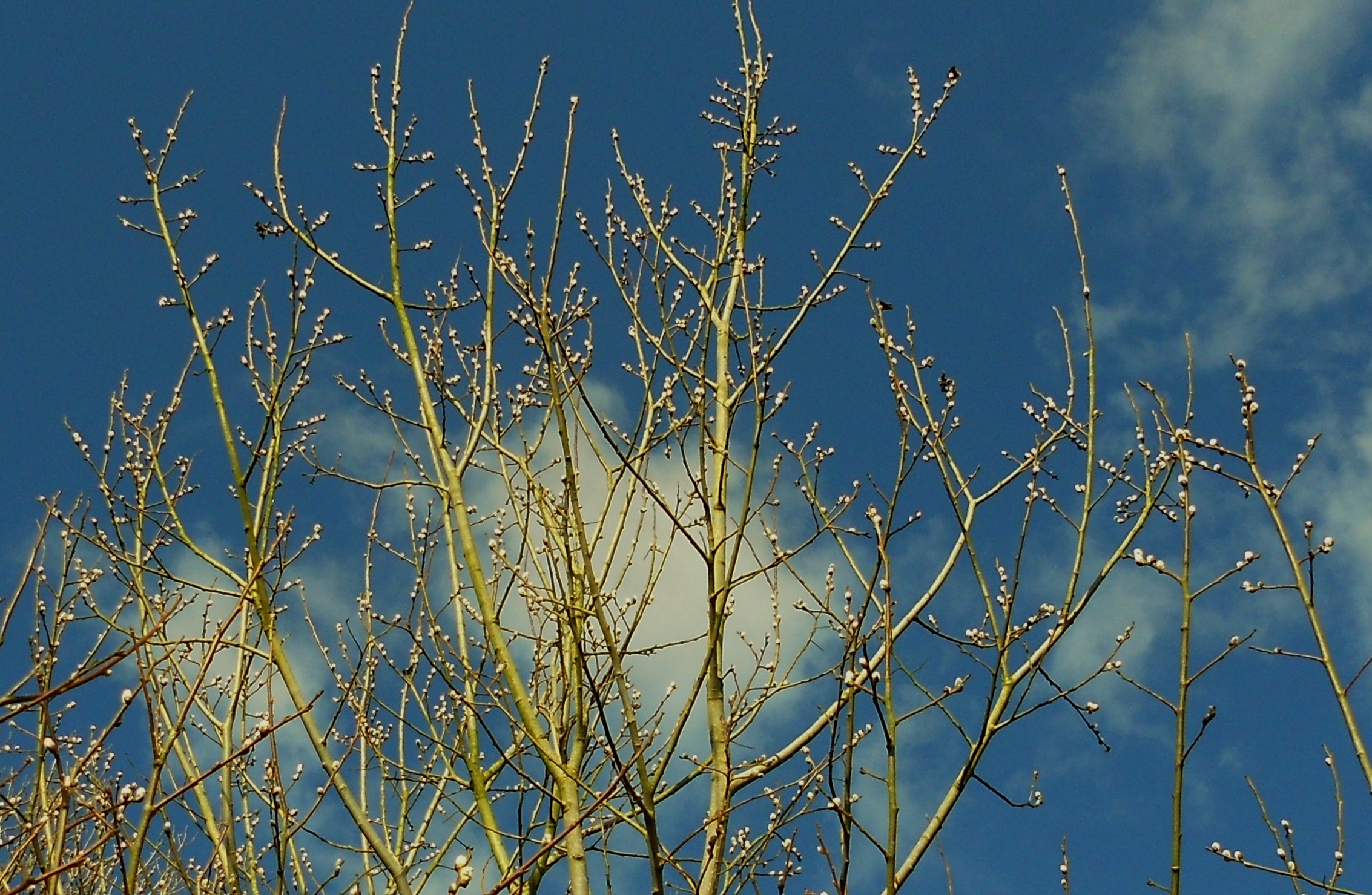
Weather Conditions: Clear and sunny, floating clouds, fresh stiff breeze.
Temperature: 12-13 degrees Centigrade / 53-55 degrees Fahrenheit
Although the stiff breeze still had the chilly edge of winter, in sheltered spots the sun had a welcome spring-like warmth, a sign that this long, sapping winter is drawing towards its close. The clumps of purple dog violets along the south facing embankment looked a little bedraggled and the white violets, restricted on one area, are only just opening and fewer in number and the primroses are also looking battered from being buried under the recent snow, drifts of which are still visible under some hedges. Only the occasional blackthorn spray is flowering and the pussy willows are showing white but looked cramped rather than the explosion of fluff and yellow pollen we expected, given the very early spring growth before the snow. Like us, they need to be flooded with days of warm sunshine to give of their best.
We squelched through thick layers of sodden moss, avoiding the deep puddles, in our search for awakening life but, apart from a bee emerging from the shelter of the tufts of long grass, we were unsuccessful. Even the bee’s tentative foraging was brief and he soon returned to the warmth of his hole in the ground. 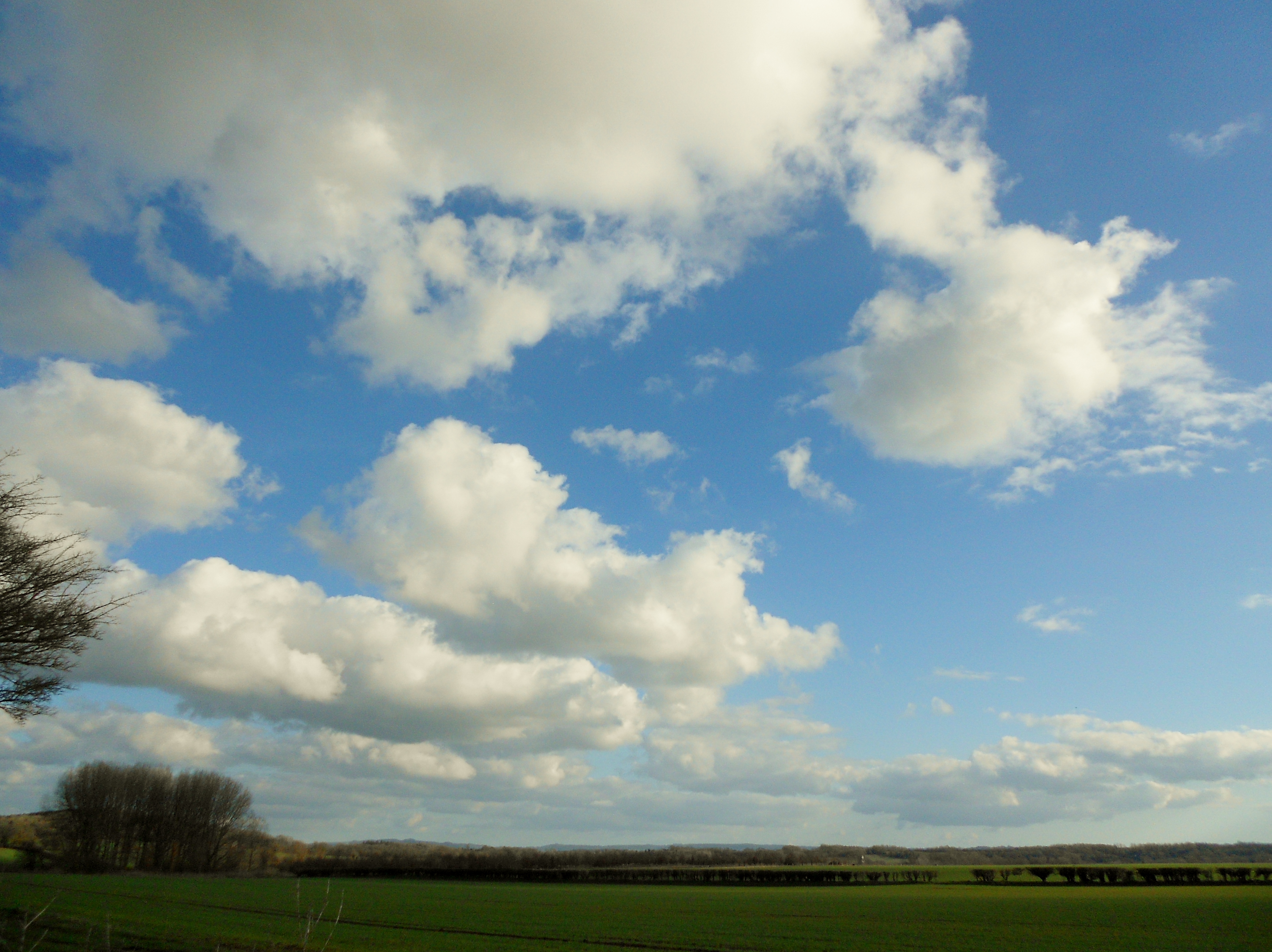
The stream was deep and calm, with barely a ripple disturbing its surface, the fields were filled with noisy Rooks and Jackdaws feeding on the grass, joined by the occasional strutting Pheasant squawkingly announcing its importance while a pair of Buzzards circle lazily overhead, searching for action.
We sat and rested on the oak bench facing the fields between Cranmore and Mells Church towers which was sheltered from the wind. Lifting our faces to soak in the warmth of the sun, our minds gradually quietened and stilled and all life’s difficulties slowly ebbed away.
Birds: Yellowhammer, Magpie, Wren, Song Thrush, Robin, Blackbird, Coal Tit, Long Tailed Tit, Great Tit, Blue Tit, Bullfinch, Chaffinch, Dunnock, Pheasant, Rook, Jackdaw, Wood Pigeon, Buzzard.
Plants: Coltsfoot, Hairy Bittercress, Violet (white and purple) Dandelion, Primrose, Lesser Celandine, Blackthorn, Goats Willow, Red Deadnettle, White Deadnettle, Dog’s Mercury, Bird’s Eye Speedwell, Crocus, Snowdrop.
4th March 2018 – 2.35m – 3.55pm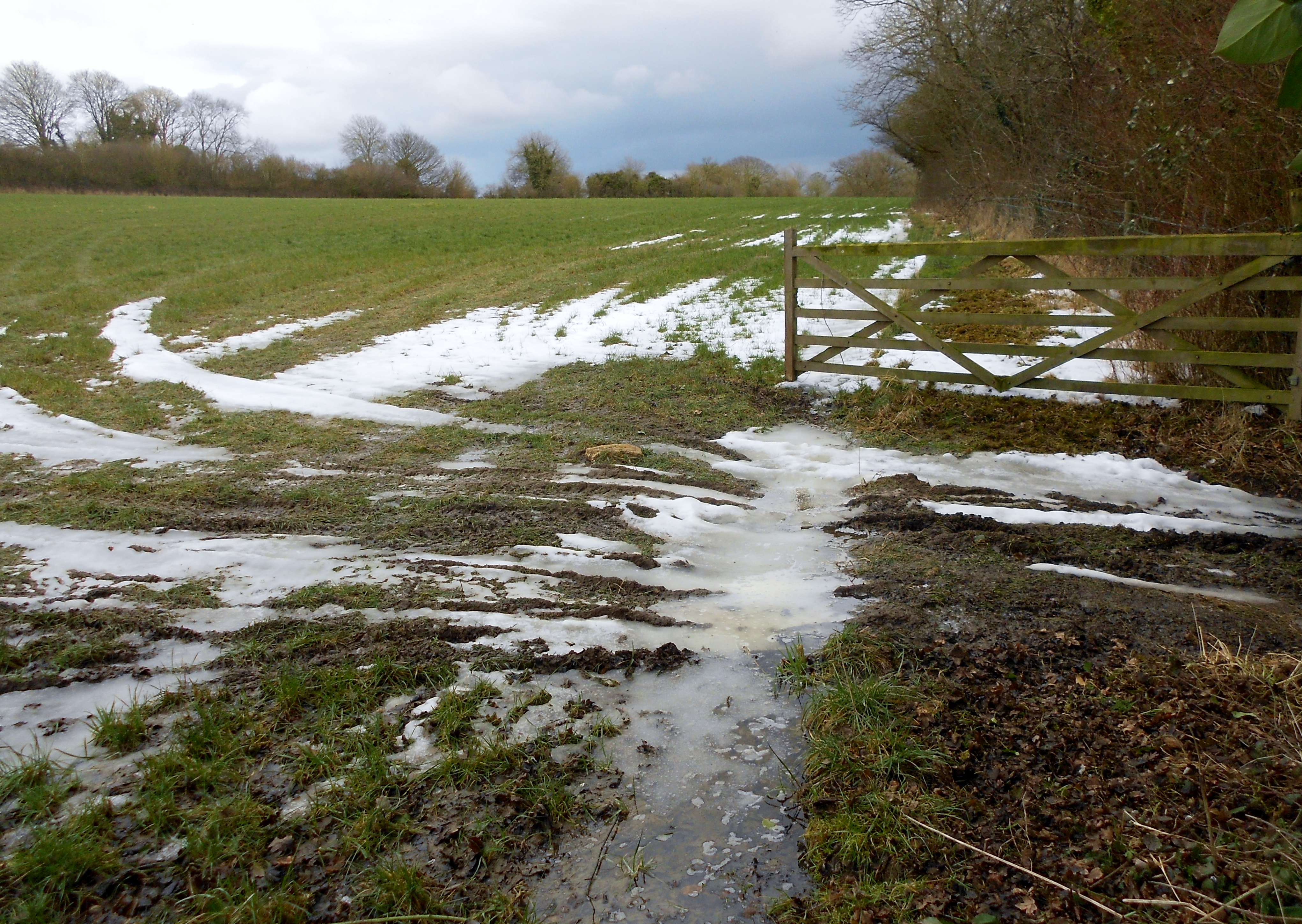
Weather Conditions: Bright intervals, patchy cloud, blue sky deteriorating to icy sleet.
Temperature: 8.5 degrees Centigrade / 47 degrees Fahrenheit
A sudden rise in temperature which signalled a quick thaw was helped by heavy rainstorms from late afternoon yesterday and overnight and miraculously the world is transformed! The impassable roads are open, the gutters are full, streaming with water and clearing dirty, slushy heaps of fast melting snow. All the ditches alongside the path are half full rivulets of gleaming black meltwater from which the thick emerald green moss and blades of harts tongue ferns stand newly washed and glowing. The sound of rushing snow melt fills the otherwise quiet scene as the run off from the fields flood down the embankments and joins the tumbling waters of the stream.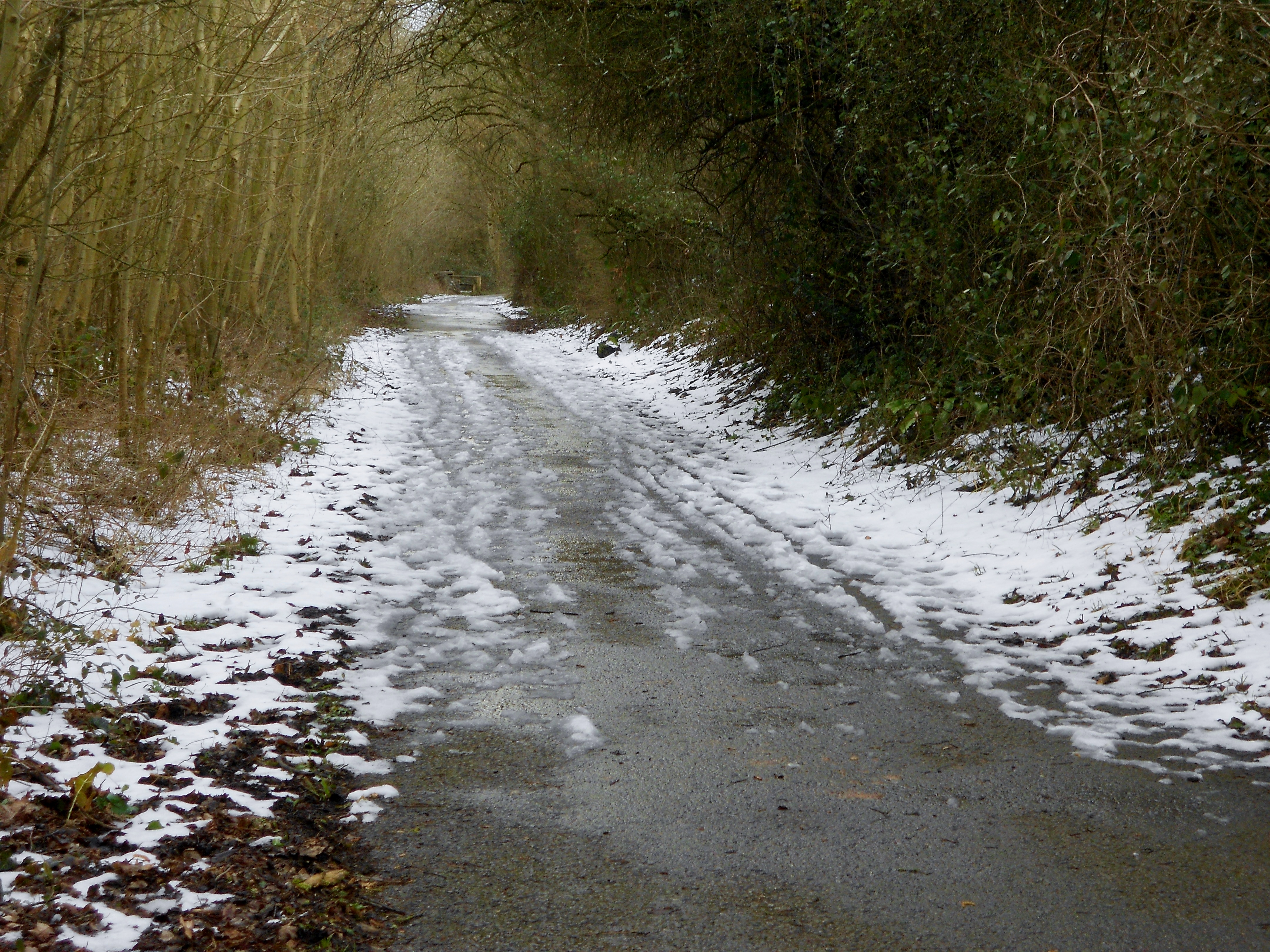
Some parts of the cycle path have only partially thawed and still show faint signs of the recent snowfall, and what had been a path through the woods has now become a new stream, carefully following the twists and turns of the track around trees and shrubs and forming boggy patches in the sodden ground. No sign of roosting raptors now, merely the remains of an old kill, the pheasant feathers bedraggled and torn. Three Buzzards rise slowly, glorious and sublime from a low hedgerow at the edge of the wood, gliding across the field, flaunting their beautiful wing markings – huge, powerful and impressive.
The distressing sight of the mangled trees and shrubs bordering the path show the depressing signs that the contract hedge cutters have been busy, dragging their machine’s robotic flail through old birds’ nests and newly sprouting leaf buds alike, leaving the raw remains of broken snapped branches exposed to the elements and the cycle path thickly strewn with small sharp cuttings and twigs, catastrophic to bicycle tyres and dogs’ paws.
As we turned for home, the dirty sooty looking threatening clouds eventually released their load and we hurried through a sudden squall of yet more icy sleety drenching rain, while jackdaws and rooks called throatily as they flew above us, soon joined by the croak of the raven.
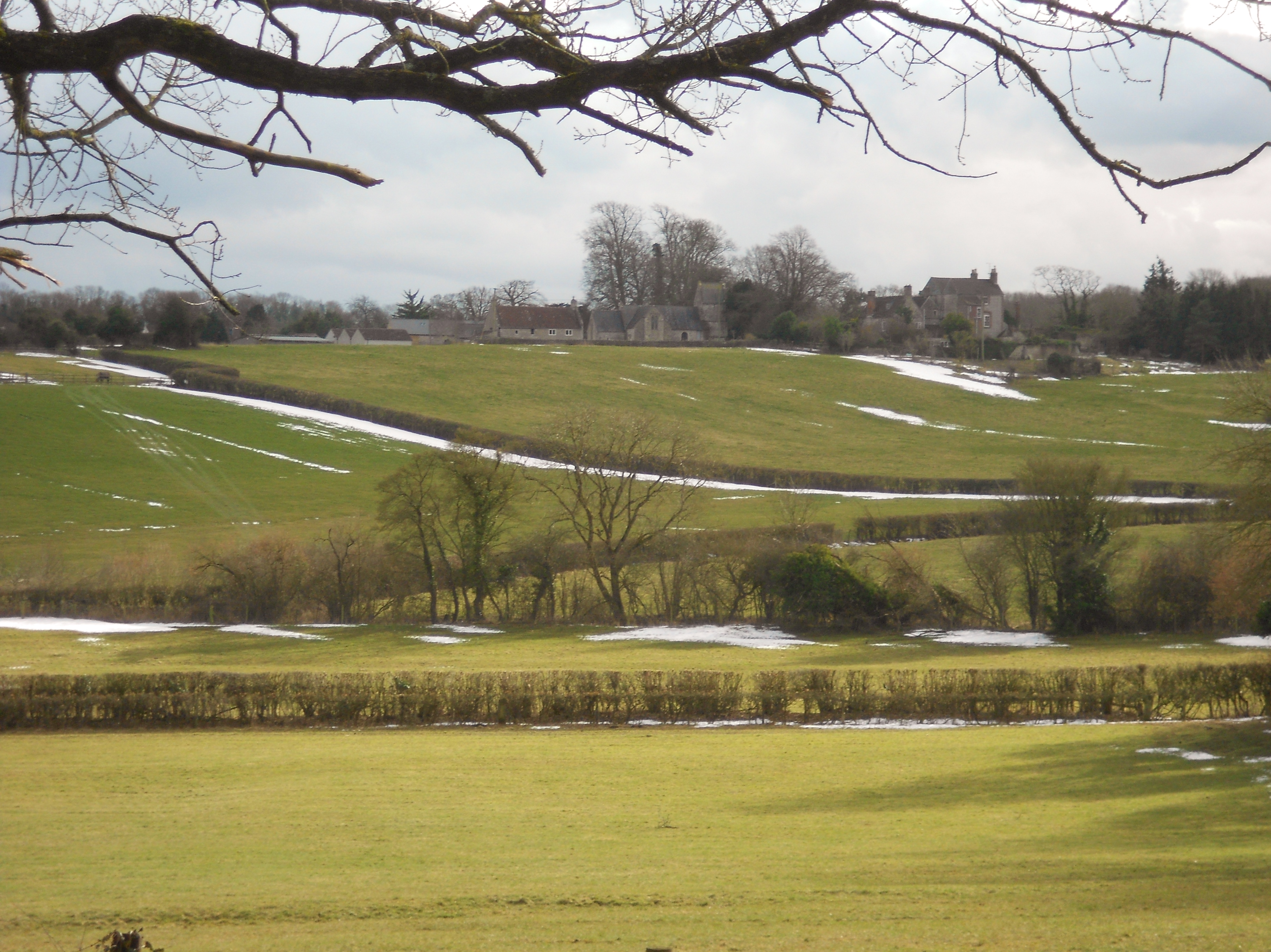
A few fresh and perfect Primrose flowers rising pristine above the soggy ground, a few battered looking Dog’s Mercury and the occasional splash of vivid Scarlet Elf Cup were welcome signs of nature’s resilience to last week’s unseasonal return to winter.
Lots of parents and hoards of children, shrieking, dancing and gambolling along the path, cycling, pushing scooters, each other – jubilantly celebrating their release from nearly a week of sub-zero temperatures and frozen snow. Many walkers, a couple of runners and two cyclists.
Birds:
Great Tit, Coal Tit, Blue Tit, Long-tailed Tit, Robin, Blackbird, Jackdaw, Rook, Buzzard, Raven, Carrion Crow, Pheasant, Wood Pigeon, Lesser Black Backed Gull.
28th February – 3rd March 2018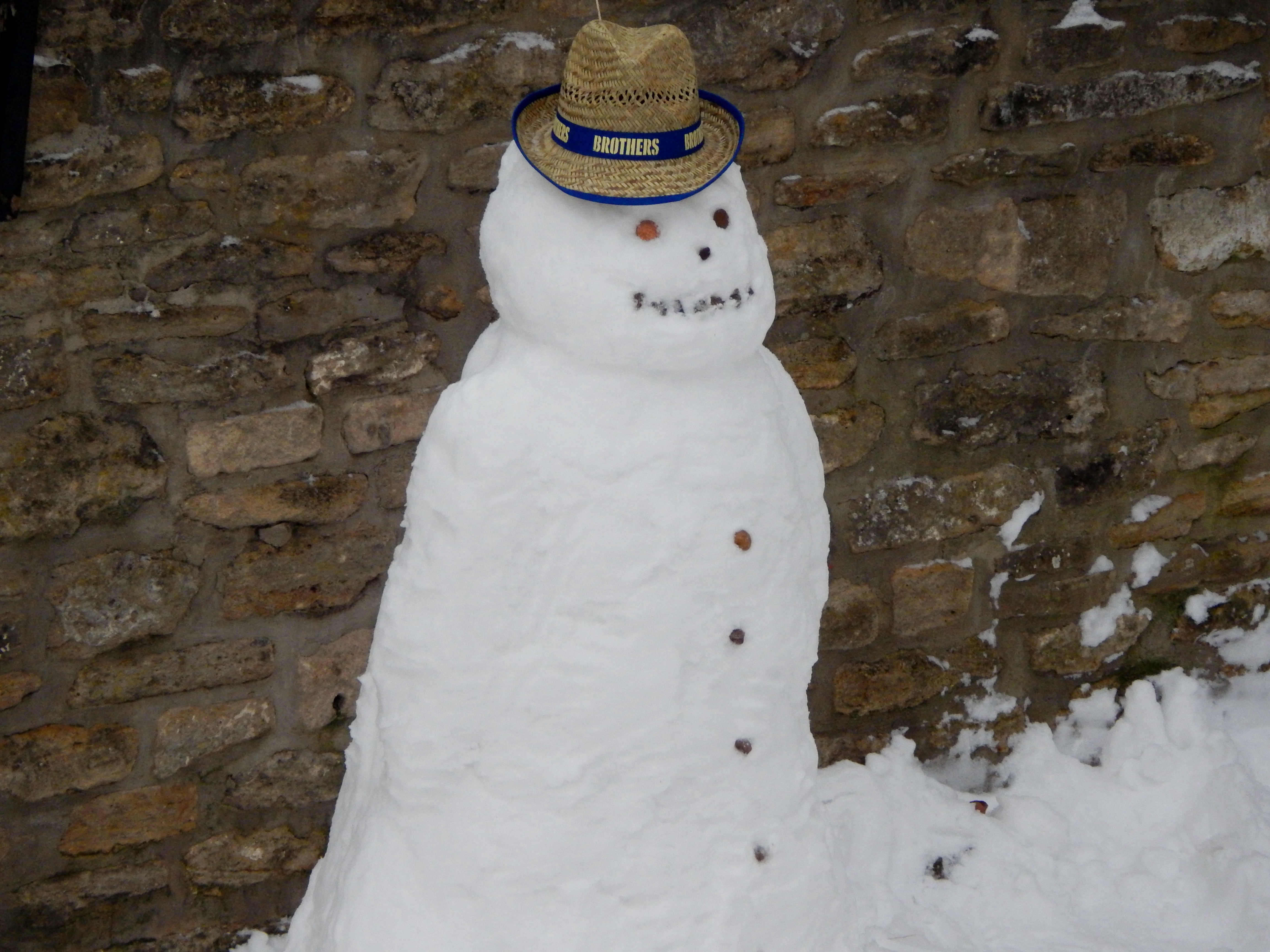
Sub-zero temperatures followed by snow making roads impassable and villages and the cycle path cut off. Testing times for the wildlife along the Way.
Today is World Wildlife Day a day for celebration but which makes this article in The Independent newspaper even more disturbing reading : UK’s Favourite Wildlife It also reinforces just how important a resource wildlife corridors like Colliers Way route 24 is in providing suitable habitats for a wide variety of diminishing and threatened species like the Hedgehog, Nightingale, Skylark, Corn Buntings, Tree Sparrows, birds of prey and butterflies.
It is sad to realise that the publication of Silent Spring more than fifty years ago did nothing to reverse this disastrous drive which has been so devastating to wildlife and we can only hope that this new book Dead Zone will be more successful in turning the tide.
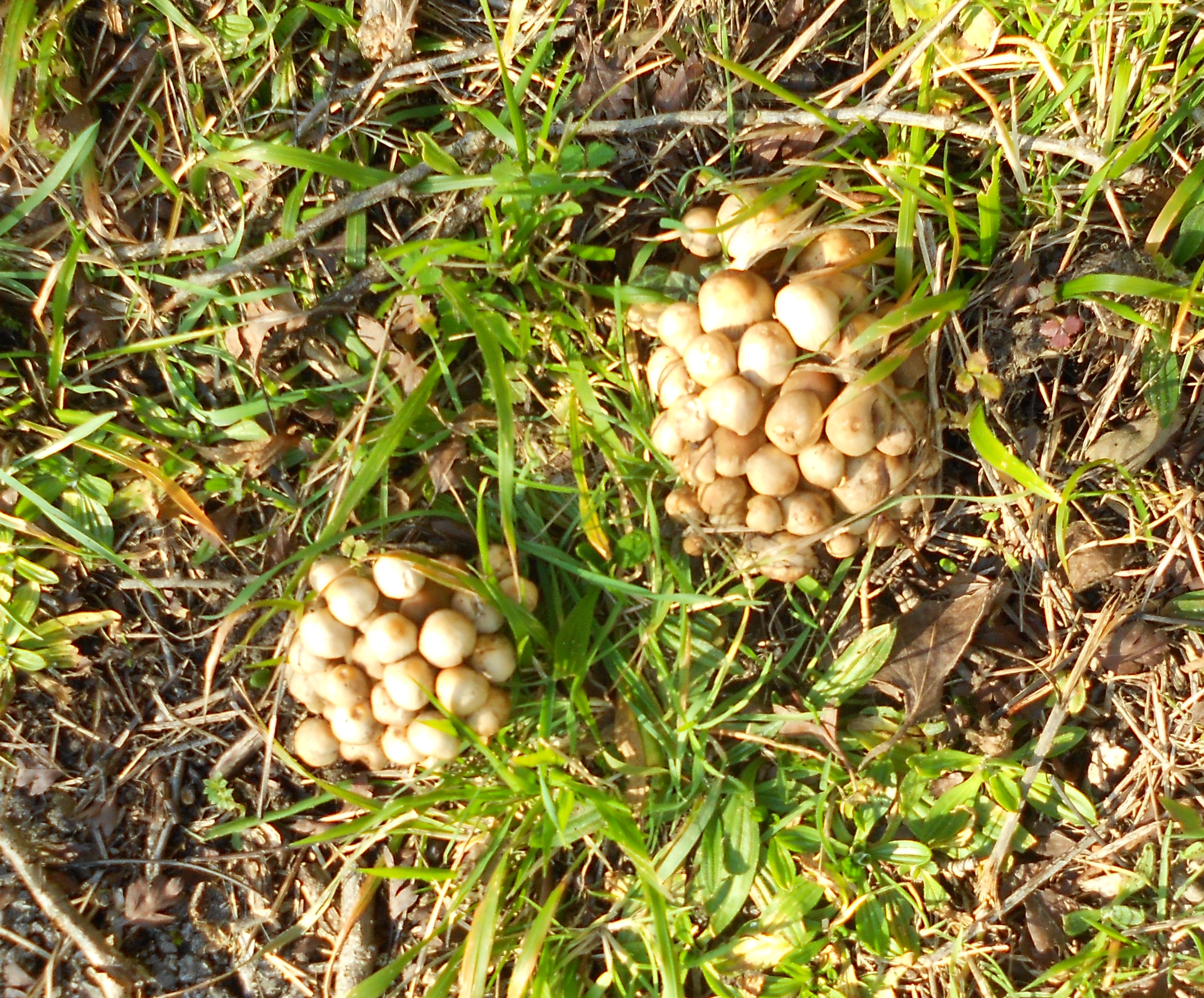
Clustered Brittlestems (Psathyrella multipedata) – Many thanks to John Harris for identifying this fungi for us. Visit his brilliant website for further information – mushroom diary
20th February 2018 3pm – 4.30pm
Weather Conditions: Sunny, fair weather clouds.
Temperature: 9-8 degrees Centigrade / 48-46 degrees Fahrenheit
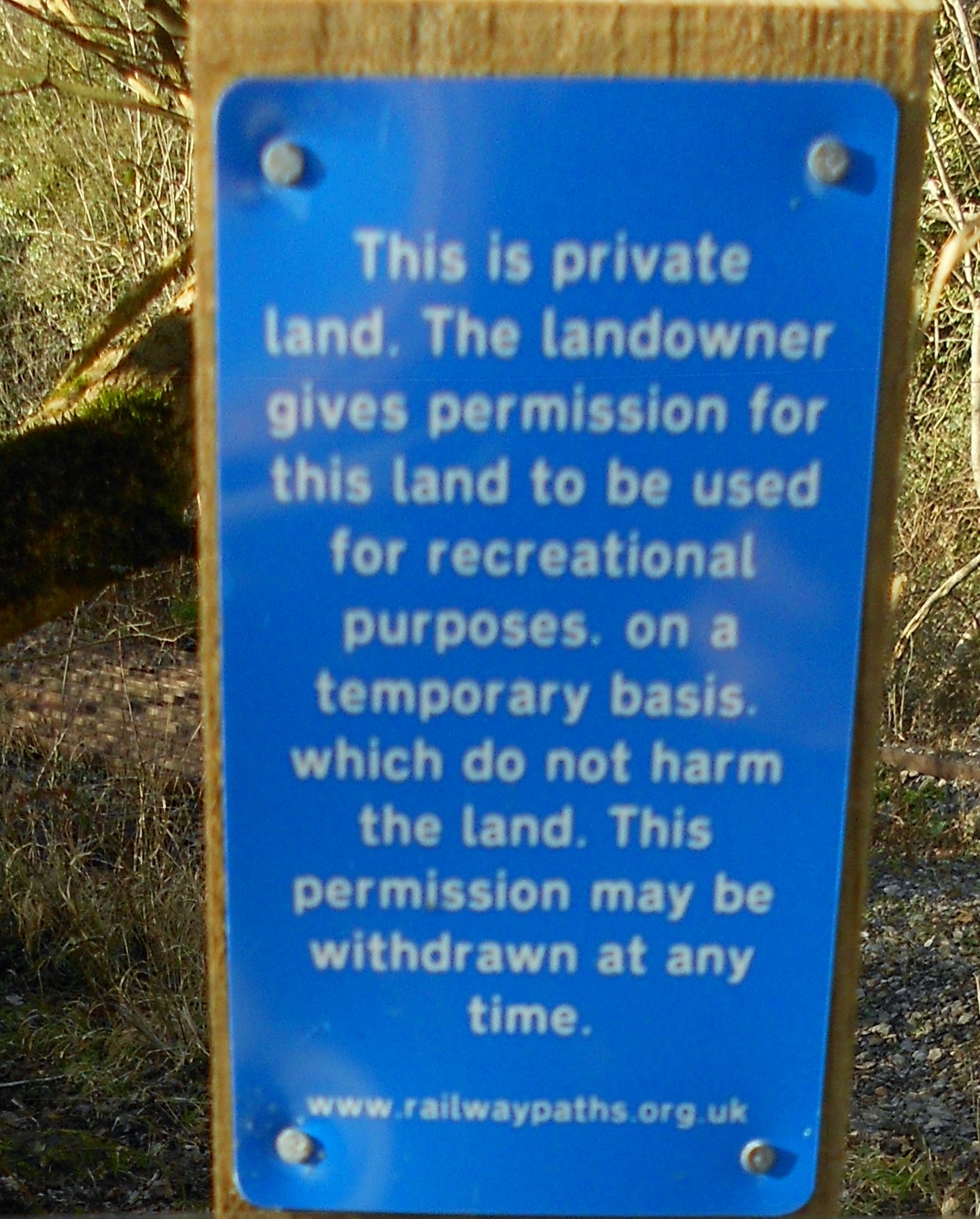
The path was bathed in warm sunlight and protected from the wind so it felt quite spring like walking along the dappled path and standing watching the hordes of Tits, Robins, Wrens and Bullfinches trilling and chattering as they streamed through the trees, back and forth across the path with their non-stop twittering.
The stream, gin clear and surprising deep in places, confirming that we have had a period of high rainfall as well as cold days. As we walked deeper into the wood, we were surrounded by birds in full voice, echoing between the trees, heralding the spring, accompanied by the gurgling and bubbling of the stream.
From the beautiful rich melodic songs of the Blackbird and the Song Thrush to the squawking Pheasants and penetrating clacks and wheezing and calls of the Rooks and Jackdaws, that wonderful winter sound. Lovely to see the first of the spring flowers beginning to open and to watch a Buzzard swoop down and join its mate roosting dozily on a low branch, before it rose majestically into the sky and continued its hunt. Unlikely sighting of a Heron hunting the stream, rising slowly with leisurely flaps of his huge wings as we arrived and being joined by a small flock of Field Fares who had been searching the field for food
A few cyclists, one runner, no other walkers – quiet, peaceful and serene!
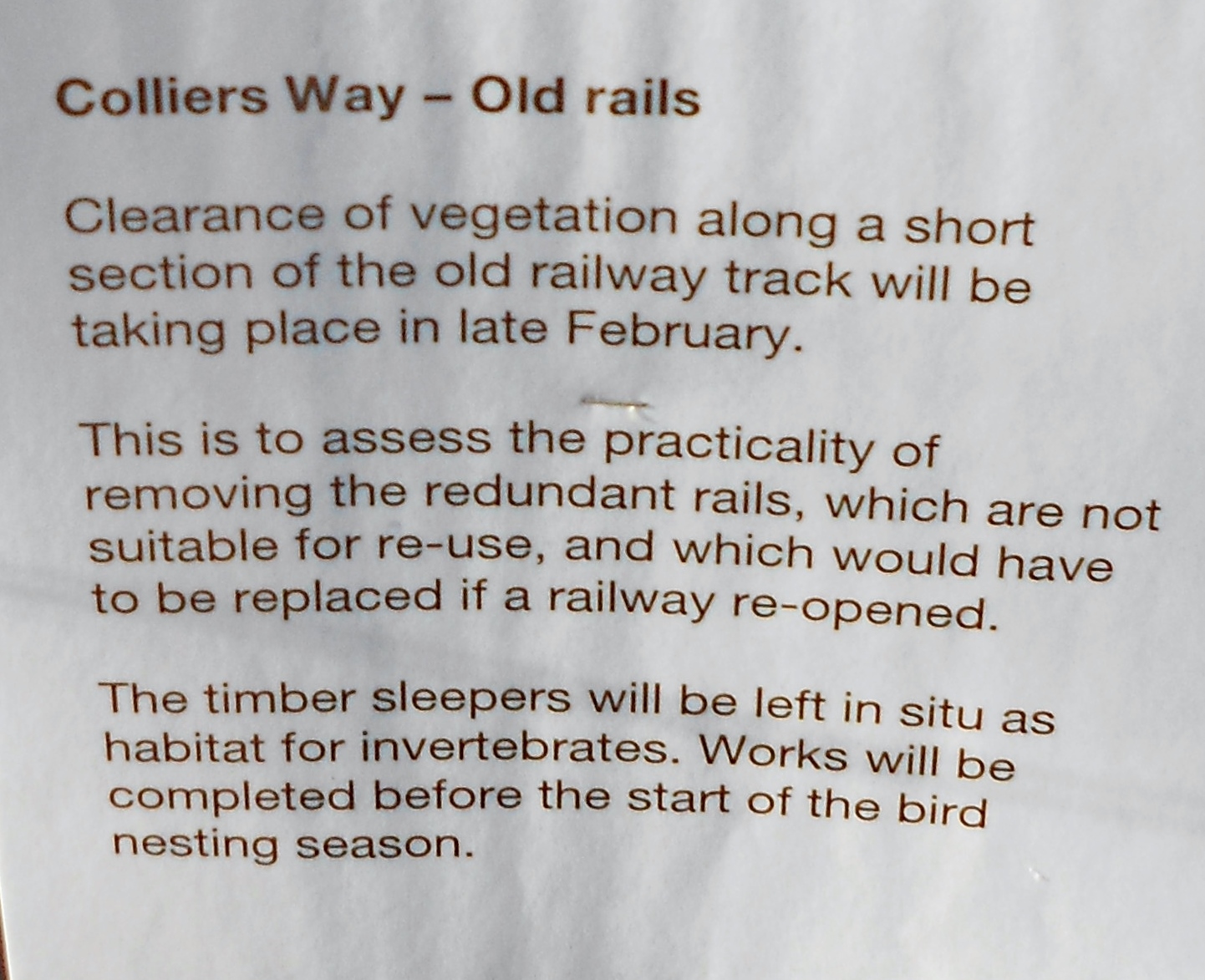
Sustrans are busy clearing around the old railway tracks.
Birds: Heron, Buzzard, Song Thrush, Bullfinch, Robin, Wren, Dunnock, Long-tailed Tit, Blue Tit, Great Tit, Blackbird, Field Fare, Jackdaw, Rook, Magpie, Raven, Gull, Carrion Crow, Wood Pigeon, Pheasant. Plants: Primrose, Dog’s Mercury, Lesser Celandine, Daisy, Dandelion, White Deadnettle. Fungus: Scarlet Elf Cup, Clustered Brittlestem.
15th February 2018 1pm – 2.40pm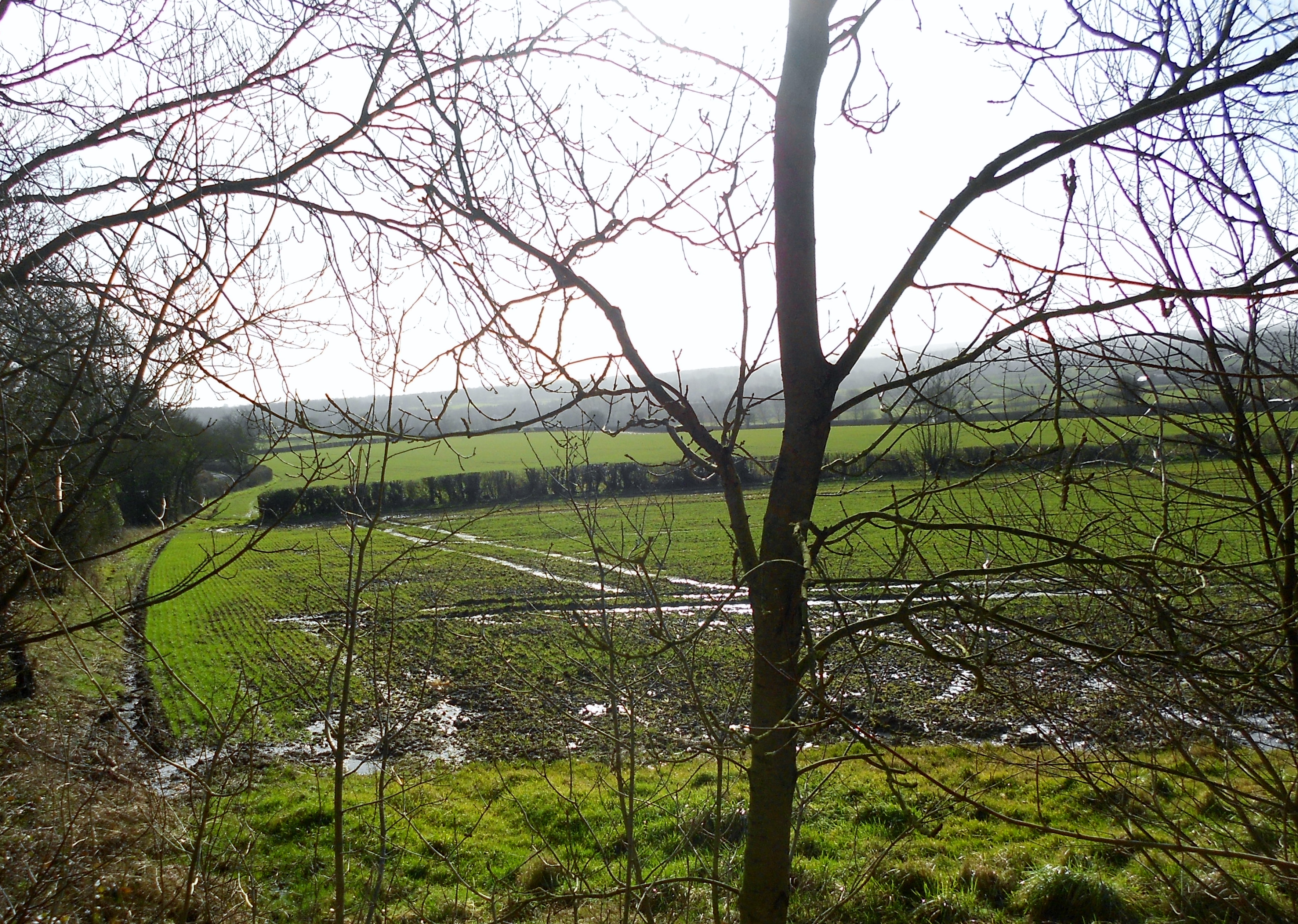 Waterlogged Fields
Waterlogged Fields
Weather Conditions: Intermittent sun and scudding clouds darkening as we walked; bitter wind.
Temperature: 7 – 6.5 degrees Centigrade / 44 – 43 degrees Fahrenheit
Cold and sunny with a strong south westerly wind driving the rain clouds closer until we caught the edge of a hail storm, the icy drops cutting our faces and making our ears hurt. How heartening then to see first a single flower on a Violet plant, its purple bud just on the point of opening, a brilliant yellow bud of a Celandine, one spray of pristine white flowers on the Blackthorn, lots of Dog’s Mercury green-yellow flower heads filling their stems and a blood red female flower on the Hazel about to burst – despite the weather, Spring cannot be far away.
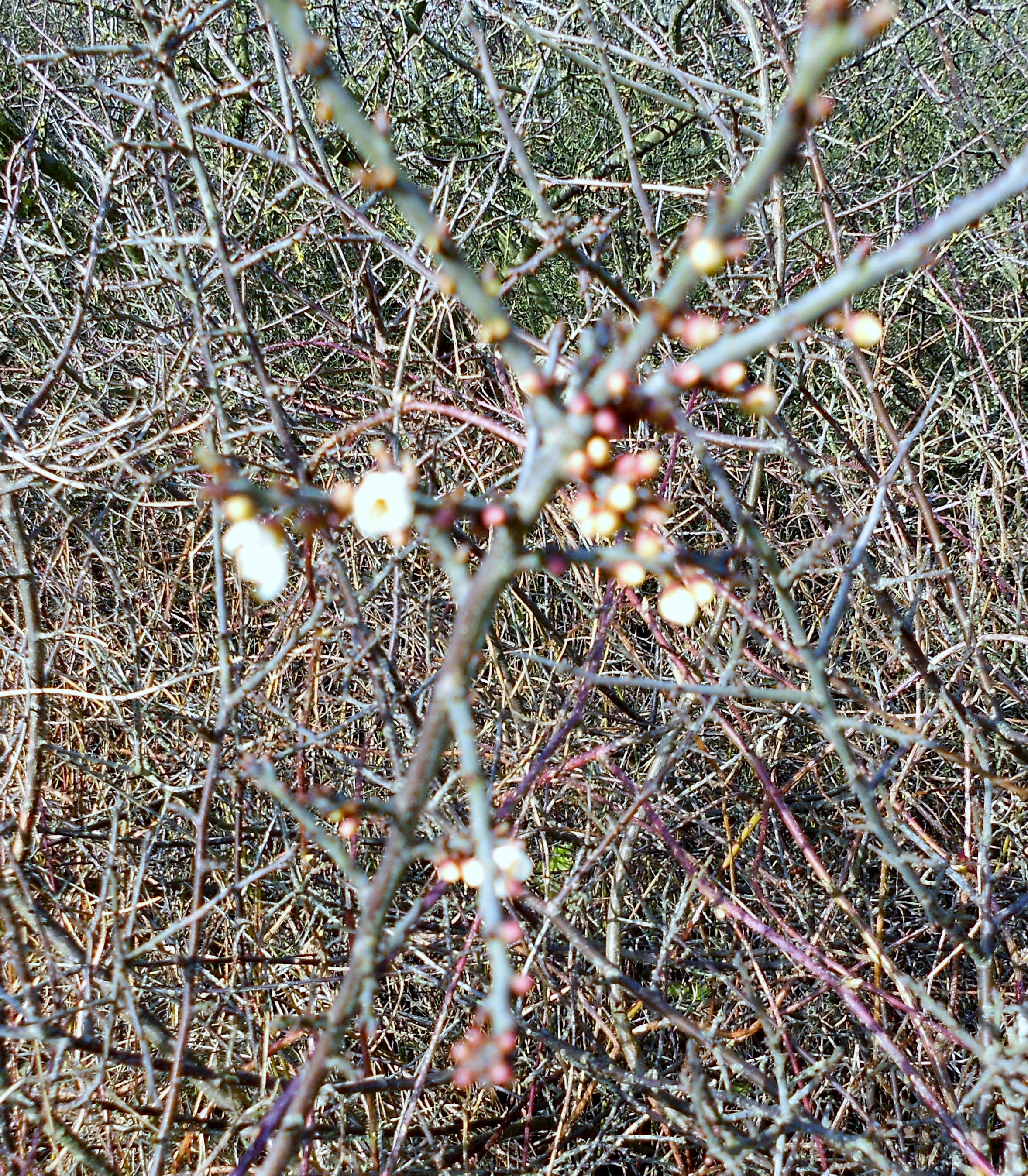
As we arrived on the path, we were met by three Ravens, playing in the wind, calling out as they flew over. Flocks of Jackdaws and Rooks hunted across the sodden fields and a single Song Thrush welcomed the brief spell of sunshine by singing lustily from a stand of trees. A party of at least a dozen Chaffinches flashed past, Bullfinches busied themselves amongst the emerging leaf buds and Great Tits and Blue Tits flitted from branch to branch, constantly on the move amid Blackbirds and Robins. As the weather worsened, first one, then two, then three flocks of Redwings and Fieldfares streamed across the path above us and disappeared into the fields beyond, chuckling as they went.
It is Half Term so there were small boys on bikes and small girls on scooters with parents and grandparents, lots of walkers with dogs, runners and cyclists all attempting to catch a spell of dry weather after yesterday’s torrential rainfall.
We chatted with an older couple from Coleford who were surprised not to hear any Great Spotted Woodpeckers as they had been hearing them drumming away every morning for nearly a month close to their house. We had certainly heard both Great Spotted and Green Woodpeckers along the path in the first week of February last year.
We met another couple from Peasedown St John who had a Google app on their smart phone and were able to distinguish a Mistle Thrush farther down the path and they had also seen lots of Long Tailed Tits near the puzzle bench. They showed us pictures on their phone of the small lake towards the Kilmersden end of the path and recommended the village pub there, the Joliffe Arms, as a good stopover for lunch. This is the pub with the brass plaque in the shape of a shield attached to the wall displaying the phrase “IN 1832 ON THIS SPOT NOTHING HAPPENED”.
As we trudged back along the path, cold to the marrow from the driving, freezing, cutting wind, we watched the huge black menacing rain cloud being blown across the sky, revealing the sun at last. Just before we reached the end of the walk, as the sky became a deep Reckitt blue and the whole scene was bathed in bright winter sunshine, we began to feel some sympathy with the writers of the 1832 brass plaque.
7th February 2018 – 10.45am – 12.15pm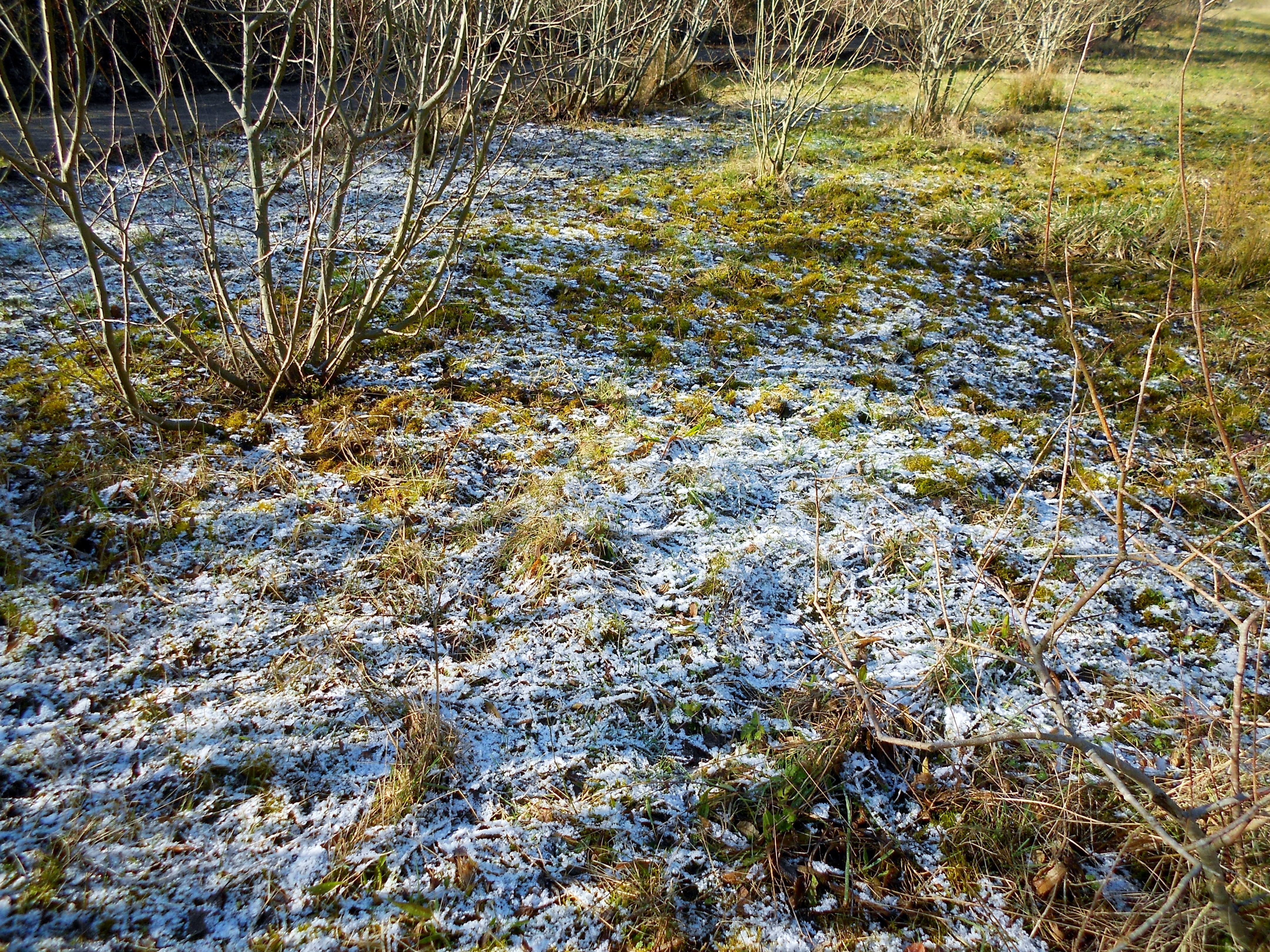
Weather Conditions: Full sun, biting wind, crisp with clear blue skies and thick hoar frost.
Temperature: 1.5 – 4.5 degrees Centigrade / 34.7 – 40.1 degrees Fahrenheit
Brilliantly clear, cold and crisp – a perfect winter’s morning walk. The icy wind cut our faces thus encouraging us to set a brisk pace in an attempt to keep warm.
A couple of men from Sustrans were hard at work shovelling and clearing the edges of the cycle path. Over the past weeks they have been steadily working their way from Great Elm; it’s a back-breaking job which according to the men will only last a couple of years before the earth and grass begins to edge farther and farther onto the path, eating up the space left for cyclists and walkers. Their work covers large areas of the South West but they have a particular liking for this stretch of Colliers Way as everyone they meet is so friendly, including the local farmer from Mells Down who had offered to help by clearing the edges with his JCB. All of us who use the path are very grateful for their hard work keeping the path cared for, none more so than the Robins, Dunnocks and Finches hopping around, pecking at the newly turned earth, searching for juicy morsels on such a freezing cold day.
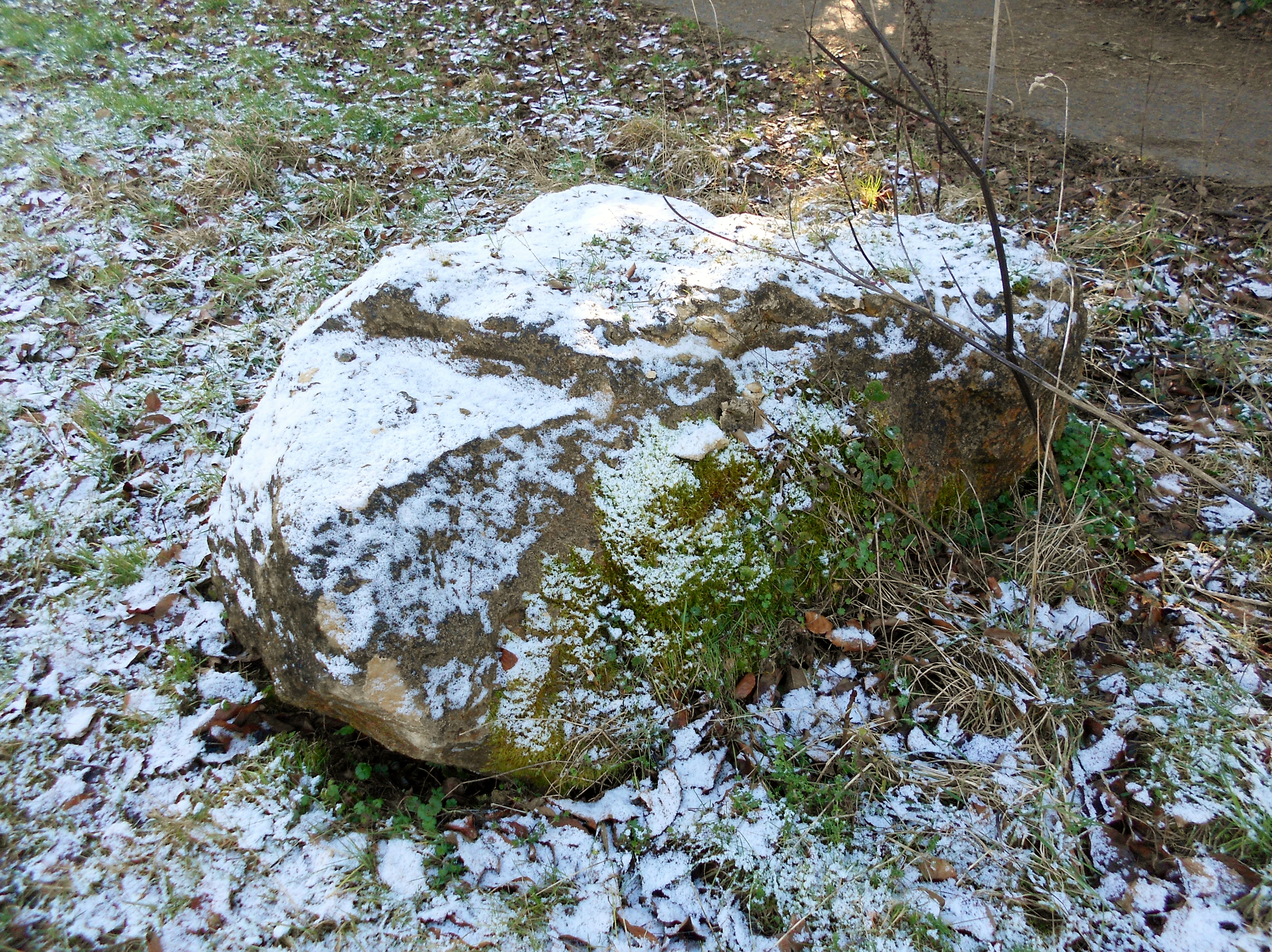
As we arrived, a huge cloud of several hundred Rooks, Crows and Jackdaws rose en masse from an area of standing corn where they had been feeding, soared and swirled, flocking across the fields towards the mature trees strung along the hedgerows where they spiraled around before settling to roost and preen.
All the birds were very busy today hunting and foraging amongst the branches. Parties of finches including several pairs of Bullfinches, Chaffinches, a Goldfinch flashing his beautiful scarlet faces and yellow wings, lots of Blue Tits (several pairs) and pairs of Great Tits, and a few Wrens. Every few yards it seems a tree supports a Robin, shouting lustily at each passer-by, Blackbirds and Wood Pigeons were busy among the trees and we could hear the Pheasants squawking whilst strutting the adjoining fields, hopefully avoiding the frozen puddles. The same clumps of primroses which have been flowering since Boxing Day are still in full flower as is the occasional Dandelion.
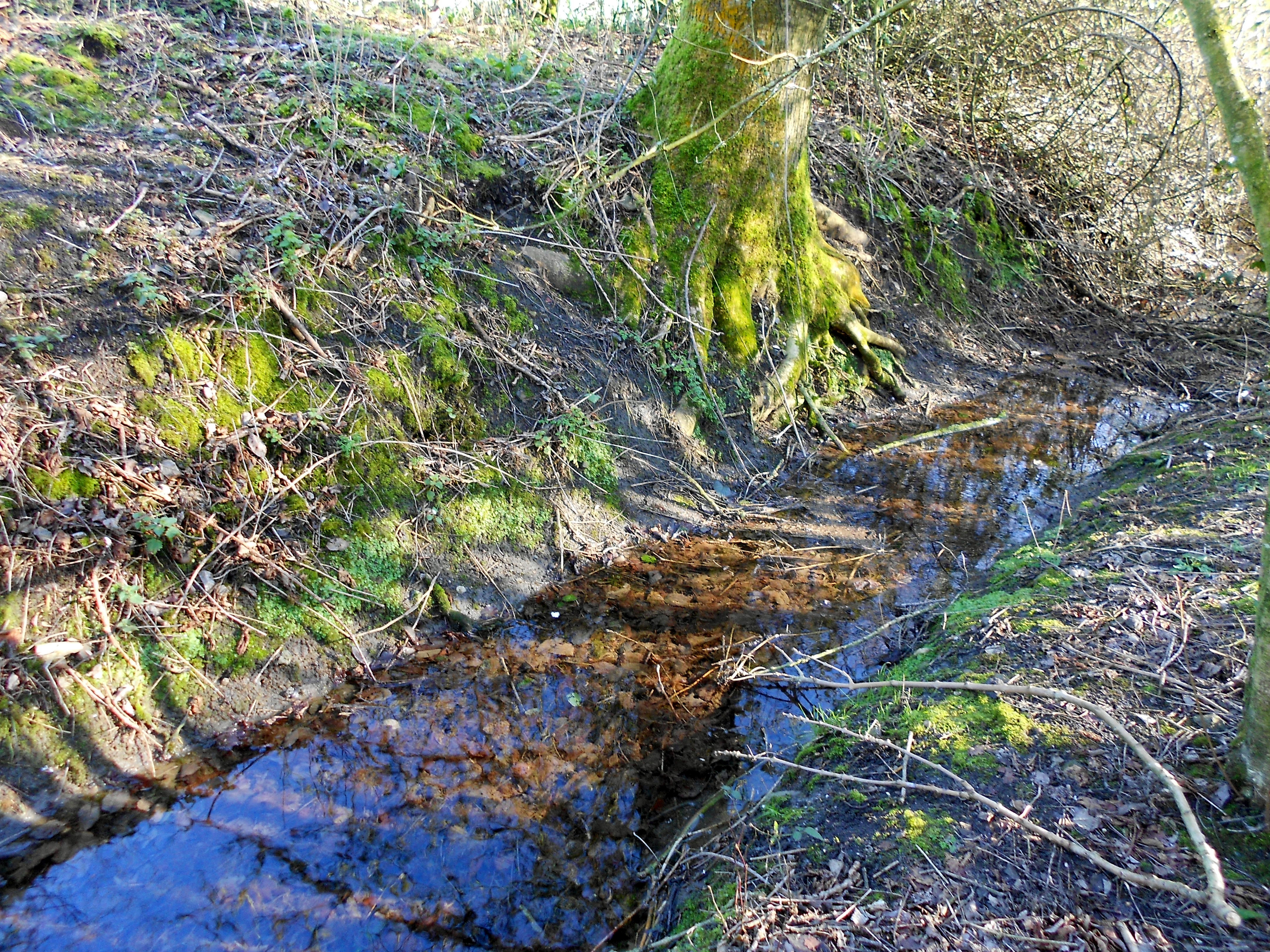
The bank above the shallow watercourse is pitted all along its length with rabbit holes which are hidden most of the year by thick plants and undergrowth but are exposed during winter. The farmer’s field beyond the hedge at the top of the bank is where we see dozens of rabbits feeding in spring and summer although they are nowhere to be seen at this time of the year.
The hedgerows which line the path and embankment the length of Colliers Way with their mixture of deciduous trees and shrubs are a haven for wildlife and luckily appear to support a good number of hedgehogs from what we have been told. This is very heartening as a report published today shows a pretty catastrophic decline in hedgehog numbers in rural areas, a plunge of 97% since the 1950s and plummeting by more than half since the year 2000. It is astonishing how far they roam according to the same report – a single hedgehog travels as much as 1-2km a night in search of food and usually ranges over an area of 10 hectares (24.7 acres). The 23 mile long hedgerows, banks and scrub of Colliers Way must offer rich pickings for hungry hedgehogs!
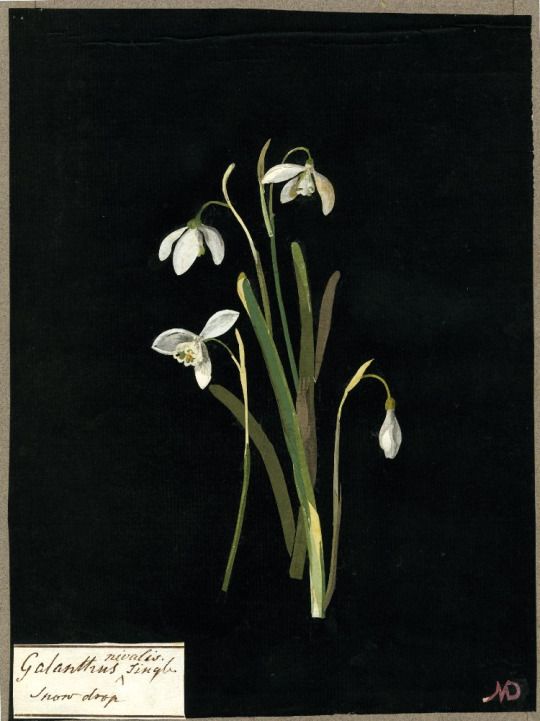
1st February 2018 – Imbolc
31st January 2018 – Blue Moon?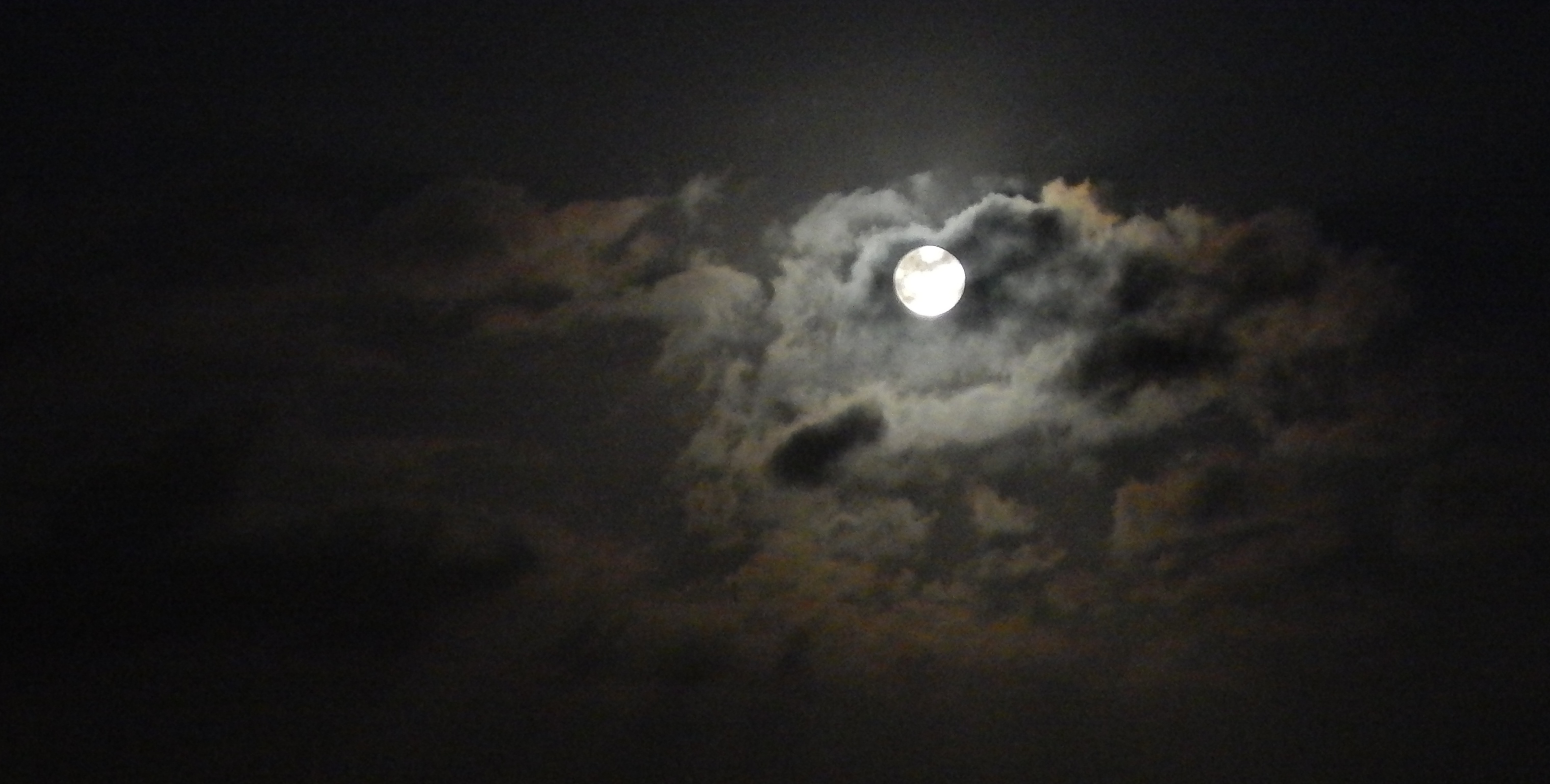
28th Jauary 2018 – 2.15pm – 4pm
Weather Conditions: Grey overcast skies, strong wind, fine drizzle, occasional bursts of weak winter sun.
Temperature: 11.5 degrees Centigrade / 52 degrees Fahrenheit
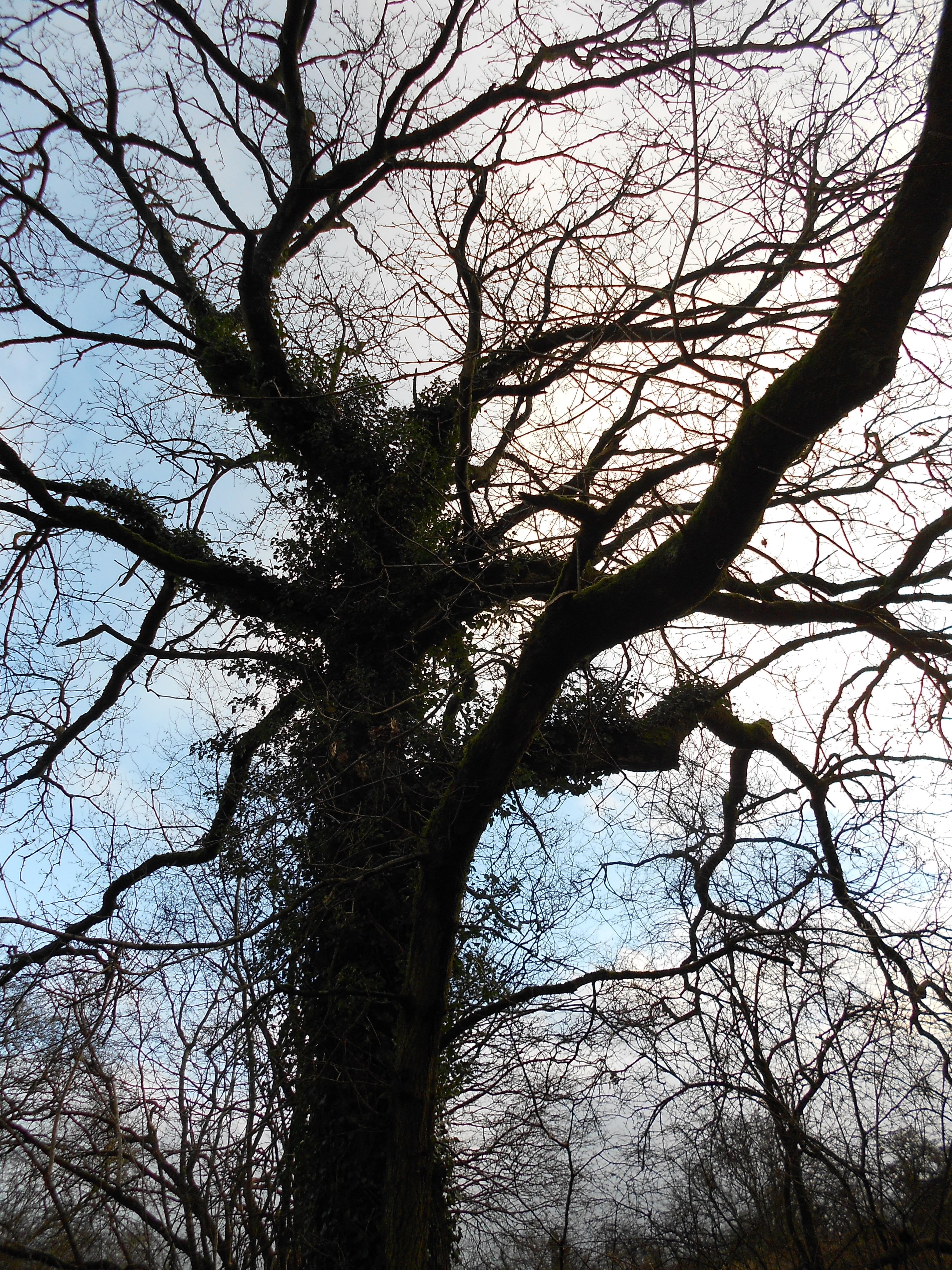
A large flock of wood pigeons appeared high over the path, tossed like autumn leaves across the sky by the strong south westerly wind and we were glad to reach the protection of the trees, away from the wind which, despite the mild temperature was pretty chilly. We heard two Jays arguing vociferously and noisily as we passed, perhaps over prey, whilst numerous Robins shouted their defence of their territory, Chaffinches pinked, a Nuthatches sharply called, a Blackbird sent out his alarm call, alerting all to our presence, while Buzzards mewed constantly overhead announcing it was mid-winter in the woods lest we had forgotten.
On the ground in amongst the trees on both sides of the path there were many clumps of clover and lords and ladies, (arums) poking through between repeated groups of scattered feathers, mostly wood pigeon, showing where birds of prey had enjoyed their feasts and one clump of hen pheasant feathers on the bank below the badger setts, possibly a fox’s leavings after he had eaten his fill. Many, many more new plants, nettles, herb robert, ground ivy appearing on the edges of the path and new leaves bursting out all along the trailing honeysuckle.
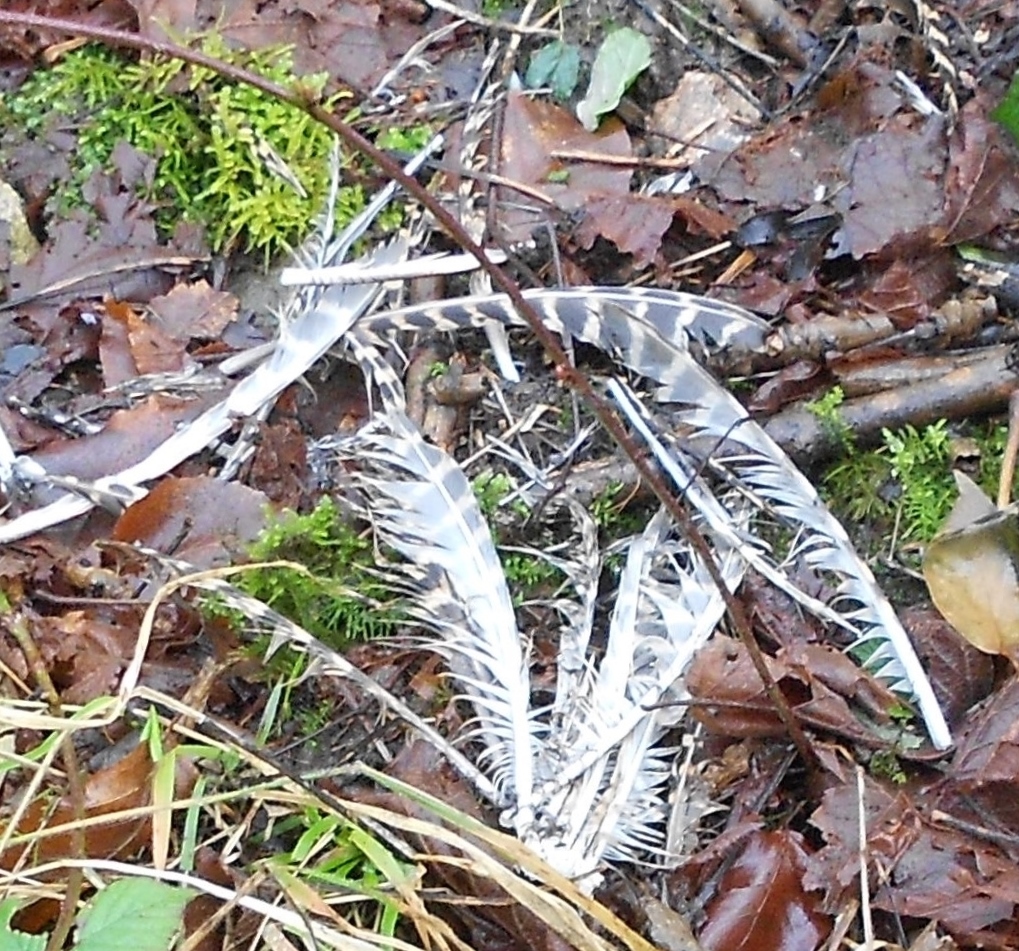
It was extremely disturbing to see a large thick branch, some 7 to 8 feet long, thrust into one of the Badger setts and boot prints and skid marks descending the bank. Even though there have been calls by the police in some parts of the country to repeal it, the Protection of Badgers Act is still in force (notwithstanding the licensed Badger culls presently operating) and it is still illegal to kill or injure them.
Many of the animal scats of fox and badger contained tiny bones and some squirrel, bank vole and roe deer droppings were pale from ingested wood bark, the exposed yellow heartwood on logs and the base of trees clearly showing signs of their hungry winter gnawing. Netted Crust fungus encrusting the dead Ash branches and more and more Scarlet Elf Cap fungus seemed to have appeared almost everywhere this week, looking like splashes of new blood, vivid amongst the dun coloured gloom of the rotting leaves and moss covered fallen branches.
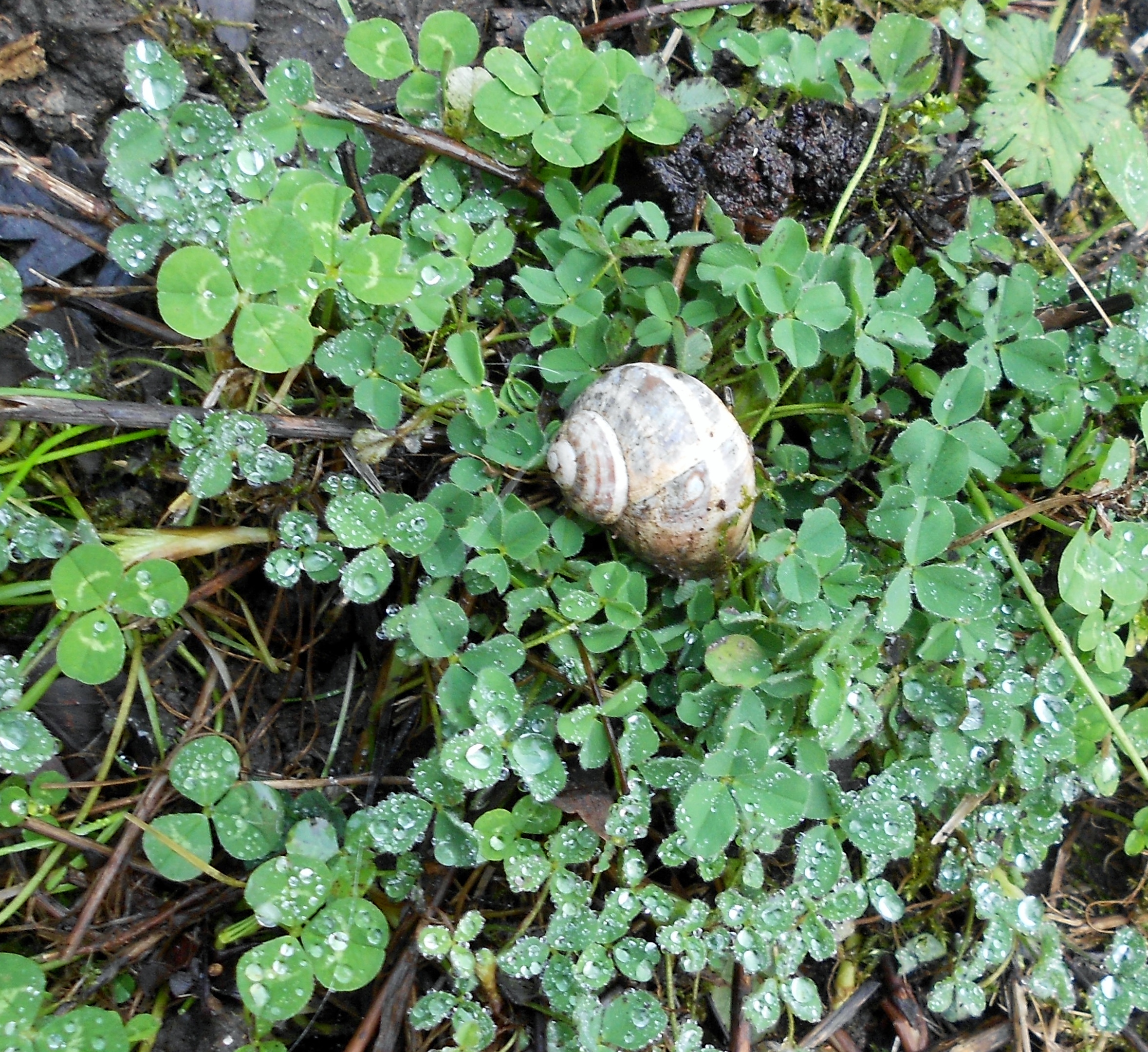
As we walked farther down the hill we came to the meadows bordering the cycle path where the rooks, jackdaws and crows noisily caw and chatter as they swoop from one field to the next, up to the line of trees and back, constantly on the move. Magpies and Blackbirds swoop across the path and two Song Thrushes, the first at one end of the walk clearing his throat and singing rather diffidently after the silent months of winter, the second at the other end of the path in good voice and performing lustily. The sky began to clear revealing pale blue skies, peachy clouds and rays of sunshine shedding a golden light on the bare branches of the trees – a beautiful winter’s afternoon.
A good number of walkers; a few cyclists and runners.
22nd January 2018 – 1pm – 2.30pm
Weather conditions : Very breezy and dry with occasional bursts of sunshine.
Temperature : 7-8 degrees centigrade / 46-48 degrees Fahrenheit
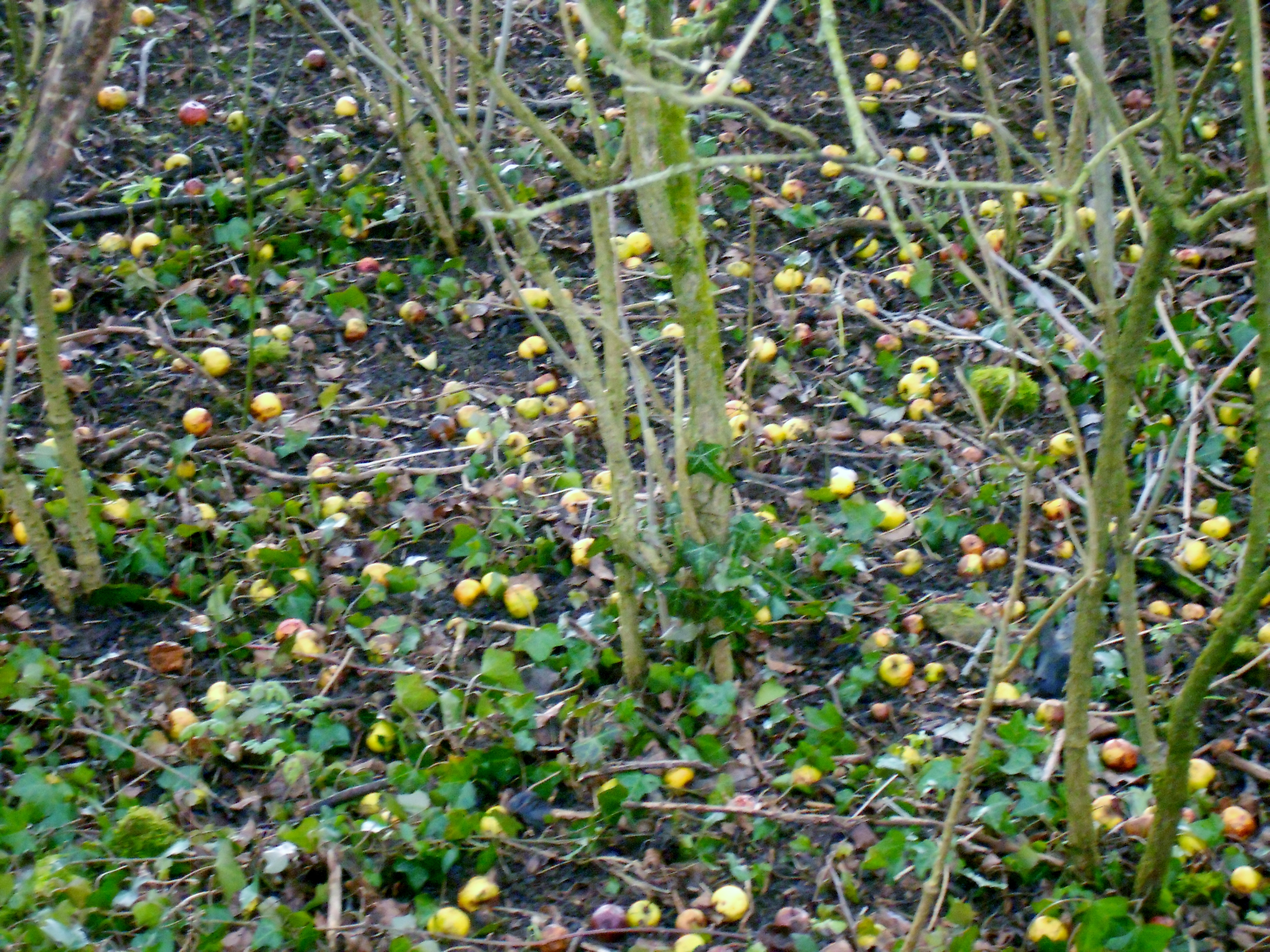
Fresh and clear with sunny periods and rain clouds building on the horizon, it was good to get out after days cooped indoors by incessant rain. The ground was sodden, with standing water in most fields and the stream was full and fast flowing.
There seemed a good number of birds about, uncountable numbers of Robins being very talkative from their field posts and perches along the Way, Chaffinches, Blackbirds, a Crow, Raven and Buzzard and a great flock of Jackdaws, Rooks and Wood Pigeons flying overhead. The primroses were still blooming, half a dozen plants of white dead nettles in bloom, one hogweed and a single dandelion were the only flowers, although the hazel catkins were now more than three inches long, showing yellow but with no sign of pollen. Extraordinarily, the Botanical Society’s New Year’s Day Plant Hunt survey found 532 plants in flower (75% of which were late flowerings) although about 80 less than the bonanza of last year, still a huge amount.
Lots of windfalls under the crab apple tree, a good feast for animals, birds and insects now that food is growing scarce Interestingly a wood will often have just a single crab apple tree as they are solitary when growing in the wild. Next to the crab apple an ivy smothered elder tree and its fallen branches were strewn with jelly ear fungus.
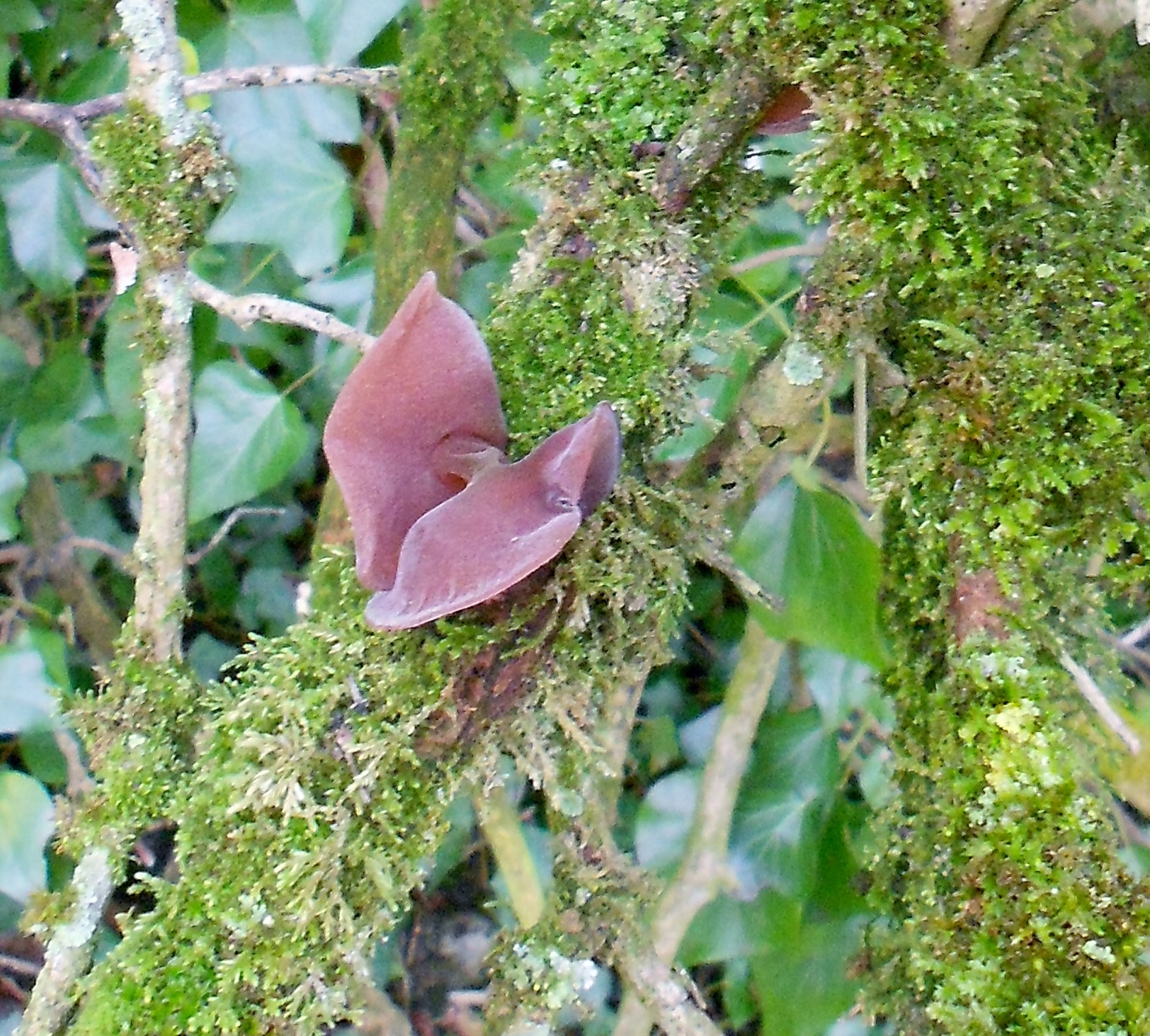
We luckily chanced upon Andrew, a keen ornithologist from Frome who has an ncyclopaedic knowledge of the industrial heritage of the area. He had walked the path from Frome to Radstock and was on his way back after enjoying a good morning’s sightings, having seen all the finches including Chaffinches, Goldfinches, Bullfinches, flocks of Greenfinches and a rare sighting of a Hawfinch. Great to hear of flocks of Greenfinches given the Greenfinch is one of 28 species showing significant population declines of more than 50% over long-term periods of 31–48 years and a rapid decline by 59% in just ten years according to the recently published 2017 BirdTrends report.
Andrew thought that the increased number of finches was as most of the Redwings and Fieldfares have moved on due to the scarcity of berries, this has allowed the finches to move in and hoover up what remained. We all noticed the early fruiting last summer and that many of the berries, in particular the haws, had shrivelled and dried before the Redwings and Fieldfares arrived, providing poor autumn and winter pickings.
He had also seen a pair of Skylarks singing high overhead, unusually for this time of the year, but the incident which struck him most was the sight of two Magpies trying to rob a Sparrowhawk of a Blackbird it had caught and was in the process of eating. The Blackbird was alive and trying to escape as the Sparrowhawk held it, still pecking at it, while fending off the attacking Magpies; when he walked on they were still squabbling and fighting it out and the poor Blackbird was still alive. He thought the Sparrowhawk must be one of the resident pair nesting in the woods near the bridge and was most likely the same one who left the woodpigeon feathers in the tree which we had seen last week.
A most enjoyable afternoon’s walk, the blustery wind banishing our megrims and the cold quickening our step to brisk! Busy with lots of cyclists and walkers and one runner.
14th January 2018 / 2.20pm – 4.03pm
Weather Conditions: Cloudy, cold – quiet and still
Temperature: 4.5 degrees Celsius / 40 degrees Fahrenheit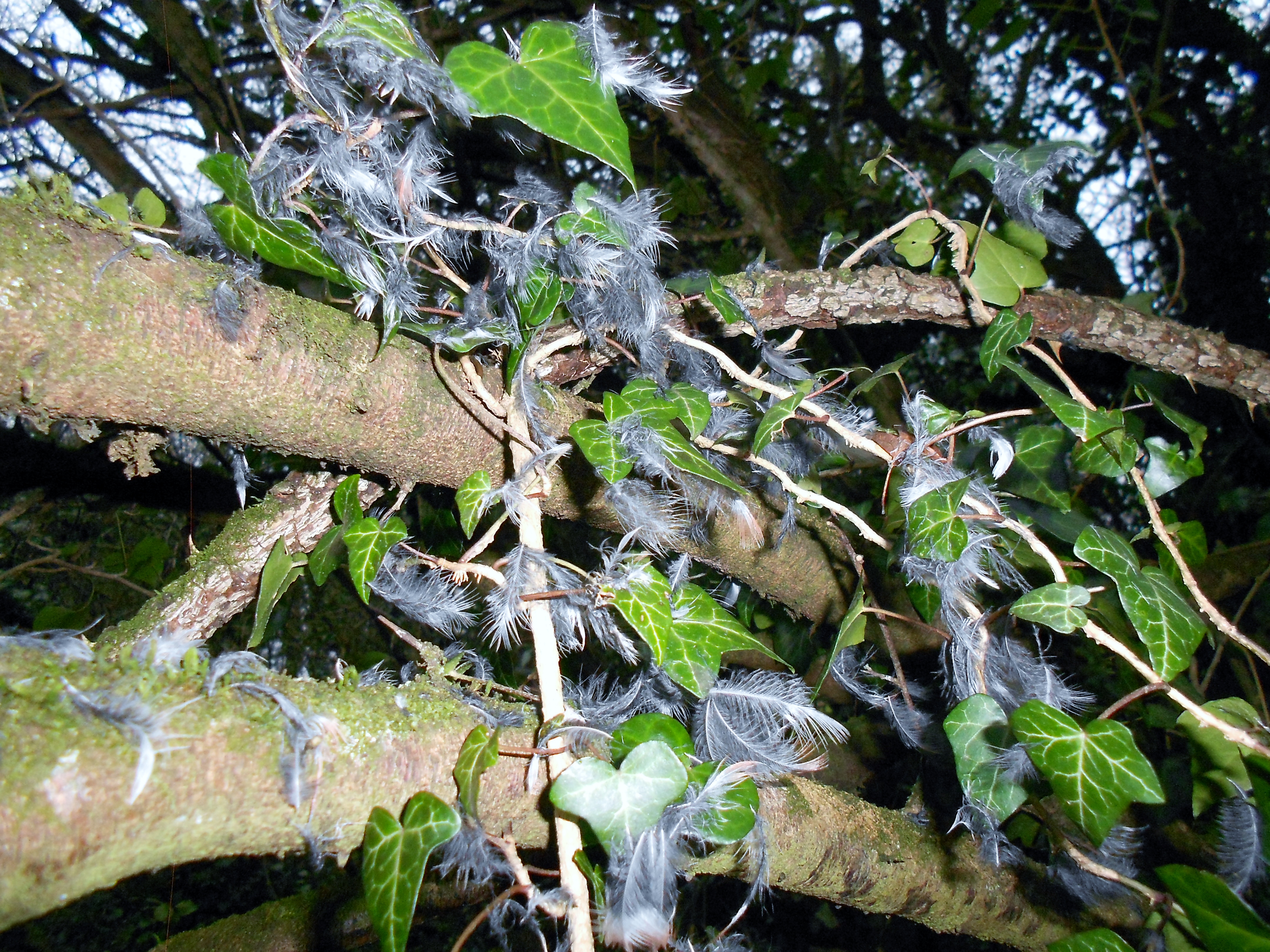
A misty, gloomy afternoon, damp and chill and as we walked up the section of the cycle path between the high hedges and the embankment, we were inundated by thick clouds of midges, far more than we have ever seen before, .
We explored the small wood between the deep, fast flowing stream and the rough pasture dotted with trees which were full of bullfinches, blue tits, wood pigeons, fieldfares and a song thrush. Half hidden by the ivy cloaked trees in the wood, we watched a party of blackbirds feeding on the field floor, sorting through the leaf cover, impatiently tossing the dead brown leaves over their shoulders in their constant search for grubs and insects. One tree, slightly apart, looked as if it might be a favourite Barn owl roost as the ground beneath was carpeted with splashed white droppings and white feathers.
The trailing ivy, low branches and shrubby undergrowth form natural shelters or lairs, offering snug protection against the gales and icy nights of midwinter. Alongside one such den, on sturdy horizontal branches just above head height, were dozens of what looked like grey woodpigeon breast feathers caught amongst the moss and ivy leaves, possibly the remains of a Sparrow-hawk’s feast – a welcome hoard for long tailed tits searching for nest material to add to the spiders webs and moss which they use to create their expandable nests. Close by, half hidden by the leaf litter was the first scarlet elf cup of the season, a brilliant splash of bright colour amongst the dark green and brown ivy and dead leaves.
We walked up the wide grass tractor path leading from one five-barred gated field across the stone bridge through the wood to another. Next to deep snuffle holes beside the fence into the wood were clumps of the distinctive grey and black tipped hairs of a badger. As this is a considerable distance from the main collection of setts high up on the top of the embankment we wonder if there are yet more setts here, hidden in the depth of these thick woods.
No sign of the large flocks of Jackdaws and Rooks of just a week ago – a mere handful of Rooks and Crows, a few noisy Pheasants and Robins and just a single Goldcrest. Lots of walkers, family parties, groups of parents and children enjoying the fresh air, couples with dogs, some cyclists, a few runners.
The sky eventually lightened on the horizon, enough to see the flame-coloured sun sinking in a blaze of fiery orange. Noticeably colder – time to head home for tea.
7th January 2018 1.20pm – 3.10pm 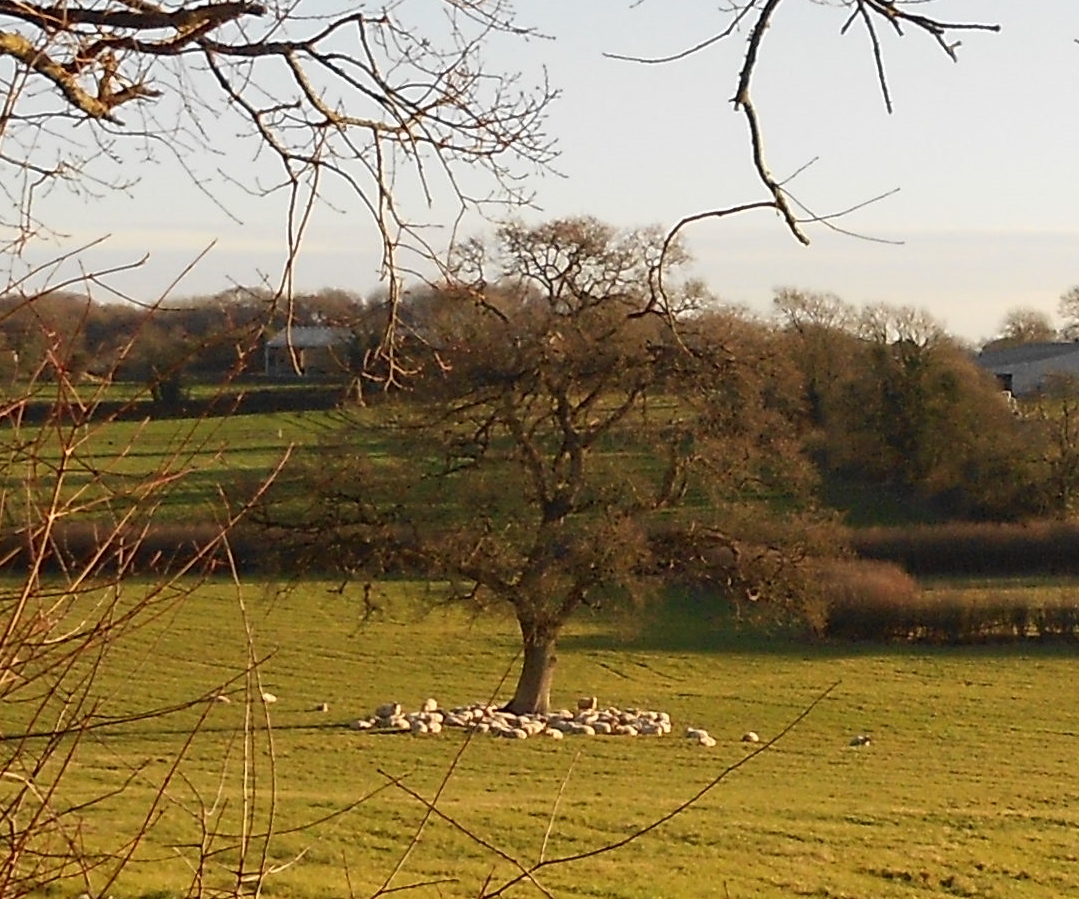
Weather Conditions: Bright, sunny, clear blue skies, very cold north-easterly wind
Temperature: 4 – 3.5 degrees Celsius / 39 – 38 degrees Fahrenheit
We walked up from Buckland Bridge on a gloriously sunny afternoon, cold and bracing but exhilarating to feel the sun on our faces after so make weeks of dull, leaden skies. Everywhere looked brand new – bright green fields, sunlit branches and splashes of colour from the shiny deep red bark of the wild cherry trees and the St John/s Wort leaves.
The volunteers from Frome’s Missing Links have been working hard and the freshly cleared cycle path looked strikingly clean, all the fallen leaves and encroaching earth and moss removed making walking but most of all cycling so much safer and easier. They have also completed a good deal of work on the embankments, clearing undergrowth, removing trees and stacking the clippings in piles as winter shelter for the wildlife living along the banks. The unblocking and freeing of the gin clear water in and around the streams enable the field runoff to tumble and rush downhill, the sound of its splashing torrent competing with the train like sound of the wind whooshing through the bare trees.
Lots of birds, including parties of Blue Tits, Great Tits, Long-Tailed Tits, Bullfinches and Chaffinches with Robins and Dunnocks dart in amongst the branches and flit from tree to tree; the ubiquitous flocks of wood pigeons are constantly on the move, particularly when the two buzzards are circling above them and a raven appears, imperiously kraa kraa-ing.
In a pasture beside the track just below Newbury Firs a huge uncountable number of rooks and jackdaws were feeding on the grass. In an almost casual leisurely fashion the birds rose together, a mere few feet from the ground and almost immediately resettled in what appeared to be a never ending rolling wave. There was also a constant traffic of birds leaving the field, flying over the path and fields up towards the line of beeches on the horizon, some settling, some turning and flying back to land again in the field, the air alive with that most atmospheric sound, the constant ‘tchack, tchack and kaah kaah of jackdaws and rooks as they flock in winter.
We came across tufts of fox hair on the edge of the path, possibly torn off by a parasite infected fox, rubbing itself against the bark of a tree. A little farther on a brown-purple jelly ear fungus which usually grows on dead elder lying in the middle of the path – presumably disturbed by the path clearing.
Very busy with lots of walkers, a number of cyclists and the occasional runner out enjoying the sunshine, well-wrapped up against the cold wintry air and strong wind which even drove the sheep to huddle together around a large oak in the middle of the field.
__________________________
MONDAY 1ST JANUARY
2 0 1 8
_________________________
31st December 2017 – 1pm – 2.15pm
Happy New Year!
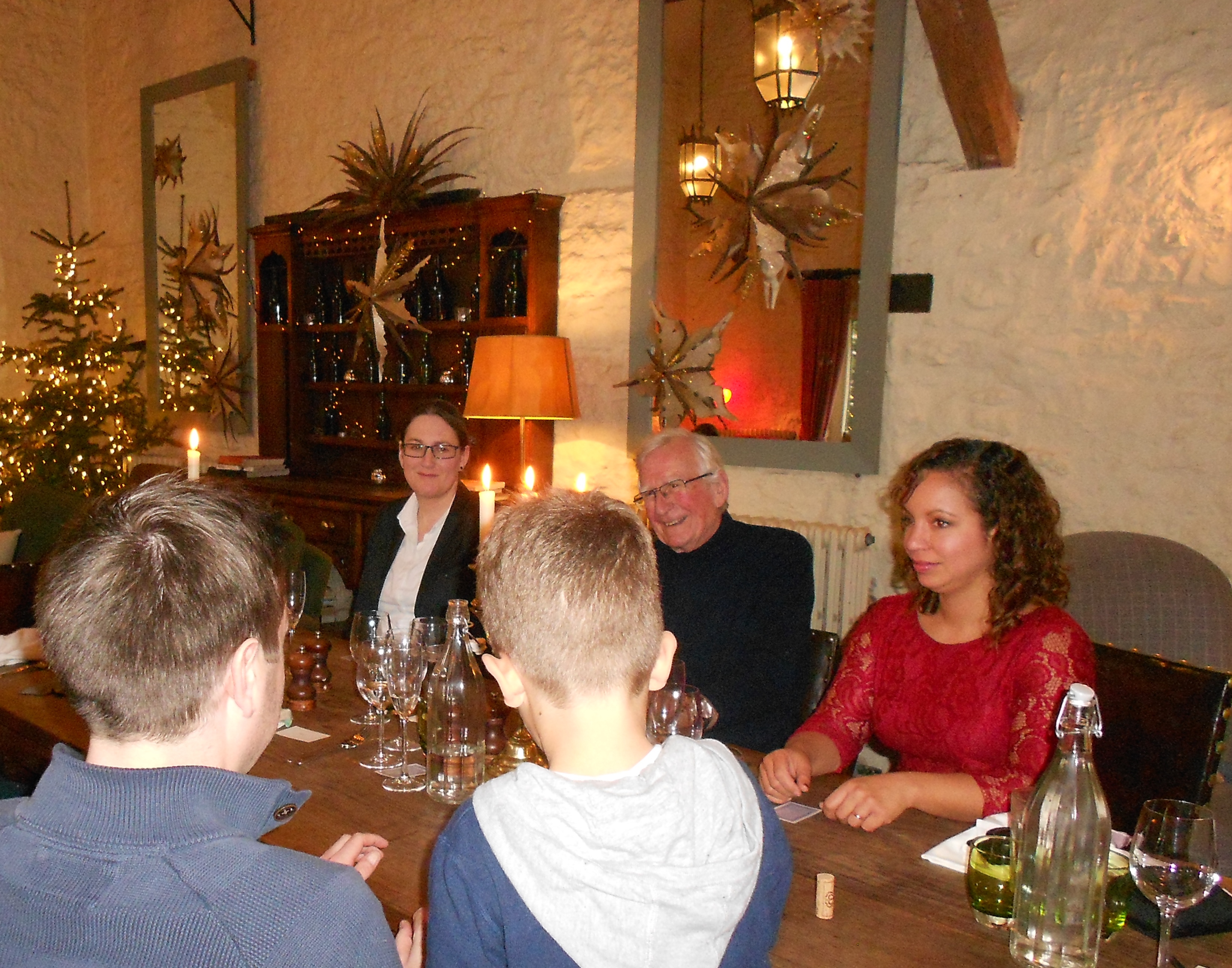
Yesterday we celebrated my husband’s 80th Birthday with family and friends and today we completed our “Year of Magical Walking” with the completion of our weekly recording of the flora and fauna we have seen along the Cycle Path since the 1st of January 2017.
There have been so many wonderful sights over the year but some of the most memorable were back in January when we watched a flock of 200-300 lapwings wheeling and feeding in a ploughed field alongside the path and our excitement at seeing a brown hare and hearing from a FML volunteer in February about the otter regularly visiting the stream.
In March our delight at the sheer profusion of clumps and clumps of sweet violets both purple and white along the steep south facing embankments and under the trees as well as primroses, crocus, blue speedwell and beautiful white blackthorn blossom, yellow pussy willows, and the blush tinged flowers of the English elms all in full bloom. We also saw the first butterflies, a Comma and a week later the Brimstones and in April the wild cherry and apple trees in full blossom was such a wonderful sight, lit by the strong sun against deep azure skies.
By May, the fields were carpeted with golden buttercups with islands of white moon daisies and the path was edged with clouds and froths of cow parsley. June brought the Nightingales, hidden in the dense undergrowth, singing seemingly forever in the warmth of late afternoon sun. Is there anything sweeter or more magical that the song of the Nightingale?
Come June the carpets of birds-foot-trefoil were quivering, so thick were they with so many bees. There were masses of butterflies, bees and burnet moths swarming and feeding over blossoming trees, shrubs and flower filled banks and on the long skeins of white bryony and dog roses climbing, entwining and cascading over trees and shrubs. And a quite extraordinary number of small heath butterflies everywhere, swarming and feeding around the meadowsweet and the privet hedges above us so we were walking through clouds of butterflies!
During the perfect warm, tranquil and peaceful summer days of July the butterfly profusion continued, dancing and fluttering everywhere we looked, quite magical, making the unseasonably wet August with its dearth of butterflies hard to take.
The turning leaves were particularly striking during September and the August rain seemed to have encouraged second flowering of very many plants. October brought the fungus, including the stately funnel fungus all along the badger sett bank, the tiny fairy inkcaps and the bright yellow waxcaps and a quite extraordinary number of Red Admiral butterflies everywhere along the path.
November saw the exciting return of the Redwings and Fieldfares and the spotting of a tiny, scampering short tailed vole. We enjoyed the invigorating cold, frosty, bright and sunny mornings before wet and dreary December arrived which was thankfully enlivened by watching the large flocks of Redwings, lots of Buzzards, Ravens and even a Kestrel and solitary Sparrowhawk and of course the finches and tits, busily dashing about from tree to tree and among the branches.
It has been a wonderful year logging our records which we are sad to finish but we will still probably post observations but only log unusual or new sightings. A new year along the cycle path and we will certainly be interested to see what’s new!
31st December 2017 – 1pm – 2.15pm
Weather Conditions: Strong cold wind, overcast skies, spitting with rain which later turned heavies and icy.
Temperature: 9.5 – 10 degrees Celsius / 49 – 50 degrees Fahrenheit
Description of Surroundings:
Waterlogged fields, standing puddles and streams in full spate after 15 hours of overnight torrential rain. Bare branches being tossed about in the strong wind.
Bird Sightings:
Bullfinch, Chaffinch, Robin, Blackbird, Wood Pigeon, Crow, Pheasant, Long Tailed Tit, Raven, Kestrel.
Plants:
Yarrow, Hogweed, Red Campion, White Dead Nettle all in flower. Male ferns and Hart’s Tongue ferns’ dark green prominent amongst the dead grass. Mixes of emerald and golden green moss.
Animals:
Clouds of midges.
27th December 2017 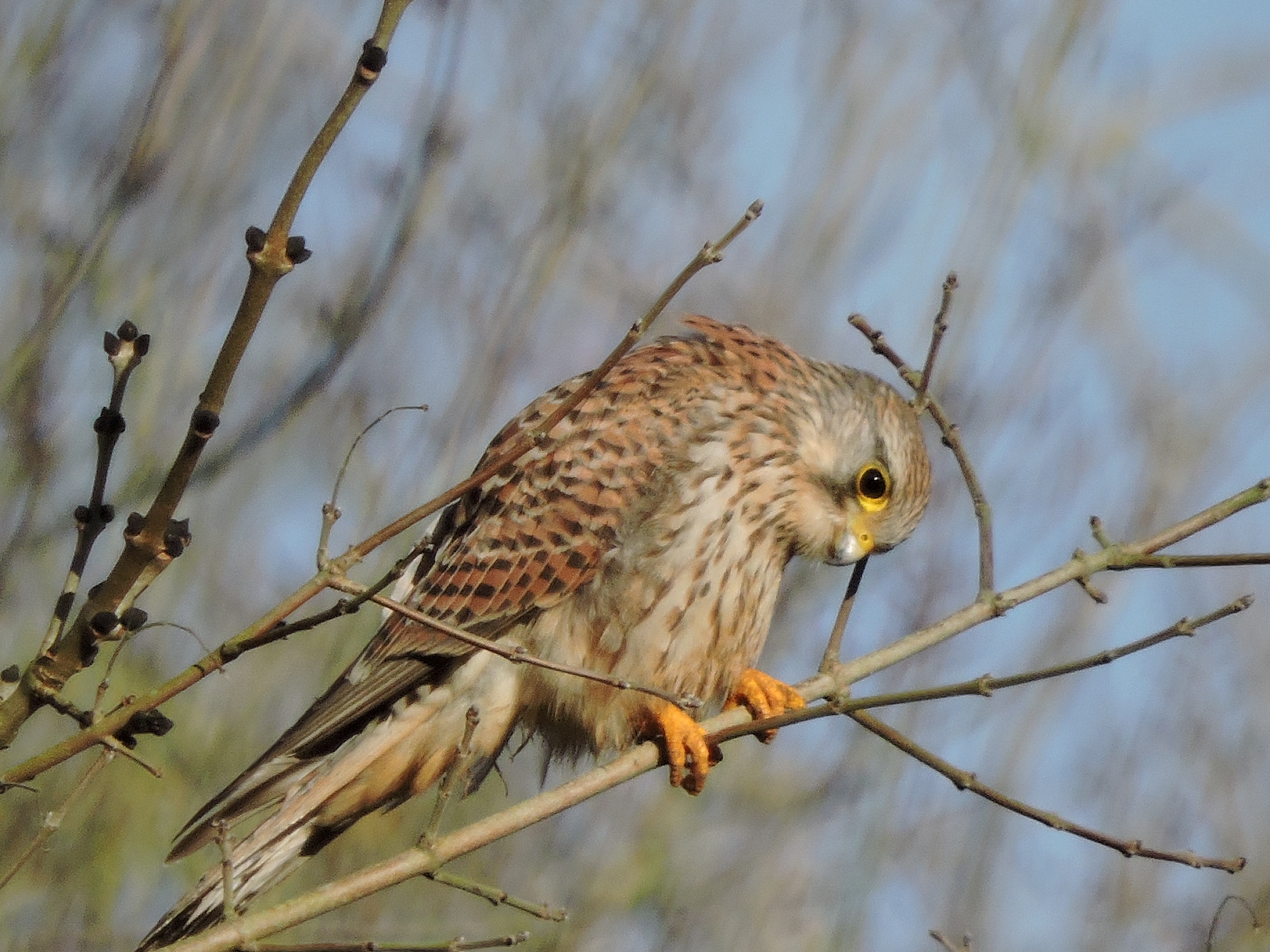 Kestrel – John Hansford
Kestrel – John Hansford
Fascinating and informative email and stunning photographs from John Hansford. It highlights just how many birds flock together in winter, particularly during this recent spell of icy cold weather. Really exciting to have seen so many Ravens and Moorhens.
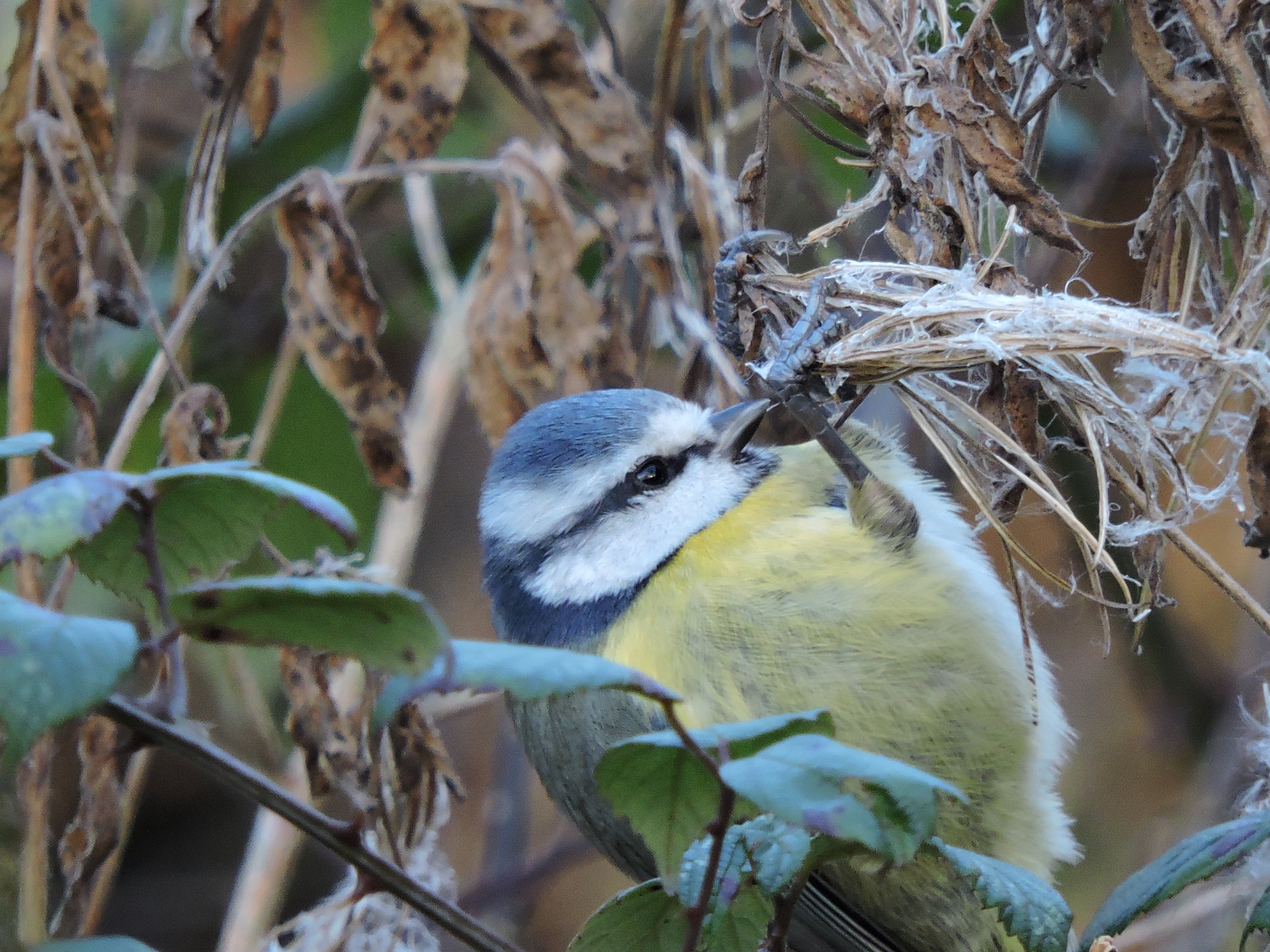 Blue Tit – John Hansford
Blue Tit – John Hansford
It is all getting rather silly now with Moorhens on Mells Down with a Group of 4 (FOUR!) together as viewed from the Cycle Path. Very cold and birds keeping sheltered but I did see: 75+ Fieldfare, 20+ Redwing, 14+ Bullfinch, 2 Song Thrushes, 1 Kestrel, 8 Ravens, 3 Buzzards, 150+ Woodpigeons, 1 Stock Dove
Happy New Year!
24th December 2017 – 1.25pm – 2.55pm
Chistmas Eve We stand on either side of one of the commemorative stones and raise a toast to the day with a tot of sloe gin from our hip flask.
Merry Christmas!
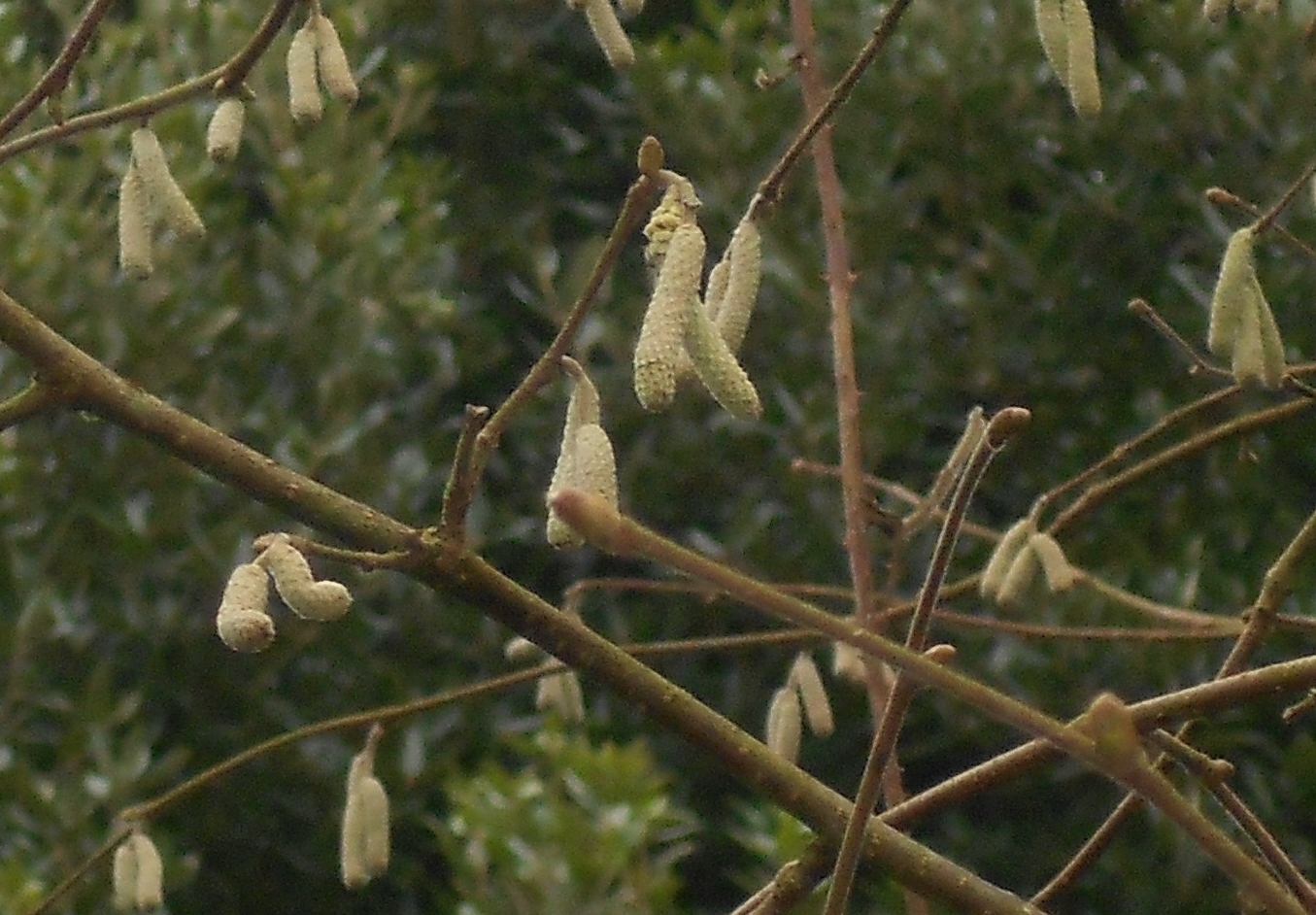
Weather Conditions: Milky, overcast sky, smudged grey clouds, strong blustery wind; intermittent drizzle – clouds growing heavier as we walked.
Temperature: 9.5 – 11.5 degrees Celsius / 49 – 52 degrees Fahrenheit
The afternoon was grey and dead looking with very little sign of life but the wind fresh and envigorating. Few birds apart from at least a dozen bullfinches feeding amongst the branches and two large flocks of 100+ fieldfares flying over.
We were surprised to see three or four primrose plants in yellow bud and a couple in full flower – a clear sign of the mild weather of the past week. Rootlings and diggings, scrapings and scruffle marks all along the grass verge and many small nesting holes among the roots below the hedgerows.
Lots of walkers, cyclists and a few runners.
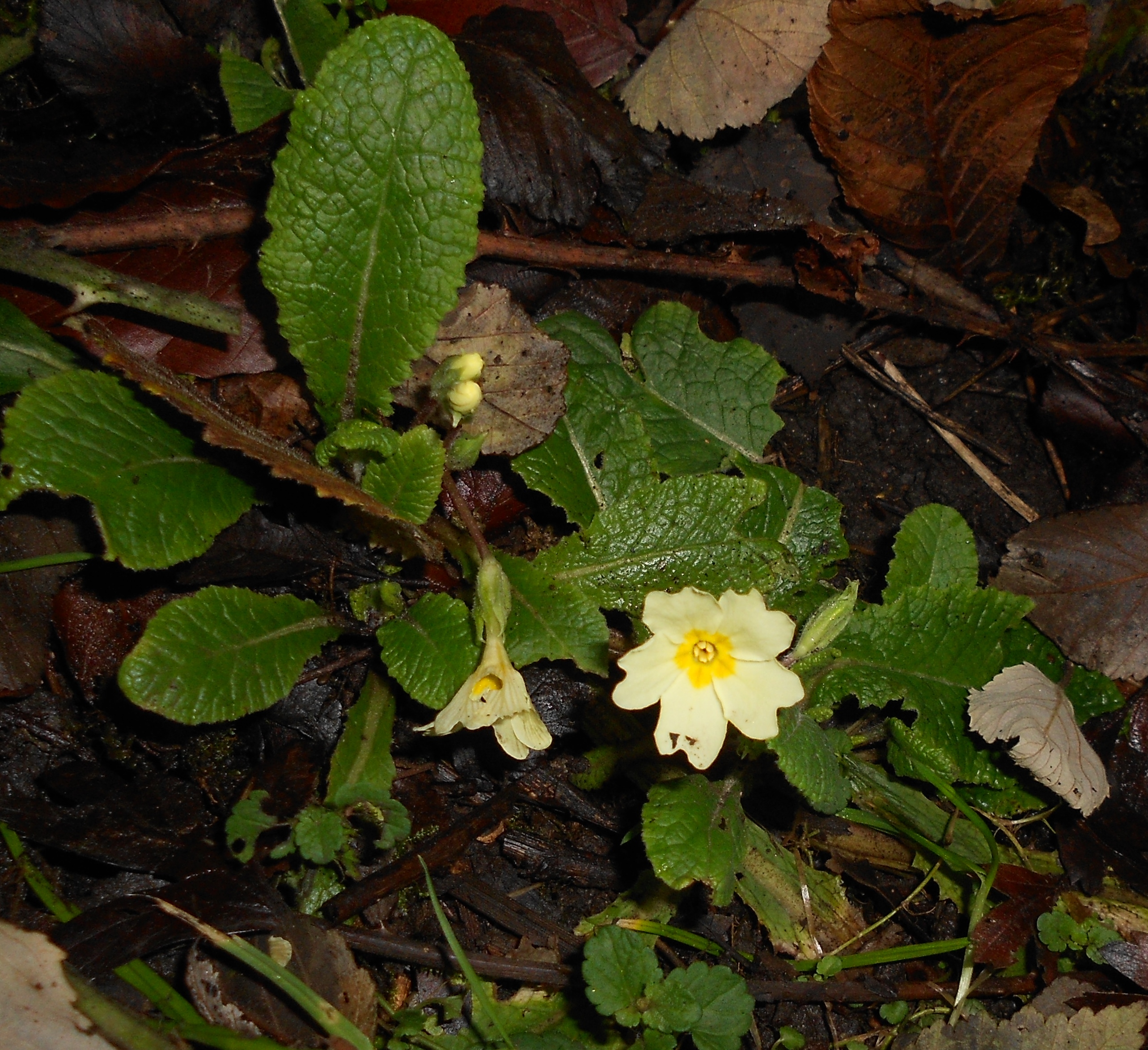
Description of Surroundings:
Waterlogged fields, standing puddles at field edges, bare trees. Very little sign of life.
Bird Sightings:
Bullfinch, Chaffinch, Greenfinch, Robin, Blackbird, Wood Pigeon, Crow, Pheasant, Buzzard, Fieldfares.
Plants:
Primrose, Yarrow, Hogweed, Angelica, Dandelion, White Dead Nettle all in flower. Hazel Catkins fattening, good crop of ivy berries, some still green but lots already black.
Animals:
Lots of midges; spider’s cocoon nest.
22nd December 2017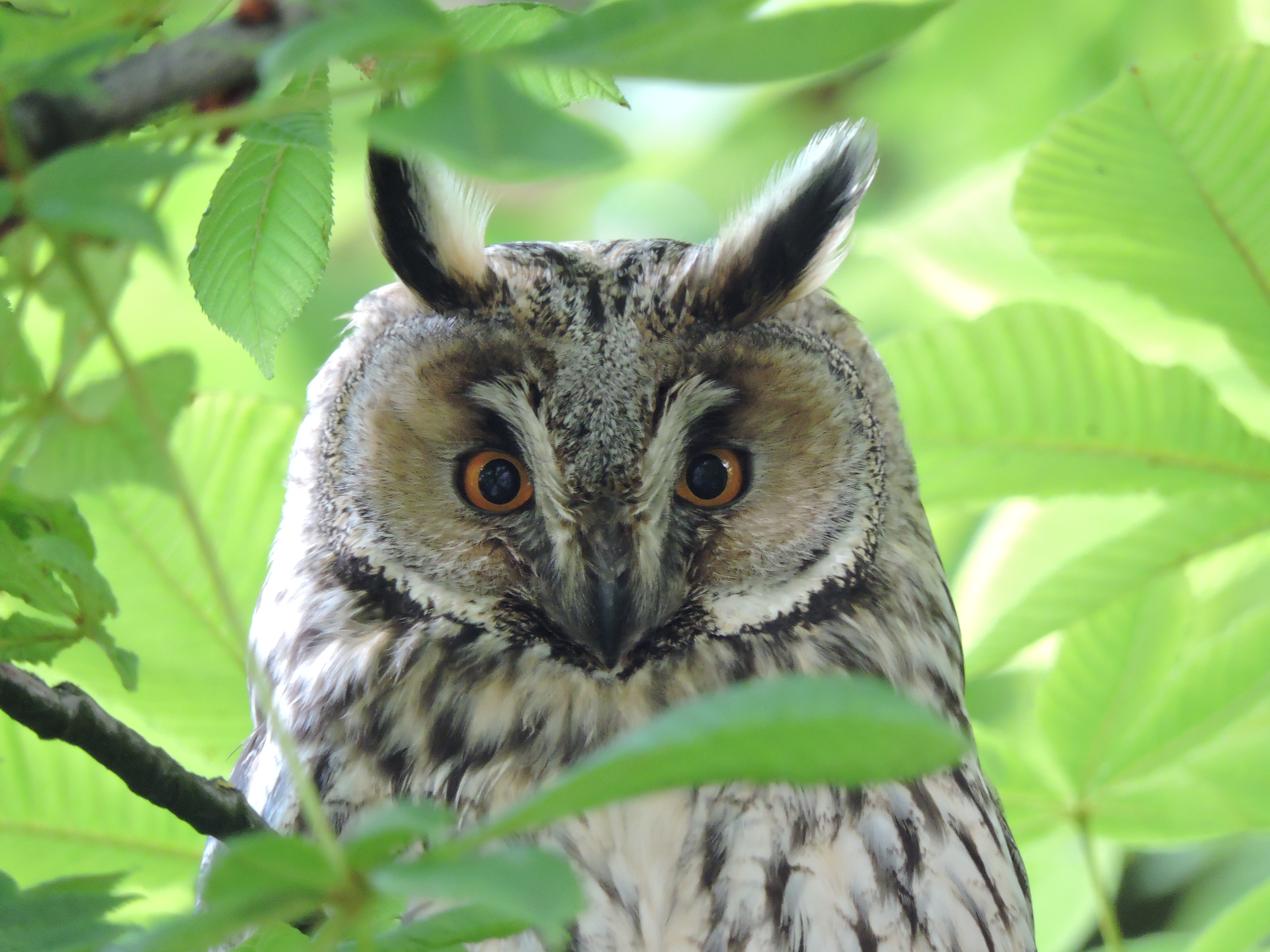 Long Eared Owl – John Hansford
Long Eared Owl – John Hansford
21st December 2017
– Winter Solstice –
Mells Down – 16th December 2017 / 2.15 pm-3pm
A welcome email from John Hansford, a keen Ornithologist from Coleford who regularly checks out the Bird population along the path, who says:
“A quick visit this afternoon produced a distant Moorhen, only my second Moorhen sighting on the Down so I was particularly delighted. Moorhen – John Hansford
Moorhen – John Hansford
I counted 51 Blackbirds with several small groups including one of 11 Blackbirds together, 35+ Redwings – good evidence of weather driven Bird movement. 22+ Bullfinches [photographs below] including a Group of 12 feeding on the ground out in the open, a Brambling with a few Chaffinches. Other Birds seen included 3 Song Thrushes, Fieldfare, Great Spotted Woodpecker, Wren, Long-Tailed Tit, Great Tit, Blue Tit, Buzzard, Yellowhammer, Linnet, Woodpigeon, Raven, Carrion Crow, Goldfinch, Dunnock, Robin and Pheasant. Disappointingly no Redpolls today.”
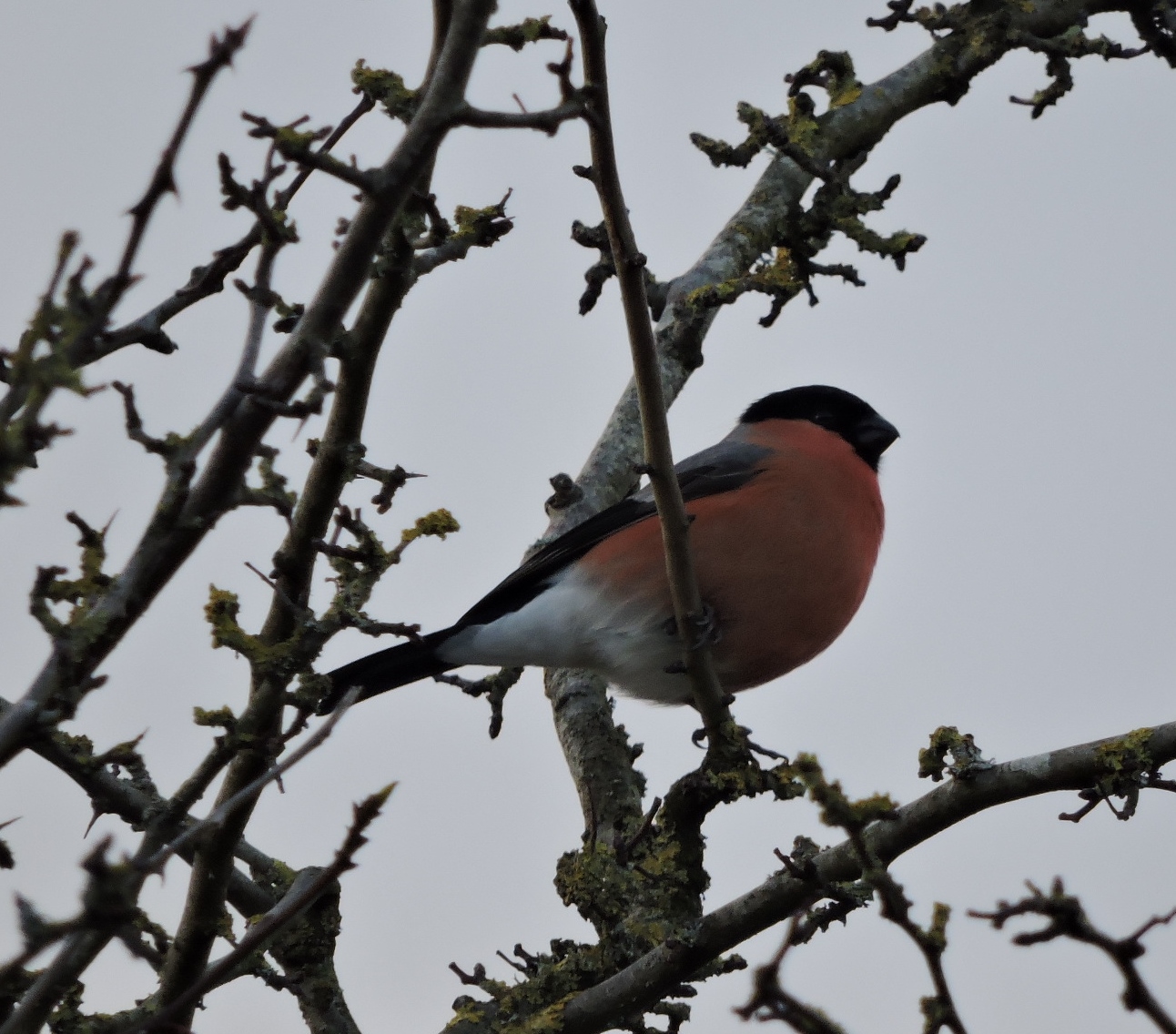
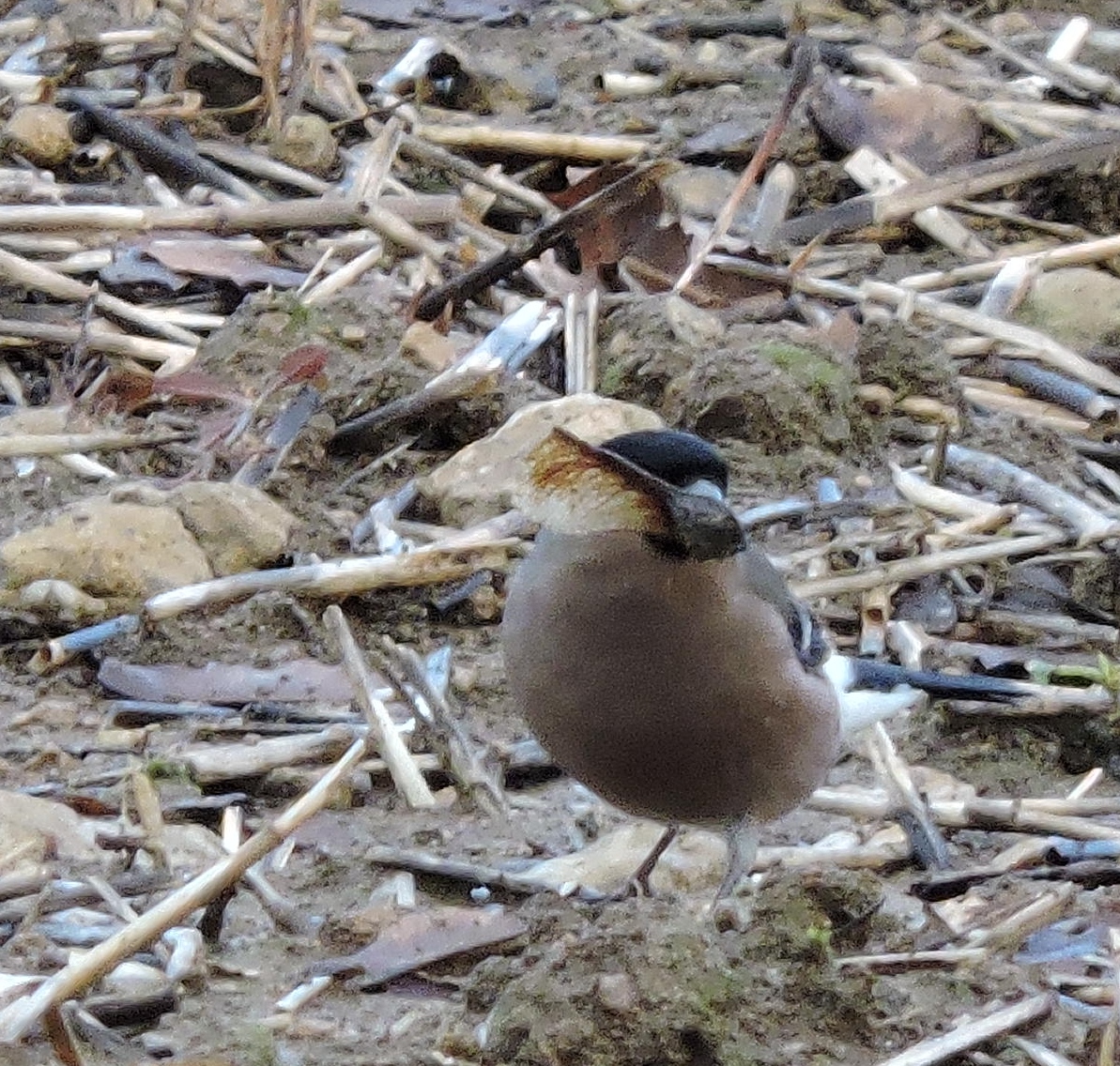 Bullfinch – Male Bullfinch – Female
Bullfinch – Male Bullfinch – Female
12th December 2017 – 11.05am – 12.35pm
Weather Conditions: A bitterly cold morning but sunny; spreading contrails forming hazy cloud, thick hoar frost, still, no wind.
Temperature: 1 – 4 degrees Celsius / 34 – 39 degrees Fahrenheit
After the coldest night of the year (minus 4 degrees C here but minus 14 C farther north) the air was bitter but the sun was bright, lighting up tiny ice crystals in the tarmac which glistened and flashed like diamonds as we walked towards them; our boots crunching and crackling through solid icy puddles and scrunching over frost covered grass and leaves – it’s winter. It was so cold there were no signs of the usual foraging signals, diggings or scrapings in the grass alongside the path, the ground just too frozen, as hard as concrete despite the warmth of the sun.
We saw quite a lot of birds, but mostly in ones or twos, apart from a small flock of Redwings flying over and an extraordinary number of wood pigeons and rooks feeding on the stubble of a maize or millet crop which had been left, part cut, part still standing in seed on the side of a field. There were hundreds and hundreds of birds, feeding, rising, wheeling, sillouetted against the low sun, and settling again on the stubble, with more and more arriving as we watched, forming an almost unbroken sea of grey and black birds.
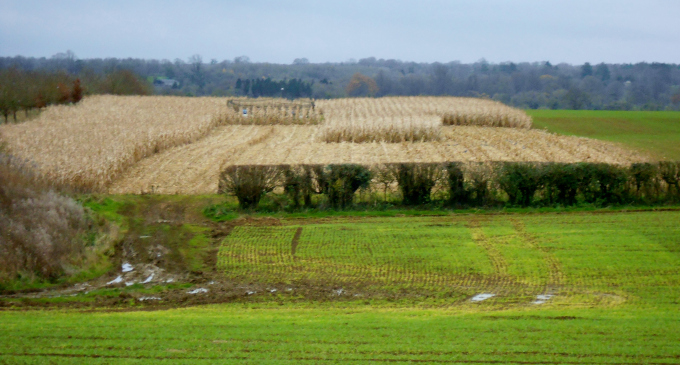
We don’t usually notice the distant Mendip Hills but the snow which fell two days ago was still lying in thick layers across the hills and drew the eye. It was interesting to contrast the snow covered hills with the fields surrounding Cranmore Tower, still high but low enough for the snow not to have settled but cold enough to coat the fields with thick white hoar frost.
About a dozen walkers, some with dogs (the golden and black Labradors racing around and play fighting) three runners but only one cyclist – probably the frosty path too treacherous for bicycles.
Description of Surroundings:
Quiet and still wintry scene, most of the fields green with winter wheat or kale. Skeletal trees.
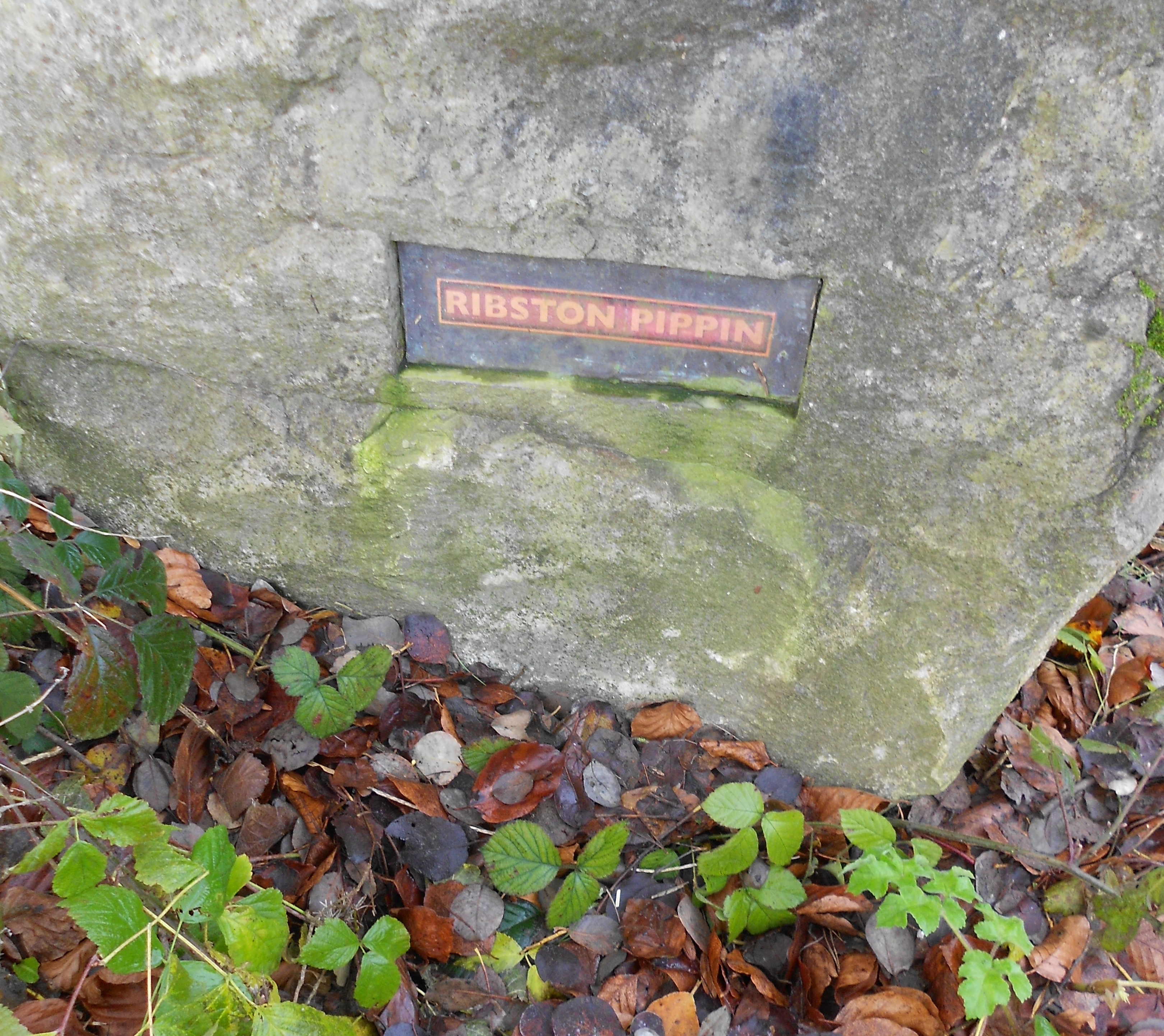
I said to Heart “How goes it?” Heart replied “Right as a Ribstone Pippen!” But it lied. Hilaire Belloc 1910
Bird Sightings:
Goldcrest, Redwing, Blue Tit, Bullfinch, Chaffinch, Robin, Wren, Blackbird, Wood Pigeon, Rook, Crow, Pheasant, Buzzard, Raven.
Plants:
Yarrow, Hogweed, Leafy Hawkweed, White Dead Nettle all in flower. Young leaves opening on the willows.
Animals:
Clouds of midges and lots of male Winter gnats with their six spindly legs and long transparent wings, dancing up and down just like Mayflies to attract the females. The gnats are abundant in winter; they favour woodlands as their larvae live in rotting vegetation such decaying leaves, and are an important food source for birds.
6th December 2017 – 1.15pm – 2.40pm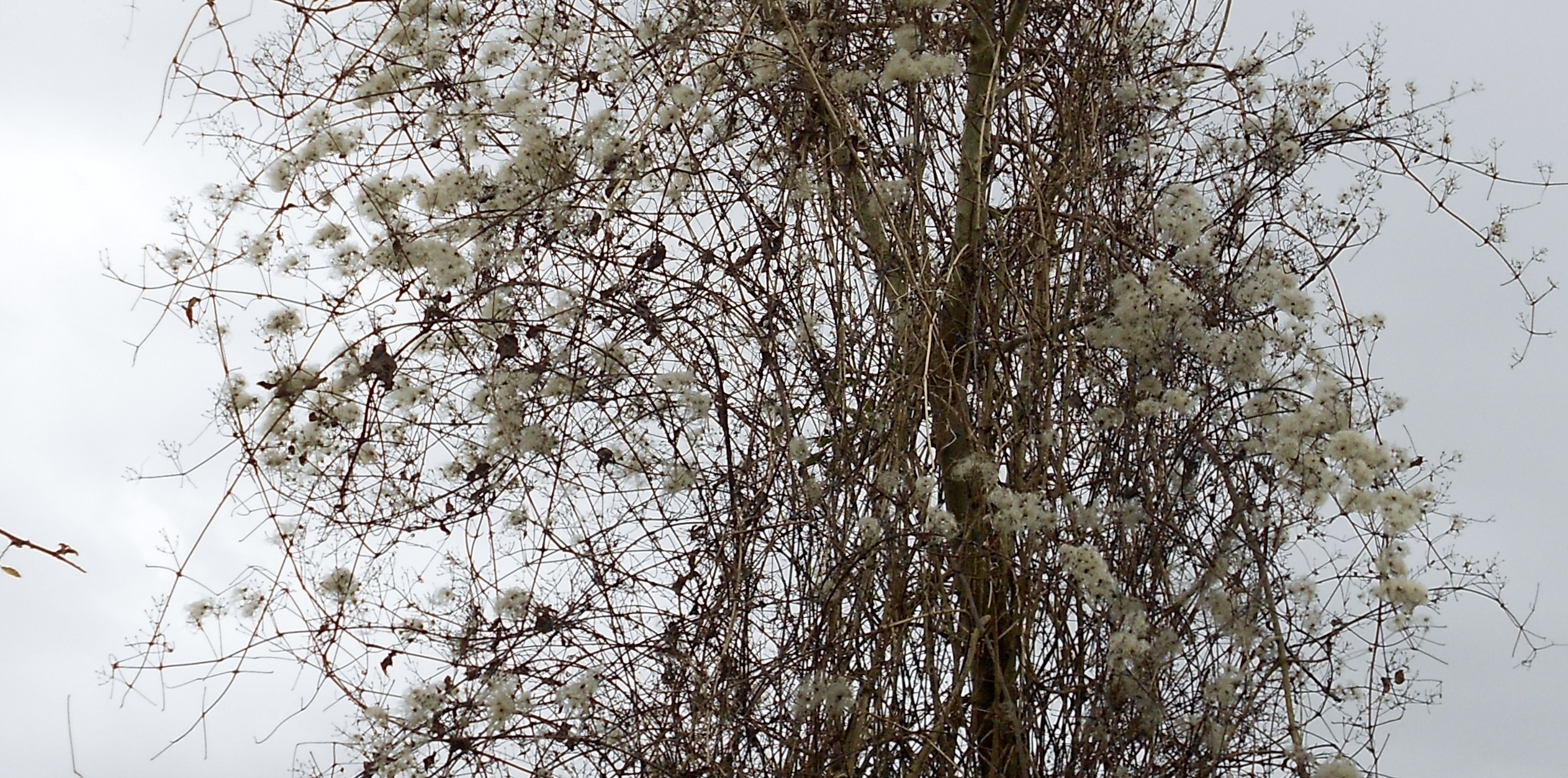
Weather Conditions: Overcast, cloudy and gloomy, rain, strong cold wind.
Temperature: 9-12 degrees Celsius / 48-53 degrees Fahrenheit
A typical English winter’s afternoon – lowering charcoal grey clouds, gloomy dismal and bleak, spitting rain which, as the afternoon wore on, could be best summed up with the Scottish word smirr, a steady and persistent soft rain blowing in from the west straight off the Atlantic Ocean, driven by strong winds and cloaking and obscuring the distant hedges and trees in a thick white mist. The brown teasel heads stand tall and proud and many of the trees and hedges are cloaked in the tangled lengths of the fluffy seed heads of old man’s beard.
There are not many signs of life. A couple of cyclists, a couple of walkers, the wail of a siren sounding long and loud from the stone quarry over the valley near Chantry and a fussilade of guns from the local shoot in a nearby field. Skittering Blue Tits clambering around the twigs, picking out insects, flocks of Long-Tailed Tits and finches busily flitting amongst the bare branches of the trees, stark black and skeletal against the wintry sky, while a couple of buzzards wheel and drift overhead on the wind and pheasants scurry along the field edges, hurrying away from the guns.
Lots of scrapings and diggings along the grass verge beside the cycle path where innumerable animals have worn pathways and created tunnels through the rough overgrown grass up the embankment until lost from sight as they disappear into the thick undergrowth beneath the hedgerows.
As we walked back we could see the lights coming on in the un-curtained windows of the isolated farmhouses across the fields, half hidden by trees – welcoming splashes of yellow glowing in the deepening gloom. Despite the inclement weather, it was still good to be outside and exhilarating to walk along, feeling the cold wind and rain on our faces, escaping from the fug of the over-heated rooms of home.
Description of Surroundings:
Wintry fields and wind shriven trees and hedges.
Bird Sightings:
Fieldfare, Blue Tit, Long Tailed Tit, Bullfinch, Chaffinch, Robin, Blackbird, Wood Pigeon, Crow, Pheasant, Buzzard.
Plants:
Yarrow, Scabious, Hogweed, Bush Vetch, Dandelion, Leafy Hawkweed, Red Campion, White Dead Nettle all in flower.
Animals:
Clouds of midges around our heads as we walked; roe deer tracks.
29th November 2017 – 11.15am – 12.40pm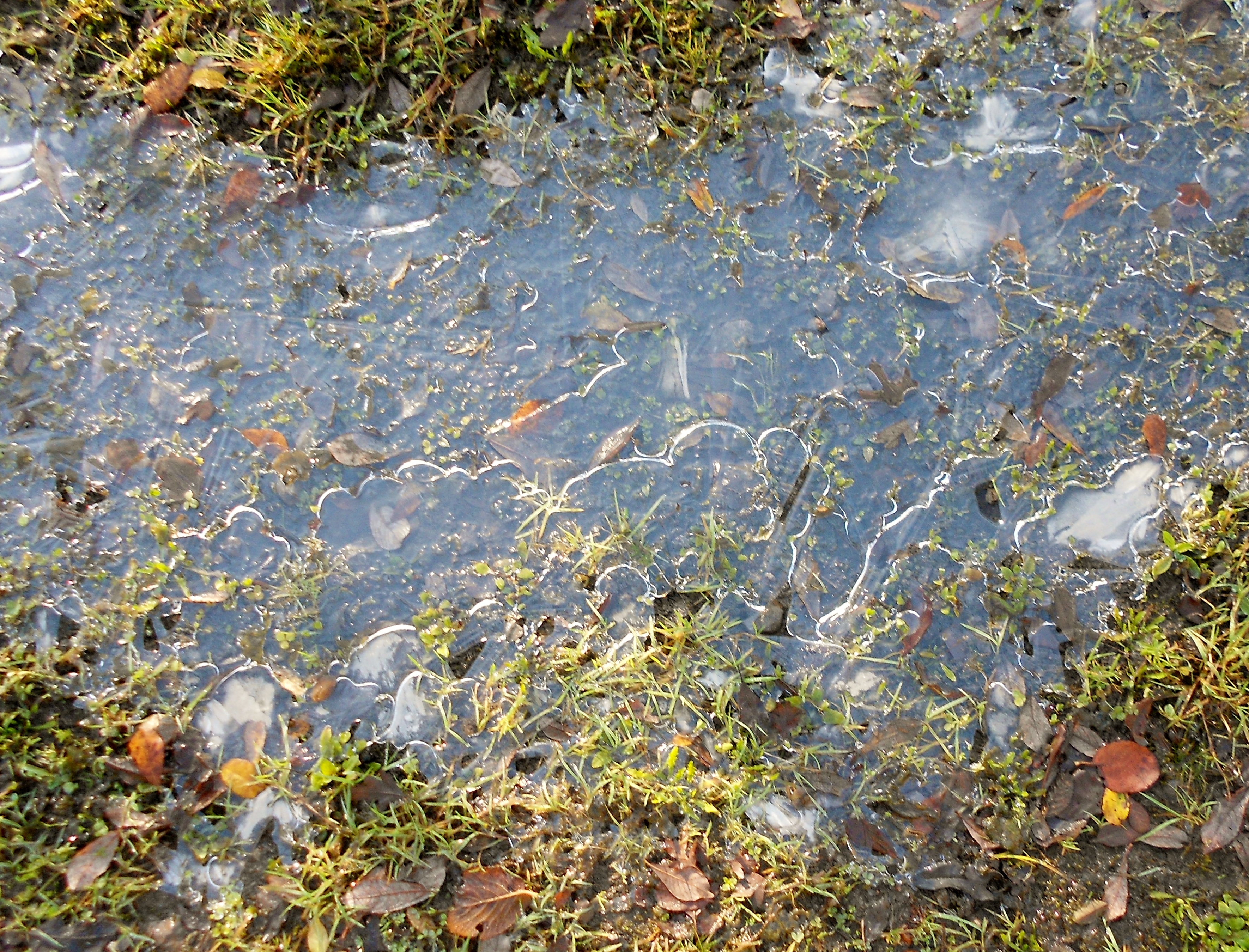
Weather Conditions: Cold, full sun, northerly wind, frosty ground, a film of ice on the puddles
Temperature: 4 – 6.5 degrees Celsius / 39-43.7 degrees Fahrenheit
Glorious cold and frosty morning, brilliant sunshine, crisp air, our footsteps crunch, crunch, crunching through the thick hoar frost clinging to the grass and painting the plants and fallen leaves snowy white. Sailing clouds sent flying across the bright azure blue sky by strong winds, the soughing so strong and loud through the leafless trees it sounded more like a muffled train engine than gusting wind and rivaled the farmer’s tractor engine in a distant field and the rumbling, clattering and clanking of his farm machinery.
Vigorous, deep diggings in the grass verges all along the side of the track showed clear signs of desperate searches for food after a freezing night. Lots of small tits and finches flashing about, a mewing buzzard circling overhead, the wonderful winter sight and harsh Kaah sound of flocks of rooks along with the chyak chyak jackdaws wheeling above the fields, the unexpectantly close cracking kra kra of the Jay and suddenly, out of nowhere, a flock of Fieldfares flying over at speed.
But by far the greatest joys of winter, along with the bare trees and rare days of strong sunshine, are the unexpected flashes of colour; the groups of beautiful goldfinches, strikingly marked – bright crimson, white and black faces with flashes of yellow on the wings, so many, flitting about the branches; more and more bullfinches in the trees, a couple of males, flying fast, their rose-red breasts glowing in the sunshine, vying with the clashing deep pink and bright orange berries of the spindle tree are pleasures surely to rival the best days of summer.
Lots and lots of cyclists, some in groups, many runners, one other walker.
Description of Surroundings:
Sudden gusts of wind tear the last of the dead leaves from the trees and send them scattering about our heads; the sun drenched fields are filled with serried rows of emerald green crops.
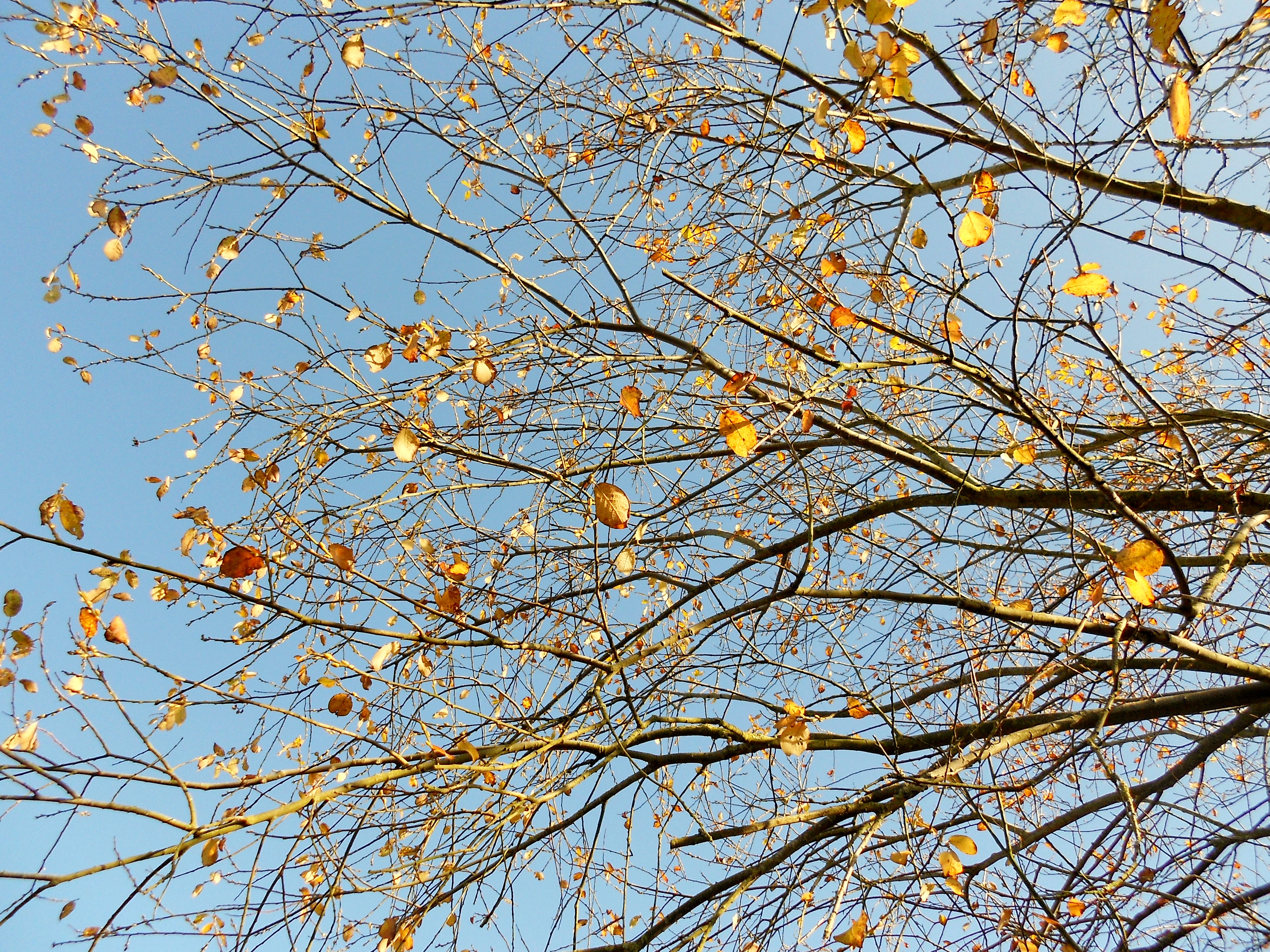
Bird Sightings:
Fieldfares, Yellow hammer, Goldfinch, Dunnock, Blue Tit, Long Tailed Tit, Bullfinch, Chaffinch, Jay, Robin, Wren, Blackbird, Wood Pigeon, Crow, Rooks. Jackdaws, Buzzard
Plants:
Yarrow, Scabious, Hogweed, Leafy Hawkweed, Nipplewort, White Dead Nettle all in flower.
Animals:
Black Fly, midges.
27th November 2017 
His Royal Highness The Prince of Wales announced the engagement of his younger son Prince Henry to Ms Meghan Markle. The wedding will take place in Spring 2018.
23rd November 2017 – 10.15am – 11.53am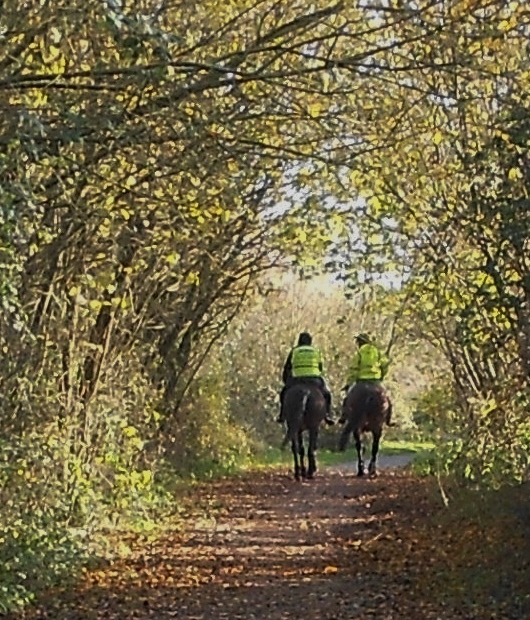
Weather Conditions: Strong cold, blustery wind, full sun.
Temperature: 8 – 10 degrees Celsius / 48-55 degrees Fahrenheit
As we began our walk, stepping out briskly with the clear, cold air on our faces, we heard a full peal of bells from Mells church ringing out, carried across the fields on the rough winds. There wasn’t very much to see as even the birds were keeping close to the undergrowth, well protected from the stiff breeze. A large flock of rooks rose up in the air cawing loudly, disturbed from their feeding amongst the fields of kale.
A few trees, an oak, several willows and a small leaved lime were the only ones with their dry and shrivelled leaves still clinging to their branches, save a domed hawthorn glowing gold against a blue sky under an arching rainbow, the rest of the trees bare and grey. The lack of leaves revealed the shining slate grey branches and trunks of the blackthorns with their sharp lethal looking thorns, the purple black sloes but a distant memory.
We met a delightful couple from Shepton Mallet with their small Airedale. They told us they walked the path most days, delighting in the wildlife. They had once seen a fox and frequently see roe deer actually on the path, and a badger close to the large sett near Kilmersden. They often lifted voles and slow worms off the path and back into the long grass to protect them, but when one day in early summer when there were lots of cyclists they moved a shrew, they were amused to glance back to find that it had returned exactly to the middle of the path where they had found it. They had also seen a stoat and weasels several times near the rusting old railway brake van and wondered if the weasels had a lair there.
One group of walkers with a guide and a good number of others, singlies or pairs, most with dogs, two horse riders, several cyclists and two runners.
Description of Surroundings:
Lots of broken branches and twigs strewn across the path, brought down by the strong winds and torrential rain of last evening. Large puddles of standing water beside the path and in the fields.
Bird Sightings:
Fieldfares, Dunnock, Blue Tit, Raven, Bullfinch, Chaffinch, Robin, Blackbird, Pheasant, Wood Pigeon, Crow, Rook
Plants:
A few straggly looking plants cling on, Dandelion, Leafy Hawkweed, Scabious, Yarrow, Hogweed, White Dead Nettle, all in flower.
Animals:
Bee, Fly.
16th November 2017 – 9.30am – 11.40am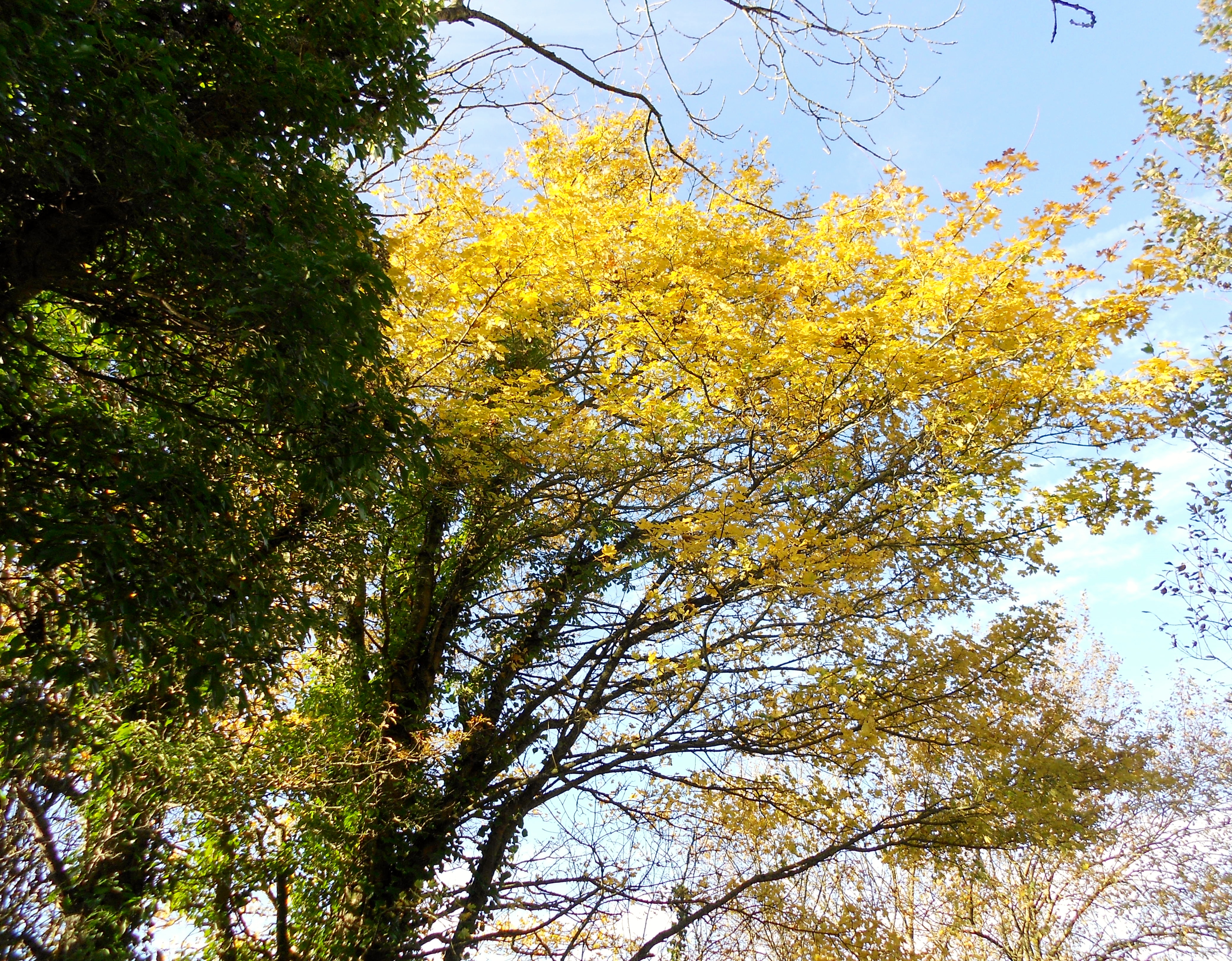
Weather Conditions: Chilly. Thin hazy cloud, clearing to blue skies and full sun.
Temperature: 9-13 degrees Celsius / 48-55 degrees Fahrenheit
A cold wind and, once the cloud dispersed, warm bright sunshine – like ice cream with hot sauce – delicious! Splashes of cheerful colour from the golden leaves still clinging on to some of the trees, the beech hedge alight with fiery bronze, the strings of scarlet black bryony and the deeper red of the rose hips and hawthorn berries light up a scene which is almost entirely dull buff and brown.
We meet a men from Buckland Dinham who has been walking this stretch of countryside long before the cycle path was created. He said that the deer used the old railway line as a track-way and, following their path as he did, felt like entering a tunnel formed by tree branches meeting overhead. He saw more birds in those days as it was much quieter and less frequented but far, far fewer flowers and butterflies. Most of the cowslips and beds of purple and white violets only appeared after clearing for the cycle path allowed more sunlight to reach the woodland floor. He talked about the great pleasure the area has given him over nearly fifty years, culminating in his first precious and rare sighting last year of a Grey Shrike (the well-named butcher bird) which was catching bees and impaling them on a thorn. John Hansford’s photograph (below) shows the bird’s highwayman’s mask wonderfully clearly.
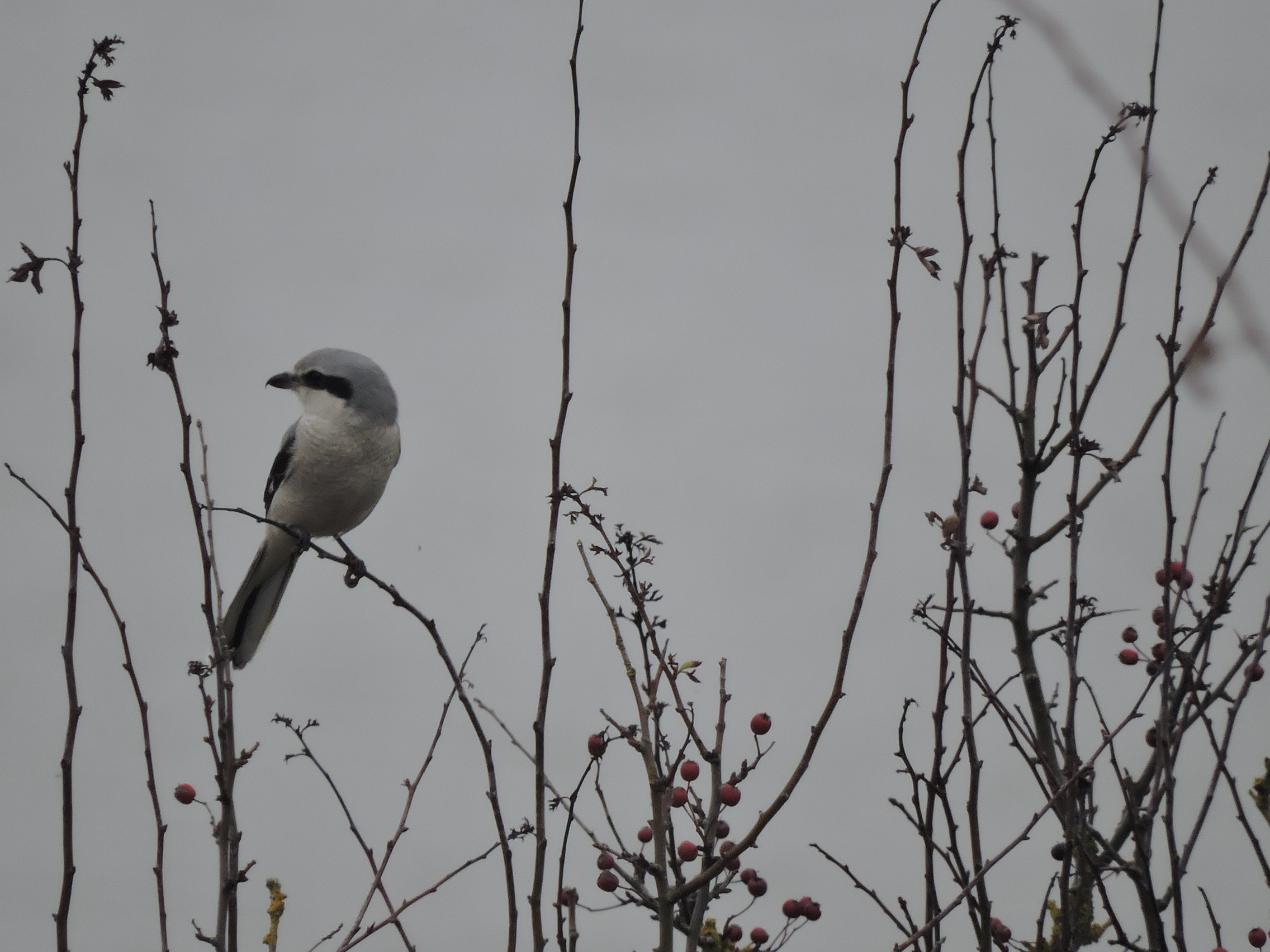 Great Grey Shrike – John Hansford
Great Grey Shrike – John Hansford
As the morning moved on, the bright, warm sunshine attracted more and more runners, cyclists and walkers, many with dogs. A group of 6-8 or so quite elderly women, a walking party from the nearby village of Mells, came striding briskly along, the tap tapping of their Nordic poles announcing their presence long before their arrival and long after they had passed. The warm sunshine seemed also to attract the hunters (or maybe attracted their prey to emerge from their nests and begin foraging). We watched two buzzards soaring high, high up in the sky whilst another circled gracefully, slowly, low down over the woods, mewing constantly. Then the Ravens appeared, three of them, soaring and floating, with only the occasional insouciant flap to keep them in flight, drifting effortlessly, playing on the wind, barking and croaking, communicating to each other about who knows what.
Description of Surroundings:
Winter wheat growing apace, lot of trees have lost their leaves but maples and beeches glowing golden and bronze in the sunlight.
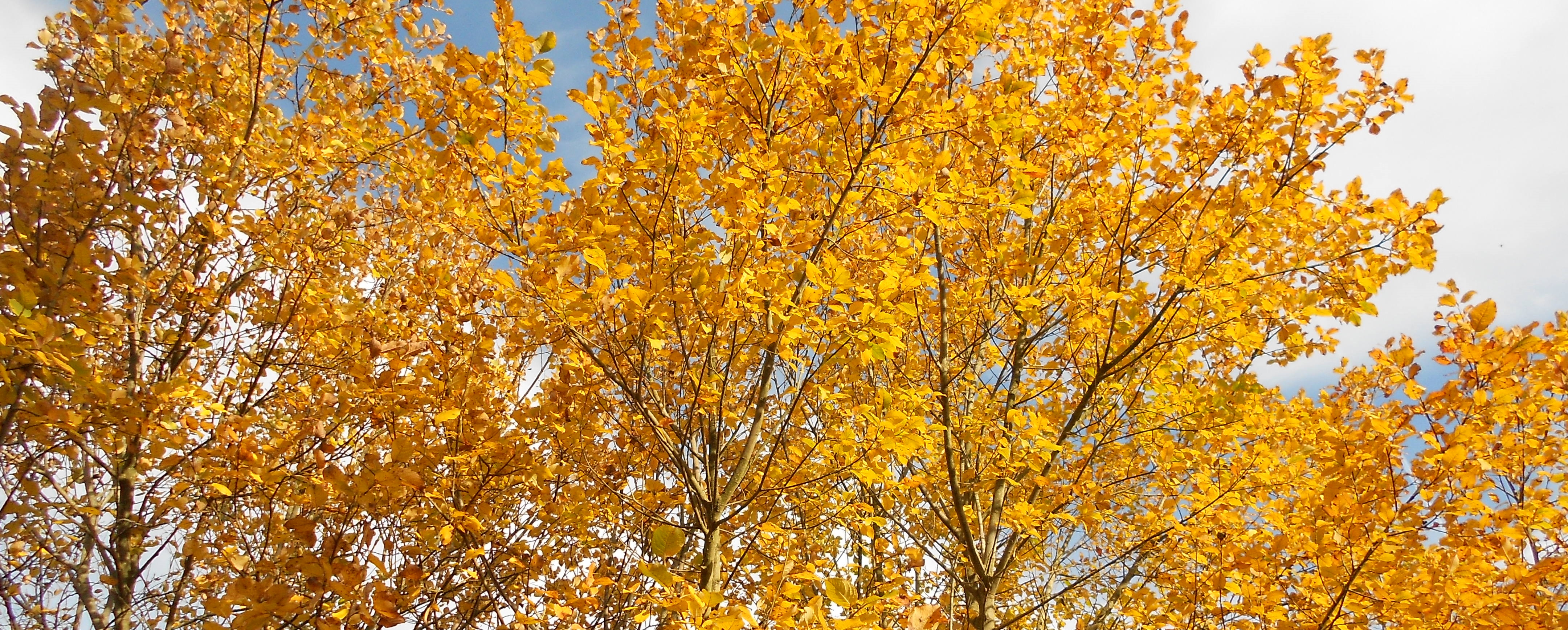
Bird Sightings:
Song Thrush, Redwing, Fieldfare, Dunnock, Long Tailed Tit, Marsh Tit, Blue Tit, Raven, Buzzard, Bullfinch, Robin, Jay, Blackbird, Pheasant, Wood Pigeon, Crow.
Plants:
Herb Robert, Dandelion, Ragwort, Bramble, Leafy Hawkweed, White Clover, Red Clover, Basil, Hop Trefoil, Scabious, Nipplewort, Yarrow and Hogweed (almost all with a bee motionless on the flower-head) and White Dead Nettle, all in flower. Next year’s buds already forming on the willows.
Animals:
A single Red Admiral butterfly, clouds of Midges, Honey Bee, Bumble Bee.
8th November 2017 – 1.20 pm – 3.30pm 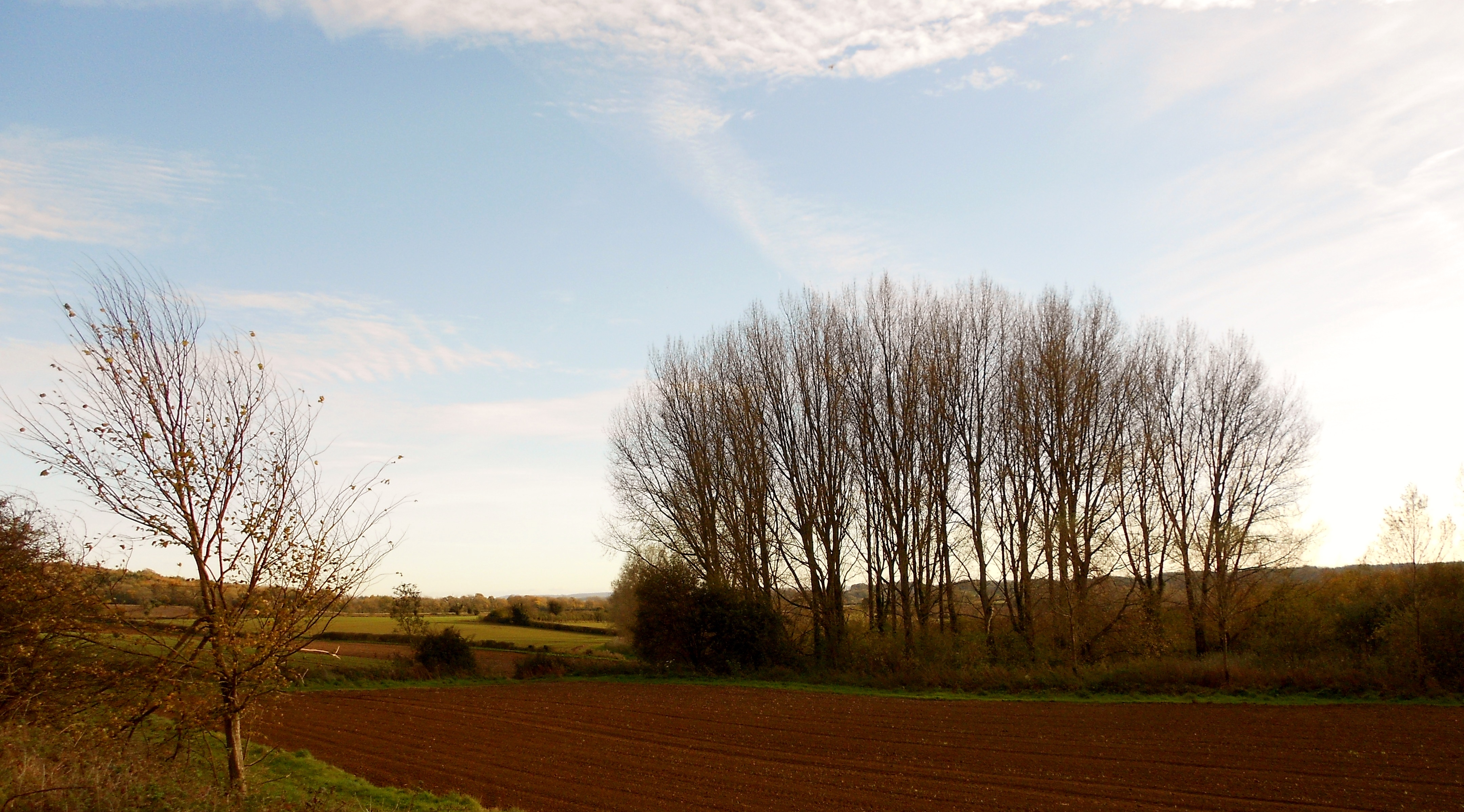
Weather Conditions: Bright and sunny; crisp air, blue skies, cold NNW wind.
Temperature: 9 degrees Celsius / 48 degrees Fahrenheit
Beautiful day, full warm sun, air fresh and crisp. We almost immediately met up with a keen birder whom we often see. He had been on the path since 9 o’clock and had enjoyed a very good morning’s sightings, seeing Kestrels, Redwings, Fieldfares, most of the tits and finches and even a skylark! He had also seen a Little Owl when out on Monday.
We all watched a young buzzard flying over, its markings striking in the bright sunlight, and talked about last year’s judicial decision that refusal by Natural England to allow shooting buzzards to protect game bird was illegal. The cycle path is surrounded by farm land partly managed for game shoots and soon after he arrived that morning he had seen the gamekeeper and his team of beaters driving the pheasants towards the guns on their pegs by the hedge. As the shooting season started on the 1st November we will be able to judge by the end of the season whether there are still any raptors left in the area; we love our pot pheasant but love to watch the buzzards more.
We said goodbye as he went off for lunch and walked on watching the occasional flocks of finches and groups of tits dashing around the trees and hedges, noting the almost complete dearth of flowers and absence of fungus. We watched a pair of Jackdaws flying over, one carrying what looked like nesting material in its beak and then suddenly caught sight of a grey field vole (short tailed vole) skittering and scampering at top speed from the edge of the grass verge where we had disturbed him through a gap in the tufts of long grass. We waited and waited and then spotted him again, scurrying along the side of the old rusty iron rail at the top of the embankment before he disappeared into the clumps of tangled grass and plants. He looked very fit and healthy with glossy coat and clear eyes and probably welcomed foraging in the hot sun after the cold and frosty night.
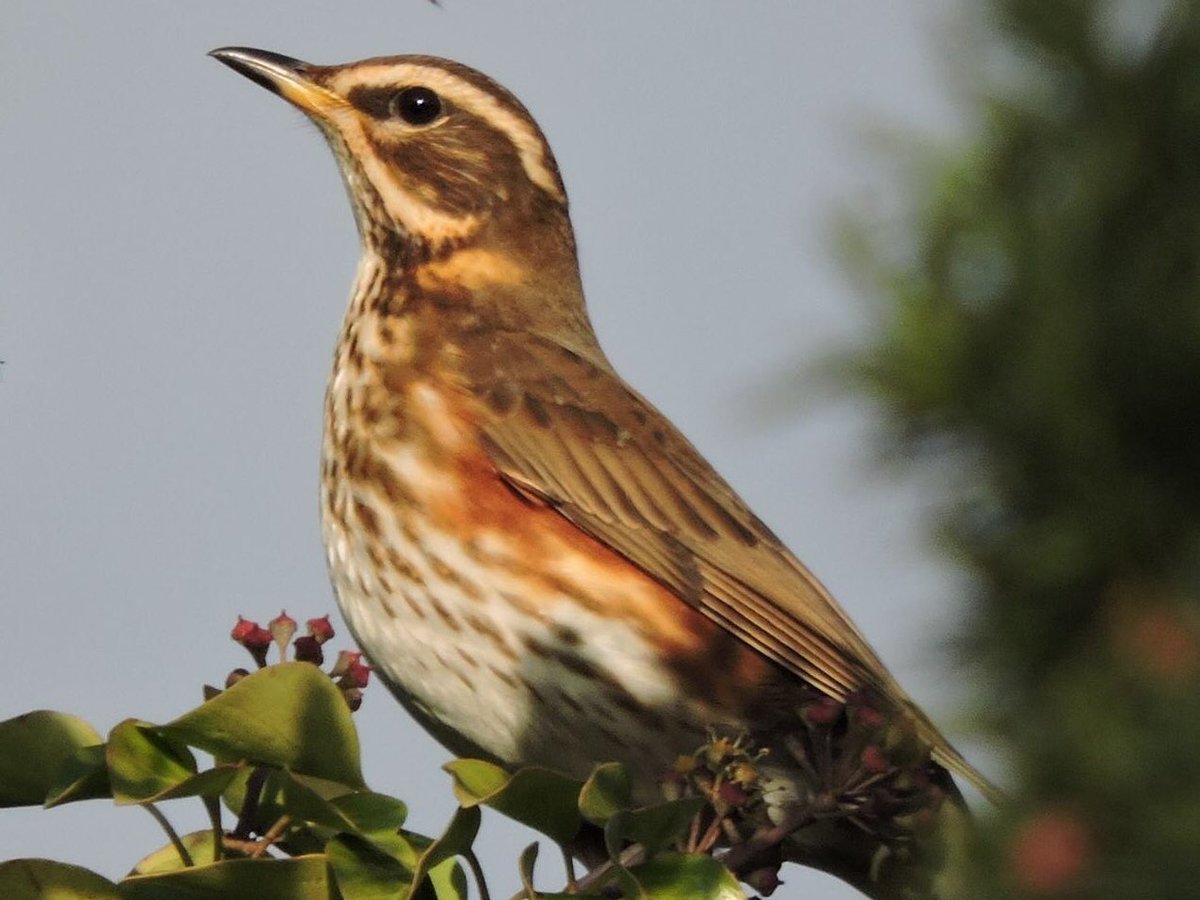 Redwing – John Hansford
Redwing – John Hansford
As we walked home along the path, the sun began to sink and lose its warmth, the sky was turning to a soft pale blue and milky white from the diffused clouds when a flock of 40 odd redwings flew across, silhouetted black against the pale wintry sky probably driven away from the pheasant shoot several fields away, the sound of their shotguns having peppered most of otherwise quiet afternoon walk. Amusing to think that less than a week ago we were desperate for a glimpse of the winter migrants and now they are everywhere!

Description of Surroundings:
Winter wheat growing well, fields of kale already around 4 inches tall, scattering of autumn leaves on trees and path.
Bird Sightings:
Redwings, Fieldfares, Skylark, Dunnock, Pied Wagtail, Kestrel, Great Tit, Long Tailed Tit, Marsh Tit, Blue Tit, Wren, Raven, Buzzard, Chaffinch, Goldfinch, Bullfinch, Robin, Jay, Blackbird, Pheasant, Wood Pigeon, Crow, Jackdaws, Rooks, flocks of gulls. Little Owl (Monday).
Plants:
Herb Robert, Dandelion, Prickly Sow Thistle, Ragwort, Knapweed, Bramble, Leafy Hawkweed, Red Campion, White Clover, Red Clover, Basil, Hop Trefoil, Bush Vetch, Scabious, Yarrow, Hogweed, White Dead Nettle, all in flower.
Animals:
Field Vole (short tailed vole), Roe Deer, Red Admiral butterfly, clouds of Midges, Squirrel, Honey Bee.
2nd November 2017 – 2.15 pm – 4.10pm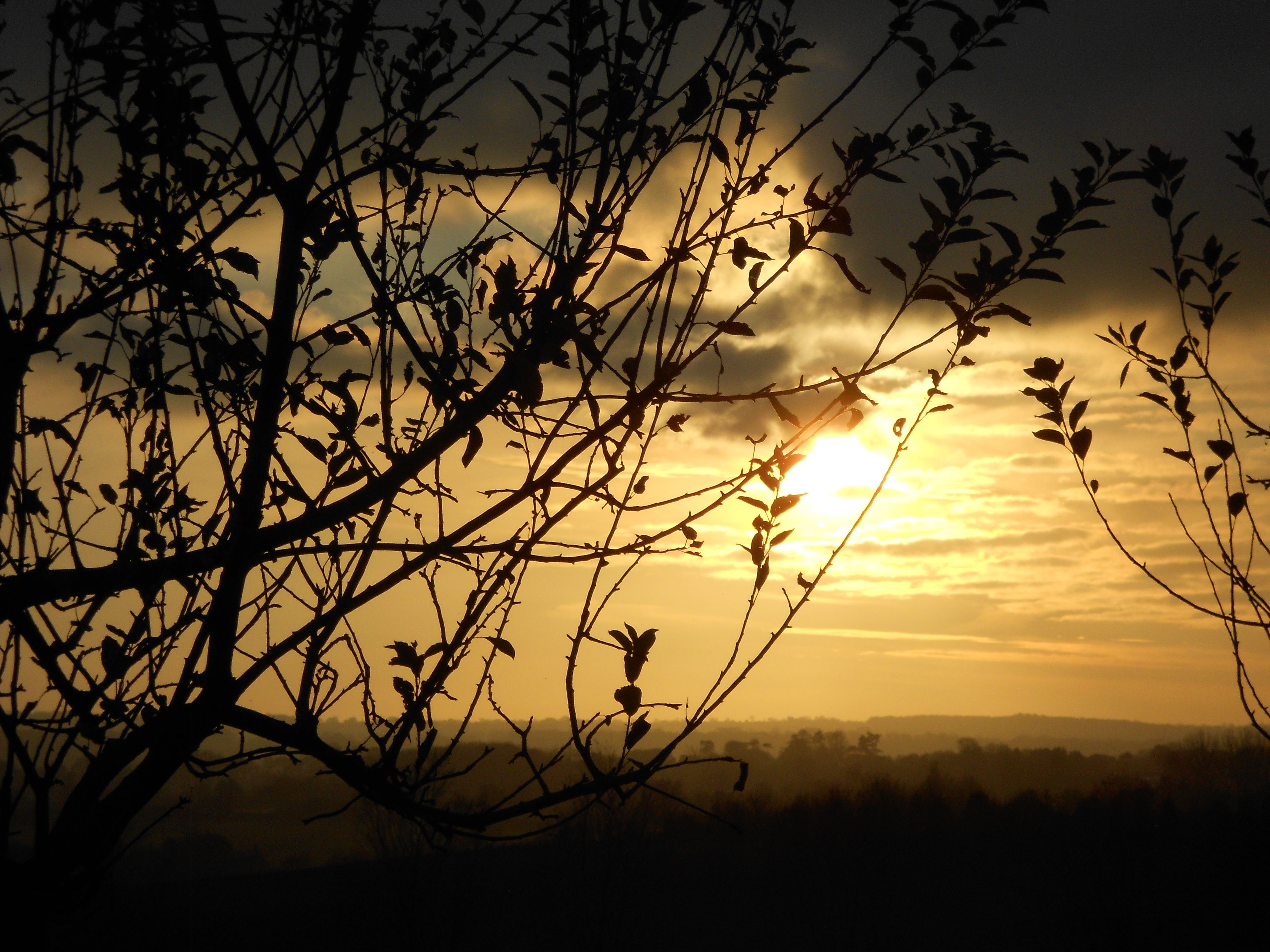
Weather Conditions: Heavy grey cloud intermittent sunny spells.
Temperature: 12-13 degrees Celsius / 53-55 degrees Fahrenheit
For weeks we have been searching the skies and trees and thickets hoping to see either Fieldfares or Redwings all to no avail until this afternoon and there they were – both species have at last arrived along the cycle path! The latest BirdTrack newsletter notes “Reports of Fieldfare have been lagging behind the historical average so far this autumn, but have started to arrive in numbers in the last week” although John Hansford tweeted as long ago as the 20th October that 5 Redwings had flown past his house and another 40 on the 28th! Whatever, it is just lovely that they are here to brighten up our autumn and winter walks and help compensate for lack of flowers and butterflies.
We crunch through dry leaves underfoot in every shade of copper and gold, enjoying the lively scarlet splashes of rose hips and the pink/purple guelder rose leaves whilst clouds of midges float around our heads and the scent of wood smoke hangs in the air. A tractor in the adjoining field rattles and rumbles along, pulling a line of small rollers, their linking chains clanking and chinking but not loud enough to drown out a pair of argumentative ravens on the edge of the wood or the mewing of two buzzards overhead being barked at by crows rising from the trees. The unseasonably warm weather has transformed the bare earth of the spider web field of only a week ago into a carpet of new green winter wheat.
As we returned back along the track the low pale autumn sun water-colour washed the sky with soft milky light, sillouetting flocks of gulls, jackdaws and rooks circling and gliding, following the plough in another field and the group of gulls forming a V as they headed south.
The late afternoon mists were beginning to form and hang low along the hedgerows and distant woods while the low sun lit the nearby bare trees with copper coloured light and turned the small puffs of cloud peachy-pink amongst the dark grey rain clouds almost cloaking the sky.
Half a dozen or so walkers and a handful of cyclists passed along the path.
Description of Surroundings:
Dry and crunchy fallen bronze leaves littering the path, lines of badger snuffle holes and rootlings all along the verges.
Bird Sightings:
Redwing, Fieldfare, Great Tit, Coal Tit, Wren, Raven, Buzzard, Chaffinch, Robin, Bullfinch, Jay, Blackbird, Pheasant, Wood Pigeon, Crow, Jackdaw, Rook, flocks of gulls.
Plants:
A scattering of Meadow Pea, Herb Robert, Dandelion, Brambles, Leafy Hawkweed, Cow Parsley, Red Clover, Basil, Hop Trefoil, Bush Vetch, Scabious, Yarrow, Hop Trefoil, Hogweed, White Dead Nettle, Ivy all in flower. New pale green catkins already forming (half inch) on the Hazel trees. Lots of fungus, Shaggy Ink Caps, Common Funnel, Bonnet, Conical Brittlestem, large Stump fungus, a cascade of Fairy Ink Cap, King Alfred’s Cake.
Animals:
Clouds of midges, 7 spot ladybird, wasps feeding on the ivy flowers.
27th October 2017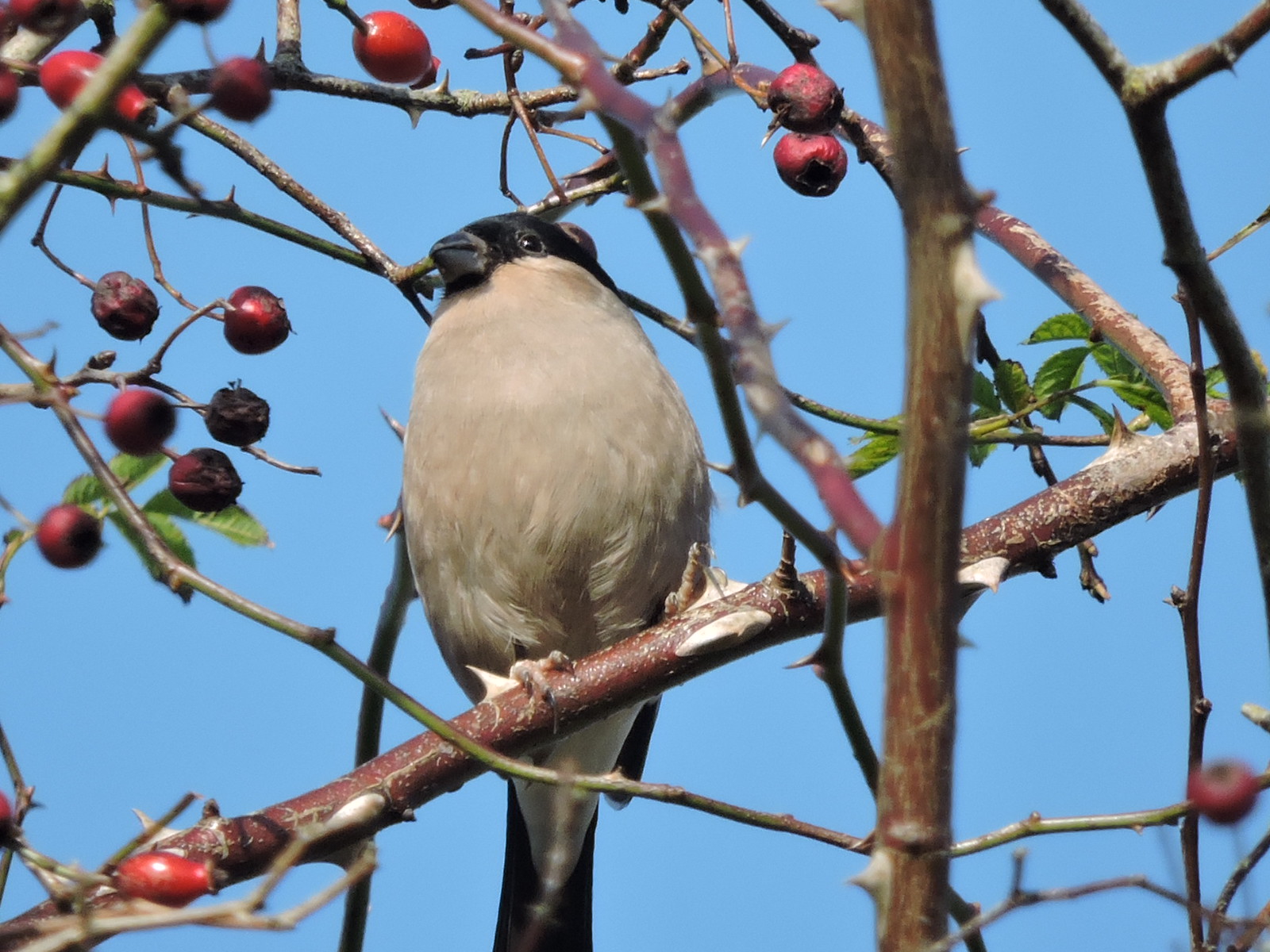 Female Bullfinch – John Hansford
Female Bullfinch – John Hansford
An email from John Hansford who managed a quick 45 min visit on Friday afternoon with his 9 year old daughter. He saw at least 13 Red Admiral Butterflies – really good numbers for this time of the Year but this was the only Butterfly species seen and sent the above photograph of a female Bullfinch next to Jericho bridge. He went on to say “Small flocks of Pied Wagtails and Meadow Pipits (Amber list) were present, several Buzzards were seen and a Raptor was heard to call but sadly remained unseen so the ID wasn’t established. My thoughts were of a Merlin but I will never know!” Exciting to think of a Merlin around the cycle path – maybe we will get a confirmed sighting later in the winter months.
25th October 2017 – 2.15 pm – 4.20pm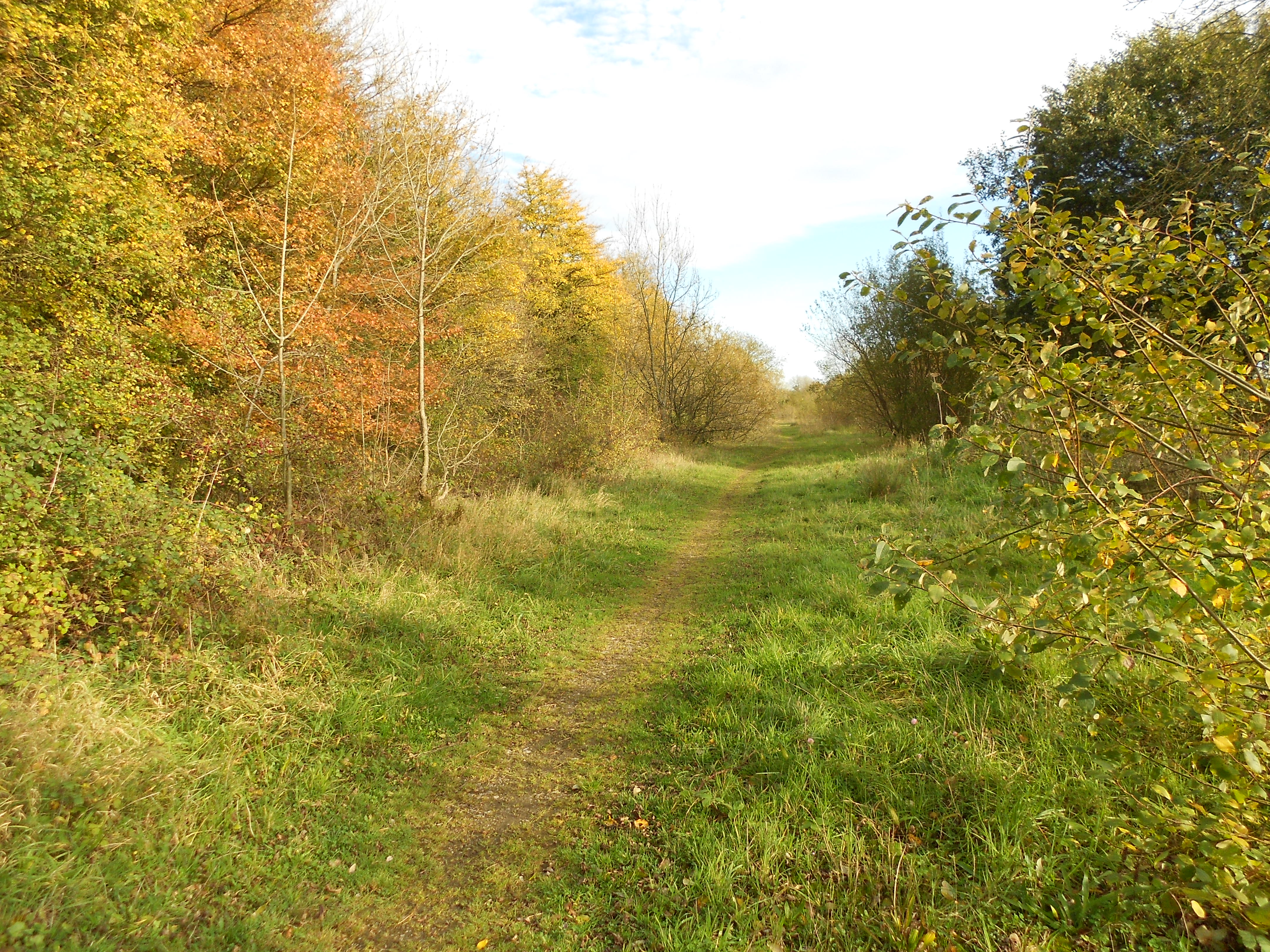
Weather Conditions: Beautifully warm, sunny, fine weather reportedly blown in from the Azores. Light breeze – mackerel sky.
Temperature: 19 degrees Celsius / 66 degrees Fahrenheit
It was an extraordinarily warm afternoon for late October. We noticed slightly increasing numbers of birds but they are still not plentiful and no sign of winter migrants, although redwings have been spotted close by. More plants still flowering on this more open, less shaded, stretch of the path and lots of fungus.
The afternoon sun in autumn seems to create a phenomenon which we have only noticed a couple of times before on grassland – uncountable numbers of tiny spiders webs stretching transversely from clod to clod of earth like a fine net blanket across the entire ploughed and harrowed field. Highlighted by the angle of the sunlight, the gossamer threads looked like millions of cat’s cradles lifting and shifting in the wind, a pathway of glittering brightness across the dun coloured field – quite magical.
The unseasonably warm weather encouraged people to stop and chat – a couple of young women, one with a five week old baby tucked up snugly in a sling across her chest, Natasha Littlewood with friend and dogs which sniff out and scare the hedgehogs, driving them scampering away searching for safety. Natasha had a wonderful photograph of a roe deer sillouetted against a hedge, his head turned towards her, which she had spotted from the path; unfortunately, despite my best efforts, it didn’t transfer successfully to this page.
The cycle path was busy with walkers, children on half term, cyclists of all shapes and ages and we were struck by what a social space it is. One walker we met who walked the path reguarly was telling us of a group of quite elderly people she knew who ring round to each other and then meet up by the Mells Road station and walk together along the path.
Description of Surroundings:
Gold and copper coloured autumn leaves, fields of bare ploughed and harrowed earth, fields with tramlines of winter wheat, one or two inches tall, a haze of emerald green, flooded field edges.
Bird Sightings:
Red Legged Partridge, Yellowhammer, Sparrowhawk, Raven, Buzzards, Chaffinch, Robin, Bullfinch, Jay, Blackbird, Magpie, Pheasant, Wood Pigeon, Crow, Jackdaws, Rooks, a flock of gulls including lesser black backed, parties of finches in the hedgerows.
Plants:
Herb Robert, Dandelion, Nettles, Brambles, Leafy Hawkweed, Cow Parsley, Red Clover, Basil, Hop Trefoil, Fat Hen, Bush Vetch, Scabious, Yarrow, Hop Trefoil, Hogweed, White Dead Nettle, Dogwood, Ragwort, Greater Knapweed, Chickweed, Birds Eye Speedwell, Red Campion, Centaury, Ivy, Pale Toadflax, White Clover, Bird’s Foot Trefoil, Dove’s Foot Cranesbill all in flower. Yellow Fieldcap fungus, Conical Brittlestem fungus.
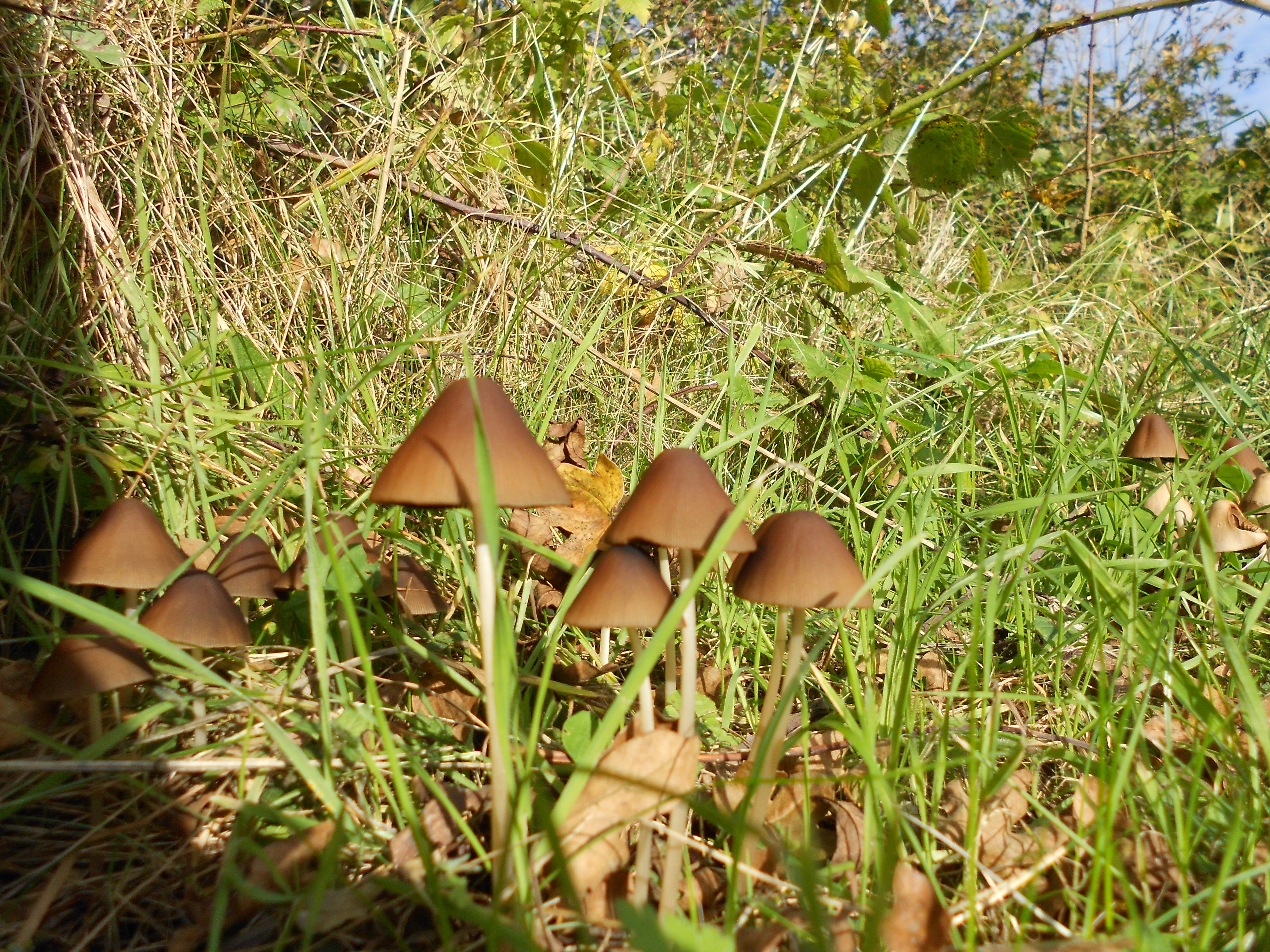
Animals:
A handful of Red Admiral butterflies. [Others: Hedgehog].
22nd October 2017 – 1 pm – 3.10pm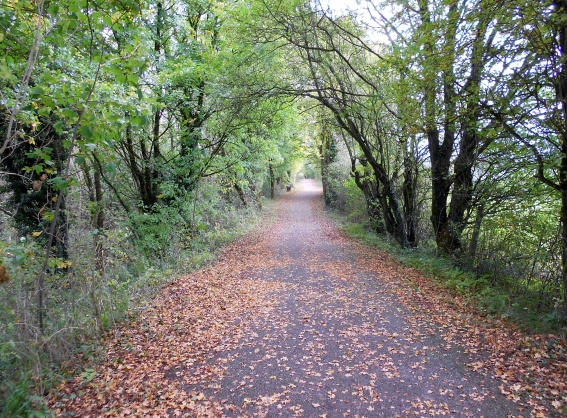
Weather Conditions: Cloudy, strong cold wind, bursts of sunshine.
Temperature: 12 degrees Celsius / 53 degrees Fahrenheit
A blustery, invigorating walk along the path bordered by trees whose wind tossed branches were being thrashed by strong winds, the remains of the previous day’s storm blowing itself out. Occasional bursts of bright sunshine light up the turning leaves of gold, copper, bright Spring-like green and magenta against racing clouds of an ominous dirty grey, filled with rain, chasing rags and wisps of silver-light edged white puffs across deep blue skies. It felt good to be alive.
The water course, the bone dry bed of which we had walked down only ten days or so ago, was now flowing full and fast for the first time since the Spring, tumbling over small waterfalls, pushing past wodges of sodden leaves and fallen sticks, racing downhill. The sound of the water together with the chattering of jackdaws, cawing of rooks and crows and ravens and the trails and clumps of fungus signalled autumn was well and truly here.
We were surprised to see such an extraordinary number of vibrantly coloured Red Admiral butterflies and wondered if these were newly arrived migrants rather than a late brood.
We chatted to one couple who alerted us to the funnel fungus on the banks below the badger setts. They were saddened that the bee orchid (one of the tallest, many flowered orchid plants they had ever seen) had been slashed down by the machine which mows the verges of the cycle path and we talked about the Medlar which we noticed had suffered a similar fate. A few cyclists but lots of walkers and runners.
Description of Surroundings:
Few flowers, lots of fallen twigs, leaves and acorns, fungus everywhere; fields green and empty apart from numerous strutting pheasants.
Bird Sightings:
Blue tit, Robin, Bullfinch, Blackbird, Wren, Raven, Magpie, Pheasant, Wood Pigeon, Crow, Jackdaws, Rooks, parties of tits.
Plants:
Mouse-ear Hawkweed, Dogwood, Corn sow thistle, Smooth cow thistle, Hedge woundwort, Fat hen, Hogweed, Bush Vetch, Ivy, White dead-nettle, Red Clover, Herb Robert, Stinging nettle in flower, Guelder Rose and Spindle in berry. Common Funnel fungus, Butter Cap fungus, Shaggy Ink Cap fungus.
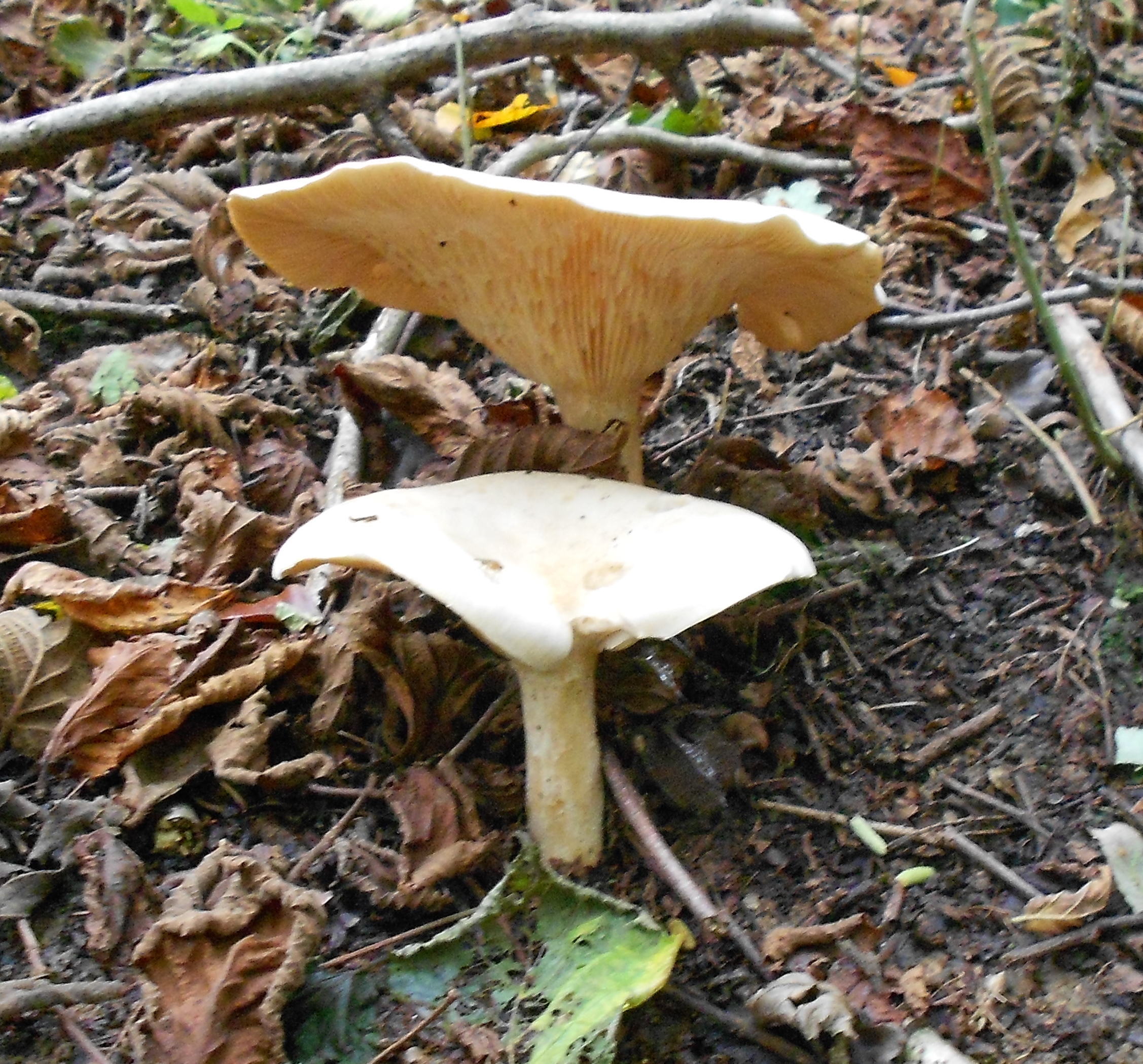
Animals:
Lots of Red Admiral butterflies, Grey Squirrel, Spangled gall.
16th October 2017 – 8.59am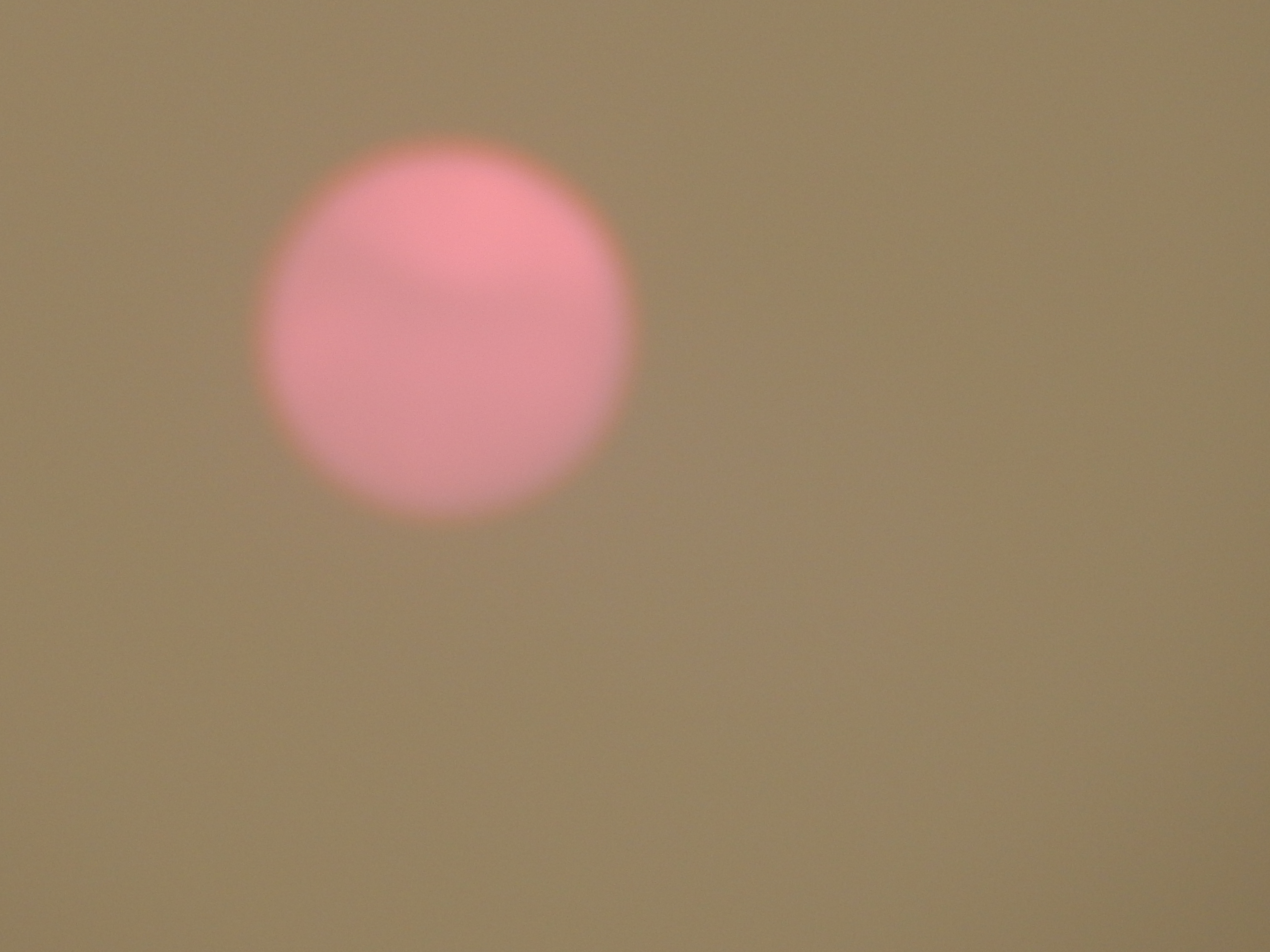 Red Sun created by Sahara Dust in the atmosphere
Red Sun created by Sahara Dust in the atmosphere
10th October 2017 – 10.30am-12.35pm 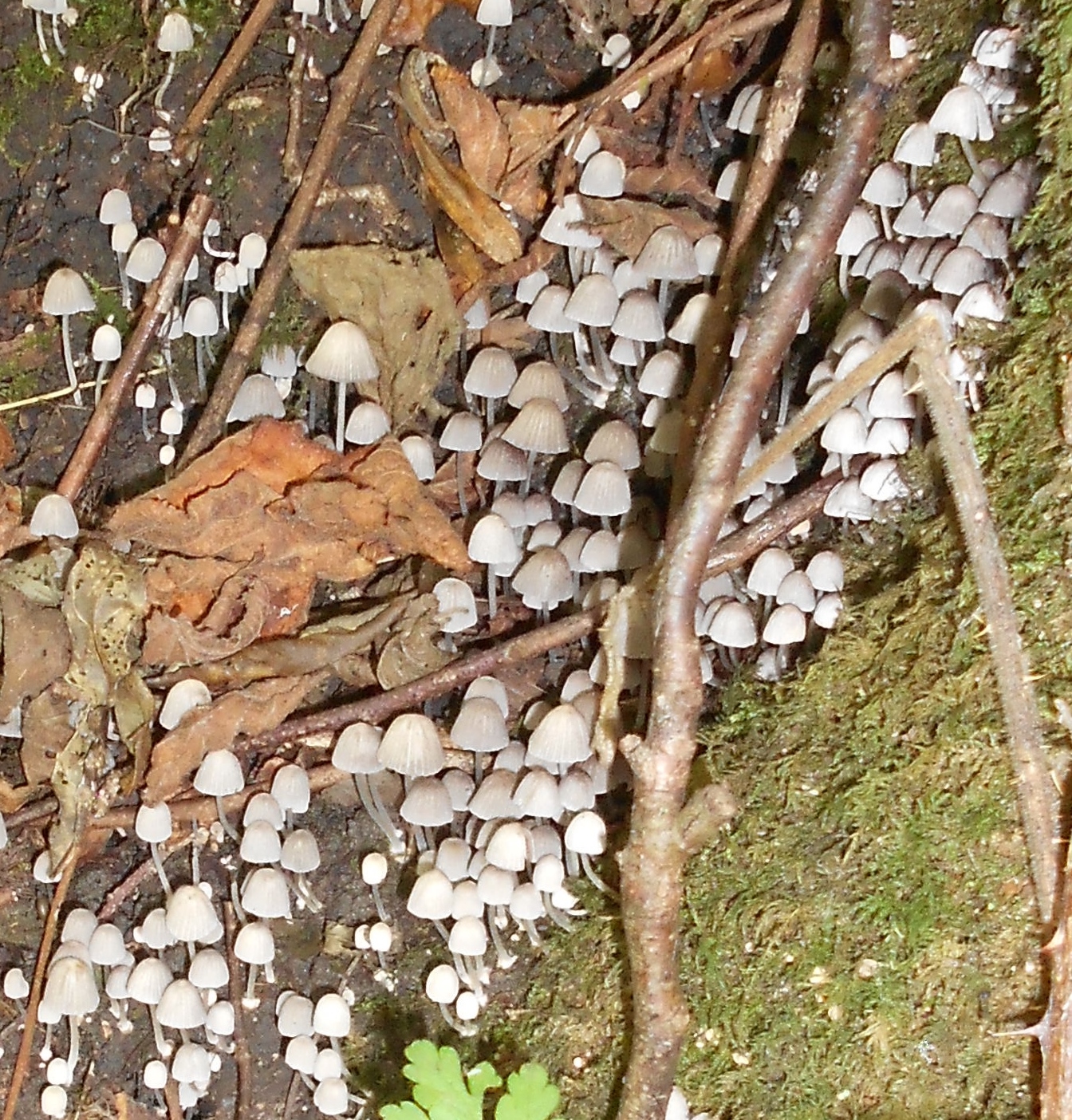 Fairy Inkcap
Fairy Inkcap
Weather Conditions: Cloudy, overcast, chilly blustery wind, bursts of sunshine, fine rain showers.
Temperature: 16-17 degrees Celsius / 60-62 degrees Fahrenheit
Leaves turning, billows of white smoke from a large bonfire rising and drifting above fields barren of any signs of life, before becoming lost in the upper branches of the trees. A blustery wind soughing through the oaks and hawthorns, hazel, ash and maples, showering us with a confetti of golden leaves swirling around our heads and laying a copper carpet at our feet as we walked.
A considerable number of snuffle holes along the path side verges below the banks of badger setts, several grey squirrels scampering about up and down the trees, and parties of tits flitting through the trees tweeting vociferously. Clumps and scatterings of fungus lie amongst the leaf litter, a single butterfly and a large hornet spotted as we walk along. The hornet is probably a queen given its size, possibly drinking the nectar of the ivy flowers. Mature ivy, prolific along the Way, must be one of the few wild plants to flower in the autumn, a boon for bees and butterflies and many other insects.
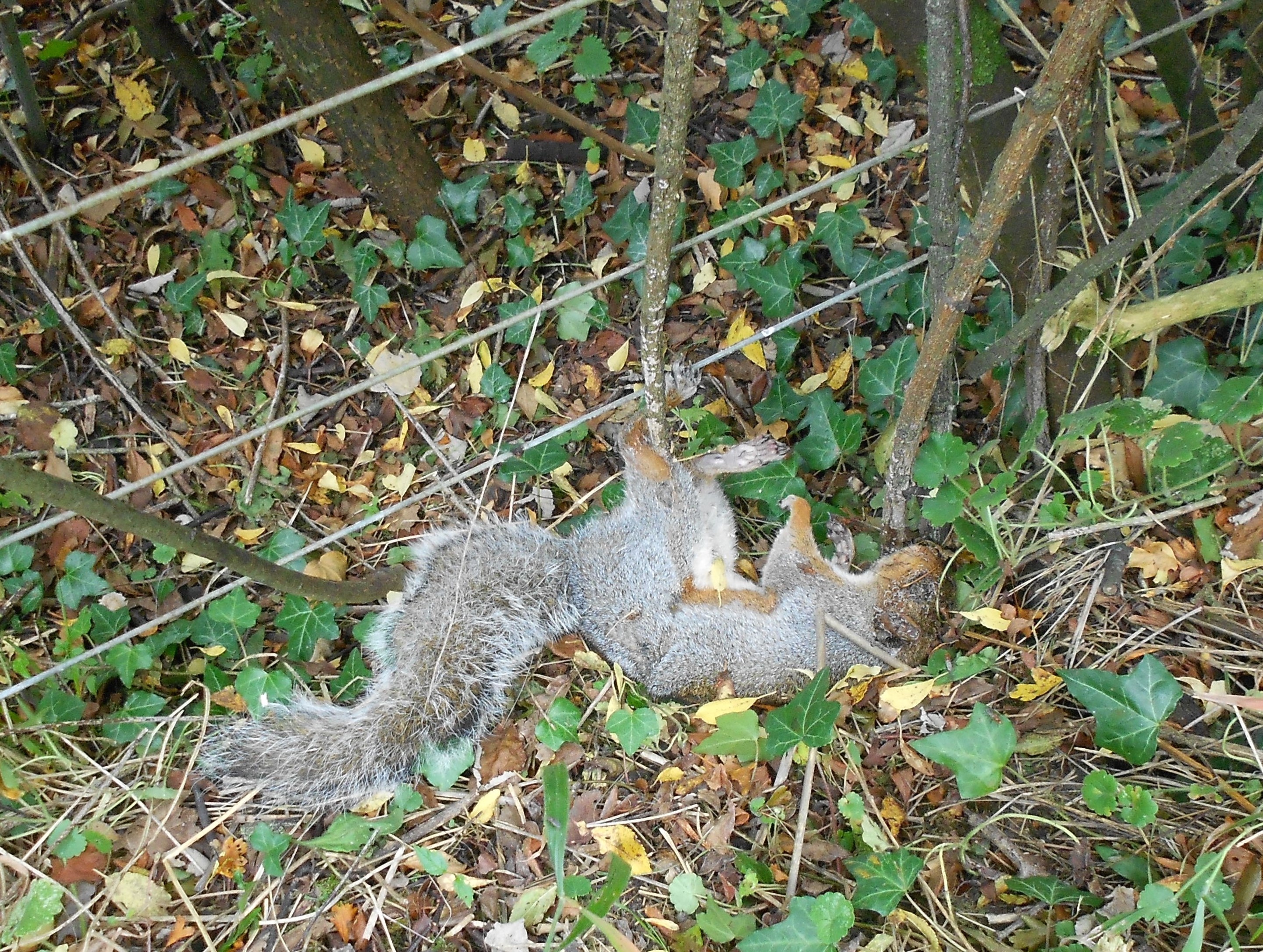
We saw a dead pheasant’s head on the path with no sign of its body or any feathers close by. Some people say this is a sign of foxes, others owls or birds of prey, yet others mink but who can tell. We also saw a dead squirrel which at first glance looked as if it had been thrown into the ditch at the side of the path but which on closer inspection appeared to have caught its foot between the post and the wire. It didn’t look as if it had been there for very long and there no sign that any attempt had been made to eat it, although it did look as if its eyes had been pecked out, possibly by Crows or Ravens.
Two horse riders. clip clopping, ambling along, a sprinkling of cyclists, several walkers with dogs. We chatted to a man in his 70s who had cycled over from Peasedown St John via Radstock – a return journey of some 14-15 miles. He urged us to take our bicycles to the park and ride at Bath and take the cycle path along his favourite ride, from Bath to Bitton, and sometimes on to Bristol.
Description of Surroundings:
Some trees with turning leaves, some still green, some already bare, path covered with copper leaves, seemingly far fewer berries than last year and they are already shrivelling after such an early fruiting in August.
Bird Sightings:
Long Tailed tit, Blue tit, Great tit, Robin, Bullfinch, Chaffinch, Raven, Blackbird, Magpie, Jay, Pheasant, Wood Pigeon, Crow, Buzzard.
Plants:
Hop Trefoil, White Dead nettle, Common Valerian, Chickweed, Field Bindweed, Bush Vetch, Red Campion, Basil, Dogwood, Ivy, Stinging Nettle, Moon Daisy, Red Clover, Daisy, Bramble, Prickly Sow Thistle, Creeping Thistle all in flower. Fungus – Shaggy Inkcap, Fairy Inkcap, Common Bonnet, King Alfred’s cakes,
Animals:
Speckled Wood butterfly, Hornet (queen?) Grey Squirrels, Hoverfly.
8th October 2017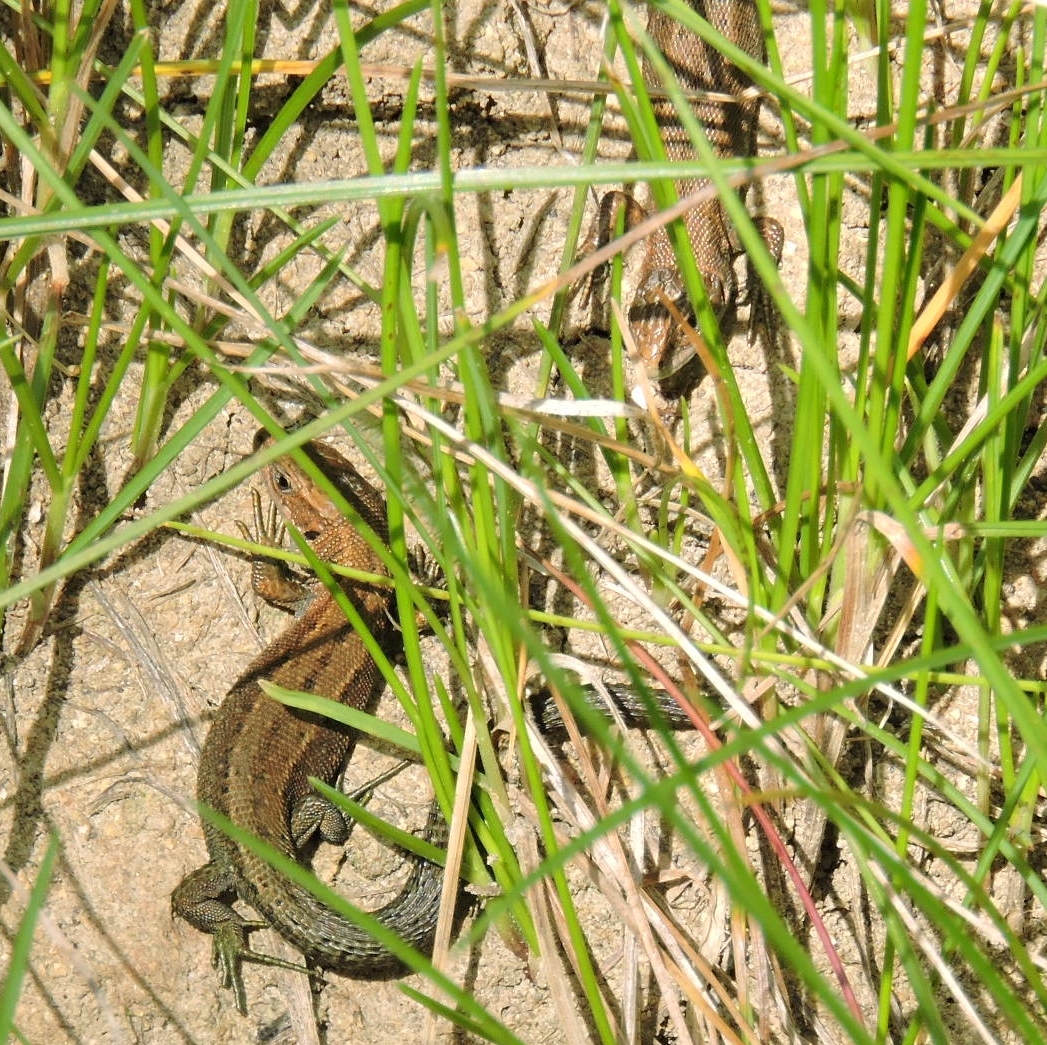 Common Lizards – John Hansford
Common Lizards – John Hansford
It has been a brilliantly clear sunny autumn day with temperatures between 13-15 C / 55-50 F – a new email from John Hansford with some marvellous sightings and a beautiful photograph of two lizards (we have never seen more than one at a time or managed to photograph one!)
What a wonderfully evocative autumn scene – to see the sky larks and bullfinches flocking together in such numbers and to see the meadow pipits arriving for over wintering – quite special. We have also been noticing the increasing numbers of ladybirds just recently and the surprising number of butterflies. John’s email reads :
“I attach a photo of 2 of the 3 Common Lizards seen from the cycle path this afternoon.
Butterflies – 1 Comma, 1 Peacock, 1 Large White, 2 Speckled Wood, 6 Red Admirals.
Birds – Winter flocks of Sky Larks building up with a group of 18 seen flying over the path as well at least 12 Bullfinches. The first Meadow Pipits of the Autumn have arrived.
It was also noticeable that there were many Ladybirds around today, more than I have seen for a long time.”
Thanks John – What a triumph!
3rd October 2017 9.50am-12.05pm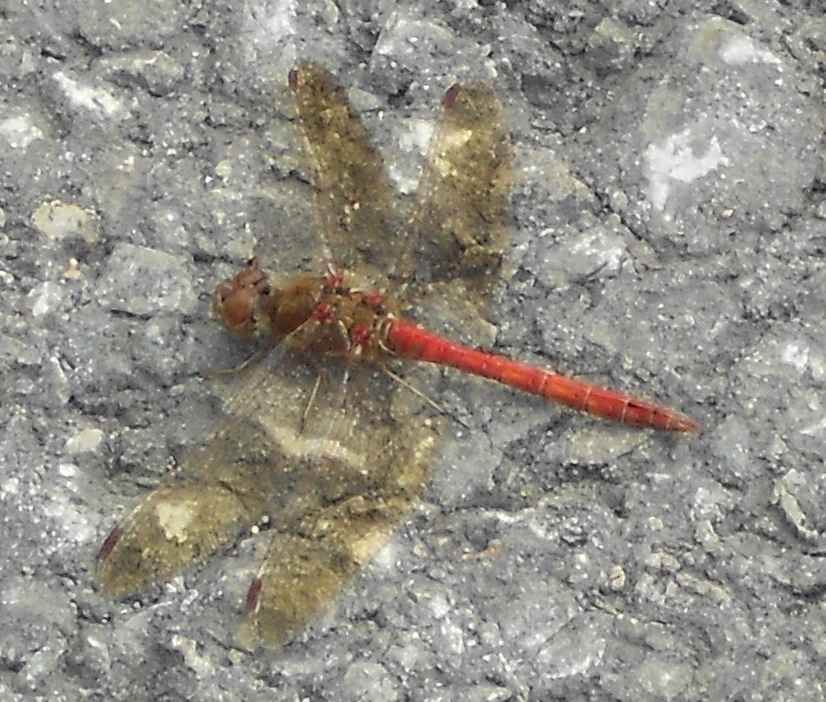 Common Darter Dragonfly
Common Darter Dragonfly
Weather Conditions: Bright, sunny morning. Cold wind, blue skies, the sun hot in sheltered spots
Temperature: 12-14 degrees Celsius/53-57 degrees Fahrenheit
Although the cold wind and crisp air signalled autumn, the sun was warm enough to make the walk along the path wonderfully invigorating. The cheerful song of the many robins marking their territory and shouting at all the other robins to “get off my land” accompanied us along the way reminding us of the season as did the kaah and jack jack of the crows, rooks and jackdaws and the rusty croak of the raven.
A surprising number of plants still in flower, which must be very welcome to the bees and several butterflies we spotted, although the butterflies looked rather forlorn, flying all alone, the comma settled on a buddleia leaf as if waiting for the flowers to appear, although more likely to be just soaking up the sun.
Lots of cyclists (including a party of 8-10), lots of runners, and lots of walkers, all enjoying the bright, crisp sunny morning.
Description of Surroundings:
Newly germinated crops of grass or winter wheat already showing an inch or two of green shoots. Other fields ploughed with thick chunks of dark brown earth or golden stubble. Deep puddles along the margin of some of the fields.
Bird Sightings:
Kestrel, Bullfinch, Chaffinch, Raven, Herring Gull, Blackbird, Robin, Pheasant, Jackdaw, Rook, Wood Pigeon, Crow.
Plants:
Groundsel, Red Campion, Greater Knapweed, Pale Toadflax, Meadow Cranesbill, Yarrow, Stinging Nettle, Moon Daisy, Prickly Sow thistle, Hogweed, Hedge Bedstraw, Red Clover, White Dead Nettle, Scabious, Leafy Hawkweed, Meadow Pea, Bush Vetch, Wild Basil, Scots Thistle, Dove’s Foot Cranesbill, Common St John’s Wort, Square Stalked St John’s Wort, Buttercup, Ragwort, Dandelion, Rest-harrow, White Clover, Chickweed, Dogwood, Field Bindweed, Nipple-wort, Fat Hen, Hedge Woundwort, Rose Bay Willow-herb, Creeping Thistle, Forget-me-not, Birds Eye Speedwell, Centaury, Square Stalked St John’s Wort, Cocksfoot grass all in flower. Yellow oat grass, Hard Rush. Turkey tail bracket fungus.
Animals:
Red Admiral, Comma, Speckled Wood, Large White butterflies, Common Darter dragonfly, 7 Spot Ladybird, Buff Tailed bumble bee, Honey Bee.
26th September 2017 2.05pm – 4.10pm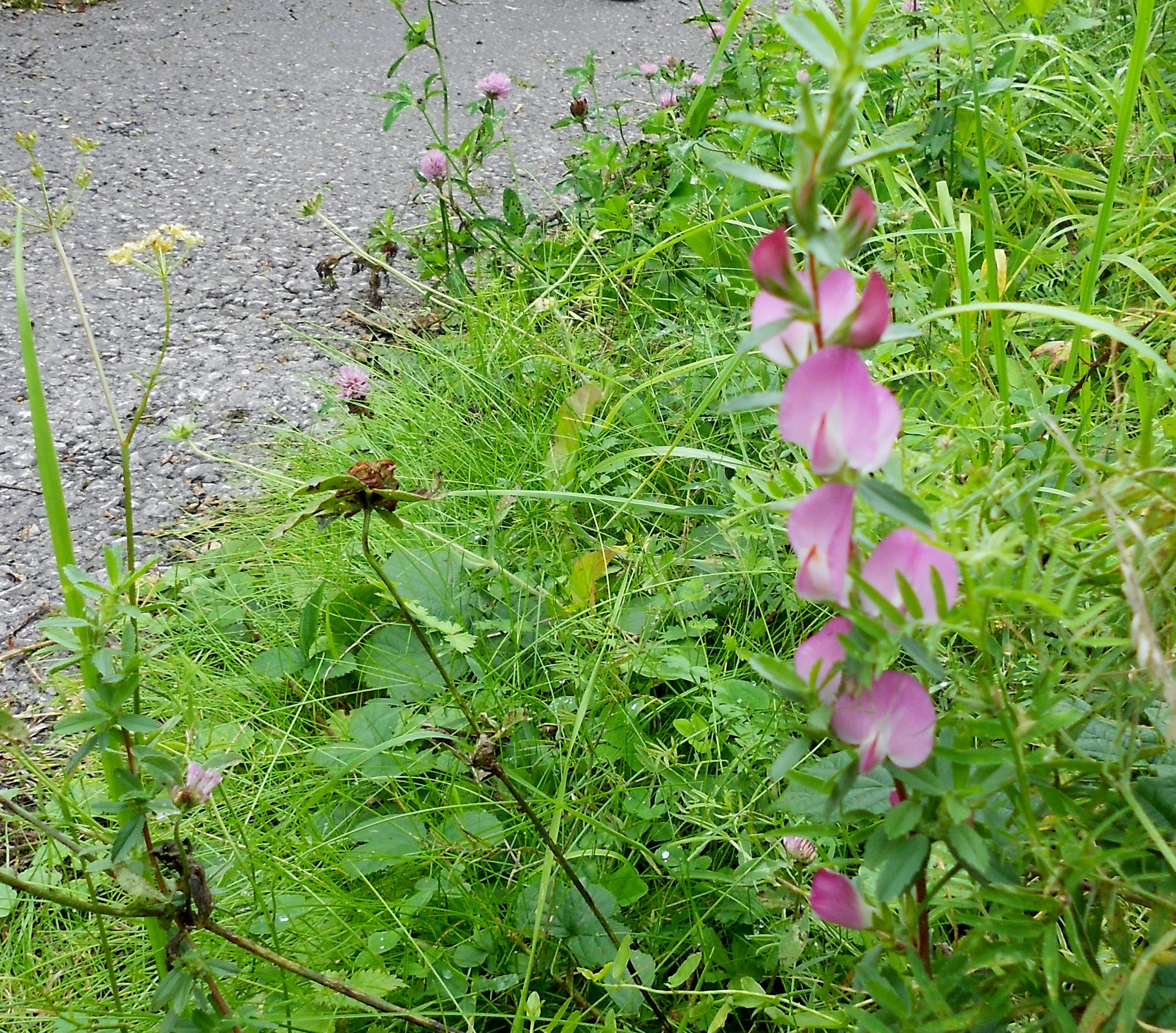 Common Restharrow
Common Restharrow
Weather Conditions: Hazy sun, very humid, the air still and quiet.
Temperature: 17-18 degrees Celsius/62-64 degrees Fahrenheit
The aromatic scents rising from the sun-warmed damp plants, flowers and mosses and filling the air as we walk along are quite heady, a sweet flower perfume intermingled with the sharp scent of wood smoke and the deep intense scent of wet grass and herbs – quite wonderful. The last remaining summer flowers are still lingering on, some with a second flowering, but apart from two or three small whites and a small tortoiseshell, there were no butterflies. It’s difficult not to mourn the final passing of summer when the memory of hot sun, warm air filled with butterflies and banks and glades full of flowers is still so alive and vivid.
The field maple leaves are almost entirely yellow now, the hawthorn leaves splashing ruddy-red like the wild cherry and the hornbeam seed-heads, hanging like upside-down-pagodas, have turned dark gold.
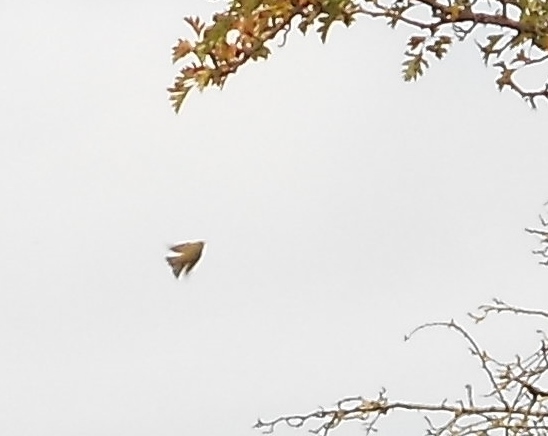
We stood watching a flock of chaffinches and buntings flying between the trees and bushes, acting almost like flycatchers, darting and swooping out of the branches snatching the tiny insects swarming in the still air, while a buzzard circles overhead and a raven’s deep throaty croak echoes across the autumn fields.
Lots and lots of cyclists, mostly oldies, a couple of women with their dog, a keen ornithologist from Radstock taking photographs with a plate camera on a tripod and a young woman, baby in sling, were the only other walkers. She was searching and calling for Flossie her English pointer who had disappeared into the thick undergrowth and despite us all shouting and whistling Flossie seemed determined to hide! She was found eventually – a beautiful bitch, white and cream.
Description of Surroundings:
Some ploughed, some stubble fields left fallow. Although the sun had burnt off the thick morning fog, a light mist still clung in whisps around the trees in the distant woods.
Bird Sightings:
Bullfinch, Chiff Chaff, Chaffinch, Blue Tit, Jay, Magpie, Raven, Lesser Black Backed Gull, Buzzard, Blackbird, Robin, young Pheasant, Jackdaw, Yellowhammer, Wood Pigeon, Crow.
Plants:
Groundsel, red dead nettle, white dead nettle, yarrow, moon daisy, red Campion, Herb Bennet, Herb Robert, Ivy, stinging nettle, ribwort plantain, ragwort, prickly sow thistle, leafy hawksbit, scabious, wild basil, red clover, white clover, St John’s wort, hop trefoil, tufted vetch, hogweed, red bartsia, Scotch thistle, welted thistle, burdock, dove’s foot cranesbill, meadow pea, moon daisy, buttercup, dandelion corn marigold, pale toadflax, rest harrow, dogwood, field bindweed, meadow cranesbill, hedge bedstraw, knapweed, agrimony, bush vetch, rose bay willow-herb, birds-eye speedwell, common hemp nettle, forget-me-not, self-heal.
Animals:
Small White and Small Tortoiseshell butterflies, 7 Spot Ladybird, Honey Bee, Wasp.
22nd September 2017
– Autumn Equinox –
Cold, crisp night, Orion’s belt and the morning star bright and sparkling in the clear dark pre-dawn sky. A golden sunrise orange-reddened the horizon, illuminating the autumn mists hanging low in the fields. The air slowly warmed and cleared to a dazzlingly beautiful morning.
19th September 2017 10.40am-1.10pm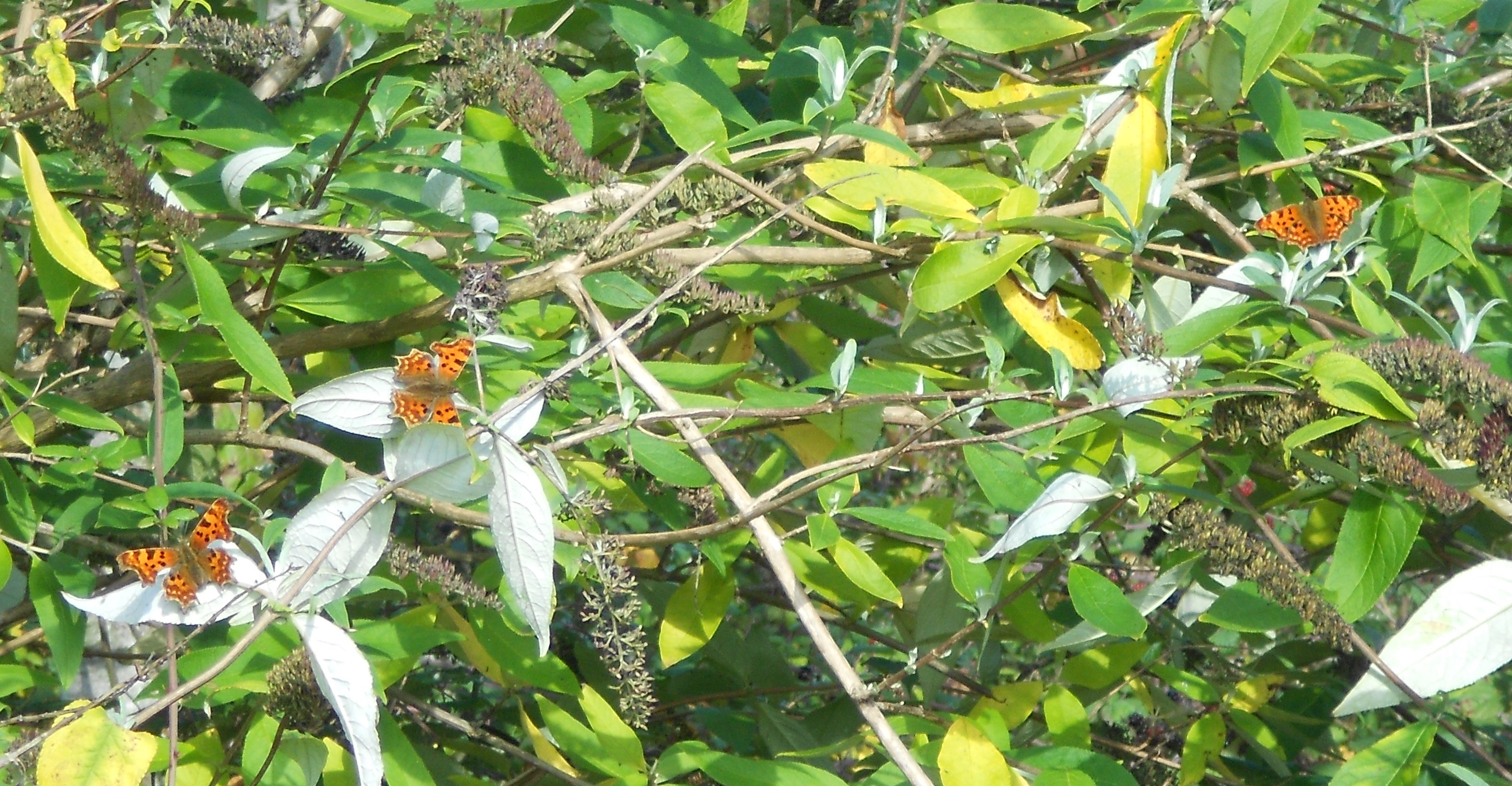 Commas on Buddleia
Commas on Buddleia
Weather Conditions: Sunny, light breeze, cool in the shade.
Temperature: 12-15 degrees Celsius/ 53-59 degrees Fahrenheit
These days leading up to the Autumn Equinox signal the change of seasons – the sun is still hot but the air cool, there are butterflies around but fewer and the banks of flowers, trees and hedgerows have a decided autumnal feel – seed heads, berries and nuts replacing flowers, leaves on the Wych Elm turning pink and yellow, the Wild Cherry splashing orange and deep crimson and the borders of rose bay willow herb turning scarlet red, while the drone of a farm machine cutting the field hedges, tidying up before winter, drifts across the path and the contrast between the brown earth of the newly ploughed fields and the green grass lines cutting through the golden stubble is most striking. Black bryony’s skeins of yellow, orange and red berries are draped across the hedgerow like garlands of early Christmas decorations and the hips and haws are flaunting their profusion, sure to attract the Fieldfares and Redwings, due to arrive any time soon.
A dense mass of flowering ivy had attracted lots of wasps, one of whom was caught in a spider’s web but eventually managed to extricate itself and fly away. A delicate white downy feather lay beside a path winding through a stretch of moss, grass and low growing plants, drops of dew still clinging and sparkling in the sunlight. Occasional scattered clumps of feathers showed that some predator had managed a good meal.
A steady stream of cyclists in mufti and a few bikras, lots of runners with dogs and several walkers, enjoying the last traces of summer.
Description of Surroundings:
Newly ploughed fields, stubble fields and strips of un-harvested maize between hedges and lines of poplars lying quiet in the sunshine.
Bird Sightings:
Bullfinch, Goldfinch, Chiff Chaff, Blue Tit, Long Tailed Tit, Linnet, Buzzard, Blackbird, Robin, Pheasant, Wood Pigeon, Raven and Crow. Seen by others: Kestrel.
Animals:
Comma, Speckled Wood, Red Admiral, Small White butterflies, 7 Spot Ladybird, Long Winged Cone Head Cricket, Common Field Grasshopper, Common Lizard, Honey Bee, Wasp, and Crane Fly.
Plants:
Yarrow, Herb Robert, Herb Bennet, White Dead Nettle, Bramble, Red Clover White Clover, Ragwort, Wild Basil, Corn Marigold, Moonflower, Rest Harrow, Pale Toadflax, Scabious, St John’s Wort, Bush Vetch, Hop Trefoil, Ribwort Plantain, Hedge Bedstraw, Meadow Pea, Prickly Sow Thistle, Knapweed, Red Bartsia, Dove’s Foot Cranesbill, Hogweed, Buttercup, Meadow Cranesbill, Agrimony, Rose Bay Willow herb, Vervain, Common Hemp Nettle, Dogwood, Chickweed, Field Bindweed, Forget-me-not, Great Bindweed, Ivy, Old Man’s Beard, Centaury, Birds Foot Trefoil, Self-Heal, Field Speedwell, Woody Nightshade, Dandelion all still in flower.
17th September 2017
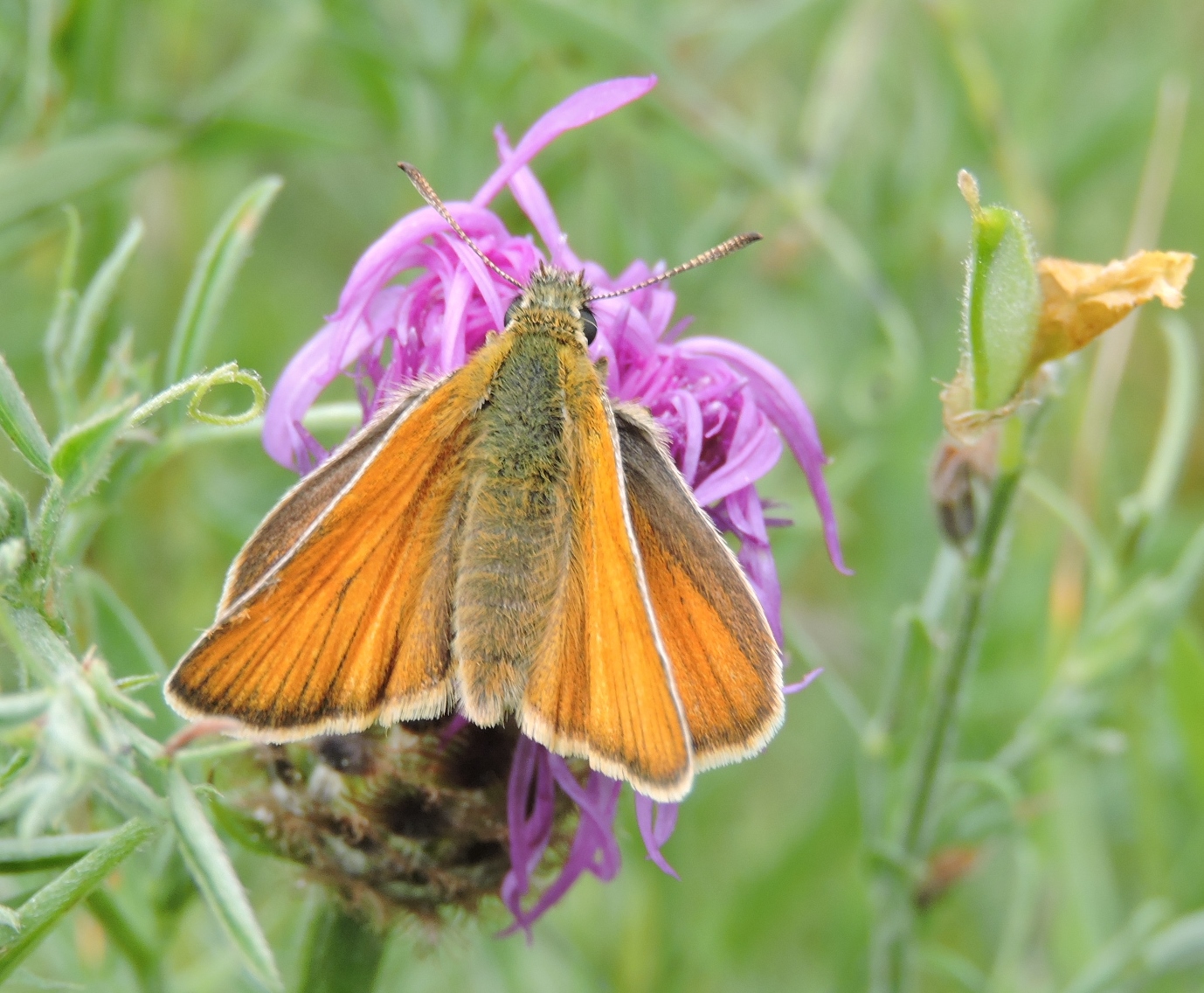
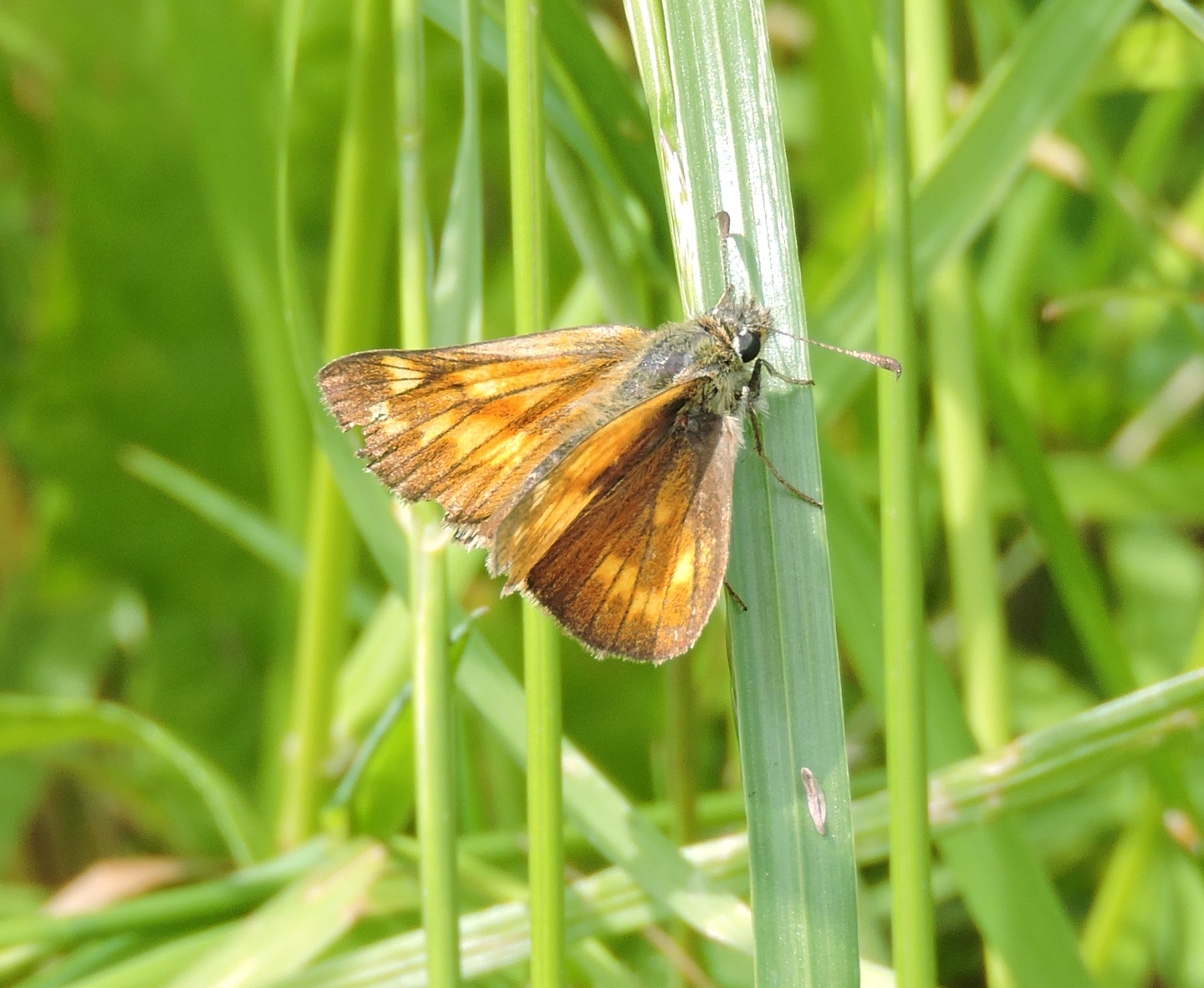
Small Skipper Large Skipper
An email from John Hansford enclosing photographs of Small and Large Skippers (shown above) seen at the end of June near the oak bench by Conduit Bridge and the above photograph of a Spotted Flycatcher also seen on the cycle path this summer.
_______________________________________________________________________________________
15th September 2017: Terrorist attack at Parsons Green Tube Station : the fifth terror incident in England during 2017.

_________________________________________________________________________________________
12th September 2017 – 11am – 12.45pm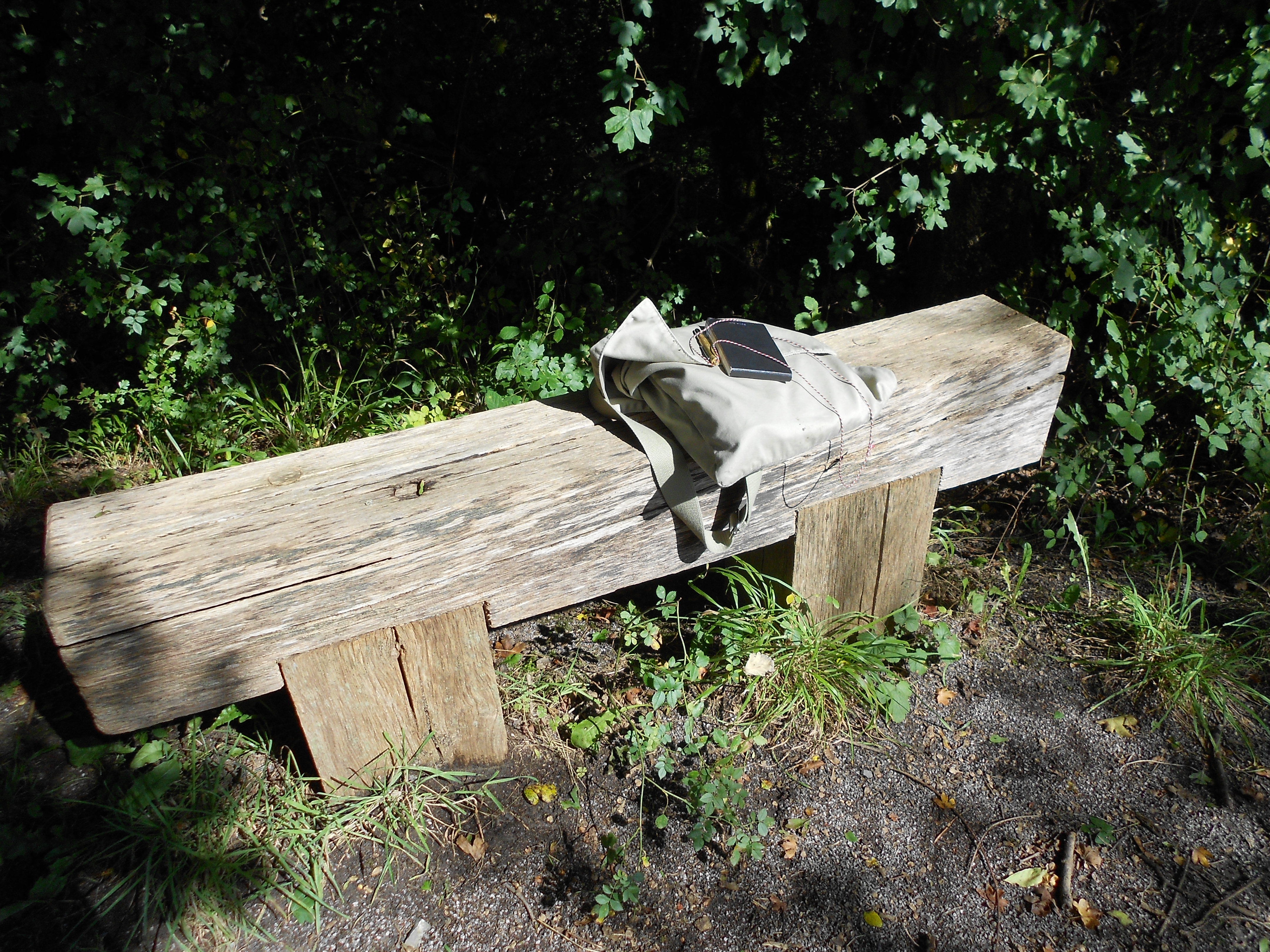 Simplicity – Oak Bench by Yumiko Aoyagi
Simplicity – Oak Bench by Yumiko Aoyagi
Temperature: 15-16 degrees Celsius/ 55-60 degrees Fahrenheit
Weather Conditions: Cloudy, light shower, chilly north-westerly wind and bright, sunny intervals.
We had not expected to see many, if any, butterflies after the cold winds, heavy rain and thunder storms of recent days but were even more astonished to see the comma, small copper and silver washed fritillary. Although there were speckled woods and whites all along the path, the remainder of butterflies were feeding amongst the flowers in an open glade, almost entirely enclosed by tall trees and shrubs, where the brief spells of surprisingly hot sunlight warmed the clearing which was completely sheltered from the blustery winds.
The cycle path under the trees was strewn with hazel nuts, acorns and small twigs blown down by the wind, the acorn cups fresh and clean, the acorns white through green to brown and the hazel nuts milky cream in their sheathes of bright green. Among the acorns, an aborted brown knopper oak gall, a small hole showing where the hatched lava emerged. Interesting to think that an English Oak doesn’t produce acorns until it is 40 years old.
Many considerate cyclists and only one other walker – the young man exercising his silver grey Siberian husky. When I said it was the first time I had seen the dog running free without pulling him along on his skate board, he said it was much too hot in summer but also that he was training him at the moment to be off the lead – he needed to be extremely watchful now there were pheasants about. He is a magnificent looking dog with striking colouring, piercing blue eyes and immensely fit.
Description of Surroundings: Shifting dappled shade falling across the path once the rain shower passed, very quiet and serene in the shelter of the trees, despite the soughing of the wind through the uppermost branches overhead.
Bird Sightings:
Swallow, Jay, Bullfinch, Wren, Buzzard, Blackbird, Robin, Rook, Jackdaw, pheasant, wood pigeon, and crow.
Plants:
Corn sow thistle, herb Robert, bramble, field bindweed, hedge bindweed, hogweed, stinging nettle, white dead nettle, red clover, St John’s wort, moon daisy, prickly sow thistle, nipplewort, common valerian, meadowsweet, daisy, dandelion, meadow pea, tufted vetch, ragwort, red bartsia, hop trefoil, meadow cranesbill, buttercup, red Campion, burdock, wild angelica, ivy, corn marigold, woody nightshade, ribwort plantain, old man’s beard, birds foot trefoil, creeping thistle, red leg, teasel, mallow, brown birch, common hemp nettle, leafy hawkweed and Himalayan honeysuckle all in flower and the last also carrying its red and black berries.
Animals:
Silver washed fritillary, comma, small copper, small tortoiseshell, speckled wood, red admiral, small white, large white butterflies, Knopper Oak gall and grey squirrel.
9th September 2017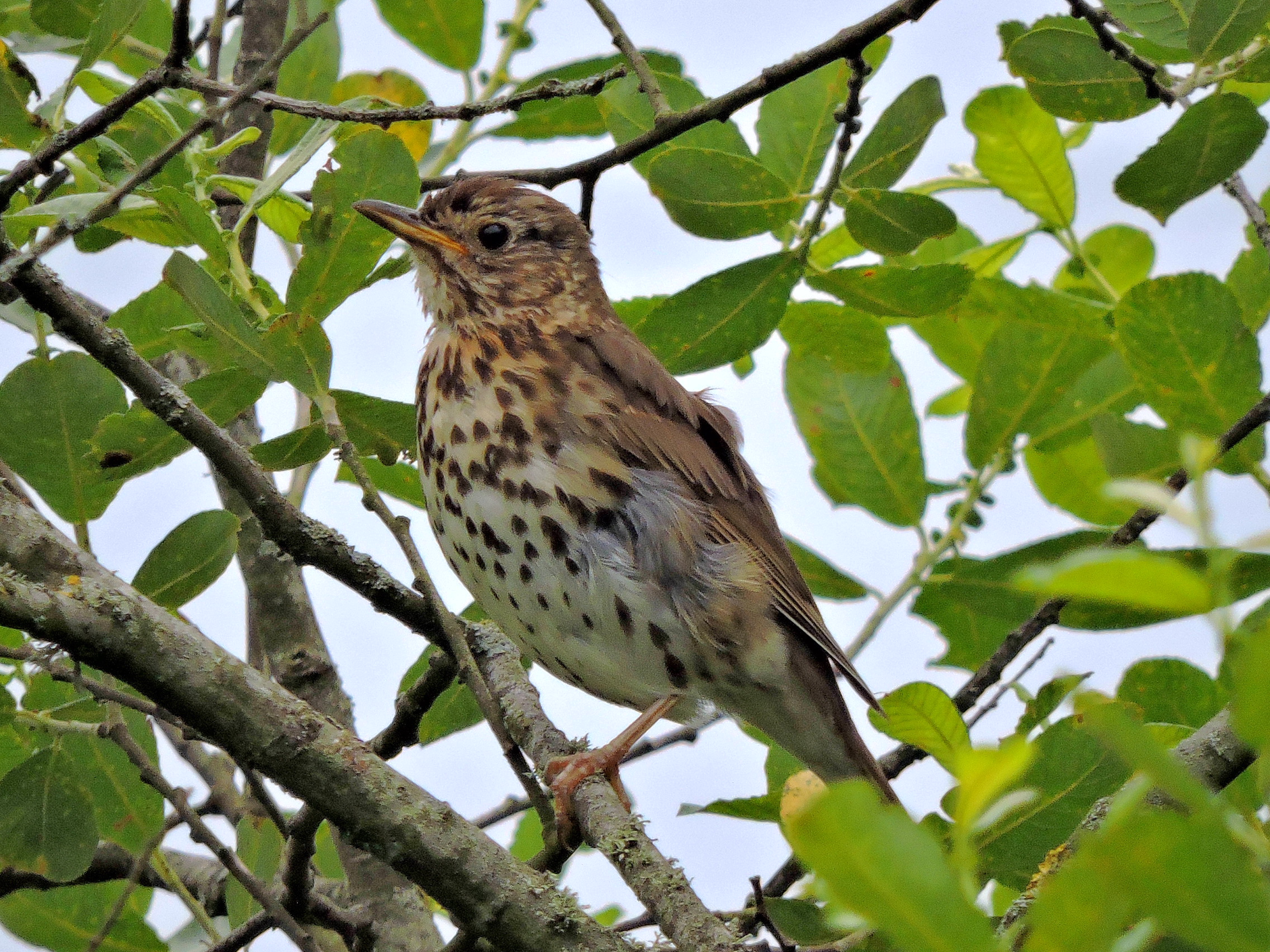 Young Song Thrush – John Hansford
Young Song Thrush – John Hansford
Exciting news from John Hansford about his recent sightings along the cycle path – a Stone Curlew (seen whilst walking with his family) and a Common Crane – both of which are on the Amber list. He also mentioned that the Reed Buntings (Amber list) and Sedge Warbler mentioned in an earlier post had both held territories in the reeds by the poplars for the second summer running – it’s so good to hear that these birds are established and breeding here.
His sighting of two Moorhens feeding out in the middle of a field surrounded by Fieldfare and Redwing in a cold spell in the spring reminded us of the mallard we spotted serenely swimming in a flooded ditch in the corner of a field at about the same time of the year – totally unexpected!
9th September 2017 – 9.10 – 11.30am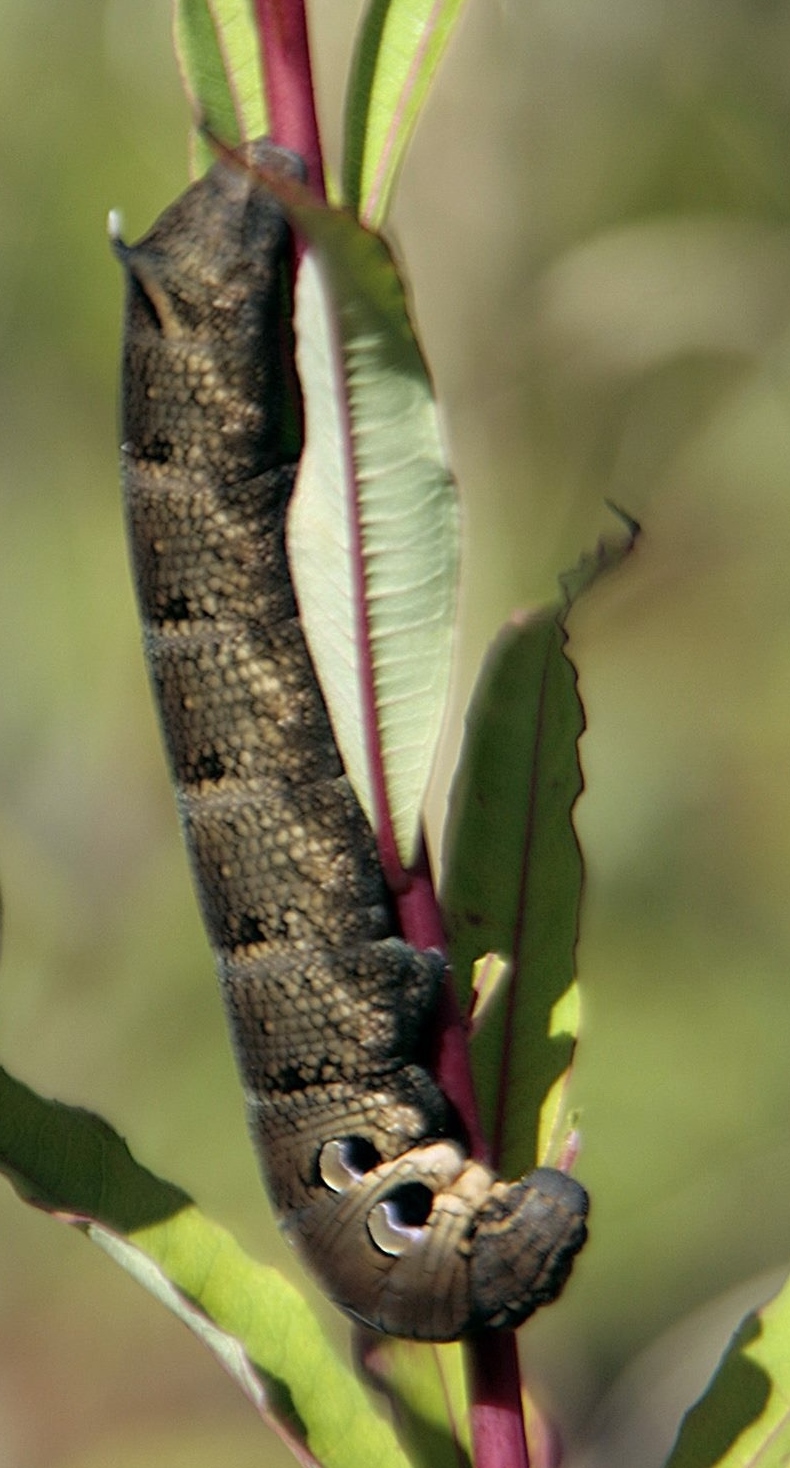 Elephant Hawk Moth caterpillar – Rebecca Muirhead
Elephant Hawk Moth caterpillar – Rebecca Muirhead
Temperature: 13-16 degrees Celsius/ 55-60 degrees Fahrenheit
A stretch of newly harrowed earth neighbouring golden stubbled fields, a church tower rising proud among green, heavily leafed trees and hedges, lines of stately poplars quiet in the warm sunshine despite the blustery winds and rain clouds building on the horizon threatening the clear blue sky, the air fresh carrying the merest hint of the chill months to come. A classic English autumn scene.
The plants are heavy and bowed with brown seed heads, the shrubs laden with fruits, scarlet and purple berries, skeins of green, red and yellow black bryony winding through the branches. Before us the cycle path, winding and stretching for mile after mile, disappearing into the distance. The perfect morning for an amble.
Some bees and a few butterflies are still busy although the blues and bees have thinned out drastically. A Surprising number of plants are still in bloom, including some second flowerings, with many shrubs and climbers showing flowers, buds and fruit on the same plant but the profusion and sheer abundance of the summer flowers all along this particular stretch of the cycle path is becoming a distant memory. Half a dozen swallows fly low over the newly harrowed fields where a flock of jackdaws, rooks and wood pigeons are feeding. Many more birds around, some we see more are hidden and we only catch their song. It was good to see the elephant hawk moth caterpillar for the second year running although we have yet to see the moth.
A huge number of runners and cyclists (including bikras and the increasingly rare bell-birds) during the first hour or so with the occasional walkers, some with children and pushchairs, all enjoying the welcome sunshine after days of sullen skies and rain storms.
Description of Surroundings:
Beautiful early autumn morning, sun shining on pale golden stubble fields, trees still in full green summer leaf, air clear.
Bird Sightings:
Linnet, swallow, nuthatch, gold finch, chaffinch, buzzard, blackbird, robin, herring gull, rook, jackdaw, wood pigeon, crow.
Plants:
Herb Robert, bramble, field bindweed, great bindweed, white dead nettle, yarrow, scabious, red clover, white clover, St John’s wort, moon daisy, prickly sow thistle, dandelion, meadow pea, hedge woundwort, tufted vetch, wild basil, ragwort, red bartsia, common toadflax, dove’s foot cranesbill, hop trefoil, common melilot, meadow cranesbill, forget-me-not, buttercup, vervain, ivy, corn marigold, woody nightshade, bladder Campion, pale toadflax, rest harrow, agrimony, self- heal, hedge bedstraw, rosebay willow herb, ribwort plantain, bush vetch, red campion, old man’s beard, centaury, birds foot trefoil.
Animals:
Small tortoiseshell, speckled wood, meadow brown, red admiral, common blue, small white, large white butterflies, crane fly, honey bee, southern hawker dragonfly, field grasshopper, elephant hawk moth caterpillar.
2nd September 2017 – 9.30am – 11.45am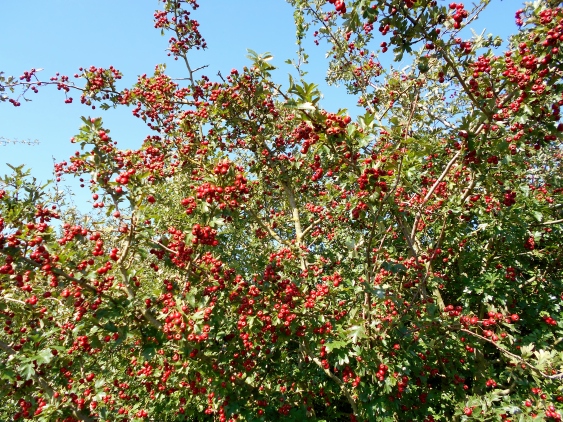 Hawthorn Berries
Hawthorn Berries
Weather Conditions: Fine, hot sun, air fresh, cloudless blue skies. Later cumulus clouds floated in.
Temperature: 15-19 degrees Celsius/ 59-66 Fahrenheit
A beautiful late summer/early autumn morning – the sun hot, the air still and fresh. A buzzard began bothering the rooks in the poplars around the pond, setting off a huge cacophony of annoyance from the rooks – he gave up and flew on. We heard a good deal more bird song and for the first time for months saw lots of mostly juvenile pheasants.
All along the path the trees and shrubs are showing that this is a bumper year for fruit and seeds: fat ripe elder berries, sloes, haws, rose hips, blackberries, hazel nuts, seeds thick on the hornbeam and field maple, thistles and rose bay willow herb. The dogwood branches were scattered with unopened flower buds and black berries. There were honey bees and bumble-bees, heads down, tails in the air, feeding on the flowers of the scotch thistle, scabious and white dead nettle and butterflies, mostly whites and speckled woods, still hunting amongst the trees and the diminishing number of flowers.
Lots of cyclists, bikras, mums, dads, children, youths, and runners singlies or in groups, many quite elderly, several walkers, some with dogs.
Description of Surroundings:
Stubble fields and hay bales, trees and bushes laden with fruit.
Bird Sightings:
Green woodpecker, blue tit, bullfinch, blackcap, pheasant, blackbird, swallow, wren, robin, buzzard, rook, wood pigeon, crow.
Plants:
Herb Bennet, bramble, scabious, field bindweed, ragwort, red and white clover, St John’s wort, meadow pea, tufted vetch, hedge bedstraw, wild basil, moon daisy, leafy hawkweed, stinging nettle, ribwort plantain, scotch thistle, agrimony, knapweed, birds foot trefoil, red bartsia, buddleia, yarrow, meadow cranesbill, buttercup, herb Robert, vervain, great bindweed, great willow herb, corn marigold, pale toadflax, hop trefoil, old man’s beard, rose bay willow herb, dandelion, fat hen, creeping cinquefoil, red Campion, self-heal, bush vetch, forget me not, common toadflax, prickly sow thistle, rest harrow, centaury, red hemp nettle, white dead nettle, doves foot cranesbill – surprisingly all still in flower.
Animals:
Common blue, holly blue, red admiral, comma, speckled wood, large white, small white, green veined white butterflies; honey bee, buff tailed bee, crane fly.
27th August 2017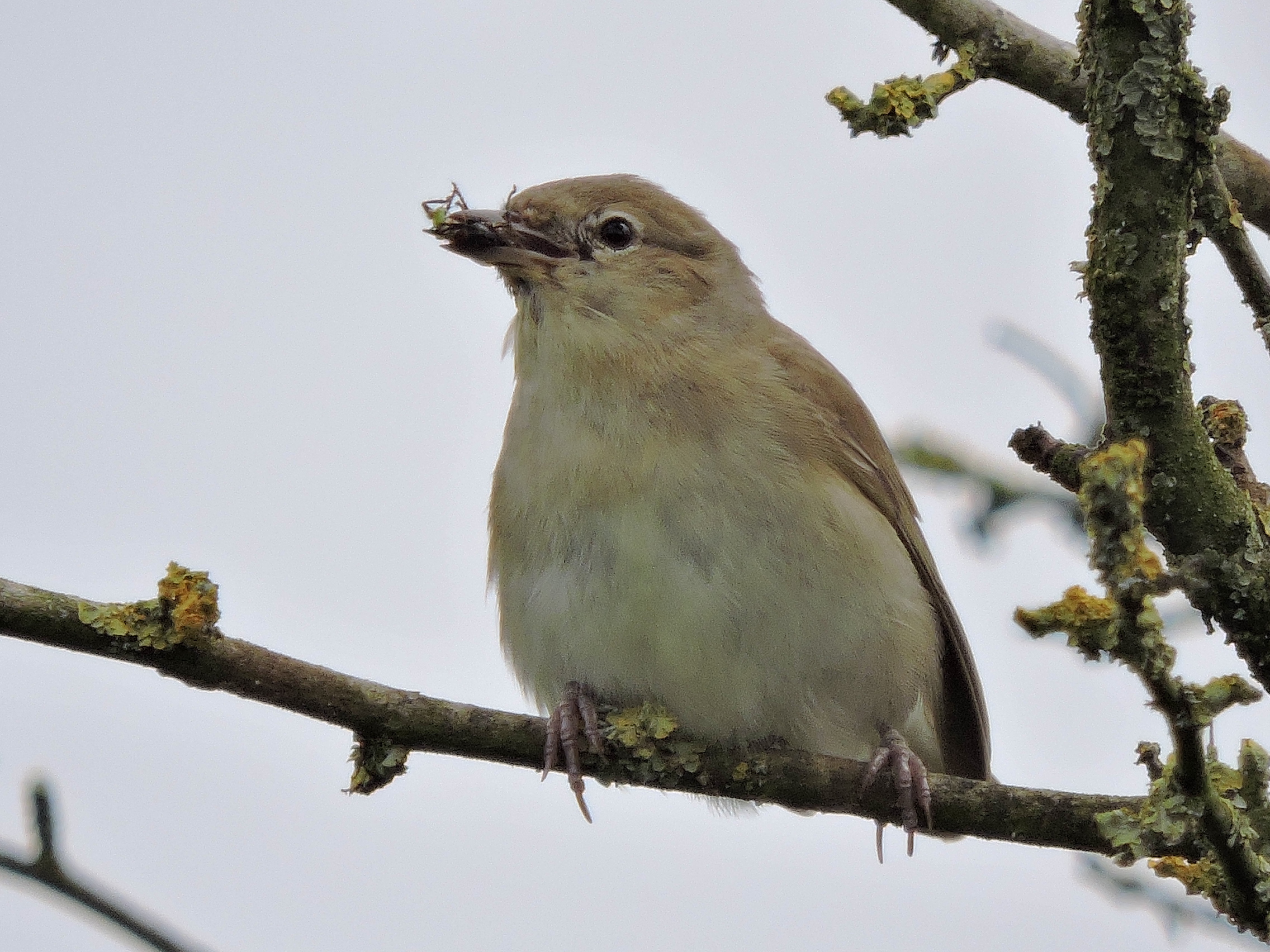 Garden Warbler – John Hansford
Garden Warbler – John Hansford
An email from John Hansford who writes: “At least 2 broods of Garden Warblers were successfully fledged along the cycle path this Summer although they are never easy to see. Reed Bunting and Sedge Warbler again held territories on Mells Down this Year.” This is really exciting news as although we have seen Garden Warblers earlier in the year we have never seen Reed Buntings or Sedge Warblers.
25th August 2017 – 3pm – 5.10pm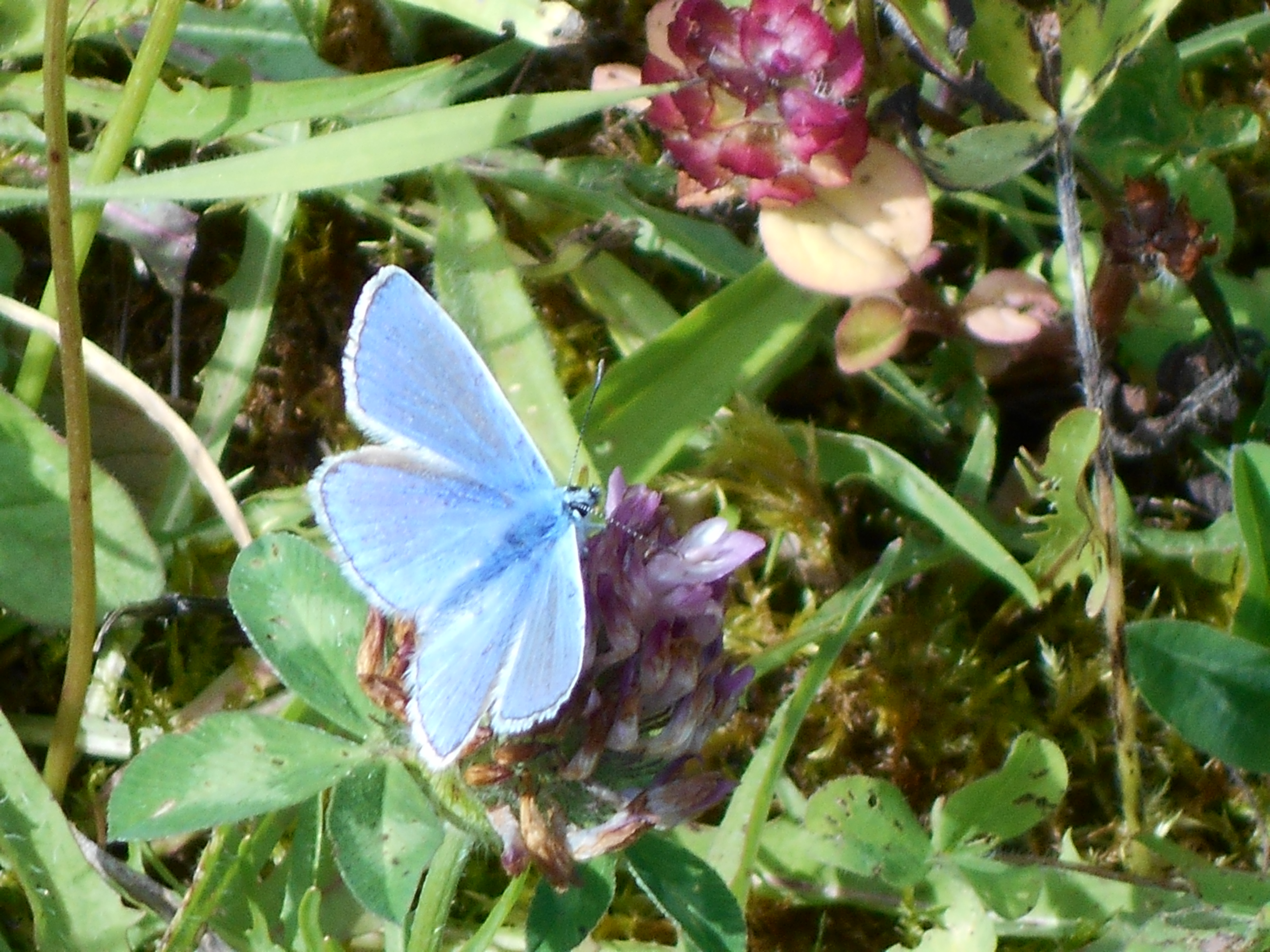 Holly Blue
Holly Blue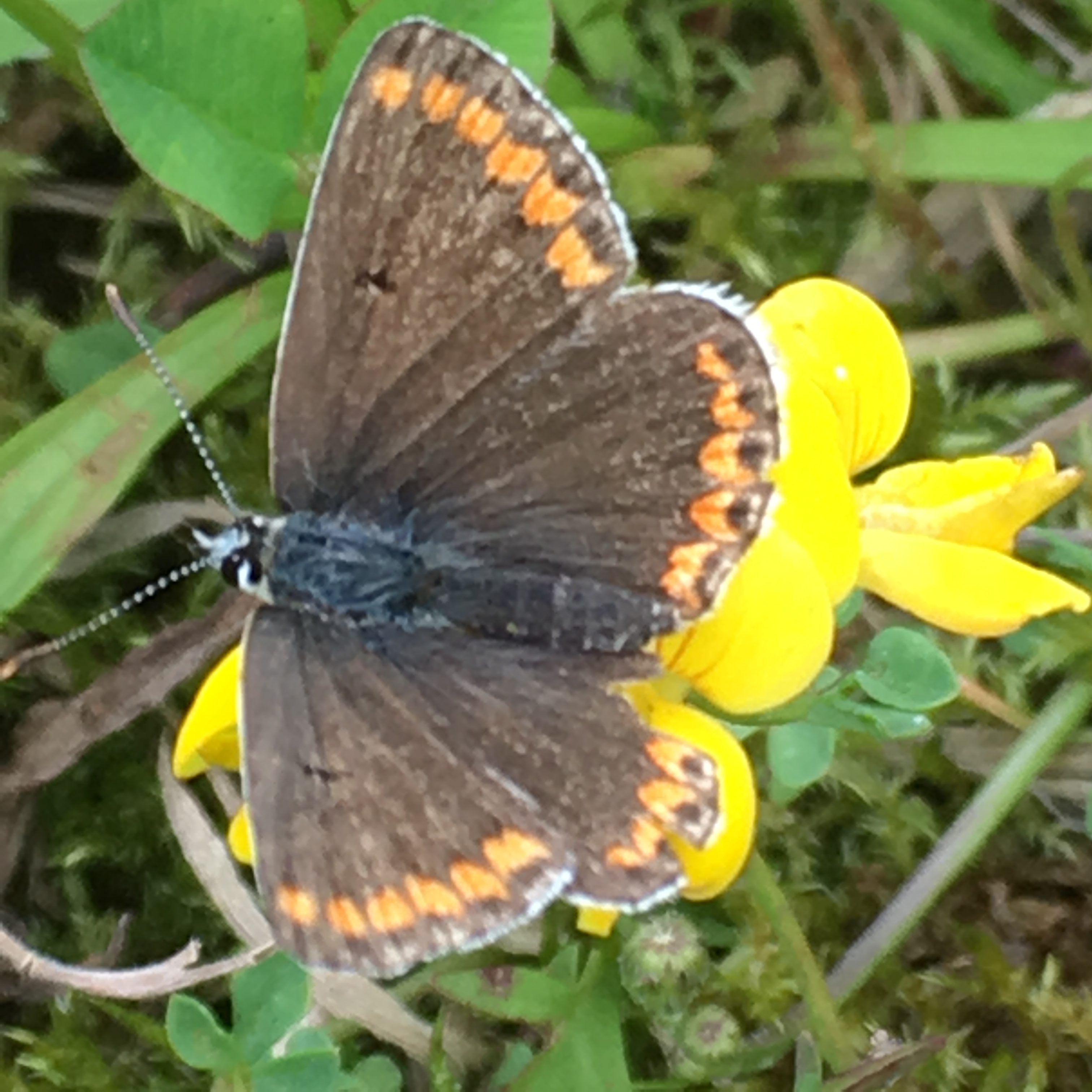 Brown Argus – John Hansford
Brown Argus – John Hansford
Weather Conditions: Fine, hot sun, cumulus clouds
Temperature: 23 degrees Celsius/ 73 Fahrenheit
A beautiful summer’s afternoon, the sun hot and worthy of late August. Fewer butterflies but there seemed to be slightly more birds than of late, flitting through the shrubbery.
It is the fag end of the flowering season although a surprising number of plants are still in flower and there are great tracts of flowers like the rose bay willow herb and the thistles gone to seed and every gust of wind brought a drift of thistledown through the air.
Initially lots of cyclists, a pretty constant stream, some bikras – heads down going hell for rubber, some mums and dads and children, some couples and several pre-teenage boys cycling unaccompanied. Later fewer cyclists and more walkers.
We chatted to the ornathologist John Hansford who had spotted several butterflies we had missed, including a Brown Argus which we had never seen. He has also seen three red kites flying across the path going south in the wooded Cranmore Tower direction. Frustrating to think that while we are peering down and attempting to identify a flower no larger than the head of a pin, red kites, goshawks, hobbies etc could all be flying overhead totally unnoticed!
Description of Surroundings:
The farmer is still harvesting in the fields along the way – flocks of jackdaws rising, circling and feeding behind the clouds of dust thrown up by the machines. Hay bales in most fields already.
Bird Sightings:
Green woodpecker, chiff chaff, tit, gold finch, pheasant, blackbird, swallow, wren, robin, jackdaw, wood pigeon, crow. [ Seen by others : 3 kites!]
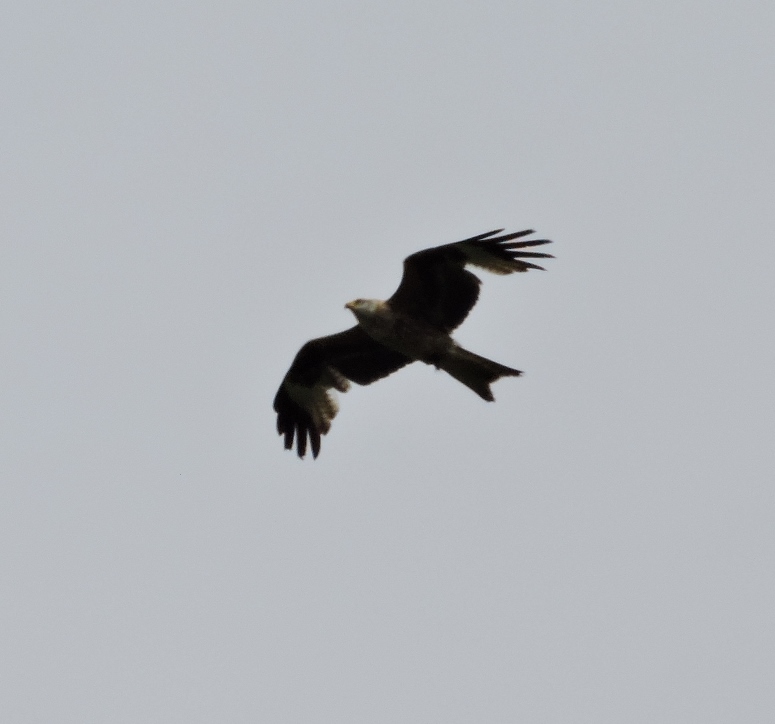 Red Kite – John Hansford
Red Kite – John Hansford
Plants:
Shepherd’s cress, groundsel, bush vetch, cow parsley, bramble, herb Robert, stinging nettle, ribwort plantain, white dead nettle, meadow bindweed, hedge woundwort, ladies bedstraw, daisy, common melilot, great willow herb, common valerian, white clover, red clover, ragwort, common St John’s wort, meadow pea, scabious, leafy hawkweed, hedge bedstraw, wild basil, knapweed, woolly thistle, hop trefoil, agrimony, moon daisy, red bartsia, creeping thistle, buddleia, buttercup, meadow cranesbill, yarrow, forget me not, chickweed, red campion, corn marigold, vervain, pale toadflax, rose bay willow herb, old man’s beard, birds foot trefoil, centaury, dove’s foot cranesbill all in flower.
Animals:
Common blue, holly blue, small white, large white, brimstone, meadow brown, speckled wood, small tortoiseshell, red admiral butterflies. Southern hawker dragonfly, crane fly, honey bee, bumble bee. [Seen by others: Brown argus, small skipper, peacock, silver washed fritillary butterflies]
Now the fungus season is upon us, it might be worth mentioning again the Field Study Council’s charts which the environmentalist from the Somerset Environmental Records Centre in Taunton recommended to us and which we have found them so useful. Identification charts
19th August 2017 – 2.15pm – 4.05pm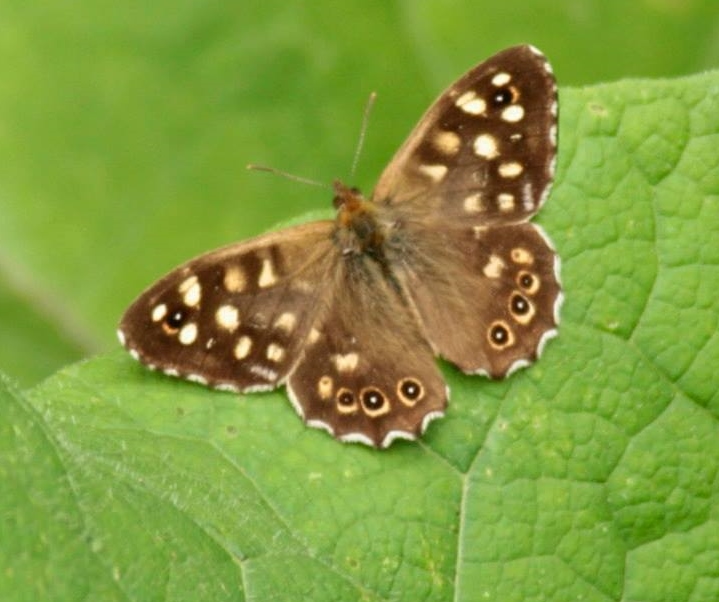 Speckled wood
Speckled wood
Weather Conditions: Sunshine and cloud – very strong westerly wind
Temperature: 18 degrees Celsius/ 64 Fahrenheit
We chose the woodland walk up from Buckland Bridge, whose trees offer protection from the strong wind, so there were few flowers. Most notable were the vivid splashes of colour of the fox and cubs (orange hawkweed) golden corn marigold, red legs, pink mallow and the beautiful fall of the deep red and cream Himalayan honeysuckle, whilst lilac coloured teasels and white enchanters nightshade flowers lit up the dark undergrowth.
We passed long skeins of black bryony berries, like small fat glossy grapes lit from within, clinging and entwining through the branches along the bank and the incredible scrambling wild clematis, some of whose plants rocket up to an extraordinary 30 feet or more, high into tops of the trees, scenting the air with their faint subtle smell of almonds.
Walking through the grove of ashes (that most beautiful of trees, tall, airy and graceful, whose pinnate leaves allow flickering, dappled sunlight to fall onto the woodland floor rather than the dense, light blocking shade of other trees) we crunched across fallen twigs and ripe hazel nuts brought down overnight by the high winds mixed with the empty shells of last year’s harvest. We looked up at the ash leaves, 50 feet or so above us, beautifully lit by the full sunlight against a clear blue sky, being tossed and thrashed by the wind whilst the path was calm and sheltered.
When leaning on the five barred gate watching half a dozen or so swallows skimming inches from the grass meadow, feeding on insects and performing their usual extraordinary aerobatic display, a small herd of 25-30 black and white heifers climbed up through a gap in the hedgerow to check us out. So curious they came within inches of our faces, pushing and shoving each other to get a closer look. Beautifully healthy looking beasts with good strong sturdy bodies, their glossy black coats looking as if they had been freshly brushed.
Very few butterflies – meadow browns and speckled woods – the stream bed completely dry despite weeks of rain. Lots of fungus, including shaggy ink cap and common earth ball.
[Regretfully quite a few of the ash trees along the Way have succumbed to ash dieback disease but as, according to the Forestry Commission Fera map, trees in the 10 km square around the Mells area were already infected (2016) the trees here were unlikely to remain immune.]
15th August 2017 – 1.45pm – 4.20pm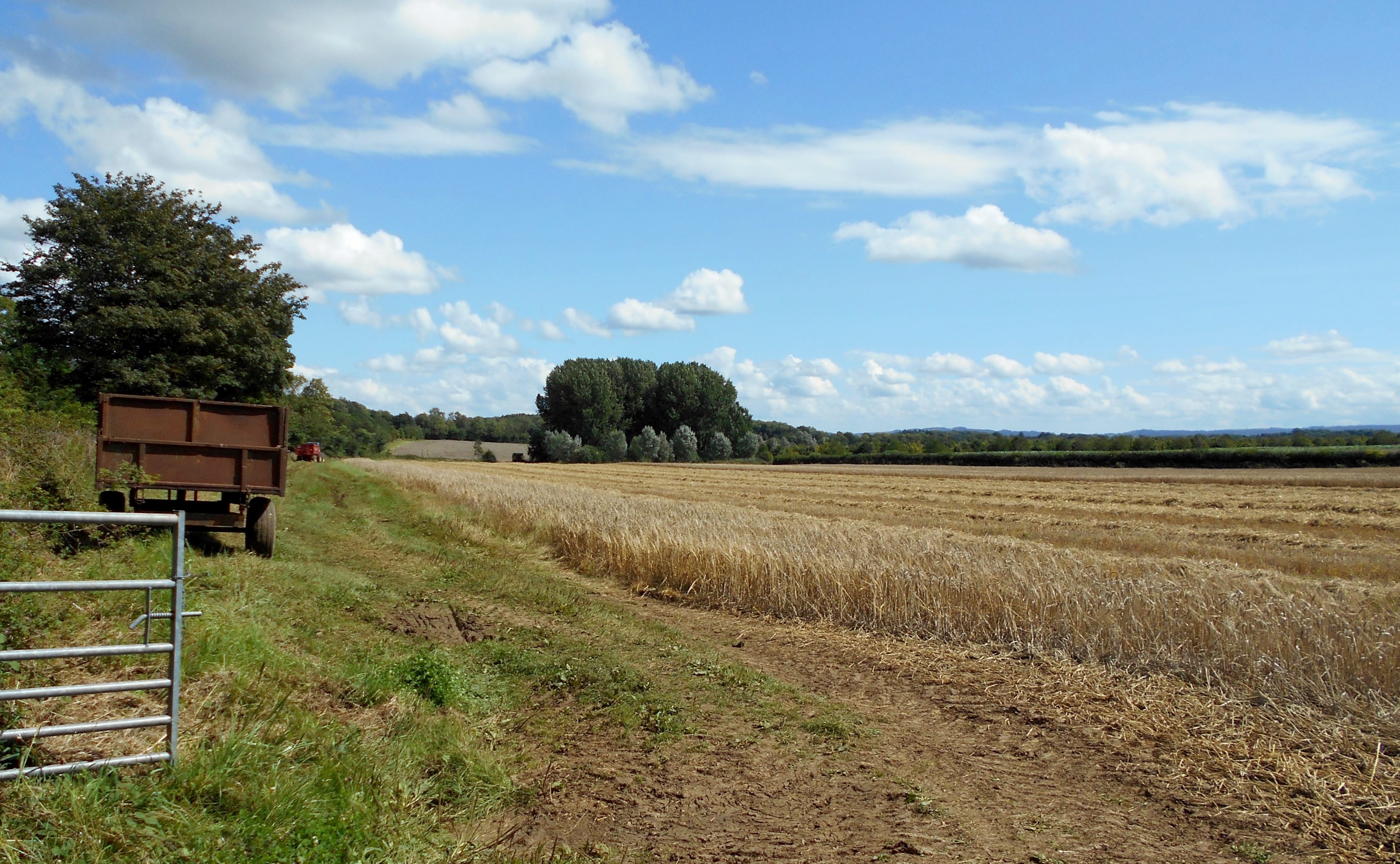
Weather Conditions: Fine, sunny, brisk south-westerly wind
Temperature: 20 degrees Celsius/ 68 Fahrenheit
Fewer flowers in bloom and far fewer butterflies. Lots of honey bees busily feeding. The farmer arrived with a cheery wave to continue harvesting the barley field adjoining the path which had been left, presumably due to rain, half cut.
It felt wonderful to stroll along in the hot sun after so many weeks of rain and cold with only the occasional bright spell. The banks of tall rose bay willow herb now mostly fluffy with seeds with just the tips still showing their bright magenta spikes of flowers and the huge, fat heads of the thistles, some like pin cushions about to flower, some already also sending their seeds onto the wind. Wandering along the path which winds through the low shrub and grassy area, scattered with bright pink centaury, purple self-heal, yellow hawkweed and bird’s food trefoil disturbing the dancing common blue butterflies flickering around beneath our feet, fluttering from flower to flower. And finally taking our rest, sitting on the oak puzzle bench watching the silver washed fritillaries, red admirals, peacocks and small white butterflies chasing each other through the branches laden with rosy red apples, alighting on the nearby buddleia to feed on the last remaining half a dozen or so flower heads. Such quietude.
Reasonably steady stream of cyclists – lots of single men and a few family groups. Good number of walkers, parents with children, couples and singles, some with dogs.
Chatted to a regular cyclist who was walking today about the huge grass snake he saw last year (at least 3-4 ft long) by Conduit bridge and how few cyclists he thought there were today compared to yesterday. He also commented on the group of visitors from Babington House we could see reading the Sustrans guide – he said he always recognised them by their bicycles. Chatted to a keen bird watcher we often meet about the nightingales we heard in May/June along the Way.
Description of Surroundings:
Far fewer flowers in bloom, trees and bushes thick with fruit and berries (good news for the redstarts and fieldfares when they arrive later in the autumn); barley being harvested.
Bird Sightings:
Yellow hammer, marsh tit, gold finch, pheasant, buzzard, swallow, robin, wood pigeon, crow.
Plants:
Charlock, buddleia, herb Bennet, herb Robert, bramble, hop trefoil, red campion, bush vetch, white clover, red clover, white deadnettle, ragwort, woody nightshade, common valerian, moon daisy, tufted vetch, wild basil, dandelion, great willowherb, common St John’s wort, hedge bedstraw, cut leaved cranesbill, knapweed, leafy hawkweed, meadow pea, prickly sow thistle, stinging nettle, field bindweed, ribwort plantain, woolly thistle, agrimony, birds foot trefoil, doves foot cranesbill, yarrow, vervain, red bartsia, meadow cranesbill, creeping thistle, pale toadflax, hop, scabious, chickweed, meadow sweet, rose bay willow herb, old man’s beard, golden rod, forget me not, buttercup, centaury, self-heal, common toadflax, common melilot all in flower.
Animals:
Silver washed fritillary, common blue, small tortoiseshell, red admiral, comma, speckled wood, gate keeper, meadow brown, peacock, small white butterflies; honey bee, red tailed bee, Southern hawker dragonfly; slow worm.
10th August 2017 – 10.45am – 1.15pm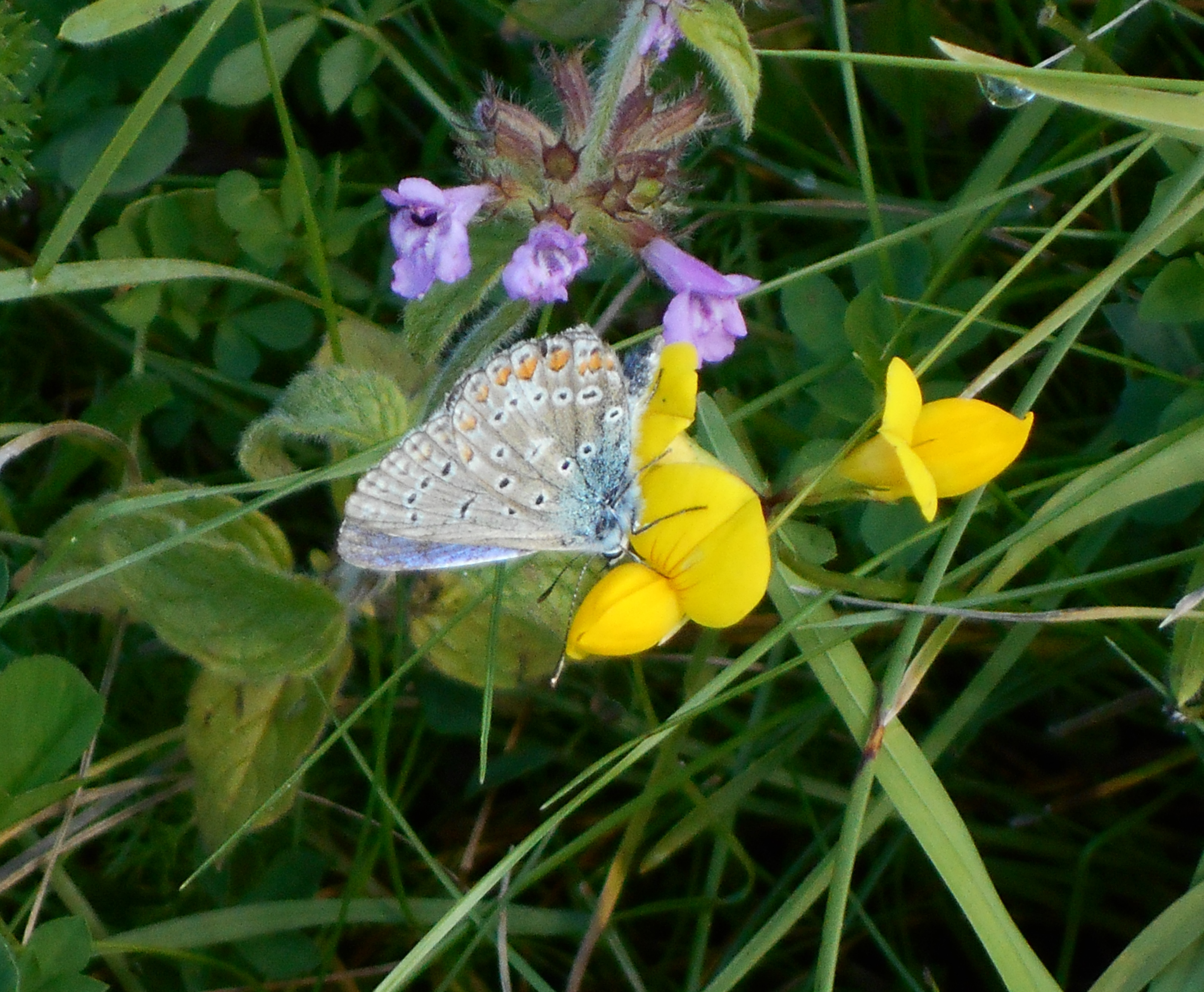
Common Blue
Weather Conditions: Fine and sunny after a succession of lows and heavy rain.
Temperature: 17 celsius / 62 fahrenheit
Most of the rose hips still green, but some are already red, the haws bright red, elderberries black and ripening fast, sloes purple and fattening, apples larger and redder, the berries on the wayfaring tree both red and black, hazel nuts ripening. Lots of plants still flowering although very many fewer than a few weeks ago.
Lots of cyclists: groups of racing lycras mixed with single and couple potterers, a good many walkers including a man who had cycled from Frome to Château-Gontier in France (raising £1,500 in support of Frome’s Missing Links) and his wife. We chatted about the number and huge variety of plants, butterflies and birds to be seen along the Way and how very much we all hoped that one day sufficient funds can be raised to complete the missing link between Buckland Bridge and Frome.
Description of Surroundings:
The path is perfectly sheltered almost all along the Way from the strong northerly breeze tossing the topmost branches of the trees. Fewer flowers in bloom, wheat in the fields heavy with grain.
Bird Sightings:
Gold finch, green finch, chaffinch, jay, wren, swallow, robin, wood pigeon, crow.
Plants:
Wild parsnip, buddleia, herb Robert, herb Bennet, stinging nettle, hop trefoil, bramble, tufted vetch, dandelion, white and red clover, ragwort, common valerian, white dead nettle, wild basil, woody nightshade, ribwort plantain, moon daisy, meadow pea, knapweed, prickly sow thistle, field bindweed, great willow herb, welted thistle, vervain, woolly thistle, birds foot trefoil, agrimony, buttercup, yarrow, meadow cranesbill, self-heal, red Campion, creeping thistle, common St John’s wort, leafy hawkweed, scabious, bush vetch, pale toadflax, rose bay willow herb, corn marigold, chickweed, golden rod, hedge bedstraw, hedge woundwort, old man’s beard, common melilot, fat hen, field speedwell, common forget me not, centaury, dove’s foot cranesbill, common toadflax all in flower.
Animals:
Green veined white, dark green fritillary (?), gatekeeper, speckled wood, brimstone, small tortoiseshell, common blue, red admiral, peacock, small white, small heath, meadow brown butterflies. Southern hawker dragonfly, common darter dragonfly.
31st July 2017 – 10.30pm – 12.10pm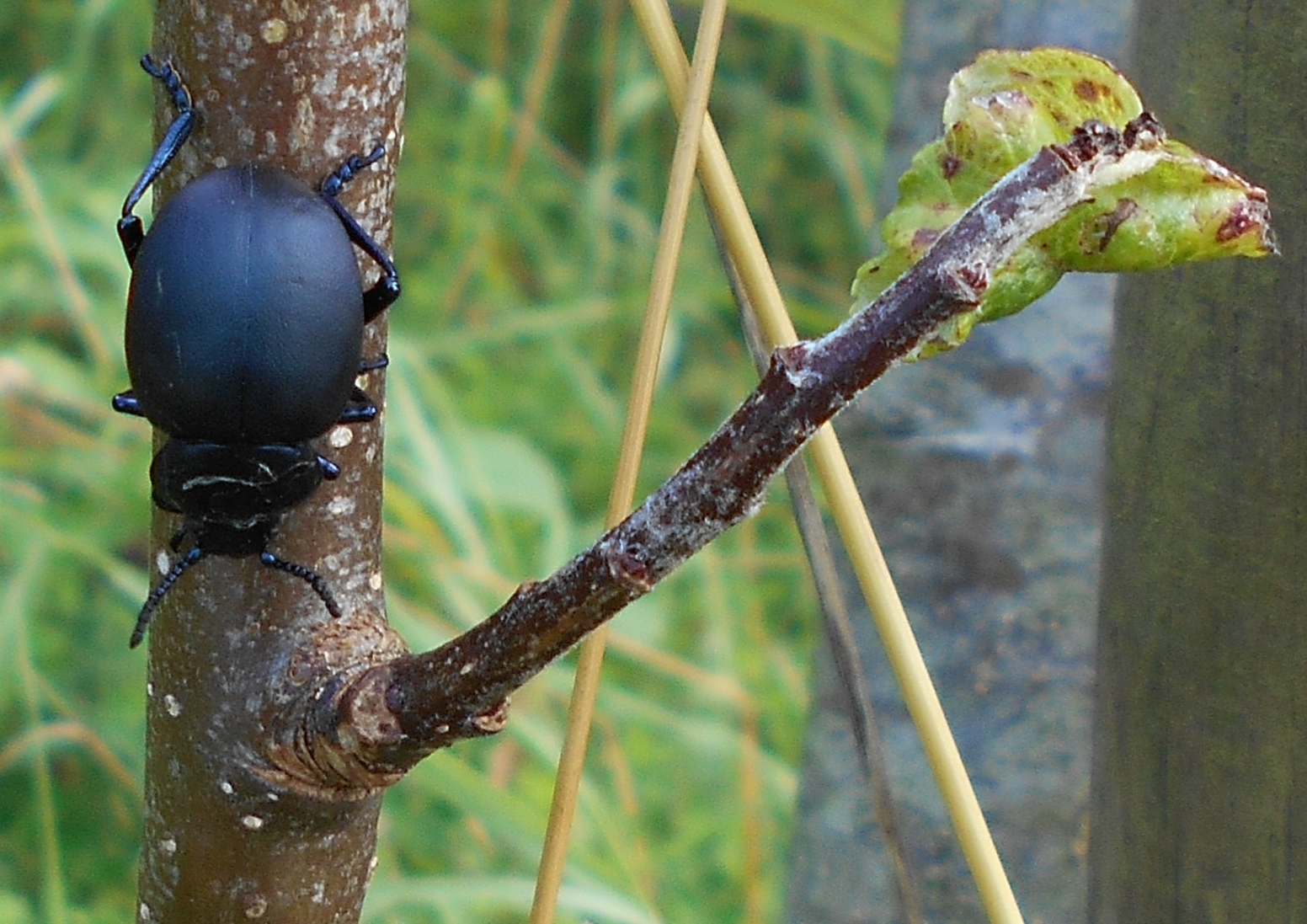 Leaf Beetle
Leaf Beetle
Weather Conditions: Cloudy with sunny intervals, chilly wind. Decidedly autumnal.
Temperature: 17 celsius / 62 fahrenheit
Cool with a very decided feeling of autumn arriving in July in the air and on the ground. The flowers are going over rapidly and the fruits are already ripening. The number of butterflies has dramatically reduced although when the sun came out more appeared. Large puddles on the edges of the fields, still wet in places underfoot from constant rain storms, rain soaked oak benches and apples trees so laden with red blushed fruit the branches are drooping under the weight; the dogwood berries are green and fattening.
Almost every head of scabious and thistle has its fat red tailed and buff tailed bumble bee and honey bee buried nose down, bums in the air feeding voraciously.
A steady number of walkers and cyclists caching the brief spell of fine weather between the frequent rain storms of the past weeks.
Description of Surroundings:
Barley fields pale gold in the sunlight, trees dark and heavy.
Bird Sightings:
Yellowhammer, swallows, buzzard, magpie, wood pigeon.
Plants:
Corn marigold, burdock, common toadflax, hop, red bartsia, bramble, ragwort, buddleia, red Campion, stinging nettle, herb Robert, white and red clover, common valerian, great willow herb, tufted vetch, wild basil, hedge bedstraw, common St john’s Wort, knapweed, hop trefoil, scabious, broad leaved willow herb, welted thistle, field bindweed, meadow pea, woolly thistle, agrimony, creeping thistle, rose bay willow herb, old man’s beard, yarrow, meadow’s cranesbill, teasel, pale toadflax, golden rod, rest harrow, common hemp nettle, vervain, forget me not, buttercup, ribwort plantain, woody nightshade, self-heal, white deadnettle, white bryony, dandelion, rest harrow, bush vetch, chickweed, birds eye speedwell, doves foot cranesbill, moon daisies, cut leaved cranesbill all in flower.
Animals:
Silver washed fritillary, (and dark green fritillary?) red admiral, comma, speckled wood, small heath, large white, gate keeper, meadow brown, small white butterflies. Red tailed bumblebee, buff tailed bumblebee, honey bee, leaf beetle (bloody-nosed beetle?)
24th July 2017 – 2.30pm – 5.50pm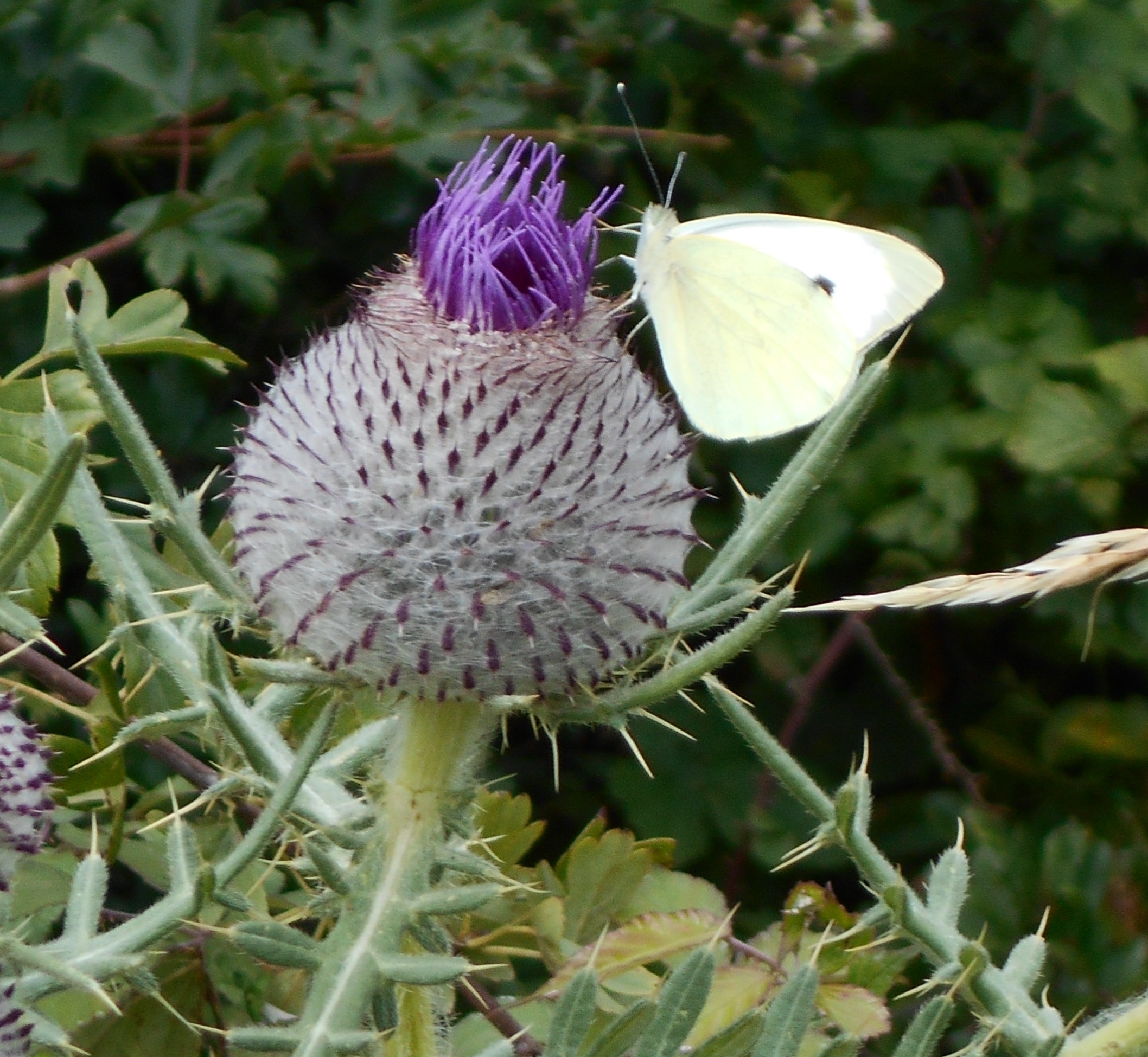
Weather Conditions: Cloudy with bursts of brilliant sunny intervals. Strong wind battering the trees out of the protection of the path.
Temperature: 21-23 celsius / 69-73 fahrenheit
We were surprised, as always, by the sheer number of different species of flowering plants, trees and shrubs along the short section of the path from Conduit bridge to the oak picnic bench. Not so surprisingly, they were swarming with butterflies and bees – particularly the stately woolly thistles, some as tall as 5 feet or more with over 20 blooms. Each flower head had a bee feasting on the pollen, burrowed so deep it was almost lost to sight amongst the petals. Not surprisingly, the thistles have outstripped the oak saplings. One sapling, a mere 2 feet high, was already supporting 15 or so marble galls.
We chatted with a couple from Peasedown who cycled this stretch of route 24 on a regular basis. Although the Strawberry Line was a particular favourite, they had over the years cycled most of the rail trails in the south west and we talked about the sheer number of butterflies and the newly opened Brean Down Way which they were keen to explore.
Schools have broken up for the summer holidays so there were several groups of children with mums and dads. A gaggle of girls racing along excitedly swaying on their flicker scooters and four boys around 8 to 10, bicycles abandoned on the path, chasing crickets and grasshoppers and searching for lizards in the long grass beside a stretch of rail high up on the bank. The boys told us they had captured several common lizards, including a baby, and one boy came up and showed us a bush cricket perched, apparently contentedly, on the back of his hand. Heart-warming to see their interest and animation and imagining that these may be the naturalists or biologists of the future.
We were extremely distressed to notice a rather mangy looking rabbit in the grass beside the path, obviously blind, although not weeping or suppurating around the eyes. It was seemingly unaware of our presence, just half-heartedly nibbling on the grass, so possibly deaf as well. Presumably suffering from myxomatosis.
If it wasn’t for the hot sun and number of butterflies, it felt more like the end of August than the end of July, with conkers the size of golf balls, apples red-blushed and ripening, sloes fattening and purpling and blackberries ready to be picked. Everywhere looked a little dusty and frowsy, despite the recent rain.
Passing fresh deer prints and following a butterfly into the undergrowth, I just missed stepping on a slow worm which disappeared with a speed which led me to think that he had been grossly misnamed!
Lots and lots of cyclists. Three other walkers (apart from groups of children and parents) one with a dog.
Description of Surroundings: Some fields already ploughed.
Bird Sightings:
Yellowhammer, raven, magpie, gold finch, green finch, blackbird, wood pigeon, crow.
Plants:
Common toadflax, red bartsia, fat hen, bramble, buddleia, red campion, stinging nettle, herb Robert, white and red clover, common valerian, great willow herb, tufted vetch, wild basil, hedge bedstraw, common st john’s wort, knapweed, hop trefoil, scabious, common melilot, broad leaved willow herb, welted thistle, field bindweed, meadow pea, woolly thistle, agrimony, birds foot trefoil, creeping thistle, rose bay willow herb, old man’s beard, yarrow, meadow’s cranesbill, teasel, pale toadflax, golden rod, rest harrow, common hemp nettle, vervain, creeping cinquefoil, forget me not, buttercup, ribwort plantain, woody nightshade, centaury, self-heal, white deadnettle, white bryony, dandelion all in flower, leafy hawkweed. Rose (Bedeguar) gall.
Animals:
Comma, speckled wood, peacock, small white, brimstone, silver washed fritillary (and dark green fritillary?), small copper, small heath, large white, gatekeeper, ringlet, marbled white, common blue, red admiral butterflies. Common lizard, slow worm, female short winged conehead bush cricket. Rabbit. Fresh deer prints.
17th July 2017 – 2.30pm – 3.50pm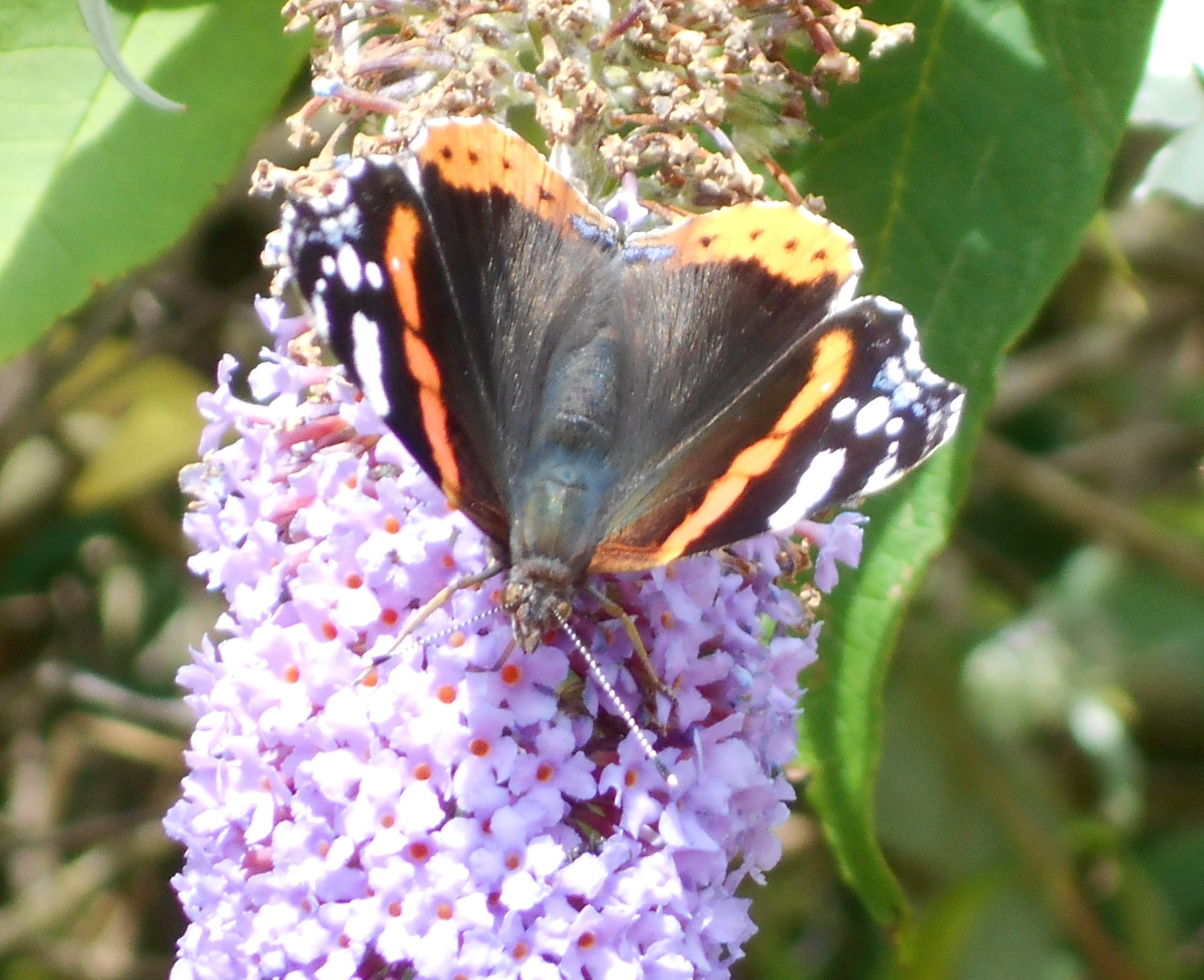 Red Admiral
Red Admiral
Weather Conditions:
Hot, humid, still, with occasional light breeze. Hazy sun, some thin cloud.
Temperature: 23-24 celsius / 73-75 fahrenheit
We walked with butterflies – dozens and dozens, uncountable numbers of them, fluttering around our heads as we strolled along. The bramble flowers, buddleia, trees and wild flowers swarmed with masses of hunting and feeding butterflies. Quiet, serene and tranquil. An almost complete dearth of birds.
A small oak sapling, about 6 feet high, covered with at least 24 marble galls. The stream completely bone dry, despite heavy rainfall less than a week ago. Overall both spring and summer have been very dry so far this year.
A reasonable number of cyclists, two horse riders (woman and boy) the fine looking, beautifully groomed horse and pony’s hooves were having difficulty maintain traction on the steeply descending tarmac path and every so often were slipping. One other walker with dog.
Description of Surroundings:
The silage and wheat has been cut – hay fields already showing green, wheat fields – cut stubble with lines of square straw bales.
Bird Sightings:
Buzzard, wren, blackbird, wood pigeon, crow.
Plants:
Welted thistle, common Melilot, herb Robert, herb Bennet, great willow herb, broad-leaved willow herb, common St John’s wort, creeping thistle, prickly sow thistle, woolly thistle, agrimony, tufted vetch, red campion, bush vetch, hop trefoil, teasel, creeping cinquefoil, dandelion, moon daisy, knapweed, red clover, white clover, hogweed, buttercup, white deadnettle, goosegrass, dandelion, woody nightshade, common valerian, bramble, wild basil, stinging nettle, nipplewort, ragwort, field bindweed, great bindweed, birds foot trefoil, meadow cranesbill, old man’s beard, yarrow, pale toadflax, buddleia, wild basil, ribwort plantain, enchanters nightshade, hedge mustard, chamomile, centaury, figwort, meadowsweet.
Animals:
Marbled white, gatekeeper, comma, peacock, red admiral, meadow brown, small heath, small white, speckled wood.
14th July 2017 2.45pm – 5.10pm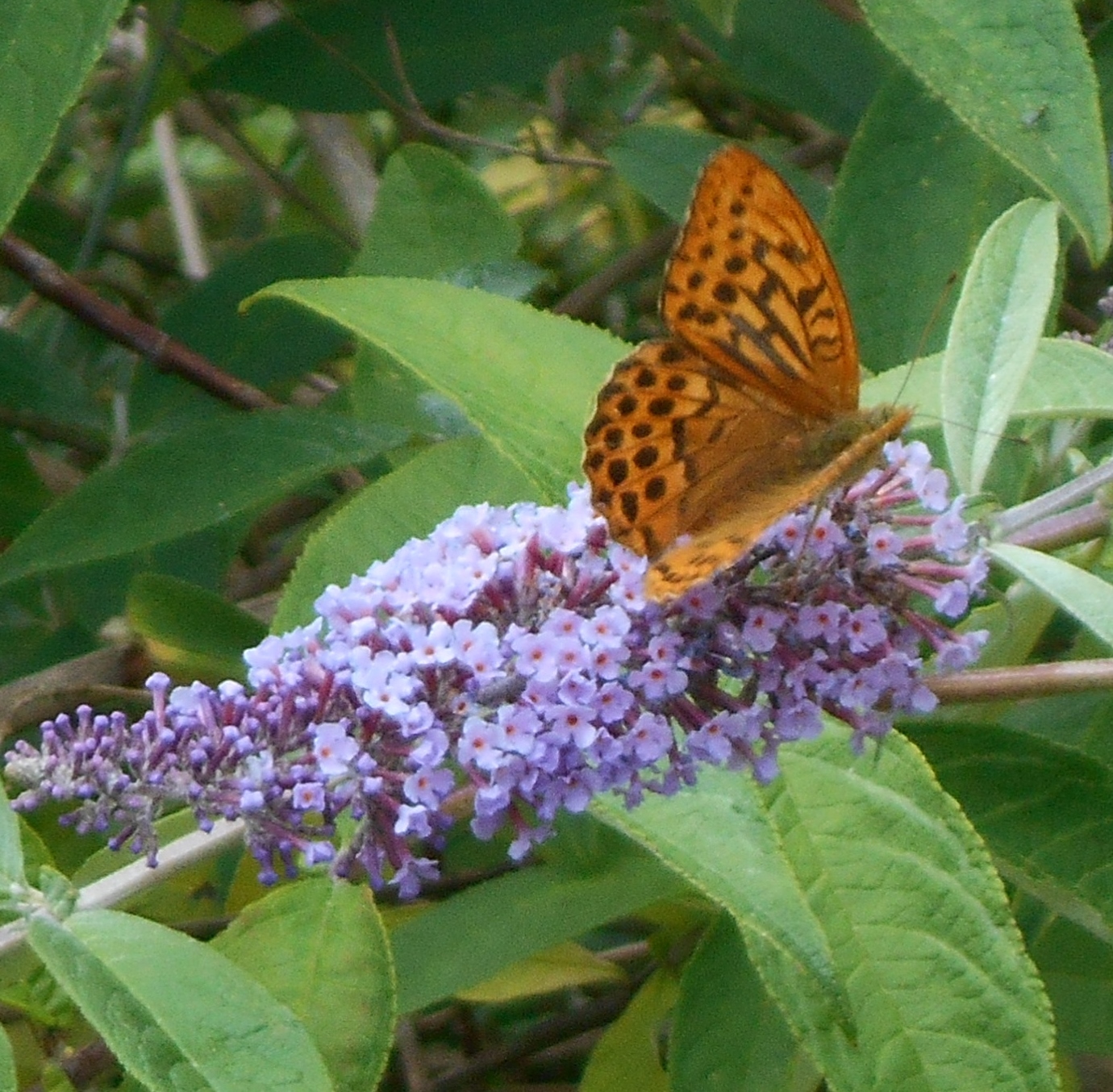 Silver-washed Fritillary
Silver-washed Fritillary
Weather Conditions: Warm and sunny, cloudy skies, gusty fresh wind.
Temperature: 19 celsius / 66 fahrenheit
The most striking sight was the sheer quantity and variety of butterflies. So many silver-washed fritillaries, red admirals, peacocks, lots of gatekeepers, ringlets, commas and small whites swarming and feeding on the clumps of buddleia and banks of flowers all along the Way making the walk in the warm sun and sharp scent of wood-smoke a delight. We also saw what might possibly have been a female silver-washed fritillary of the form valezina, which has the same pattern but is differently colour. As we have never seen one of these before and didn’t take a photograph, it was impossible to be sure.
Long skeins of cream star like flowers and green berries of the white bryony cling and climb up the hawthorn trees and form long tangles amongst the brambles. Ripe blackberries, green blackberries, red blackberries and blackberries in flower, apples ripening and showing red, hazel nuts well formed, lords and ladies orange red berried hints that even in midsummer autumn is not far away. The fields of barley which range in colour from green through straw and buff to dark sienna are whirled and tossed by the gusty wind. Barely any birdsong now that the breeding season is over.
Lots of cyclists, couples, singlies, all in summer casuals – no lycra – just all ages out enjoying a leisurely summer afternoon’s ride in the sunshine. No other walkers.
Description of Surroundings:
Fields full of ripening corn, strong smell of fertiliser, lessening and replaced to the scent of wood smoke.
Bird Sightings:
Chiffchaff, green finch, skylark, wren, yellowhammer, blackbird, wood pigeon, gull.
Plants:
Scotch thistle, welted thistle, golden rod, common Melilot, herb Bennet, great willow herb, common St John’s wort, creeping thistle, prickly sow thistle, woolly thistle, vervain, agrimony, tufted vetch, red campion, bush vetch, hop trefoil, rose bay willow herb, meadow pea, teasel, creeping cinquefoil, dandelion, red hemp nettle, moon daisy, knapweed, hedge bedstraw, red clover, white clover, common valerian, bramble, scabious, wild basil, stinging nettle, nipplewort, ragwort, ladies bedstraw, field bindweed, birds foot trefoil, meadow cranesbill, old man’s beard, rest harrow, yarrow, pale toadflax. Hanging fruits of Hornbeam.
Animals:
Silver-washed fritillary, gatekeeper, ringlet, comma, peacock, red admiral, meadow brown, common blue, small heath, large white, small white, burnet moth.
3rd July 2017 2.45pm – 5.20pm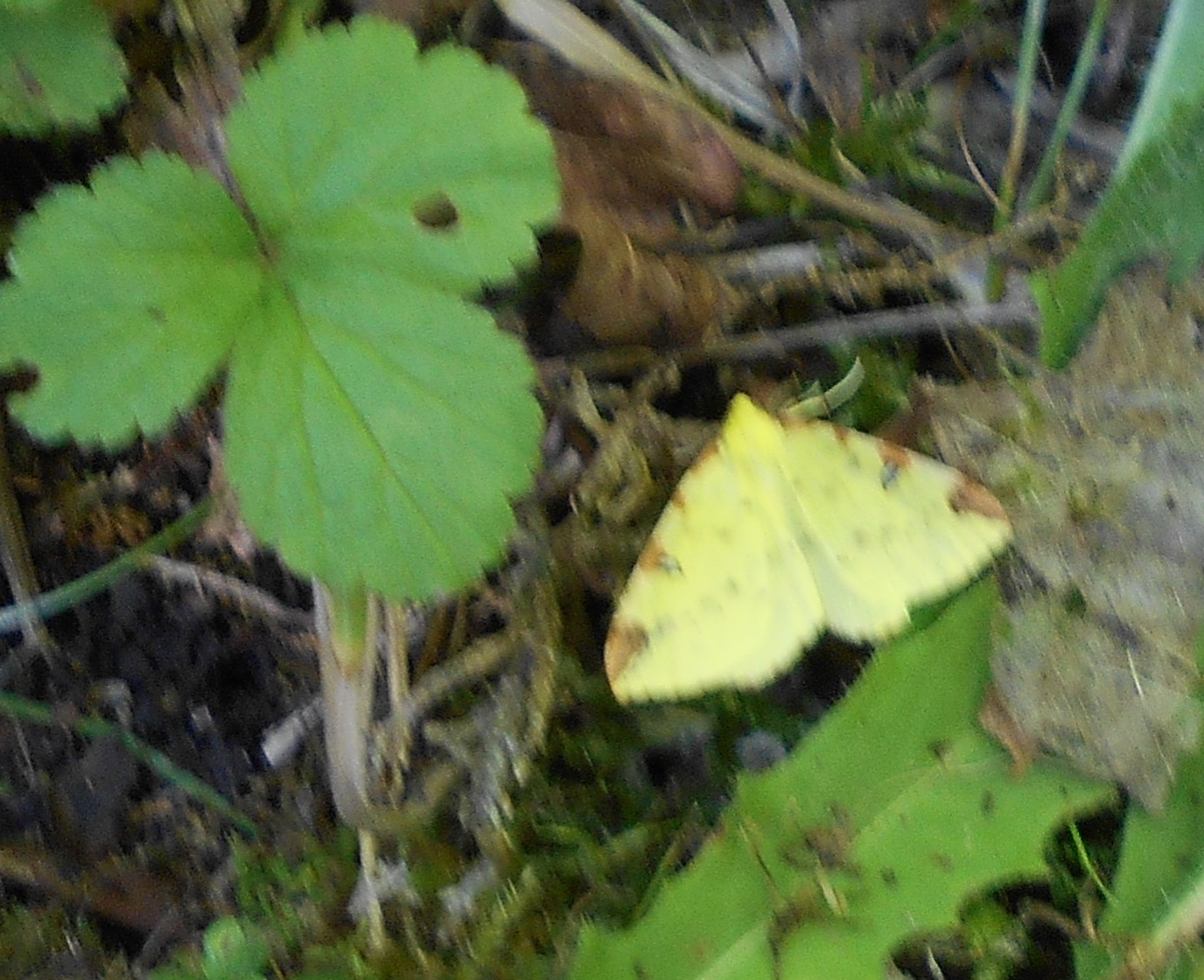
Brimstone Moth
Weather Conditions: Sunny, strong breeze, blue sky, some clouds.
Temperature: 20 celsius / 68 fahrenheit
A tractor is cutting silage (two buzzards circling overhead) in a field hidden by thick hedges, sending a wonderfully sharp scent of newly cut hay wafting across the fields and filling the air all along the Way; unbelievably quiet when the engine cuts out. Massed clouds of meadow browns swarming over the brambles and hedgerows, clouds of hoverflies in a sunny clearing.
St John’s wort berries turning apple red, elder berries just forming, fat green berries on the black bryony, green-yellow acorns swelling, green and orange berries on the lords and ladies. Dearth of bird song, very noticeably quieter than even a few weeks ago.
Two environmentalists from the Somerset Environmental Records Centre, Taunton, were surveying the plants and butterflies from the Conduit bridge to Buckland Bridge and one recommended the Field Studies Council publications** for ease of identification. Four walkers (a couple with baby, 1 with dog), steady stream of single cyclists, one pair.
Sitting on the oak puzzle bench under the apple trees soaking up the late afternoon sun, wonderfully tranquil and peaceful. It’s a warm summer’s day, quiet with the only sound occasional bird song, the only sight butterflies and moths flittering across the plants and up into the trees and all’s well with the world.
** Field Studies Council Guides
Description of Surroundings:
Stream completely dry; the grass in the pastures sun bleached to the colour of straw. Hedgerows swarming with clouds of butterflies.
Bird Sightings:
Song thrush, bullfinch, wren, pheasant, robin, chiff chaff, blackbird, 2 buzzards, wood pigeon, crow, jackdaw.
Plants:
Himalayan honeysuckle (garden escape), wild basil, common enchanters nightshade, common mallow, old man’s beard (clematis), meadow sweet, creeping cinquefoil, meadow cranesbill, field bindweed, bush vetch, great willow herb, red clover, white clover, hogweed, ladies bedstraw, bramble, knapweed, dandelion, herb Robert, field speedwell, sorrel, pale toadflax, cow parsley, common St John’s wort, creeping thistle, red Campion, white bedstraw, moon daisy, nipplewort, centaury, ragwort, red hemp nettle, common daisy, self-heal, birds foot trefoil, buddleia, common valerian, hop foot trefoil, elderflower, yarrow, hedge woundwort, figwort, dandelion, hedge bedstraw, buttercup, broad-leaved willow herb, herb bennet, common forget me not, spiny sow thistle, goose-grass, privet all in flower.
Animals:
Garden tiger moth, brimstone moth; marbled white, meadow brown, ringlet, red admiral, large white, brimstone and comma butterflies; hoverflies, horsefly.
26th June 2017 9.55am – 11.30m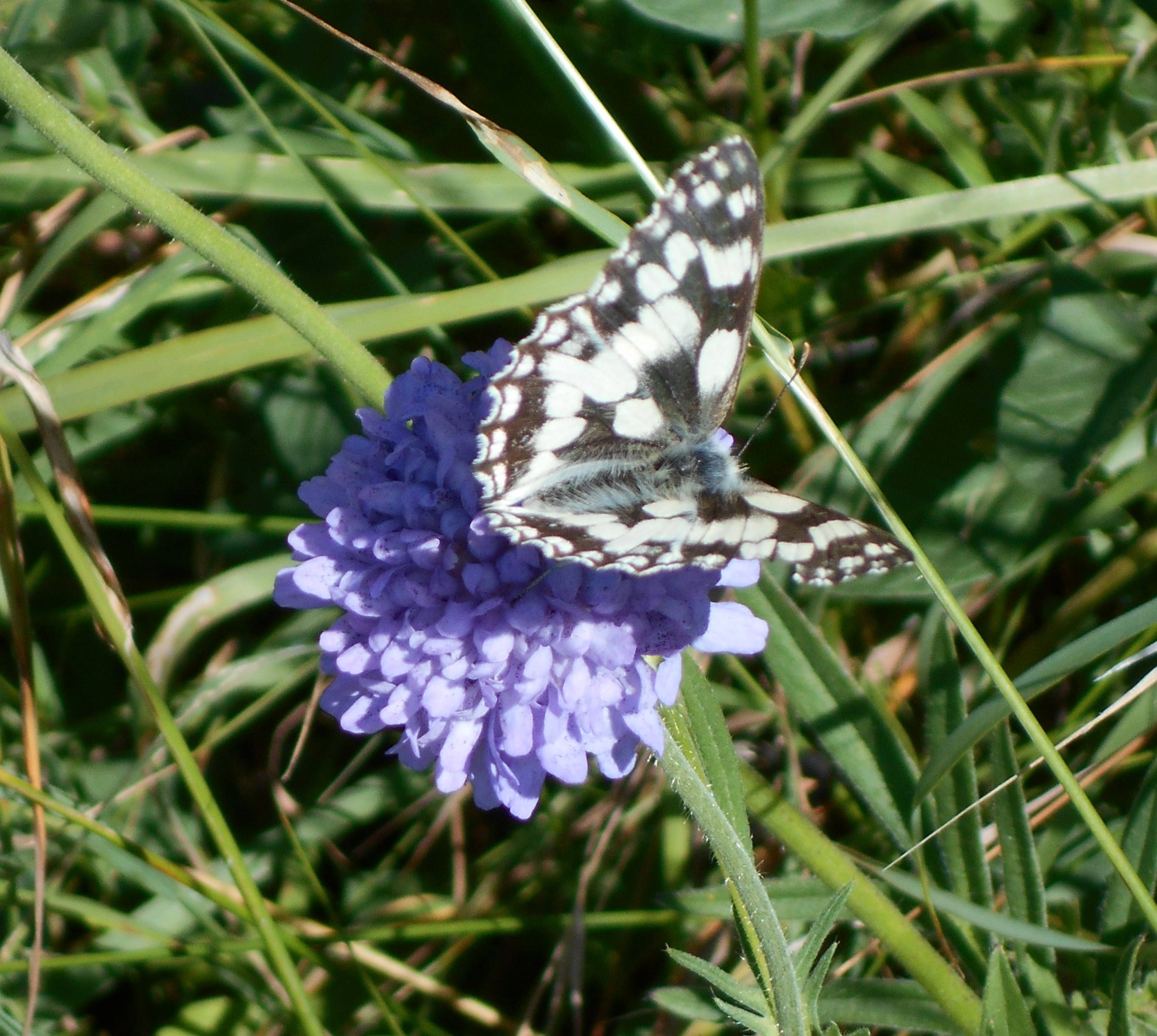 Marbled white butterfly feeding on scabious
Marbled white butterfly feeding on scabious
Weather Conditions: Fine, clear blue sky, vapour trails spreading and covering wide areas of the sky, cumulus clouds building on the horizon. Hot, burning sun, fresh cool breeze
Temperature: 20 celsius / 68 fahrenheit
Perfect, idyllic summer morning. Fresh, fine and sunny, flower filled banks, clouds of butterflies after the dearth of only a few days ago. Lots of birds buzzing around the bushes and tree tops, frequent alarm calls so probably the increased number of birds includes this year’s fledglings.
Hawthorn berries, rosehips, apples and blackberries all fattening and showing red. The banks are filled with pale straw coloured grasses ripening in the full sun, mixed with white moon daisies, violet blue meadow cranesbill, mauve scabious, yellow agrimony, drifts of cloudy white hedge bedstraw, clumps of purple knapweed, all swarming with a good variety of summer butterflies.
A steady stream of cyclists – singlies, pairs, small groups; a couple of other walkers.
Description of Surroundings:
Fields on either side of the path mostly green deserts, banks along the path filled with massed wild flowers and clouds of butterflies.
Bird Sightings:
Marsh tit, Whitethroat, Yellowhammer, Lesser Whitethroat, Skylark, Buzzards, Song Thrush, Chiffchaff, Chaffinch, Wren, Backbird, Crow and Wood pigeons.
Plants:
Buddleia, wild caraway, spear thistle, common ragwort, corn mint, Common Melilot, broad leaved willow herb, common St John’s wort, creeping thistle, centaury, tufted vetch, hop trefoil, dandelion, hedge woundwort, common valerian, hedge bedstraw, agrimony, moon daisy, ribwort plantain, nipplewort, great willow herb, bramble, hogweed, red and white clover, daisy, stinging nettle, birds food trefoil, herb Robert, field bindweed, sorrel, buttercup, wood spurge, ladies bedstraw, dove’s foot cranesbill, selfheal, meadow cranesbill, creeping cinquefoil, yarrow, red campion, white bryony, knapweed, white dead nettle, scabious, figwort, rest harrow, pale toadflax, bladder campion, vervain, sow thistle,
Animals:
Rabbits. Mining bees. Comma, ringlet, meadow brown, small heath, marbled white, small white, small tortoiseshell butterflies.
21st June 2017 10.55am – 12.30pm 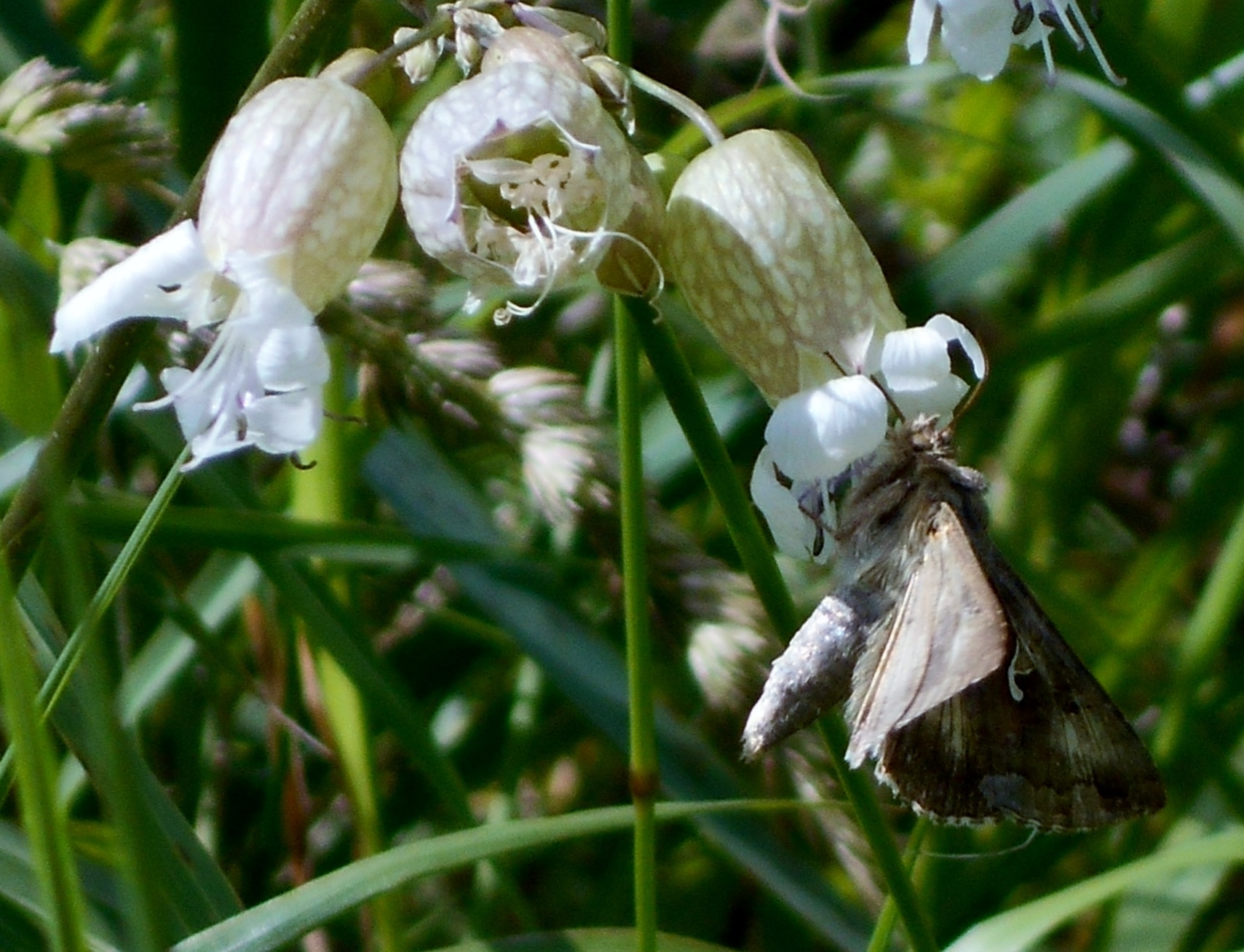 Moth feeding on bladder campion
Moth feeding on bladder campion
–Summer Solstice-
Weather Conditions: Hot. Slight cool breeze, thin hazy cloud.
Temperature: 29-30 celsius / 84-86 fahrenheit
Extremely hot – burning sun. There were fewer butterflies overall as typically happens in the June dip, a noticeable exception was seeing so many marbled whites for the first time. The dip always seems surprising as the summer plants are flowering at their peak. We spotted a small colony of mining bees burrowing around in the sandy soil by the picnic bench and watched some diving in and disappearing while others flew out of separate holes.
The archive article on the wildflowers on railway embankments in 1914 made interesting reading, particularly noticing how many of the species like poppies, rock rose, horse shoe vetch, fennel etc are absent from our very similar positioned south facing embankment.
A great relief that the embankments here are not subjected to falling cinders from locomotive fireboxes which used to set fire to the dry grasses all along the embankments during hot the weather, causing widespread devastation, leave the embankments burnt black and bare. [See Cuttings Footnote 7 at the bottom of the page]
Dozens of cyclists, pairs and singlies, in their racing lycra as well as couples (several of the girls in summer frocks and straw hats perched on sit-up-and-beg bicycles). A couple (the man in a mobility scooter) and young son only other walkers.
Description of Surroundings:
Fields of corn 2-3 ft high, thick tangled undergrowth along the banks.
Bird Sightings:
Skylark, whitethroat, blackcap, yellow hammer, buzzard, chiffchaff, chaffinch, magpie, wren, blackbird, pheasants and wood pigeons.
Plants:
Scotch thistle, yellow rattle, goats beard, ladies bedstraw, nipplewort, common hemp nettle, smooth sow thistle, yarrow, meadow pea, sorrel, stinging nettle, bramble, herb robert, herb bennet, red and white clover, hogweed, elder, hop trefoil, moon daisy, cut leaved cranesbill, hedge woundwort, hedge bedstraw, creeping cinquefoil, bladder campion, creeping thistle, agrimony, field bindweed, white bryony, buttercup, ribwort plantain, wood spurge, common melilot, common valerian, bush vetch, birdsfoot trefoil, meadow cranesbll, birdseye speedwell, scabious, knapweed, cowparsley, vervain, white dead nettle, common St John’s wort, rosebay willow herb, woody nightshade, pale toadflax, dovesfoot cranesbill, figwort, common centaury.
Animals:
Marbled white, small skipper, meadow brown, small heath, red admiral. Mining bees.
19th June 2017: Terror Attack, Finsbury Park Mosque, 19th June 2017

19th June 2017 : Brexit negotiations begin in Brussels
18th June 2017 2.20m – 4.00pm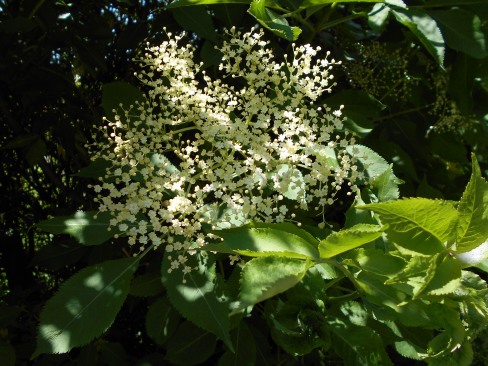 Elderflower
Elderflower
Weather Conditions: Hot, humid, partial shifting clouds, occasional cool breeze
Temperature: 27-28 celsius / 80-82 fahrenheit
A prodigous number of meadow brown butterflies everywhere, particularly swarming and feeding around the privet and meadowsweet, often 5-8 on each clump.
A strong, sweet herby scent of sun warmed grasses and flowers drifts on the air from the meadows and banks, the heat also strengthening the scent of privet, elder flowers and meadowsweet. The green berries on the black bryony are already beginning to fatten. Only two other walkers and two cyclists – extraordinarily quiet.
The sleeper picnic bench by the flight of memorial bricks is wonderfully positioned under the dappled shade of the ash and oak trees to catch every breeze wafting through the 15 feet or so gap in the hedge. A perfect place for summer picnics. The gap also opens up an idyllic view of the old Rectory on the horizon where Leonard Woolf stayed while visiting his friend the Rector of St Mary Magdalene Church, Great Elm.
A great deal of thought has been given to the positioning of all the single, puzzle and sleeper picnic benches along the Way. The oak puzzle bench under the apple trees near the entrance from Great Elm is positioned to catch the full sun in the spring and autumn, whilst others offer shade on hot summer days.
Description of Surroundings:
Fields full of seeded grasses, moon daisies and fewer buttercups, trees and shrubs full of blossom.
Bird Sightings:
Chiffchaff, chaffinches, long tailed tit, magpie, wrens, blackbirds, crows, pheasants and wood pigeons.
Plants:
Common Melilot, spotted orchid, broad leaved willow herb, common St John’s wort, creeping thistle, tutsan, centaury, tufted vetch, red leg, meadow sweet, buttercup, dog rose, hogweed, meadow cranesbill, hedge woundwort, field bindweed, stinging nettles, goosegrass, red clover, white clover, moon daisy, knapweed, birdseye speedwell, self heal, hop trefoil, bush vetch, greater hawkbit, chickweed, dog wood, pale toadflax, elder, crosswort, red campion, herb robert, herb bennet, bramble, creeping cinquefoil, sorrel, birdsfoot trefoil, common forget me not, daisy, privet.
Animals:
Clouded yellow, meadow brown, small heath, brimstones (m) peacock, speckled woods, small white.
14th June 2017 : Grenfell Tower Fire
13th June 2017 2.15m – 4.50pm 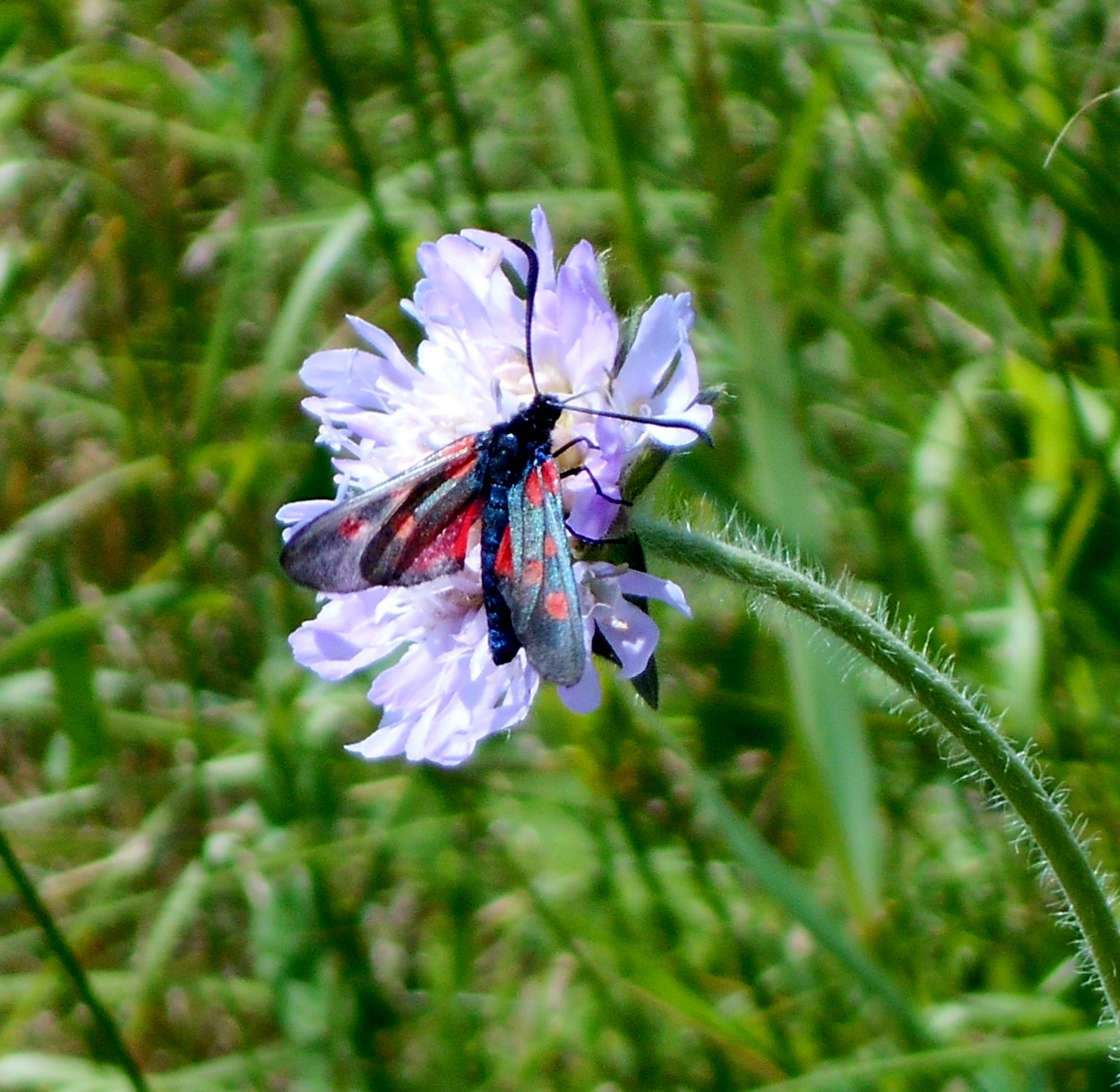 Burnet moth feeding on scabious
Burnet moth feeding on scabious
Weather Conditions: Hot sun, very warm, blue Magritte skies with floating white clouds.
Temperature: 20-22 celsius / 68-71 fahrenheit
Beds of birds-foot-trefoil quivering so thick are they with bees. Bees and butterflies swarming and feeding over blossoming trees, shrubs and flower filled banks. Lots of burnet moths, three together on the newly opened head of a knapweed flower. Long skeins of white bryony and dog roses climbing, entwining and cascading over trees and shrubs. The path busy with cyclists and runners; 3 other walkers.
Description of Surroundings:
Corn fields, rows of cut hay, buttercup and moon daisy massed grass meadows, trees and hedgerows in full summer leaf, drifts of flowers and tall seed covered grasses gently moving in the breeze, the scent of elder blossom and the sound of bird song, including the nightingale, the deep quiet of the English countryside.
Bird Sightings:
Nightingale, corn bunting, house sparrow, blackcap, whitethroat, willow warbler, yellow hammer, chiffchaff, chaffinches, blue tits, great tits, wrens, blackbirds, rooks, pheasants and wood pigeons.
Plants:
Agrimony, common valerian, rosebay willow herb, great willow herb, chamomile, hedge bedstraw, hedge mustard, knapweed, hedge woundwort, chickweed, buttercups, dead nettle, red campion, hog weed, moon daisies, dog rose, red clover, white clover, bush vetch, bramble, wood spurge, birds-eye speedwell, sorrel, white bryony, great hawkweed, cut-leaved cranesbill, hop trefoil, birds foot trefoil, self-heal, dove’s foot cranesbill, meadow cranesbill, field bindweed, black bryony, creeping cinque foil, herb bennet, herb Robert, common forget me not, garden escape forget me not, goose-grass, bladder campion, dogwood, ribwort plantain, vervain, stinging nettle.
Animals:
Burnet moths, common blue, small heath, brimstones (m.&f.) red admiral, peacock, painted lady, speckled woods, grass hopper.
8th June 2017 : General Election results in Hung Parliament

7th June 2017 11.30am – 2.20pm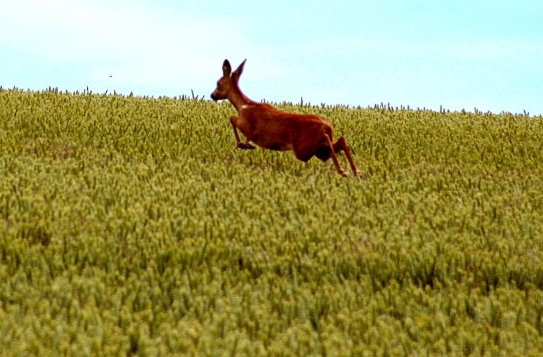 Roe deer
Roe deer
Weather Conditions: Fine, cool but sunny, gusting strong wind
Temperature: 15-16 celsius / 59-60 fahrenheit
Several fields beside the path thick with deep yellow buttercups and rusty red sorrel, waving grasses and swathes of moon daisies, mixed with deep blue meadow cranesbill and purple self-heal under sunny, cloudless blue skies – views which shout that summer has arrived! A female roe deer, having found a sheltered spot beside a hedge, is basking in the sunshine, her head popping up above the buttercups to check on us.
A steady stream of cyclists swish and whizz past, almost entirely singlies; 3 walkers. Strong, gusty winds but quiet between the hedgerows and very warm in the sun, fresh and cool in the wind. Wonderfully quiet. Increasing numbers of many varieties of fungi.
Description of Surroundings:
Fewer butterflies, possibly due to strong winds or possibly June dip. After days of heavy rain, the stream trickling at the top and overflowing the sleepers.
Bird Sightings:
Swifts, whitethroat, willow warbler, chiffchaff, chaffinches, great tits, wrens, robins, blackbirds, buzzards, ravens, jackdaws, pheasants, magpie and wood pigeons.
Plants:
Pyramidal orchid, common spotted orchid, twayblade, greater hawk-bit, creeping thistle, self-heal, dock, pale toadflax, prickly sow thistle, enchanters nightshade, woody nightshade, field bindweed, meadows cranesbill, doves foot cranesbill, common forget me not, hawksbeard, buttercup, meadowsweet, prickly sow thistle, bush vetch, brambles, hogweed, dogwood, moon daisies, white deadnettle, stinging nettles, red clover, white clover, red campion, red woundwort, herb Robert, herb bennet, sorrel, creeping thistle, goosegrass, dog rose, black bryony, common daisy, figwort, crossword, cinquefoil, hop trefoil, birdseye speedwell, elder, privet and honeysuckle all in flower.
Animals:
Female roe deer, squirrel, male banded demoiselle damselfly, horsefly; meadow brown, small tortoiseshell, red admiral, orange tip, speckled wood butterflies; silver ground carpet moth, small orange moth, garden chafer.
__________________________________________________________________________________________
3rd June 2017: London Bridge / Borough Market, London, Terrorist Attack

___________________________________________________________________________________________
1st June 2017 12.05pm – 4.20pm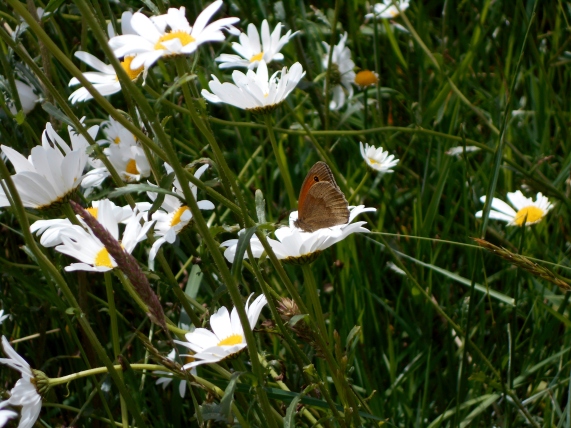 Meadow Brown feeding on Moon Daisies
Meadow Brown feeding on Moon Daisies
Weather Conditions: Fine, breezy afternoon, mostly sunny, intermittent cloud
Temperature: 22 celsius / 71 fahrenheit
We were so heartened to hear the nightingales again, still in the same area on either side of the path, filling the air with their song. As we stood listening, cyclists passed, the swish of their wheels making a soothing accompaniment to the birdsong and not at all disturbing we imagine to the birds. This stretch of the path is cocooned between dense trees and scrub so all sound is enhanced and echoes. The plants and shrubs are coming into summer flowering and innumerable numbers of bees of every size and colour are everywhere, wherever you look, swarming over hedges and banks and verges, burying their faces into the masses of newly opened flower heads.
One other solitary walker but lots and lots of cyclists. A large party of 15-20 cyclists (oldies with foldies), parents with young children (some cycling independently some being pulled or atttached to a parent’s bicycle) singles, couples, some stopping to picnic, all enjoying the peace and the welcome sunshine.
Description of Surroundings:
First day of summer and the banks are filled with flowers, butterflies, bees and insects.
Bird Sightings:
Nightingales, blackcaps, yellow hammers, skylarks, gold finch, whitethroat, willow warbler, chiffchaff, chaffinches, wrens, robins, blackbirds, rooks, crows, pheasants, magpie and wood pigeons.
Plants:
Field scabious, greater knapweed, common vervain, hedge woundwort, woody nightshade, black bryony, white bryony, field bindweed, cinquefoil, crossword, goose grass, bladder campion, red campion, common cow wheat, dove’s foot cranesbill, cut leaved cranesbill, wild strawberry, wood spurge, meadow cranesbill, common birds foot trefoil, cow parsley, hogweed, birds eye speedwell, bush vetch, forget me not, common vetch, ground ivy, dog rose, bramble flowers, hop trefoil, hairy tare, red clover, white clover, buttercup, ribwort plantain, herb bennet, sorrel, buttercups, moon daisies, common daisies, dogwood and elder.
Animals:
Painted lady, wood white, orange tips (m&f), brimstones (m), speckled wood, peacock butterflies, damselfly, dragonfly, tree bumblebee, red headed cardinal beetle. Rabbits.
23rd May 2017 2.15pm – 5.10pm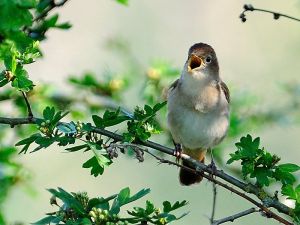 Nightingale [Kev Chapman]
Nightingale [Kev Chapman]
Weather Conditions: High cloud, drizzle, strong breeze, clearing to cumulous clouds in blue skies and hot sun
Temperature: 22 celsius / 71 fahrenheit
The highlight of our day and year so far, was listening to the nightingales*. We were walking back in the late afternoon, foot weary from having walked really too far, the sun hot on our backs and measuring the distance to the next picnic bench, when we heard first one and then two nightingales on either side of the path. The first was quieter and stopped soon after we arrived but the other, hidden in a dense thicket of bramble backing onto a deep hedge, surrounded by shrubs almost covering the path, singing his rich and varied song, non-stop, loudly and quite magically.
We walked stealthily up and down the path searching the undergrowth but we didn’t even catch a glimpse. It seemed impossible not to spot the bird when he must have been so close, but the thicket was wide and the undergrowth was so tangled we couldn’t see anything at all. We listened, quite enchanted, for more than ten minutes until a couple of walkers arrived with their dogs and as soon as the dogs barked, the nightingale stopped singing and we reluctantly moved on.
As we walked, another walker caught us up and confirmed that the nightingale was still singing when he passed by. He had lived for some years in the south of France and told us how the nightingales near his house sang so long and so loudly, day and night, that he often wished they would just shut up!
It was surprising to see the two chaser dragonflies when we couldn’t see a pond or river. Quite a number of single cyclists and a good number of walkers. Overall, a beautiful May day, hot sun, clear air, bird song and the distant rattle and drone of tractors cutting silage.
Description of Surroundings:
Trees and hedges in full leaf, more and more flowers, butterflies, bees and insects. Birds more difficult to see as they hide amongst the branches but they are all in full song.
Bird Sightings:
Sparrow hawk, yellow hammer, skylarks, swallows, gold finch, bullfinch, green finches, garden warbler, chiffchaff, chaffinches, buzzards, song thrush, wrens, robins, blackbirds, lesser black backed gulls, jackdaws, rooks, crows, pheasants, magpie and wood pigeons and….. NIGHTINGALES!!
Plants:
Bladder campion, red campion, common cow wheat, dove’s foot cranesbill, cut leaved cranesbill, wood spurge, meadow cranesbill, common birds foot trefoil, cow parsley, hogweed, birds eye speedwell, bush vetch, forget me not, common vetch, dog rose, bramble flowers, red clover, white clover, herb bennet, sorrel, white deadnettle, buttercups, moon daisies, common daisies.
Animals:
At least a dozen rabbits, adults and young, Red Admiral, Wood white (?) male and female Orange tips, male and female Brimstones, small Tortoiseshell, Peacocks, Speckled wood butterflies, two female broad-bodied chaser Dragonflies.
22nd May 2017 : Manchester Arena, Terrorist Attack

22nd May 2017 11.30am – 2.30pm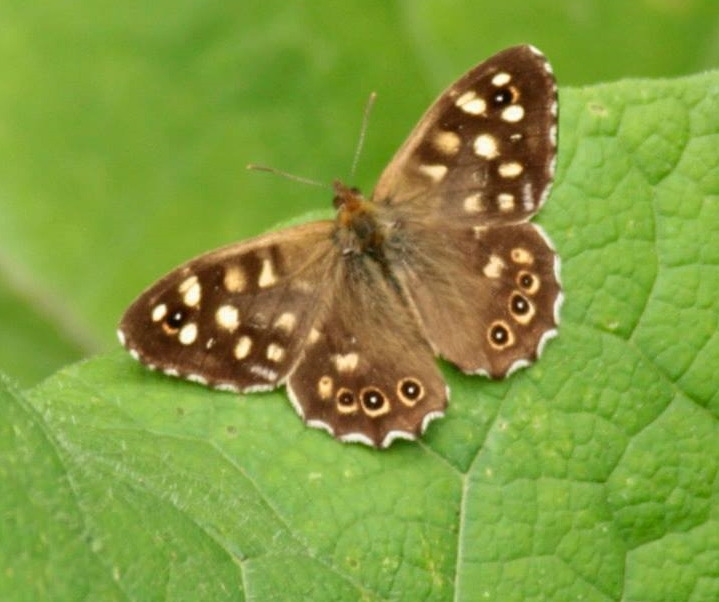
Speckled Wood
Weather Conditions: Sunny, breezy, high cloud clearing to full, hot sun
Temperature: 19-22 celsius / 66-71 fahrenheit
Beautiful May day, hot sun, cool breeze, lots of birdsong and wild flowers. We lost count of the number of cyclists there were so many – in ones, twos, groups, tandems, all ages (although mostly 20s-30s) and sexes (pretty evenly between men and women). Two walkers.
Description of Surroundings:
Slight flow and trickle of water in the stream after days of rain. Fields carpeted with golden buttercups and islands of white moon daisies, clouds of cow parsley edging the path. Hawthorn flowers almost all over, no apple blossom – the season so very fleeting.
Bird Sightings:
Sparrow hawk, yellow hammer, chiffchaffs, blackcaps, willow warbler, chaffinches, bullfinches, buzzard, song thrush, wrens, robins, blackbirds, jackdaws, rooks, crows, pheasants, magpie and wood pigeons.
Plants:
Welsh poppy, dog rose, crosswort, twayblades, meadow sweet, bramble flowers, early purple orchids, yellow archangel, figwort, goose grass, white clover, red clover, herb Robert, red campion, bugle, hop trefoil, oxeye daisy, common forget me not, ribwort plantain, cow parsley, birds eye speedwell, herb bennet, beaked hawksbeard, sorrel, bush vetch, stitchwort, common birds foot trefoil, white deadnettle, buttercups, cowslips, bluebells, stinging nettles, common daisy, Spindle and elder all in flower.
Animals:
Wood white (?) male and female orange tips, male and female brimstones, peacocks, speckled wood butterflies, a damselfly.
9th May 2017 1.55pm – 4.15pm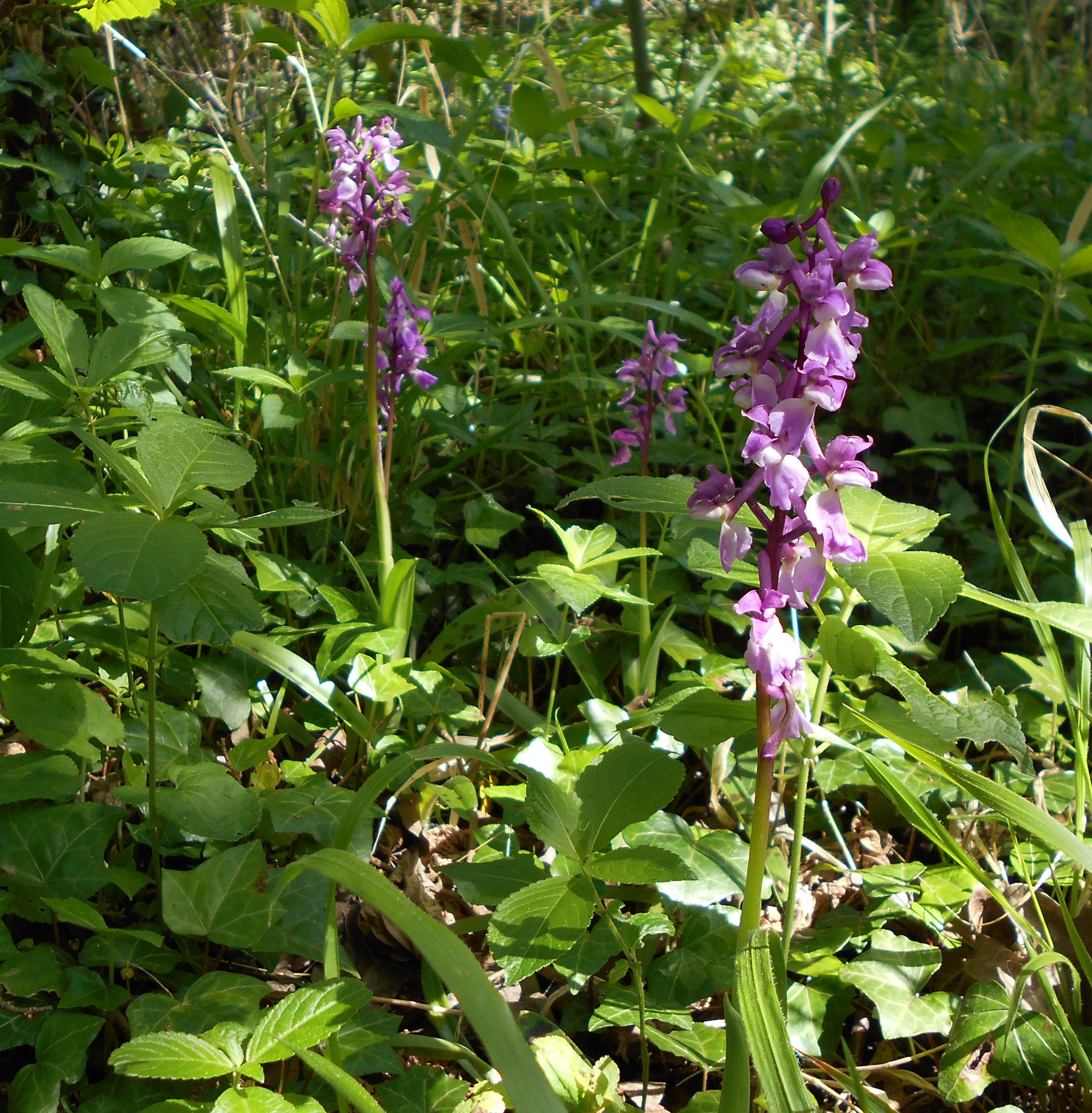 Early Purple Orchids
Early Purple Orchids
Weather Conditions: Full sun, light cool breeze. Hot in sheltered spots
Temperature: 12-13 celsius / 53-55 fahrenheit
Some dozen or so cyclists, including a couple riding a tandem with a baby trailer attached and a dog running alongside! A couple of walkers. Very, very quiet and tranquil.
Description of Surroundings:
Still no rain, the stream completely dry apart from a few puddles. Apple trees still in blossom, still scenting the air. Noticeably greener and thicker leaves on trees and hedges, dappled shade making the paths look summery.
Bird Sightings:
Lesser whitethroat, chiffchaffs, blue tit, tree creeper, blackcaps, chaffinches, bullfinches, jays, buzzards, green woodpecker, song thrush, wrens, robins, blackbirds, rooks, crows, pheasants and wood pigeons.
Plants:
A dozen or so early purple orchids over three separate sites and several tway blades at one site, wild strawberries, beaked hawksbeard, sorrel, ribwort plantain, wild blackberry (brambles), ground ivy, columbine, wood spurge, cow parsley, red campion, hop trefoil, cowslips, bluebells, bush vetch, herb robert, birds eye speedwell, white deadnettle, lesser celandine, dandelions, daisies, bulbous buttercups, meadow buttercups, creeping buttercups, yellow archangel, golden saxifrage, red clover, hogweed moon daisies, lords and ladies and grasses all in flower.
Guelder Rose, Field Maples, Wych elms, English elms (in fruit) Ash, Willows, Sycamores, Horse chestnuts, Buddleias. Wayfaring trees, Apples trees, Hawthorns (May) in flower.
Animals:
Brimstones (male & female), orange tips (m. & f.) holly blues, comma, speckled woods. Wasp mimic hover fly. Pair of squirrels.
2nd May 2017 10.30am – 12.10pm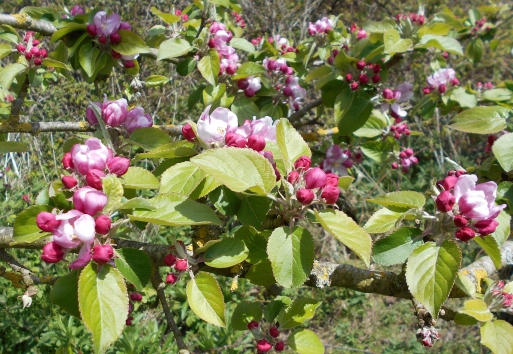
Heritage apple tree blossom
Weather Conditions: Mainly sunny to patchy cloud. Light breeze. Hot in the sun – perfect May morning.
Temperature: 12-14 celsius / 53-57 fahrenheit
Very busy with lots of cyclists, runners and a few walkers. A young graphic artist who worked from home said he thought Colliers Way was as good a stretch of countryside as anywhere. Although he enjoyed competitive distance running, he still tried to take a break from his computer to walk along the path, to enjoy some fresh air and exercise and clear his mind. Another walker who came every day said he particularly loved the long stretch of the embankment towards Radstock where there were so many rabbits and the smaller bank towards Geat Elm which in the summer is a mass of wild flowers, butterflies and bees. He had noticed an increasing number of deer.
Description of Surroundings:
Still very dry. Apple trees thick with blossom, swarming with bees, the hot sun deepening the heavenly scent, perfuming the air. Noticeably greener and thicker leaves on trees and hedges.
Bird Sightings:
Skylark, whitethroat, chiffchaffs, willow warblers, garden warblers, blackcaps, chaffinches, bullfinches, jays, raven, buzzards, wrens, robins, blackbirds, rooks, crows, jackdaws, pheasants, gulls and wood pigeons.
Plants:
White bryony, Hairy Tare (vetch), common mouse-ear, Herb Bennet (wood avens), wild blackberry (brambles), ground ivy, columbine (garden escape), wood spurge, cow parsley (heavy scent) red campion, hop trefoil, early forget me nots, primroses, cowslips, bluebells, bush vetch, birds eye speedwell, white deadnettle, lesser celandine, dandelions, daisies, bulbous buttercups, doves foot trefoil, coltsfoot and grasses all in flower.
Field Maples, Wych elms, English elms, Willows, Sycamores, Horse chestnuts, Buddleias. Hawthorns (May) in flower and beginning to scent the air (slightly unpleasant smell).
Animals:
Very many male and a few female orange tips, brimstones and peacock butterflies. Lots of bumblebees both around the tree blossom and feeding off the white dead nettles; lots of small black bees (miner bees?) emerging from holes in the sandy soil by the picnic bench.
……………………………………………………………..
Publication of the government’s Cycling & Walking Investment Strategy* (CWIS) could mean a very welcome injection of funds into Frome’s Missing Links. If such an investment was made, cycling from the Market Place to Bath or even Bristol along that traffic free, pollution free, noise free idyll which is Route 24 would become a reality. Fingers crossed! [See Cuttings Footnote 5 at the bottom of the page]
*https://www.gov.uk/government/uploads/system/uploads/attachment_data/file/603527/cycling-walking-investment-strategy.pdf
25th April 2017 1.50pm – 3.30pm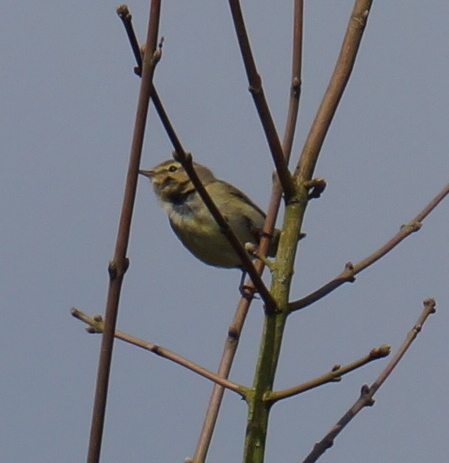 Chiff Chaff
Chiff Chaff
Weather Conditions: Full sun, cold northerly wind, warm under the protection of the trees .
Temperature: 8-9 celsius / 46-48 fahrenheit
Very quiet, the bitterly cold, strong northerly wind deterring cyclists. A few walkers. An older couple from Midsummer Norton and a woman from Warminster walking with her rescue dog. All said how much they envied Frome for having such a quiet haven for wildlife so close as there was nothing similar anywhere near where they lived, nor close to Salisbury where their daughter lived. The couple said they had seen yellow hammers and tree creepers and met a local ornithologist earlier in their walk who had seen a Goshawk flying above the trees. They also talked about the number of badgers and foxes along the banks and how long they had been there.
Description of Surroundings:
Still very dry. The stream reduced to barely a trickle, completely dry by Newbury Firs. Most trees in leaf, field crops haze of green.
Bird Sightings:
Gold crest, lesser whitethroat, chiffchaffs, chaffinches, bullfinches, great tits, wrens, robins, blackbirds, song thrush, rooks, crows, pheasants and wood pigeons.
Plants:
Hop trefoil, early forget me not, doves foot cranesbill, red clover, common birdsfoot trefoil, birdseye speedwell, bugle, cowslips, violets, herb Robert, bush vetch, lesser celandines, greater celandine, cow parsley, ribwort plaintains, lords and ladies, wayfaring tree, hawthorn (may) and medlar (garden escape) all in flower.
Animals:
Bank vole. Speckled woods and orange tips butterflies.
18th April 2017 12.45pm – 3.50pm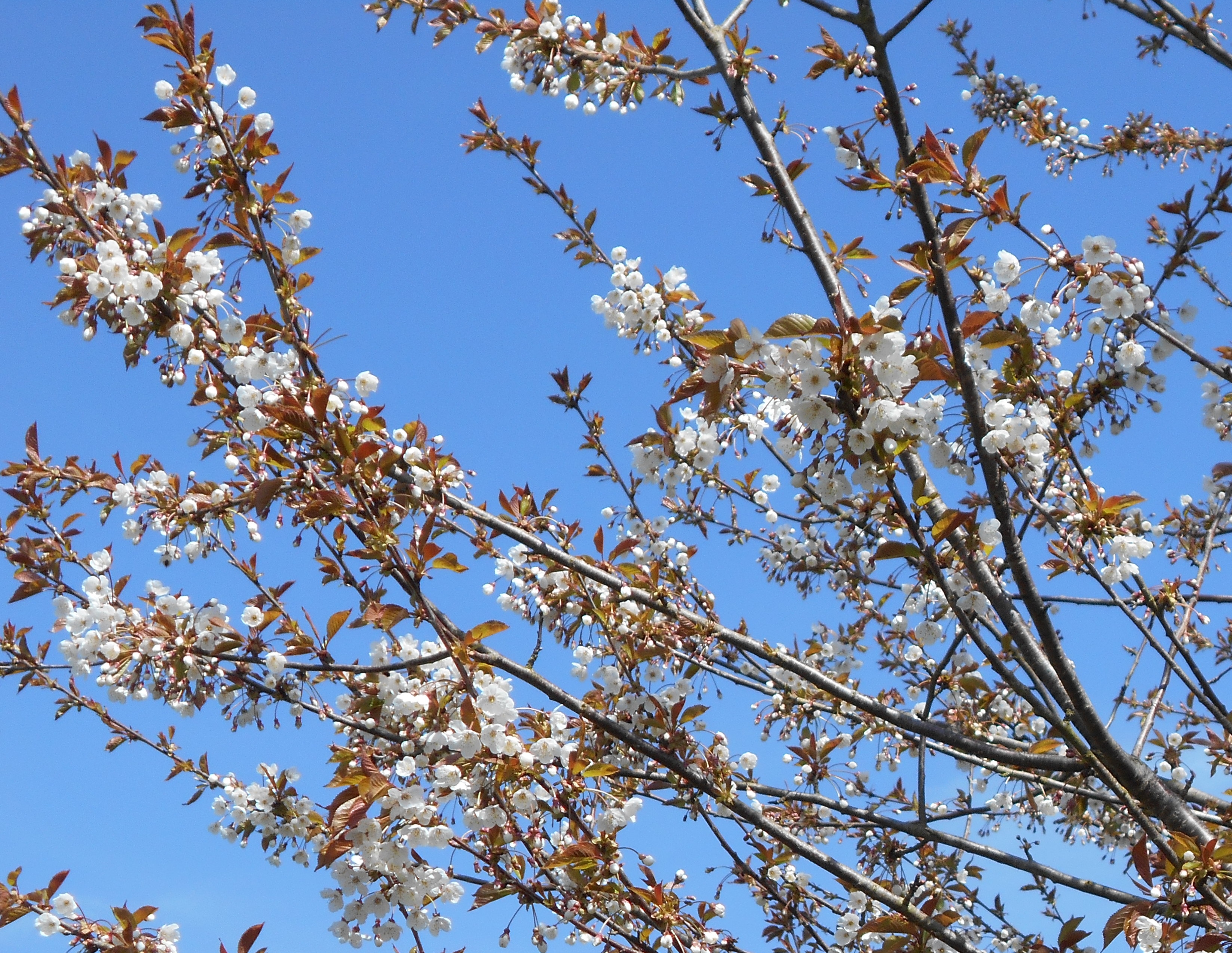
Wild Cherry
Weather Conditions: Full sun, blue skies, hot sheltered from the wind.
Temperature: 10-12 celsius / 64 fahrenheit
Lots of cyclists and walkers enjoying the hot sunshine. Mums, dads, children, as well as singles, pairs and groups. Husky – pulling skateboarder – as eager and fast as ever.
We passed two young men who, having travelled from Bristol to Bath by train, were now walking from Bath to Frome along the Way. They talked about the increase in red kite sightings in the south west and hoped one day these would match the close quarters views of them seen whilst walking in Wales. An older couple (the man newly retired) from Paulton had joined the Way at Kilmersden and had seen several yellow hammers today and a magnificent roe deer stag by the pond the last time they walked the path.
We were lucky enough to meet Rob Beale by the puzzle bench while he was talking to the Paulton couple. He had also seen yellow hammers, common white throats, lesser whitethroats, linnets and blackcaps although he thought it was overall quite a quiet day for bird sightings. He recommended a very useful and free Bird Sounds app which can be downloaded from Google: https://play.google.com/store /apps/details?id=com.luminousapps.ukbirdssounds&hl=en_G
We were then joined by an old ornithologist friend of his, Dan Lupton and enjoyed a most interesting exchange of birds seen, where and when in the area of the Way. Whilst chatting and soaking up the sun a dunnock perched on the apple tree beside us, several swallows flew over and a skylark sang as it soared over the fields!
Dan will be leading a bird walk in Frome on May 6th in support of F.R.O.G.S. Check out their website for details: http://www.fromefrogs.org.uk
Description of Surroundings:
Particularly beautiful as most of the flowering trees are now in full blossom, basking in the hot sun and scenting the air – wild cherry, blackthorn and heritage apples trees all along the way.
Very dry. Most trees in leaf, fields a haze of green crops.
Bird Sightings:
Blackcap, swallows, (heard) lesser whitethroat, common whitethroat, dunnock, skylarks, chiffchaffs, willow warblers, chaffinches, bullfinches , great tits, wrens, robins, blackbirds, rooks, buzzards, crows, pheasants, magpies and wood pigeons.
Plants:
Red dead nettle, wood spurge, violets, cowslips, white dead nettle, cow parsley, ground ivy, birds eye speedwell, bluebells, red campion, ribwort plantain, garlic mustard, bush vetch, apple tree blossom perfuming the air and alive with bees, wild cherry in flower, blackthorn In leaf and flower.
Animals:
A good number of butterflies all along the verges and in the trees: male and female brimstones, male orange tips, small tortoiseshells, holly blues and speckled woods. St Mark’s (Hawthorn) fly and bee flies.
11th April 2017 11.45am – 1.30pm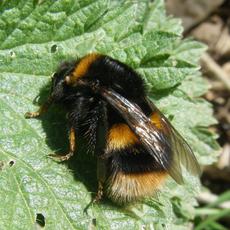 Buff tailed bumblebee
Buff tailed bumblebee
Weather Conditions: Sunny intervals, cloudy – cold, gusty breeze.
Temperature: 12-13 celsius / 53-55 fahrenheit
Lots and lots of cyclists, young men, pre-teens, older men, cycling alone or in pairs; dads and sons, mum and children with bicycles picnicking at the bench by the steps. Young woman lunching at Mells Café having cycled from Bath, before cycling back along Colliers Way. She regularly cycled the Bath-Bristol path.
Description of Surroundings:
Stream sluggish at the bridge, a trickle by the steps, dry at the top. Hare field ploughed and harrowed.
Bird Sightings:
Green woodpecker, chiffchaffs, willow warblers, chaffinches, pairs of bullfinches , blue tits, wrens, robins, blackbirds, buzzards, crows, pheasants and wood pigeons.
Plants:
Lady’s smock, marsh marigold, , hairy bittercress, cowslips, sweet violets, primroses, dead nettles, herb Robert, grape hyacinths, wood anemones, narrow leaved woodrush, ground ivy, lesser celandine, birdseye speedwell, dandelions, daisies, ribwort plantains all in flower. Clumps of harts tongue ferns looking like nests of cobras beginning to unfurl.
Some blackthorn in leaf and flower, most in flower only, pussy willows beginning to go over. Heritage apple trees’ flower buds showing deep pink. Oak trees in leaf, ash leaves beginning to leaf.
Animals:
Common lizards one sunning itself on the rails beyond the hare field and the other near the heritage apple trees warming itself on the tarmac – both skittered away and lost to sight. Many speckled woods and one female orange tip butterfly, buff tailed bumblebees (Bombus terristris) and bee flies (bombylius major)
5th April 2017 11.05am – 12.45pm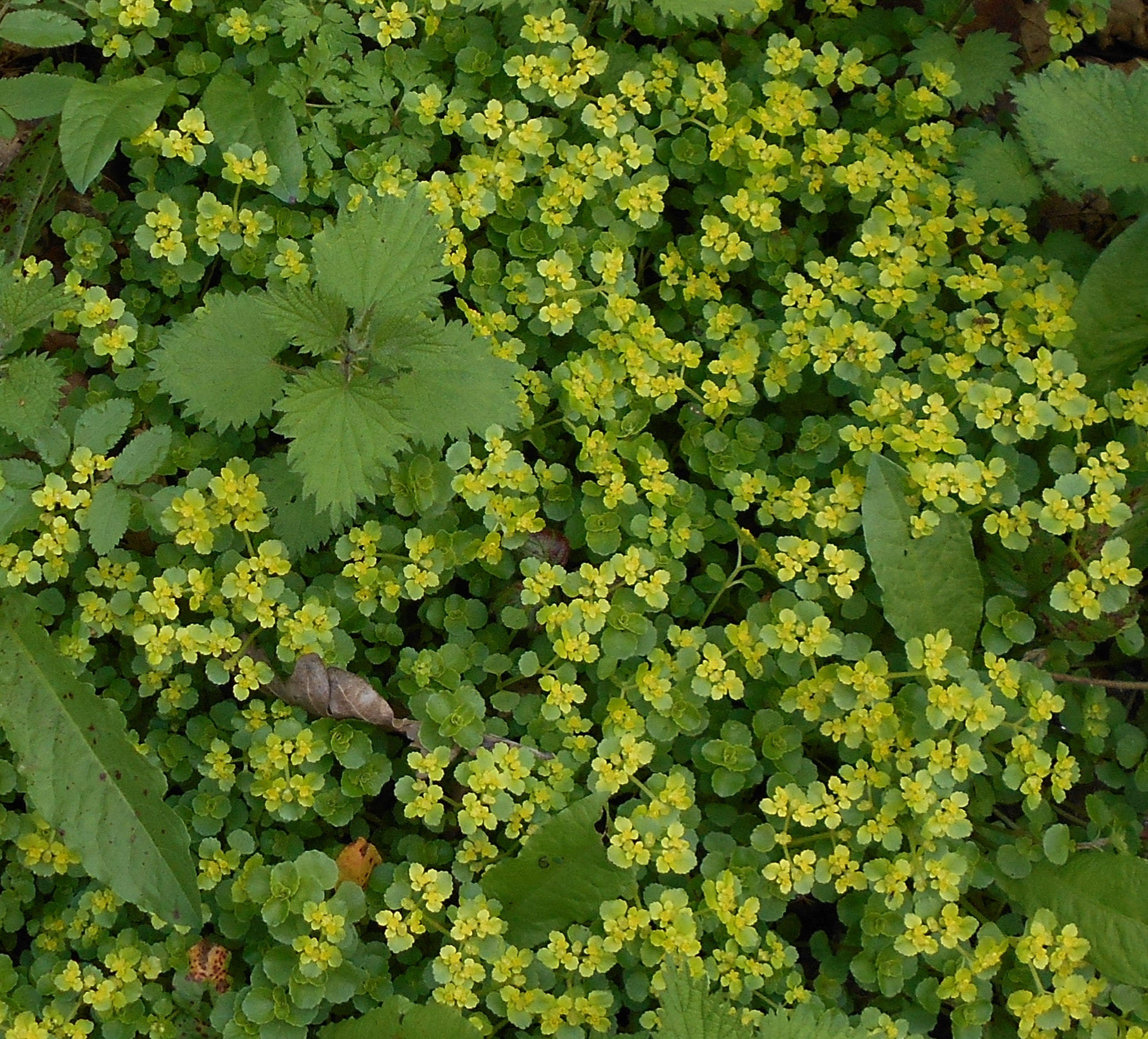
Golden Saxifrage
Weather Conditions: Sunny, cool in the shade.
Temperature: 11-12 celsius – 51-53 fahrenheit
Sat soaking up the sun on one of the oak puzzle benches, watching the butterflies, chatting to a young couple (originally from Devon) who have moved back to the West Country after some years working and living in London. Having just discovered Colliers Way they are enjoying exploring the path on foot while they look out for suitable bicycles.
After a dry month of March, the stream is dry in parts, trickling in others, but the lack of rain means the soggy bottom bench is completely dry! Lots of cyclists, walkers with dogs, couples, mums with push chairs and mums with children.
Description of Surroundings:
Quiet and peaceful spring morning, the cool air full of birdsong and the scent of wood smoke.
Bird Sightings:
Skylarks, raven, bullfinches around the cherry blossom, blue tits, marsh tits, coal tits, long tailed tits, chaffinch, tree creeper, wrens, robins, blackbirds, song thrushes, buzzards, rooks, pheasants and wood pigeons.
Plants:
Golden saxifrage, cowslips, violets (purple and white), ground ivy, dandelion, celandines. Ash trees, blackthorn, wild cherry and pussy willows all in full flower. Scarlet elf cups and honey fungus.
Animals:
Muntjak and roe deer tracks, grey squirrels; male brimstone, female orange tip and small tortoiseshell butterflies, early bumblebee (Bombus pratorum), buff tailed bumblebee (Bombus terristris)
3rd April 2017 10.30am – 12.45pm+
Blackcap
Weather Conditions: Sunny, strong, cold, southerly wind.
Temperature: 12-13 celsius / 53-55 fahrenheit
We had a long chat with two keen and knowledgeable ornithologists from Coleford (John Hansford and Rob Beale). They had seen linnets, marsh tits, blackcaps and kestrels, etc etc this morning and had in previous summers seen firecrests, yellow hammers, white throats (as many as 80 in the fields) hobbies (breeding nearby) wheatears, lapwings and spotted flycatchers, and many others, including nightingales.
They also mentioned that the broad thicket of mixed shrubs and deciduous trees fronted by an open grassy area between Mells Road and the bridge was, they believed, an extremely important habitat as it was acknowledged to be the best area in the whole of Somerset for warblers. In addition they said that in the summer they have seen lots of silver washed fritillaries in the area of Buckland bridge. There are certainly a huge number of violets all along the edge of the path for the lava to feed on. Another birdwatcher we met, from Frome, had also seen blackcaps and willow warblers for the first time this year.
First day of the school Easter holidays so very busy with walkers, runners, cyclists, children (cycling and walking both on their own, with groups of friends or with parents) dog walkers and bird watchers.
Description of Surroundings:
Banks and banks of blackthorn, wild cherry and pussy willow in full flower, a wonderful sight against the blue skies lit by the strong sun.
Bird Sightings:
Corn bunting, Blackcap, Skylark, Willow warbler, buzzards, long tailed tits, chiff chaffs, 2 Kestrels, pheasants, crows, magpies, blackbirds, wrens, robins, wood pigeons, great spotted woodpecker, song thrush.
Plants:
First bluebells, wood spurge, herb robert, bush vetch, hutchinsia, red campion, ground ivy, white dead nettles, birds eye speedwell, cowslips, white and purple violets, celandines, dogs mercury, dandelions in flower – lords and ladies, ribwort plantain and mare’s tails in fat bud.
Animals:
Male brimstone and peacock butterflies around the blackthorn blossom, small tortoiseshell and speckled wood butterflies. Buff tailed bee, black honey bee.
29th March 2017: ARTICLE 50 TRIGGERED – Start of 2 year countdown to Brexit
28th March 2017 2.25pm – 4.05pm
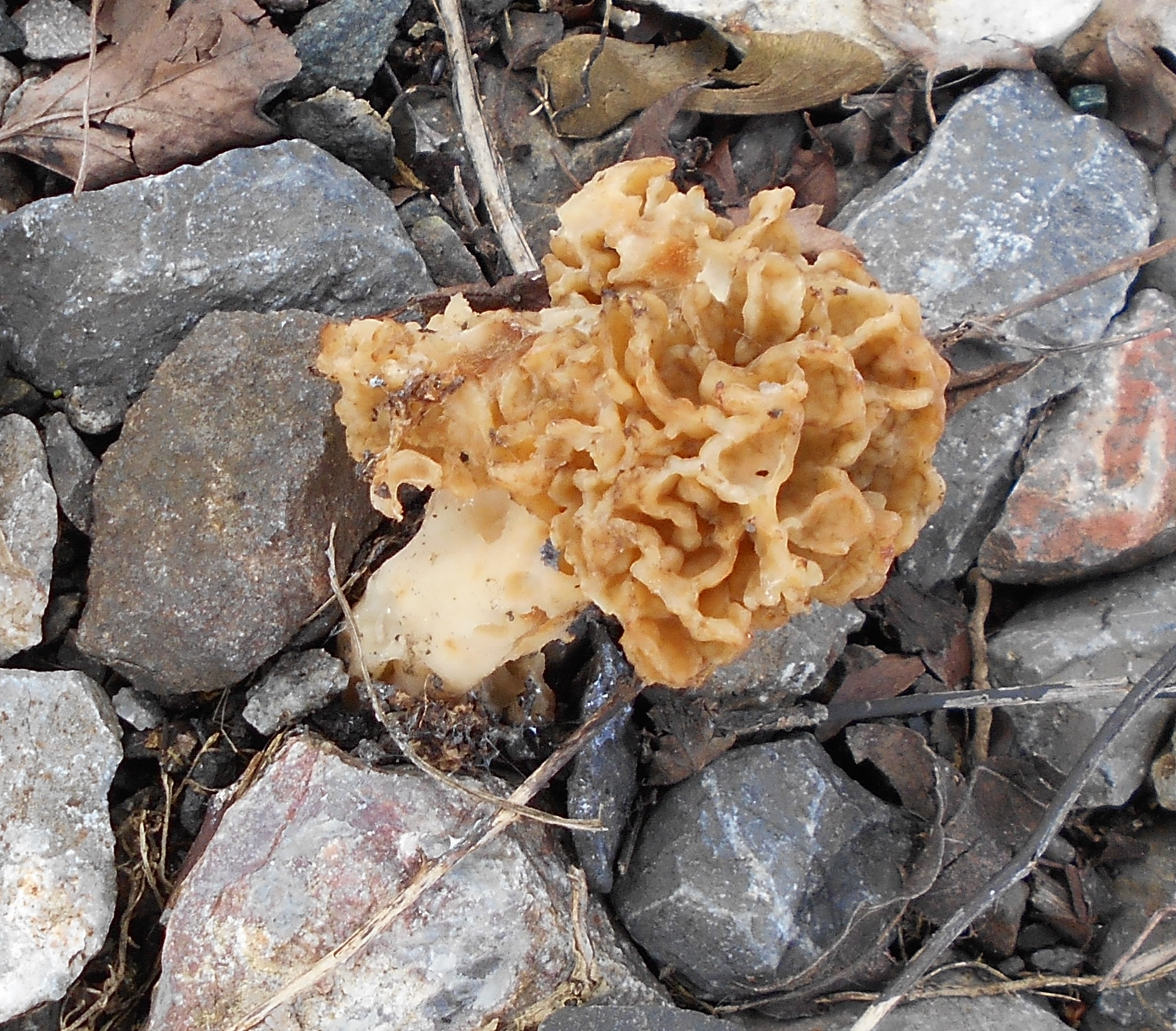 Common Morel Fungus
Common Morel Fungus
Weather Conditions: Sunny, light cloud turning overcast with a very strong cold wind signalling approaching weather front.
Temperature: 10 celsius / 50 fahrenheit
Very surprised to see three more species of fungus. The common morel (morchella esculenta), pale winter polypore (polypors brumalis) and a group of russet brown fungus in the grass beside the track. Possibly entoloma clypeatum or more likely u.b.f. (unknown brownish fungus!).
Lots of cyclists including a young man cycling one-handed, the other holding the leads of the two dogs running alongside; a few walkers. Although we have only once seen a horse and rider, we always see copious mounds of dung all along the path so we assume it is a regular route for horse riders. A very welcome sight for rose growers and silver washed fritillaries!
Description of Surroundings: Stream – dry bed in upper stretches, low near the steps.
Bird Sightings:
Jay, raven, 2 buzzards (1 mobbed by a crow) rooks, tits, chiff chaffs, pheasants, crows, magpies, blackbirds, wrens, robins, wood pigeons, gulls
Plants:
Cowslips, primroses, birds eye speedwell, celandines, purple and white violets, grape hyacinths, wood anemones, white dead nettles, dog’s mercury. Wayfaring tree leaves just emerging, flowers in tight bud. Some blackthorn and all the pussy willows are in full flower. Ash tree flowers emerging, all the hawthorns, elders and most of the hazels in full leaf.
Animals:
Male brimstone, orange and black striped bee. No sightings of hares at all during the whole of March – it is possible that we have just missed seeing them but we think it more likely that the ones we saw in late autumn and winter were foraging rather than living close by.
22nd March 2017 : Westminster Bridge Terrorist Attack

21st March 2017 10am – 12.10pm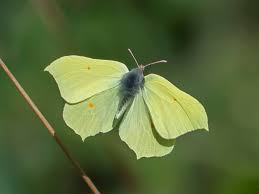
Brimstone Butterfly
Weather Conditions: Full sun, blue sky, bitterly cold. Sharp hail shower and strong south westerly wind.
Temperature: 6 celsius / 42 fahrenheit
Much colder. Lots of trees showing their leaves, particularly hazels and elder. The volunteer Ecology group of Frome’s Missing Links have been busy and have added wooden seats to the sleeper picnic bench by the flight of steps and above Buckland bridge and constructed steps and a sleeper bridge across the nearby stream.
Description of Surroundings: Stream – dry in upper stretches, low near the steps.
Bird Sightings:
Garden warbler, great tit, blue tits, chiff chaffs, buzzard, pheasants, crows, magpies, blackbirds, wrens, robins, 2 mallards in the stream, wood pigeons,
Plants:
Cowslips, primroses, purple and white violets, grape hyacinths, wood anemones, the spread of daisies and dandelions thickening in the fields. Some blackthorn and all the pussy willows in full flower.
Animals:
Two brimstone butterflies, first a white female and later a yellow male; bumble bee. A squirrel racing across the field up the trunk of a tree, leaping and just managing to gain purchase on a thin branch of an adjoining tree before skittering along the branch and disappearing among the ivy. Within minutes, leaping to the ground and racing across the rest of the field to disappear from sight.
20th March 2017 : –Spring Equinox-
19th March 2017 : The National Trust has today announced it will also be aiming to establish more wildlife friendly habitats on its land. [See Footnote 4 – Cuttings at the foot of the page]
15th March 2017 2.20pm – 4.10pm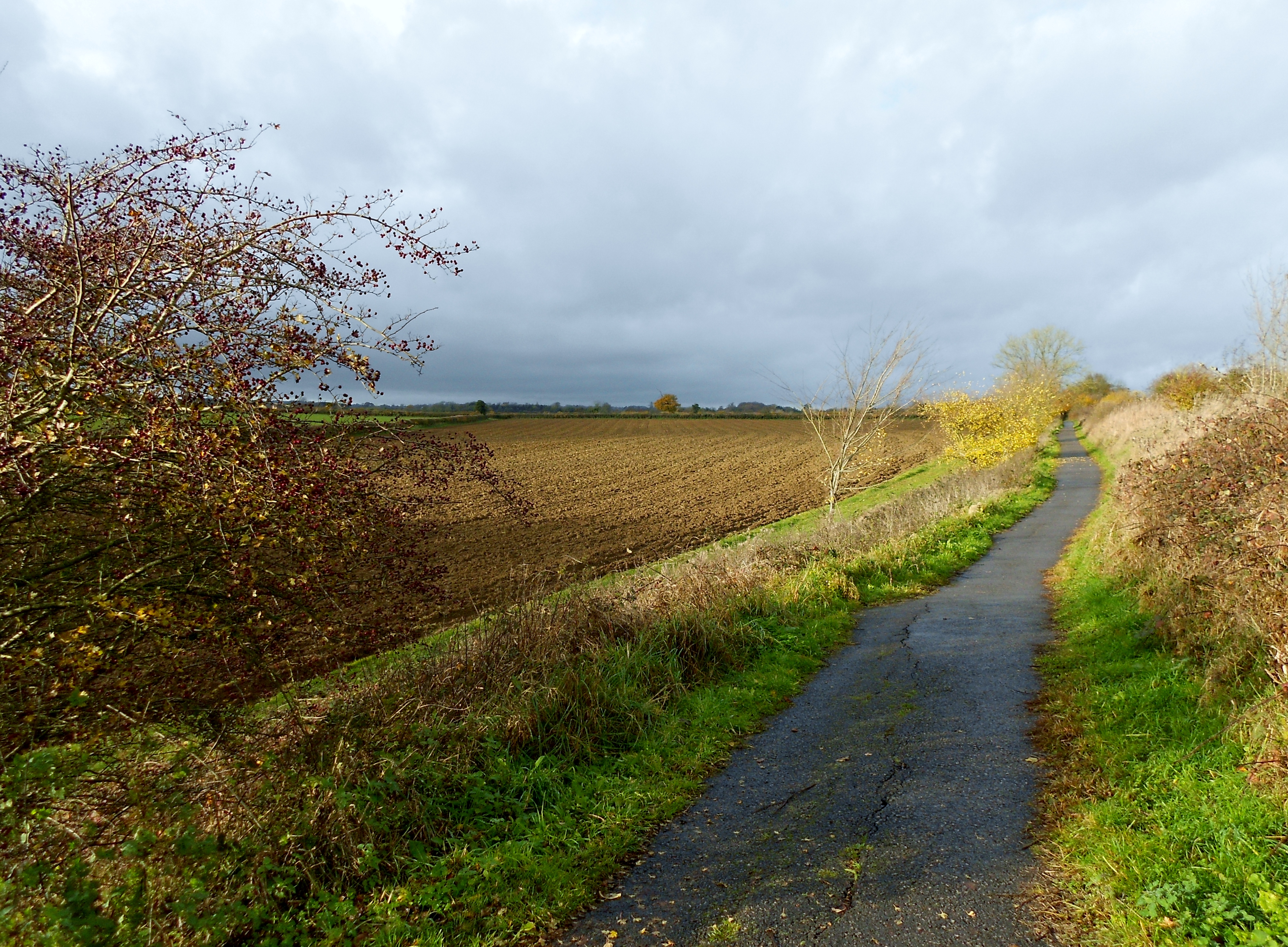
Colliers Way Cycle Path
Weather Conditions: Full sun, light breeze
Temperature: 13-14 celsius – 55-57 fahrenheit
Glorious warm Spring day, sunny and fresh. The sheer exhilaration of freewheeling along, wind in our hair, sun on our faces, the clear air echoing with almost continuous birdsong, glimpsing clumps and banks of purple and white violets and the cloudy mass of pale yellow blossom covering the pussy willows and hazel catkins is a delight for us to remember and savour during the rainy days promised by the weatherman in the week ahead.
Stop Press! Wonderful news – Dr Sarah Bradbury has announced in today’s Sustrans newsletter that the Greener Greenways project, which has been running in some parts of the country for three years, will now be expanded to take in more routes, including our own stretch of Colliers Way. Facebook.com/Greener Greenways
Description of Surroundings:
Tree and hedge-lined cycle path past ploughed fields, some stubble, some rough pasture
Bird Sightings:
Heard the first chiffchaff of the year – another welcome sign of Spring; song thrushes, long tailed tit, 2 tree creepers, wood pigeons, pair of blackbirds, robins, crows and pheasants.
Plants:
Lots of clumps and scatterings of white and purple violets, coltsfoot, pussy willows heavy with blossom* [see Footnote 1 – Cuttings at the foot of the page]
13th March 2017 1 pm – 2.50pm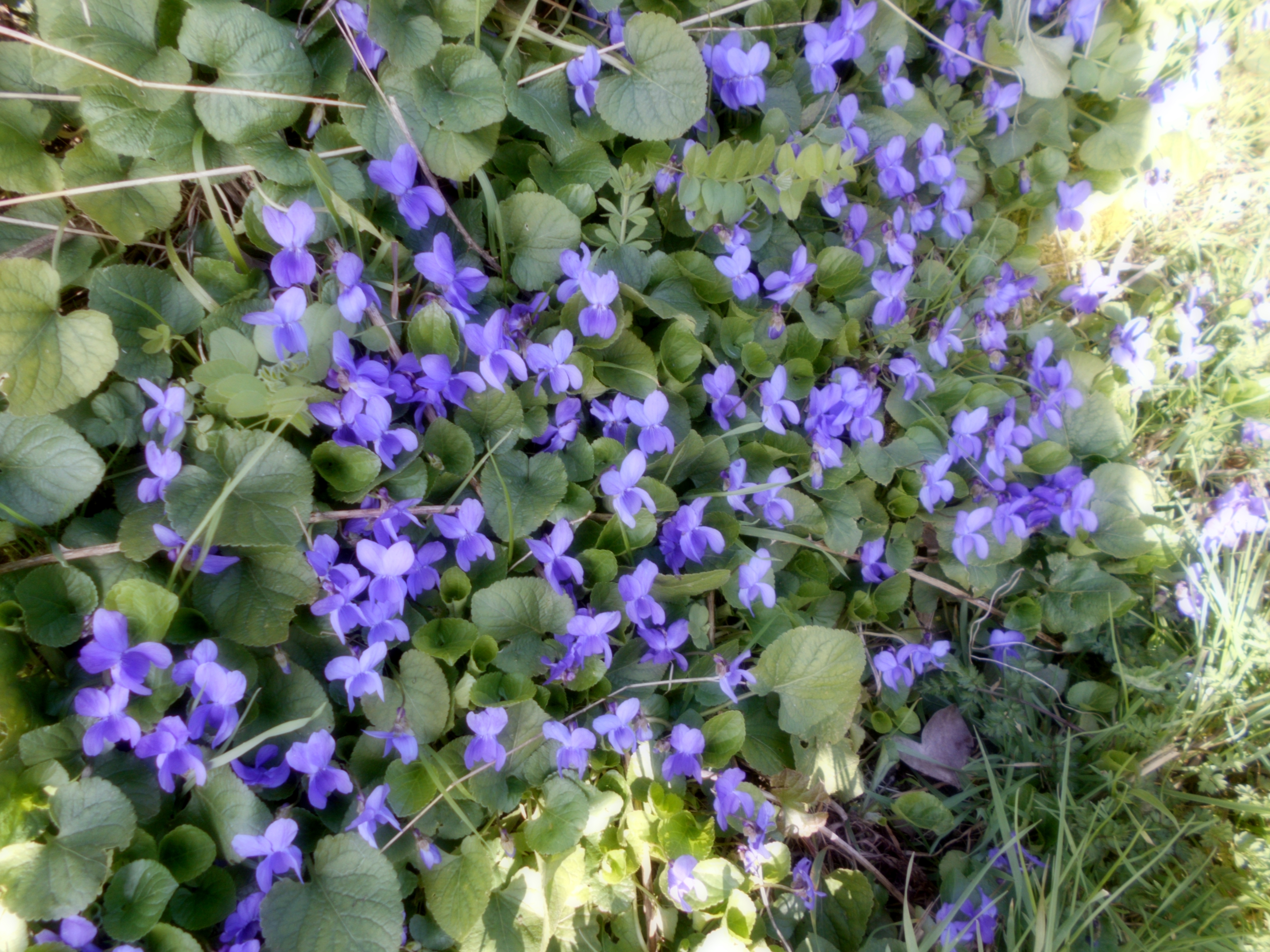
Common Dog Violet
Weather Conditions: Full sun, blue skies, cold stiff south westerly breeze
Temperature: 13 celsius / 55 fahrenheit
Chatted to a keen birdwatcher who had heard a chiff chaff and a willow warbler (at least two weeks early) among the trees between soggy bottom bench and Brick Kiln Farm bridge. He said that in previous years he had often seen firecrests in the same area and yellow hammers, corn buntings and linnets on the track near the old station. He usually walks through at around 8-8.30am at this time of the year or after 5pm in the afternoon. Lots of cyclists, some walkers.
Description of Surroundings:
Stream calm medium flow, gin clear.
Bird Sightings:
Raven, 4 buzzards, green woodpecker laughing, jay, jackdaws, pheasants, crows, magpies, long tailed tits, great tit, blue tit, wren, robins, song thrush. wood pigeons, gulls.
Plants:
Wood anemones, grape hyacinths, purple and white violets, primroses, celandines, speedwell, hawthorne in leaf, hazel catkins in flower [welcome food for emerging butterflies]
Mammals:
Comma butterfly butterfly-conservation.org , bees, squirrels in trees.
9th March 2017 2.20pm – 4.10pm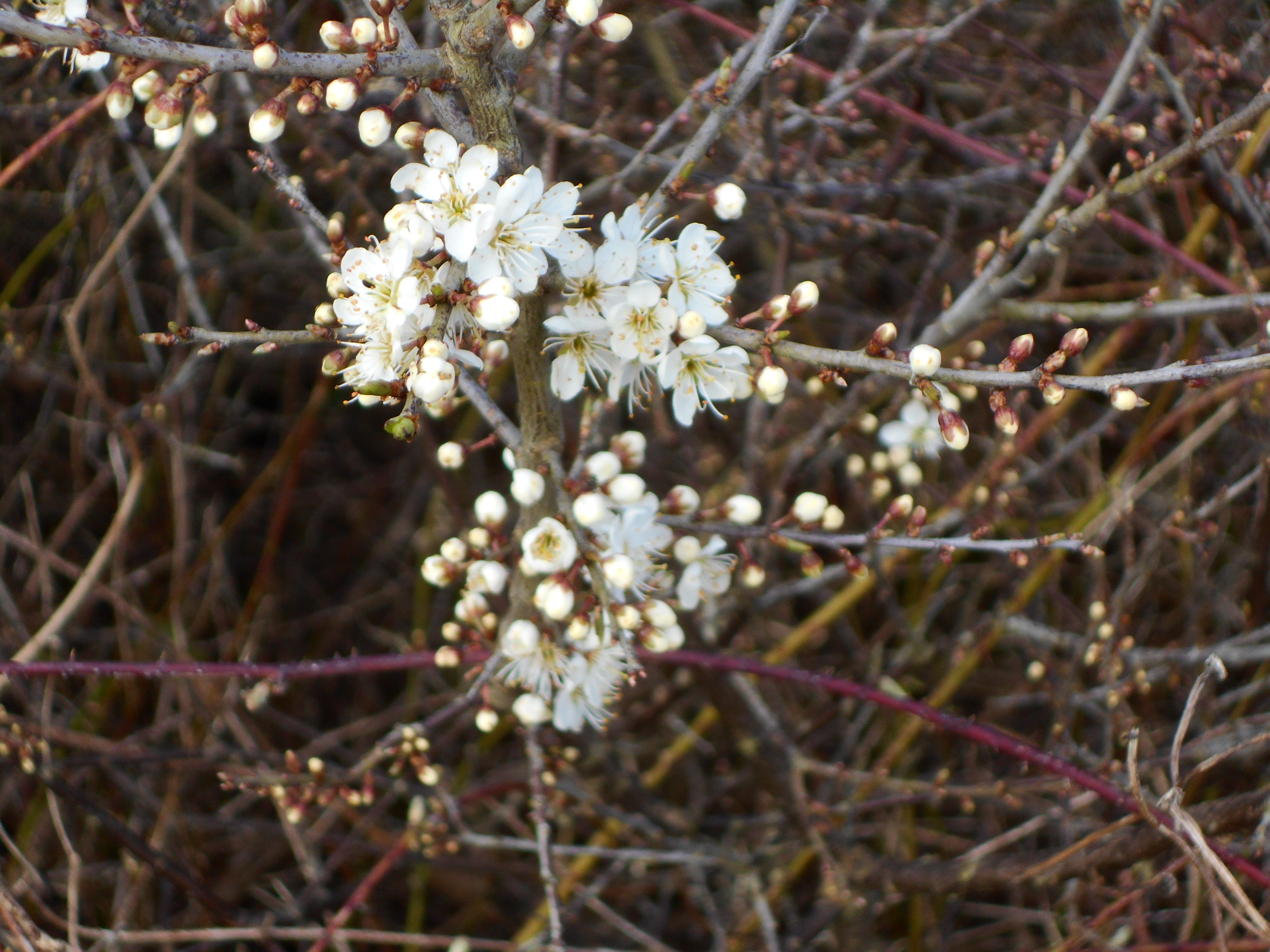
Blackthorn blossom
Busy with lots of walkers – LOTS and LOTS of cyclists!
Weather Conditions:
Hazy sun, cold wind, slightly overcast, fresh breeze
Temperature: 12 celsius / 51 fahrenheit
Description of Surroundings: Some ploughed fields, some stubble, rough pasture
Bird Sightings:
Hundreds of rooks and jackdaws feeding in a field of stubble, wood pigeons, blackbirds, robins, crows and pheasants.
Plants:
Clumps and clumps of sweet violets both purple and white along the steep south facing banks and under the trees; coltsfoot, primroses, crocus, blue speedwell and beautiful white blackthorn blossom, yellow pussy willows, and the blush tinged flowers of the English elms all in full bloom.
Mammals:
A dozen or so adult rabbits feeding on grass field edge. Buff tailed bee (queen) near Jericho bridge. Recent roe deer tracks. Midges.
7th March 2017 11.25am – 12.45pm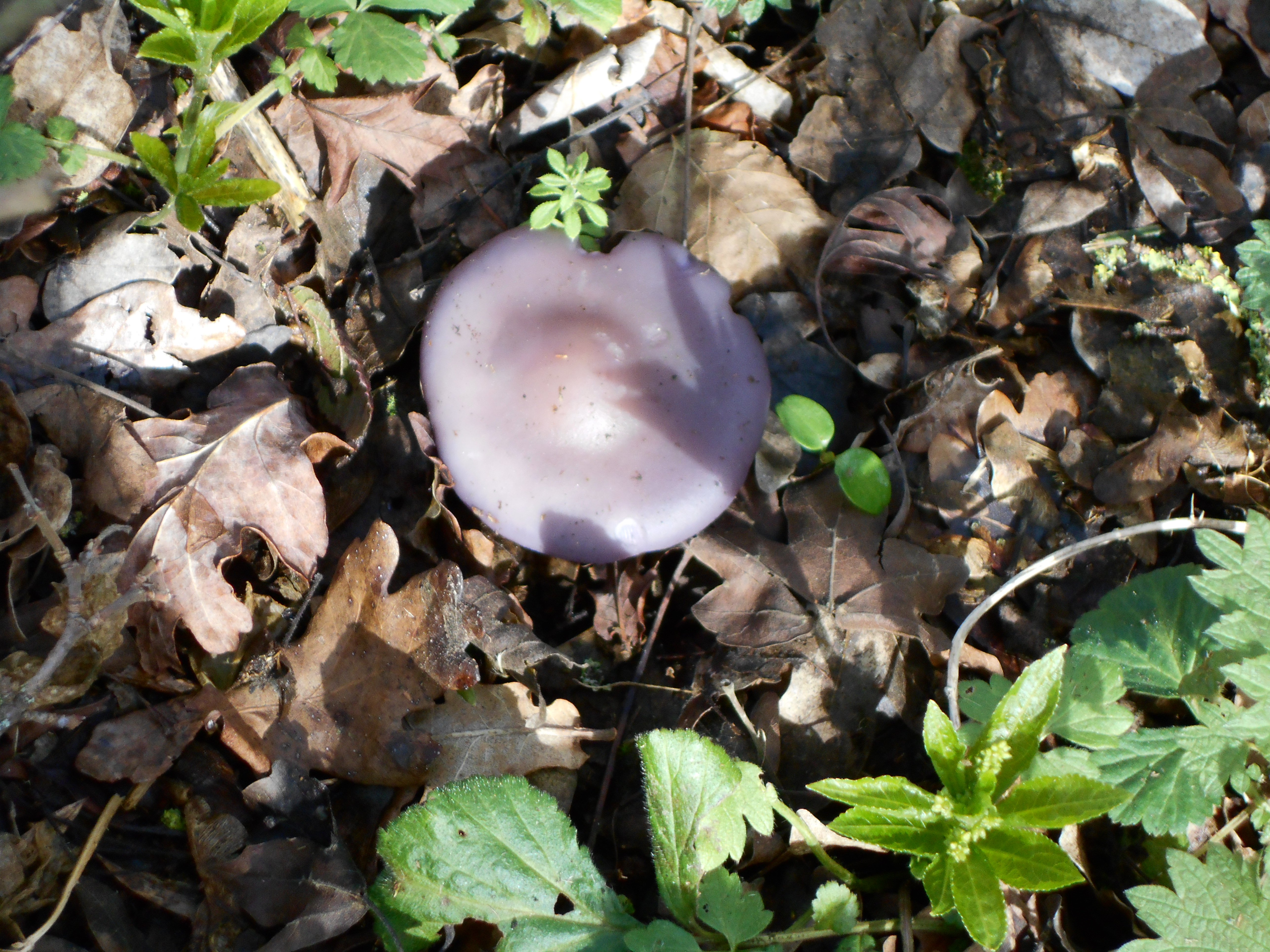
Wood Blewit Fungus
Weather Conditions: Hazy, clearing to full sun, blue skies; Spring like
Temperature: 7-8 celsius / 44 – 46 fahrenheit
Lots of cyclists, walkers (some with dogs) and runners. Another frequent sighting of the running silver grey husky in a harness pulling a young man on a skate board, about 8-10 miles an hour, uphill!
Stop Press! Frome’s Missing Links (FML) has won just over £48,000 in funding to help it build phase 2 of a traffic-free route to connect the Colliers Way cycle path with the centre of Frome. [See Footnote 2 – Cuttings at the foot of the page]
Patients at Frome Medical Centre could soon find themselves prescribed cycling as a treatment. [See Footnote 3 – Cuttings at the foot of the page]
Description of Surroundings: Stream – full, good flow
Bird Sightings:
Bands of long tailed tits, blue tits, great tits, marsh tits, coal tits chasing insects, robins, song thrush, three buzzards hunting above the stand of trees on the edge of the Hare field, green woodpecker calling, jay, rooks, jackdaws, pheasants, great spotted woodpecker drumming, tawny owl hooting (11.45am) wood pigeons, wren.
Plants:
More and more scarlet elf cup fungus making bold splashes of colour scattered under the trees; mauve wood blewits (lepista nuda), celandines, wild chives, rose briars in full leaf.
Mammals:
Squirrels in the field, insects, midges.
1st March 2017 2.10pm – 4.05pm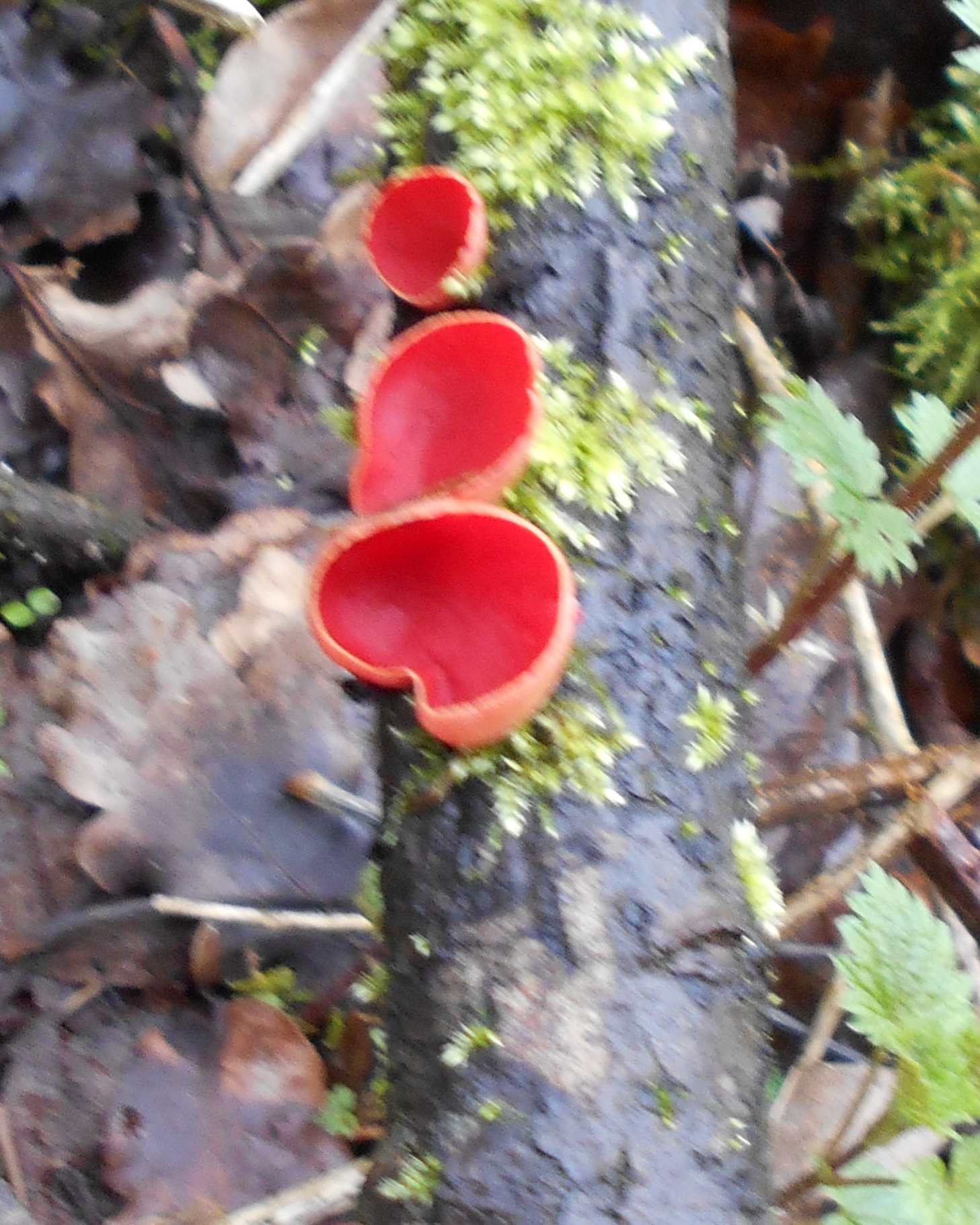 Scarlet Elf Cap Fungus
Scarlet Elf Cap Fungus
Lots of walkers (most with dogs) and a solitary cyclist.
Weather Conditions: Overcast, cold, intermittent drizzle
Temperature: 7 celsius / 44 fahrenheit
Description of Surroundings:
Cycle path through hedgerows, trees, rough pasture, some winter wheat. Stream (winterbourne, field run off) very low.
Bird Sightings:
Noisy flock of 30-40 twittering gold finches mixed with a handful of field fares and redwings disturbed by two buzzards hunting low above the trees. 7 bullfinches – 3 males and 1 female in one group 2 males in the other. 2 long tailed tits. Party of 4-5 blue tits flying over. Wren feeding on the ground. Heard a song thrush in full song, a jay and a tawny owl (3.30pm). Flocks of jackdaws, rooks, wood pigeons, crows and seagulls, most flying westwards. Robins singing lustily, blackbirds, fewer pheasants.
Plants:
Scarlet elf cup fungus (sarcoscypha austriaca) sprouting on dead wood; sycamore seedlings pushing through.
Mammals:
Three roebuck in the winter wheat field by Newbury Firs. Fine, healthy specimens. Lots of midges.
28th February 2017 9.20am – 11.30am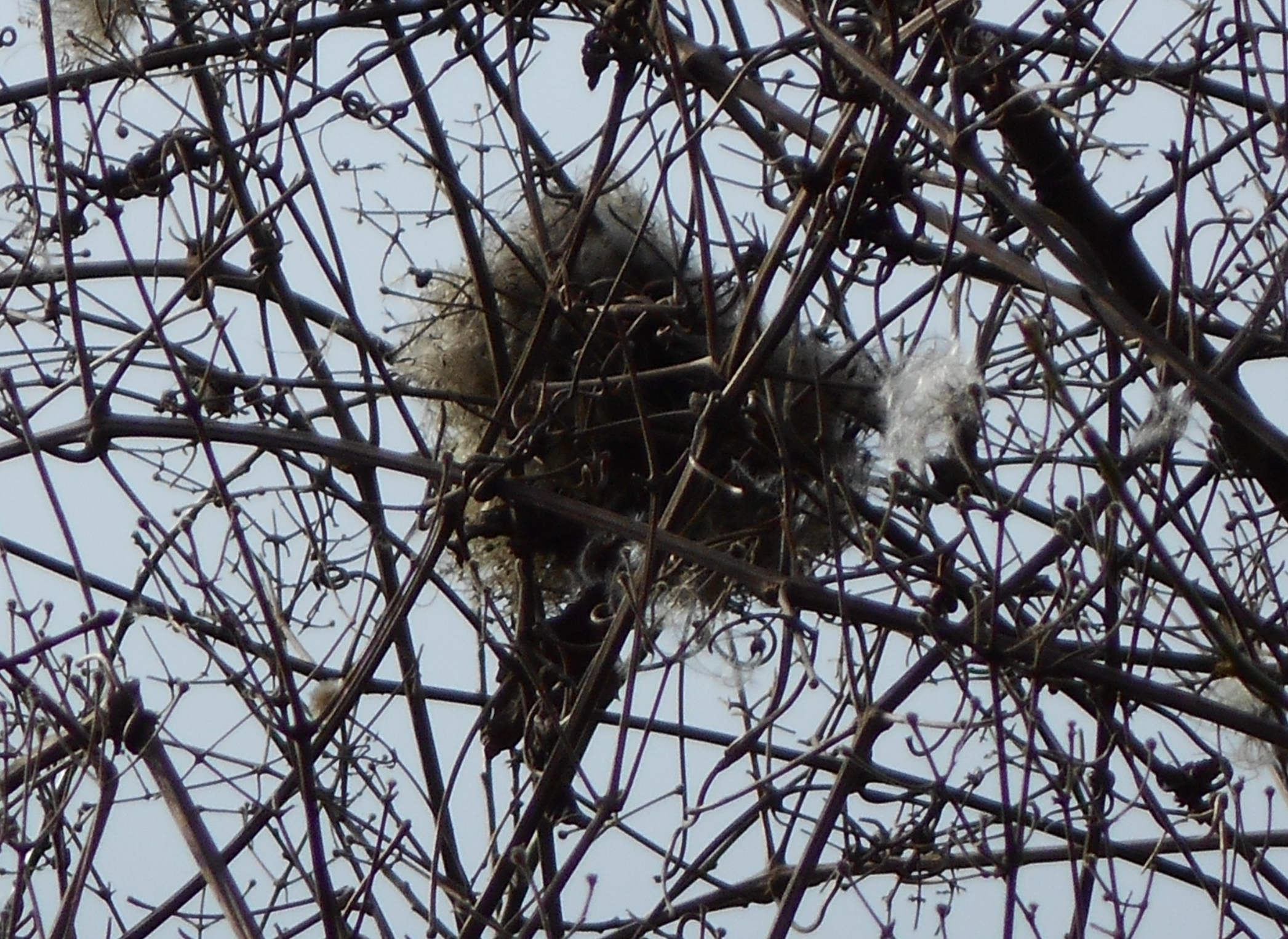
Long Tailed Tit’s Nest
Weather Conditions: Full sun, cold wind, clouding over later
Temperature: 5 degrees centigrade
We came across a group of five people (men and women) digging at the entrance to a badger sett. They had lost their dog at 5pm the previous afternoon when she had disappeared into the sett and, although they heard her whining, she didn’t come out. They returned this morning with spades to try and dig her out but had so far been unsuccessful. One of the men said the sett appeared to be unused with no freshly dug spoil heap or discarded bedding at the entrance. He thought it smelt, possibly of fox, so could have been a fox’s lair. [Strange that foxes, like bank voles and birds, love blackberries and eat so many].
Lots of runners today (at least 11) some paired, some with dogs. Very many cyclists. No other walkers.
Description of Surroundings: Stream above the flight of steps deeper, fast flowing
Bird Sightings:
A pair of bullfinches, blackbirds, robins (singing) crows, rooks, jackdaws, wood pigeons, pheasants, great tit (calling)
Ovoid shaped long tailed tit’s nest high up amongst the old man’s beard (wild clematis) in the blackthorn hedge.
Plants:
Leaf buds fattening on the hazel trees, elder leaves out, tiny green leaves on some shrubs.
Mammals:
Muntjac tracks, a solitary squirrel digging on the edge of a field. Lots and lots of fresh snuffle holes everywhere as we walked along the track.
21st February 2017 11.30am – 2.10pm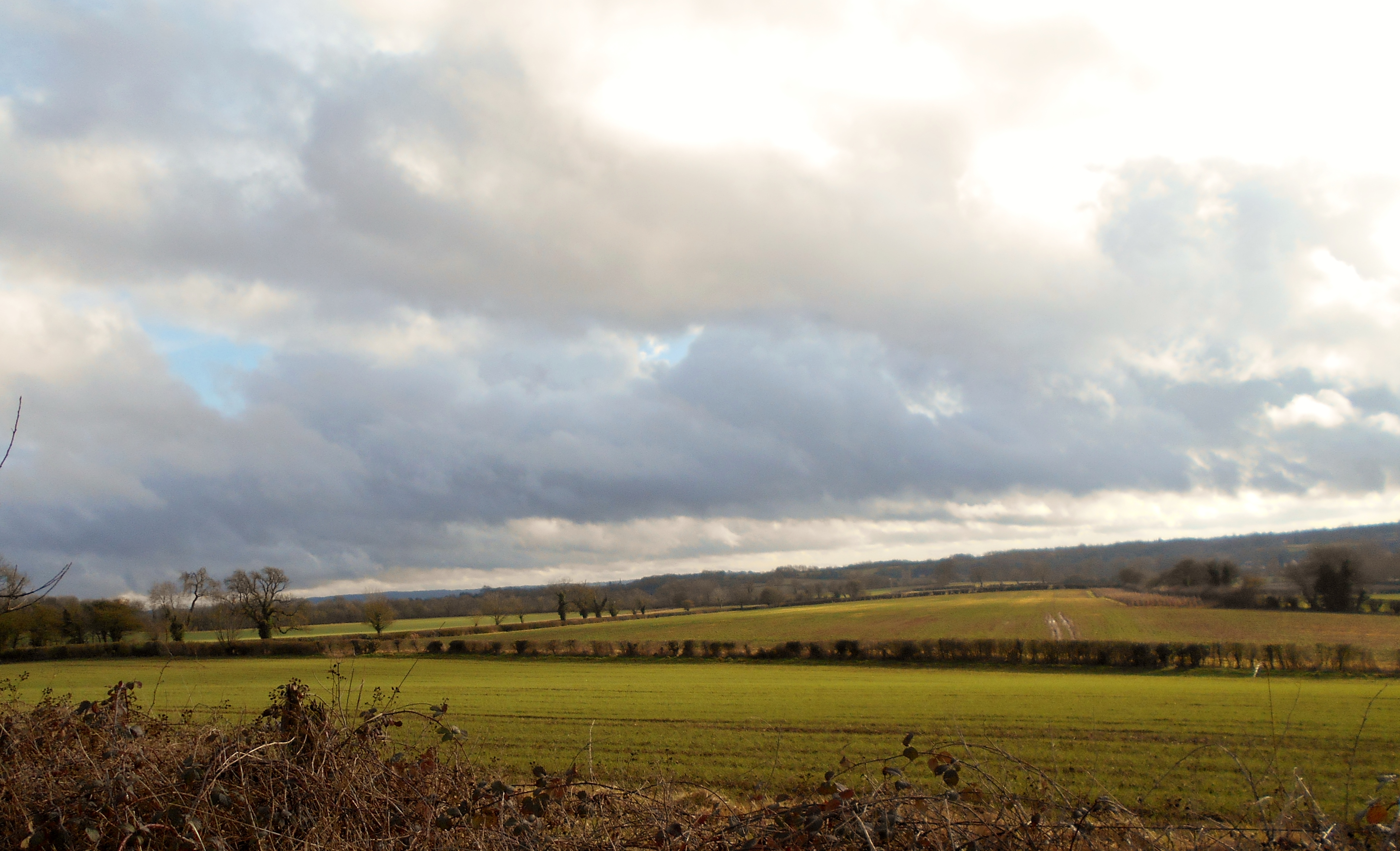 Fields alongside the Cycle Path
Fields alongside the Cycle Path
Weather Conditions: Grey overcast skies, intermittent mizzling rain
Temperature: 10 degrees centigrade
Talked to a dog walker from Oldford who said he had occasionally seen deer grazing in the fields in the valley between the path and Great Elm and muntjac on the edge of Newbury Firs. We found a Geocache box with several badges a pencil and notebook with 30 signatures over 2 years. Added our signatures.
We found a Geocache box with several badges a pencil and notebook with 30 signatures over 2 years. Added our signatures.
Description of Surroundings: Stream shallow, a trickle falling over sleeper bridge
Bird Sightings:
Kestrel flying back and forth across the path then landing on a wooden fence near the entrance. Four pigeons in a row perched on a fence beyond until kestrel lifts off the fence and they scatter. Sightings of nuthatch, raven, song thrushes, rooks, crows, jackdaws, chaffinch, tits, wood pigeons, blackbirds, robins, pheasants. Three buzzards soaring on the wind above the trees on the edge of the hare field.
Plants:
Dog’s mercury flower buds just beginning to show white. Nettles poking through.
Mammals:
Heard the sharp bark of a vixen red fox in the field beyond Fussell bridge. Fresh badger diggings around setts. Muntjac prints on several paths up the banks and into fields.
17th February 2017 2.45pm – 3.45pm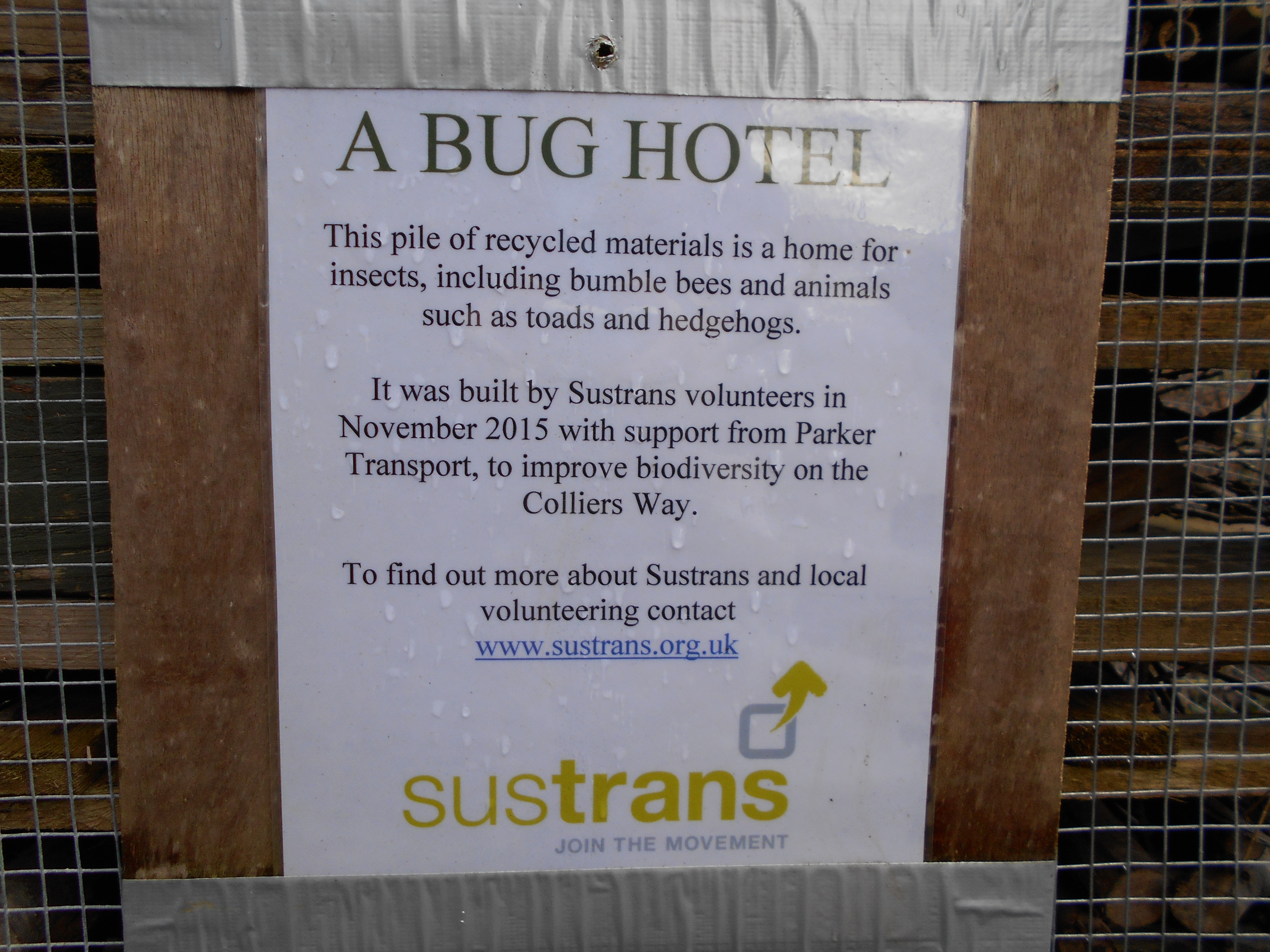
Weather Conditions: Hazy, sunny, light thin clouds
Temperature: 11 degrees centigrade
We had a long conversation with the Missing Links’ volunteer Ecology Group who were clearing brambles, some blackthorn and undergrowth from the banks above the path, laid some to hedging and burning the bramble cuttings.
One talked about the animals and birds he has seen while working. Bank voles, slow worms and common lizards on the banks, lots of local bats, peregrines flying over, deer in the fields around the bridge and frequent sightings of an otter in the stream which starts at the top of Newbury Firs and runs down the hill to join the Buckland Brook and the Mells River.
http://www.fromesmissinglinks.org.uk
Description of Surroundings:
The stream by the steps very low. The stream beneath the hare field completely dry.
Bird Sightings:
Ravens, song thrushes, rooks, crows, jackdaws, chaffinch, long tailed tit, wood pigeons, blackbirds, robins. Pheasants.
Plants:
More young leaves unfurling on the shrubs.
Mammals:
Midges.
15th February 2017 3pm – 4.30pm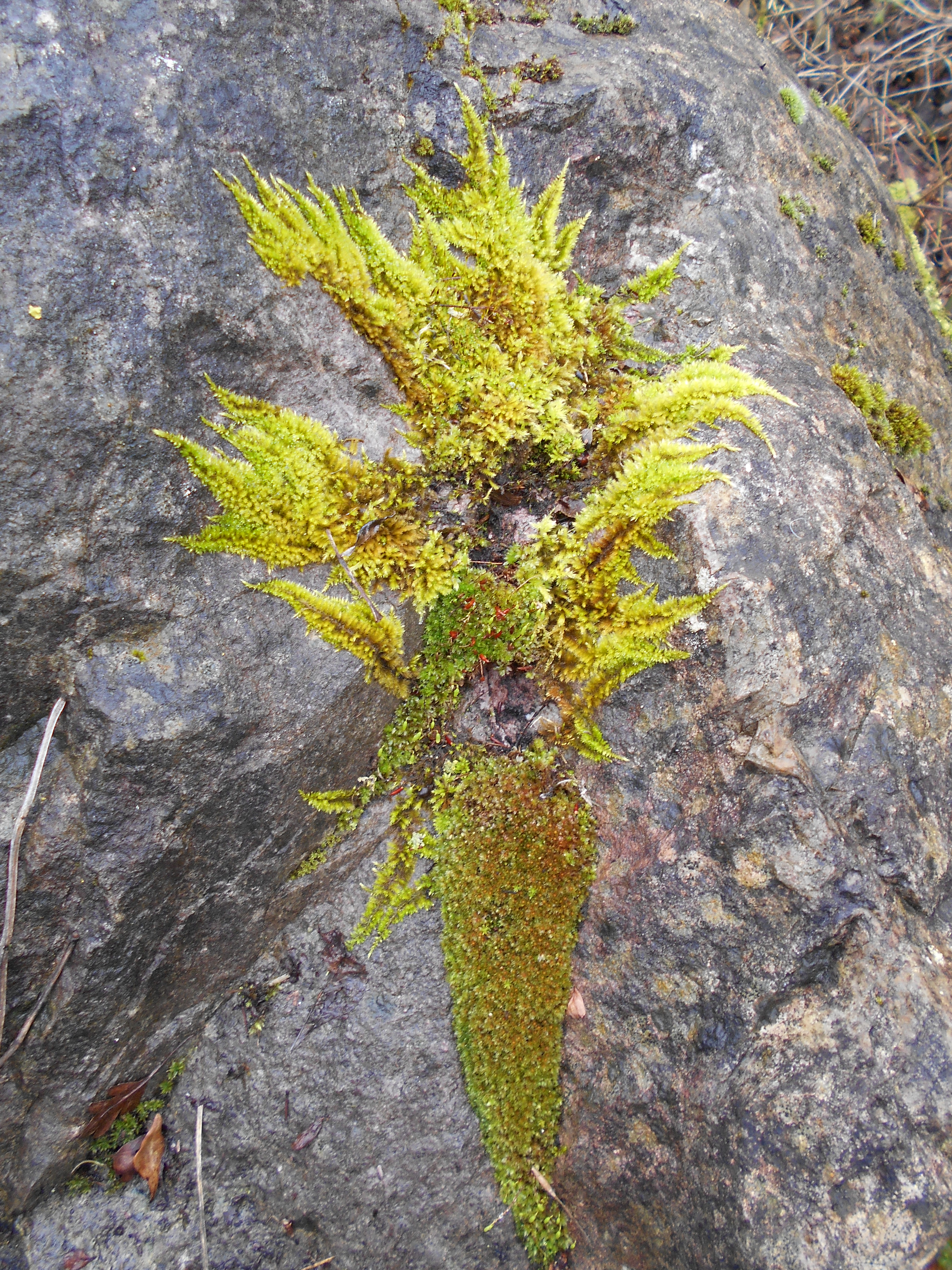
Fern in flower
Beautiful walk in the sun after cloudy start and days of heavy overcast skies. Lots of walkers with children (half term) and dogs only 3 cyclists. First sightings of deer prints in the muddy opening into the field leading up to the woods.
Weather Conditions: Sunny, fresh
Temperature: 11 degrees centigrade
Description of Surroundings: Cycle path through hedgerows and trees.
Bird Sightings:
Song thrushes singing, buzzard mewing loudly as we arrive, green finch calling, blue tit, crows, wood pigeons, blackbirds, robins.
Plants:
First primroses in flower, furry catkins of the pussy willow pushing through, arum lilies about 5 inches tall, snowdrops.
Mammals:
Midges.
7th February 2017 11.15am-1.10pm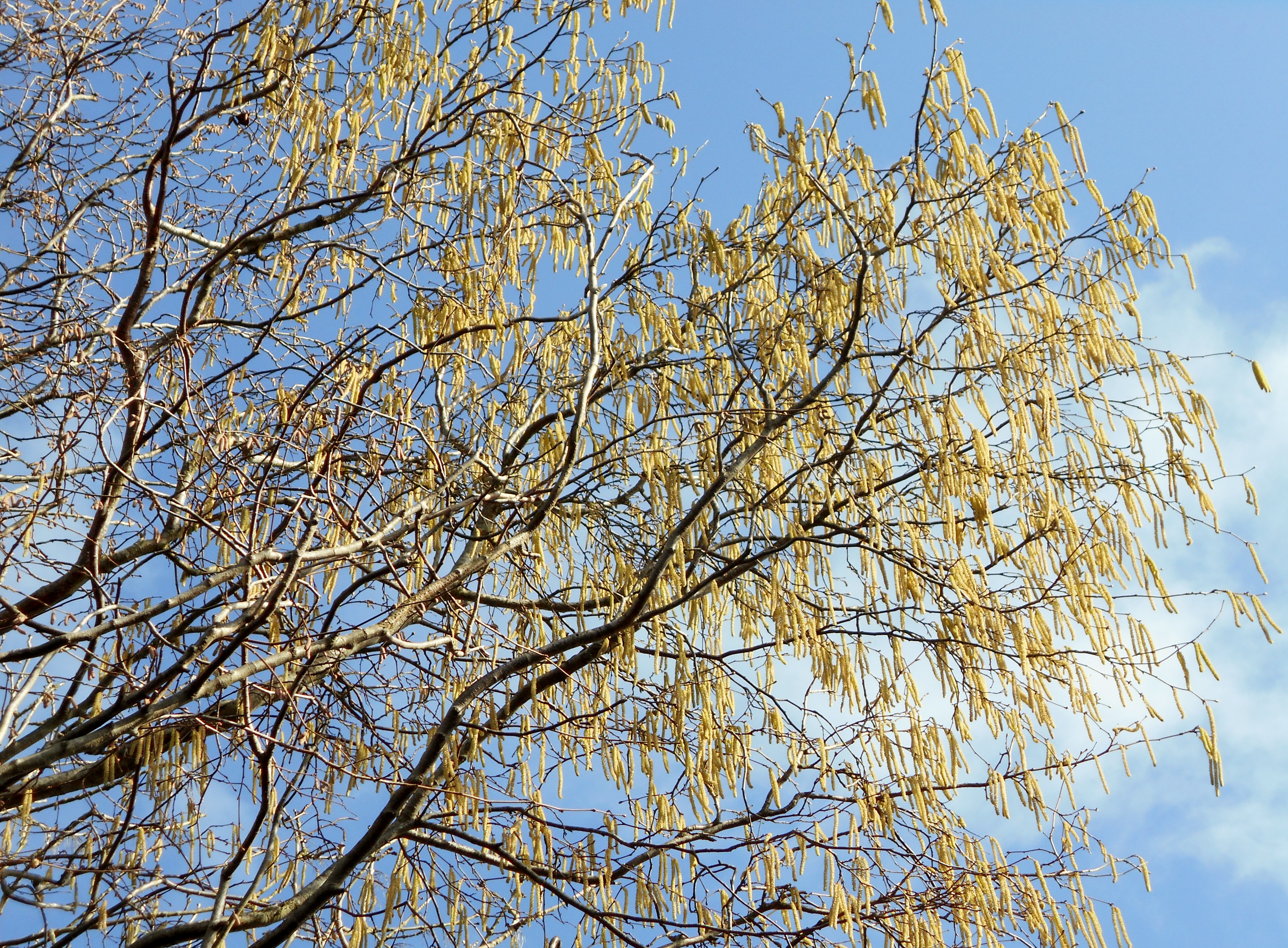
Hazel Catkins
Streams in full spate, deep and fast.
Weather Conditions: Warm, sunny, clear blue skies, light south westerly wind
Temperature: 10 degrees centigrade
Description of Surroundings: Cycle path through hedgerows and trees
Bird Sightings:
2 buzzards, blue tits, great tits, robins, blackbirds, rooks, jackdaws and crows. A greater spotted wood pecker drumming, green woodpecker yaffling, pheasants, wood pigeons, song thrush singing, long tailed tits, wren and two mallards on the edge of a flooded field!
Plants:
All the hazel trees covered in bright yellow catkins, buddleia in new leaf.
31st January 2017 3.30 pm -4pm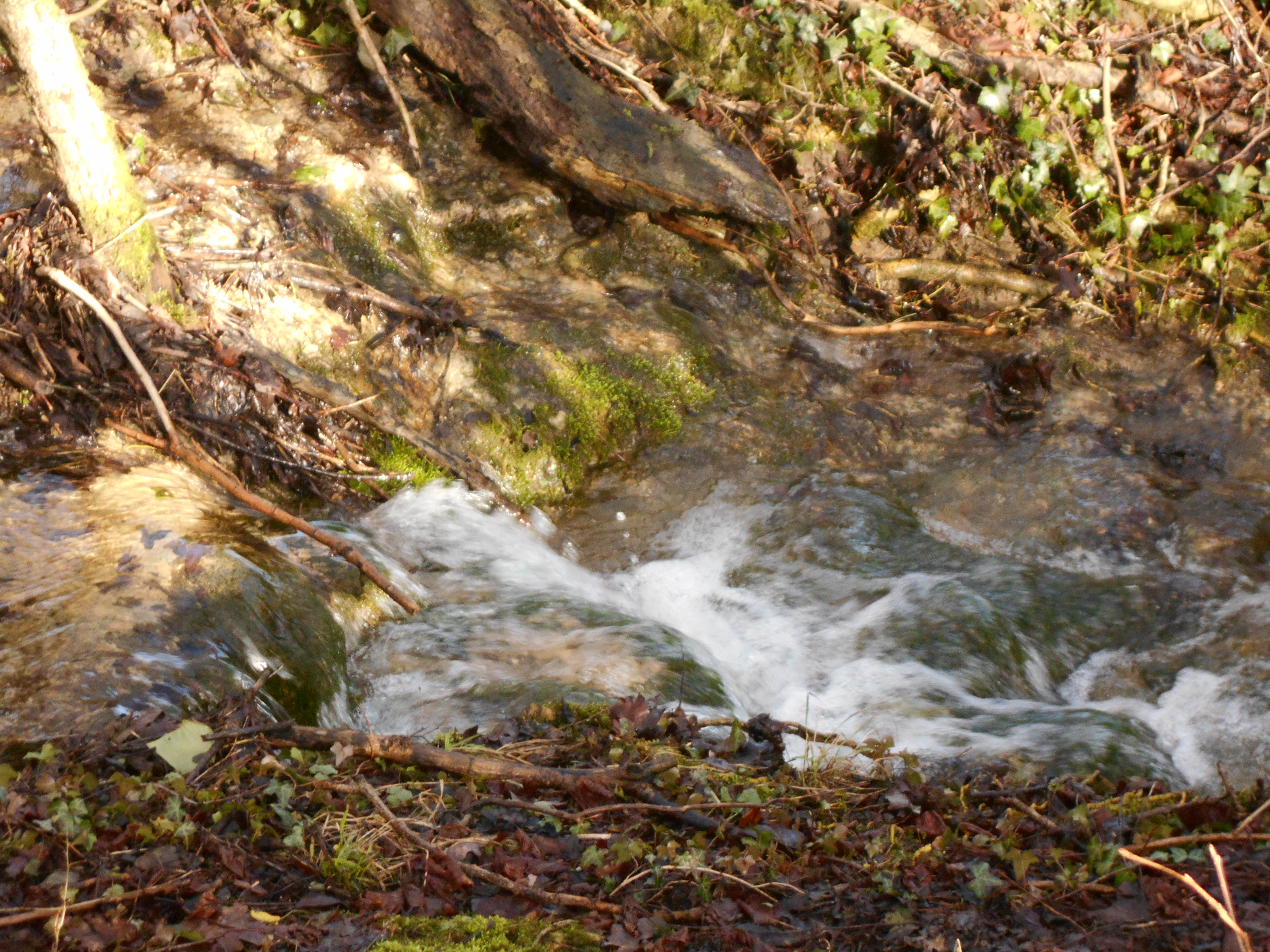
Winterbourne
Winterbourne in full, noisy spate – lots of waterfalls over leaf/branch blocked dams.
Weather Conditions: Overcast, very fine drizzle, southerly breeze
Temperature: 9 degrees centigrade
Description of Surroundings: Cycle path through hedgerows and trees
Bird Sightings:
Heron, magpies, raven, robins singing, song thrushes singing, wrens, pheasants, rooks, jackdaws, crows, wood pigeons, at least 10 long tailed tits chasing each other through the branches.
Plants:
Male catkins on the hazel trees in full flower
Mammals:
Squirrels
22nd January 2017 2.30pm -3.30pm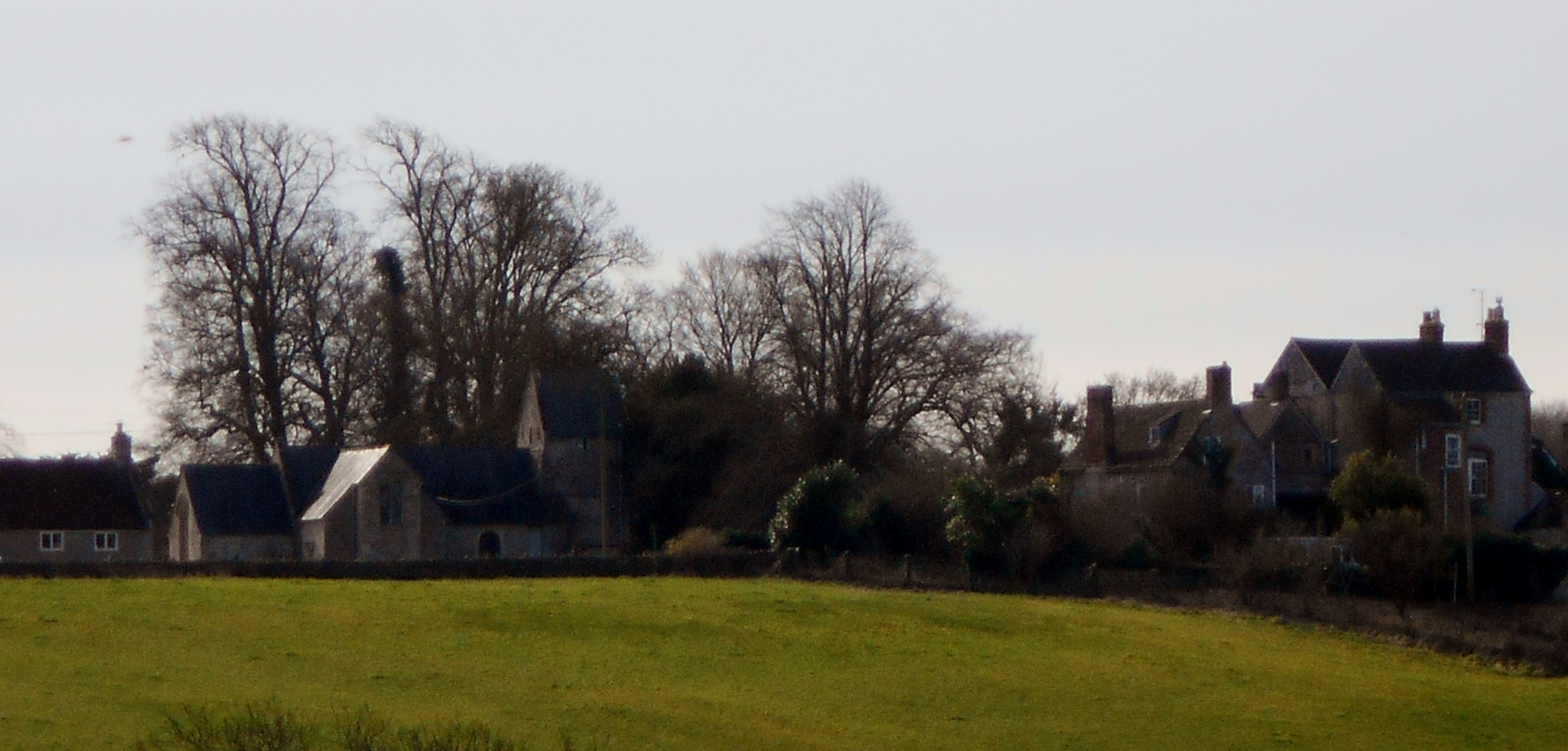 View of the Church and Rectory, Great Elm from the Cycle Path
View of the Church and Rectory, Great Elm from the Cycle Path
Weather Conditions: Fine, sunny, light wind, cold
Temperature: 5 degrees centigrade
The stream or winterbourne run off from the fields above the flight of steps showing just a shallow trickle.
Hedgerow and trees opposite the steps cut down to allow good view of the church and rectory at Great Elm.
Notes on New Trail
The new path will link to the old Dorset & Somerset canal and two new bridges will need to be built, one over Jacks Lane (Murtreye) and the other utilising the aquaduct over the Mells River on towards Frome.
Quotation from Missing Link: The second phase, between Great Elm and Elliotts Lane, Hapsford, has been designed, and a planning application has been submitted, and the land permissions are in place. We are now seeking funding for the construction and working on developing the plans for future phases.
Description of Surroundings: Path past hedgerows and trees, rough pasture.
Bird Sightings
Tree creeper, robins, pheasants, wren, wood pigeons, crows, blackbirds, jackdaws and rooks
Plants:
New plants beginning to shoot showing green leaves above the ground rose leaves bigger, more honeysuckle leaves.
Mammals:
Fresh badger tracks around the setts on the bank
Any other comments:
The stream or winterbourne run off from the fields above the flight of steps showing just a shallow trickle.
Hedgerow and trees opposite the steps cut down to allow good view of the church and rectory at Great Elm.
10th January 2017 2.55pm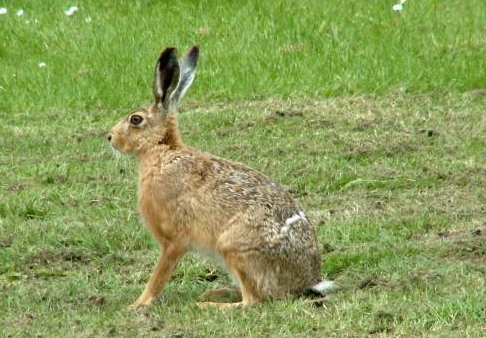
Brown Hare
Weather Conditions: Dull, overcast, light wind
Temperature: 8-9 degrees centigrade
The representative of The Hare Preservation Trust says: “According to their map, this is a good spot for hares with very little human intervention. Hares do well where land is managed or attracts pheasants so I am not surprised to hear that there are hares around here. There seems to be plenty of areas where wild plants can flourish, and although hares keep themselves going on farm crops they do prefer to nibble weeds and move on.”
http://www.hare-preservation-trust.co.uk
Description of Surroundings: Uncultivated pastureland, deciduous mature trees, many self seeded saplings (mostly ash, hazel and hawthornes). Heritage apple trees.
Bird Sightings:
Wood pigeons, blackbirds, long tailed tits, greater spotted woodpecker drumming, chaffinch, wrens, song thrushes (singing) jay, crows, and pheasants galore!
A huge flock of jackdaws and rooks around their roost – easily 500 or more.
Plants:
Rose briar in leaf, all the haws stripped from the hawthorns, some rose hips left, some apples rotting on the ground.
Mammals:
A brown hare in the rough pature among the pheasants on the edge of the wood. Lots of squirrels doing their usual aerobatics in the trees. Clouds of midges.
1st January 2017 11.30am – 12.30pm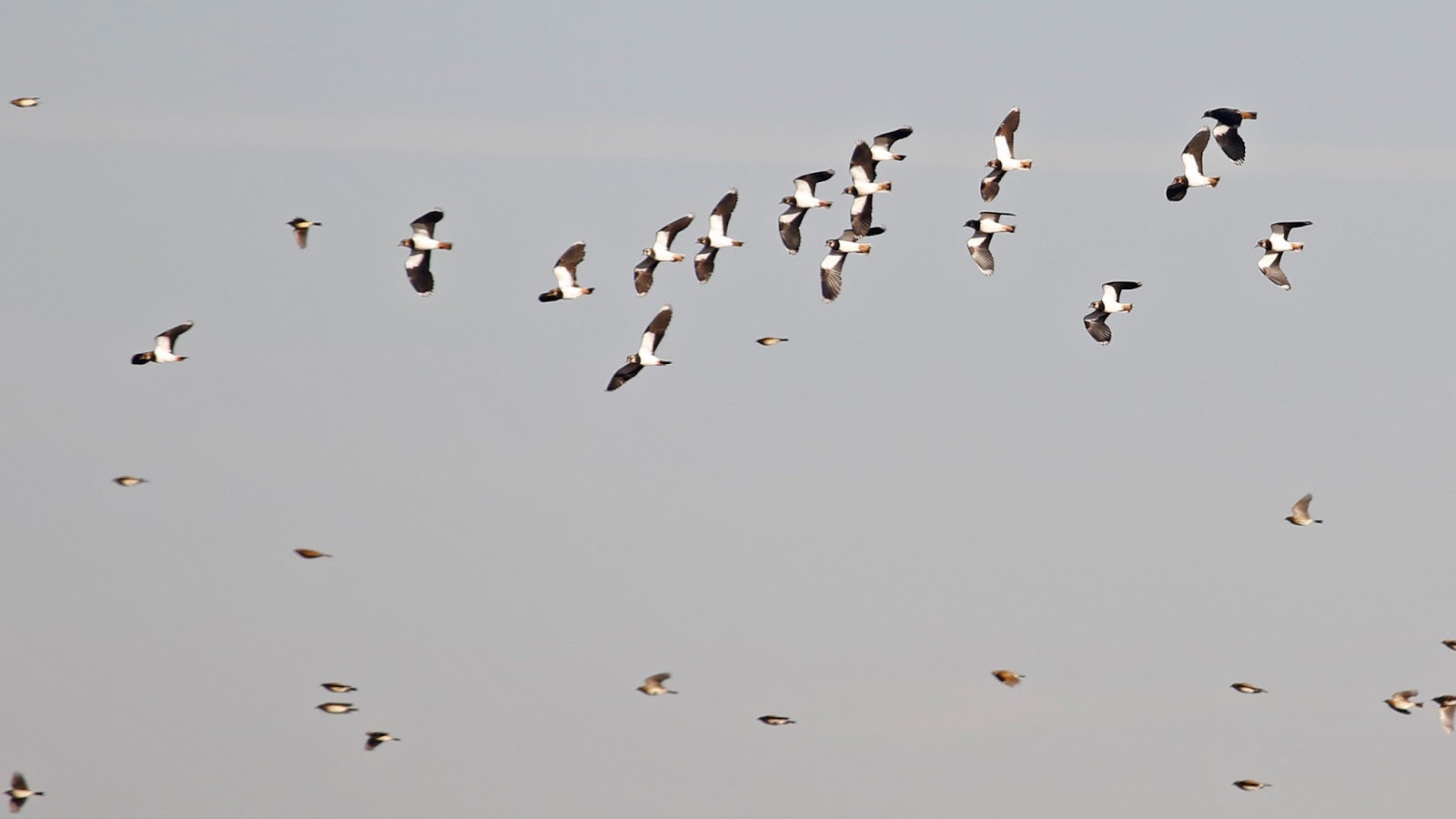
Lapwings
Weather Conditions: Steady rain, brisk NE wind, overcast skies
Temperature: 7 degrees centigrade
Description of Surroundings:
Cycle path past mixed hedges, trees, pasture, some winter wheat.
Bird Sightings:
Flocks of rooks and jackdaws circling above tall beeches which form a boundary at the top of the ridge; well spaced crows and magpie nests among the upper and middle bare branches of the trees.
Redwings, blackbirds, robins, wood pigeons, flying amongst the branches as we walk along and a solitary song thrush sings loudly, repeating and repeating his phrases over and over.
Flocks of 200-300 lapwings and several herring gulls feeding in a ploughed field alongside the Way. Hen pheasants skitter into the safety of the undergrowth and cock pheasants strut across the fields.
Plants:
As a good sign of a mild autumn and early winter, hazel catkins showing yellow and new leaves are unfurling on the honeysuckle (woodbine).
Mammals:
Fresh diggings and snuffle holes below the badger setts on the bank alongside the path. Clouds of midges.
___________________________________________________________________________________________
Beginning Year Spent Enjoying a Quiet Corner of Somerset